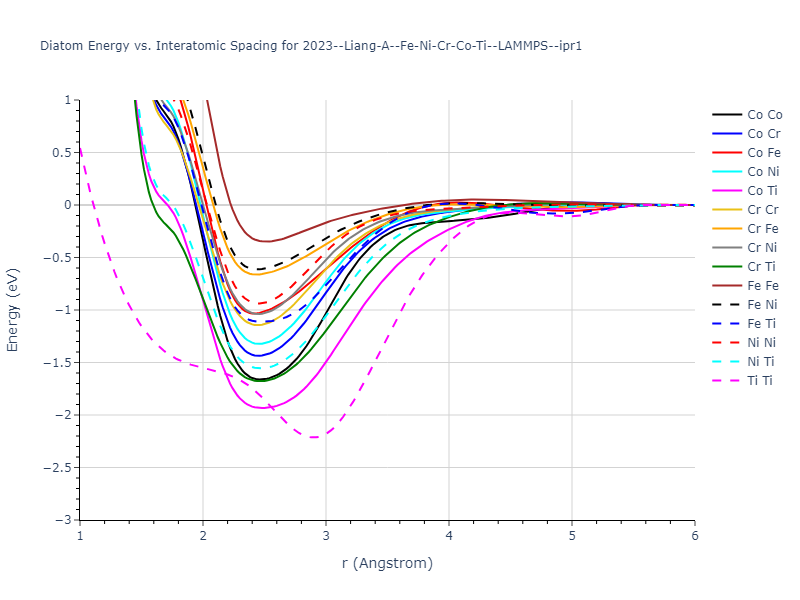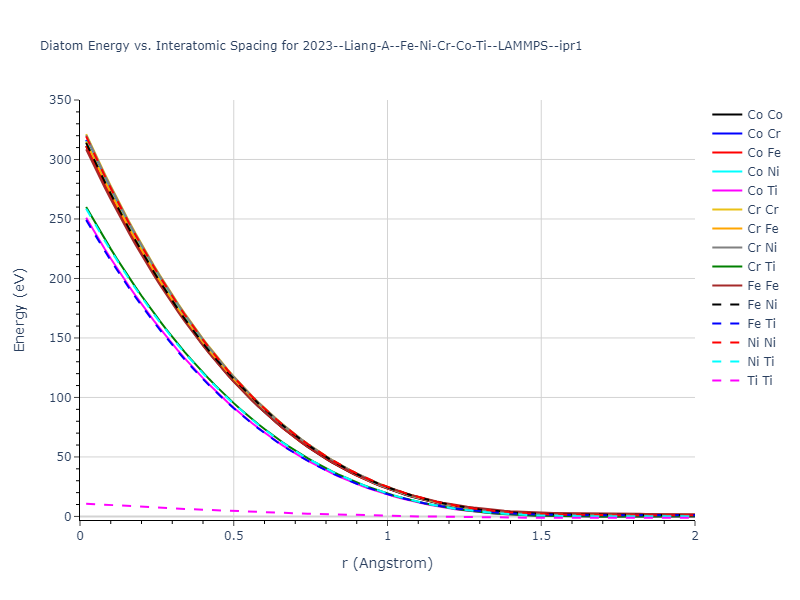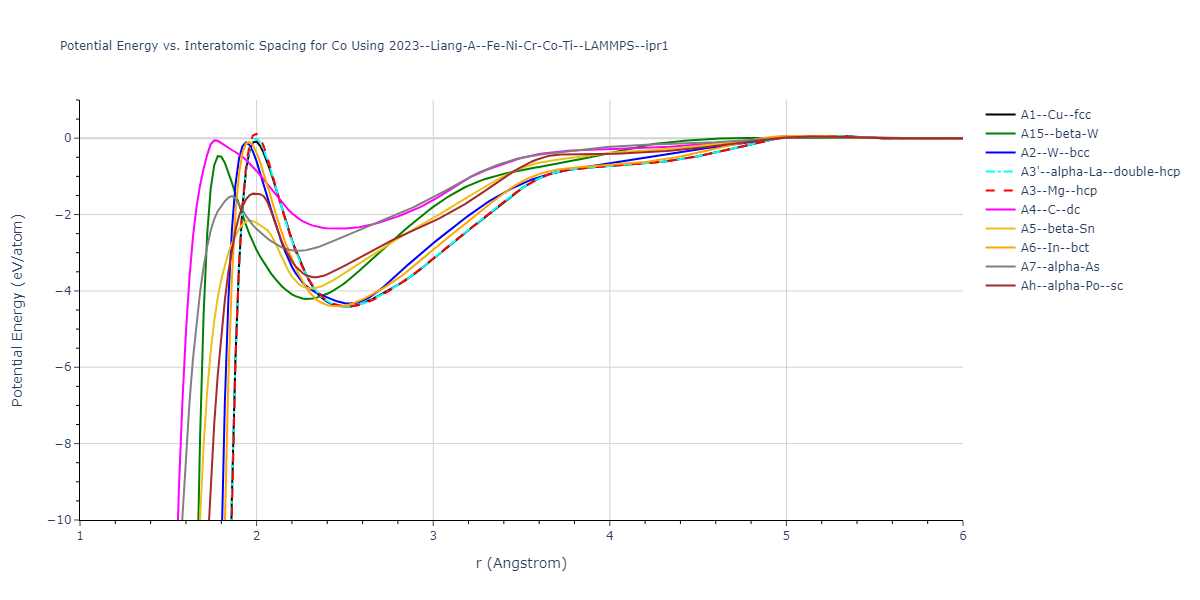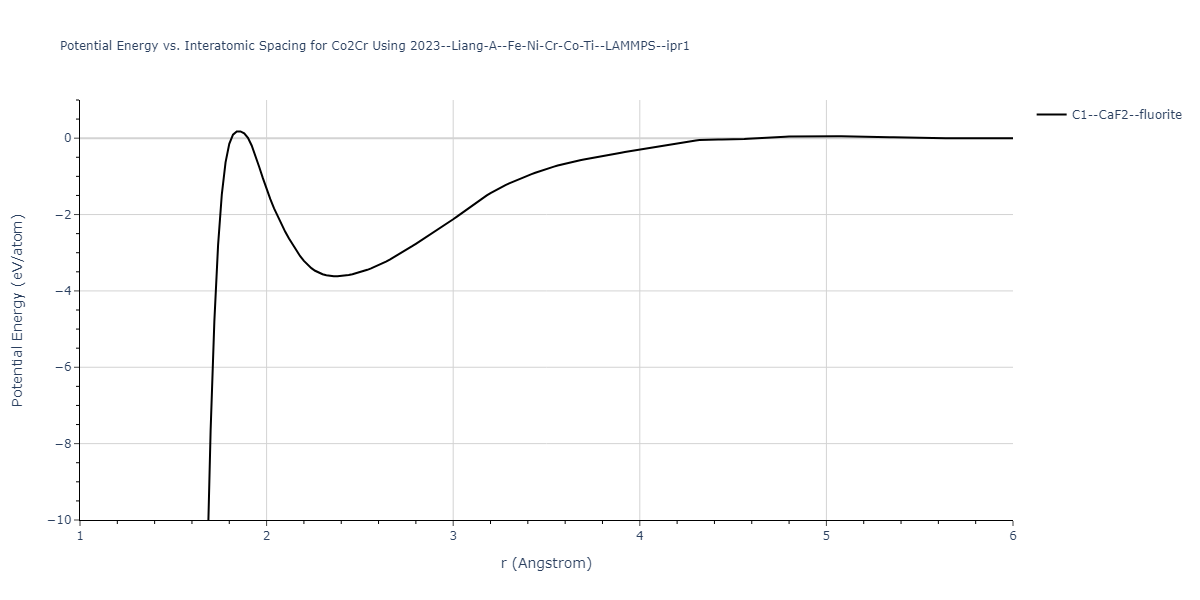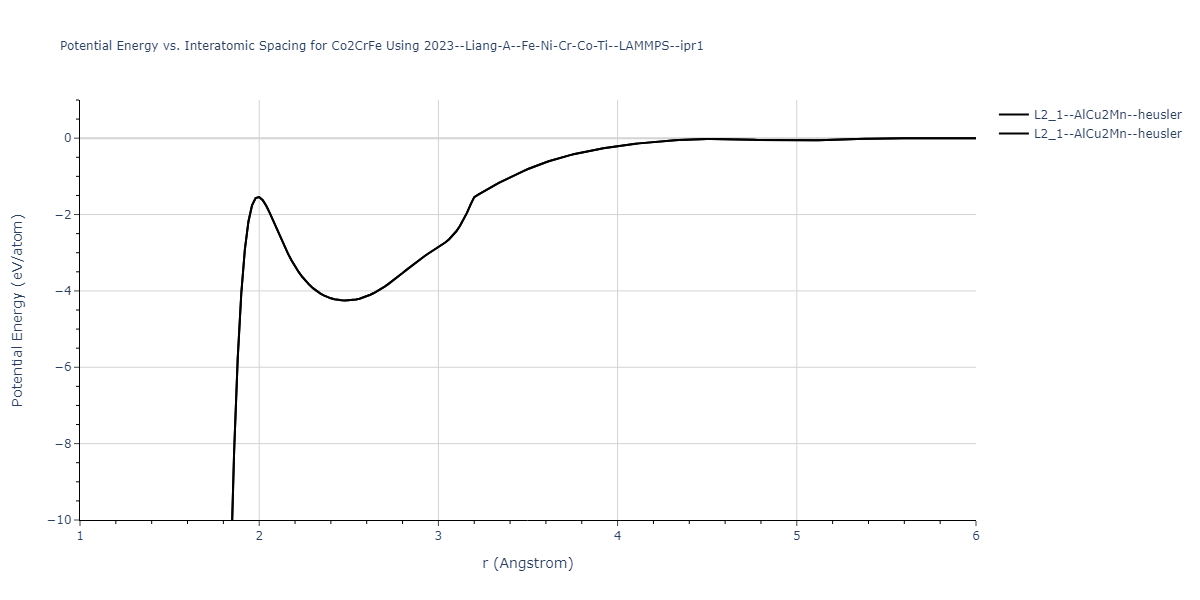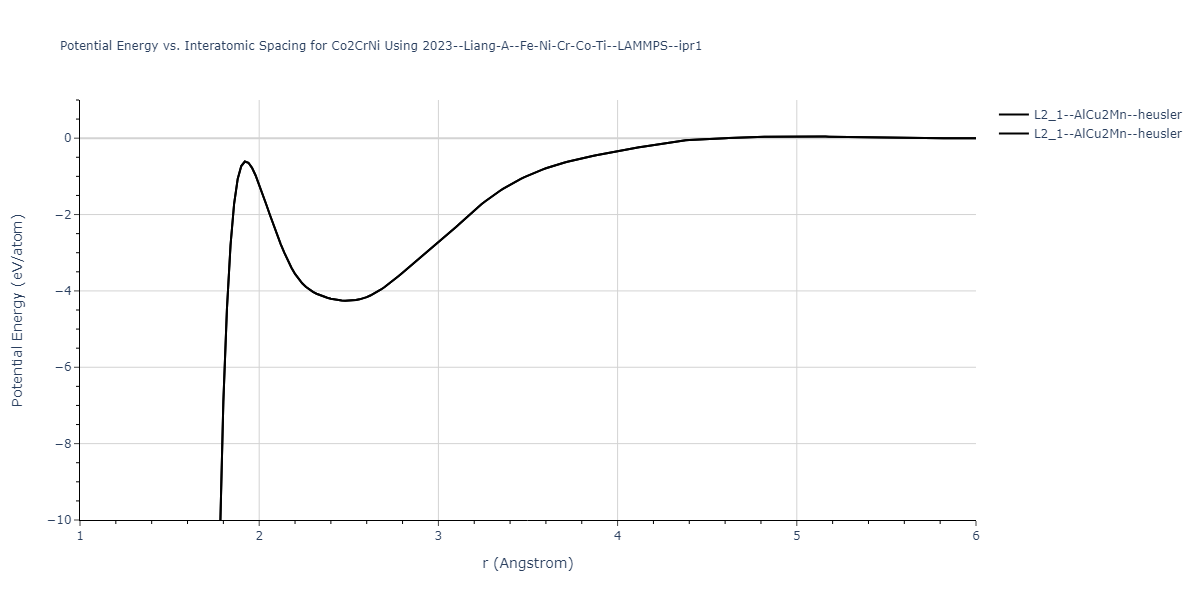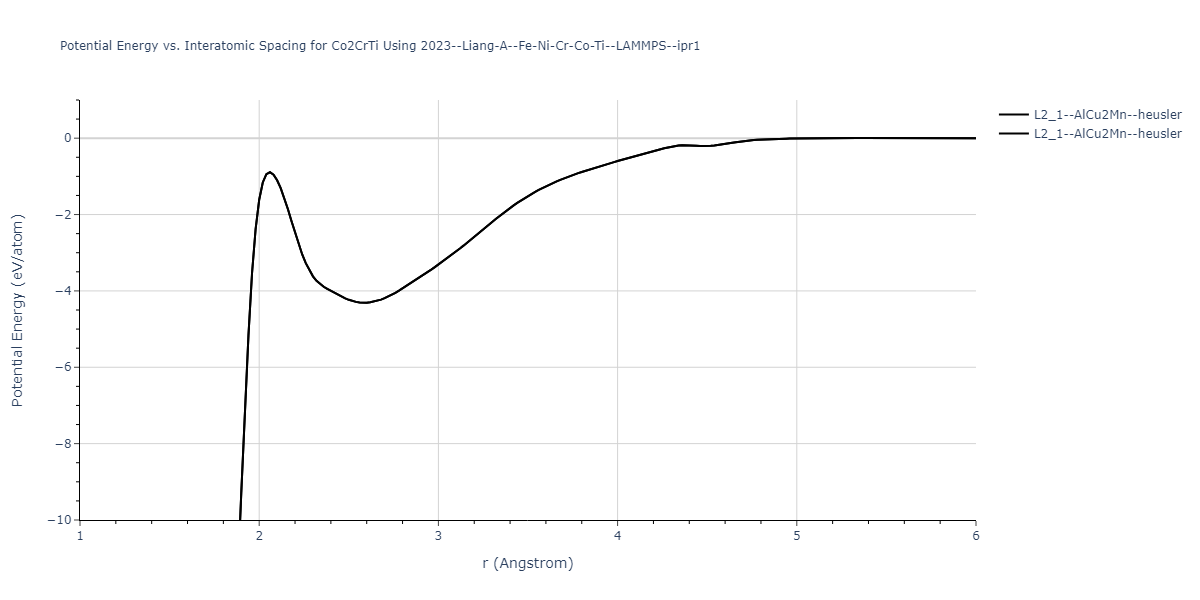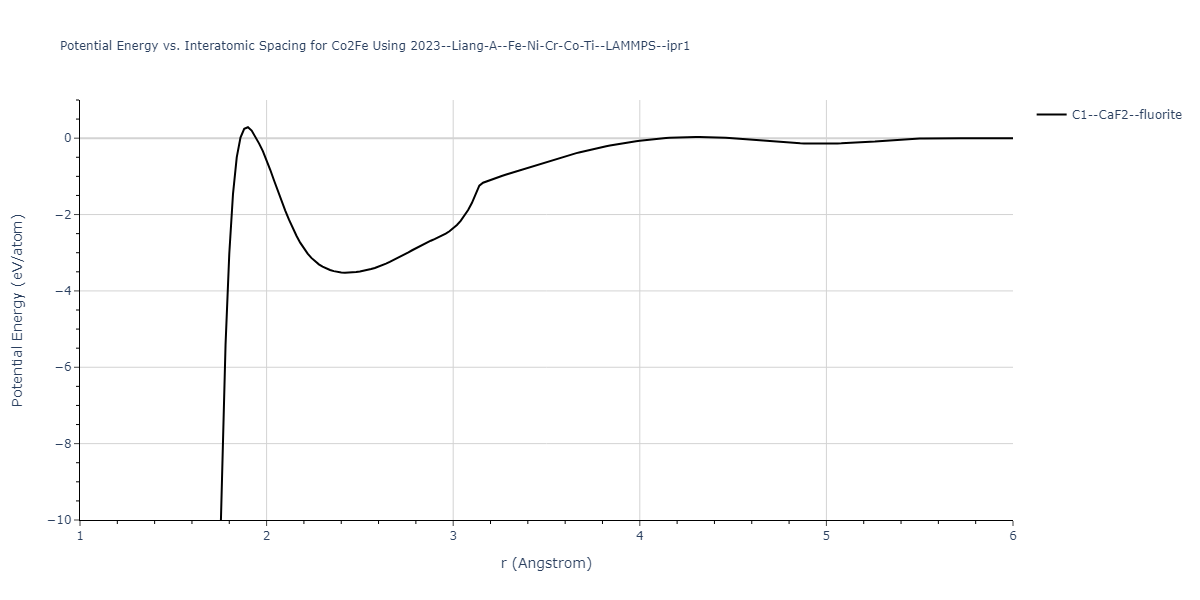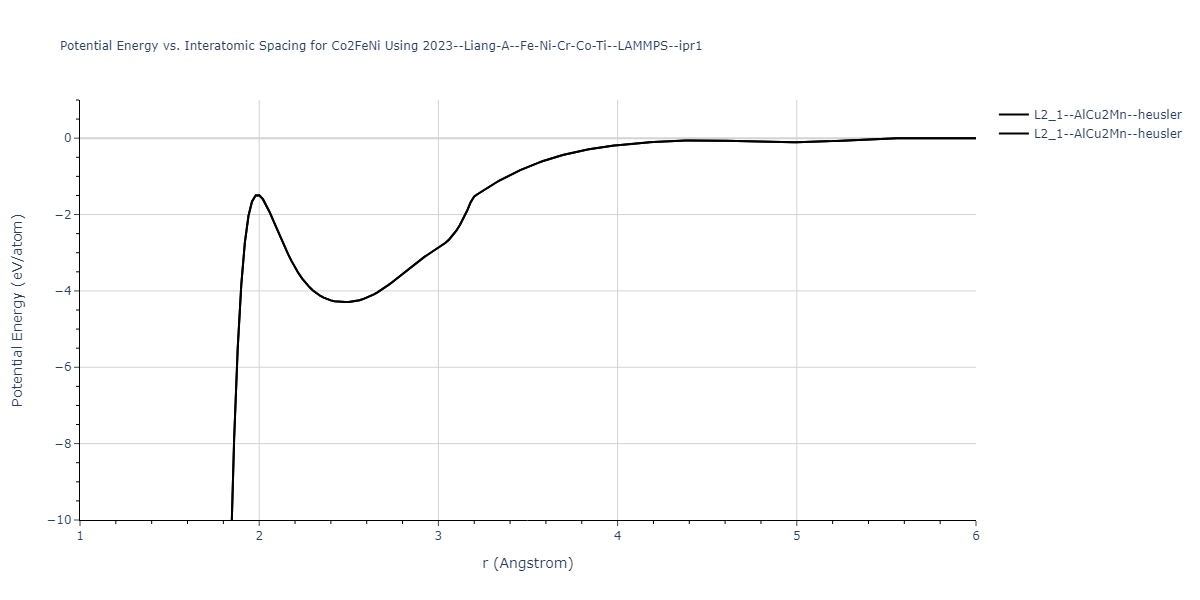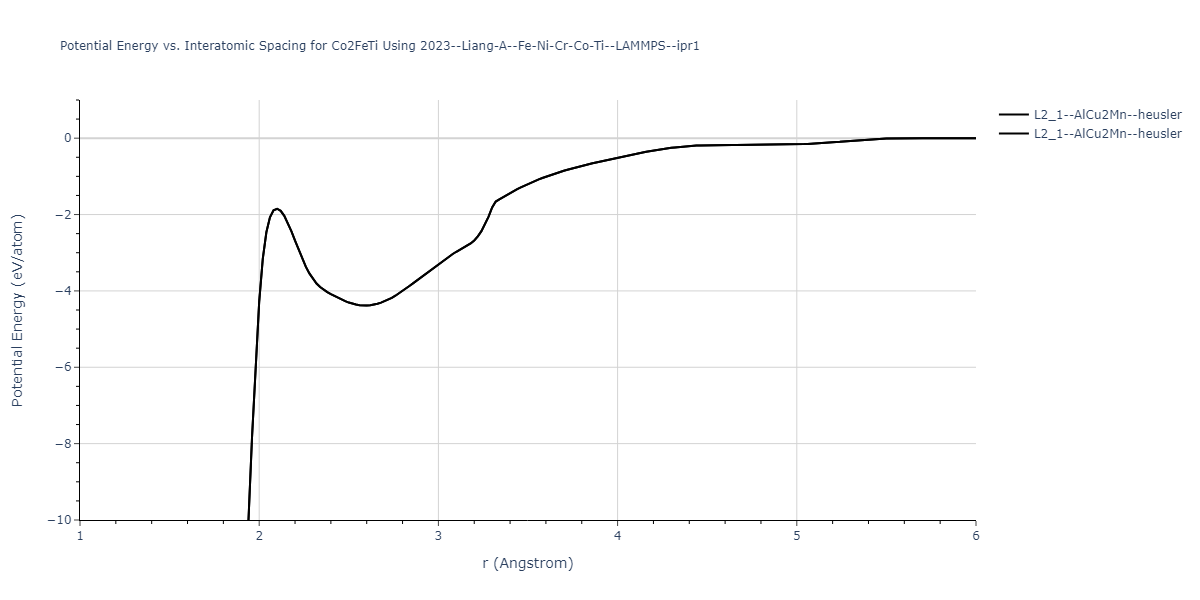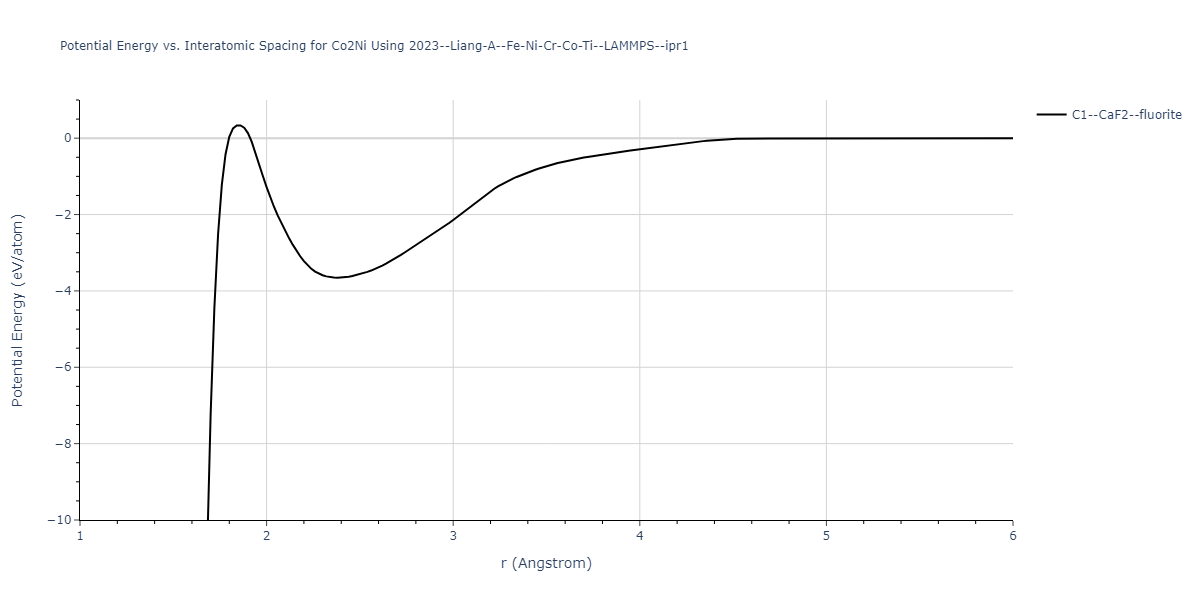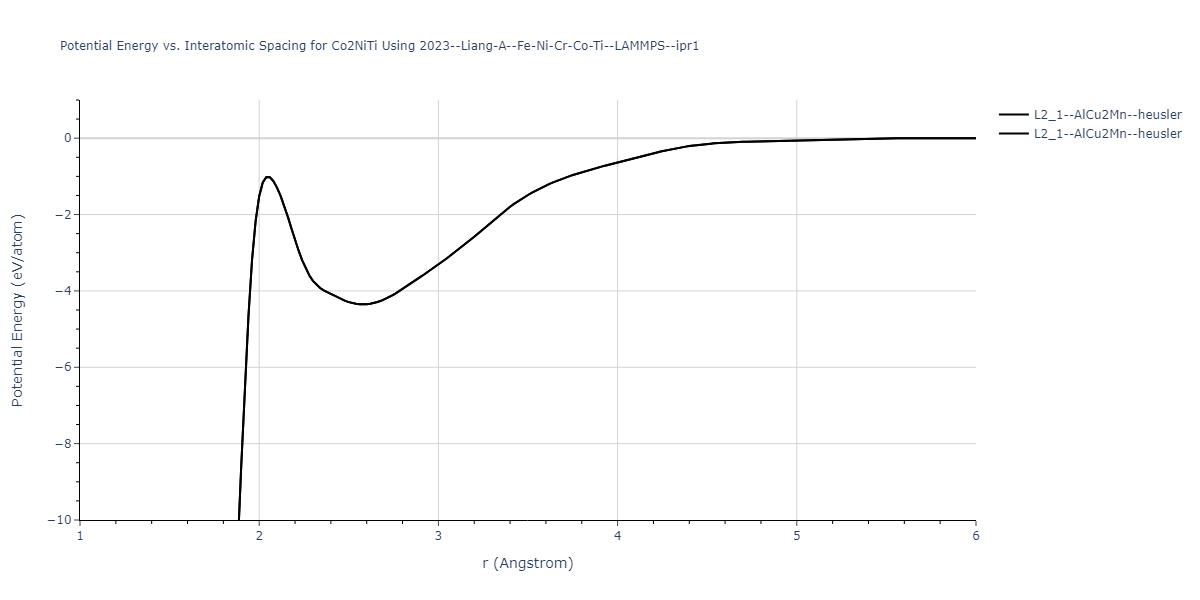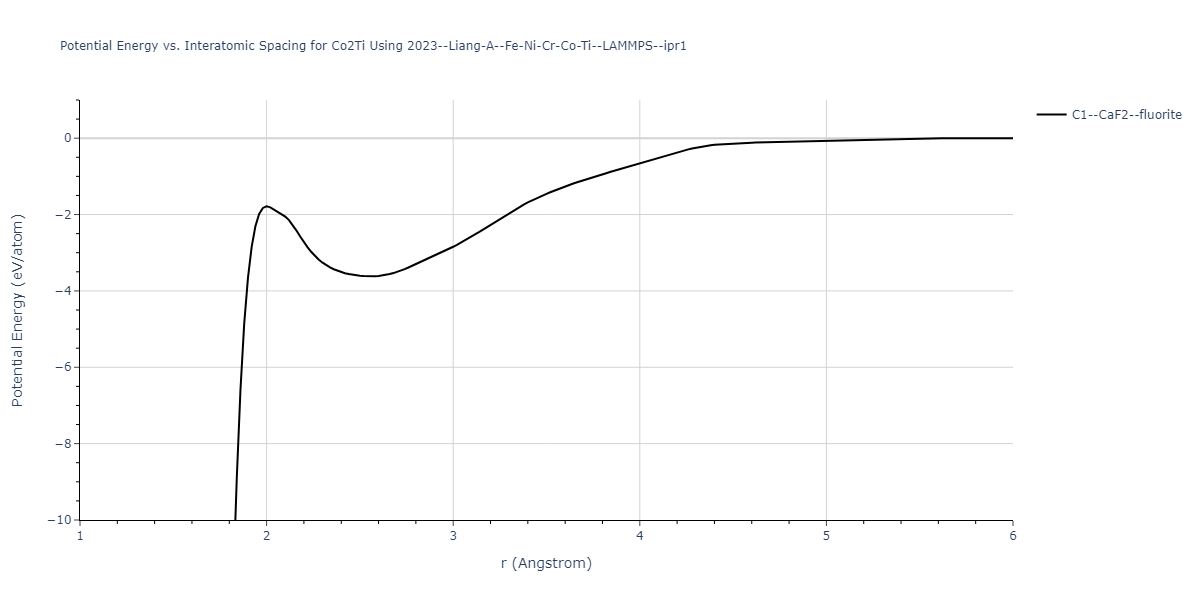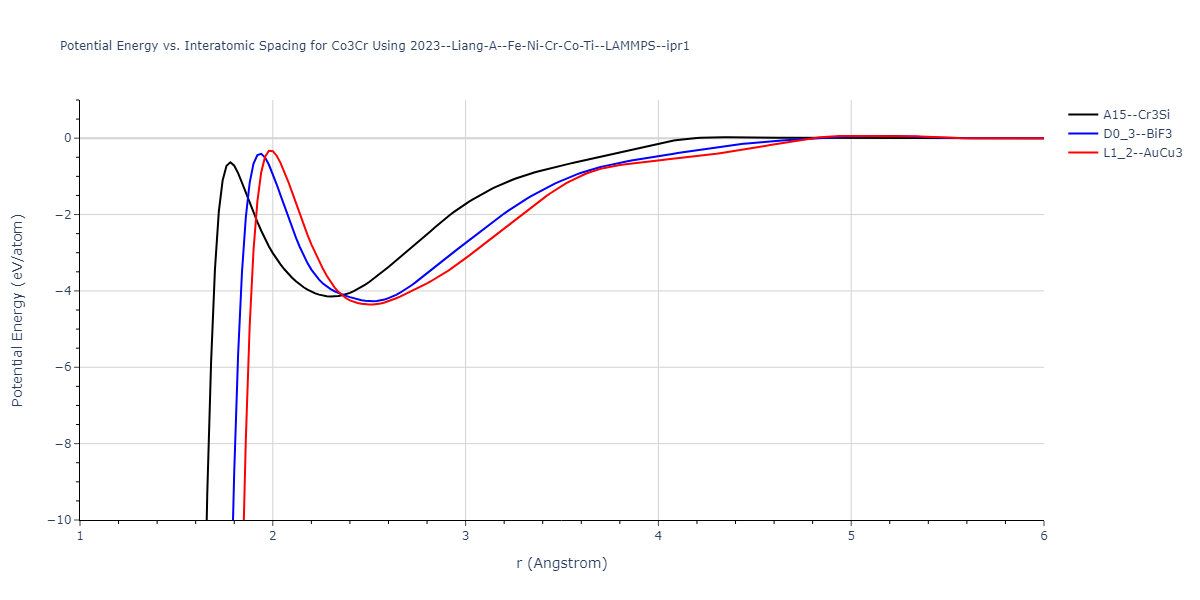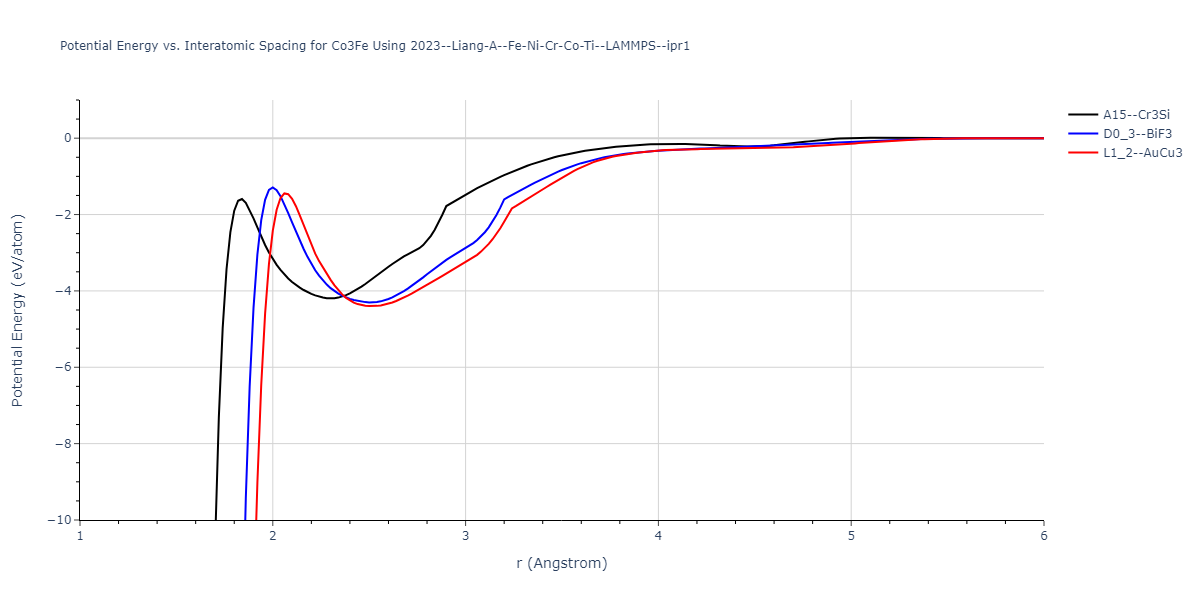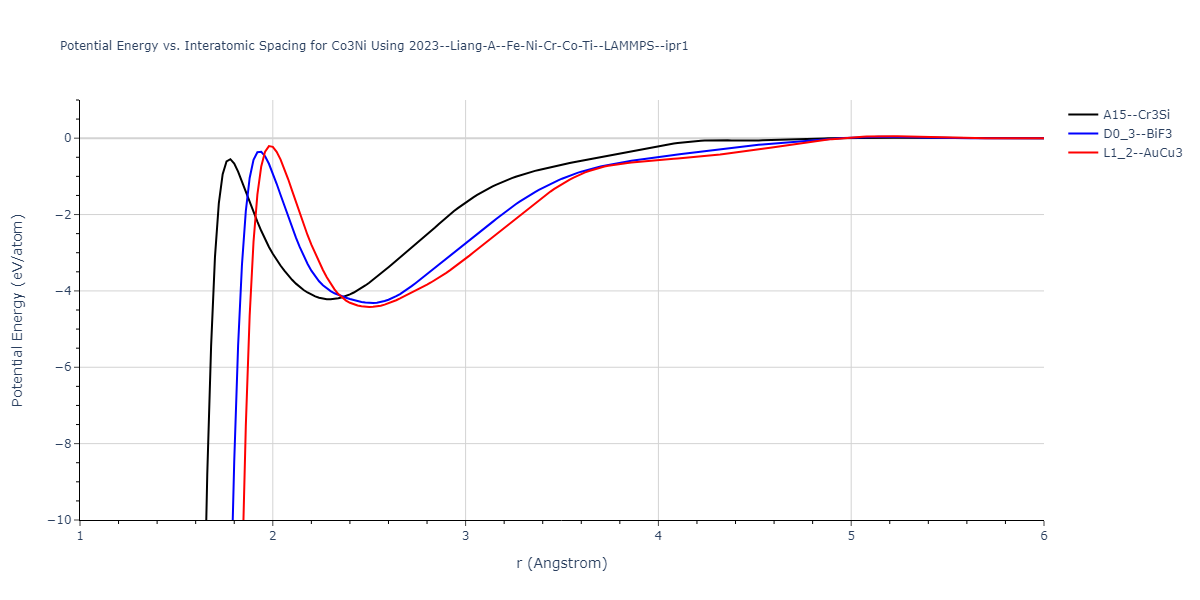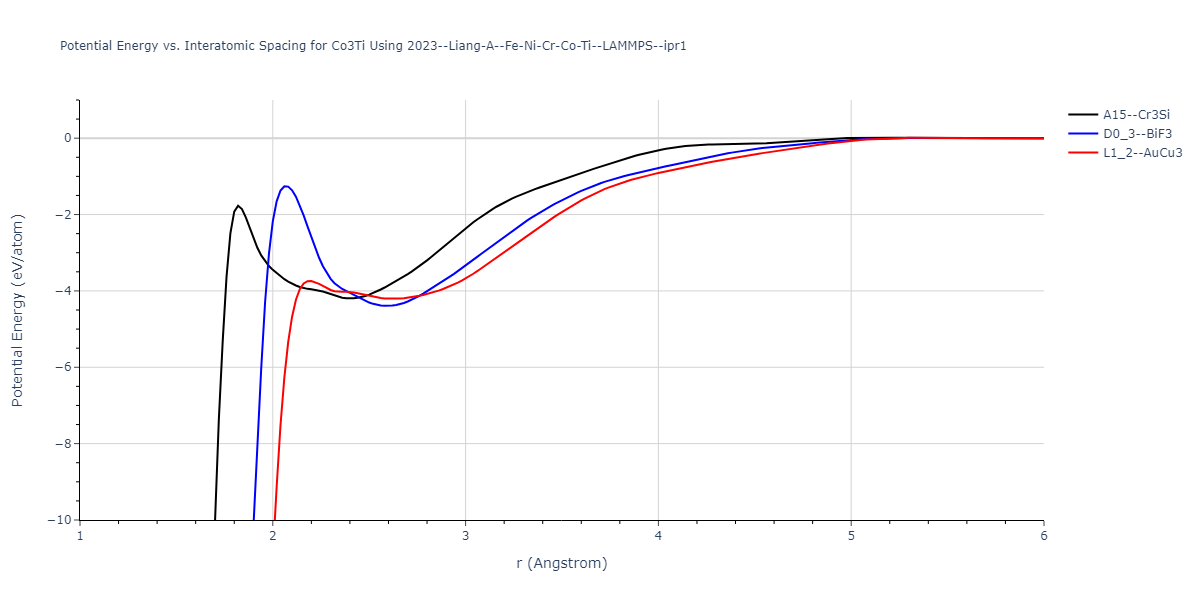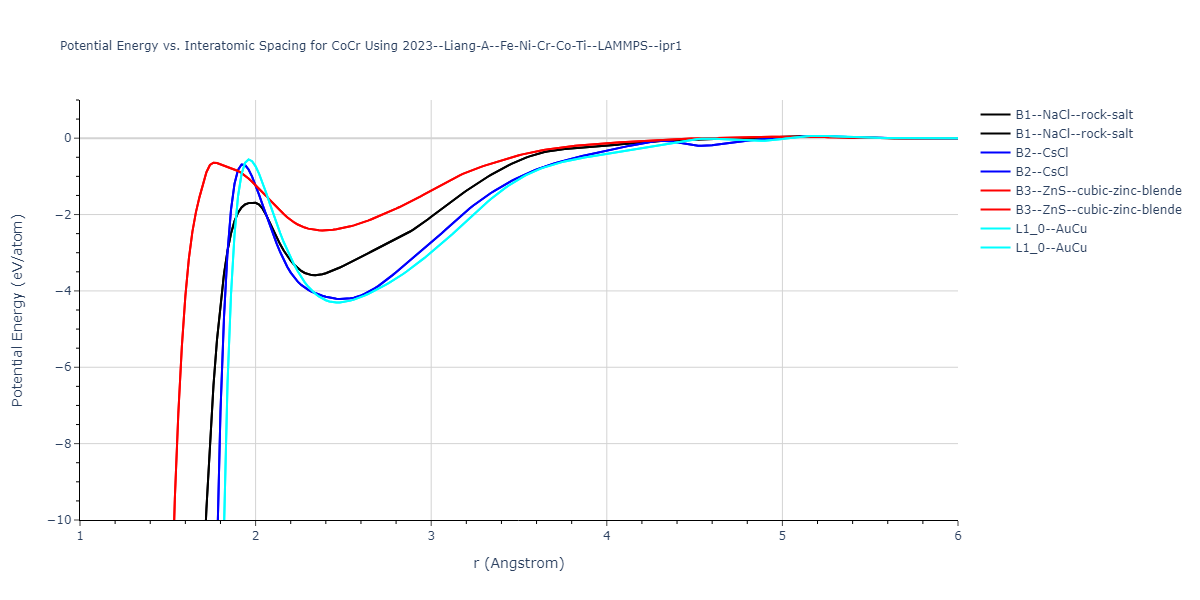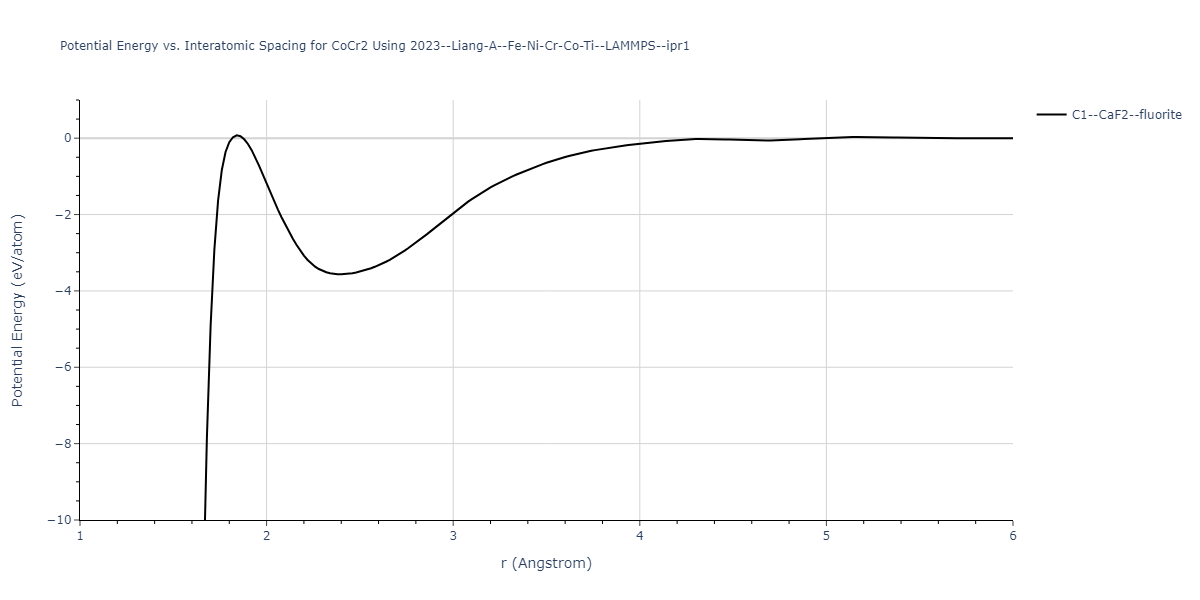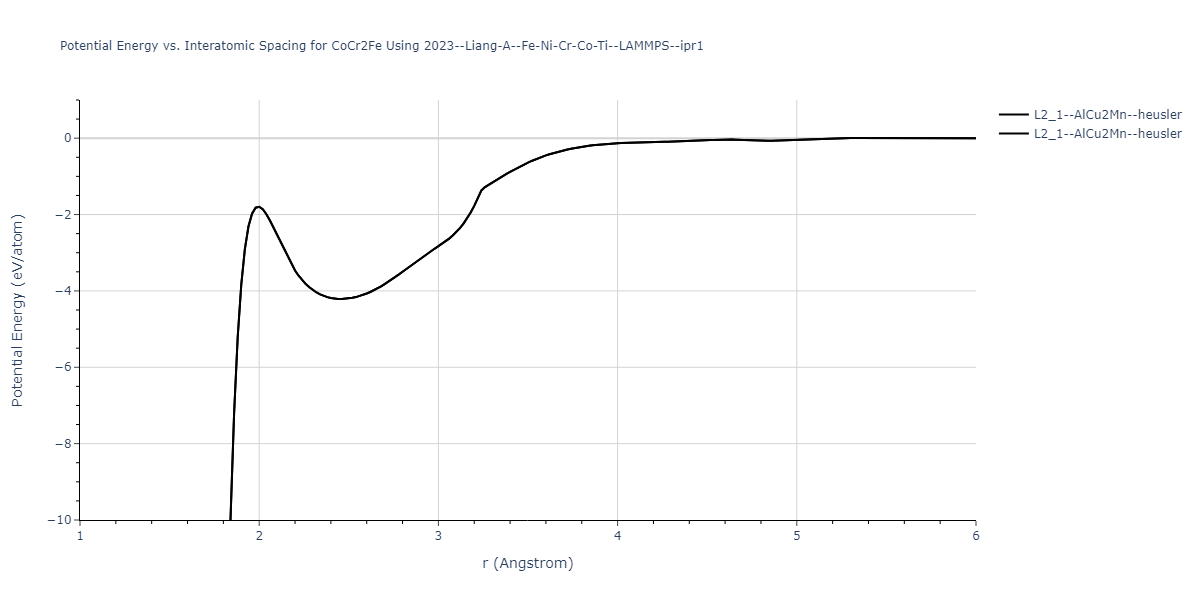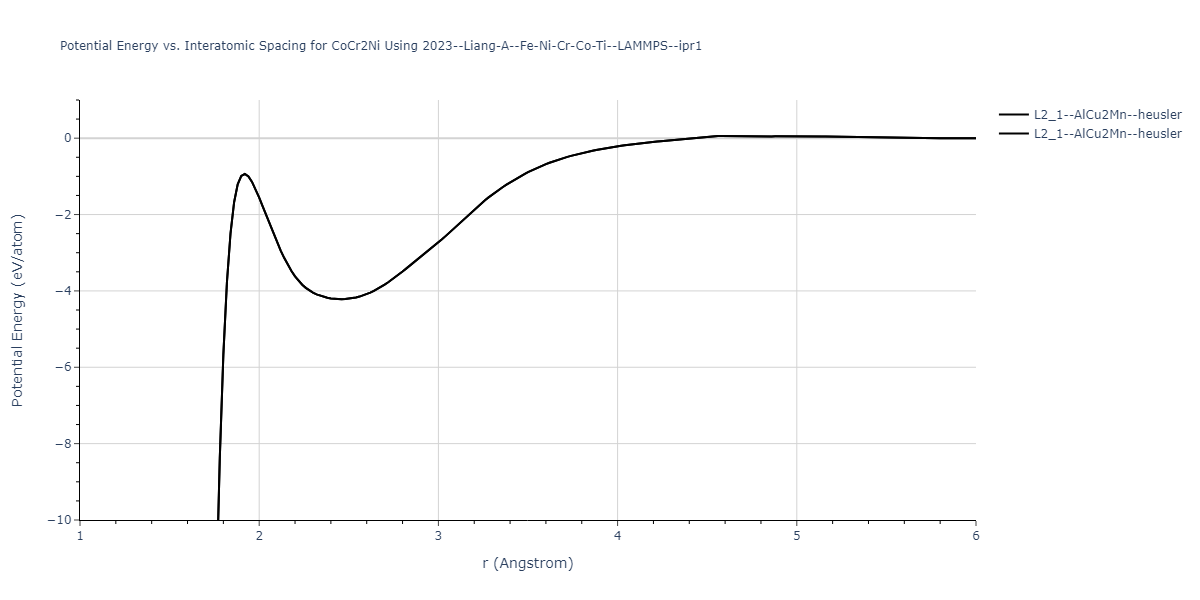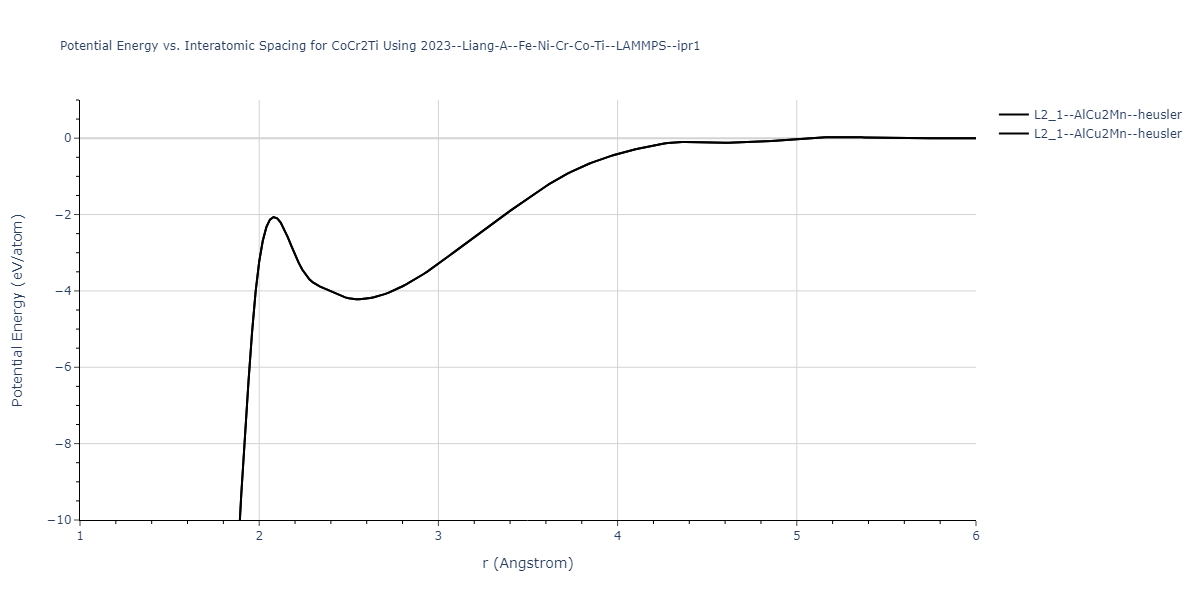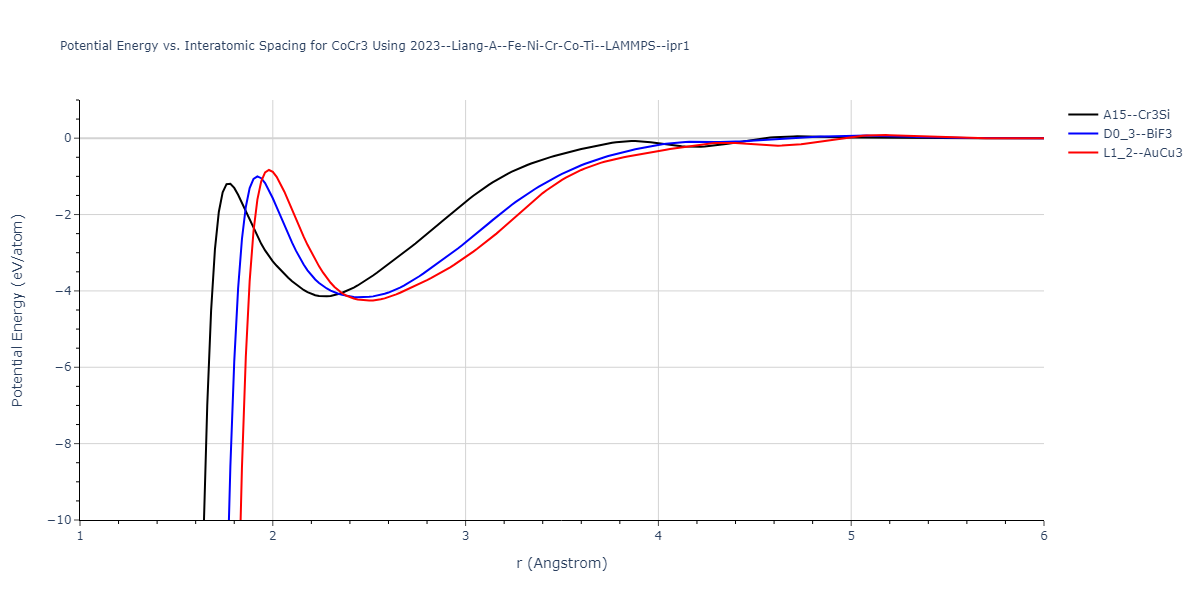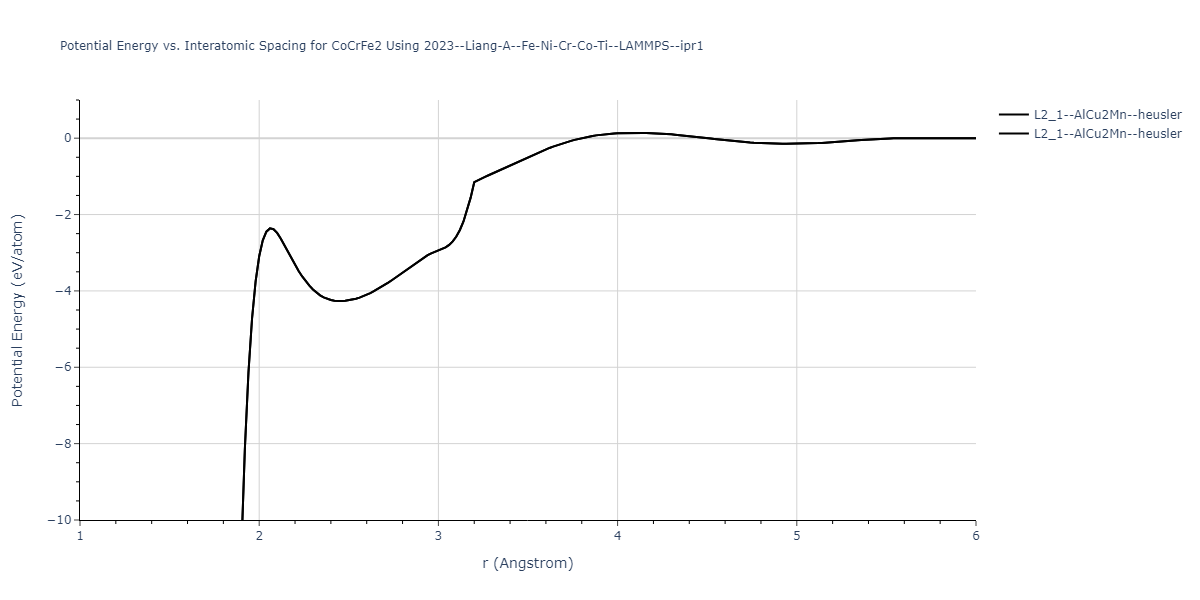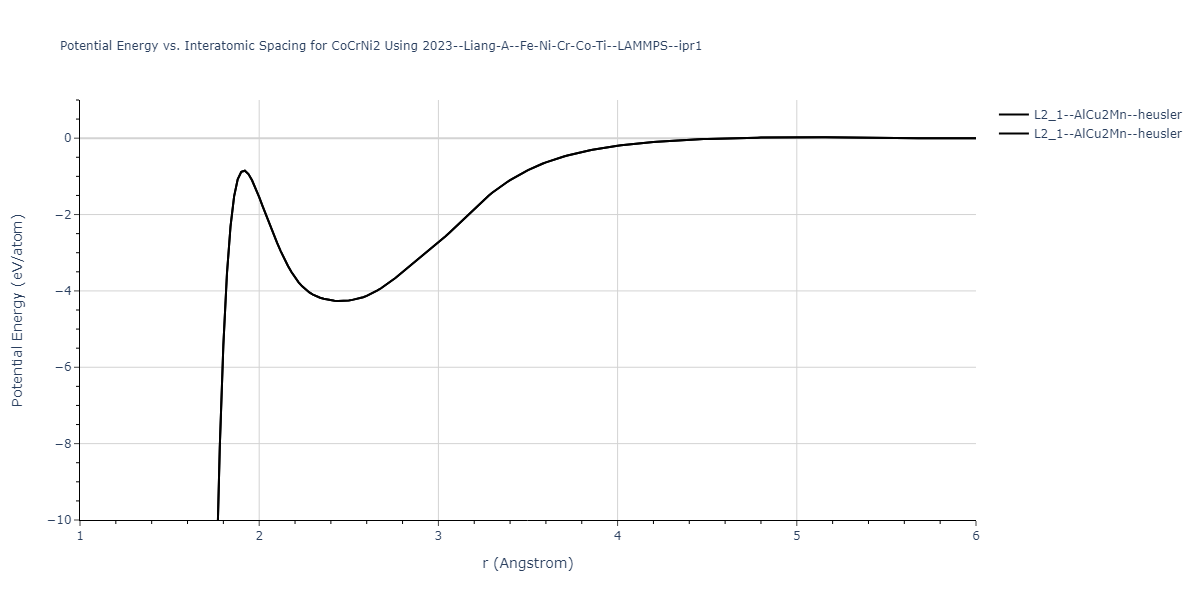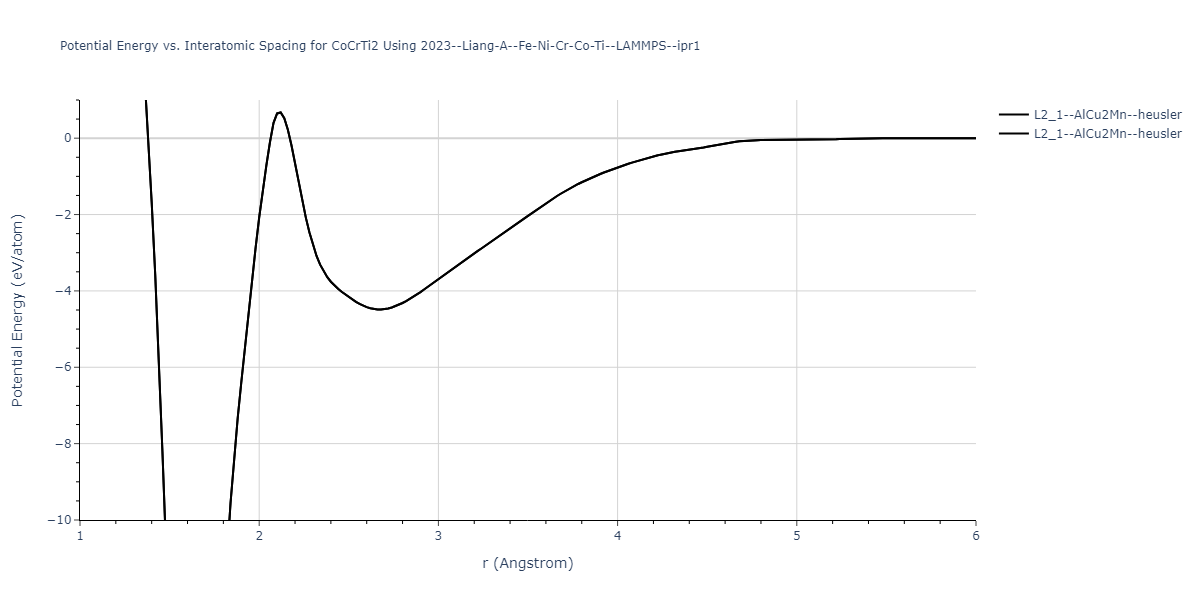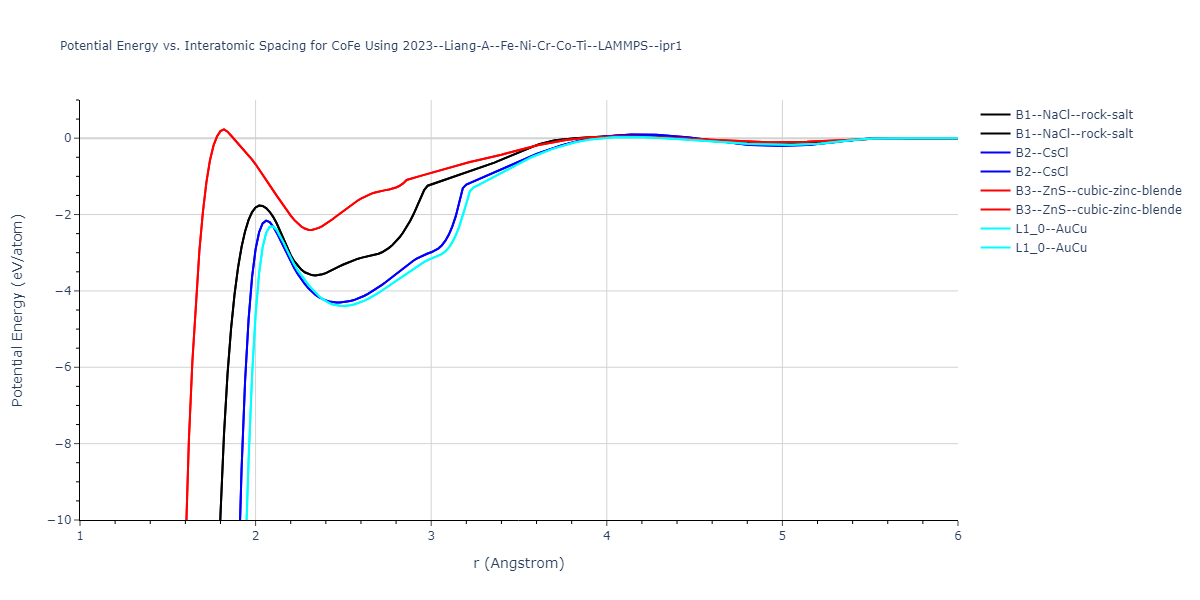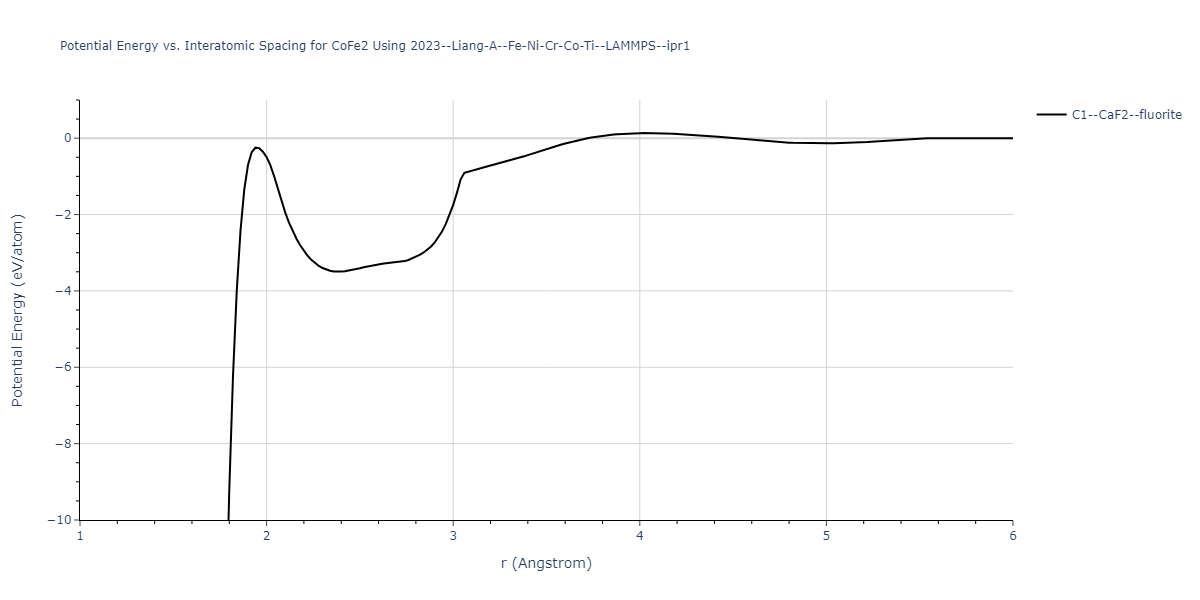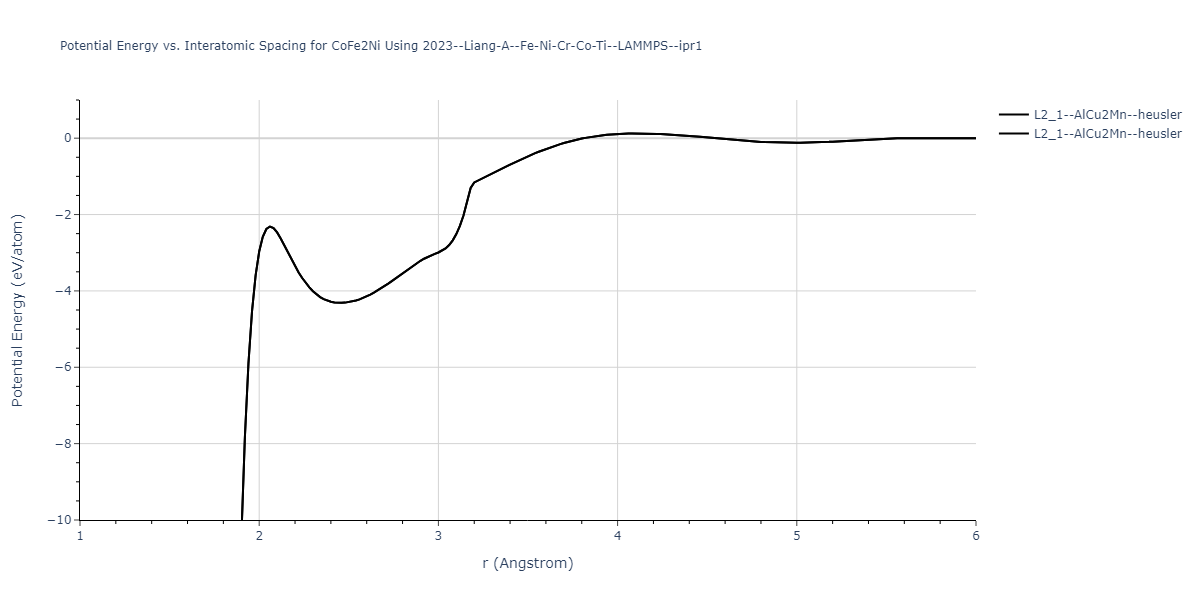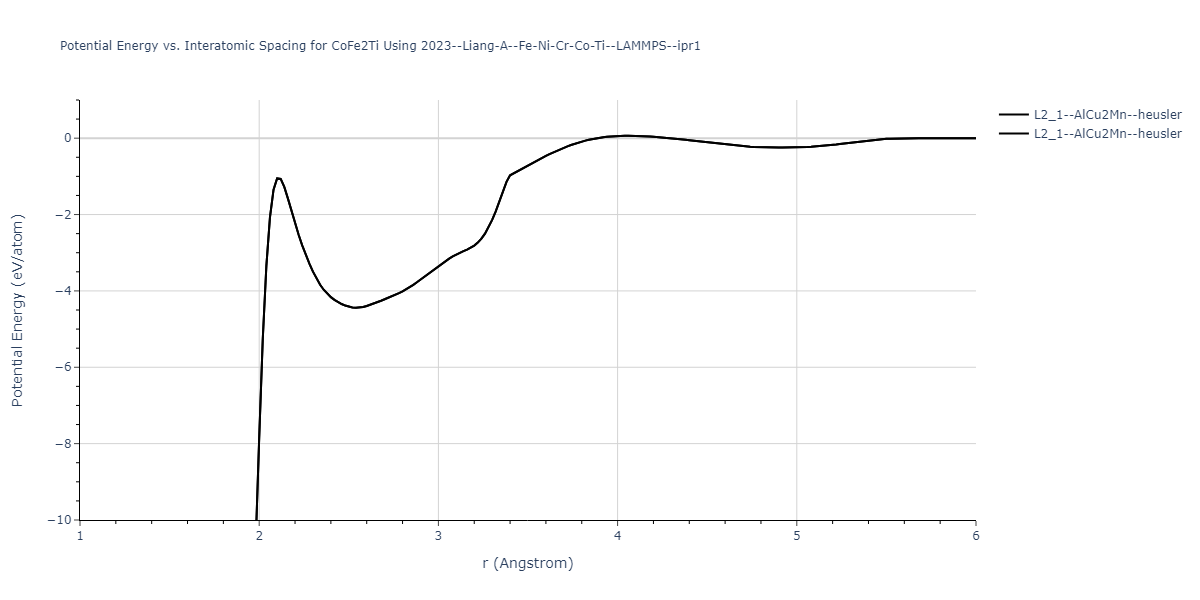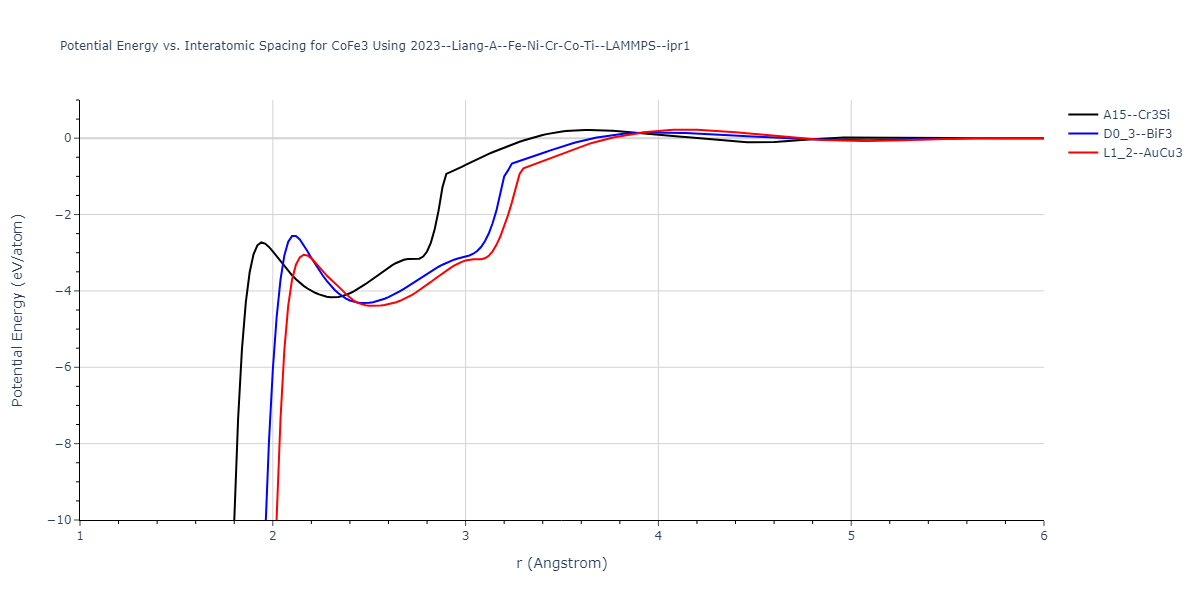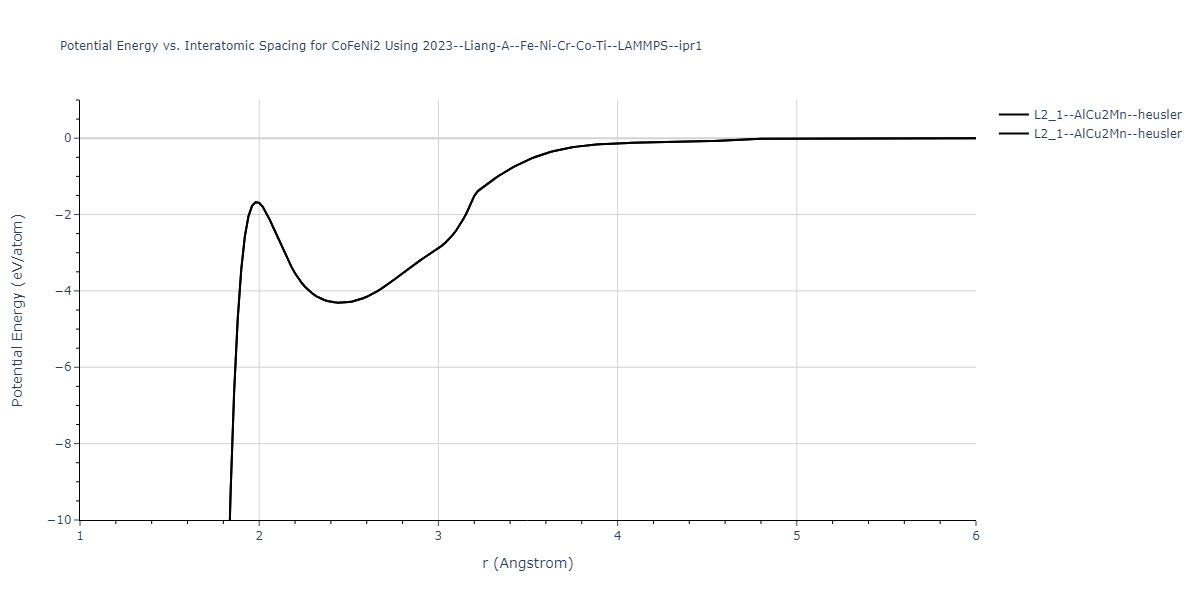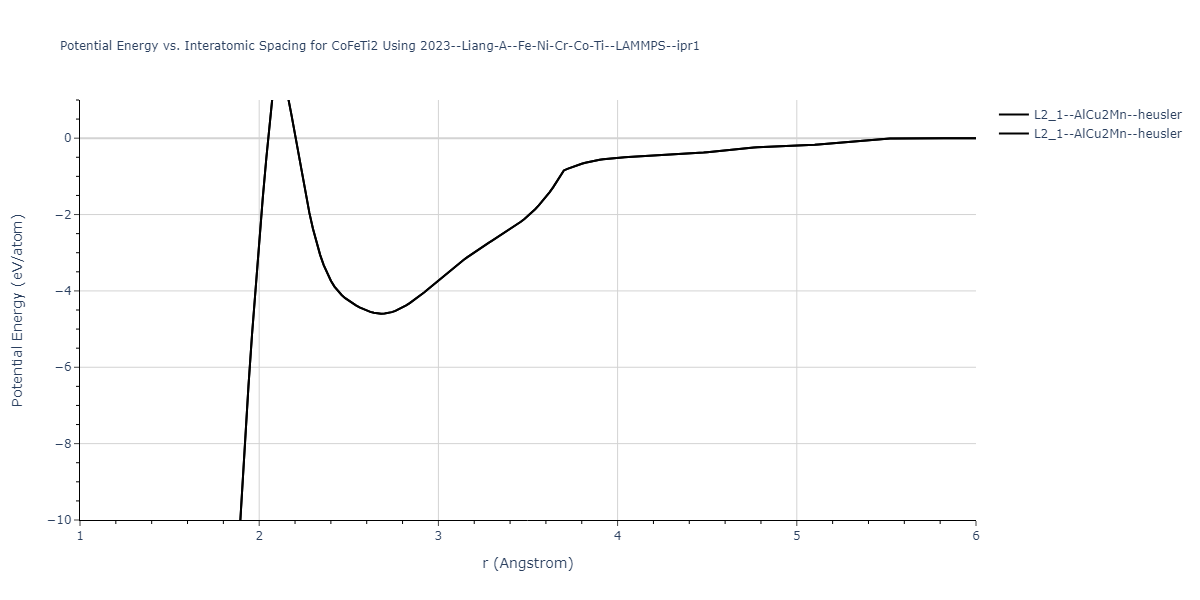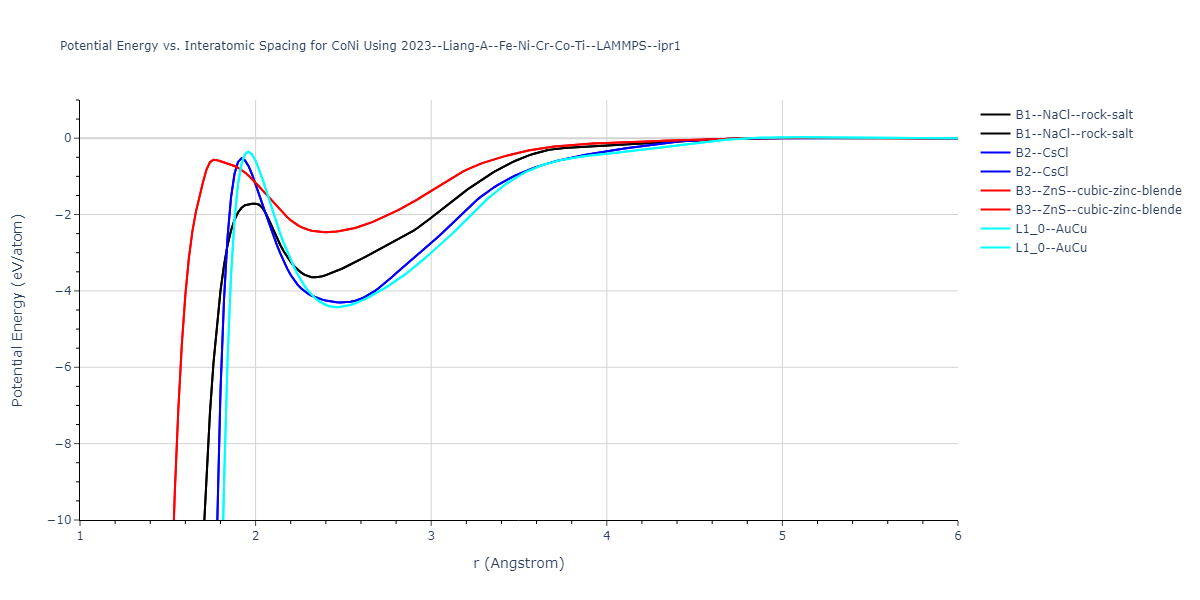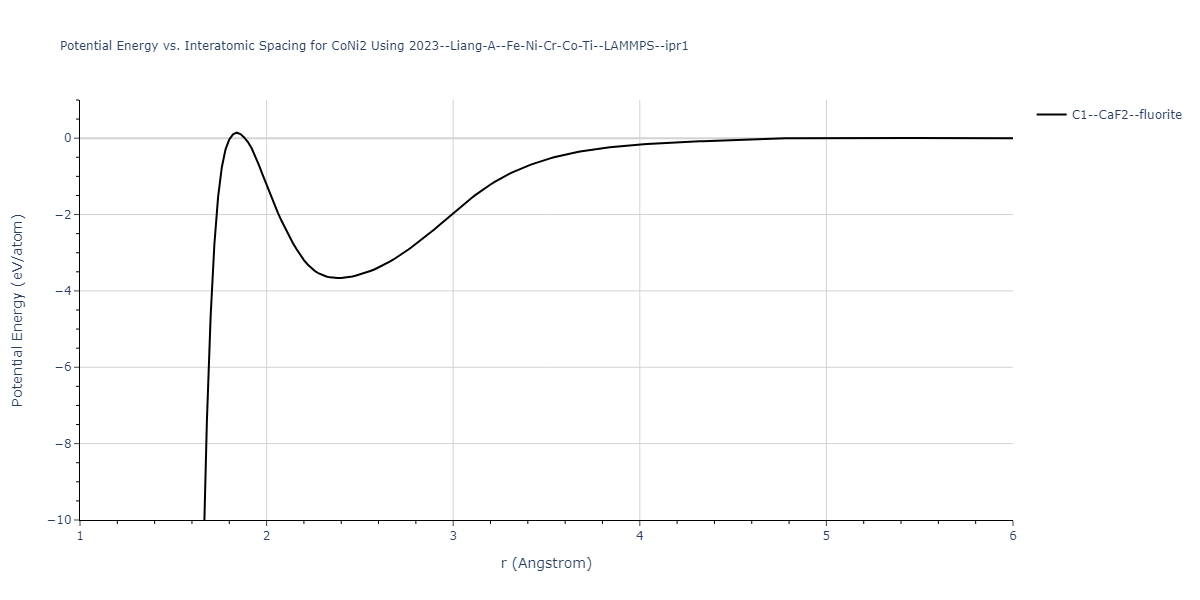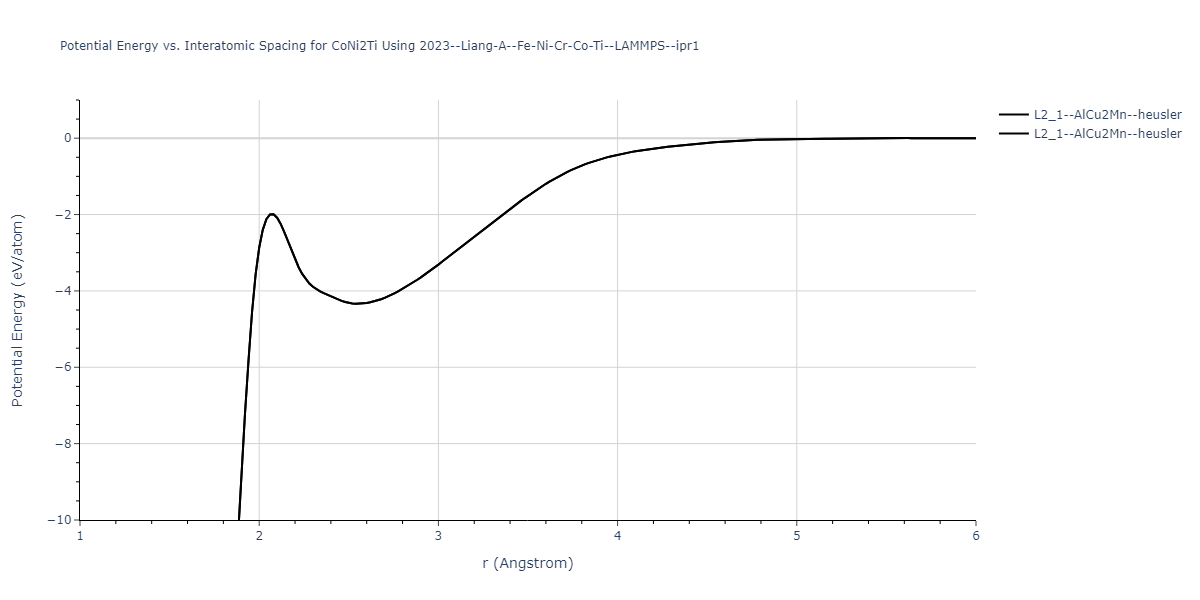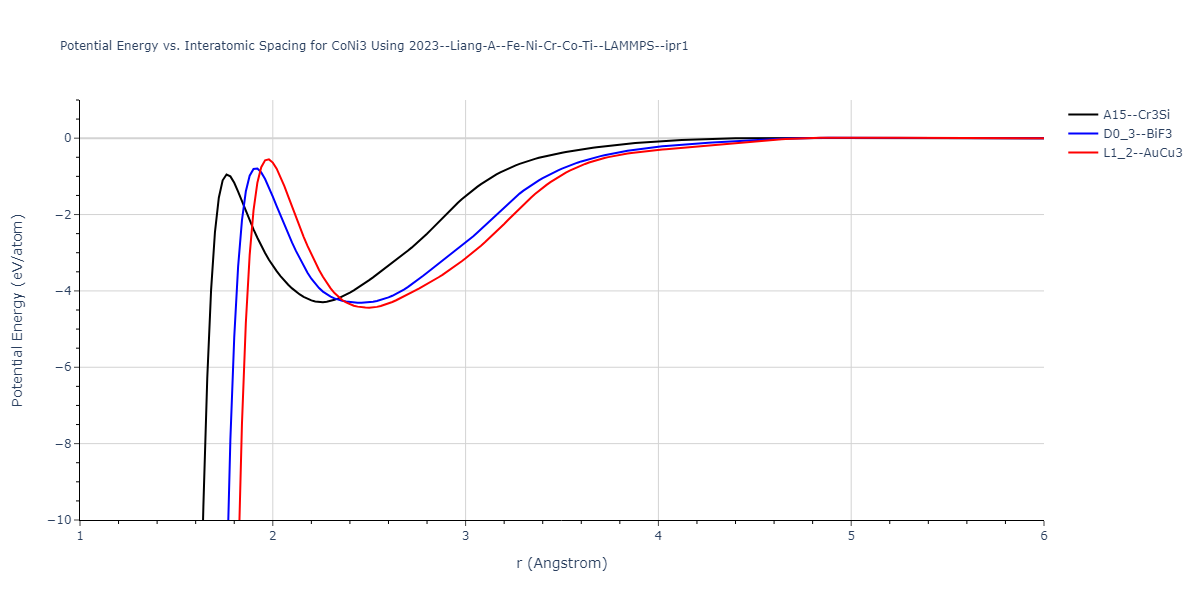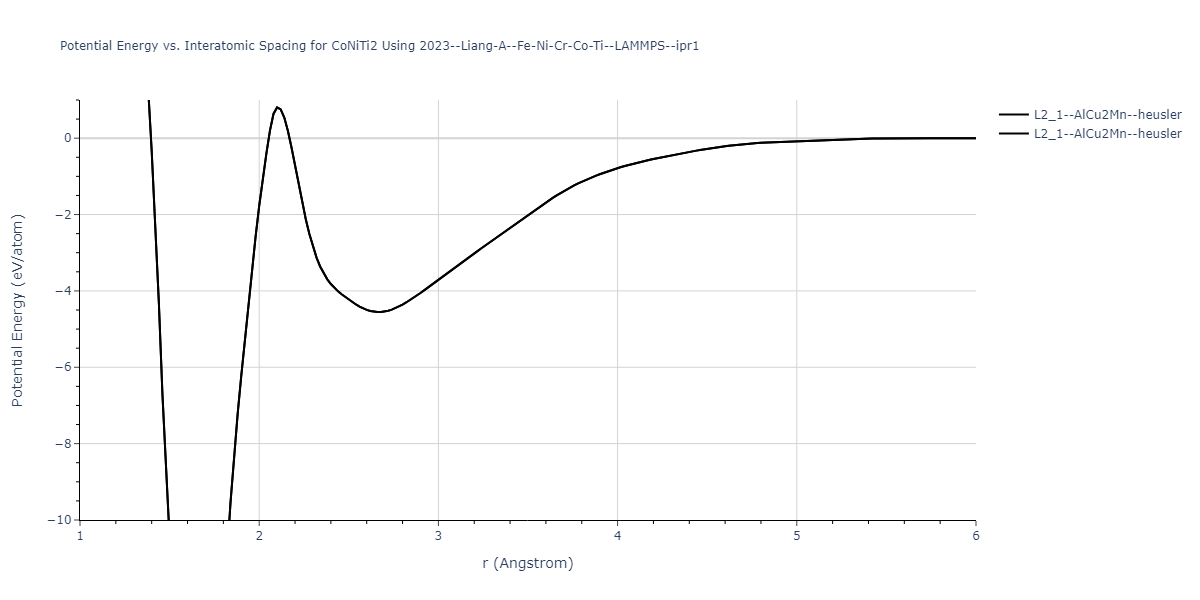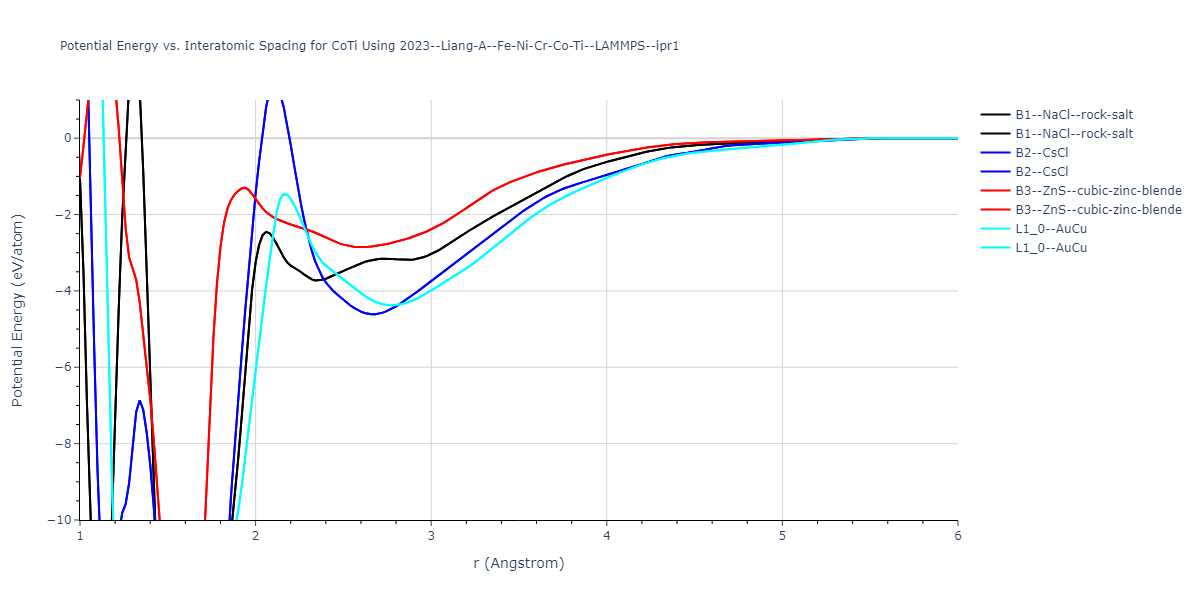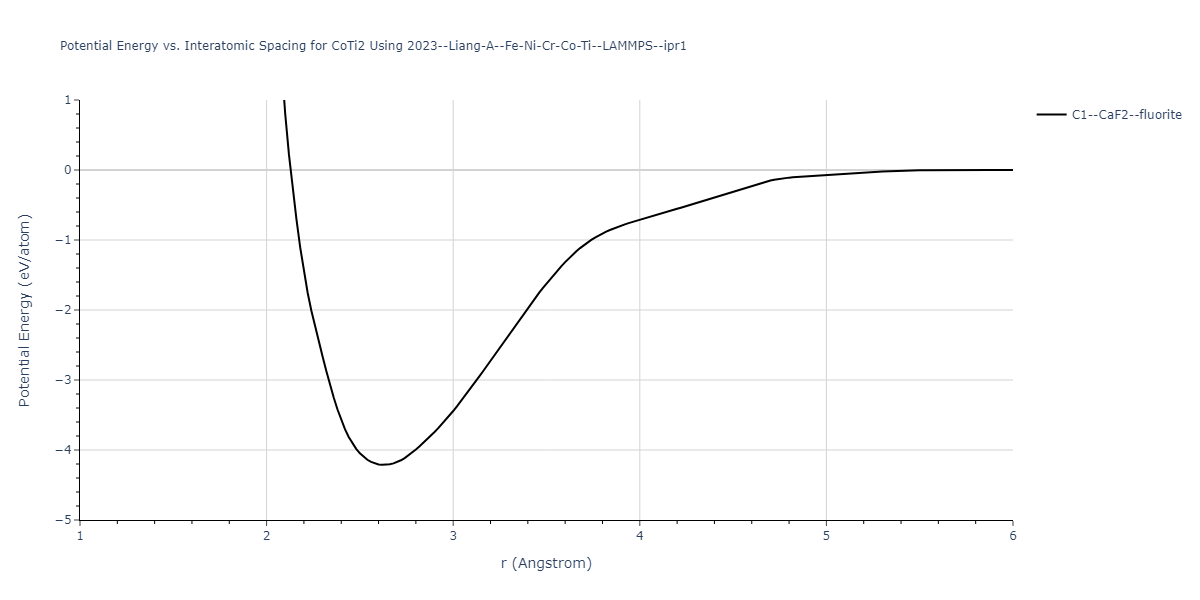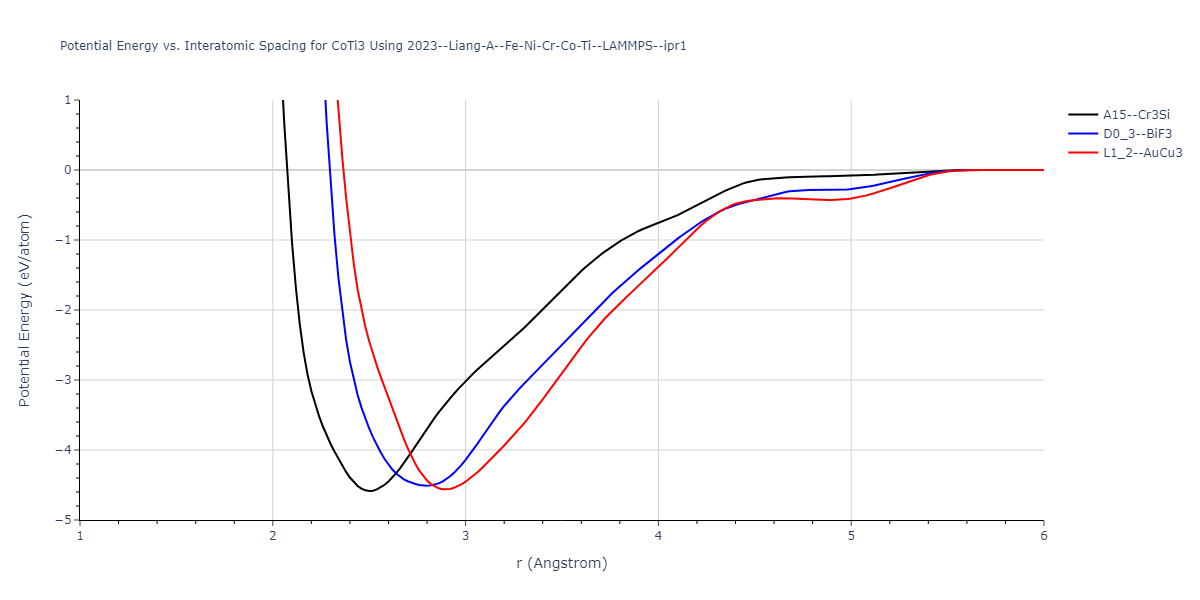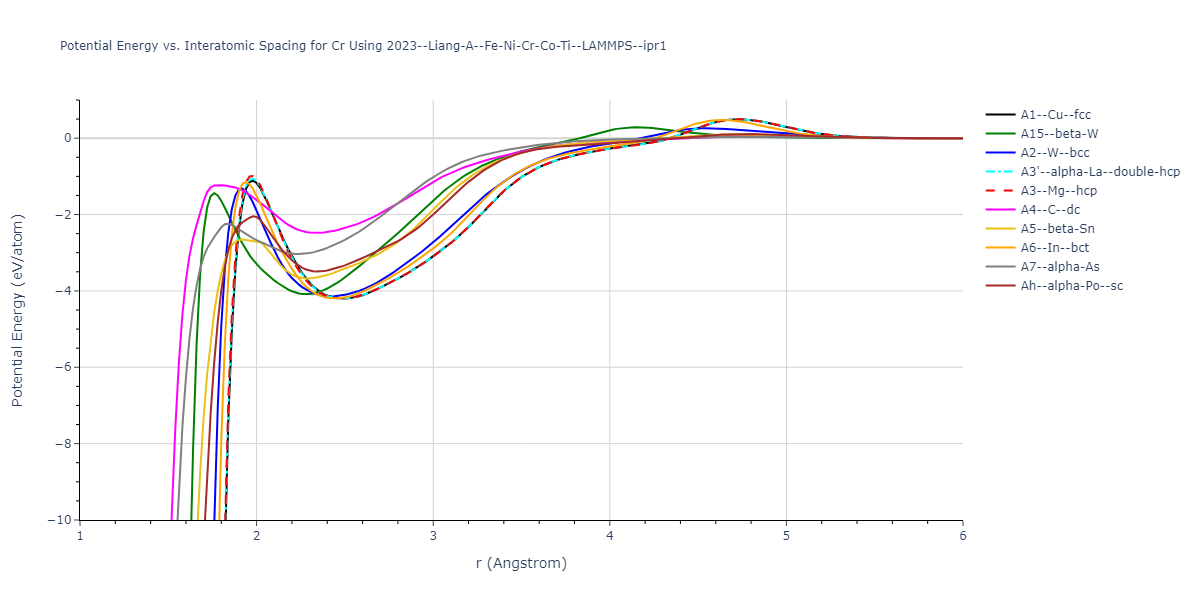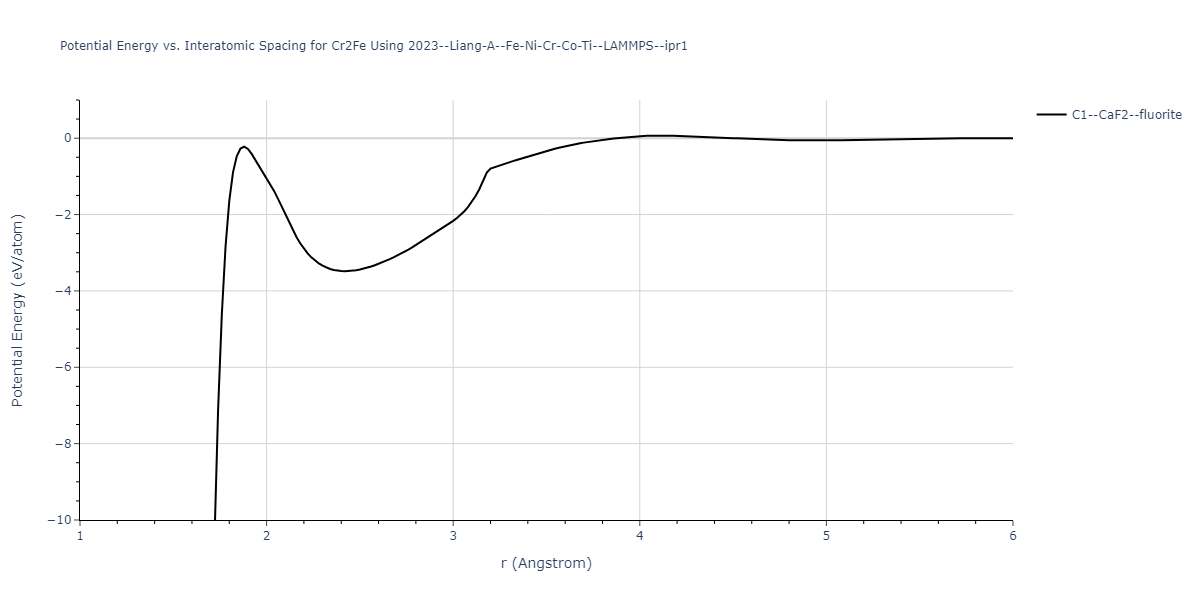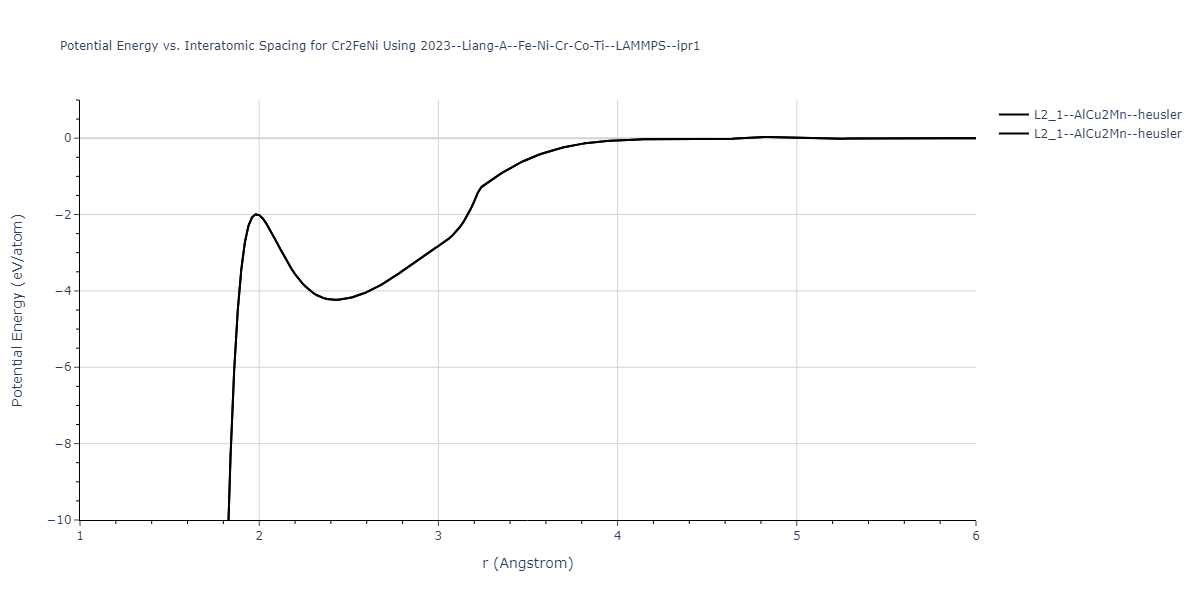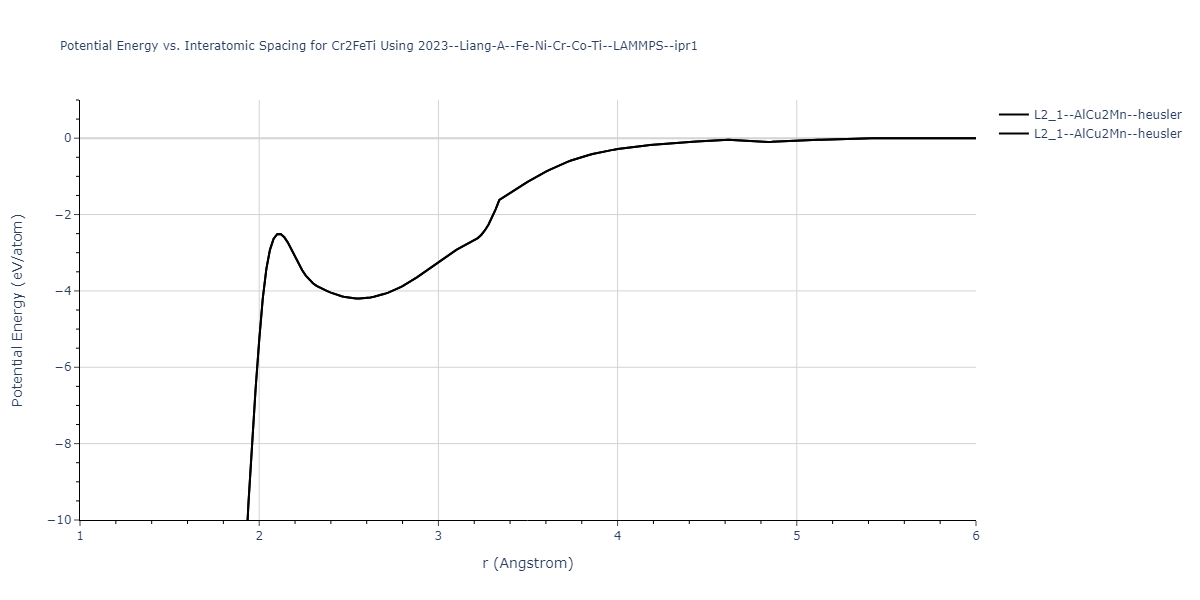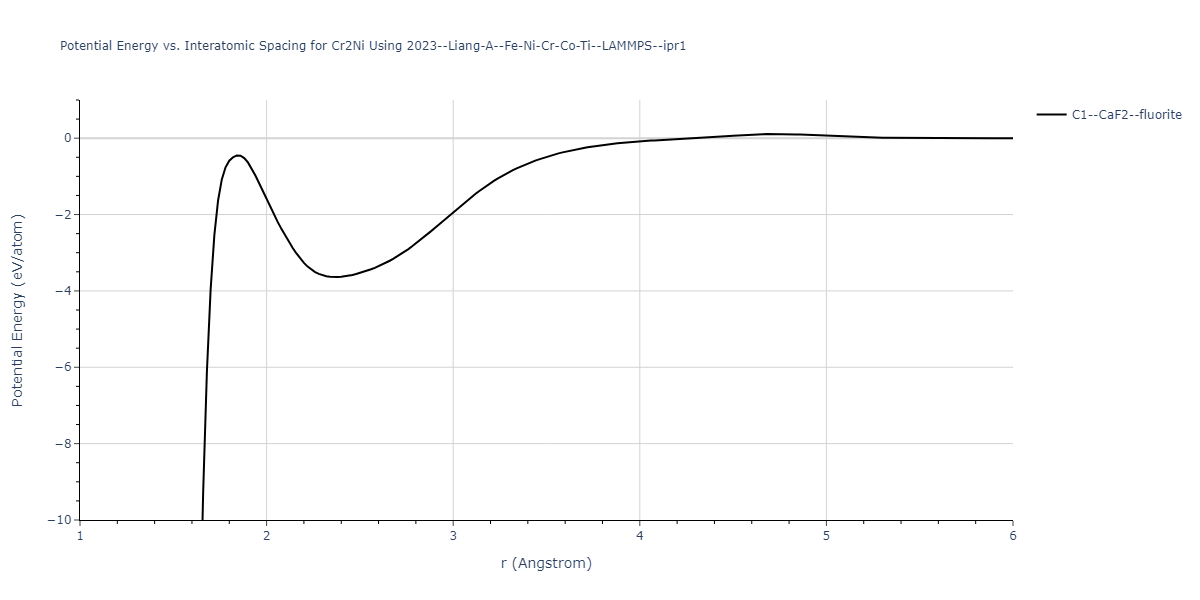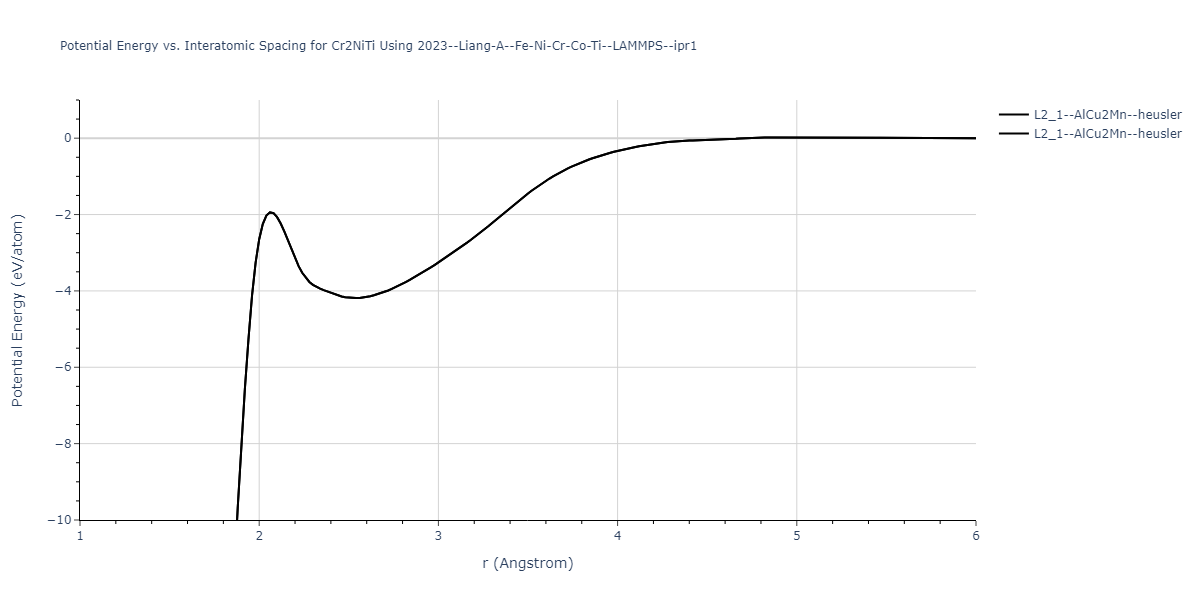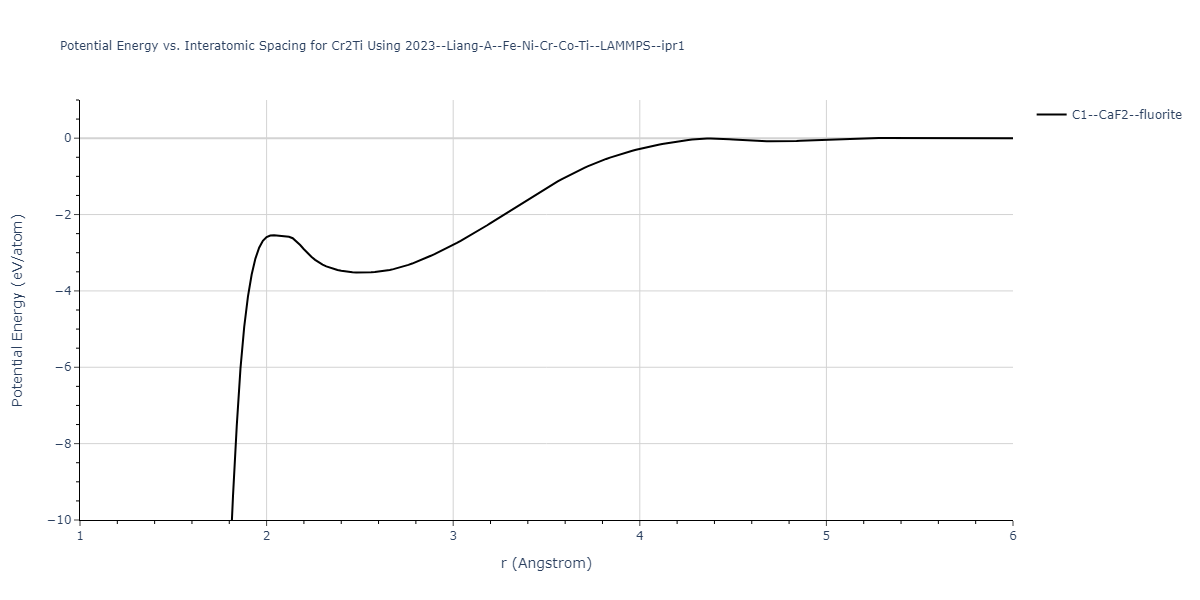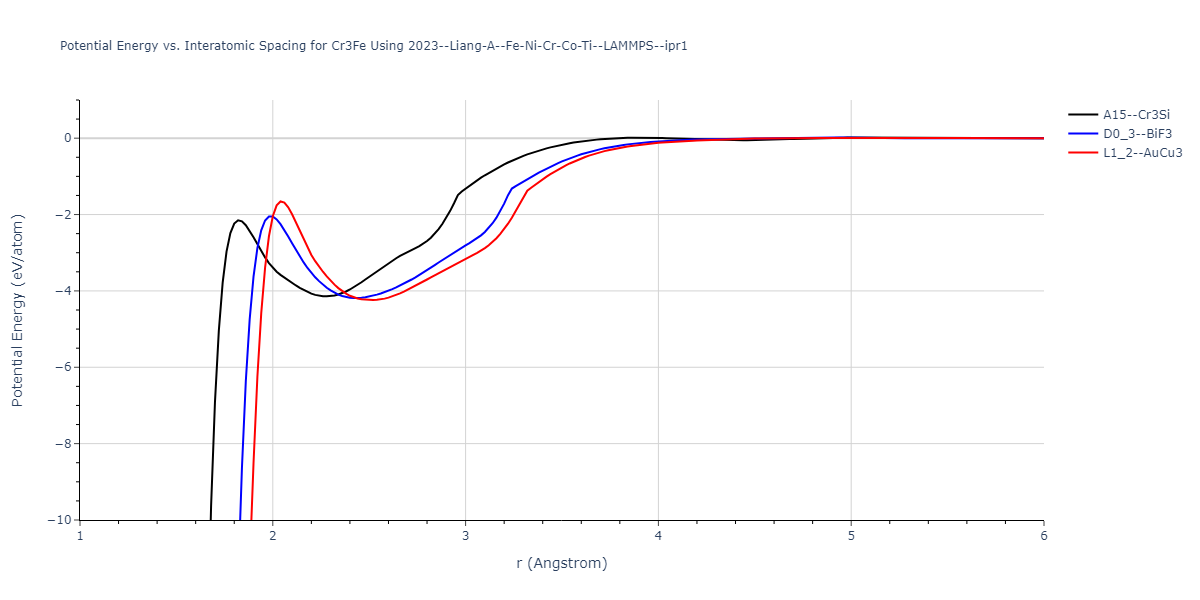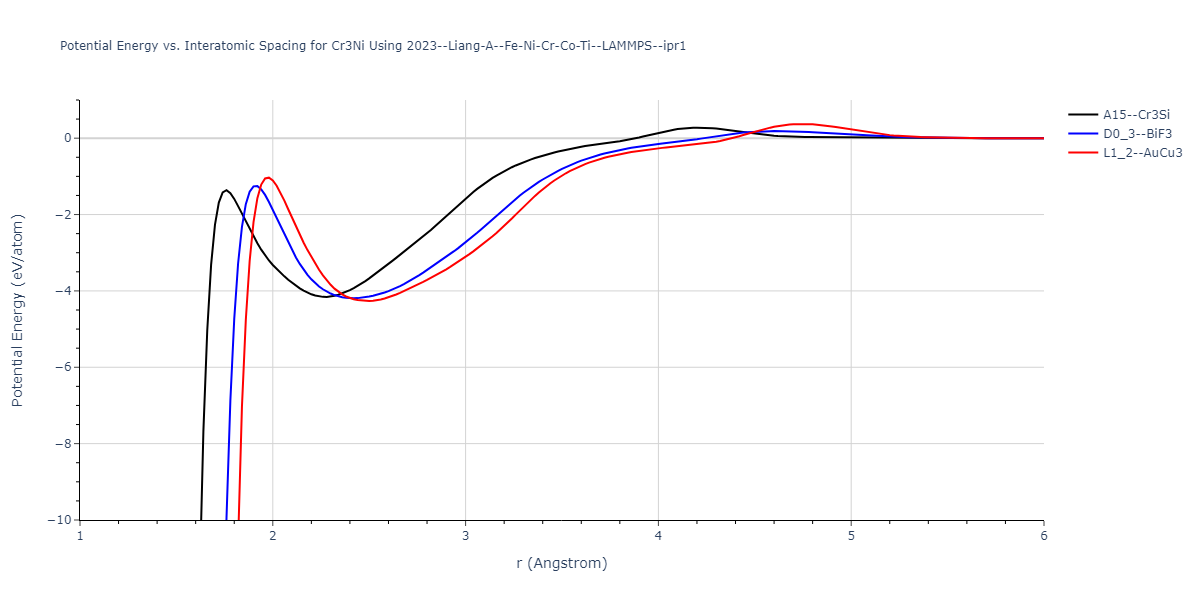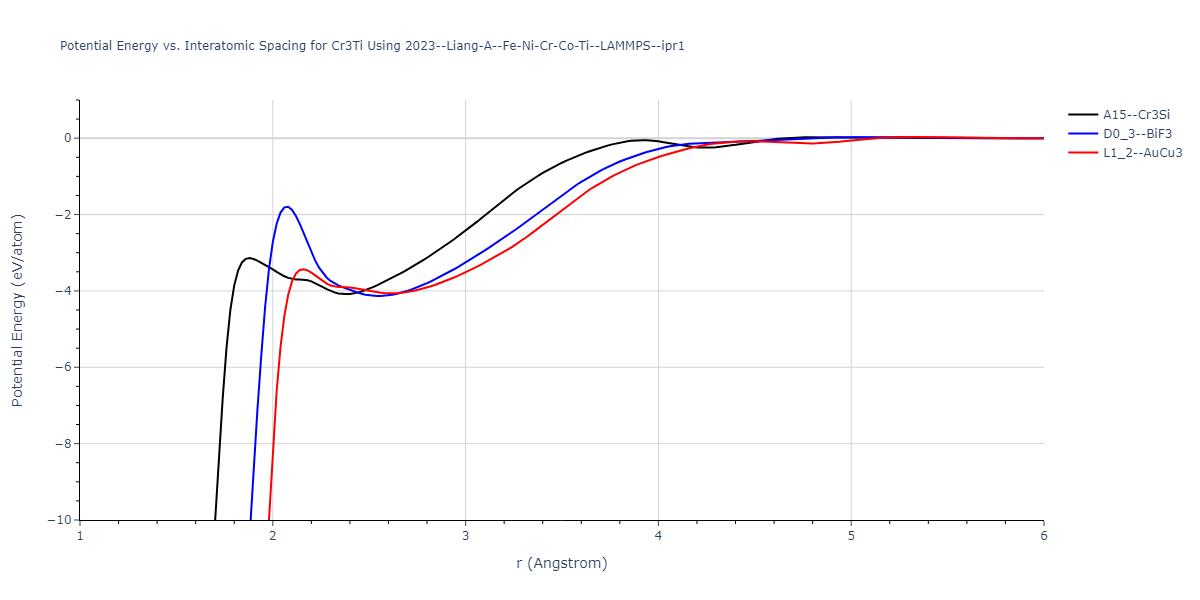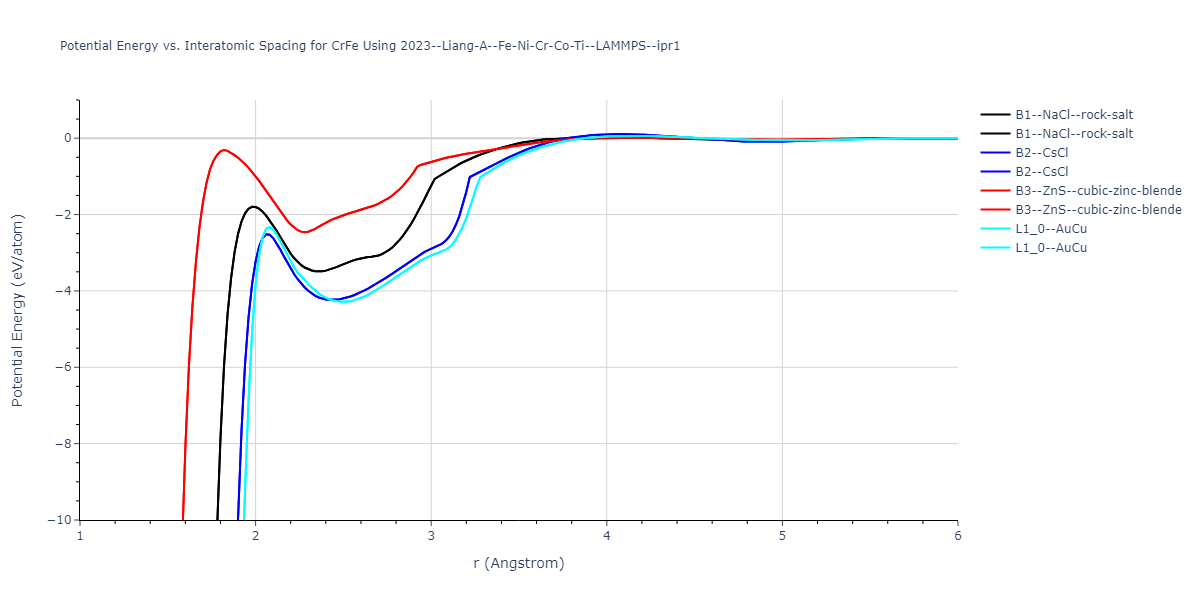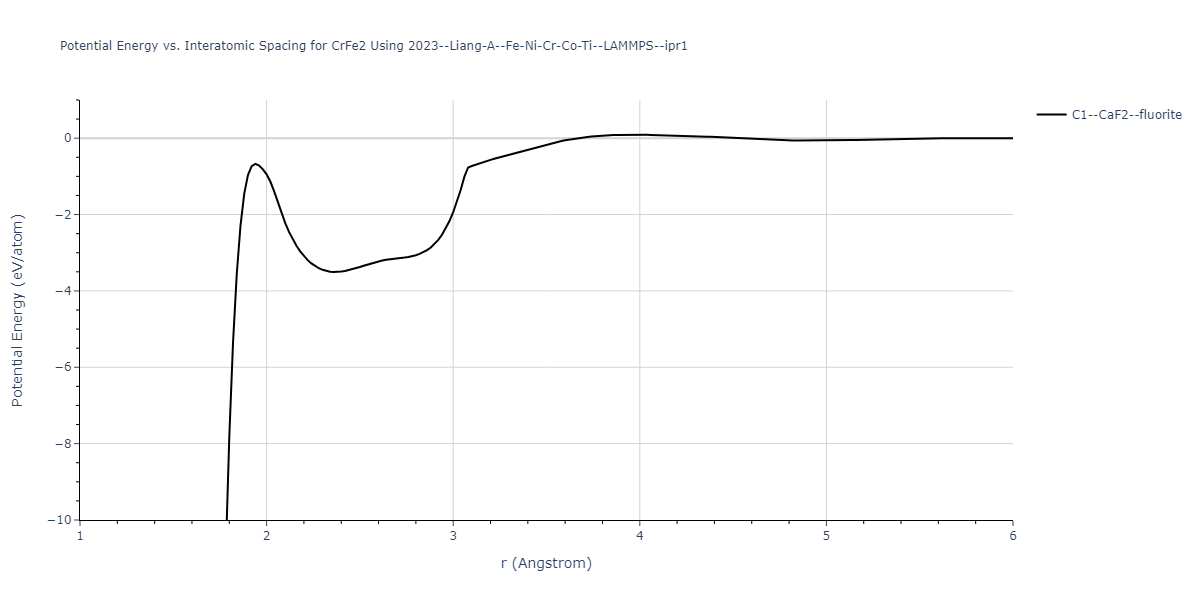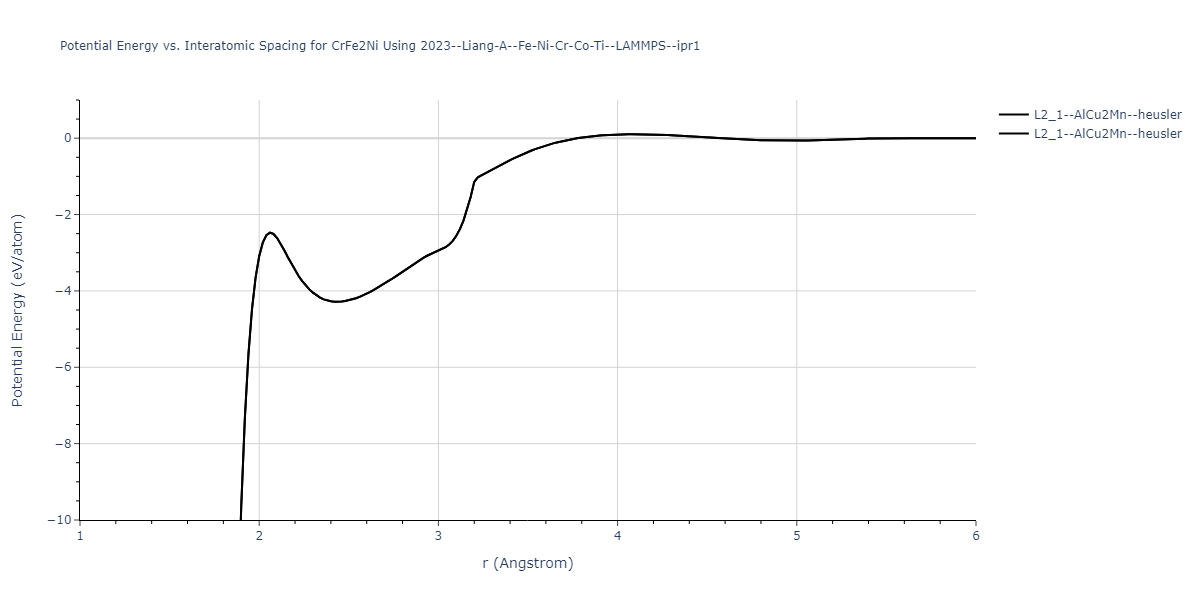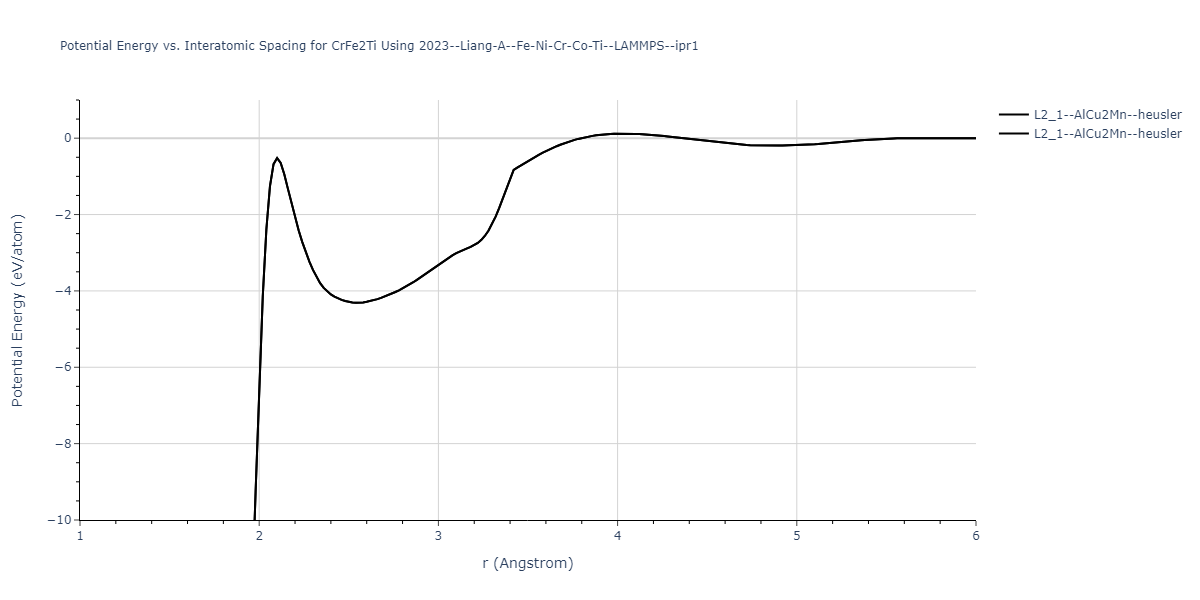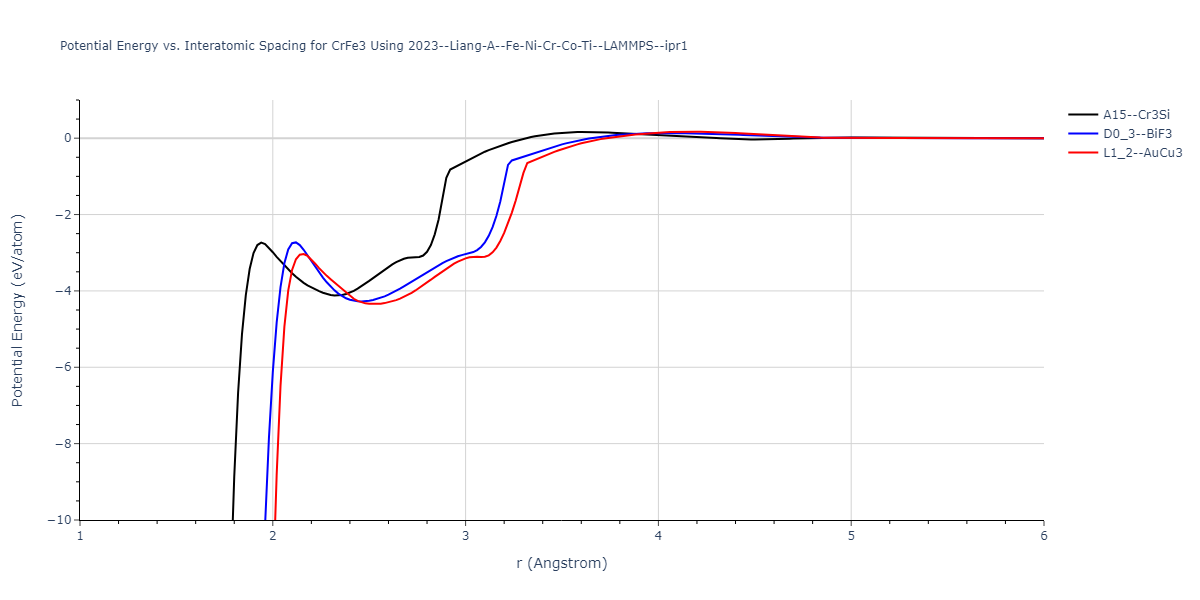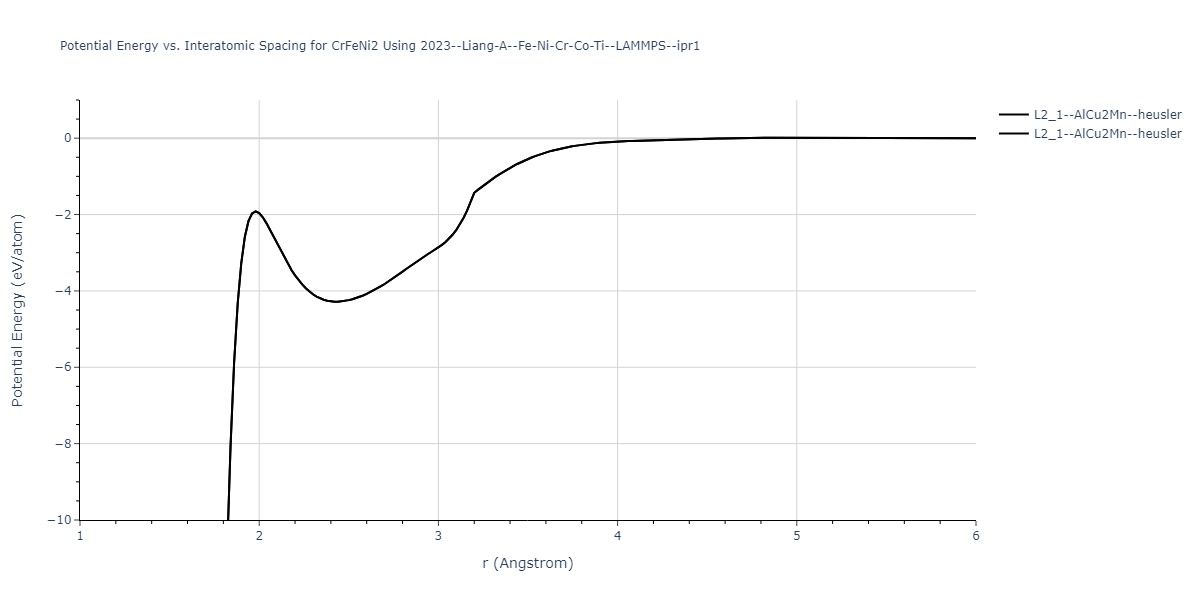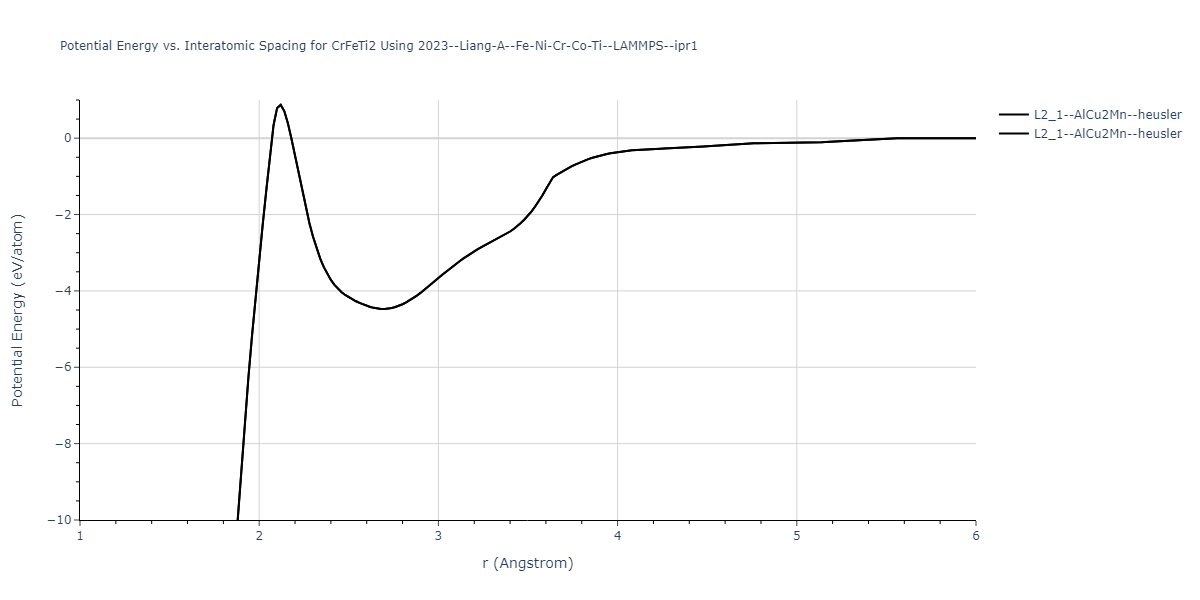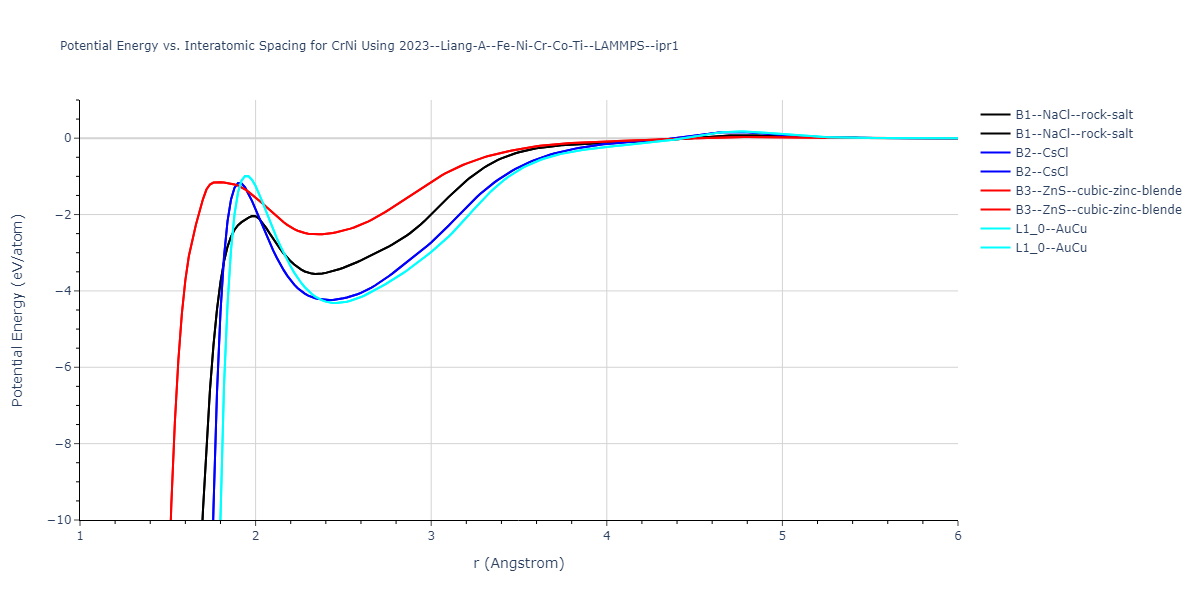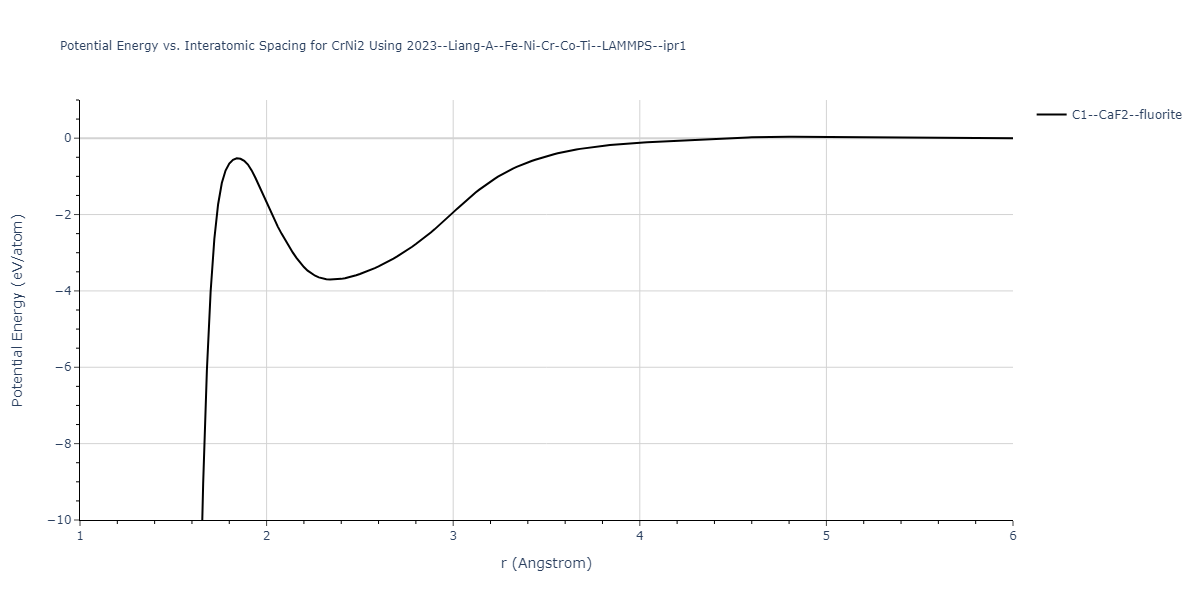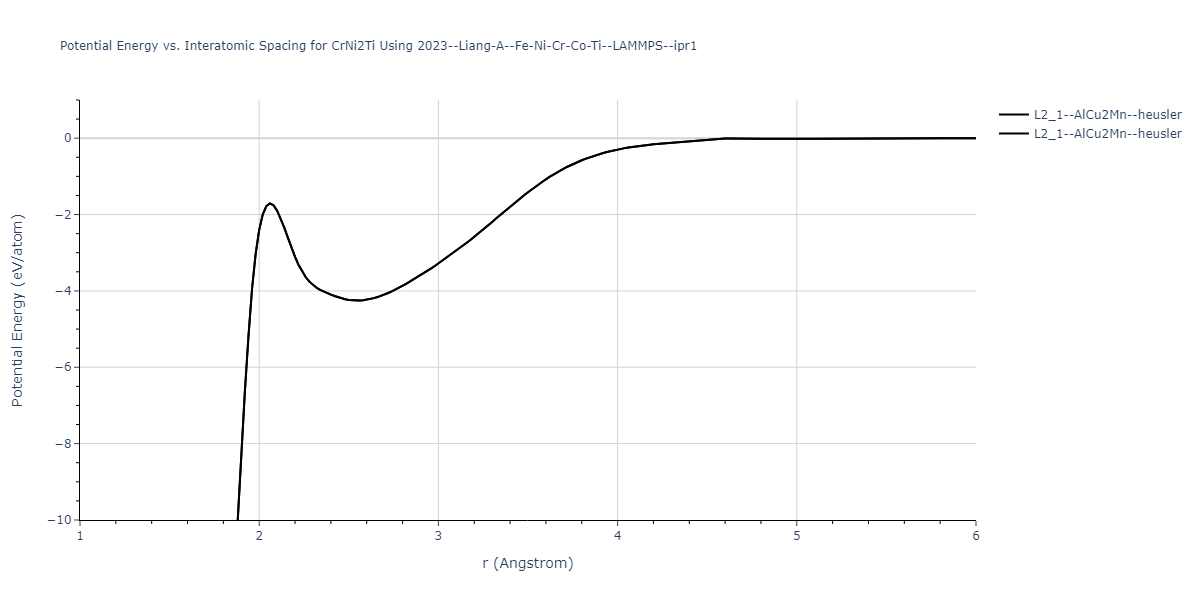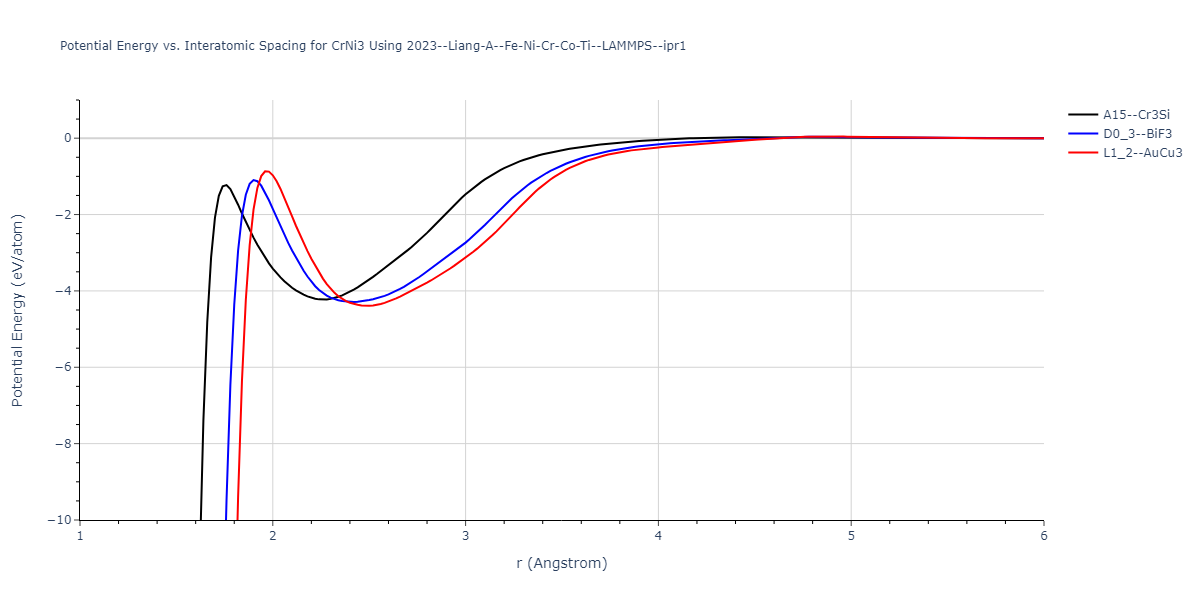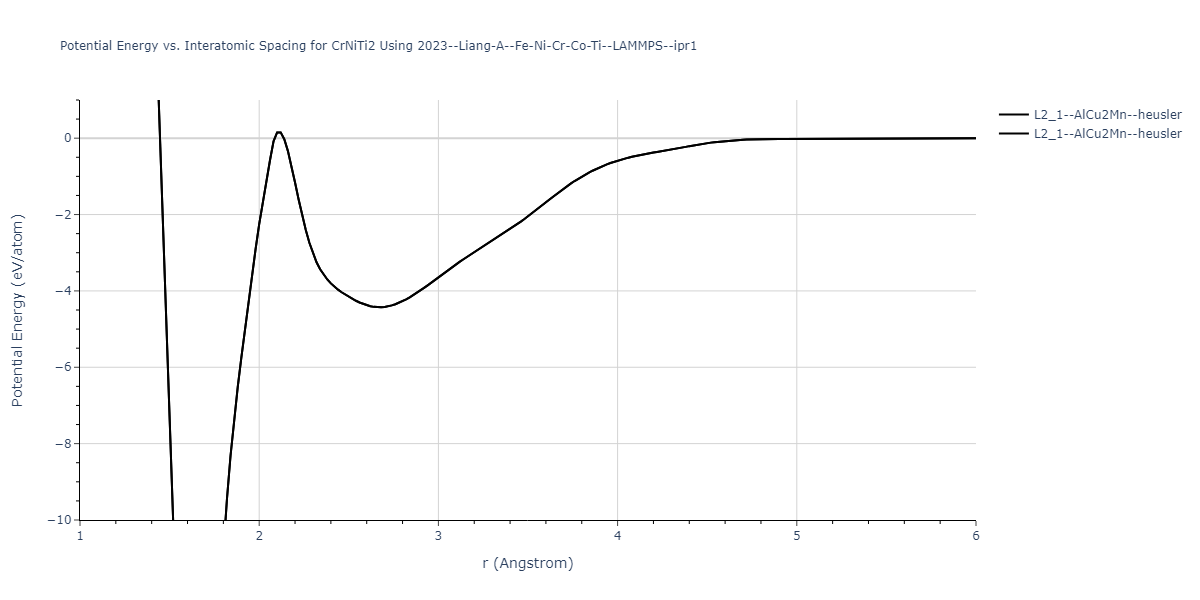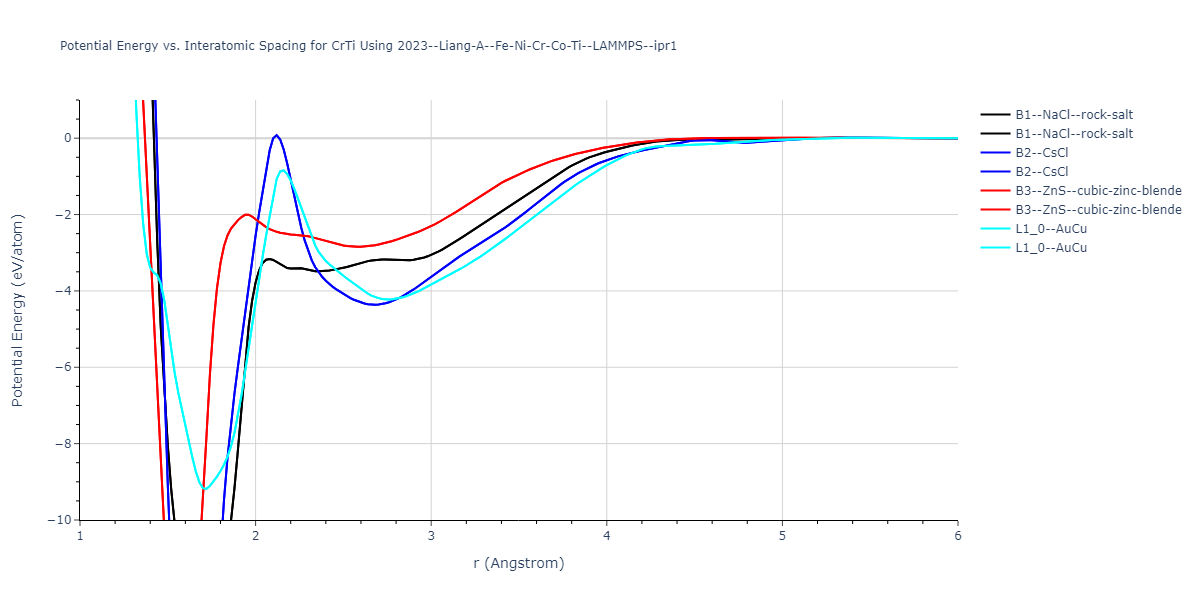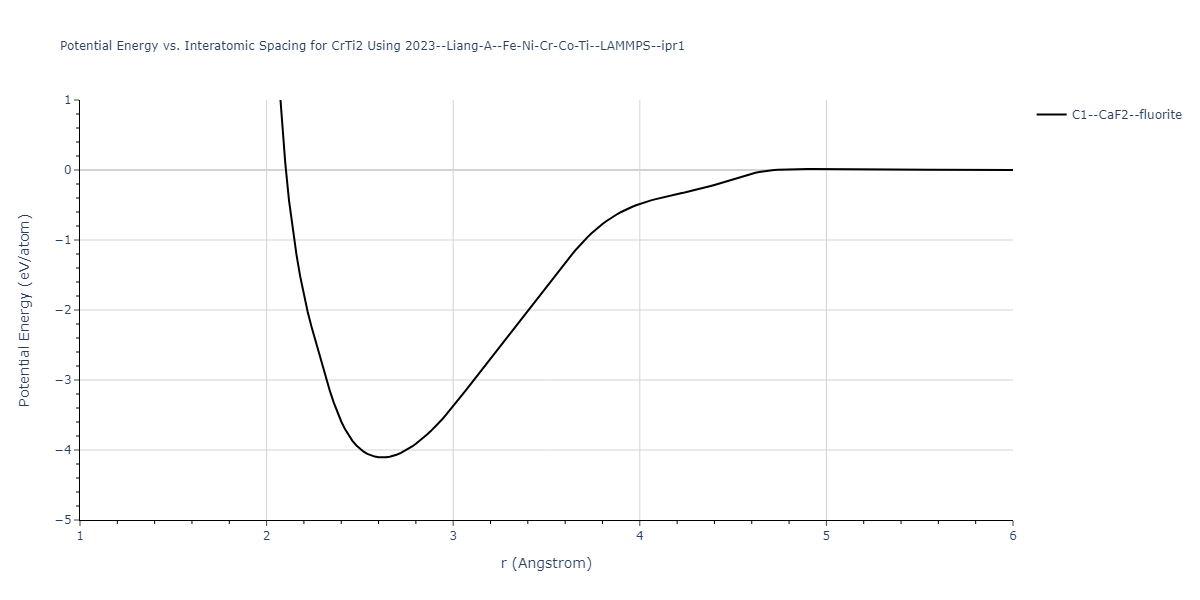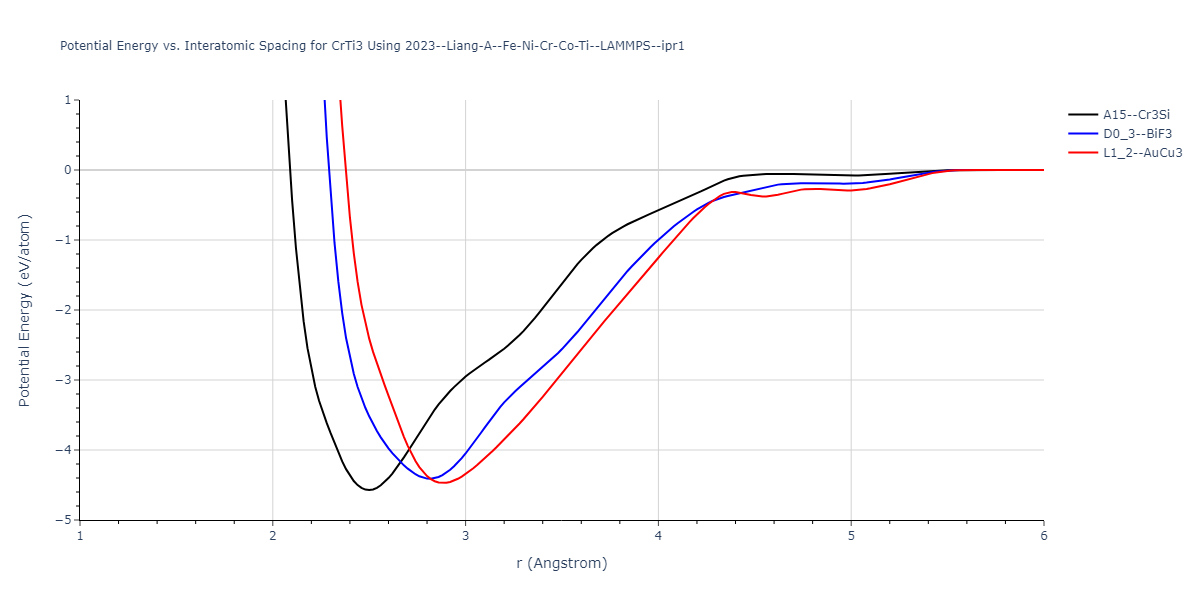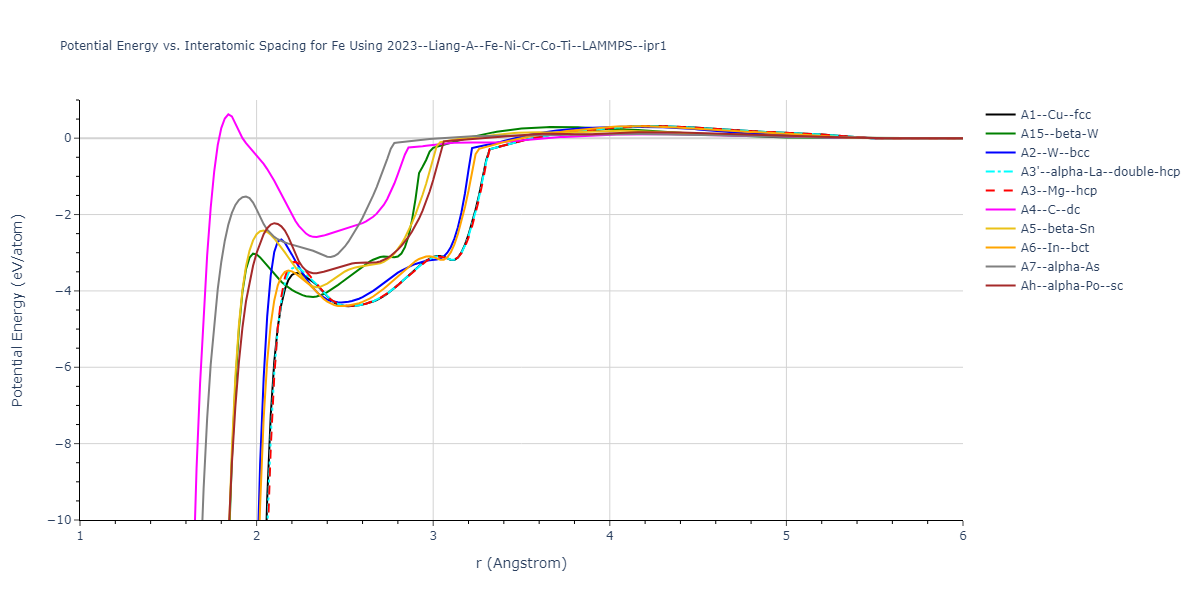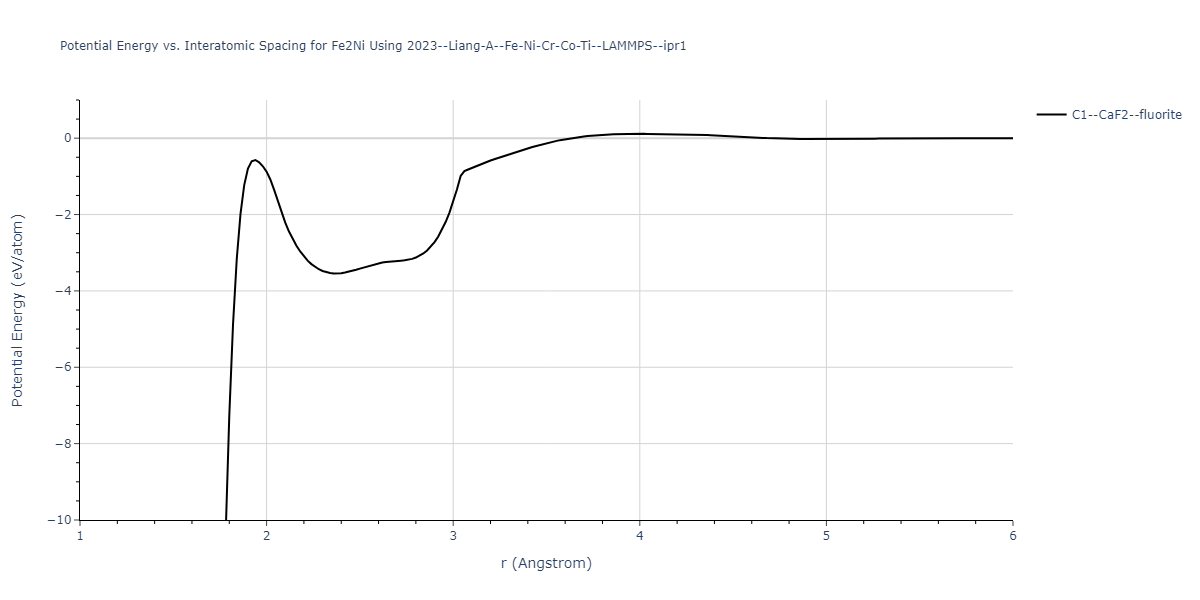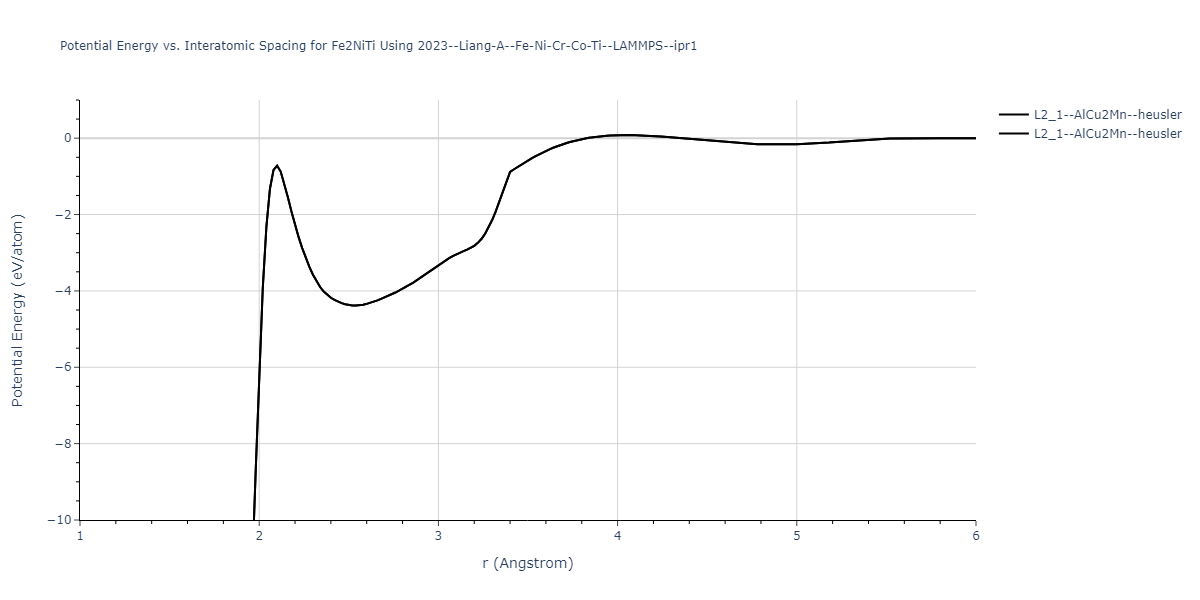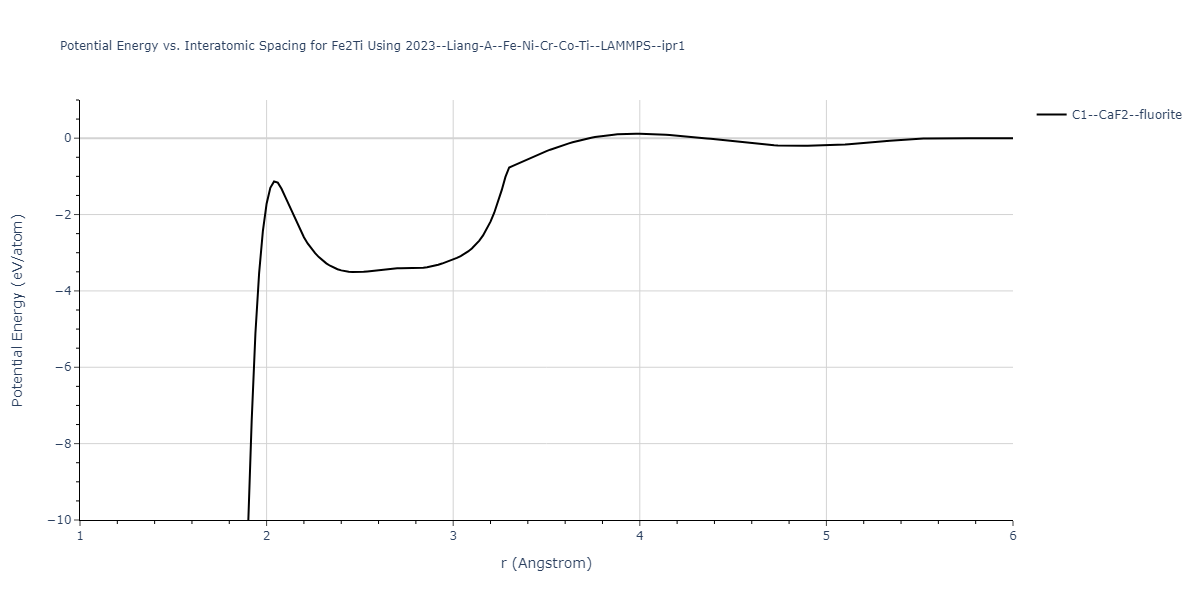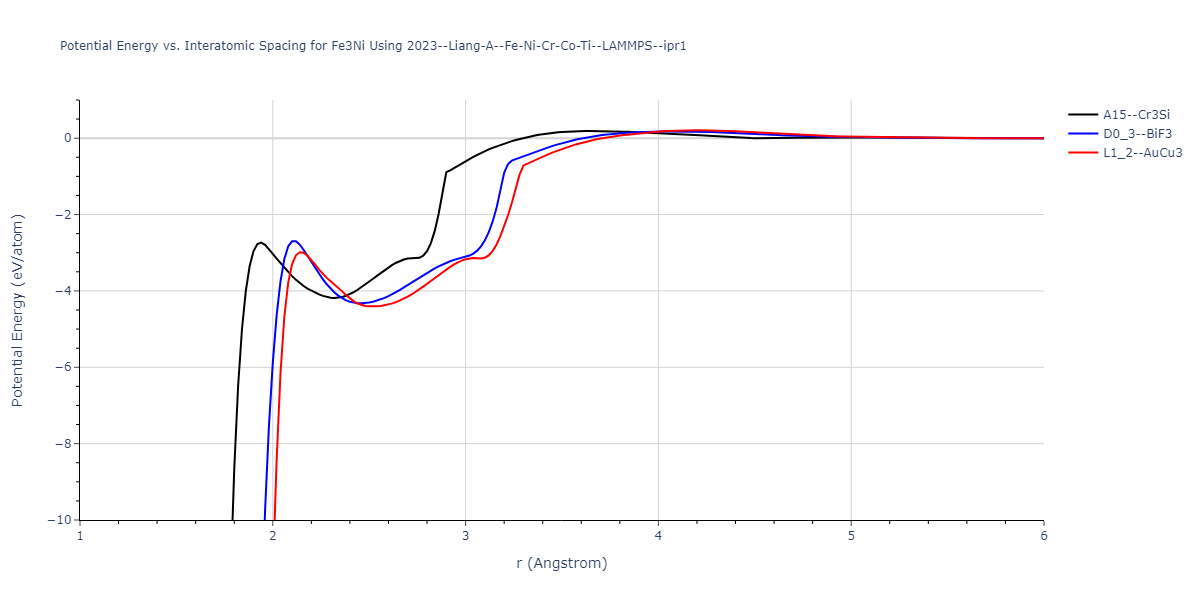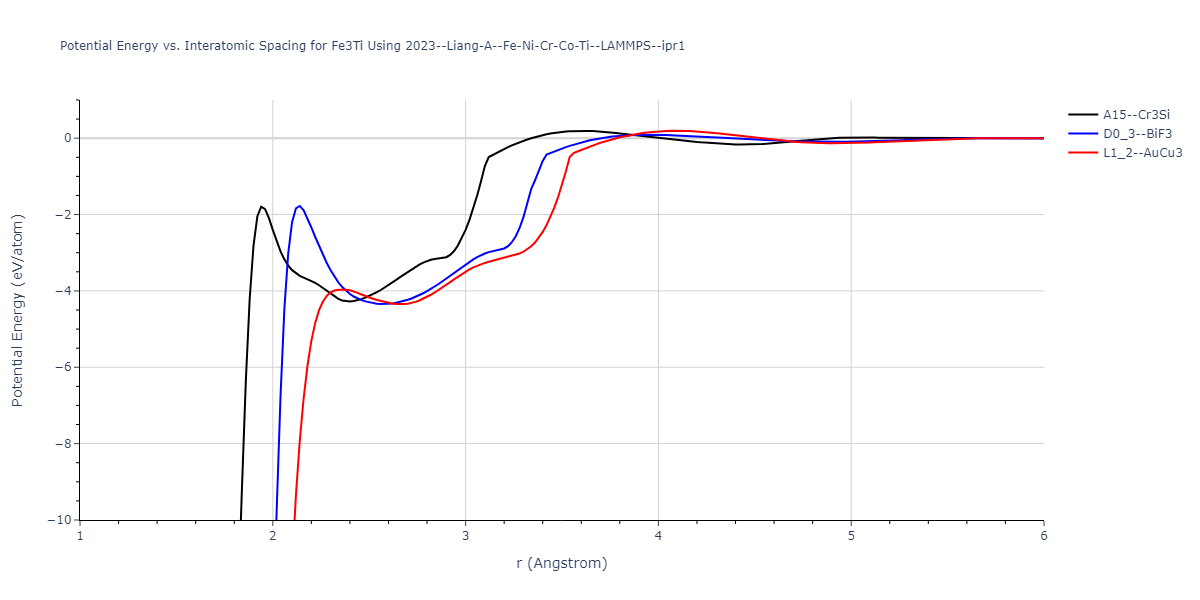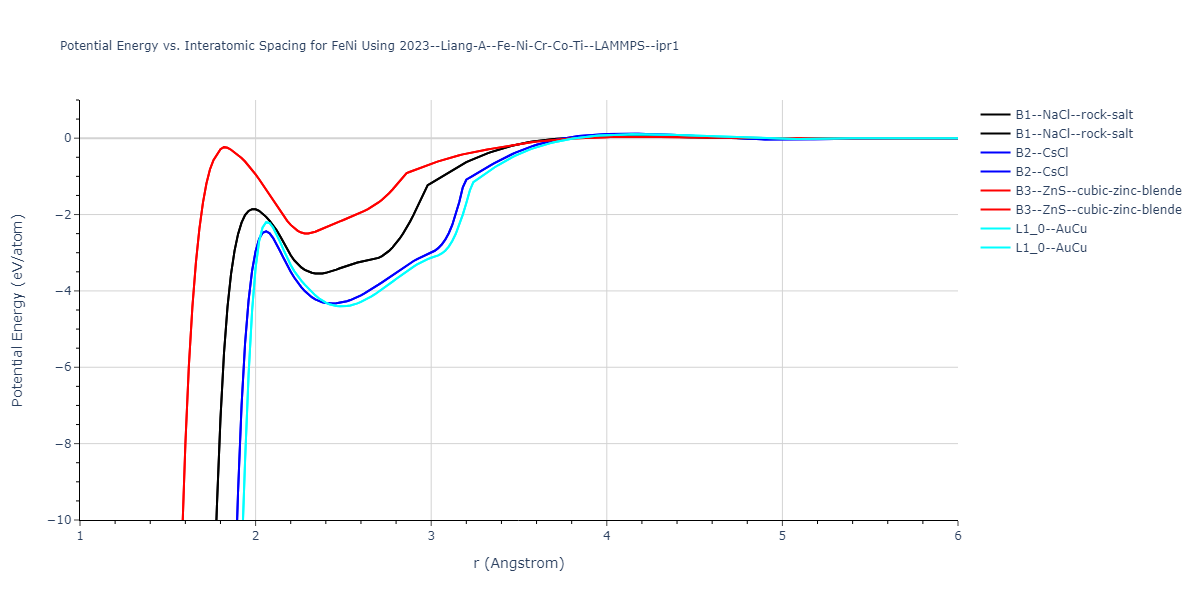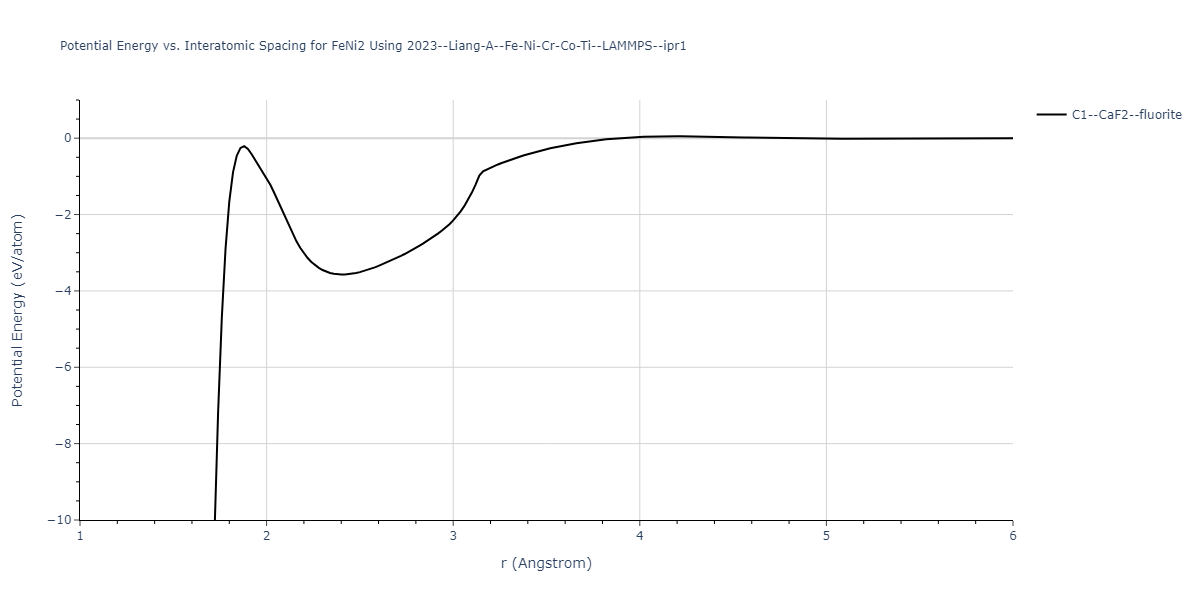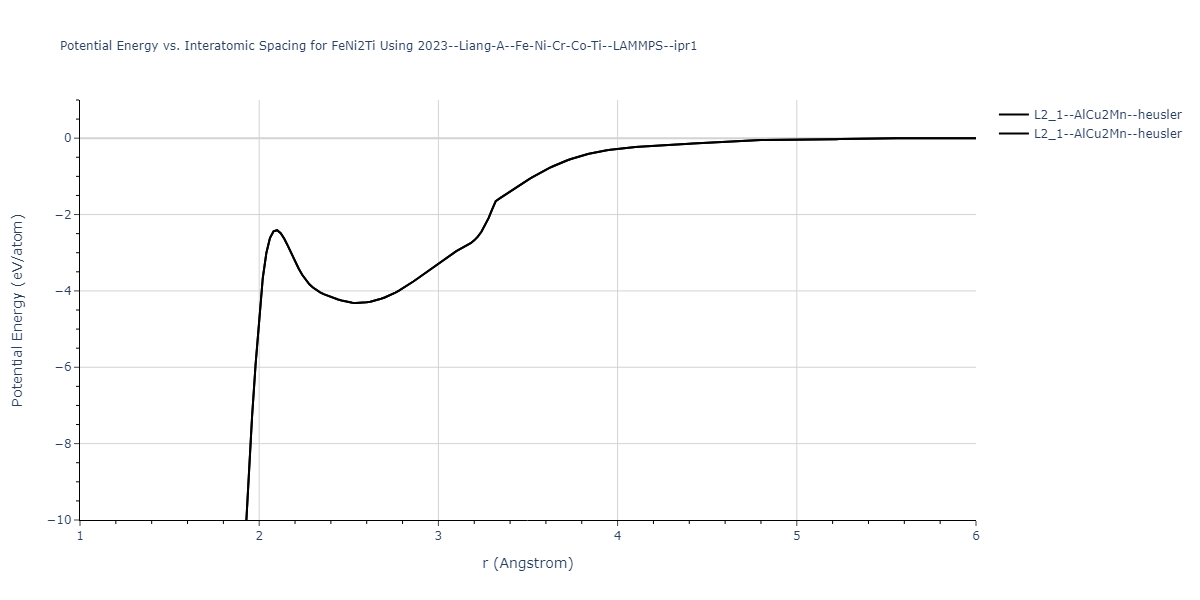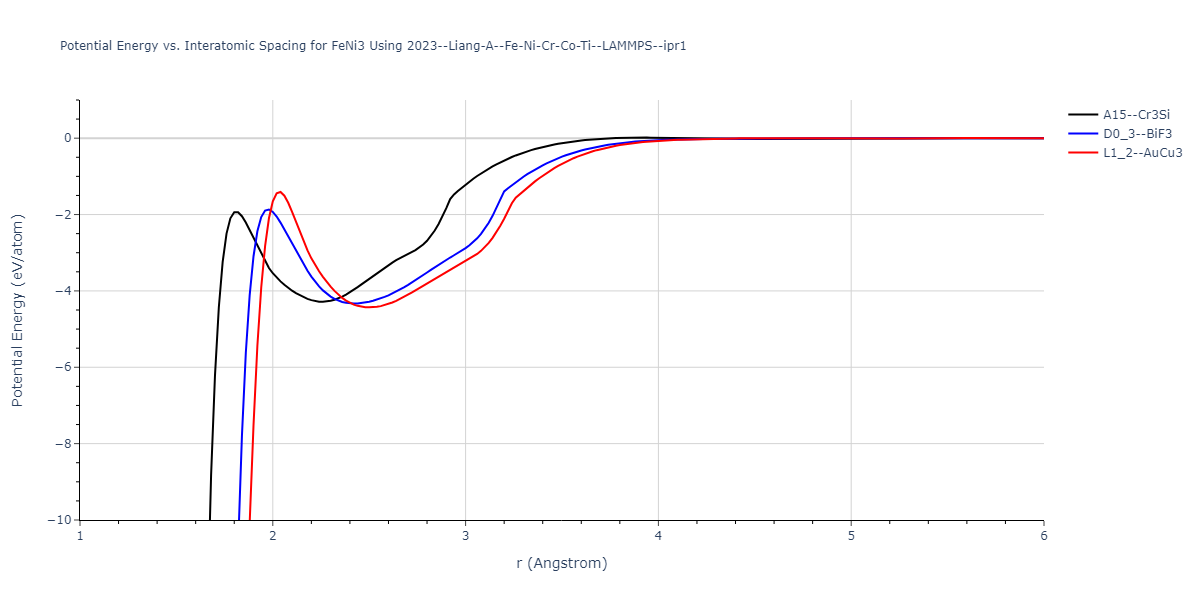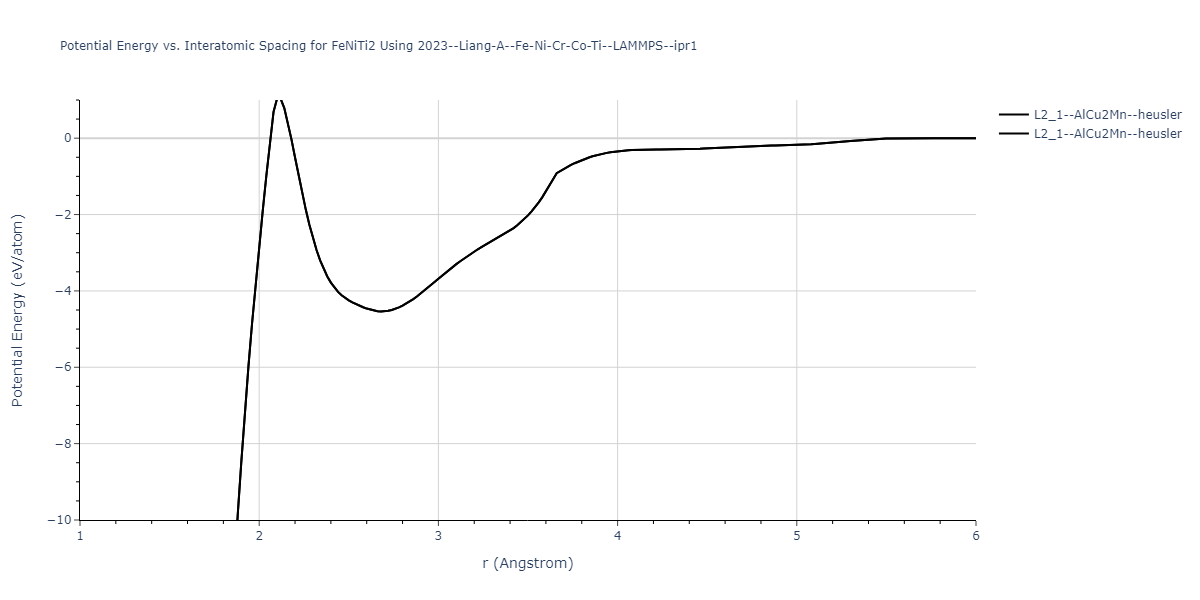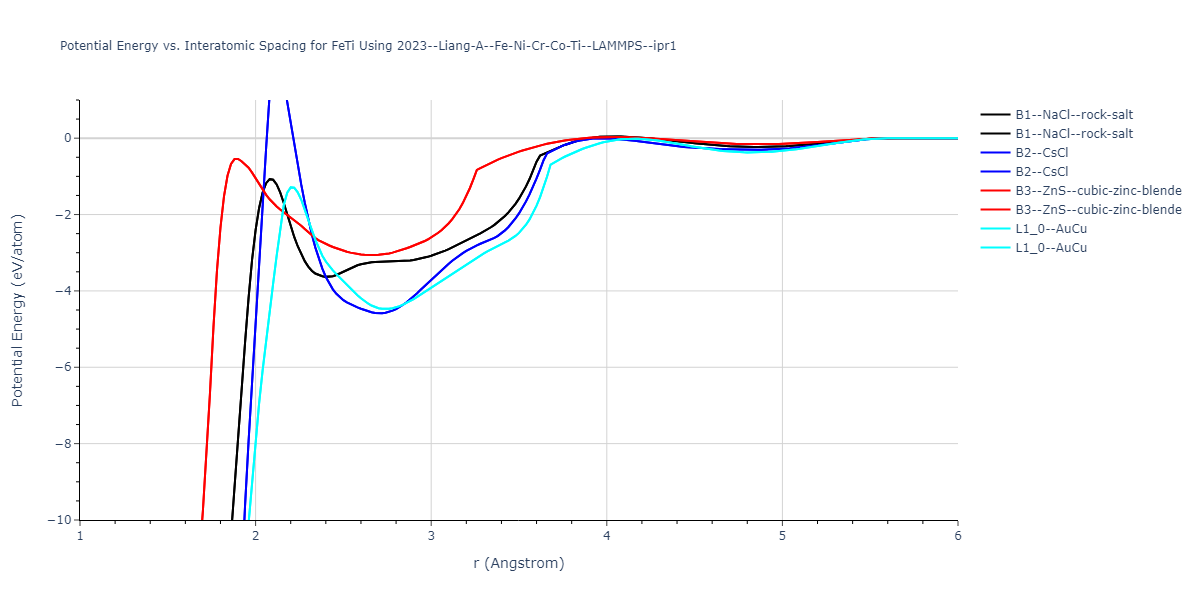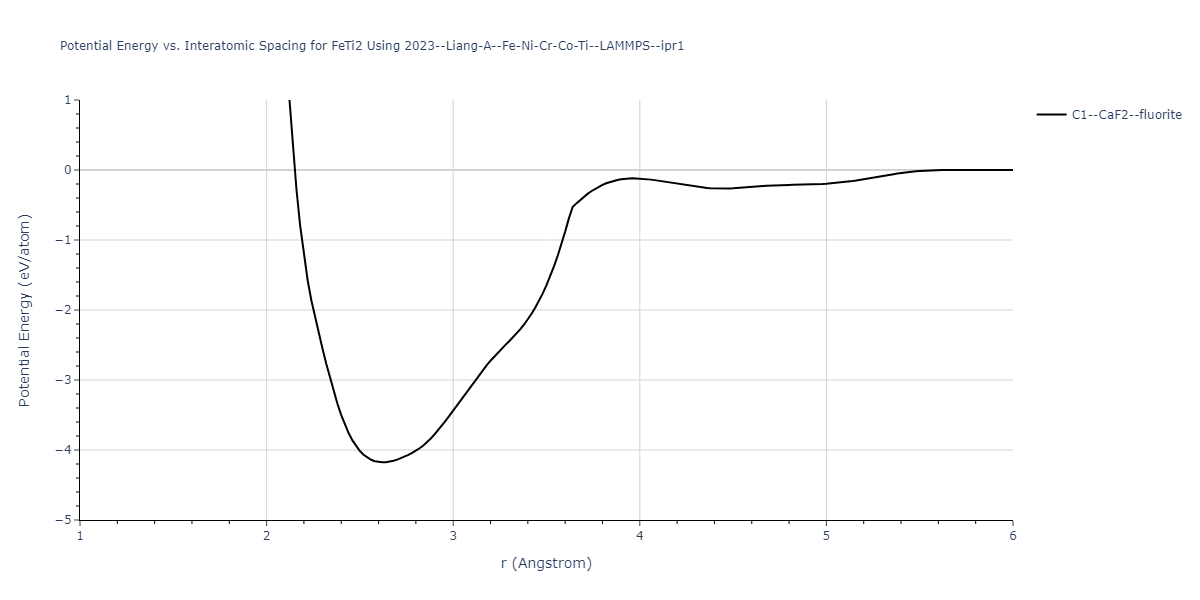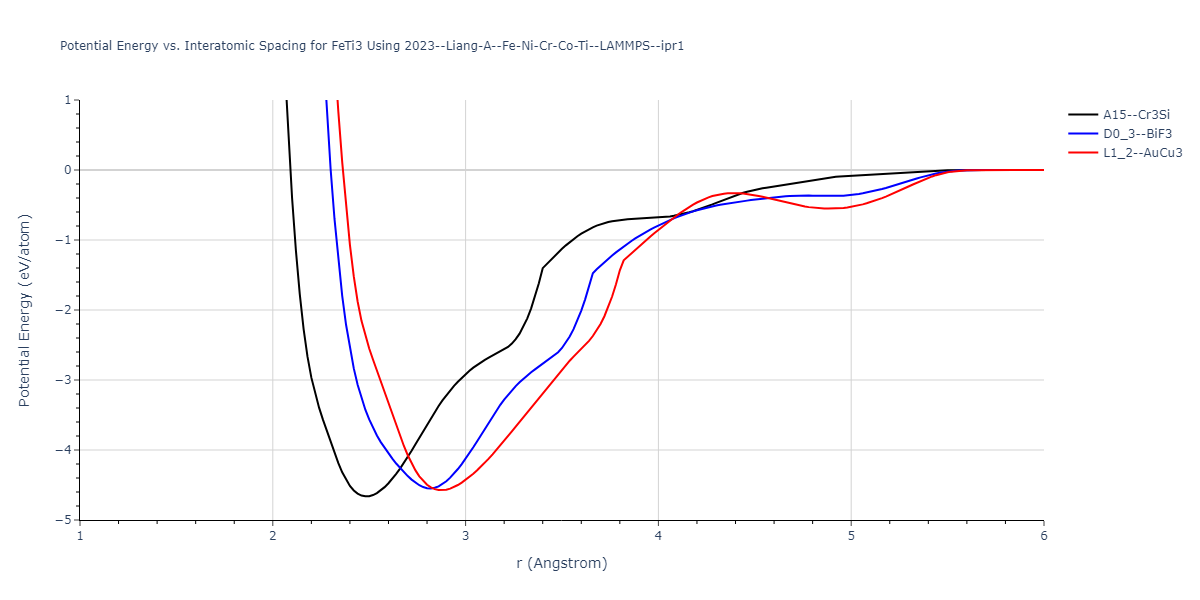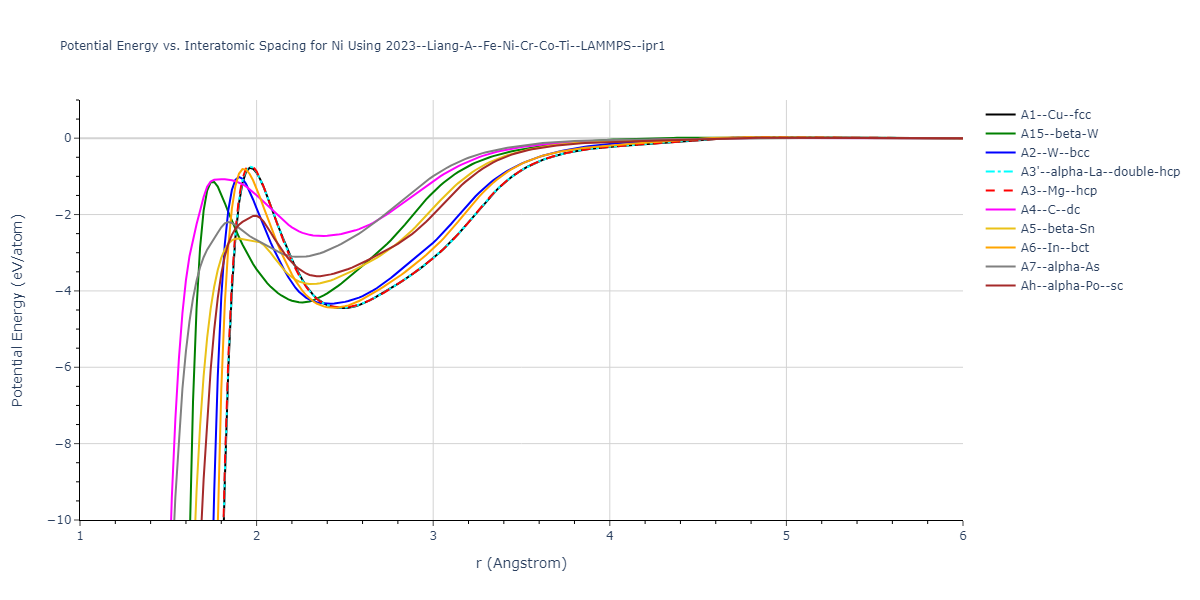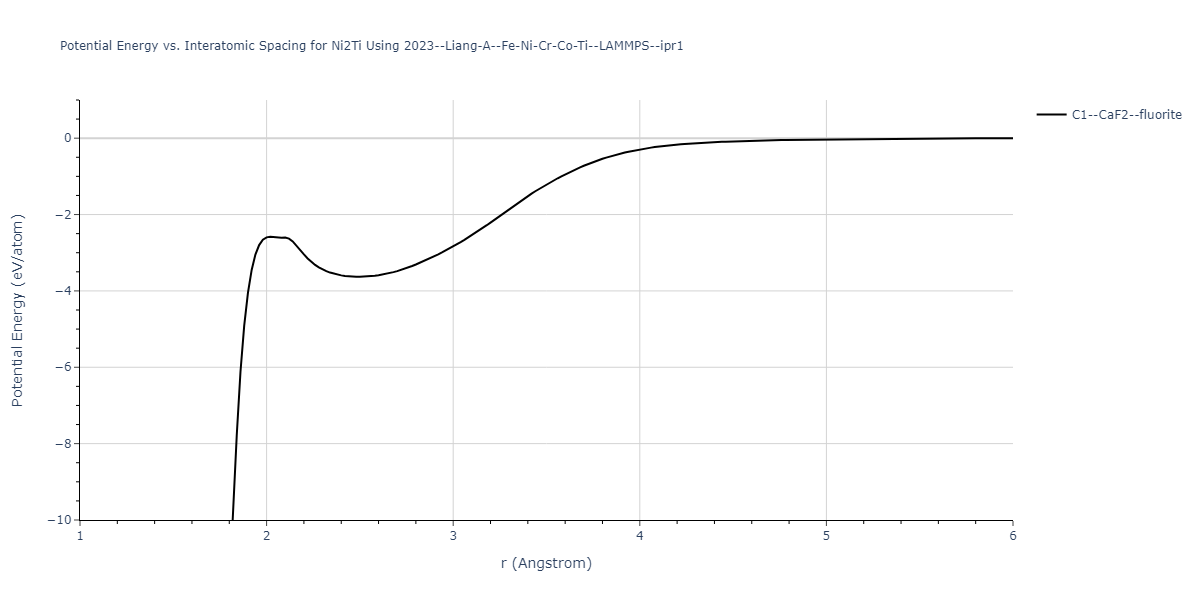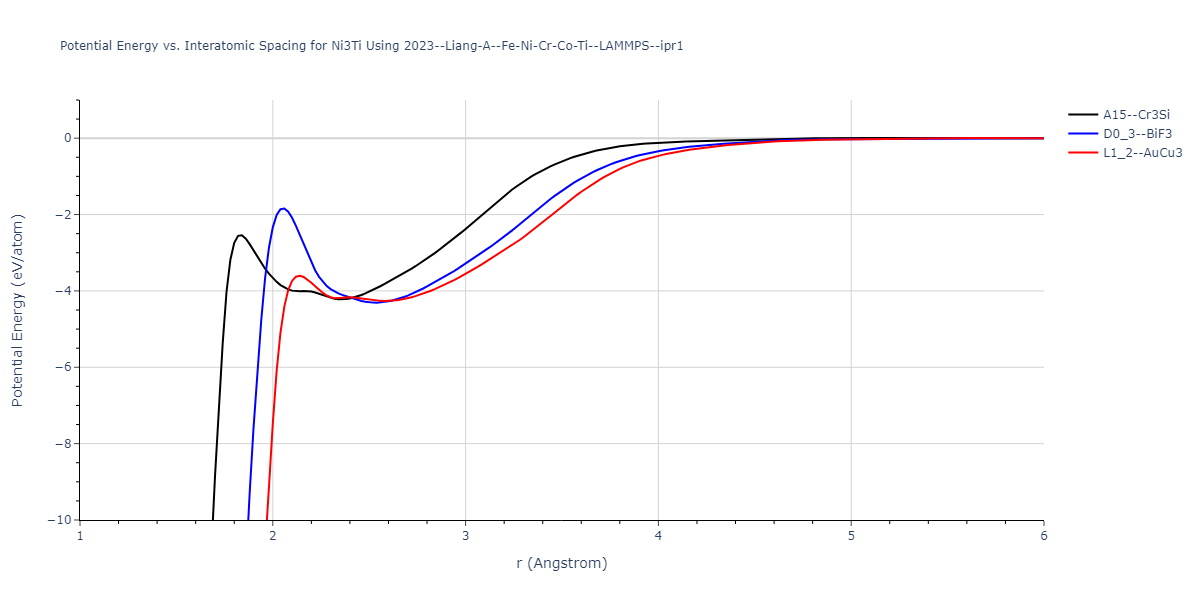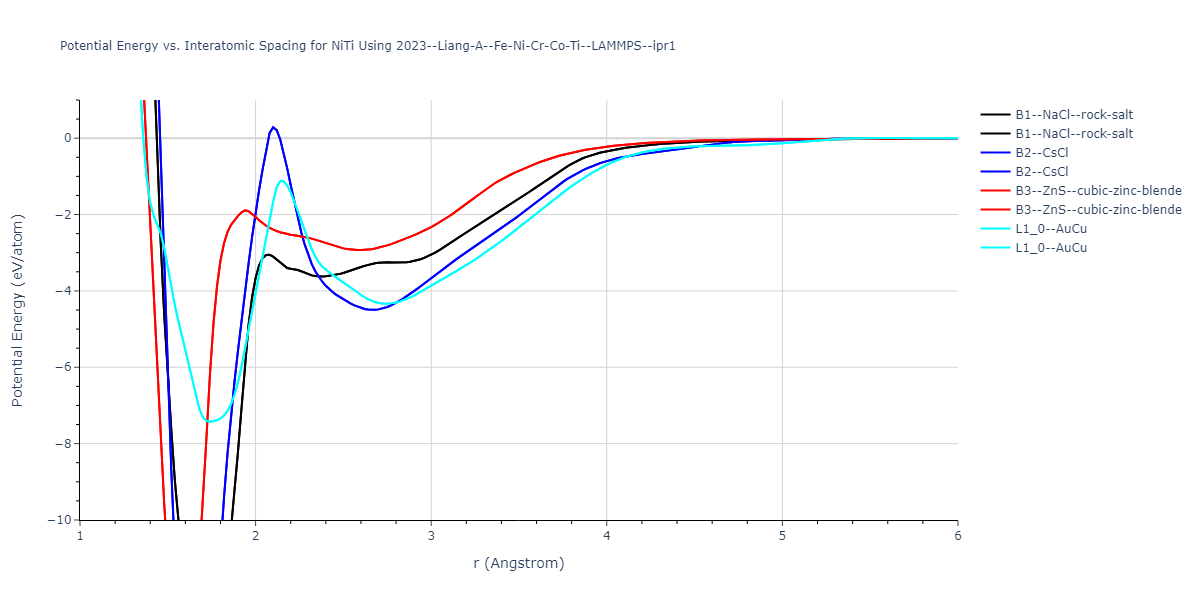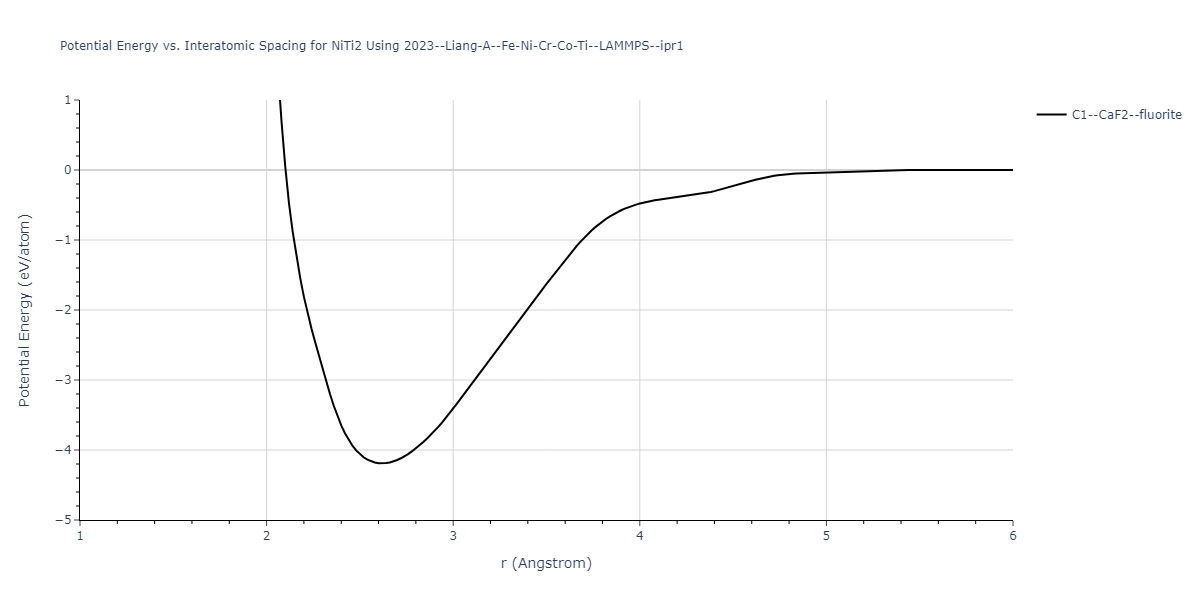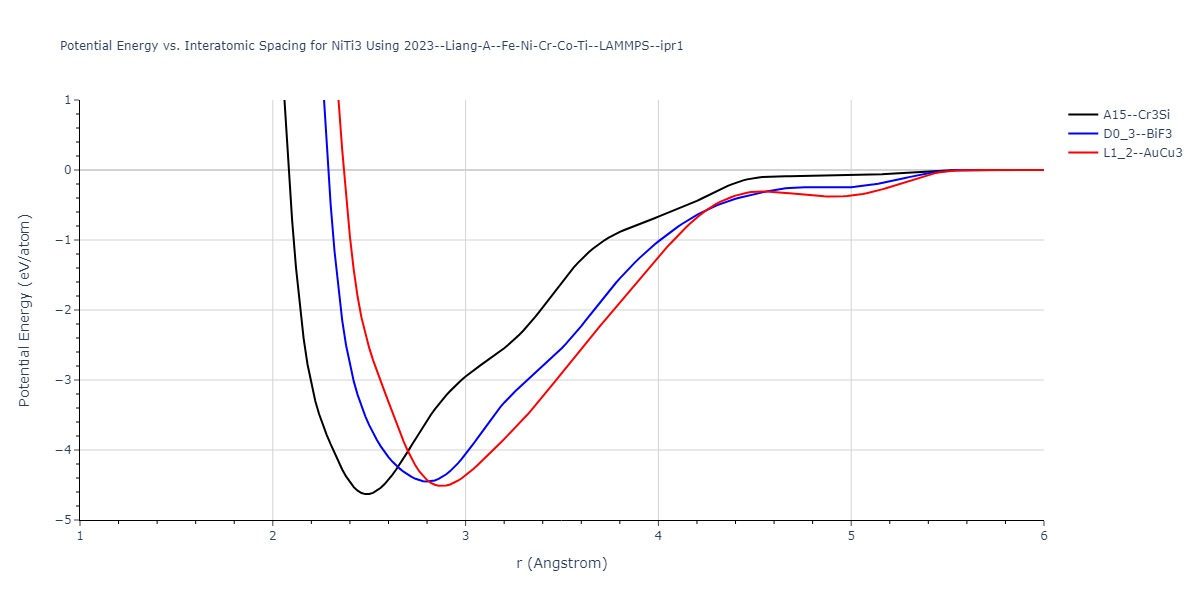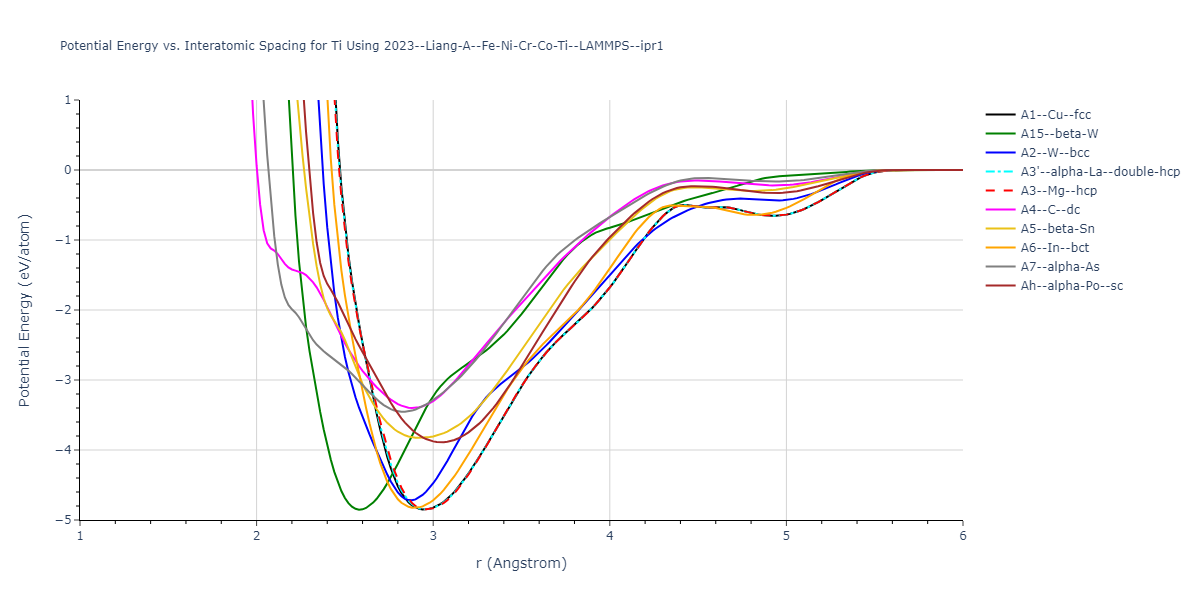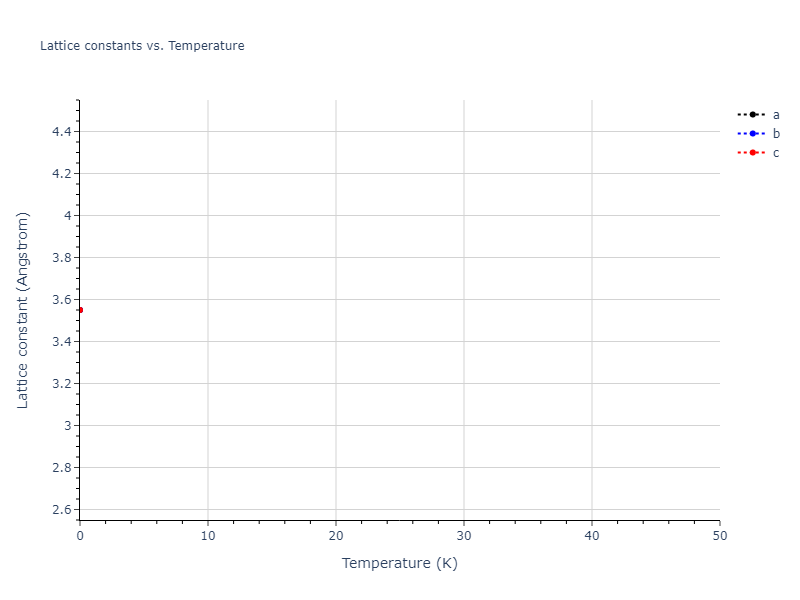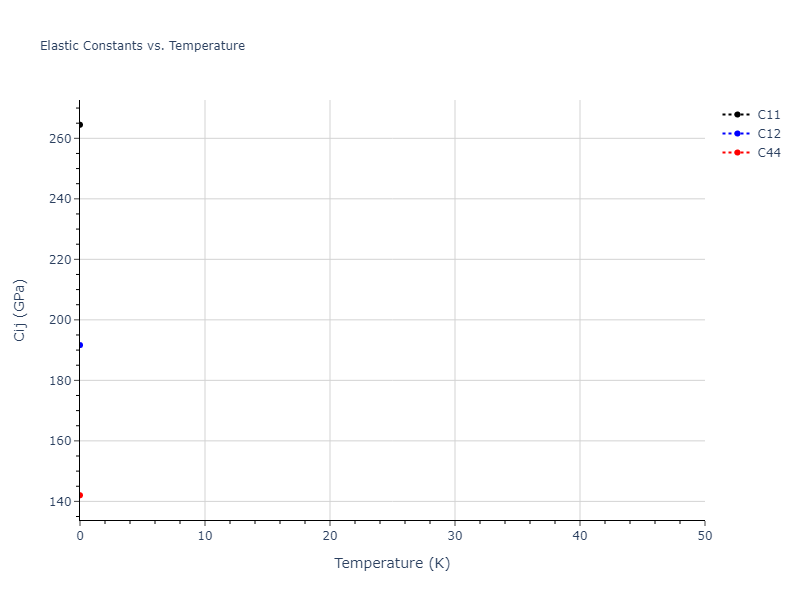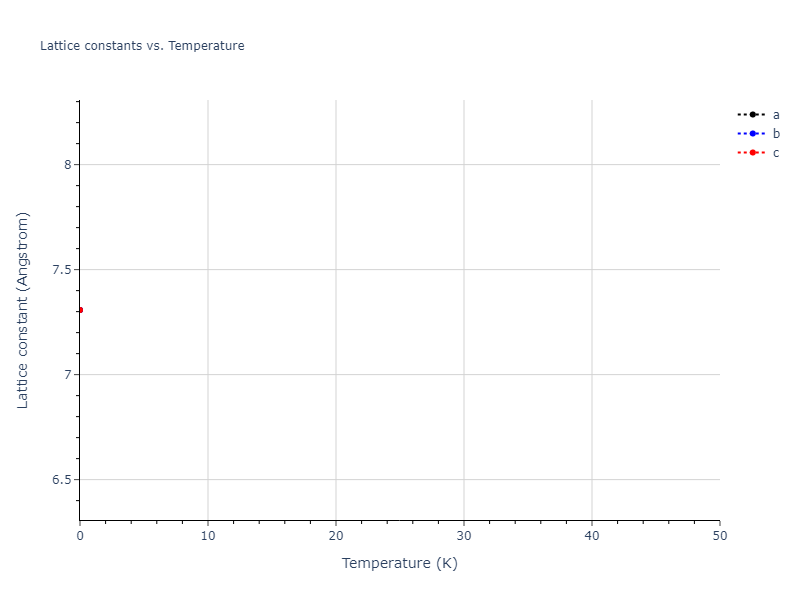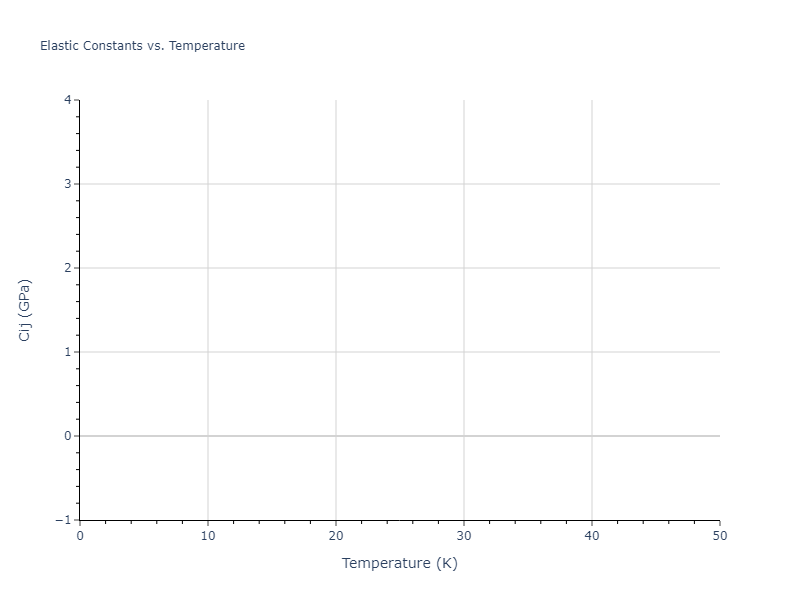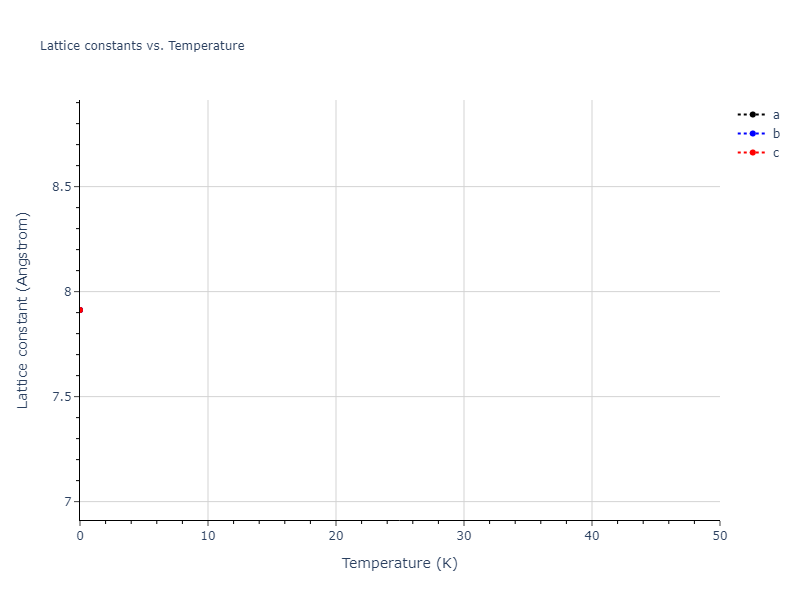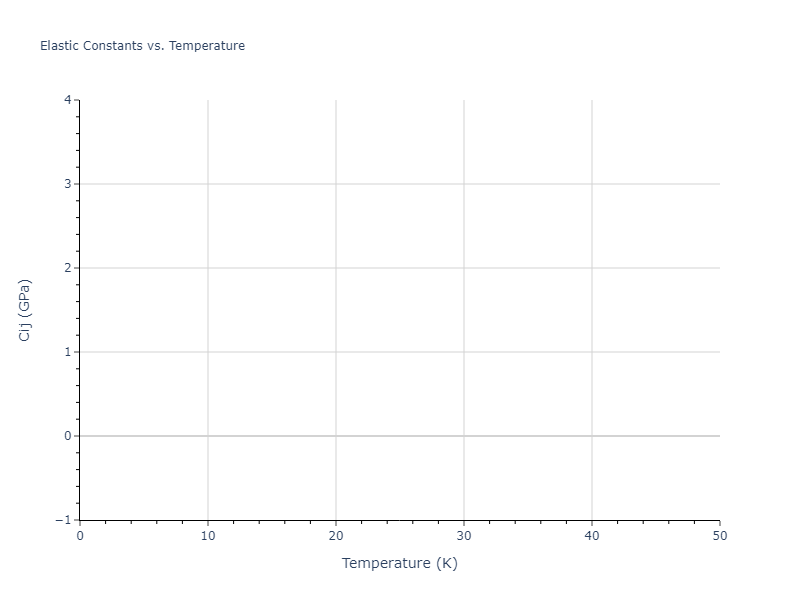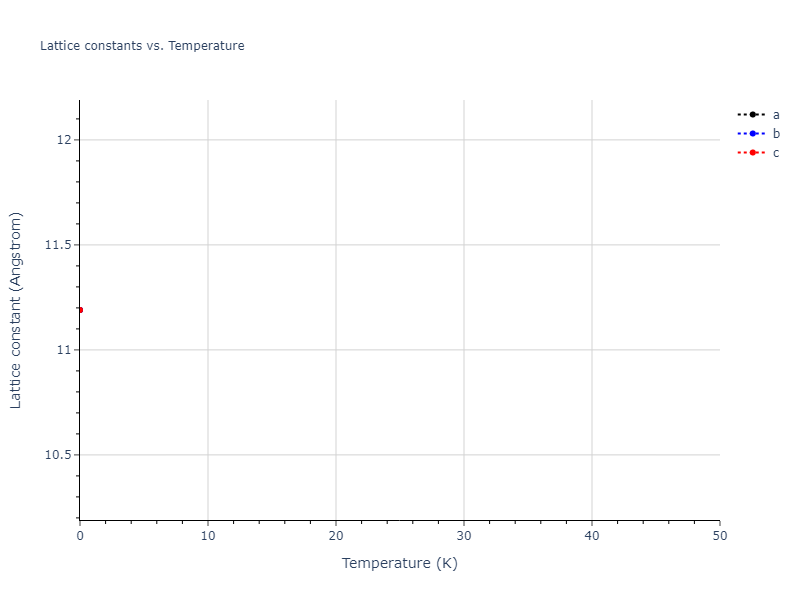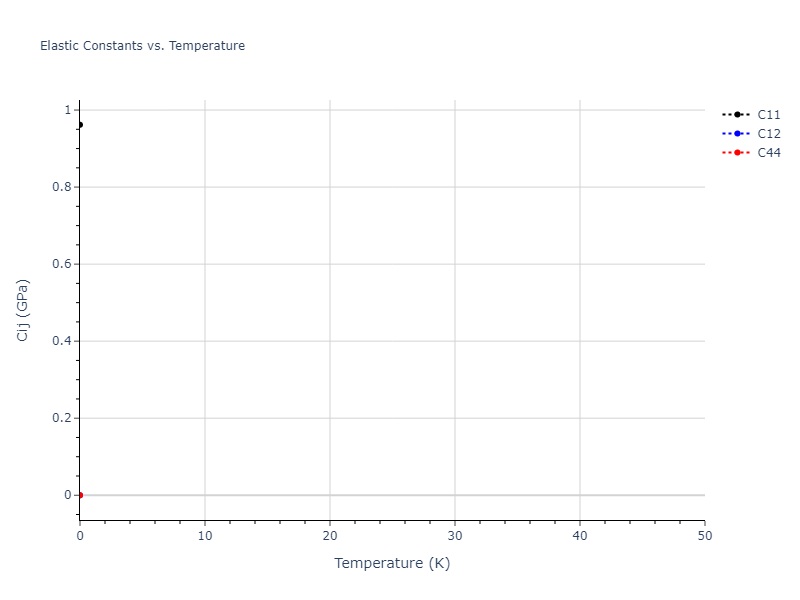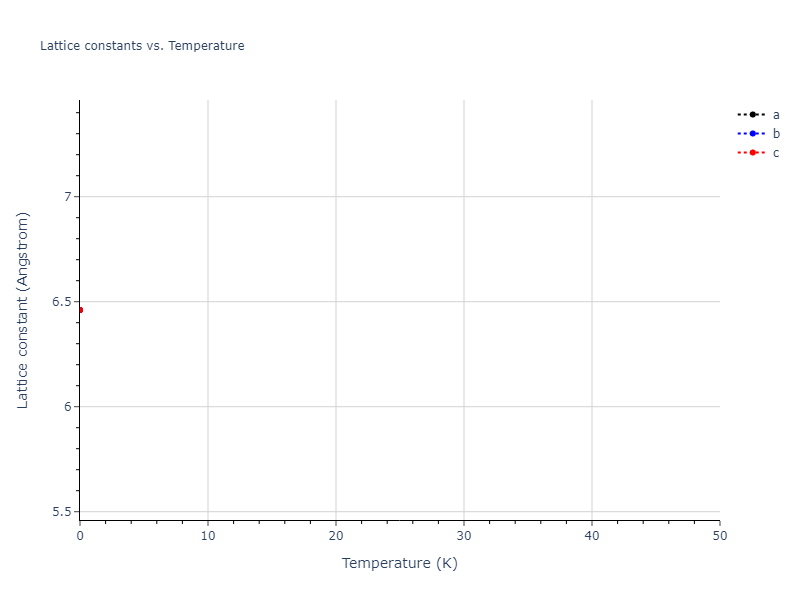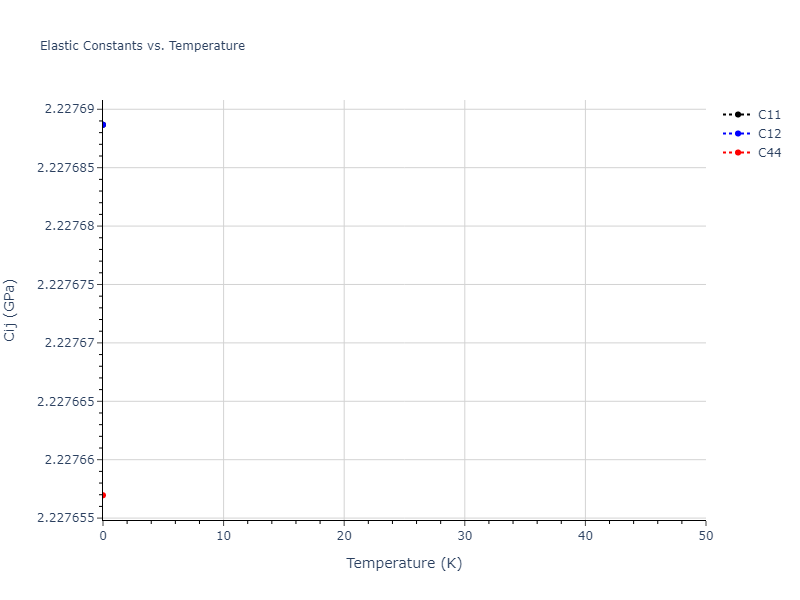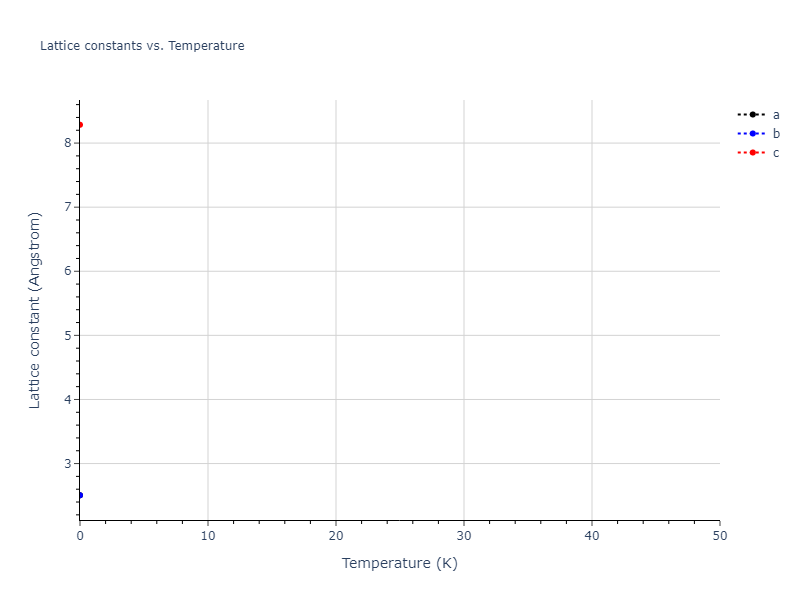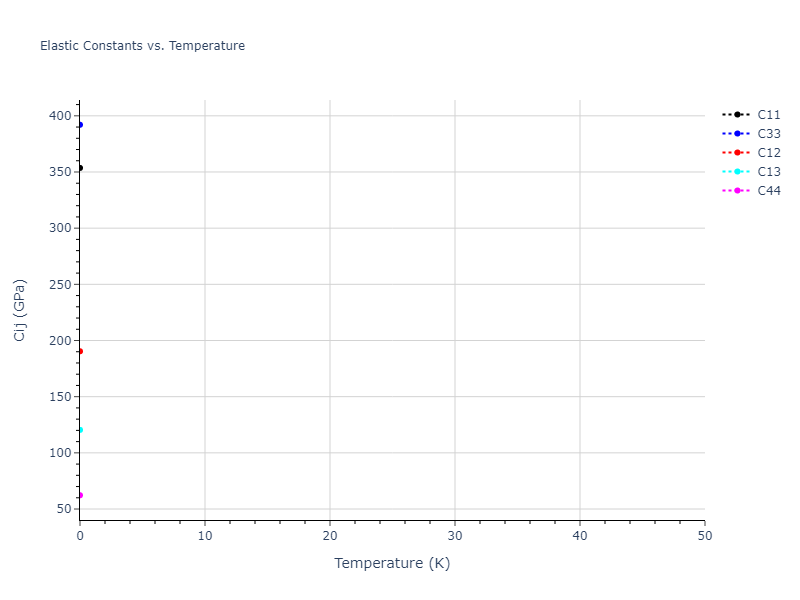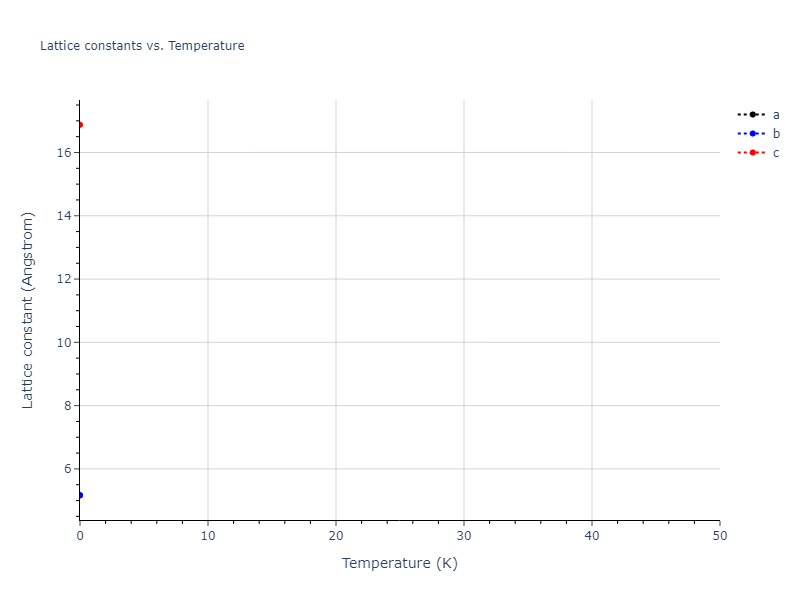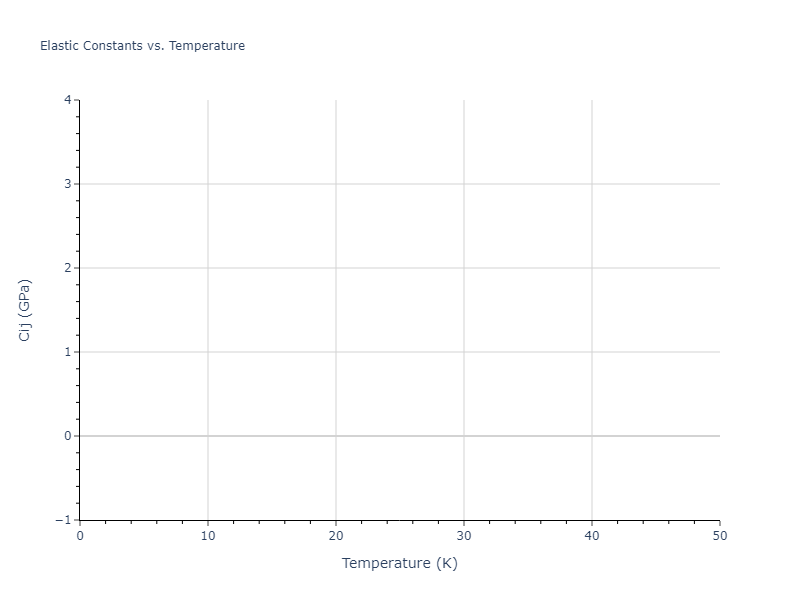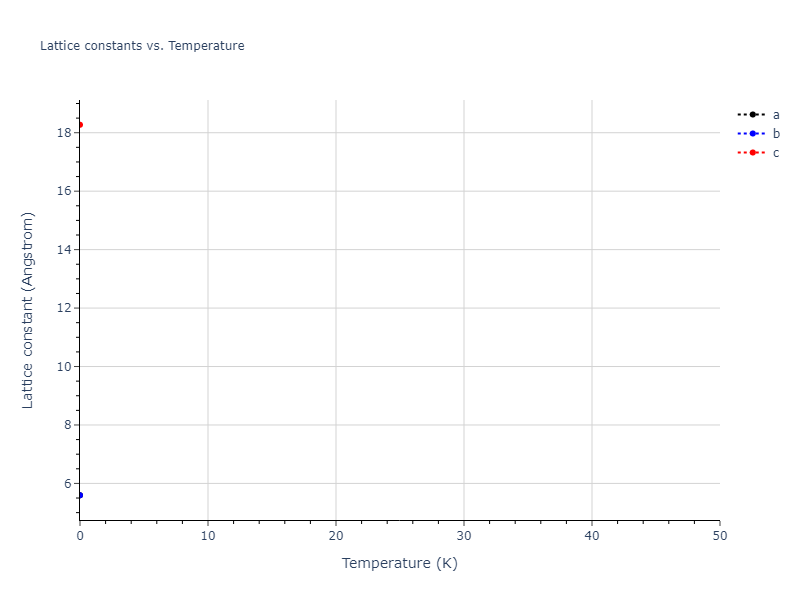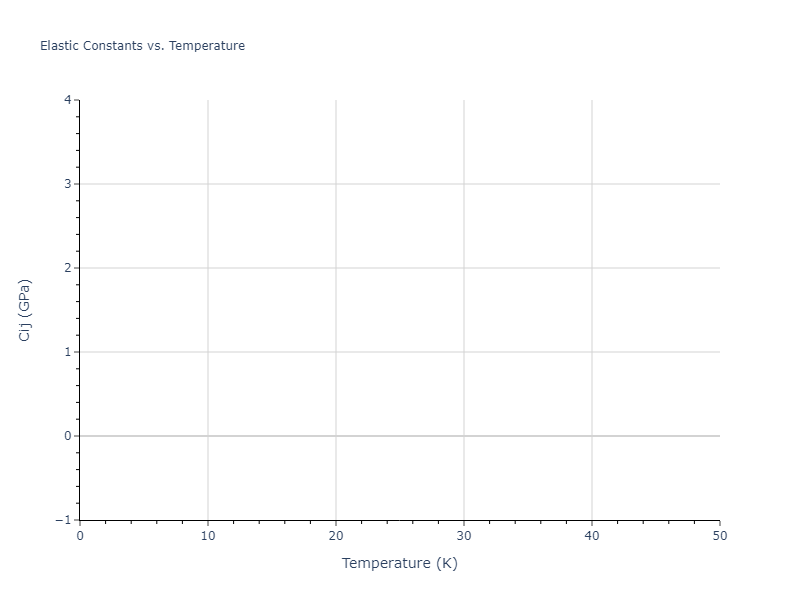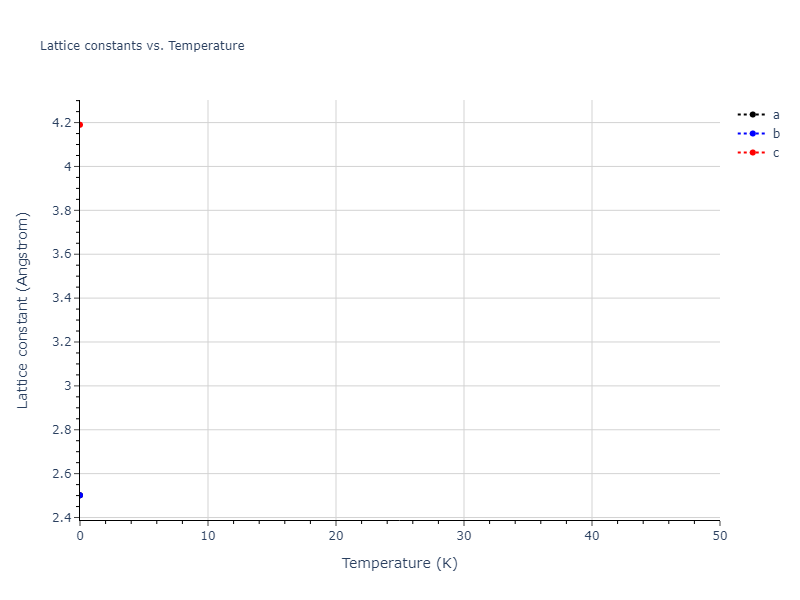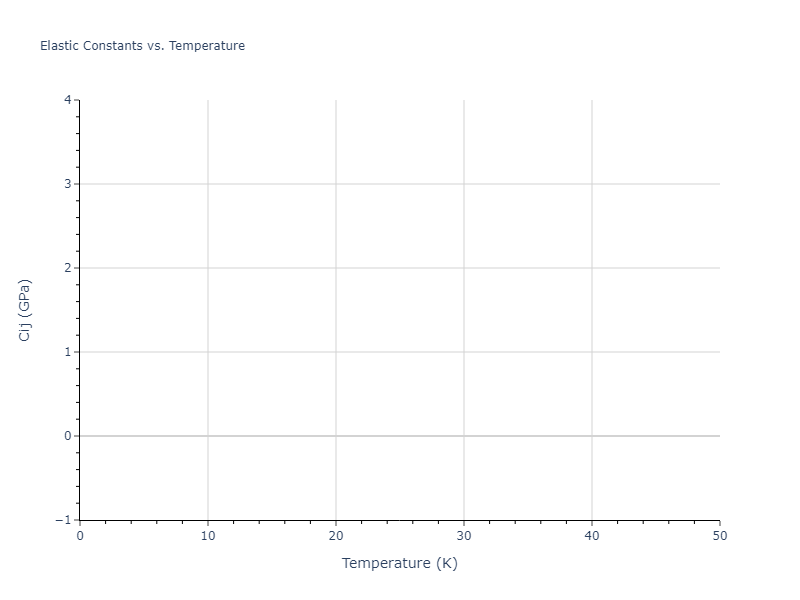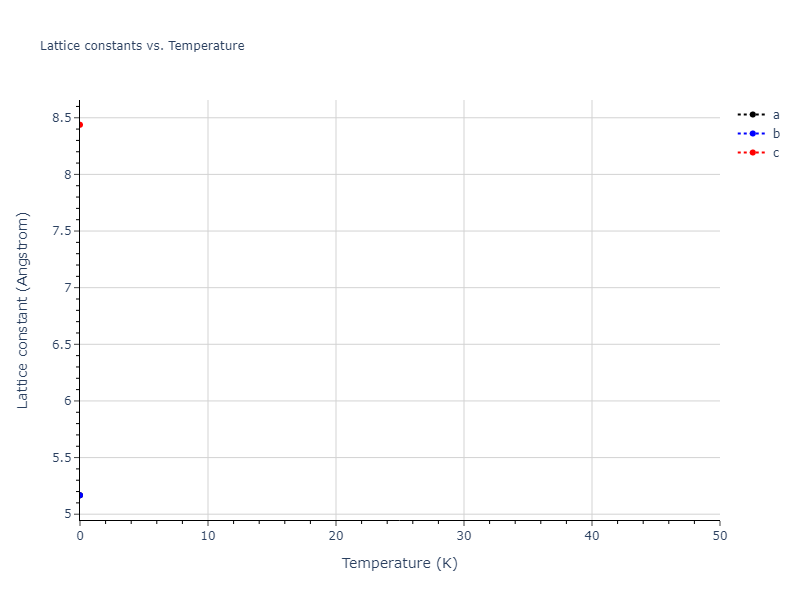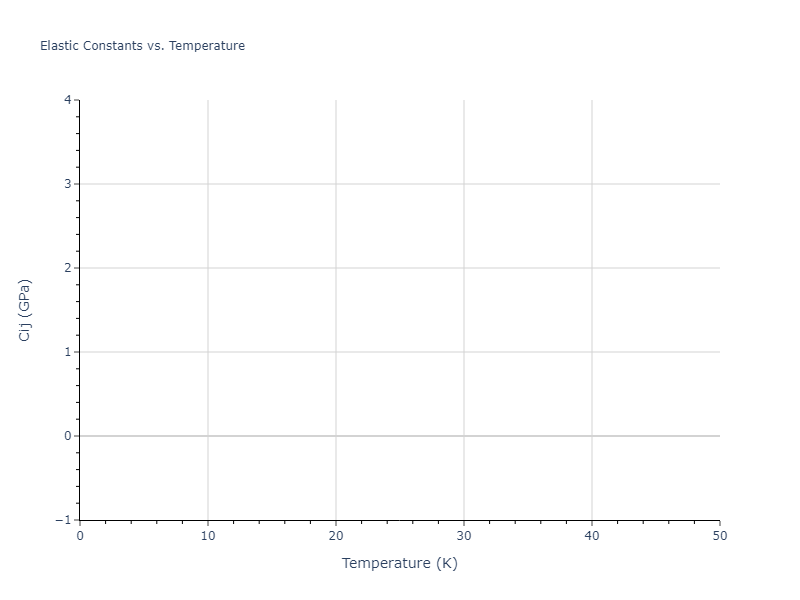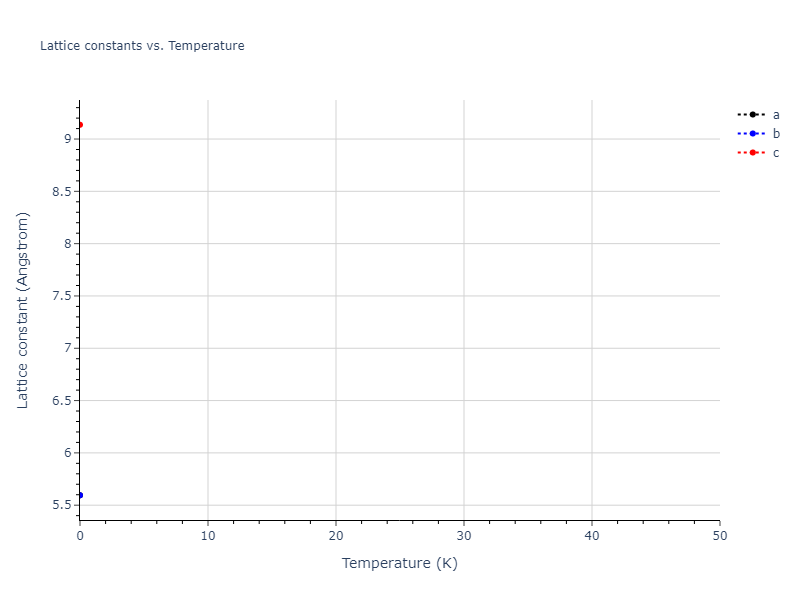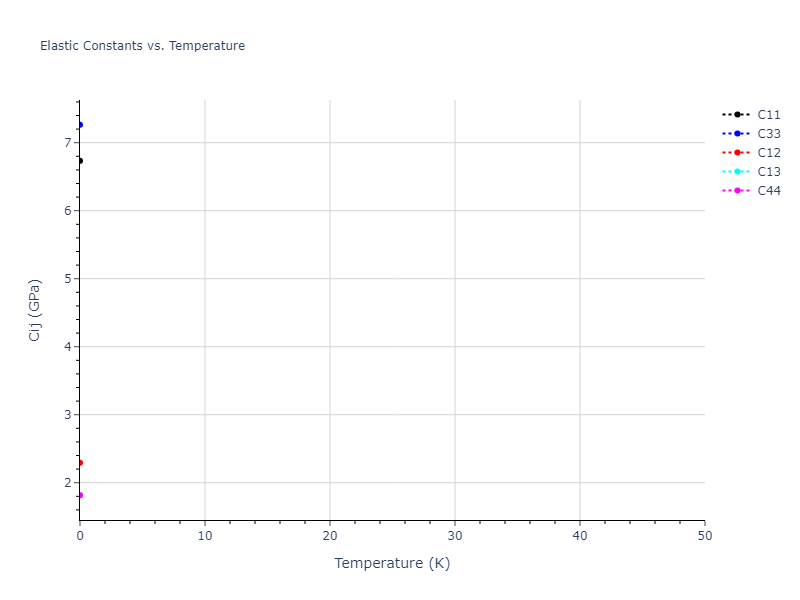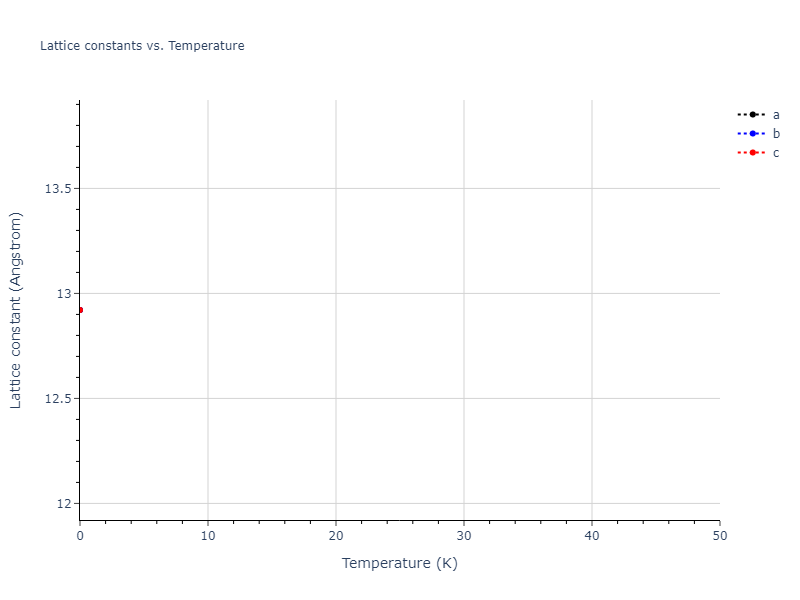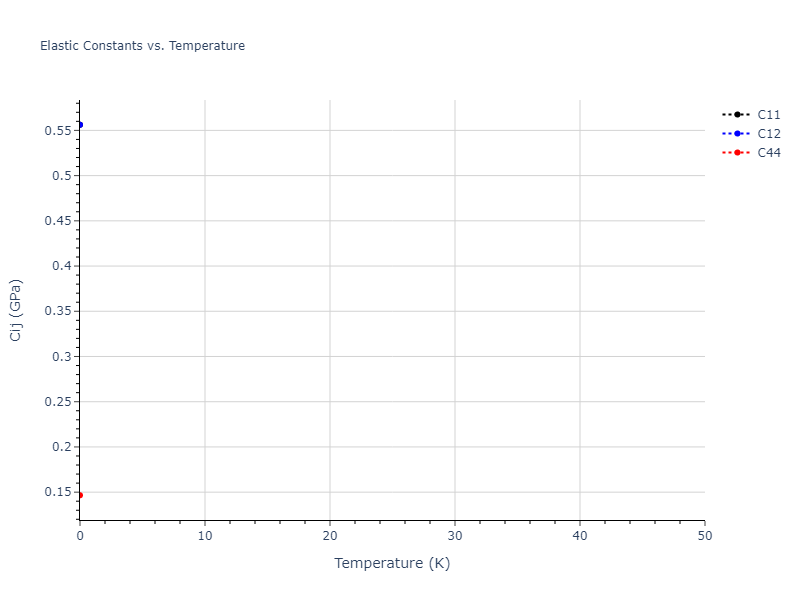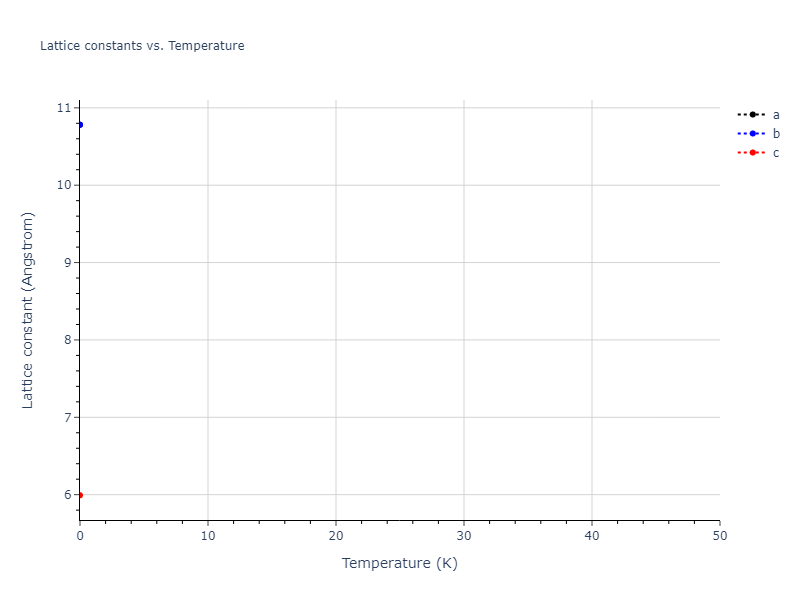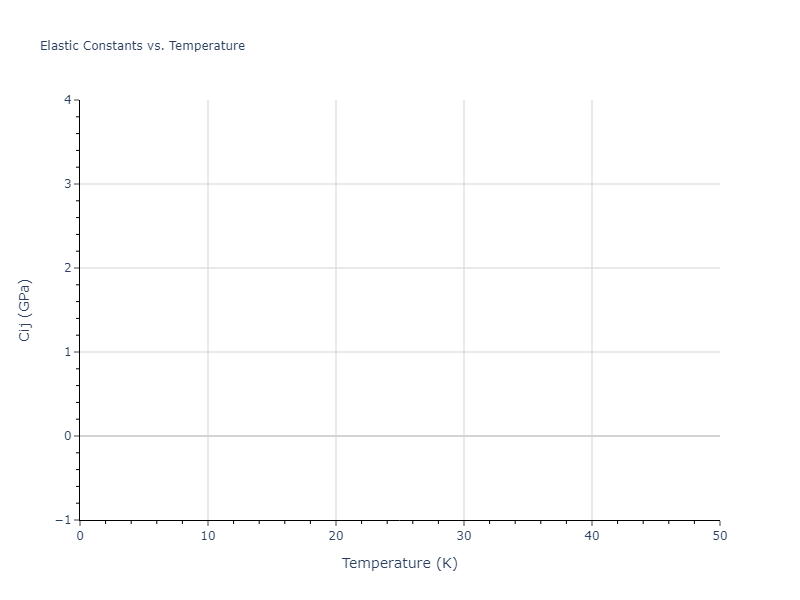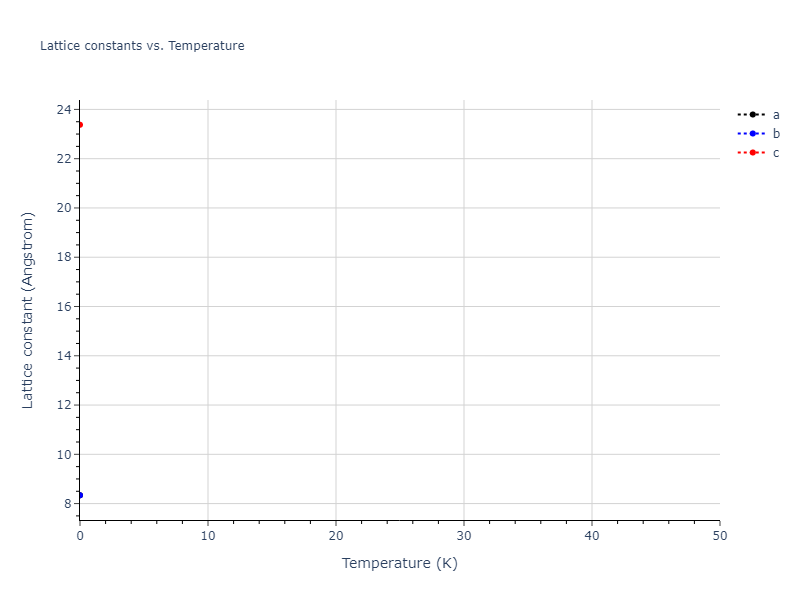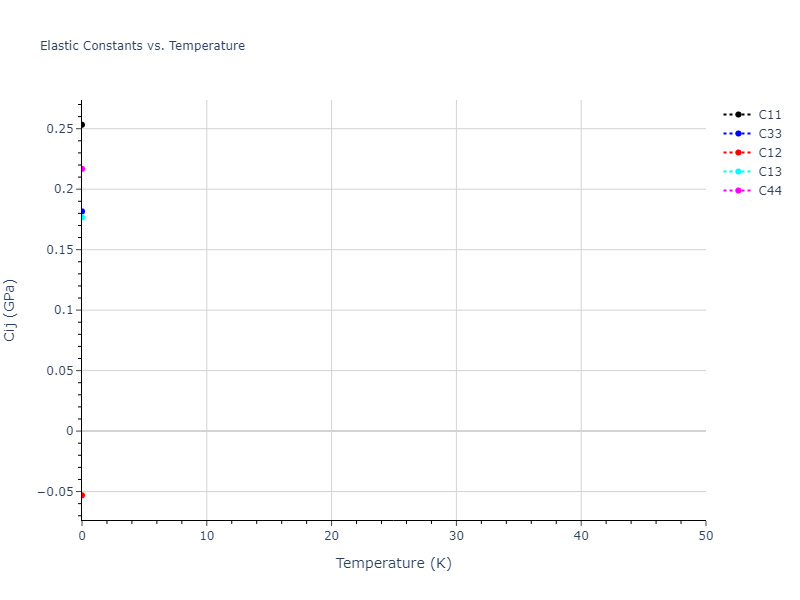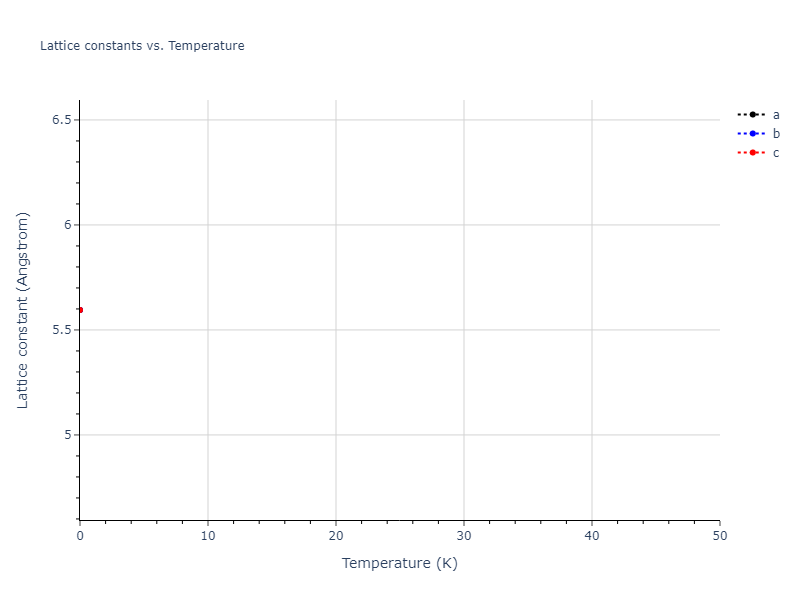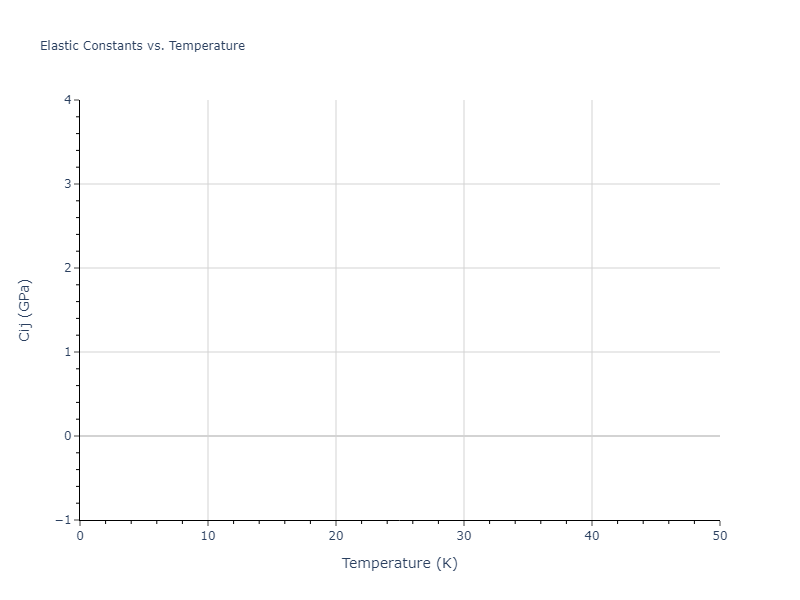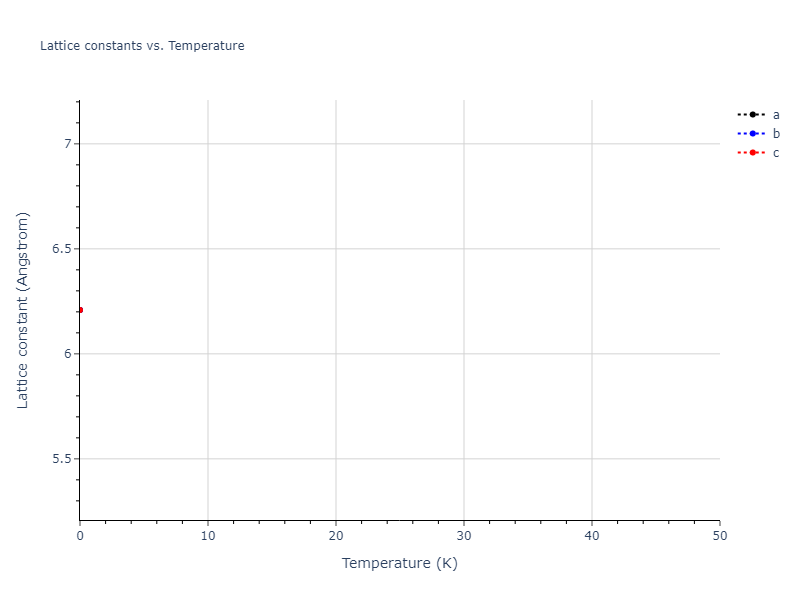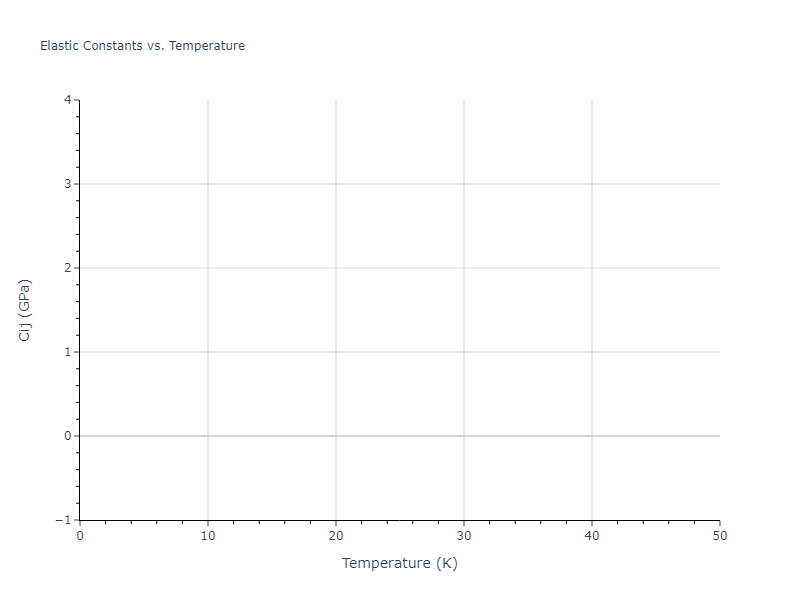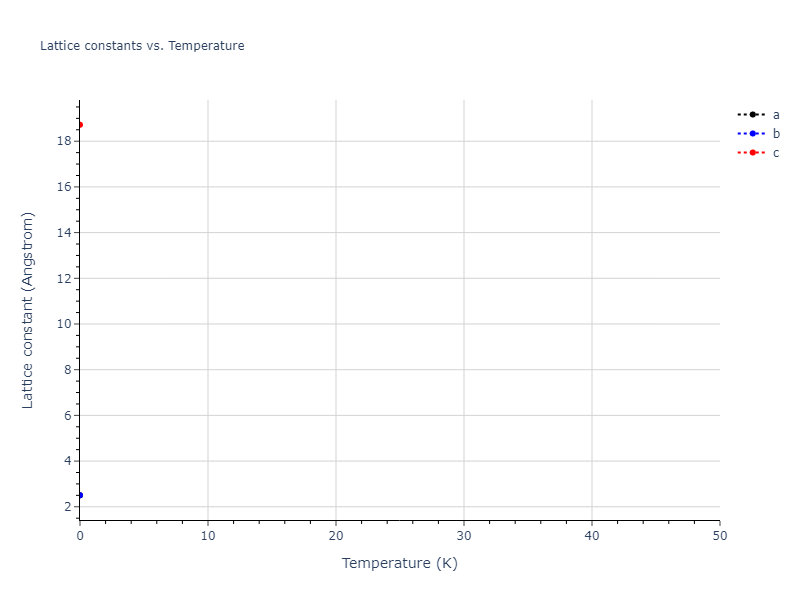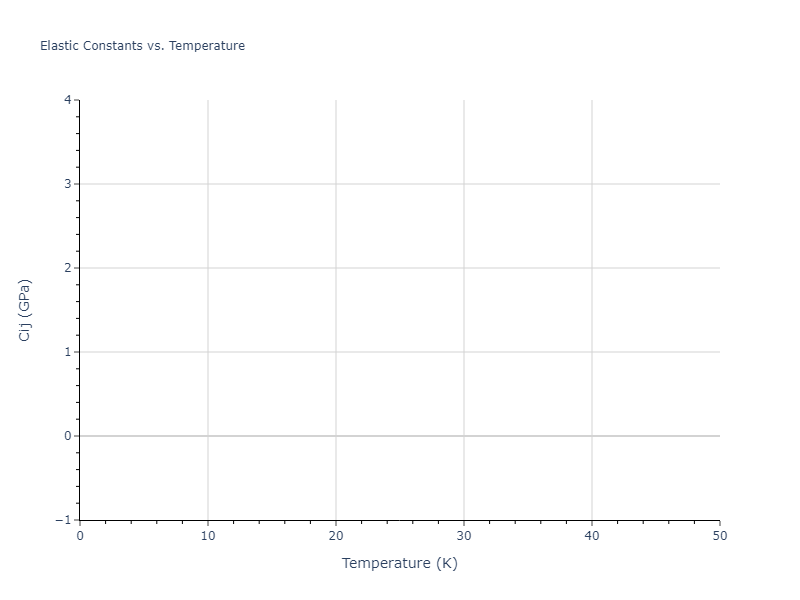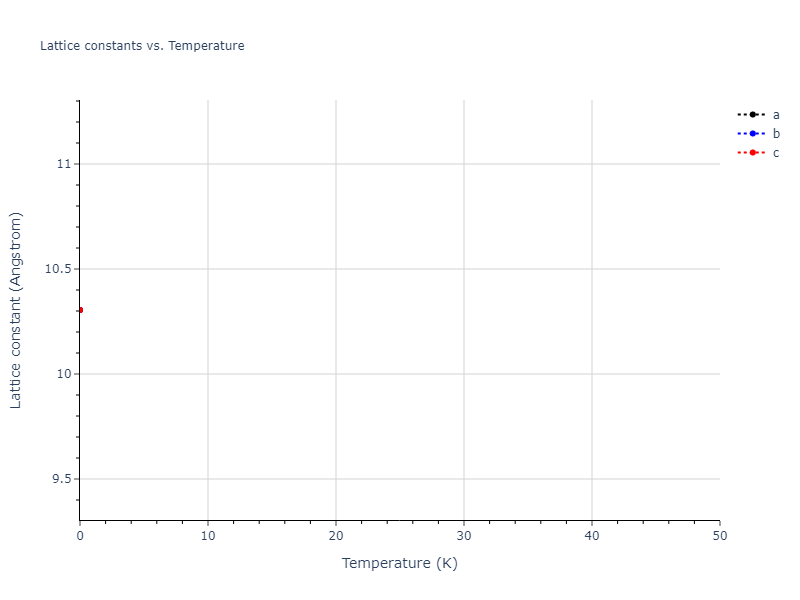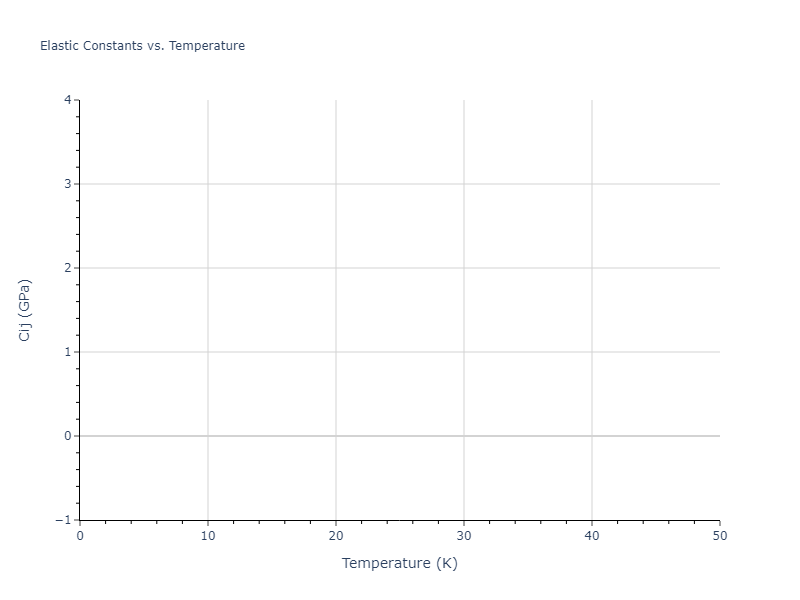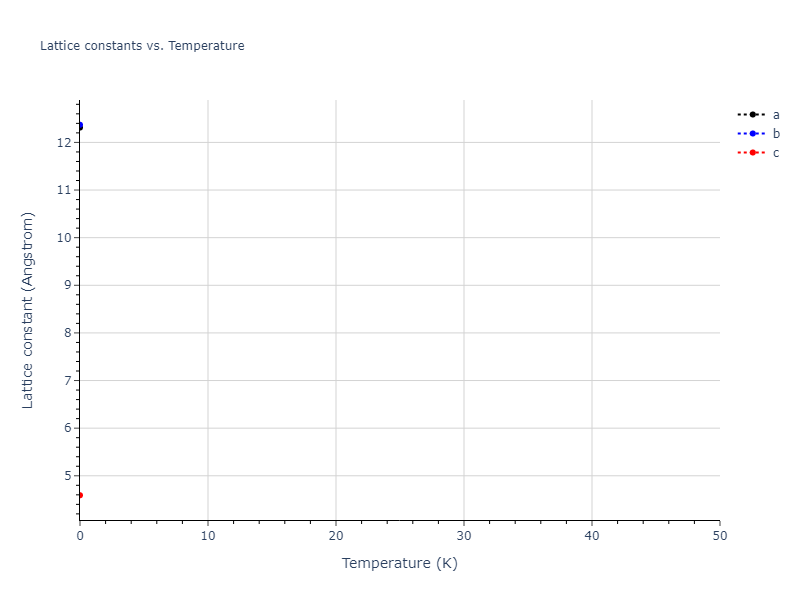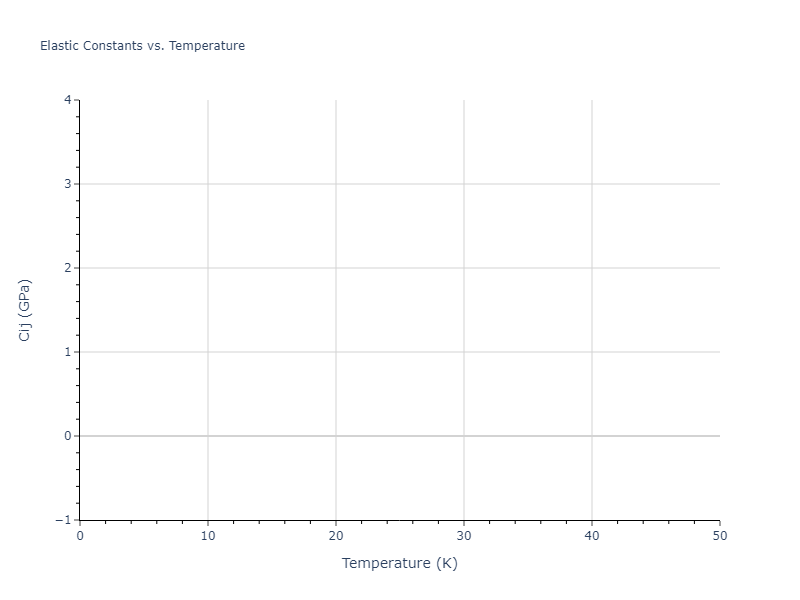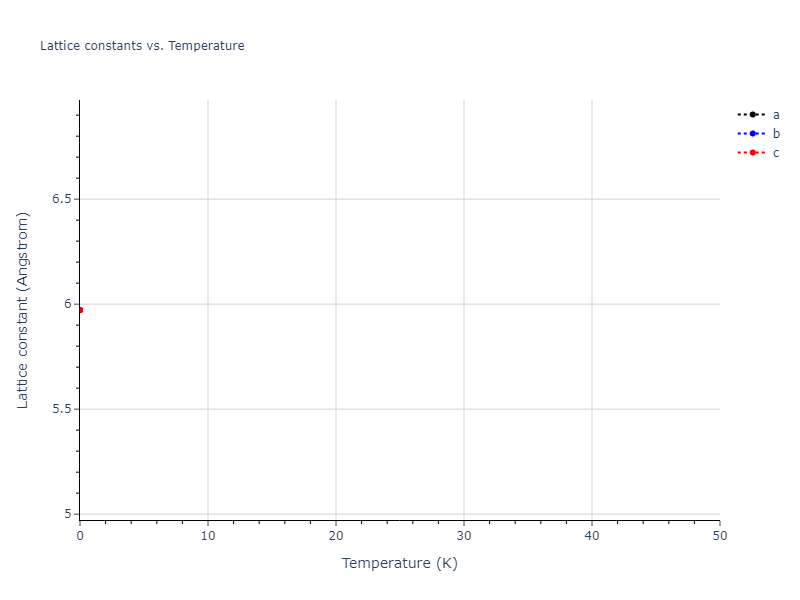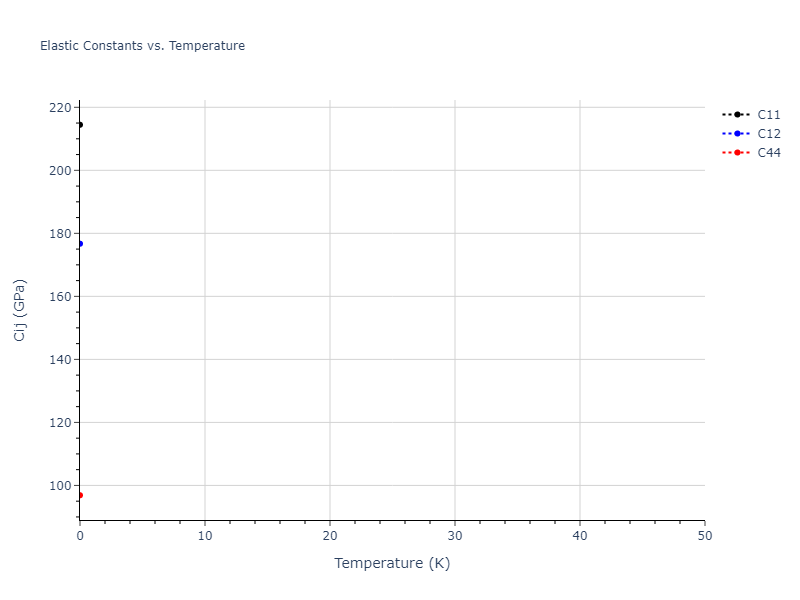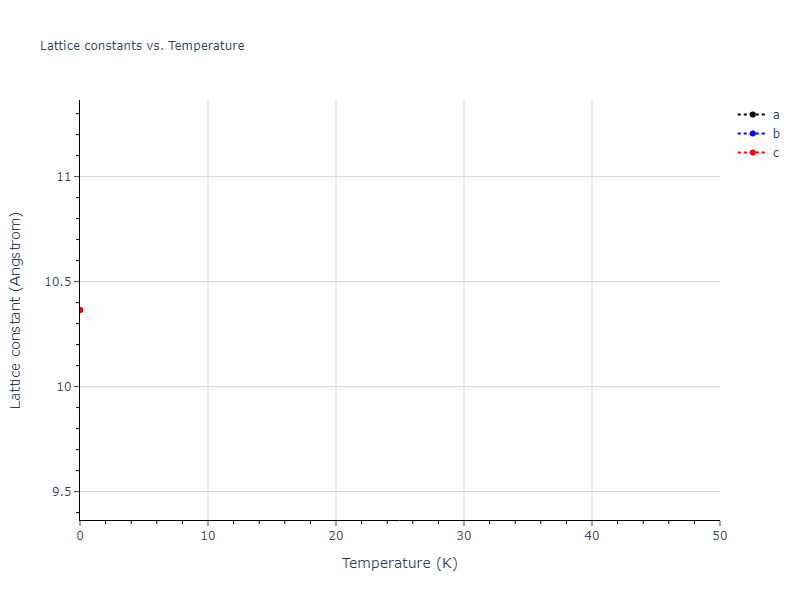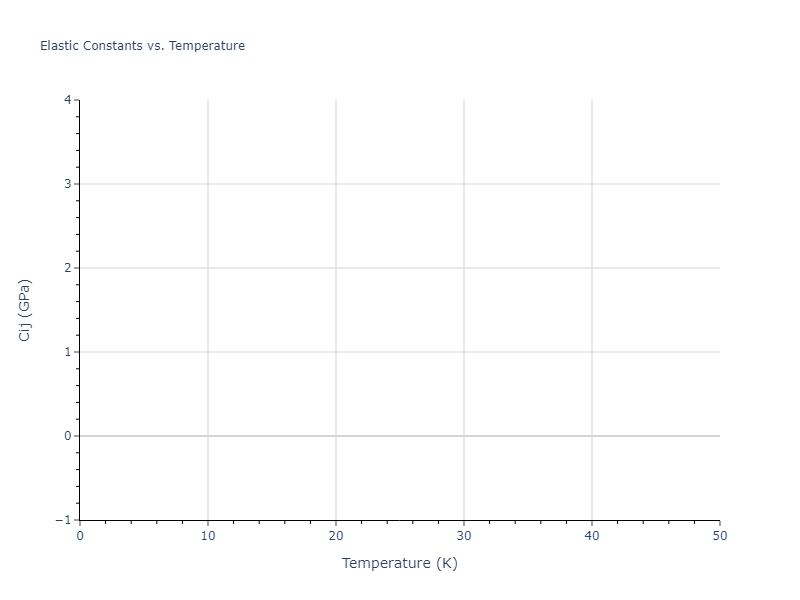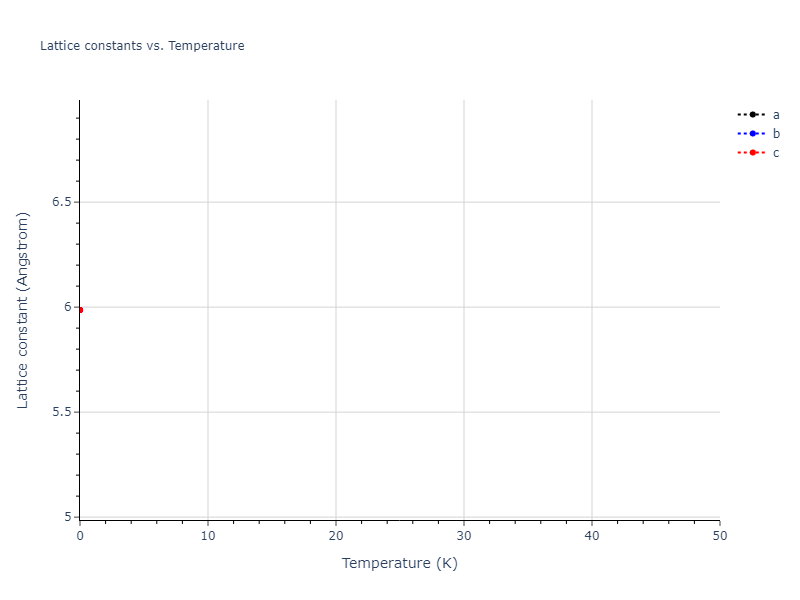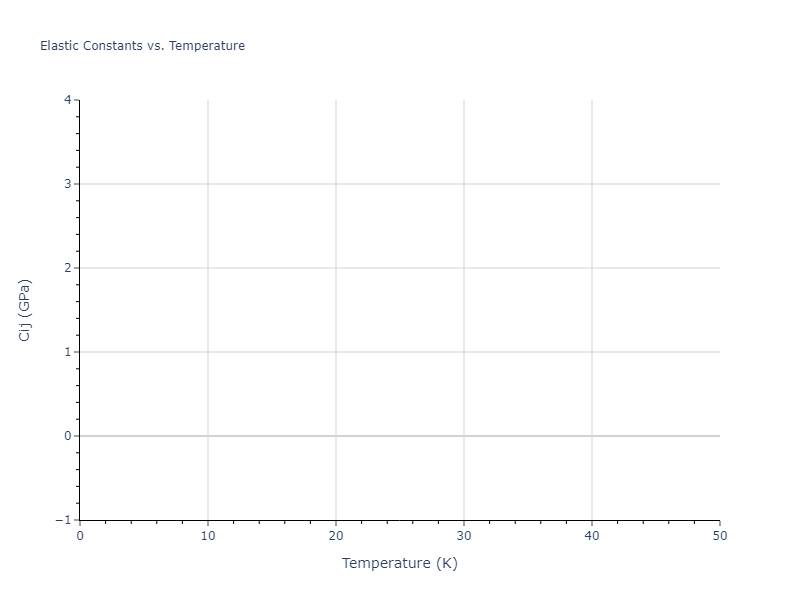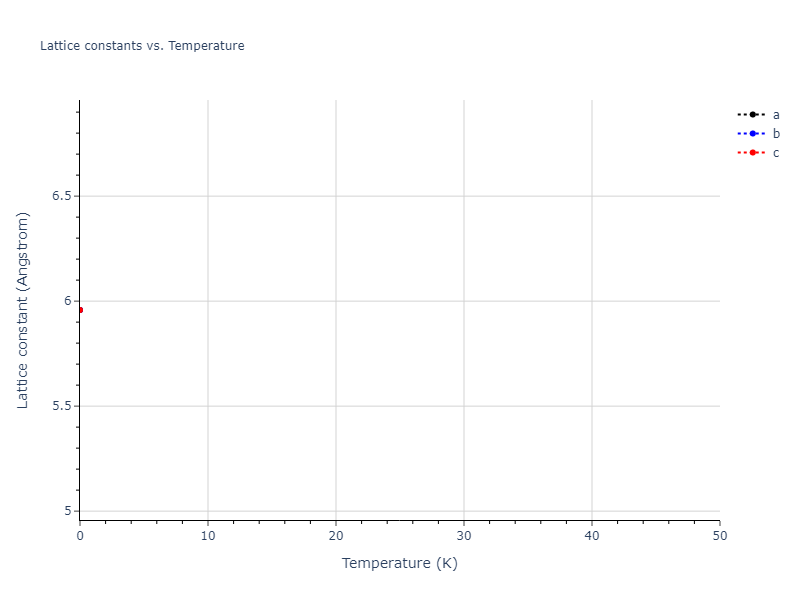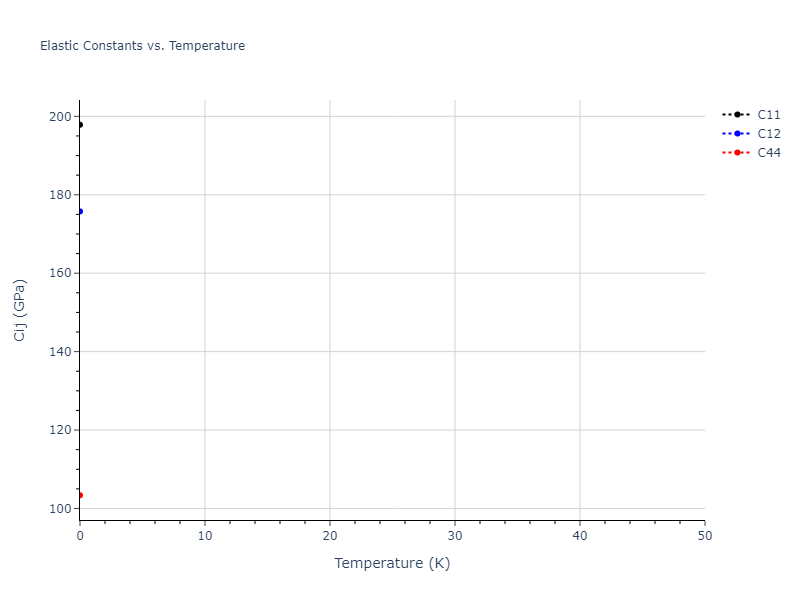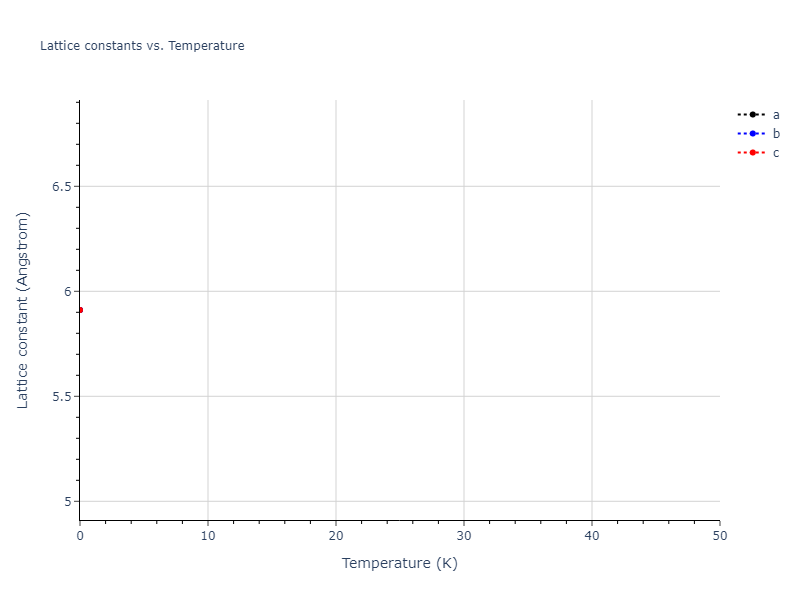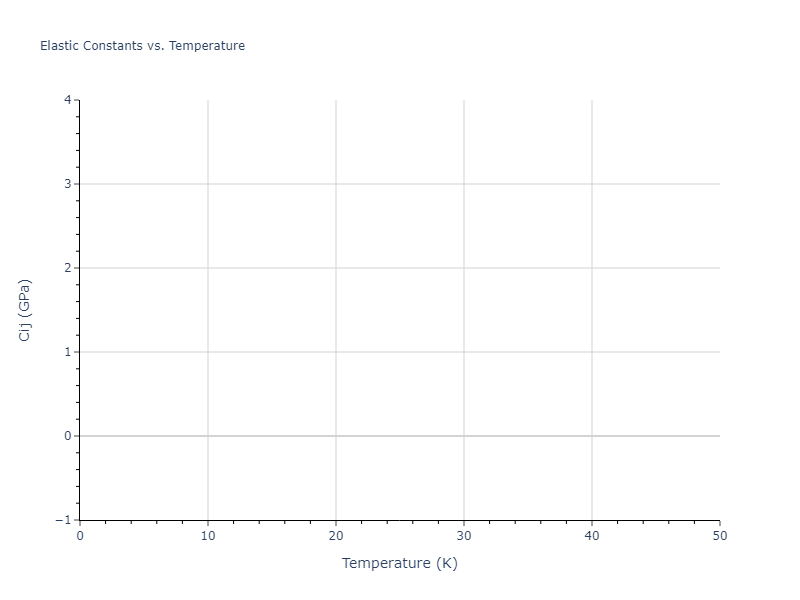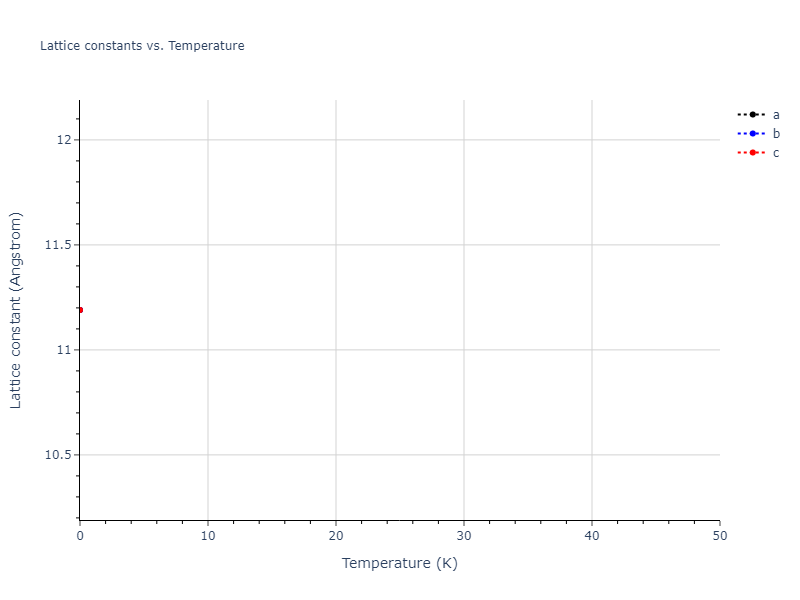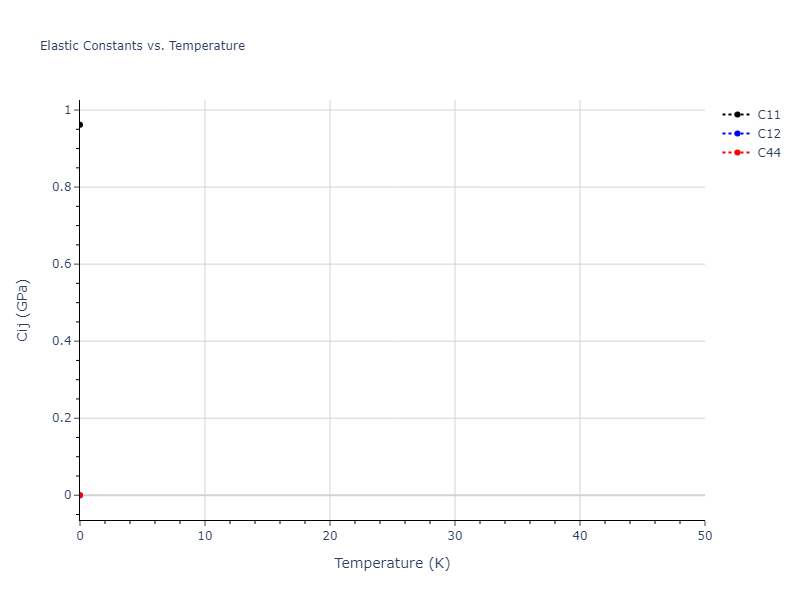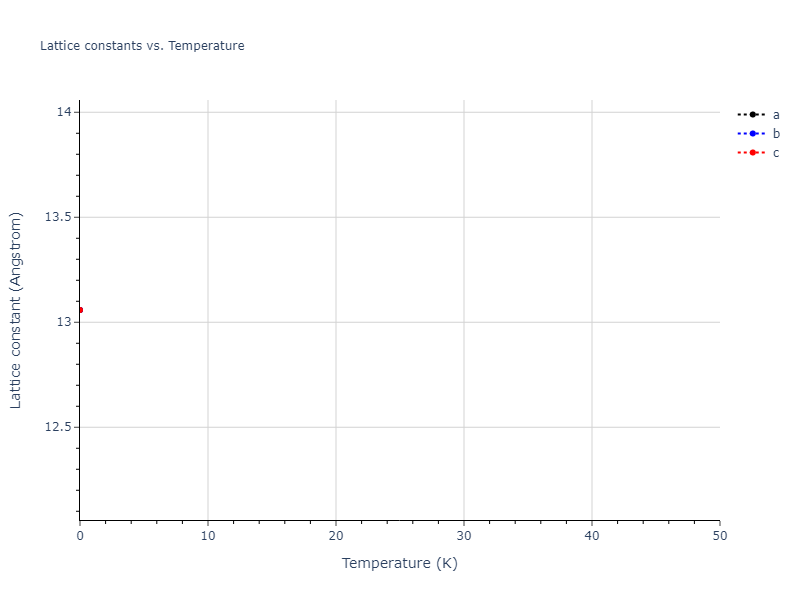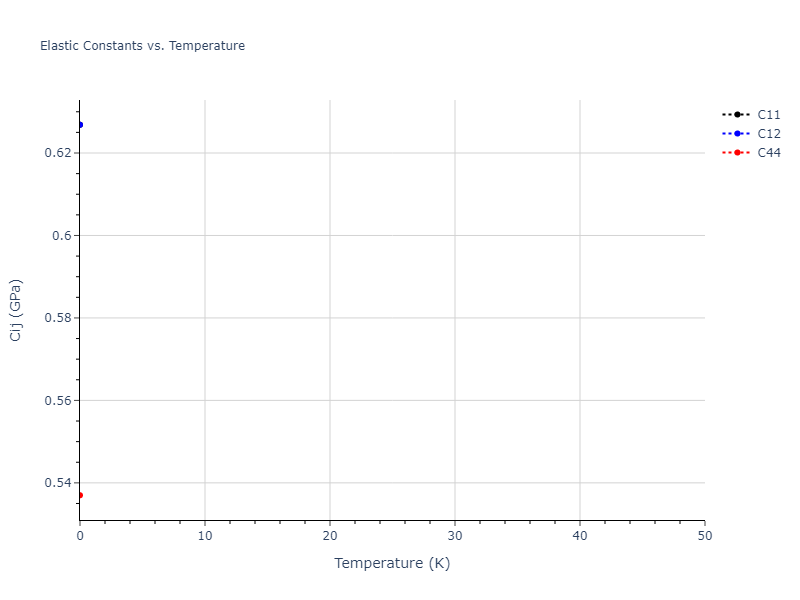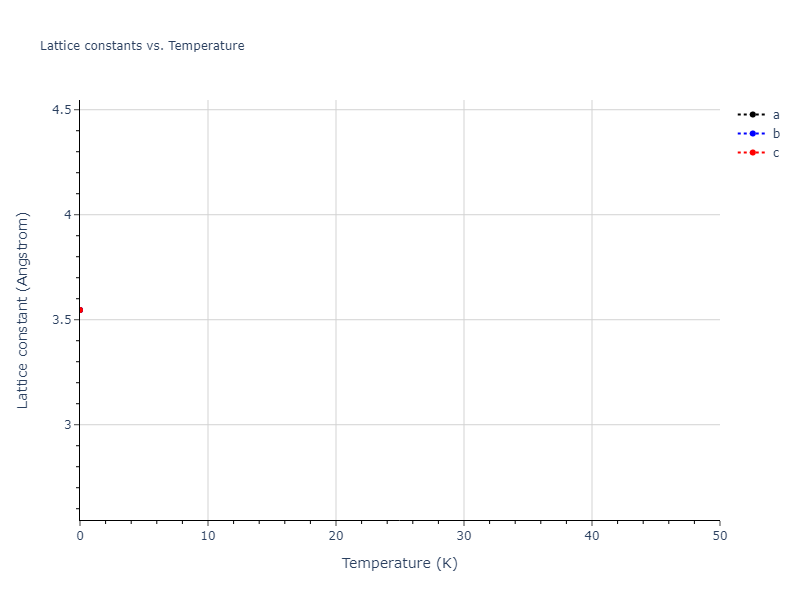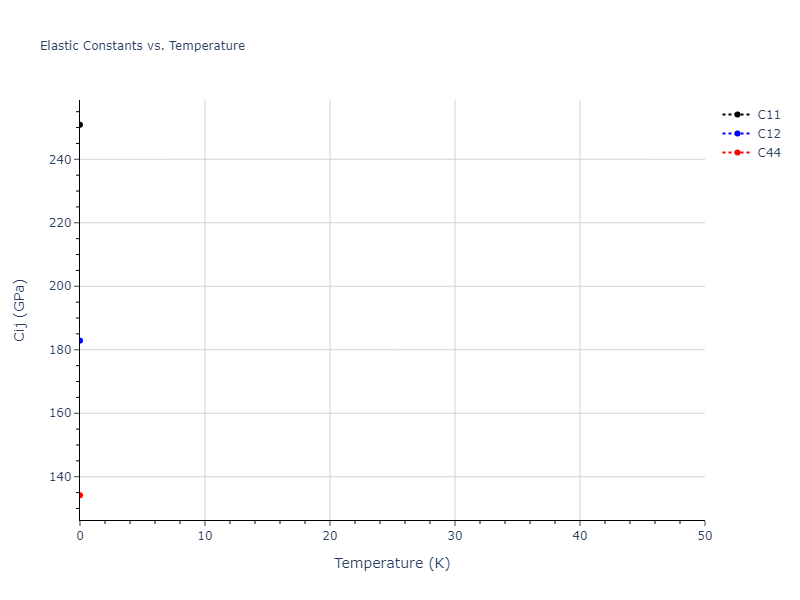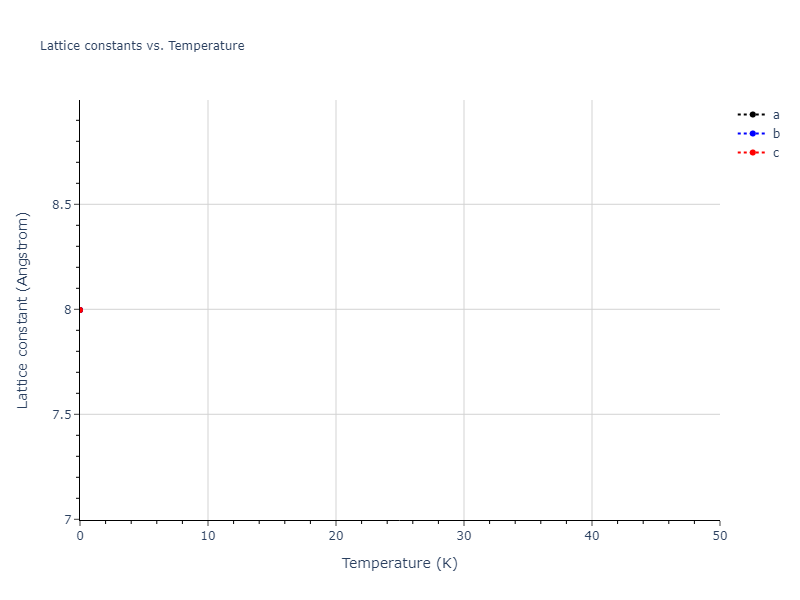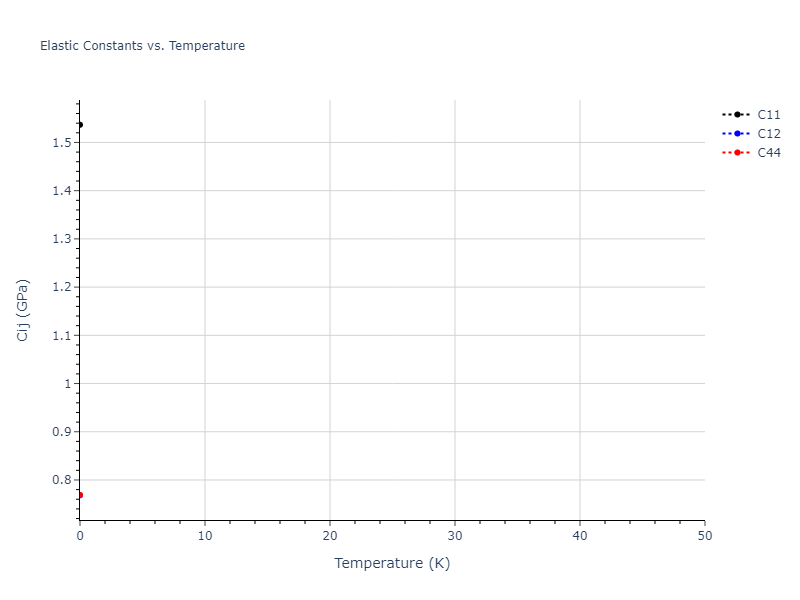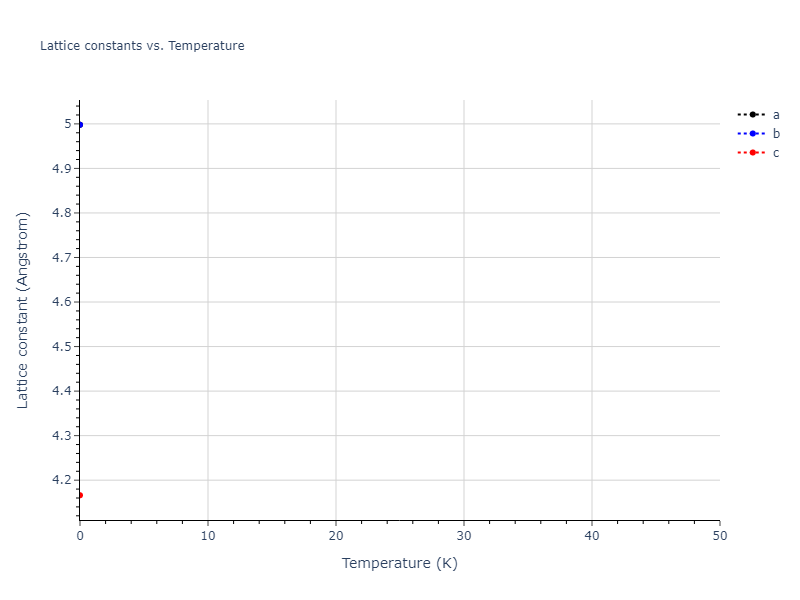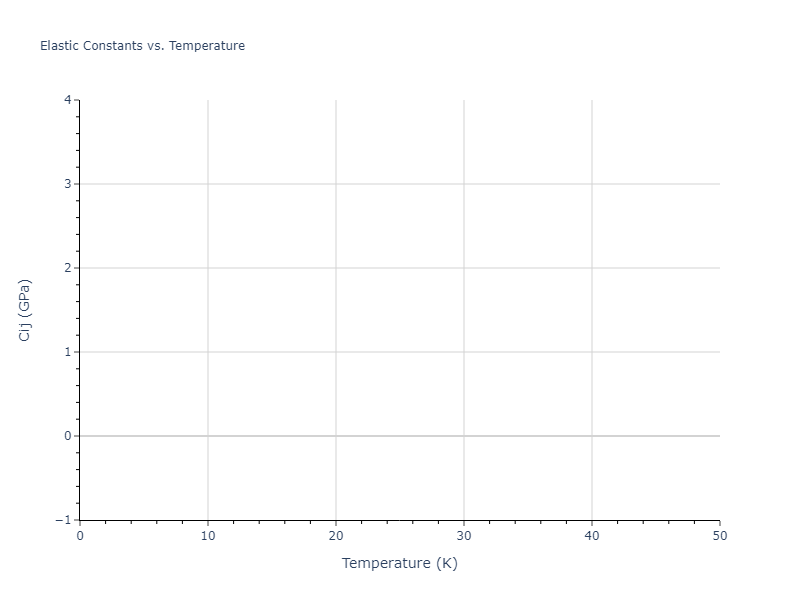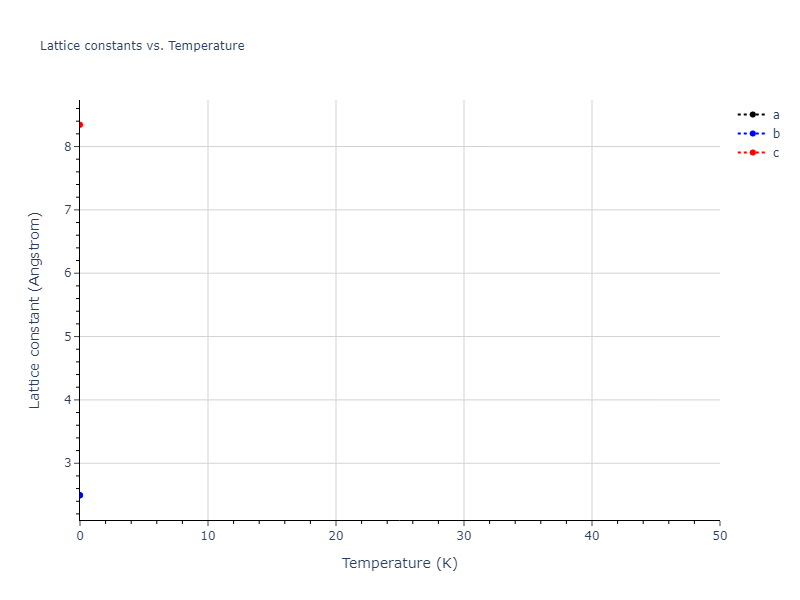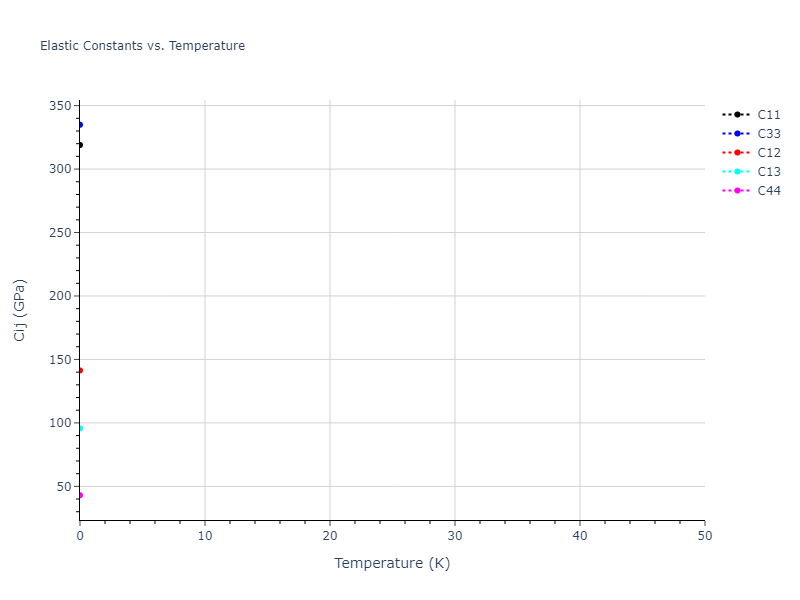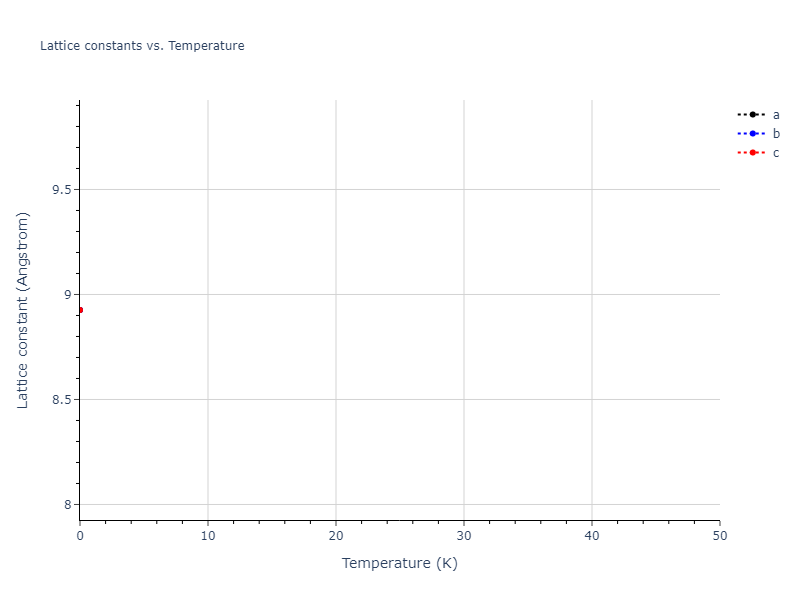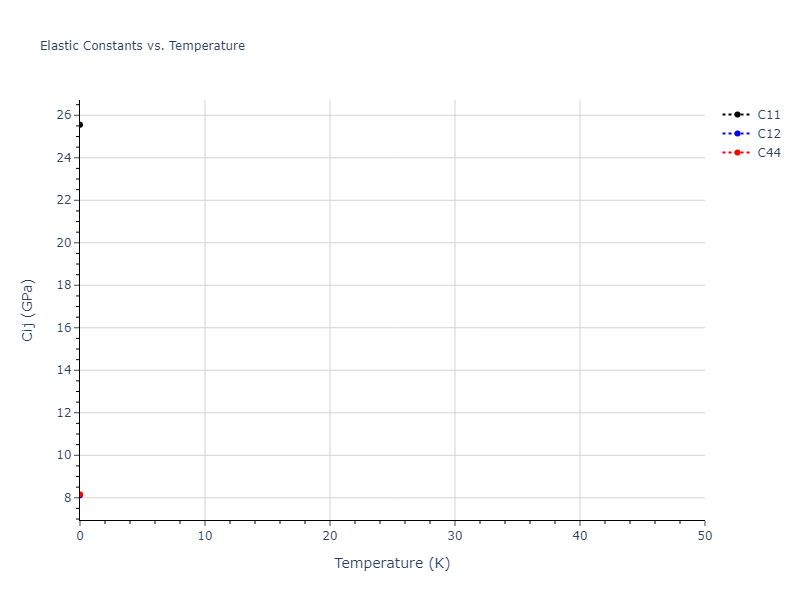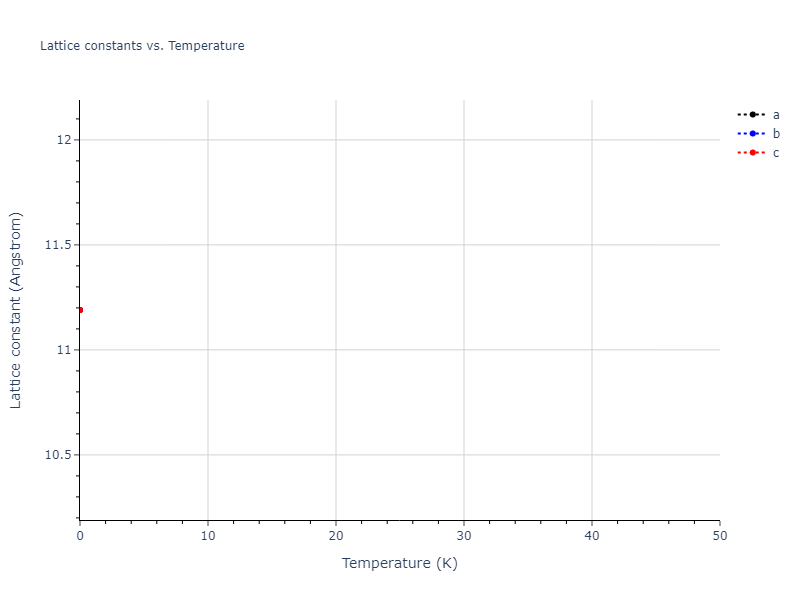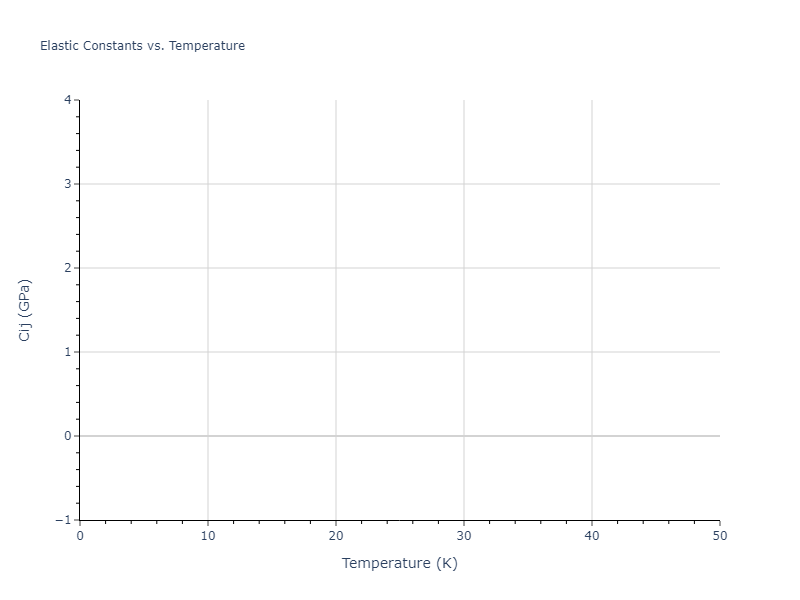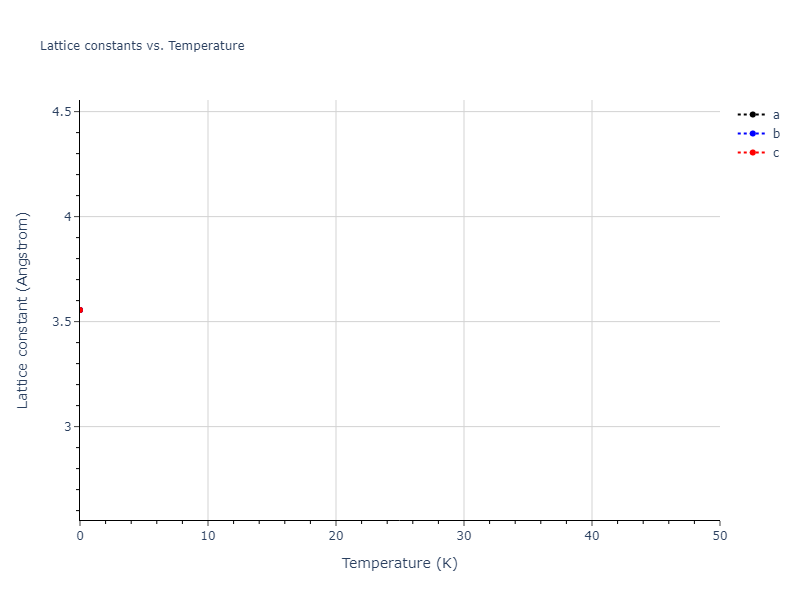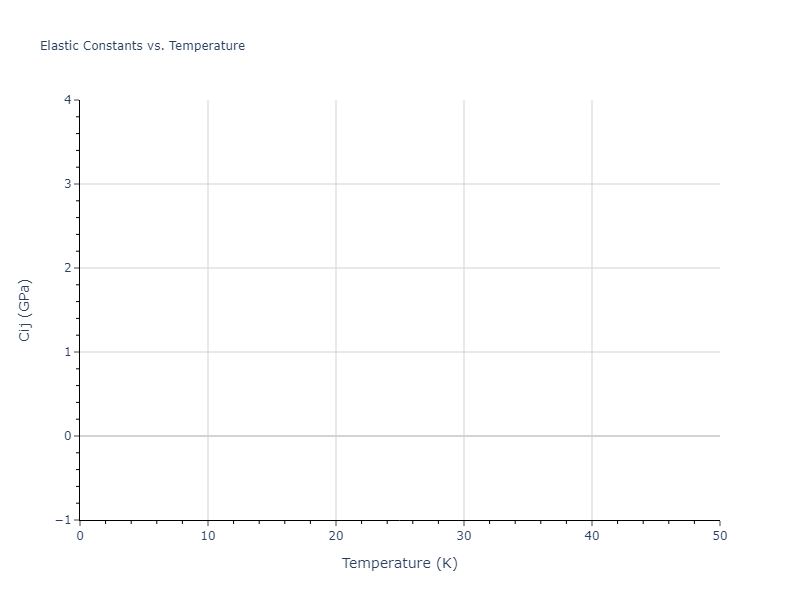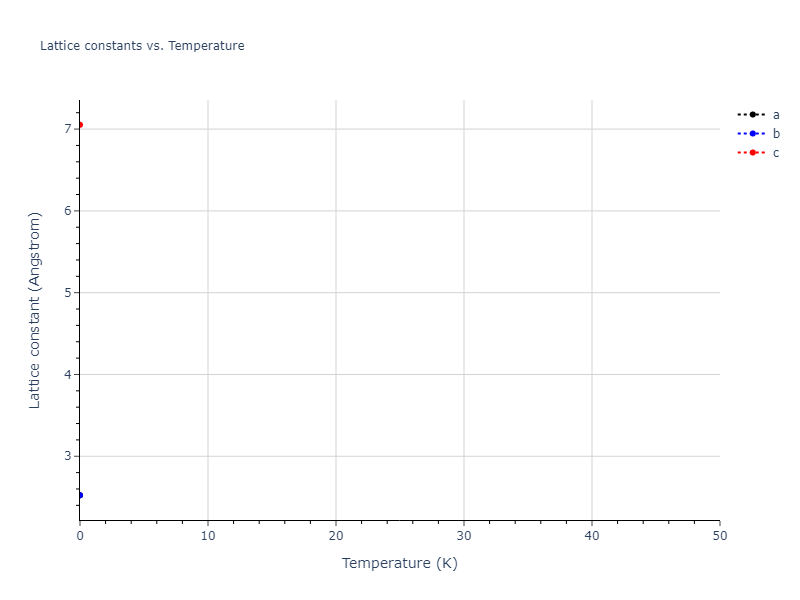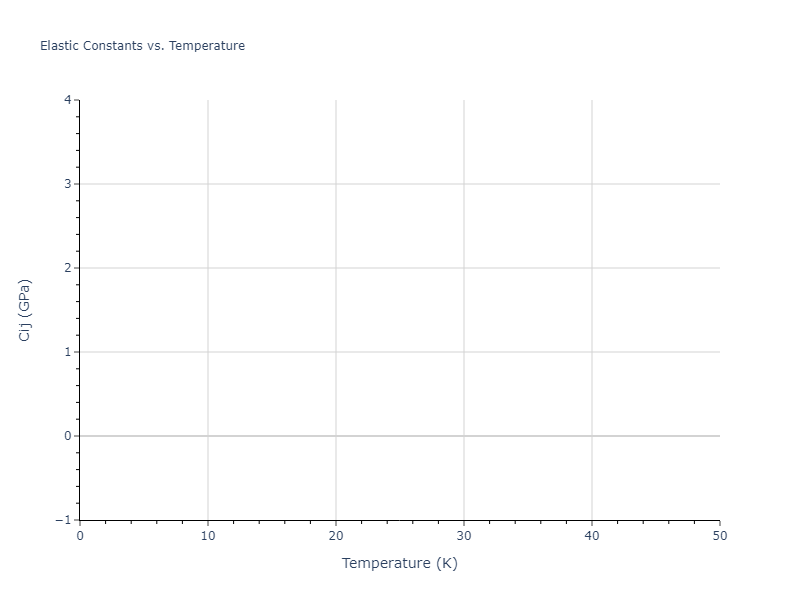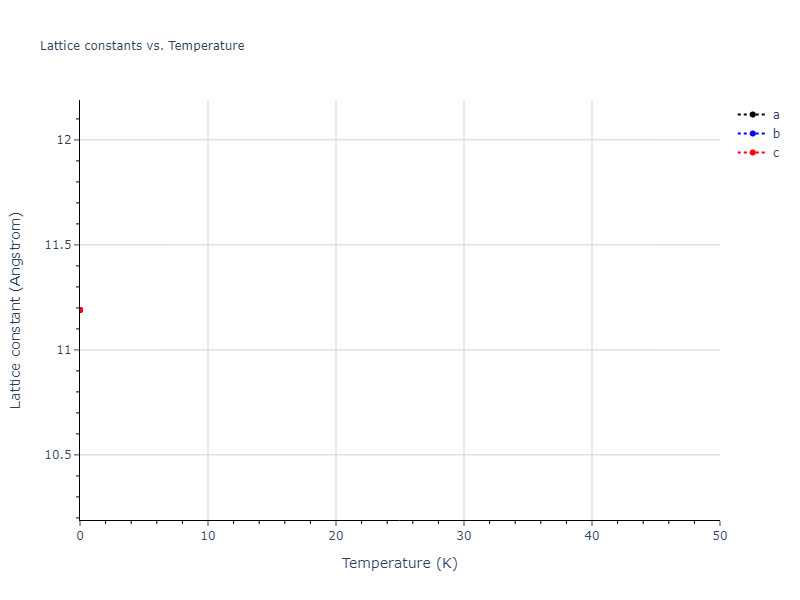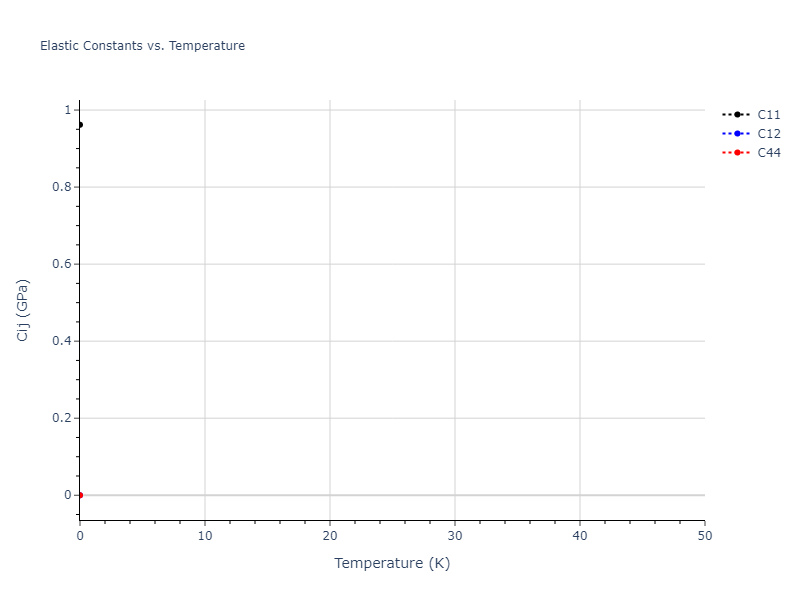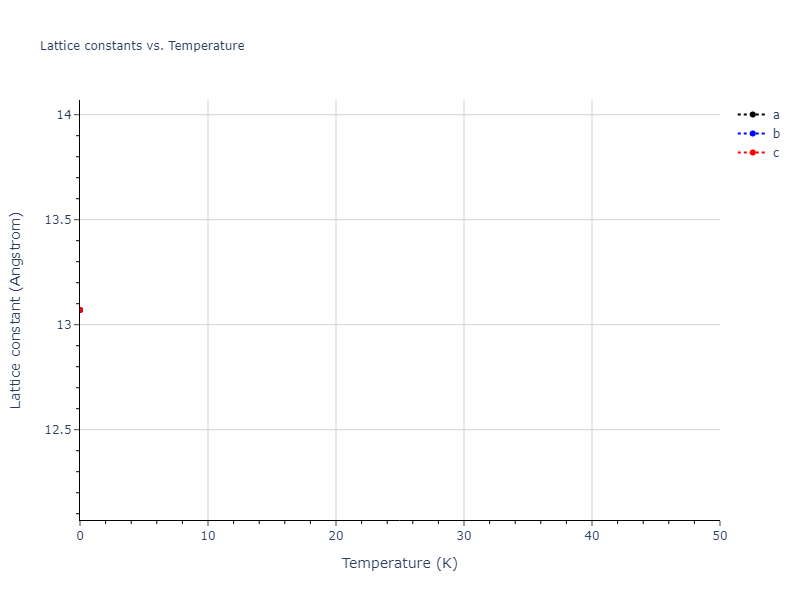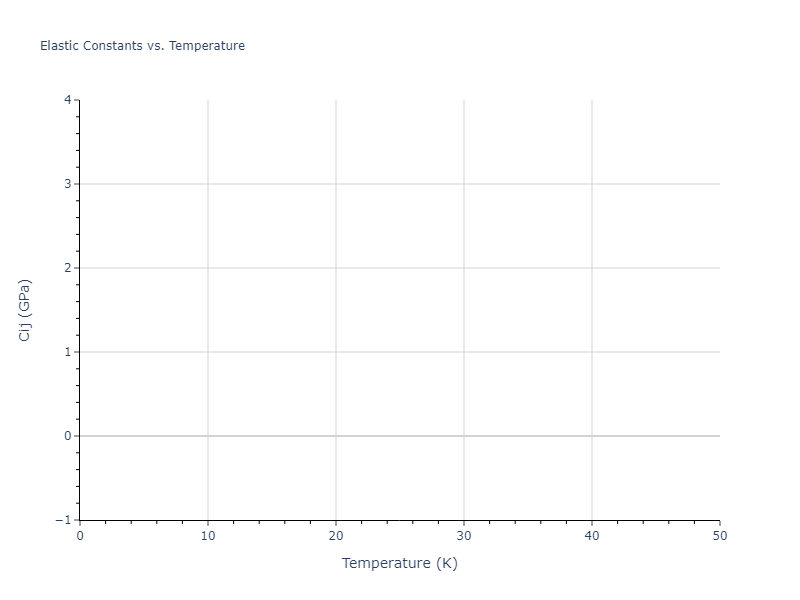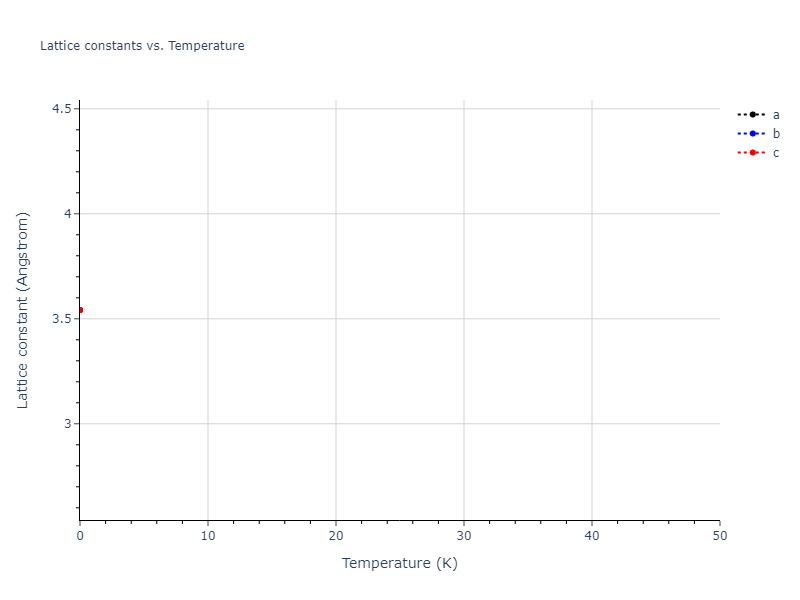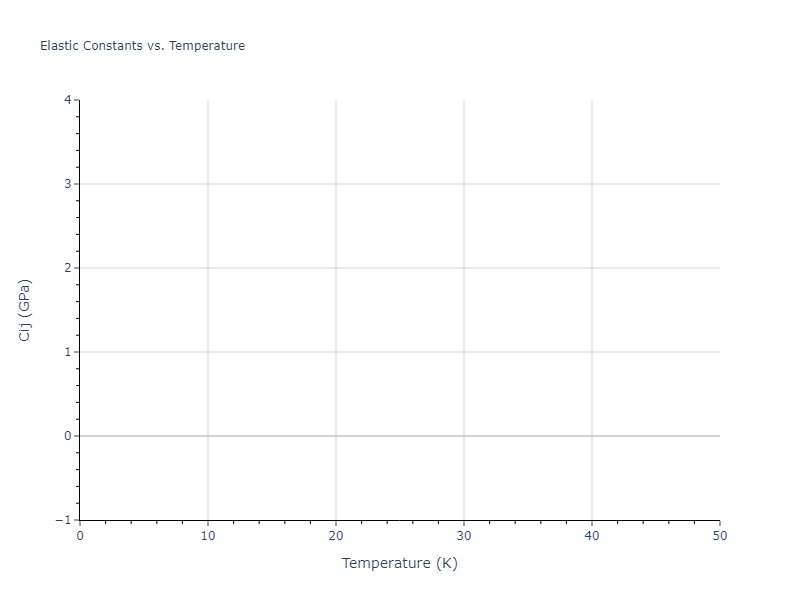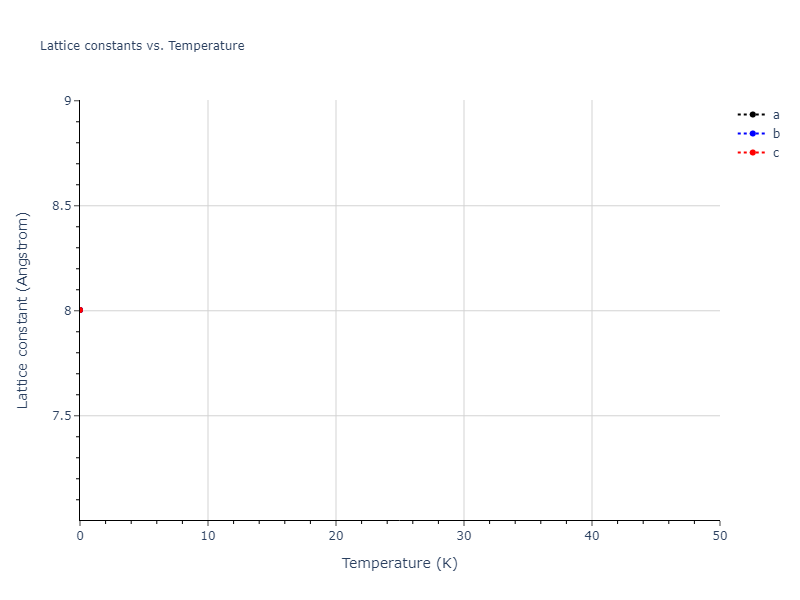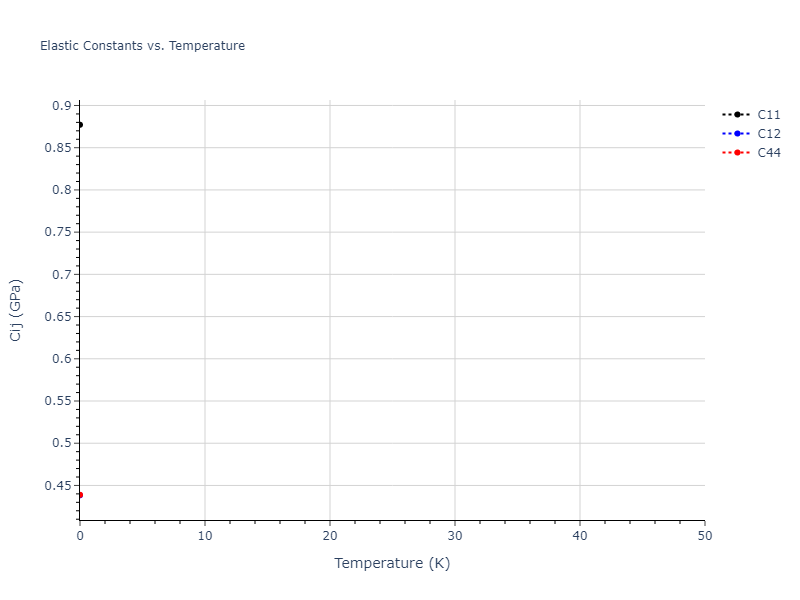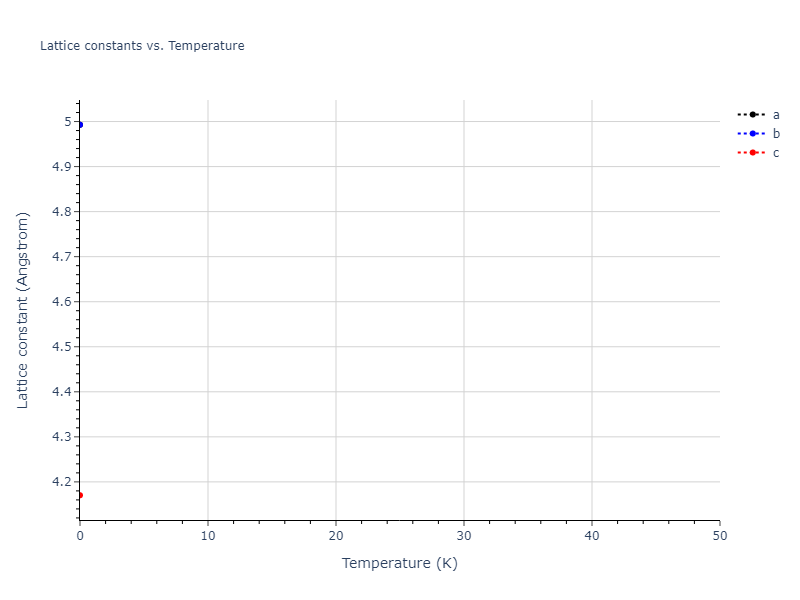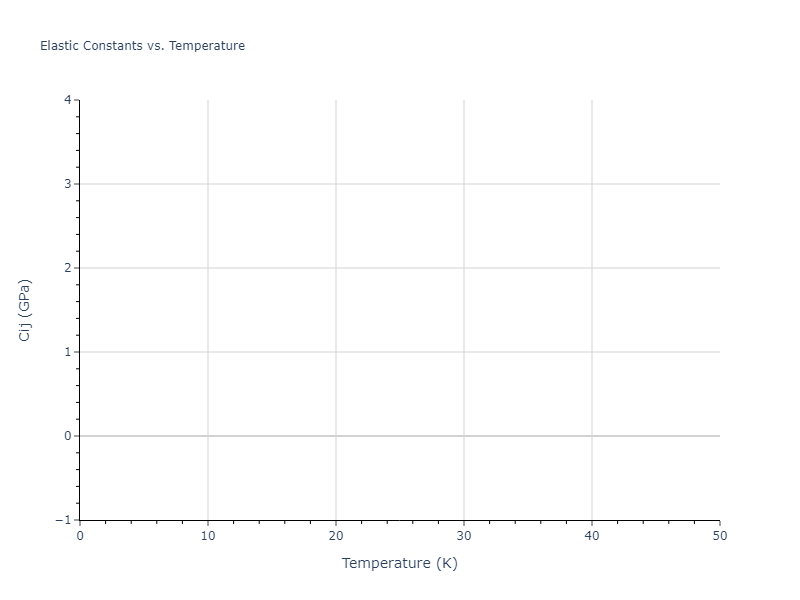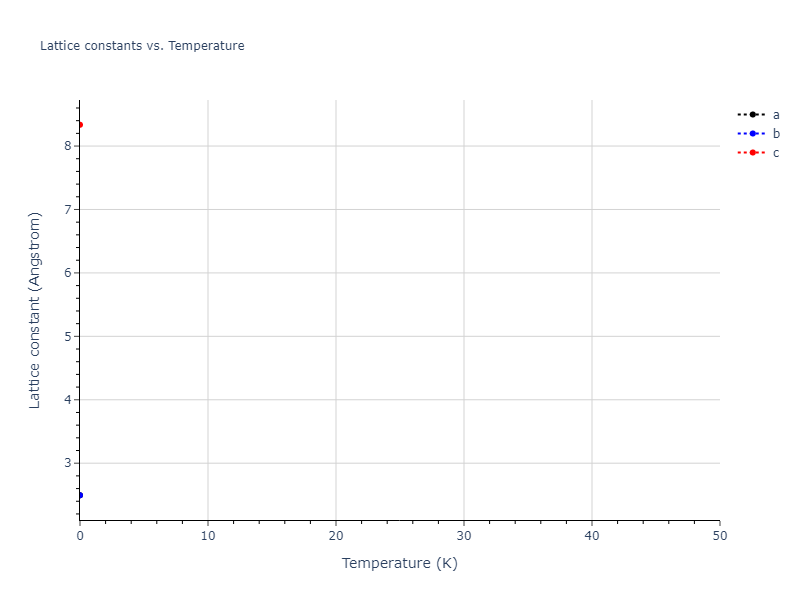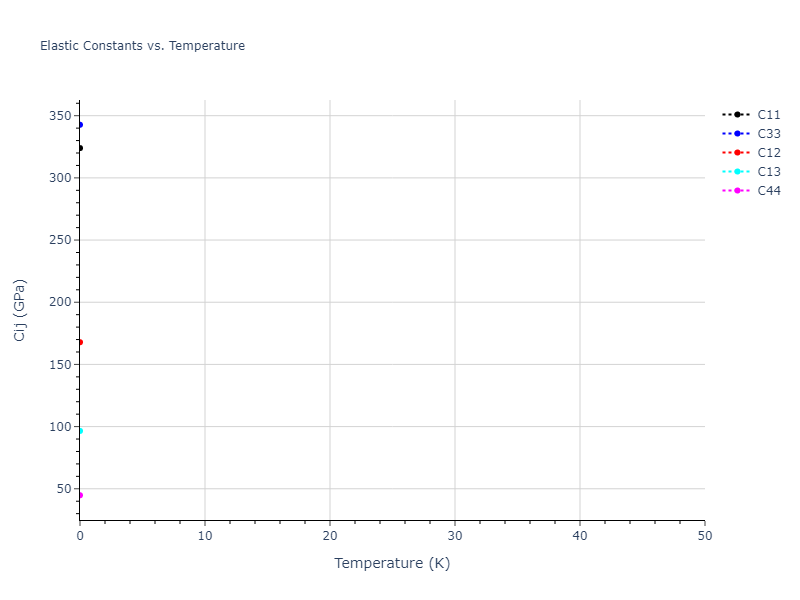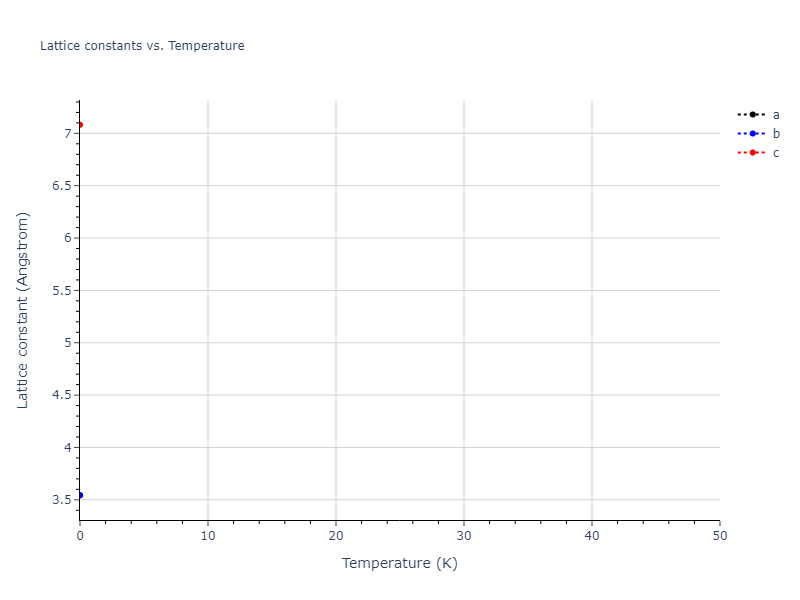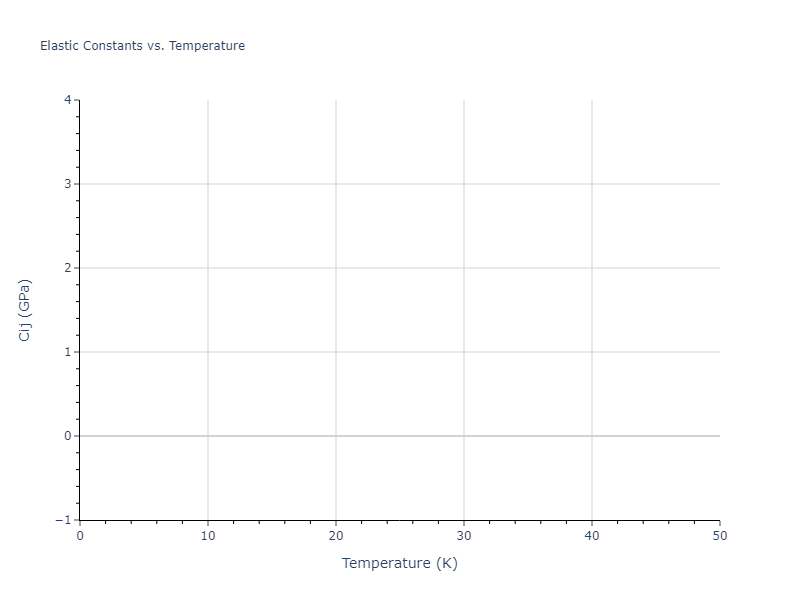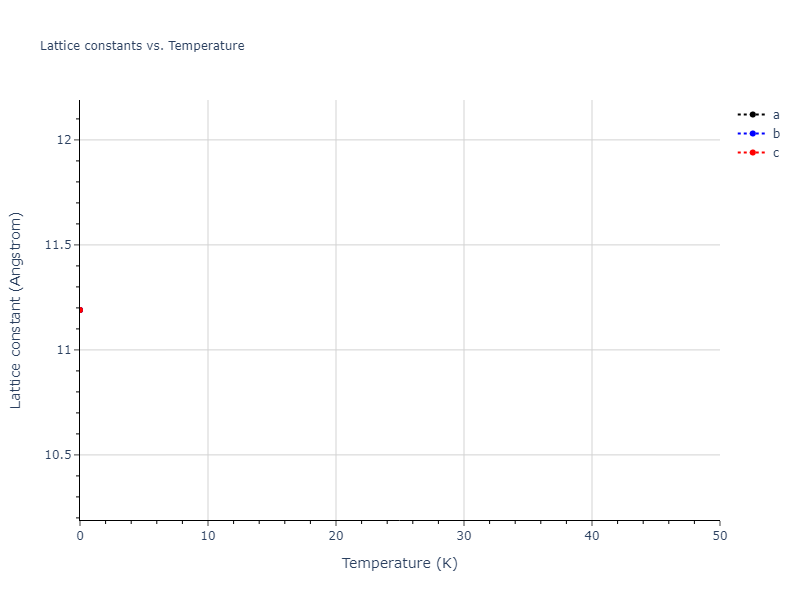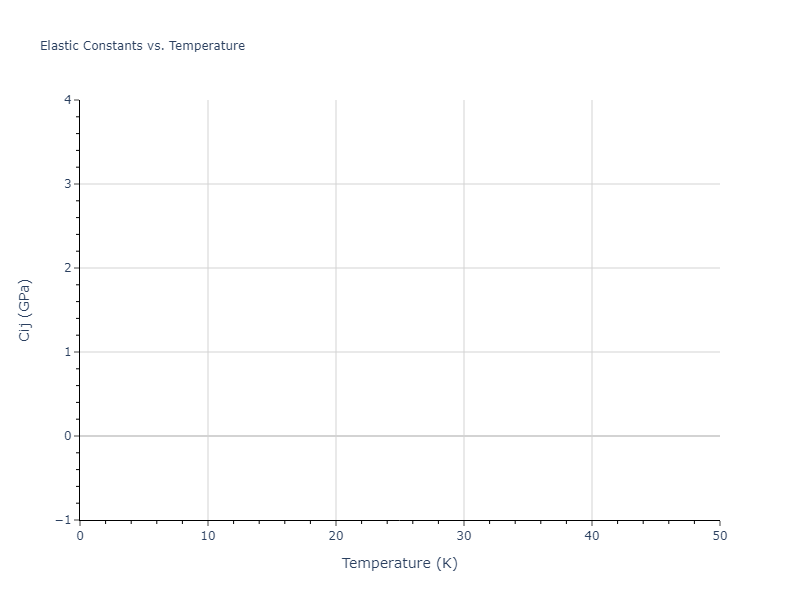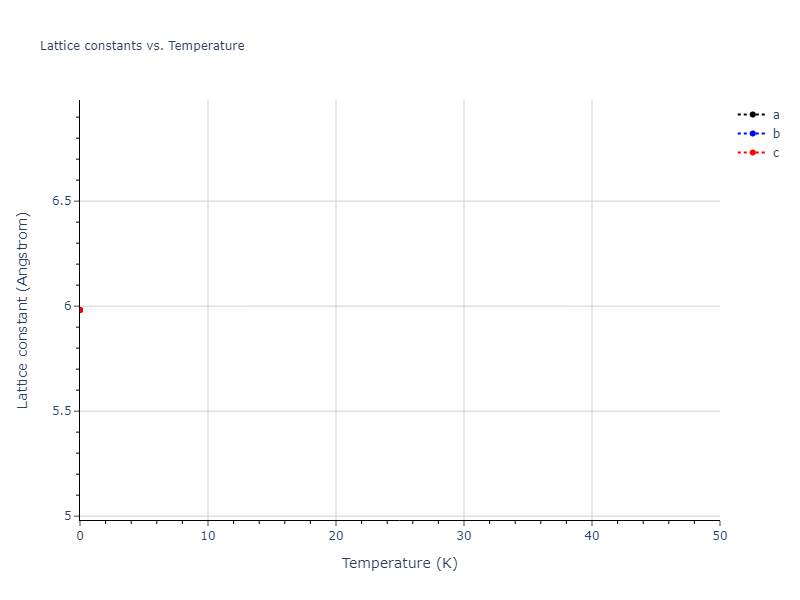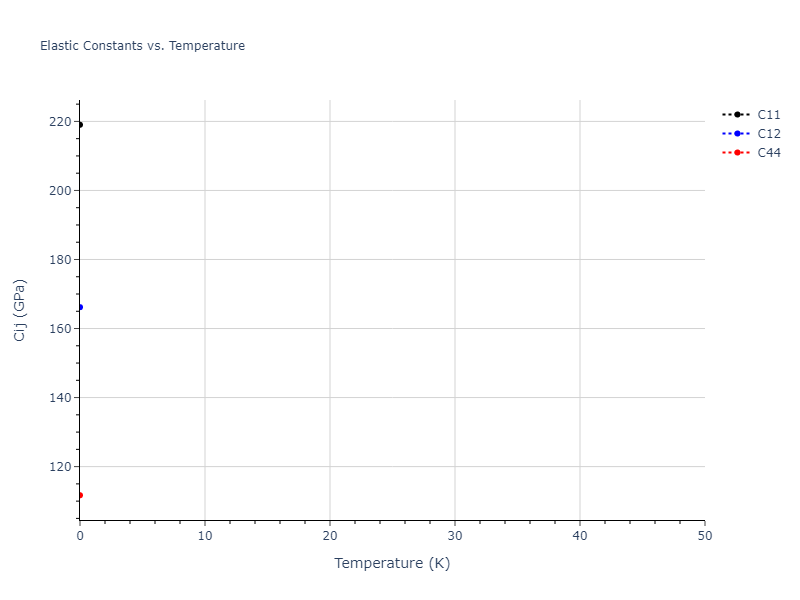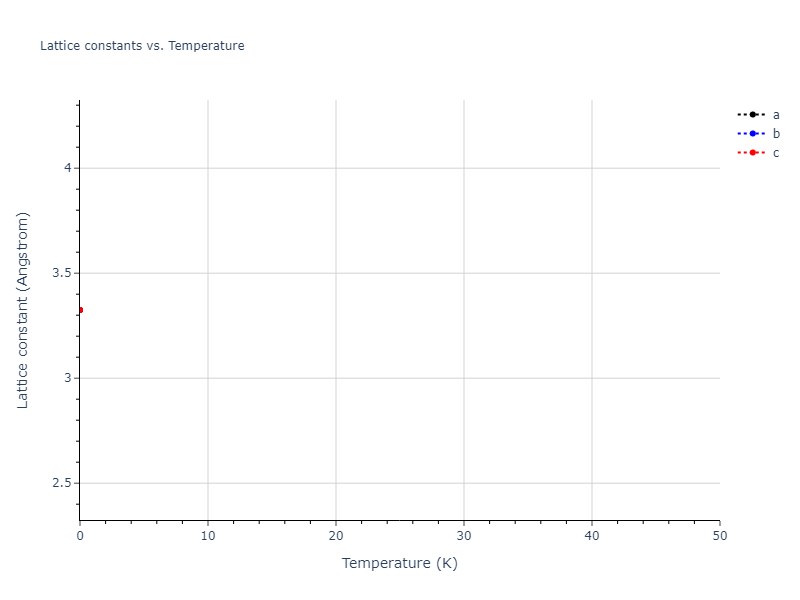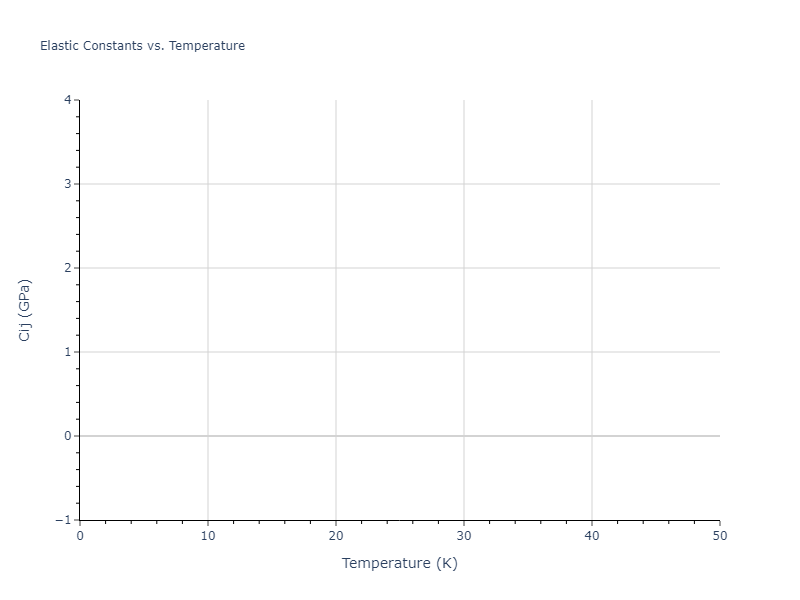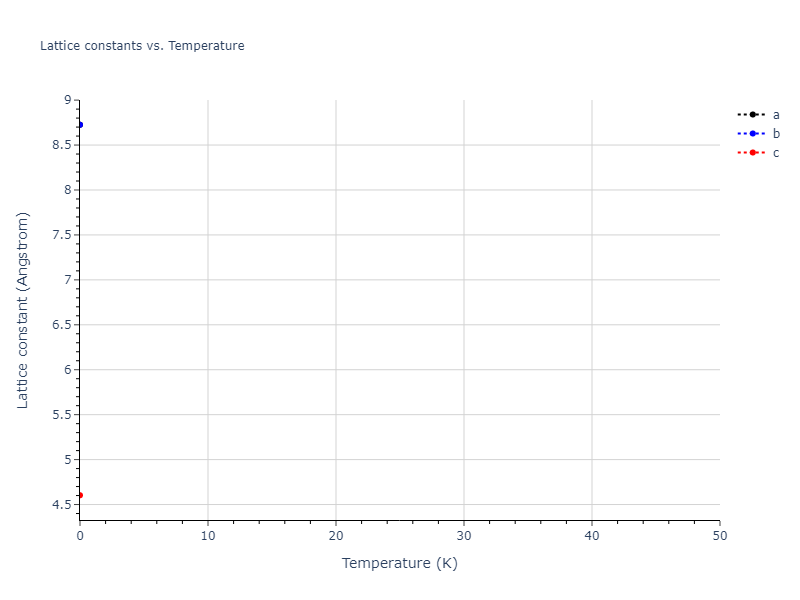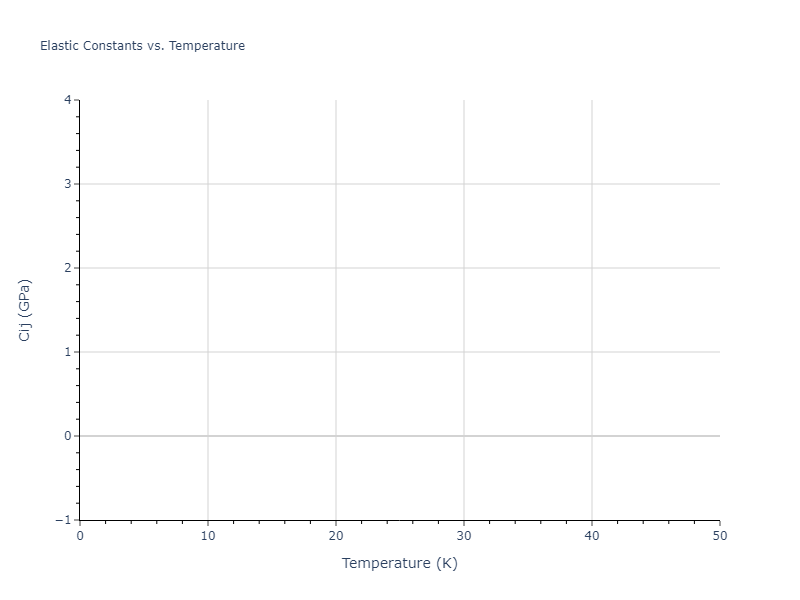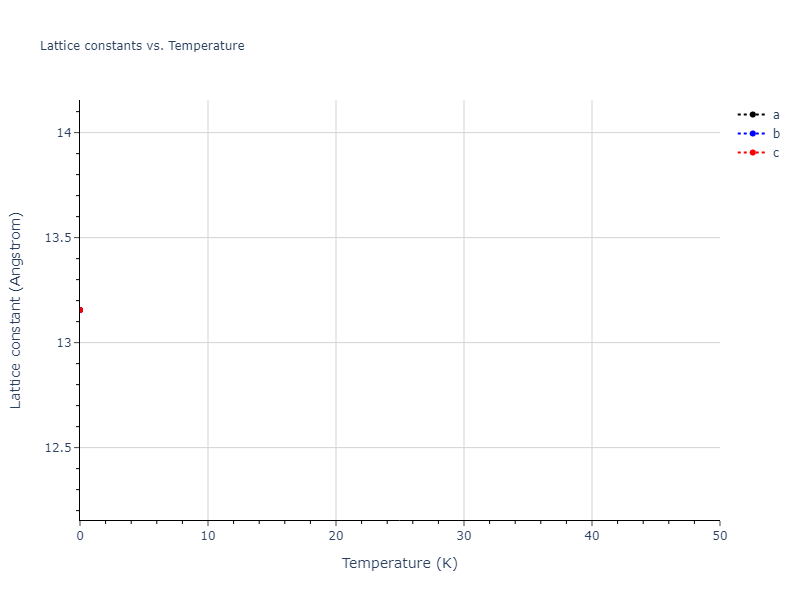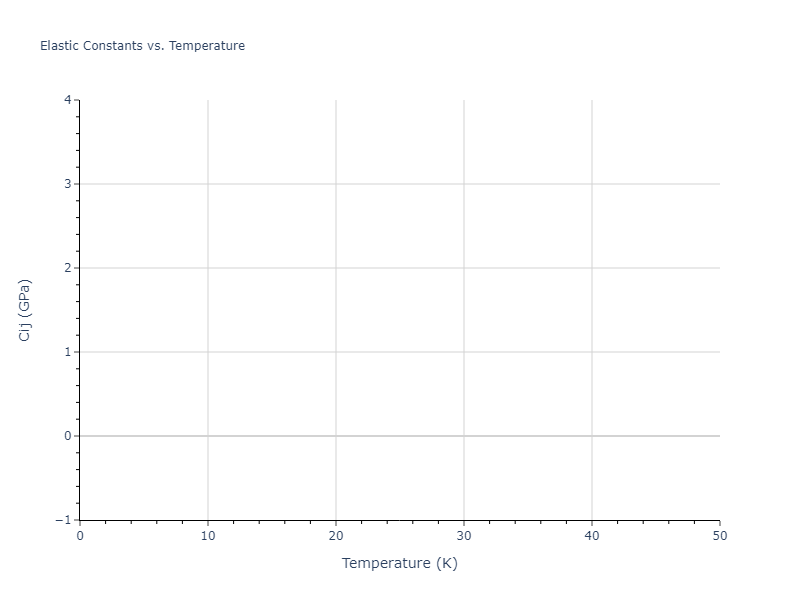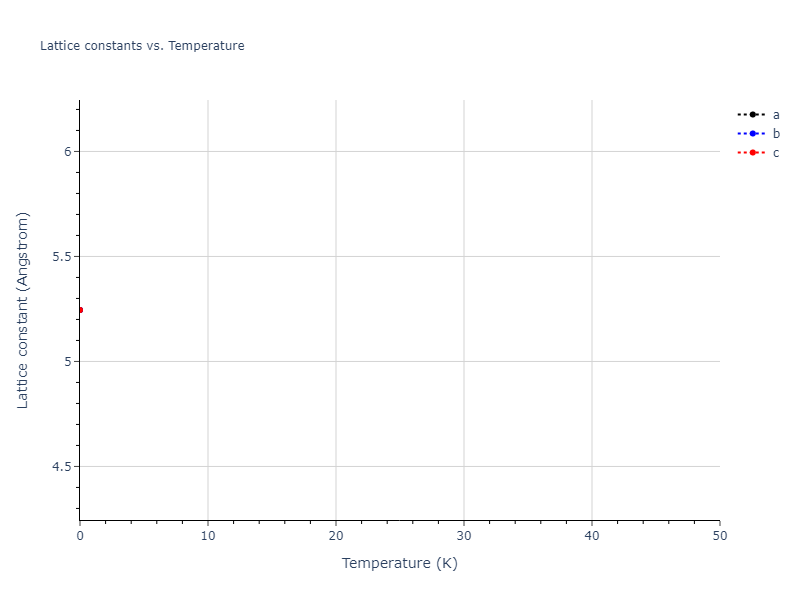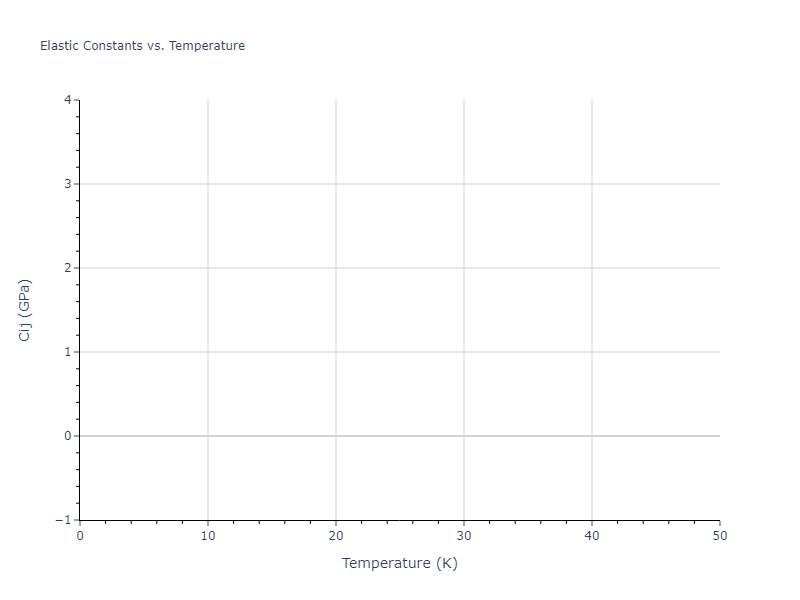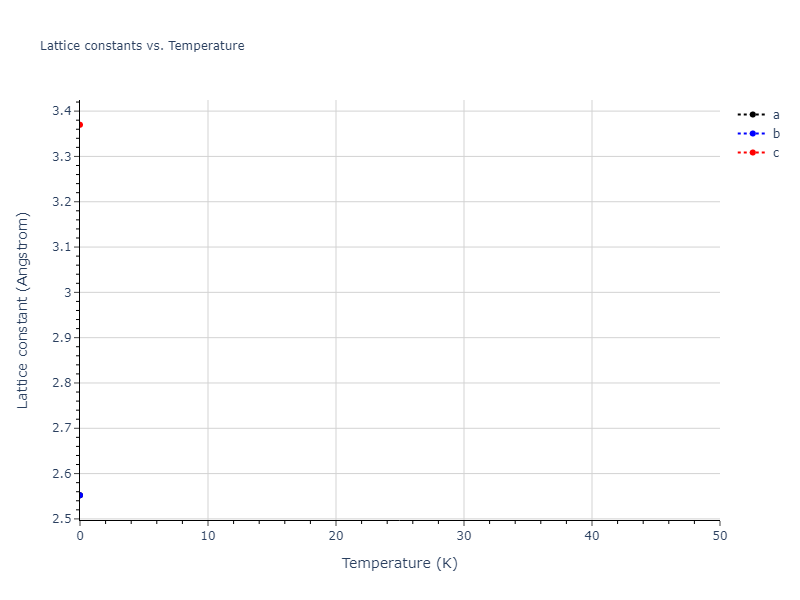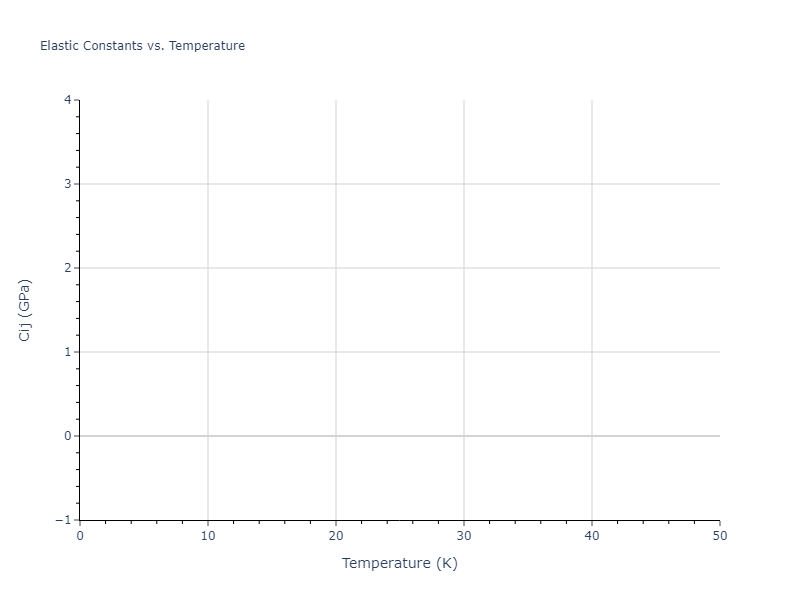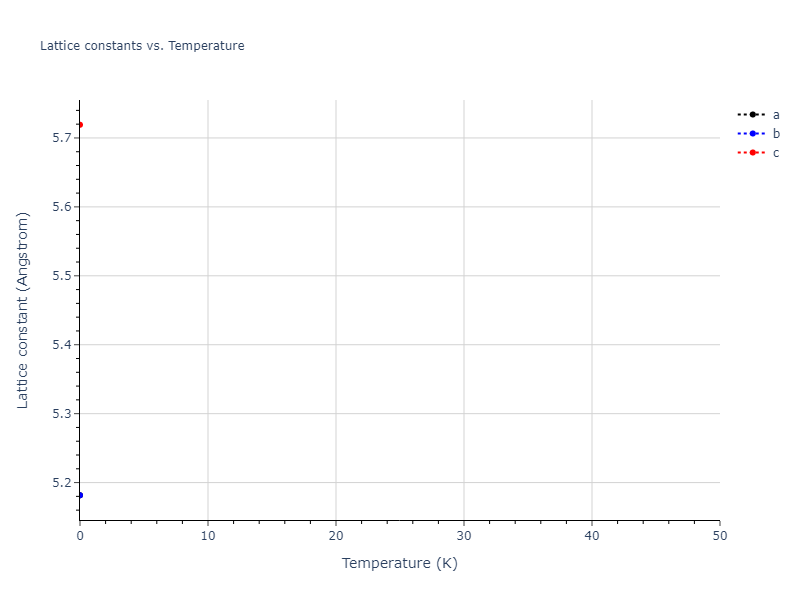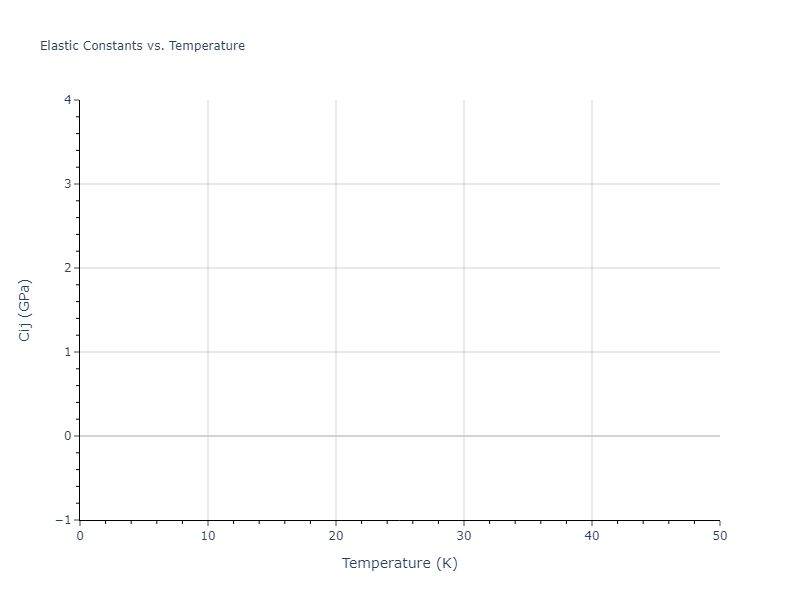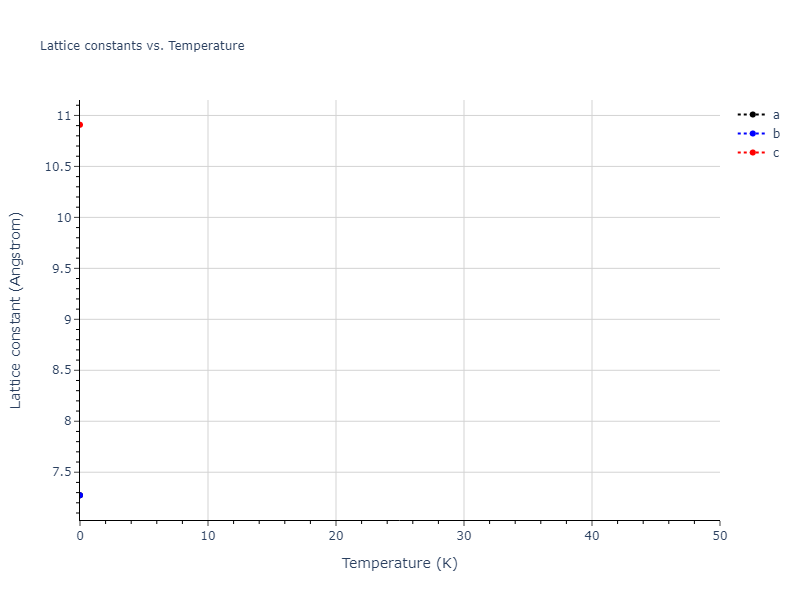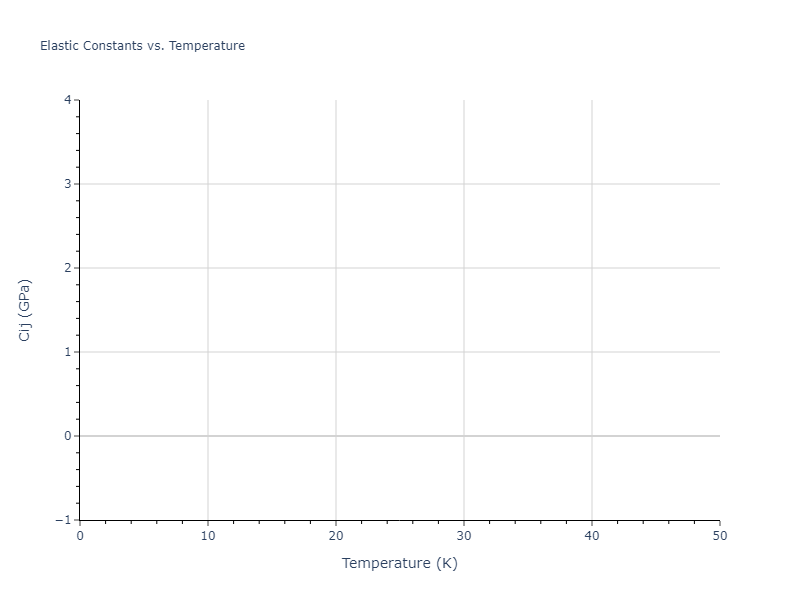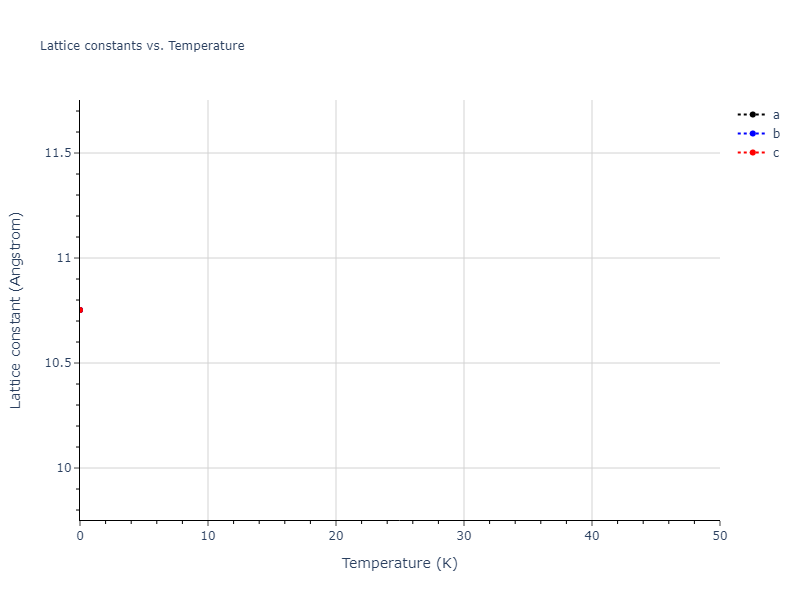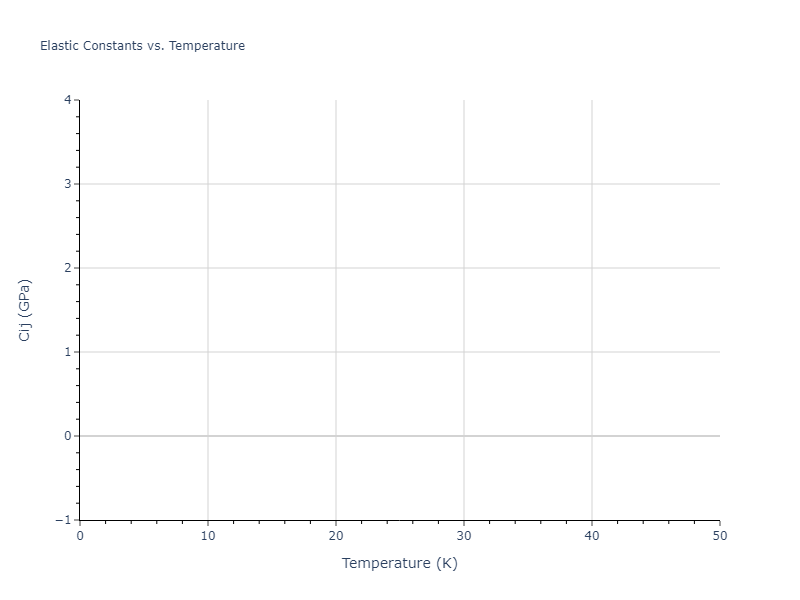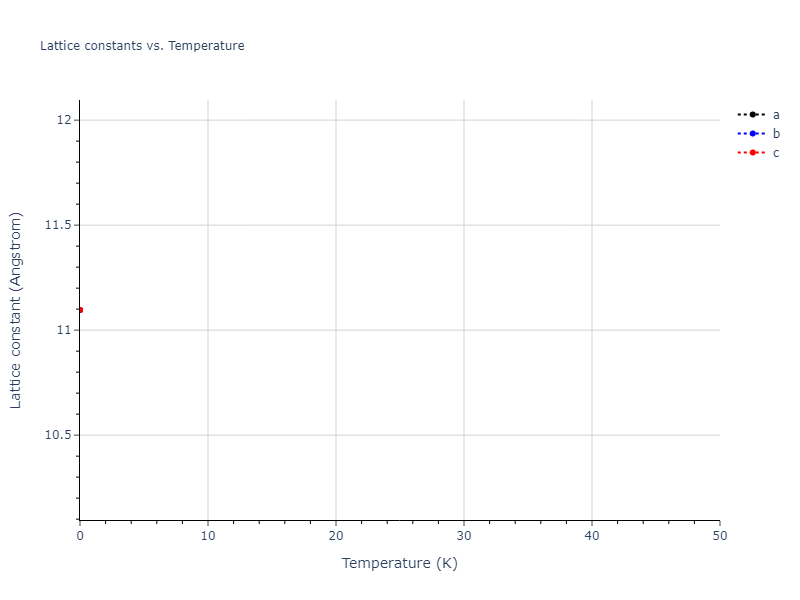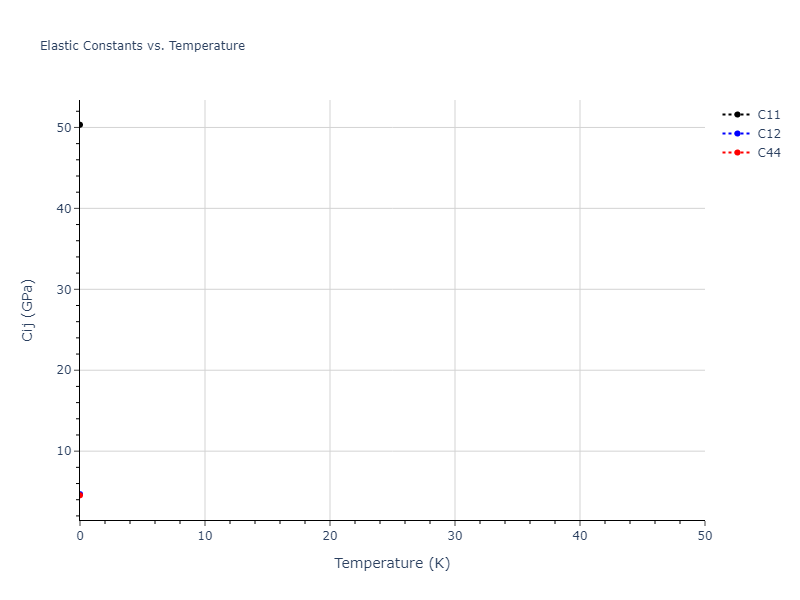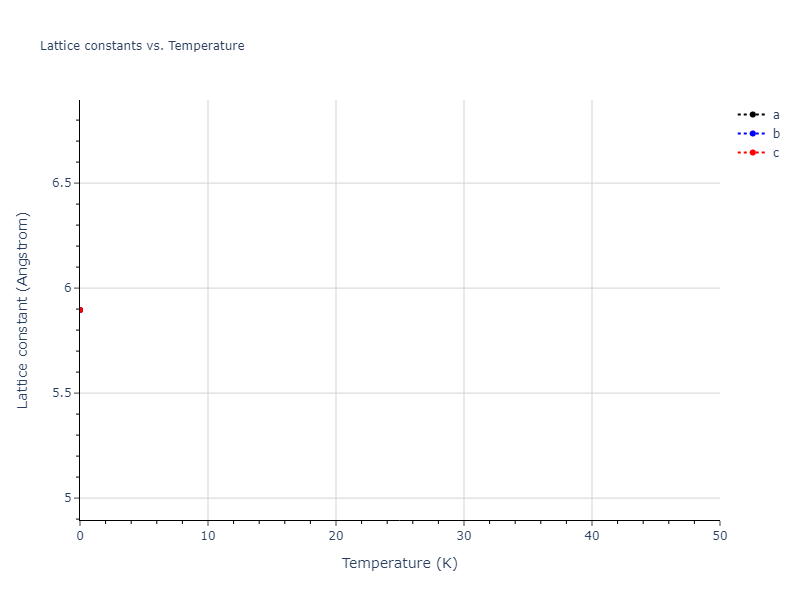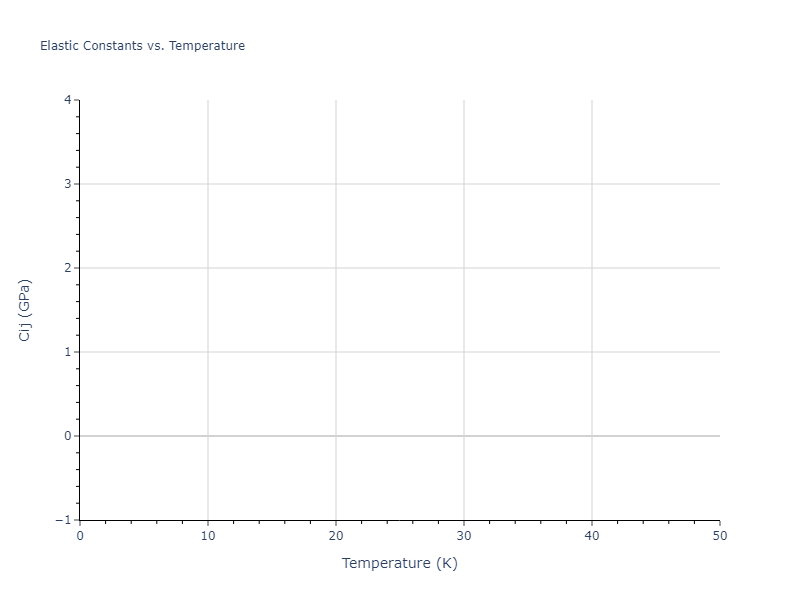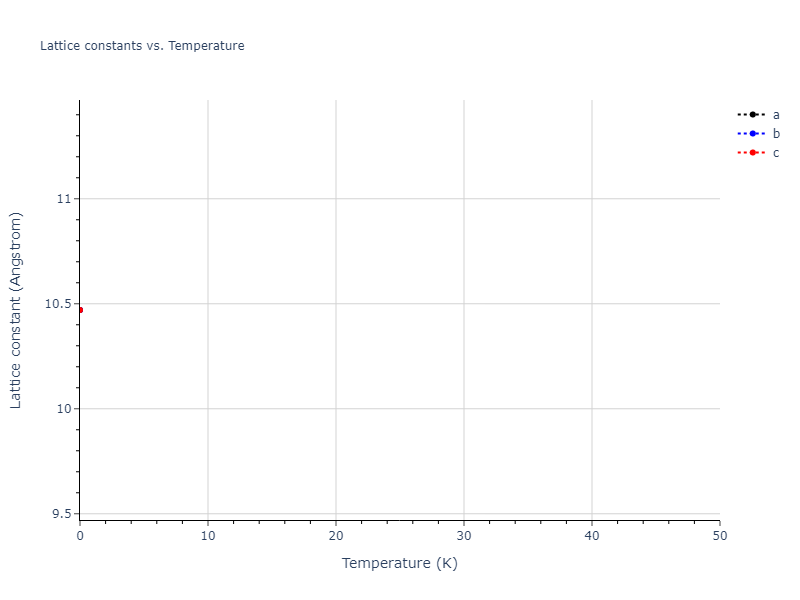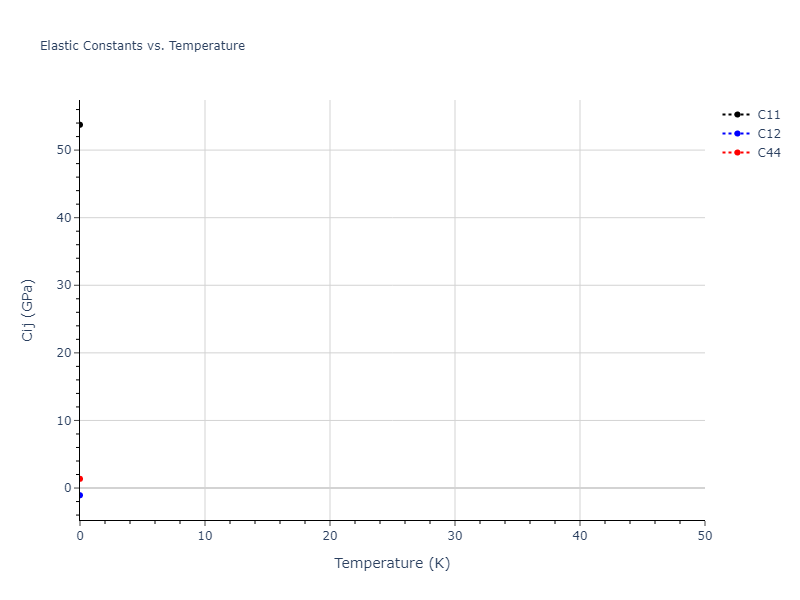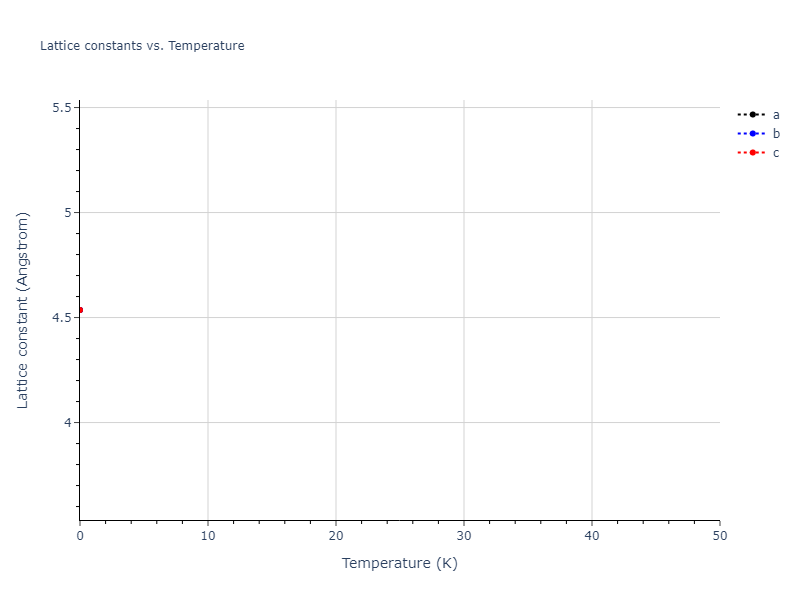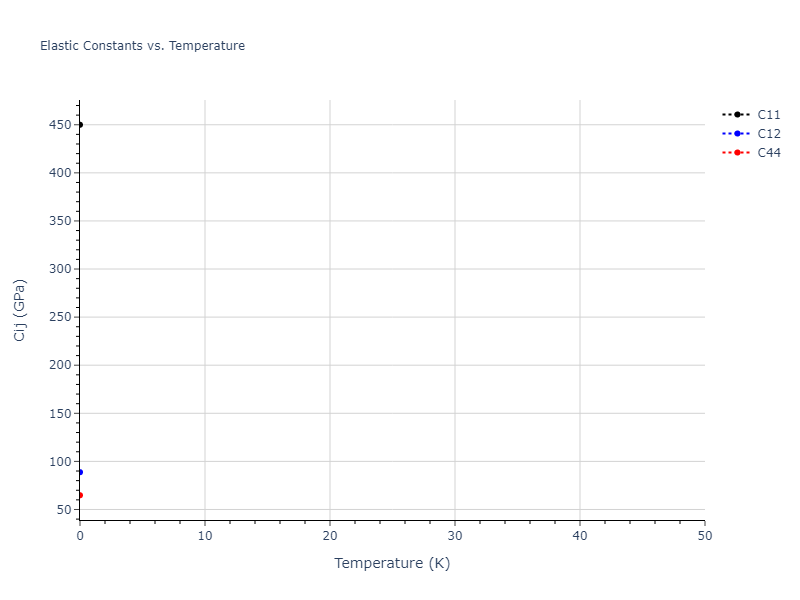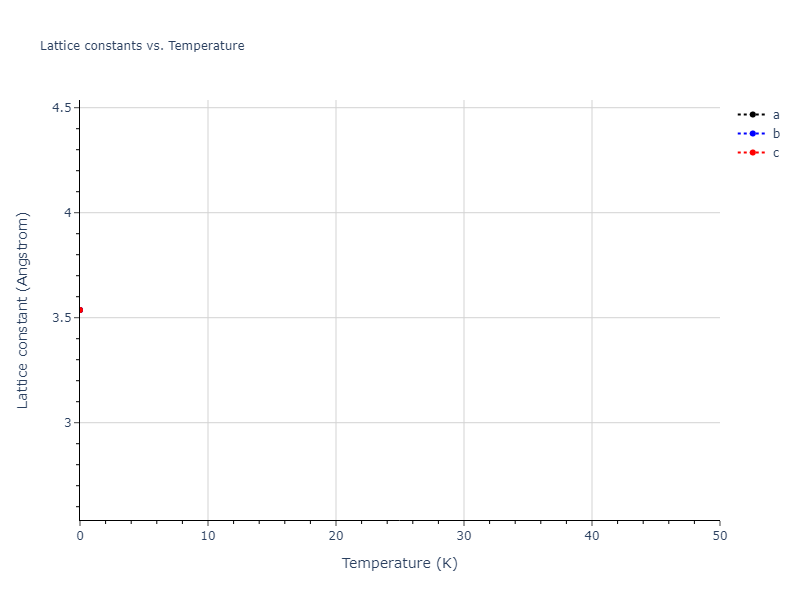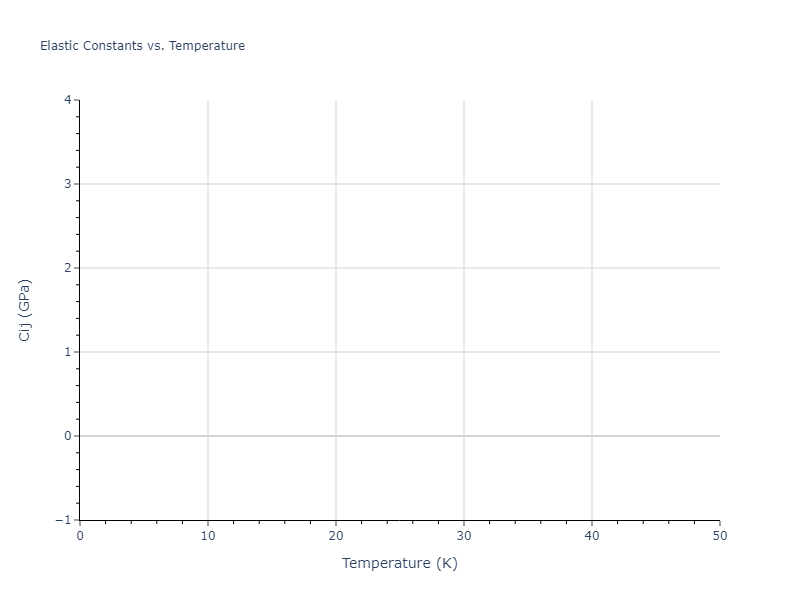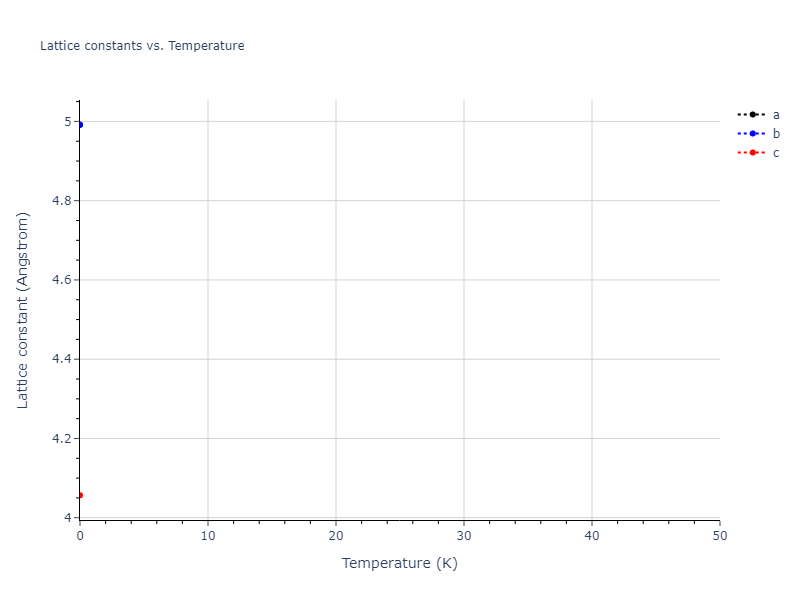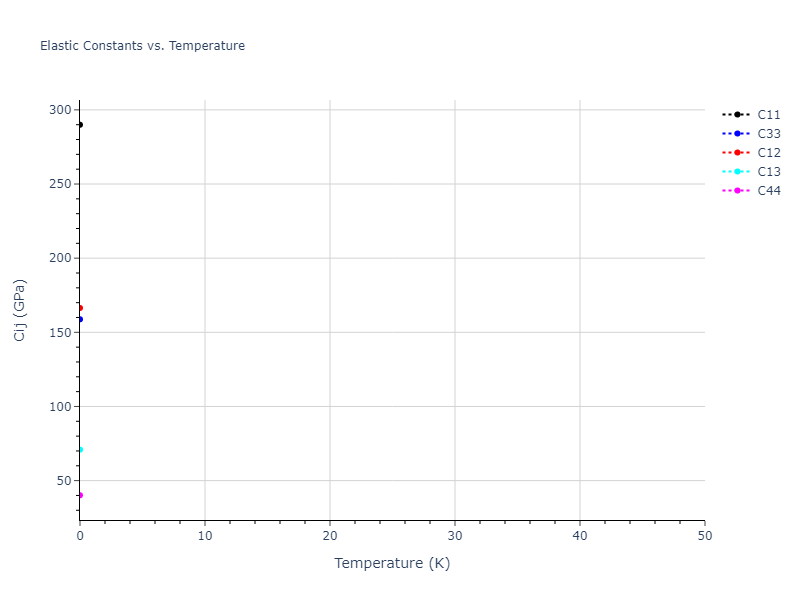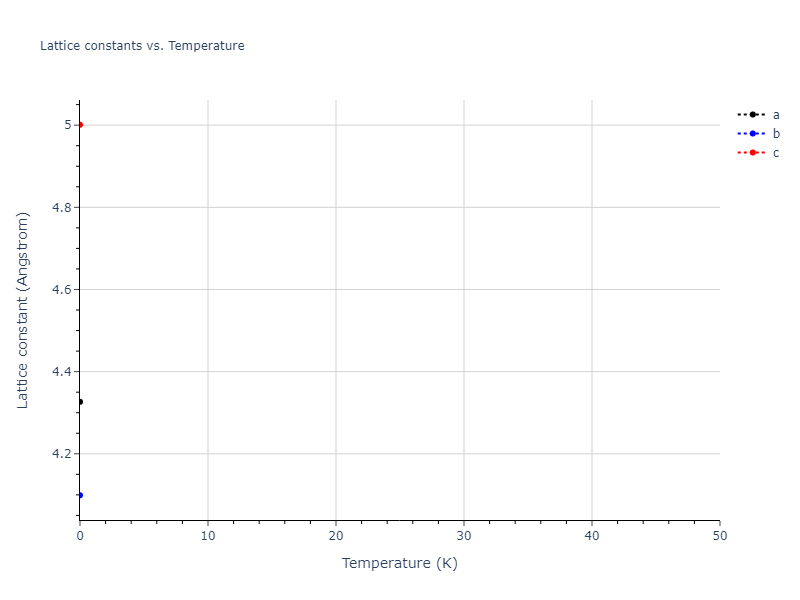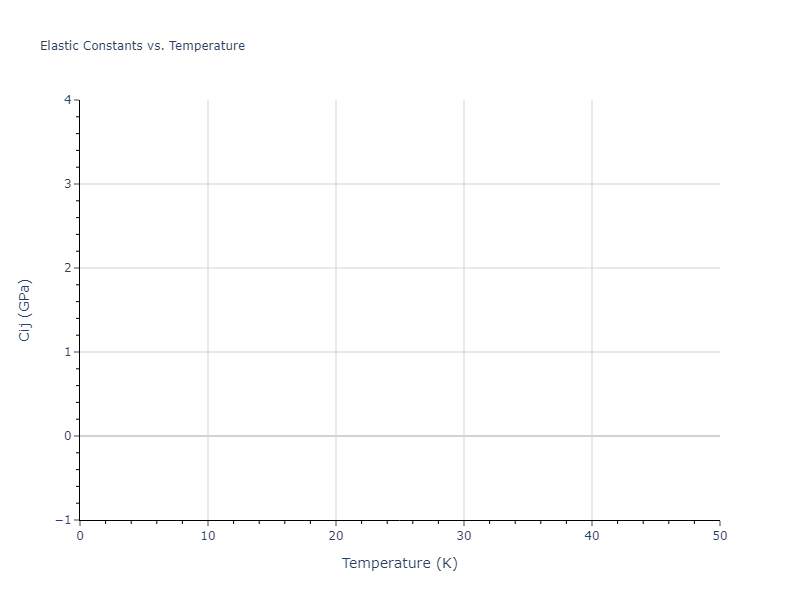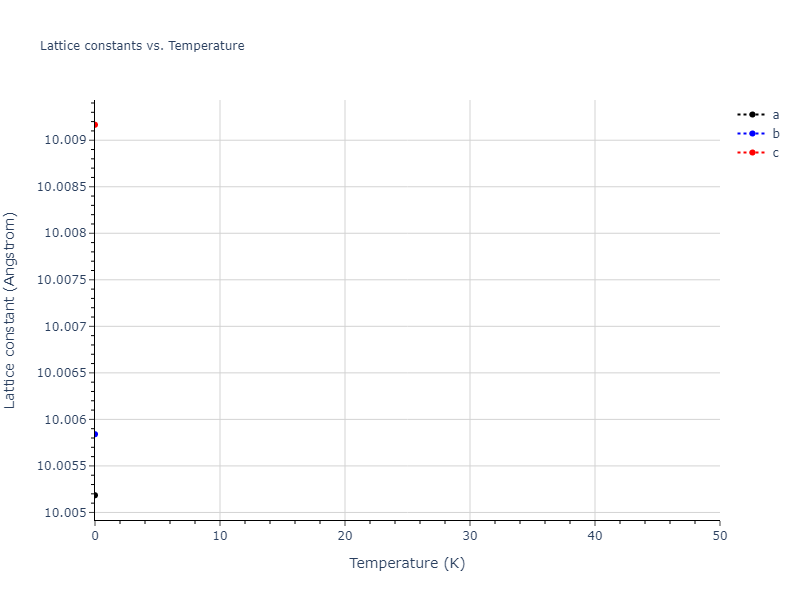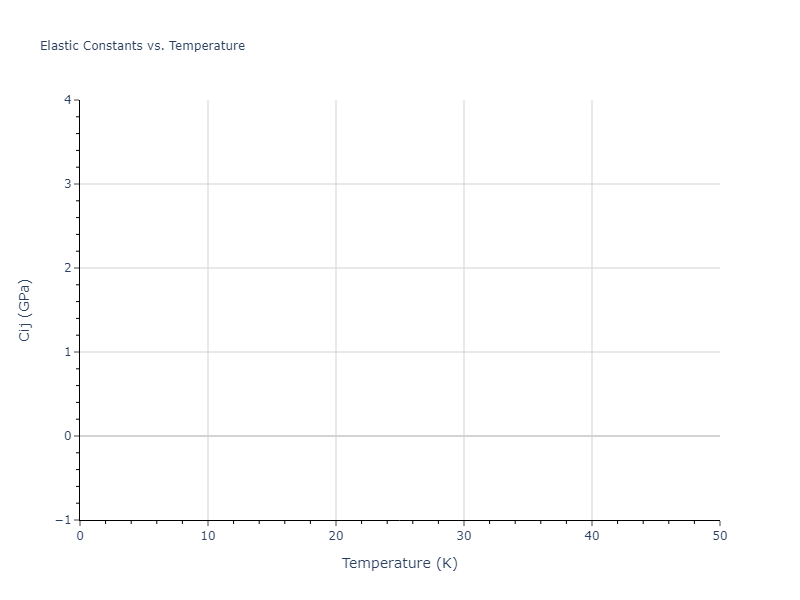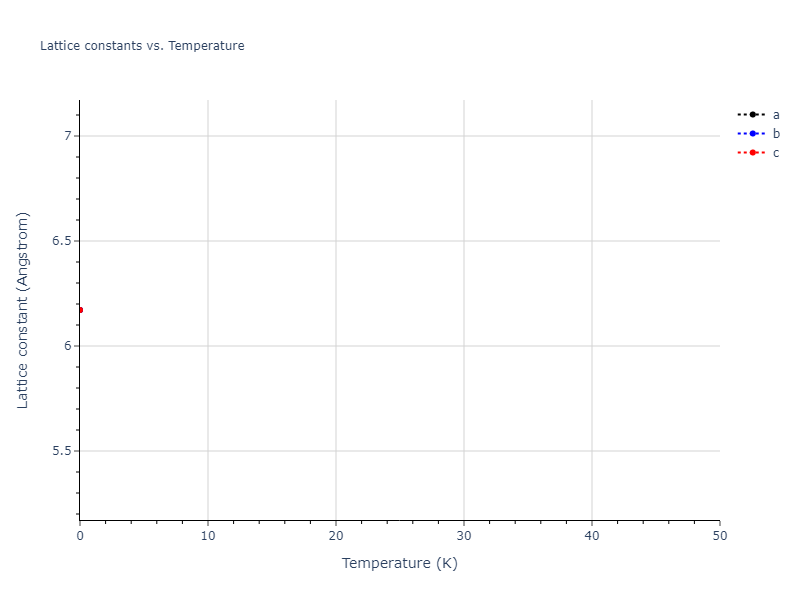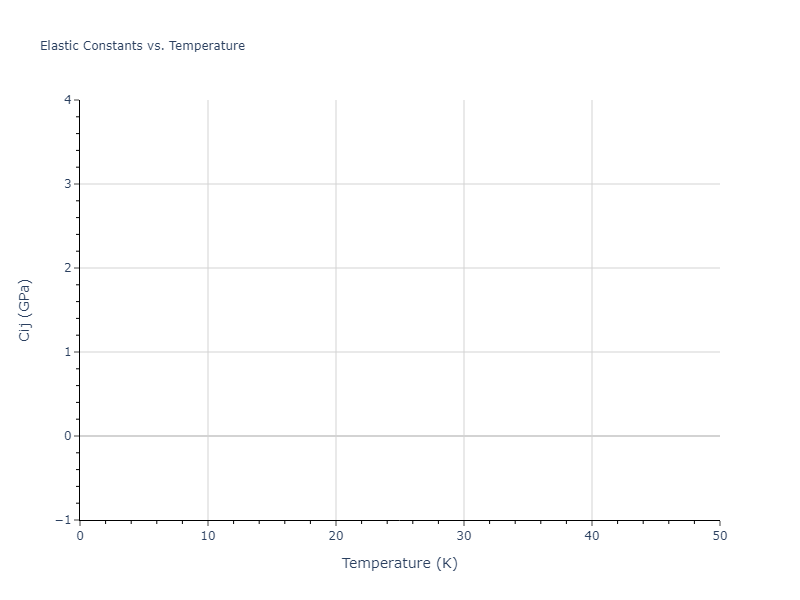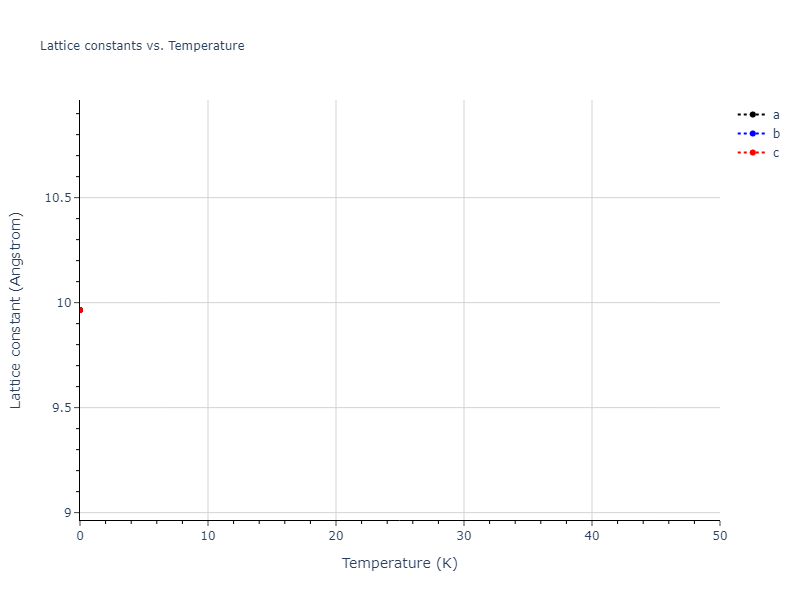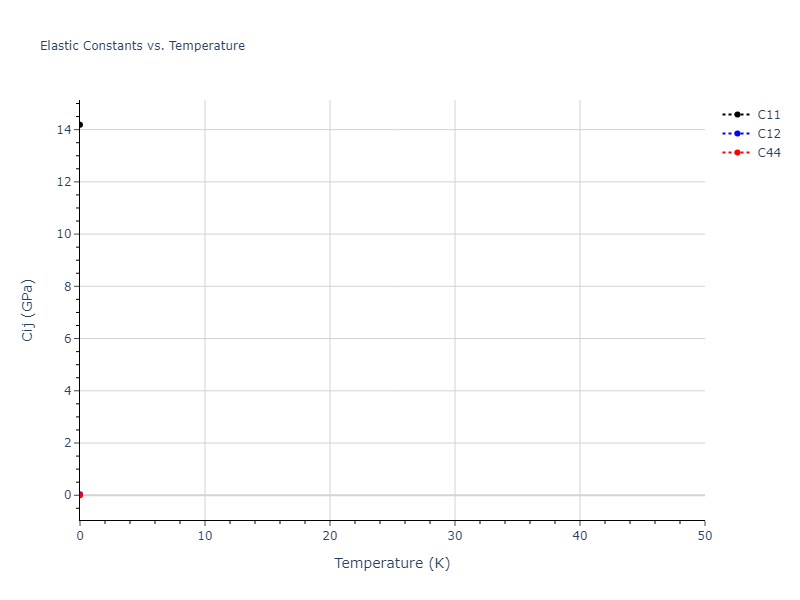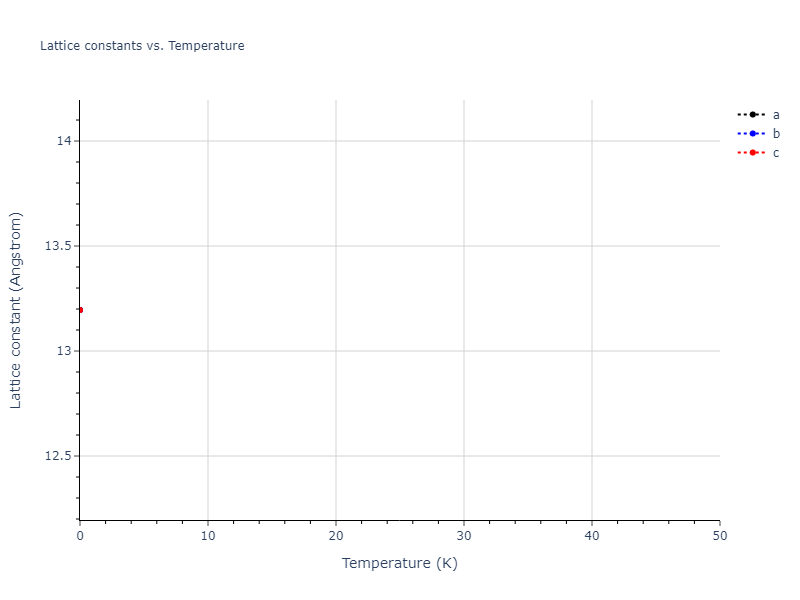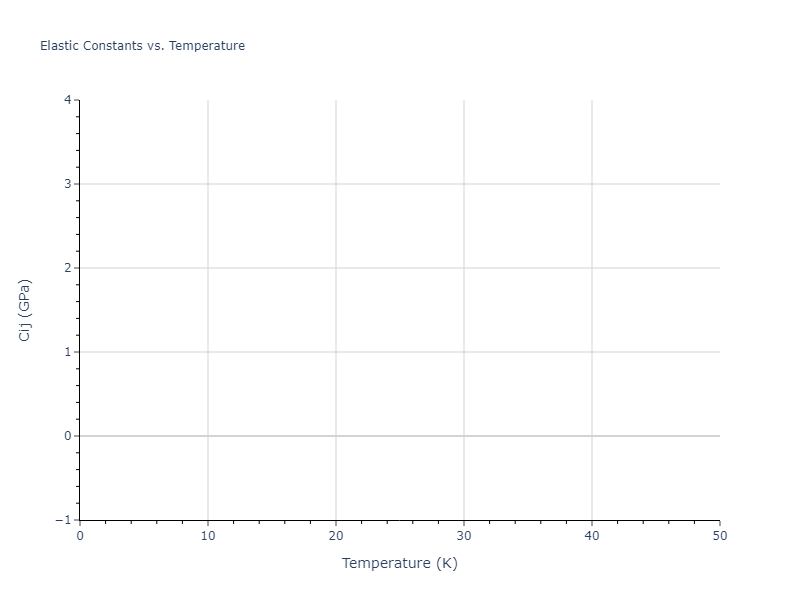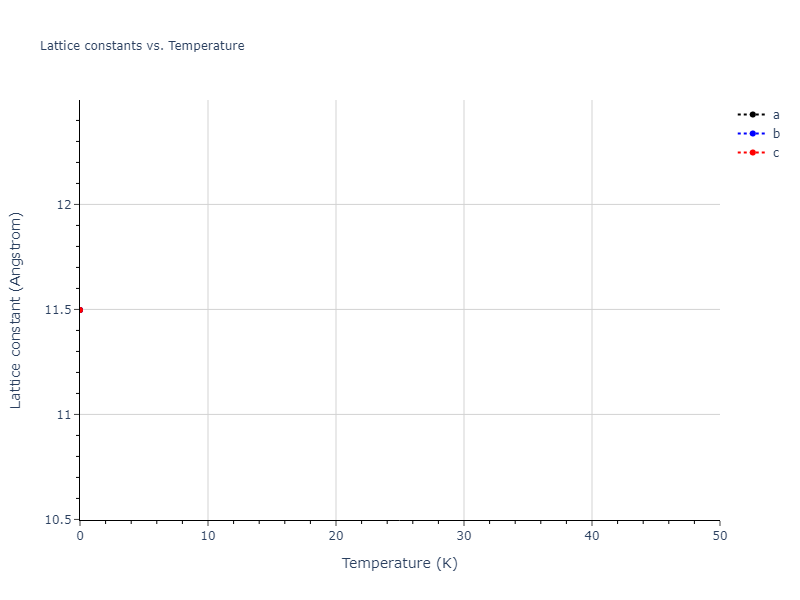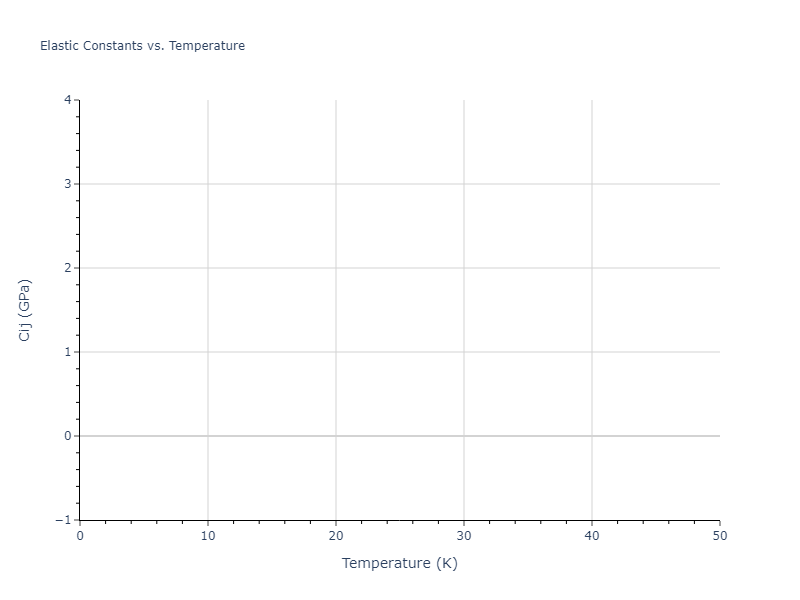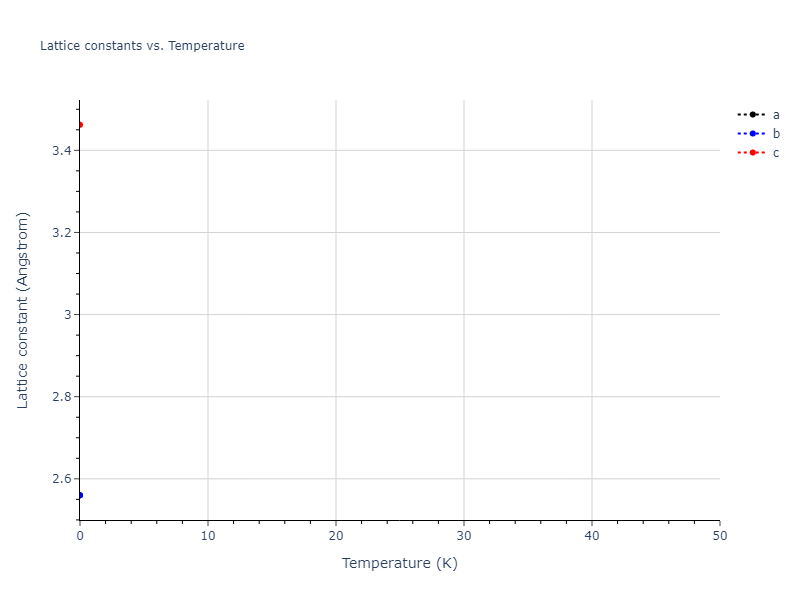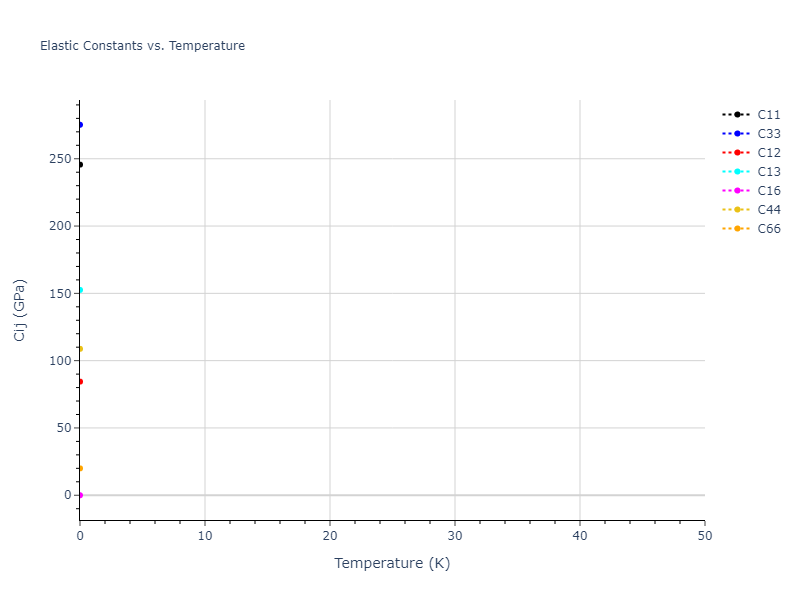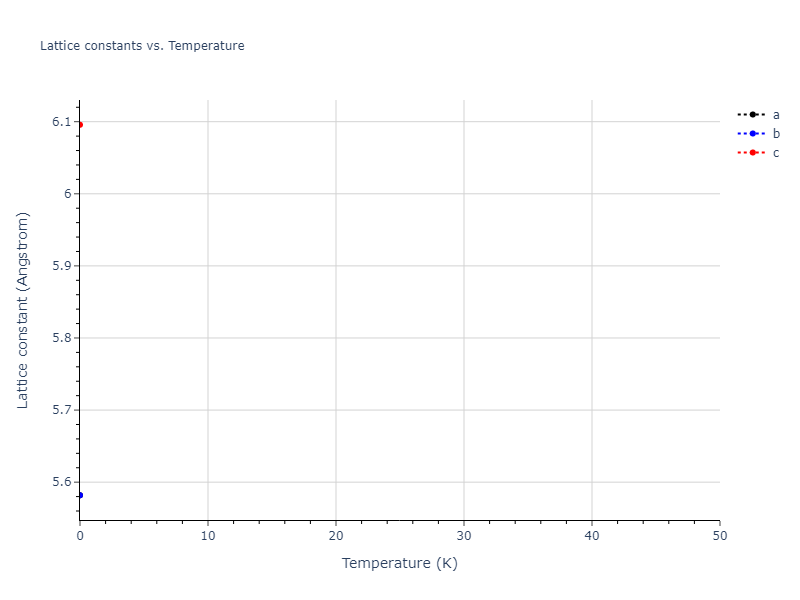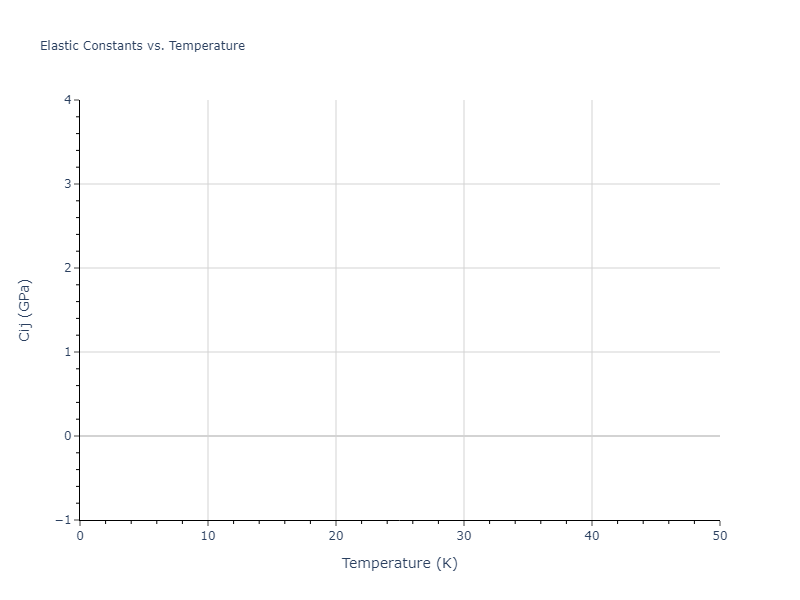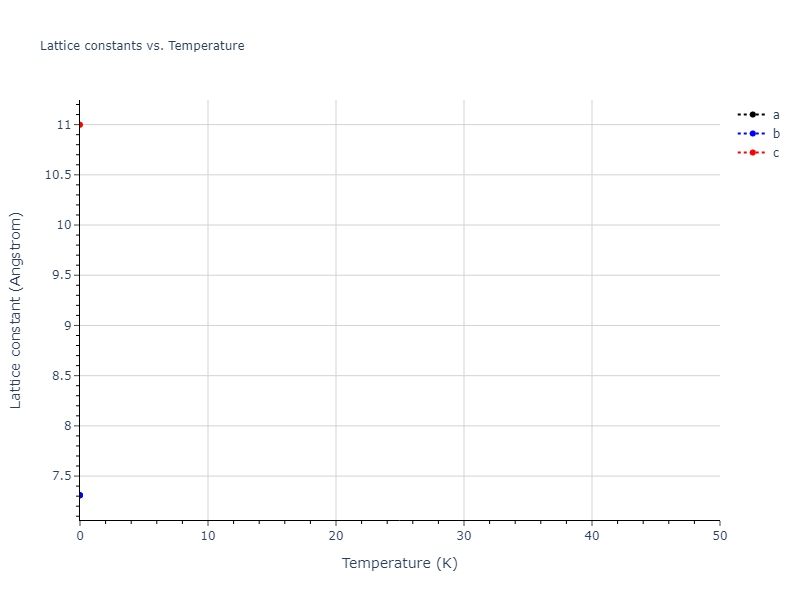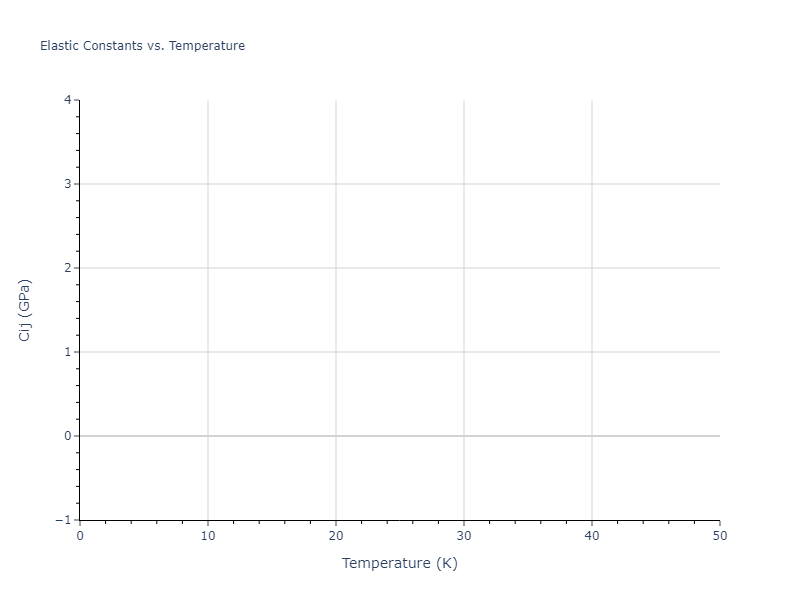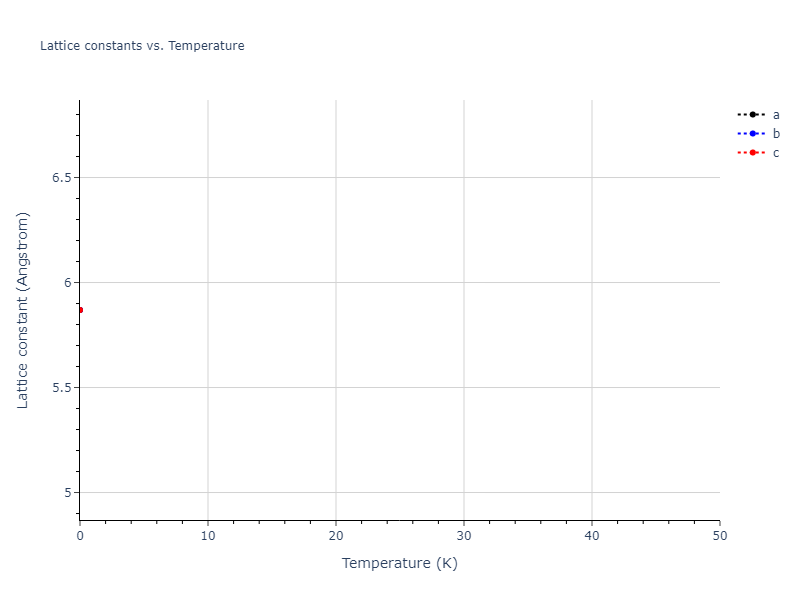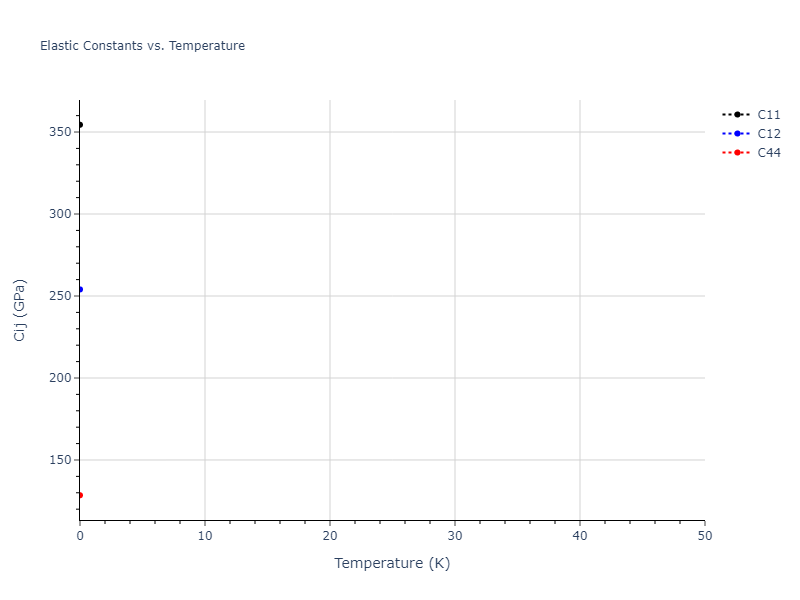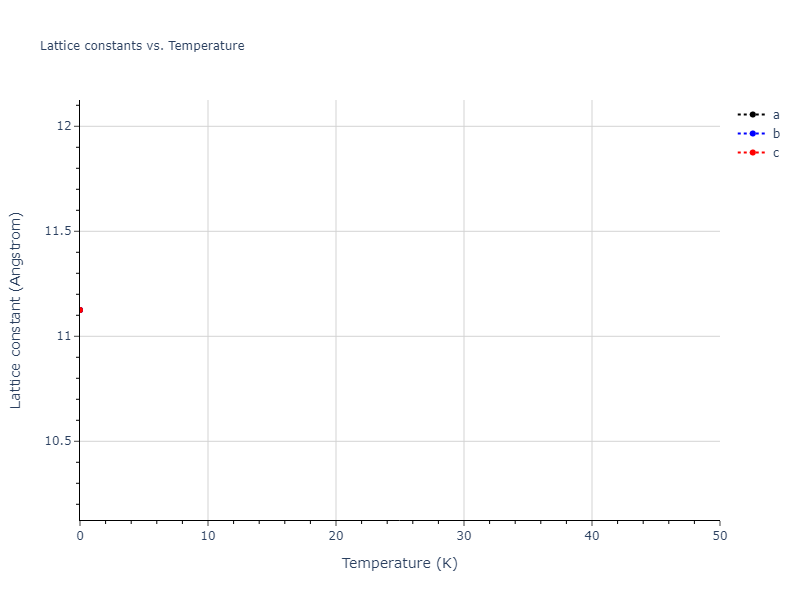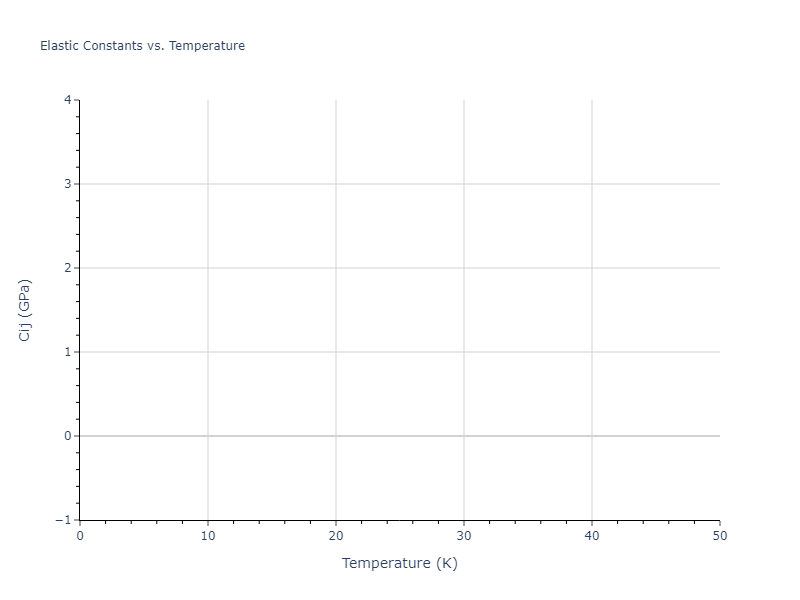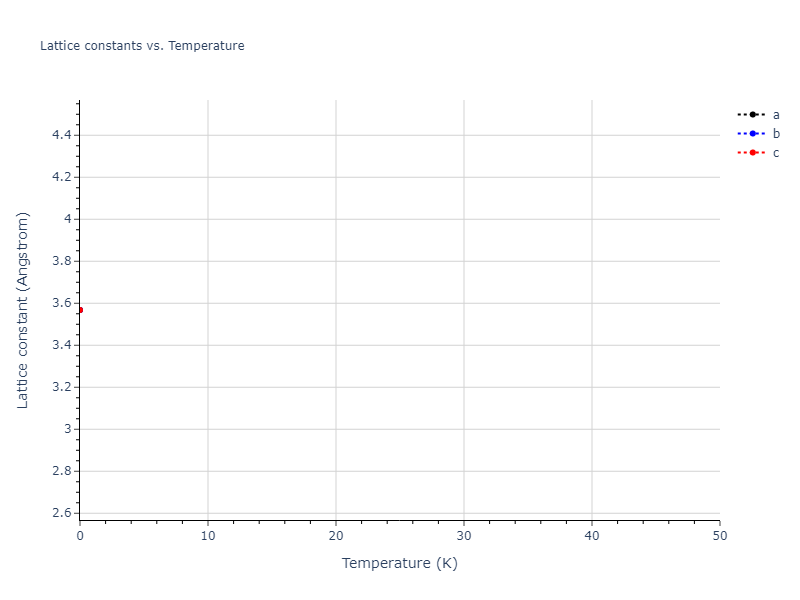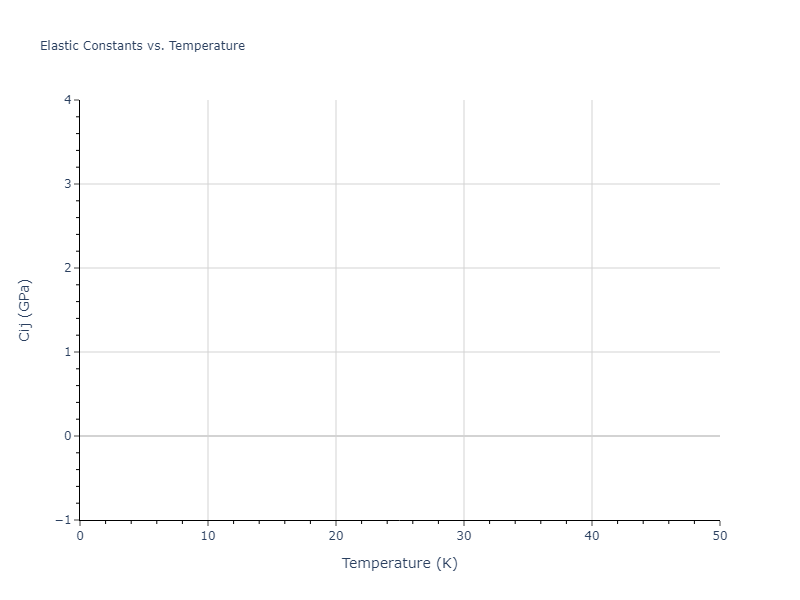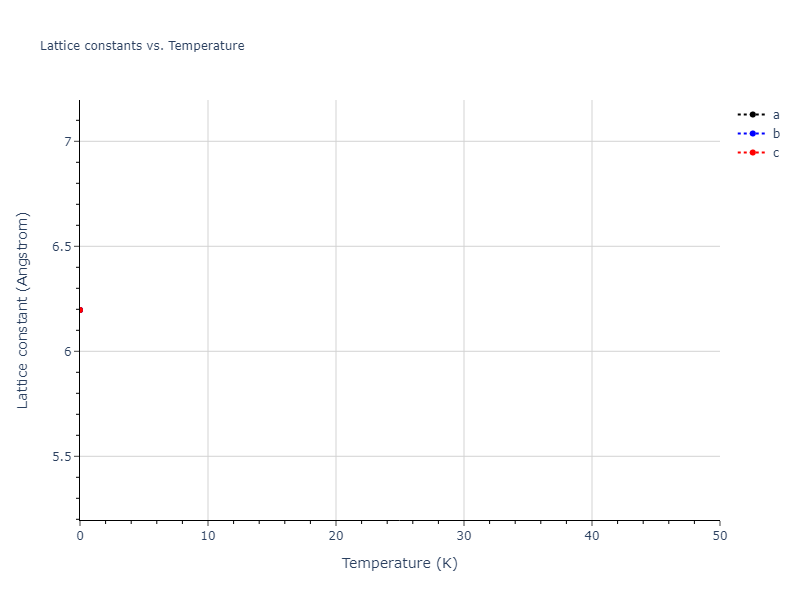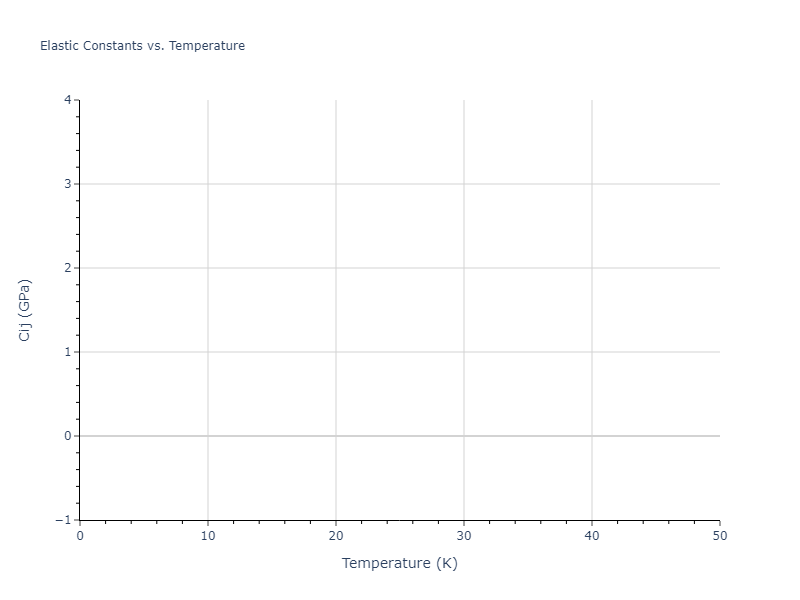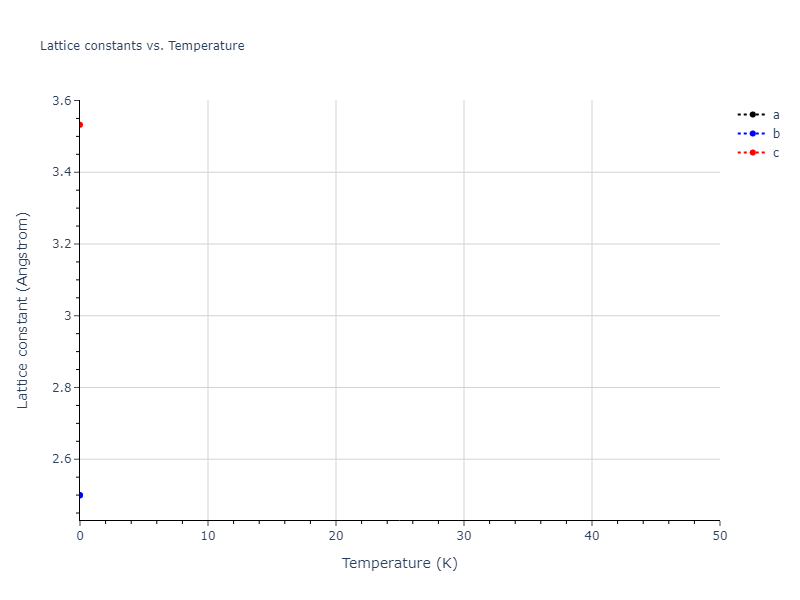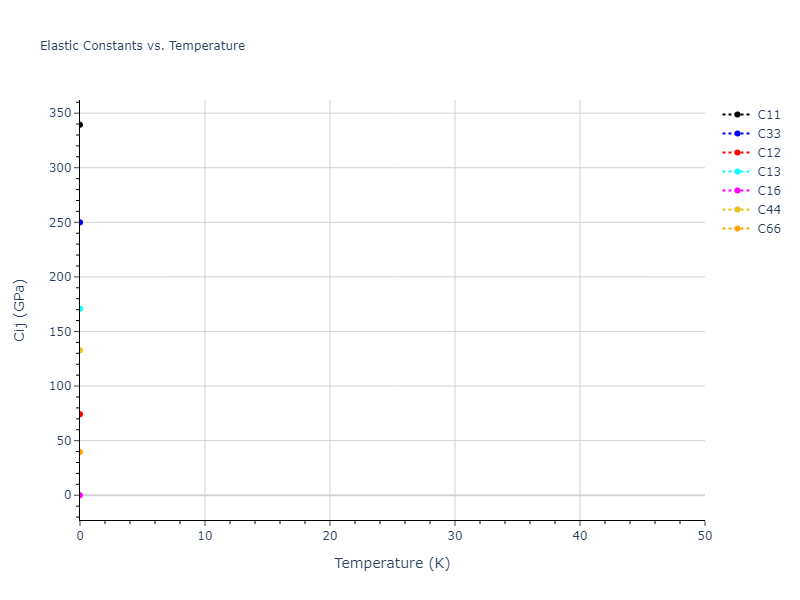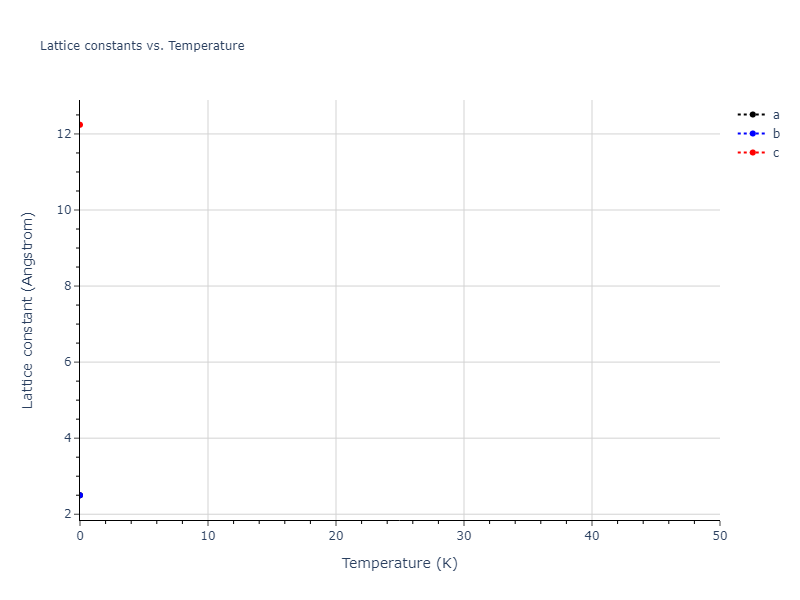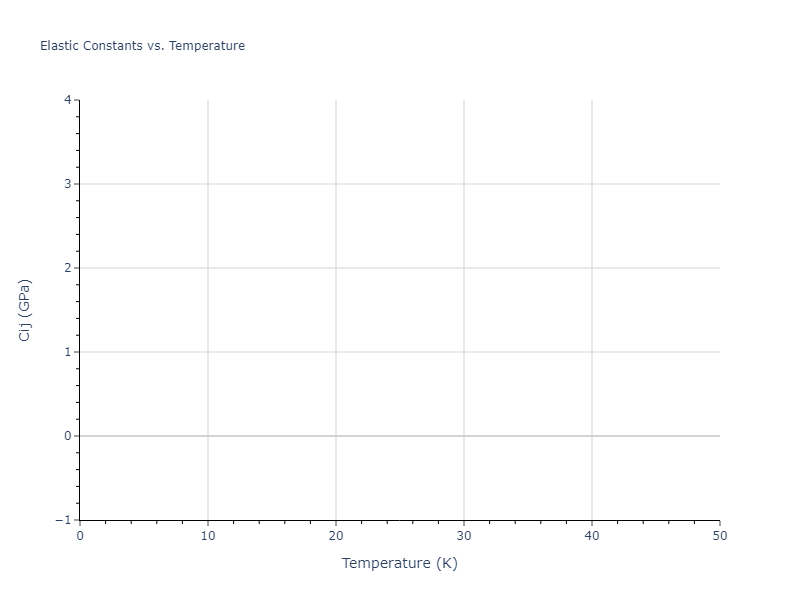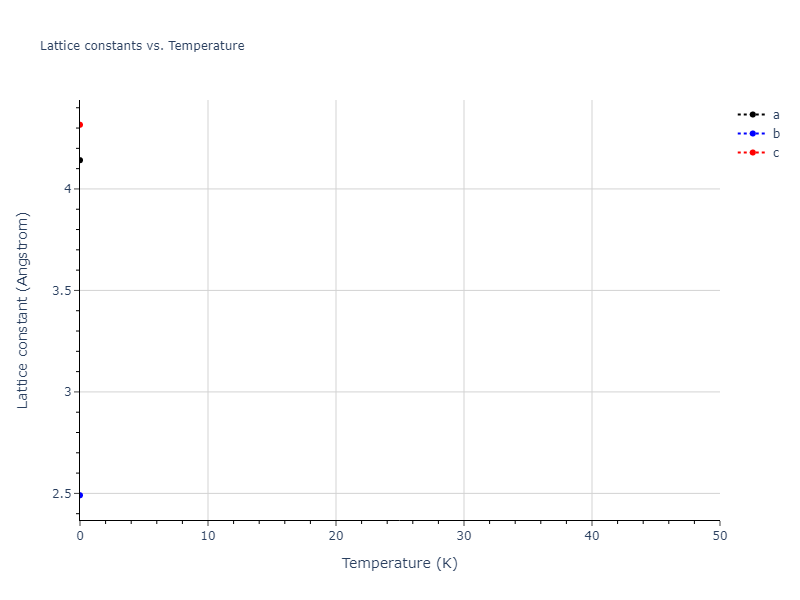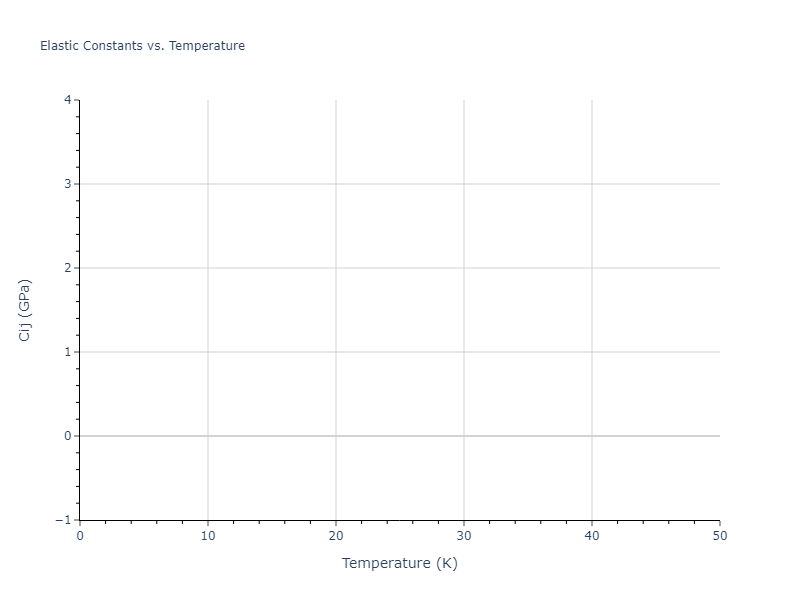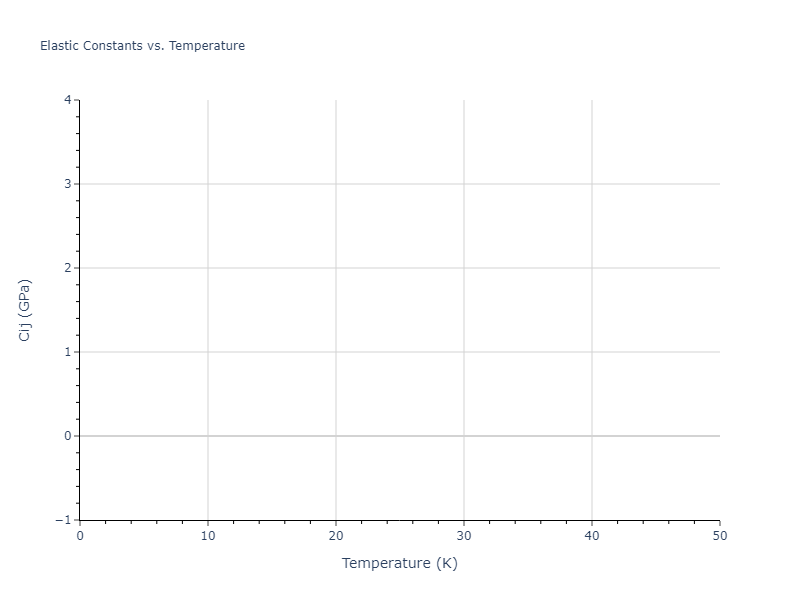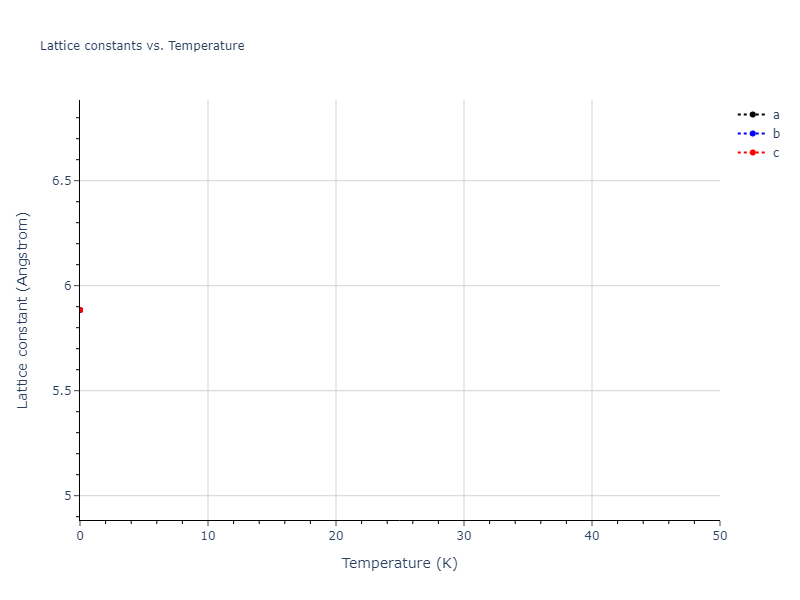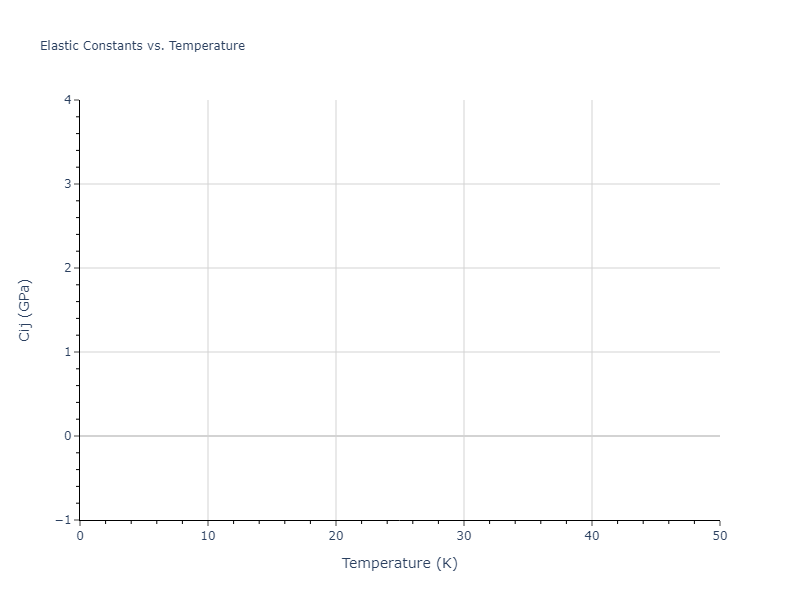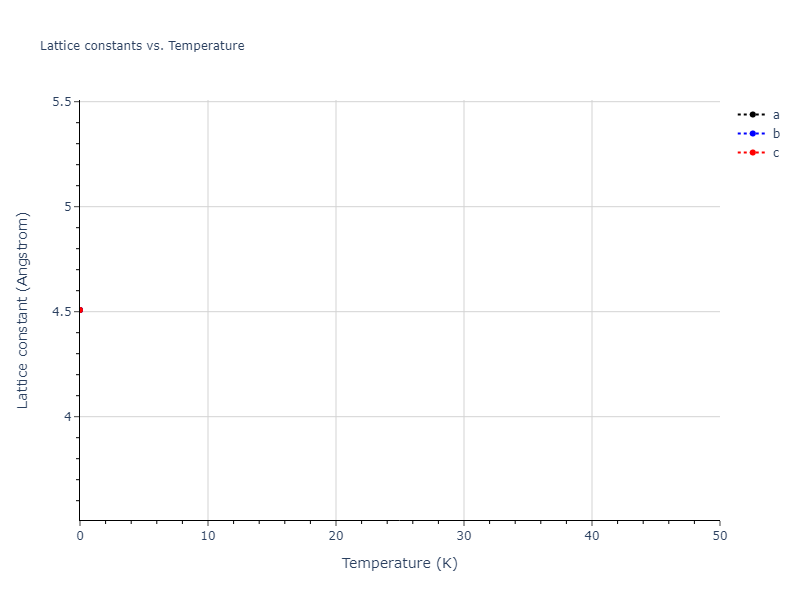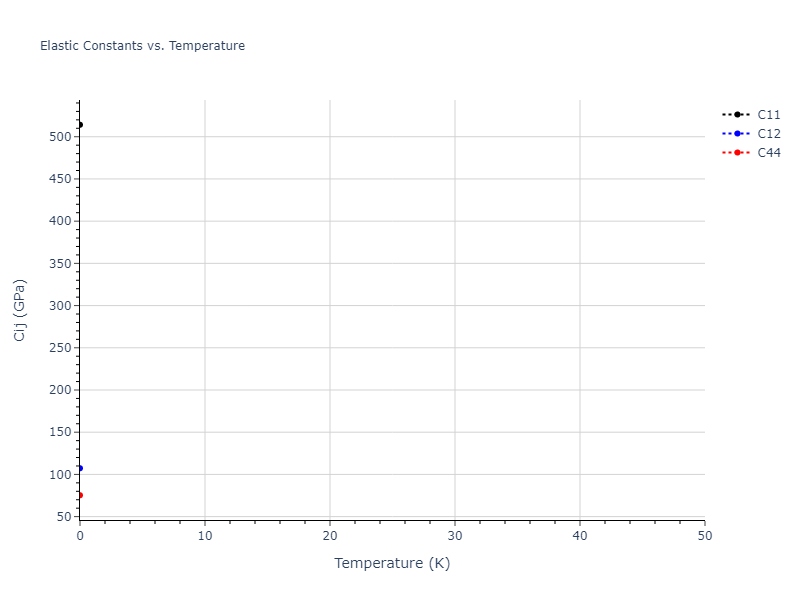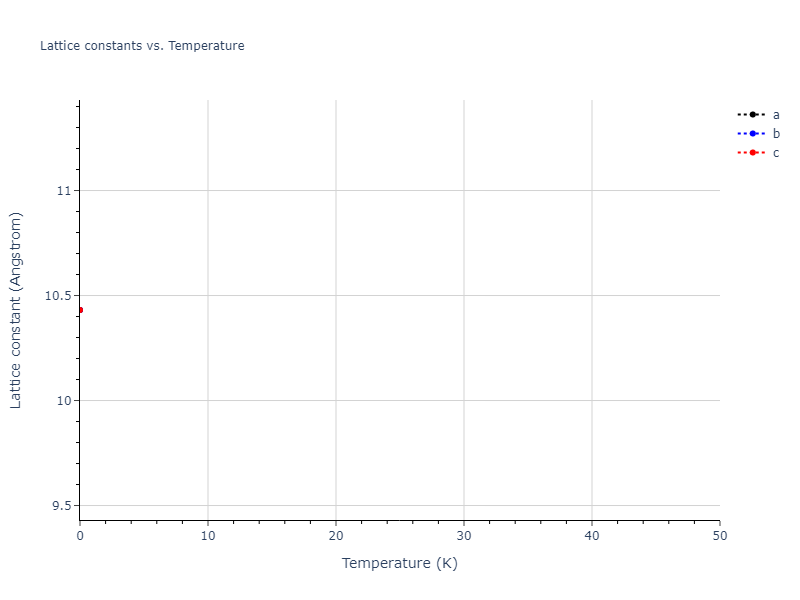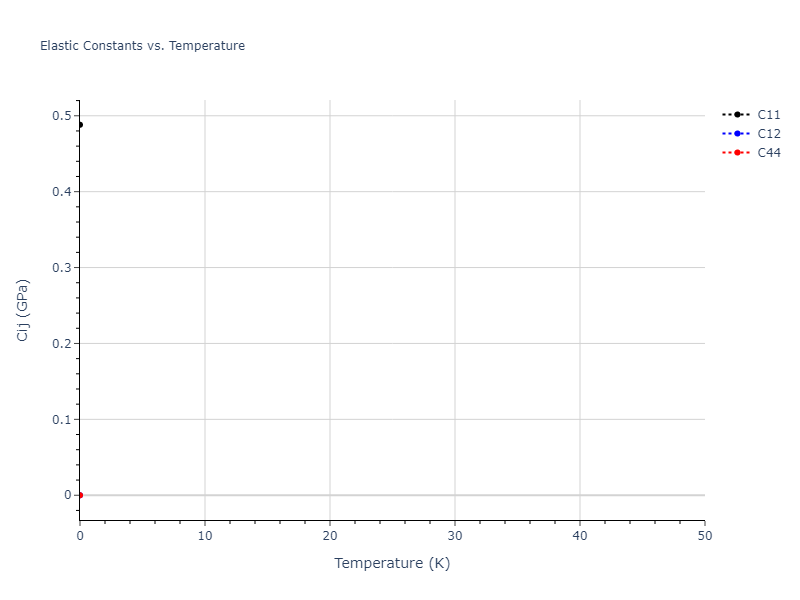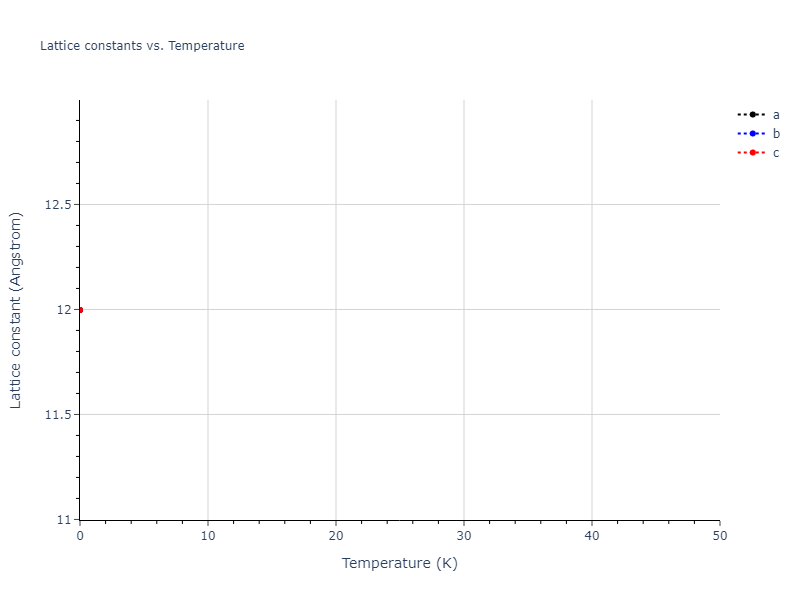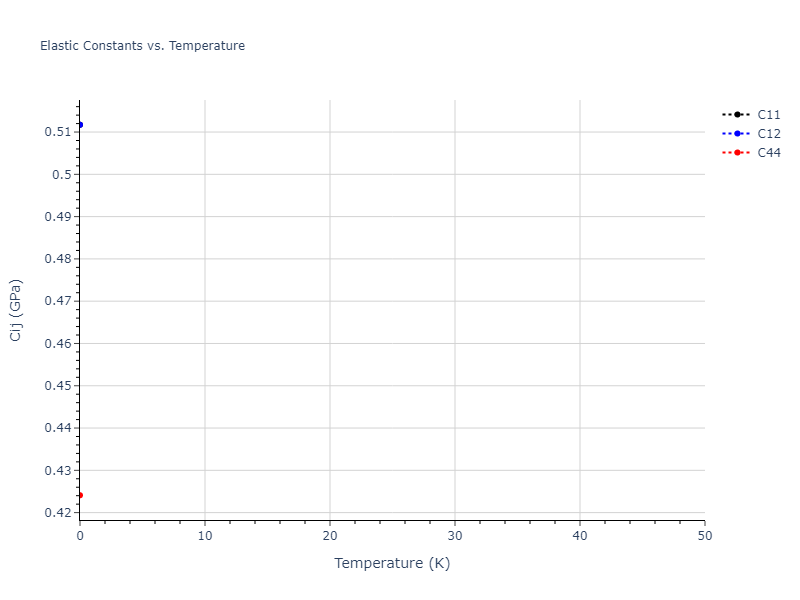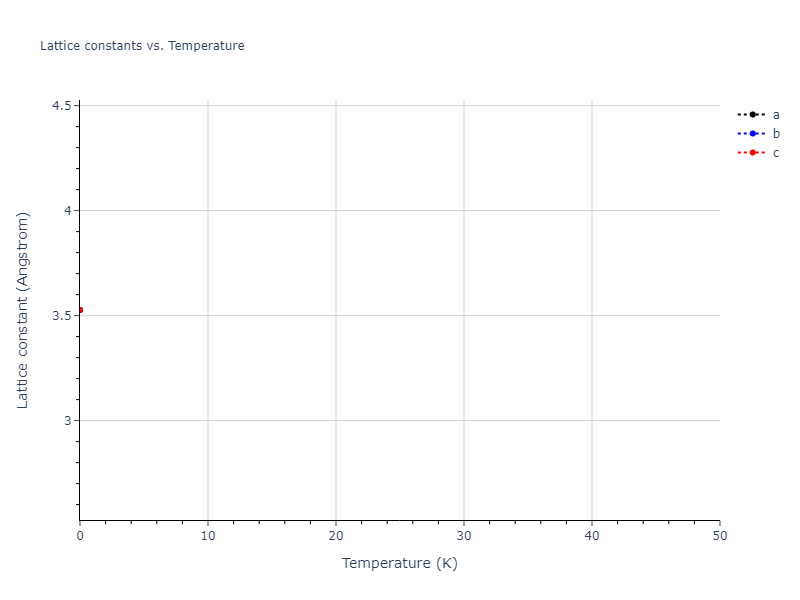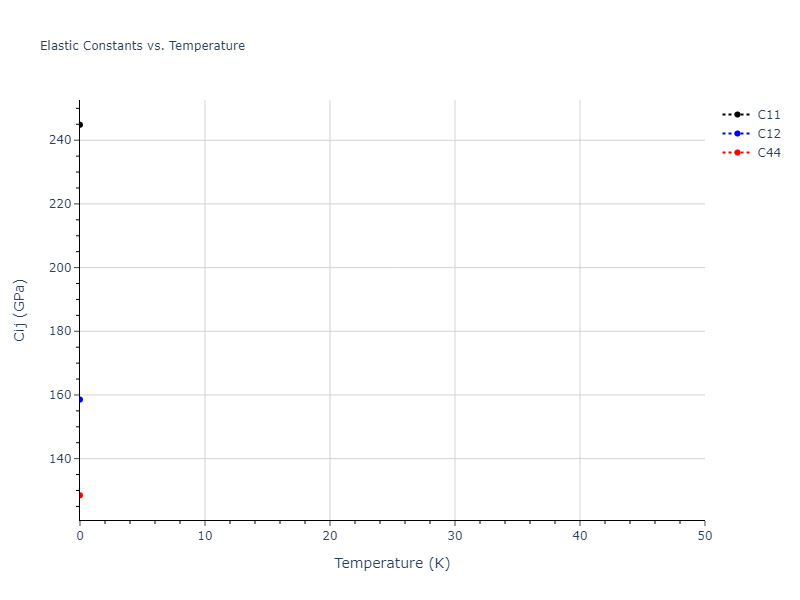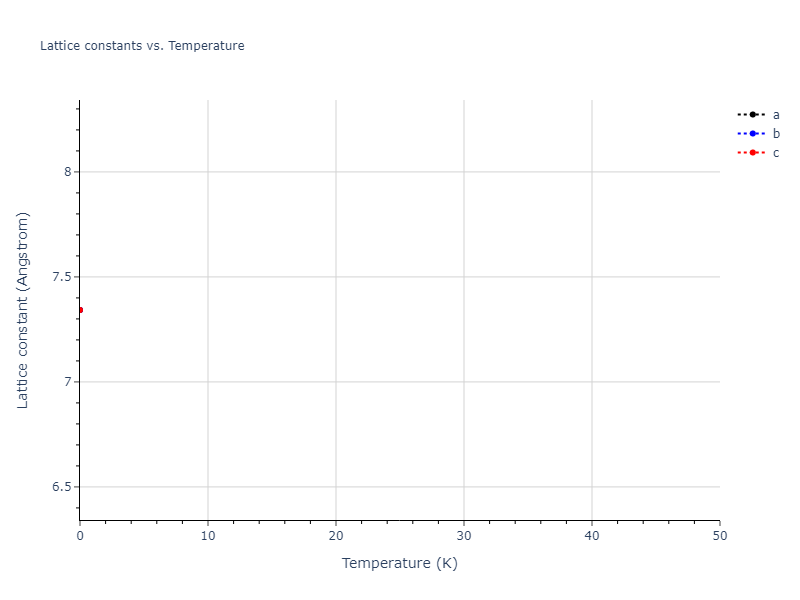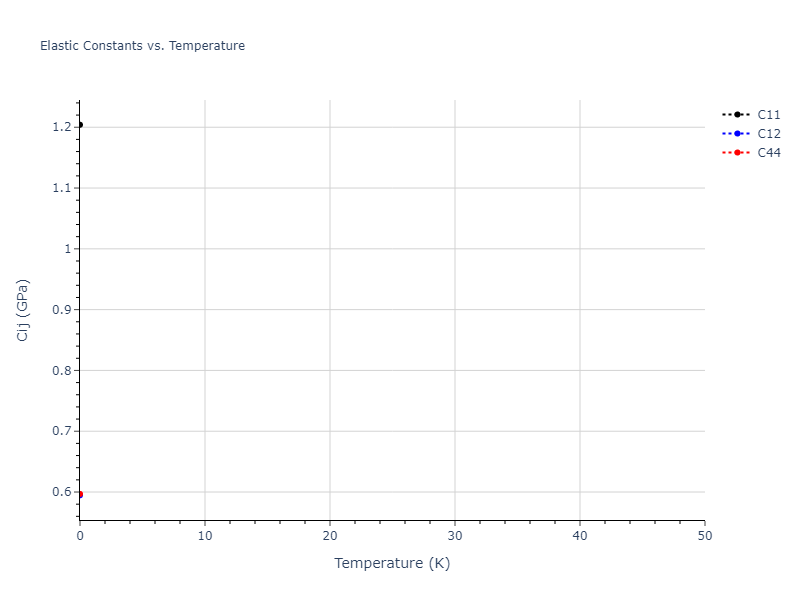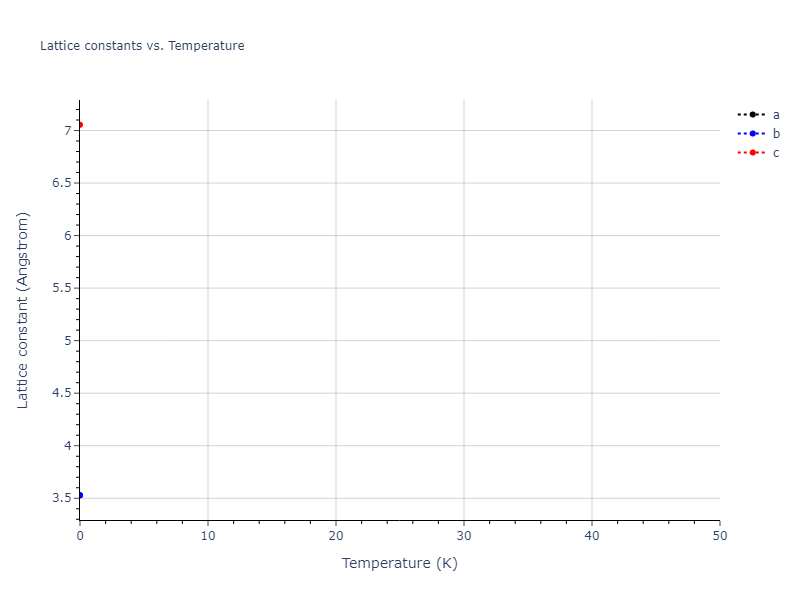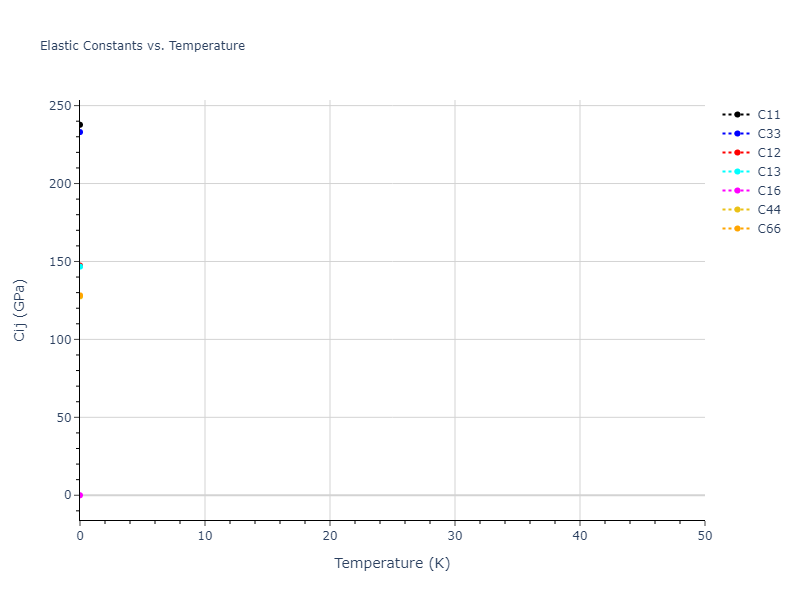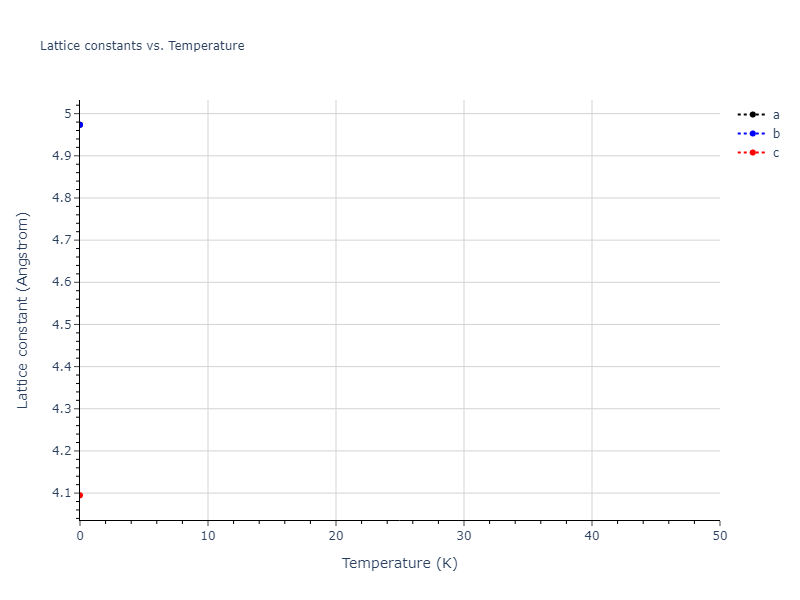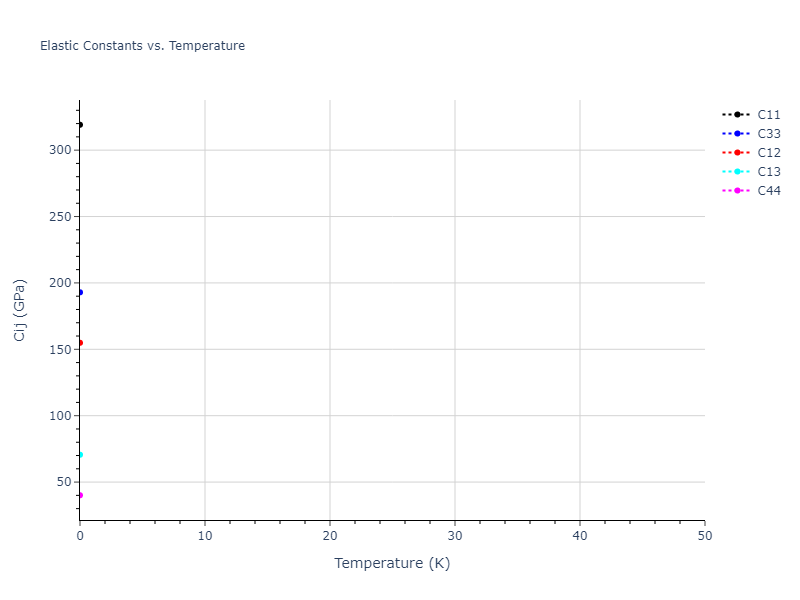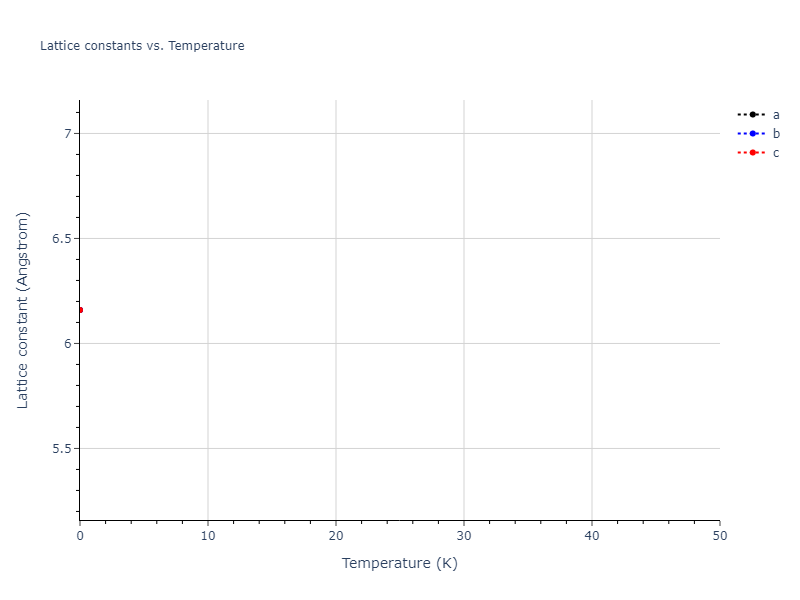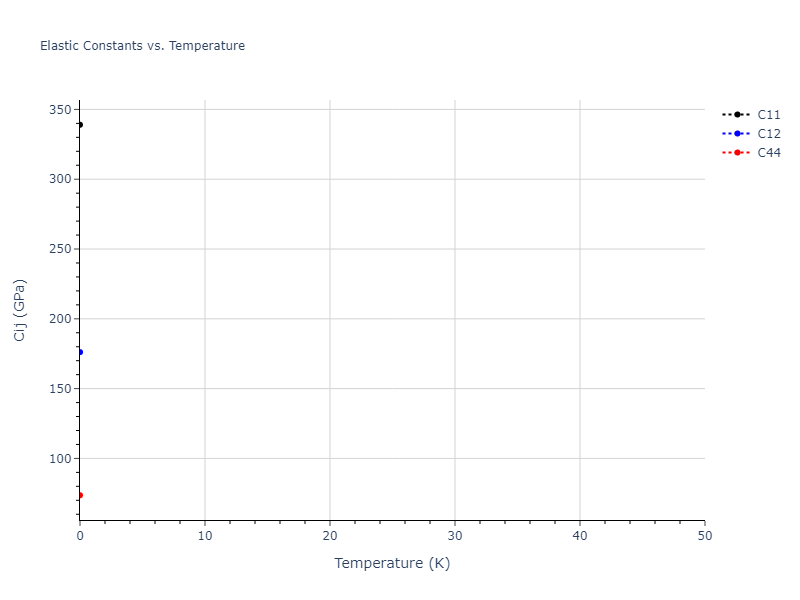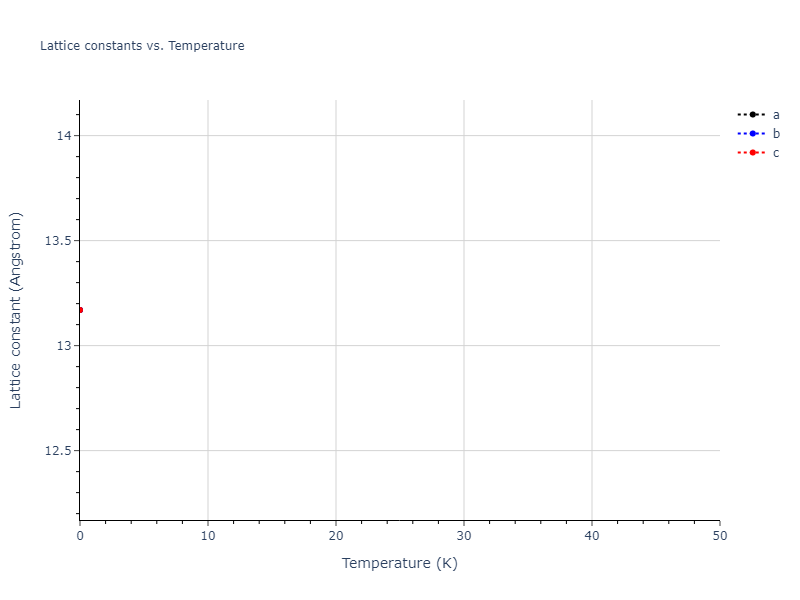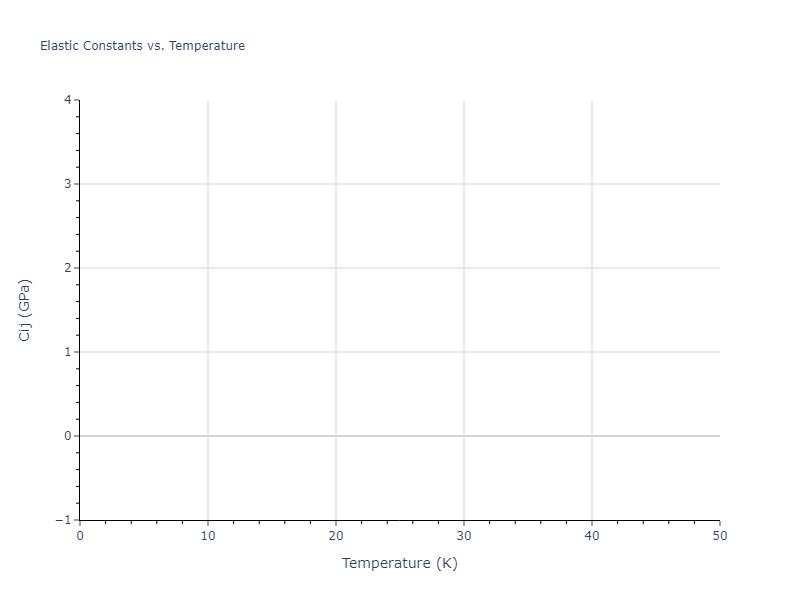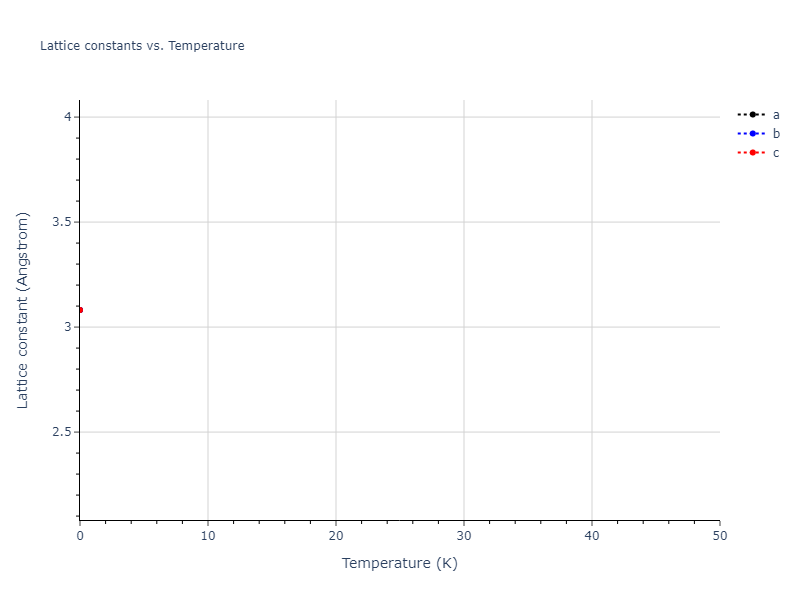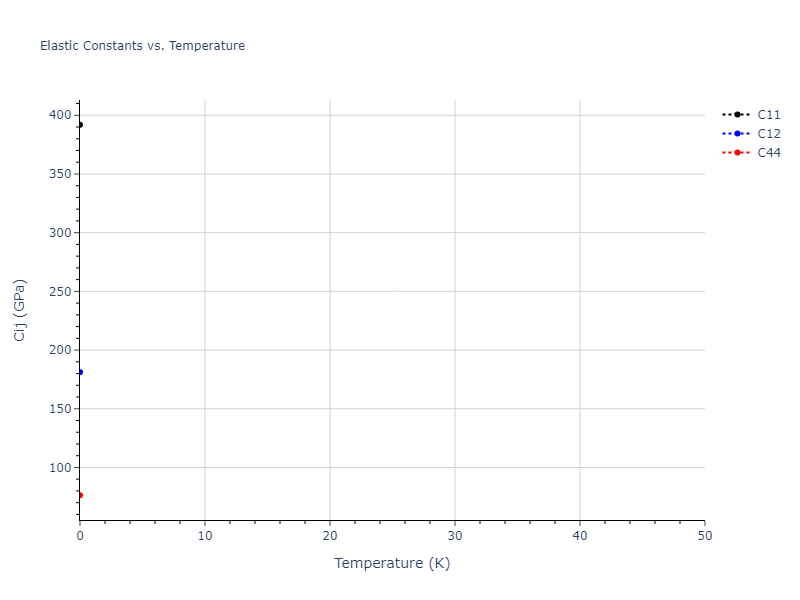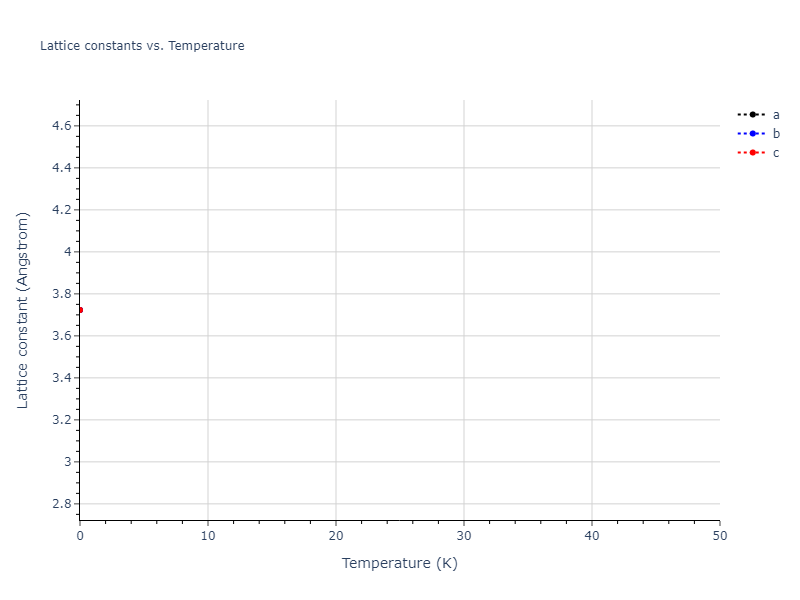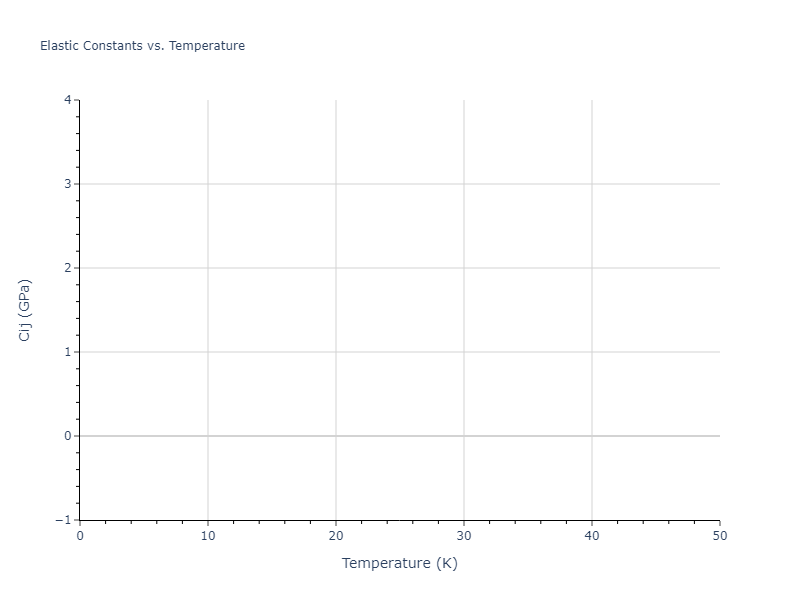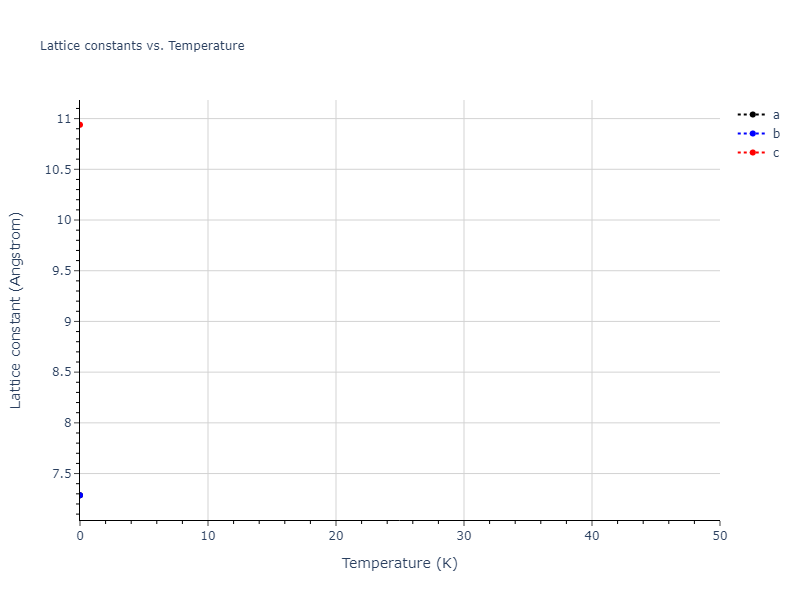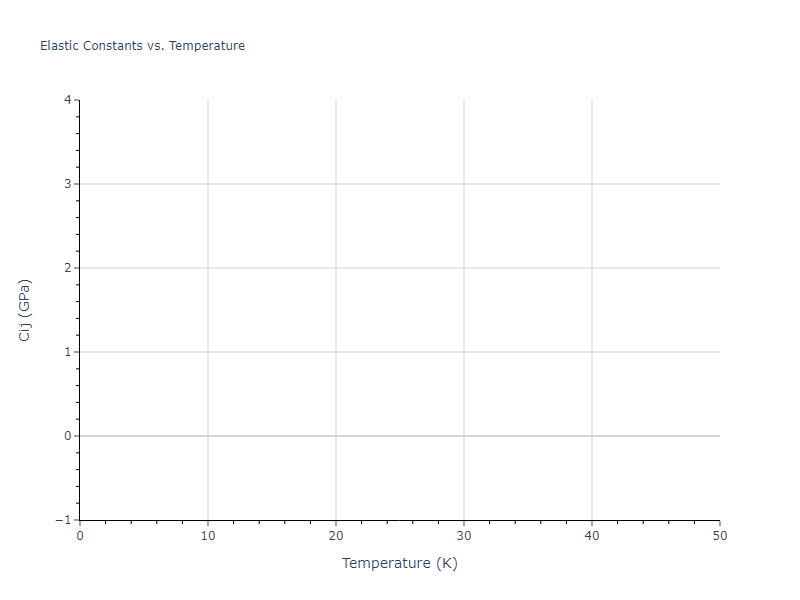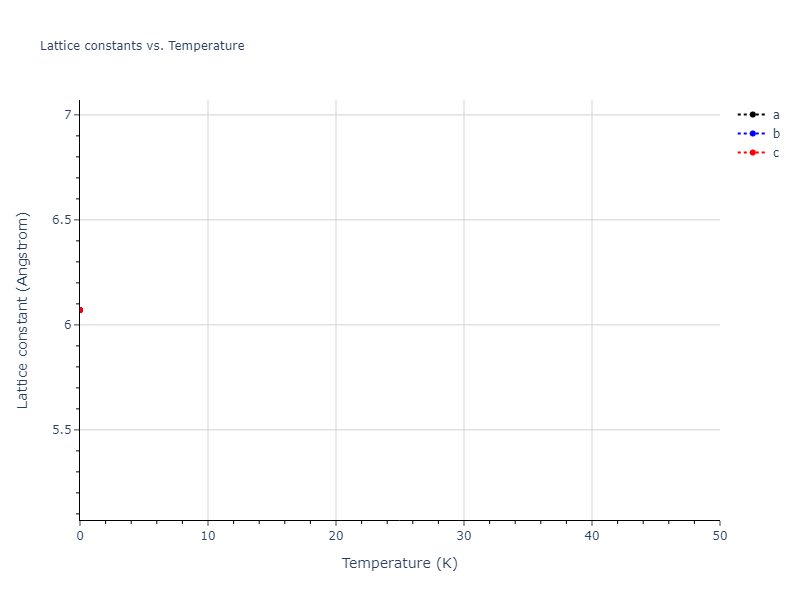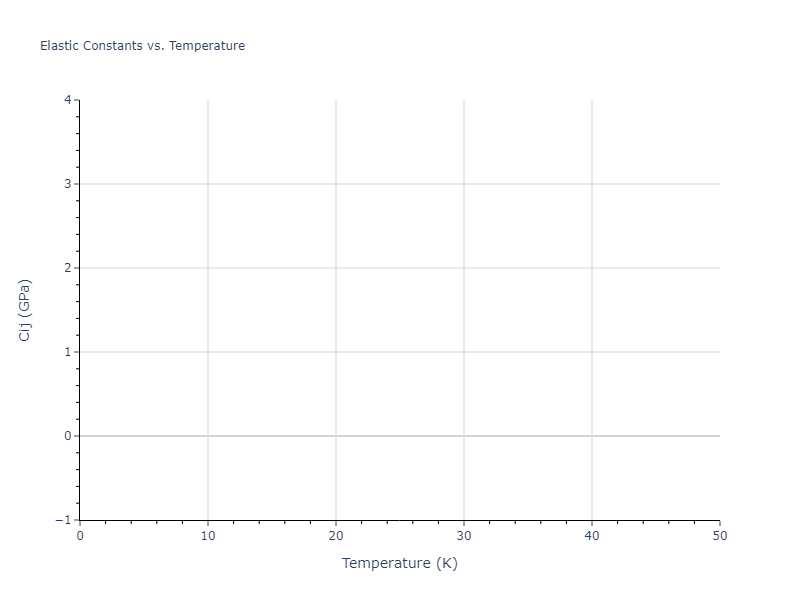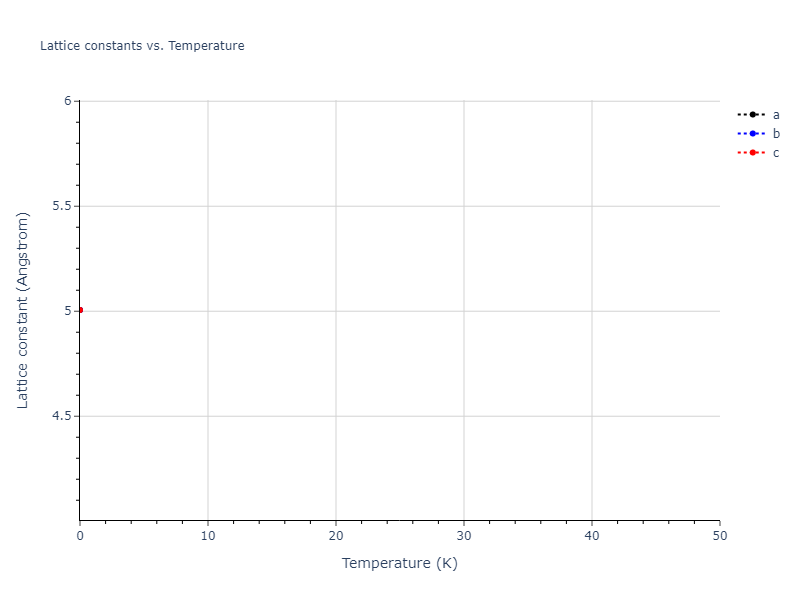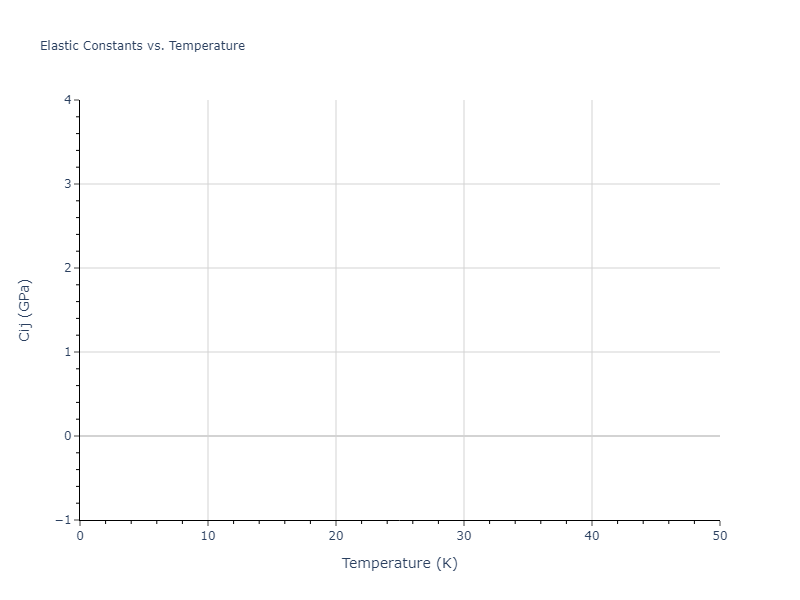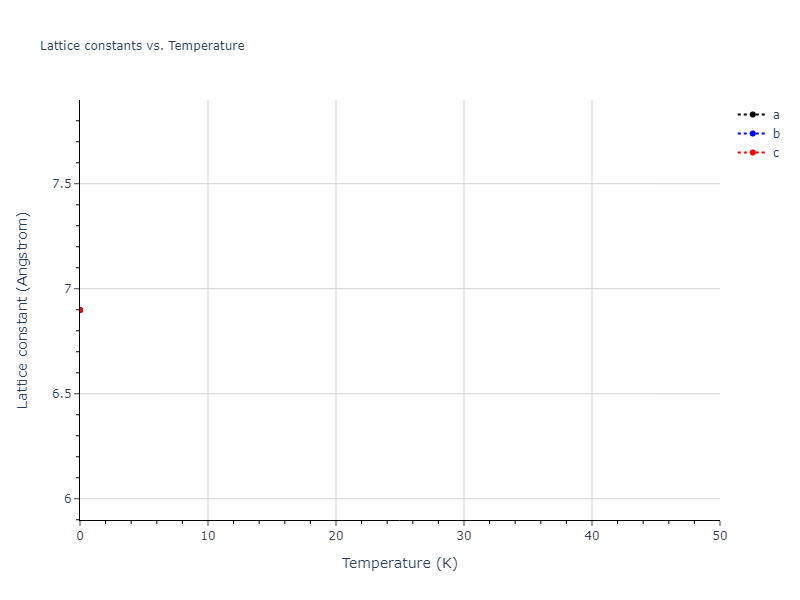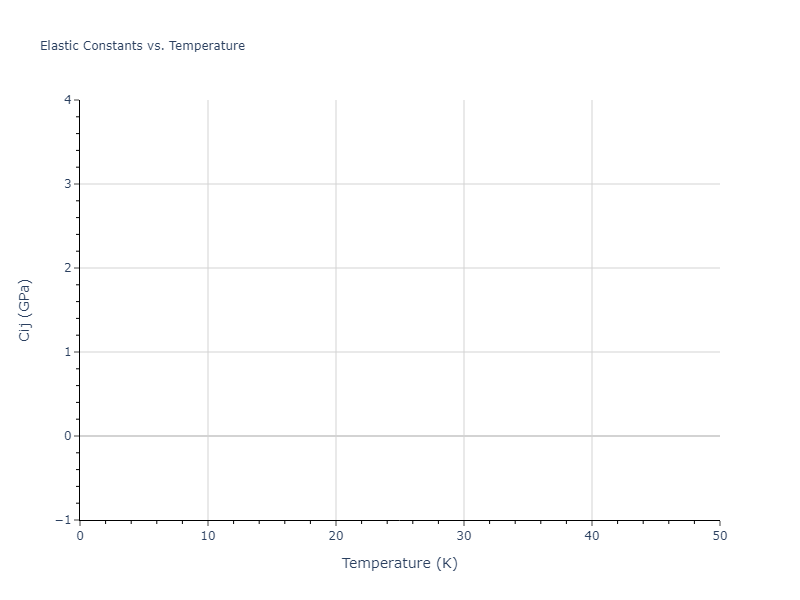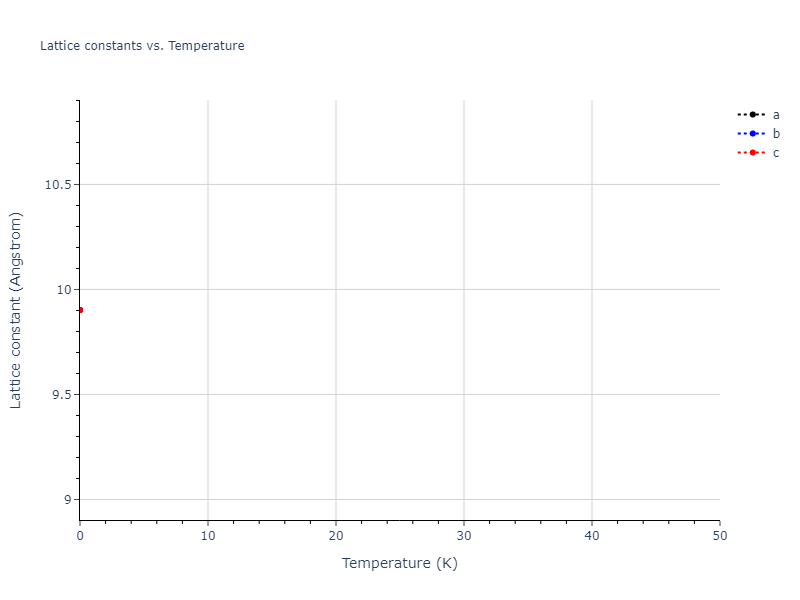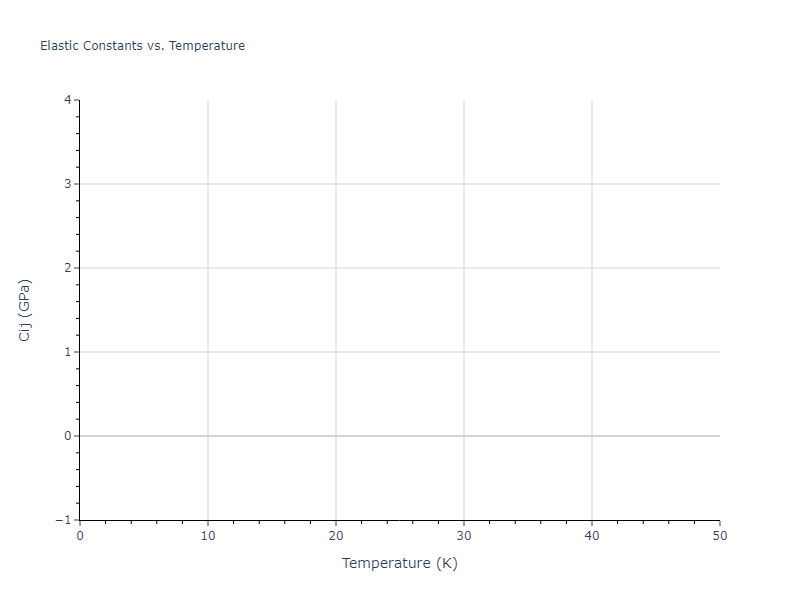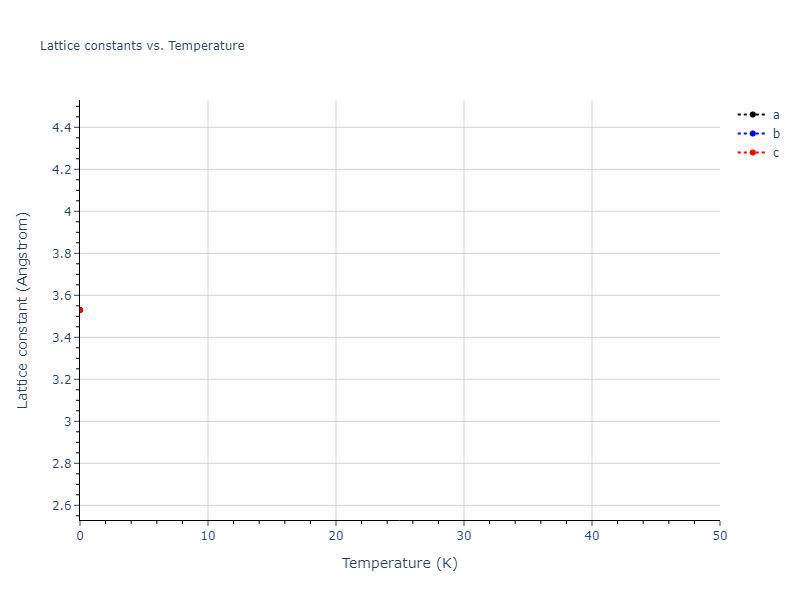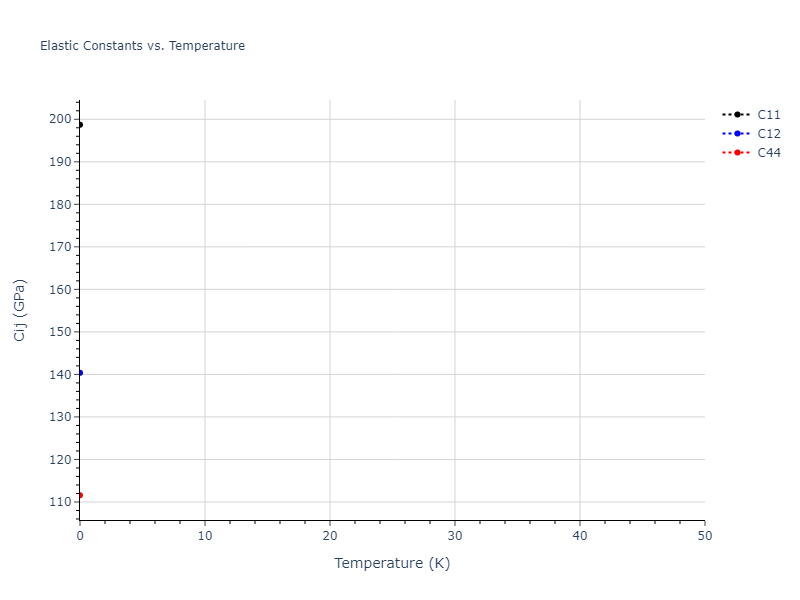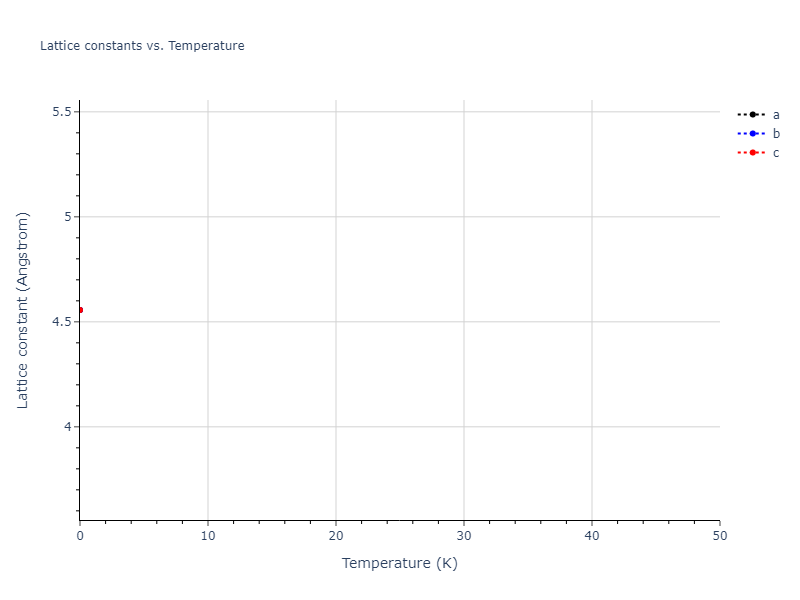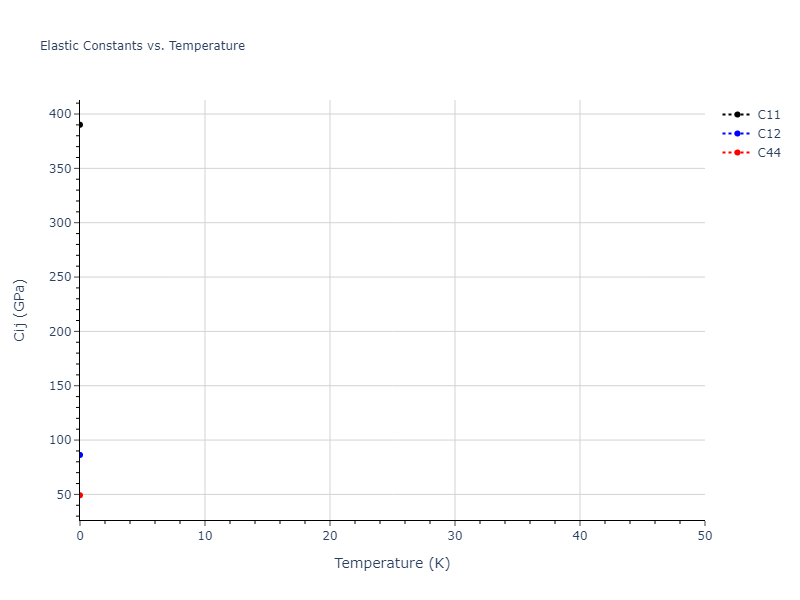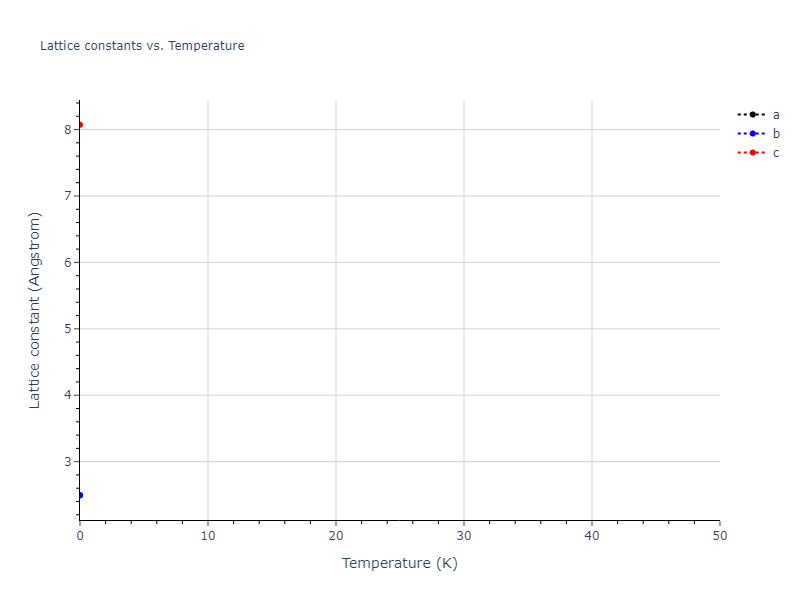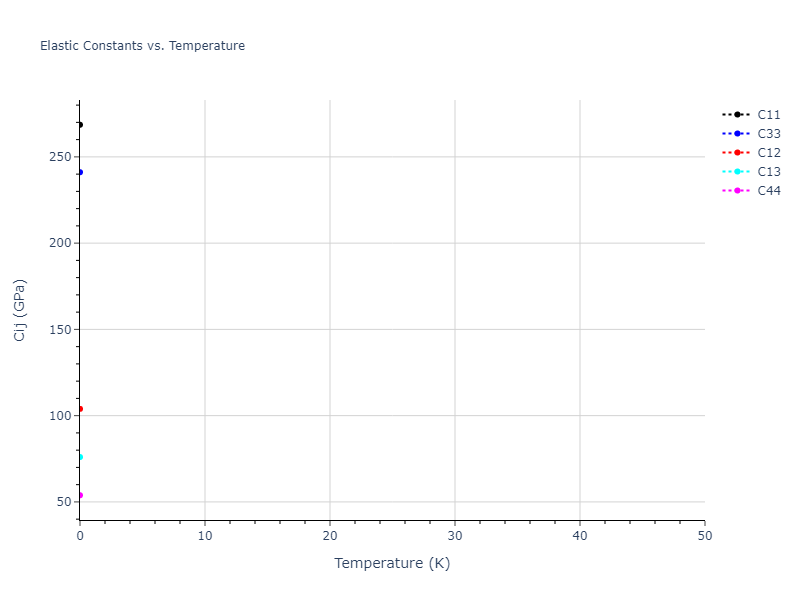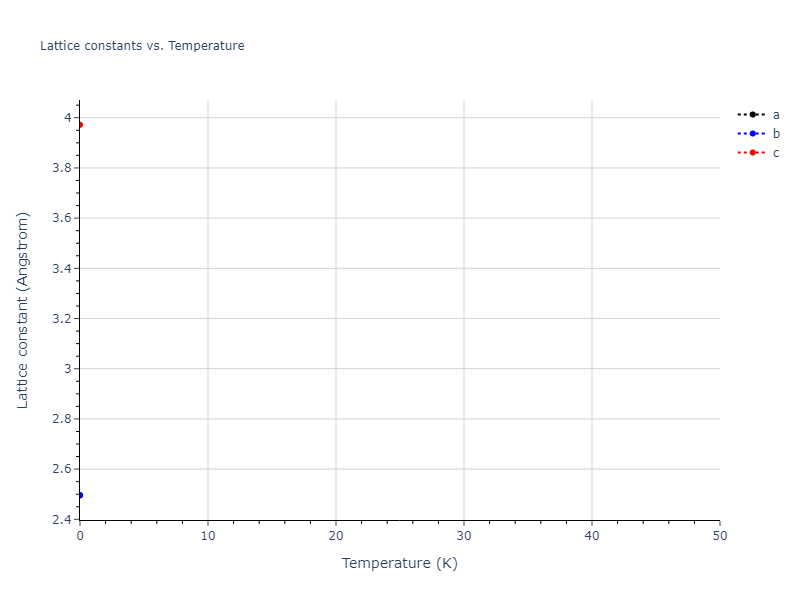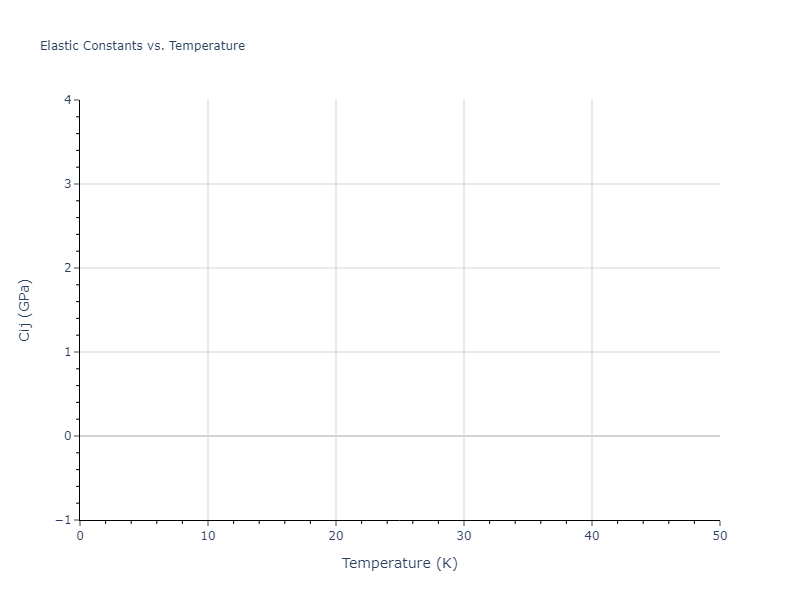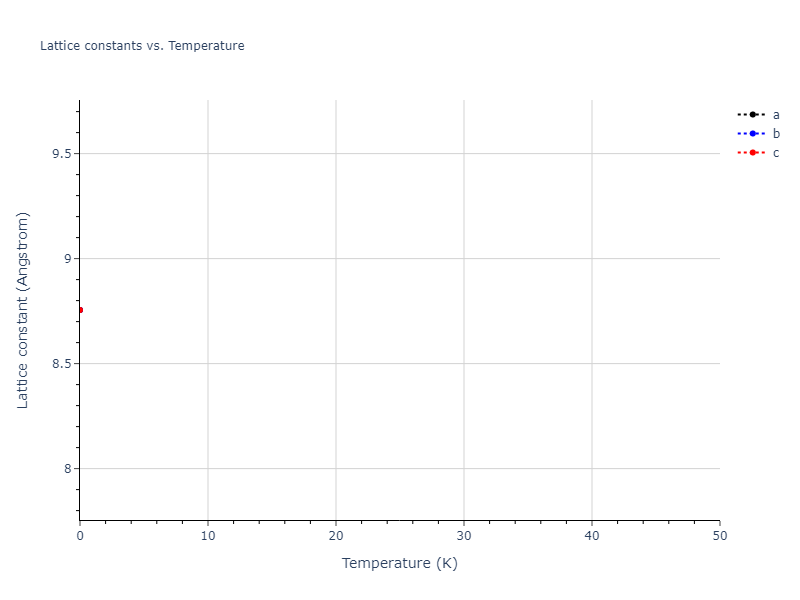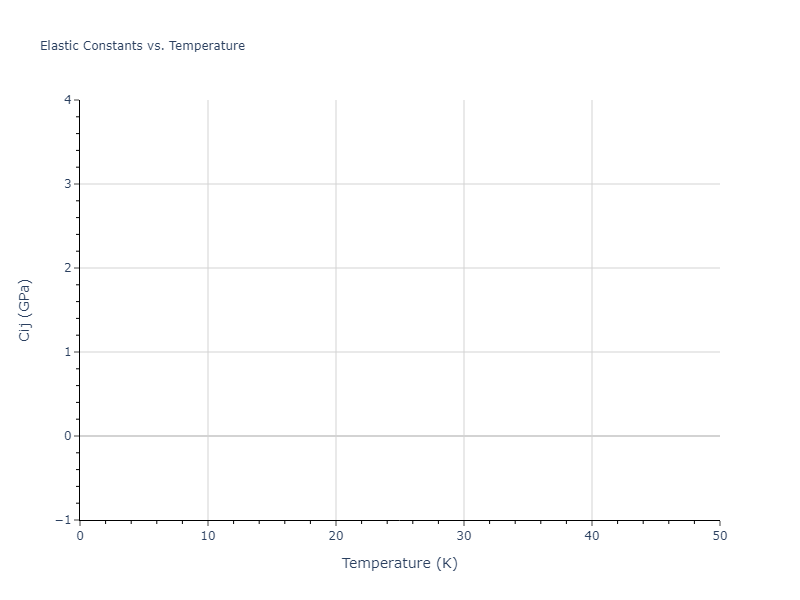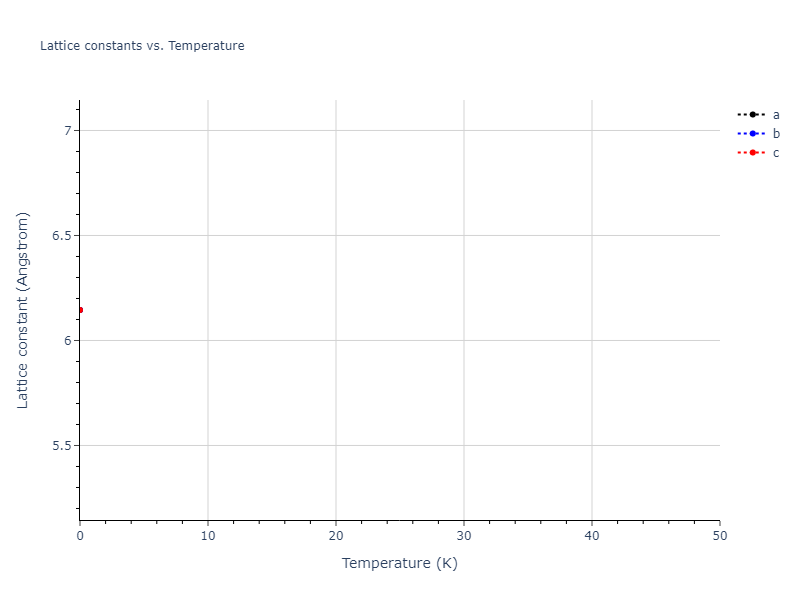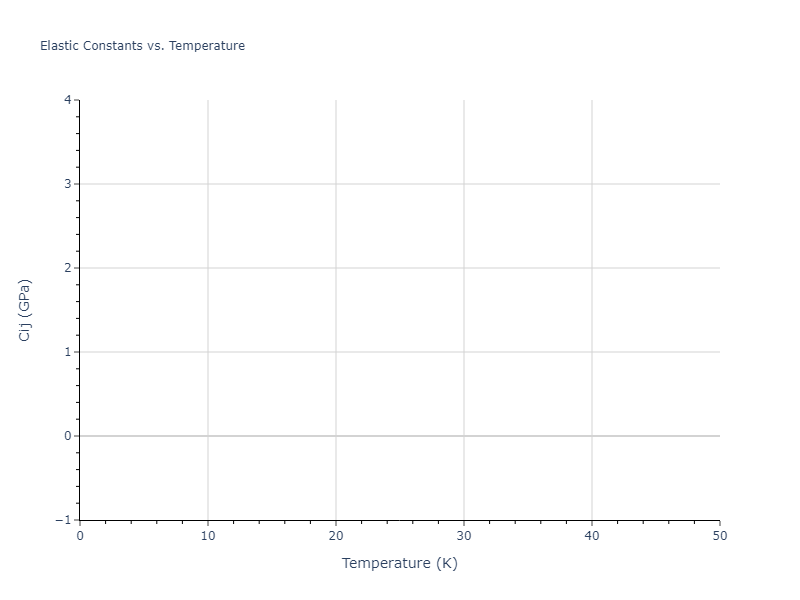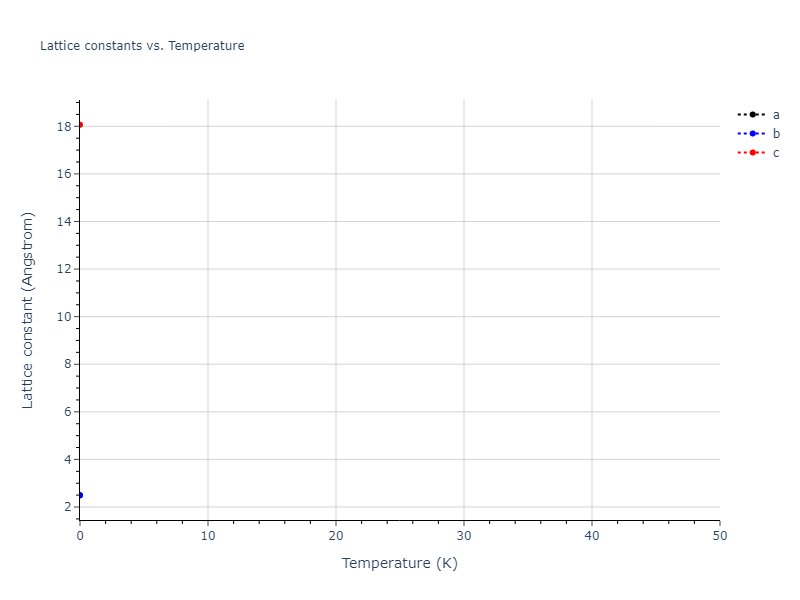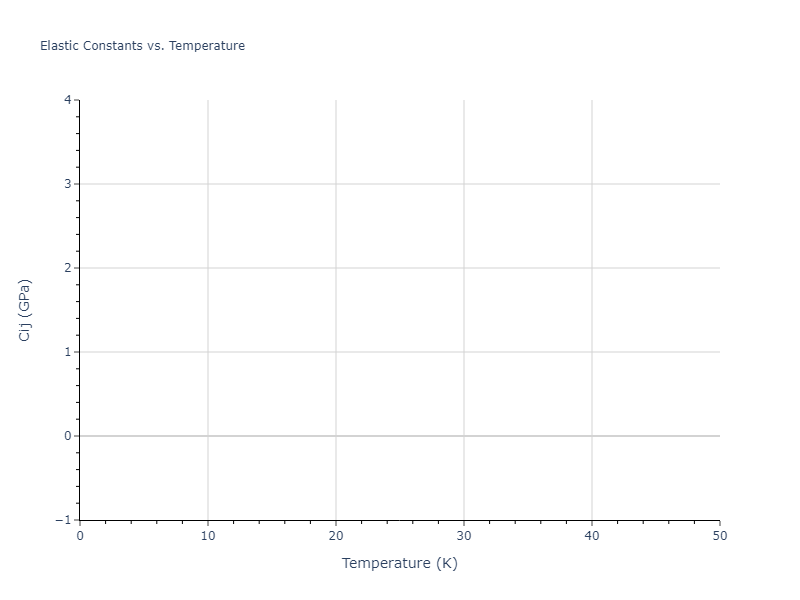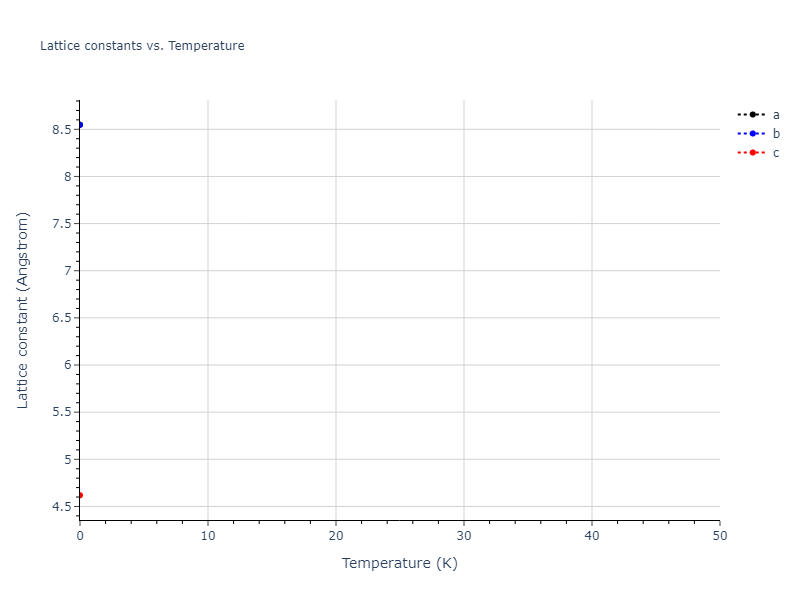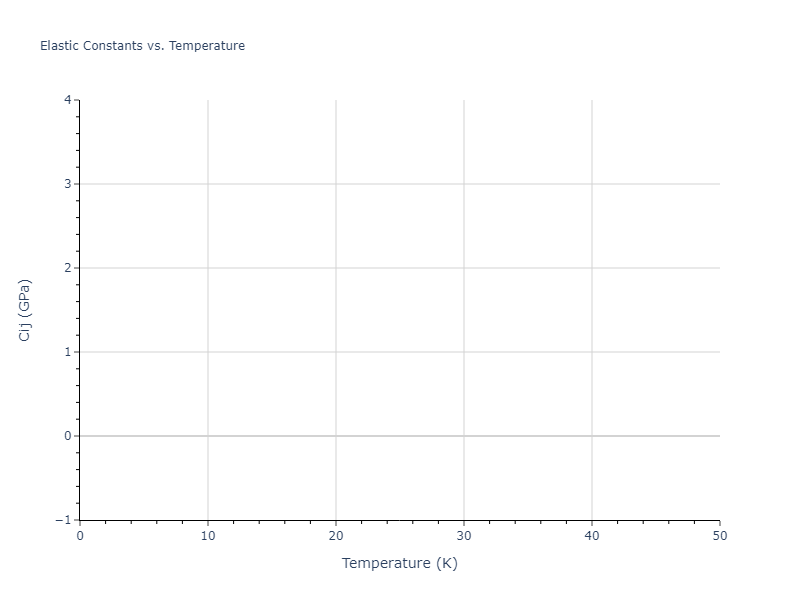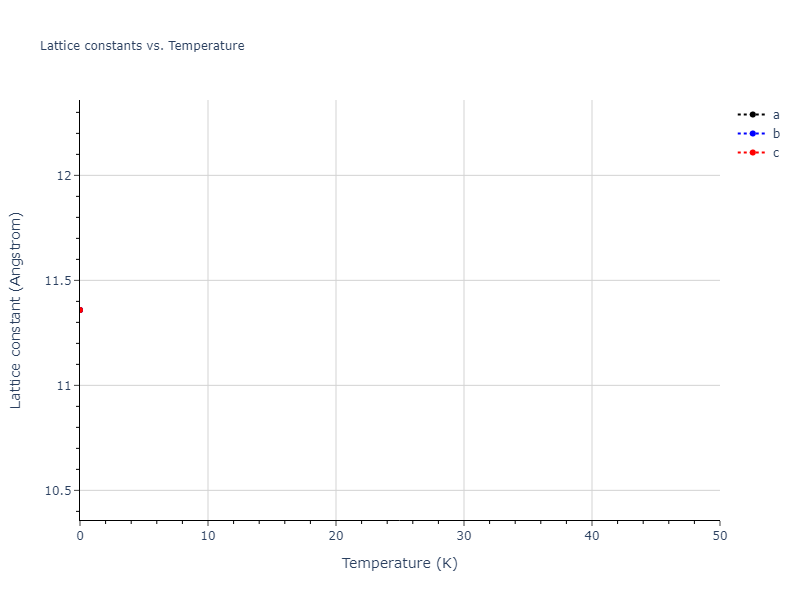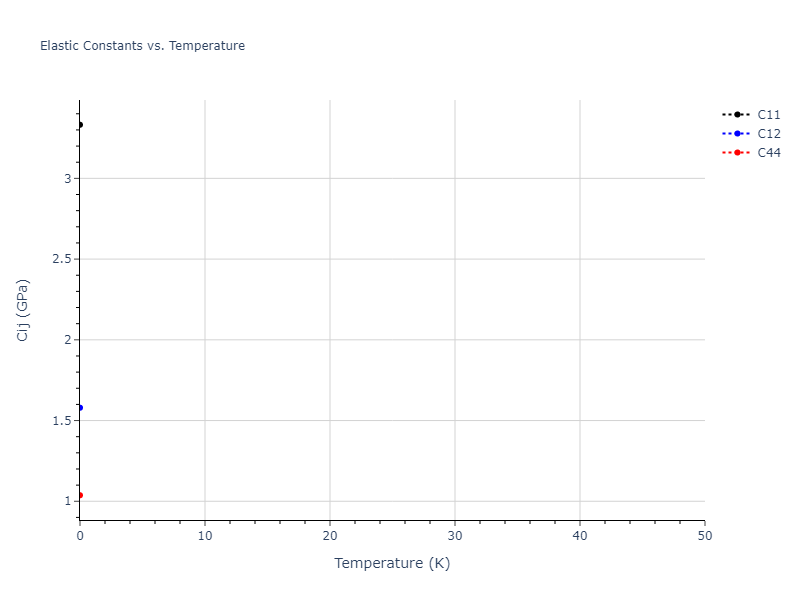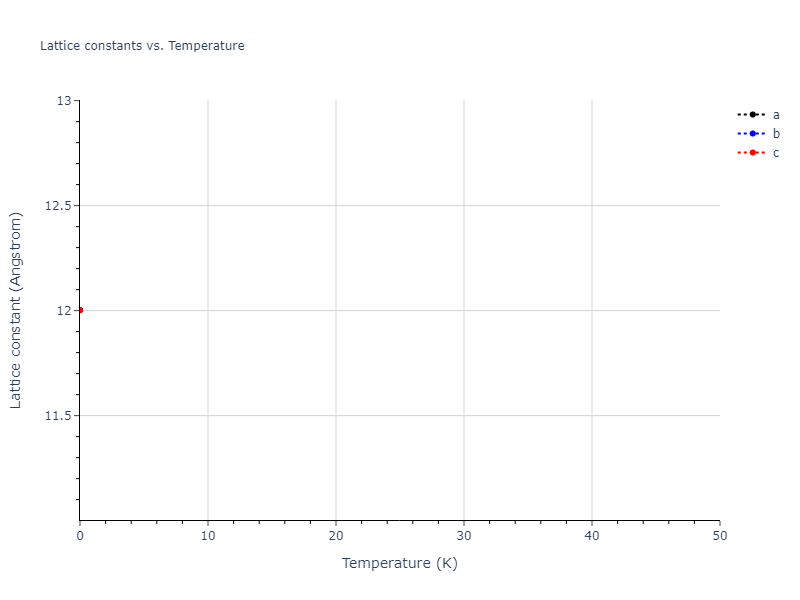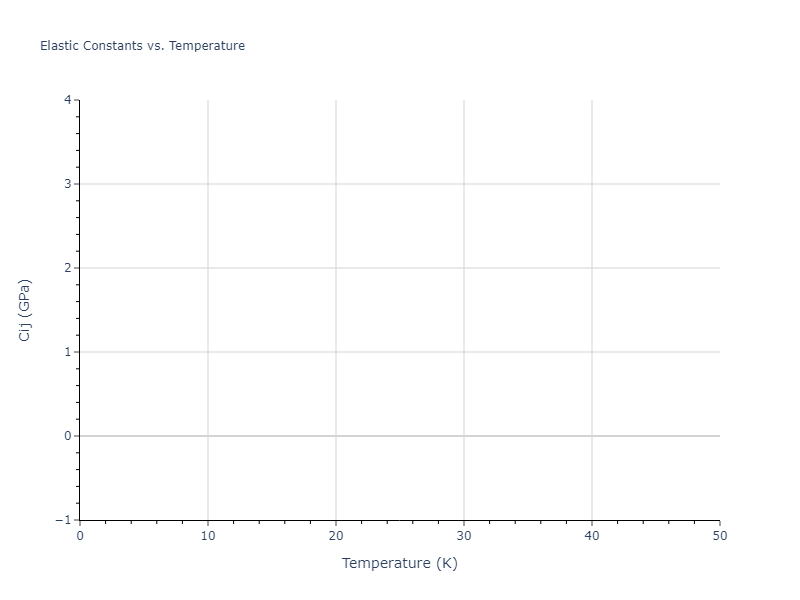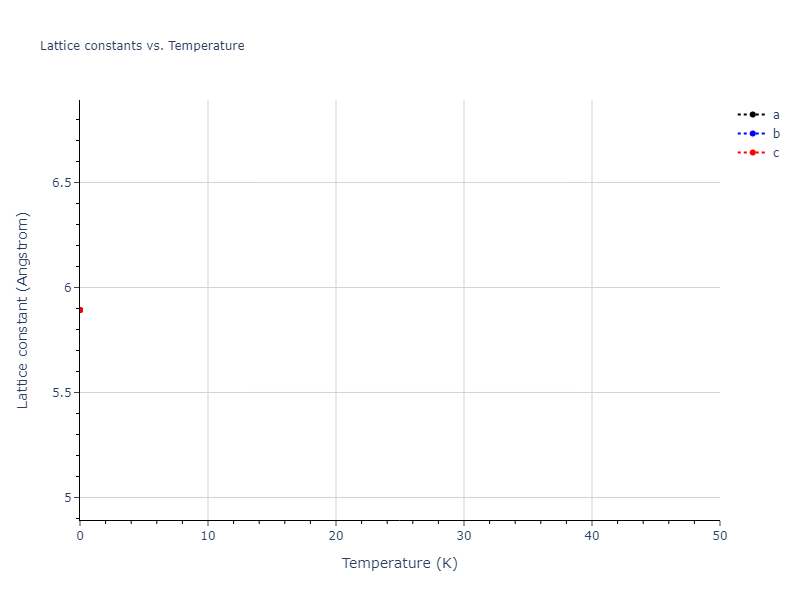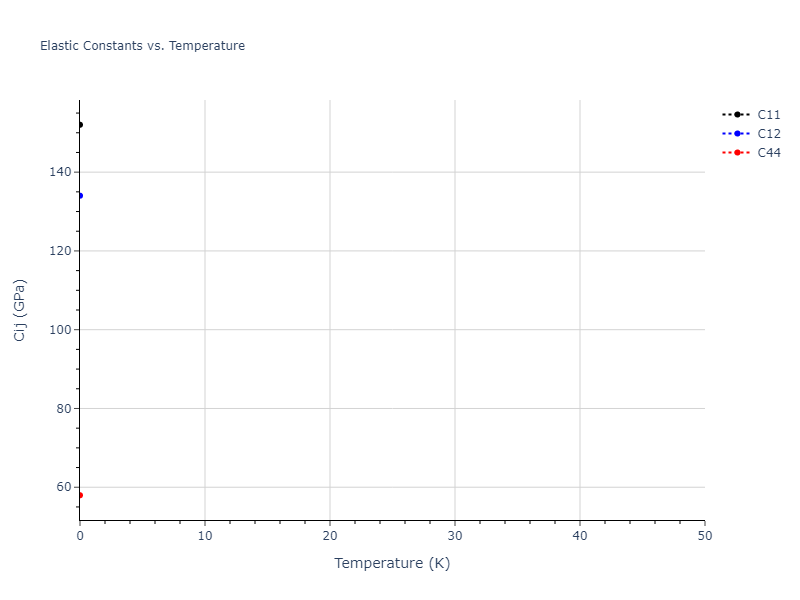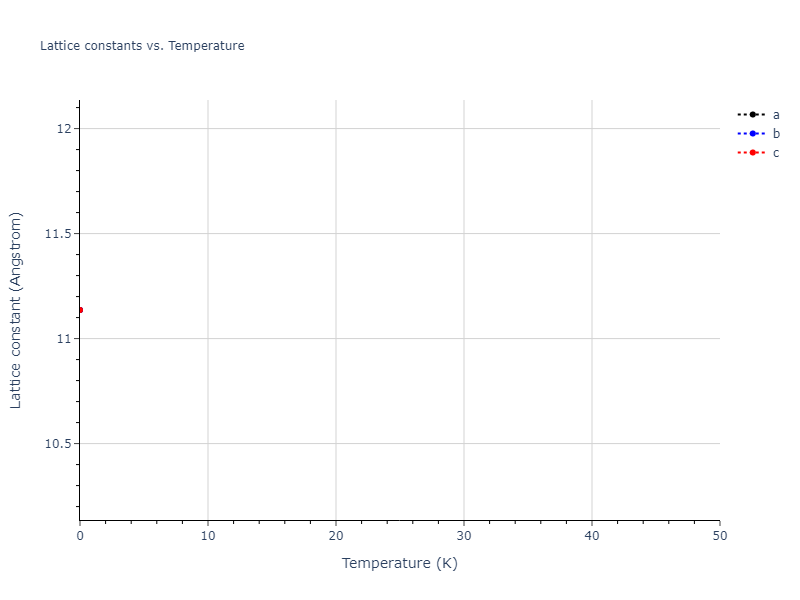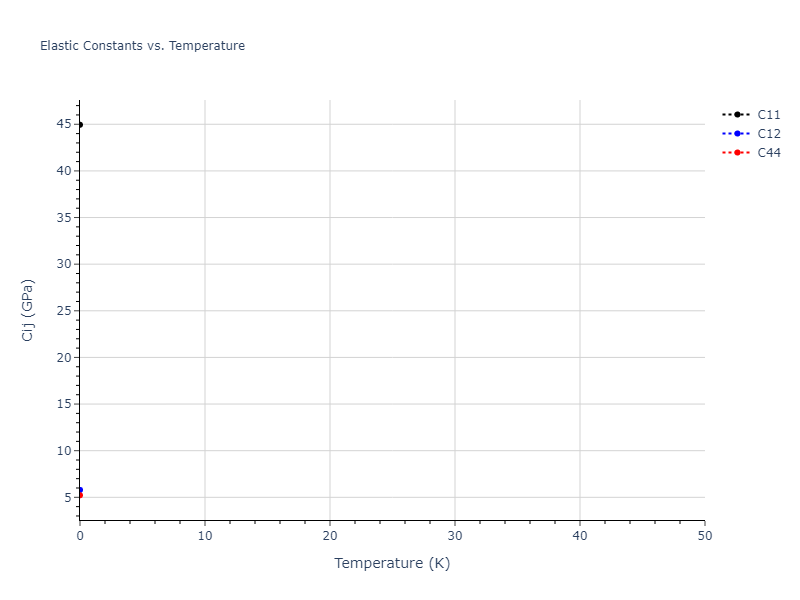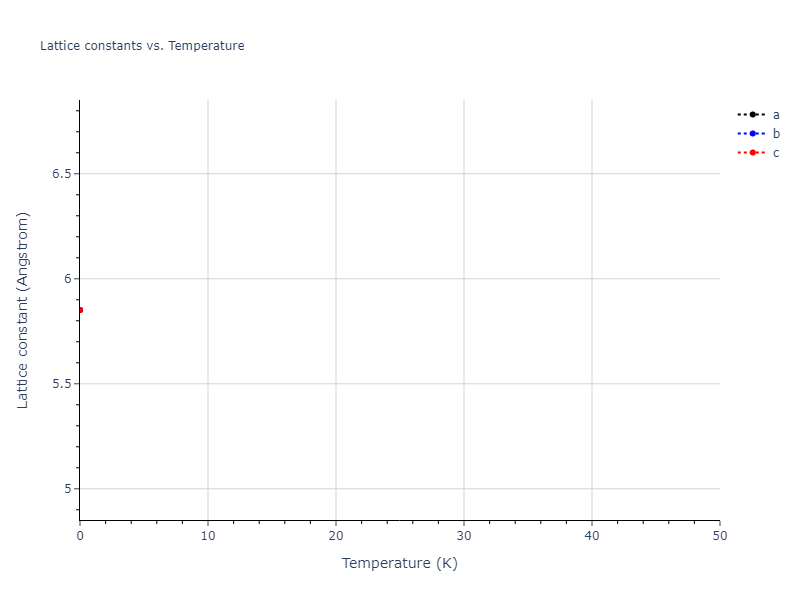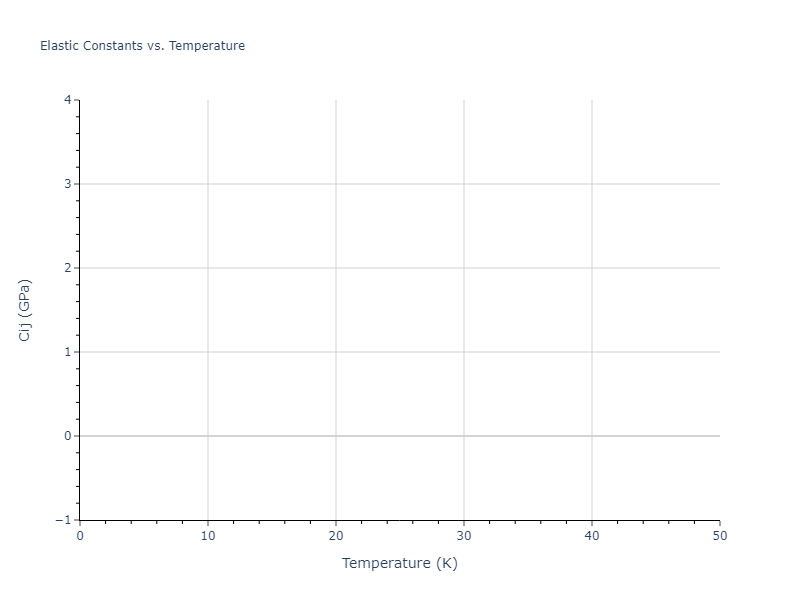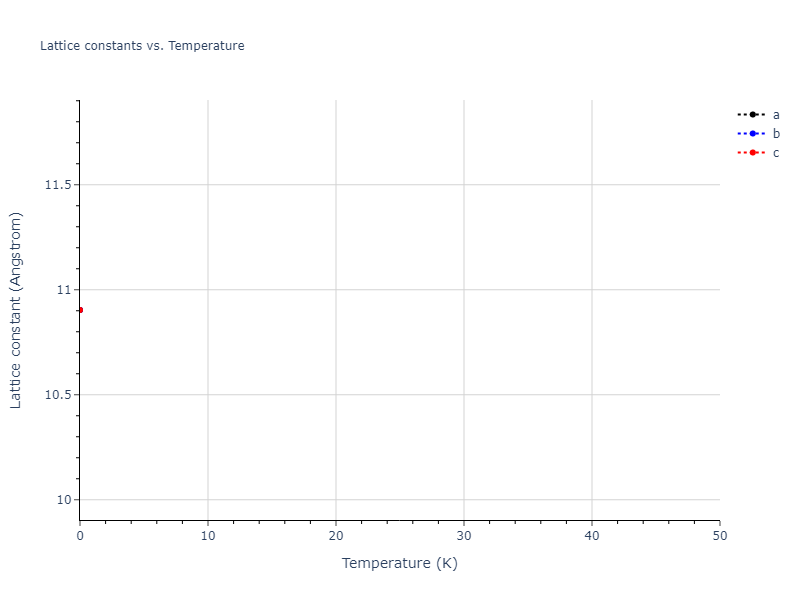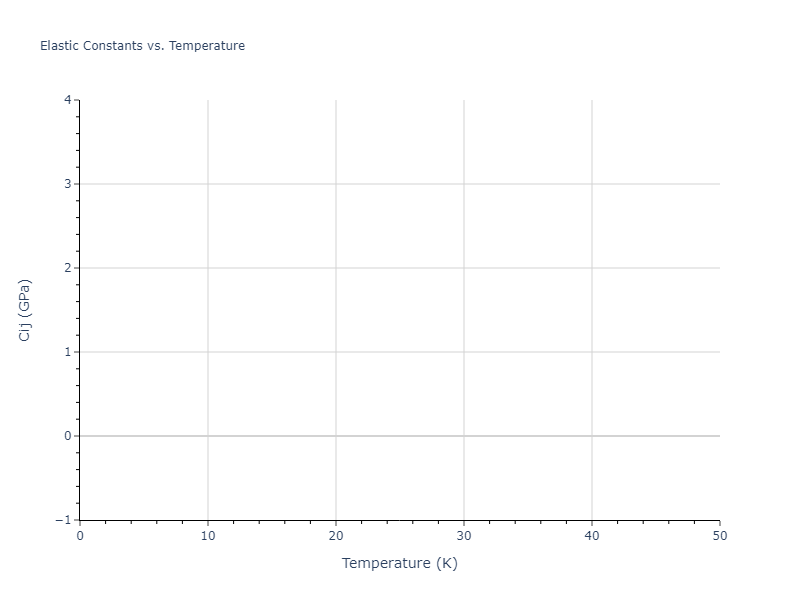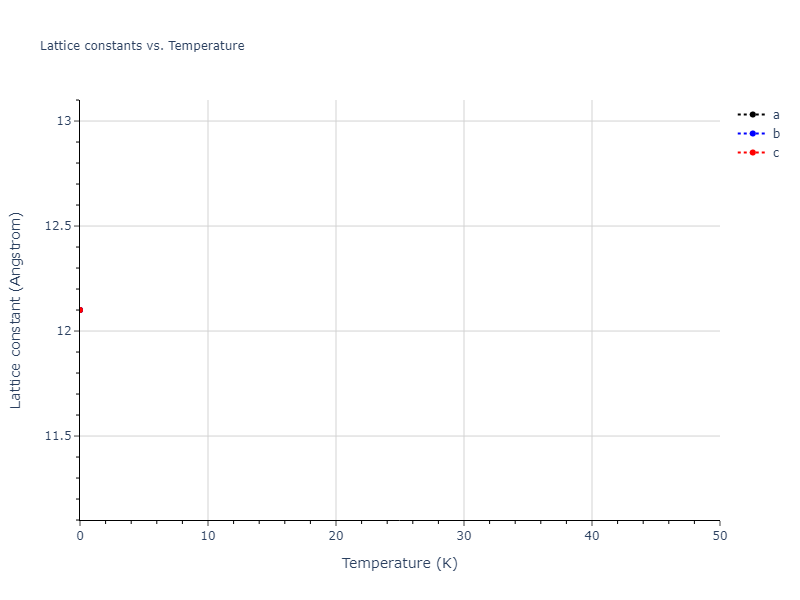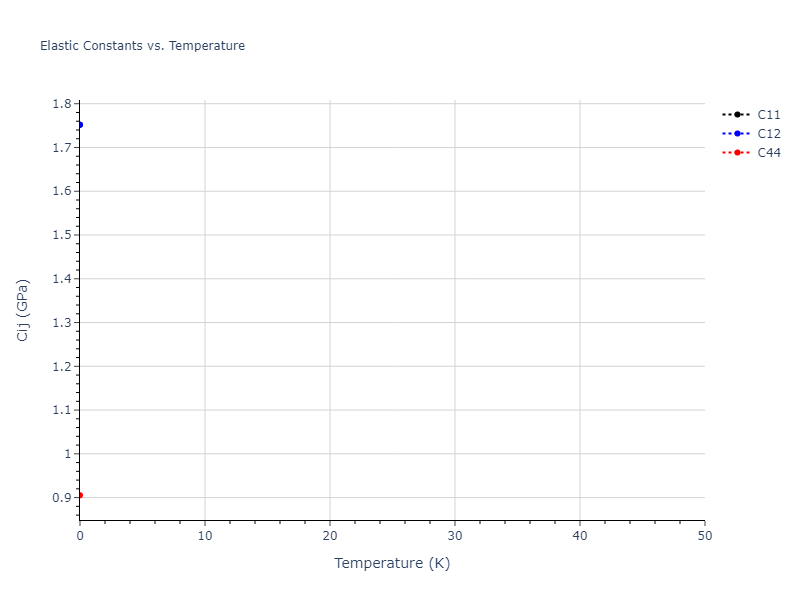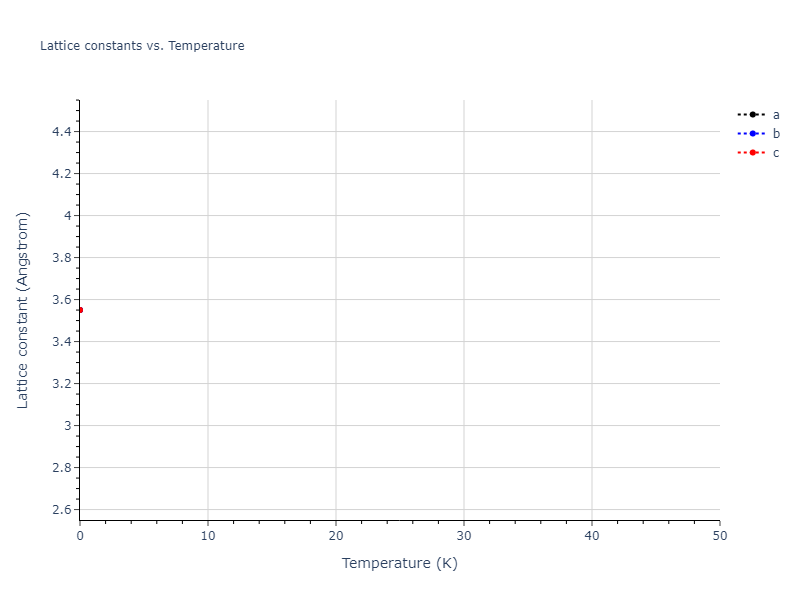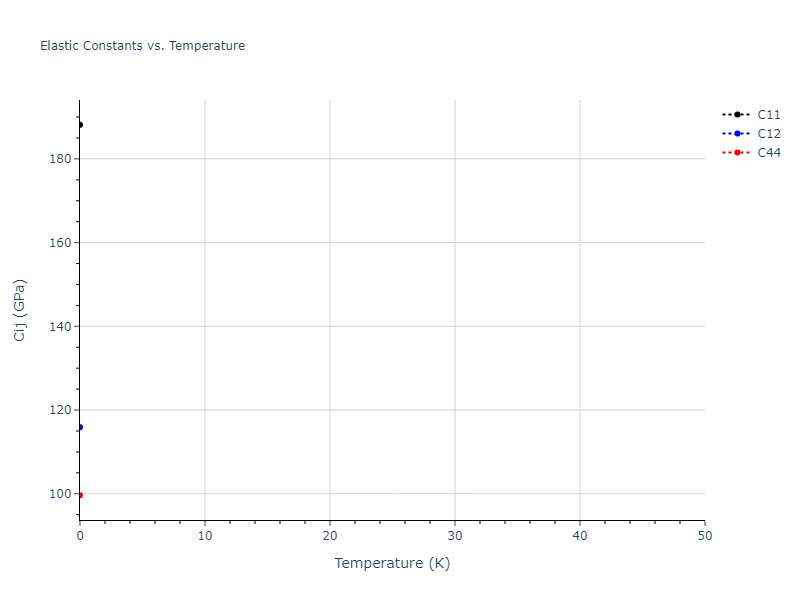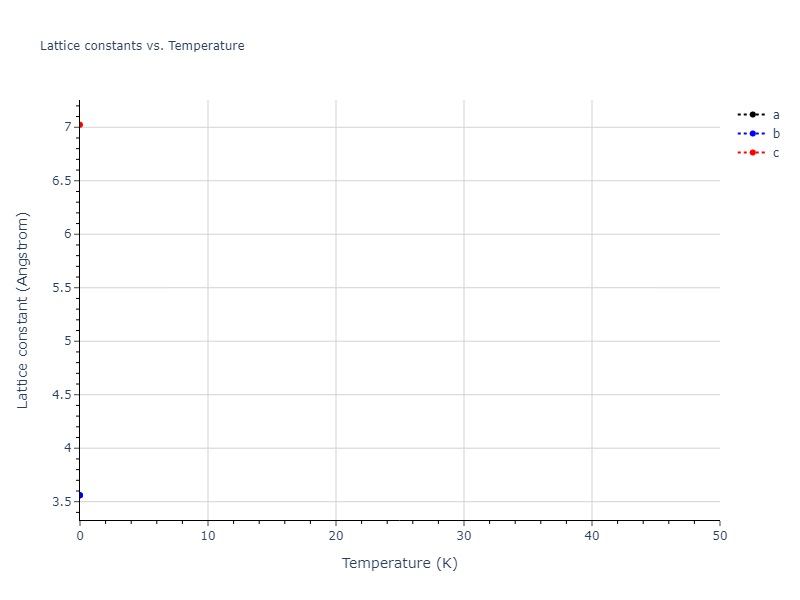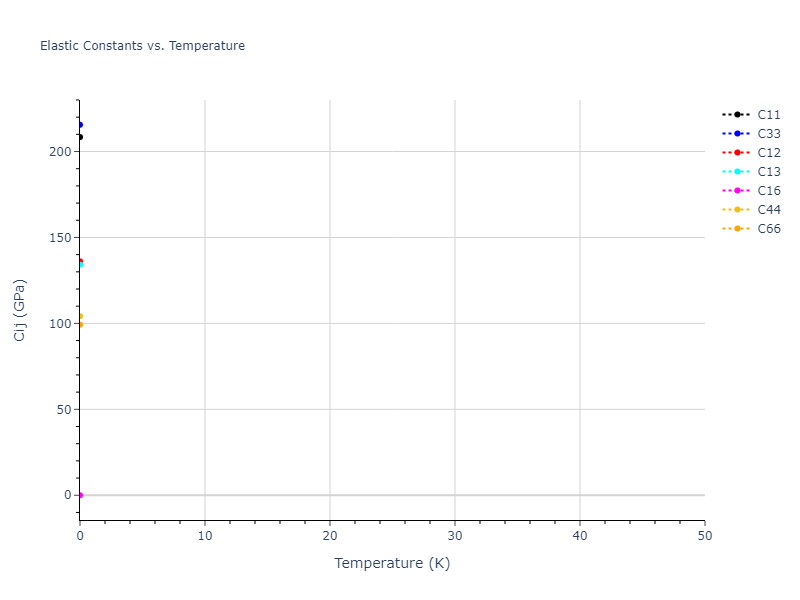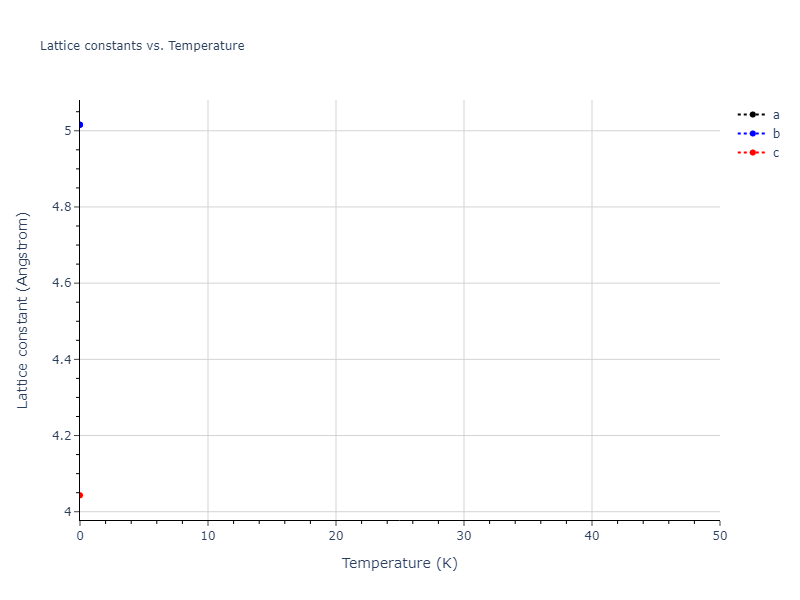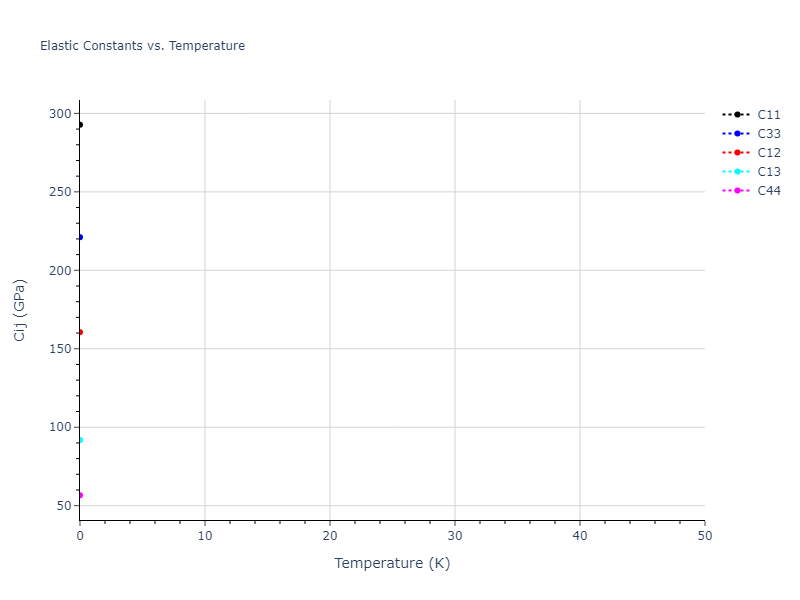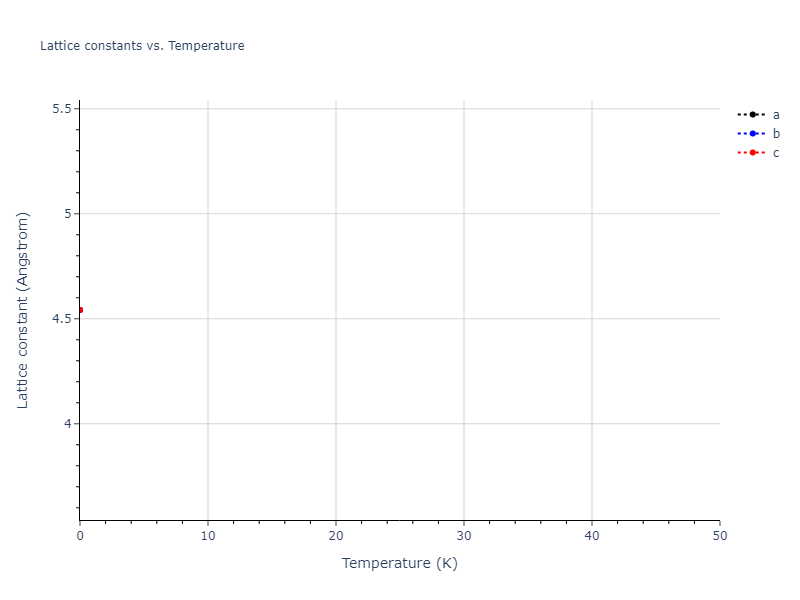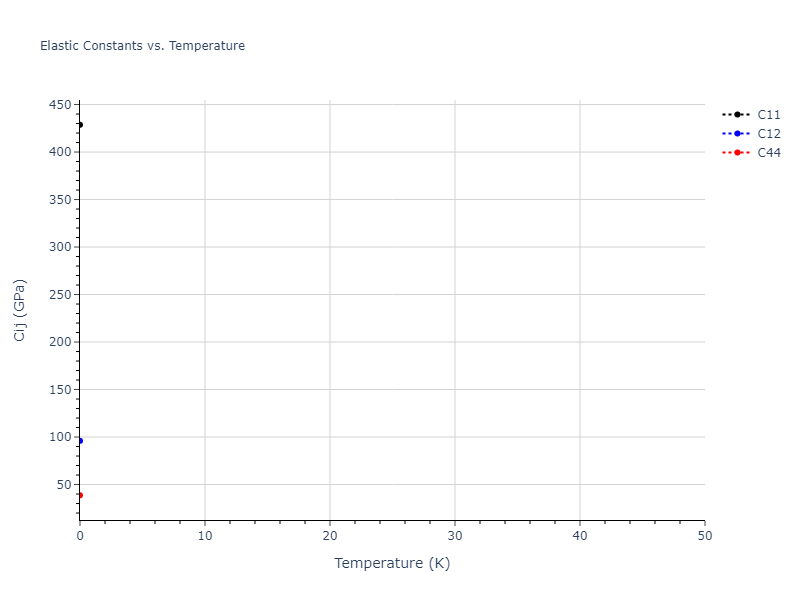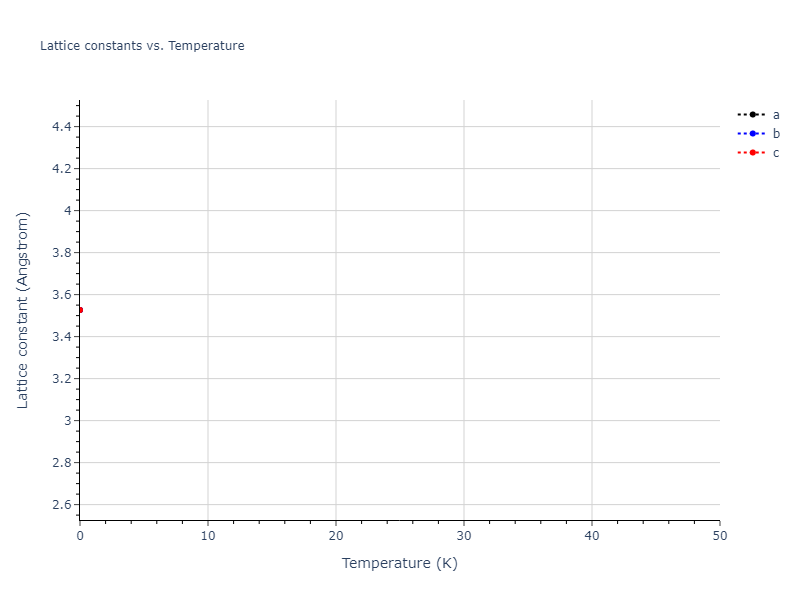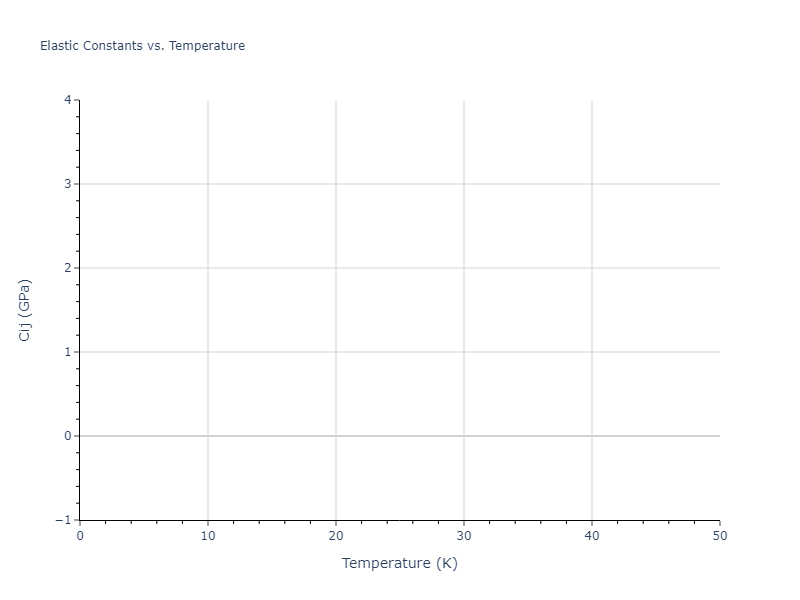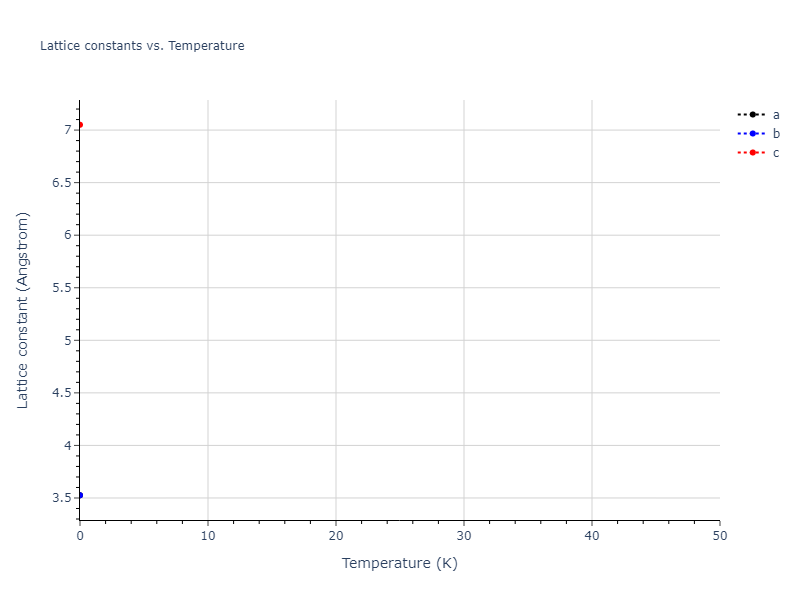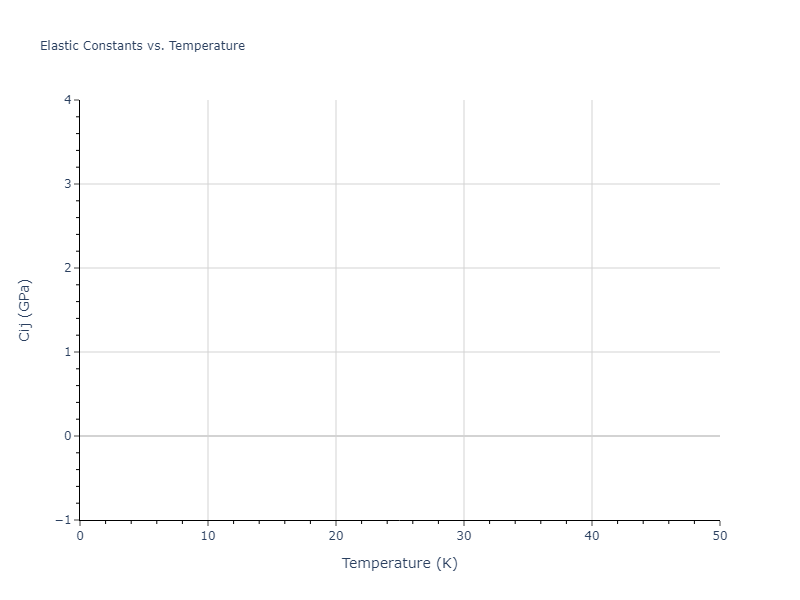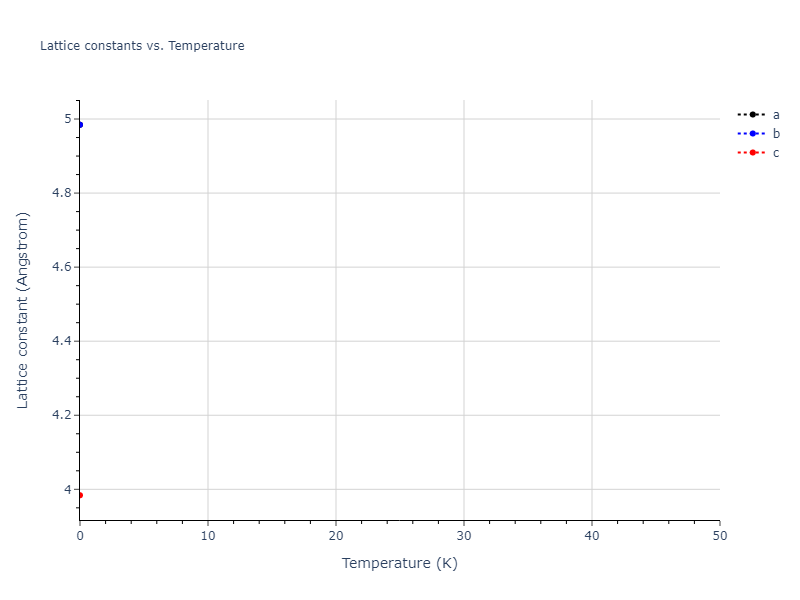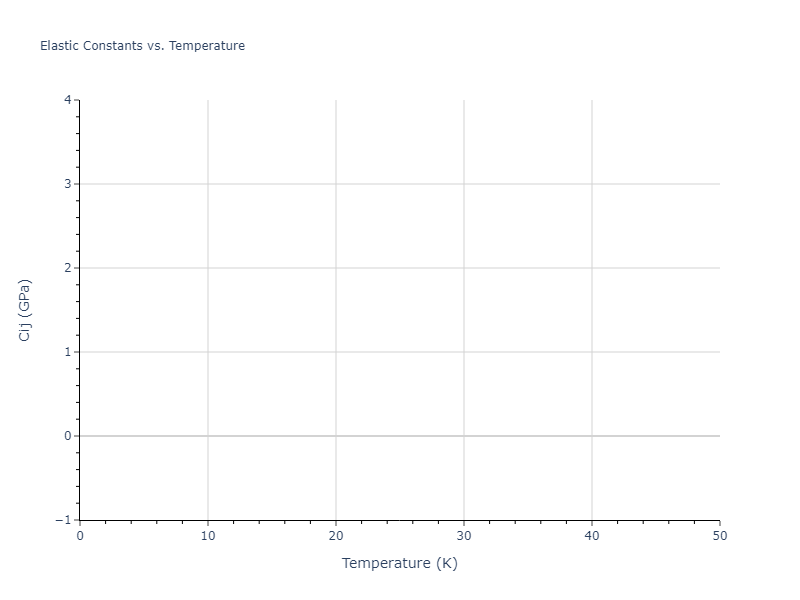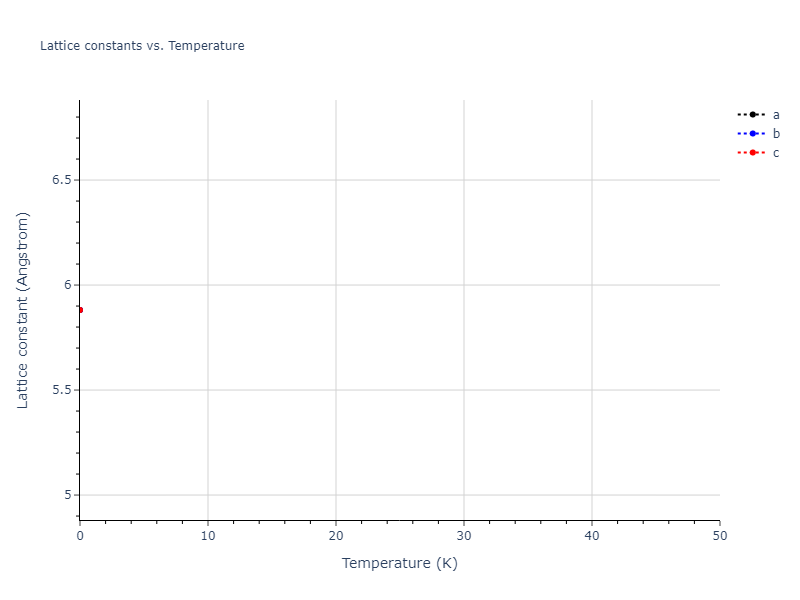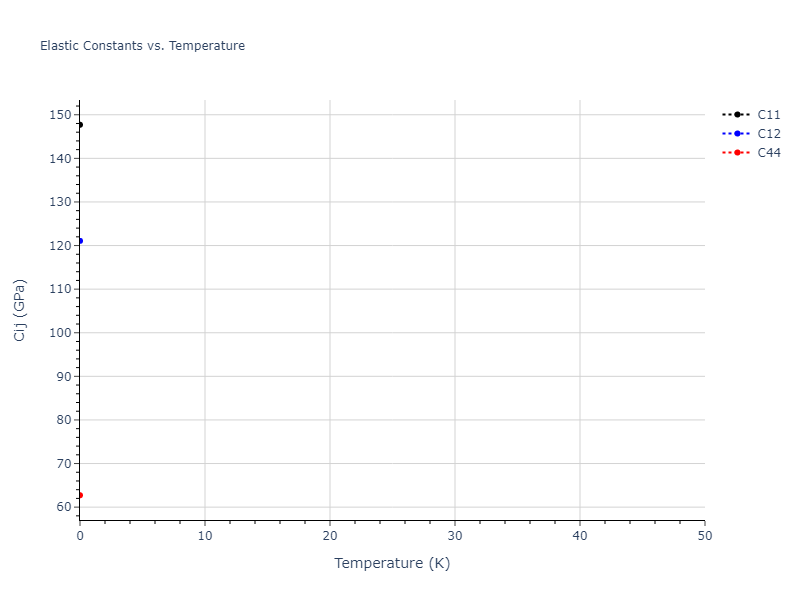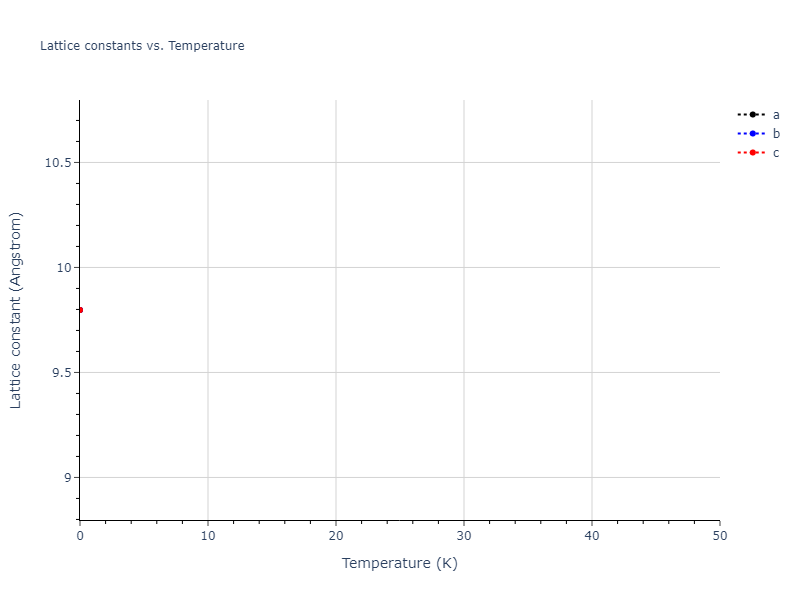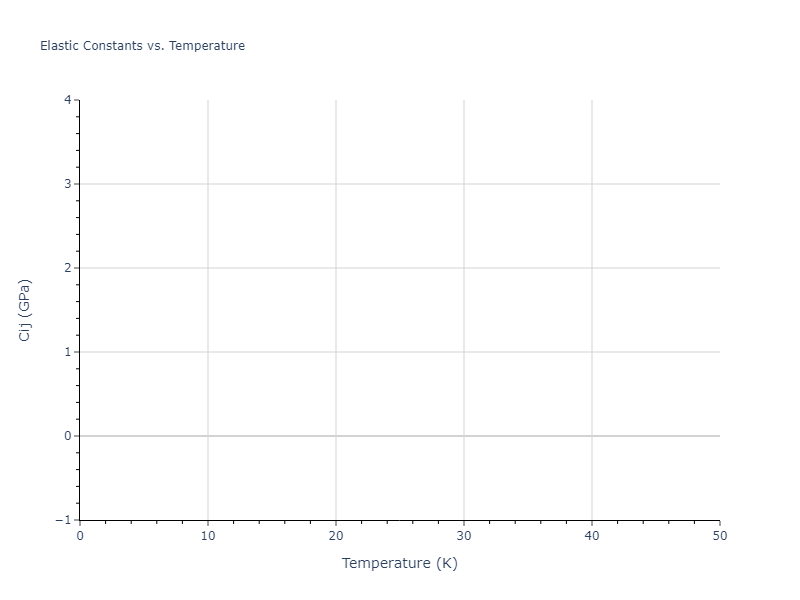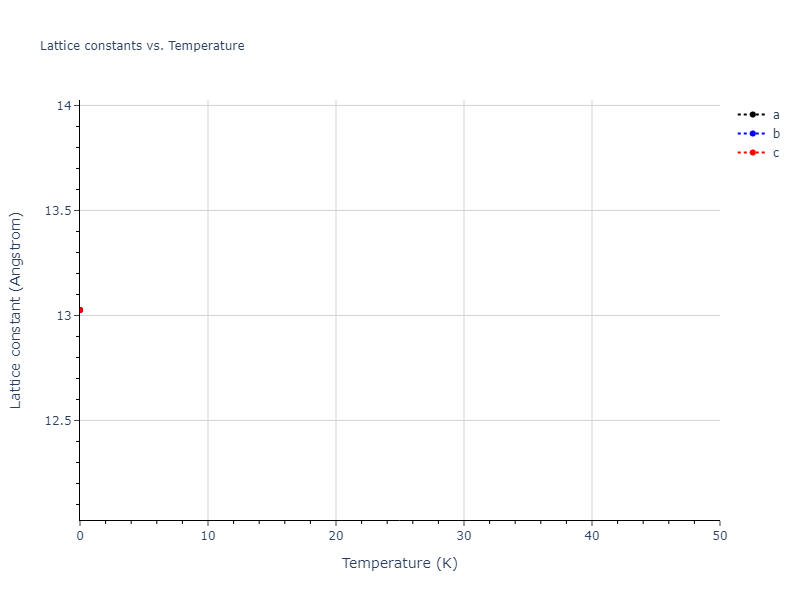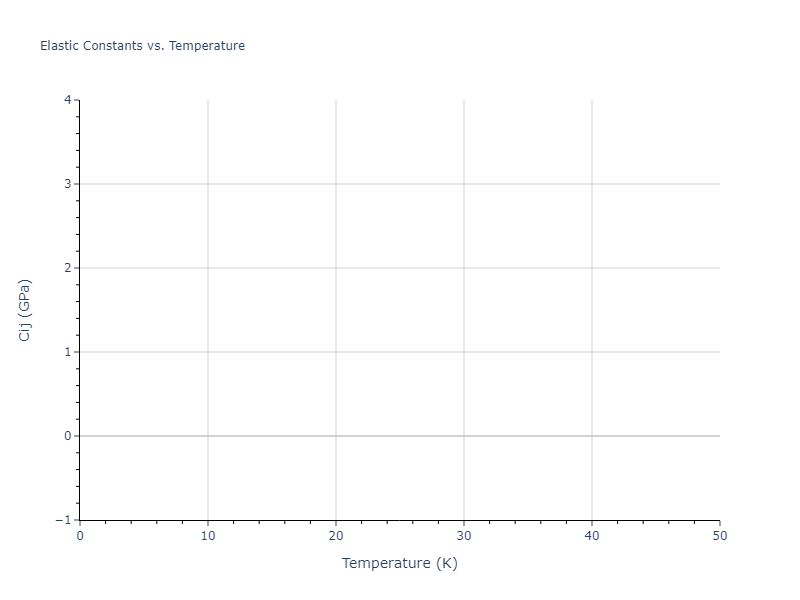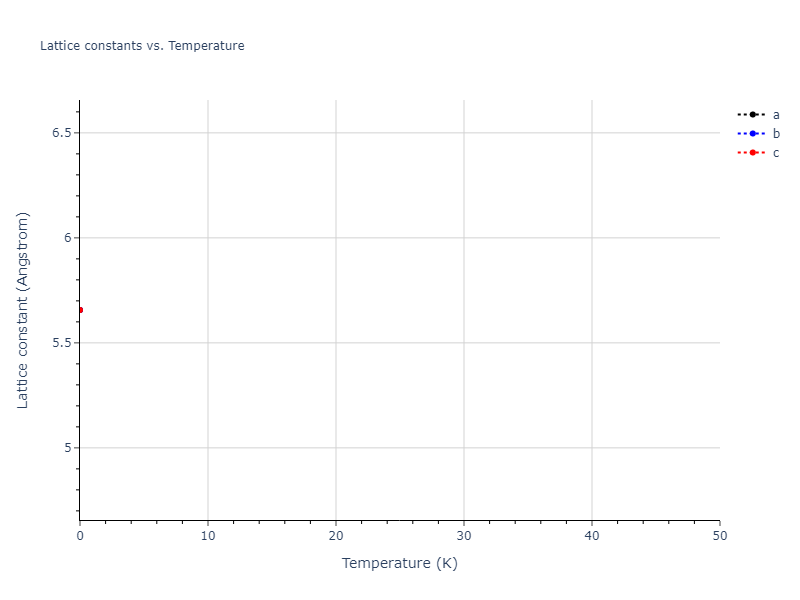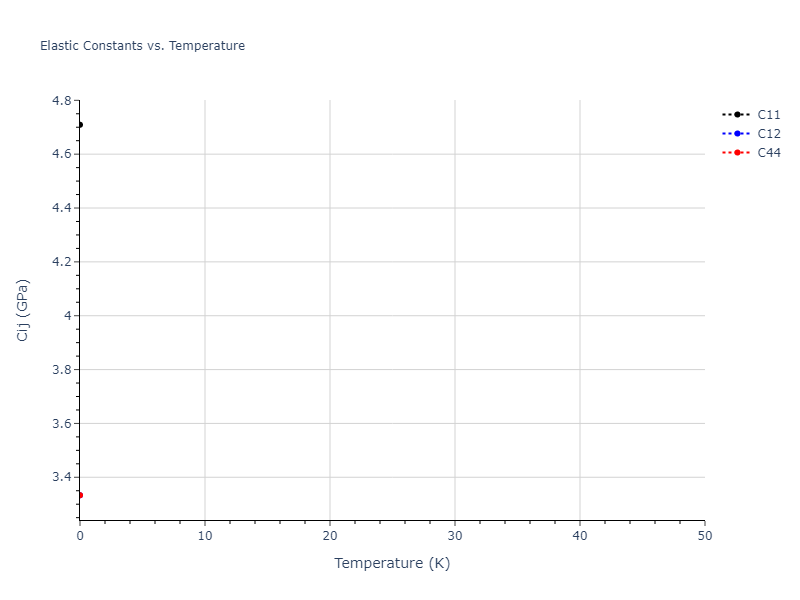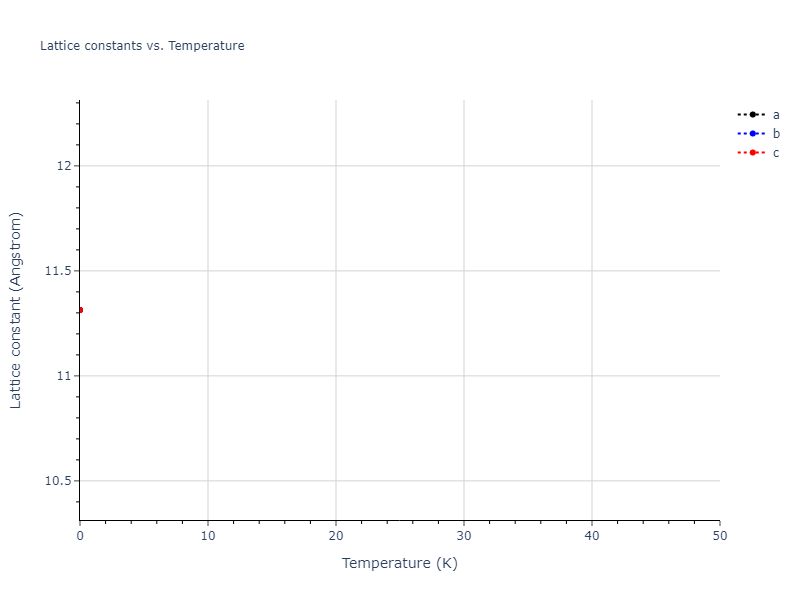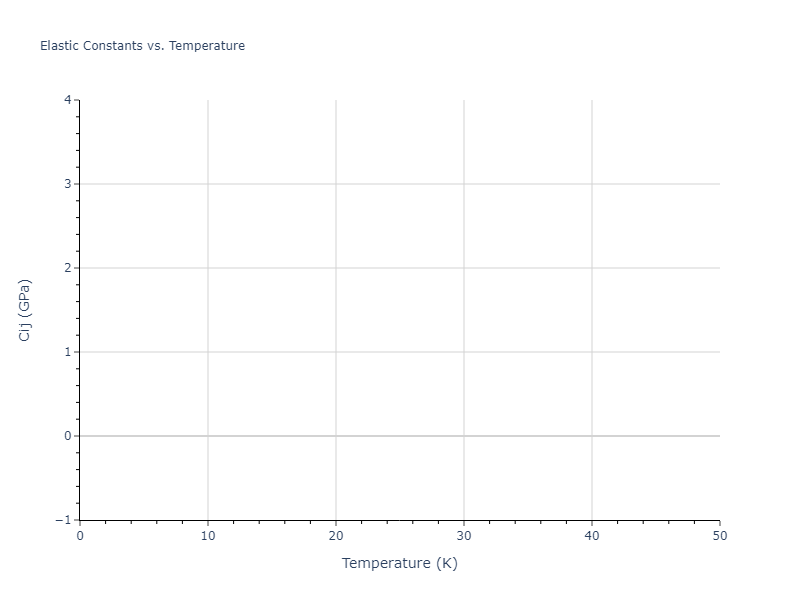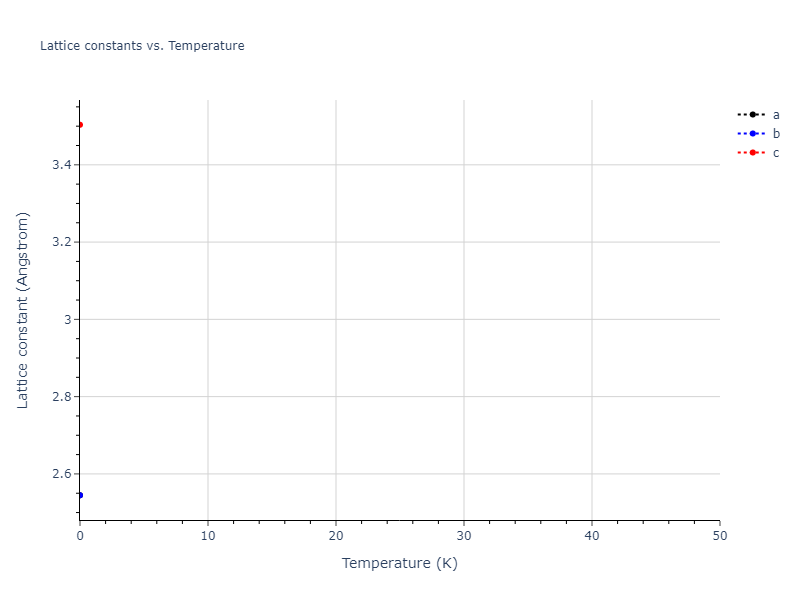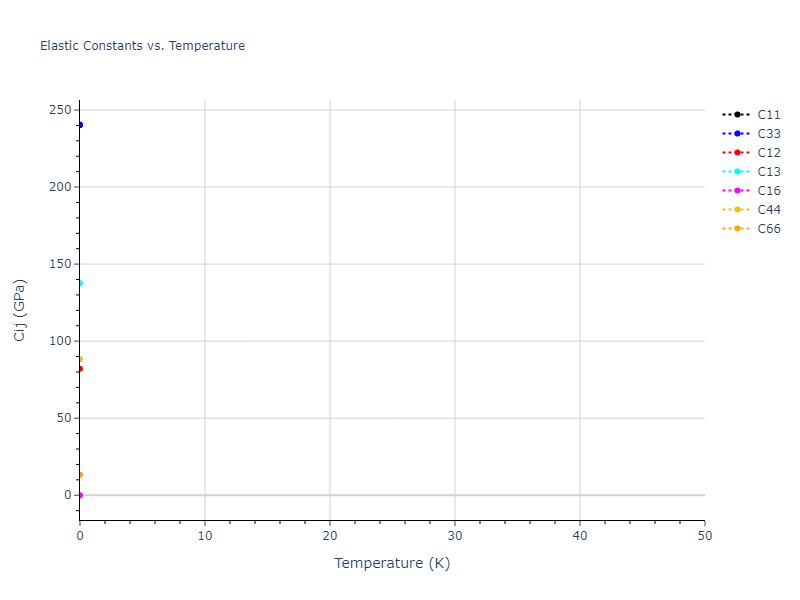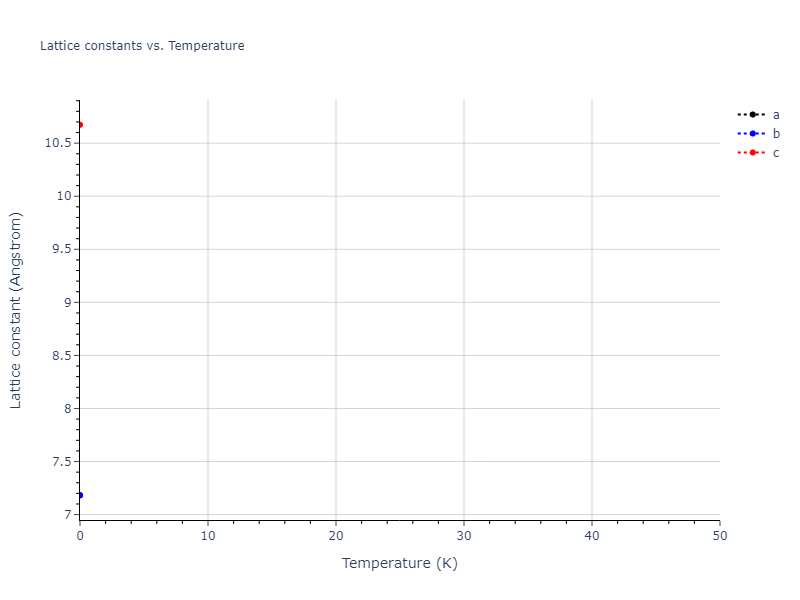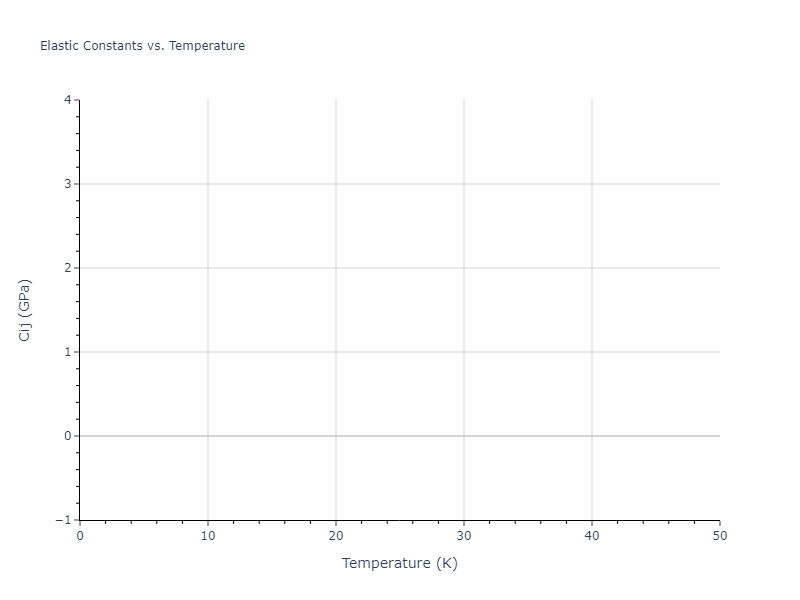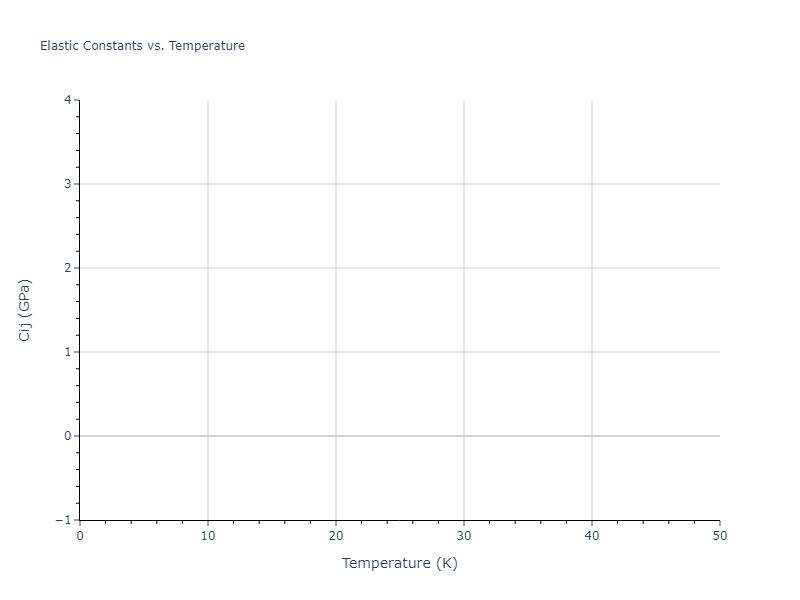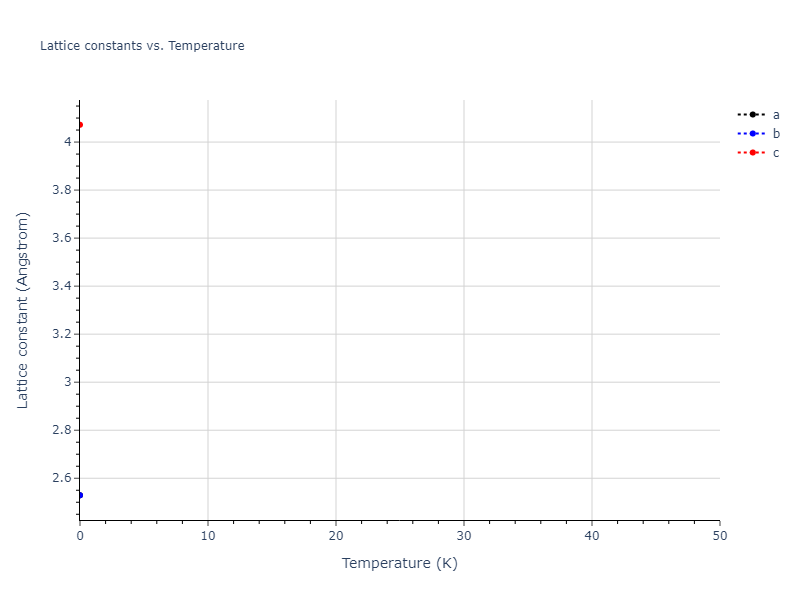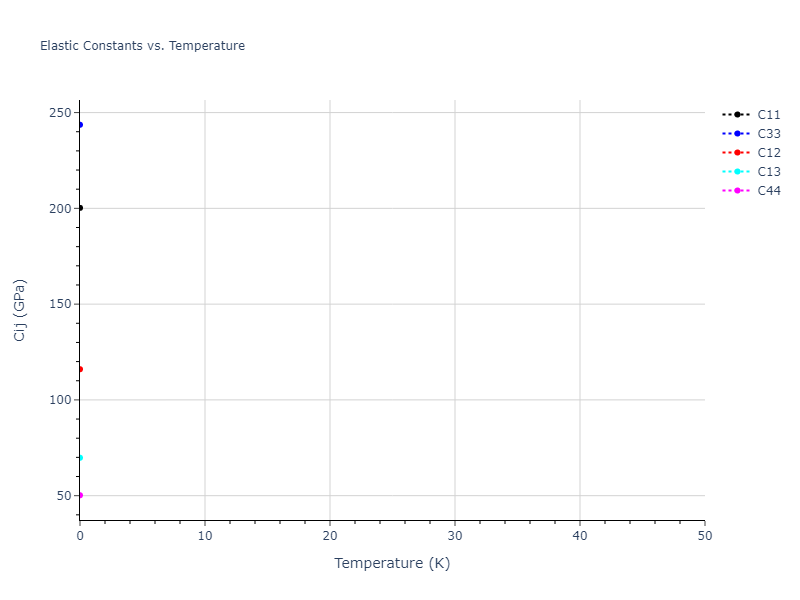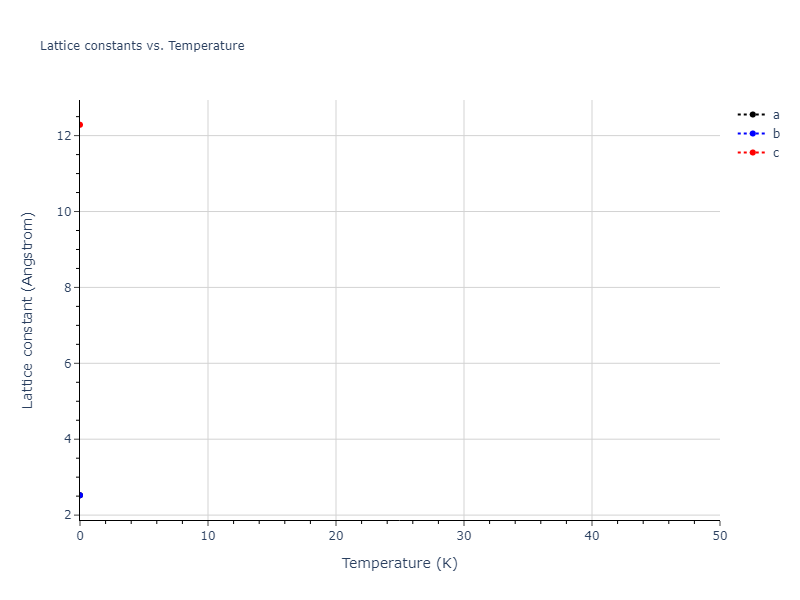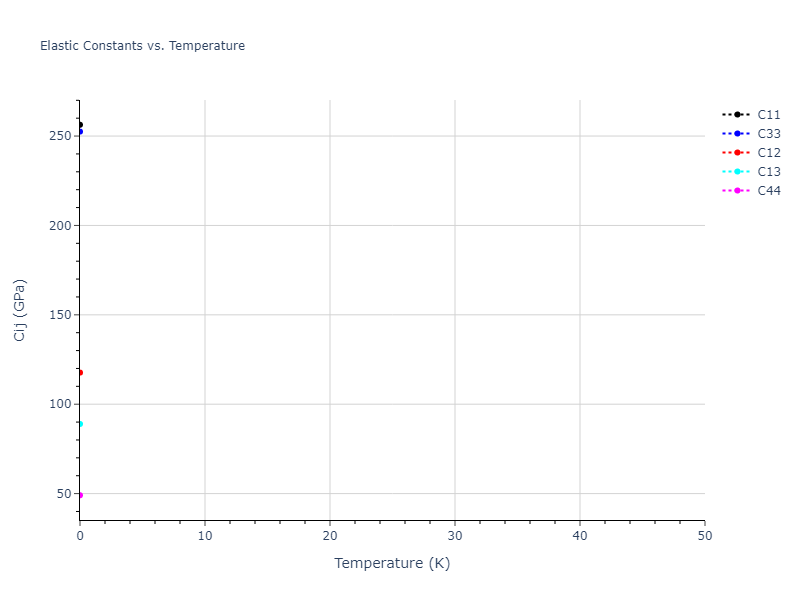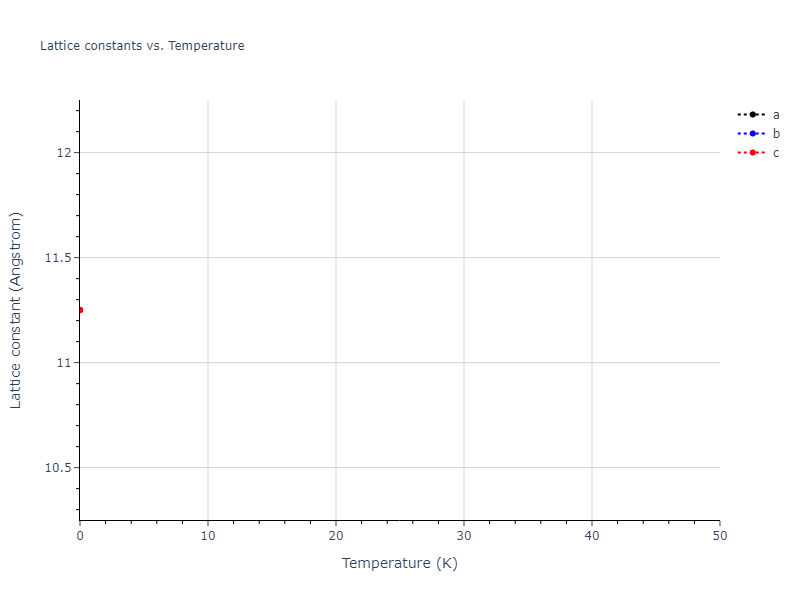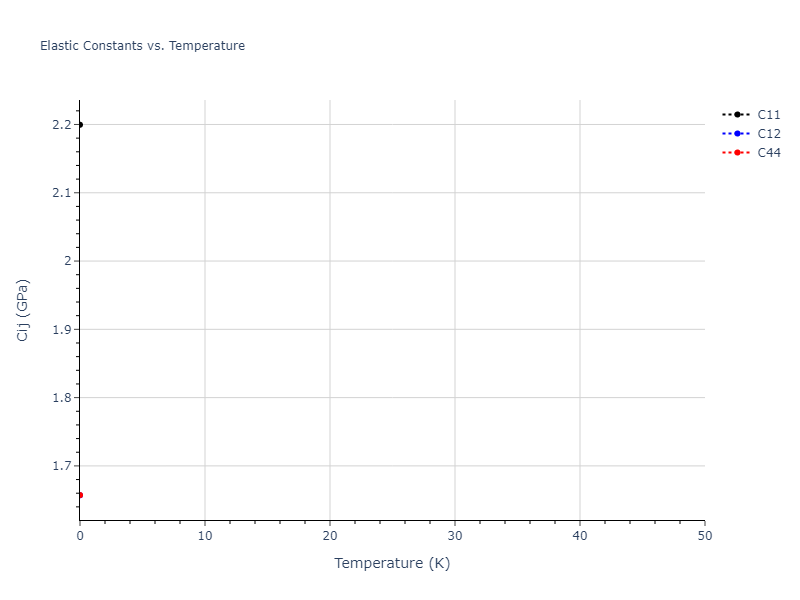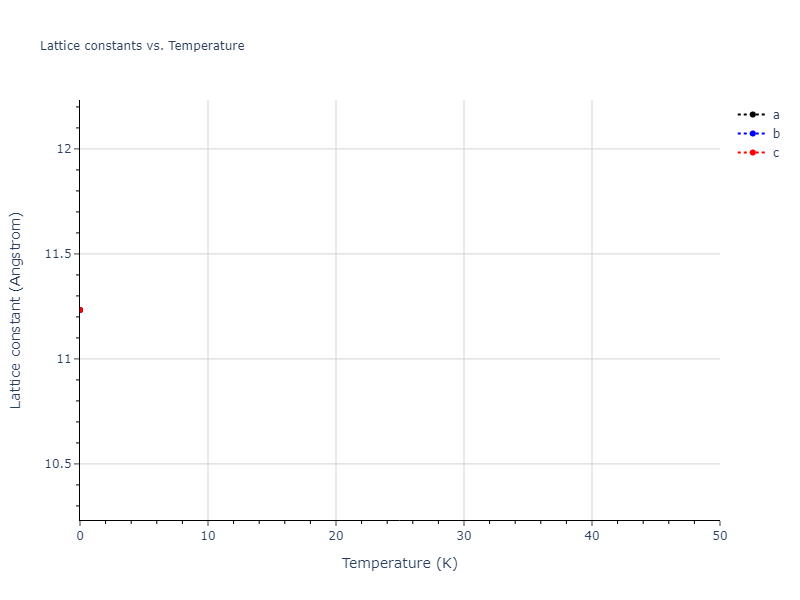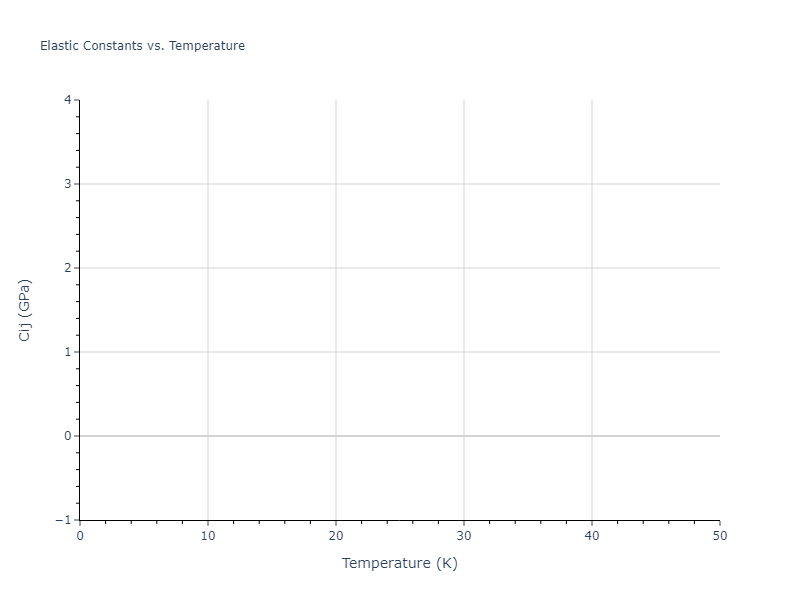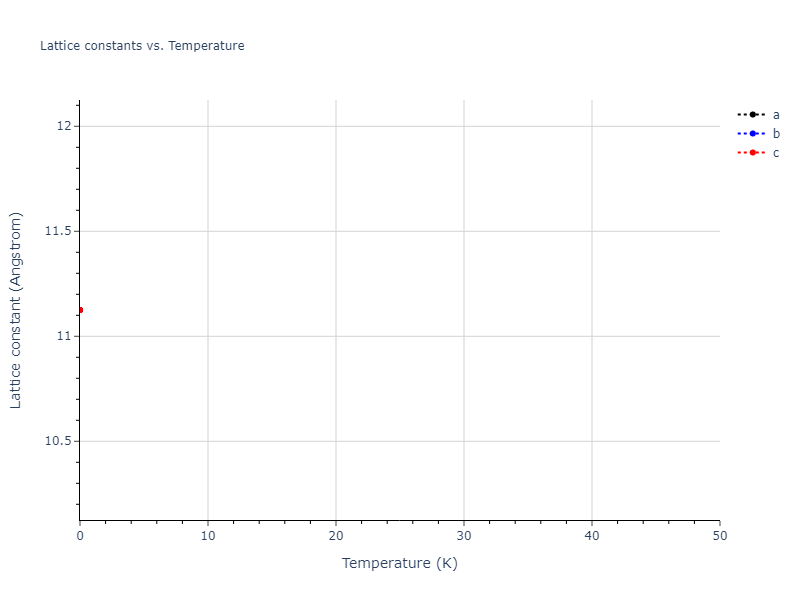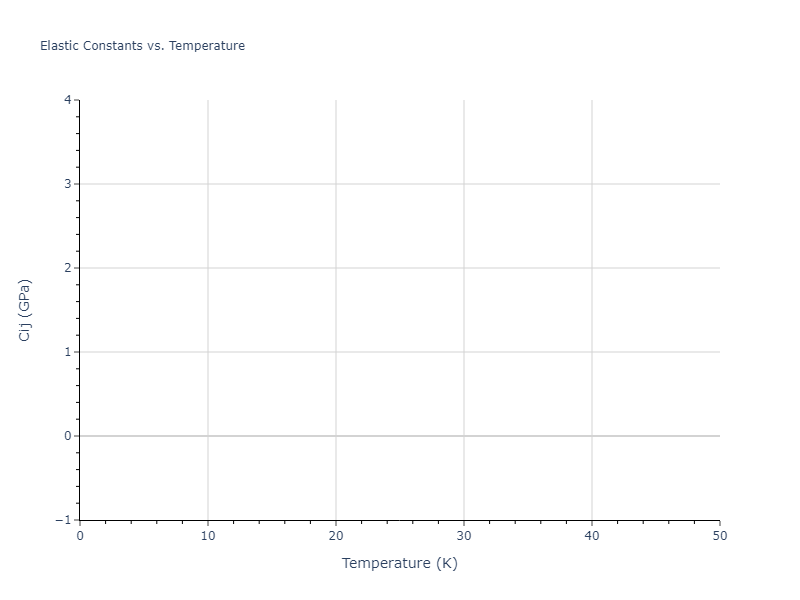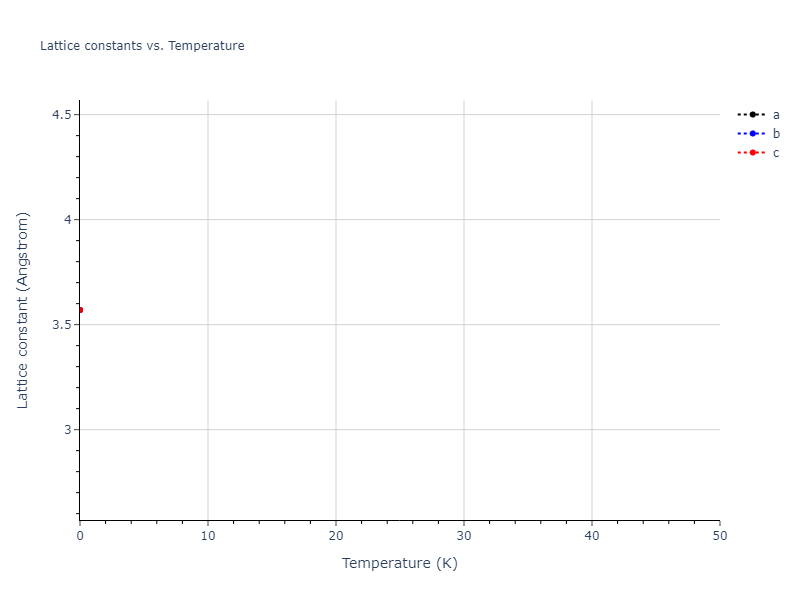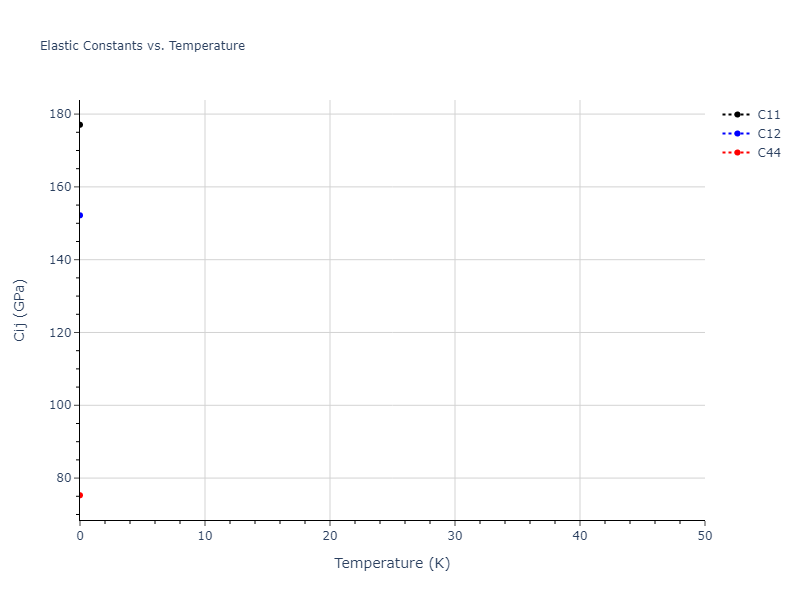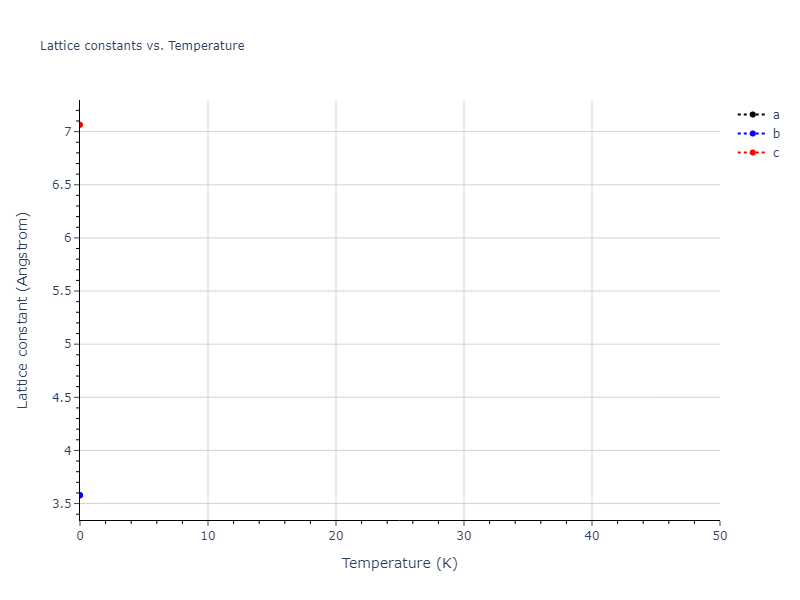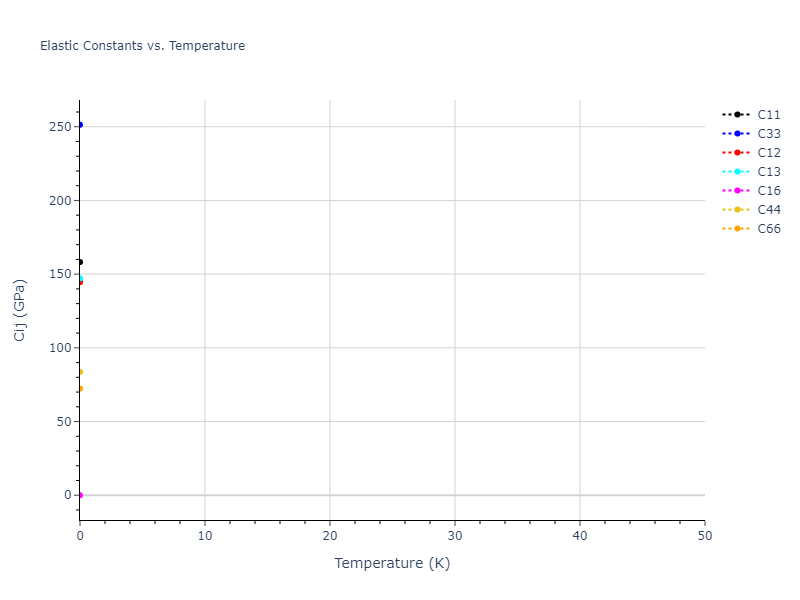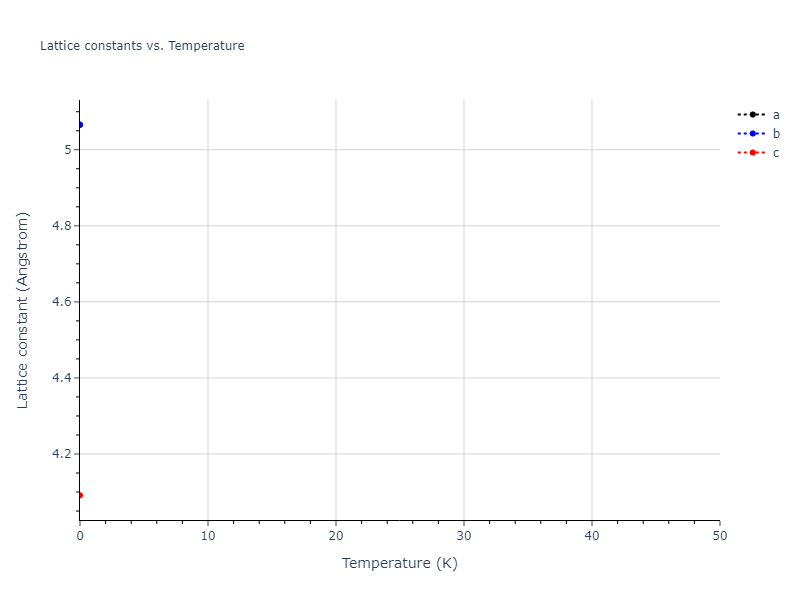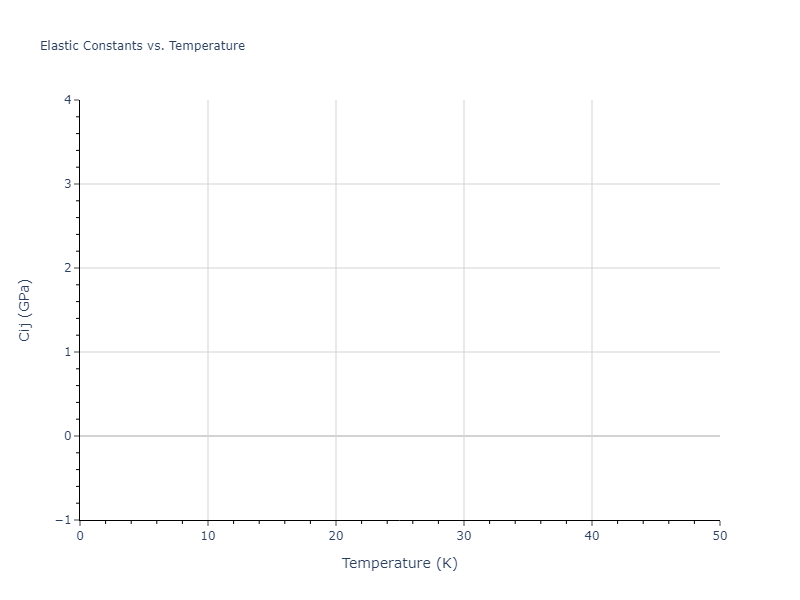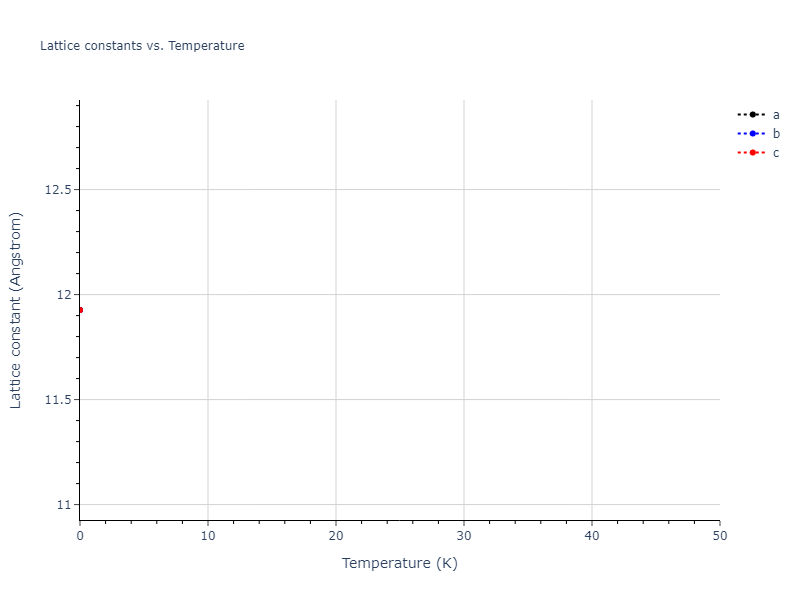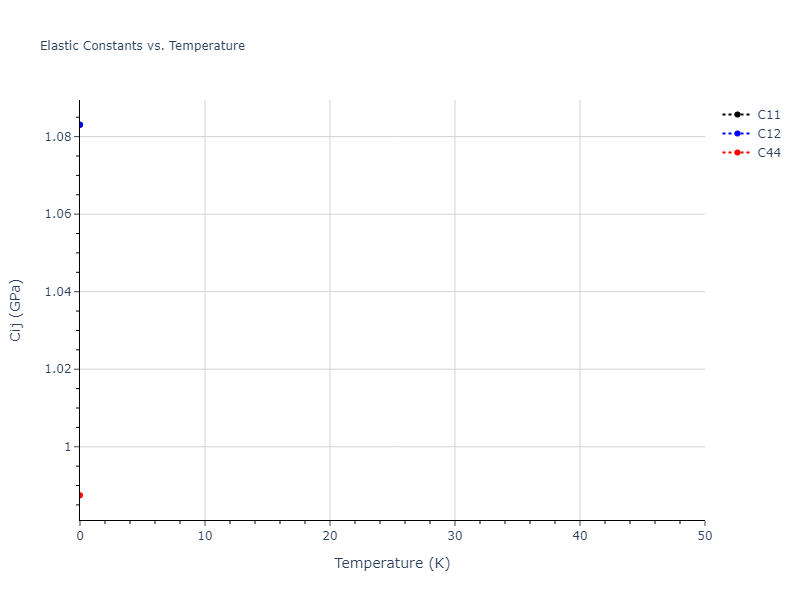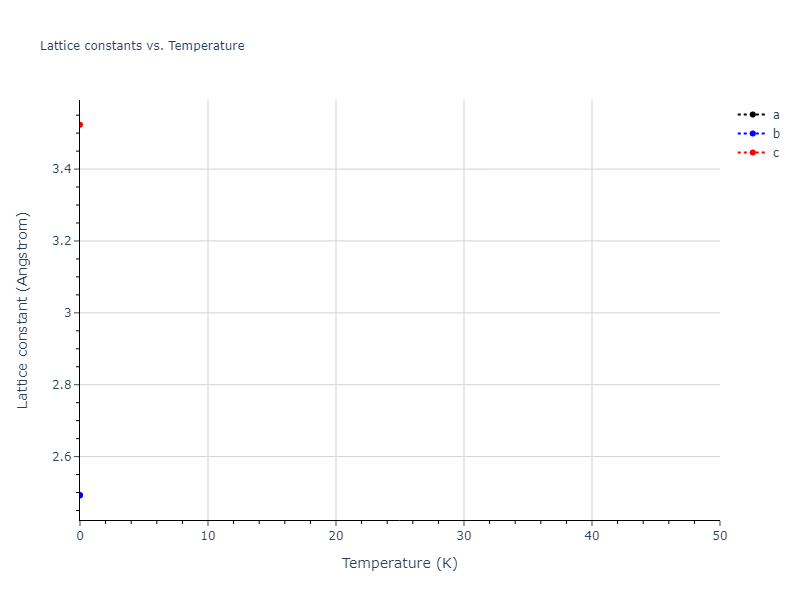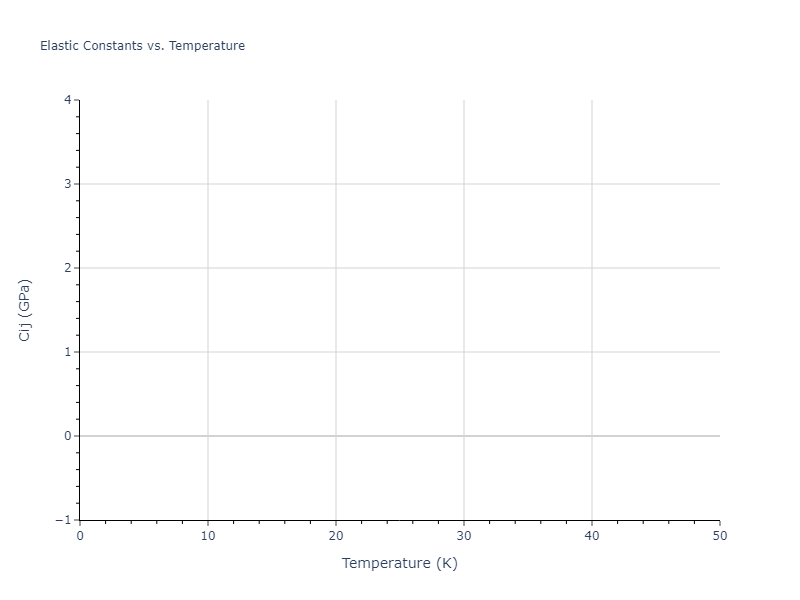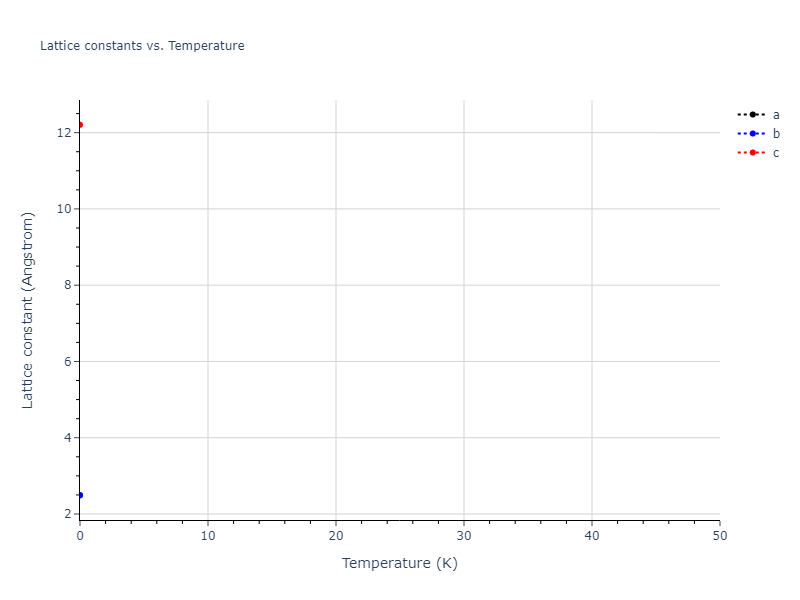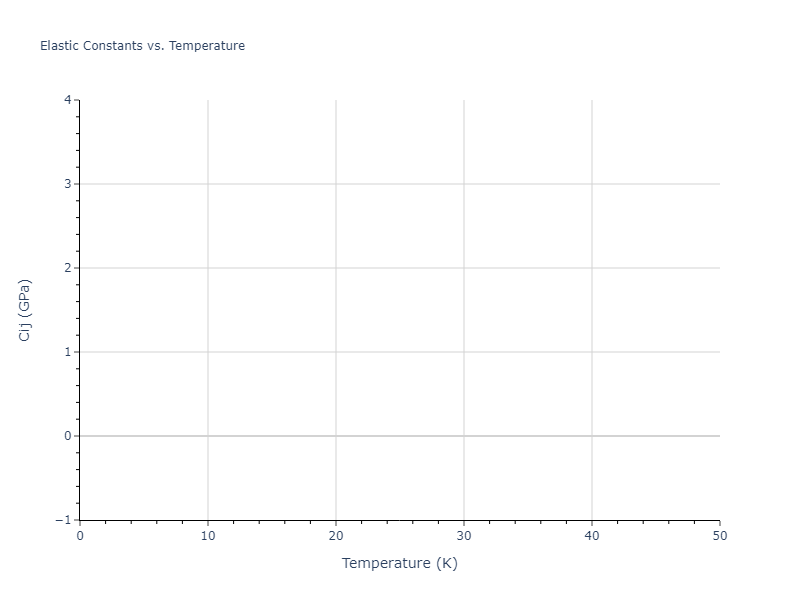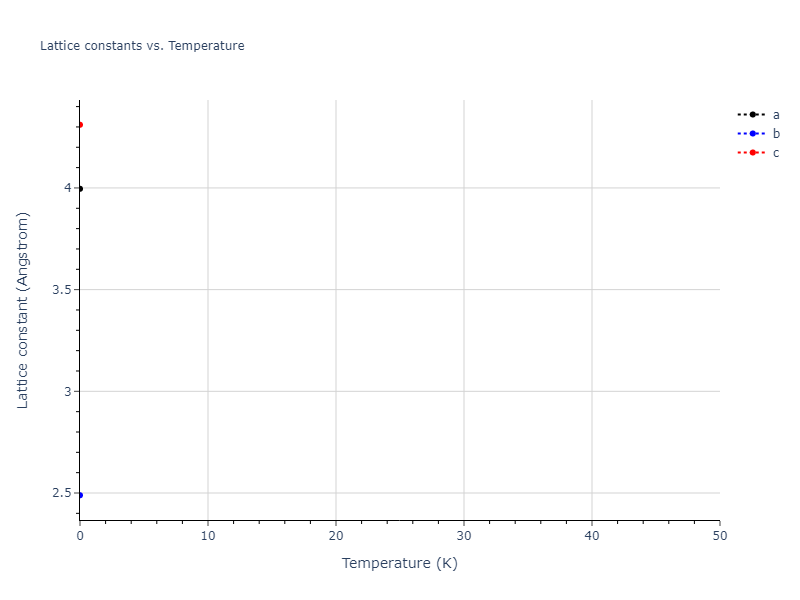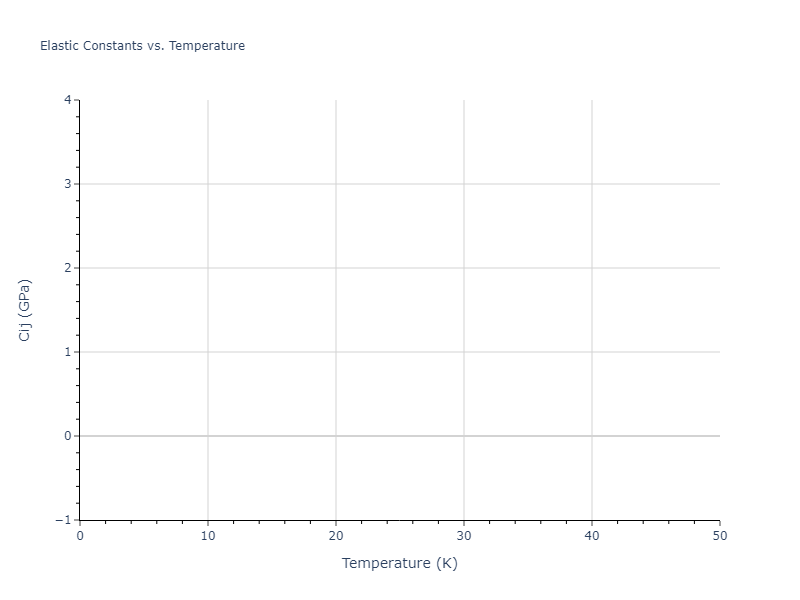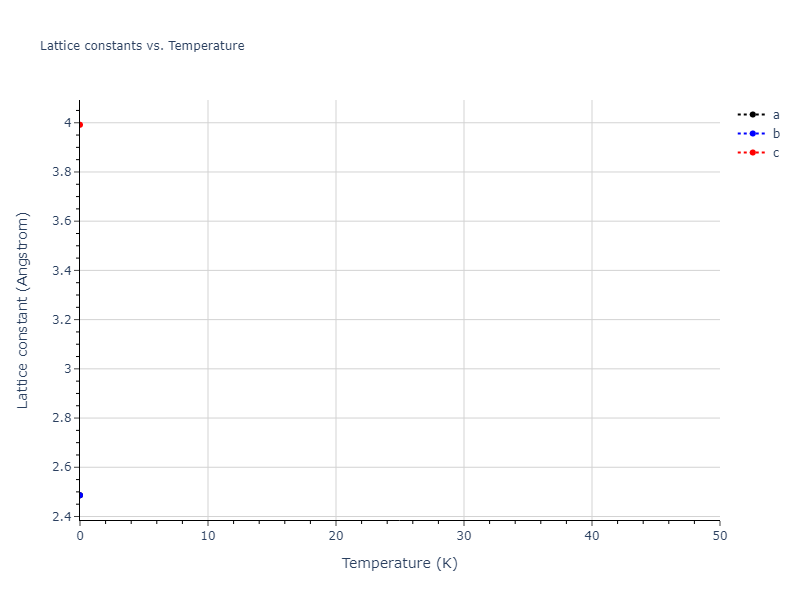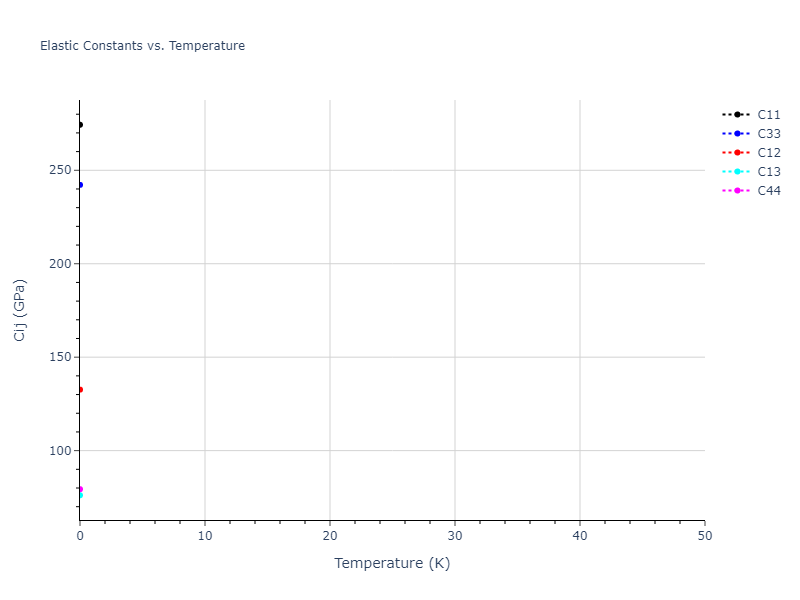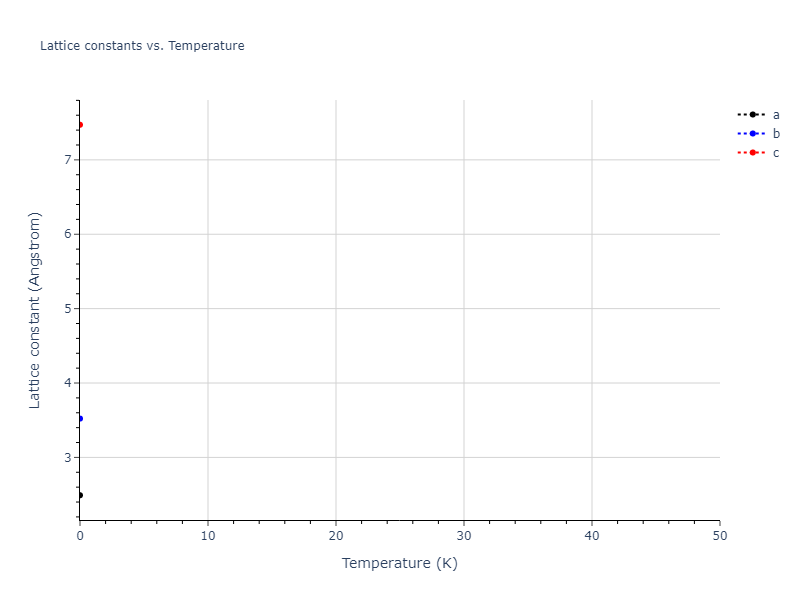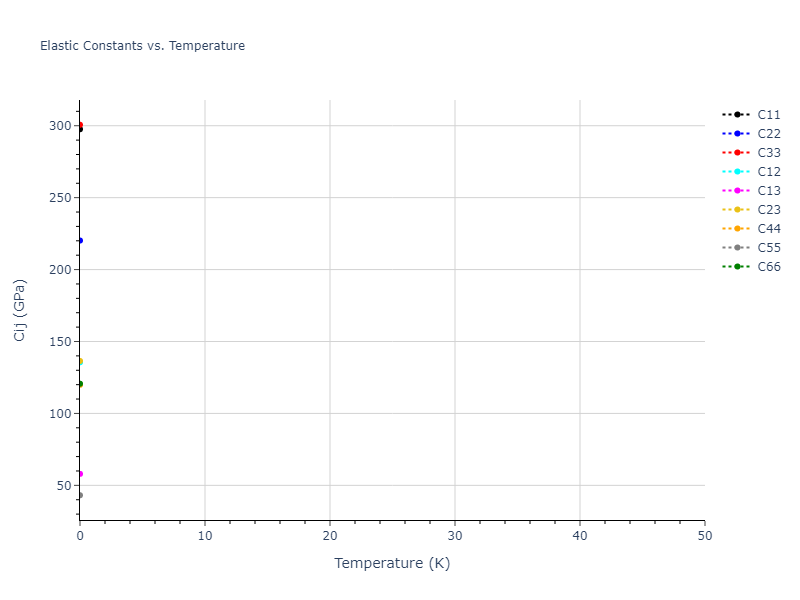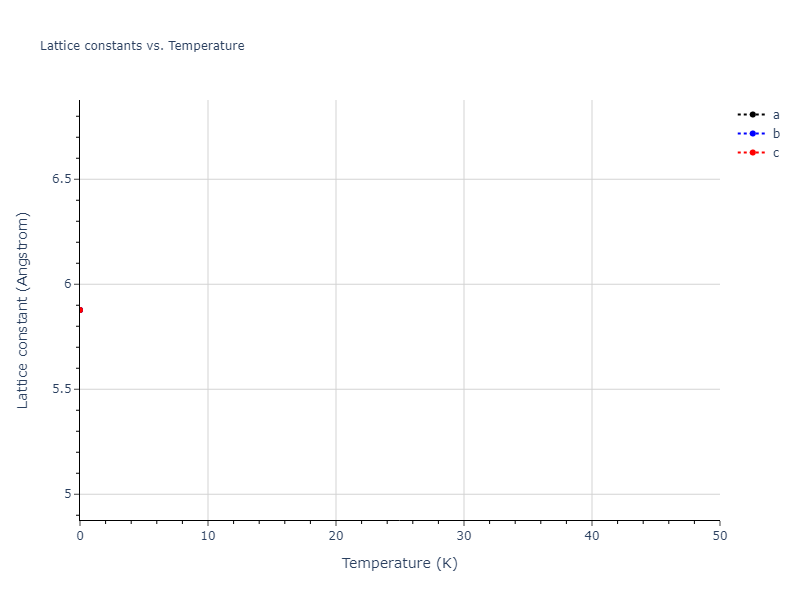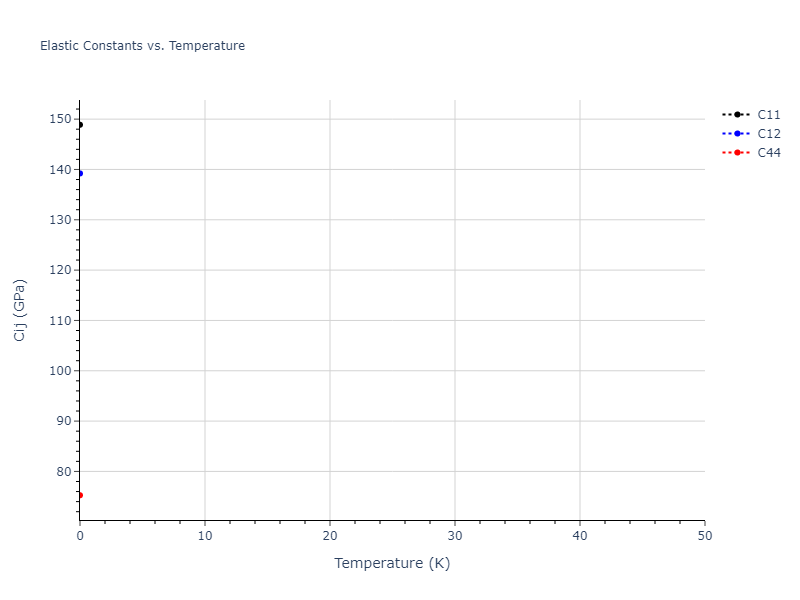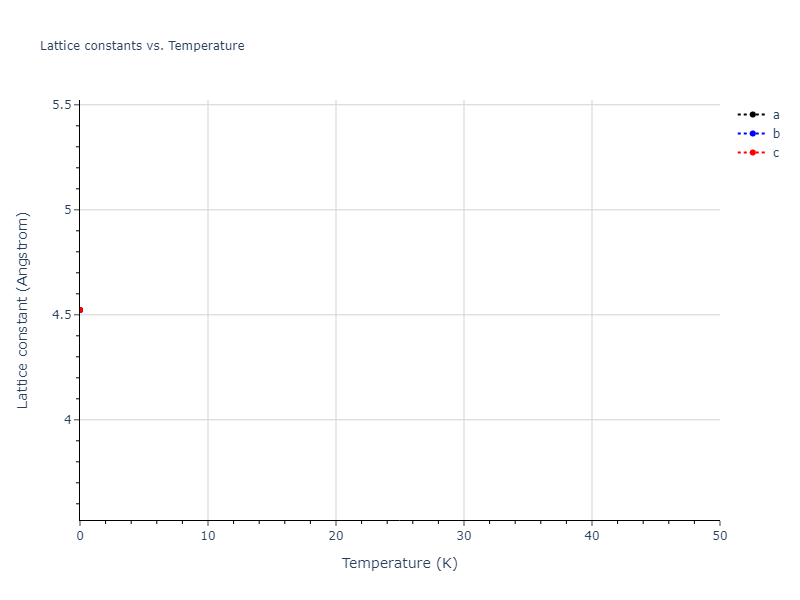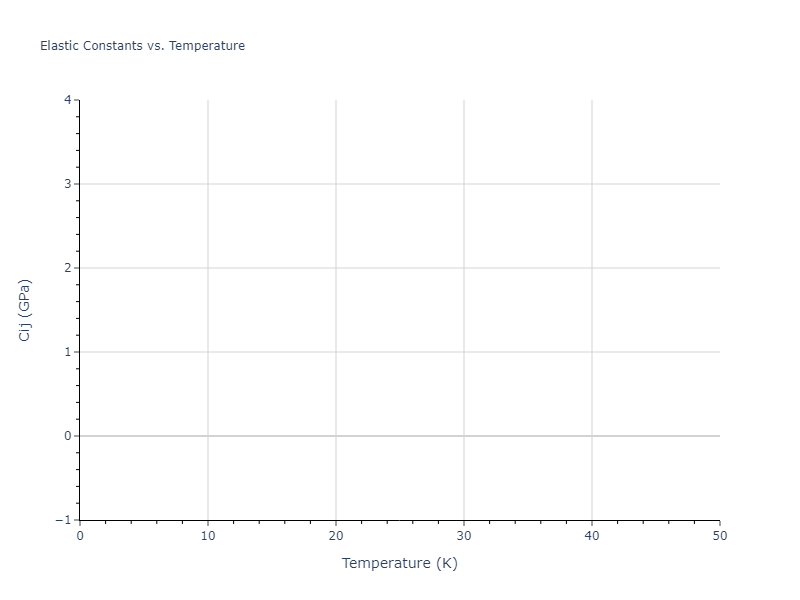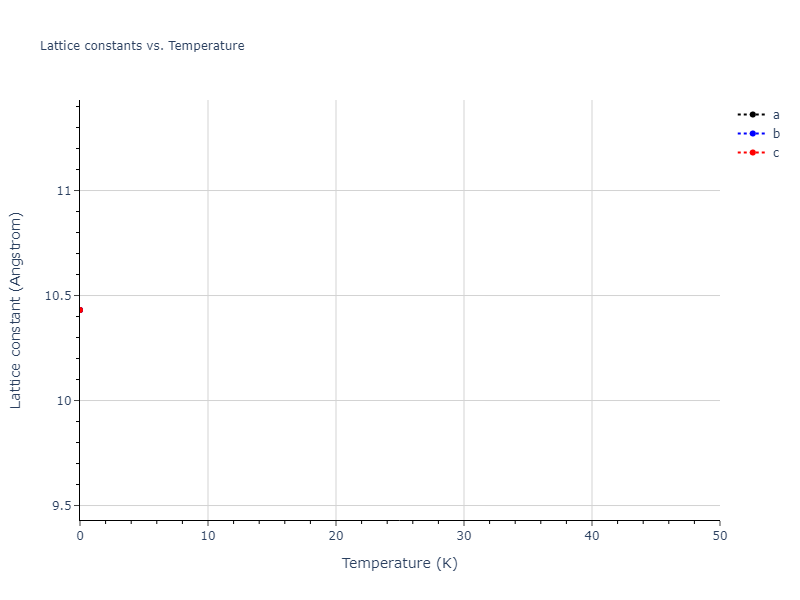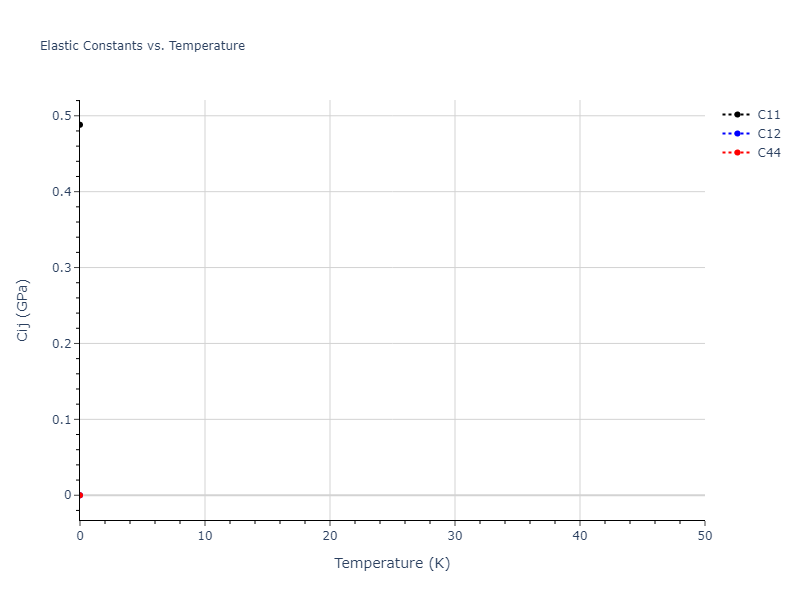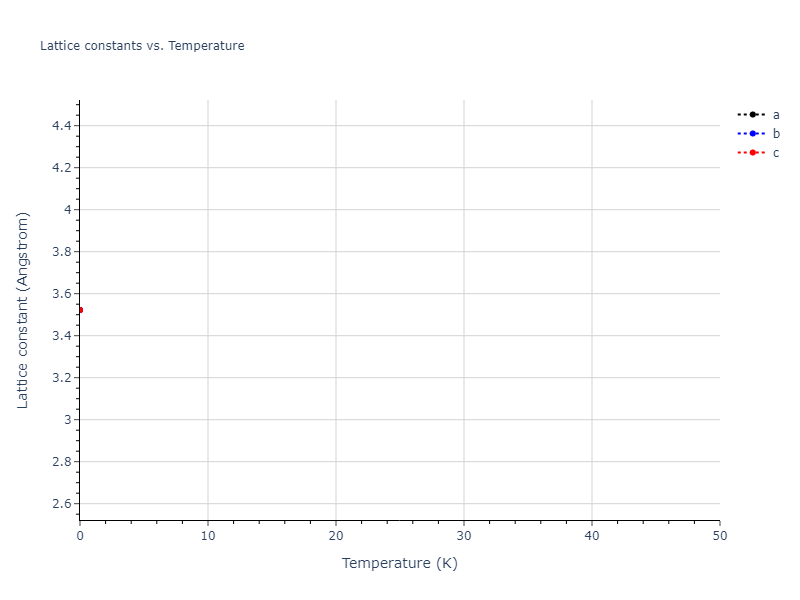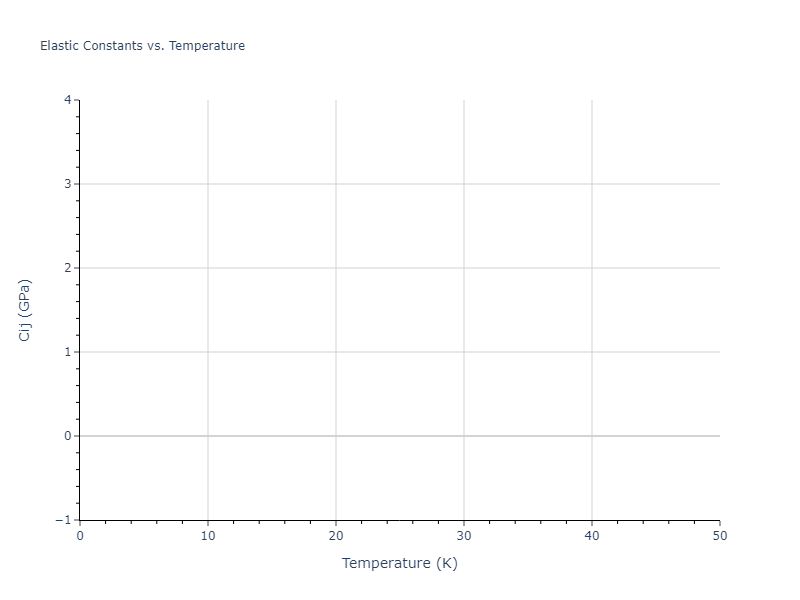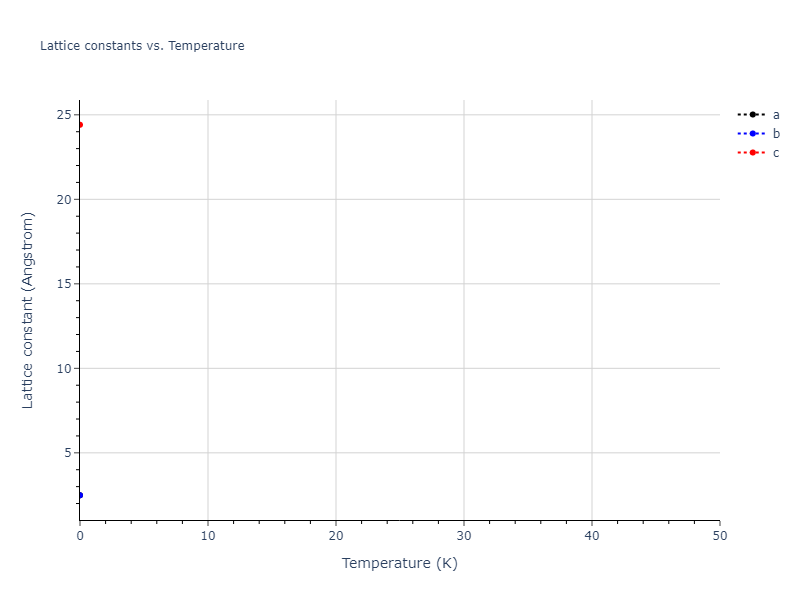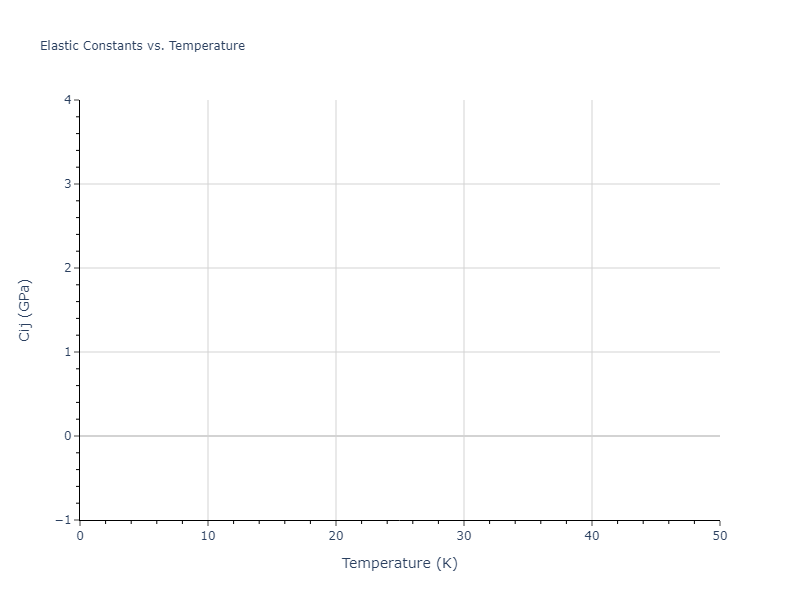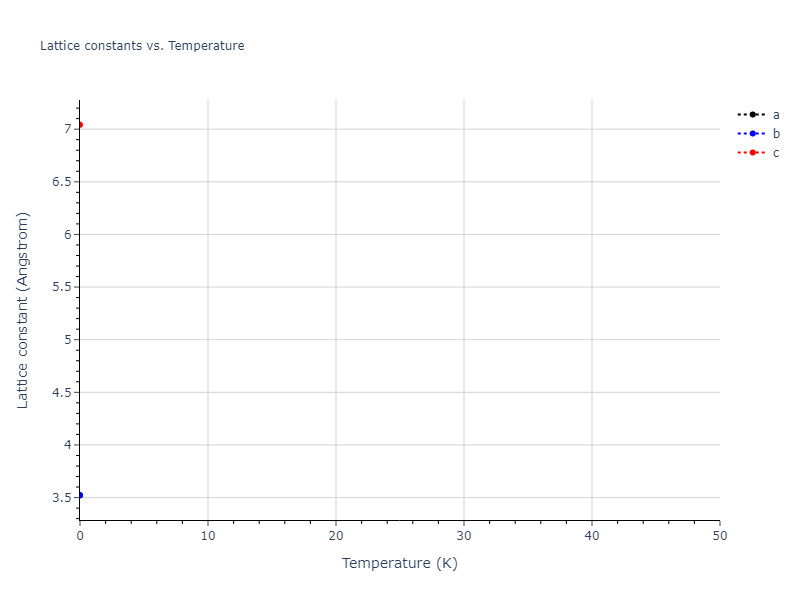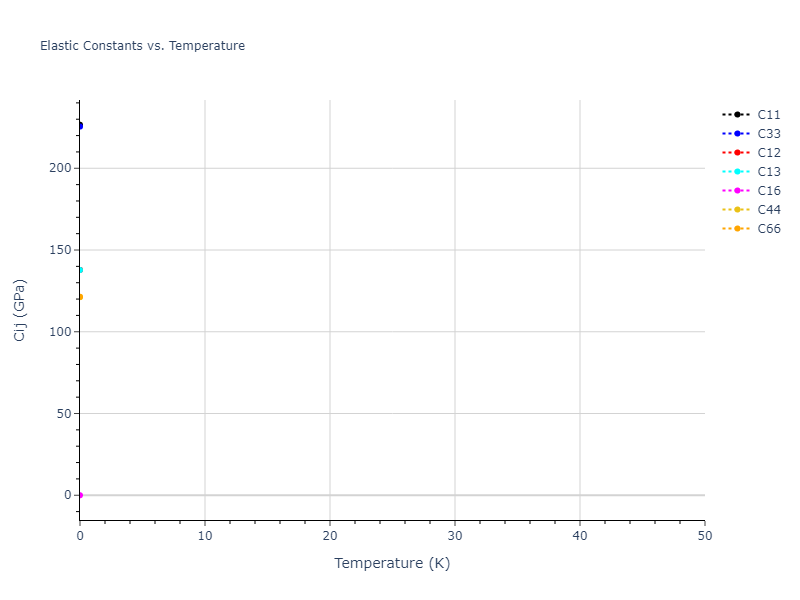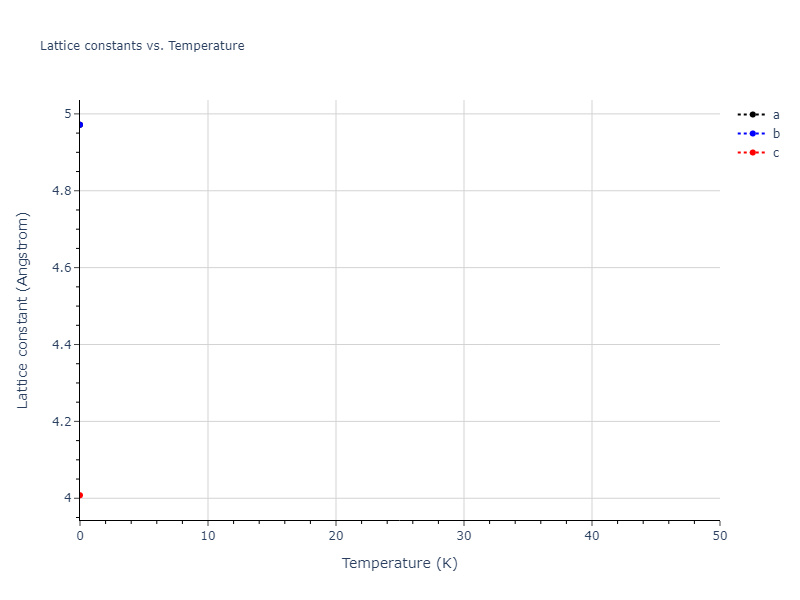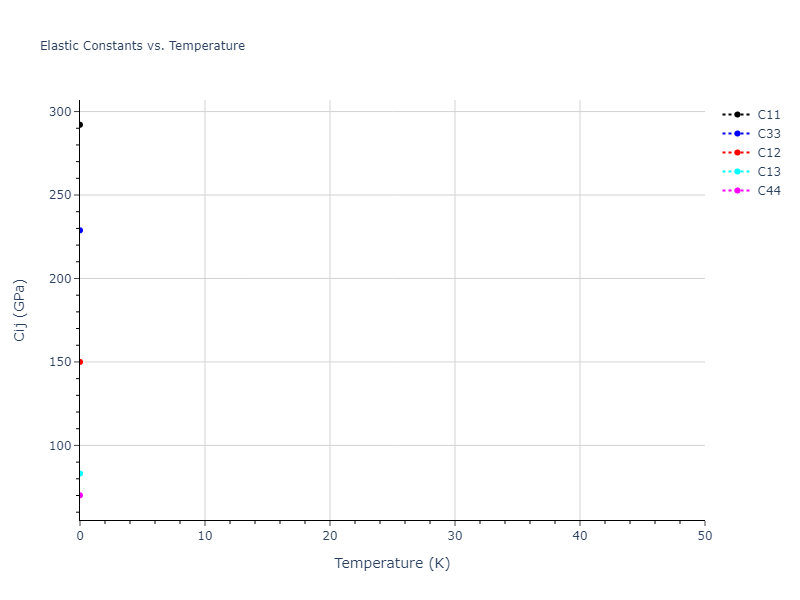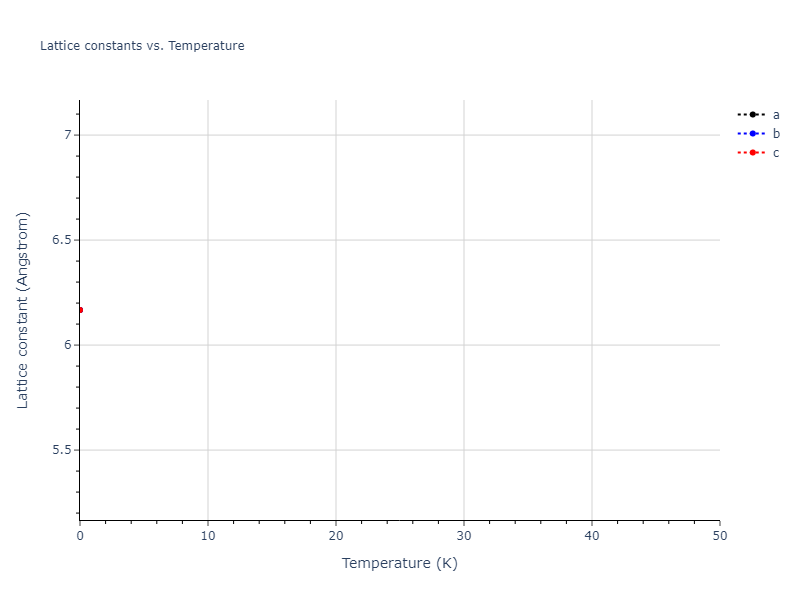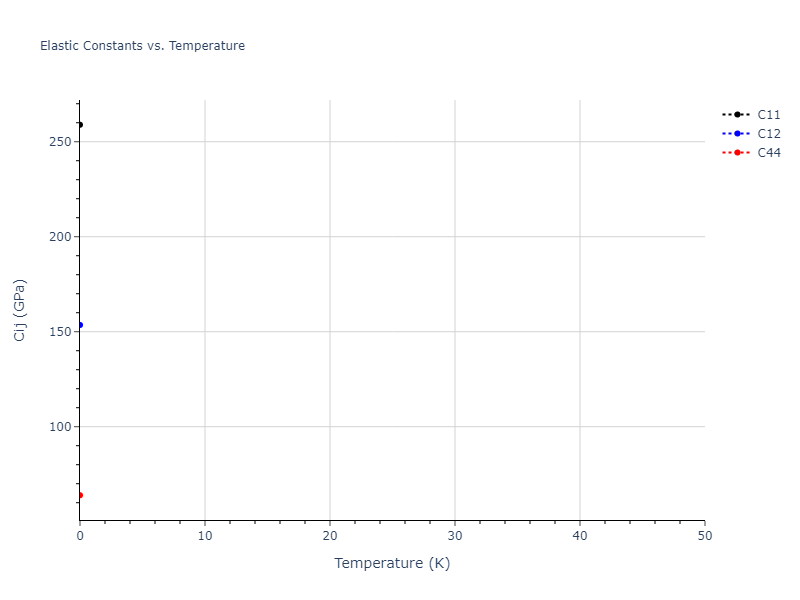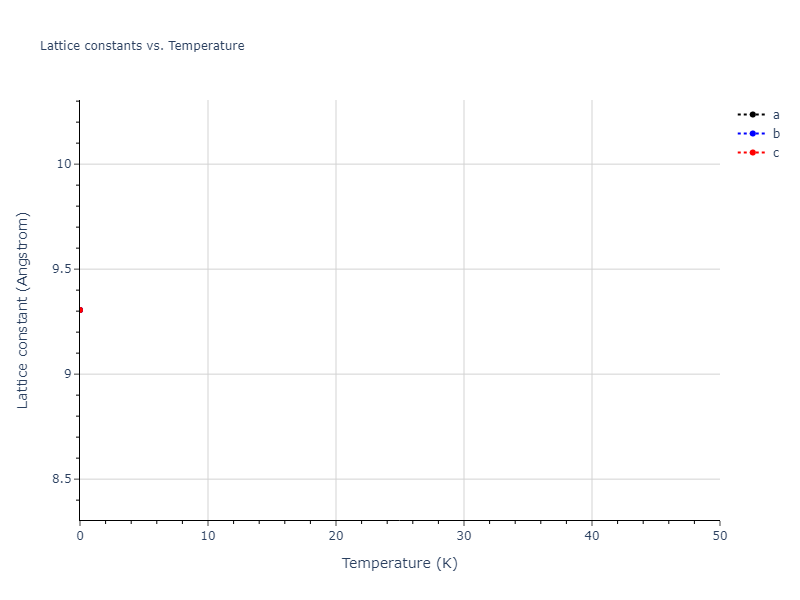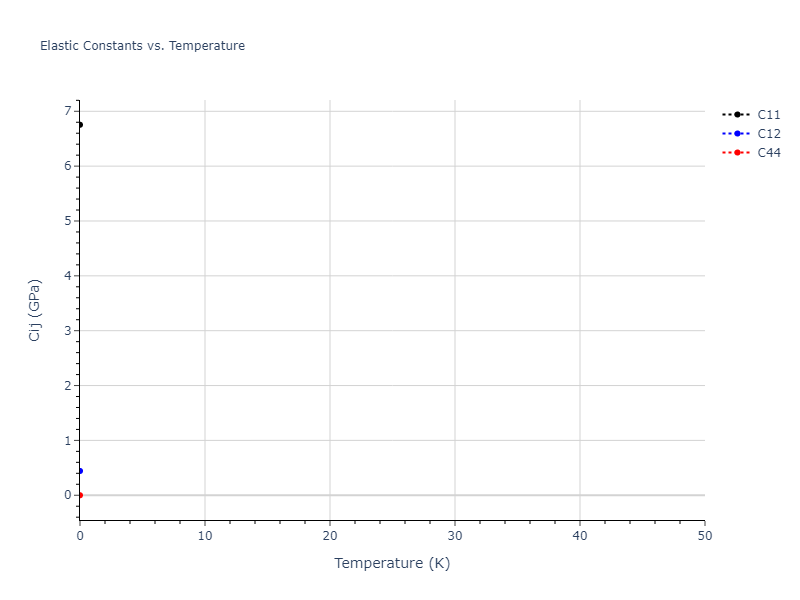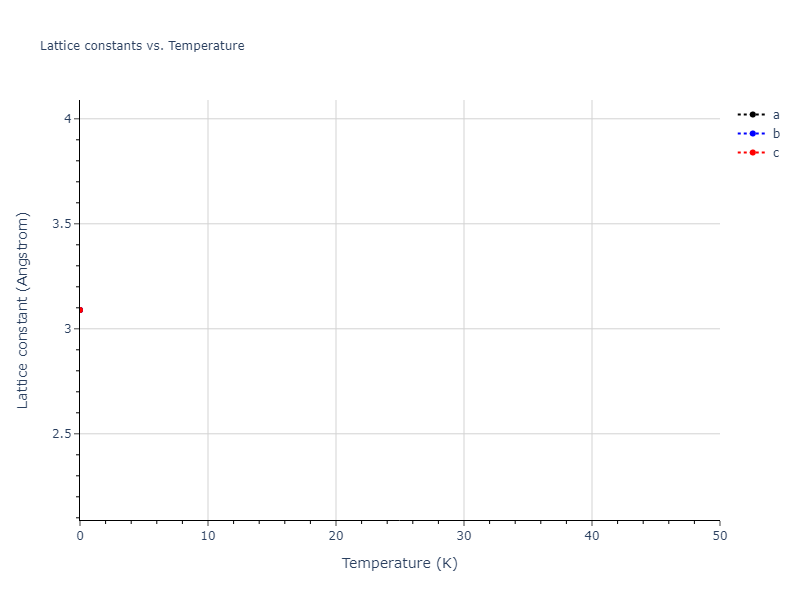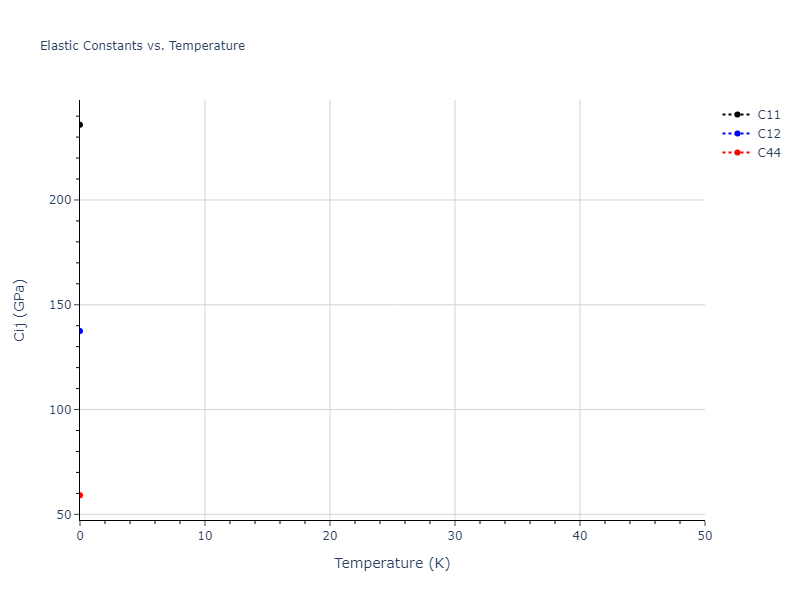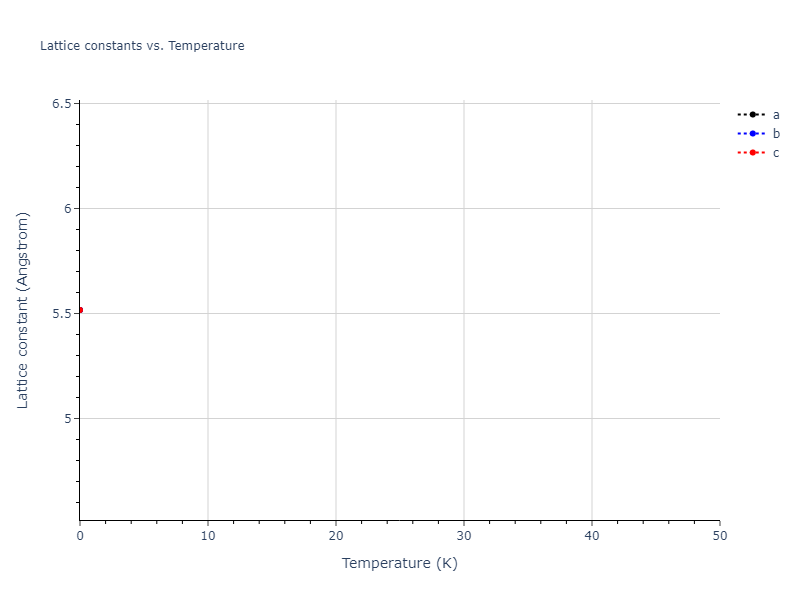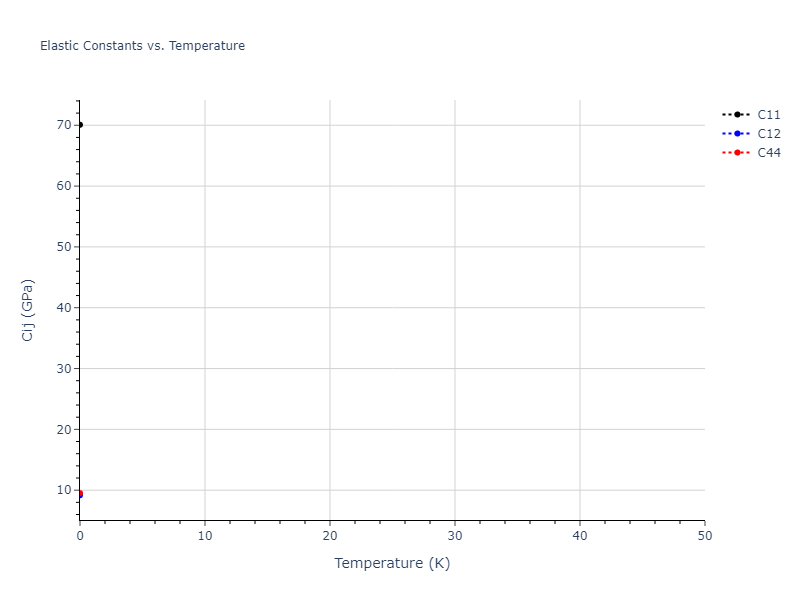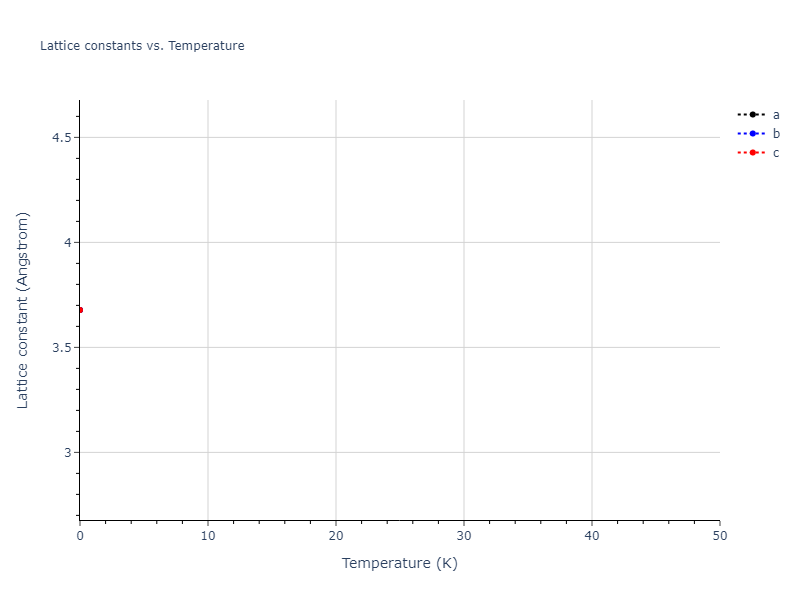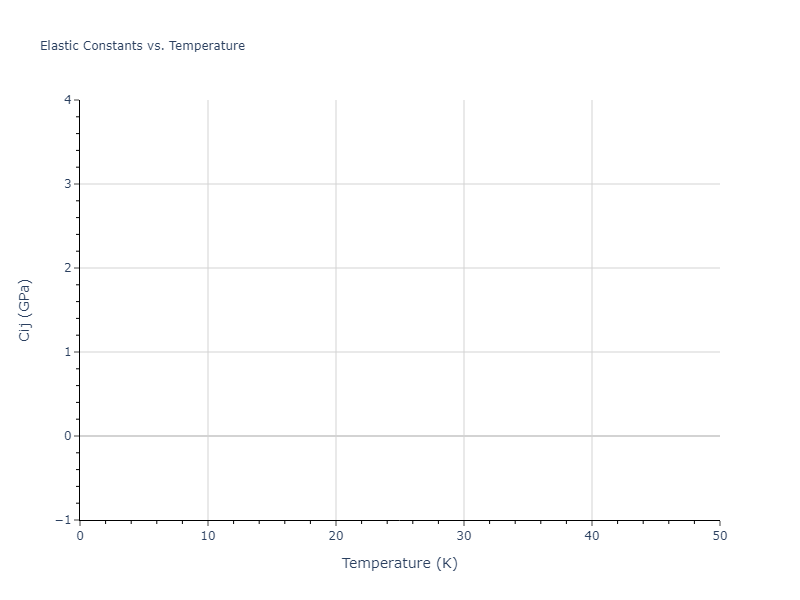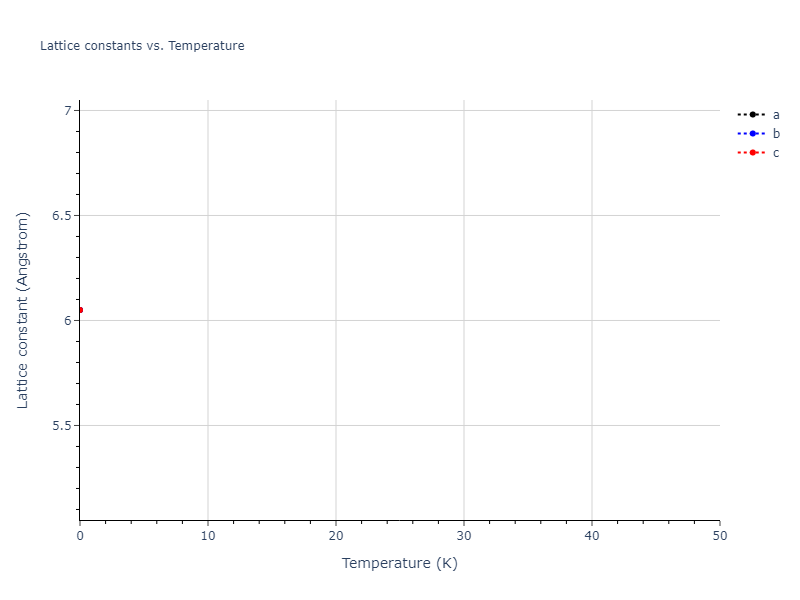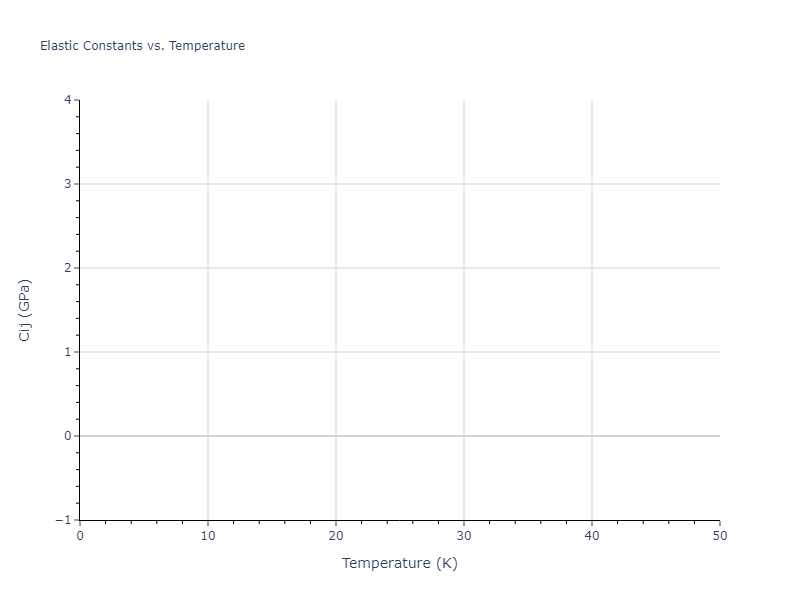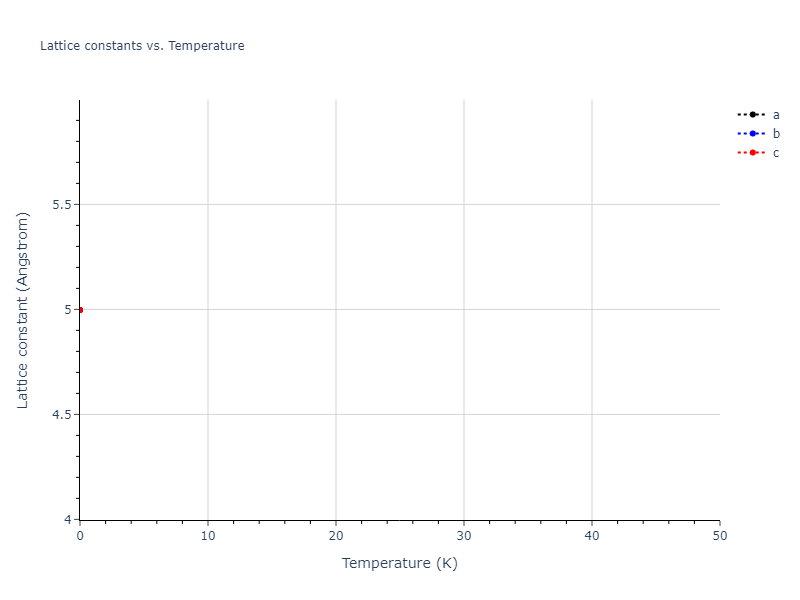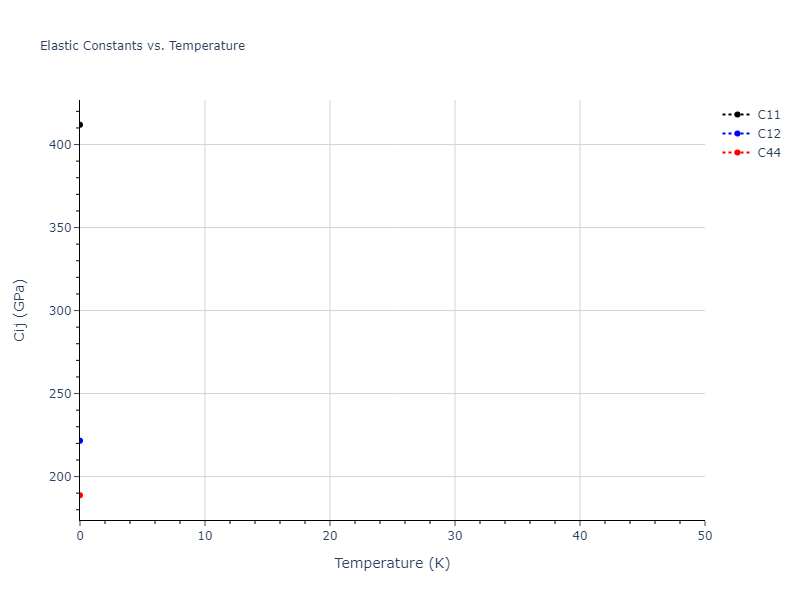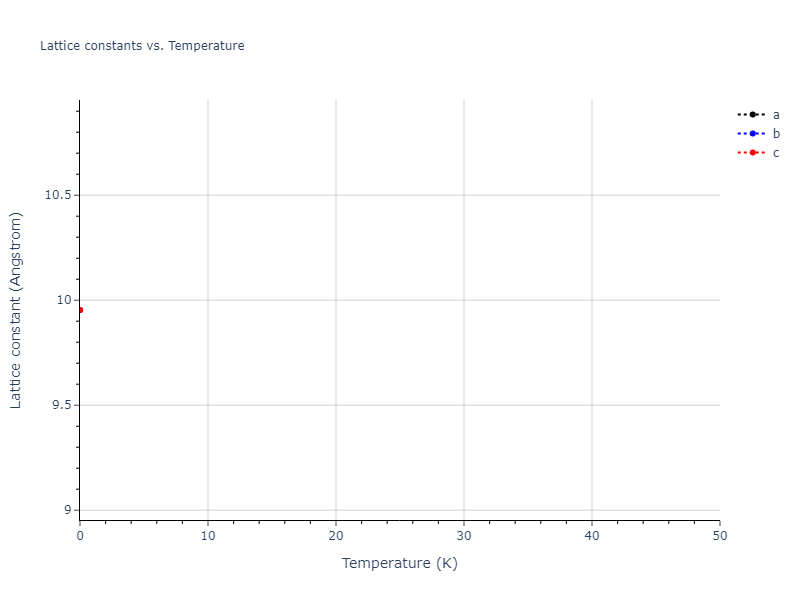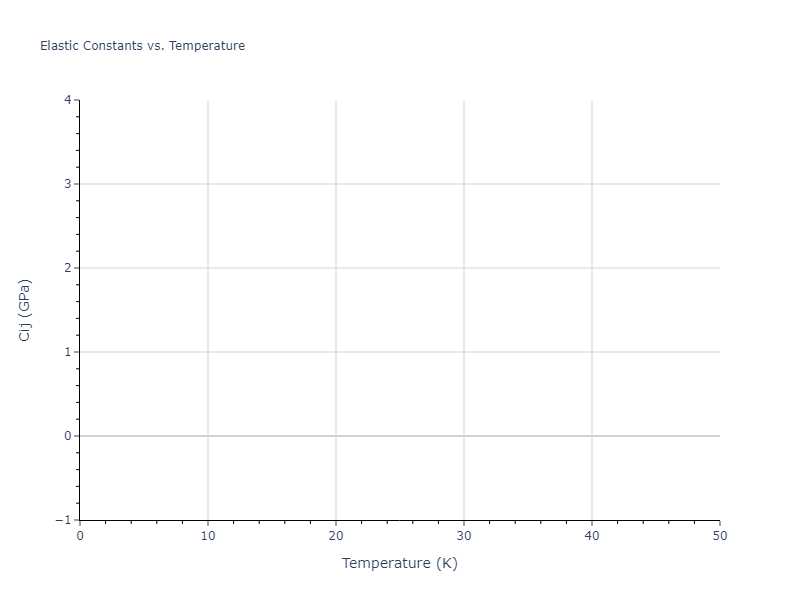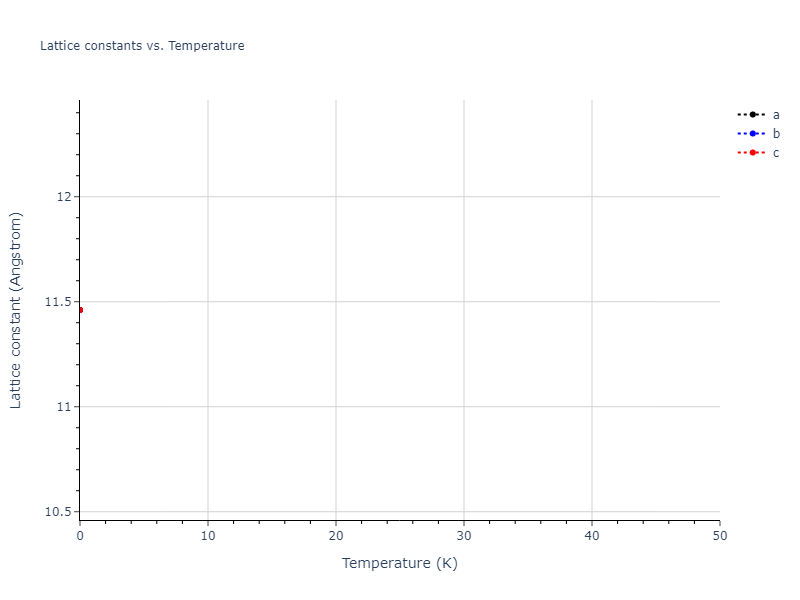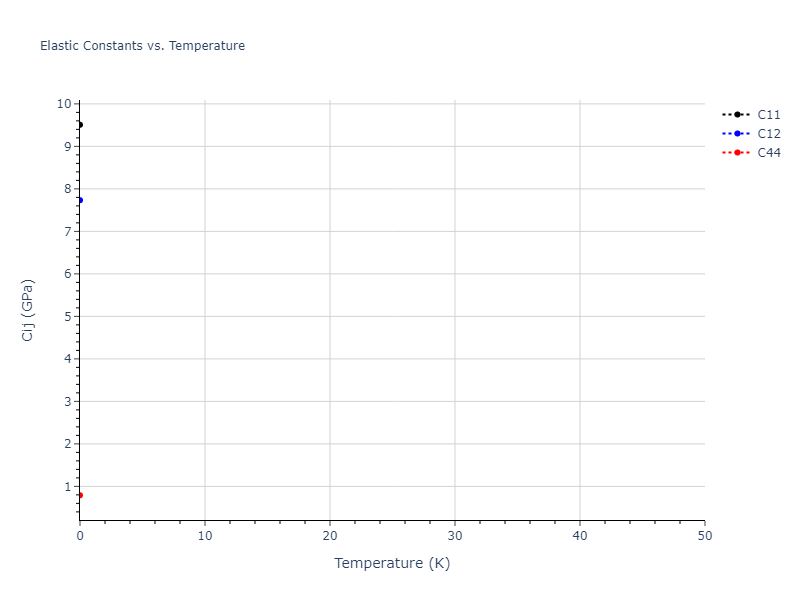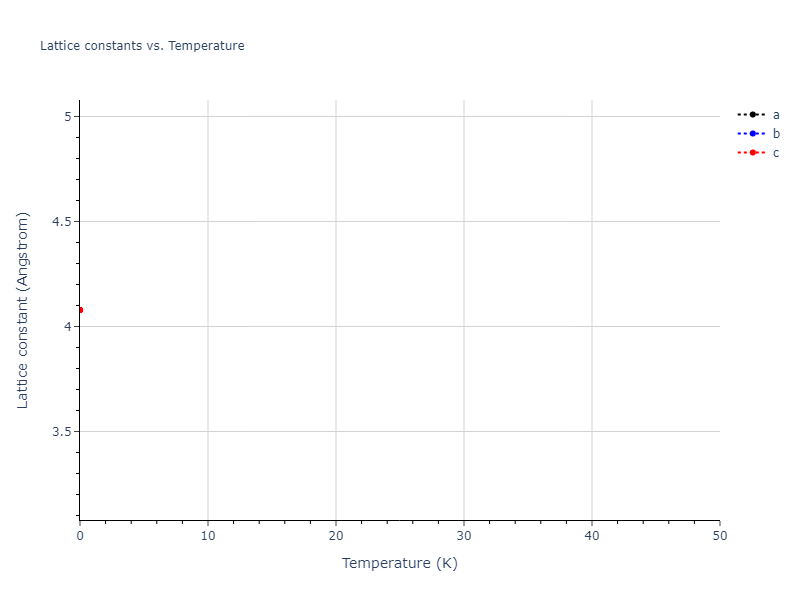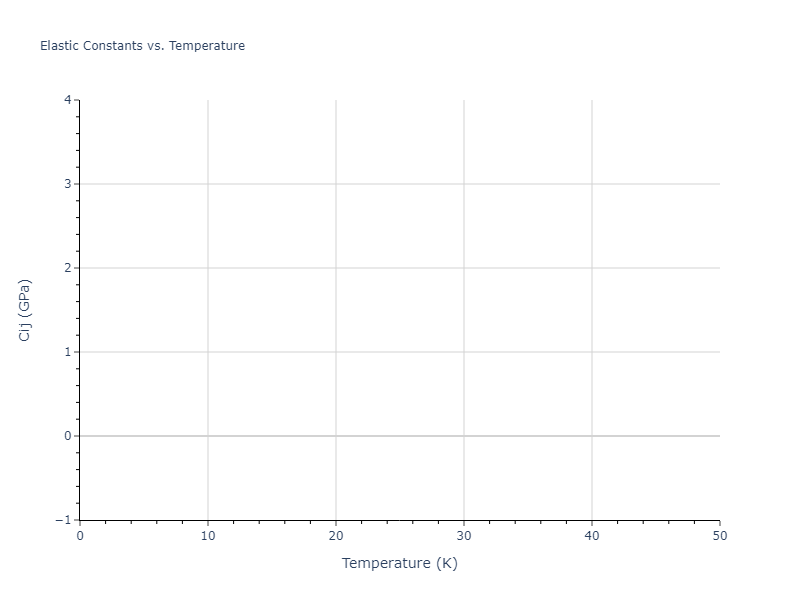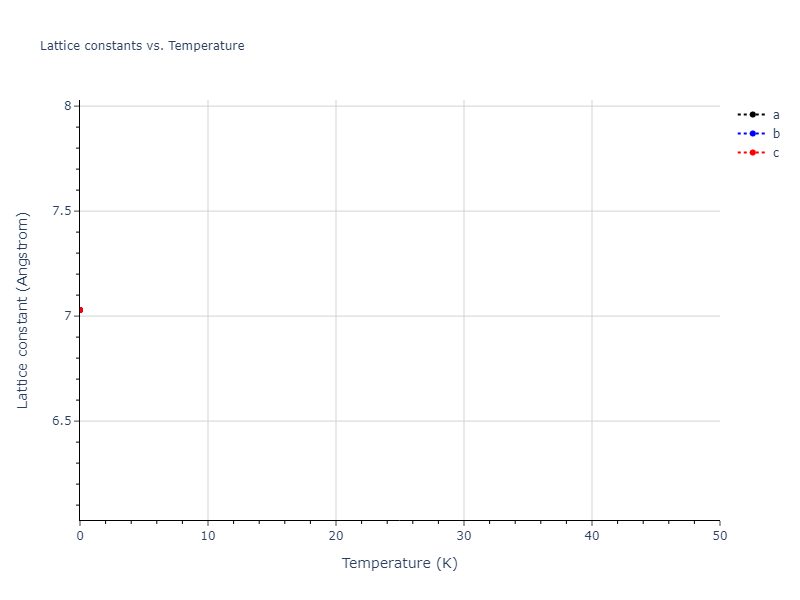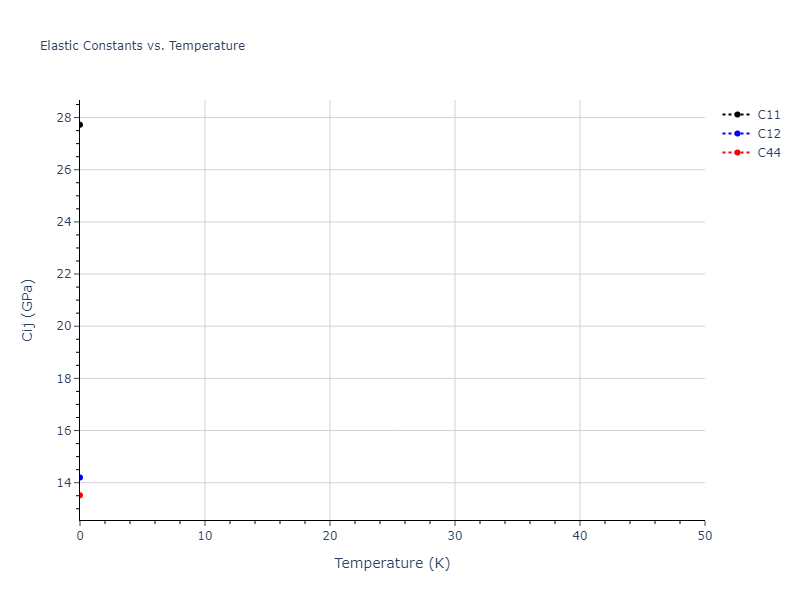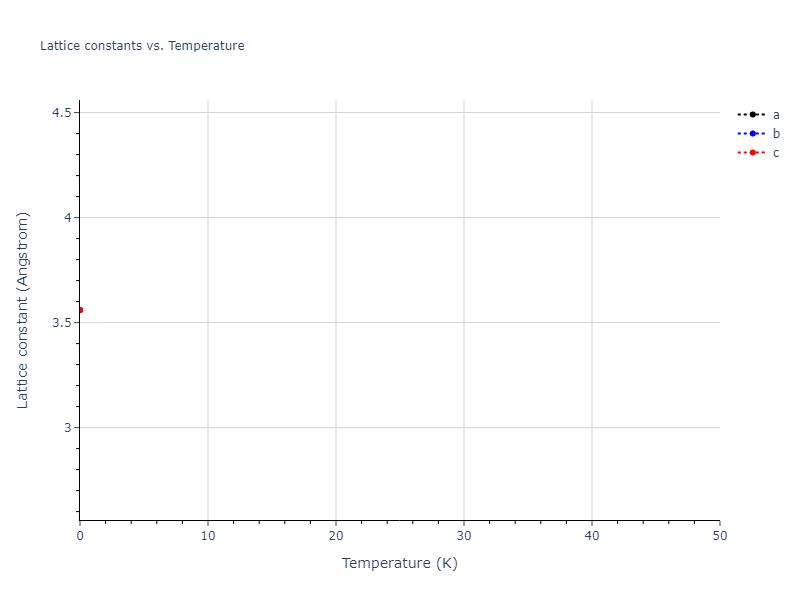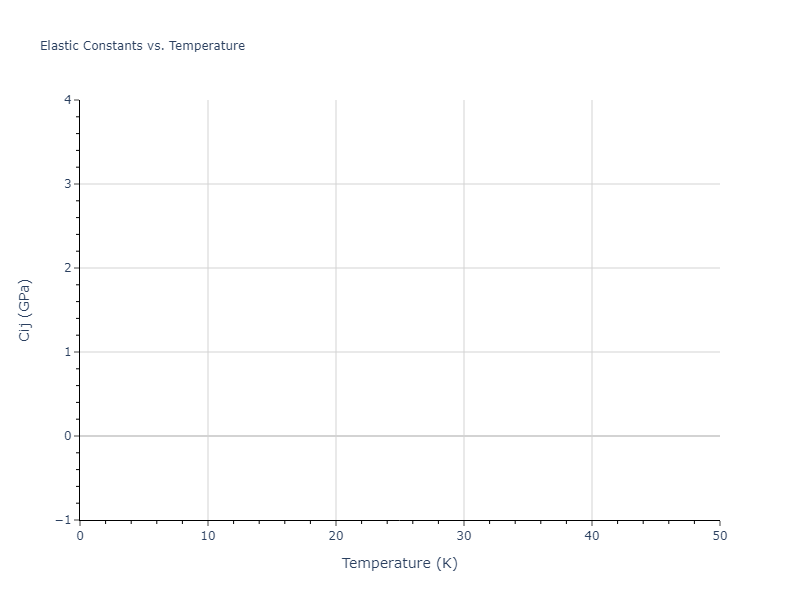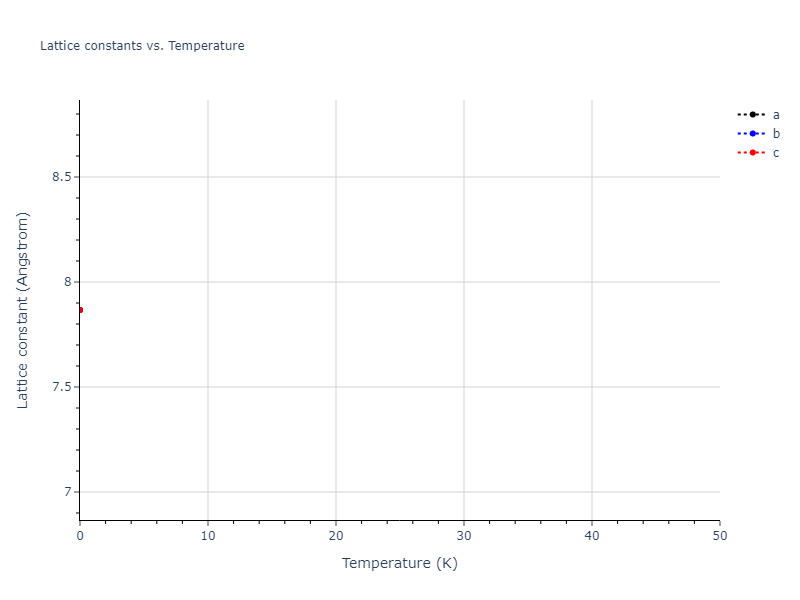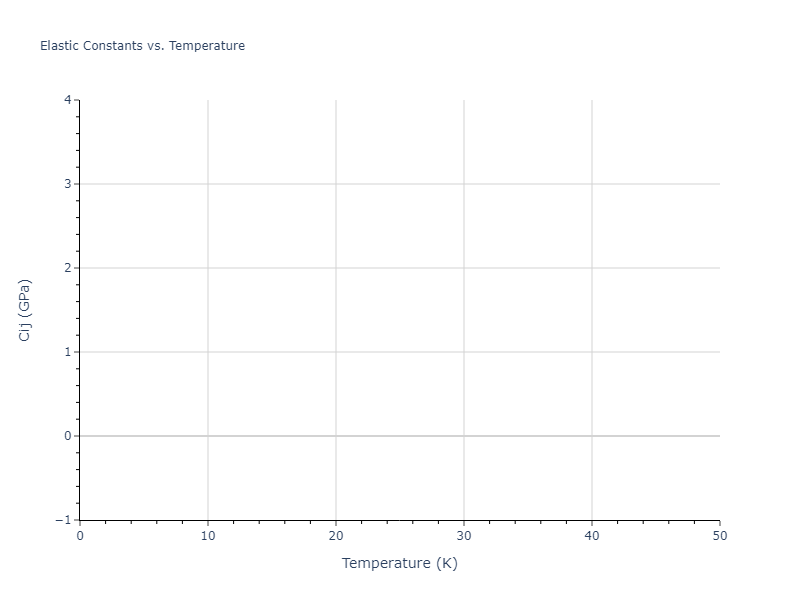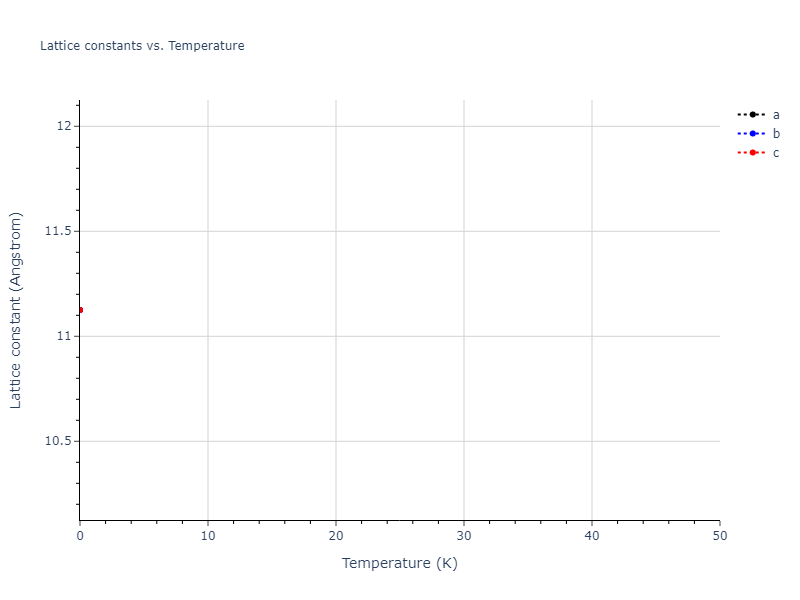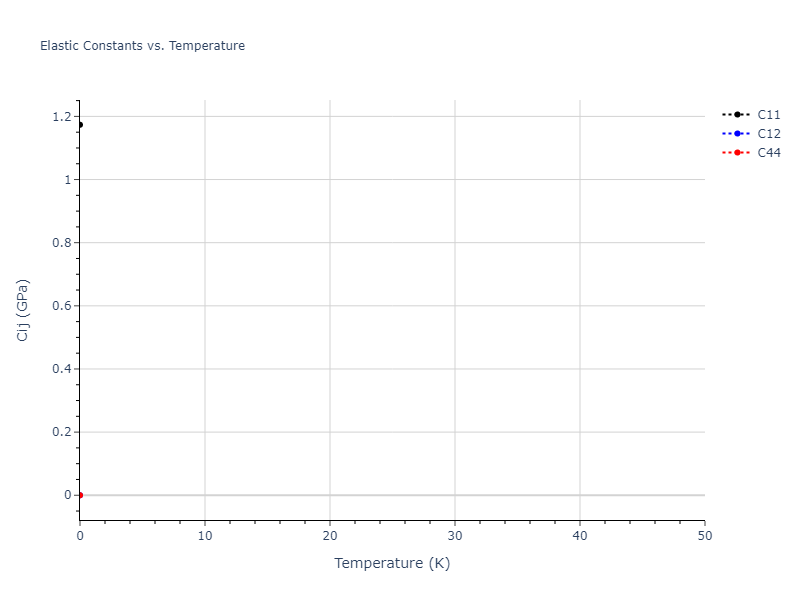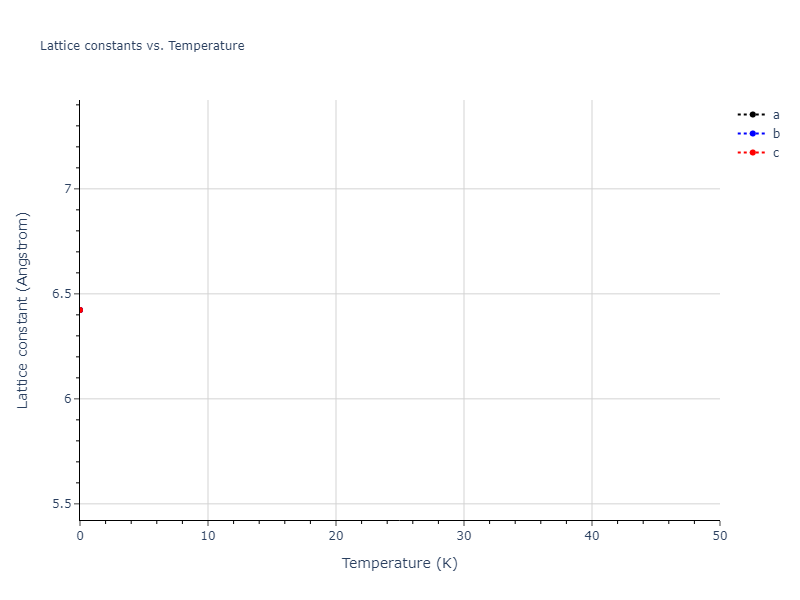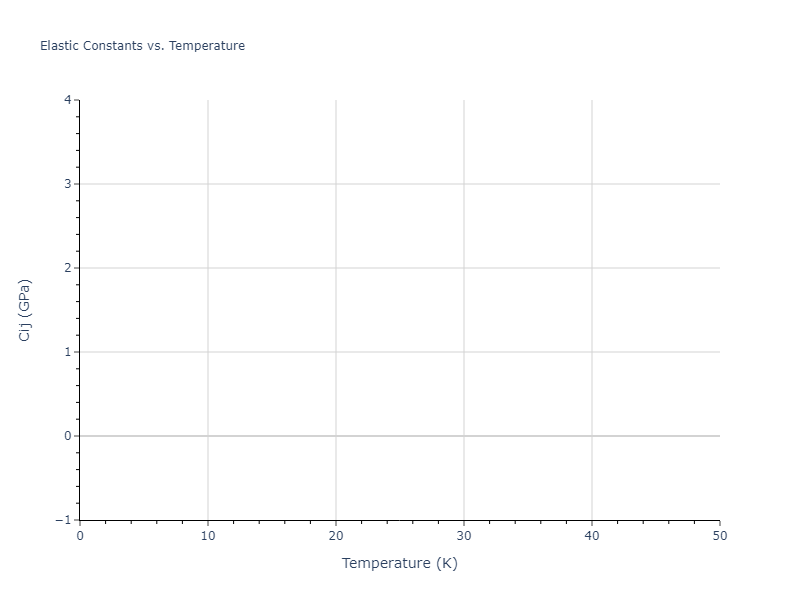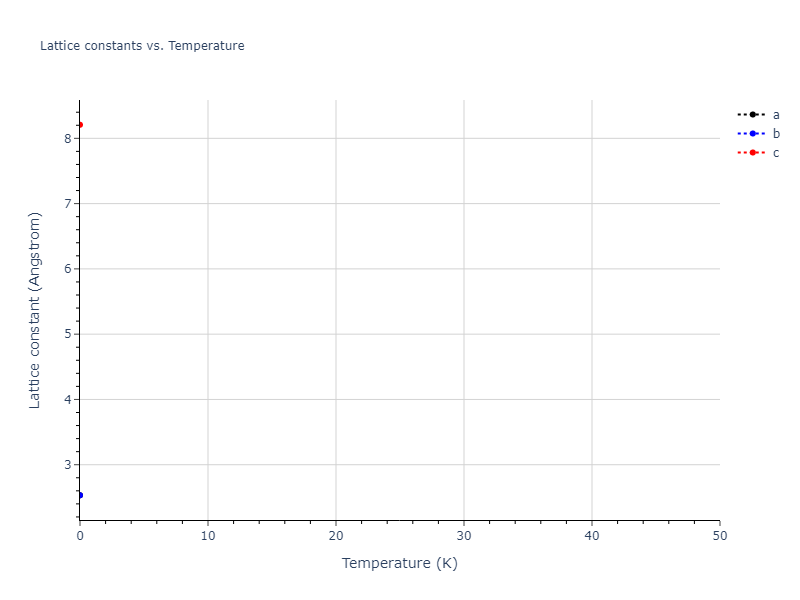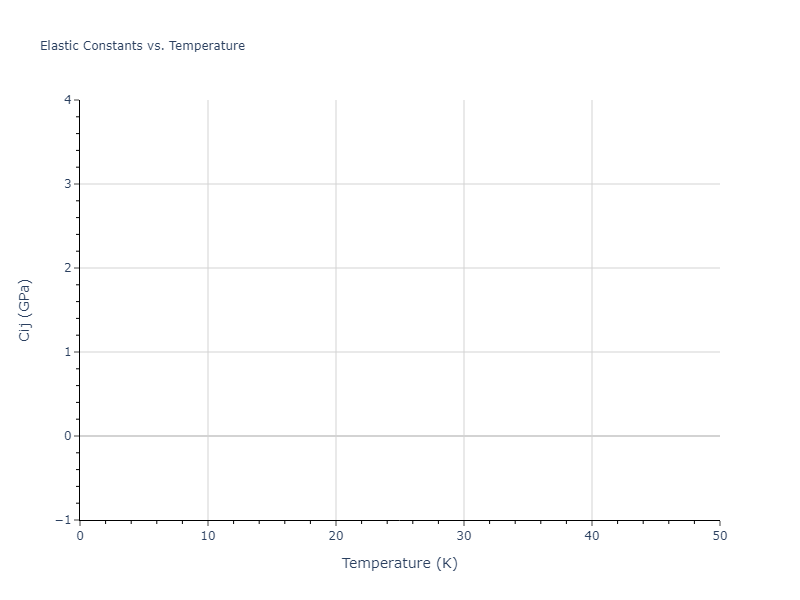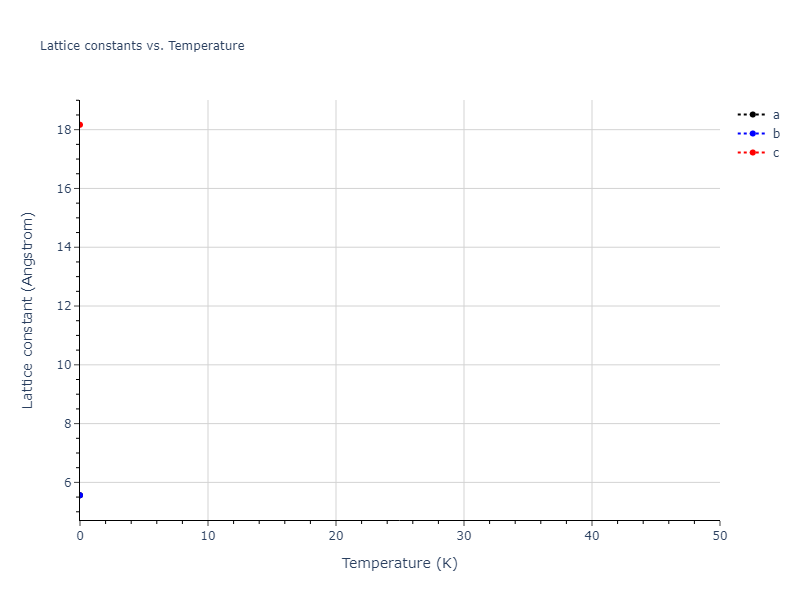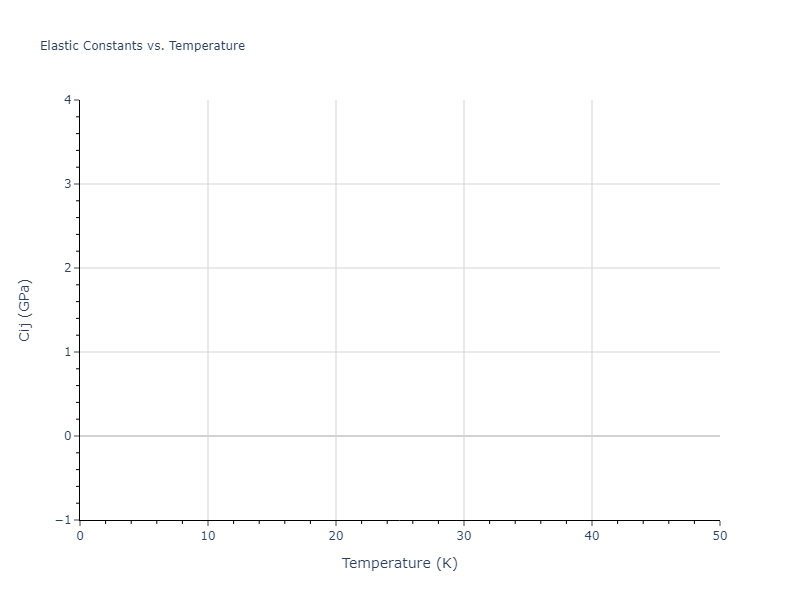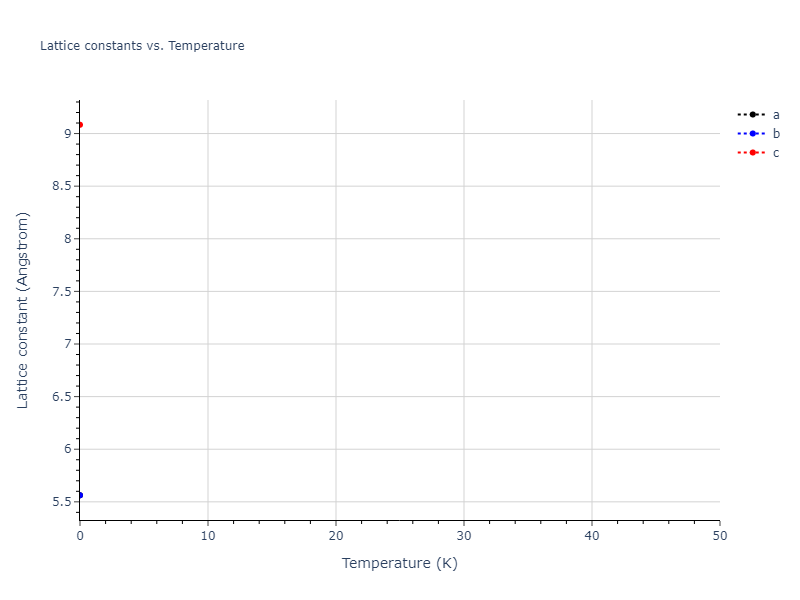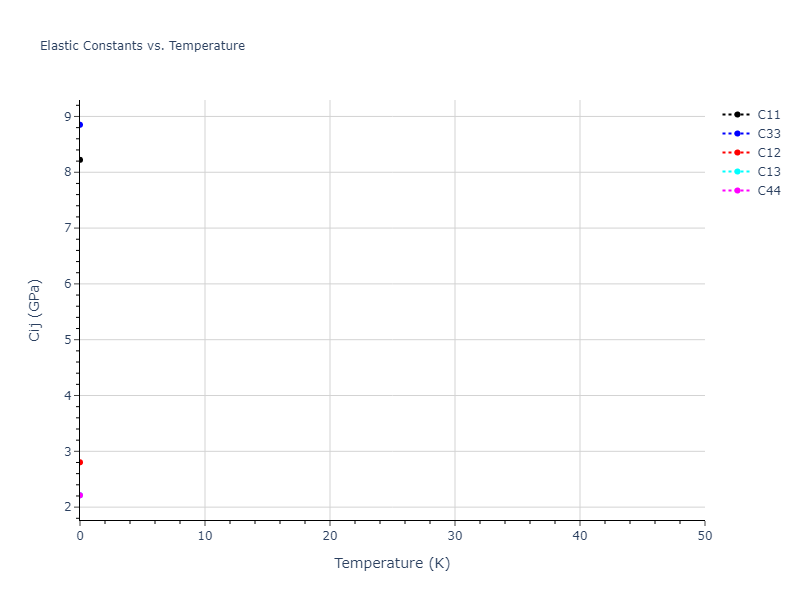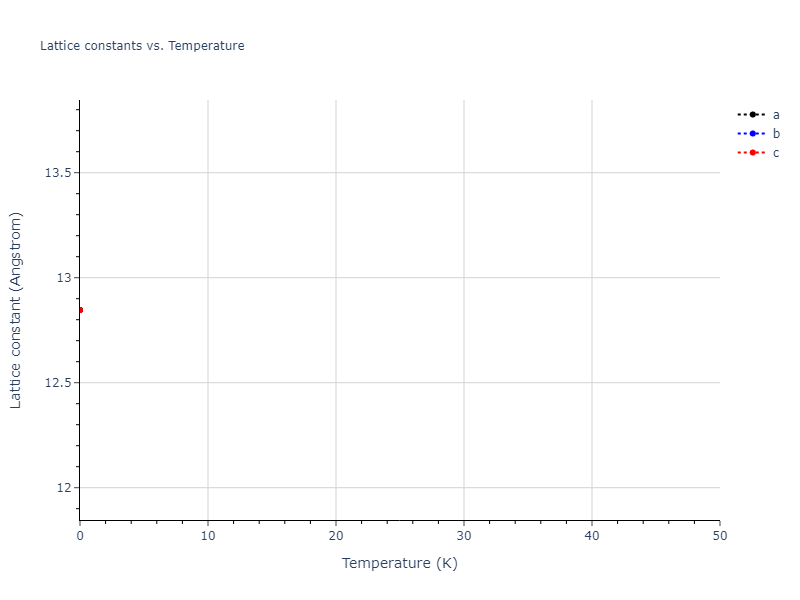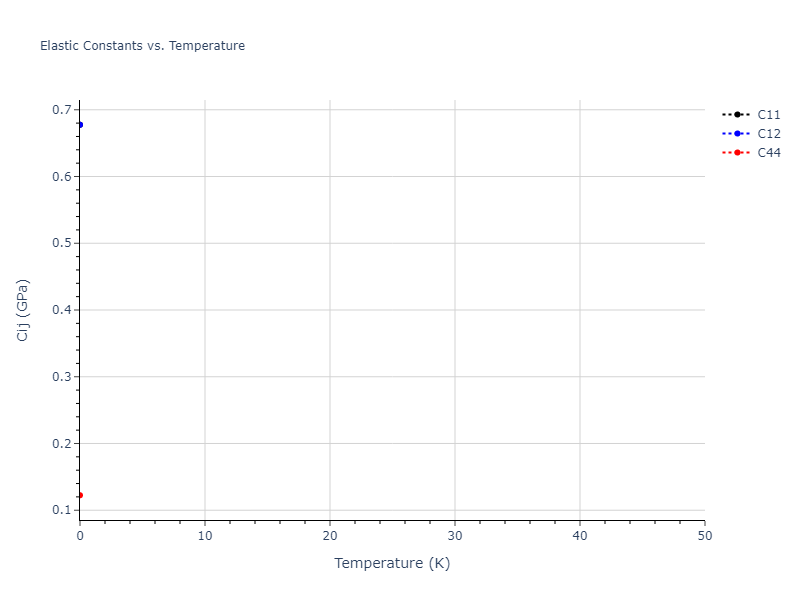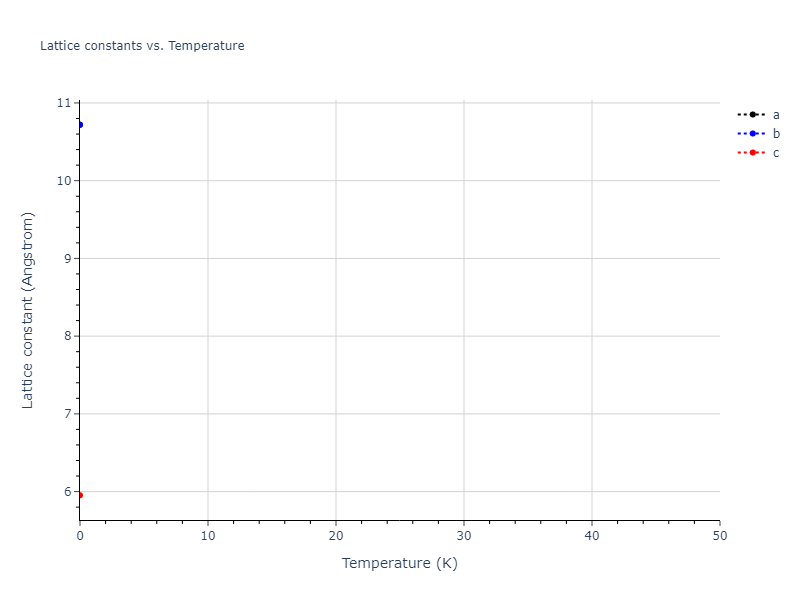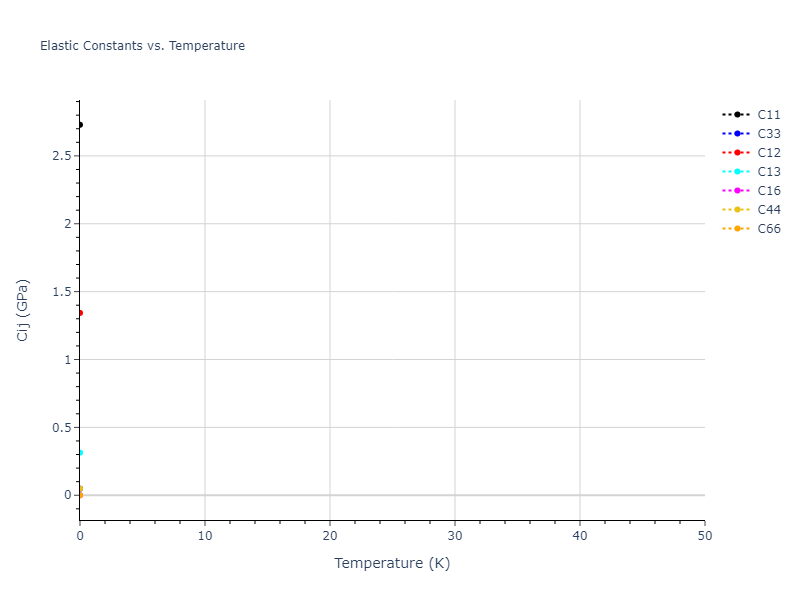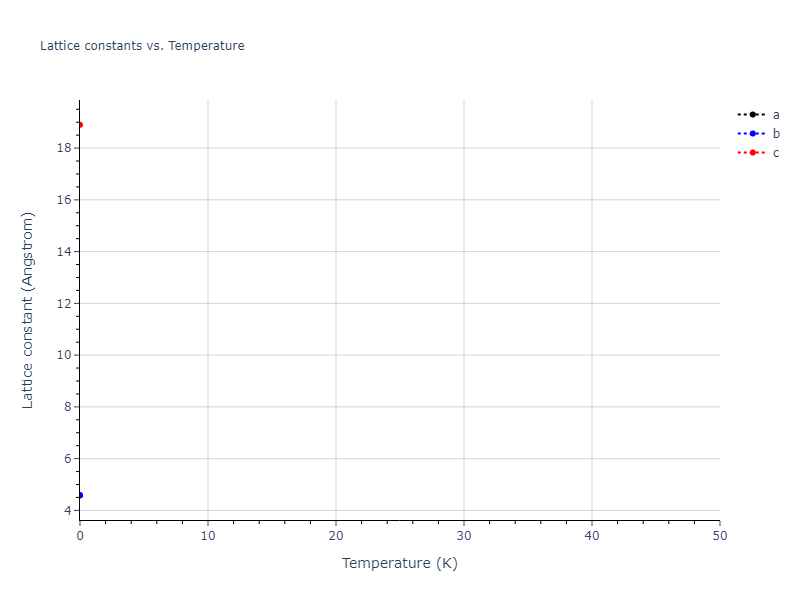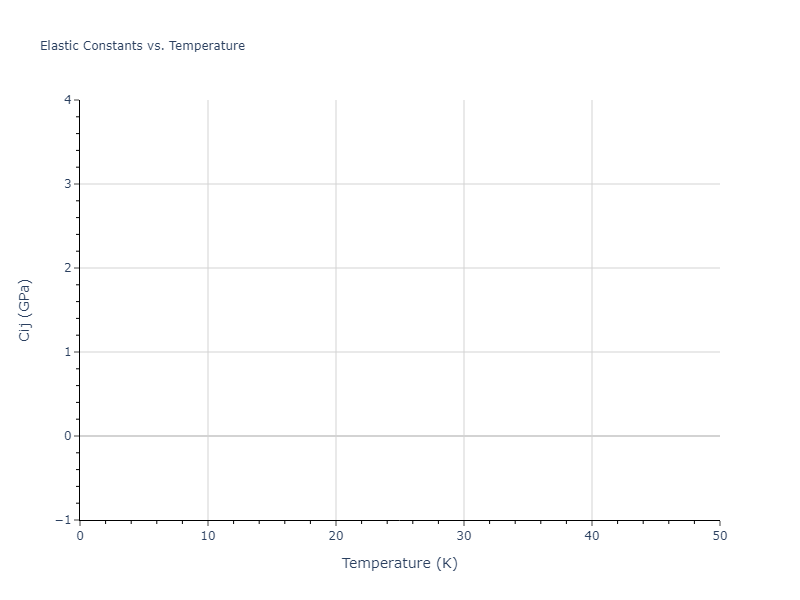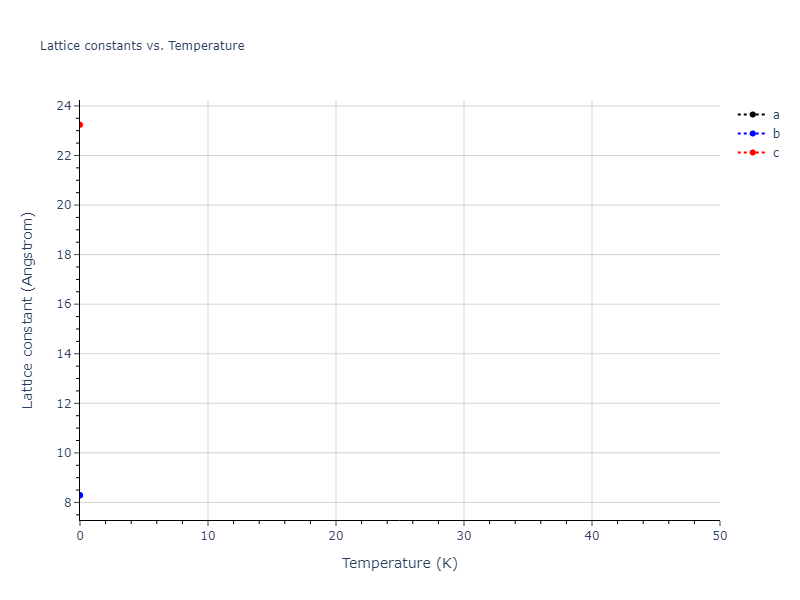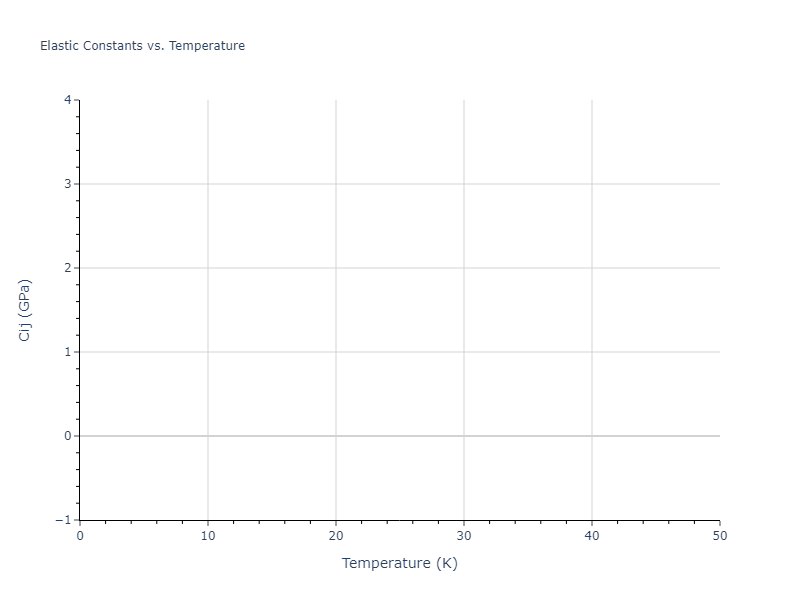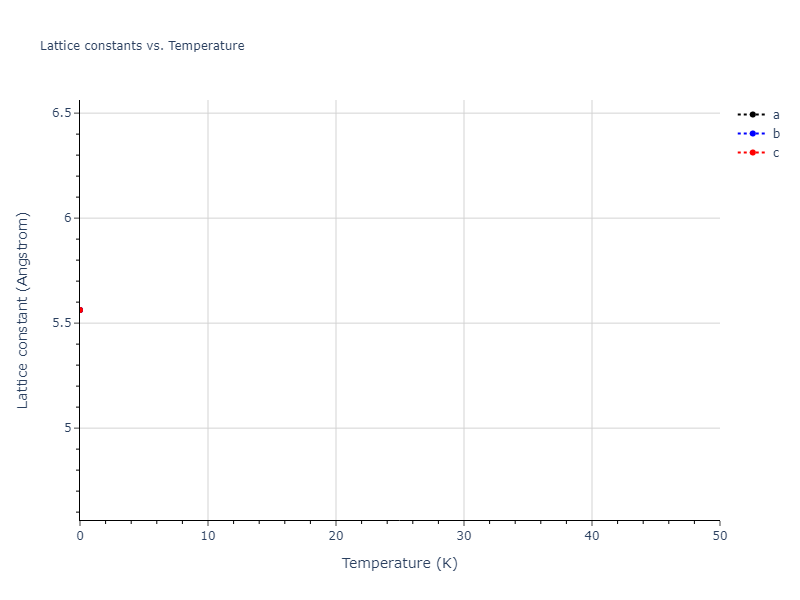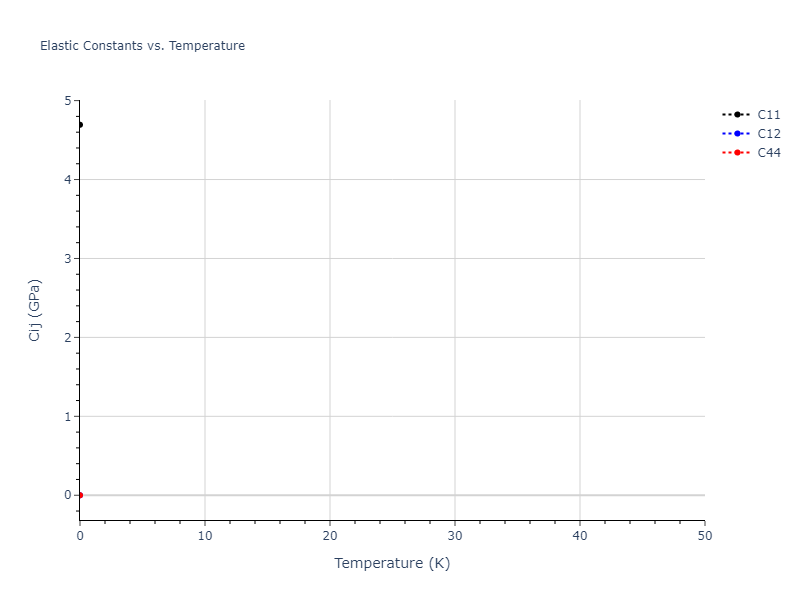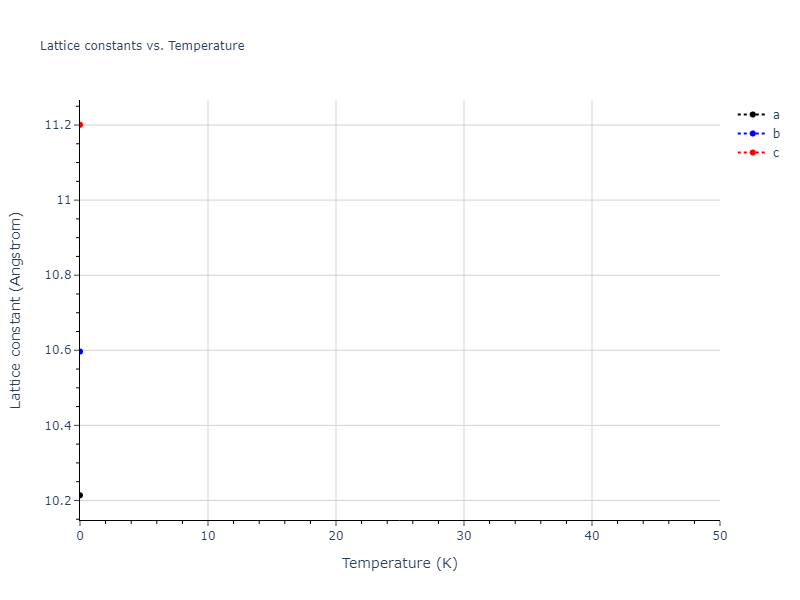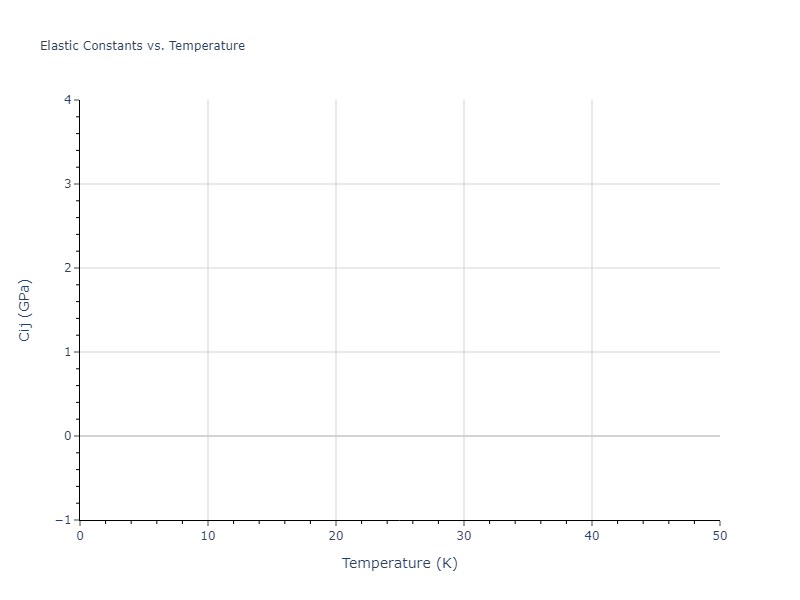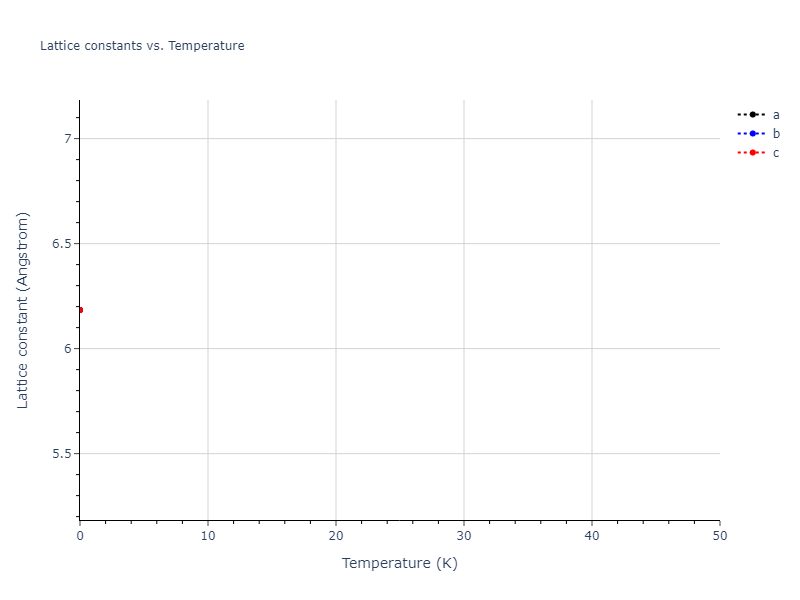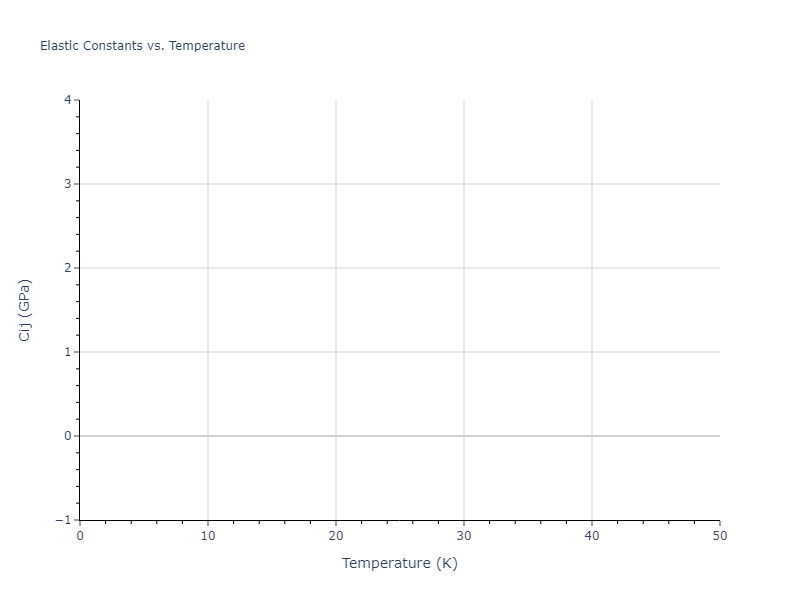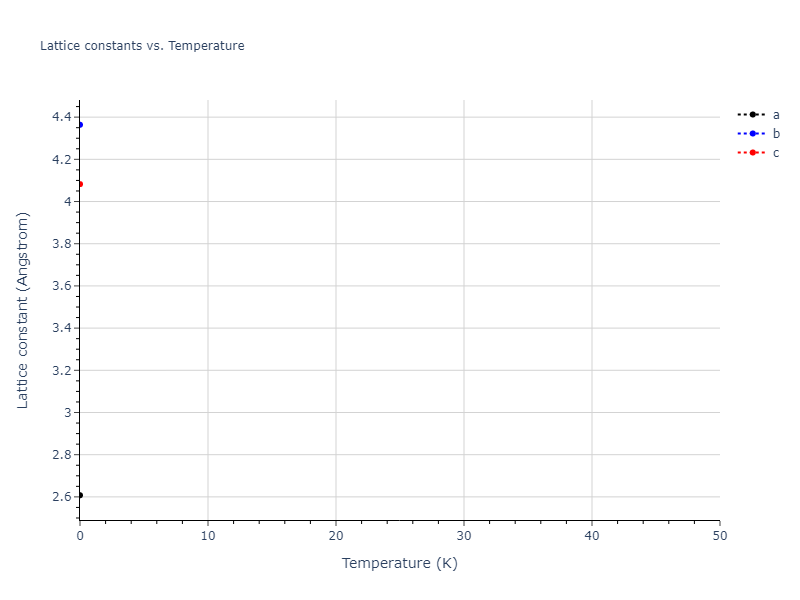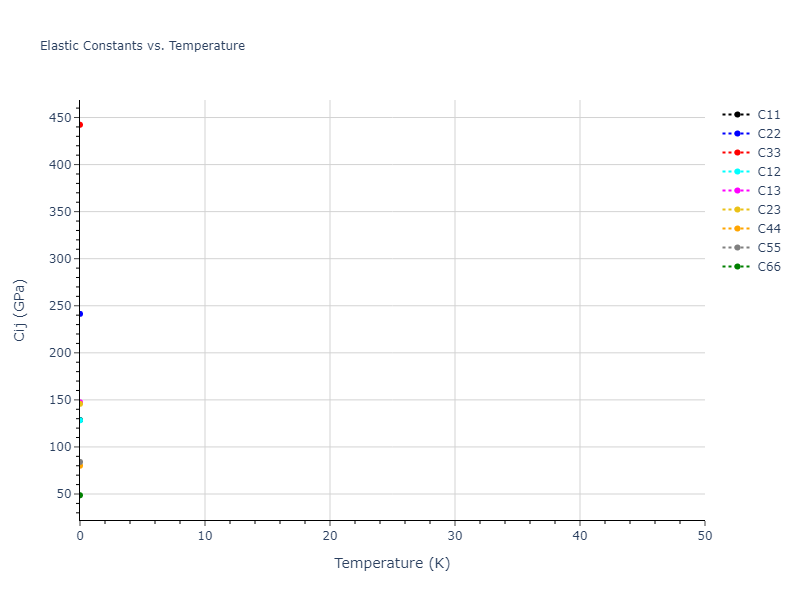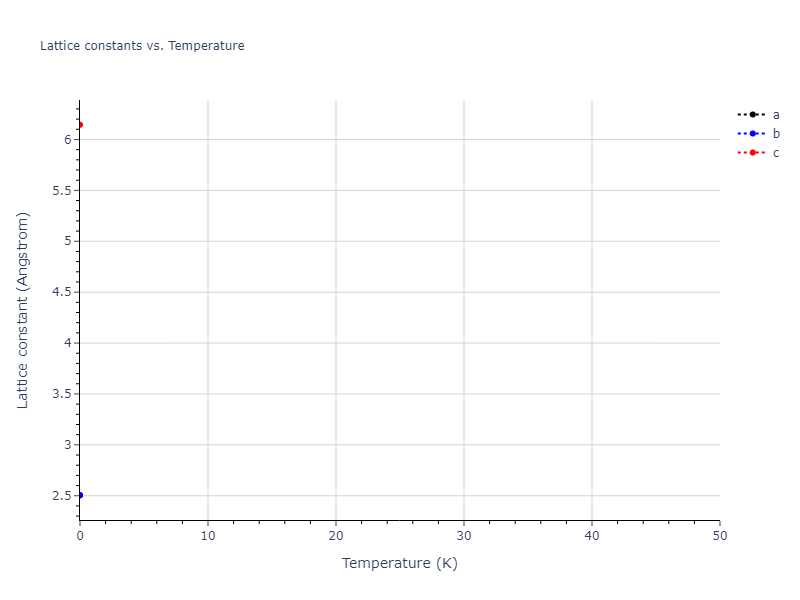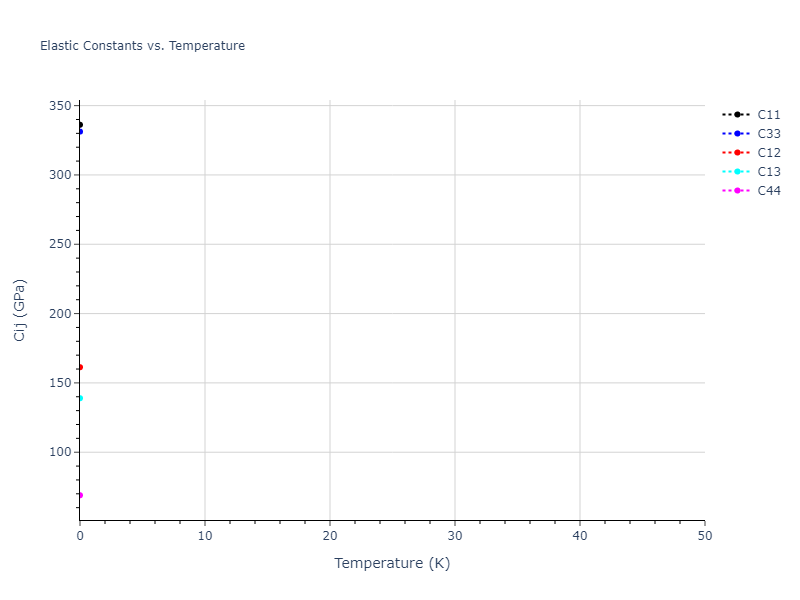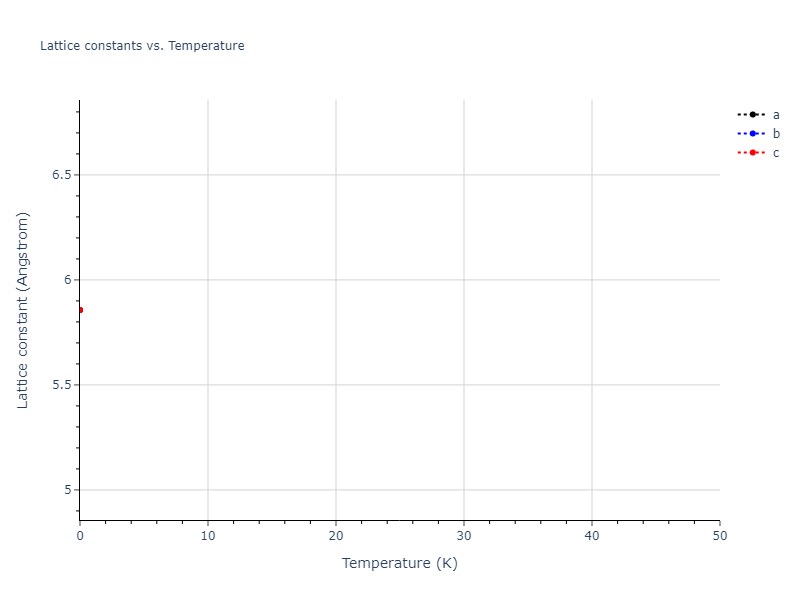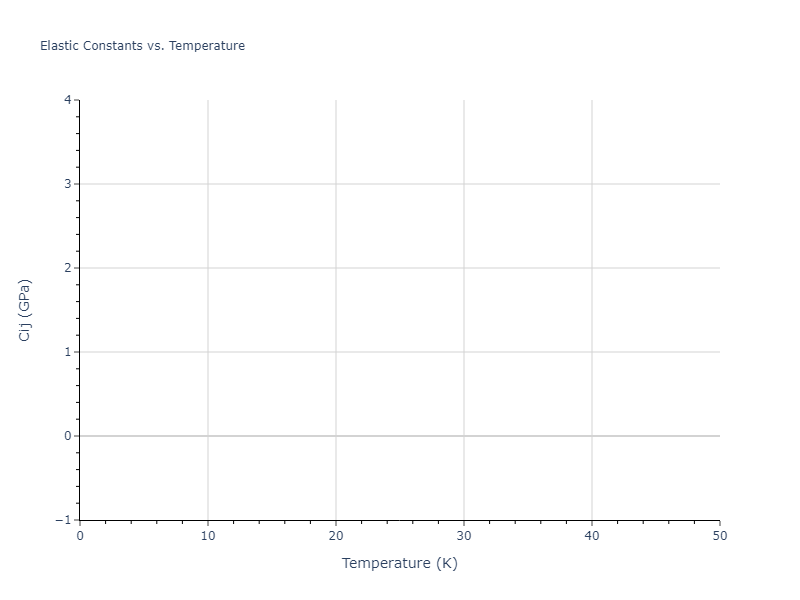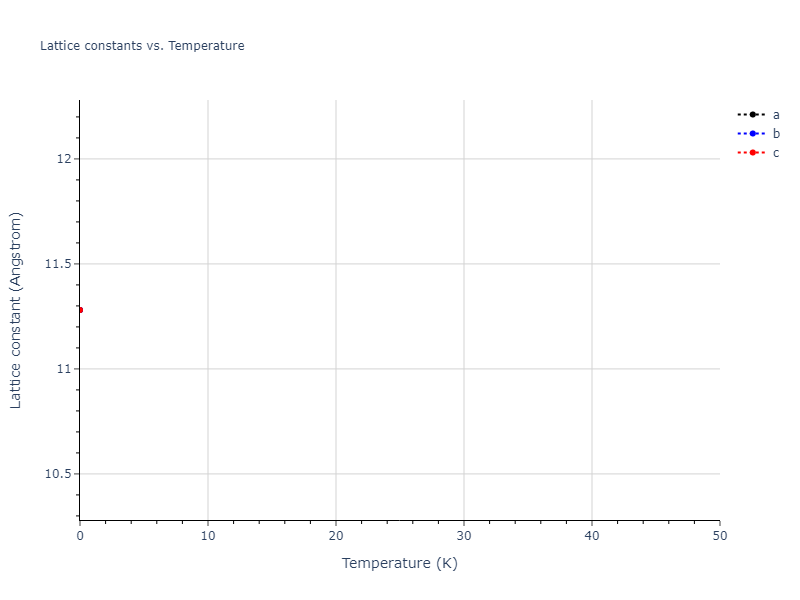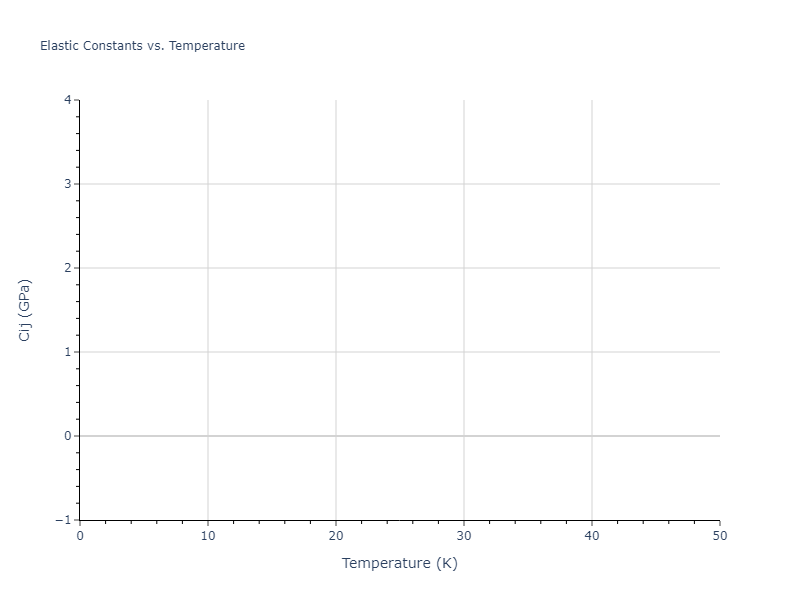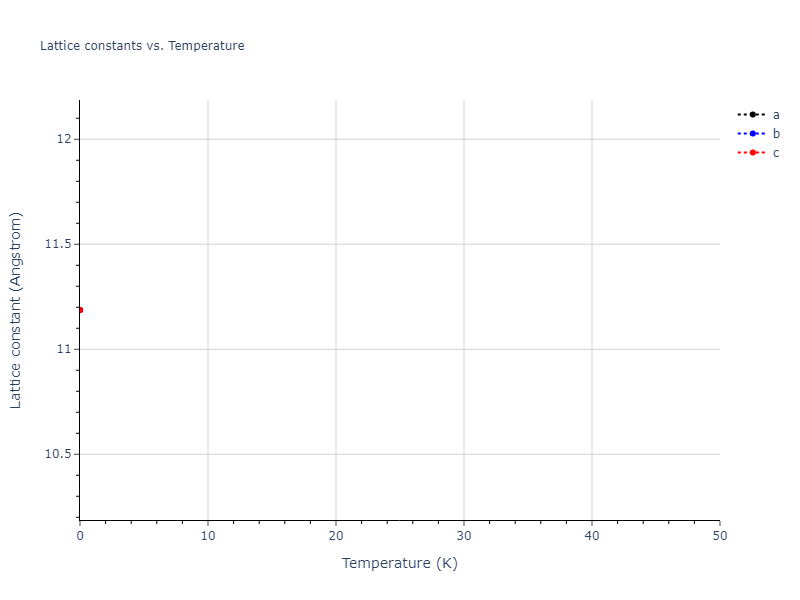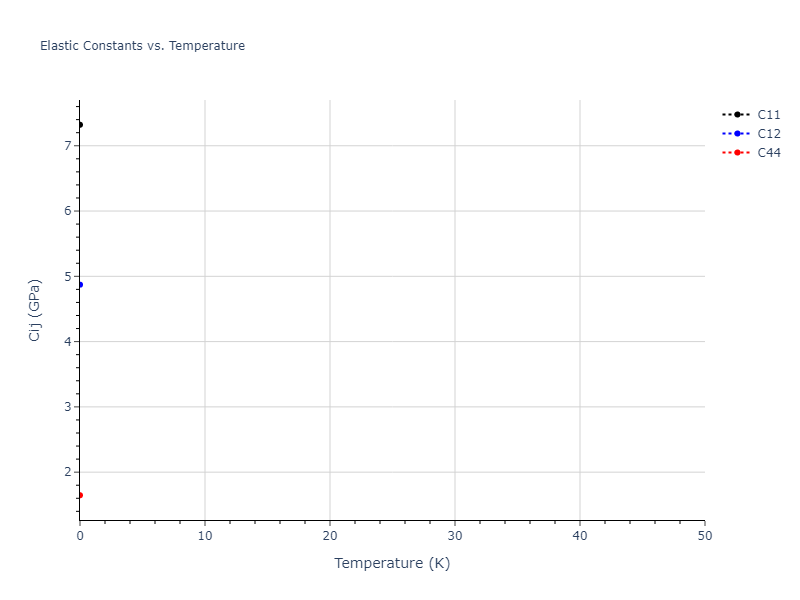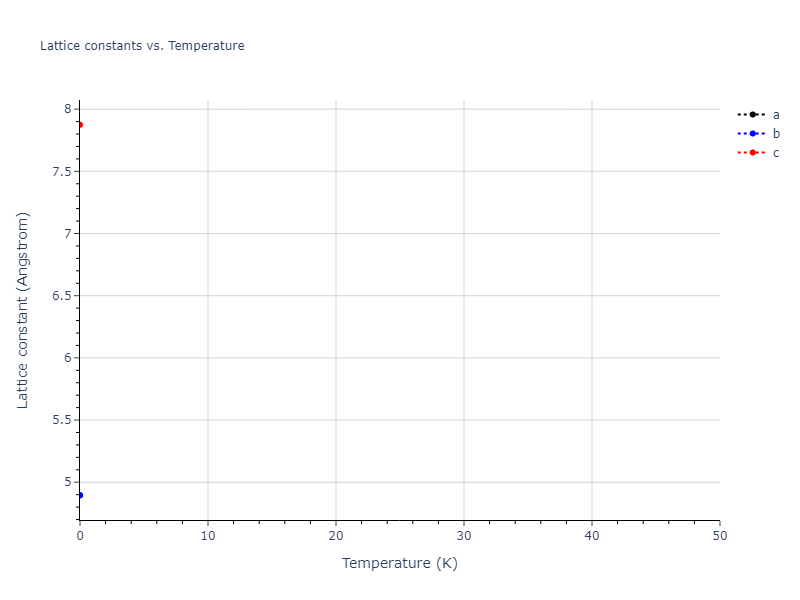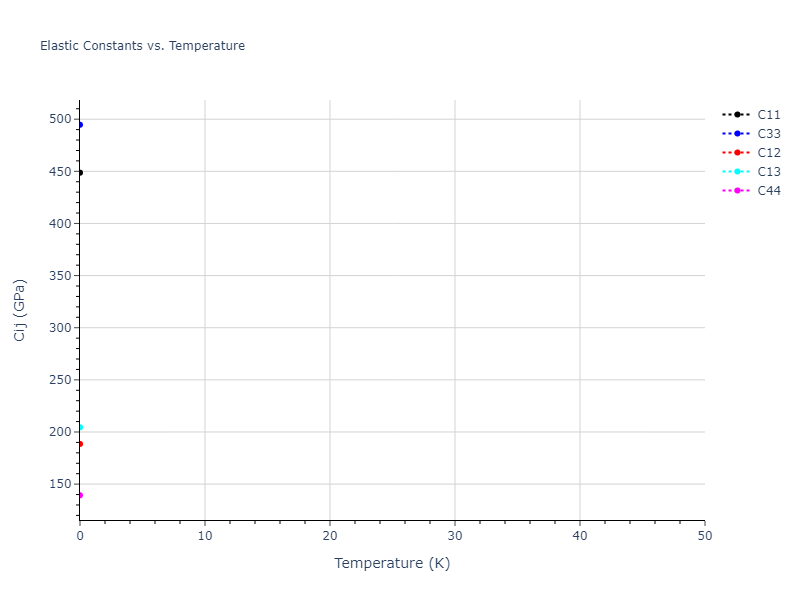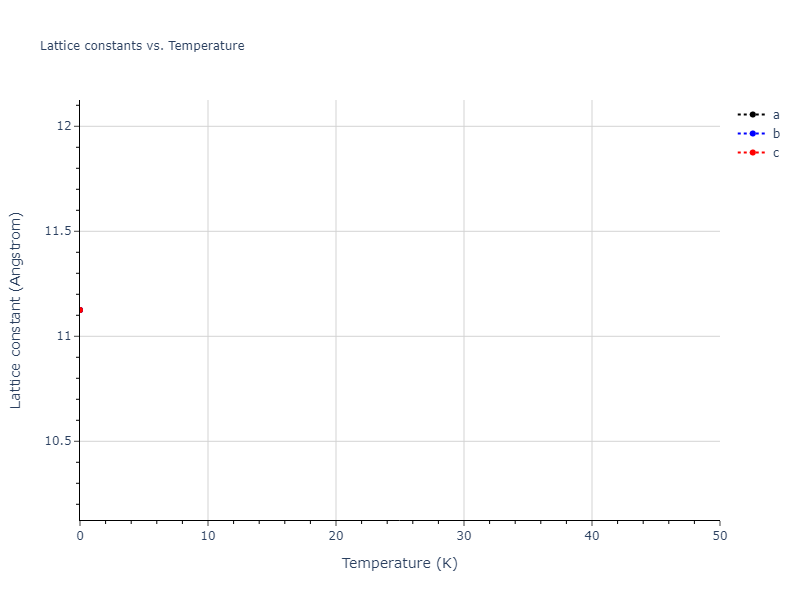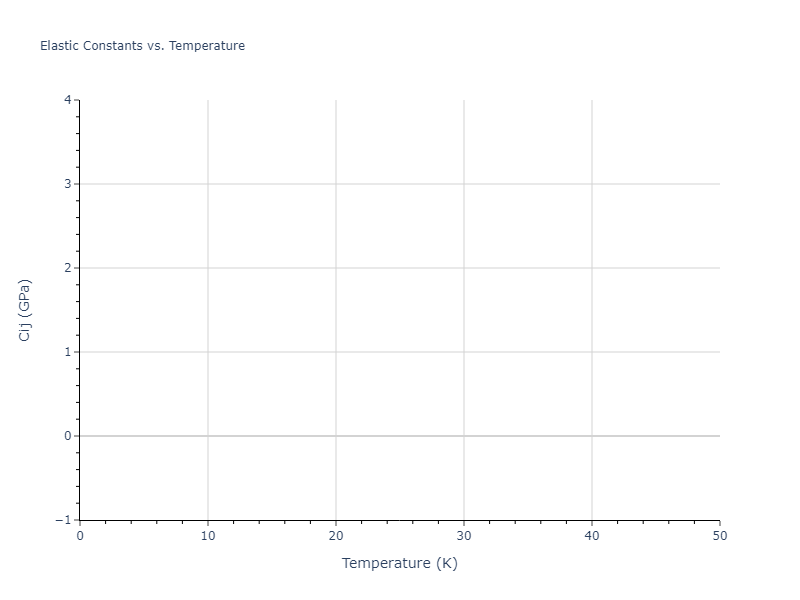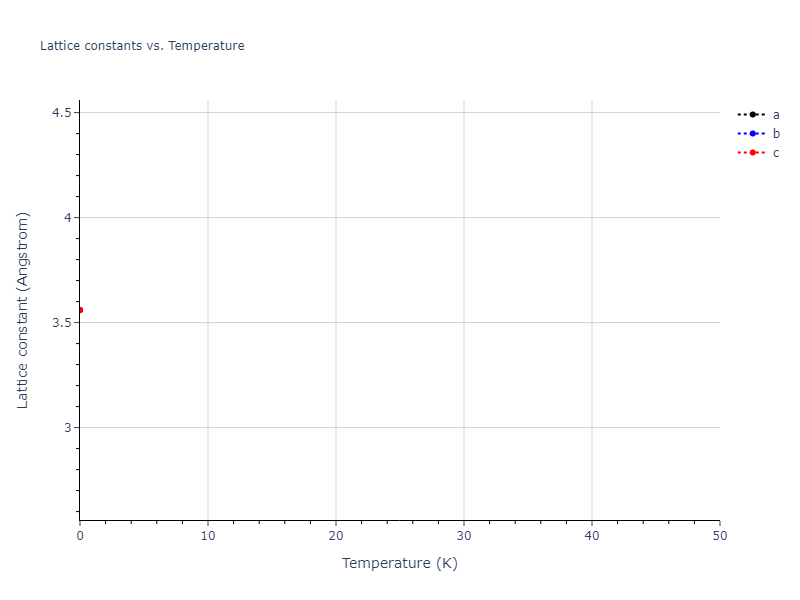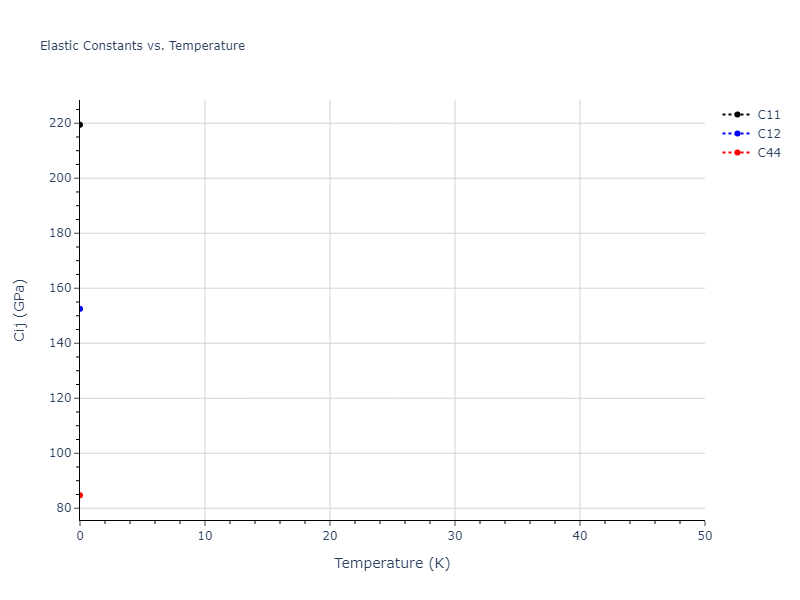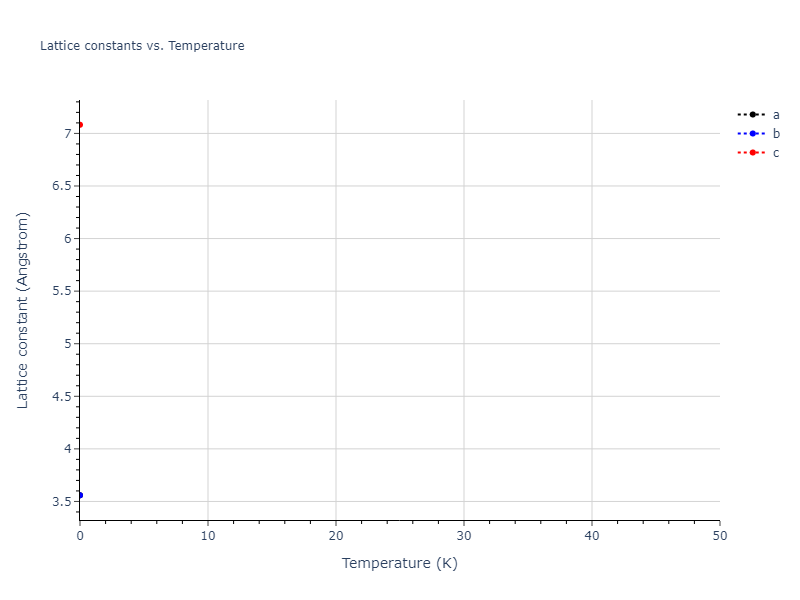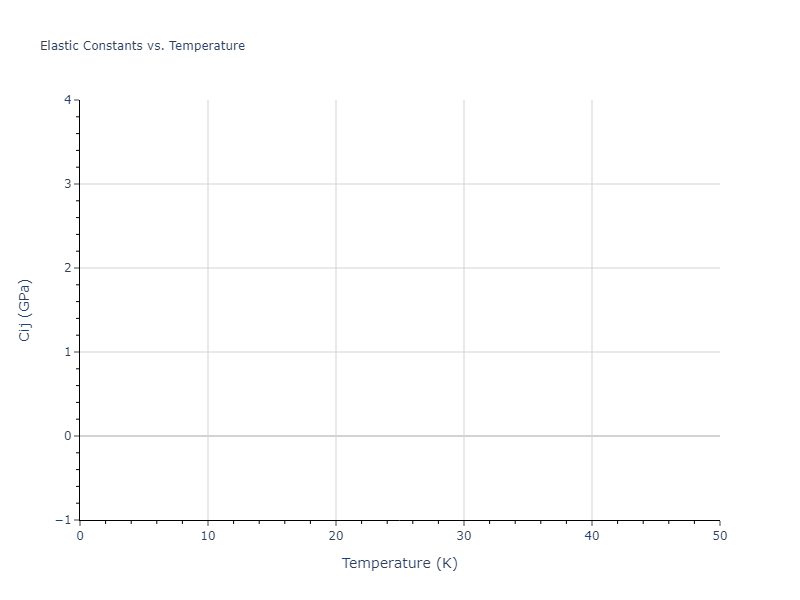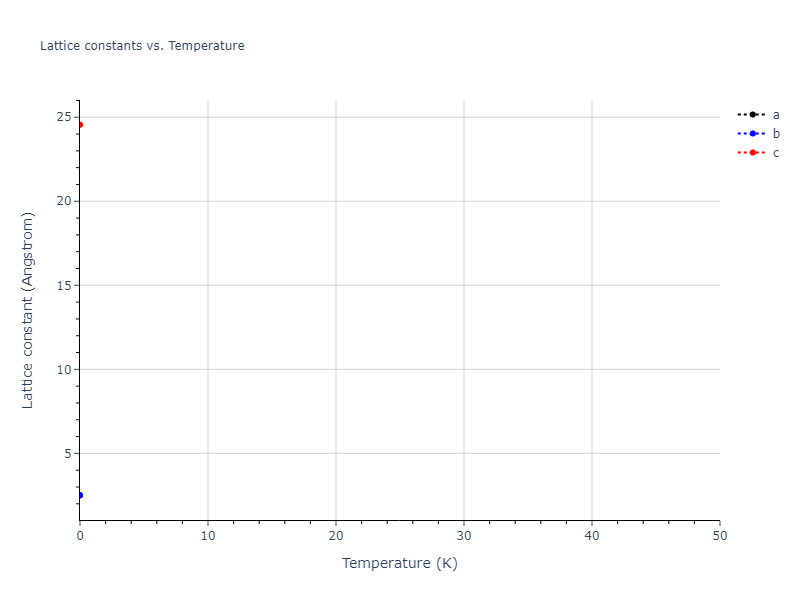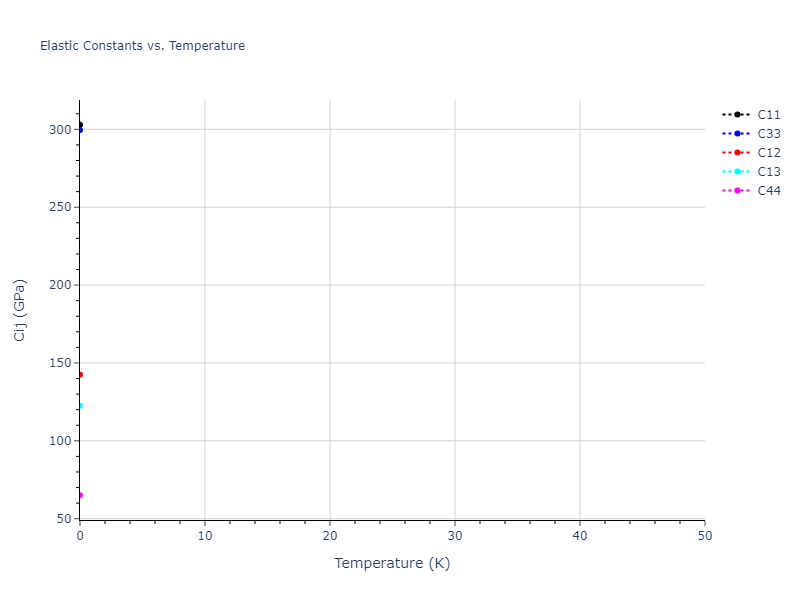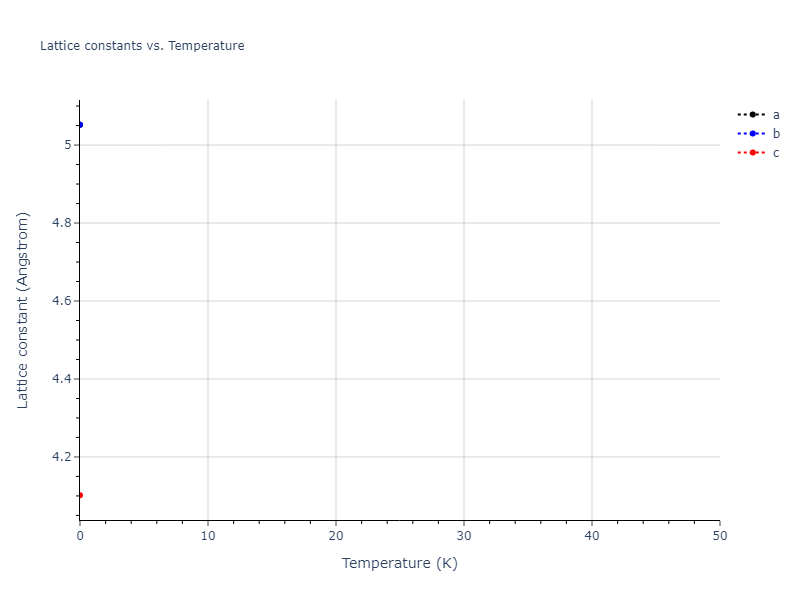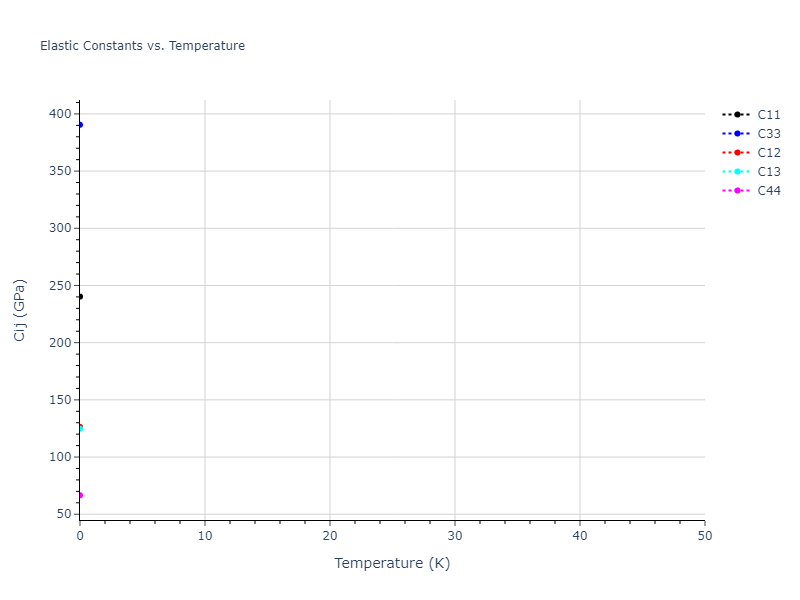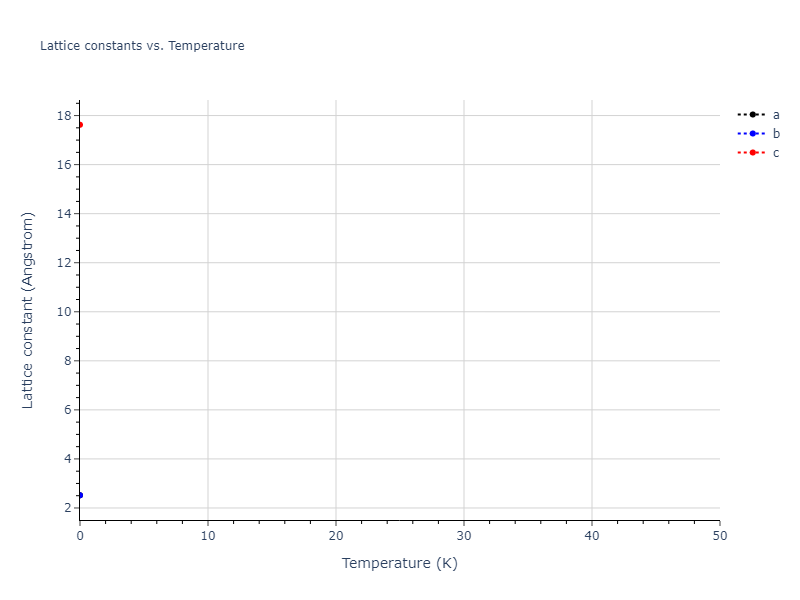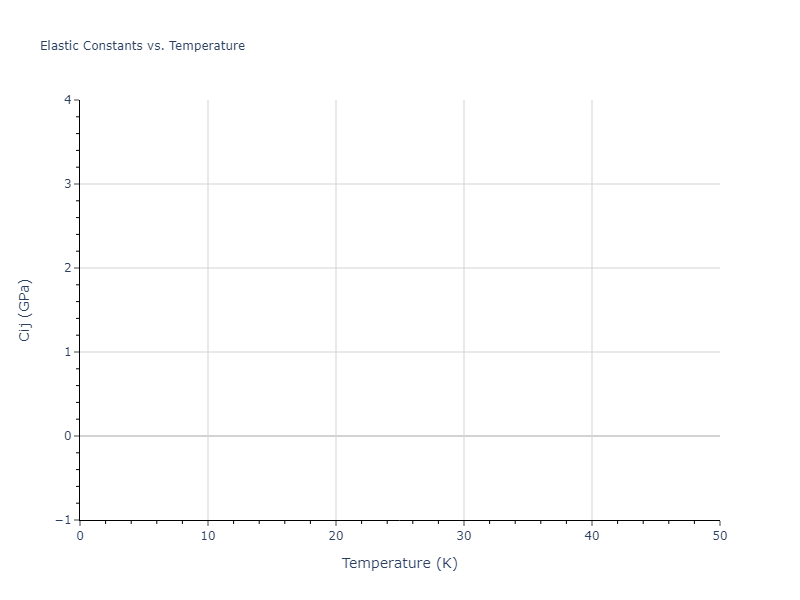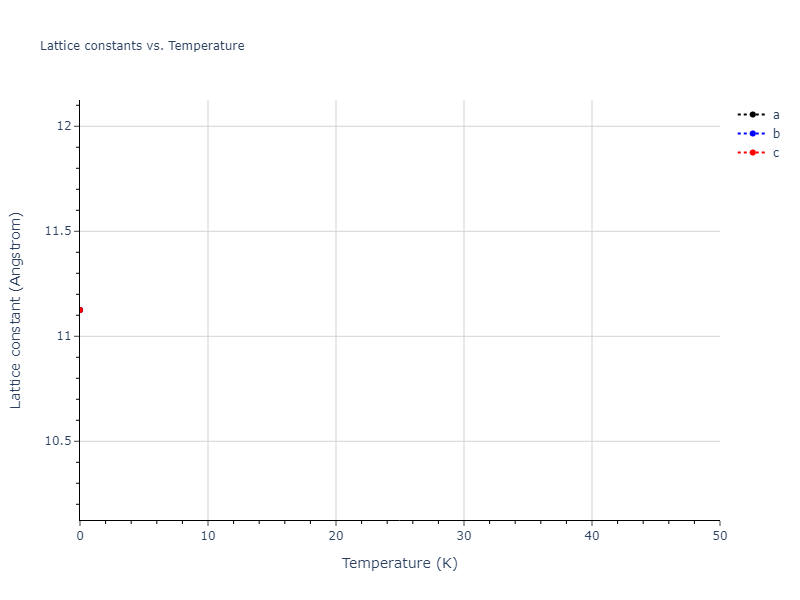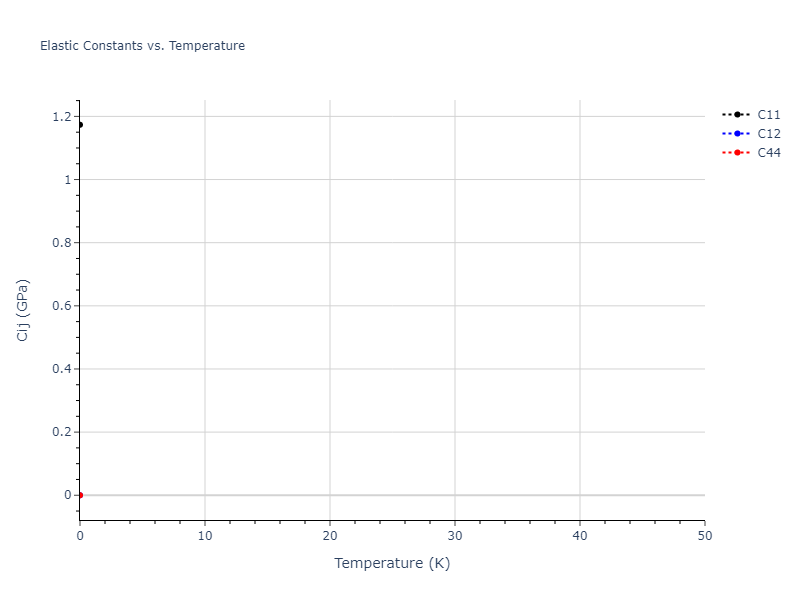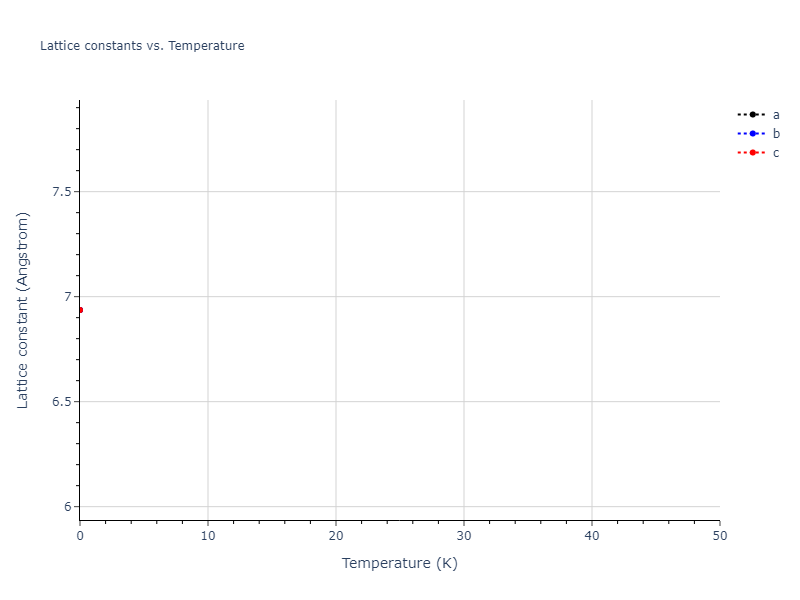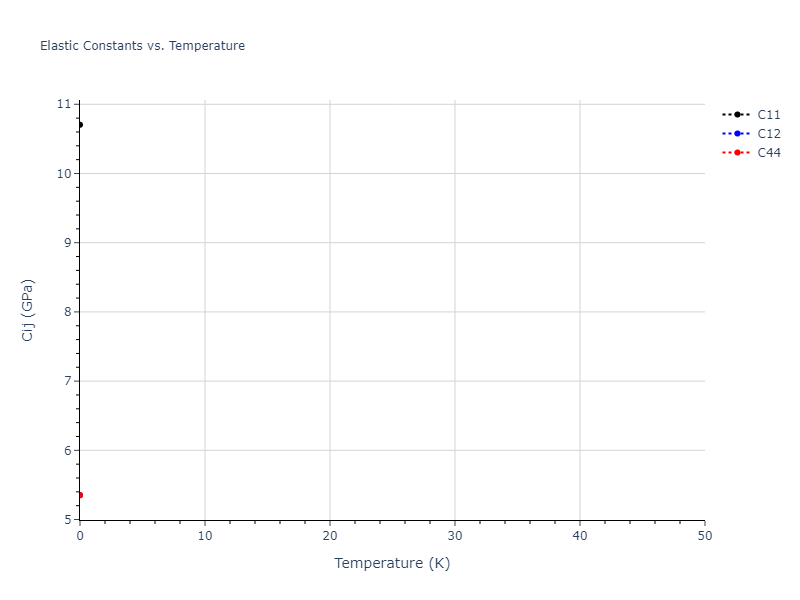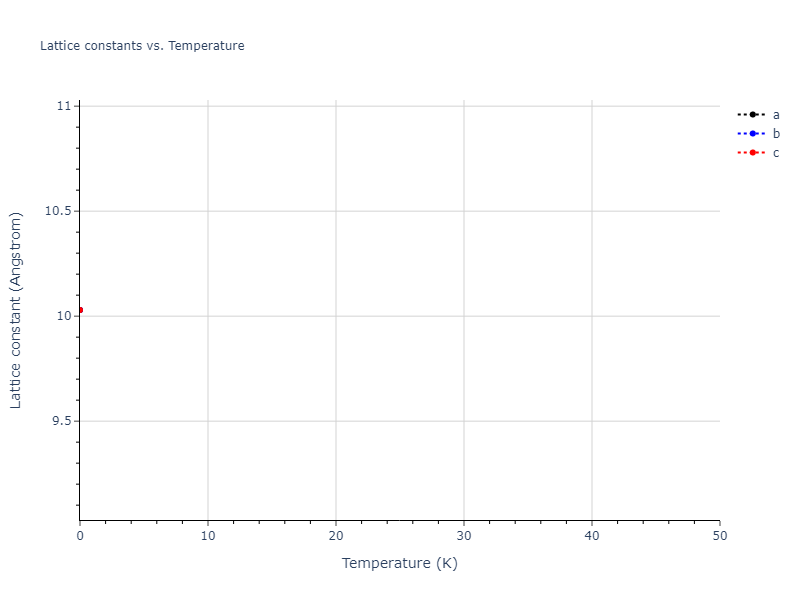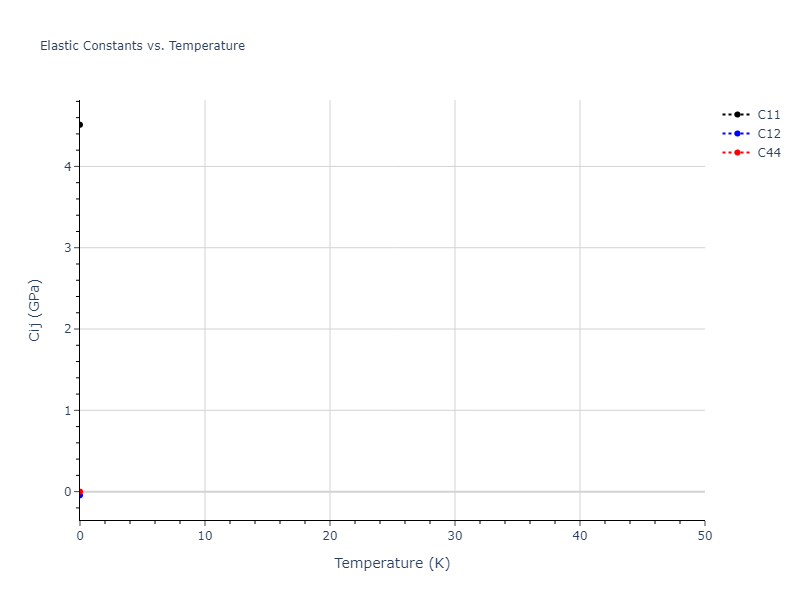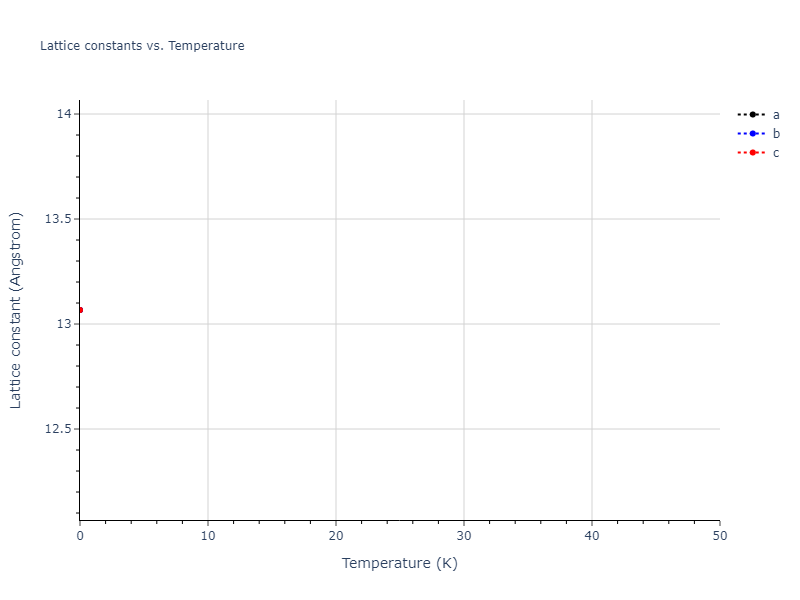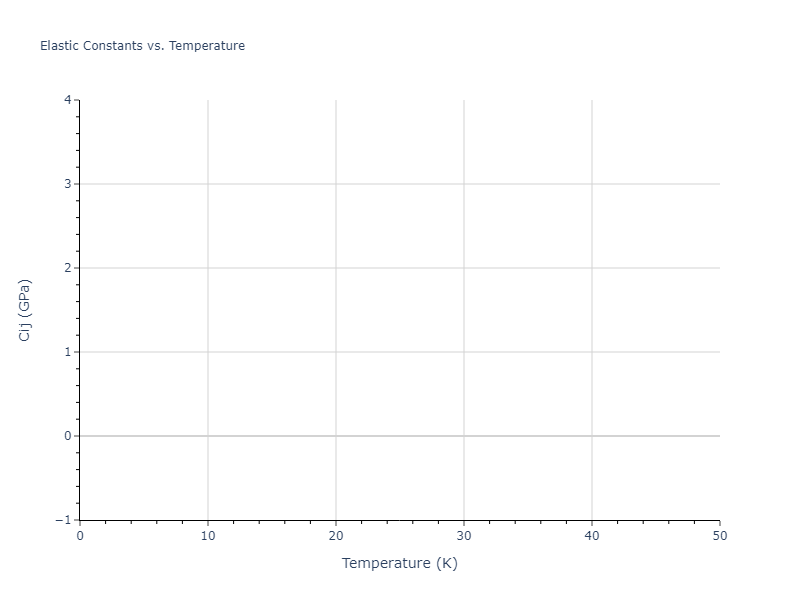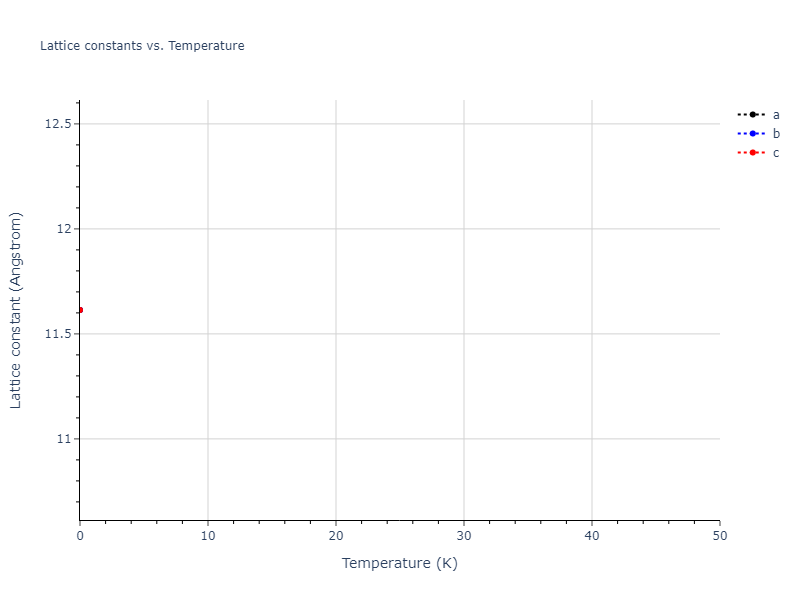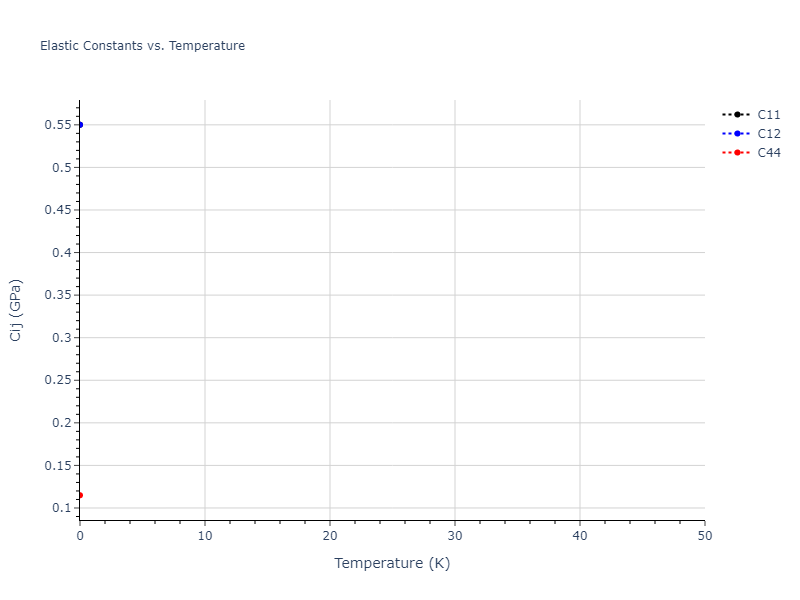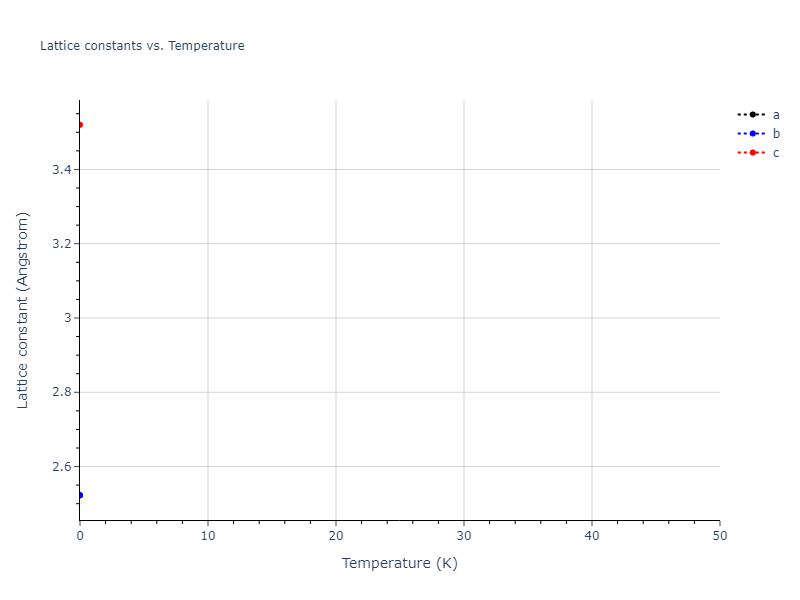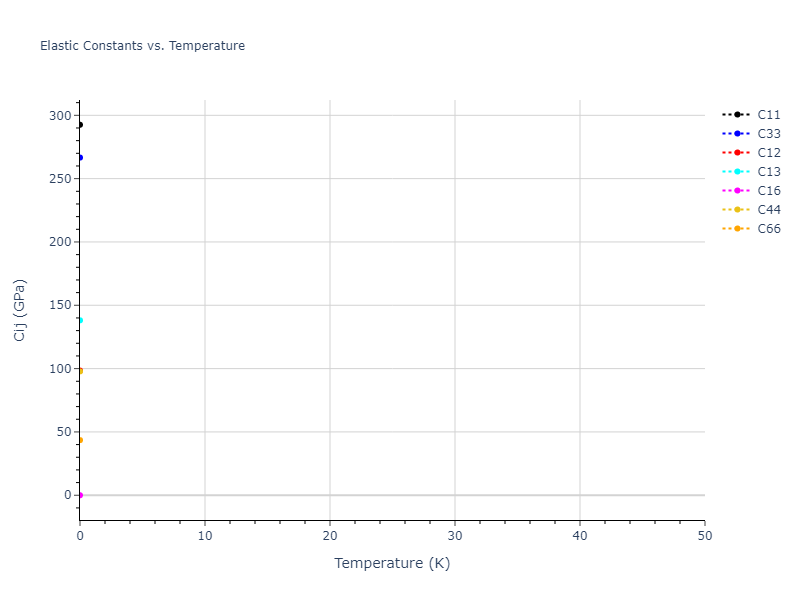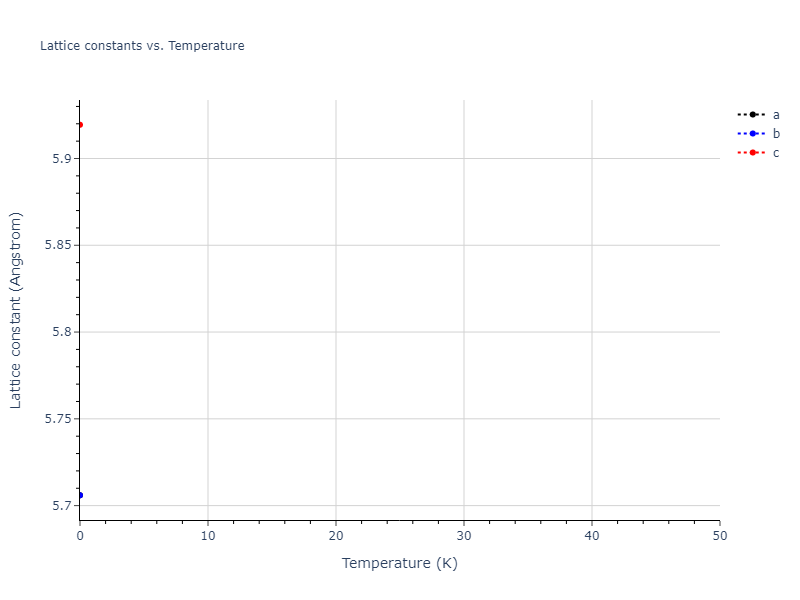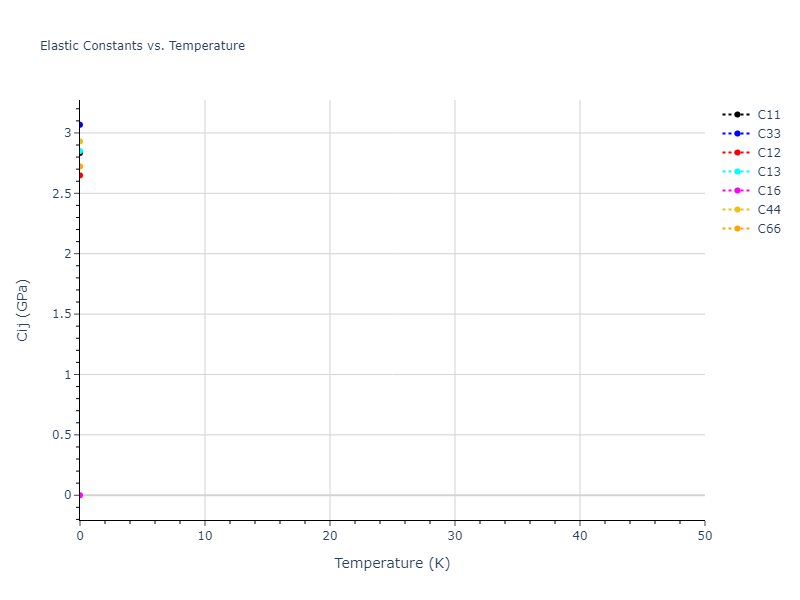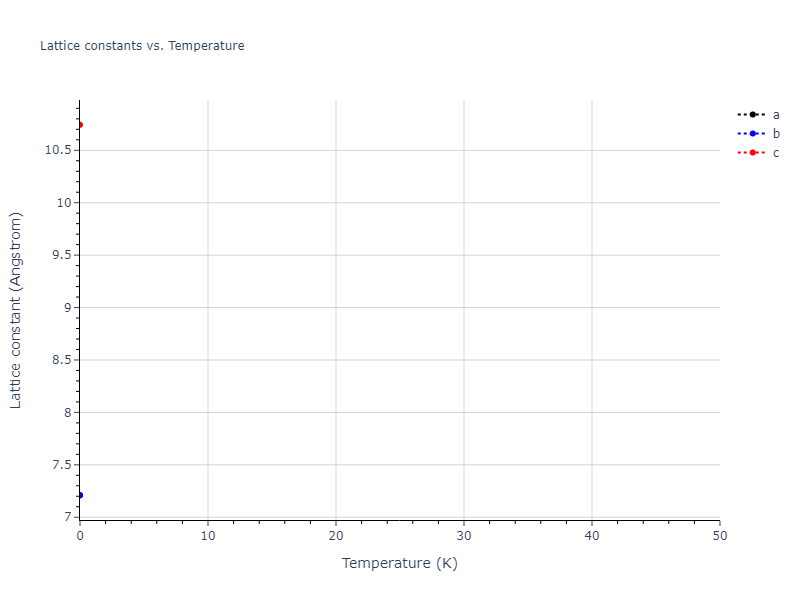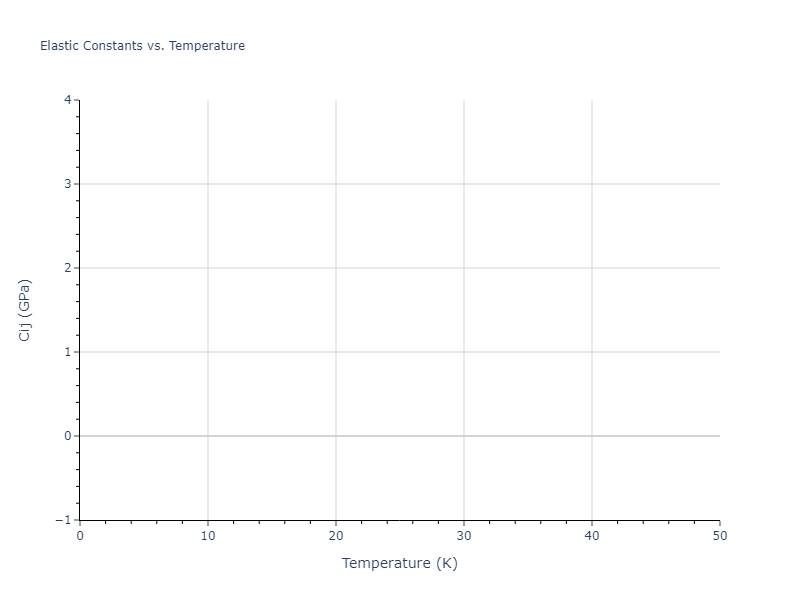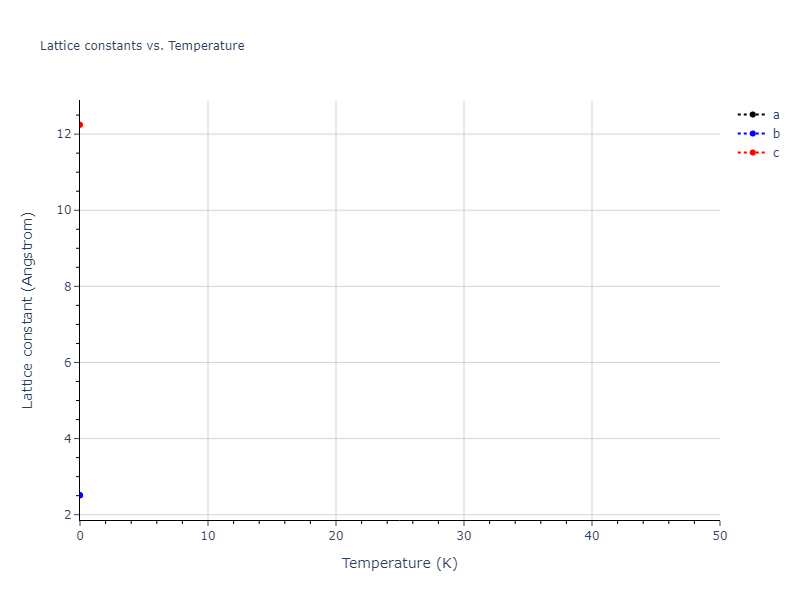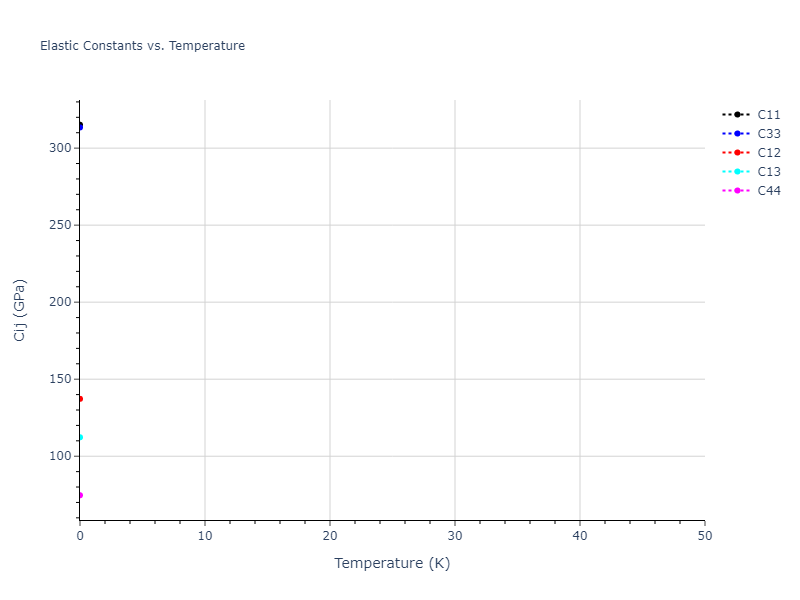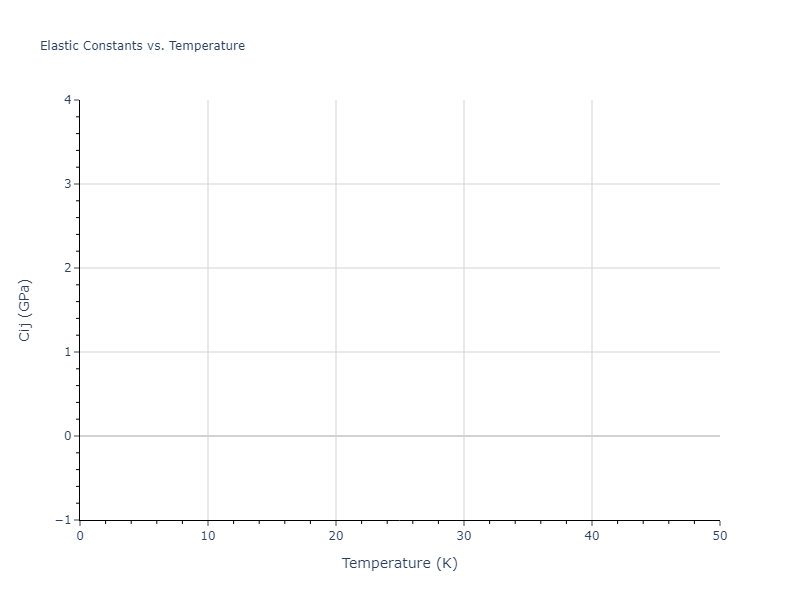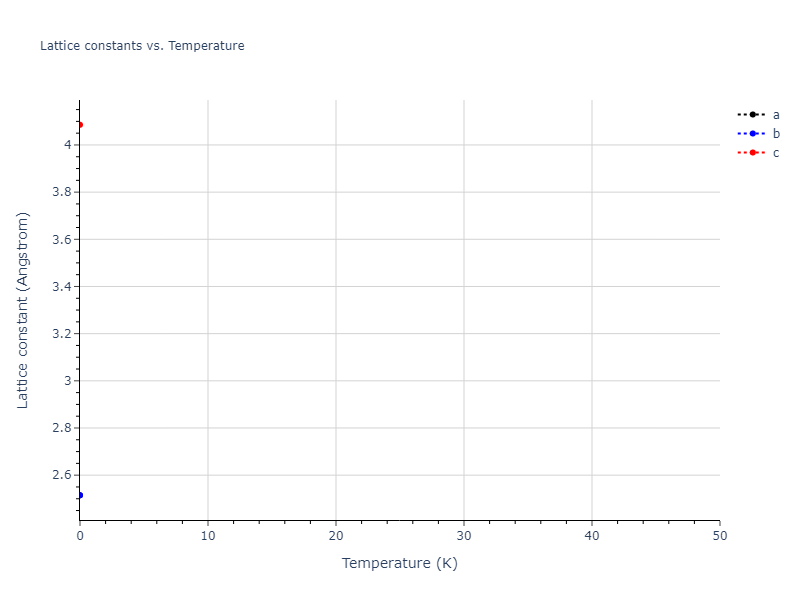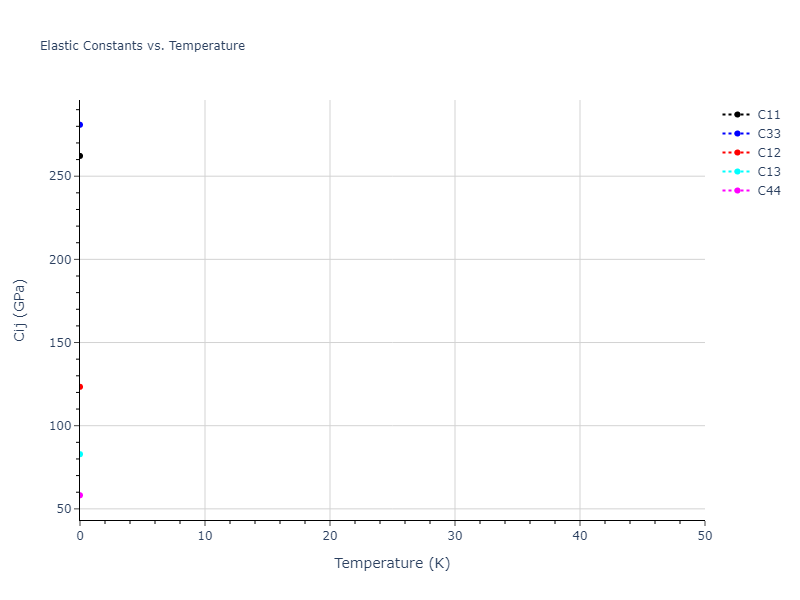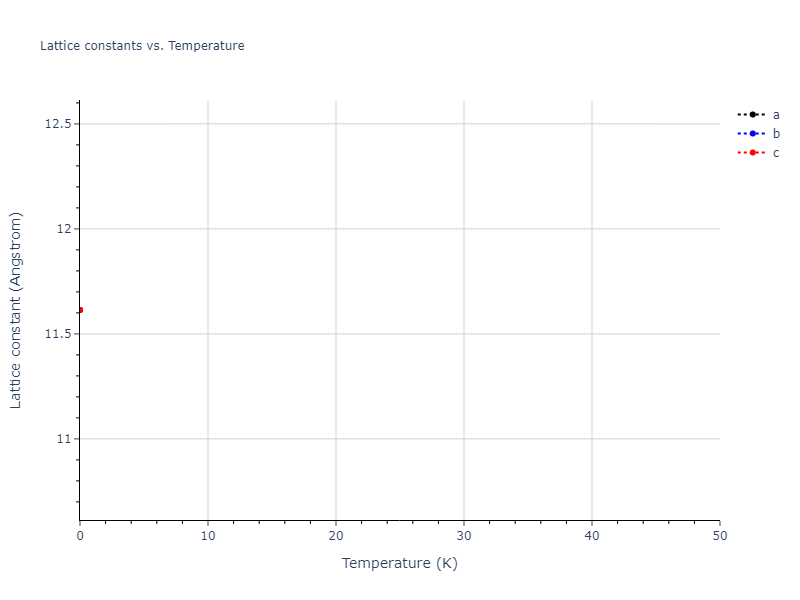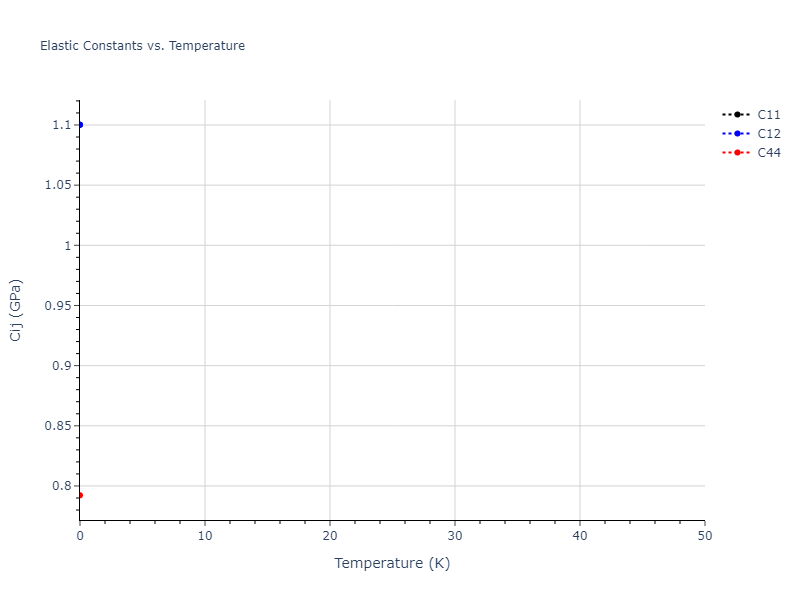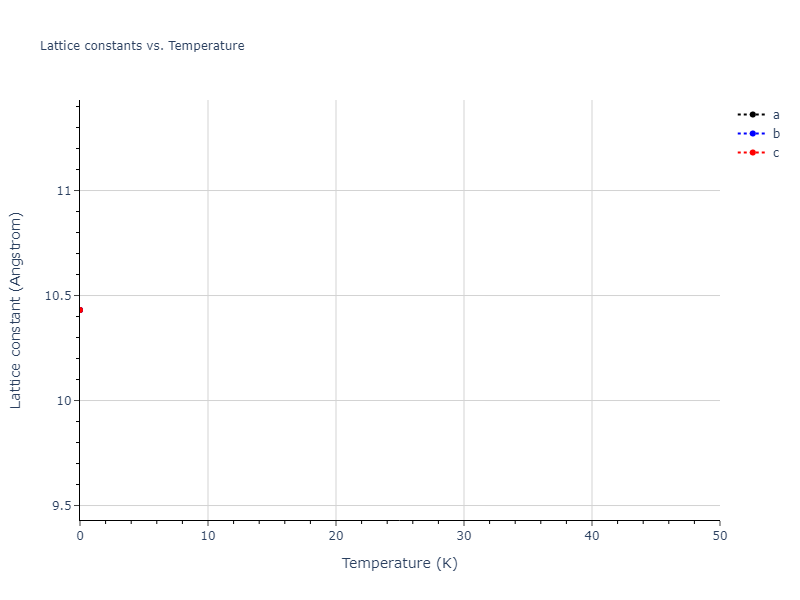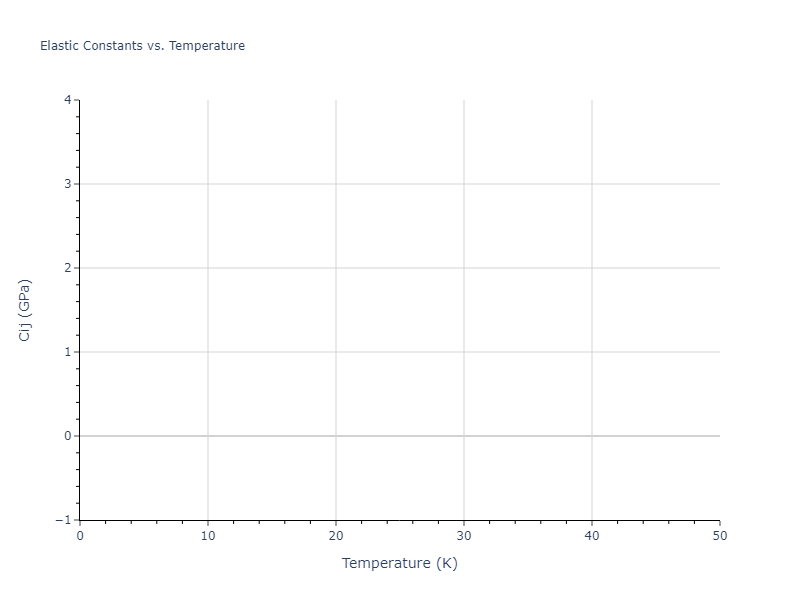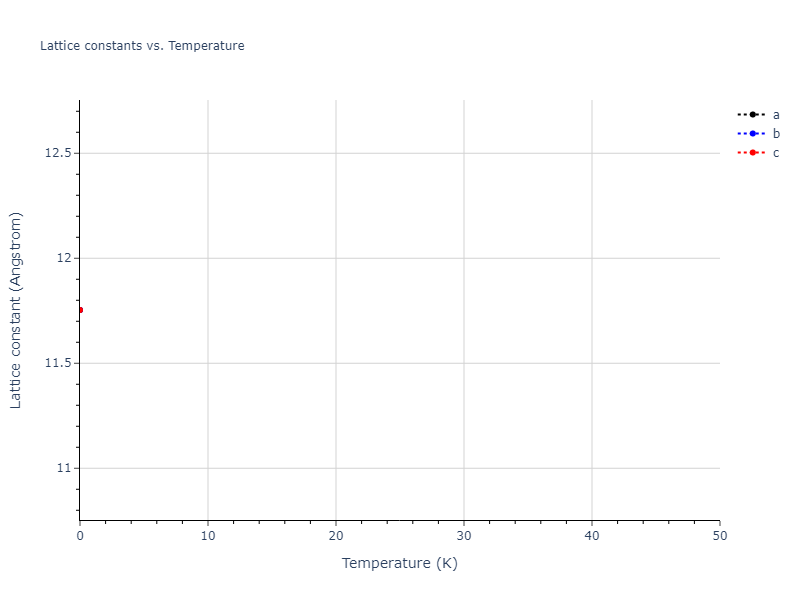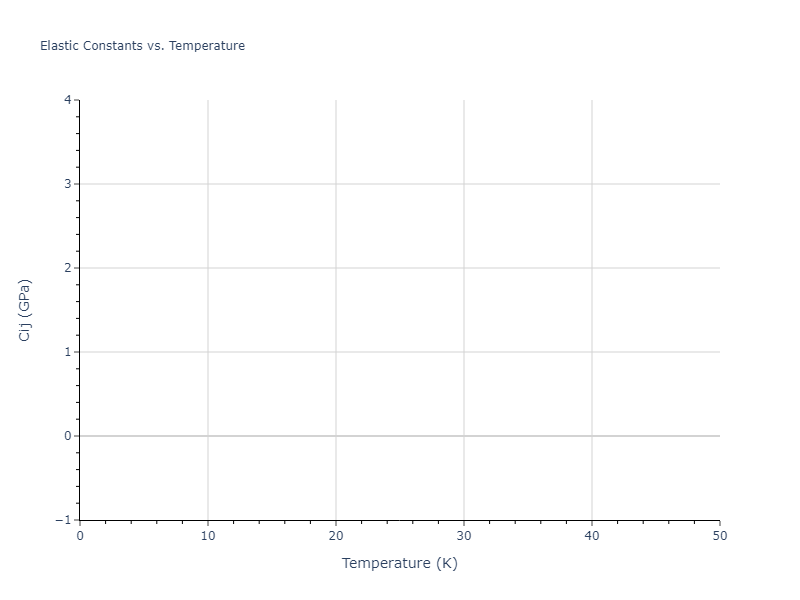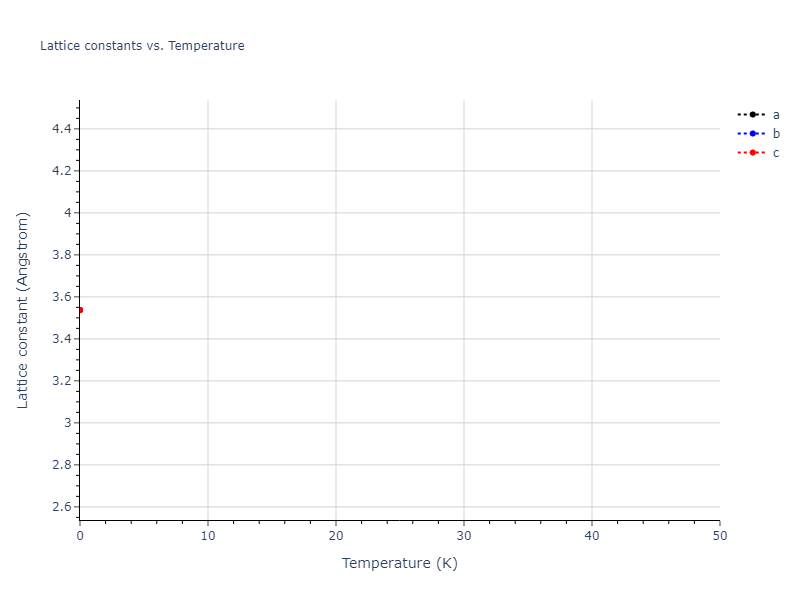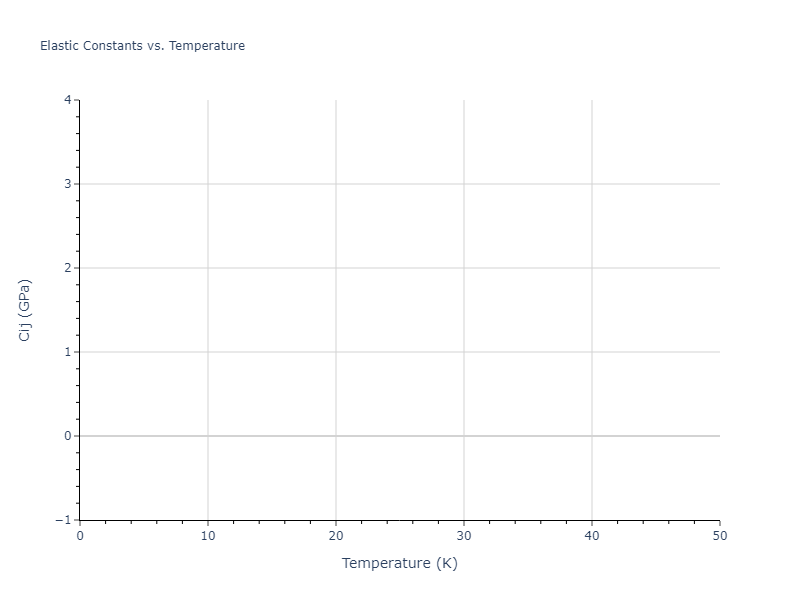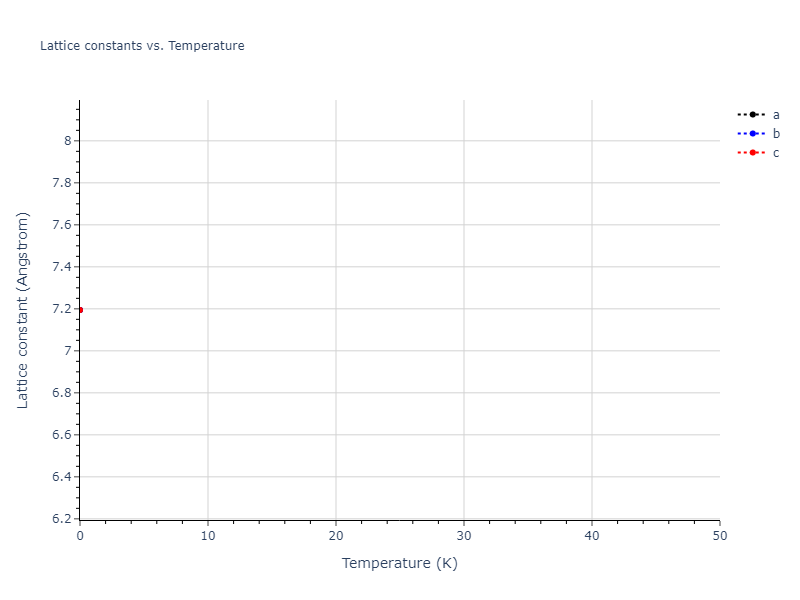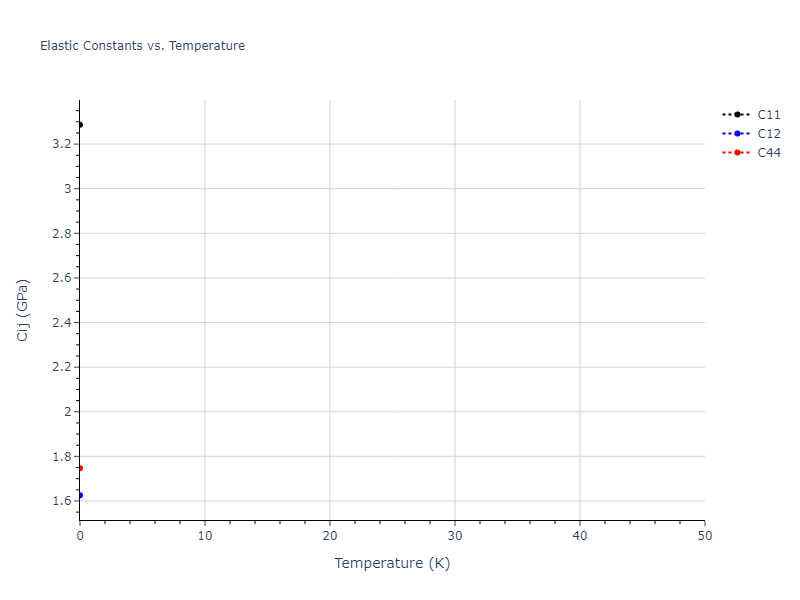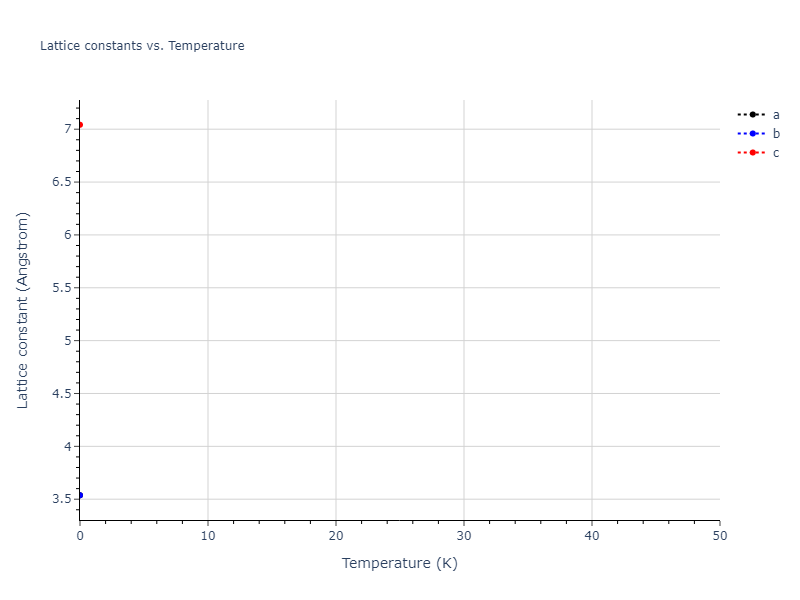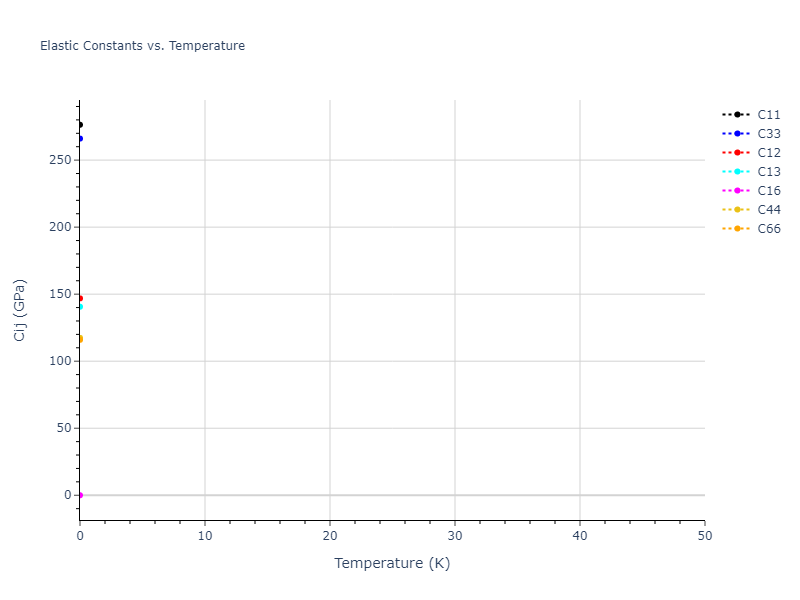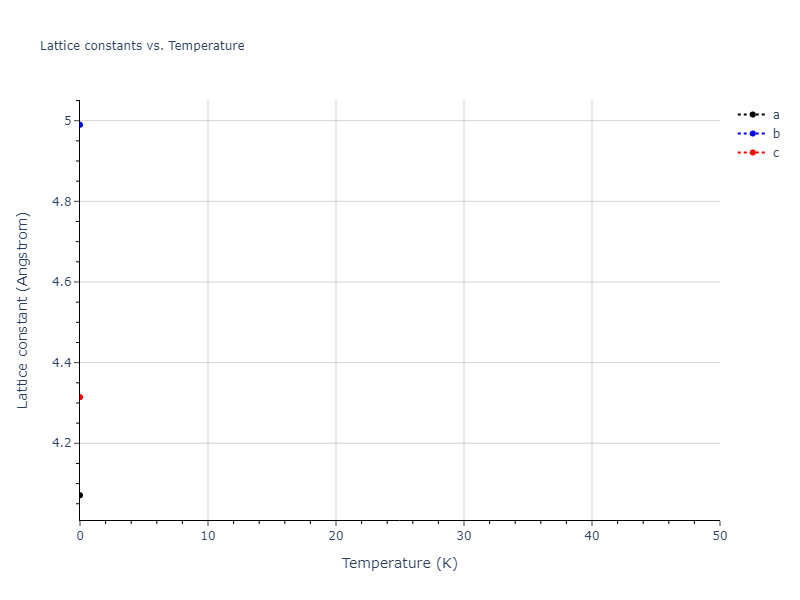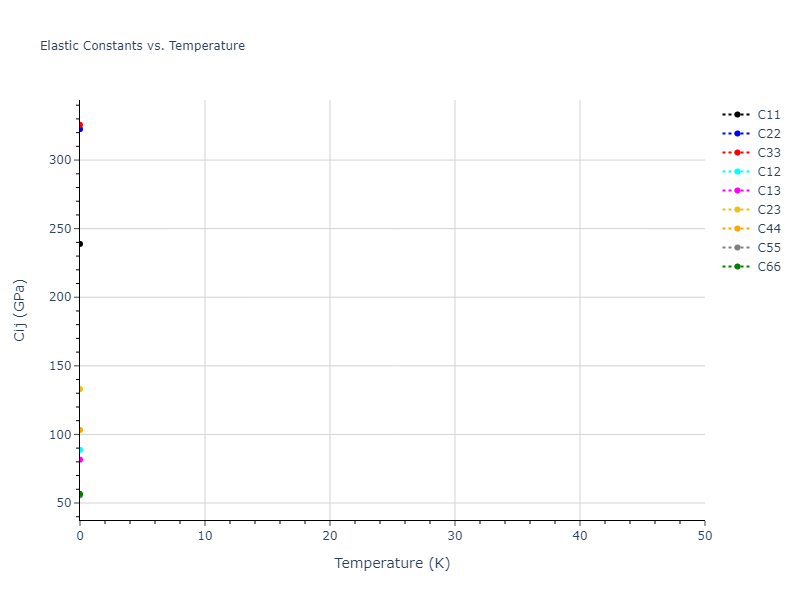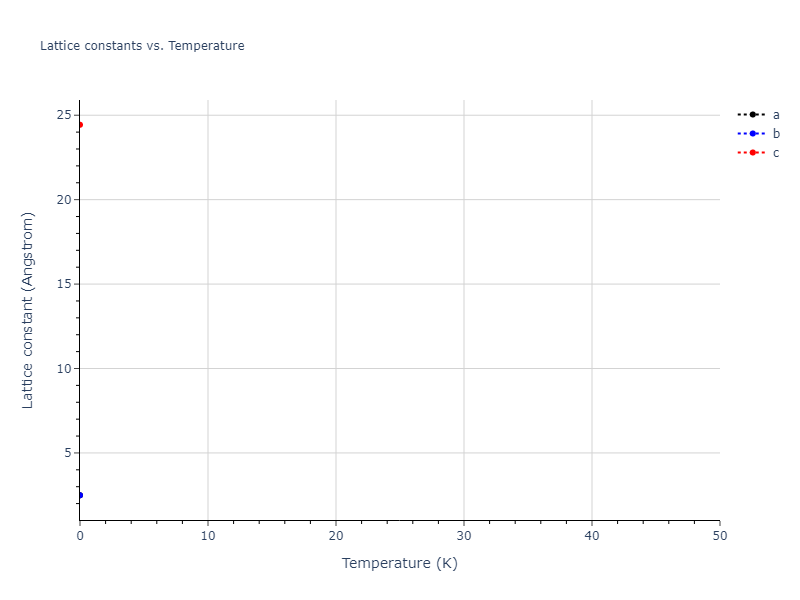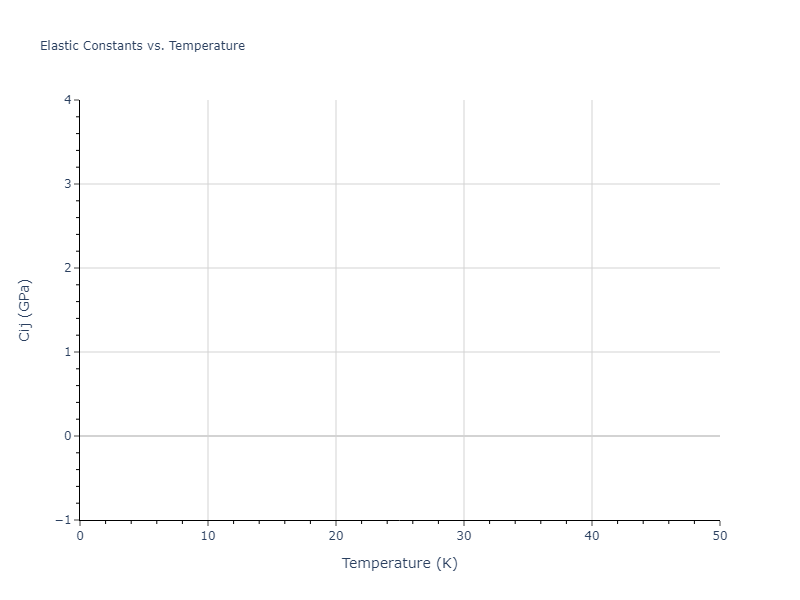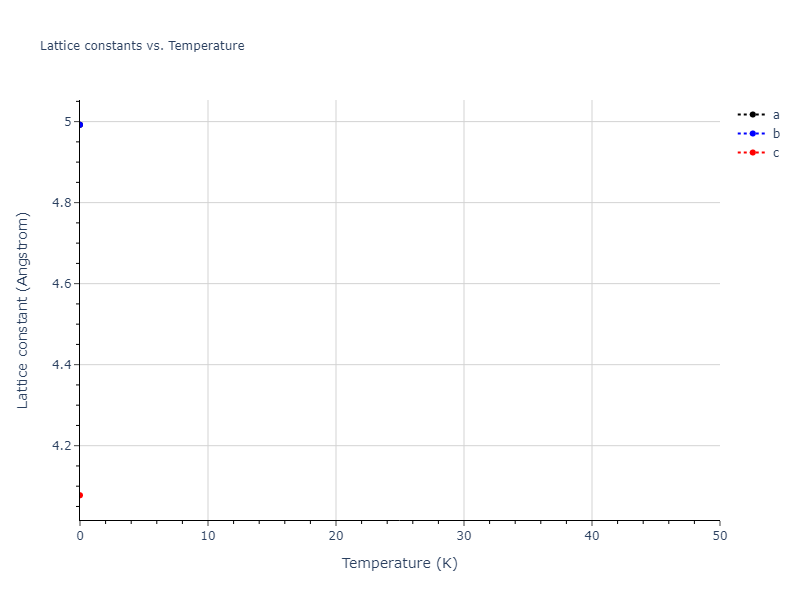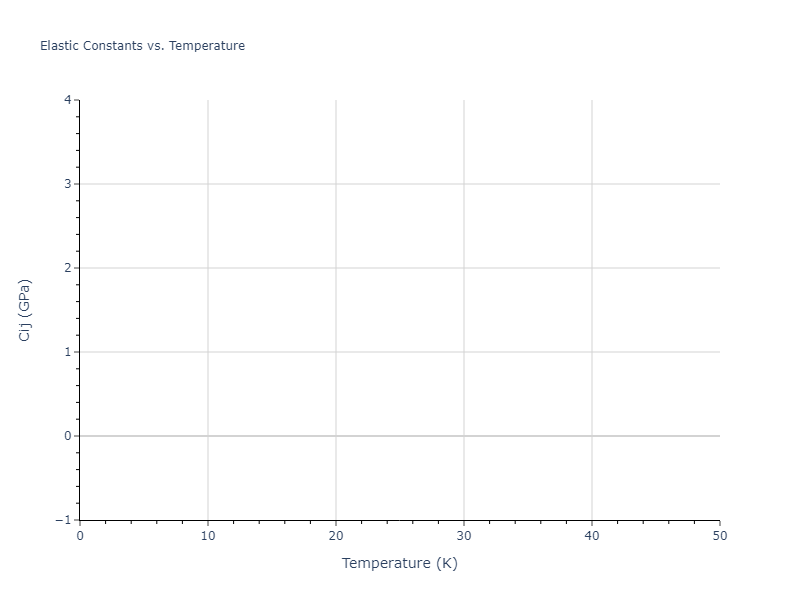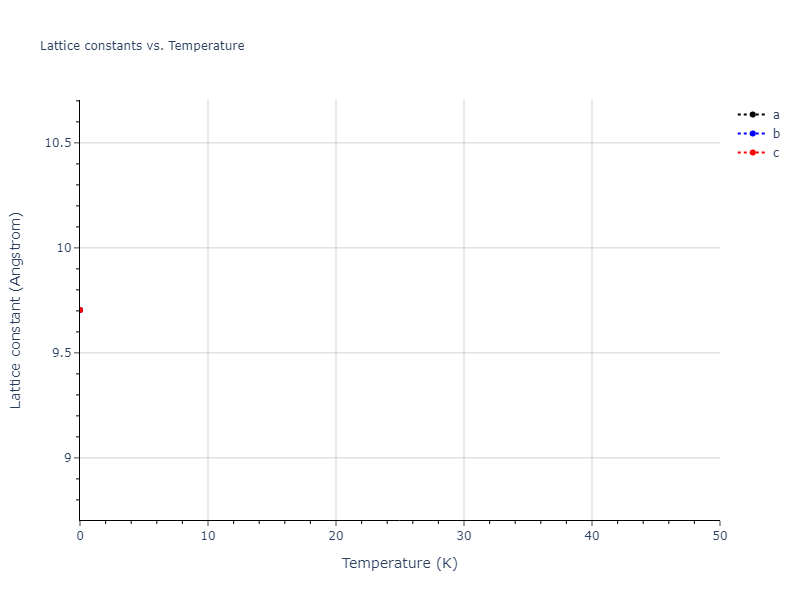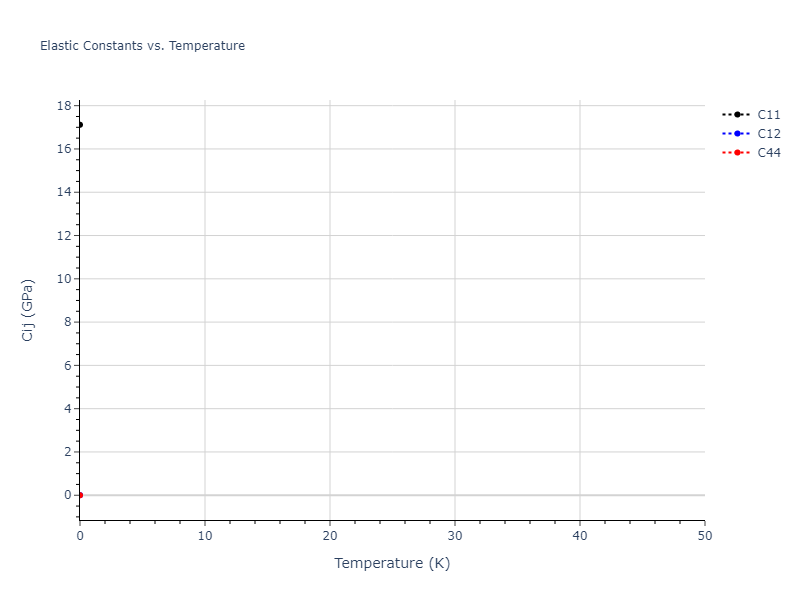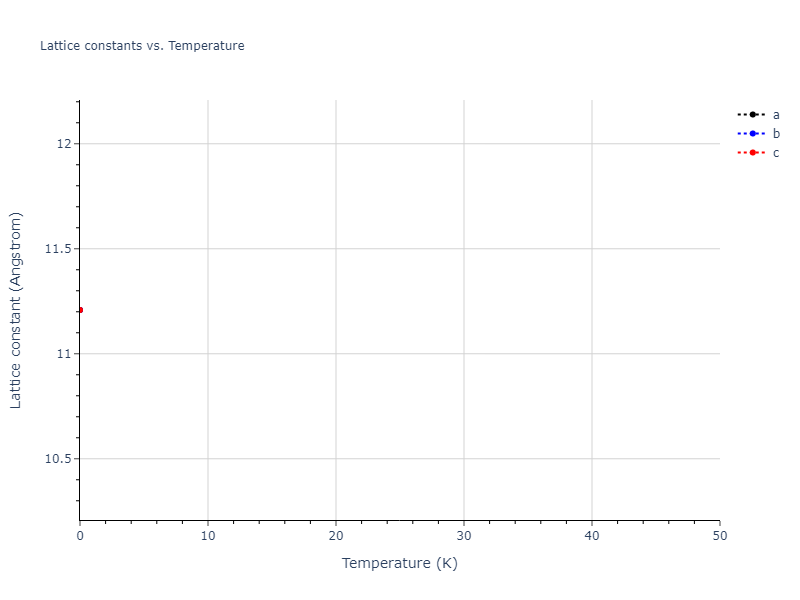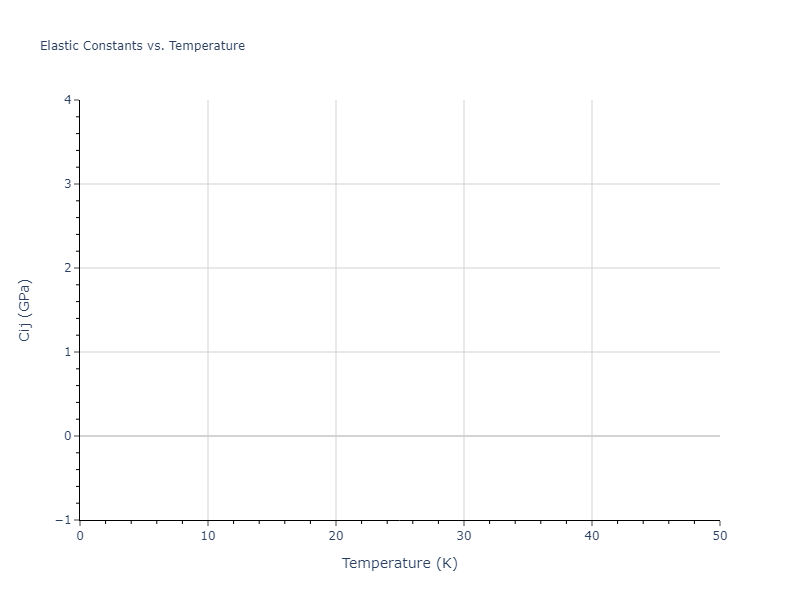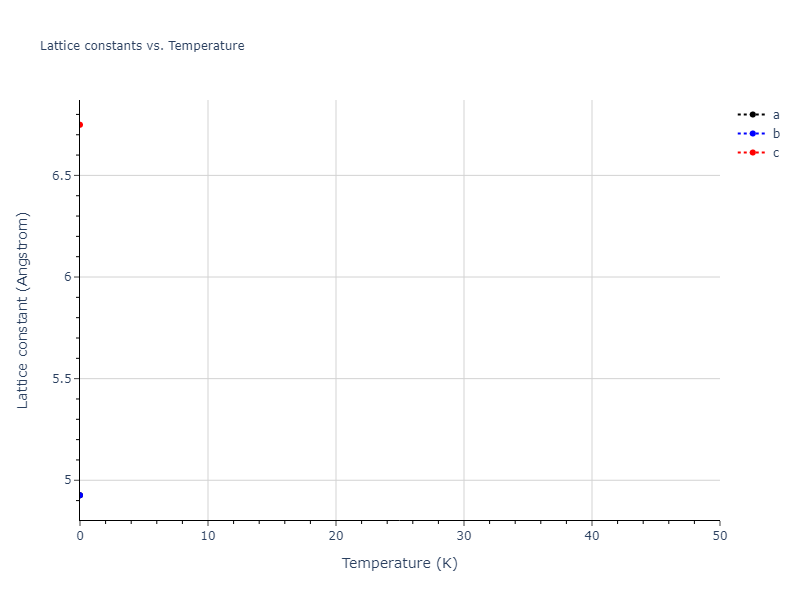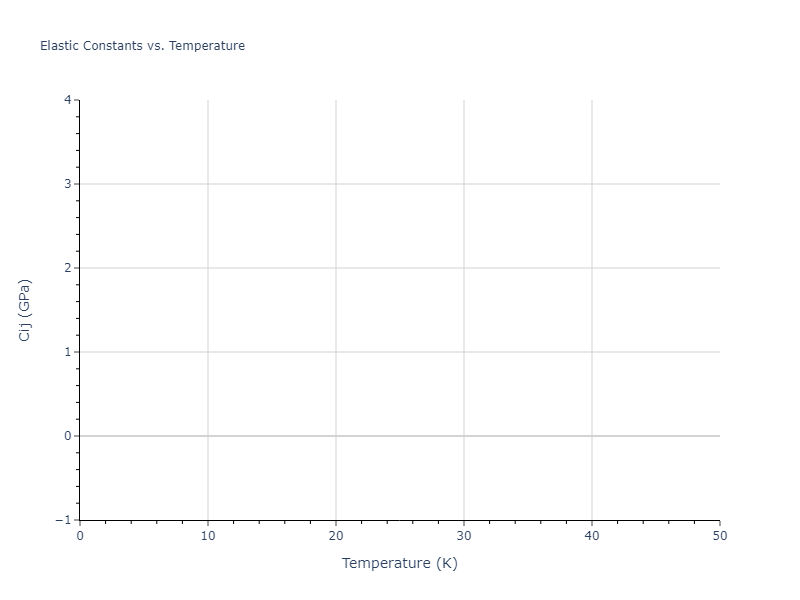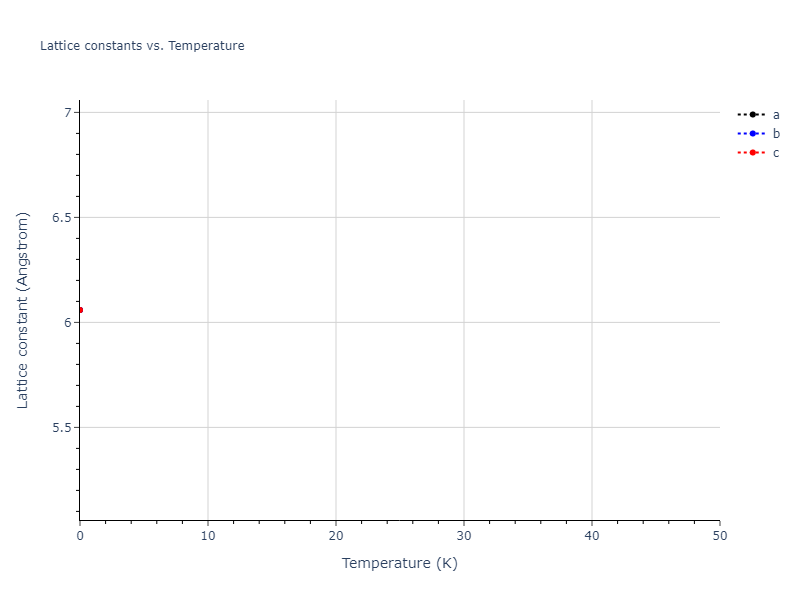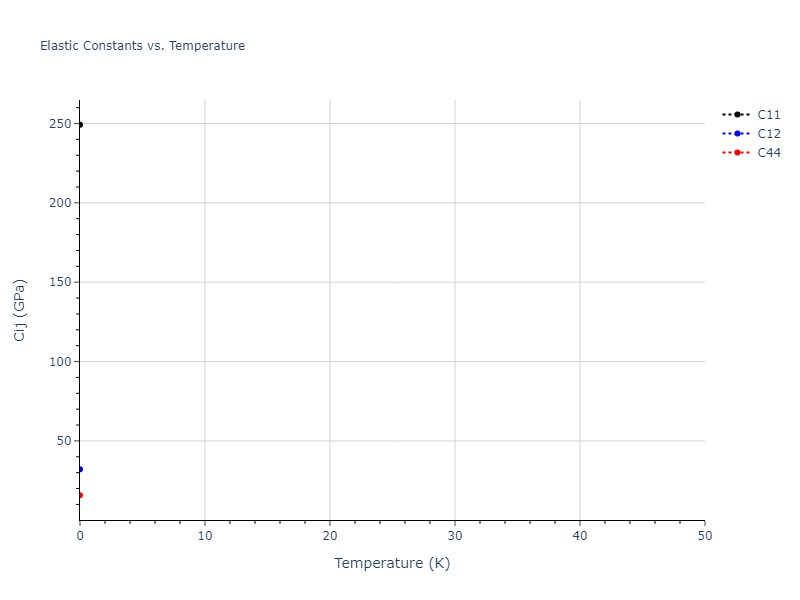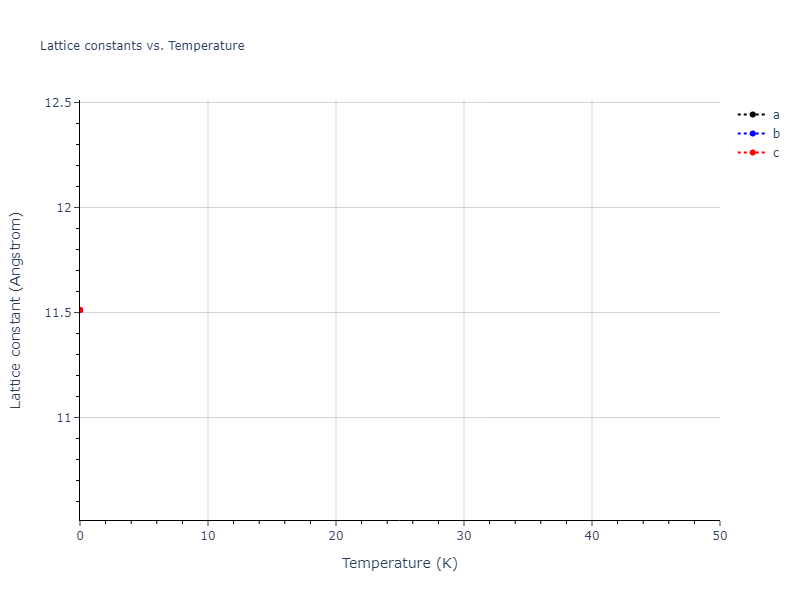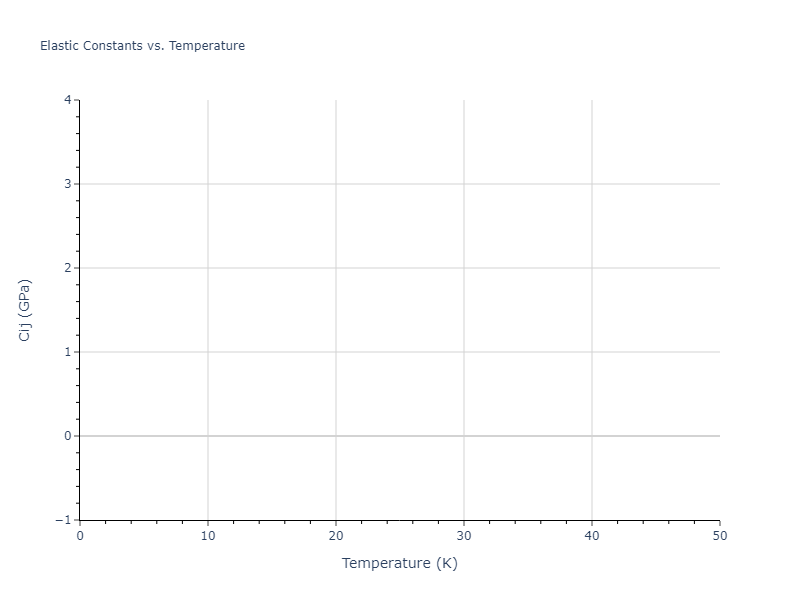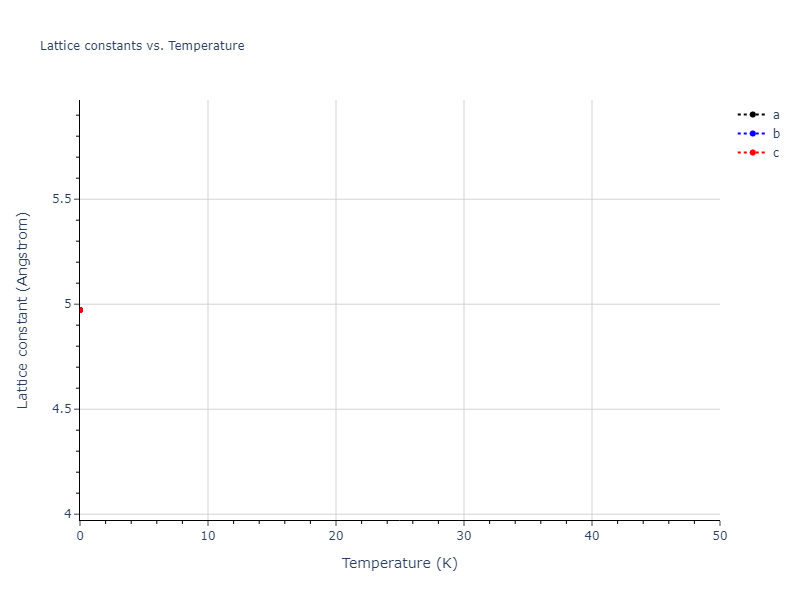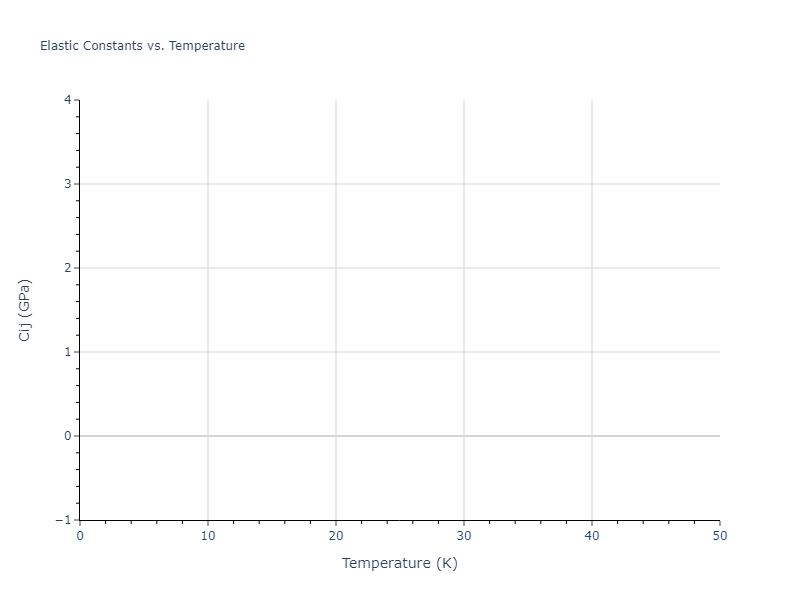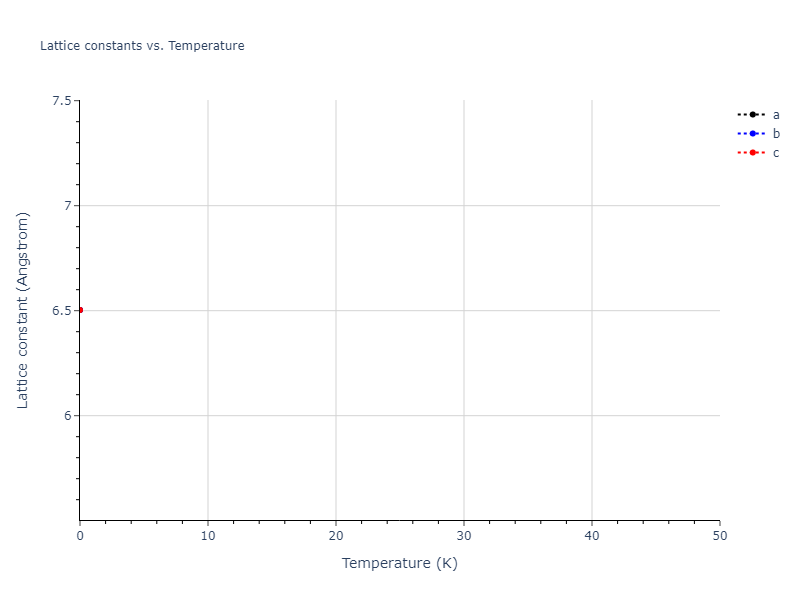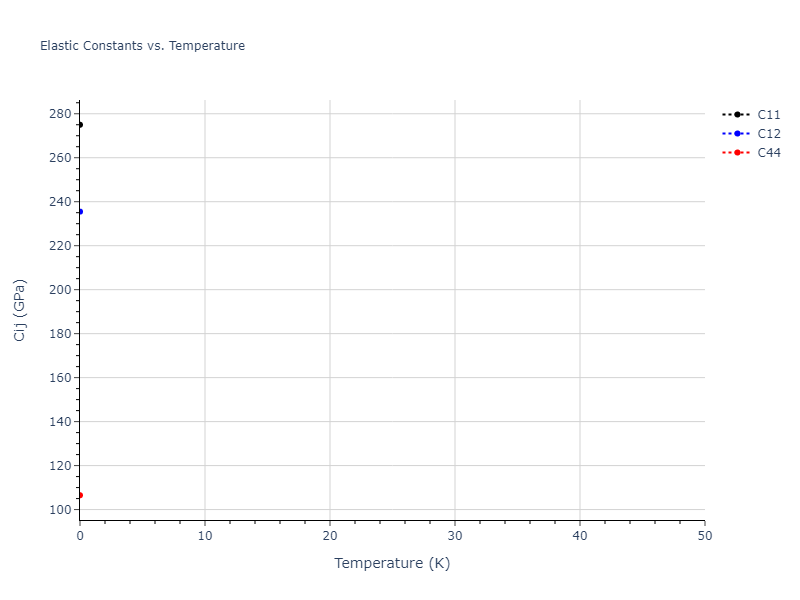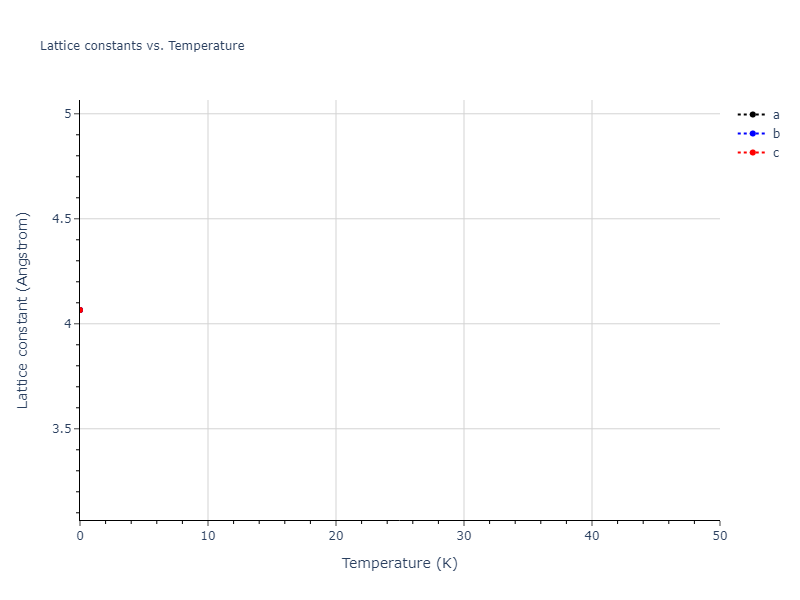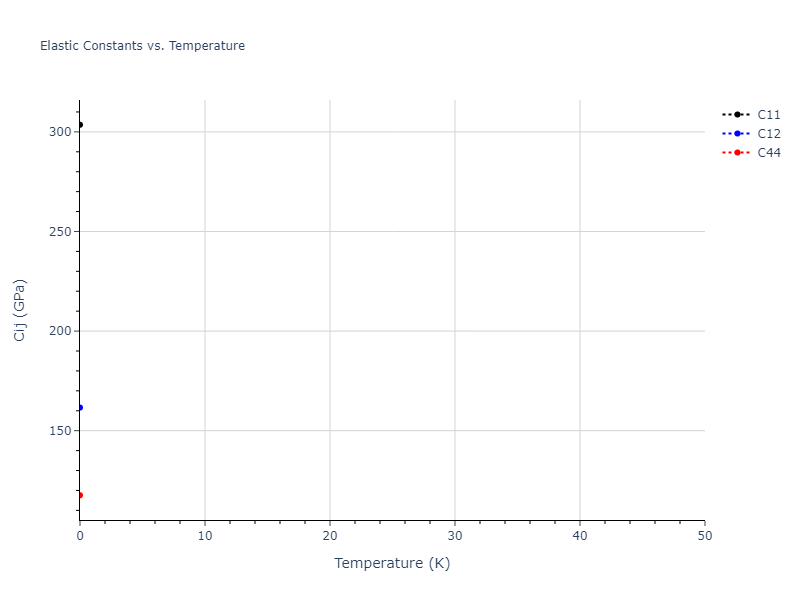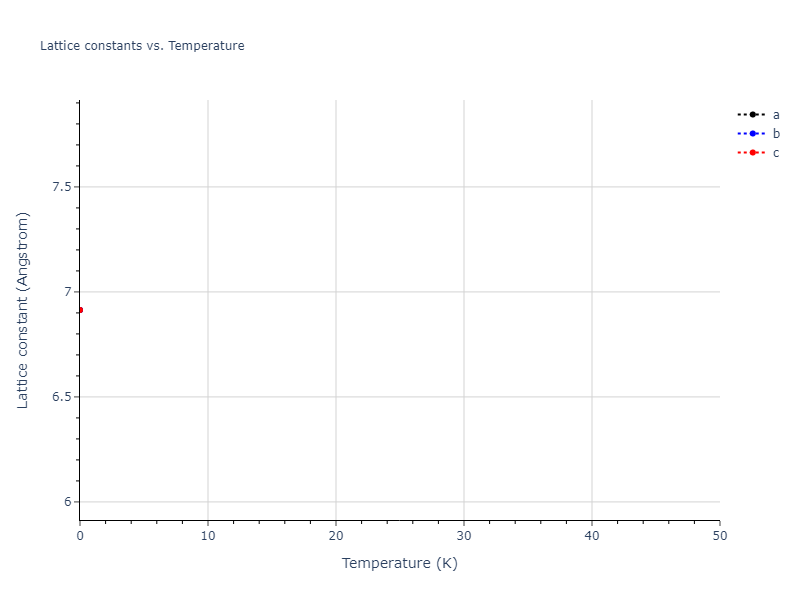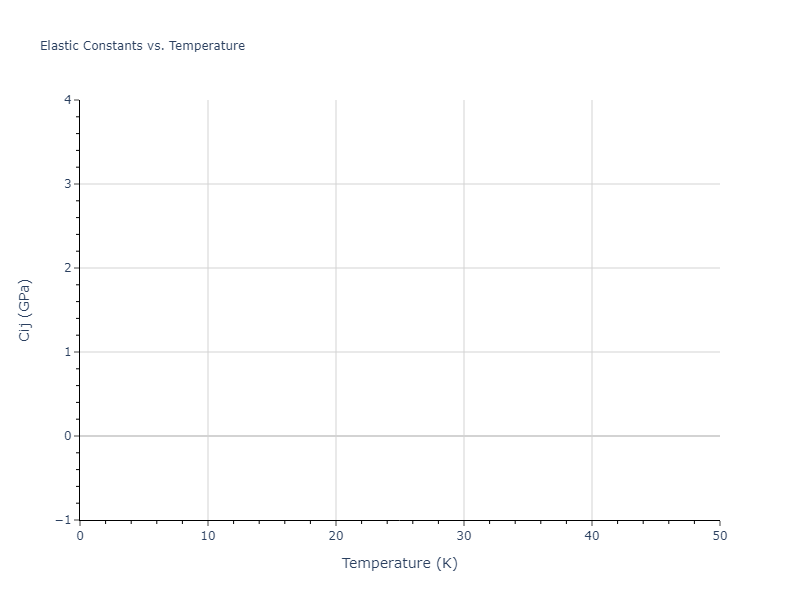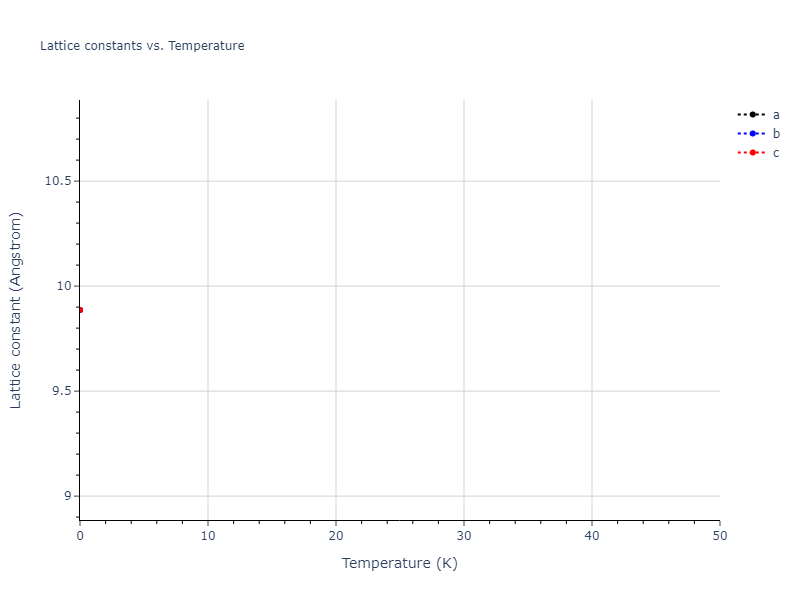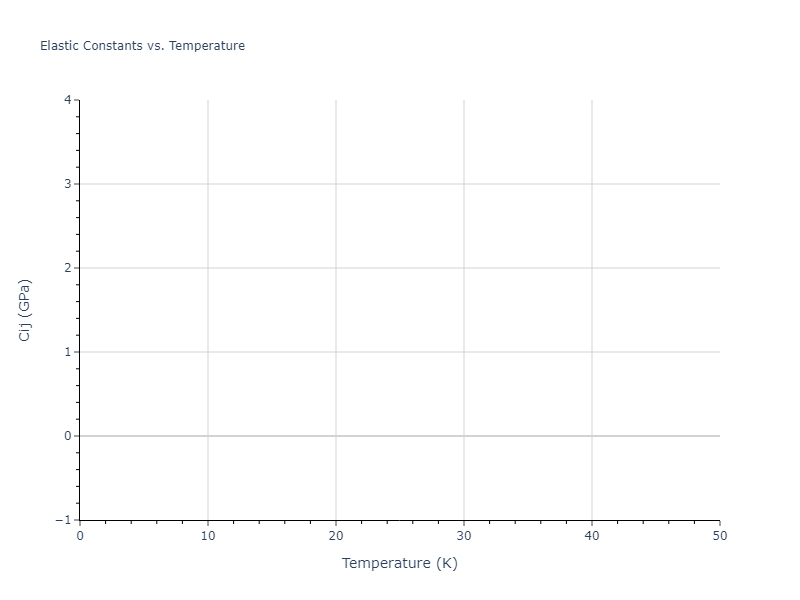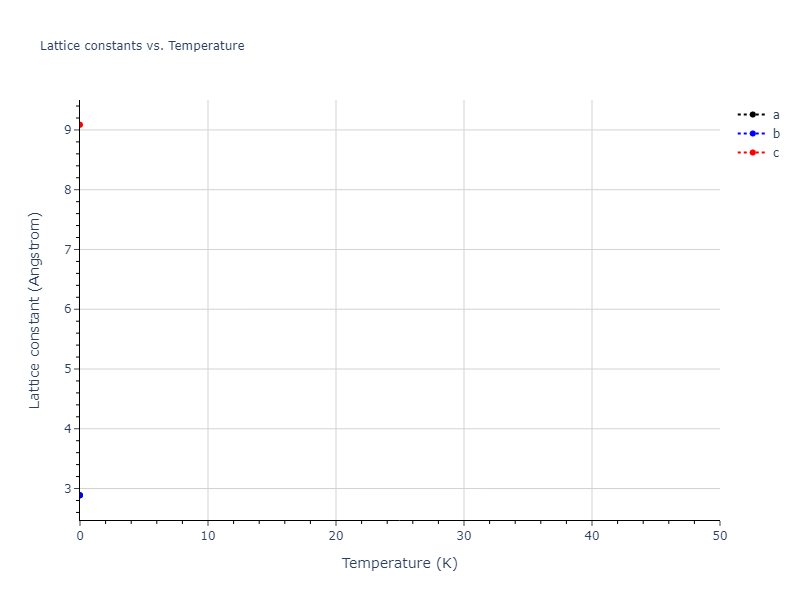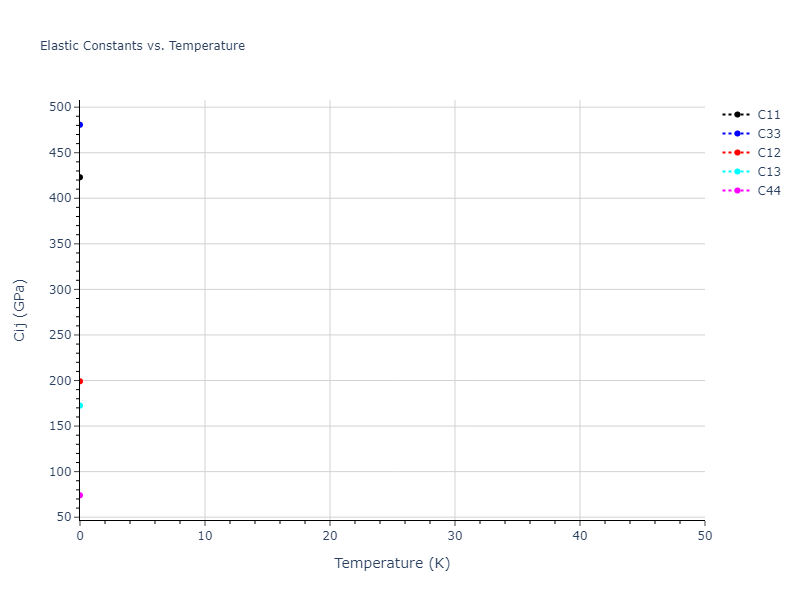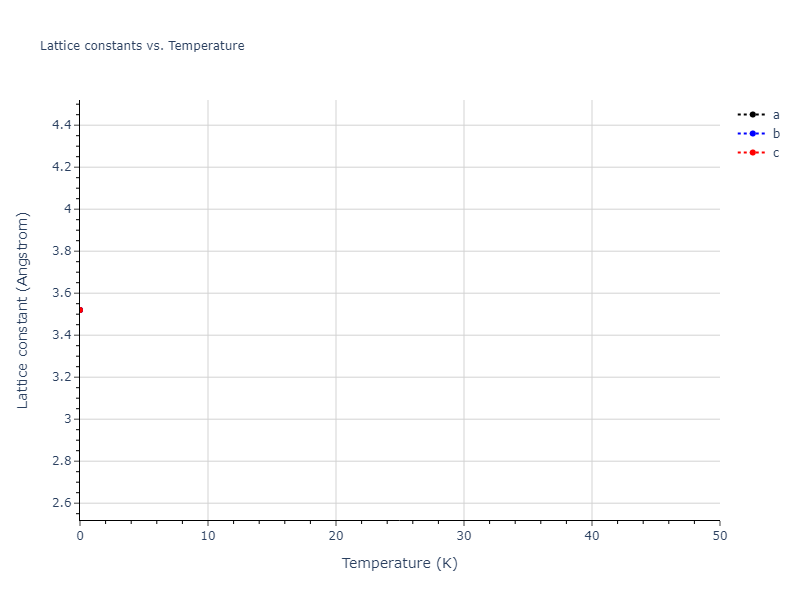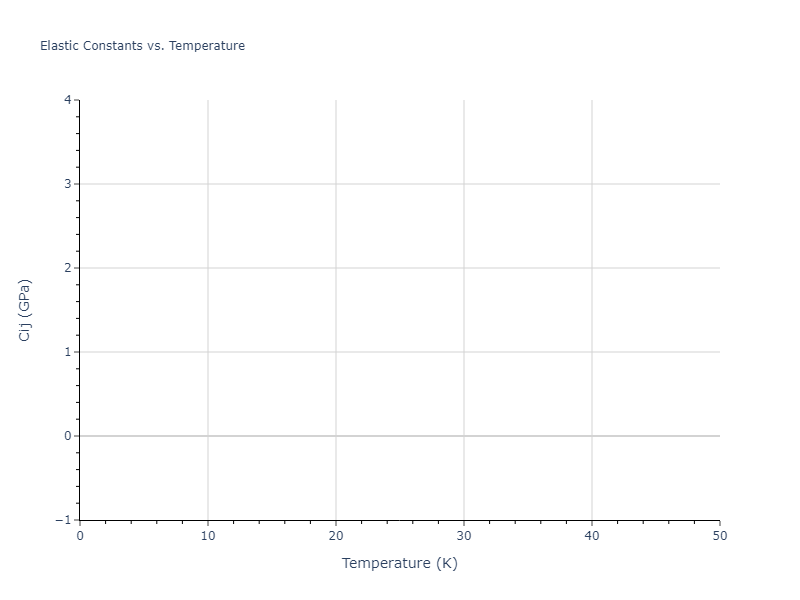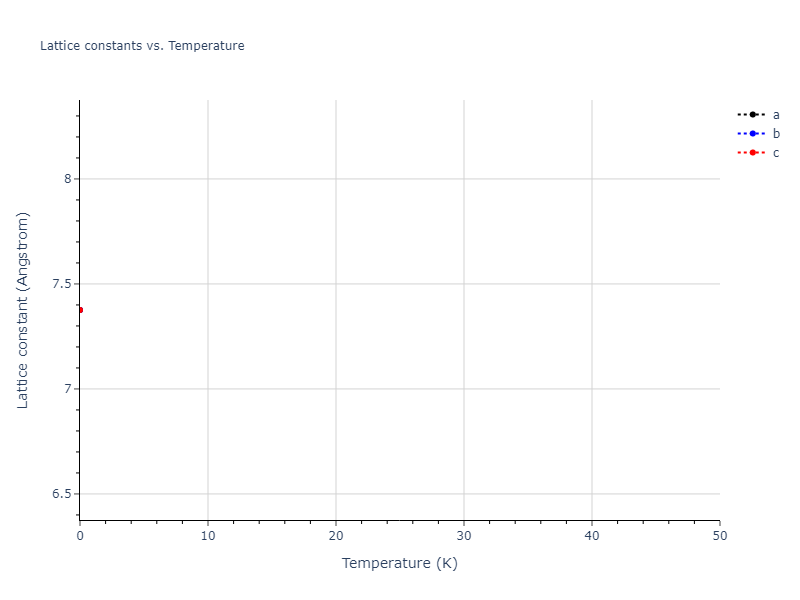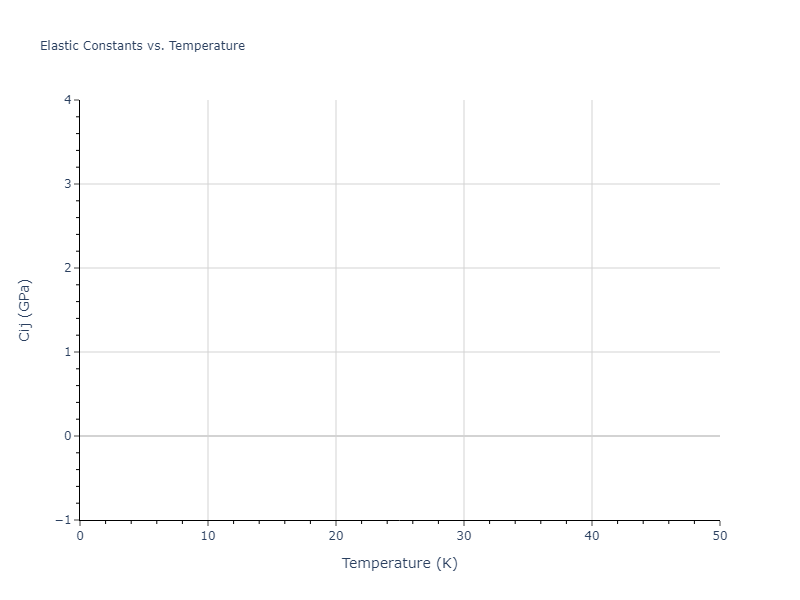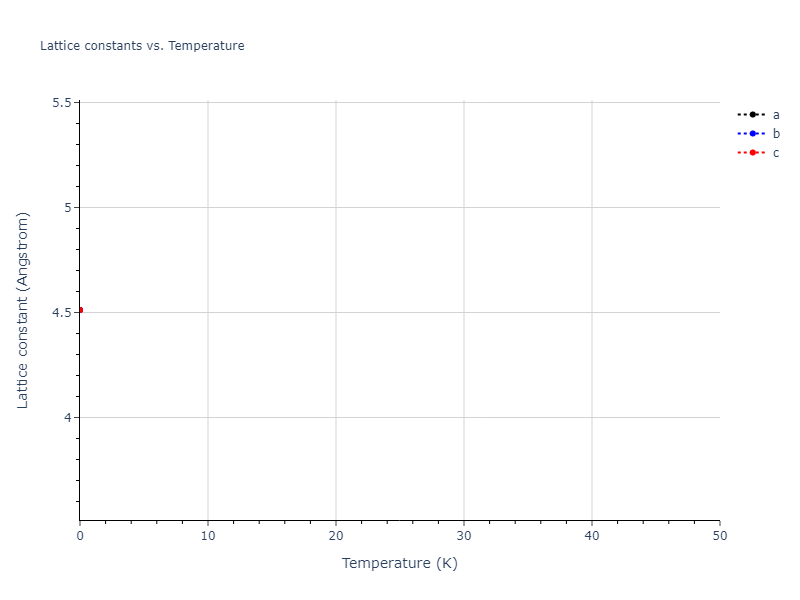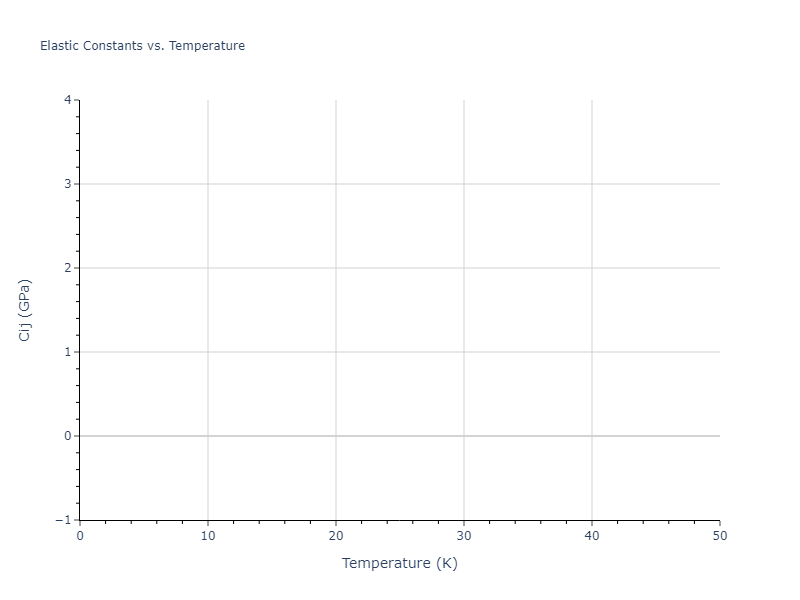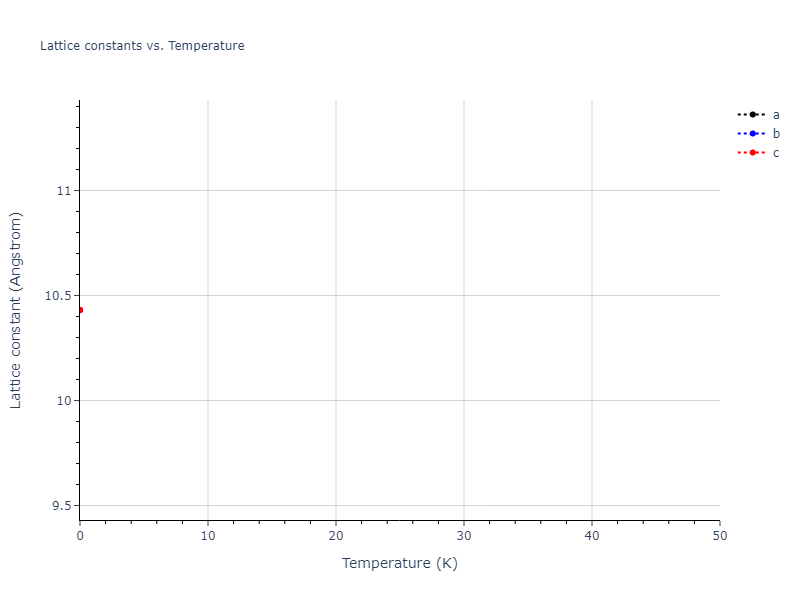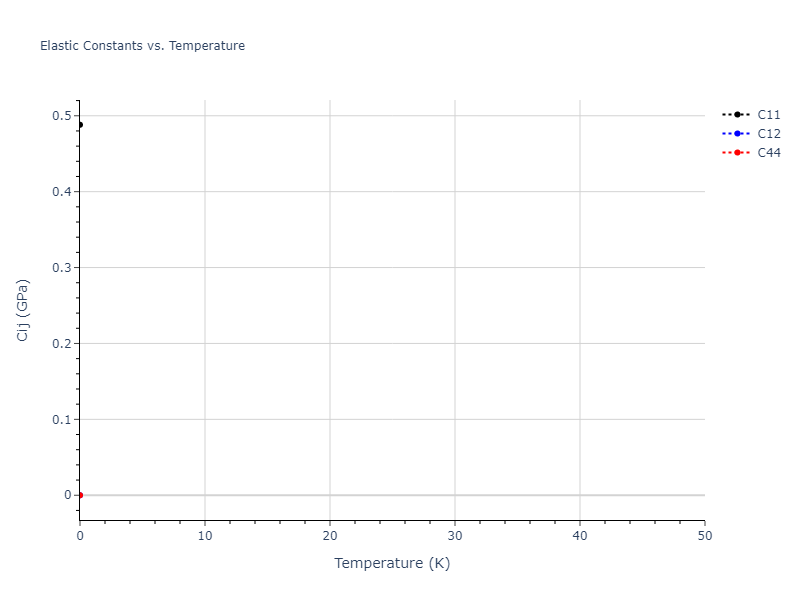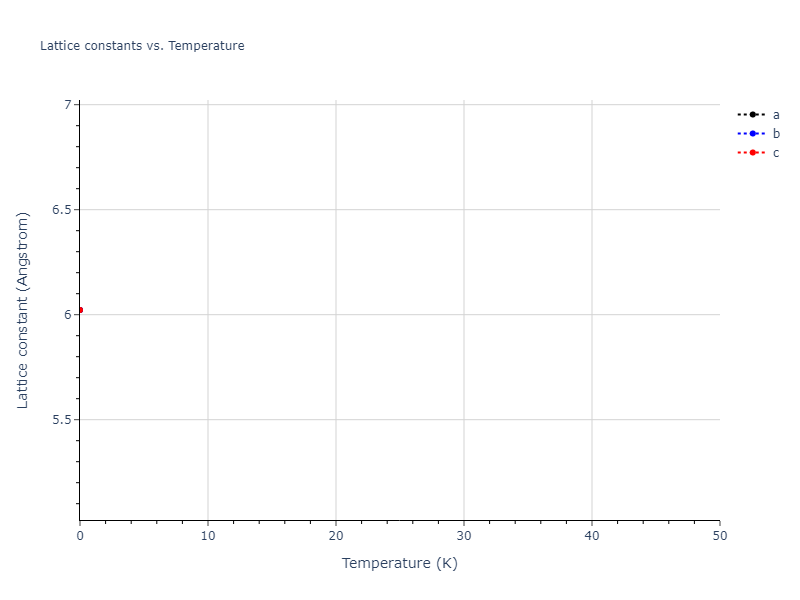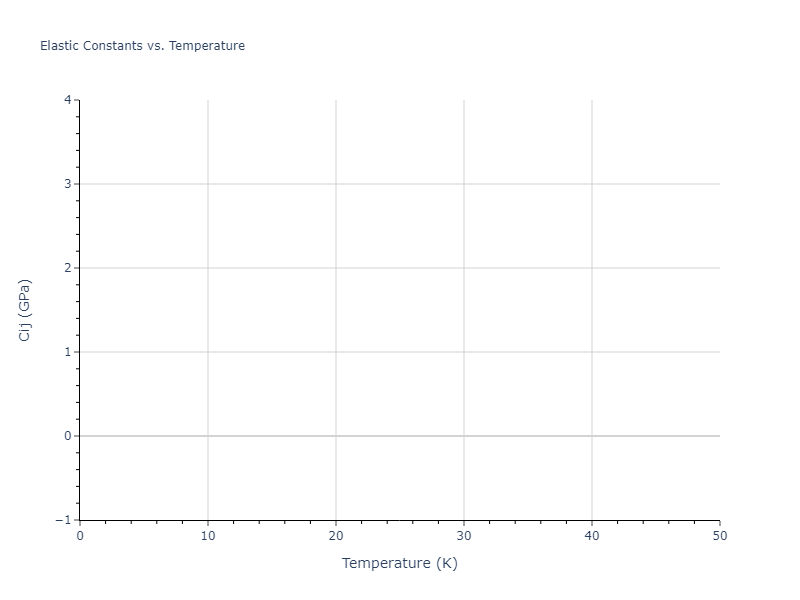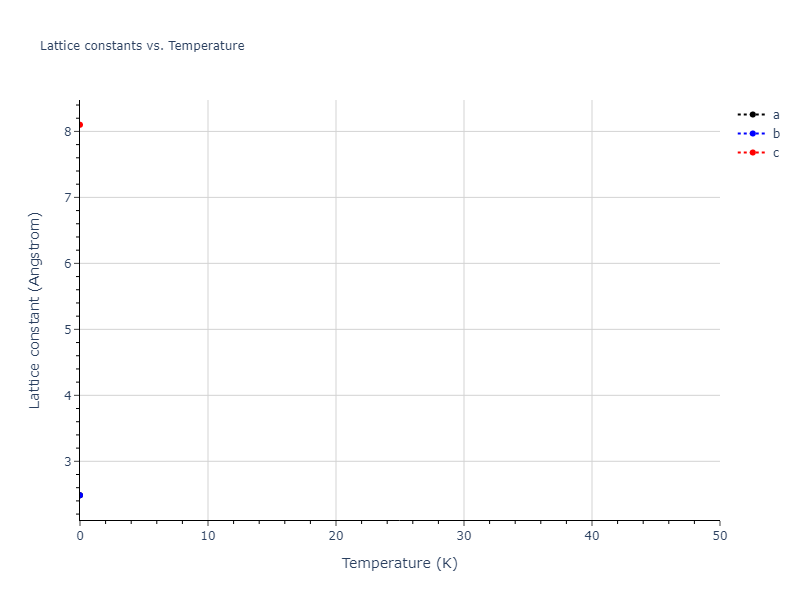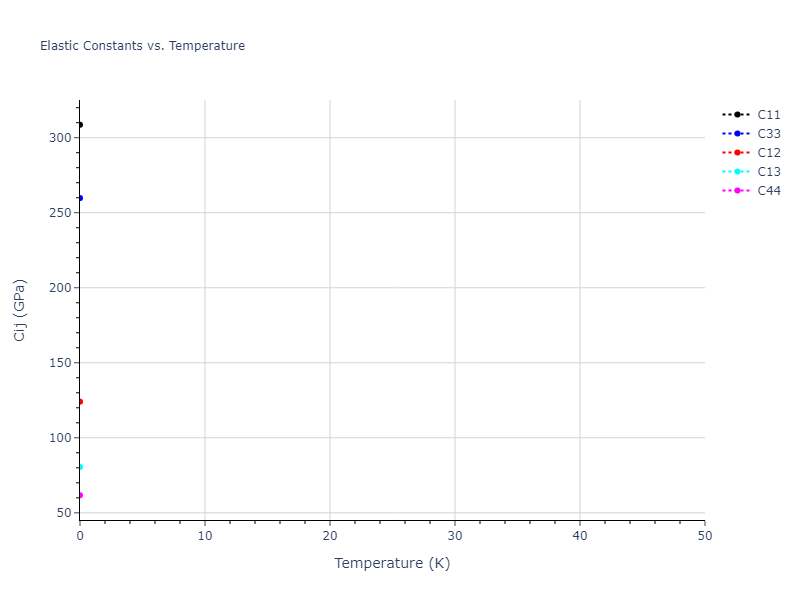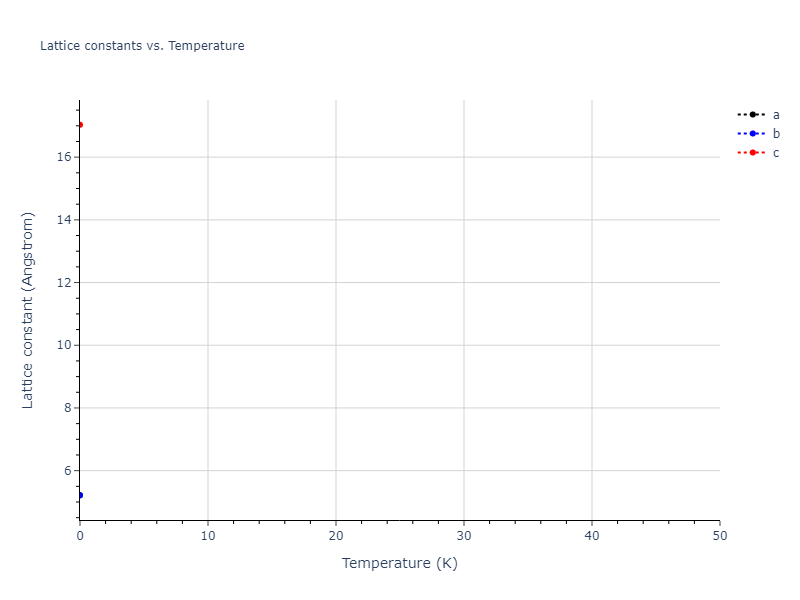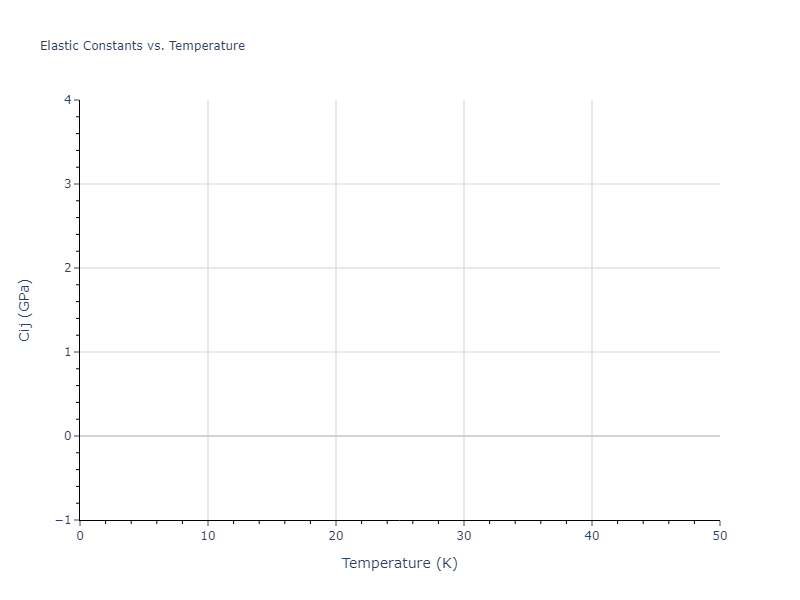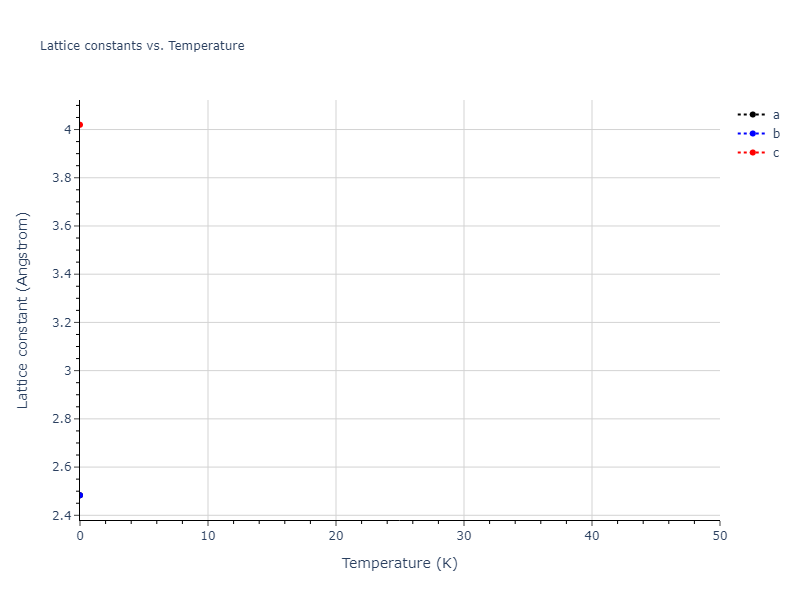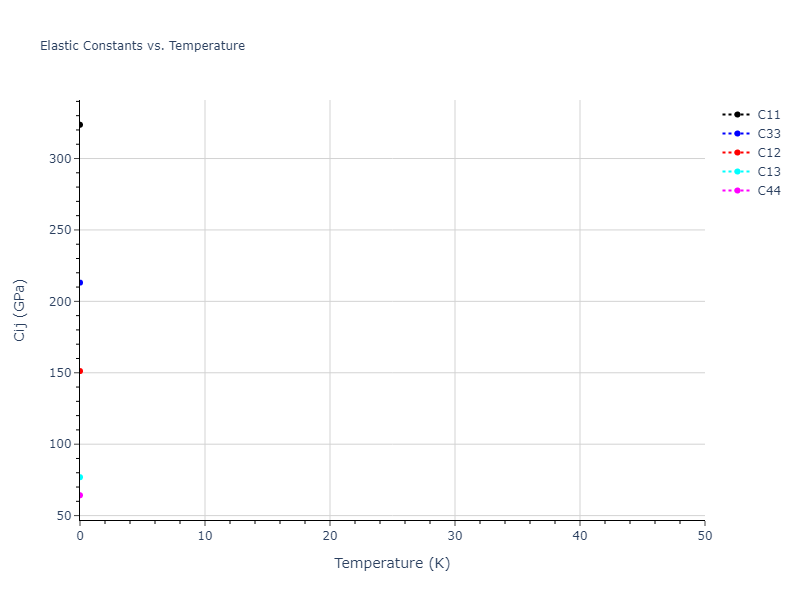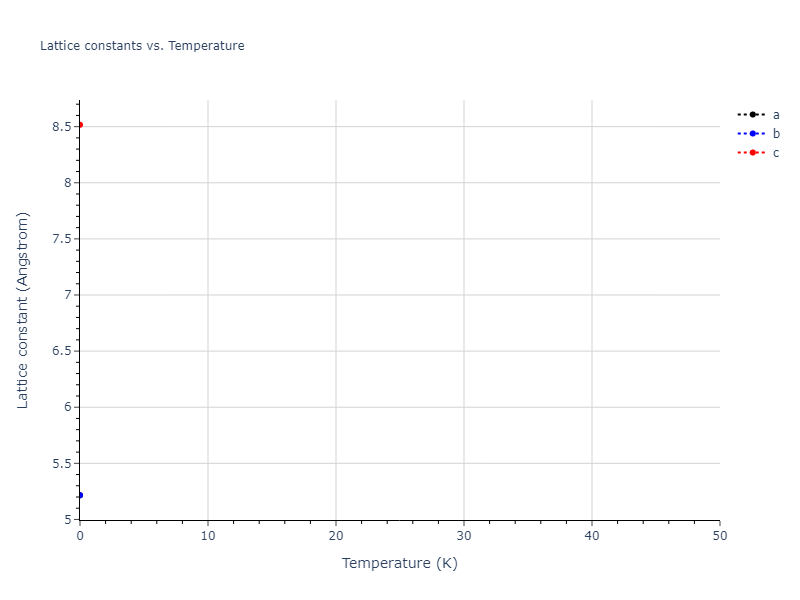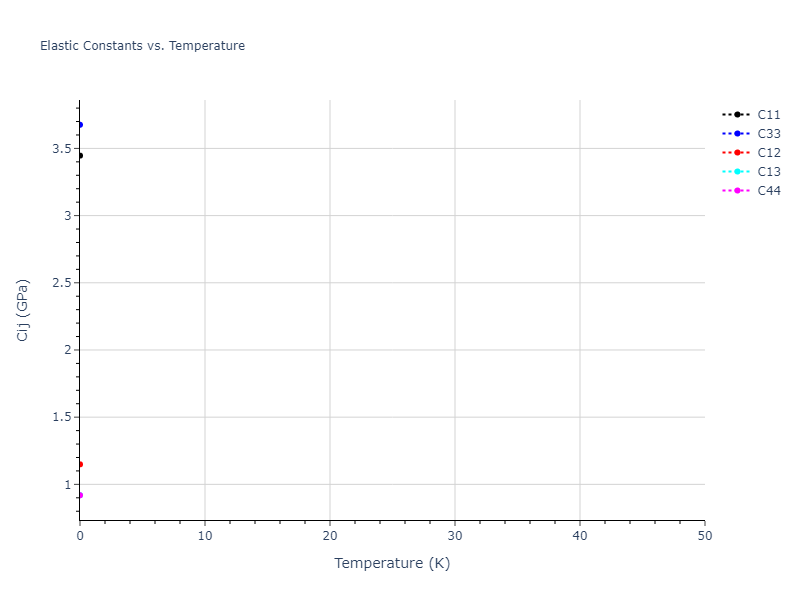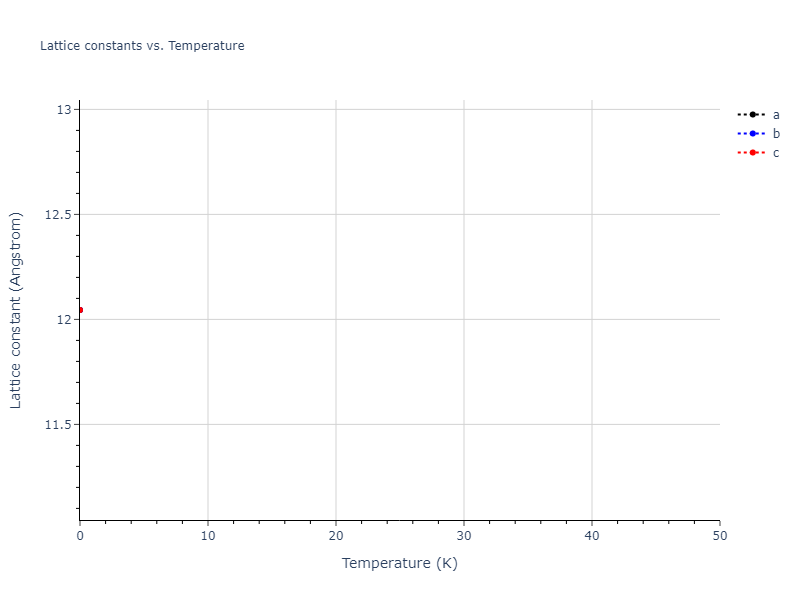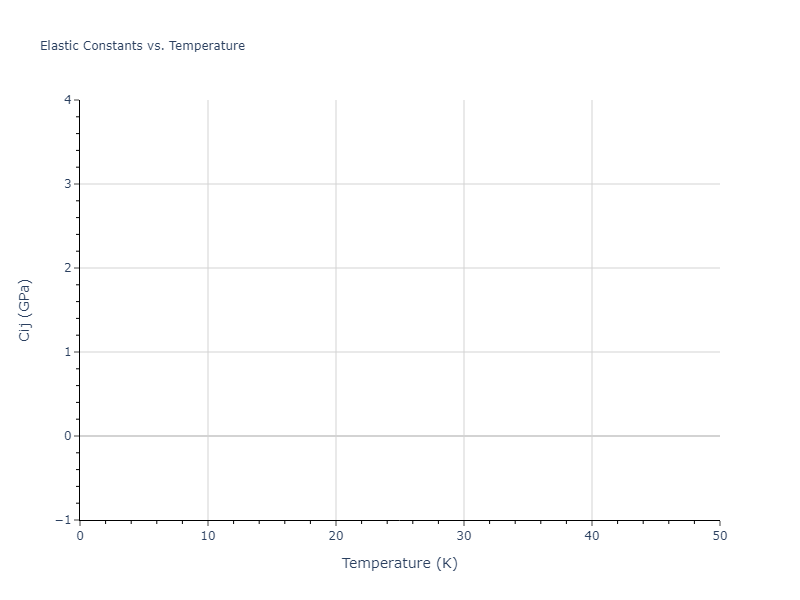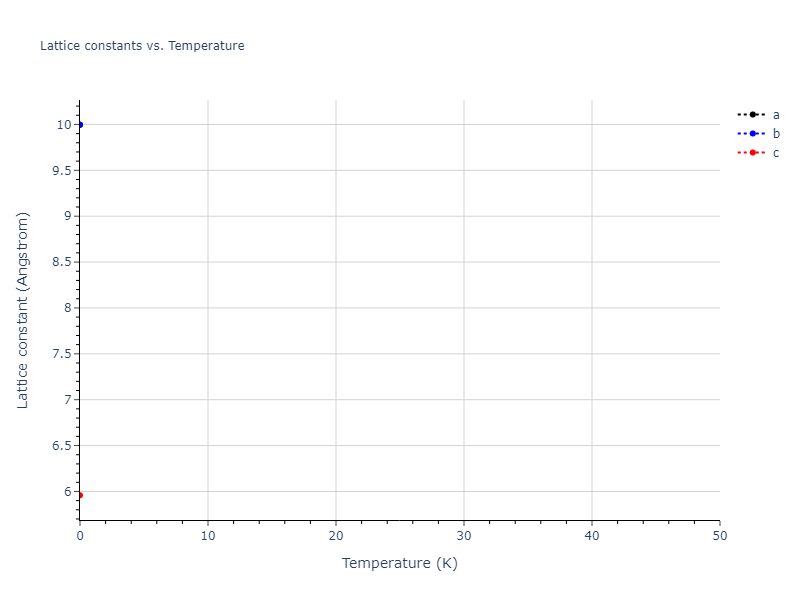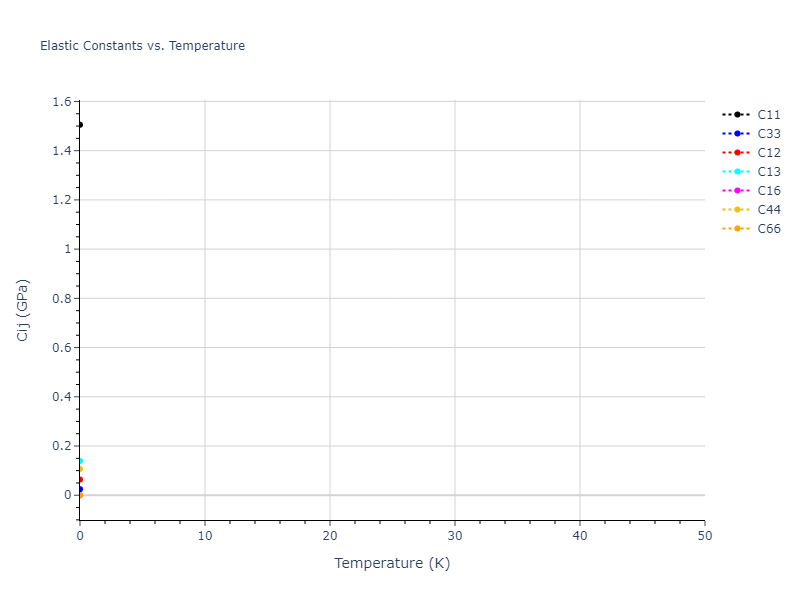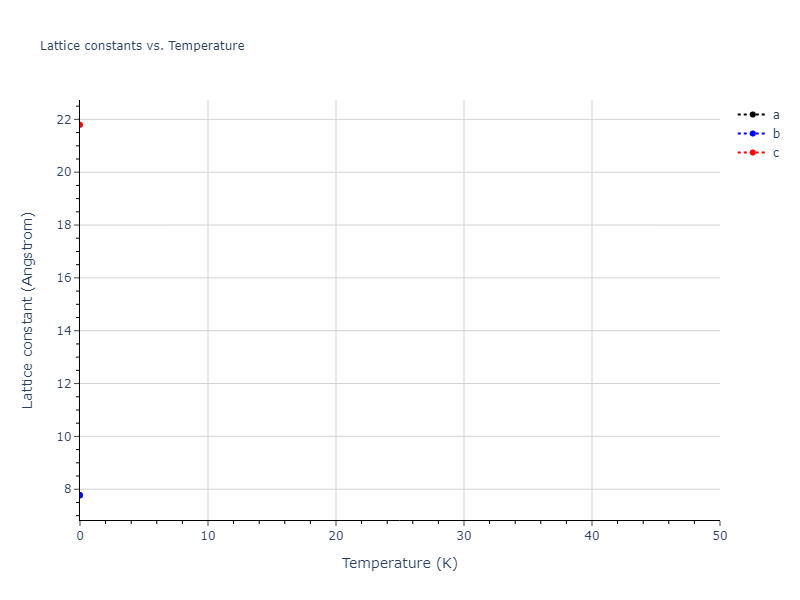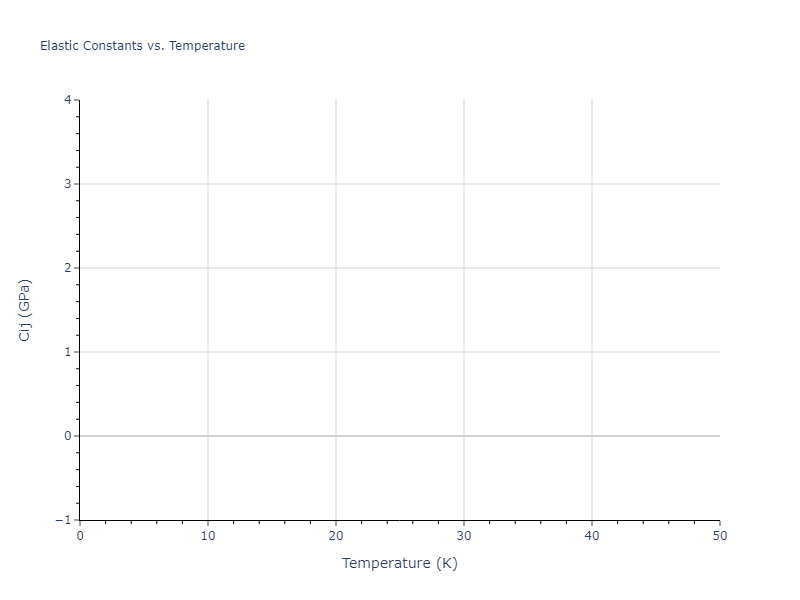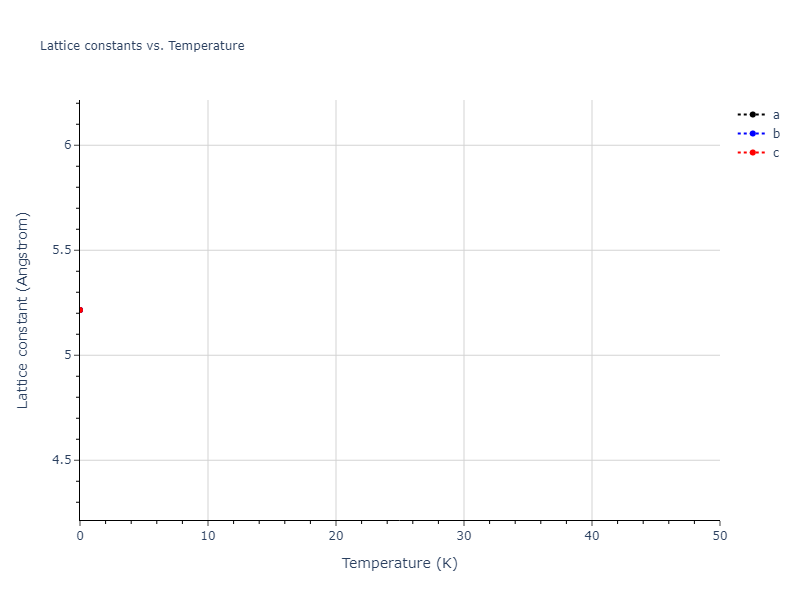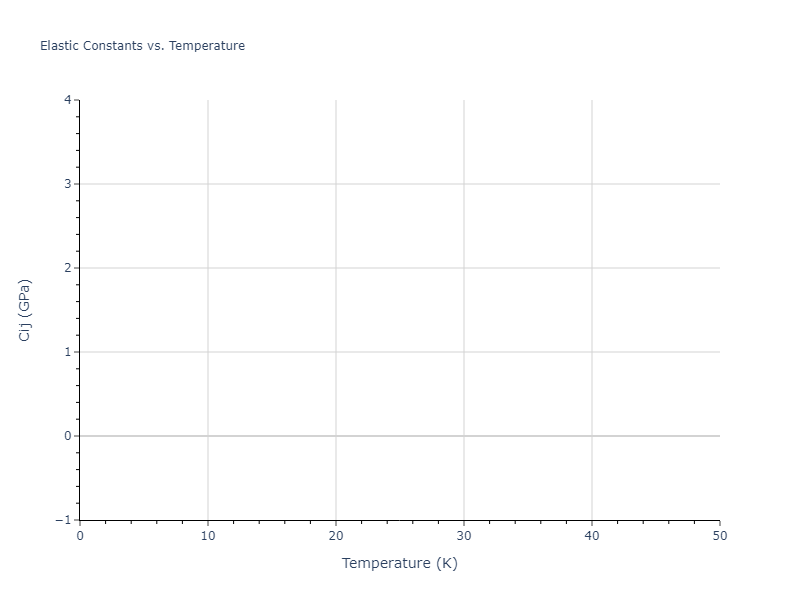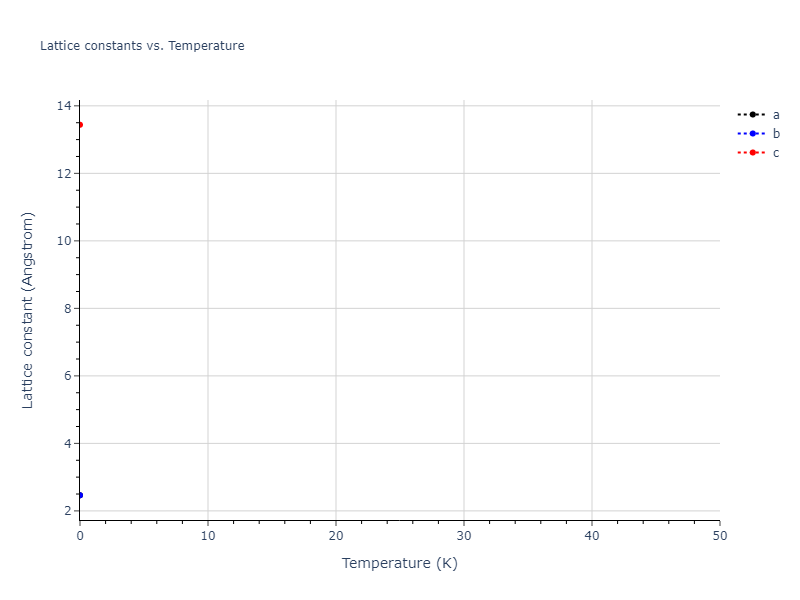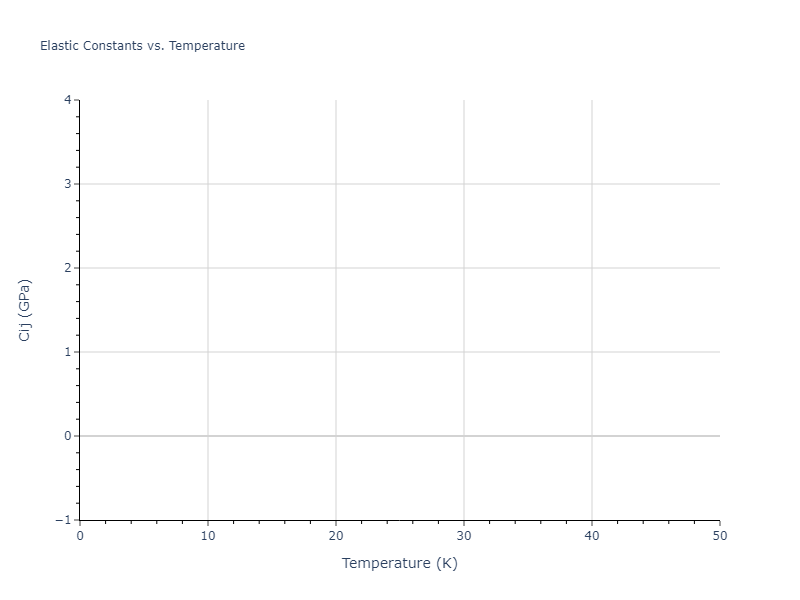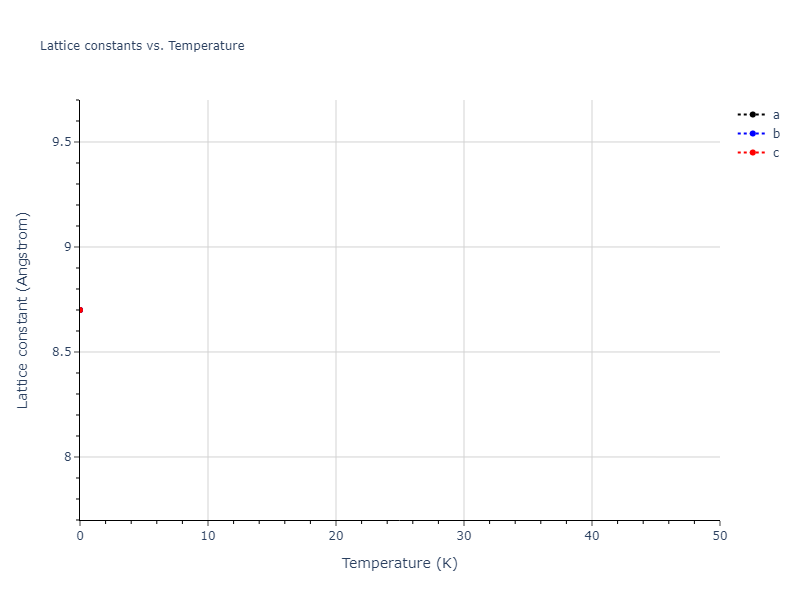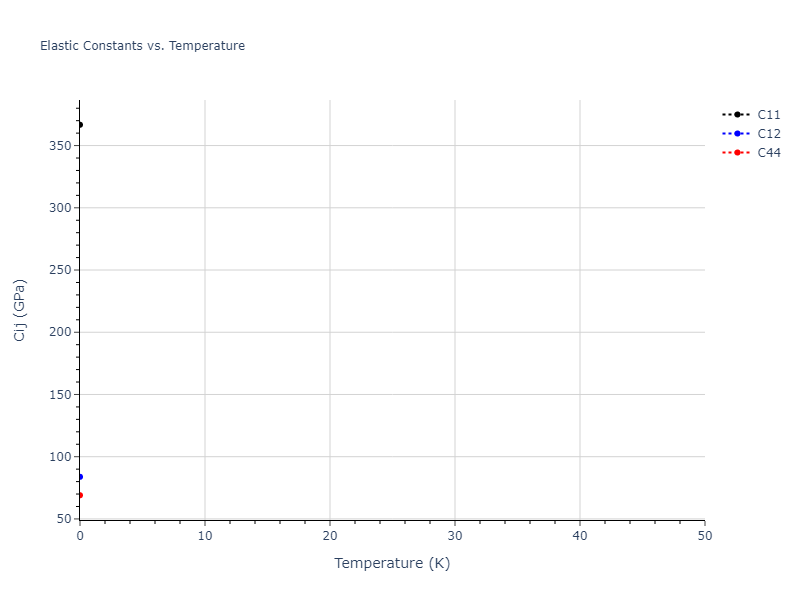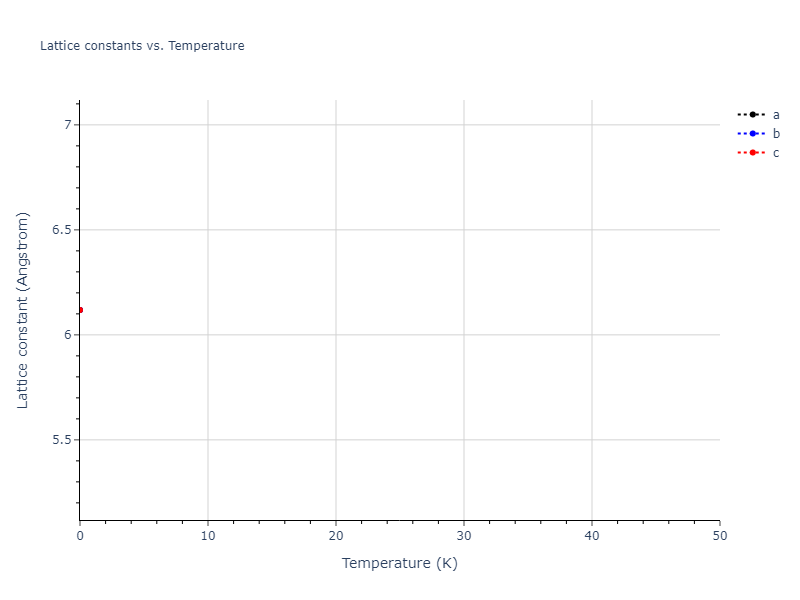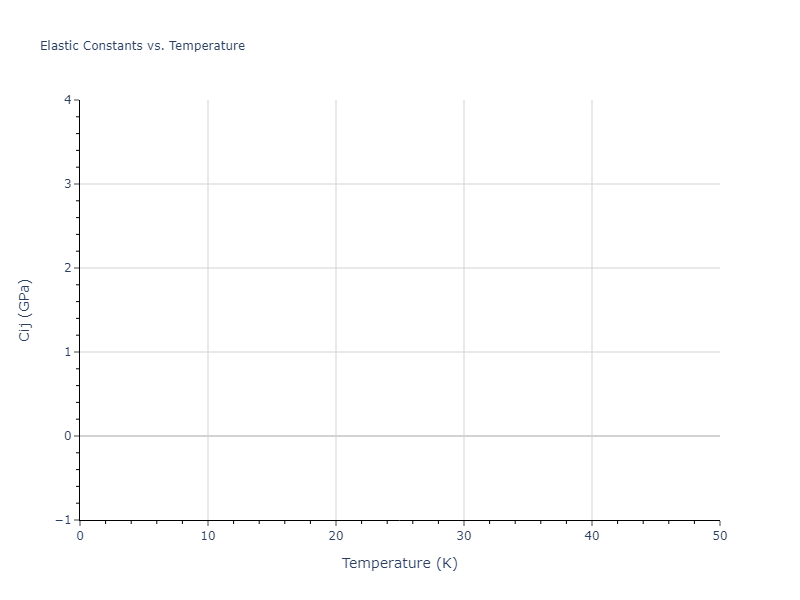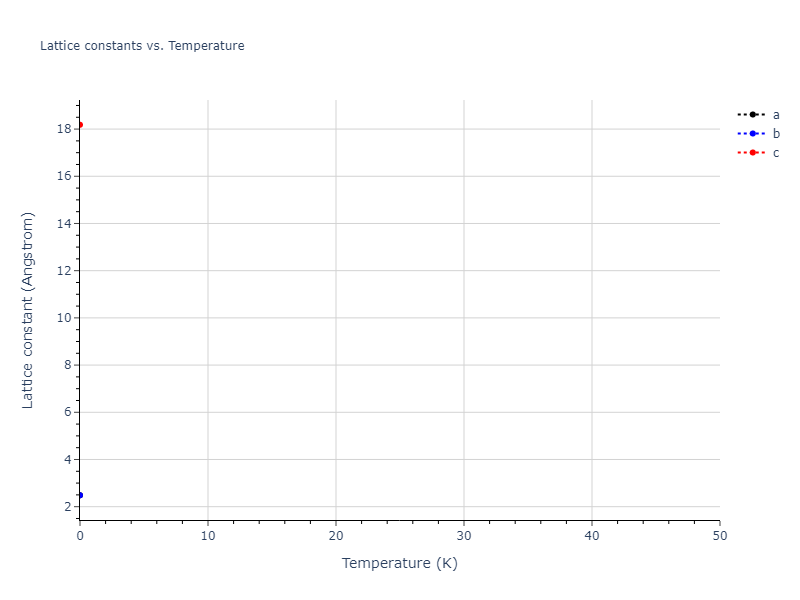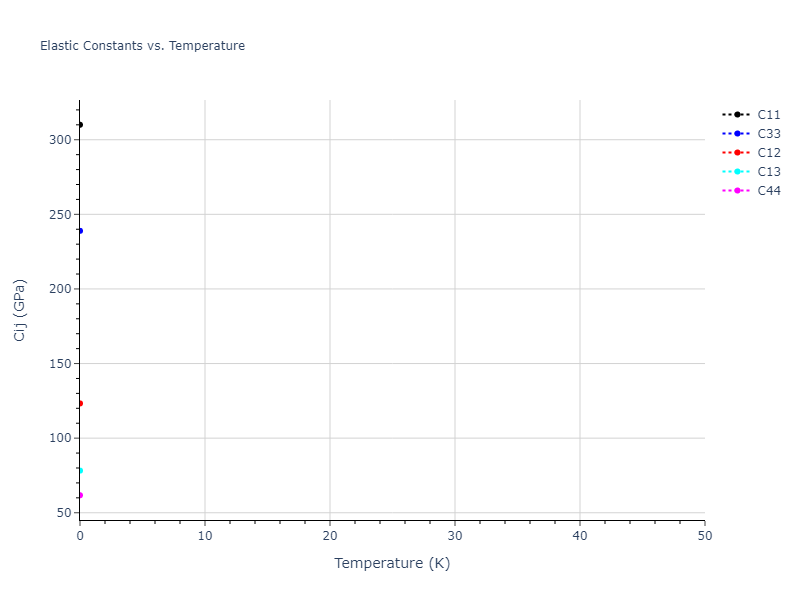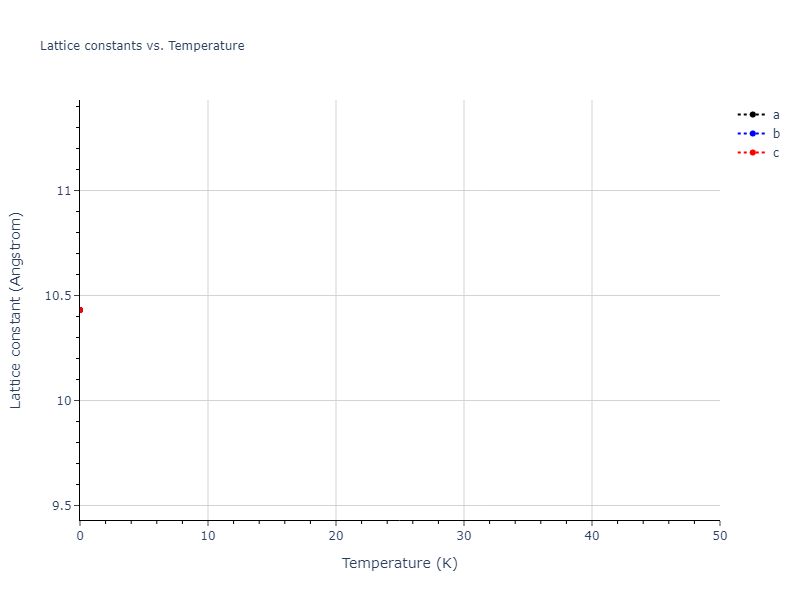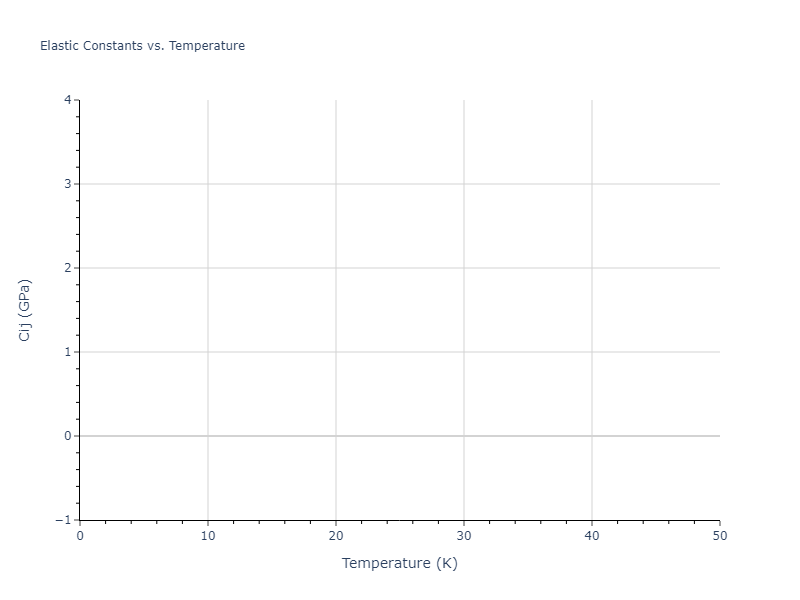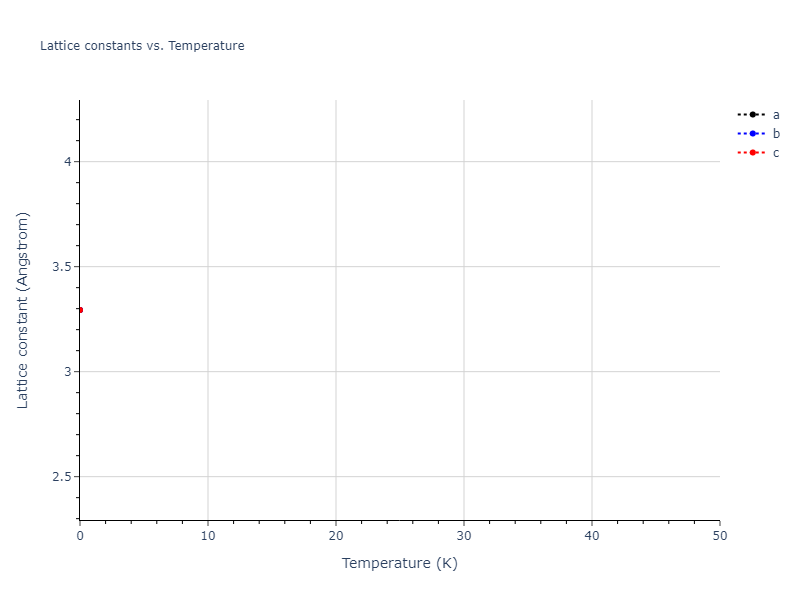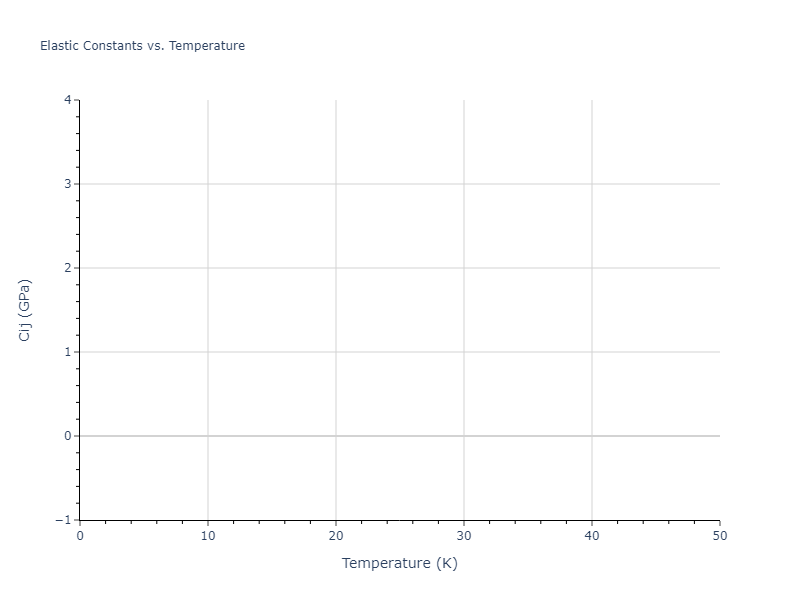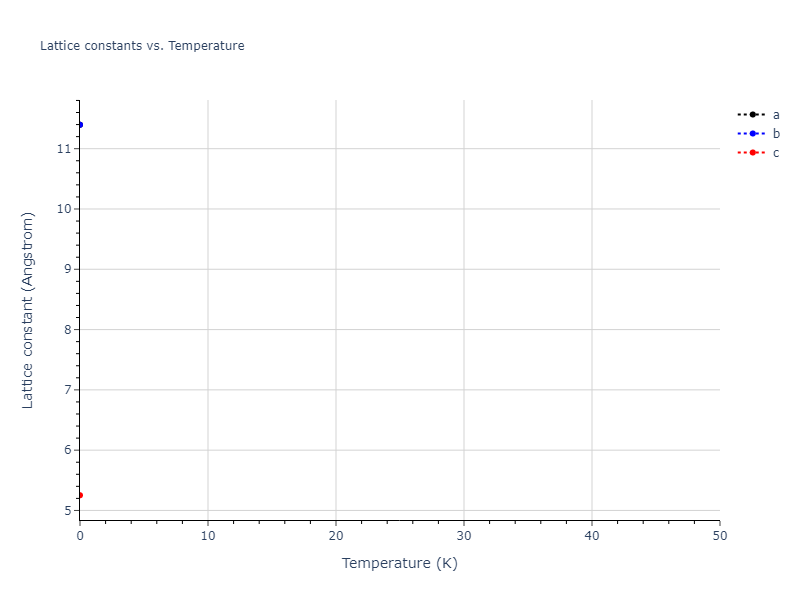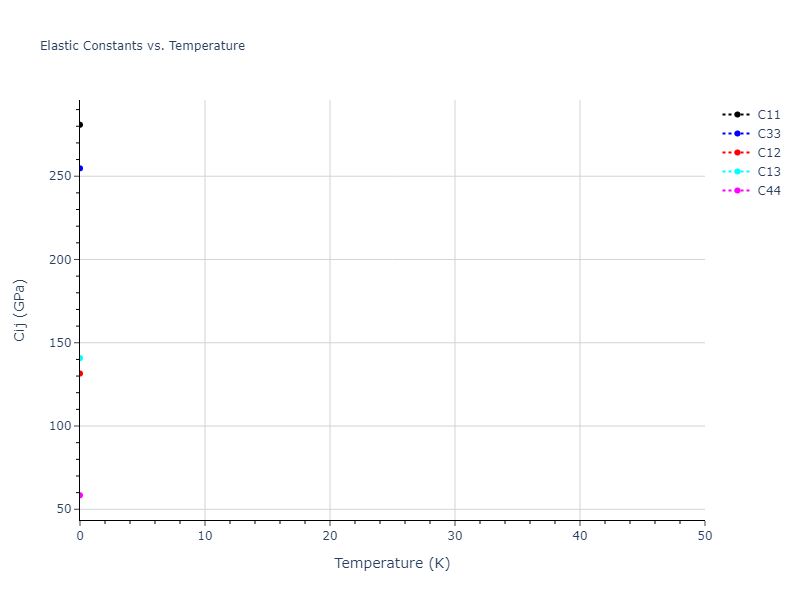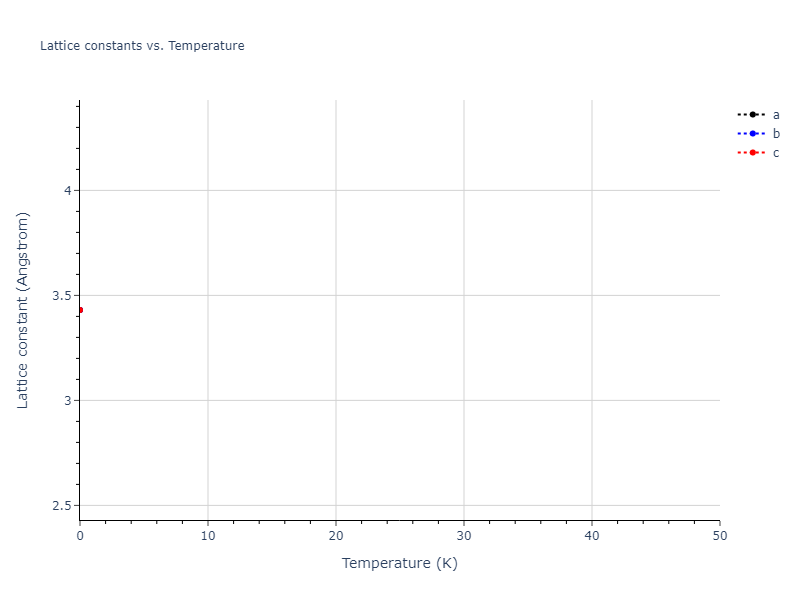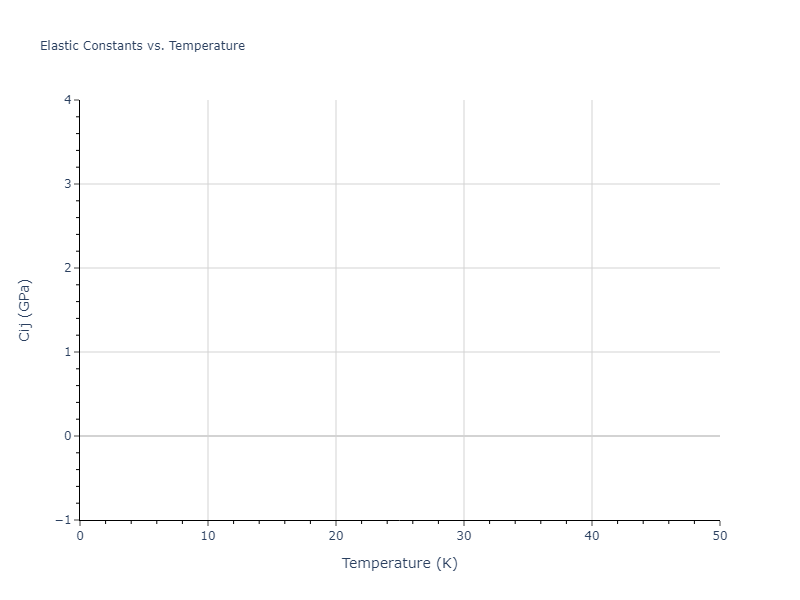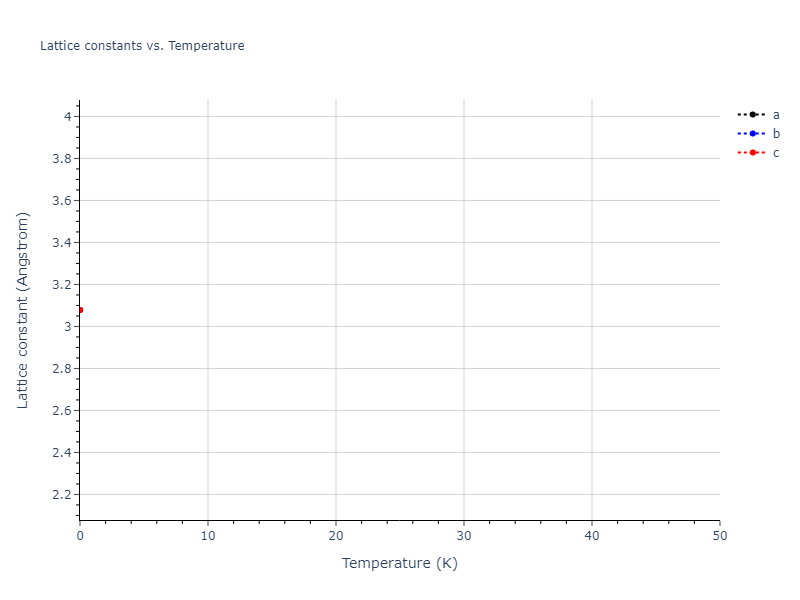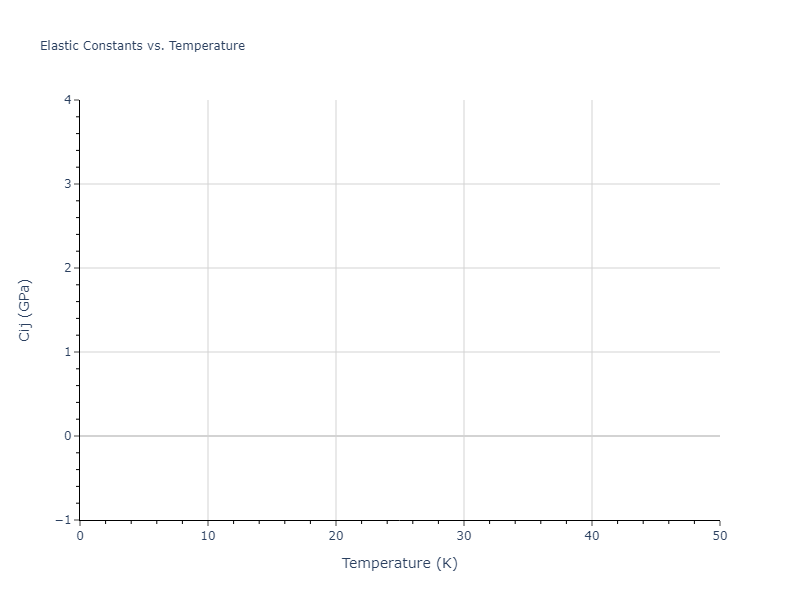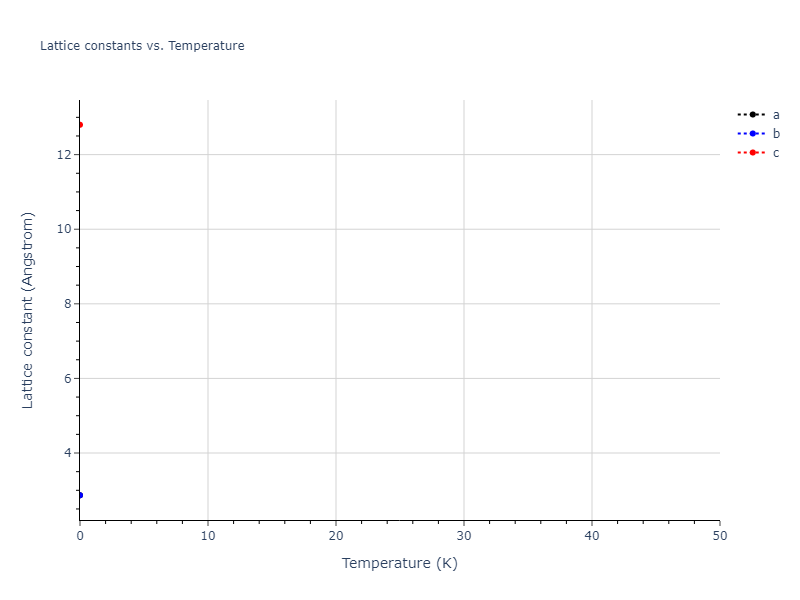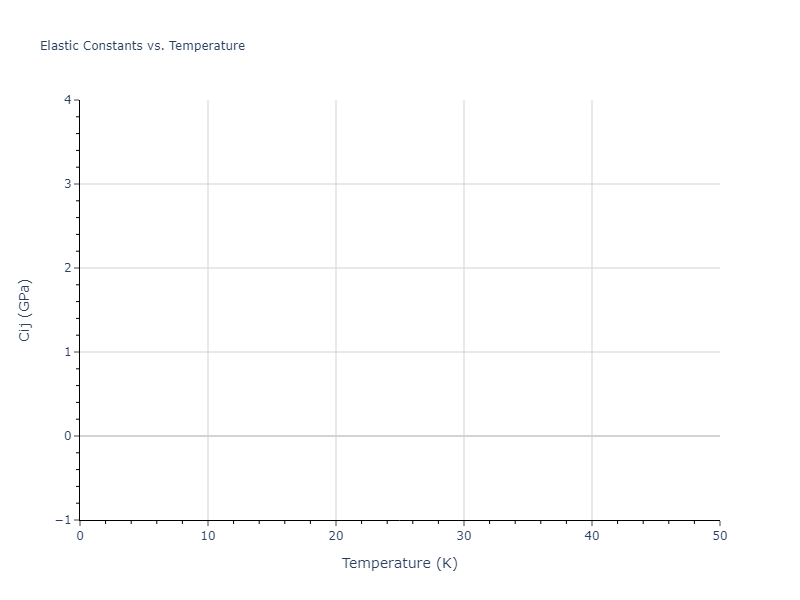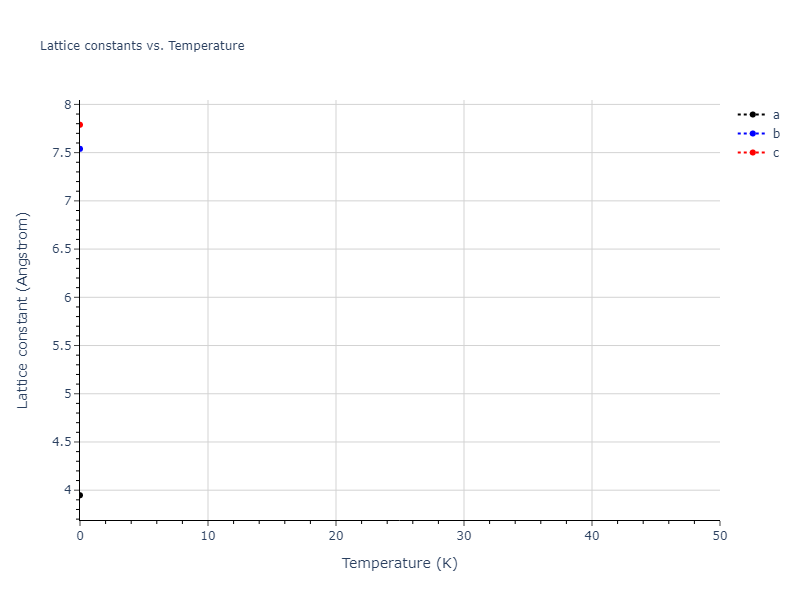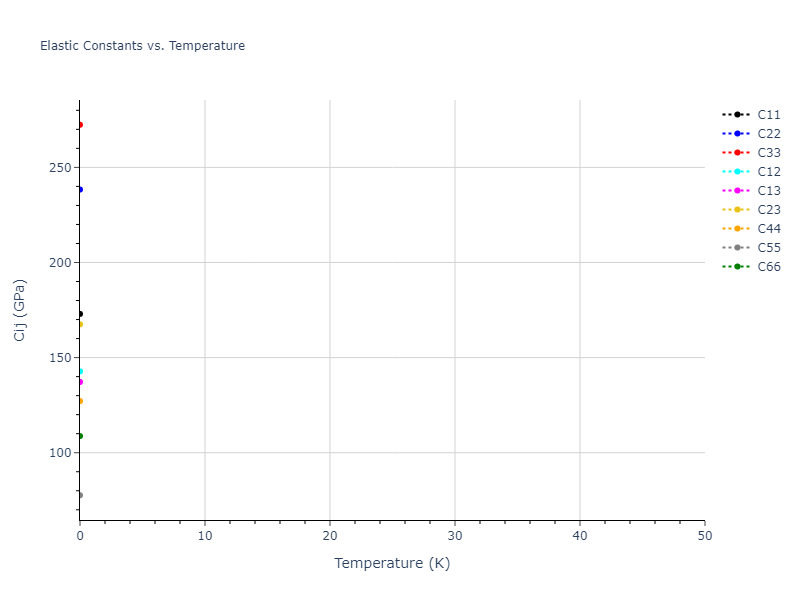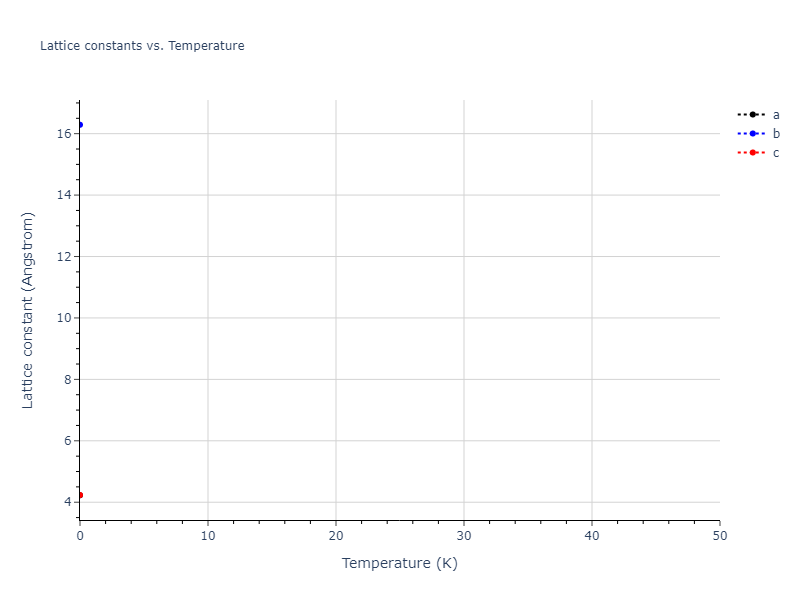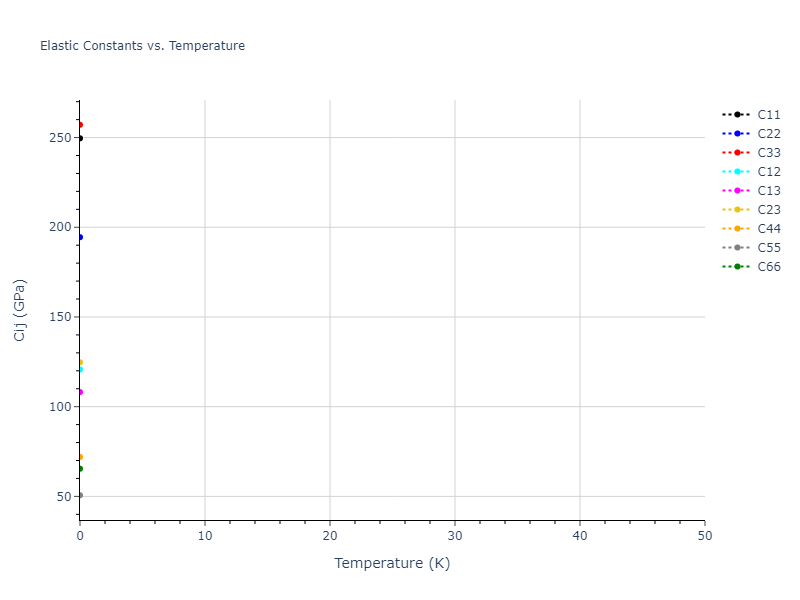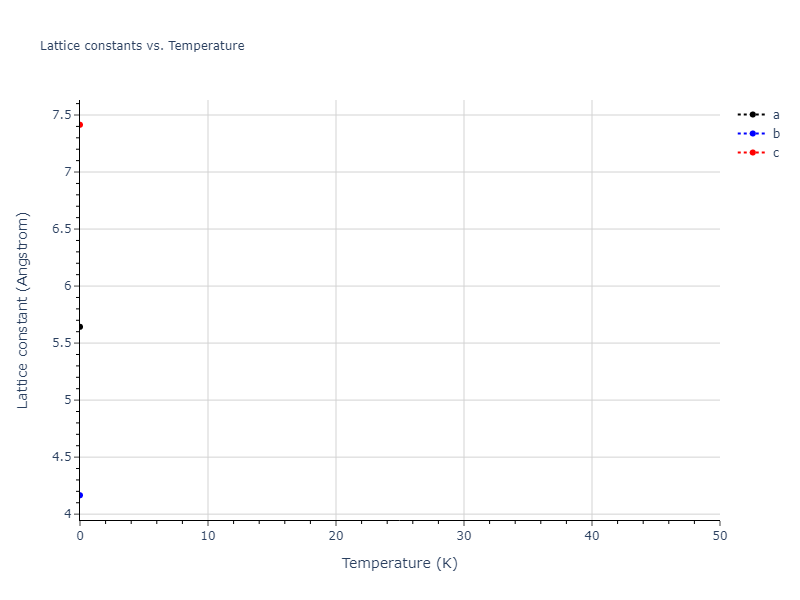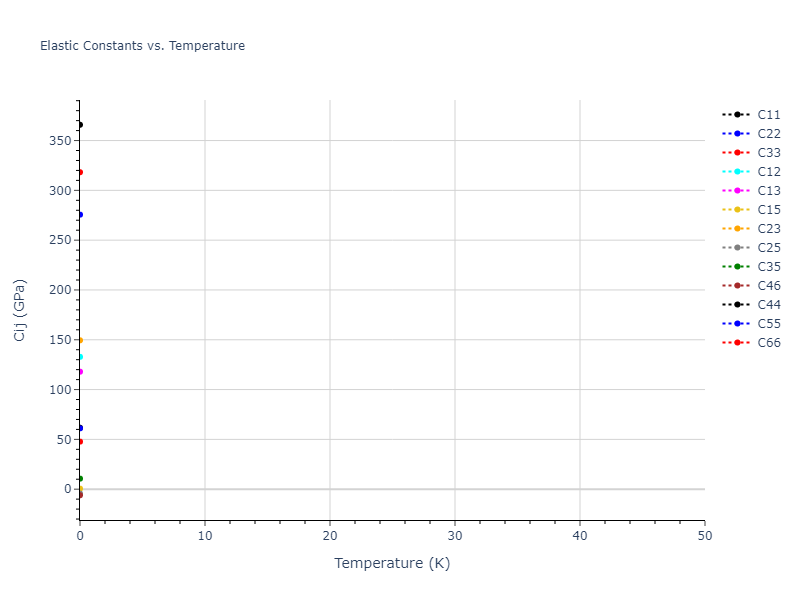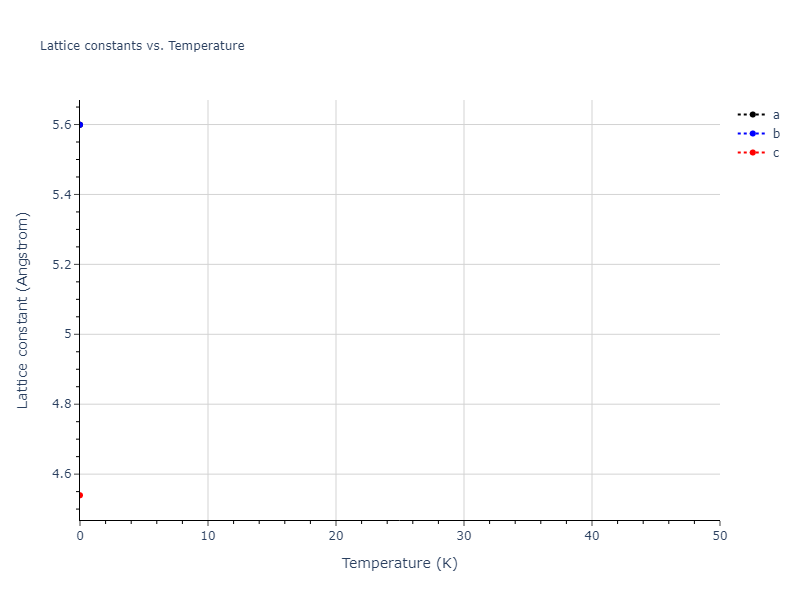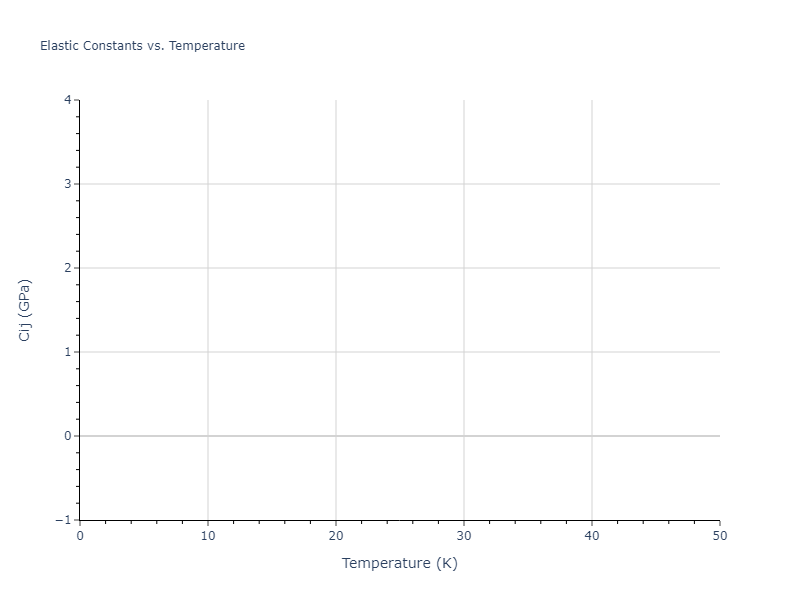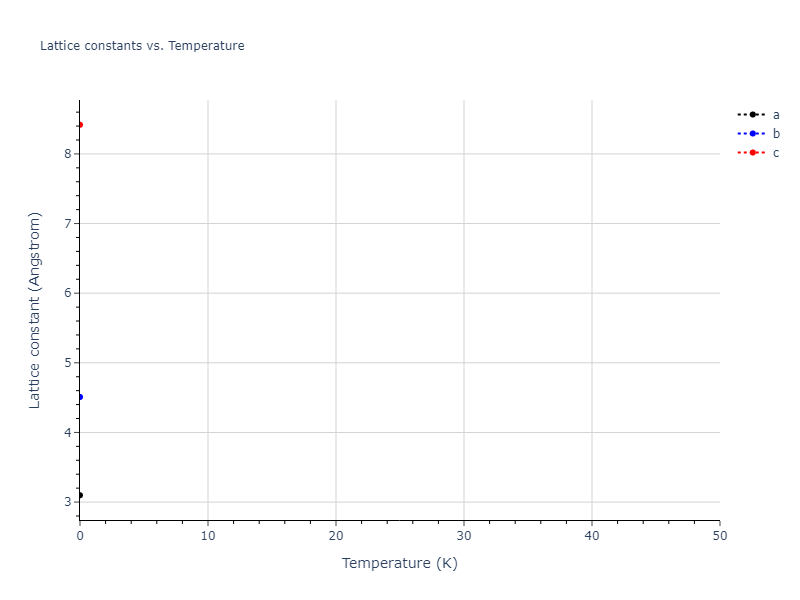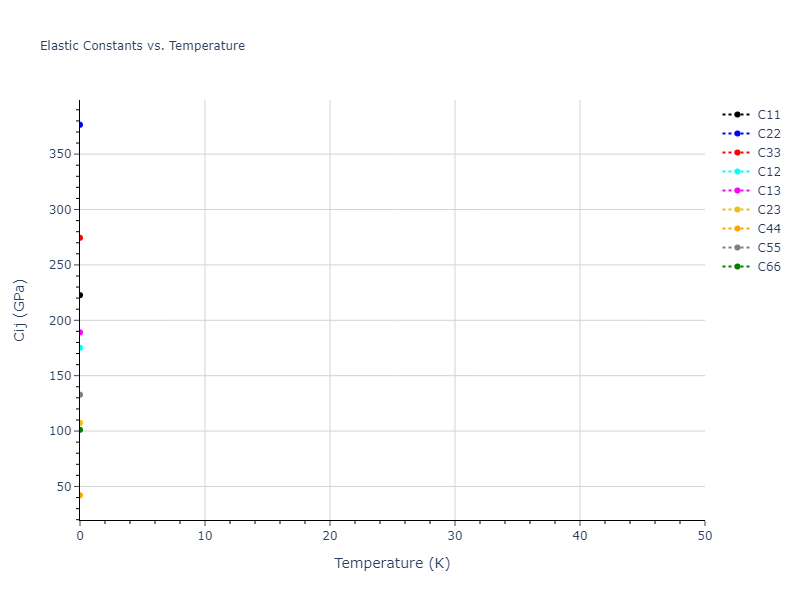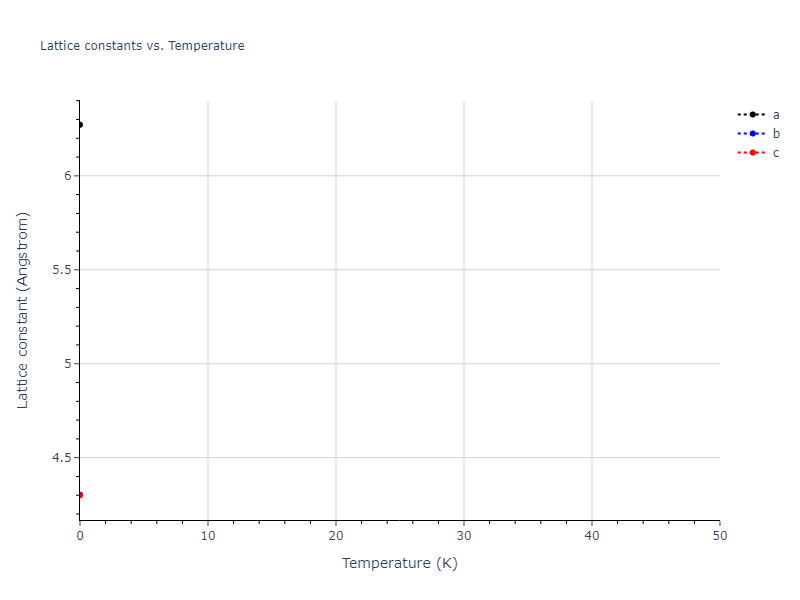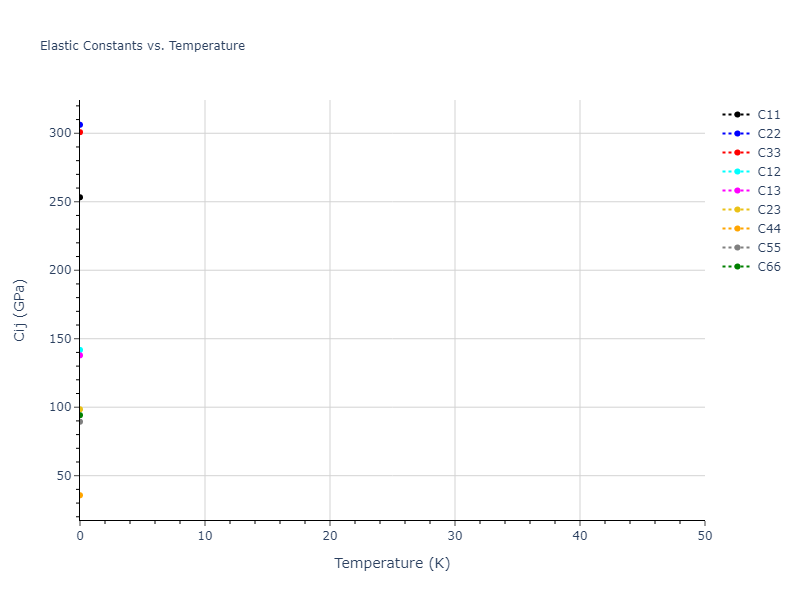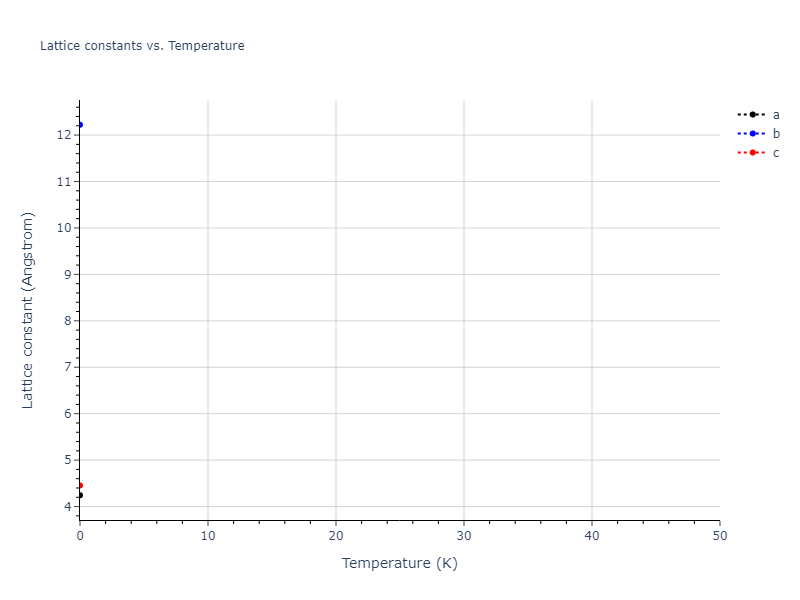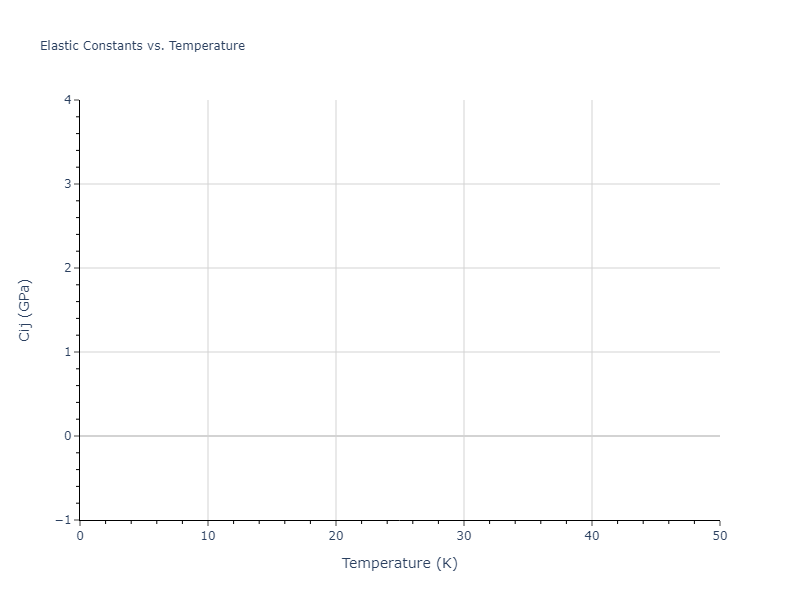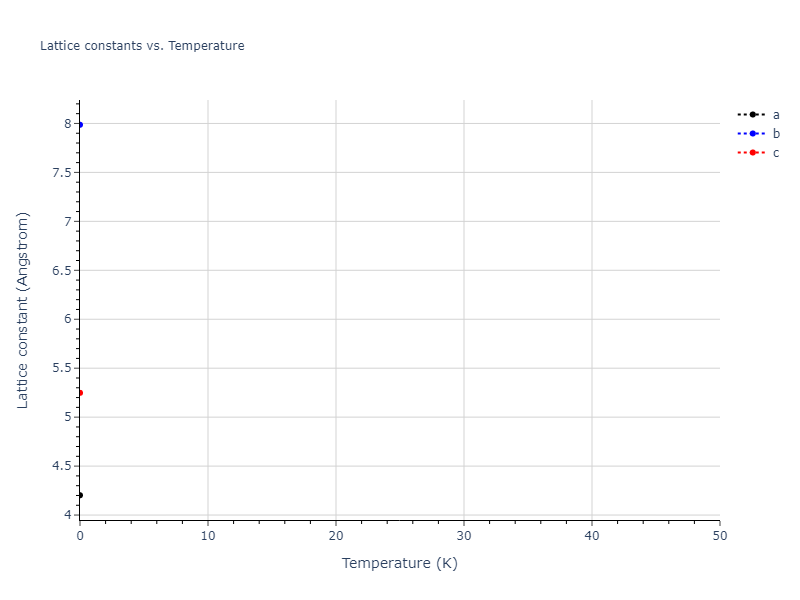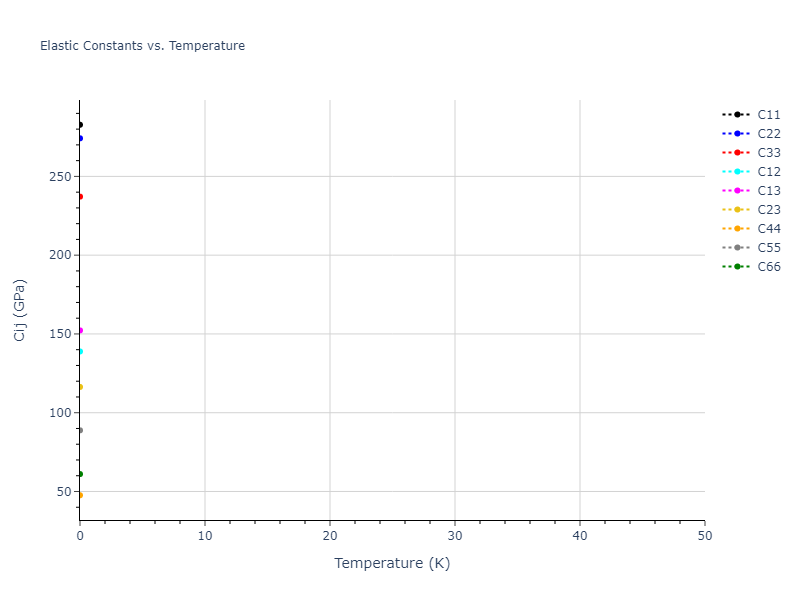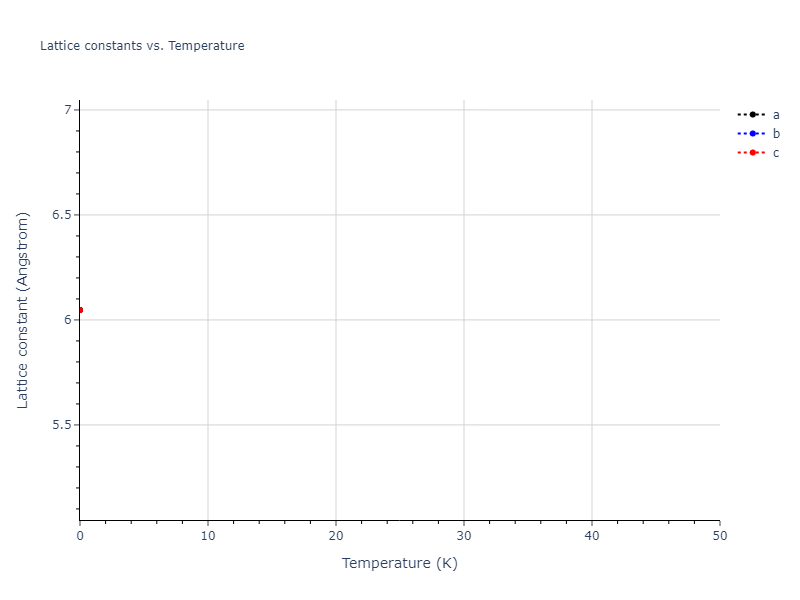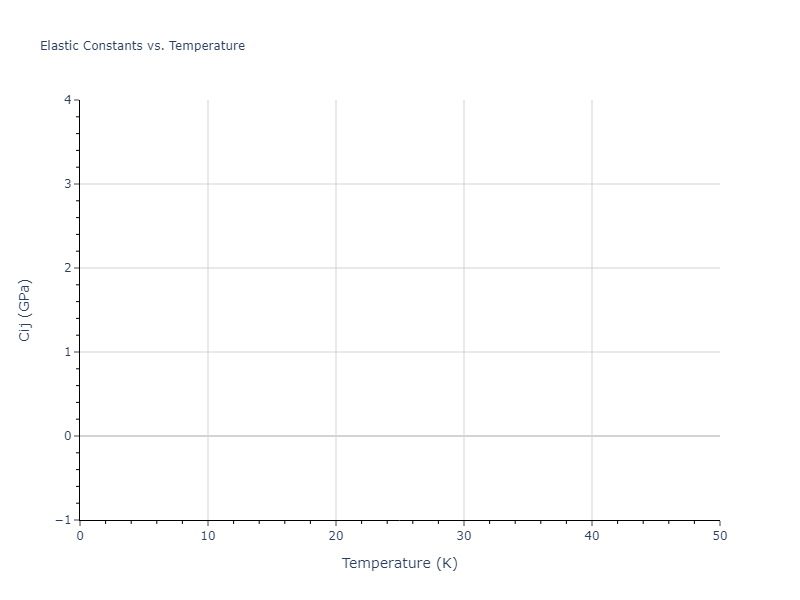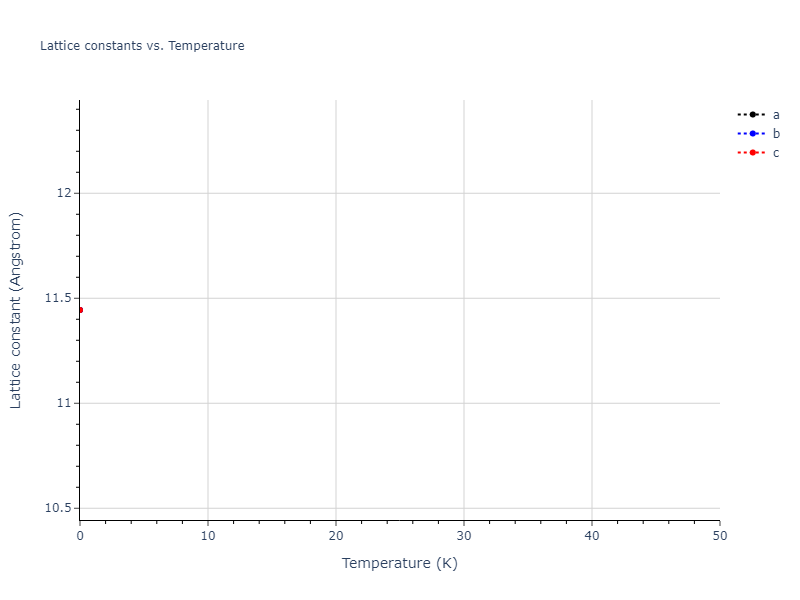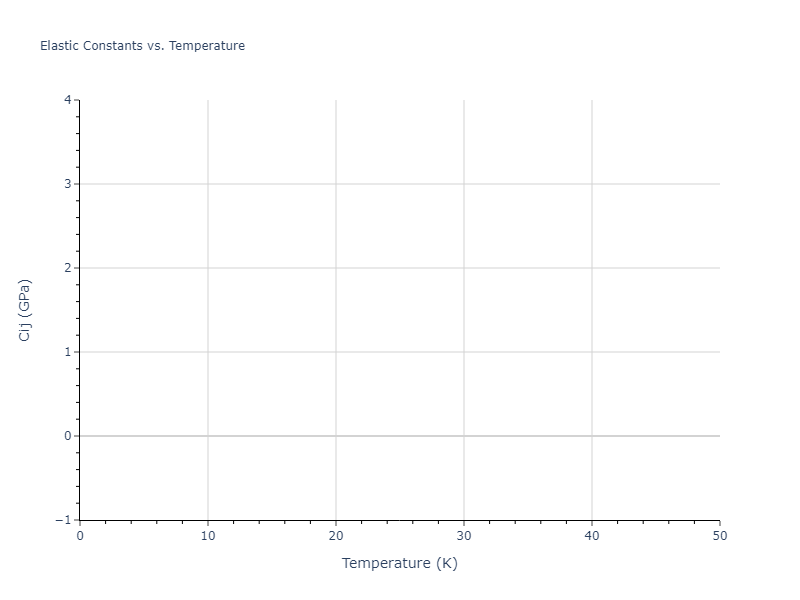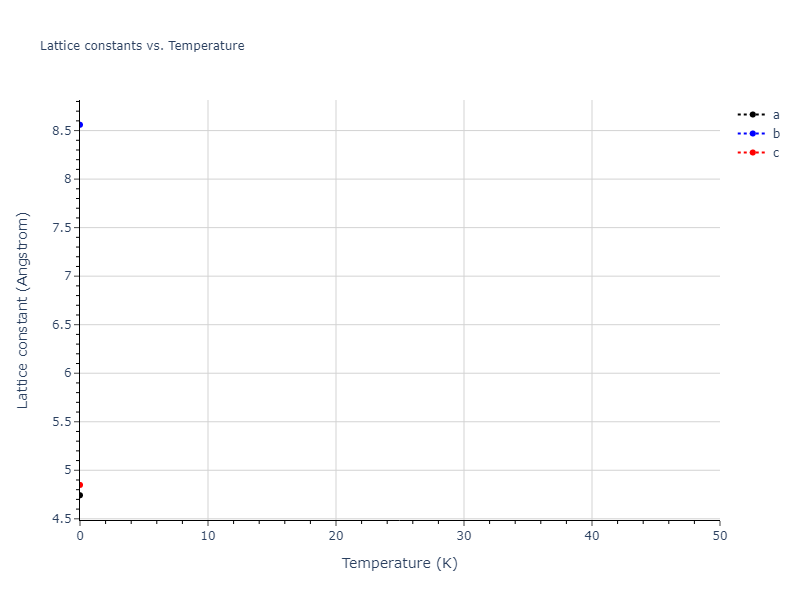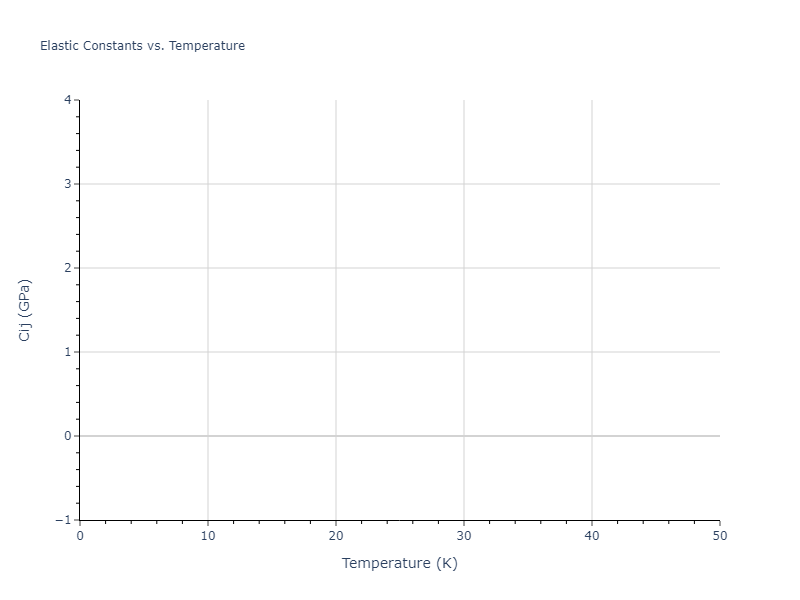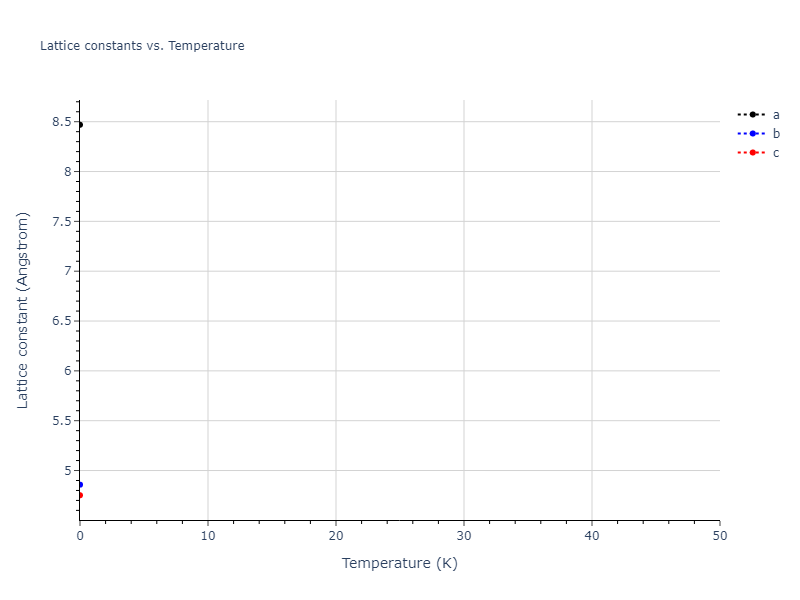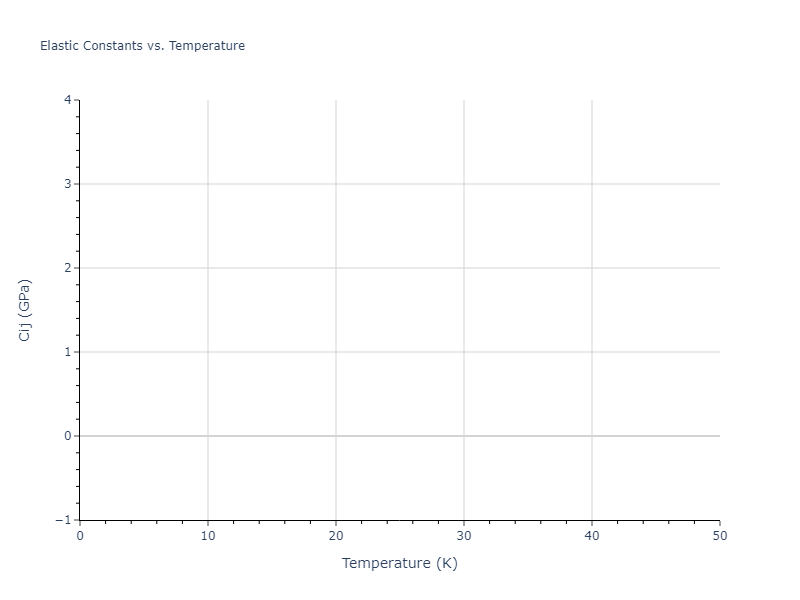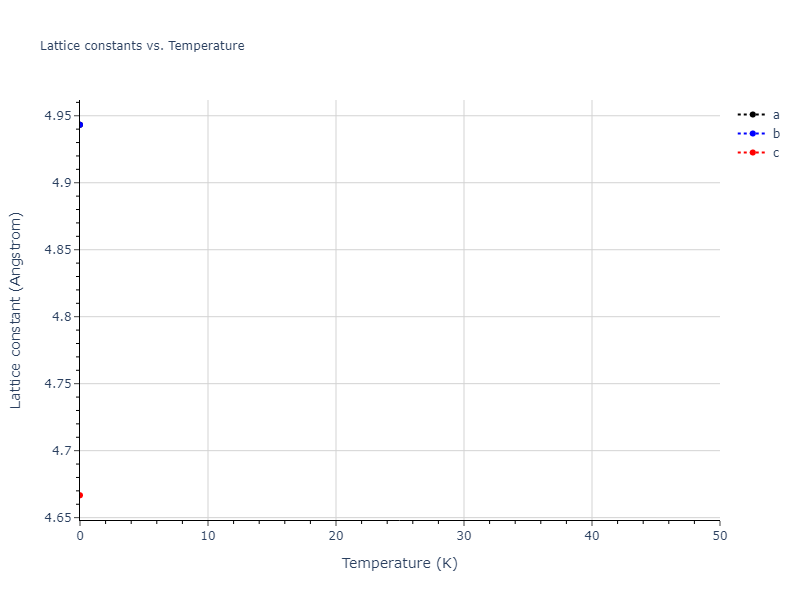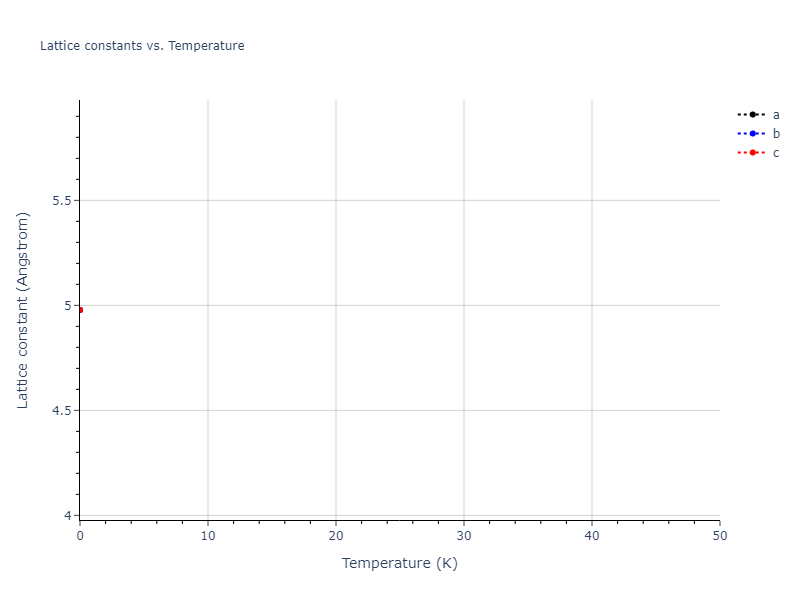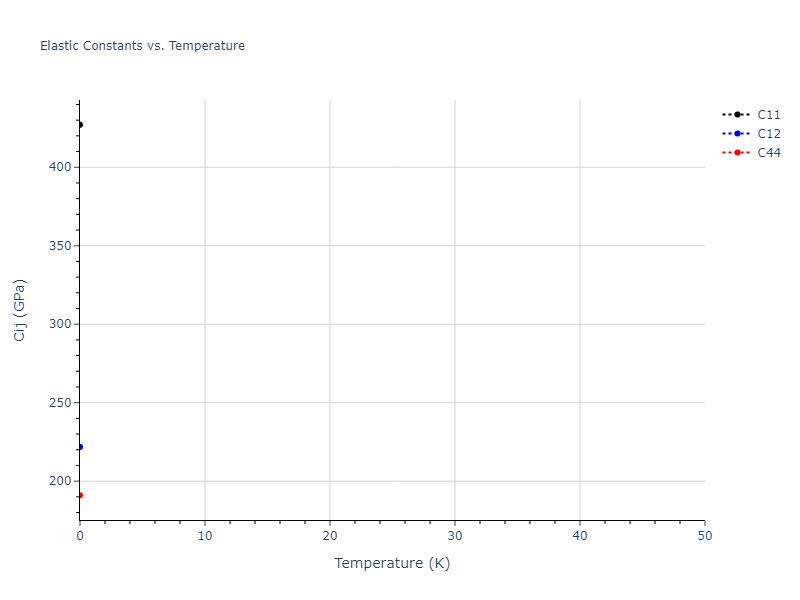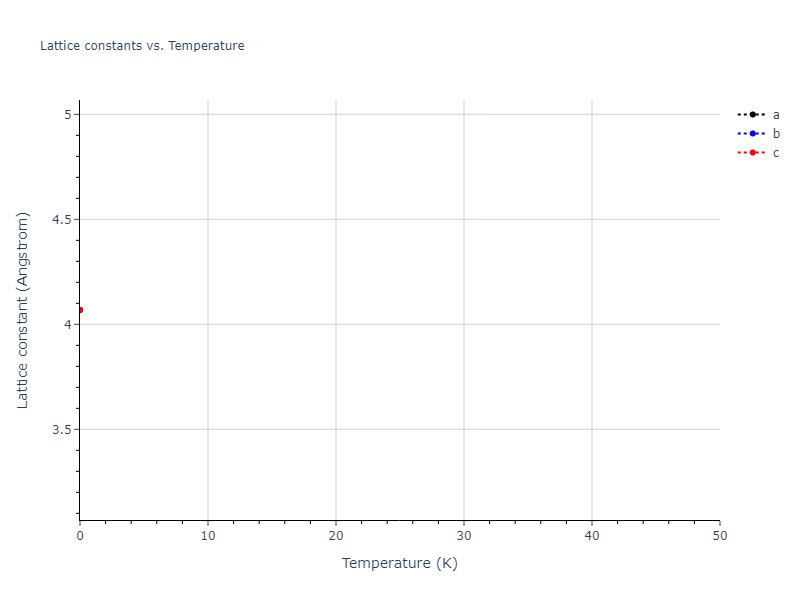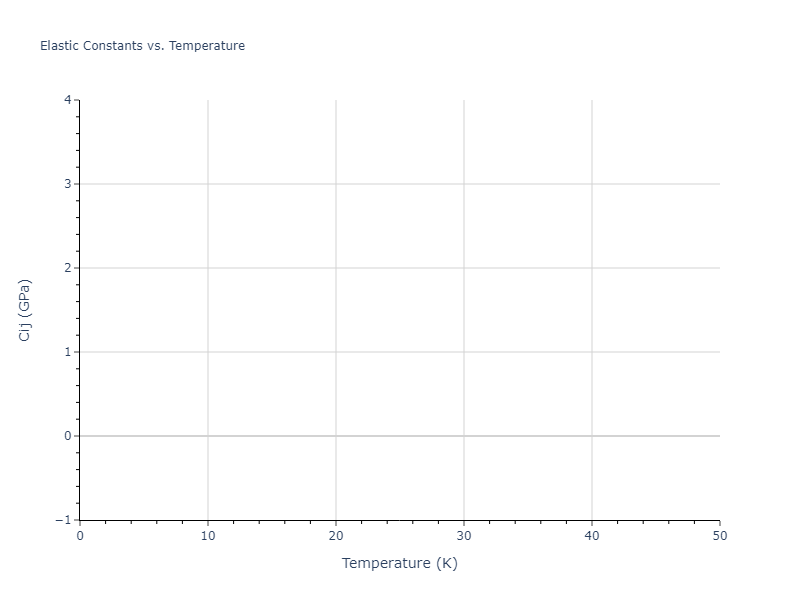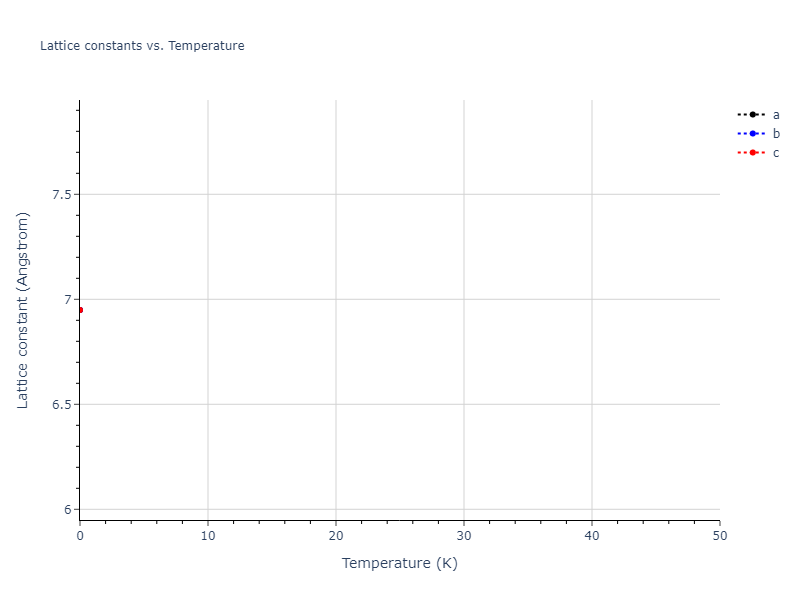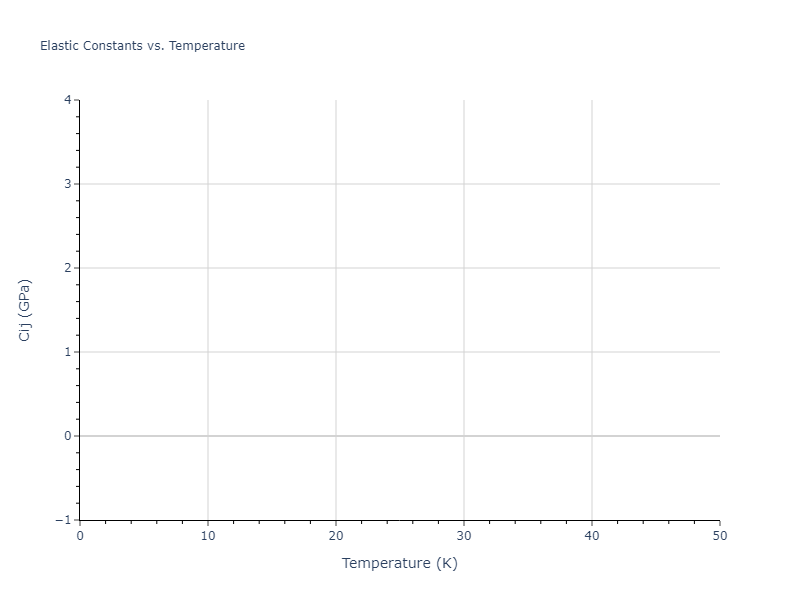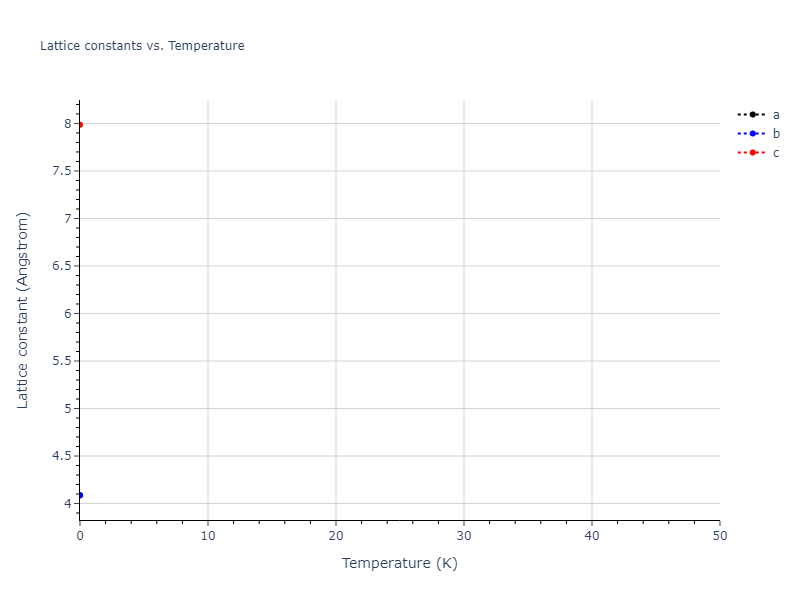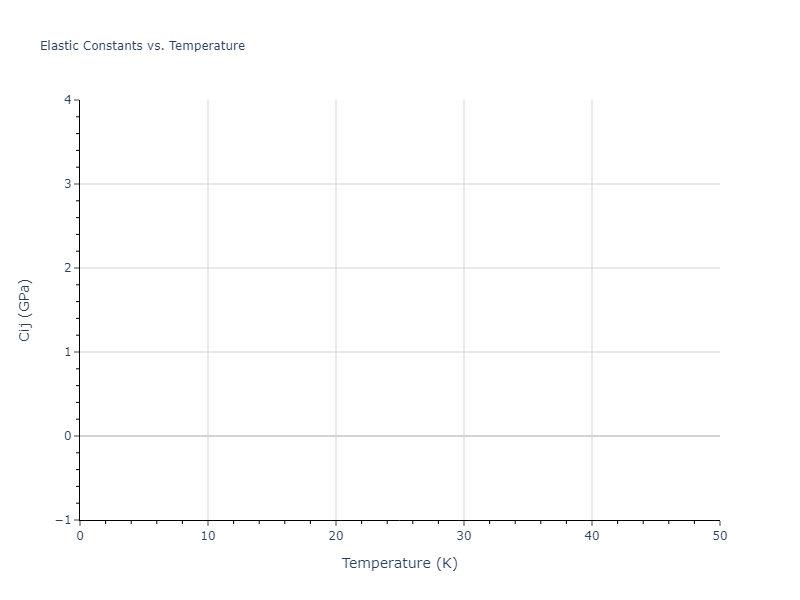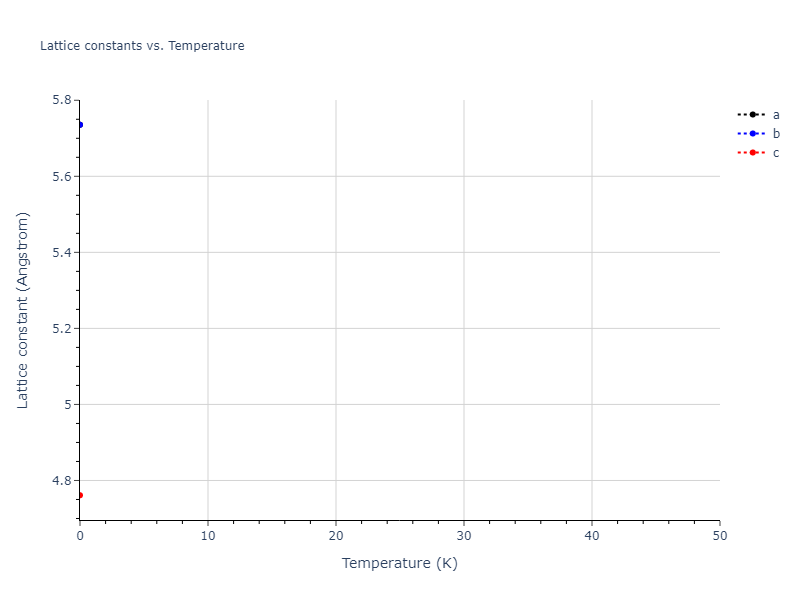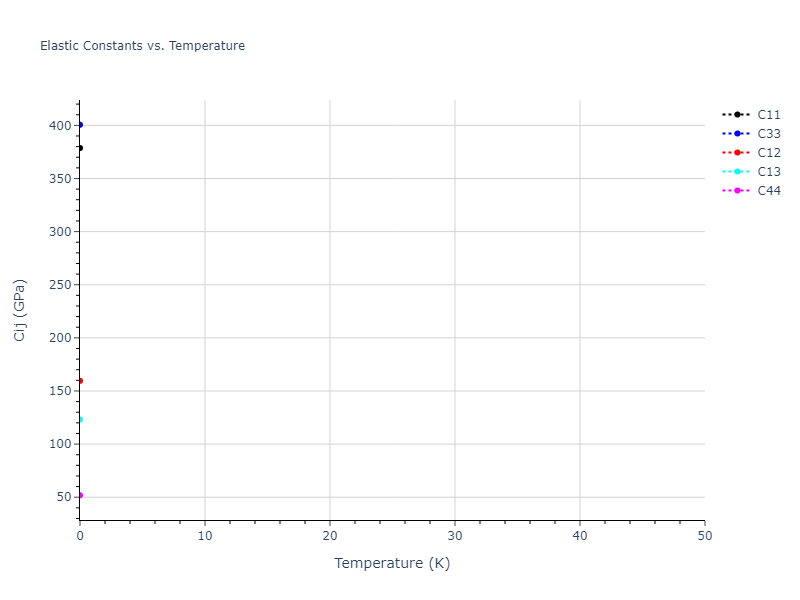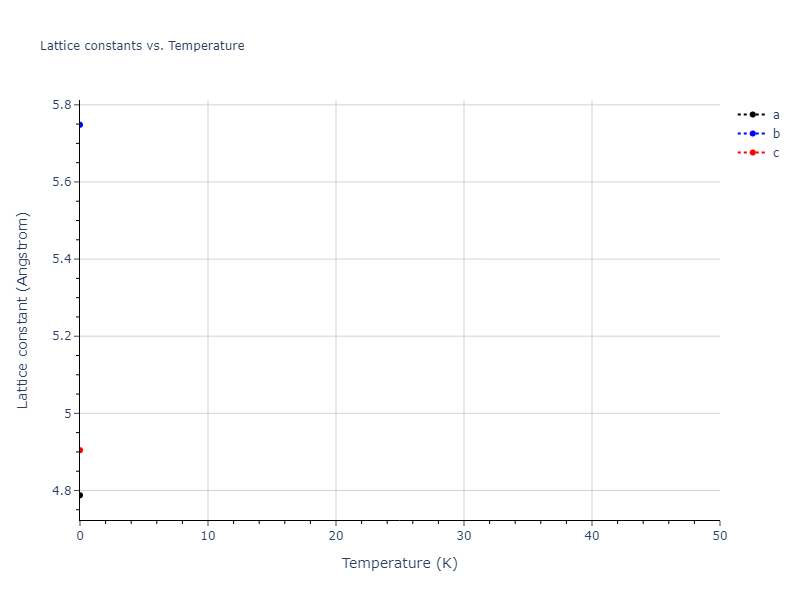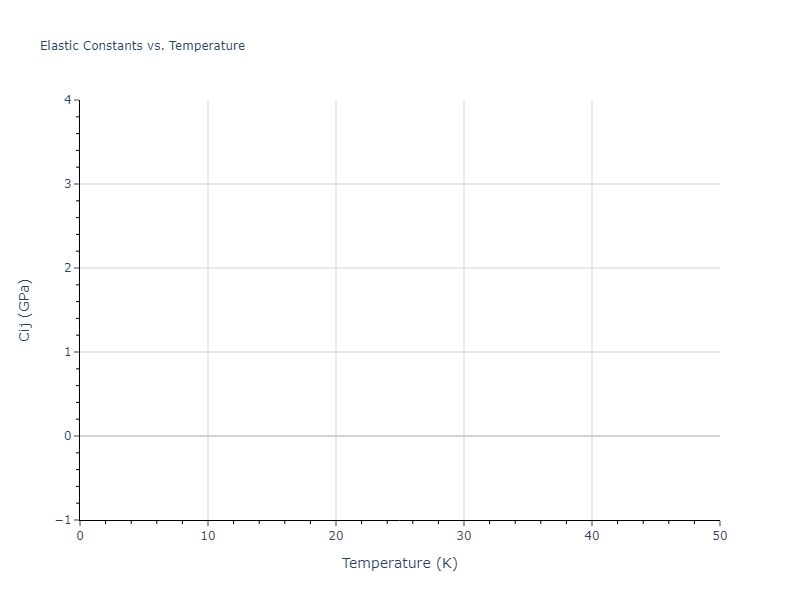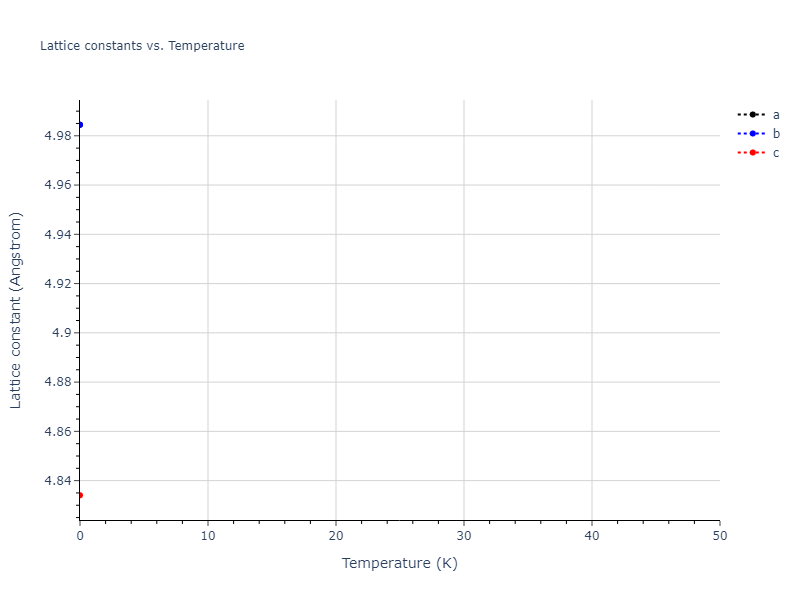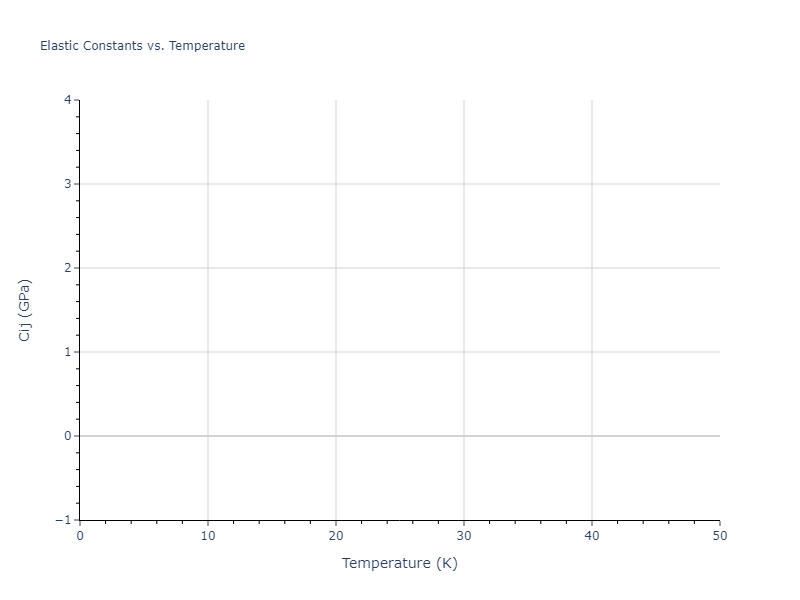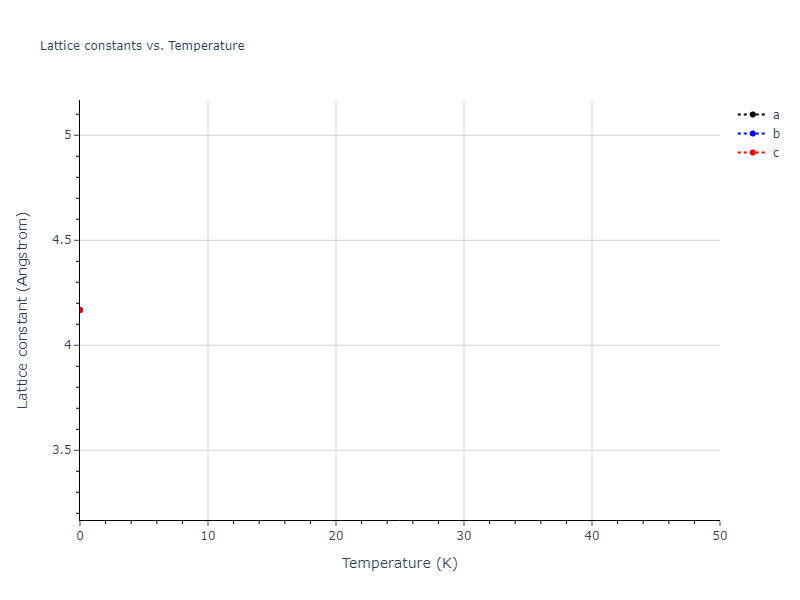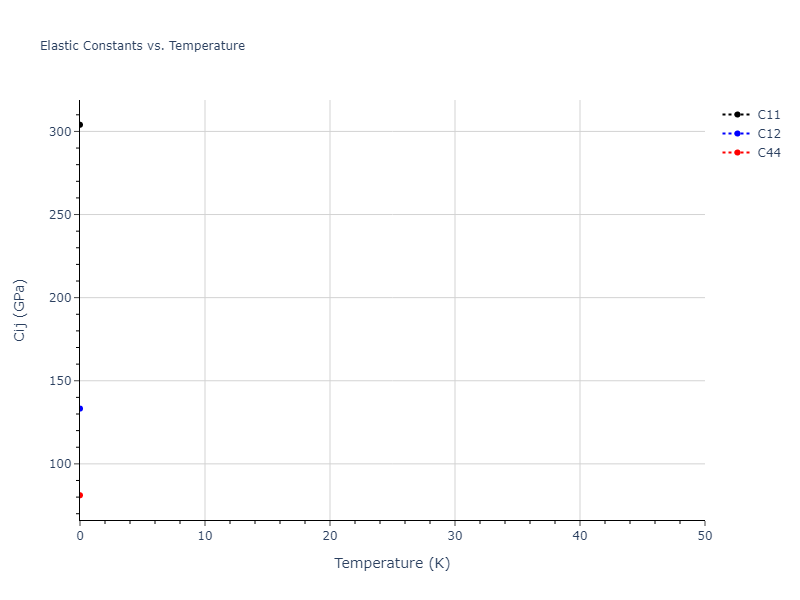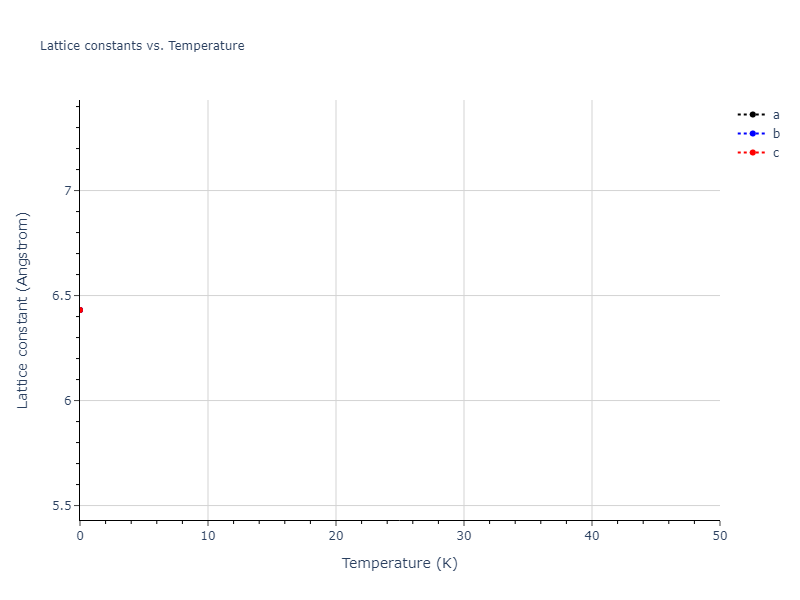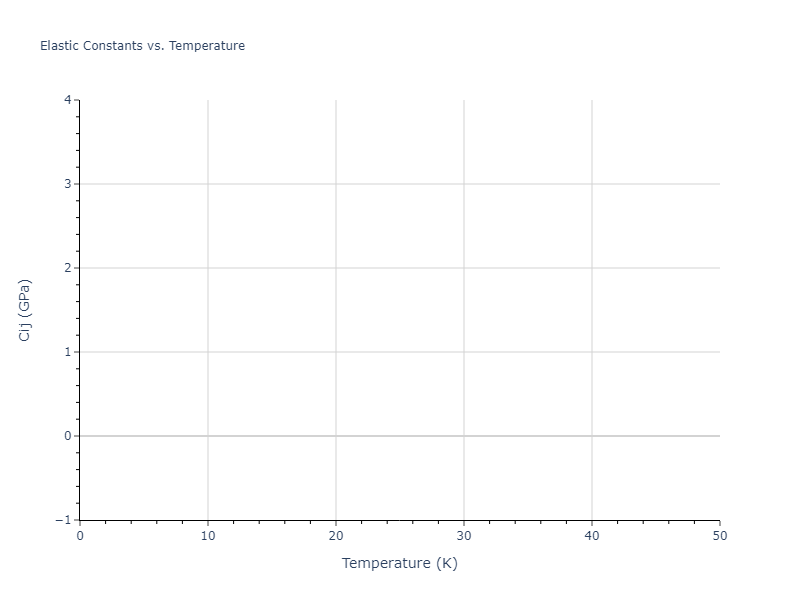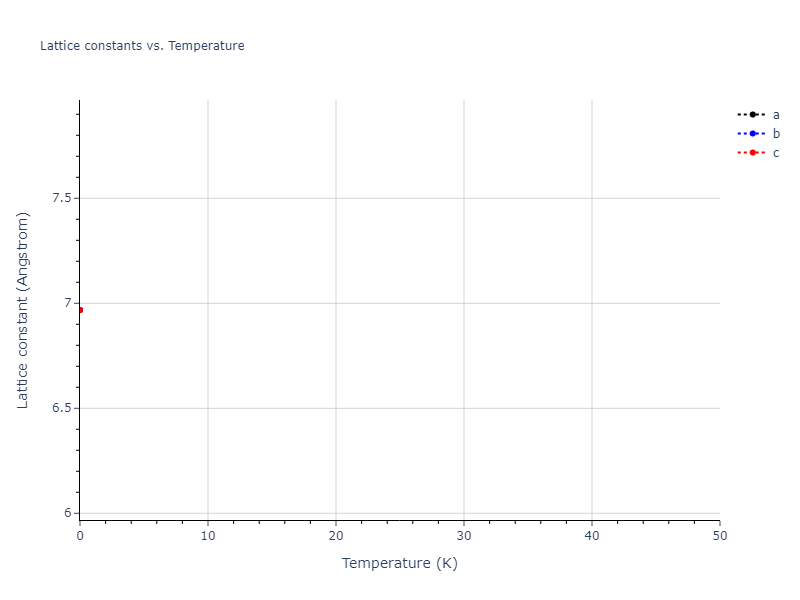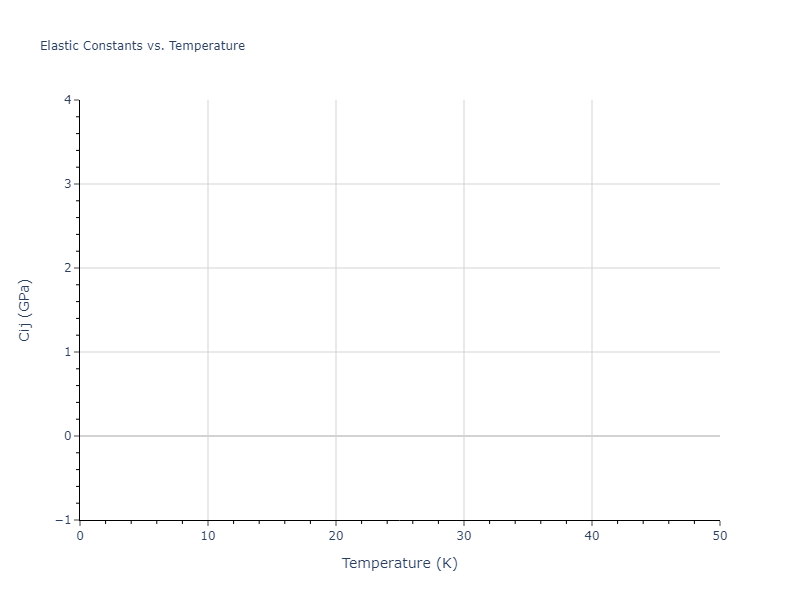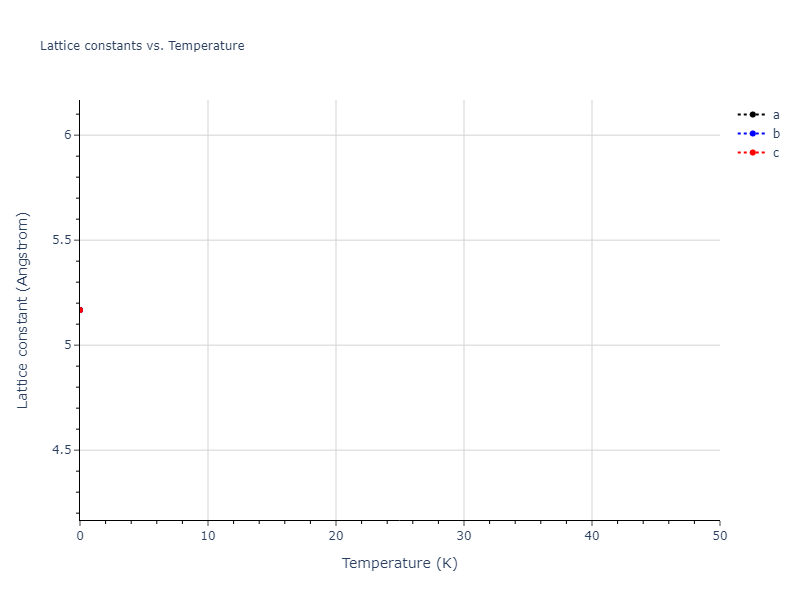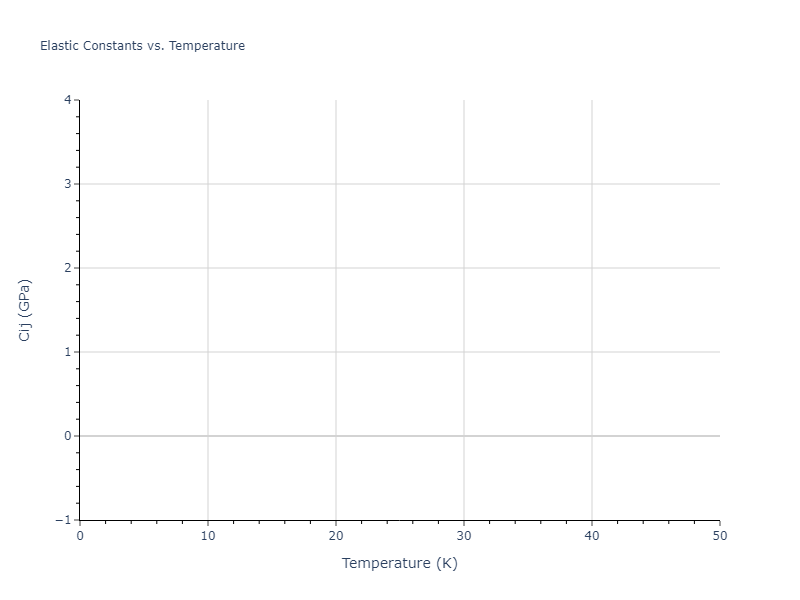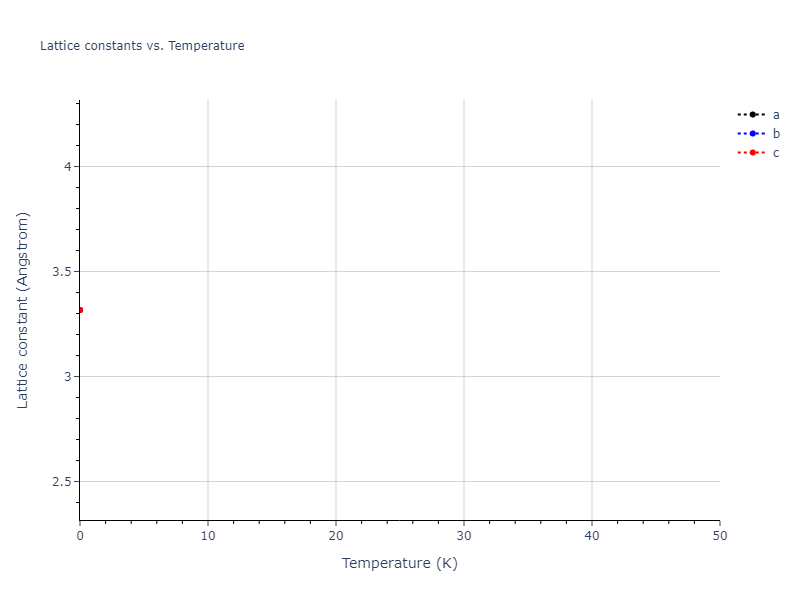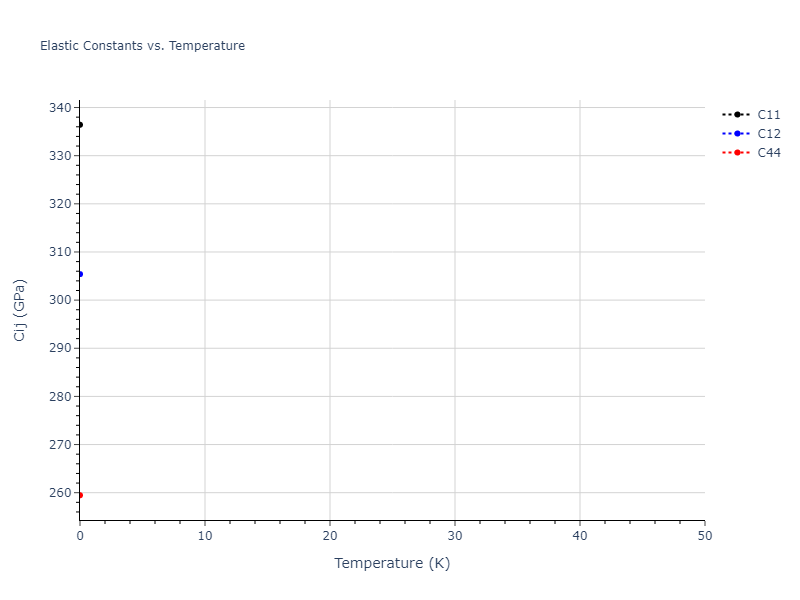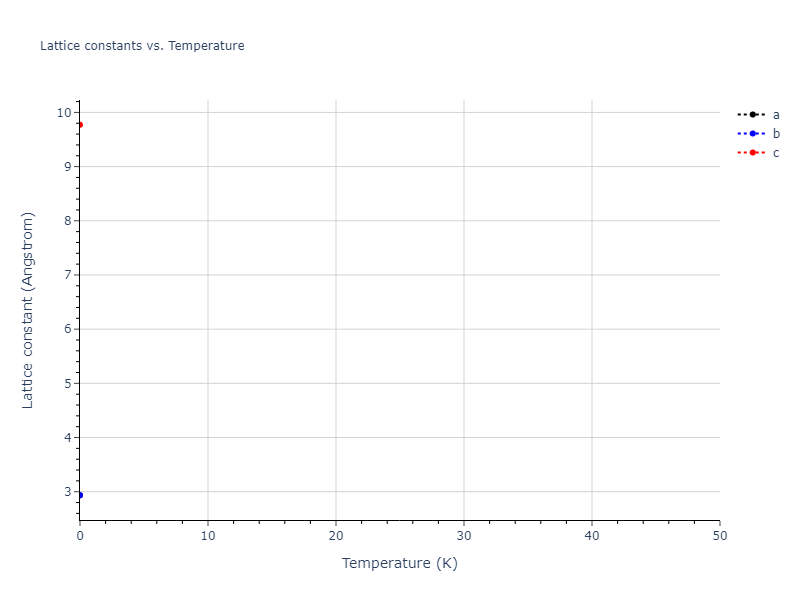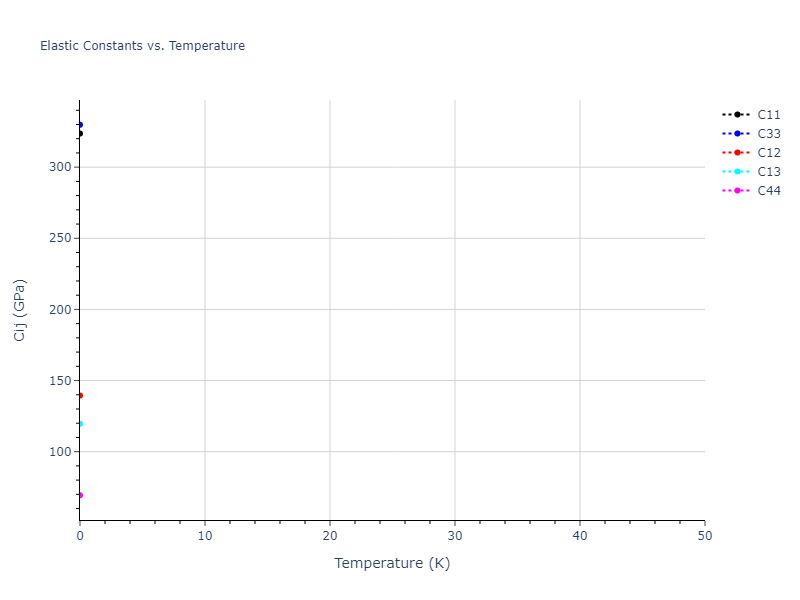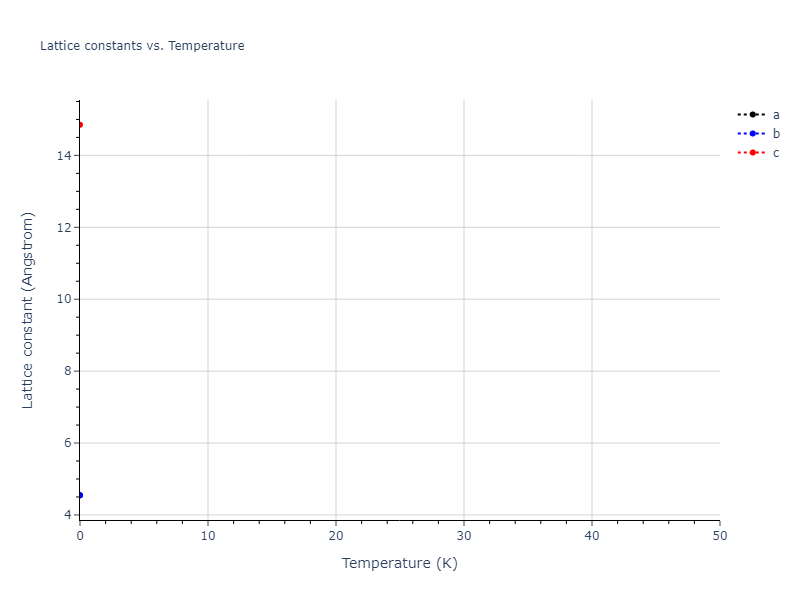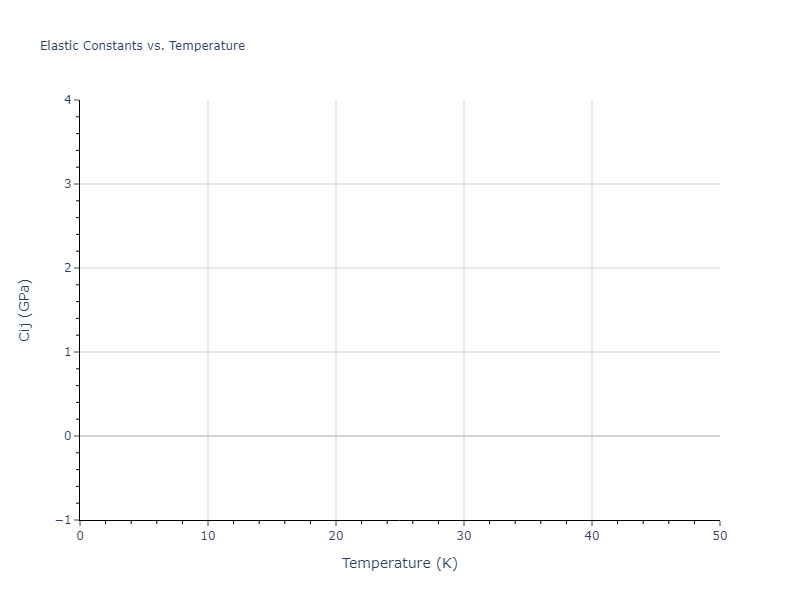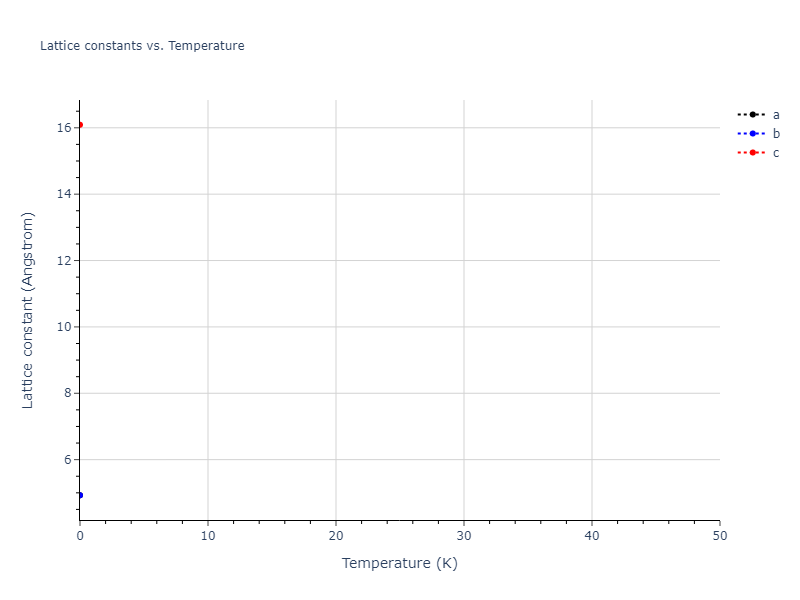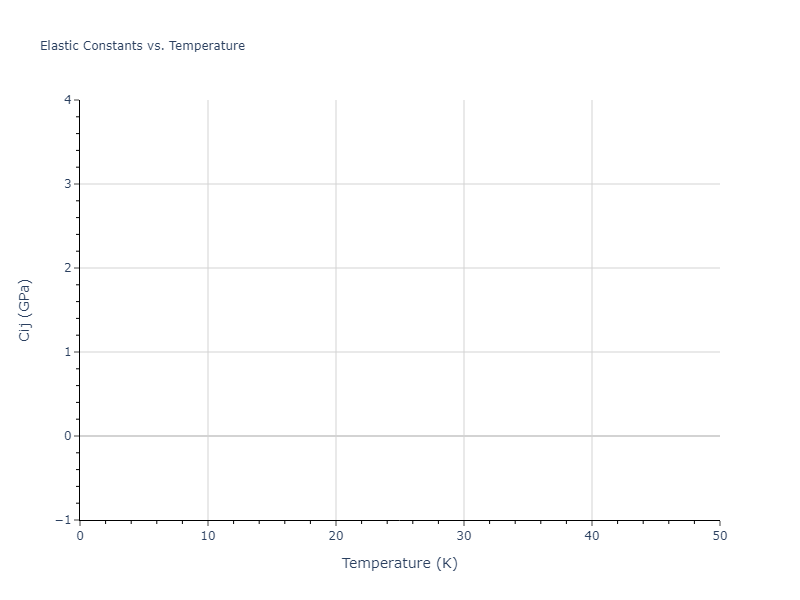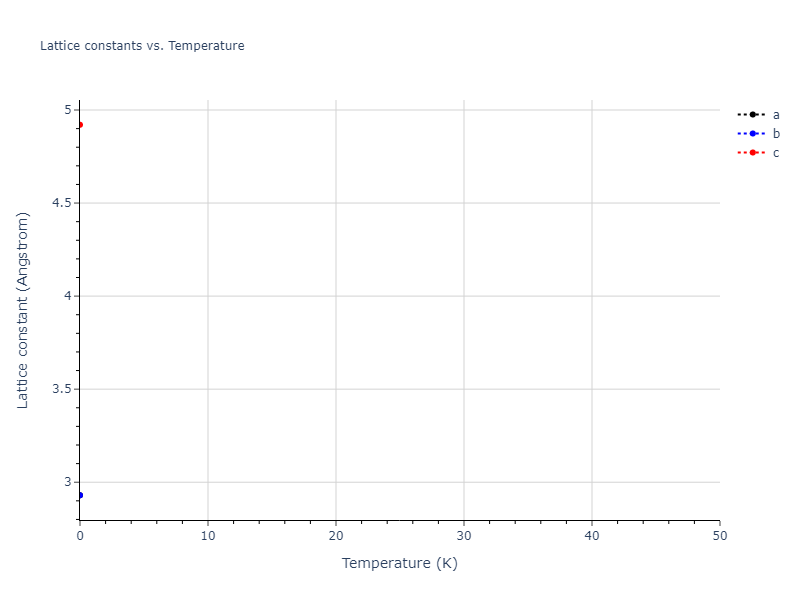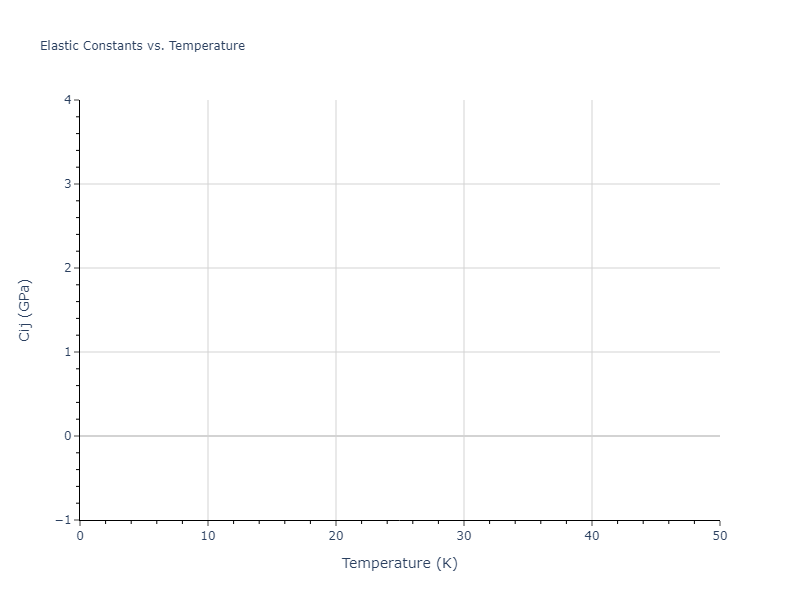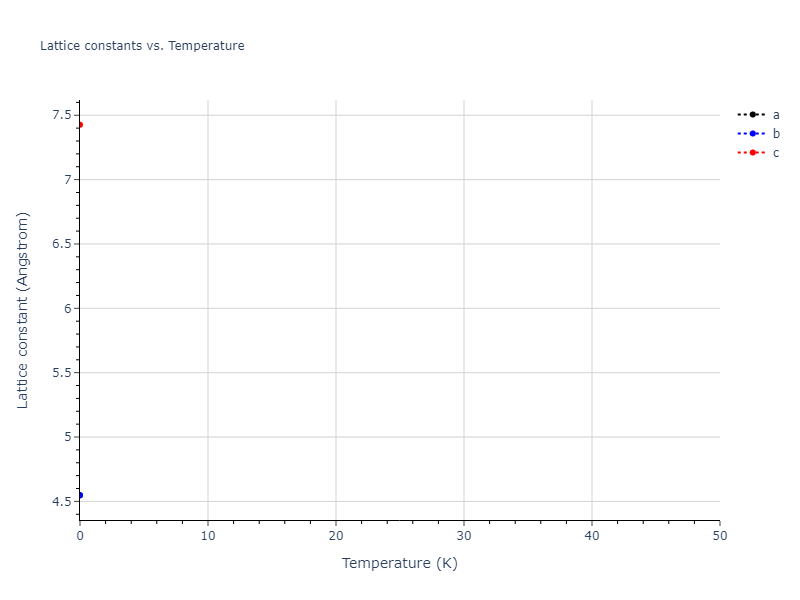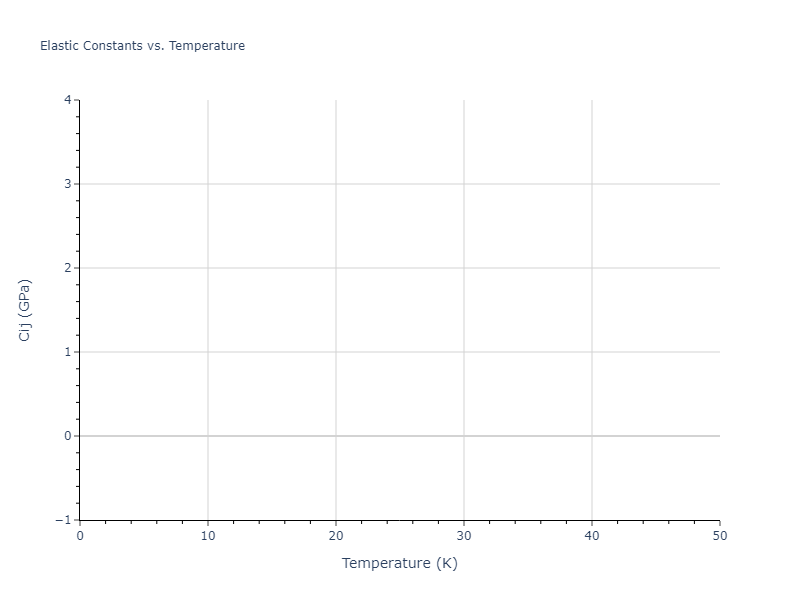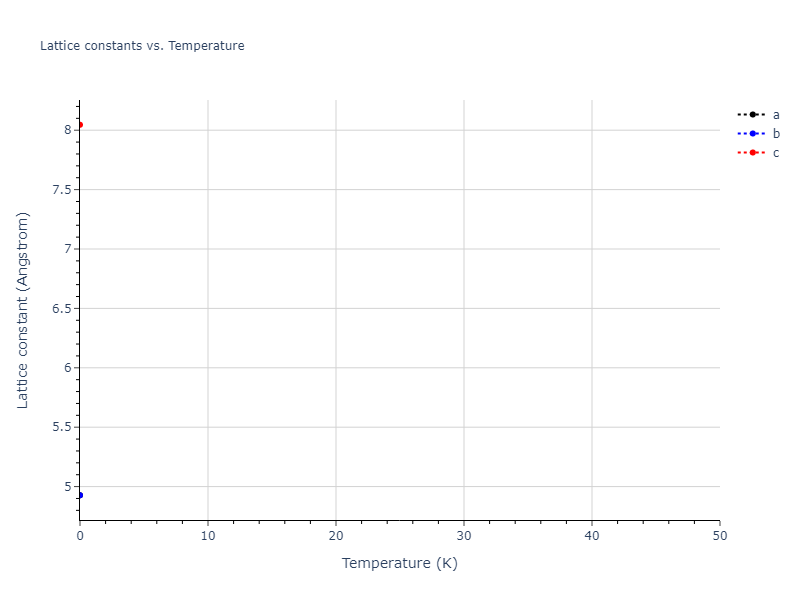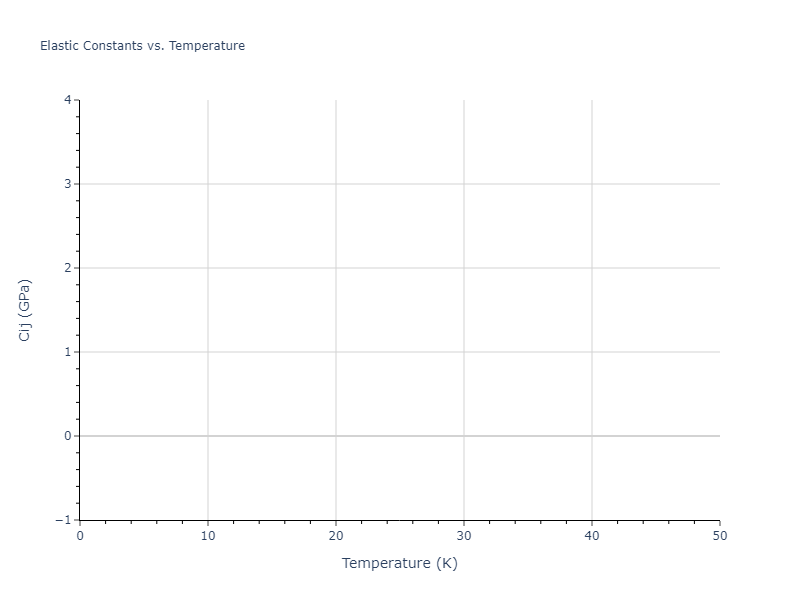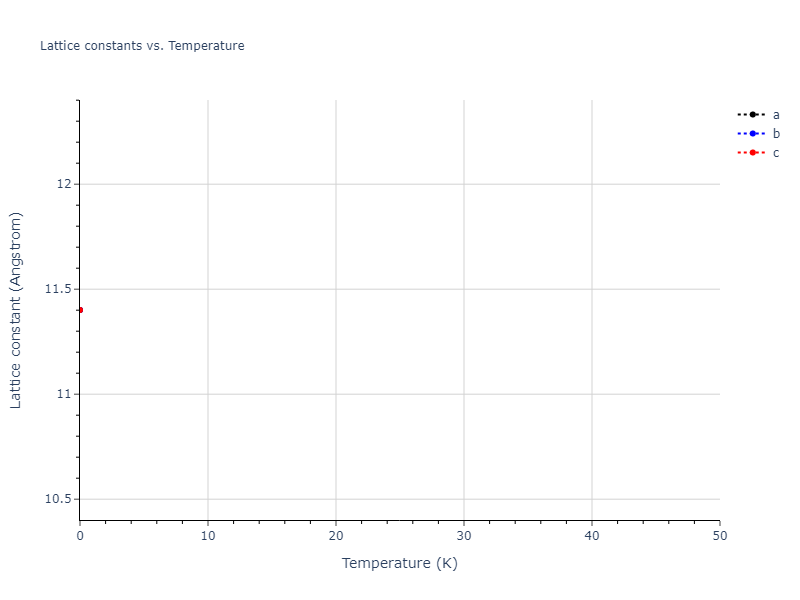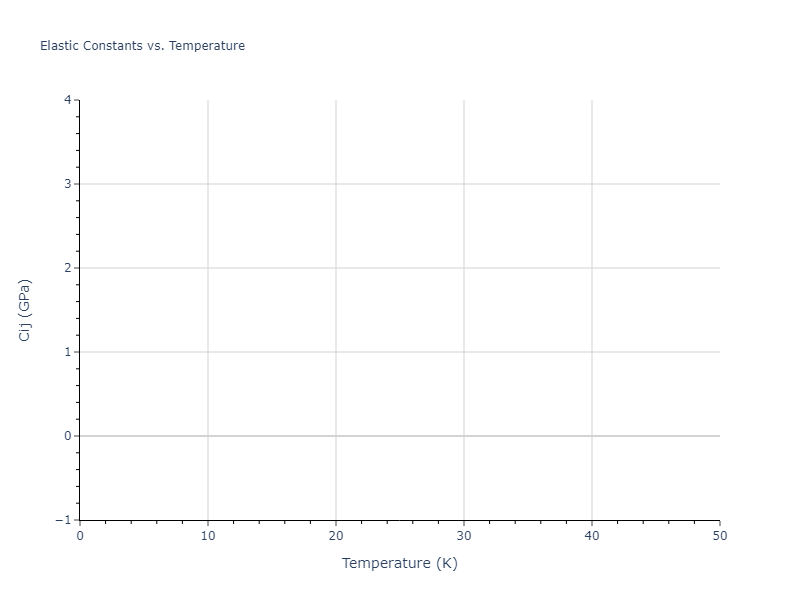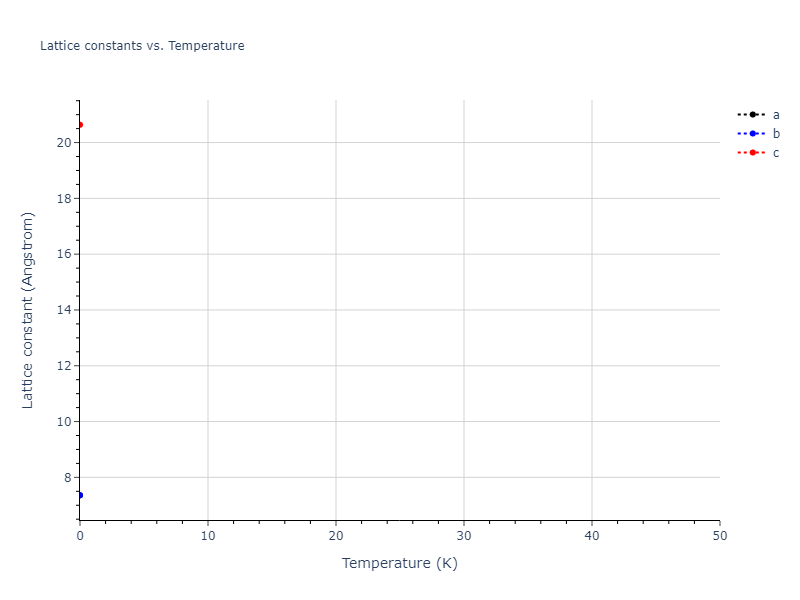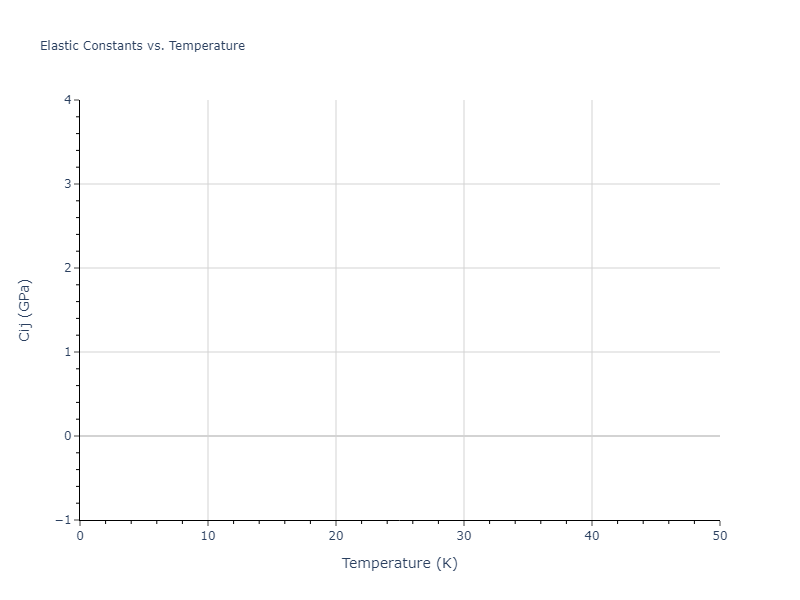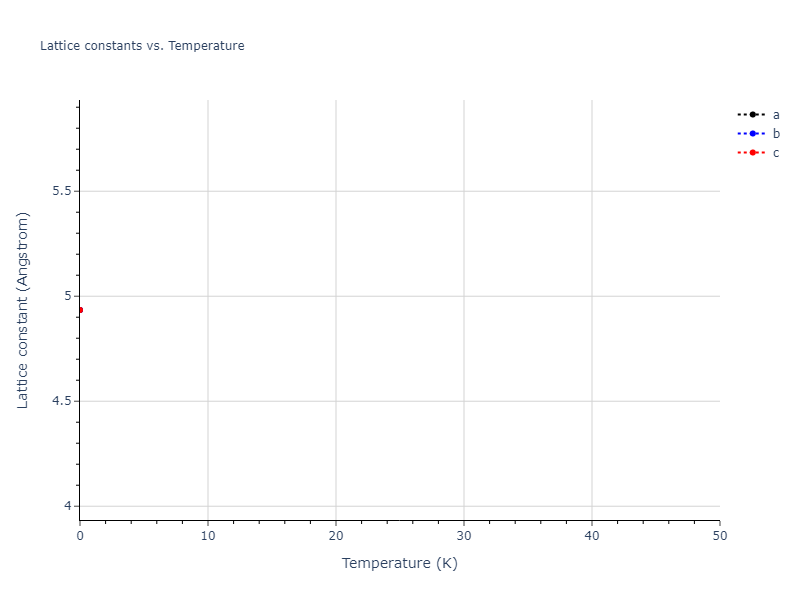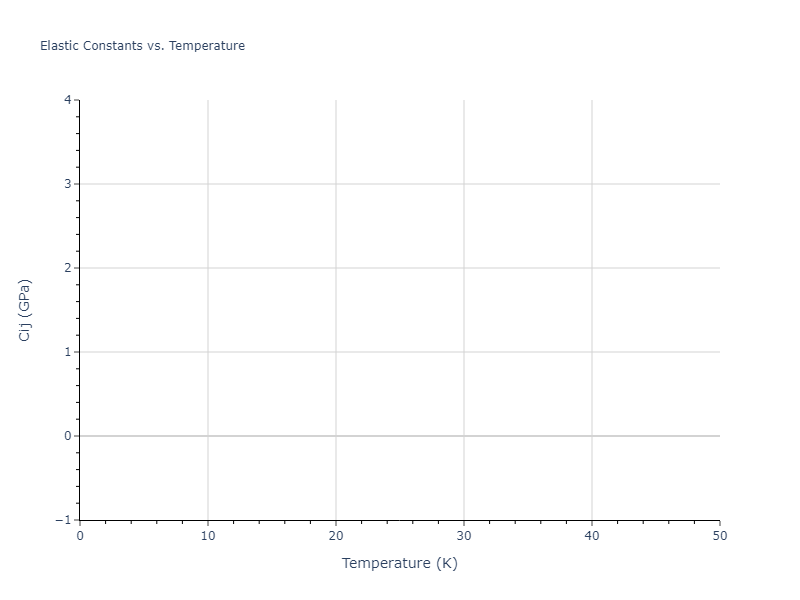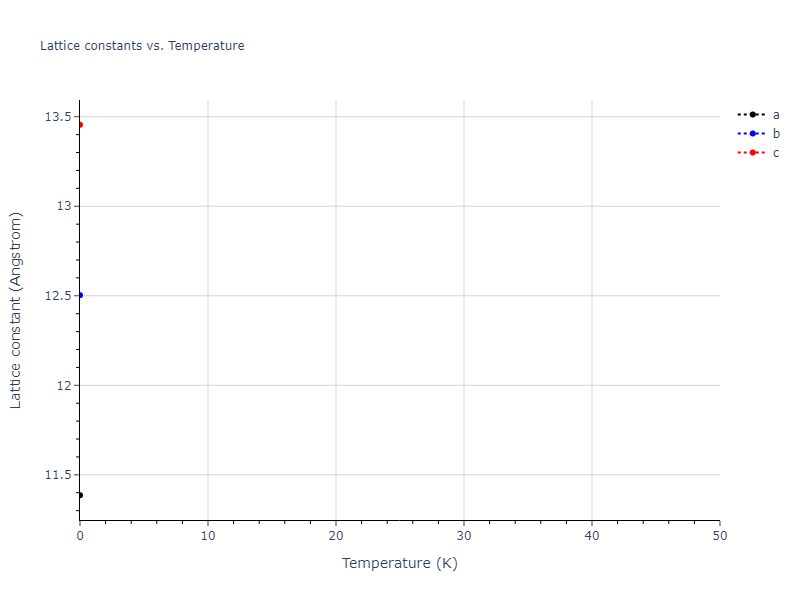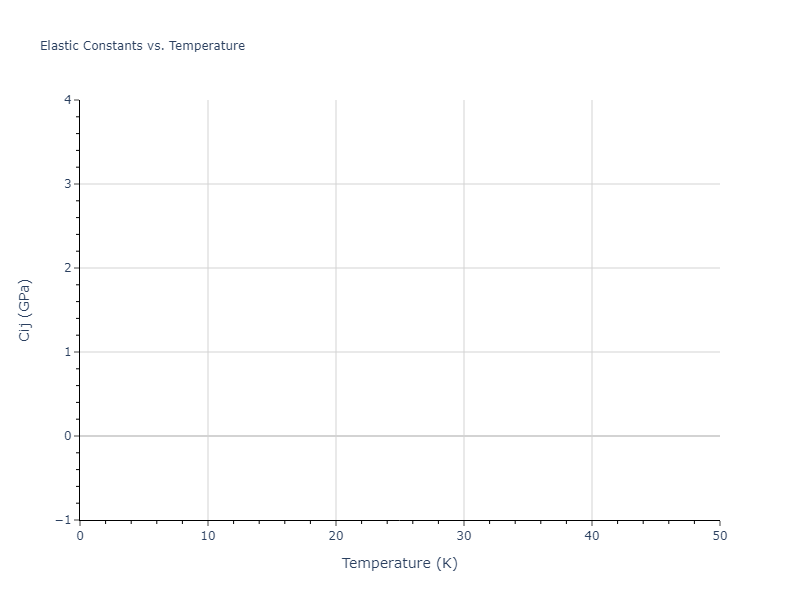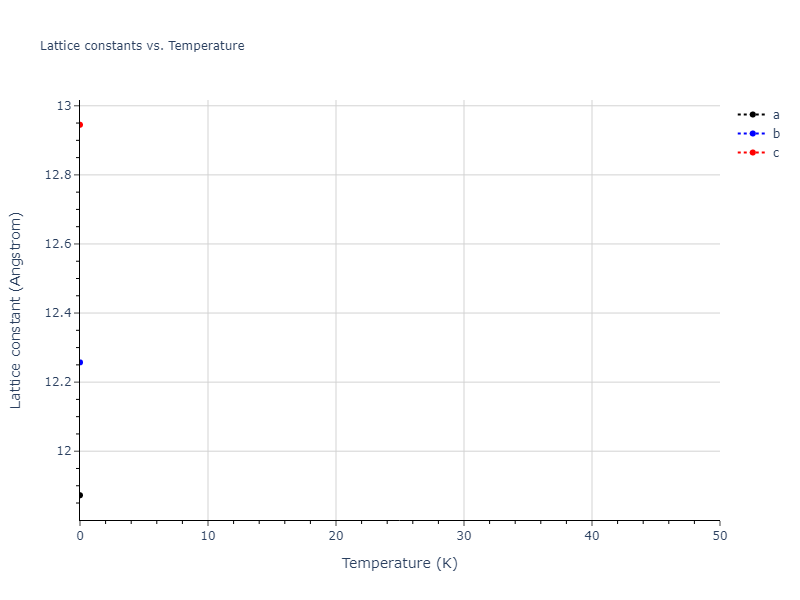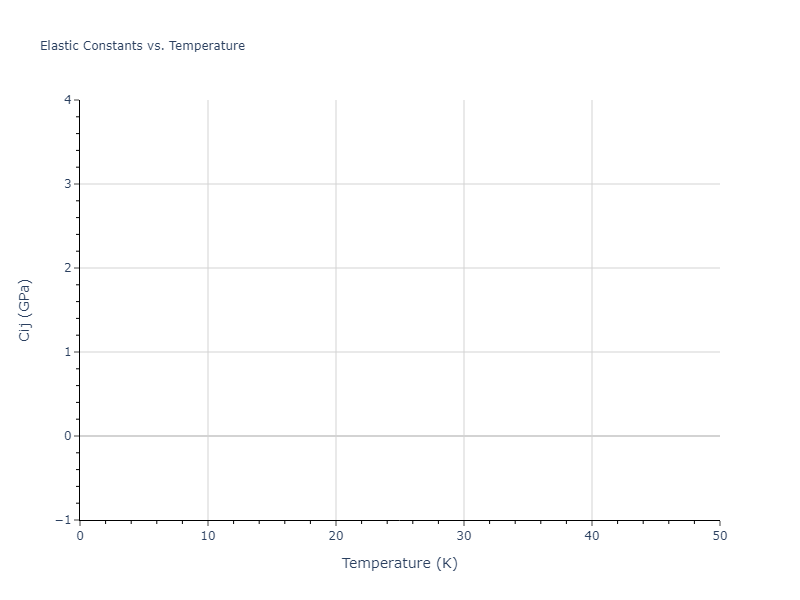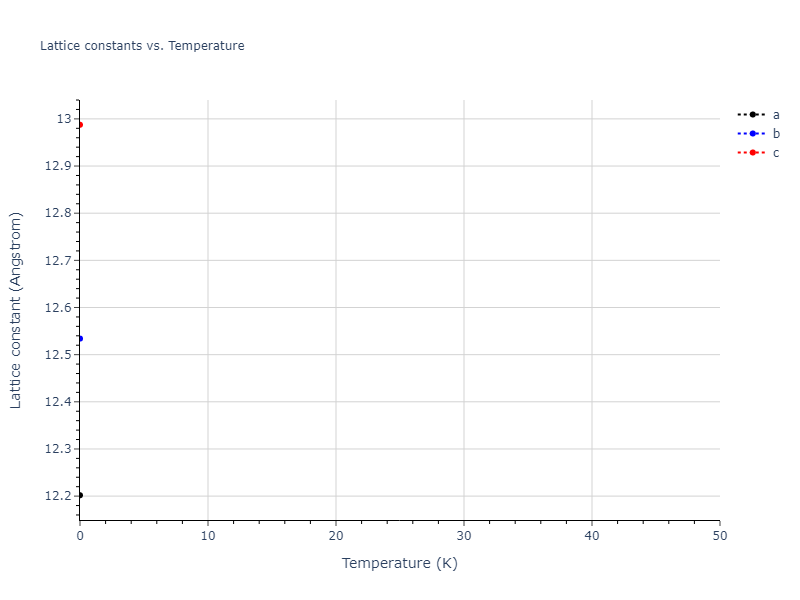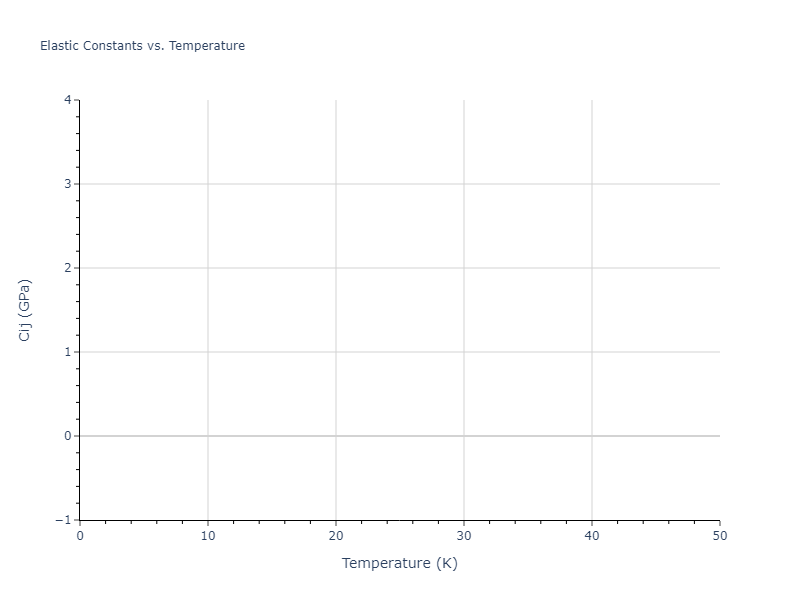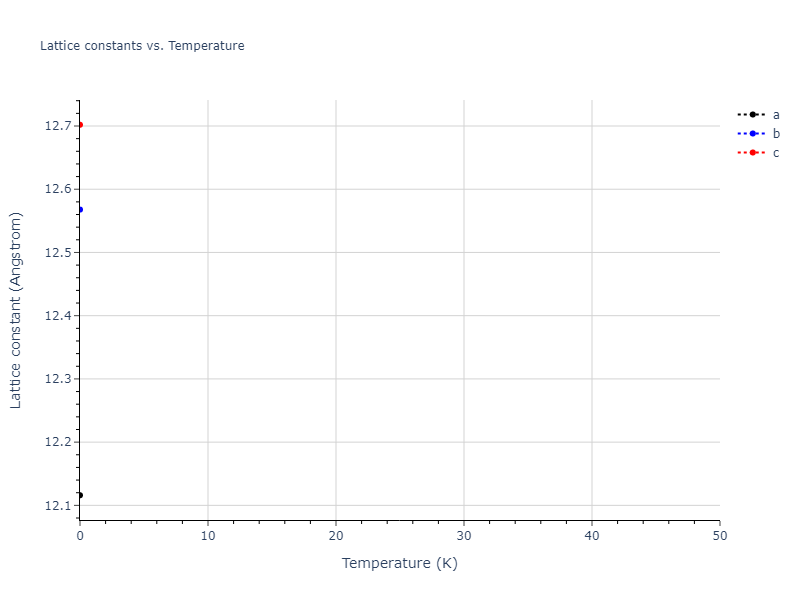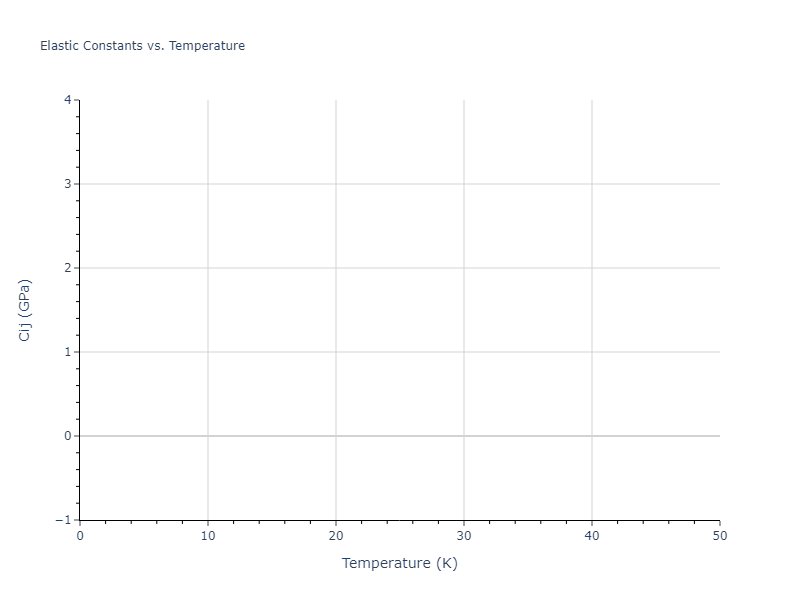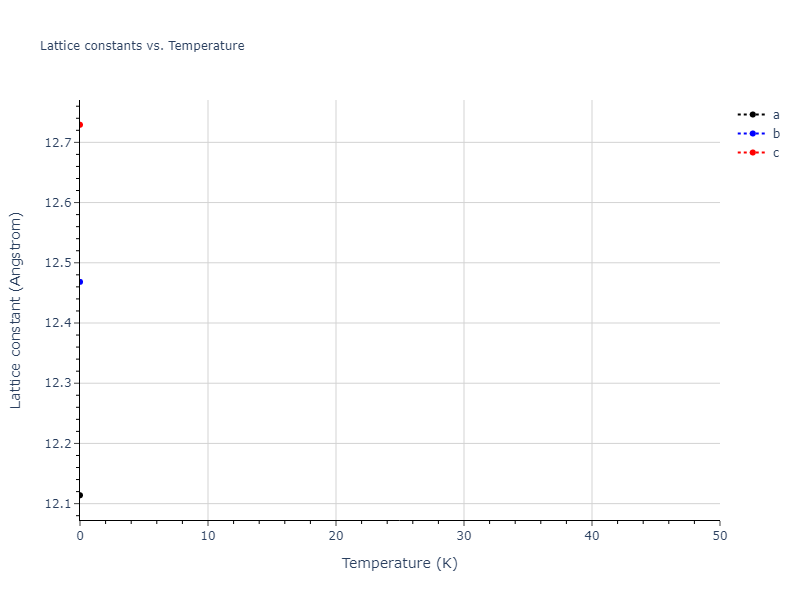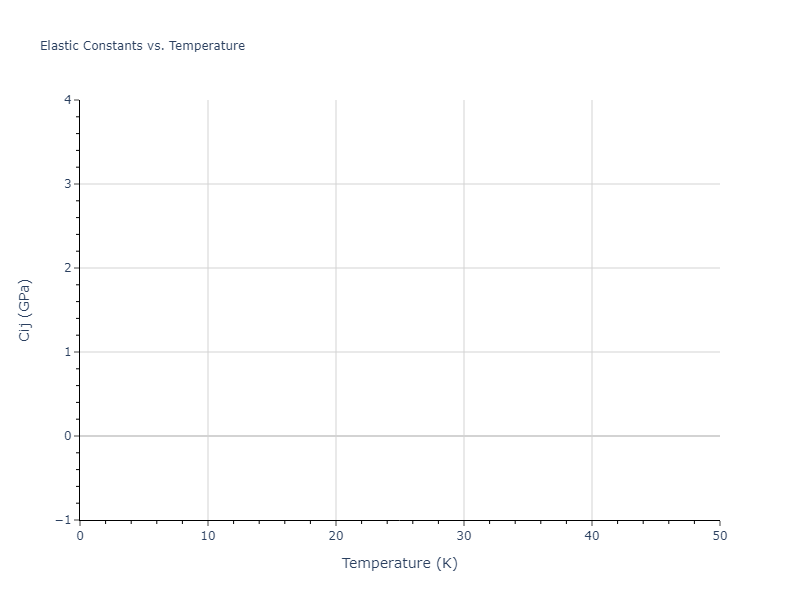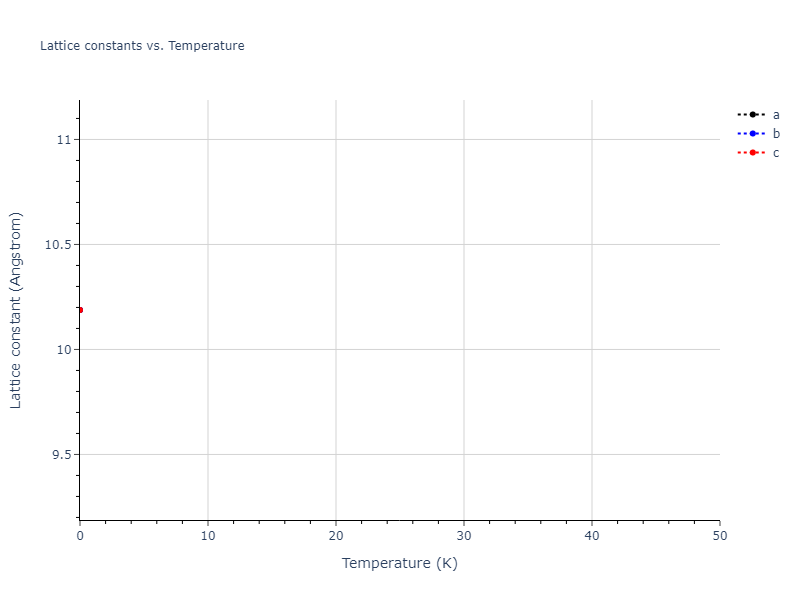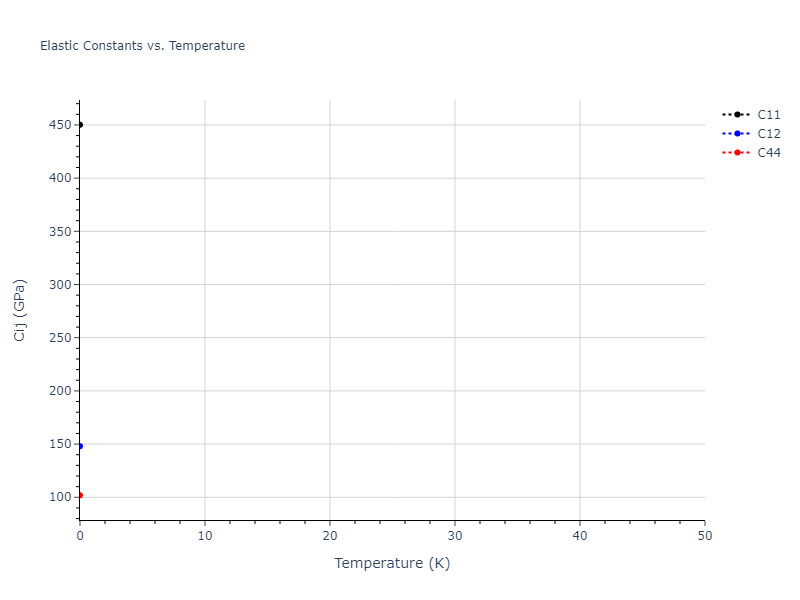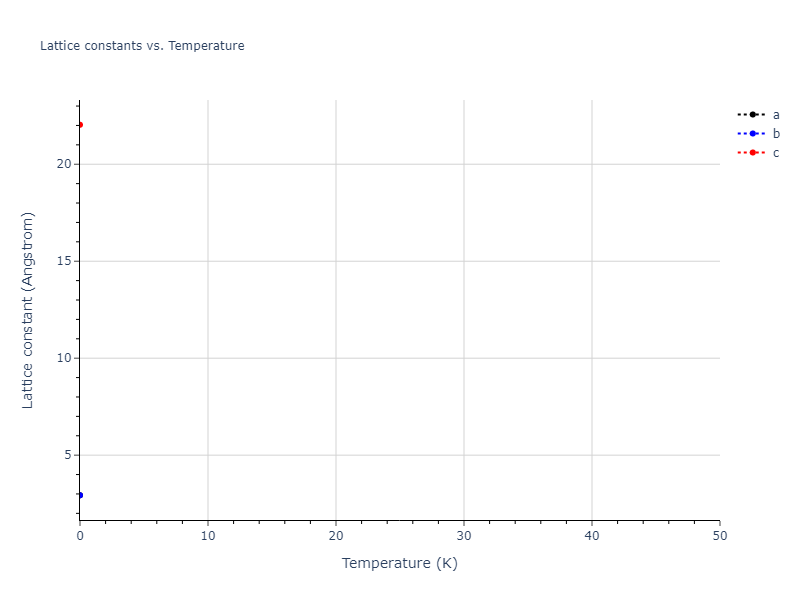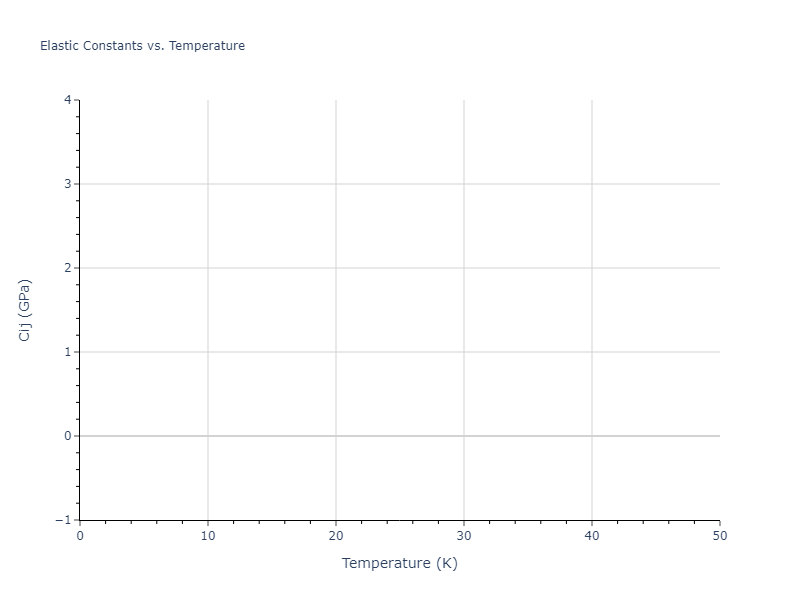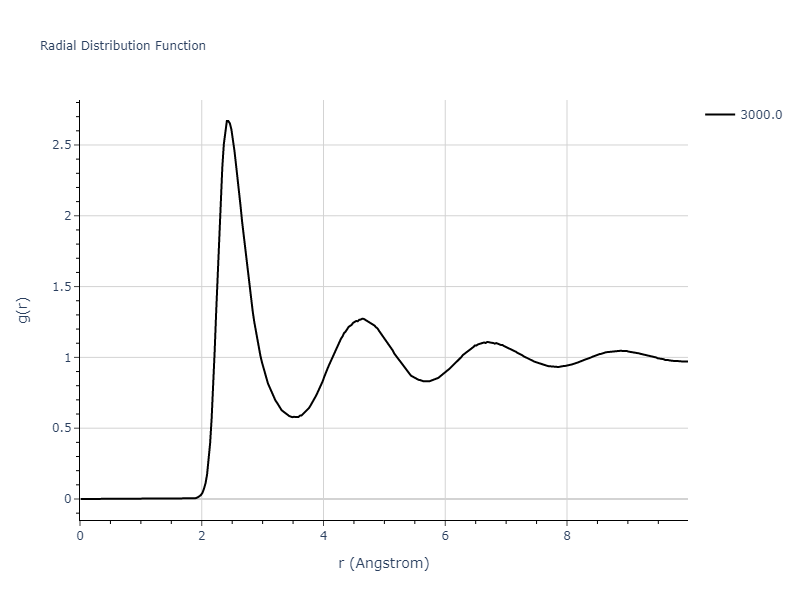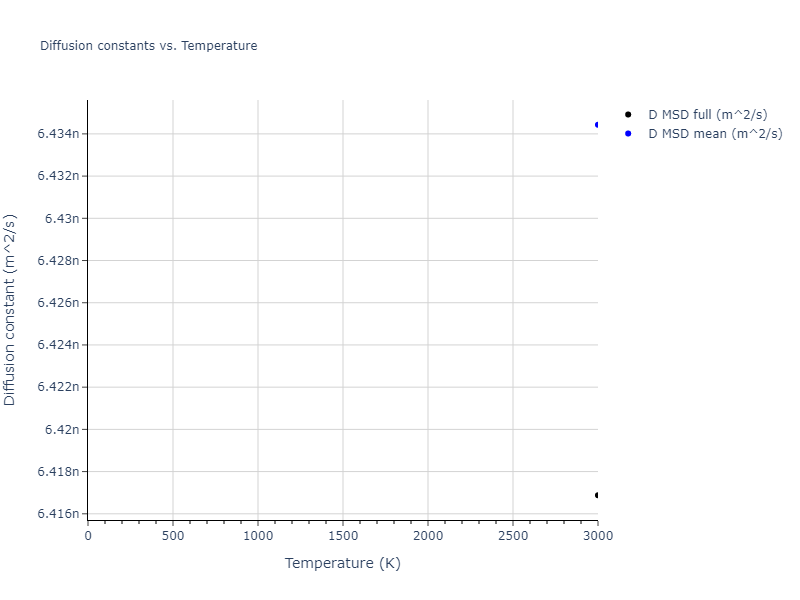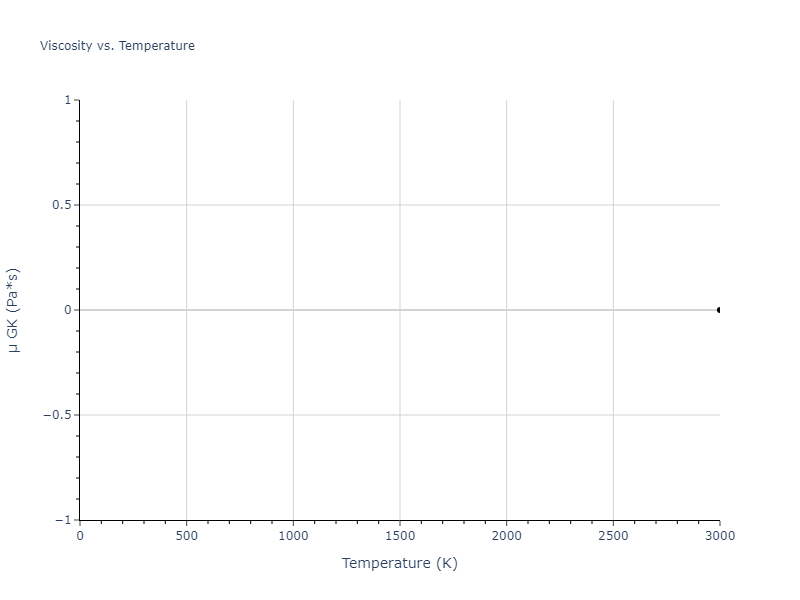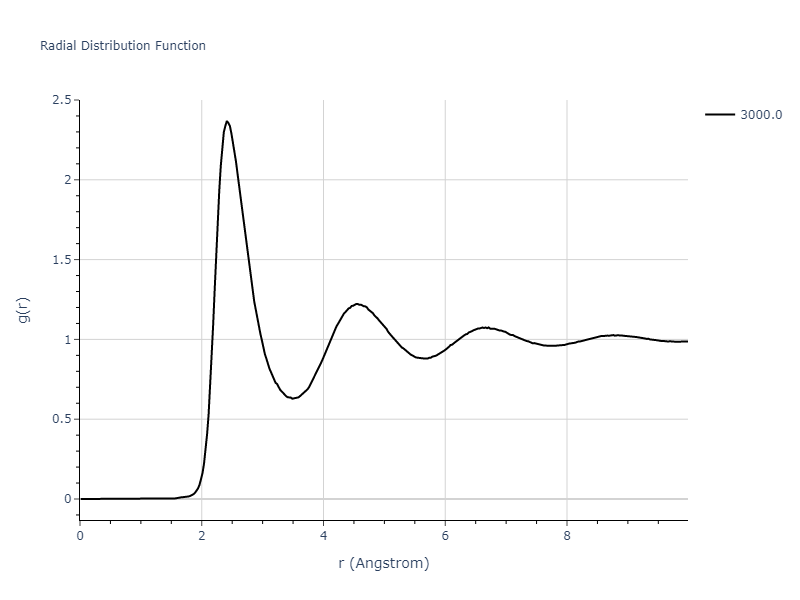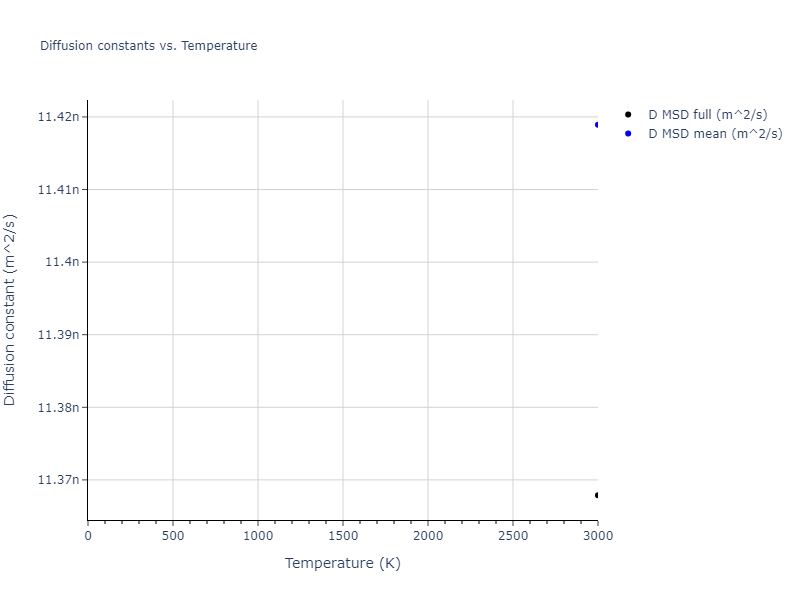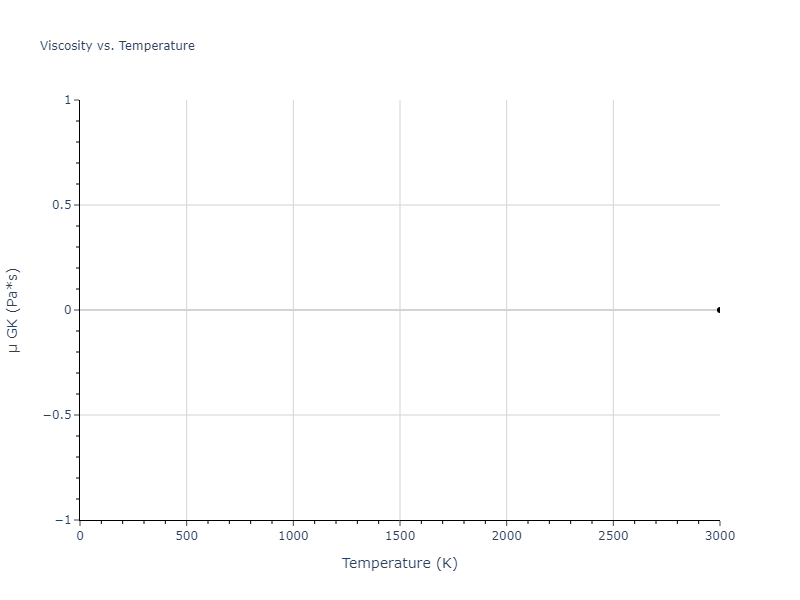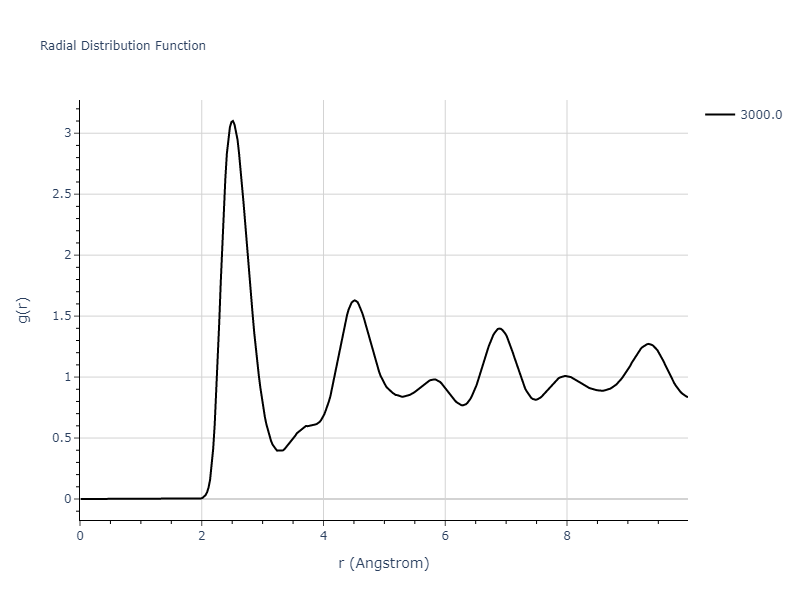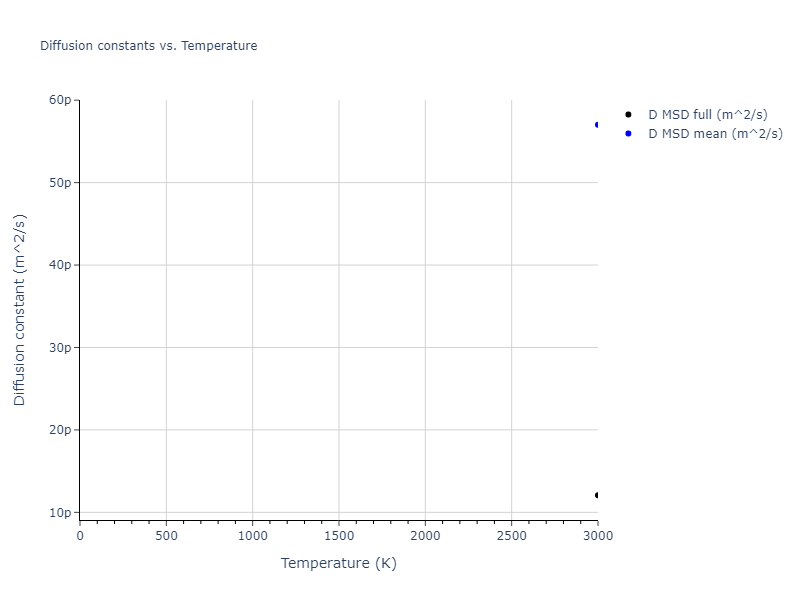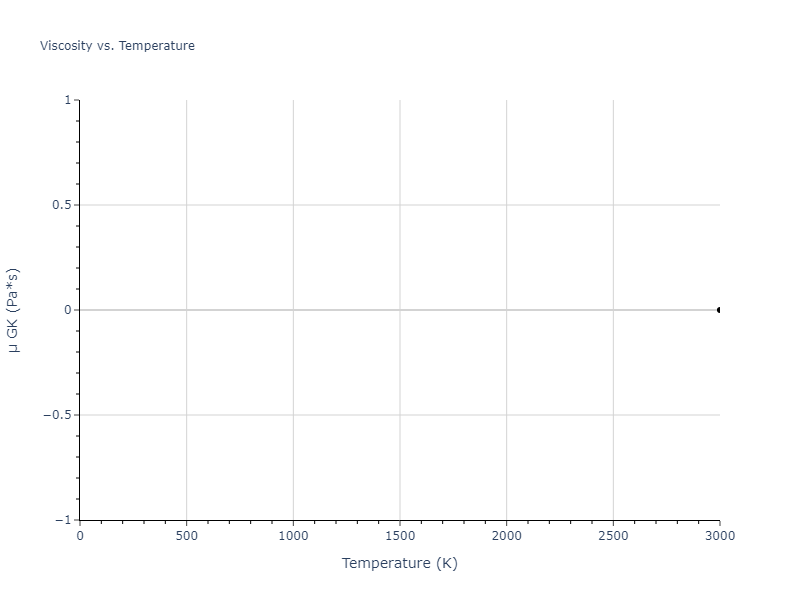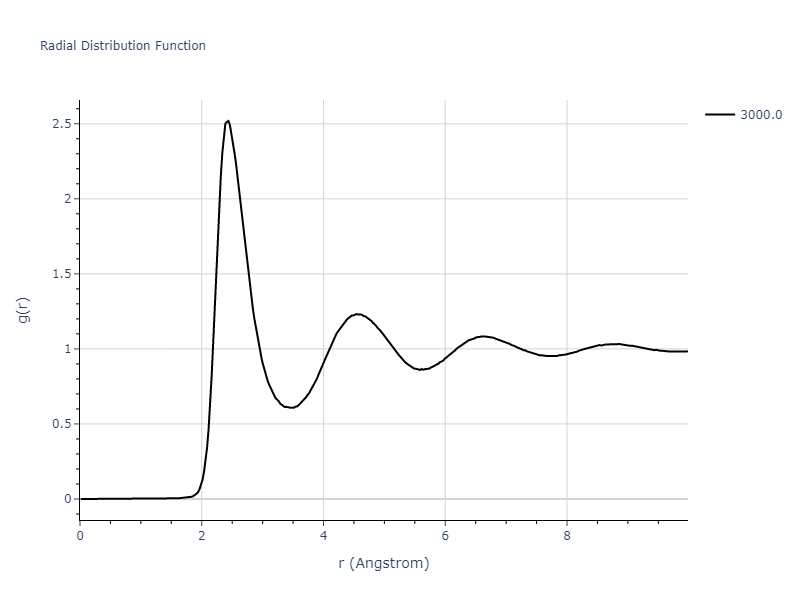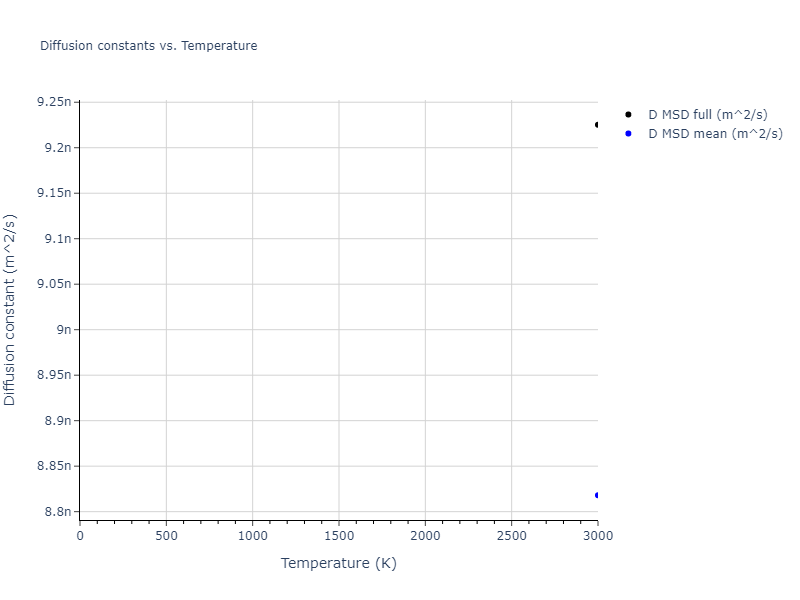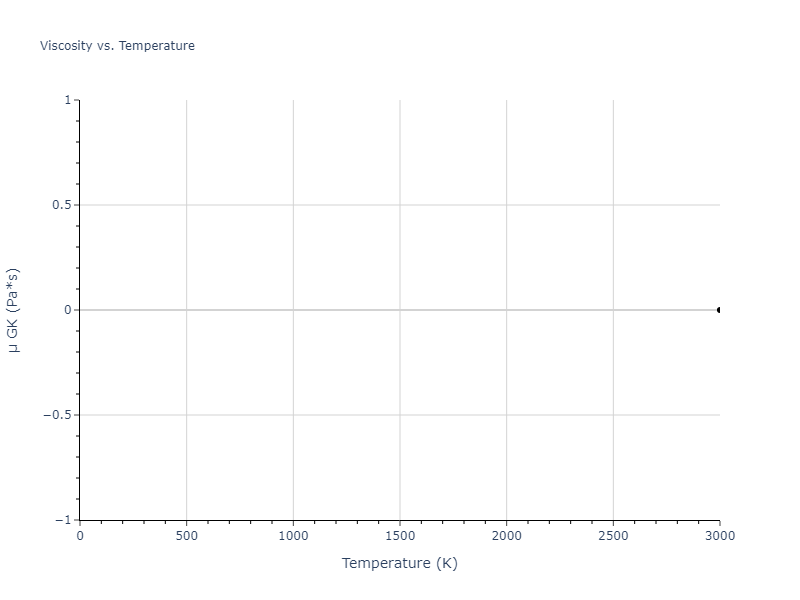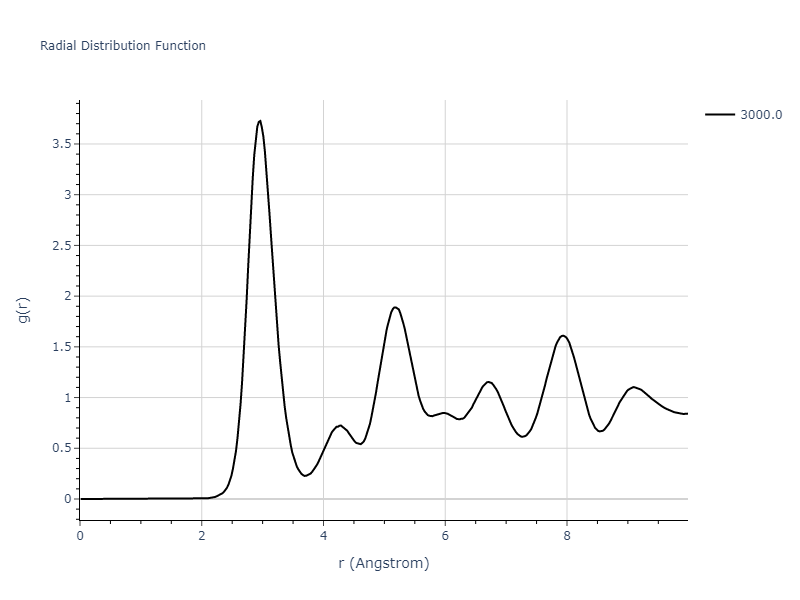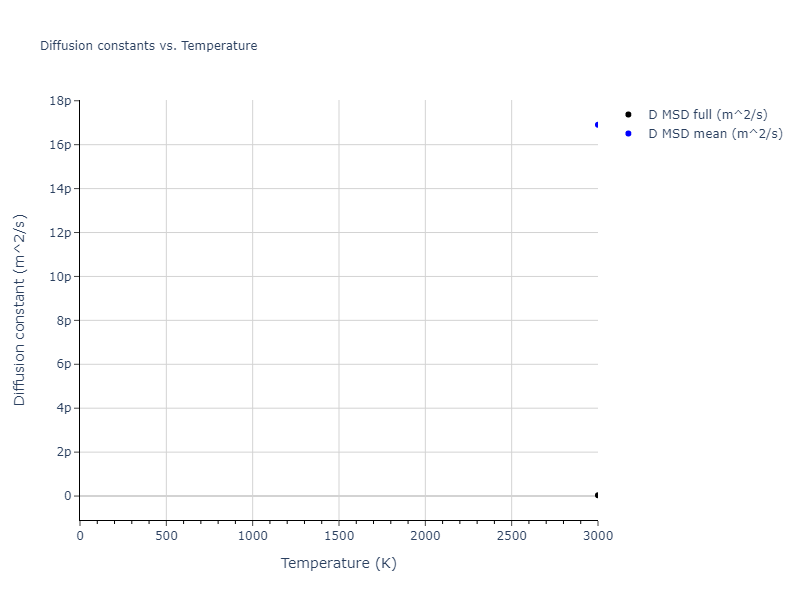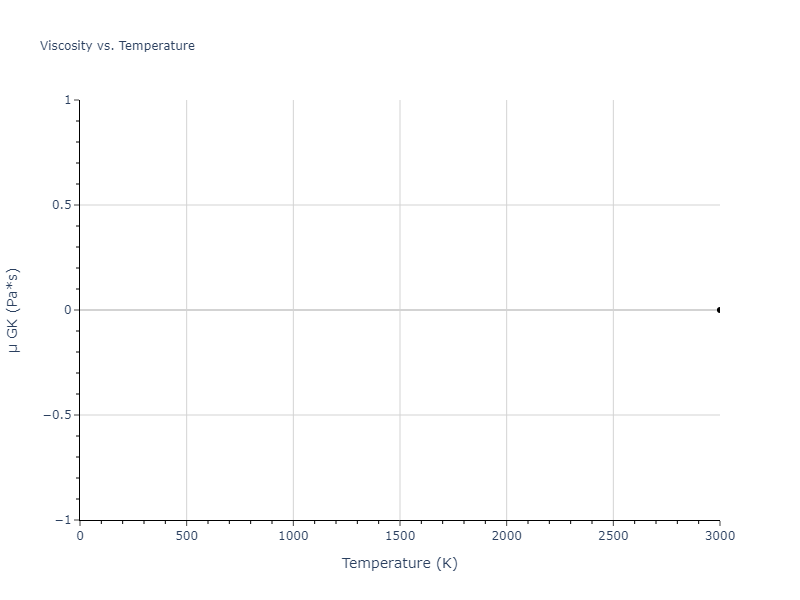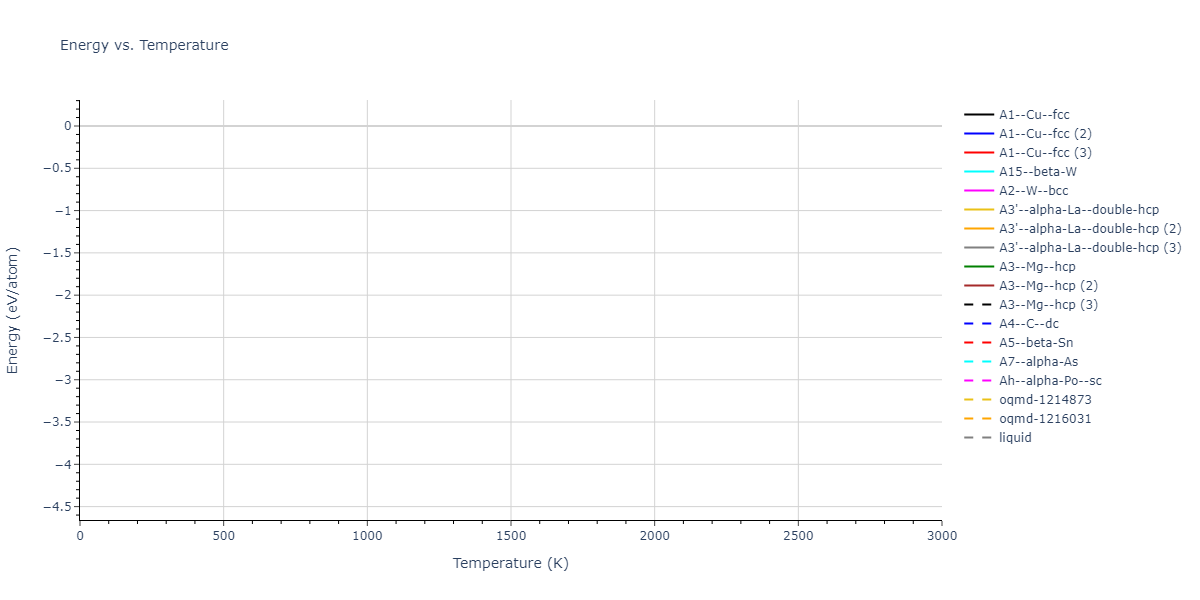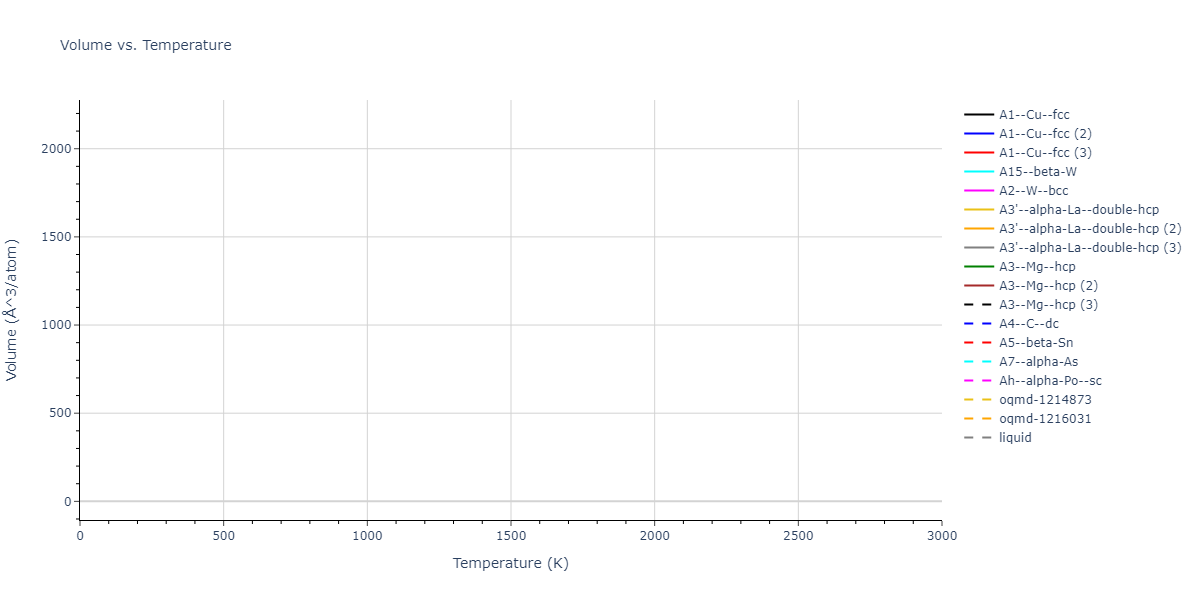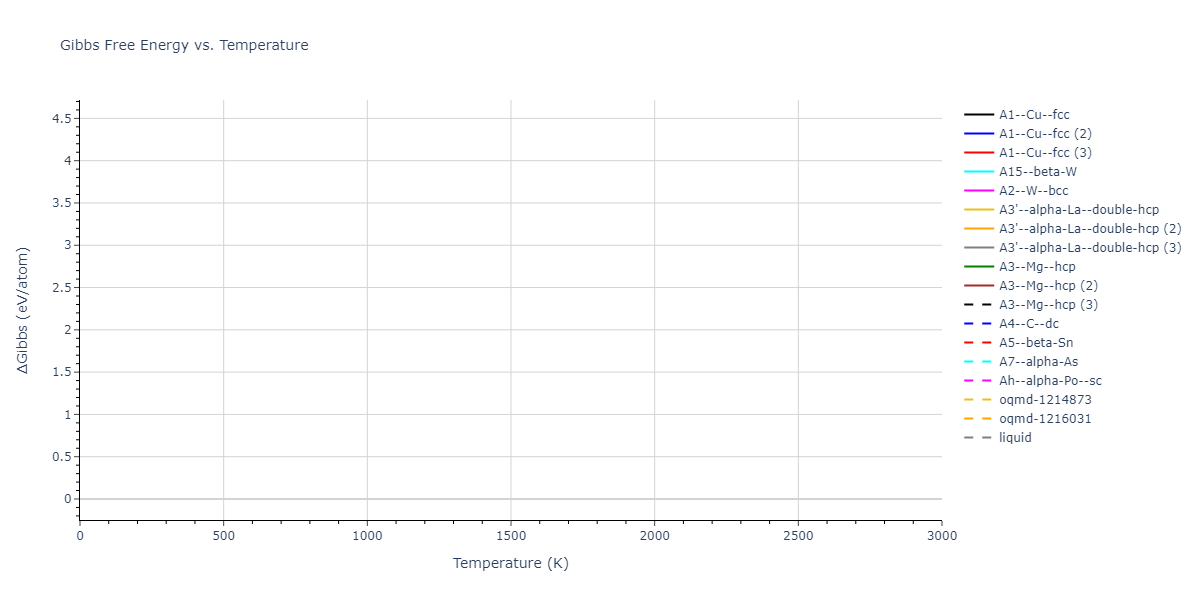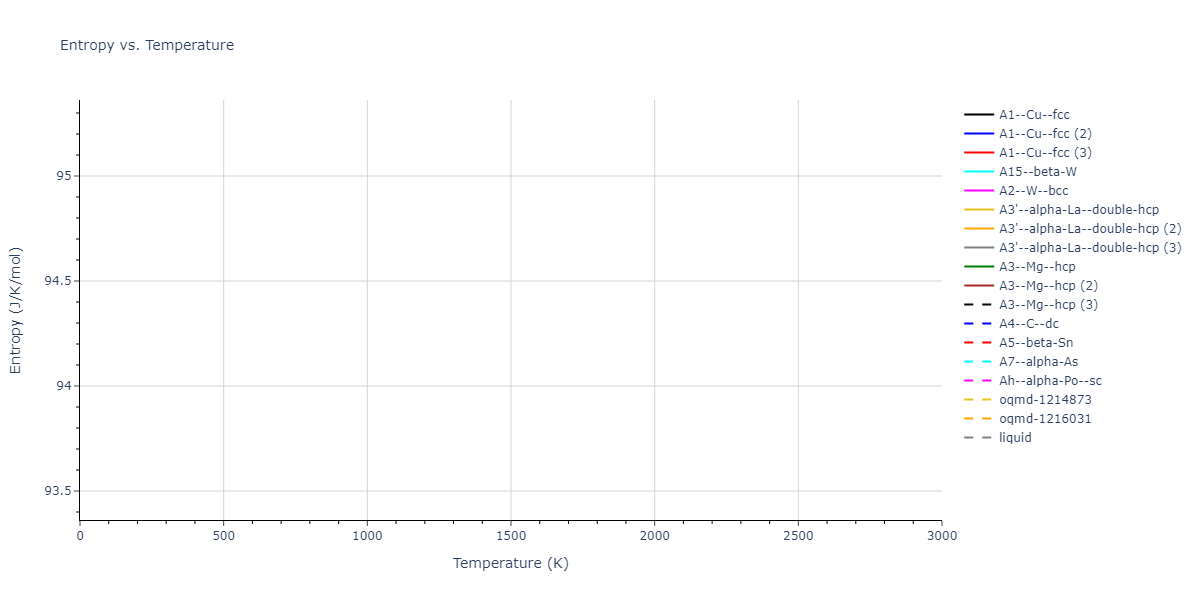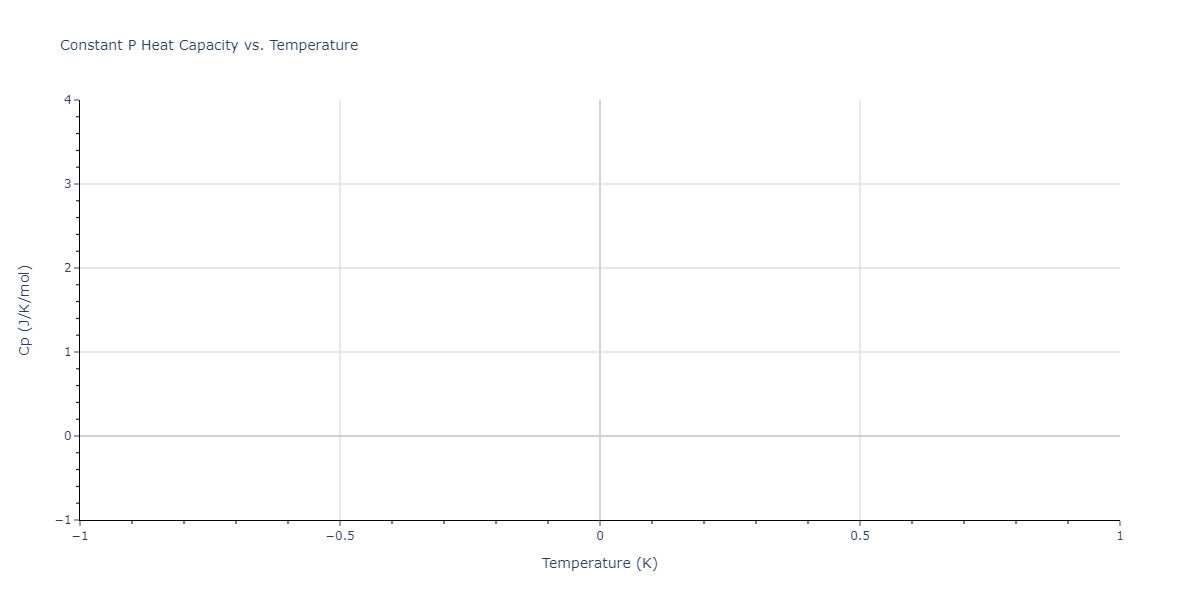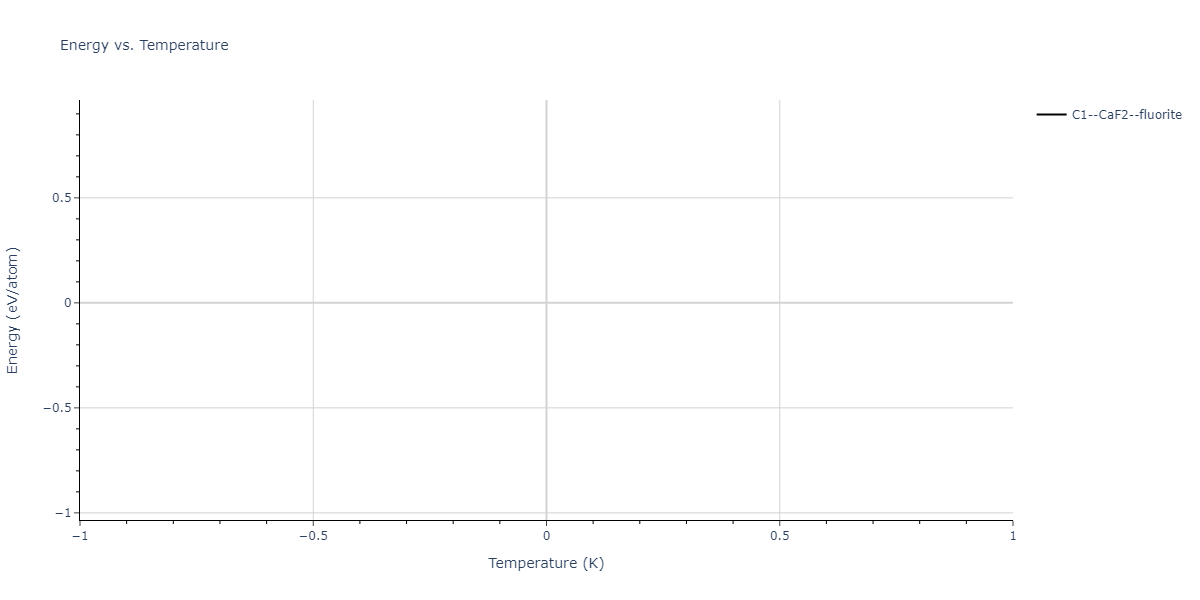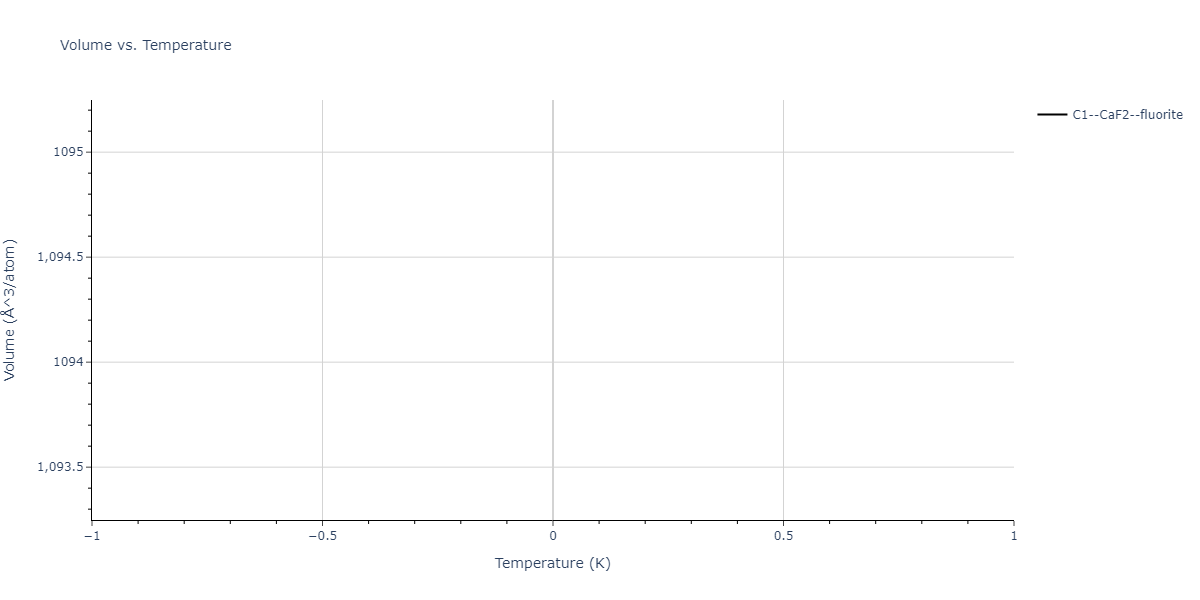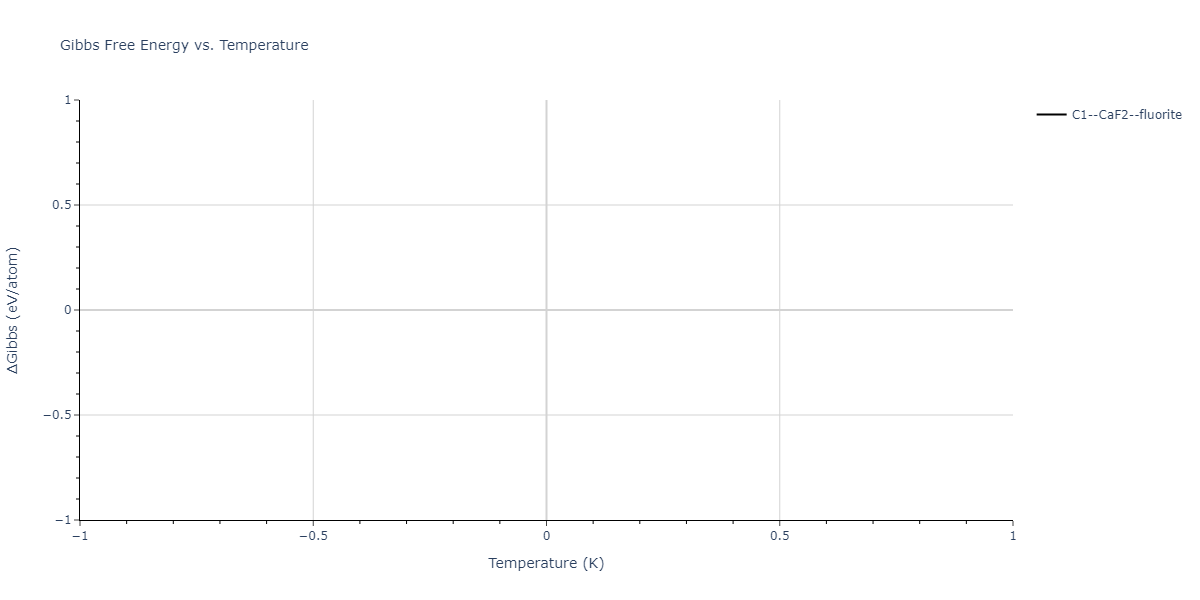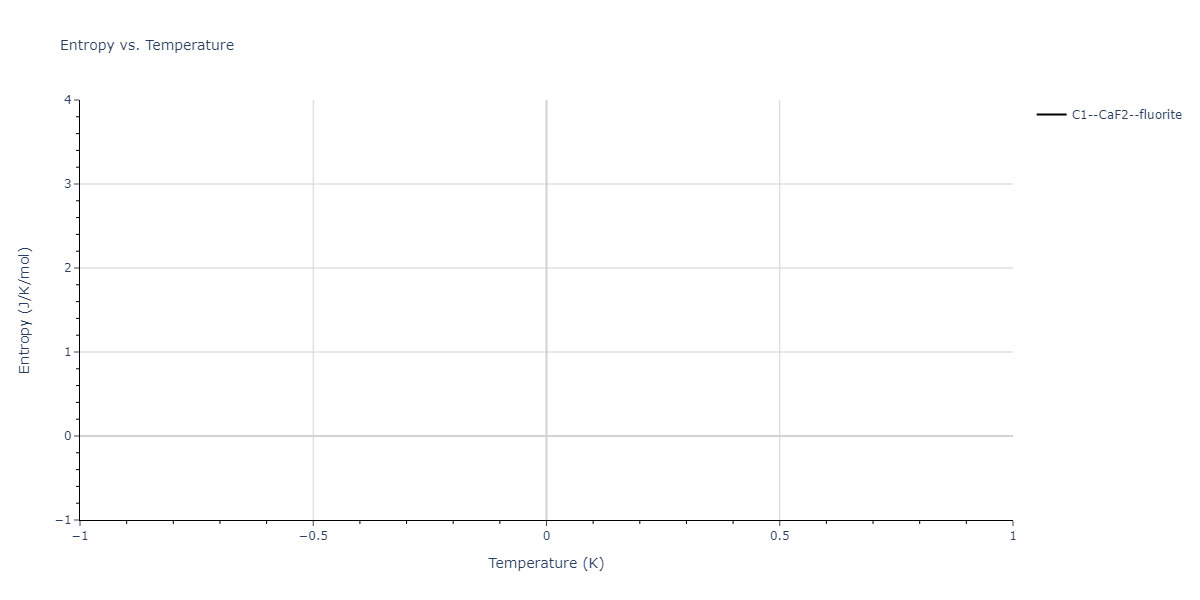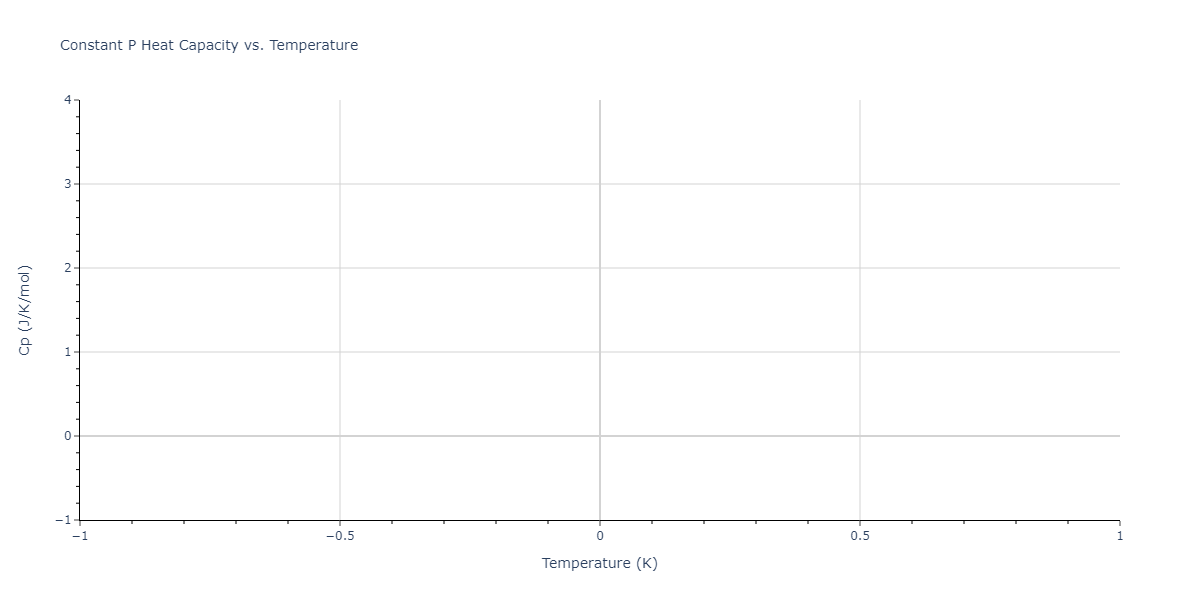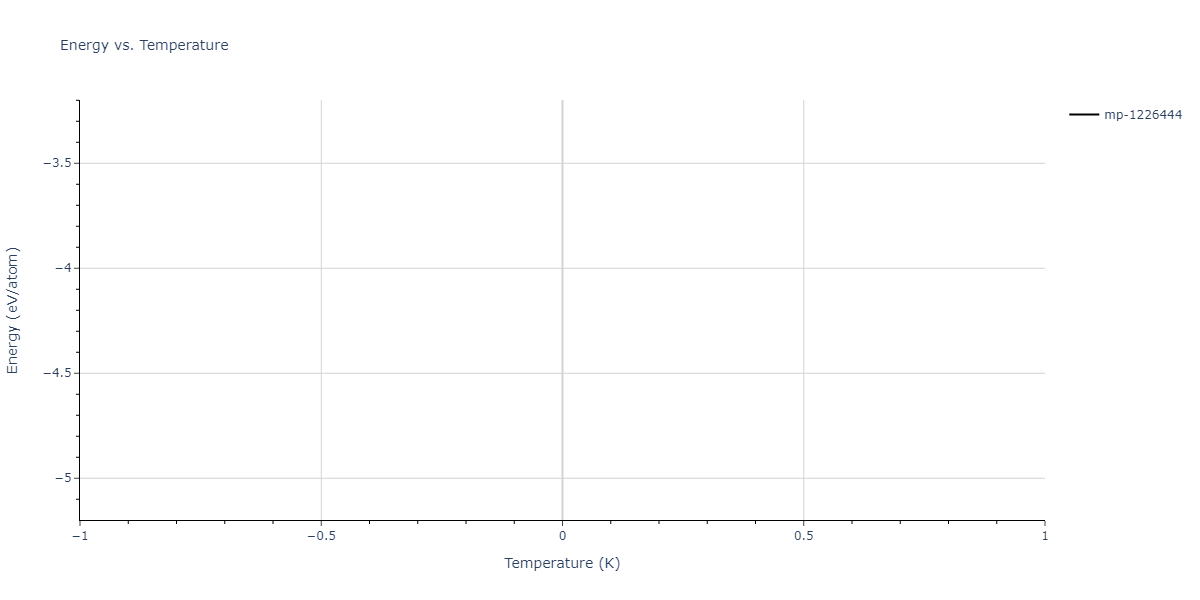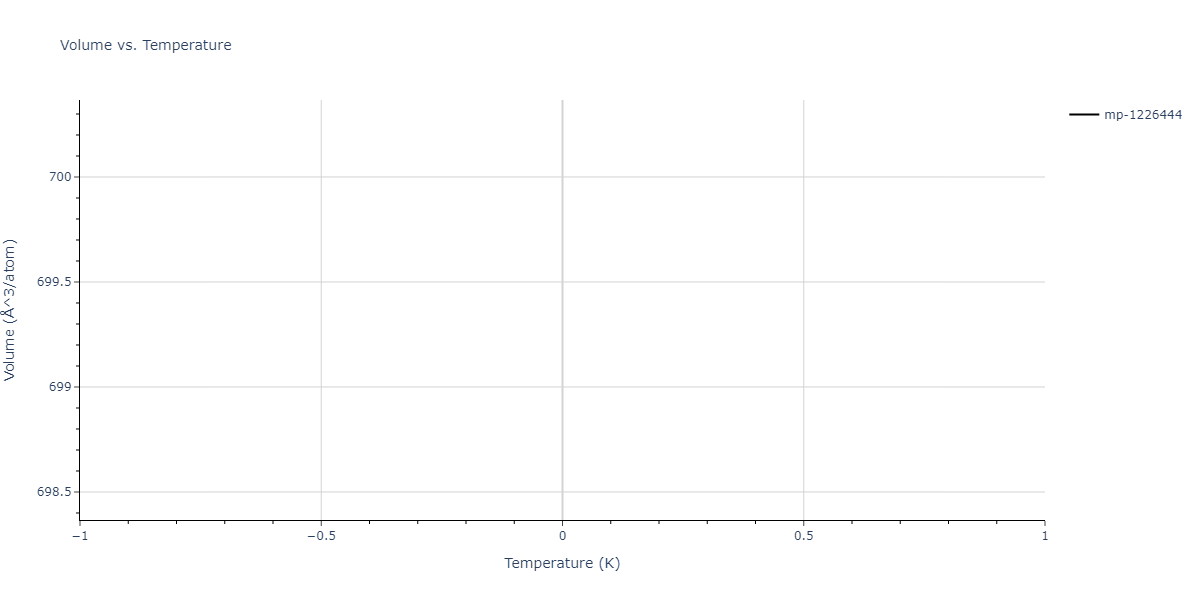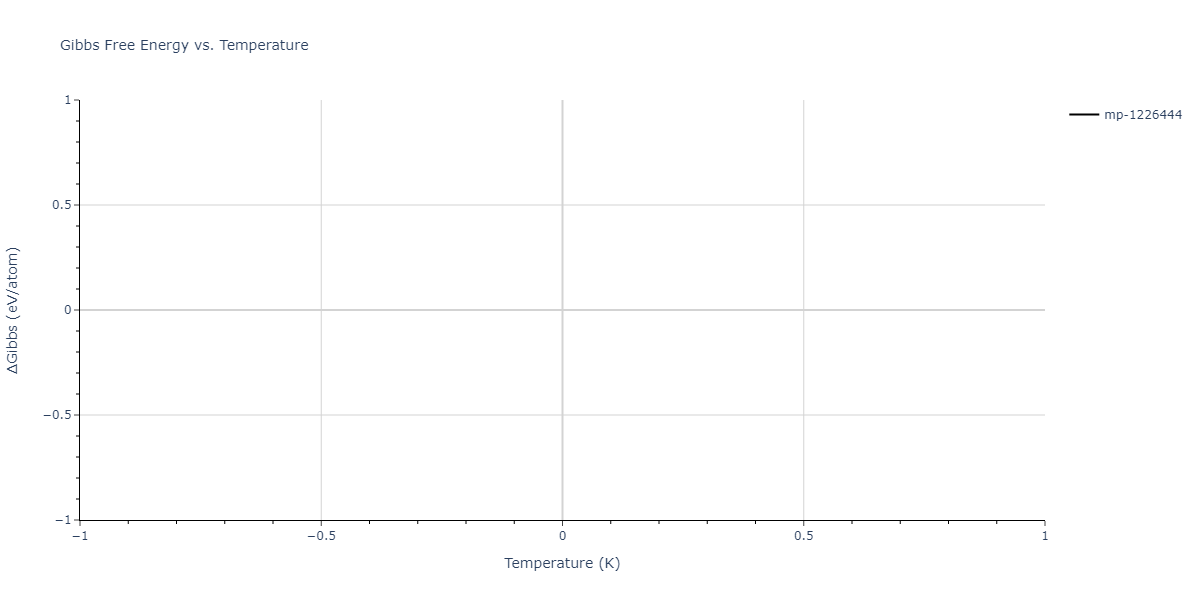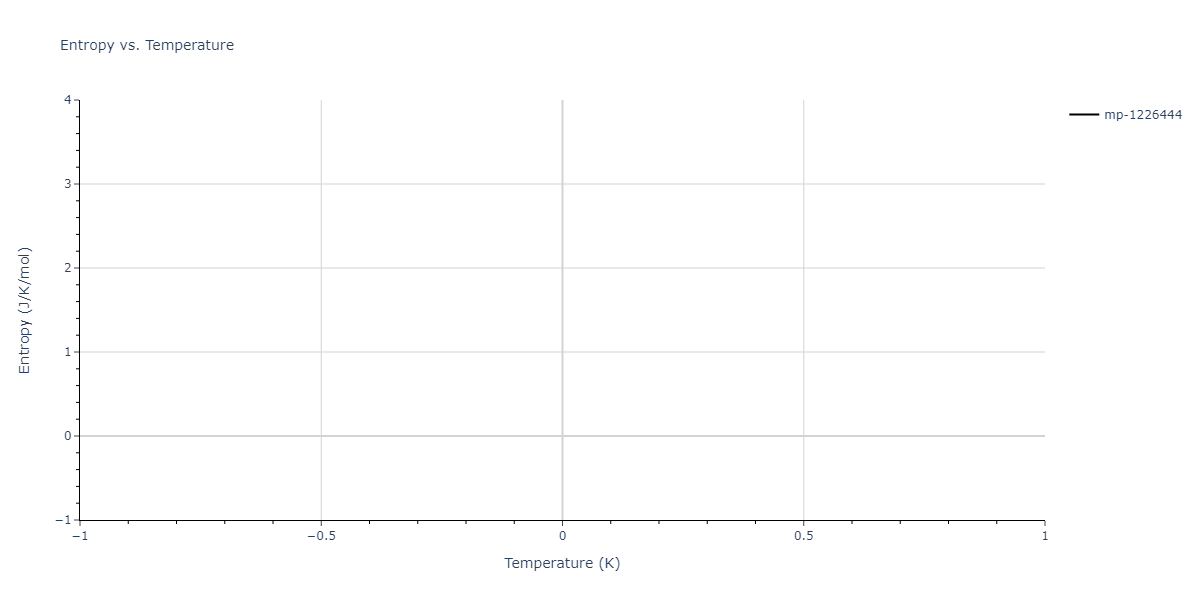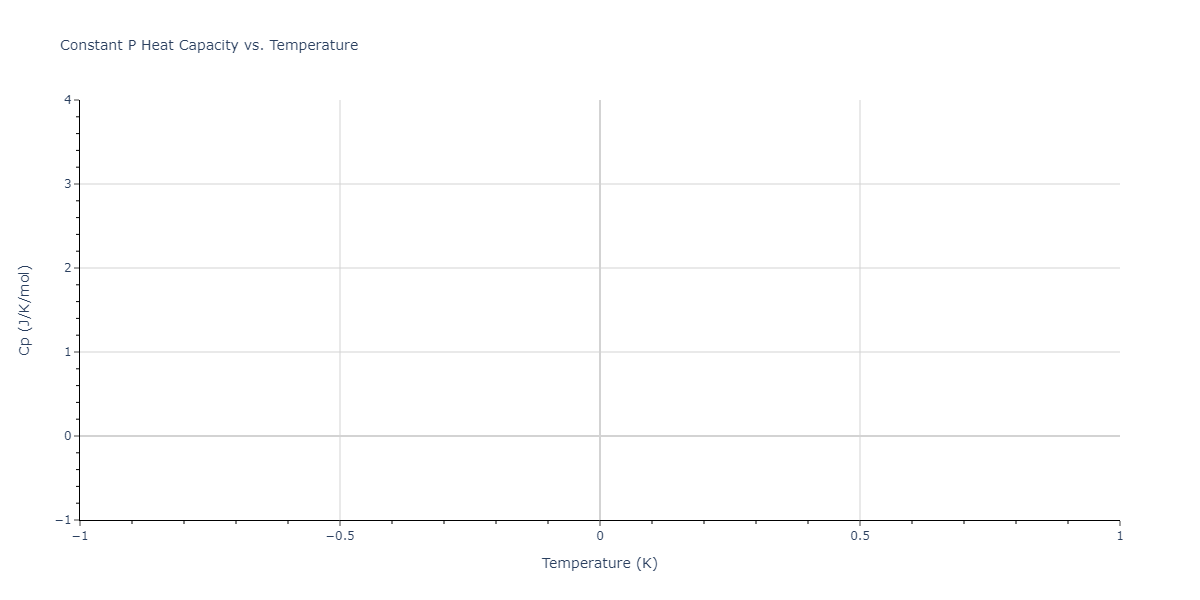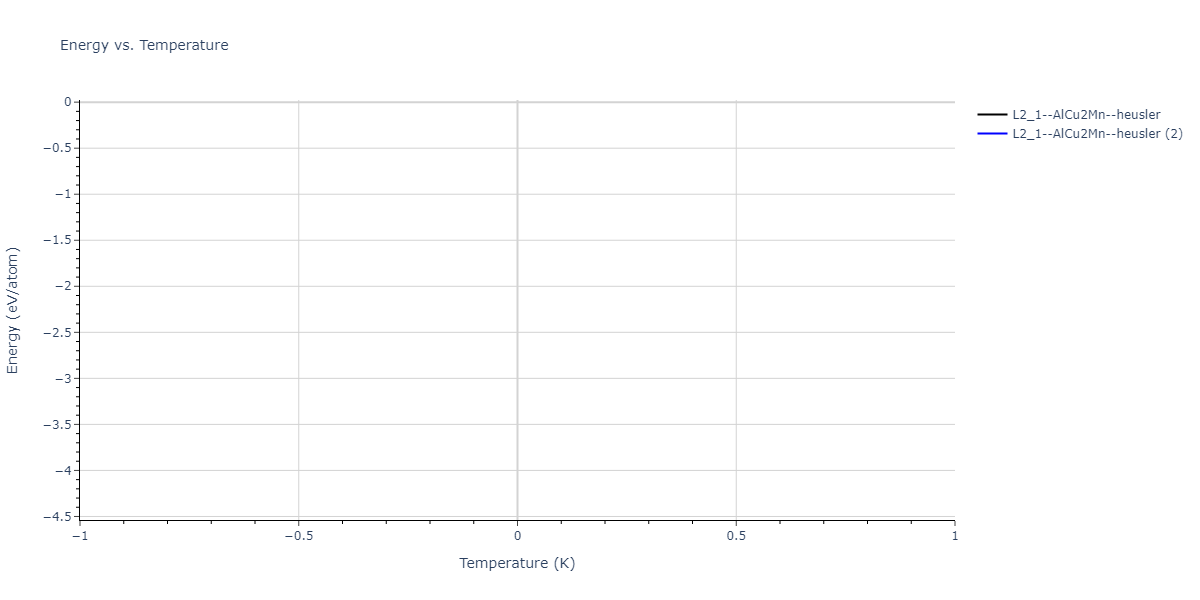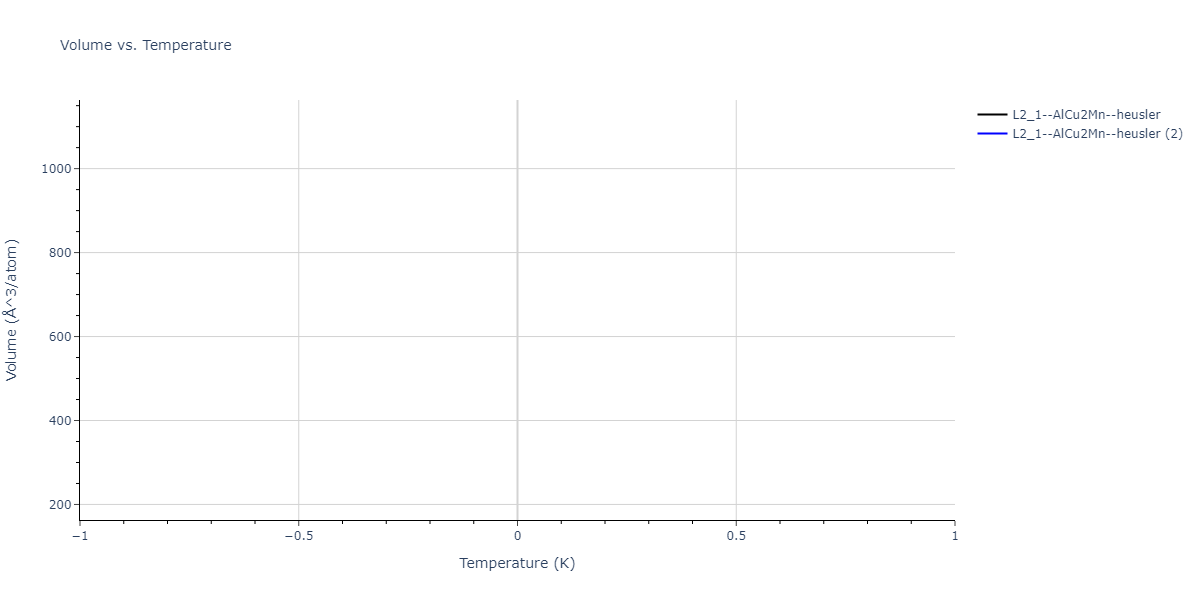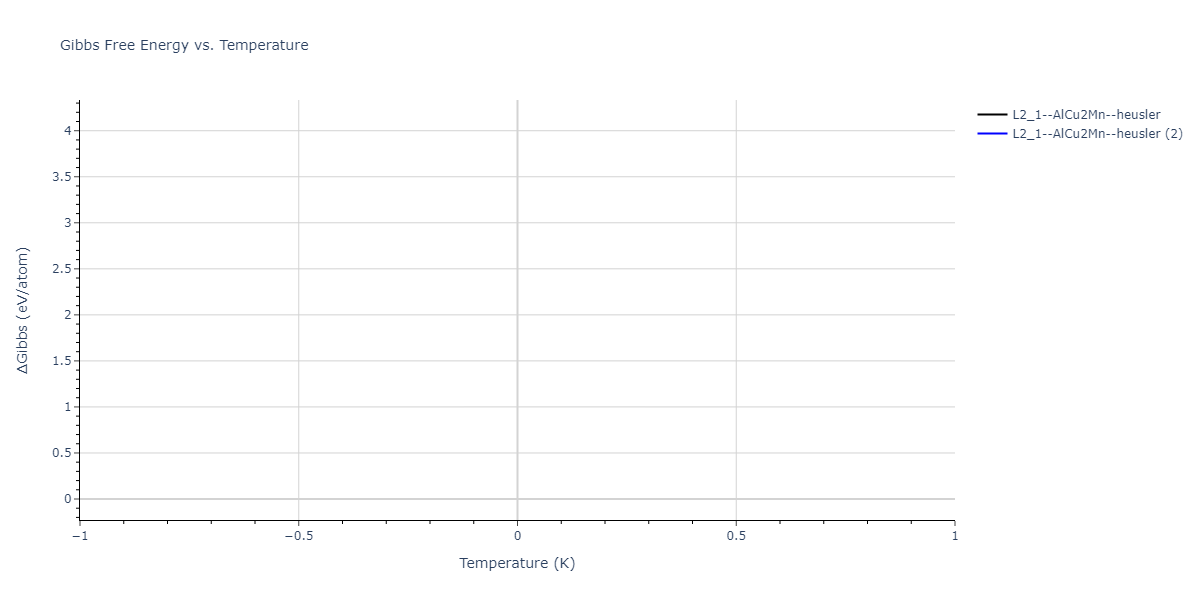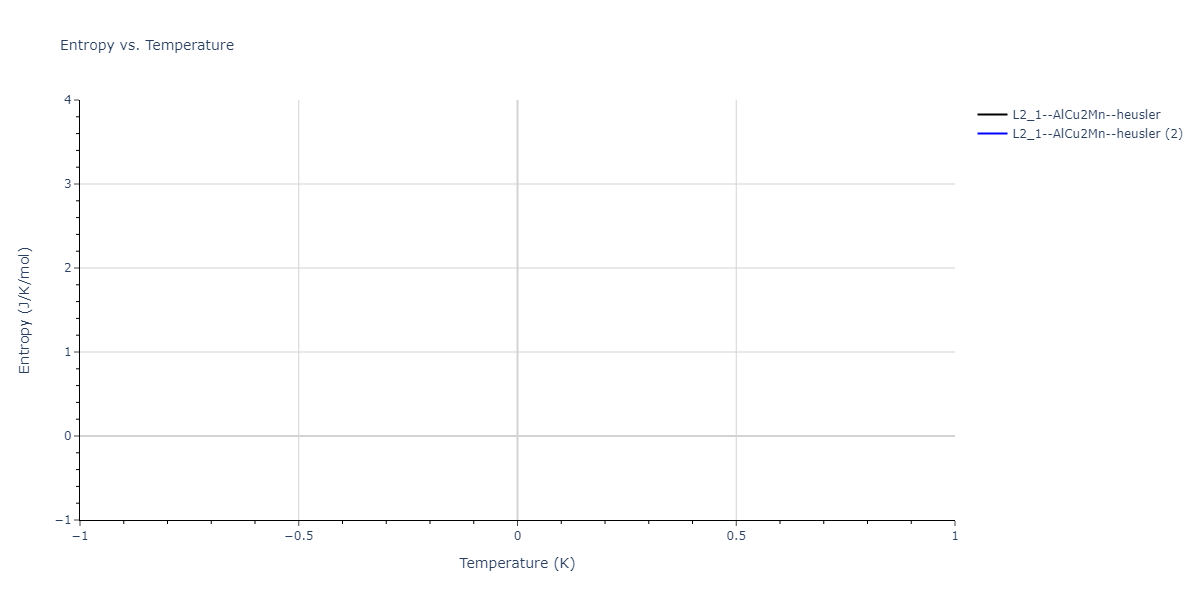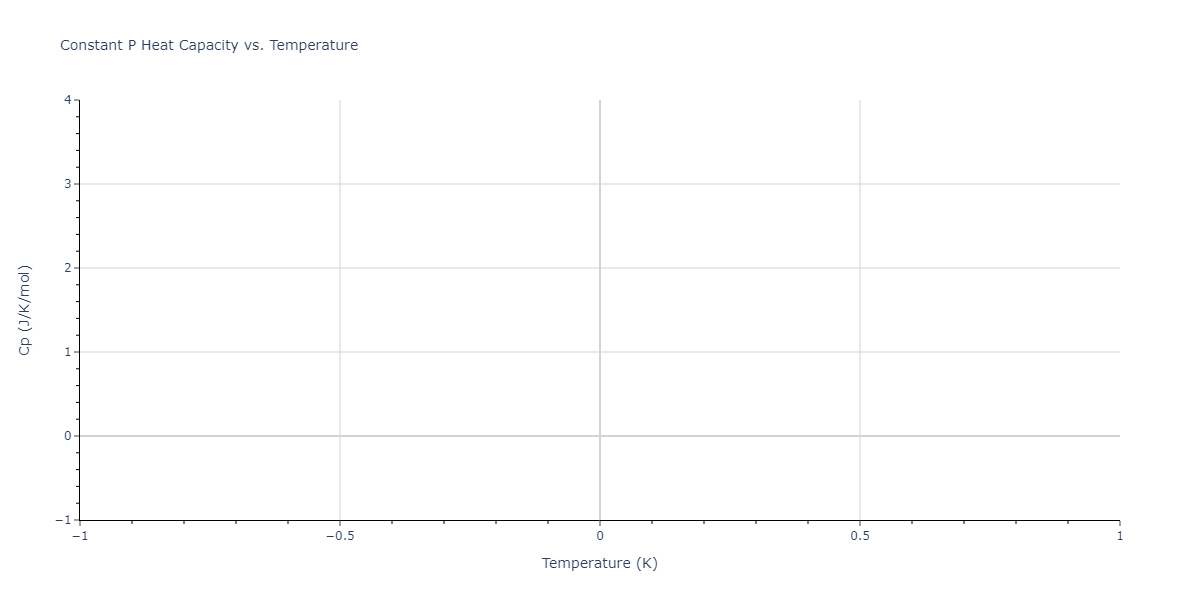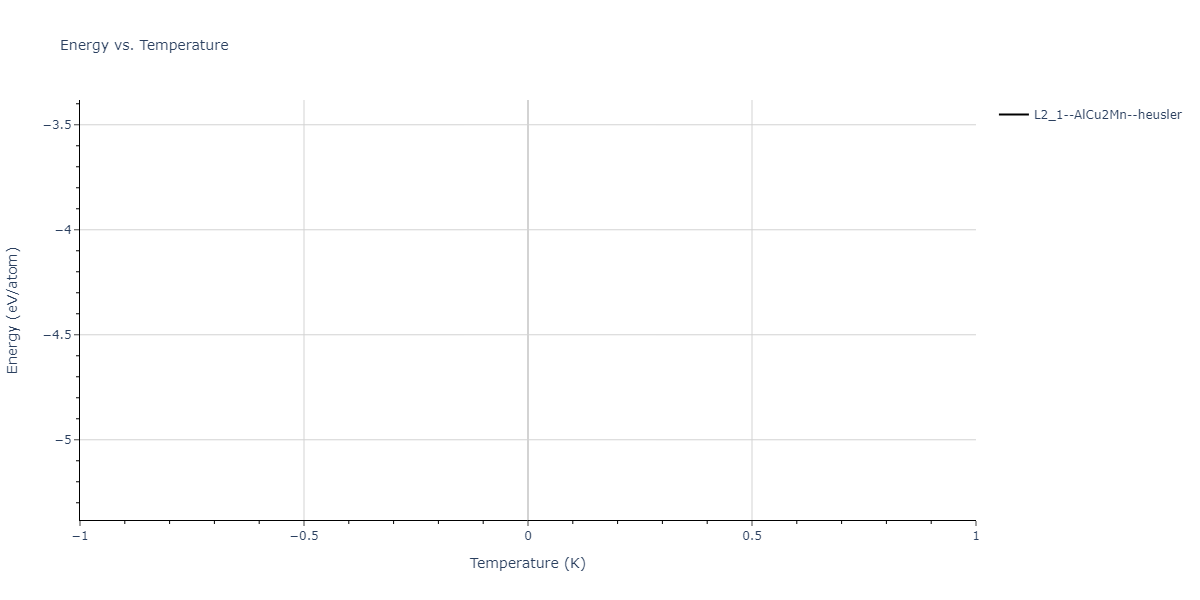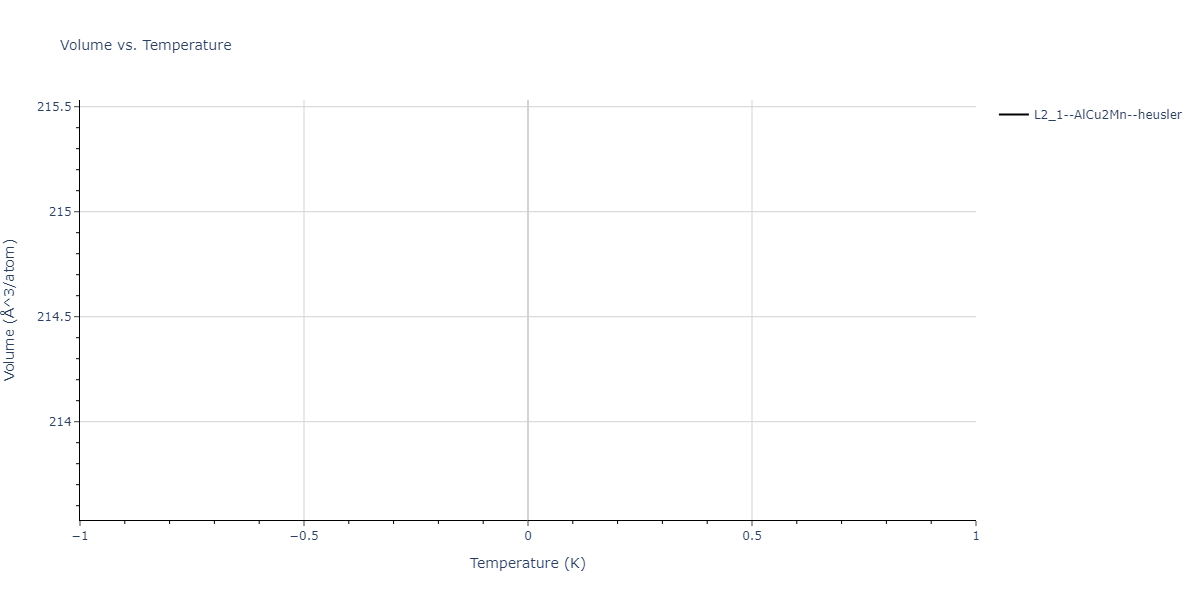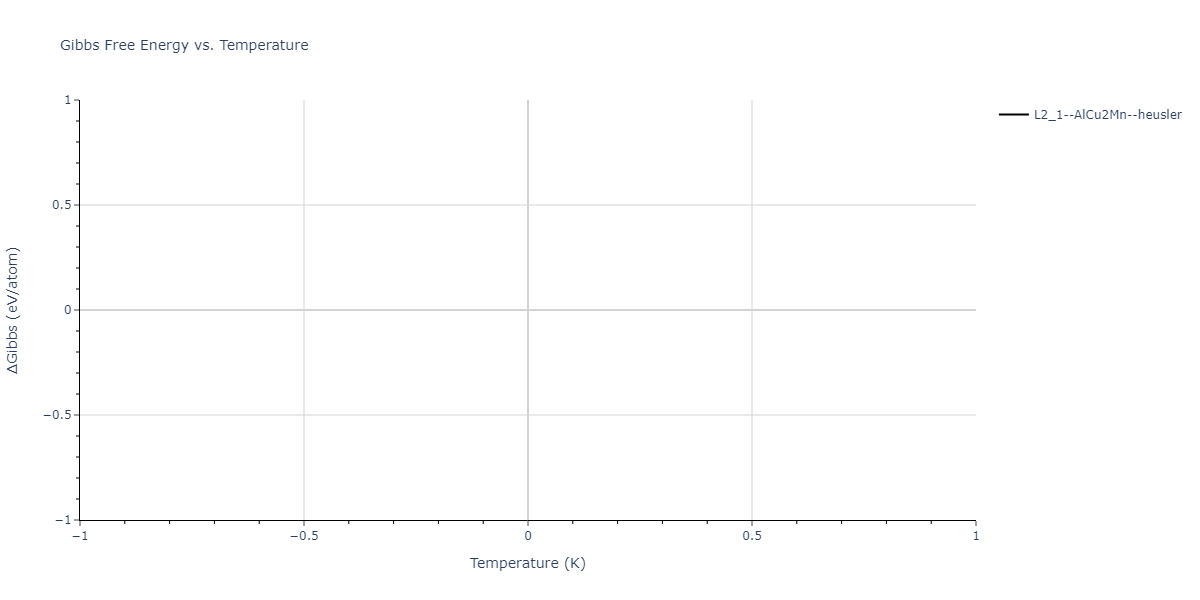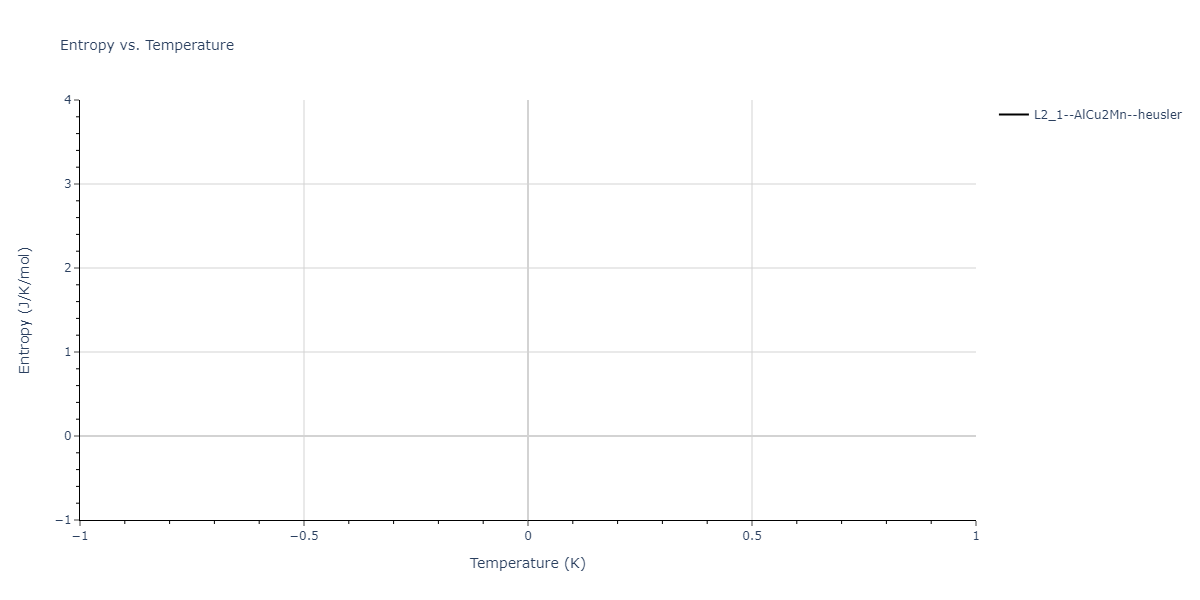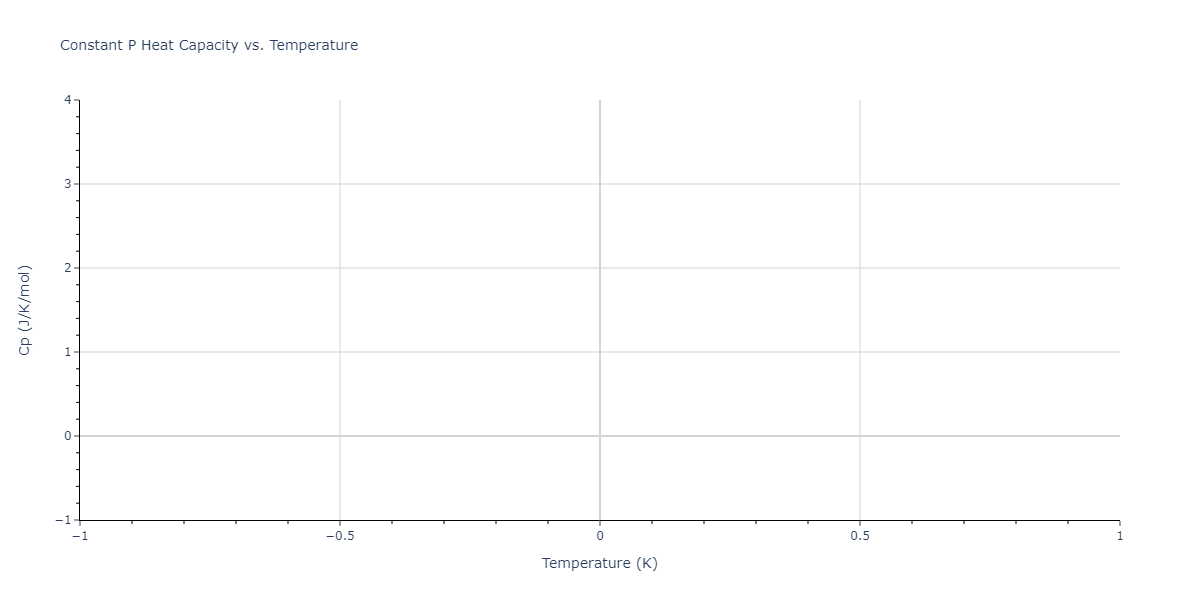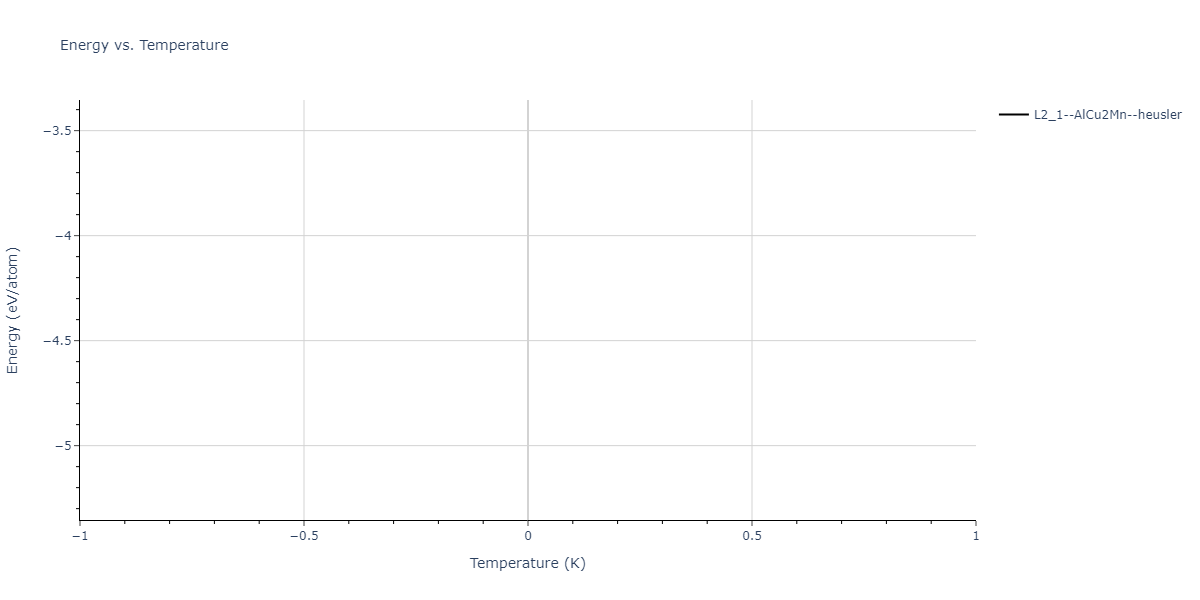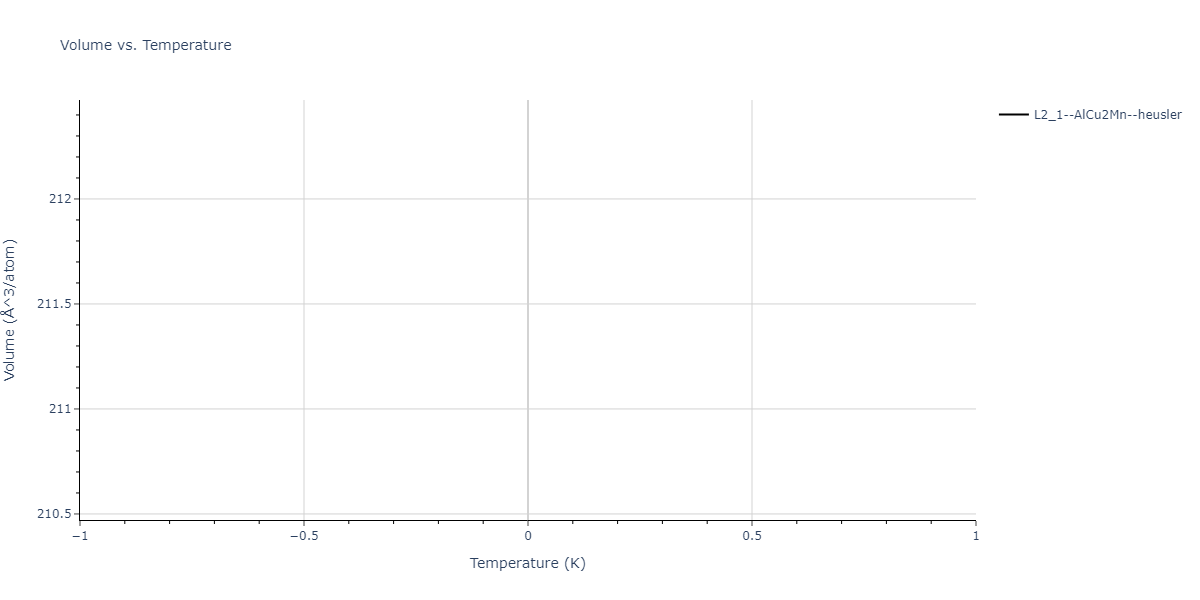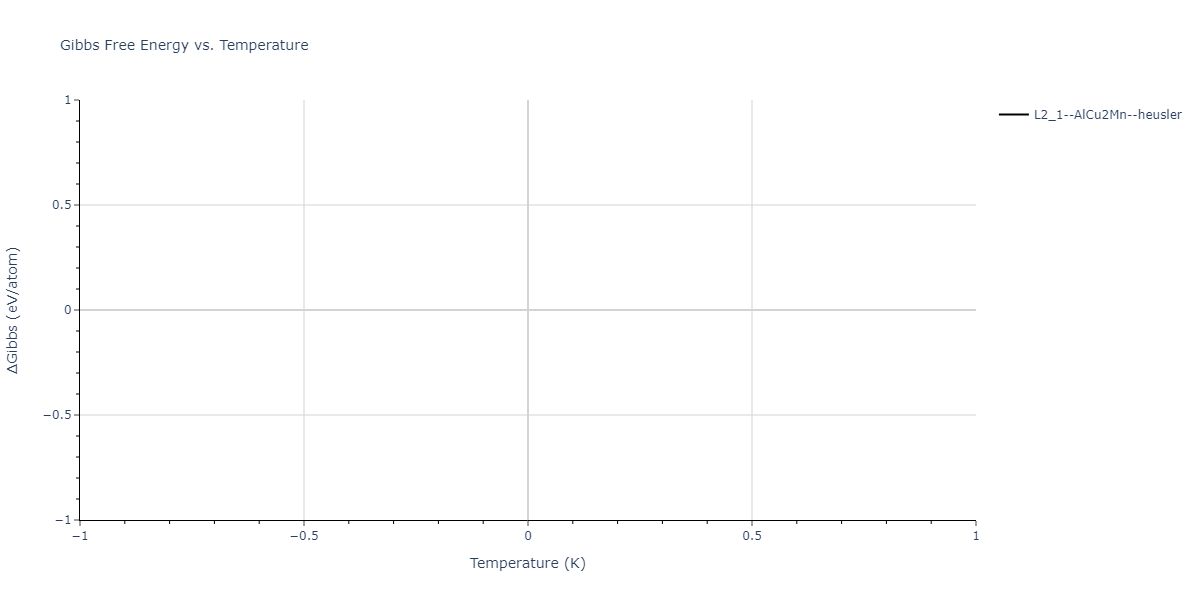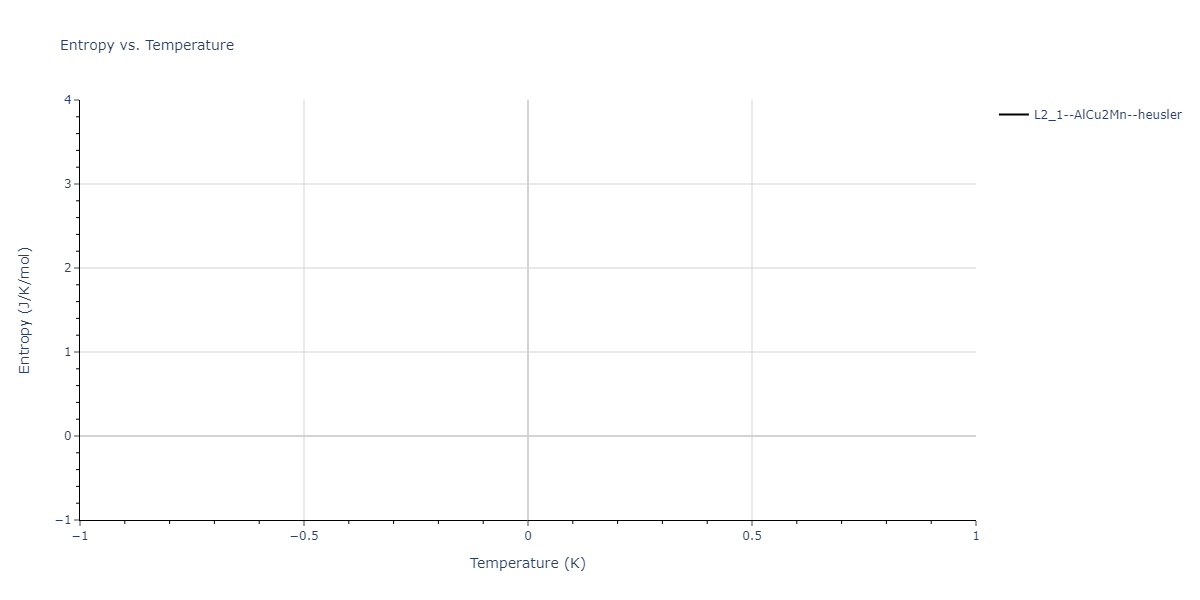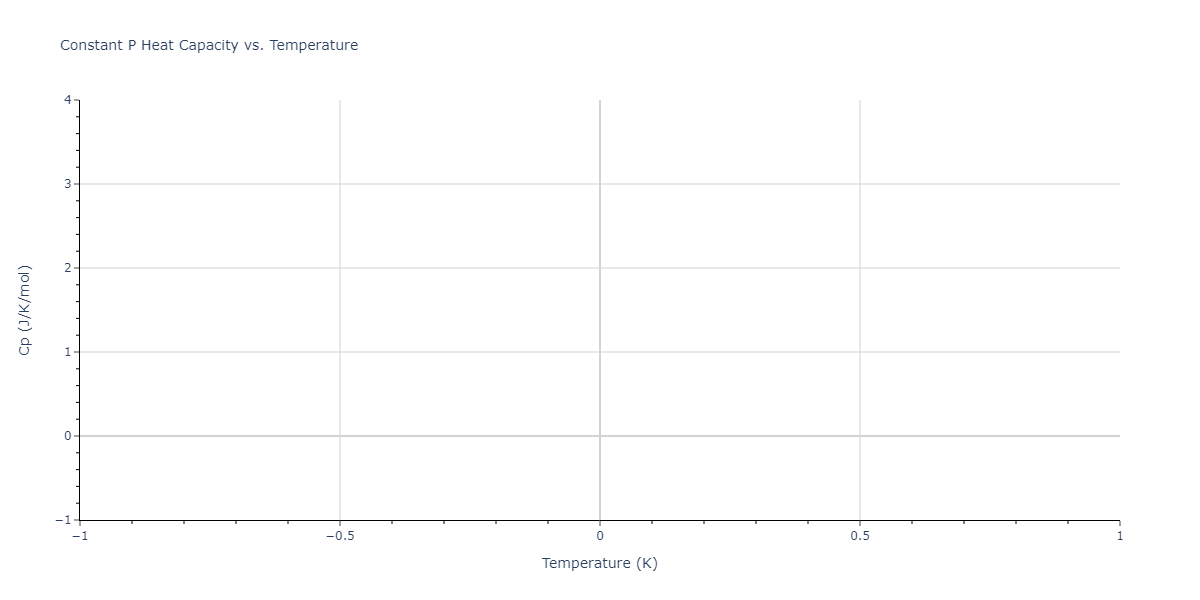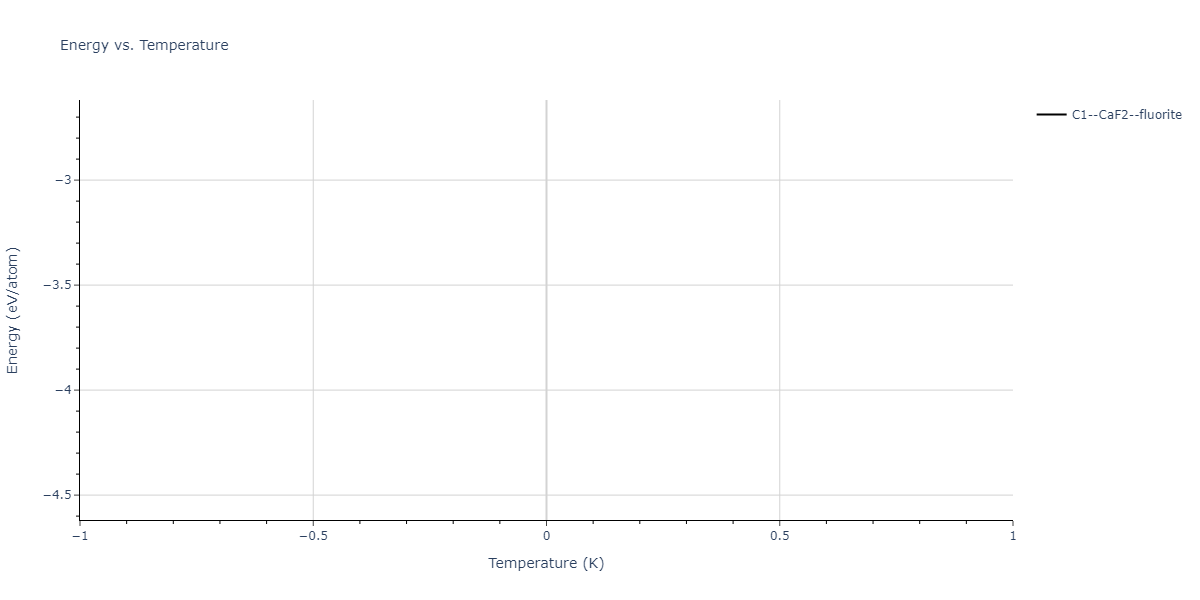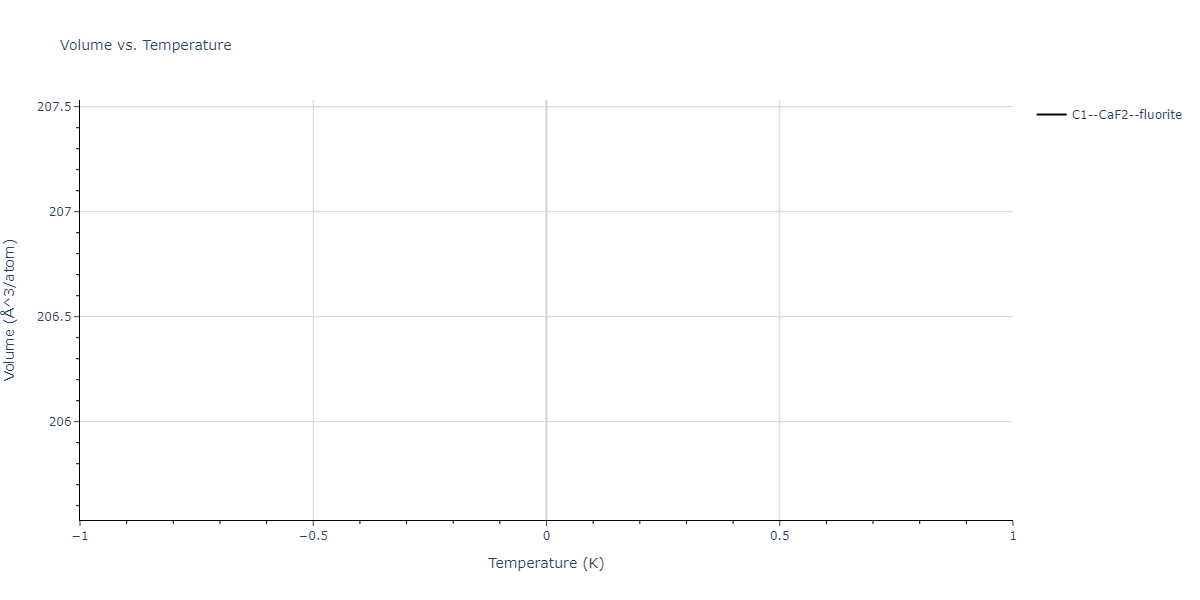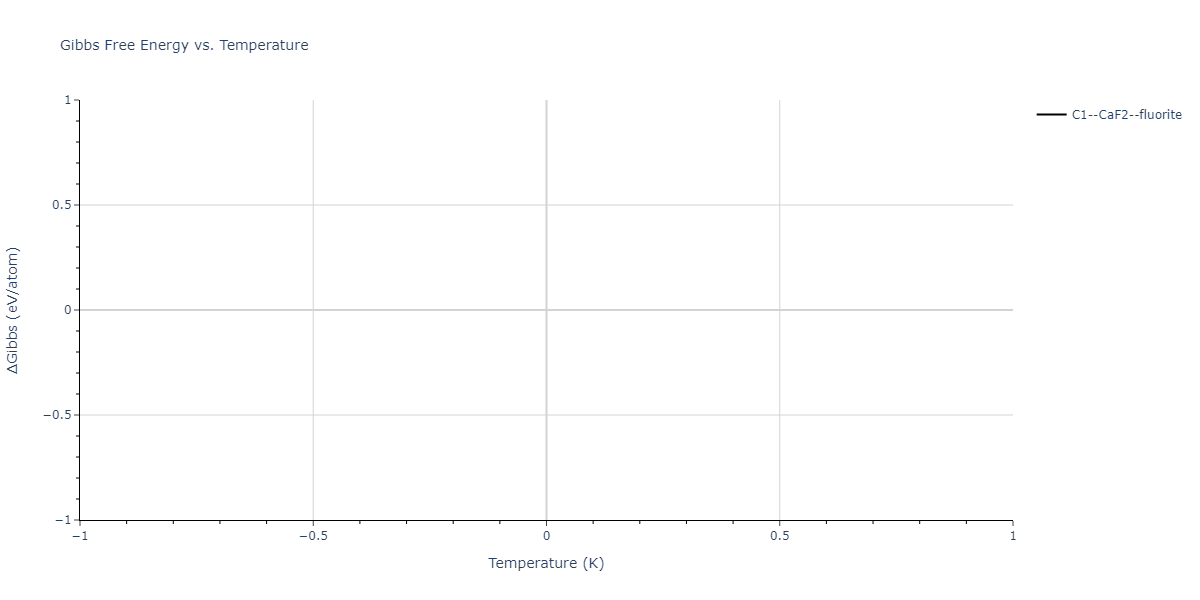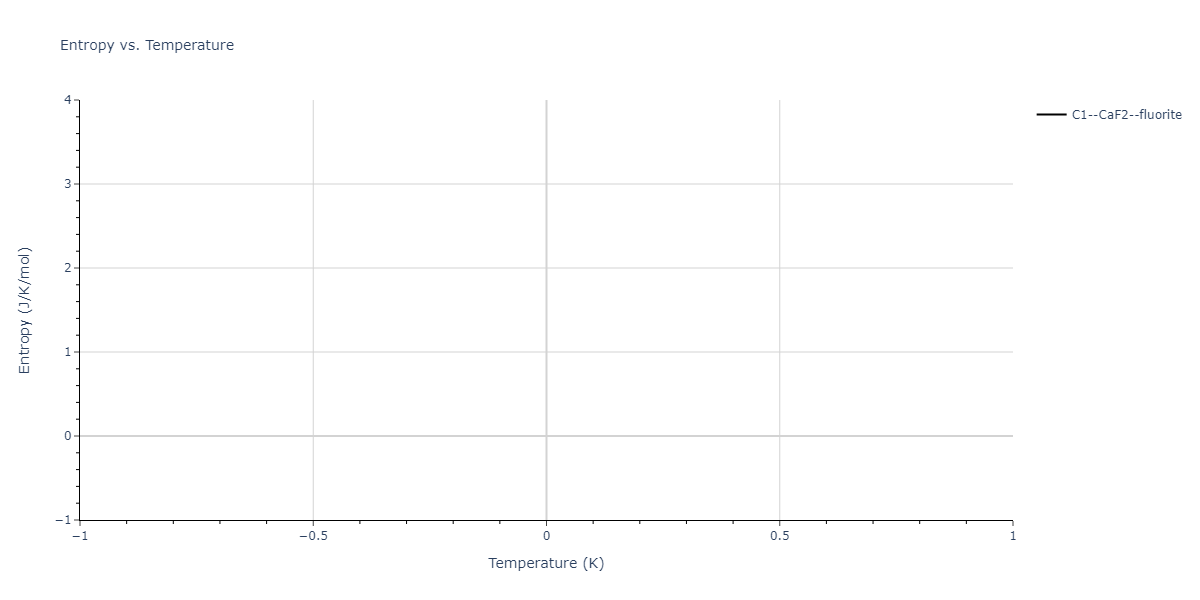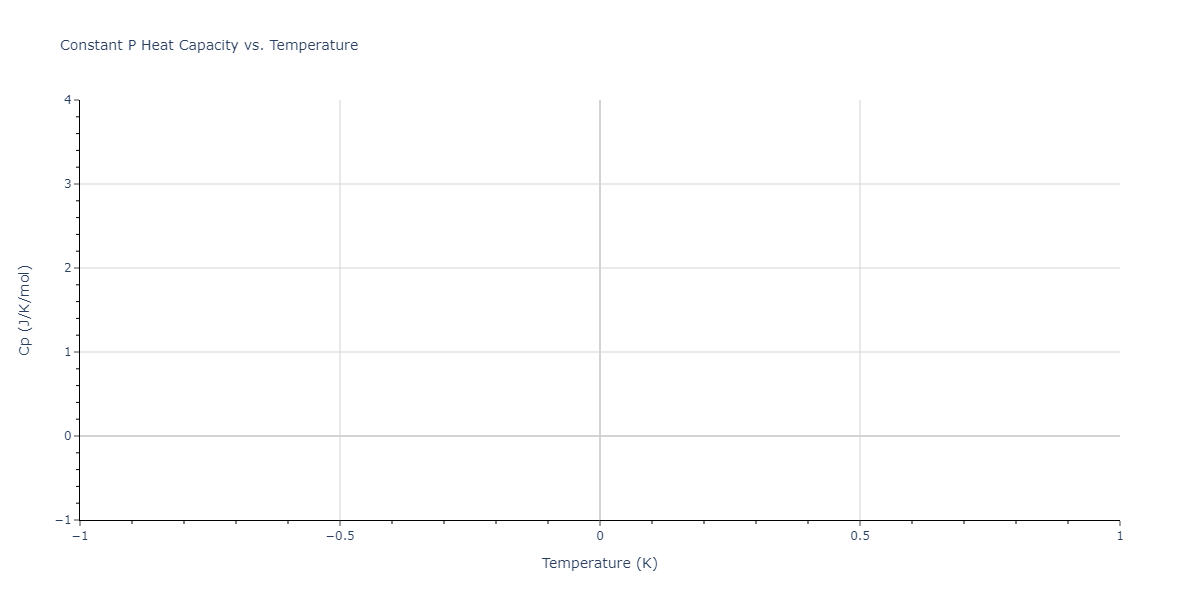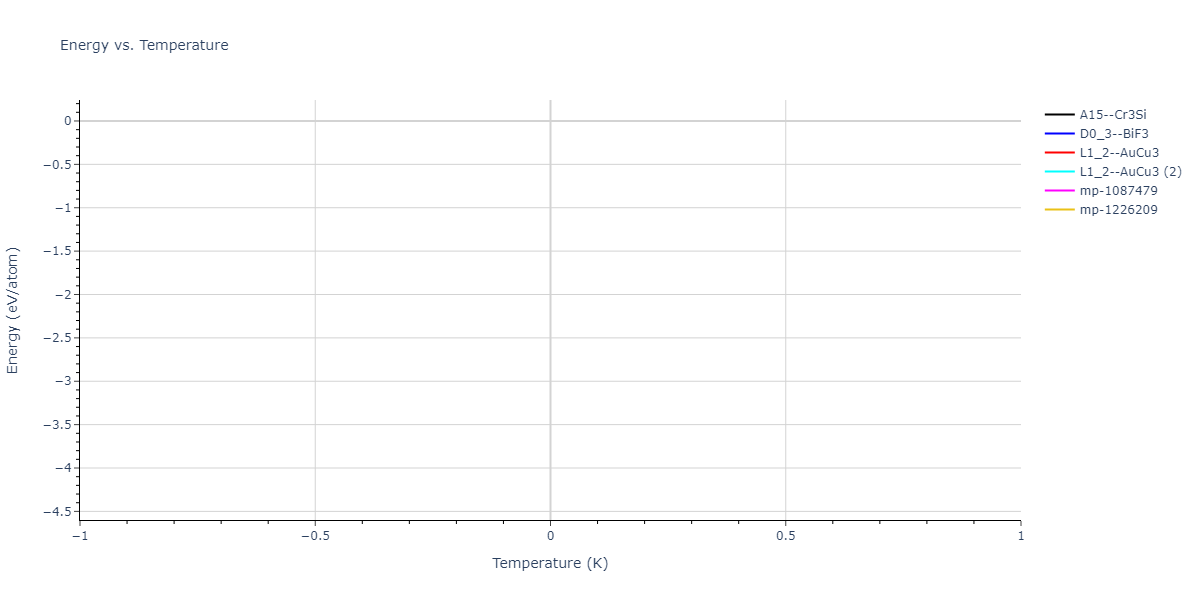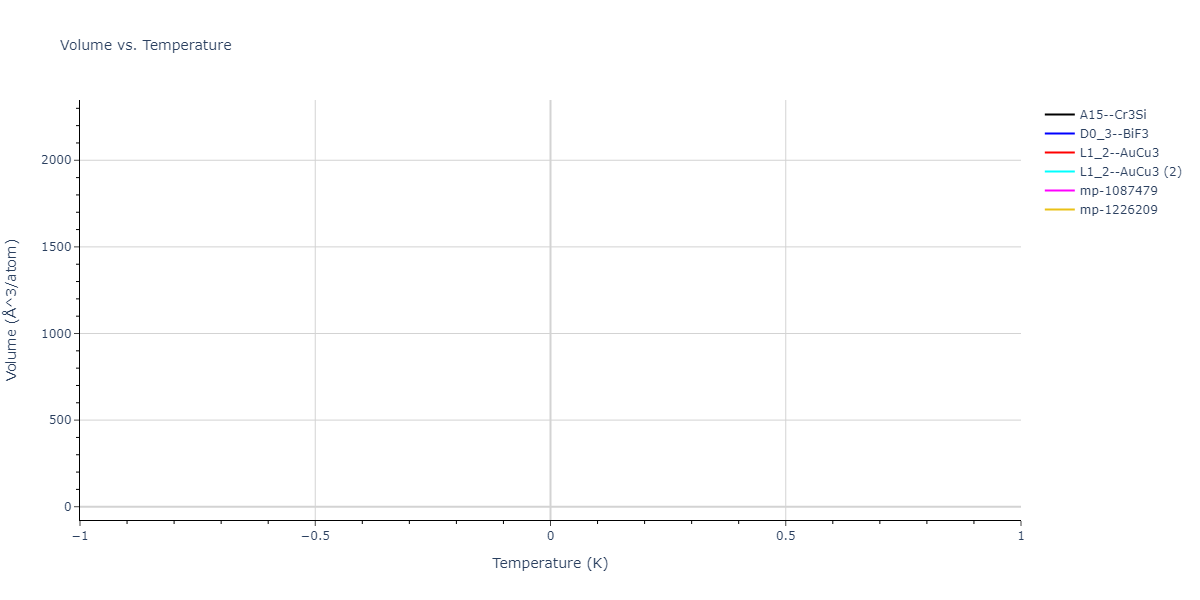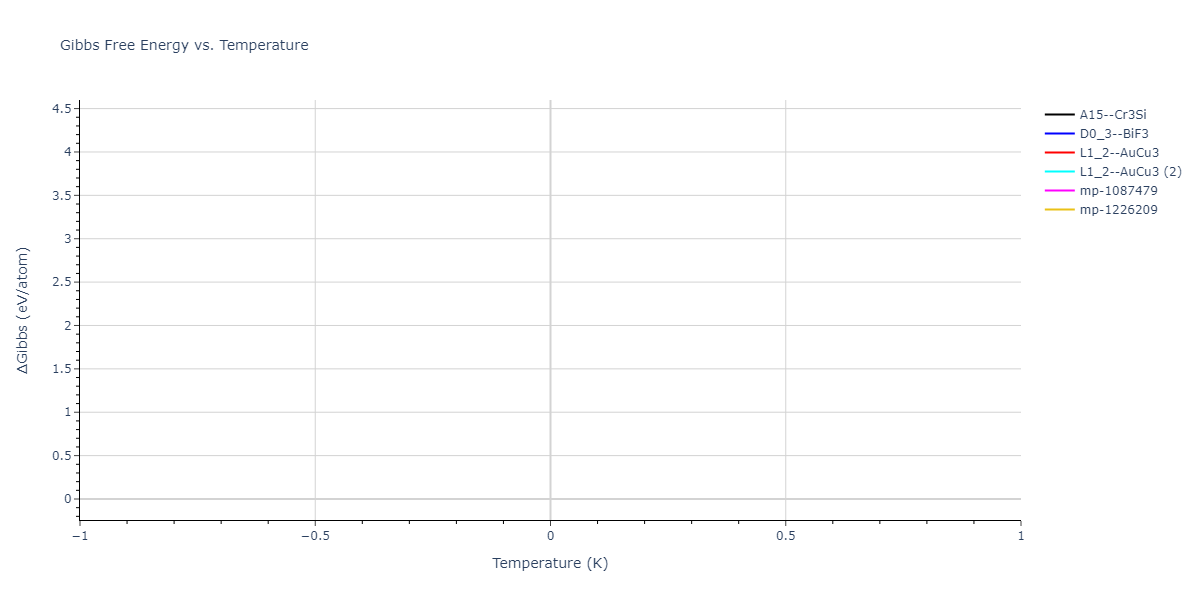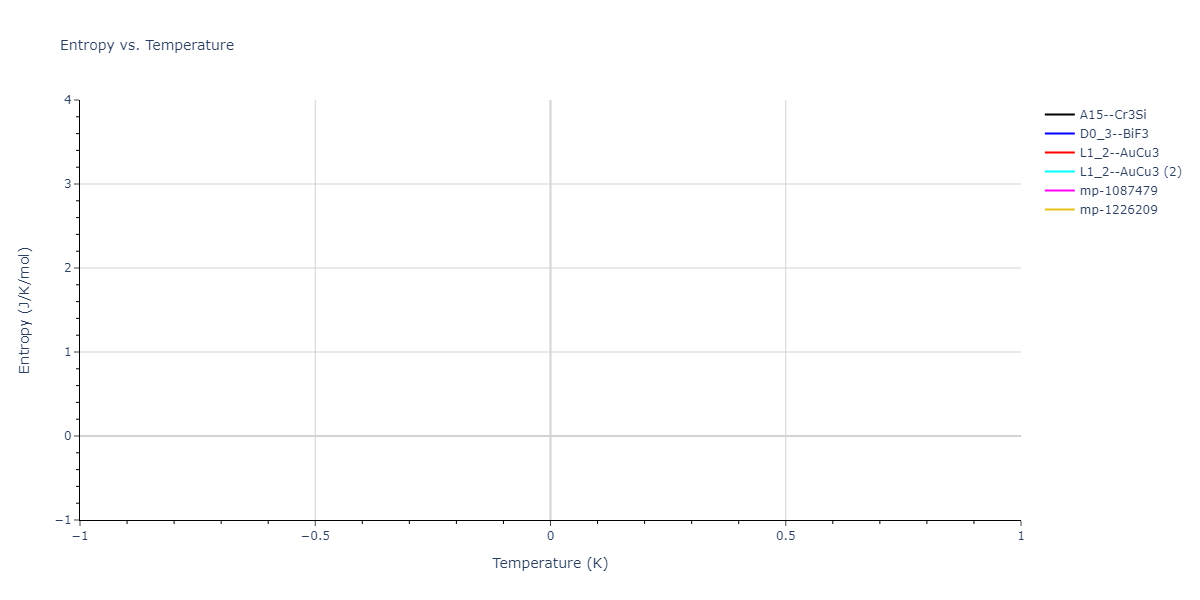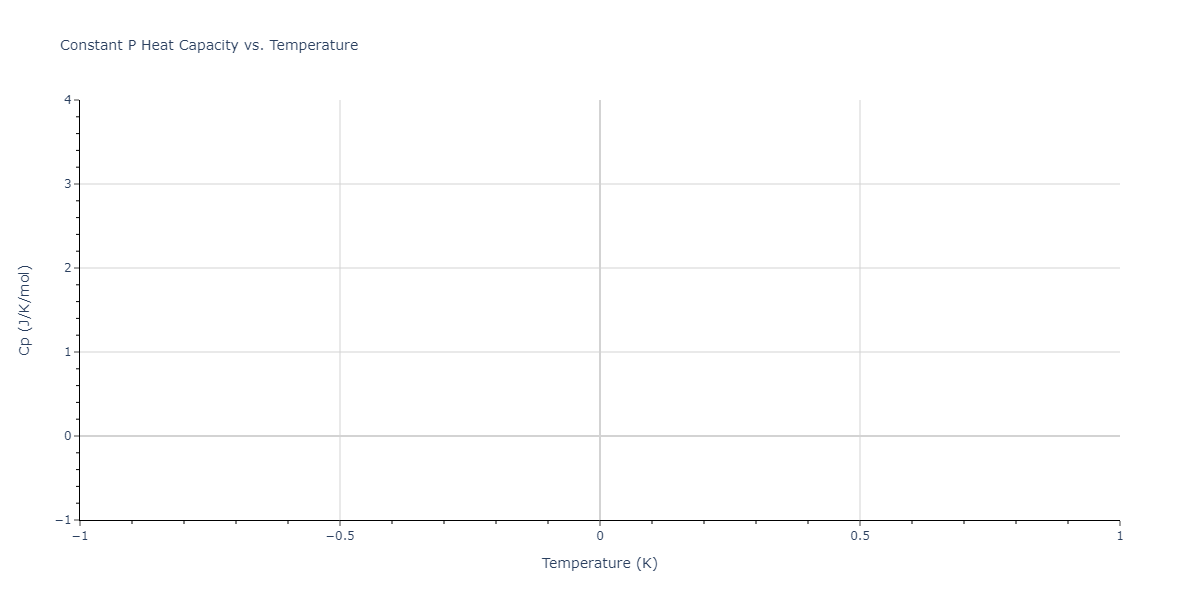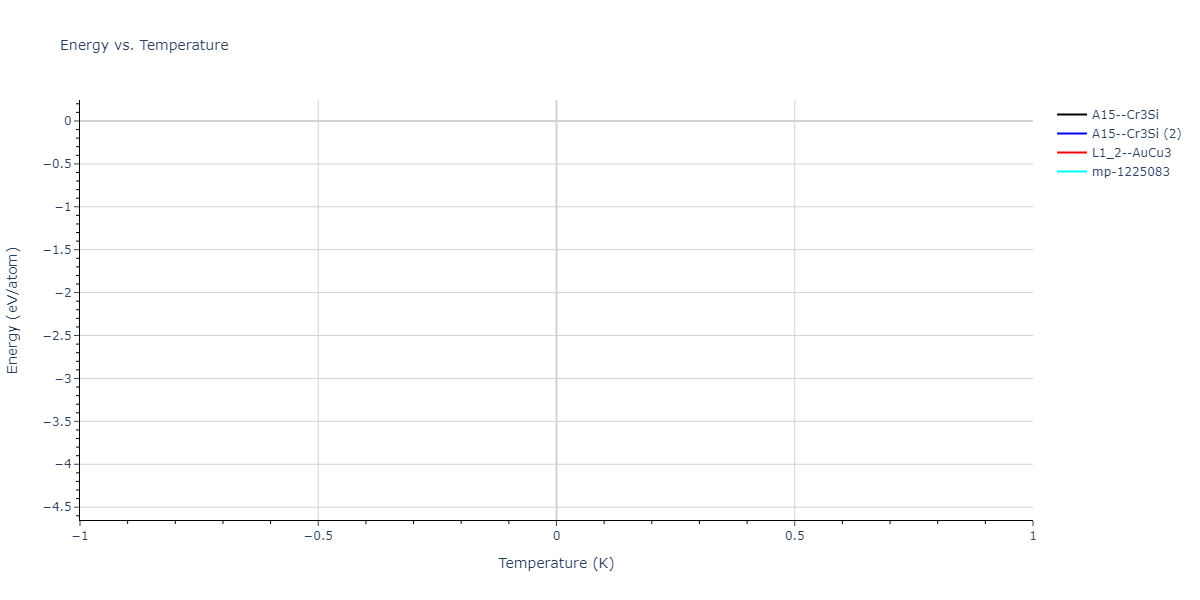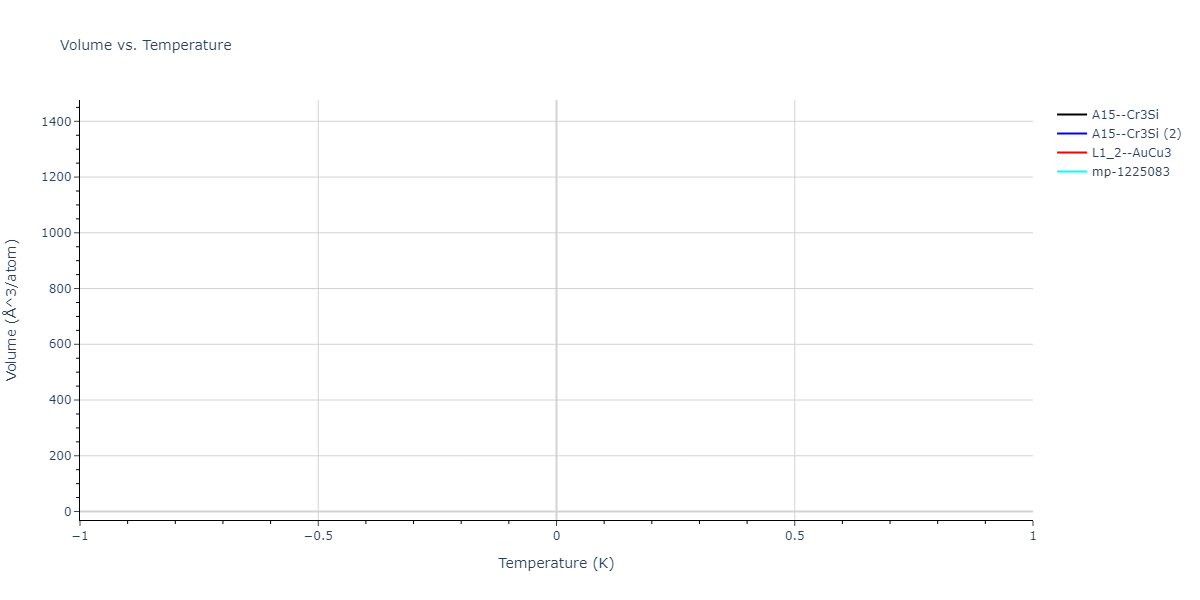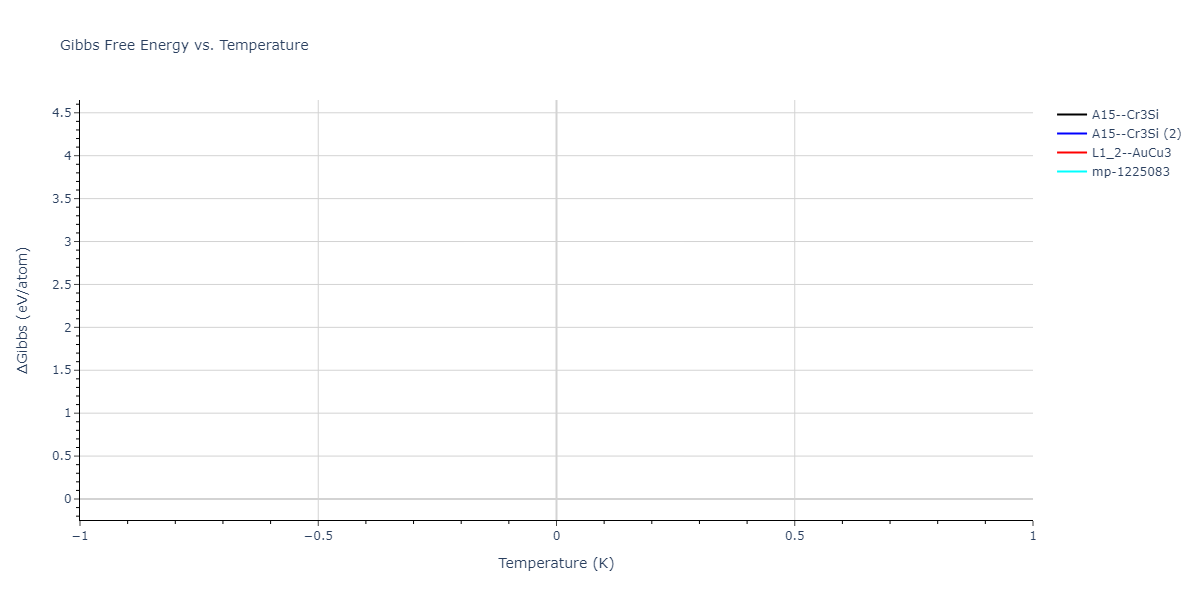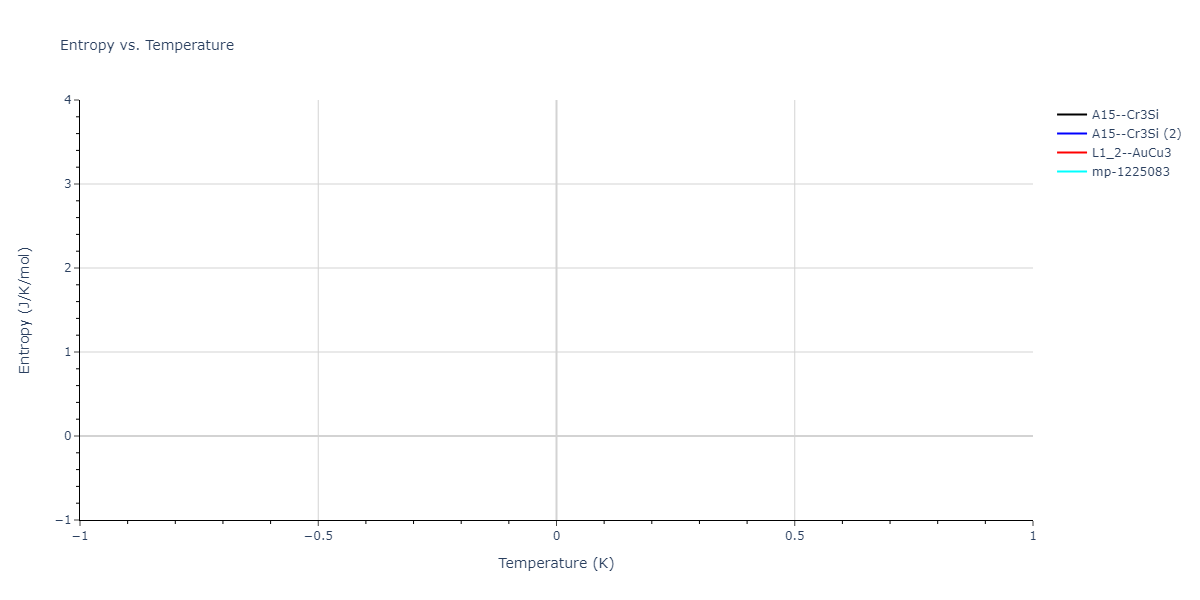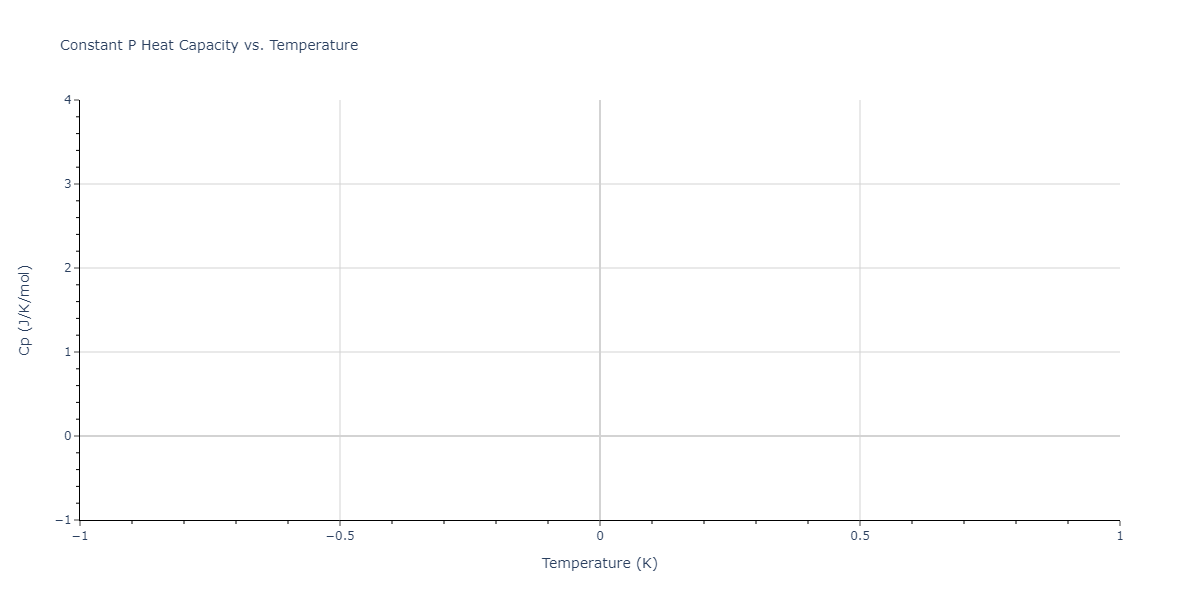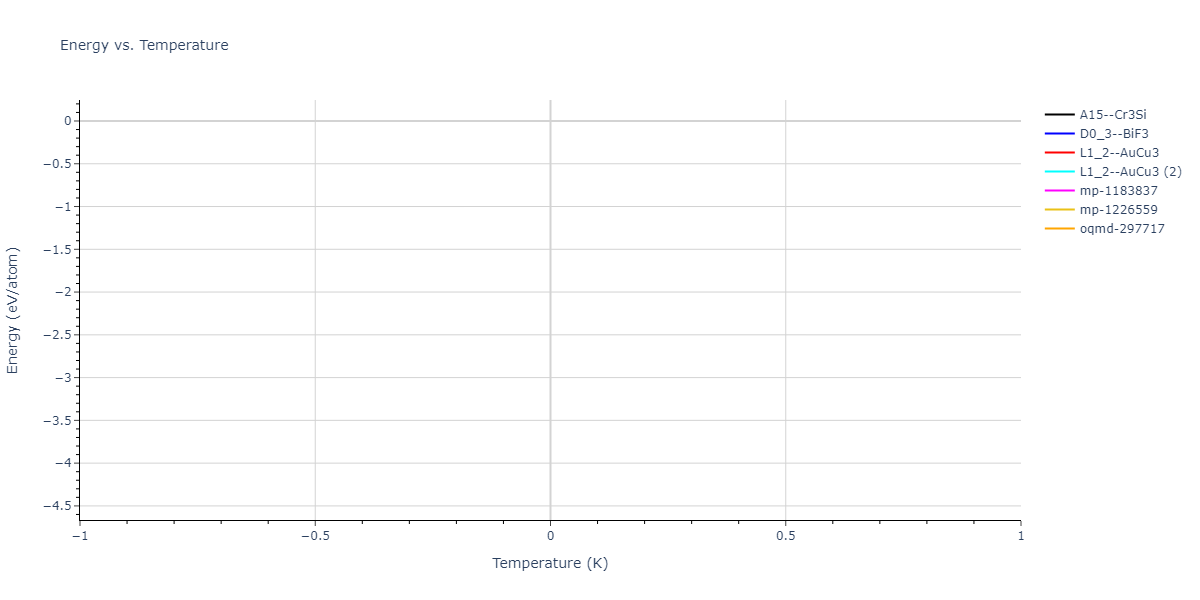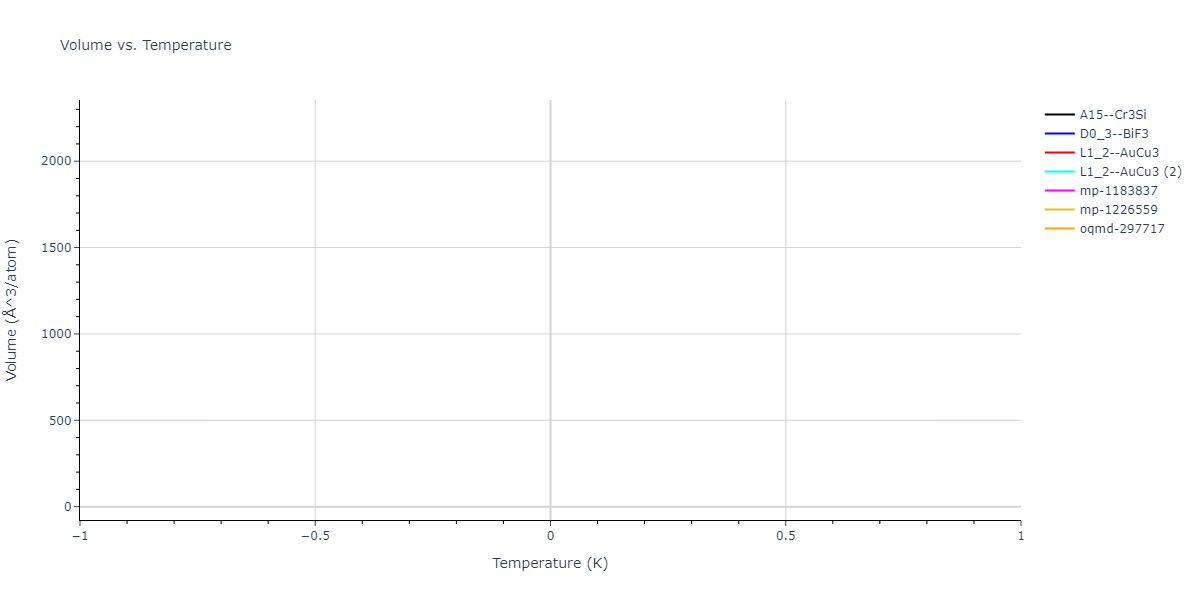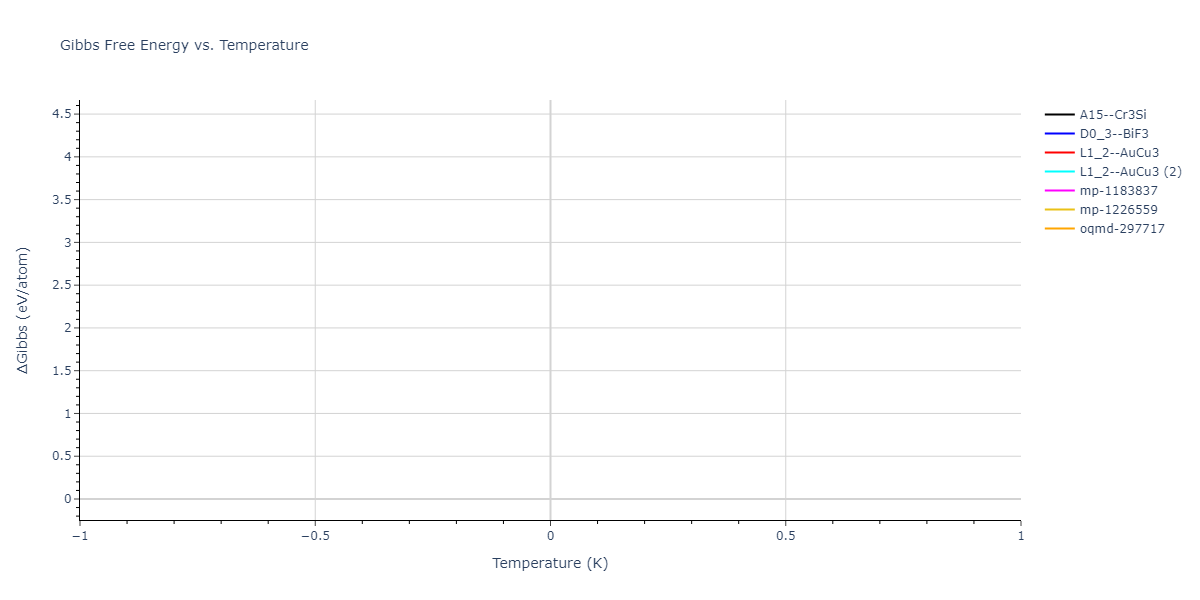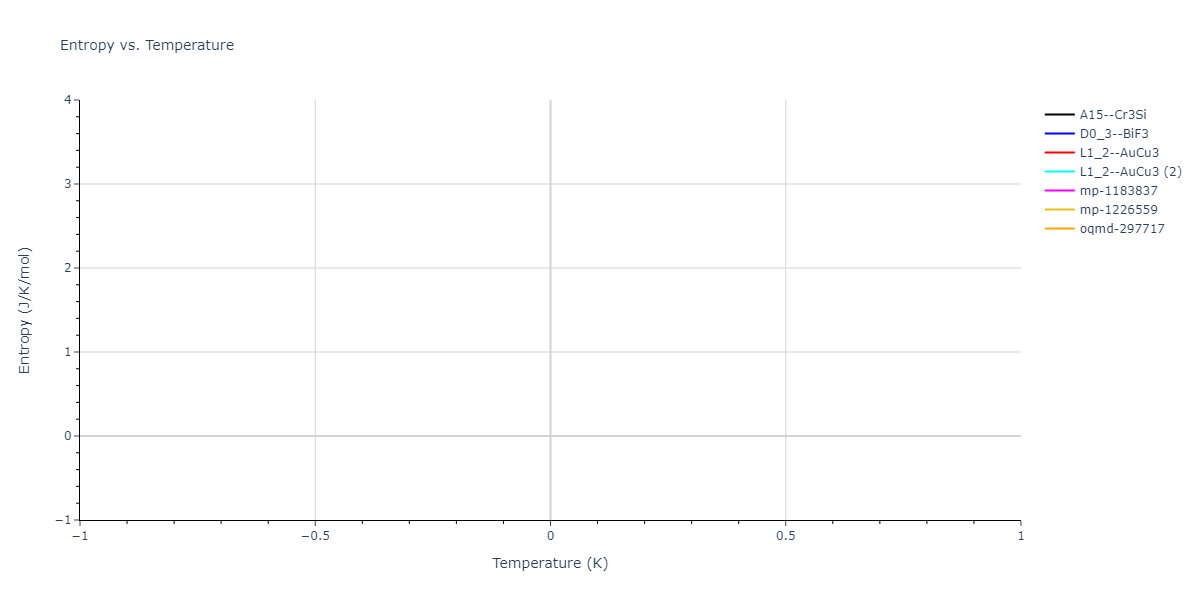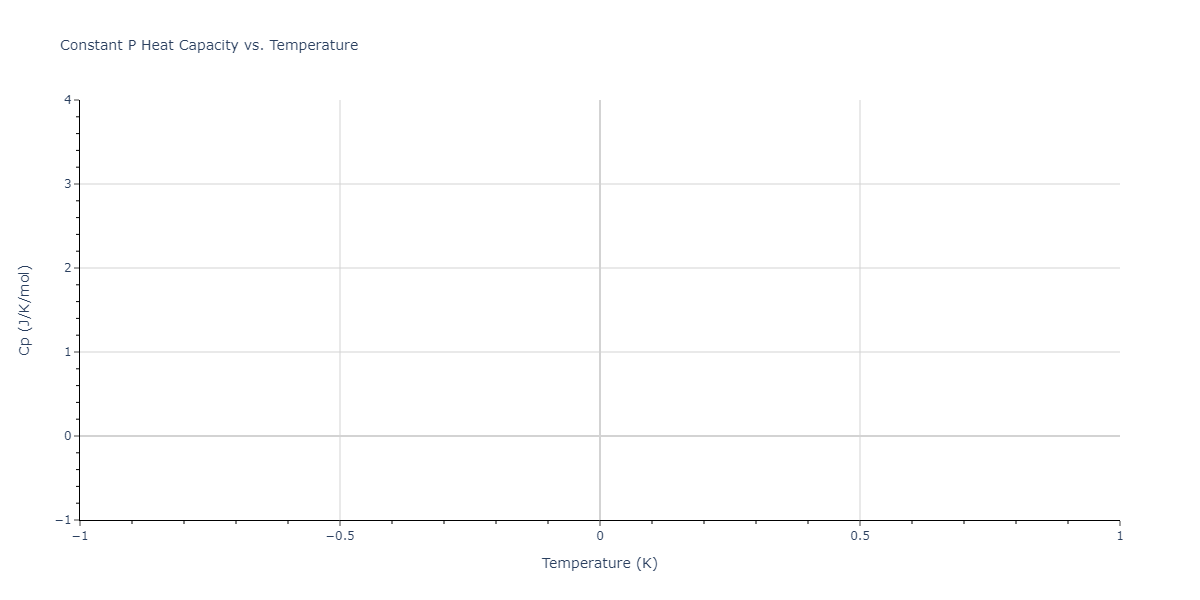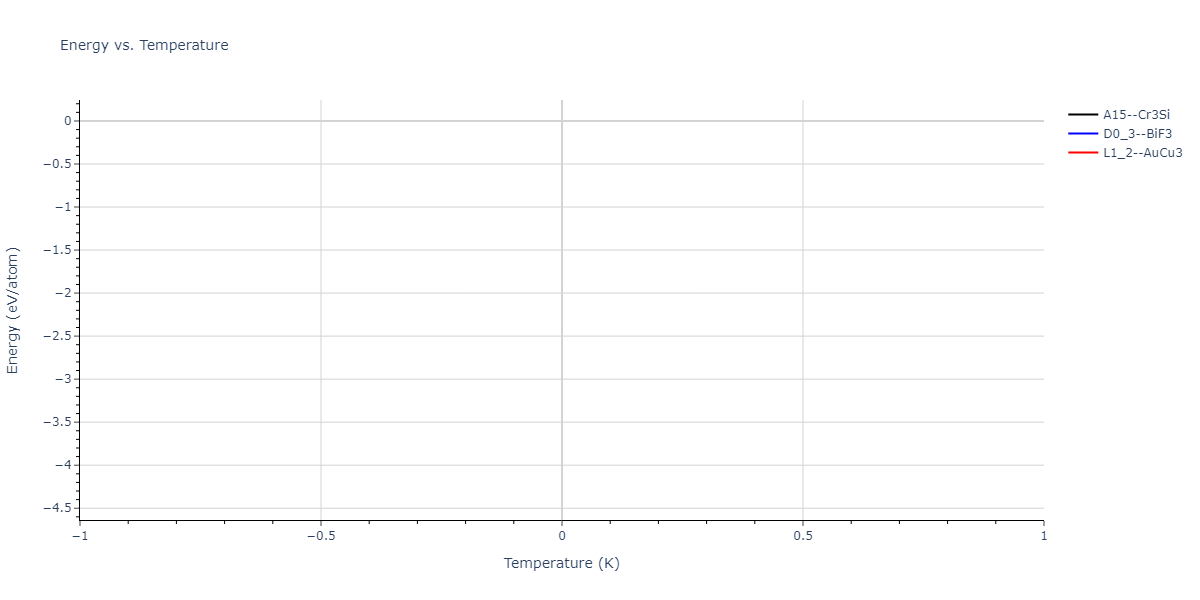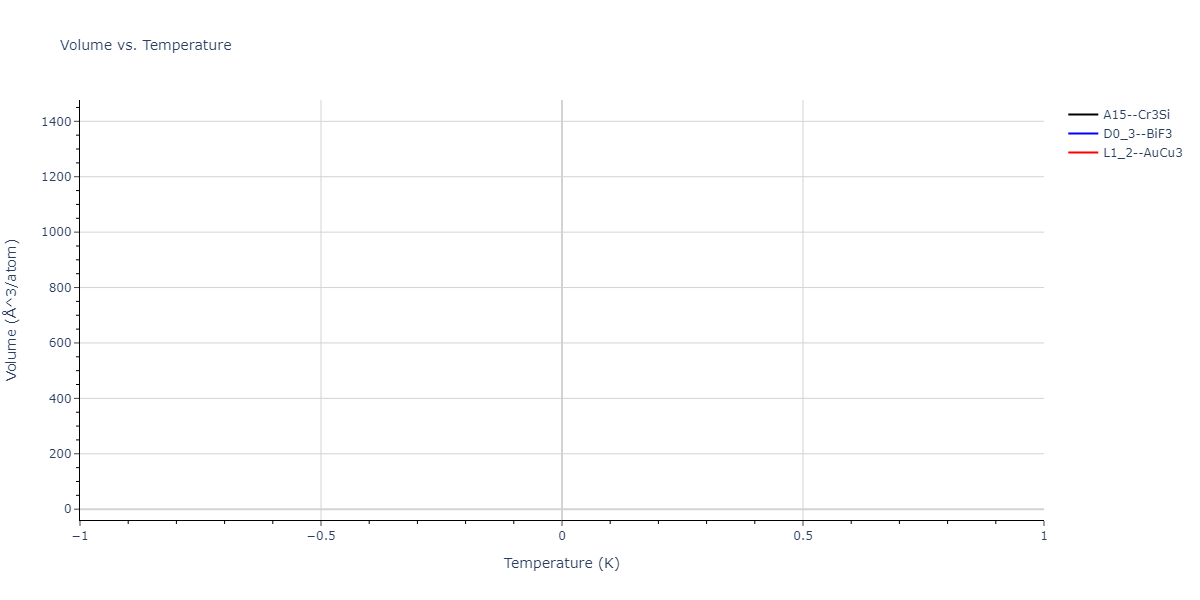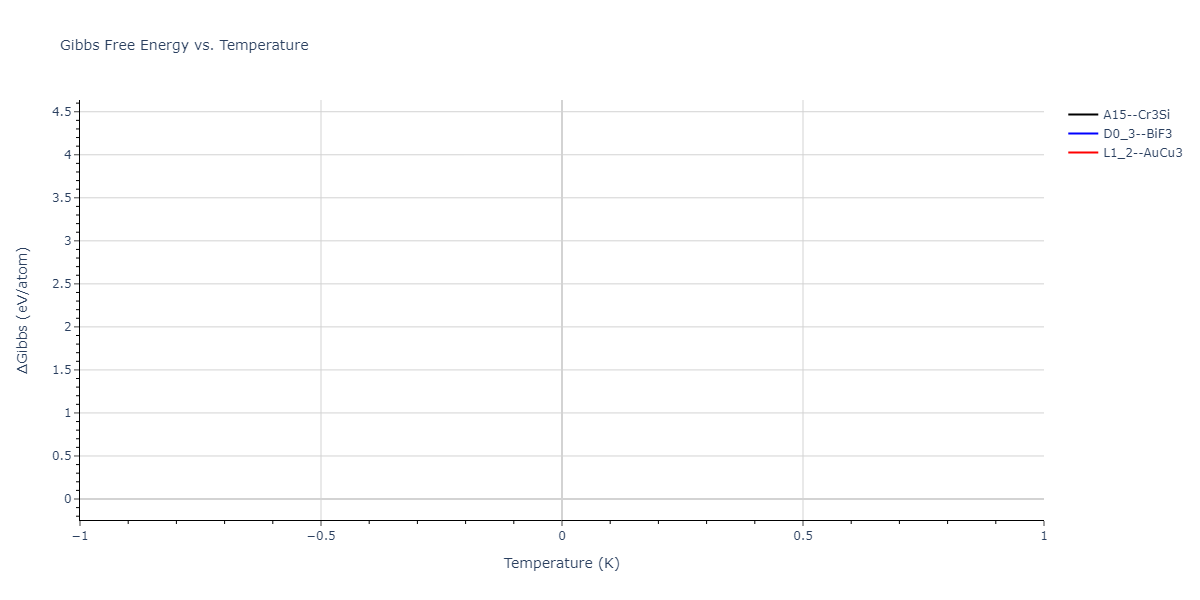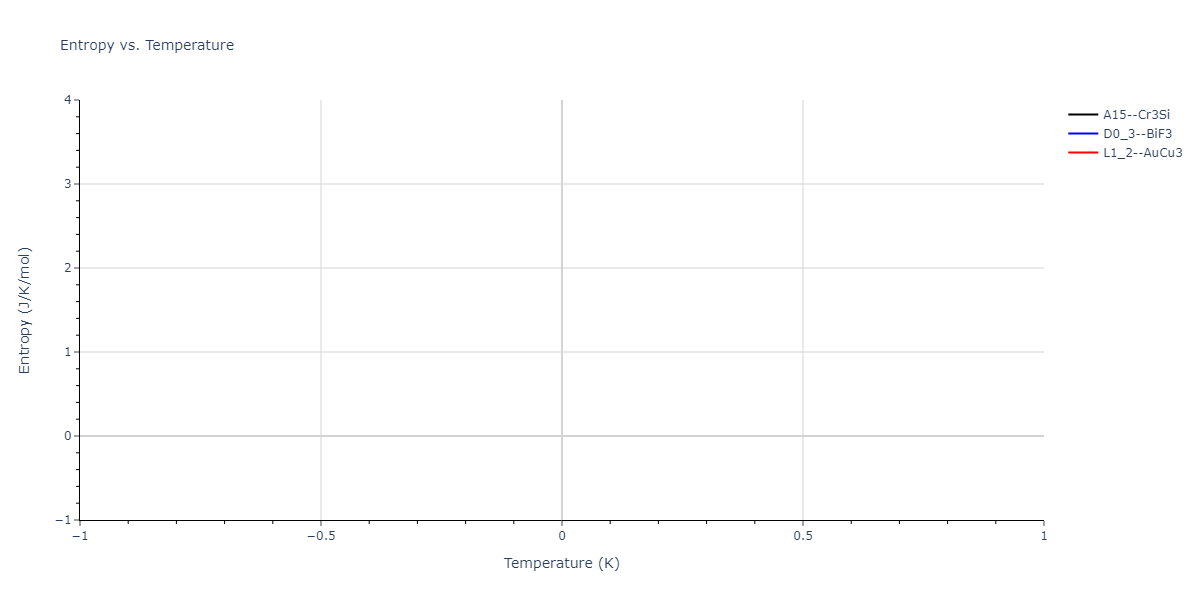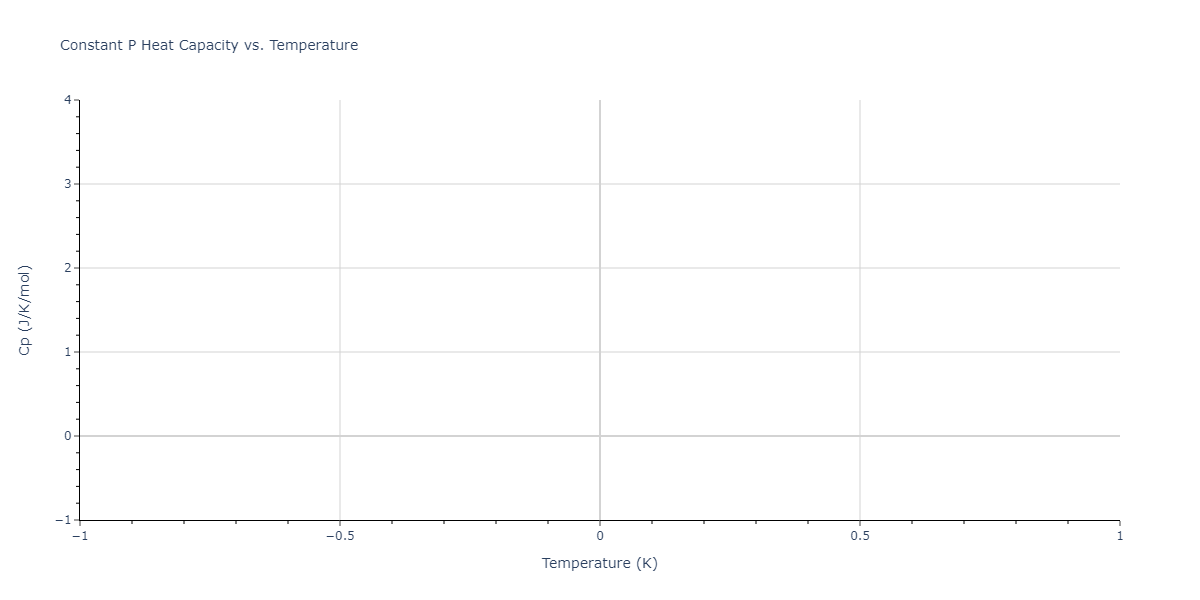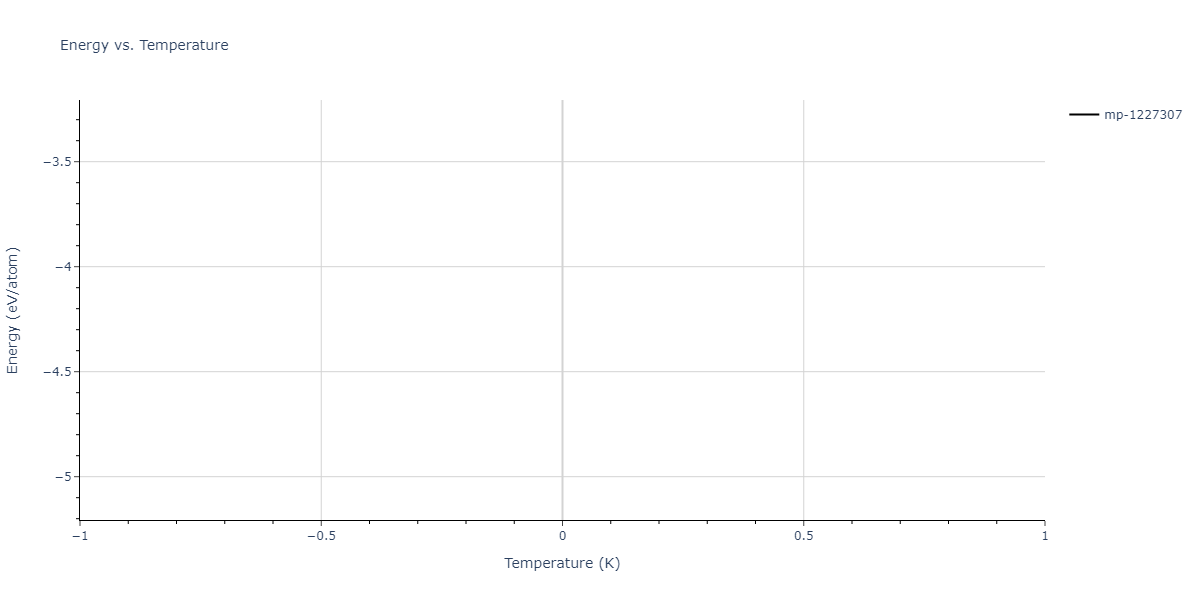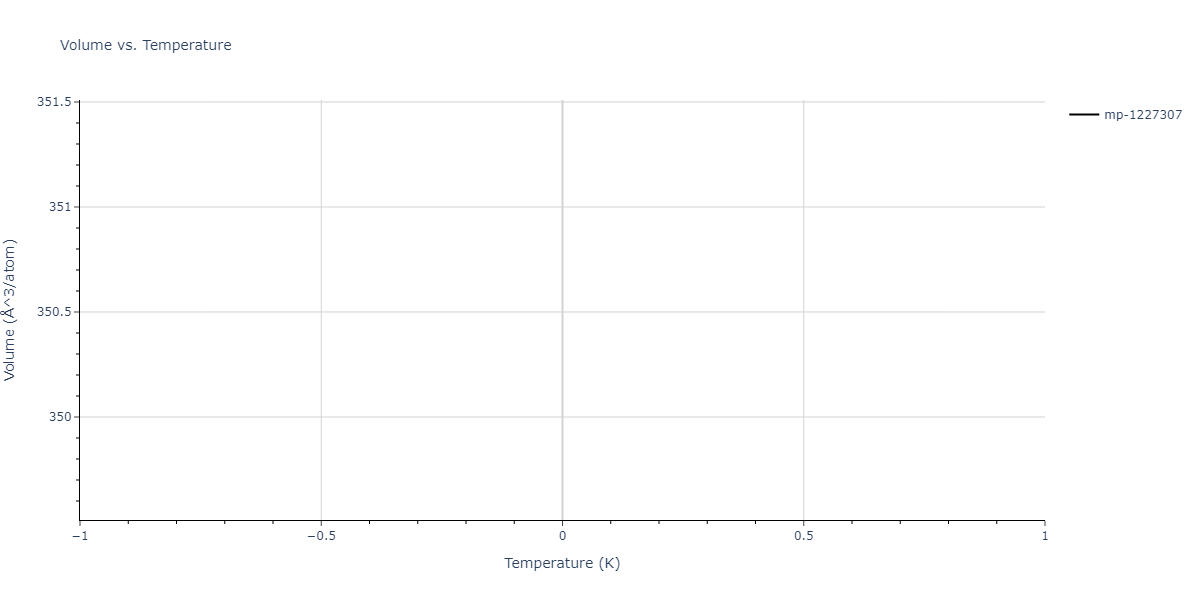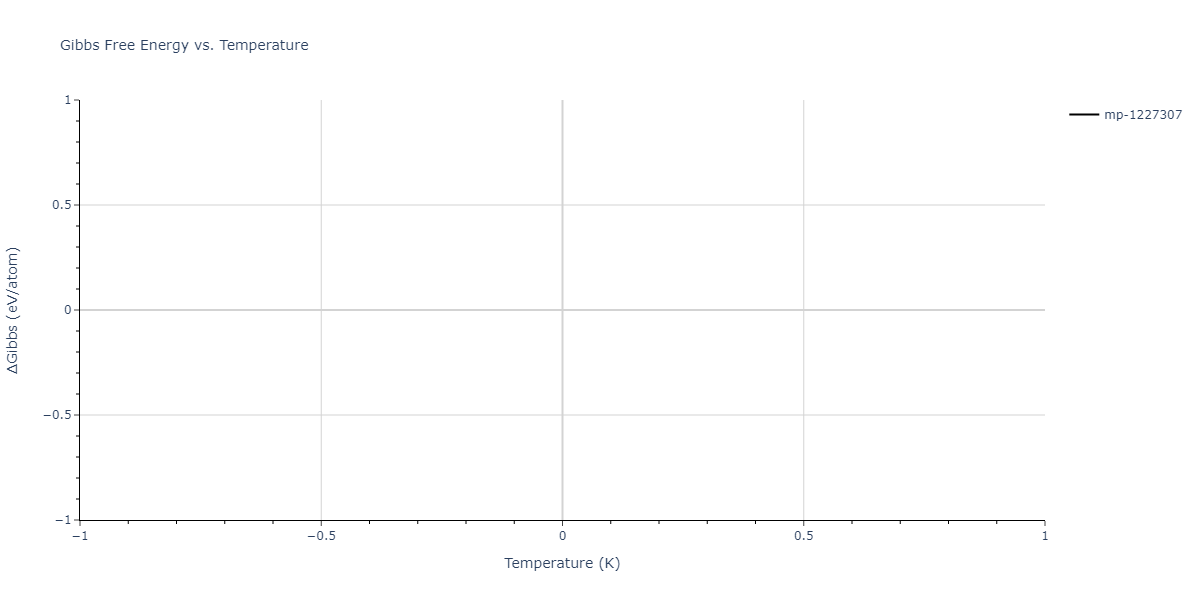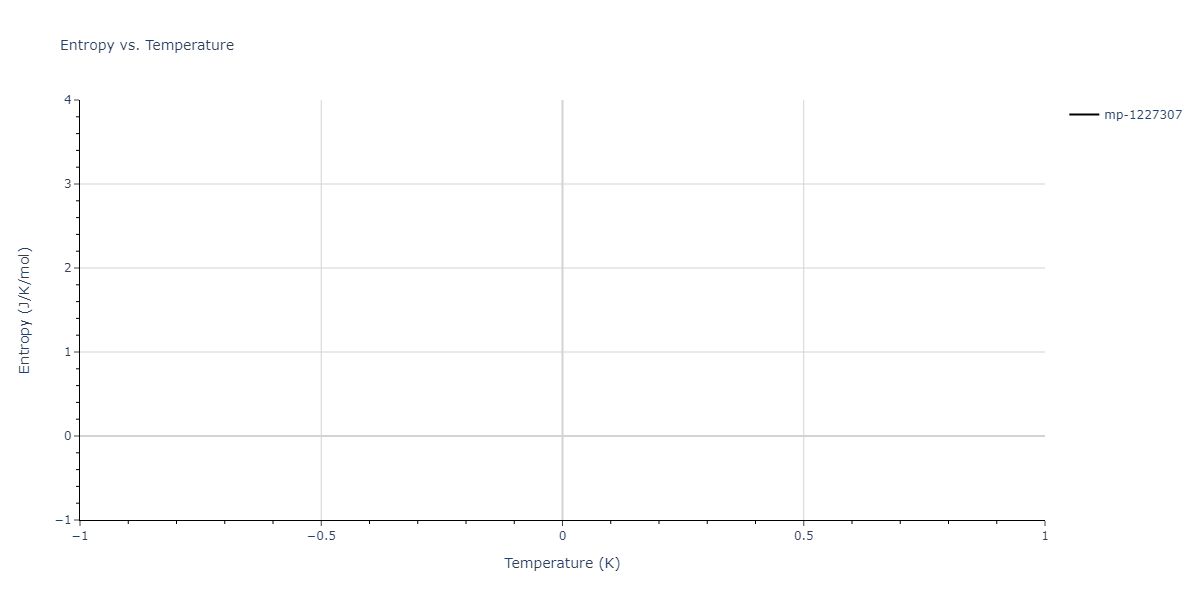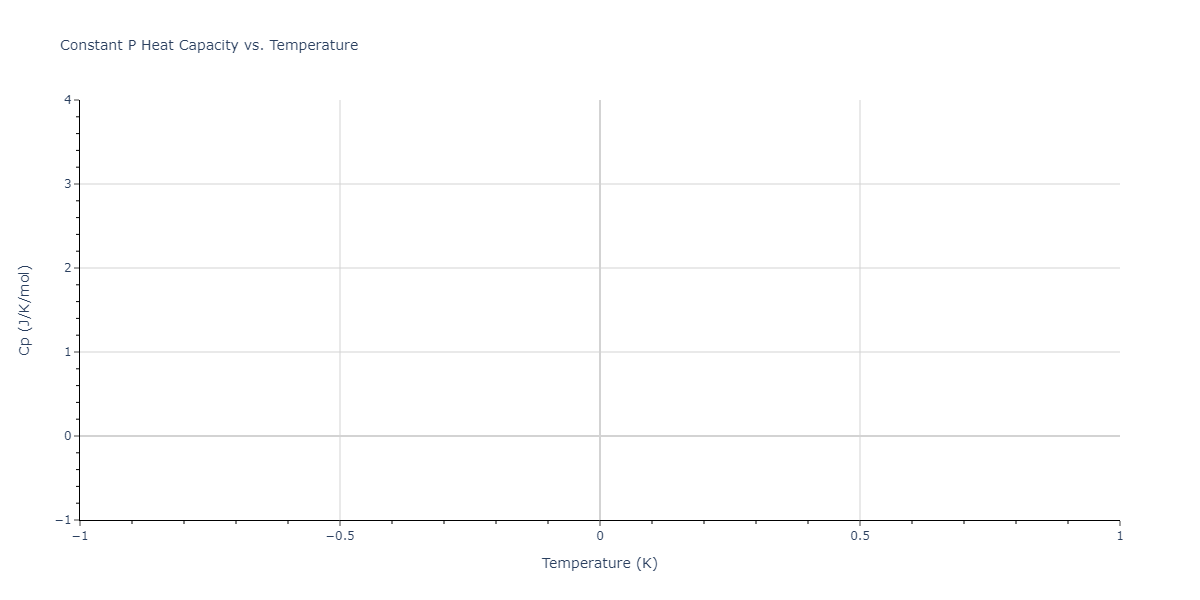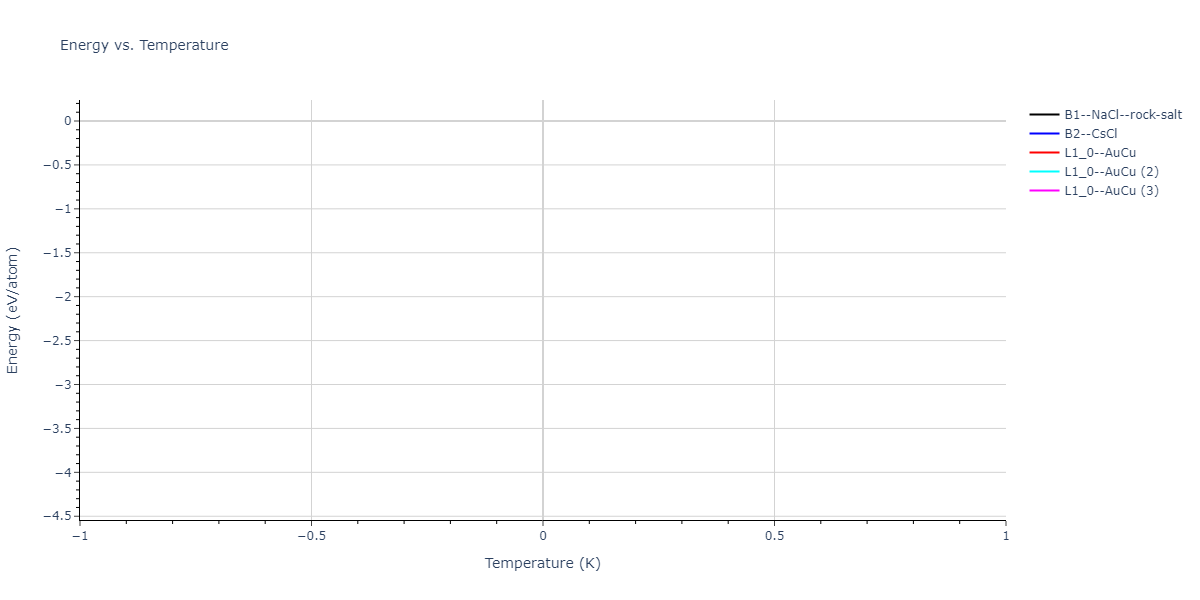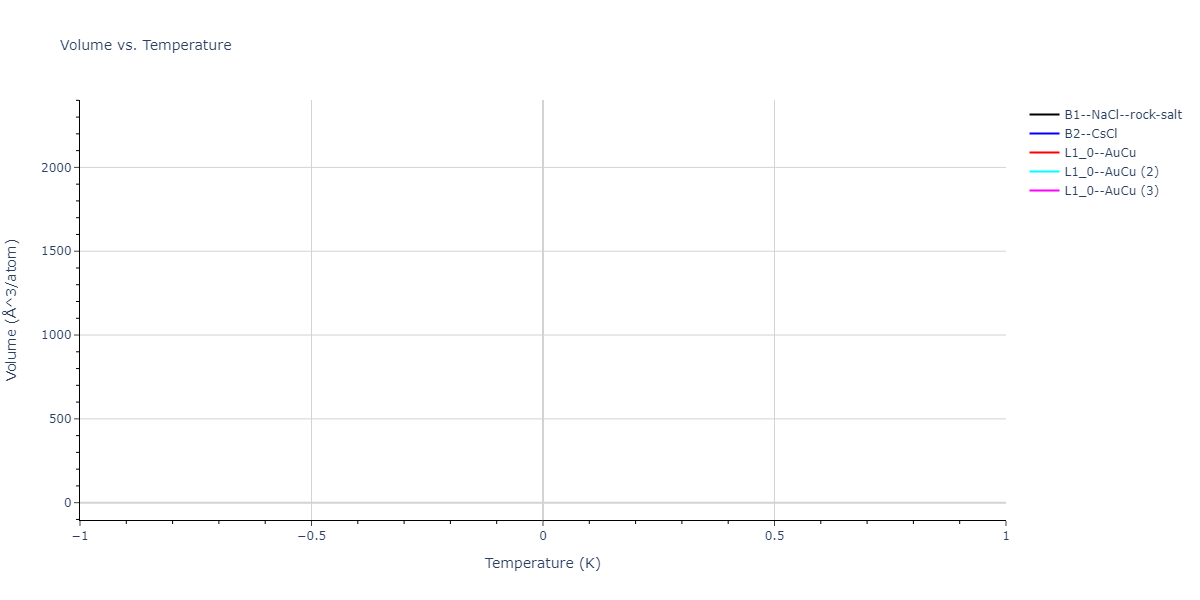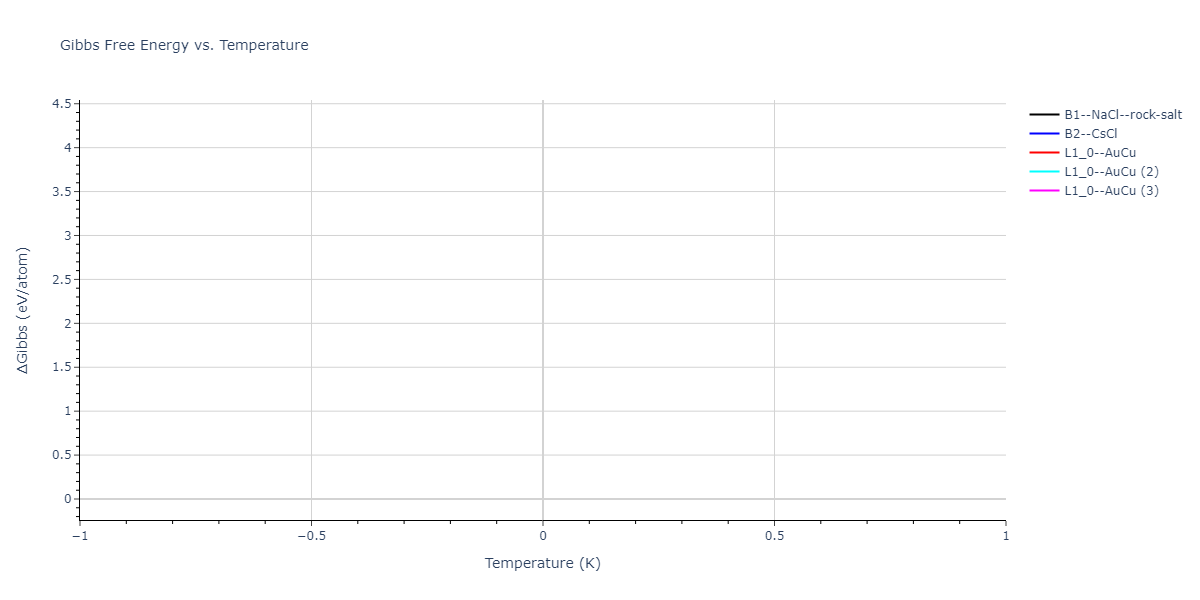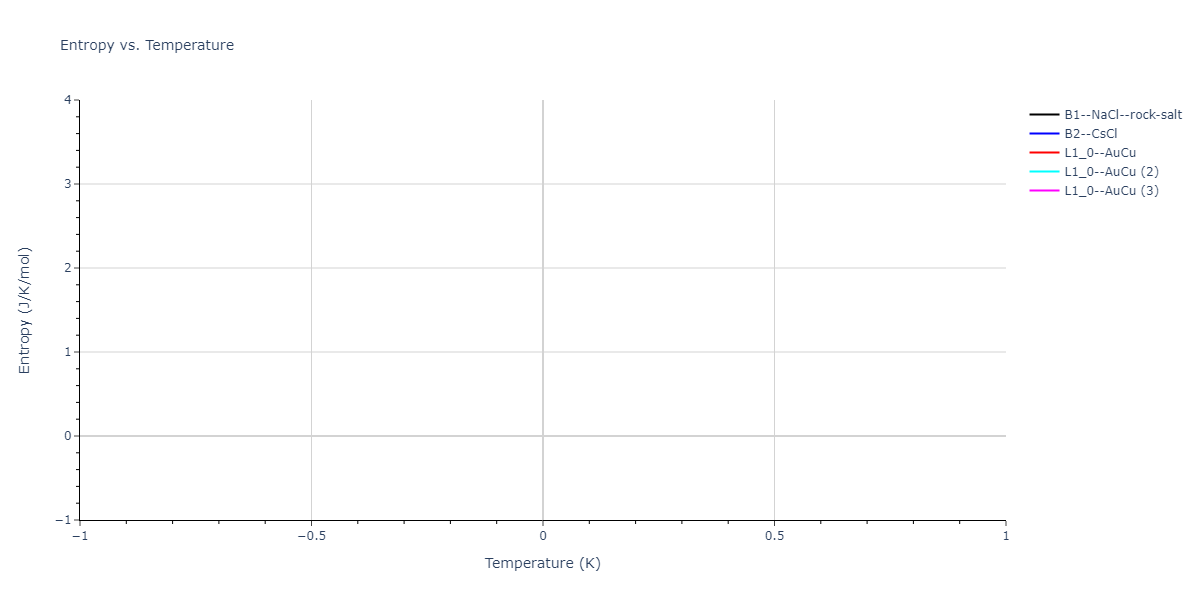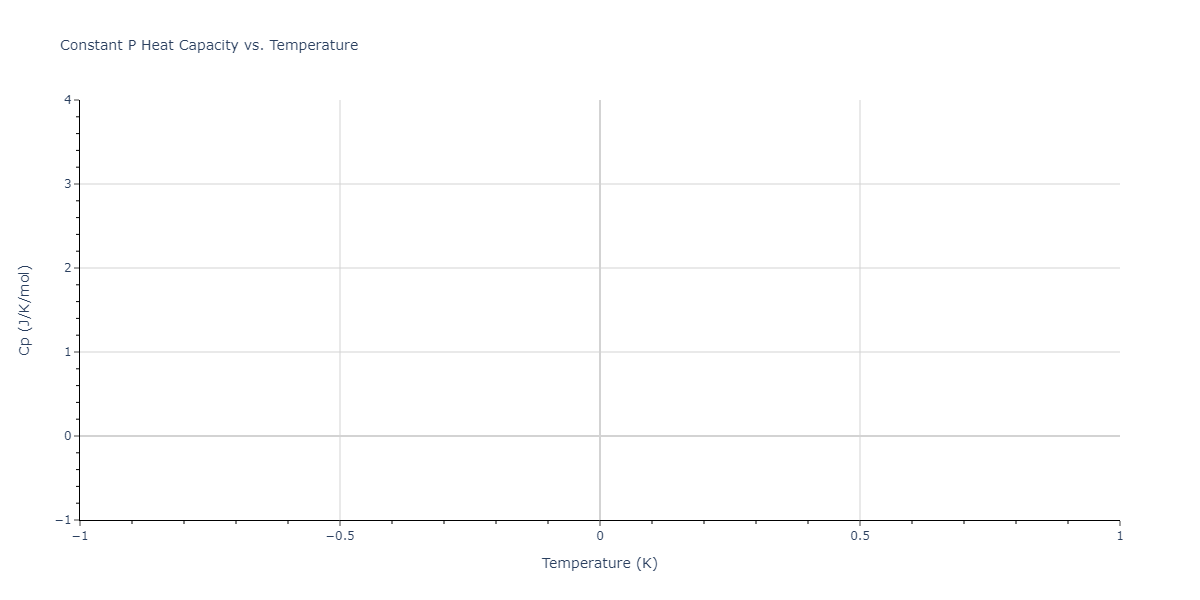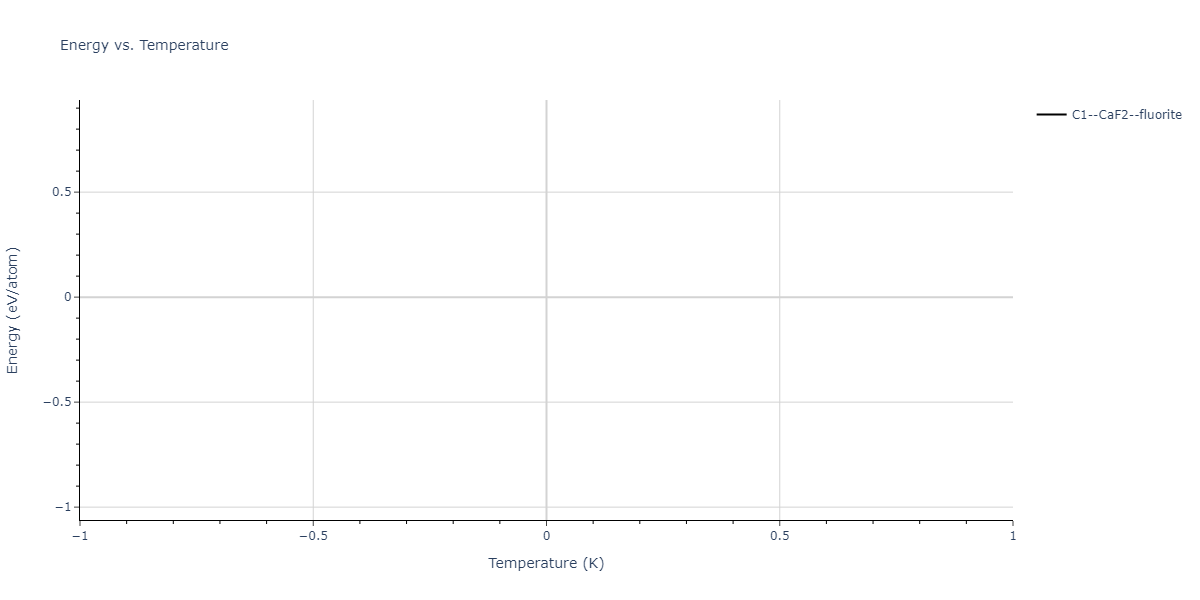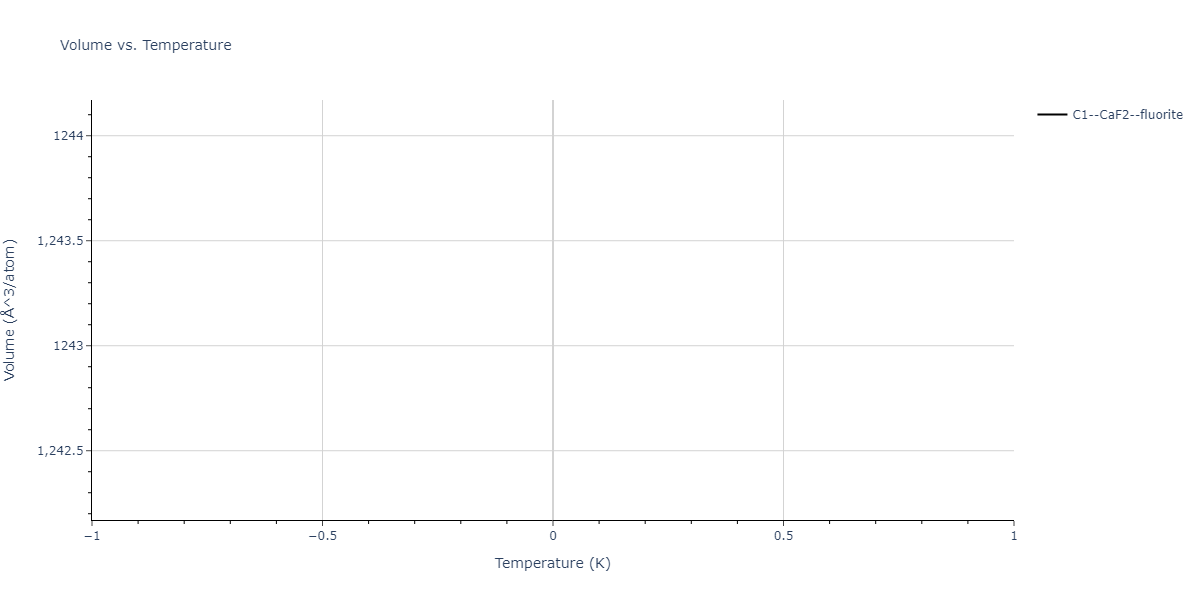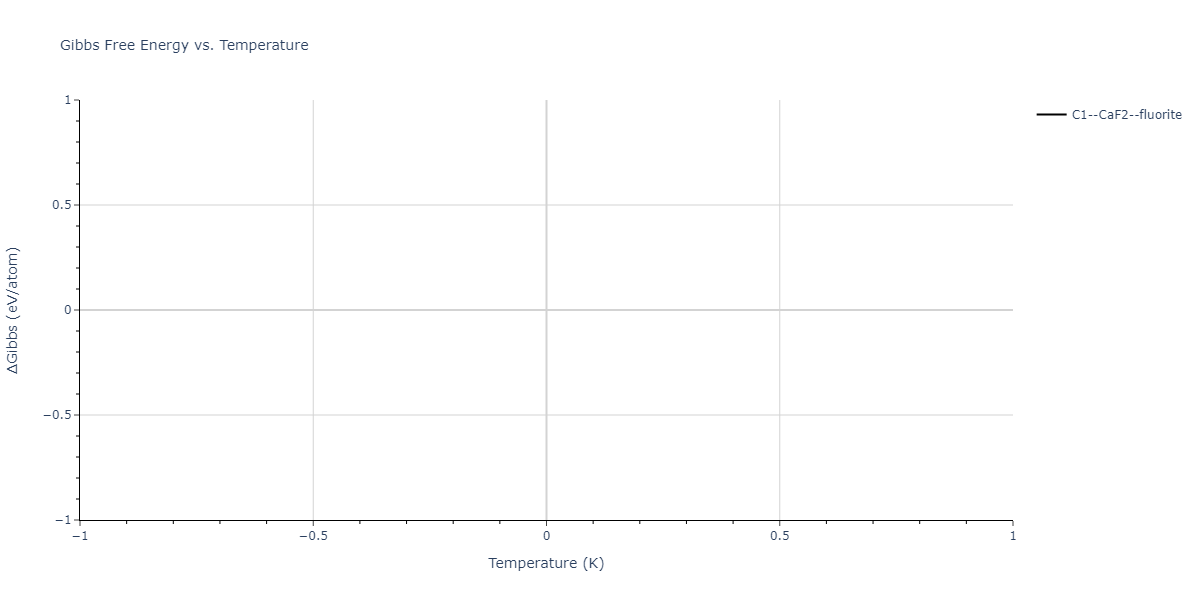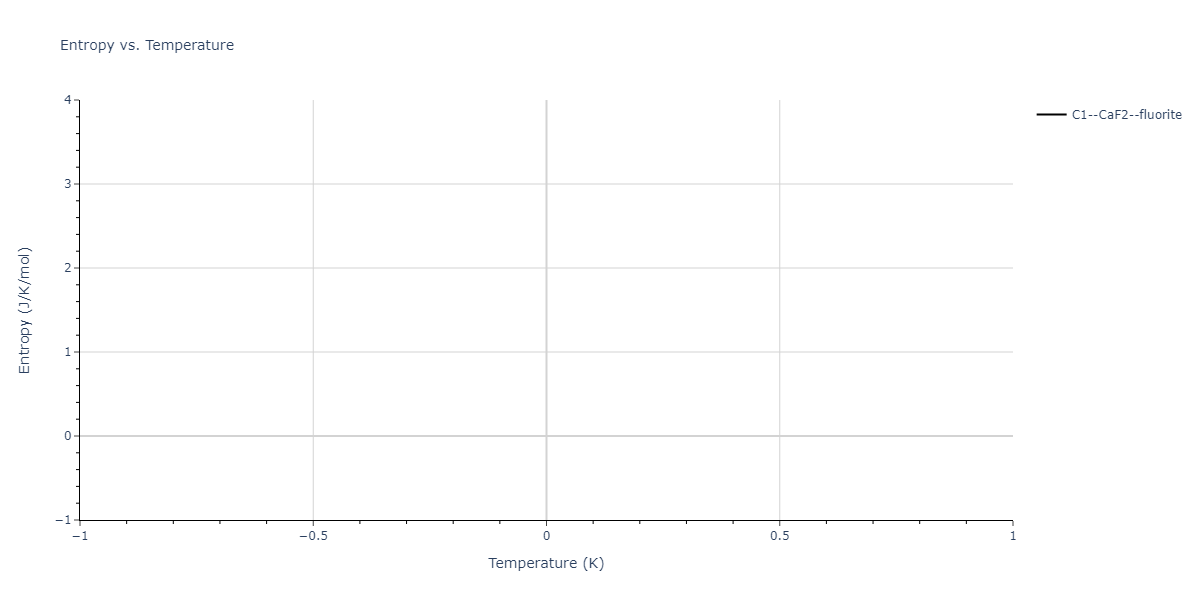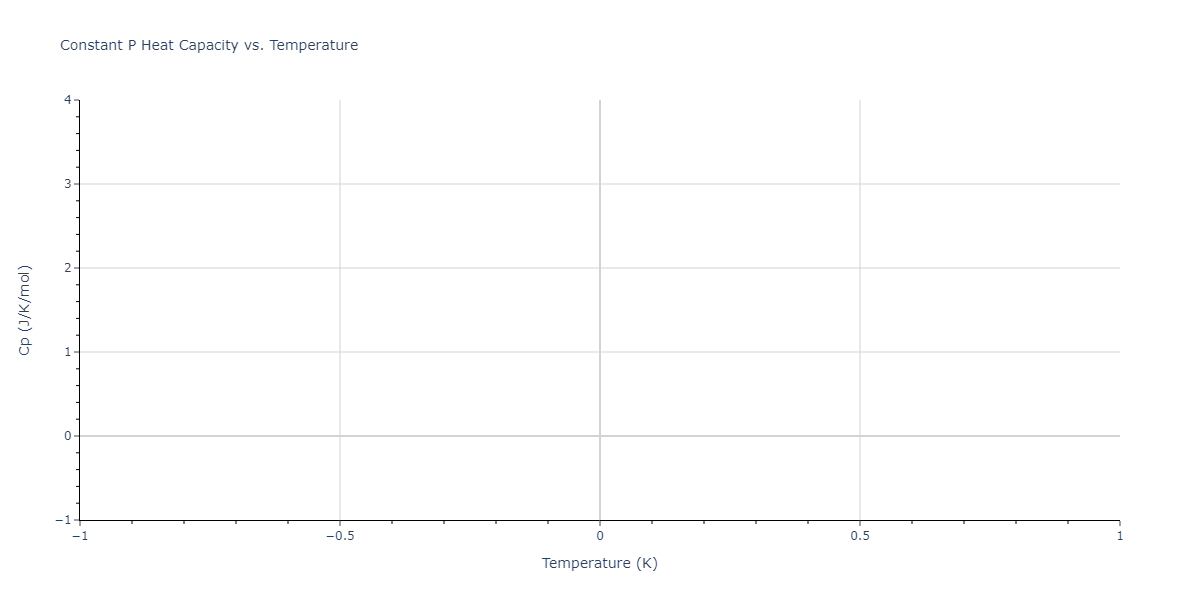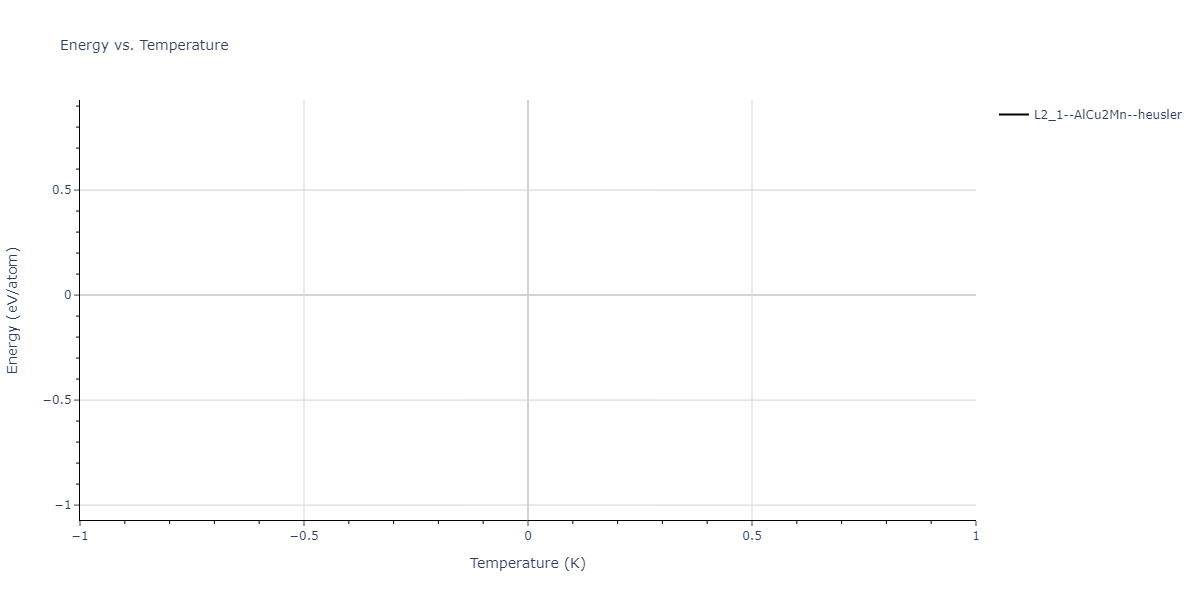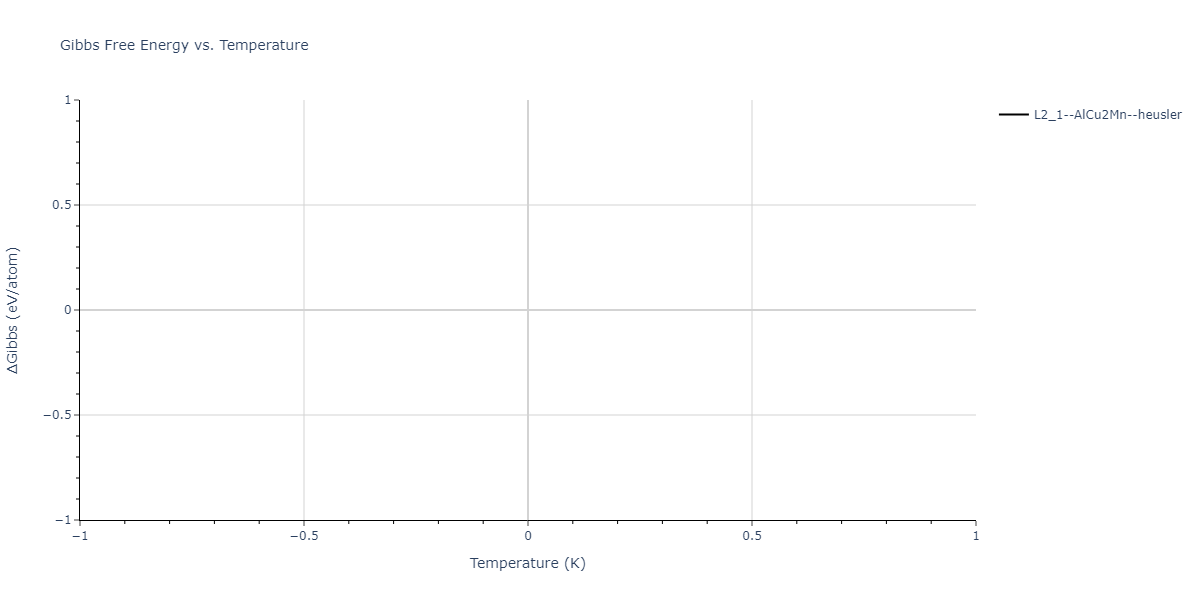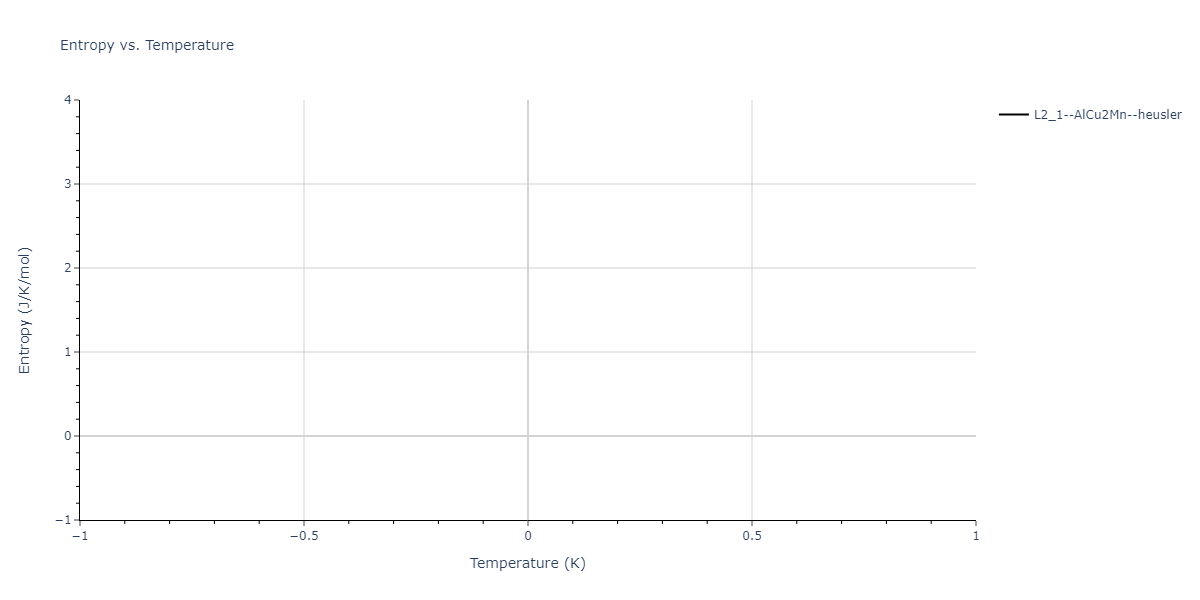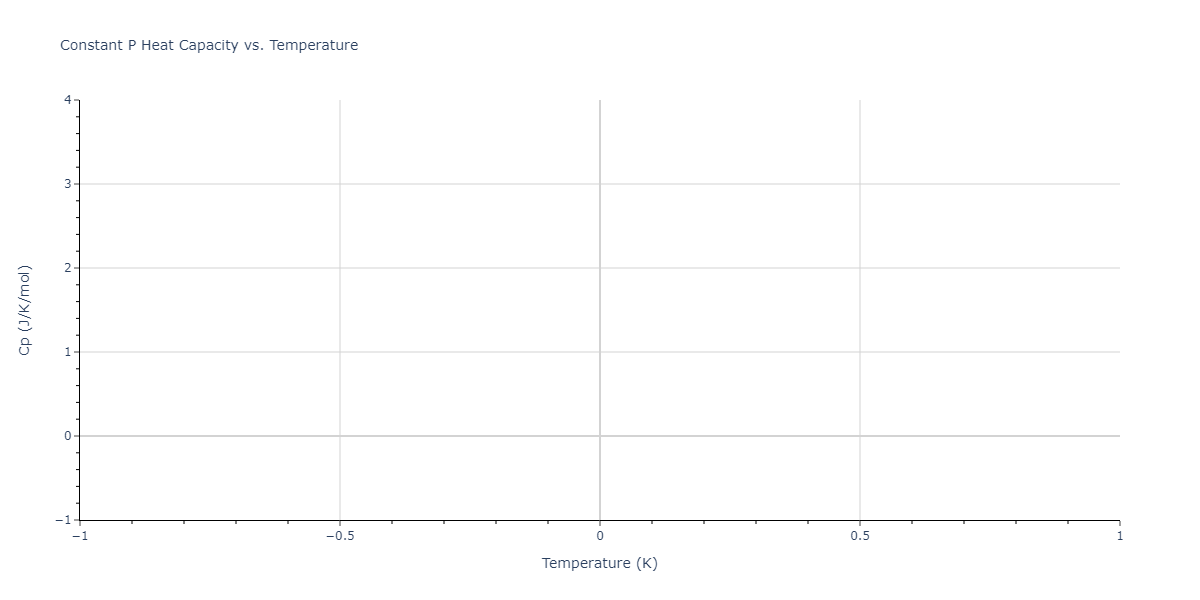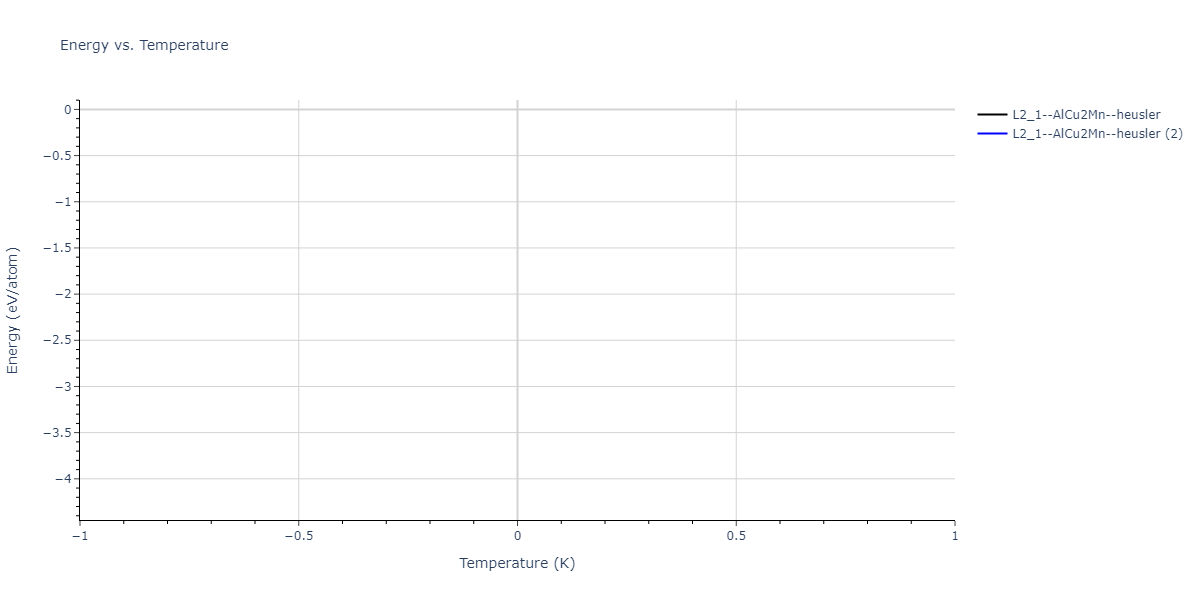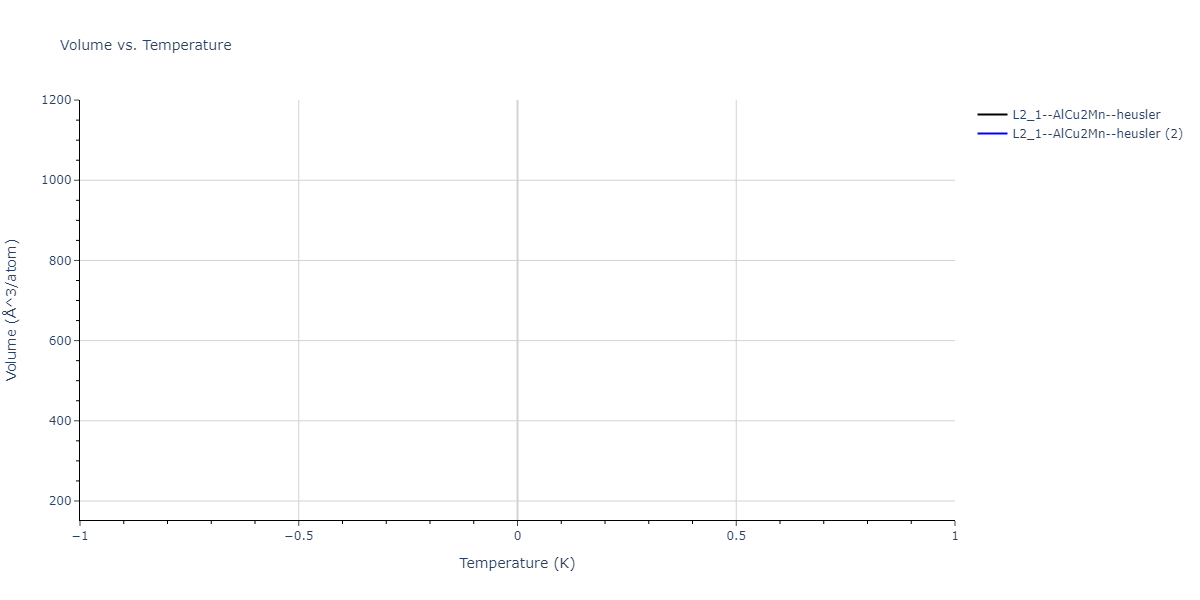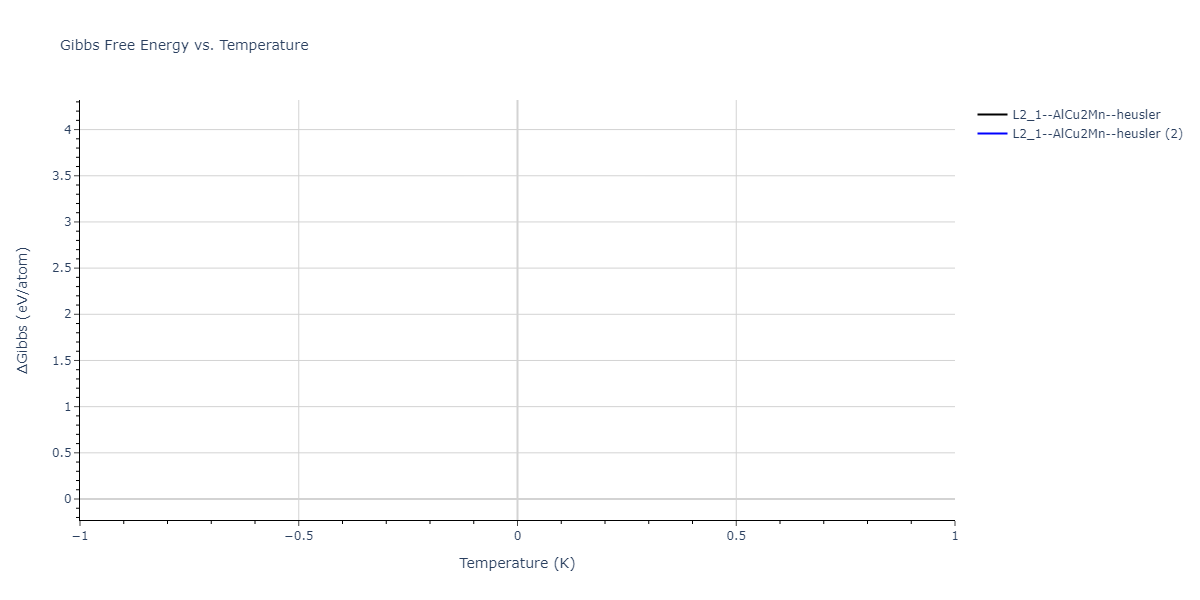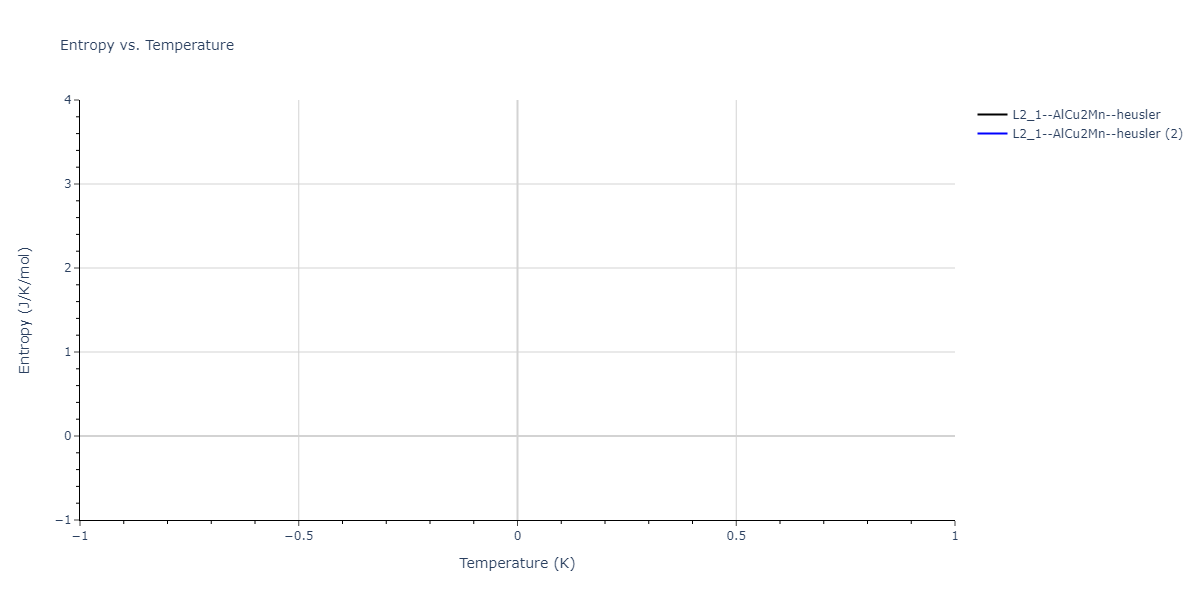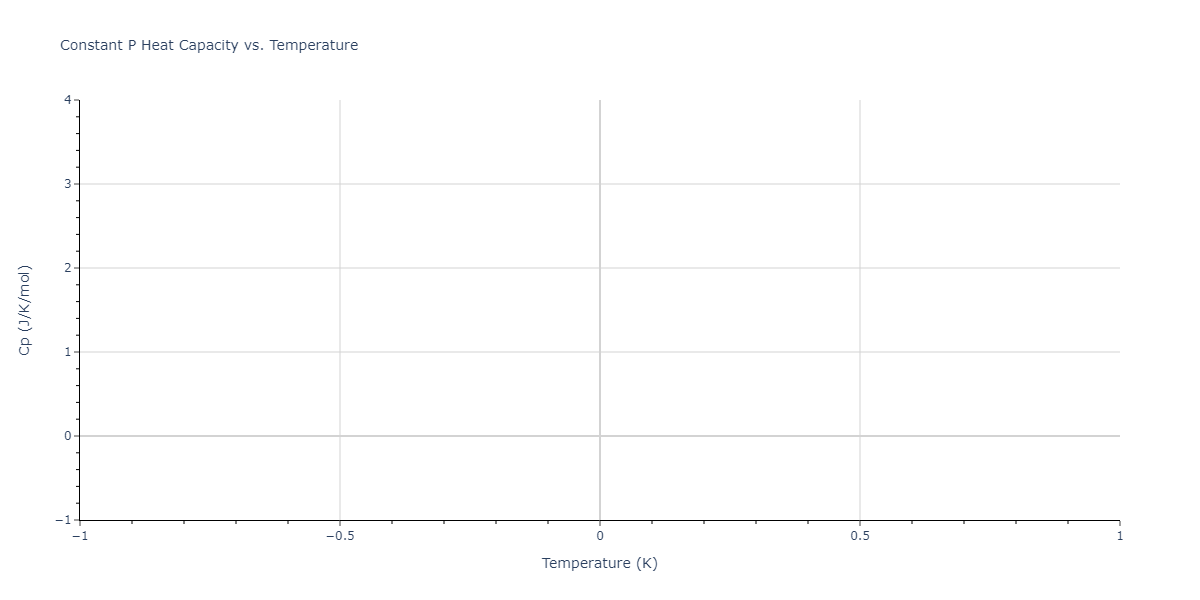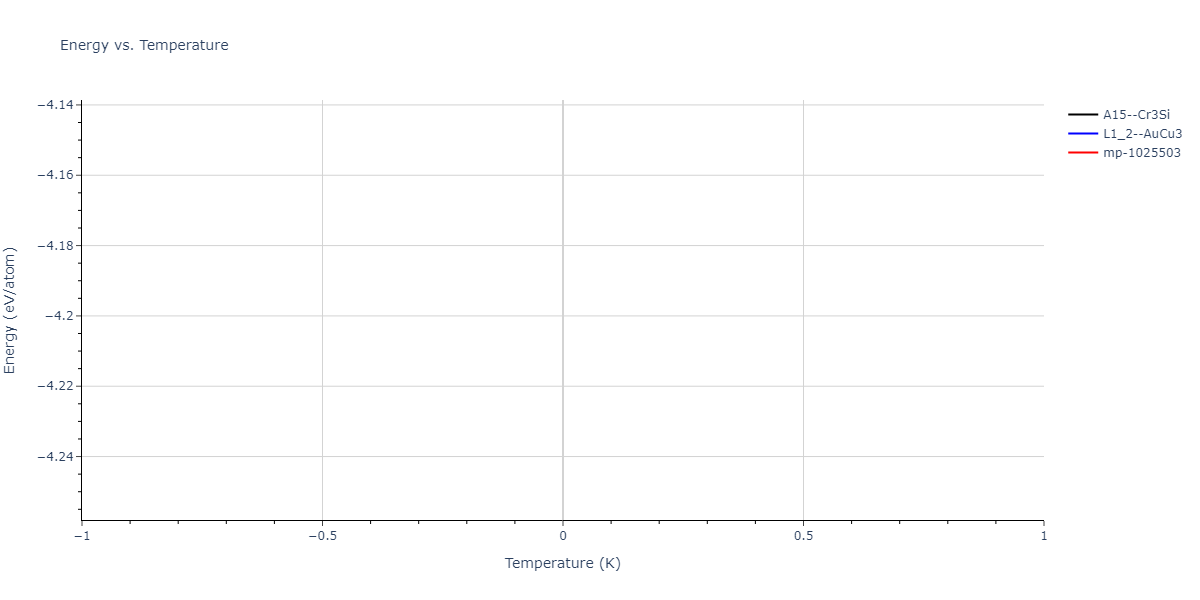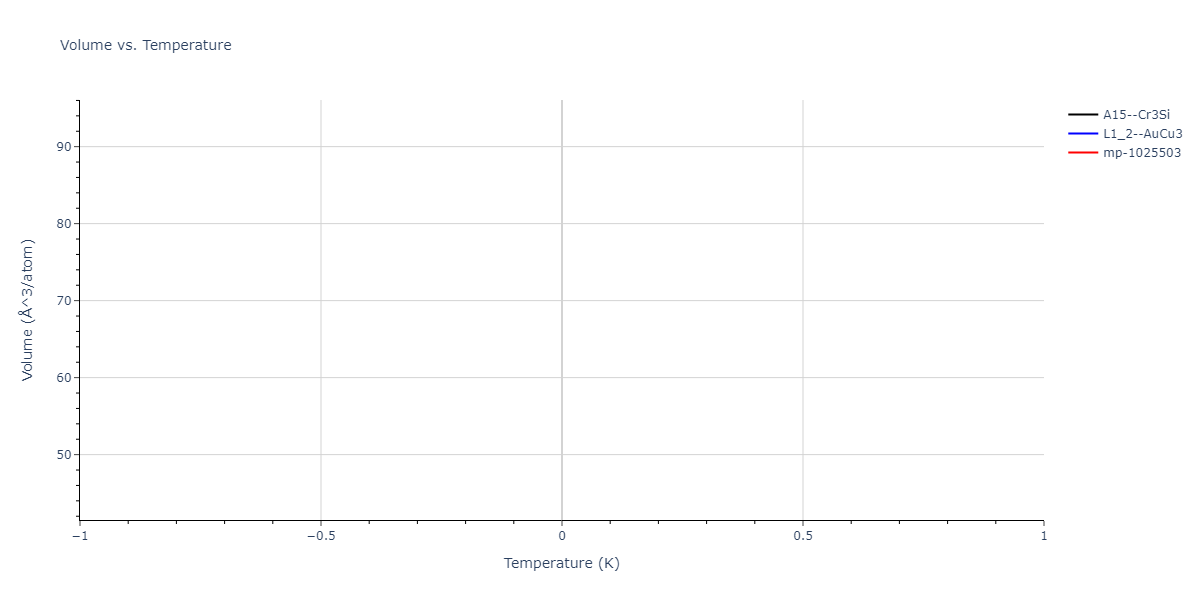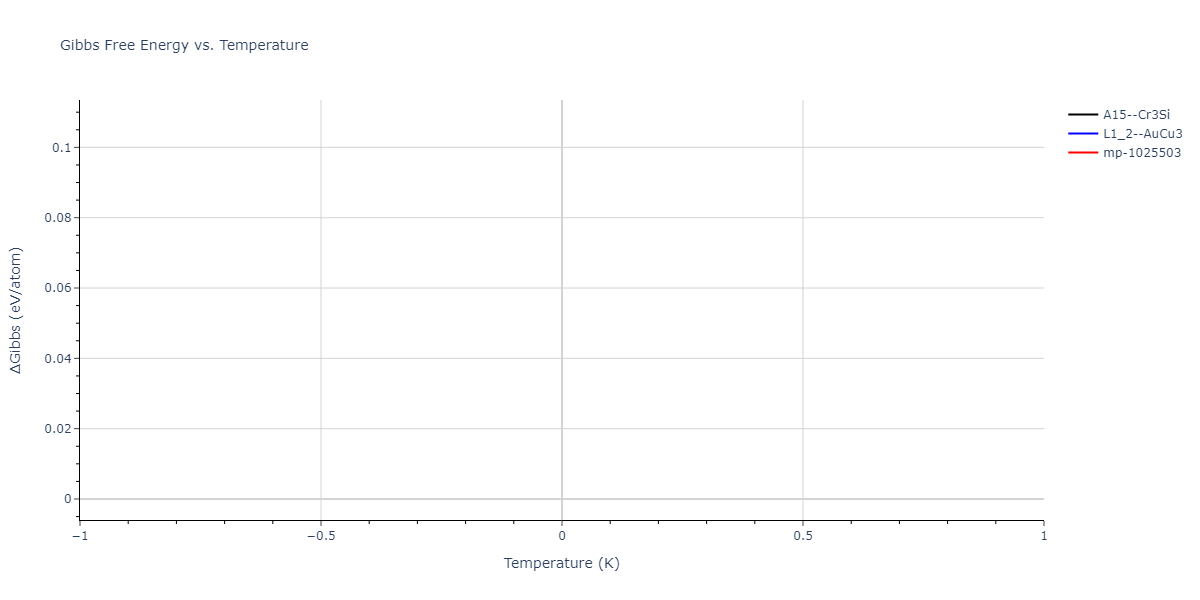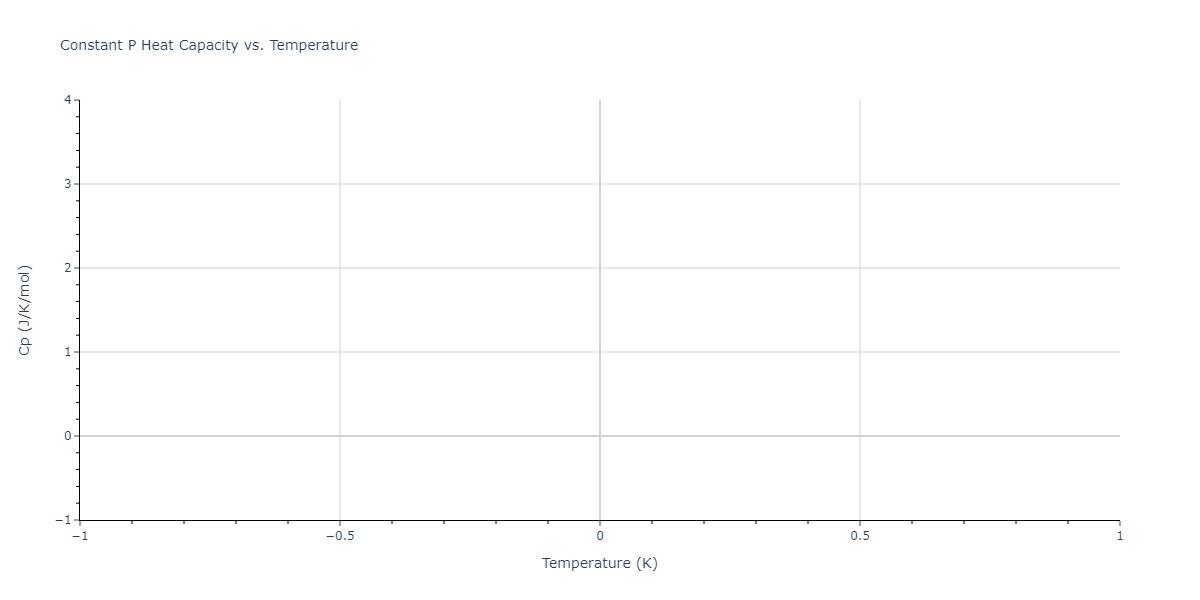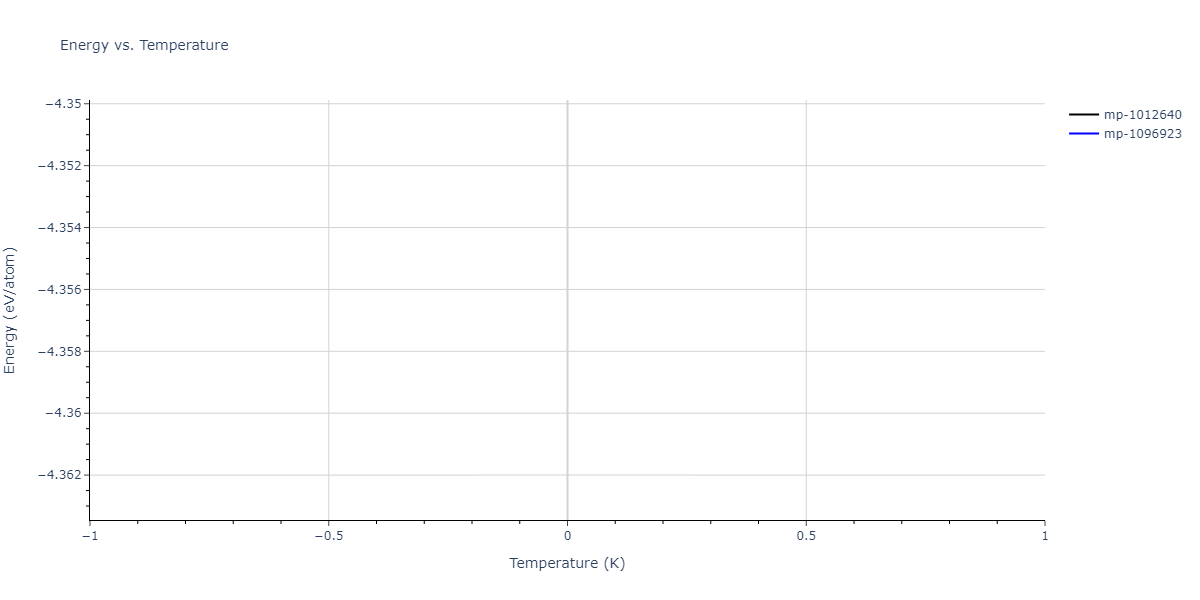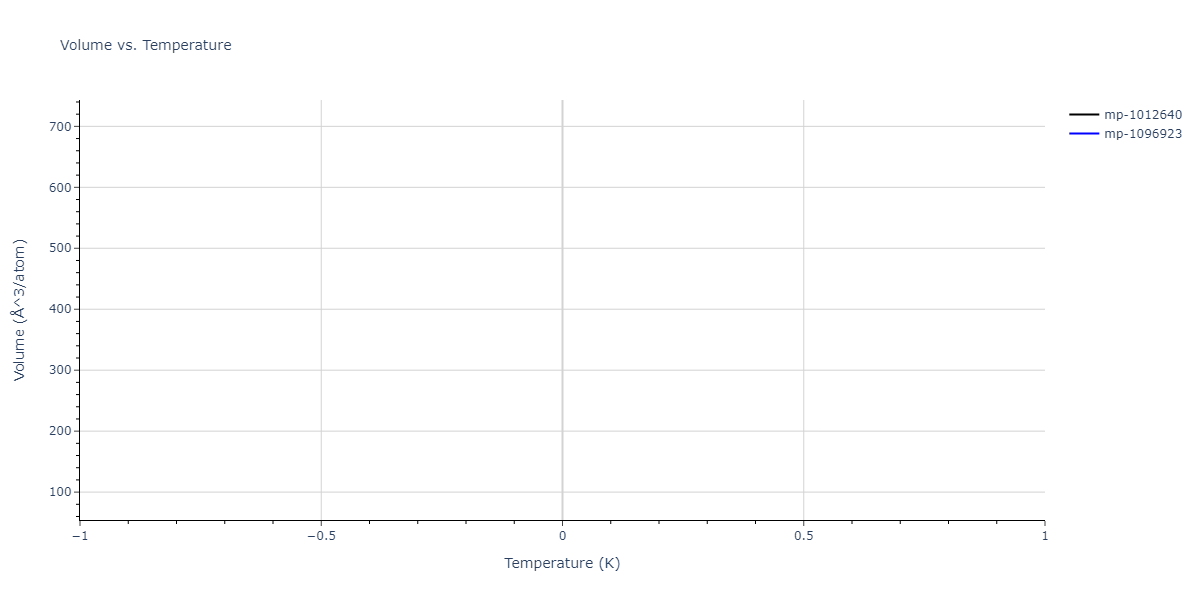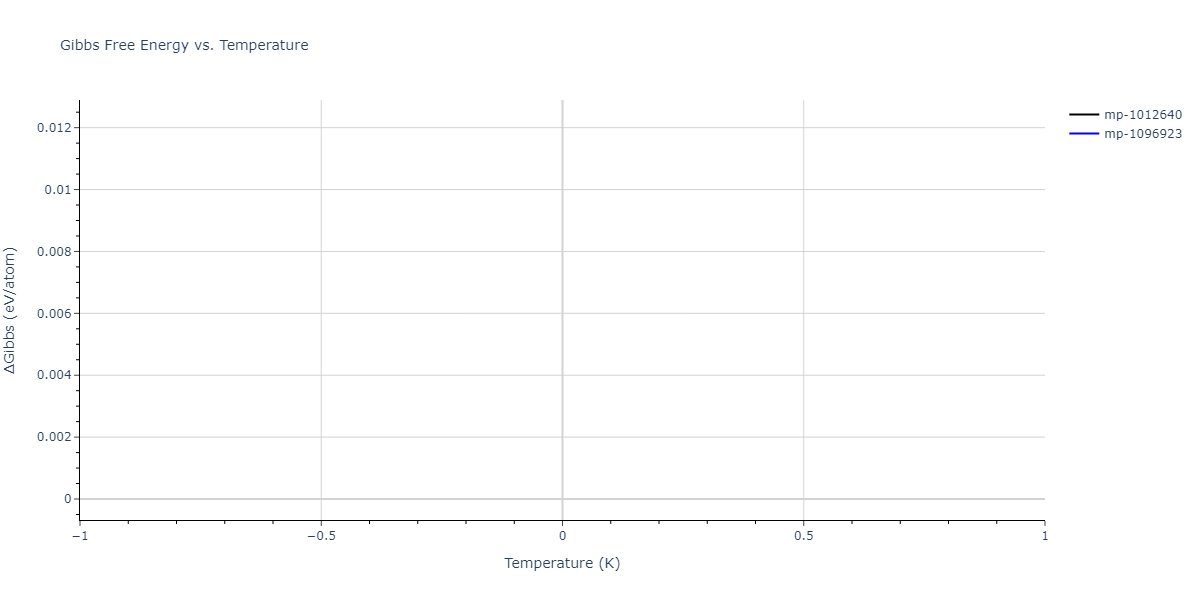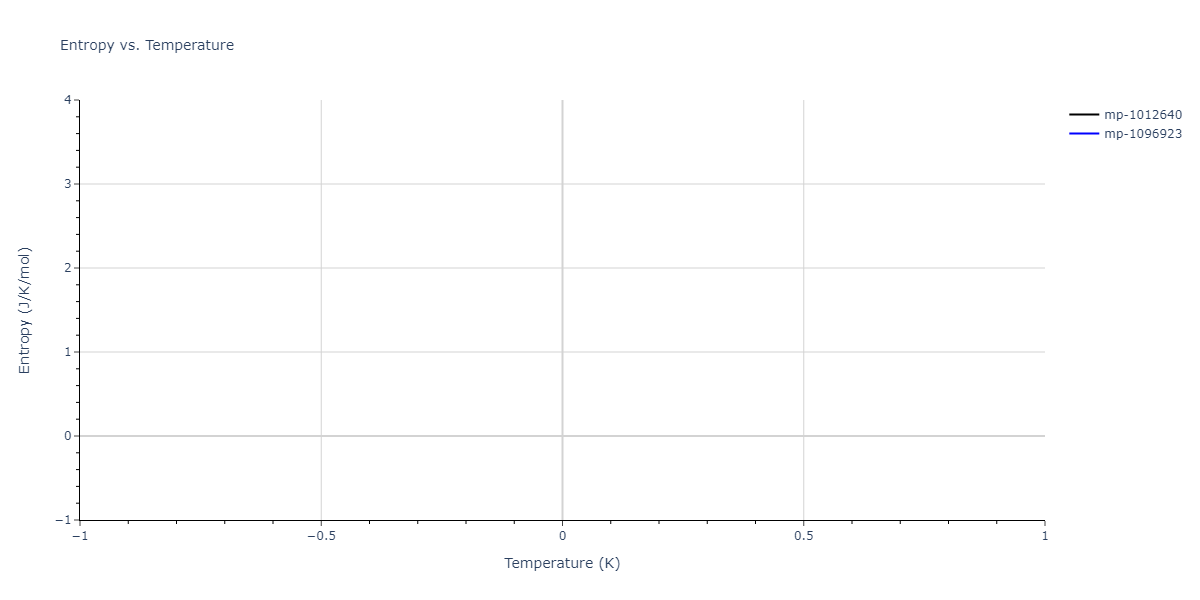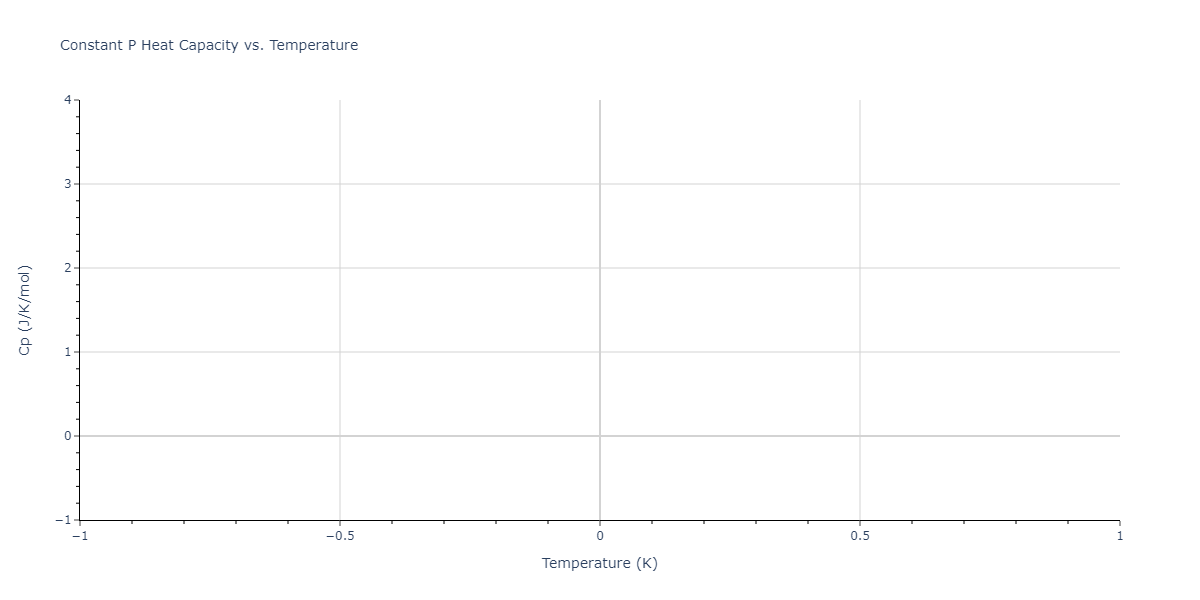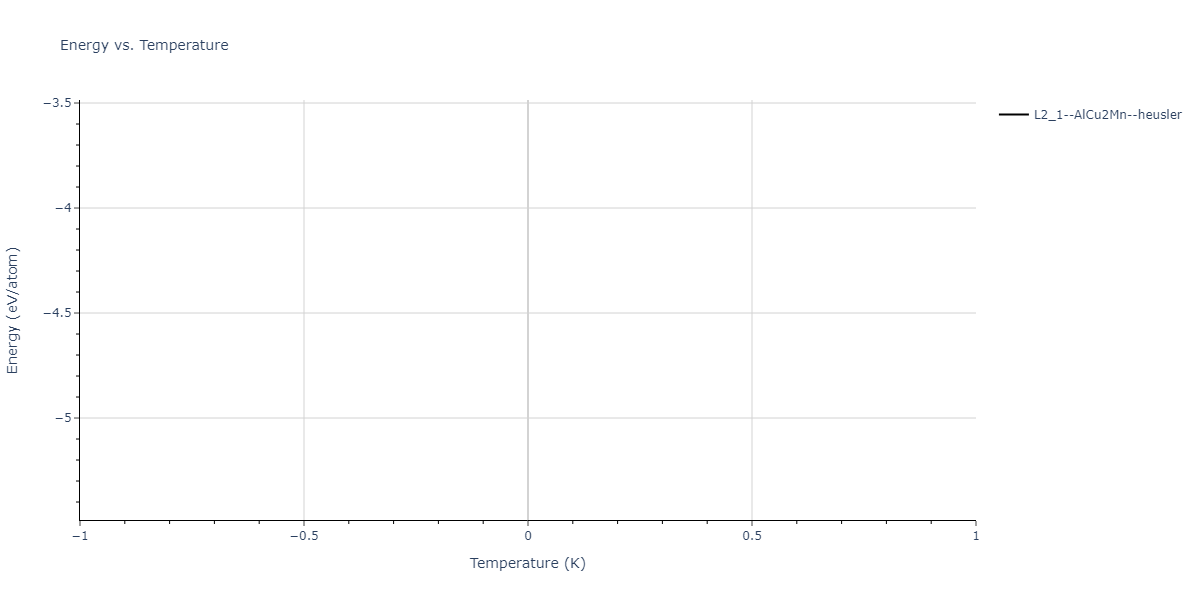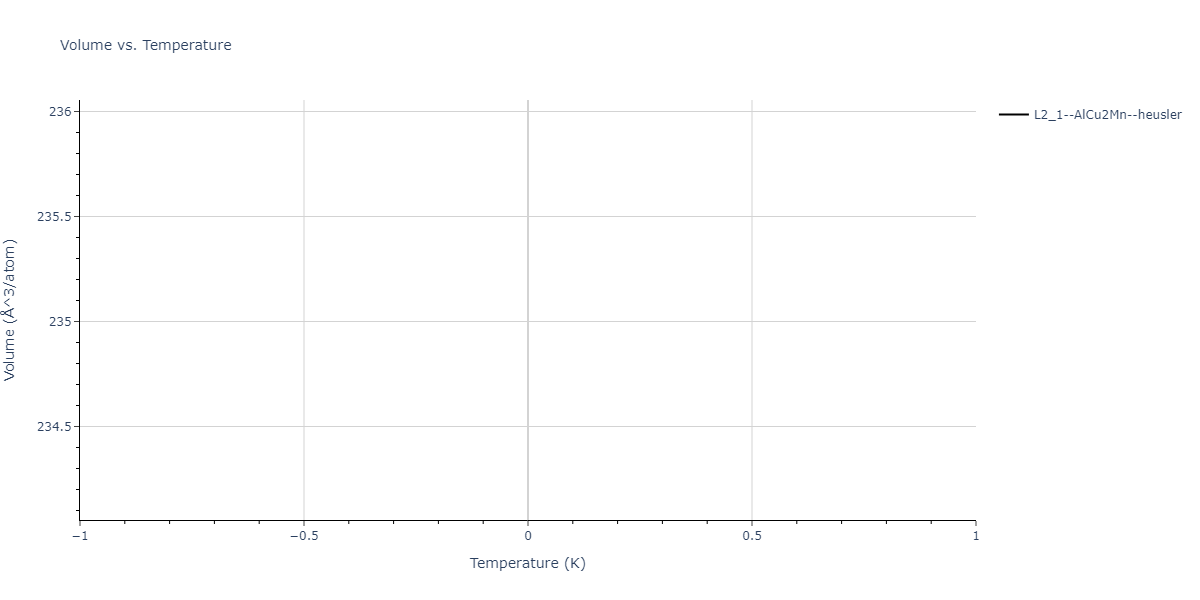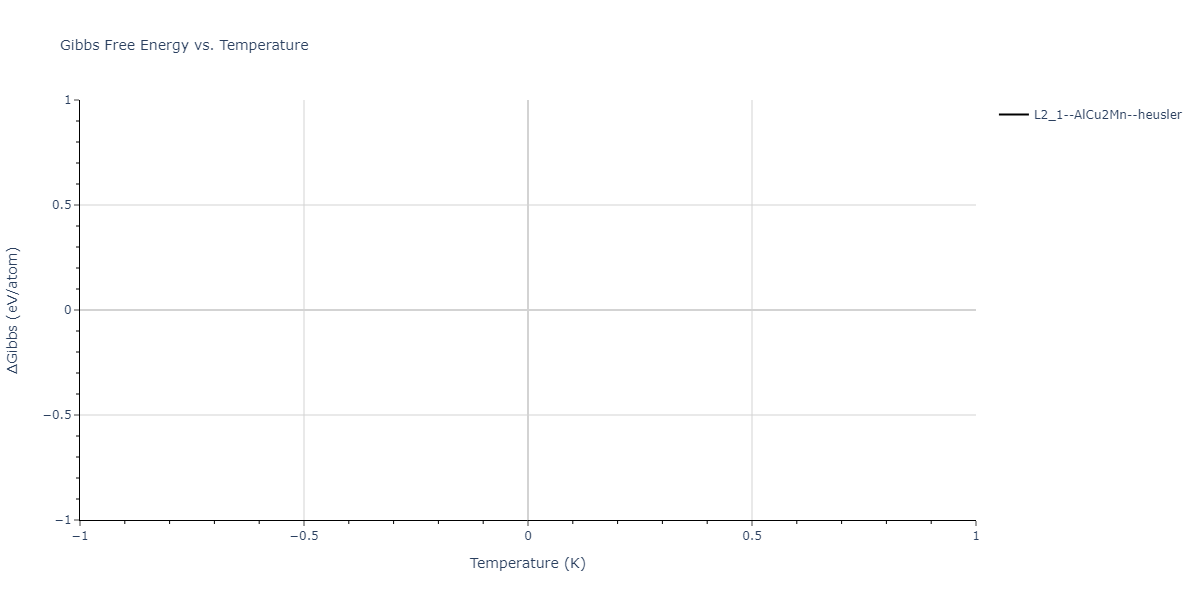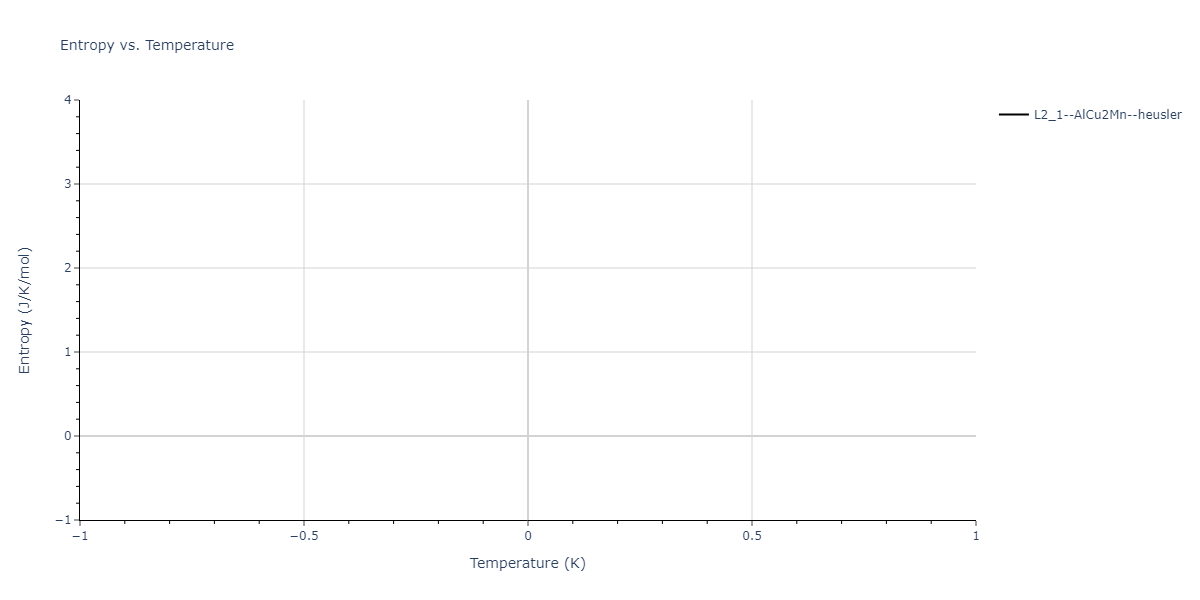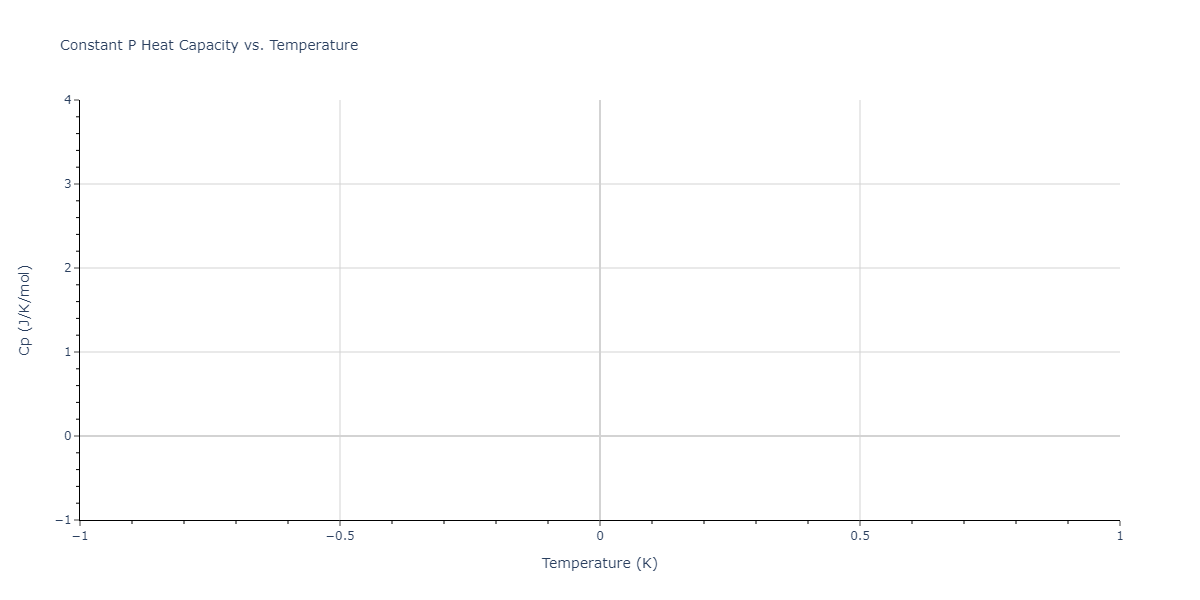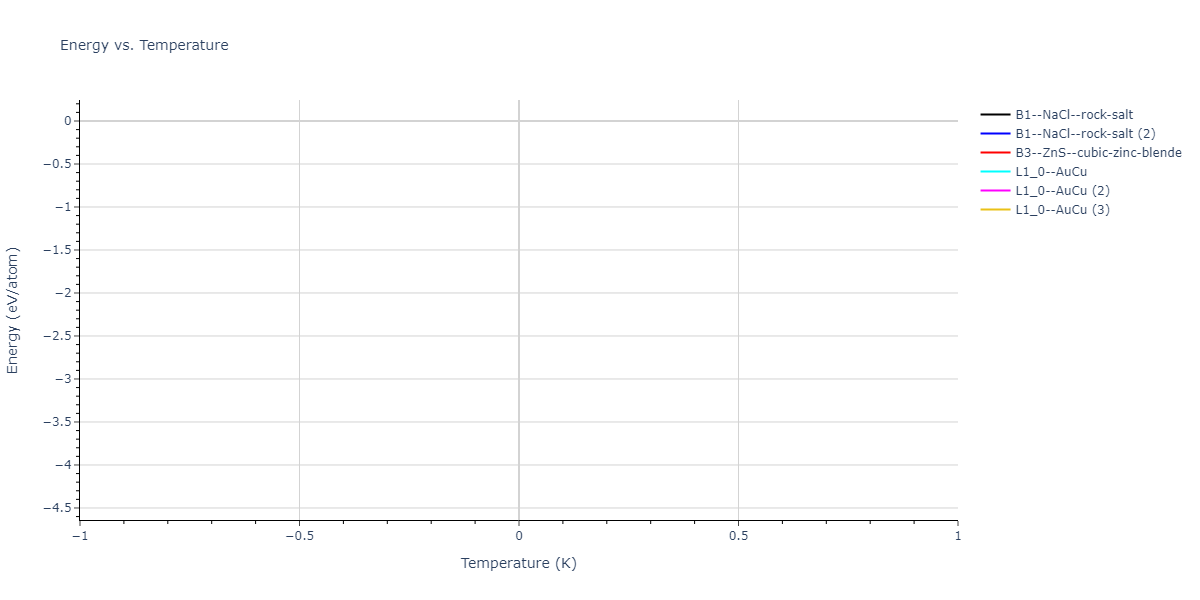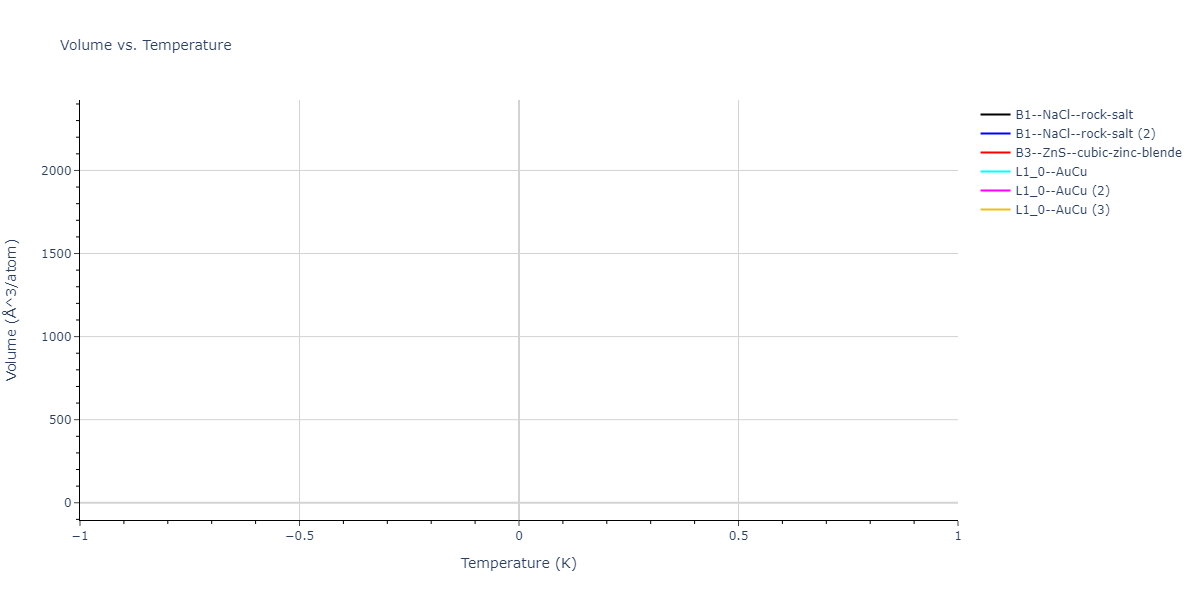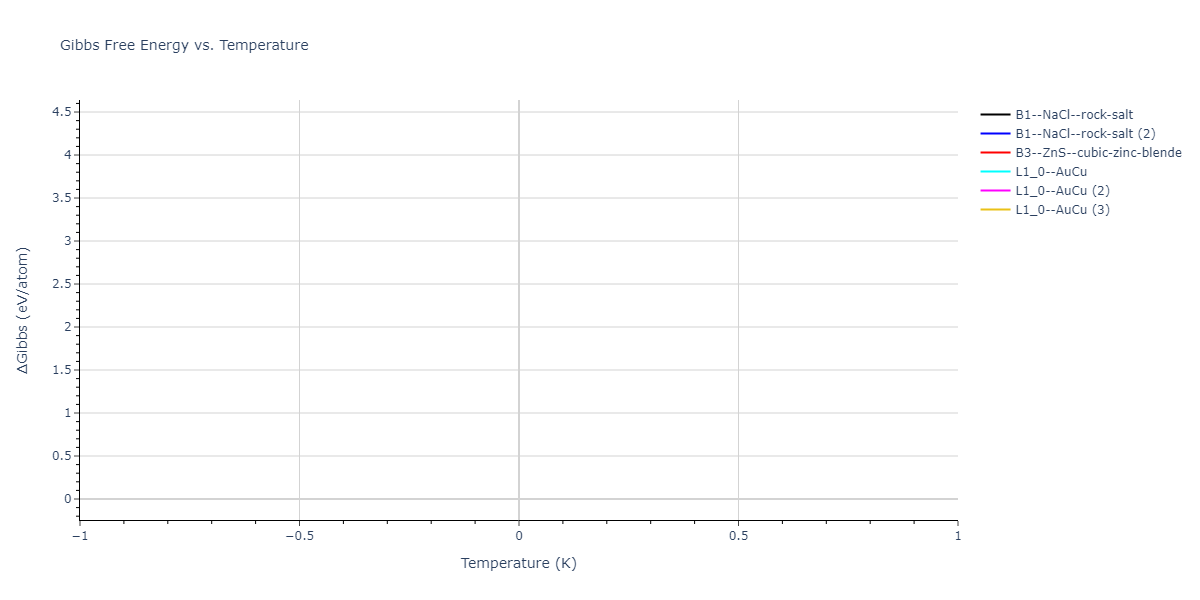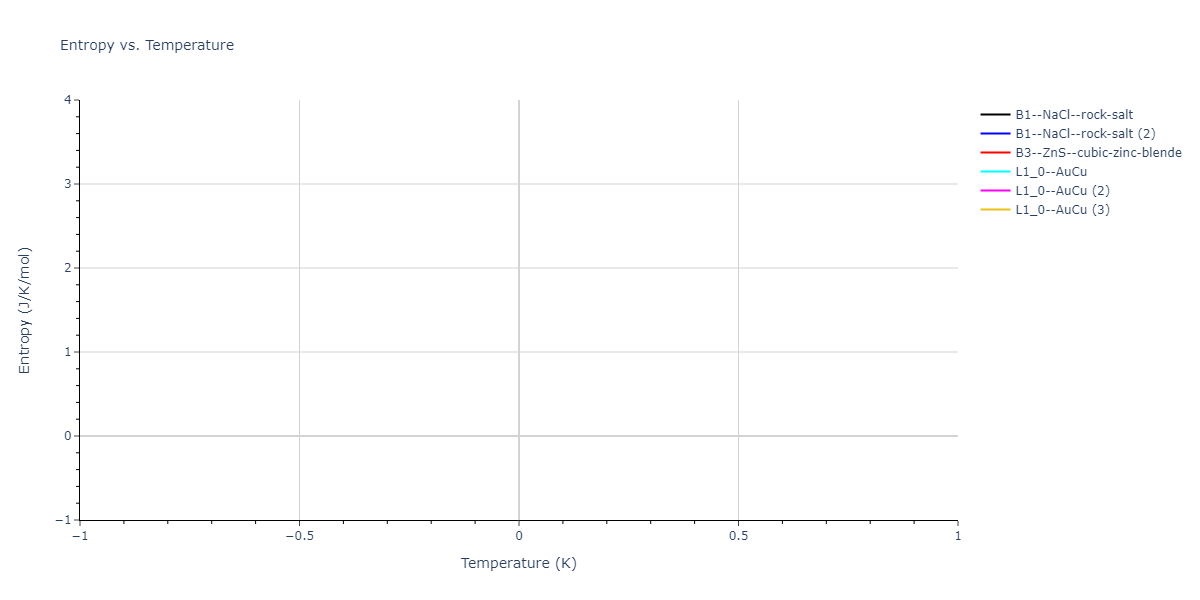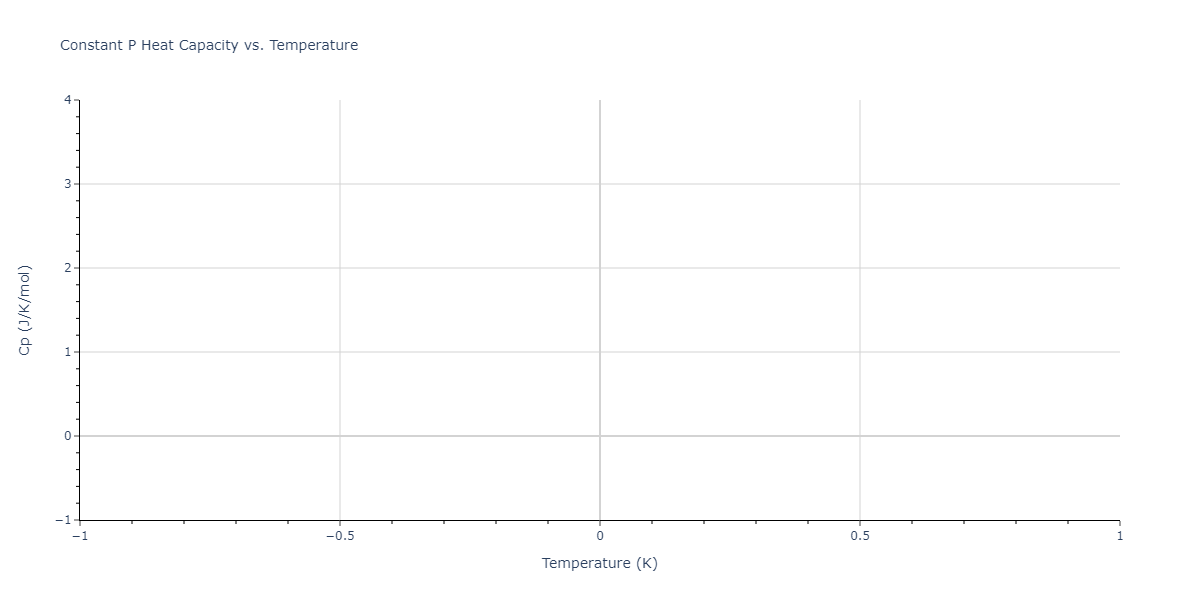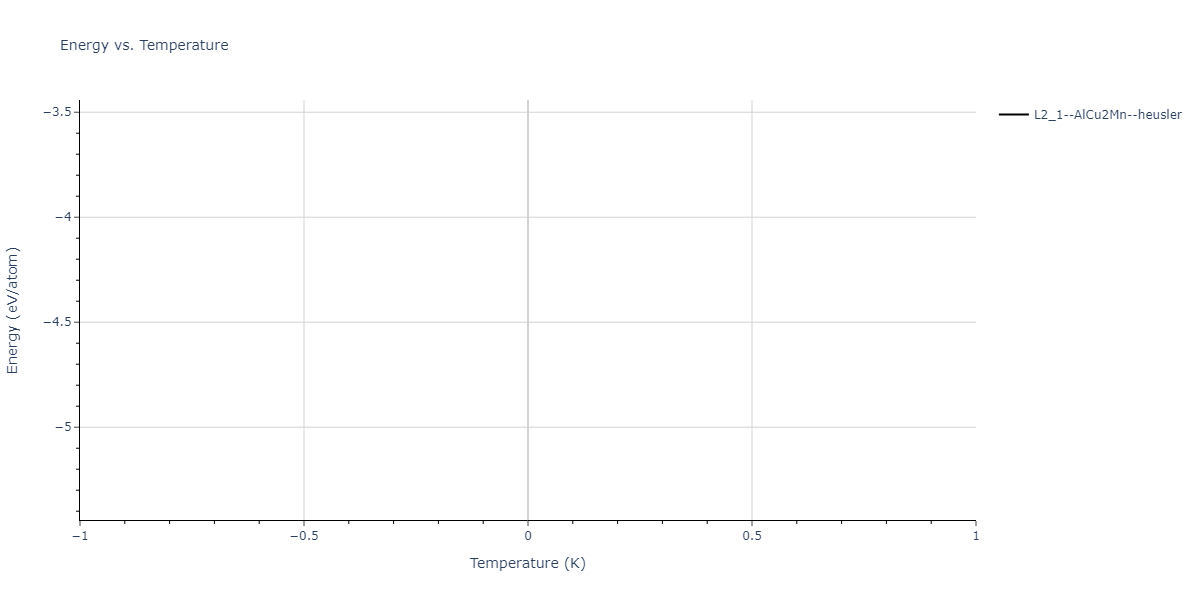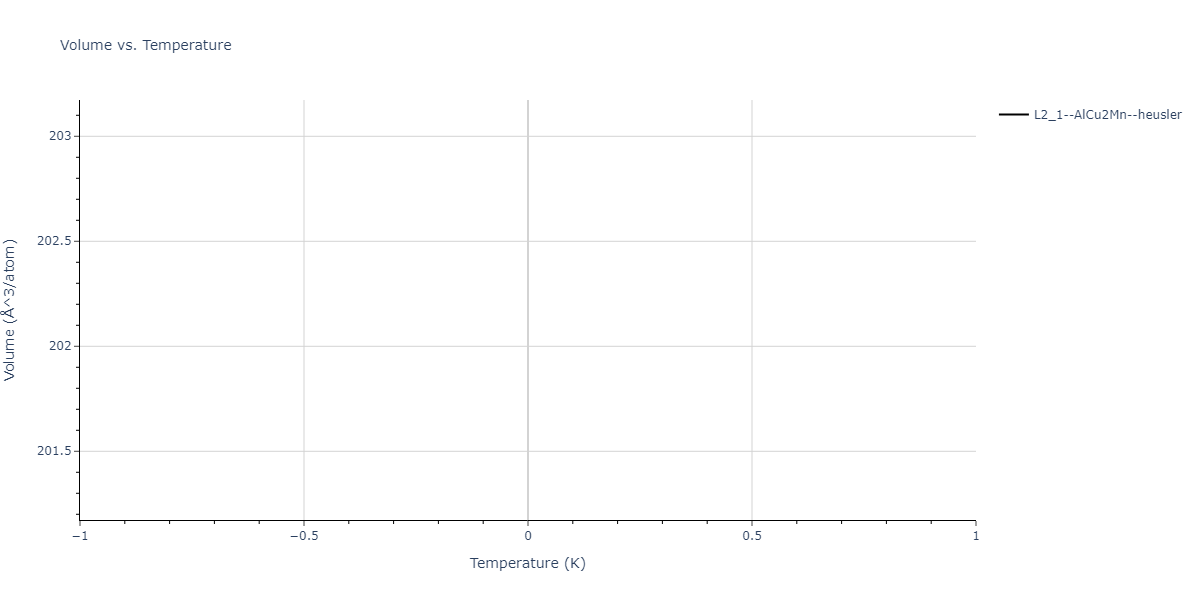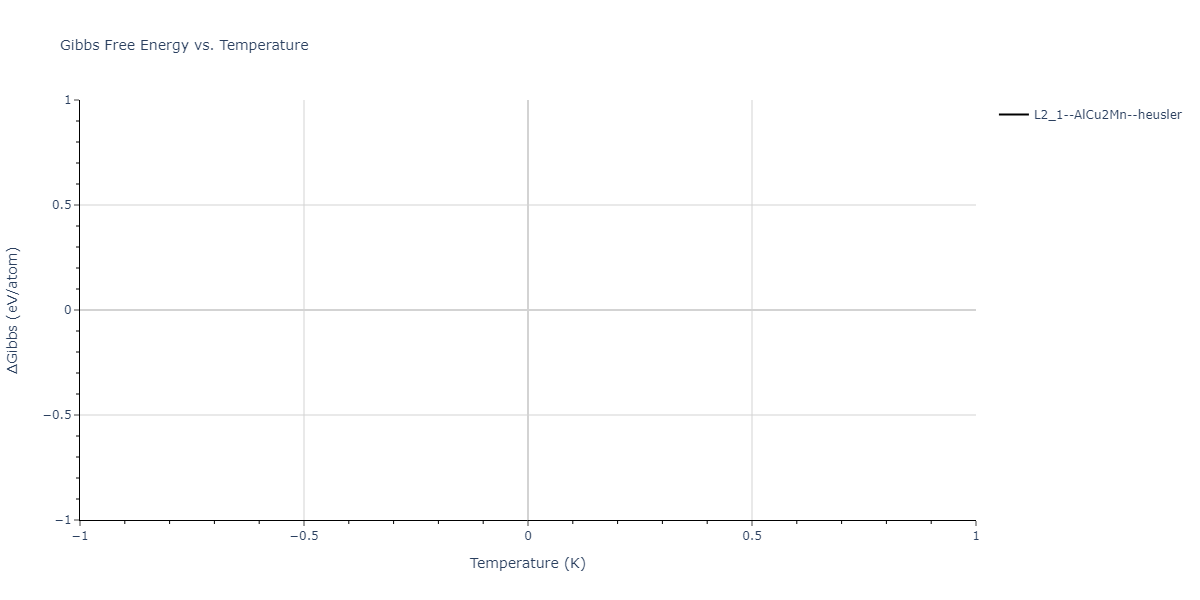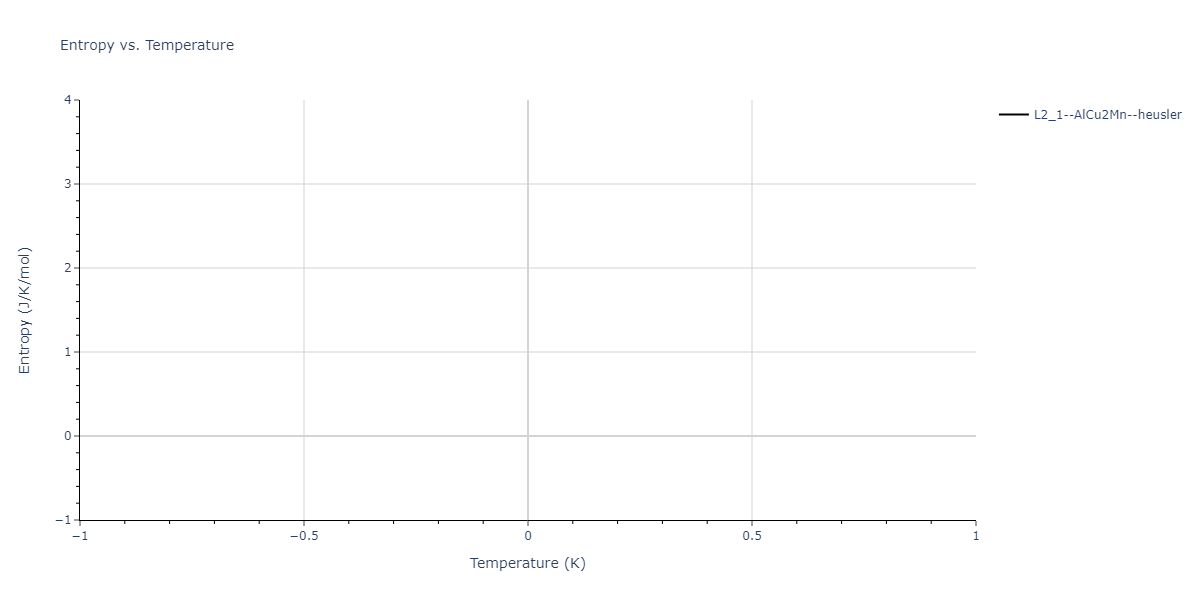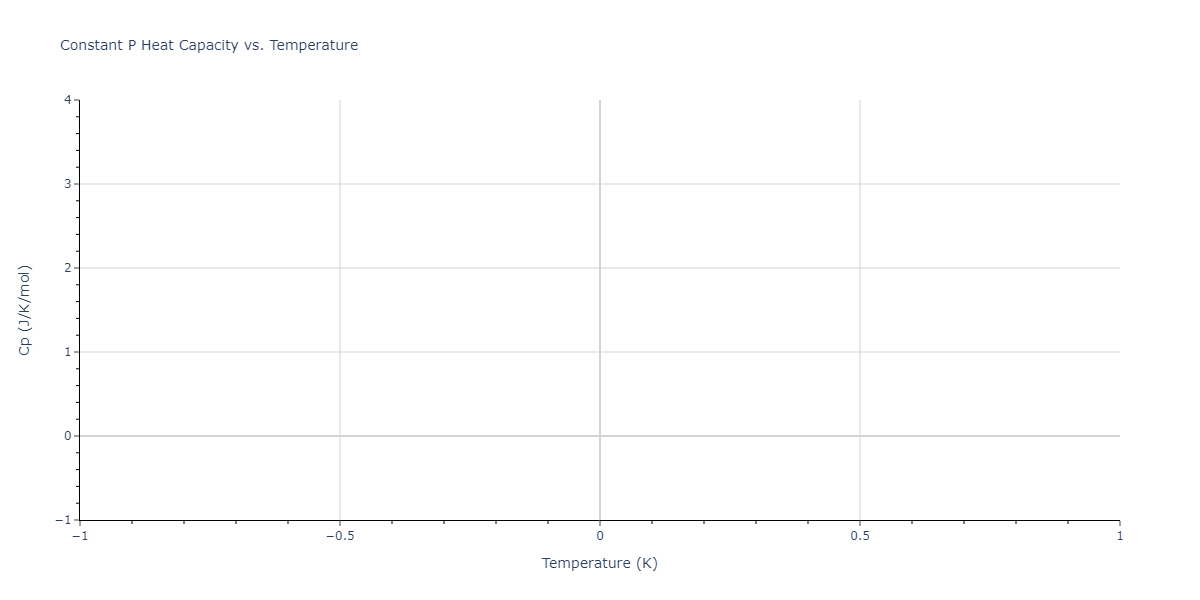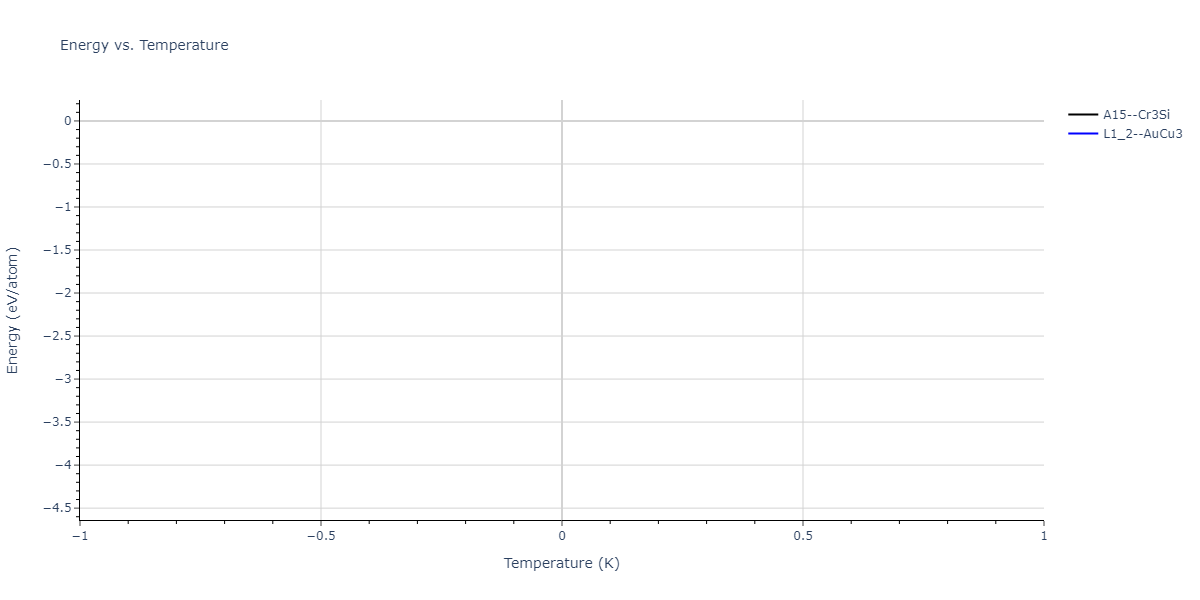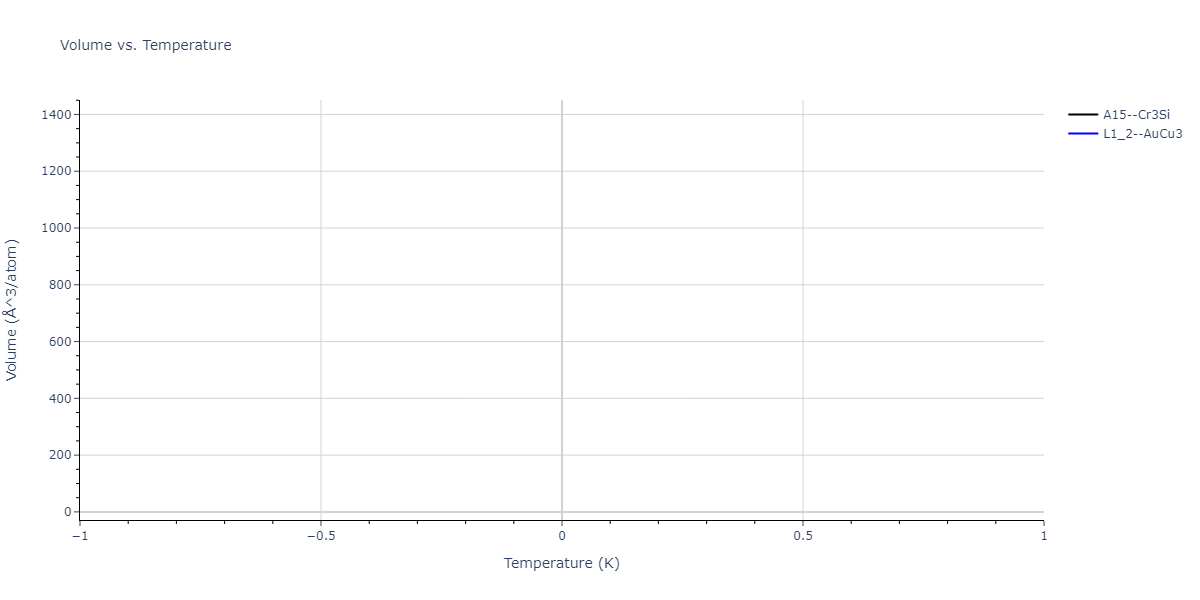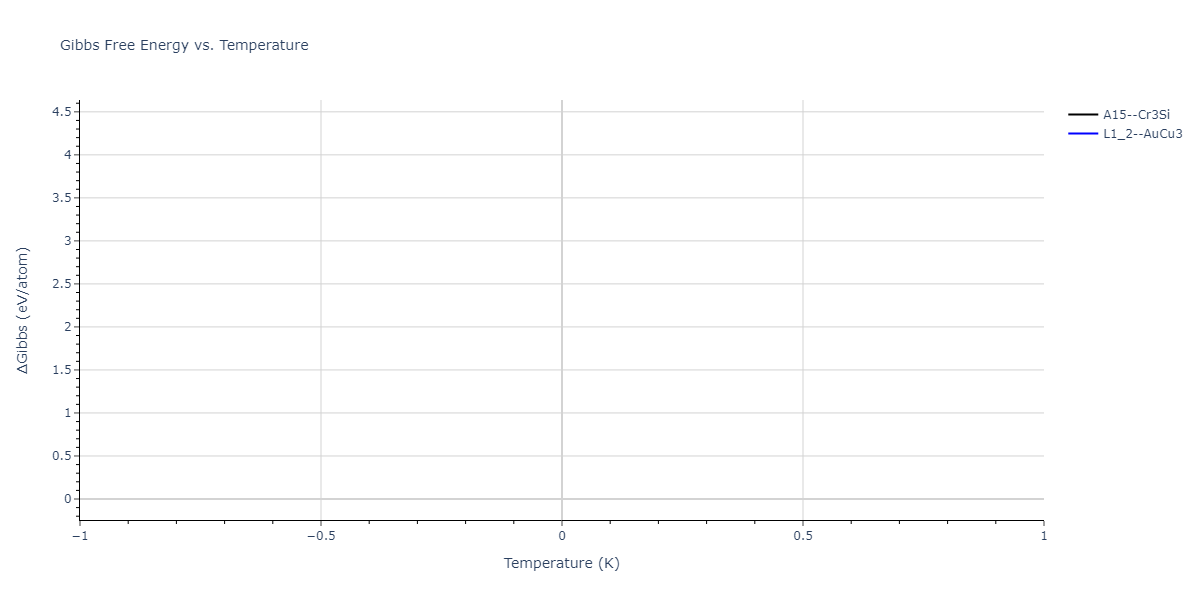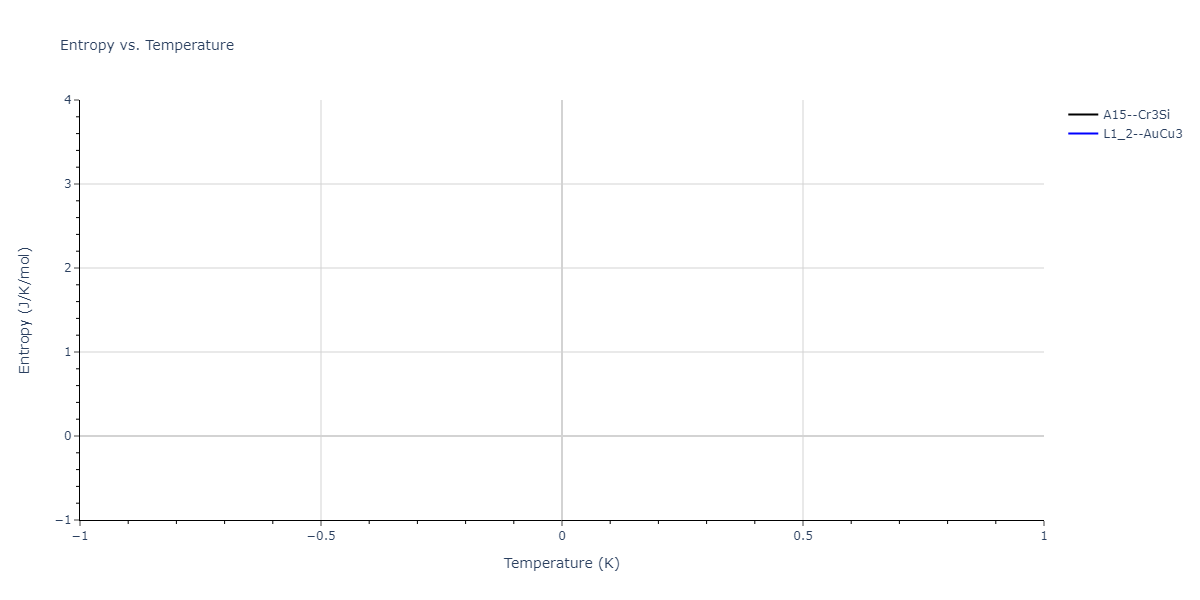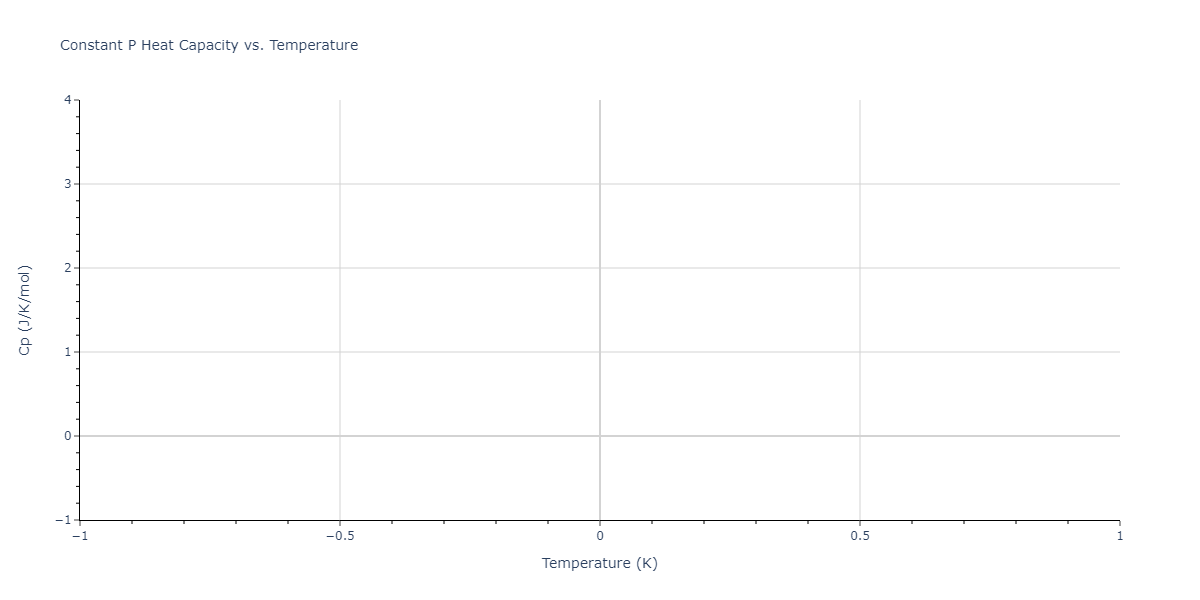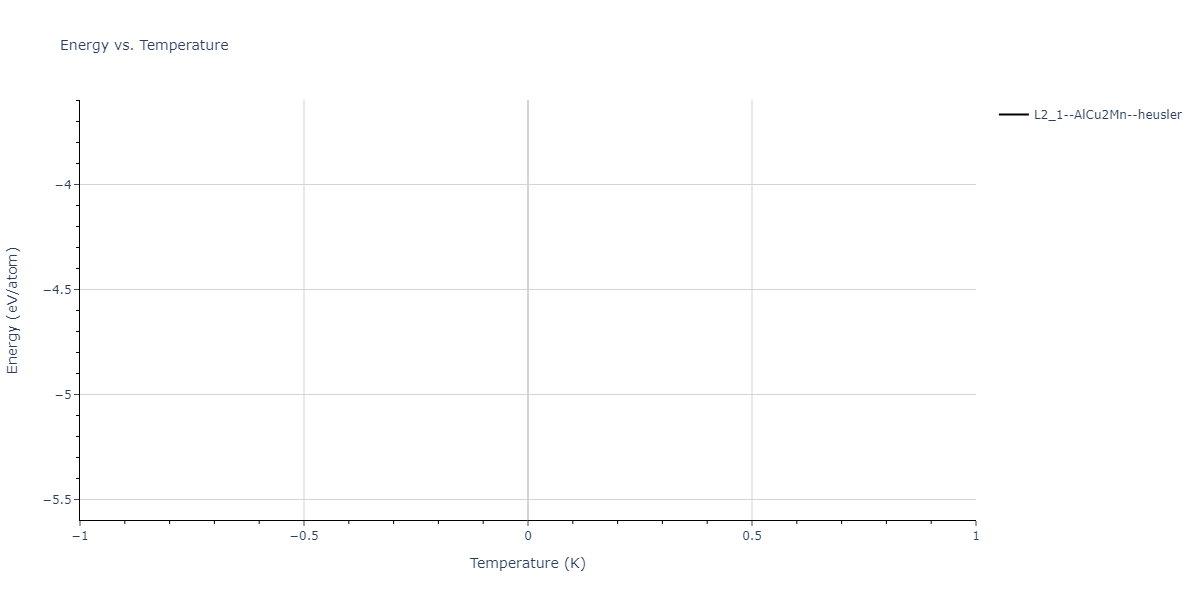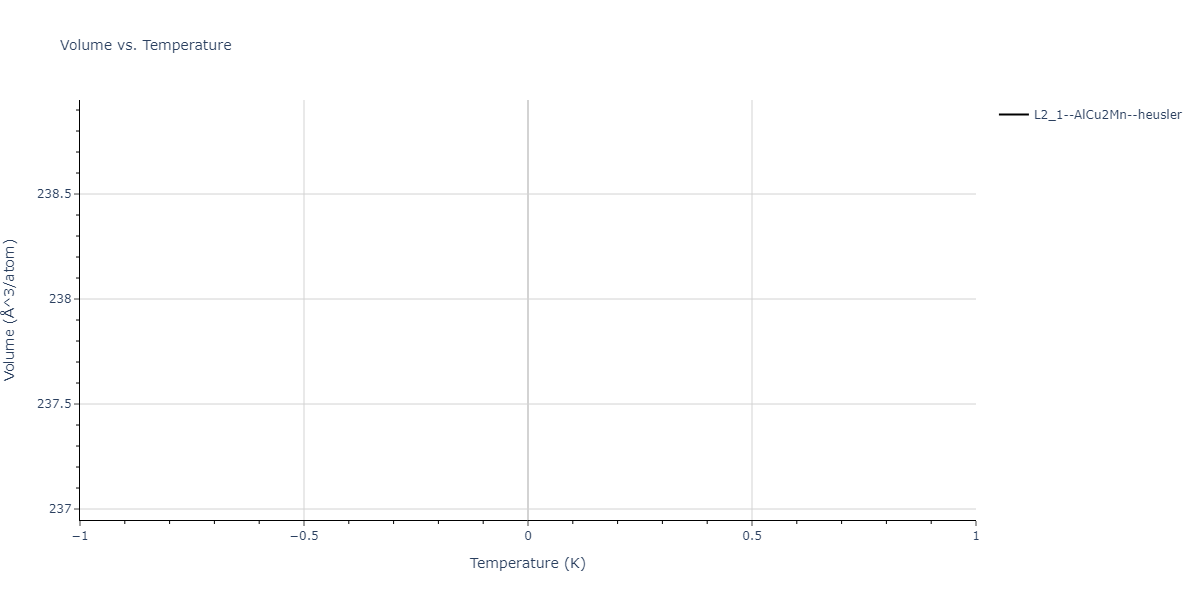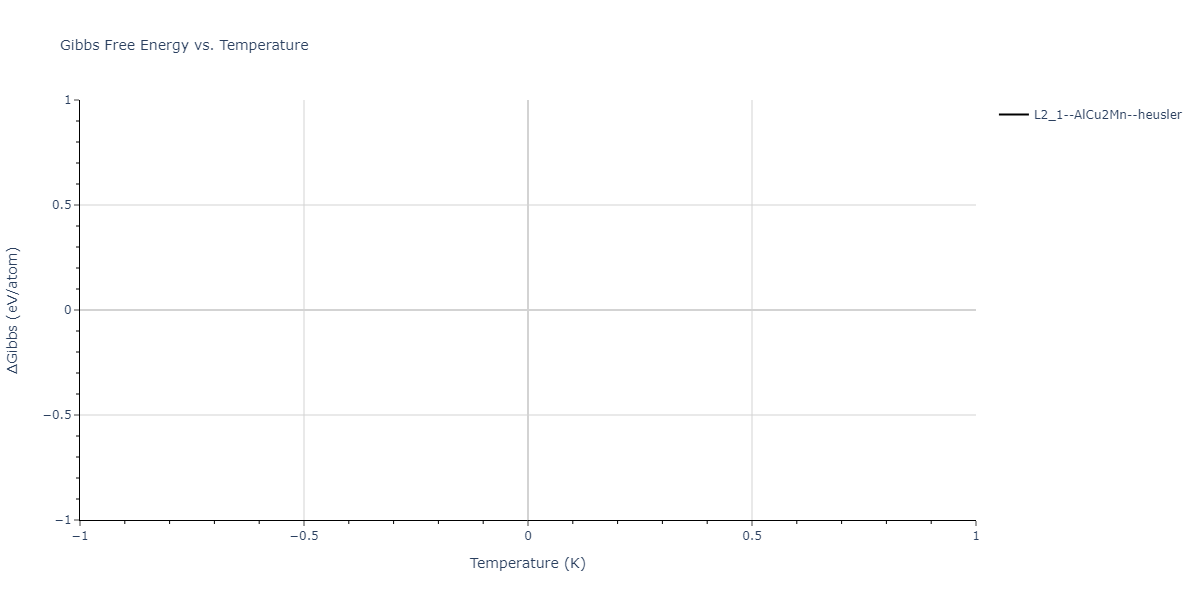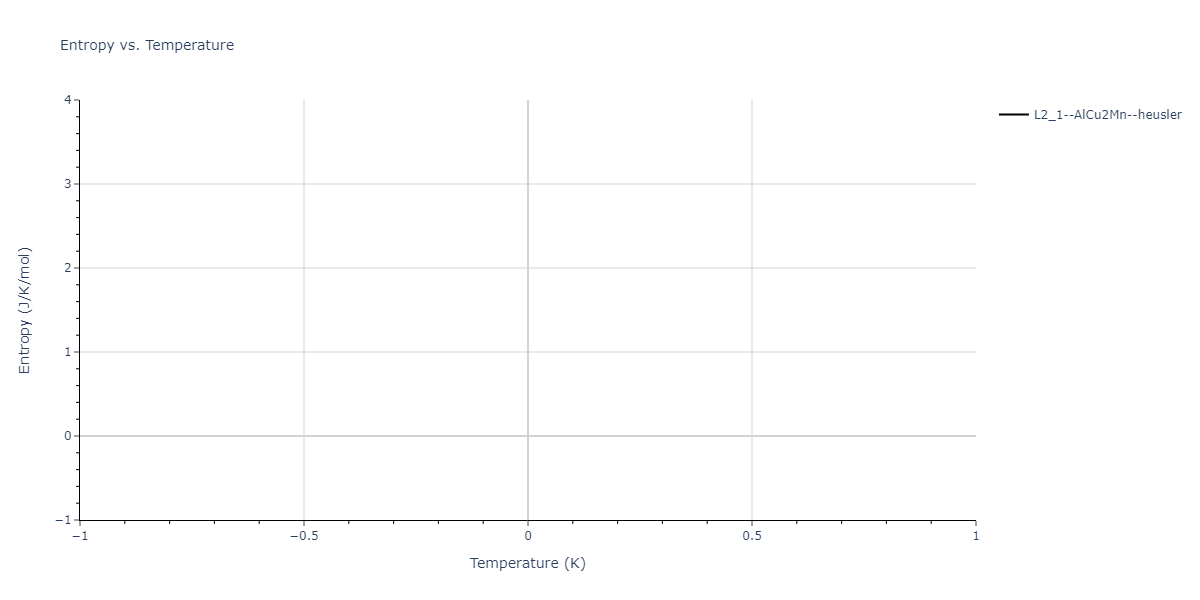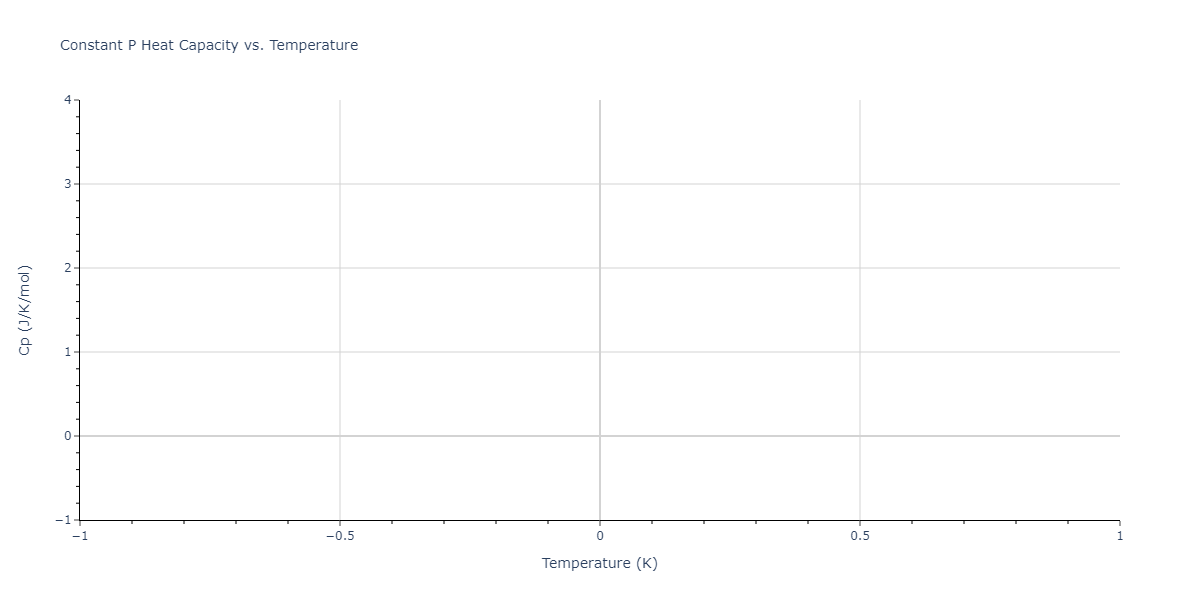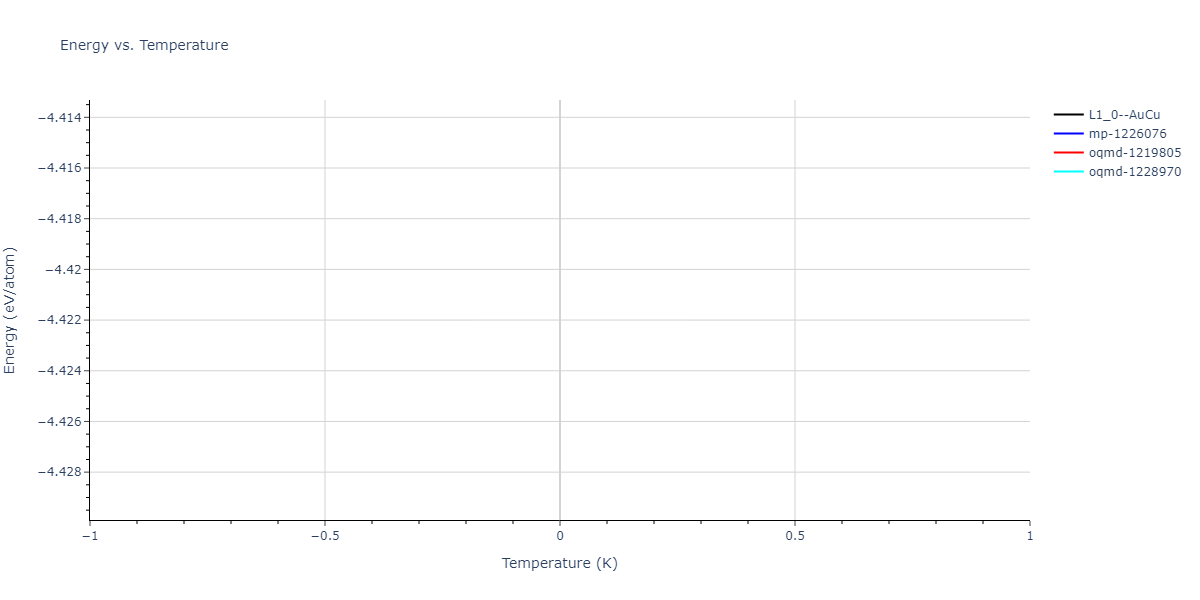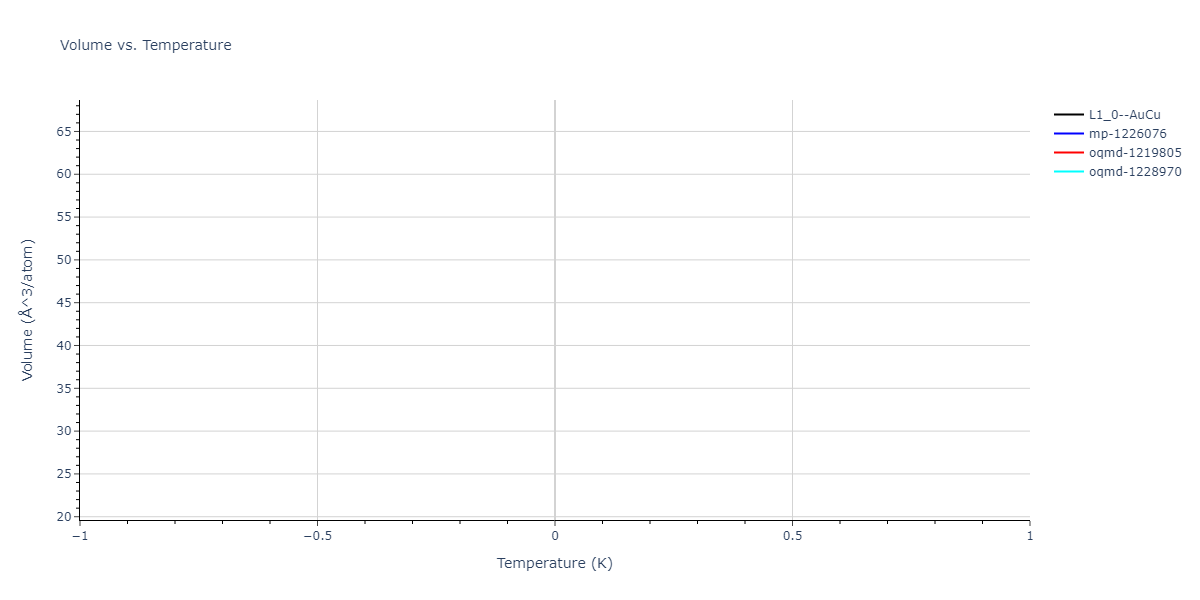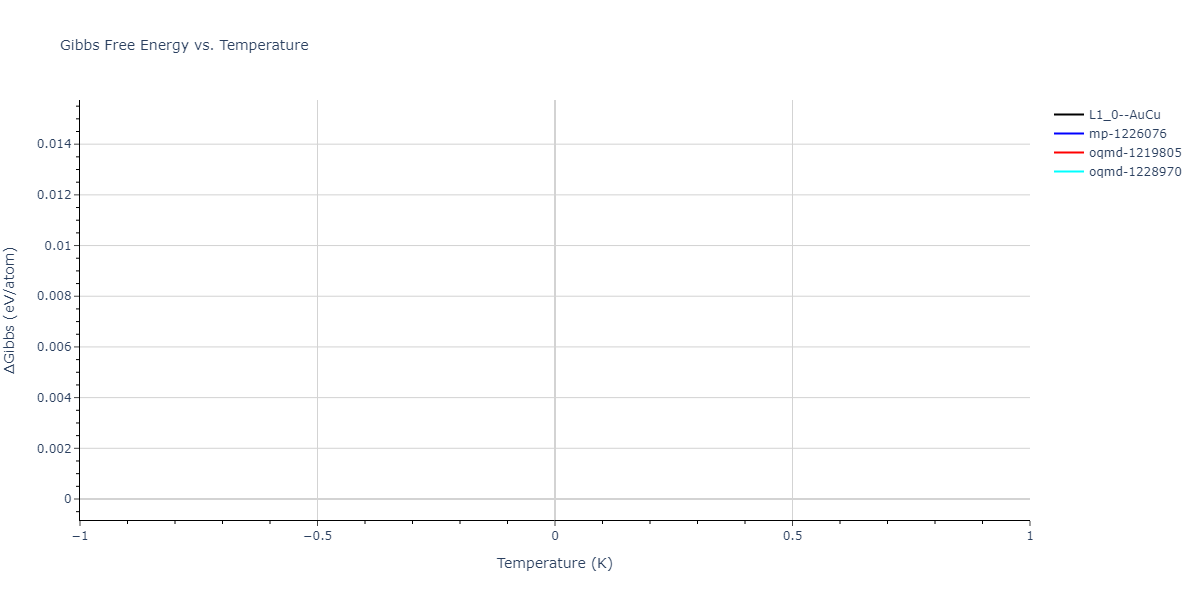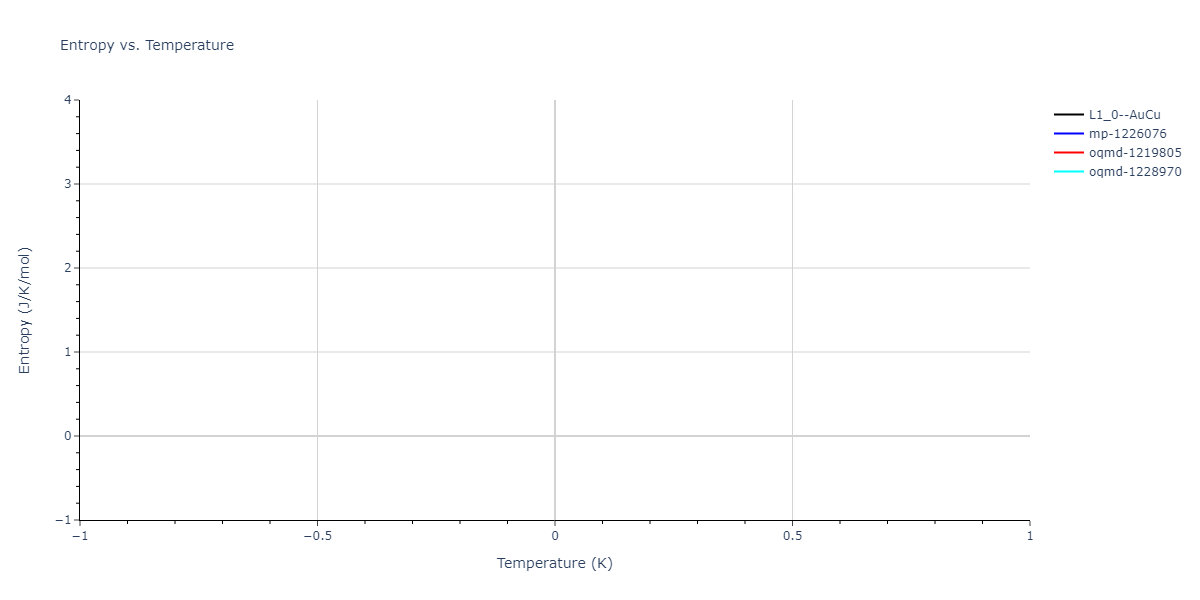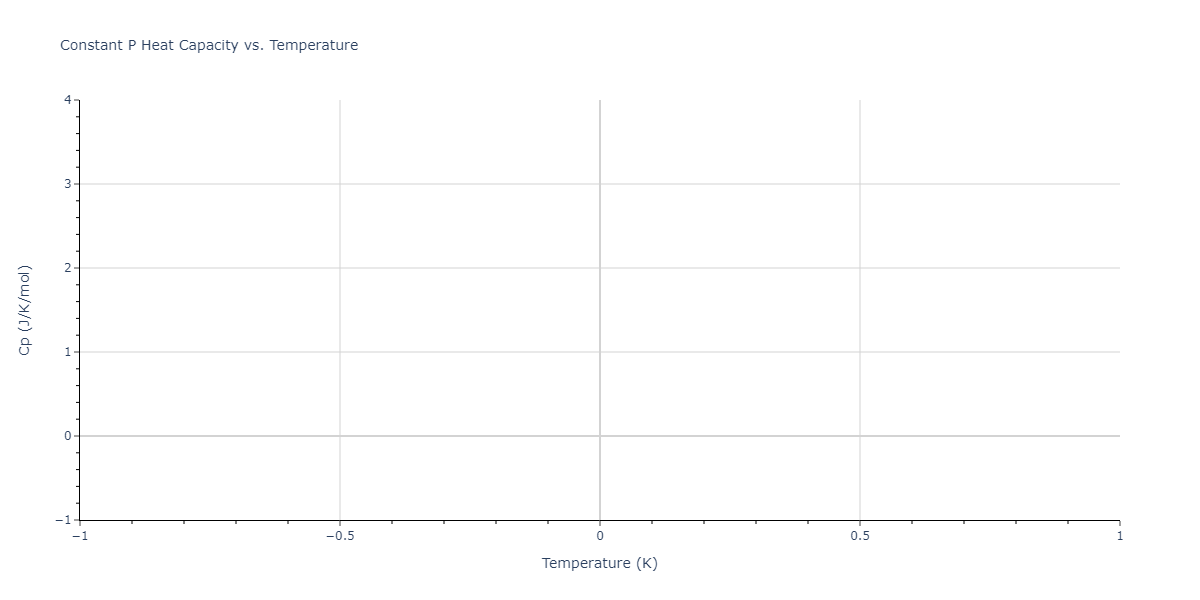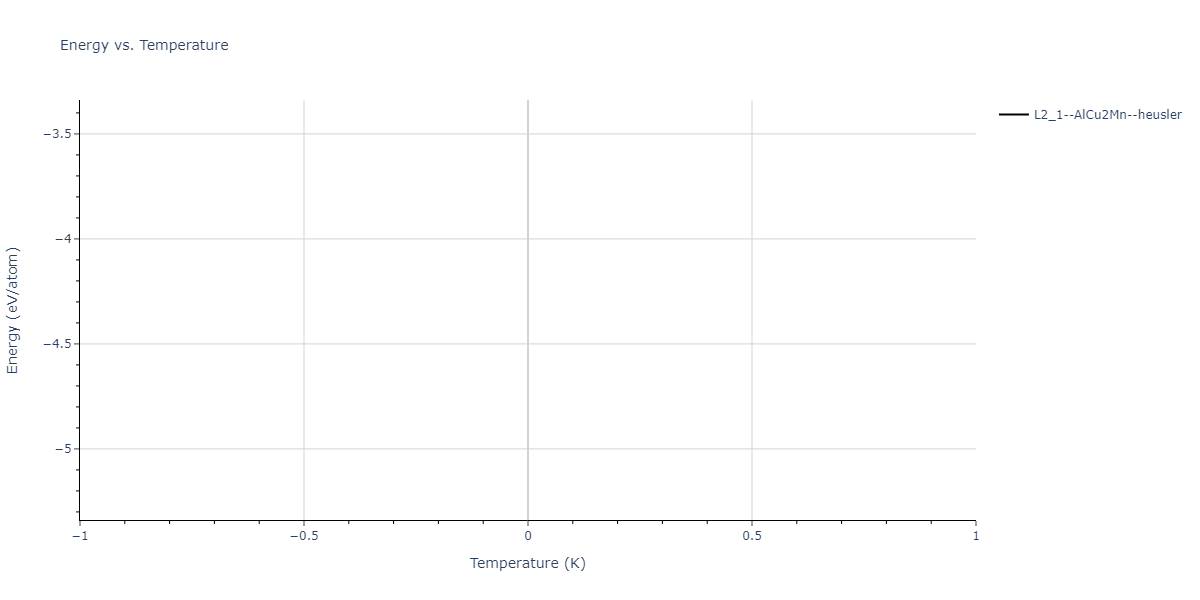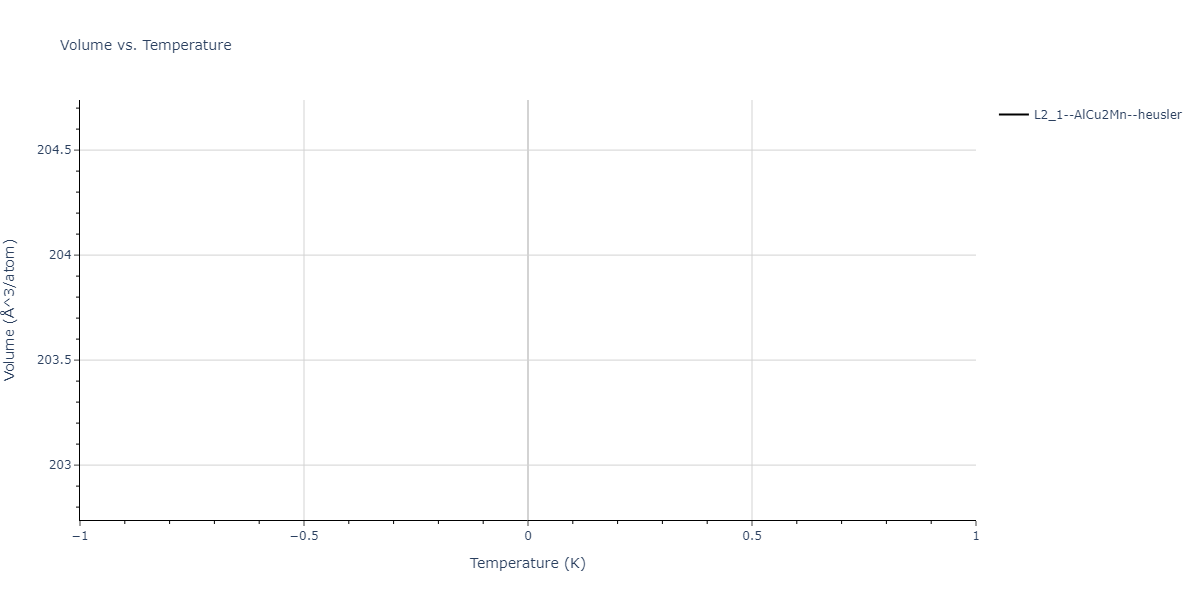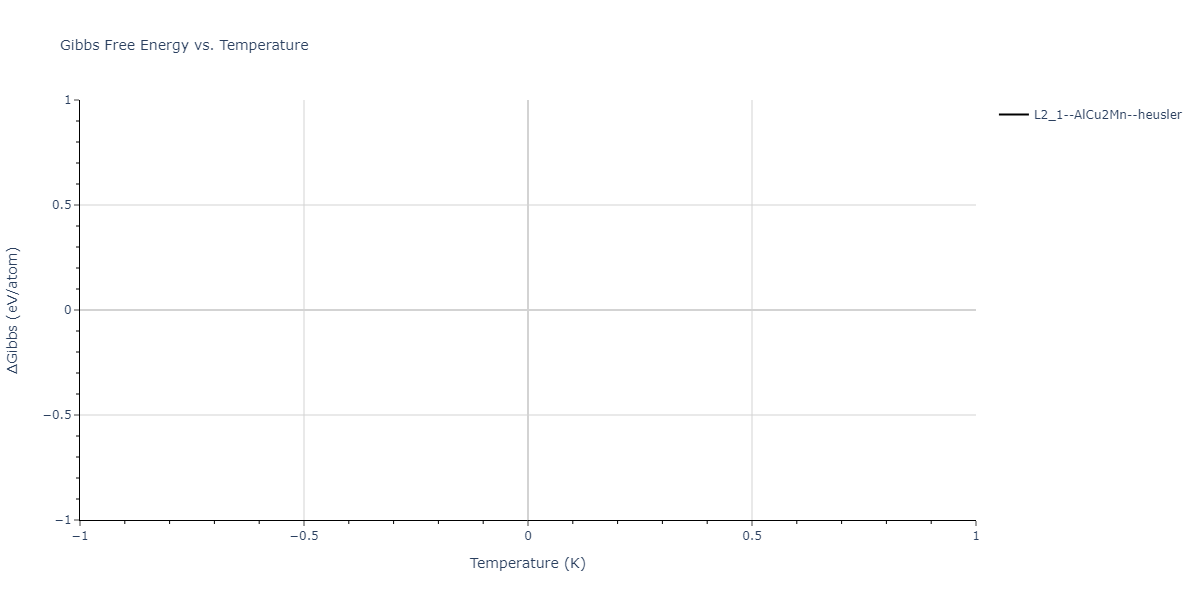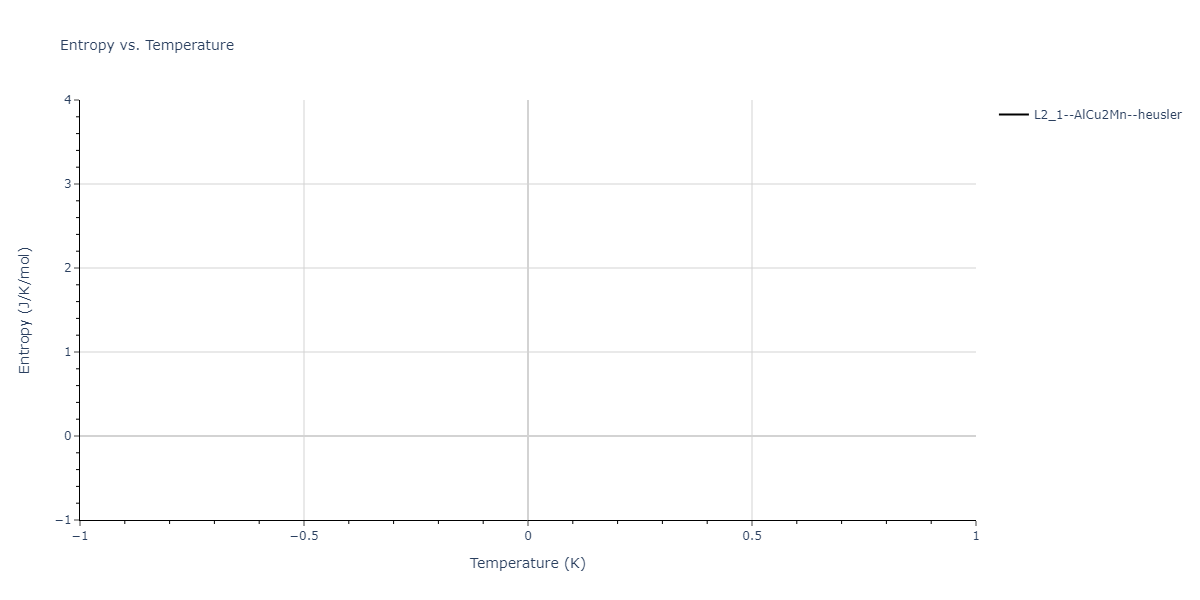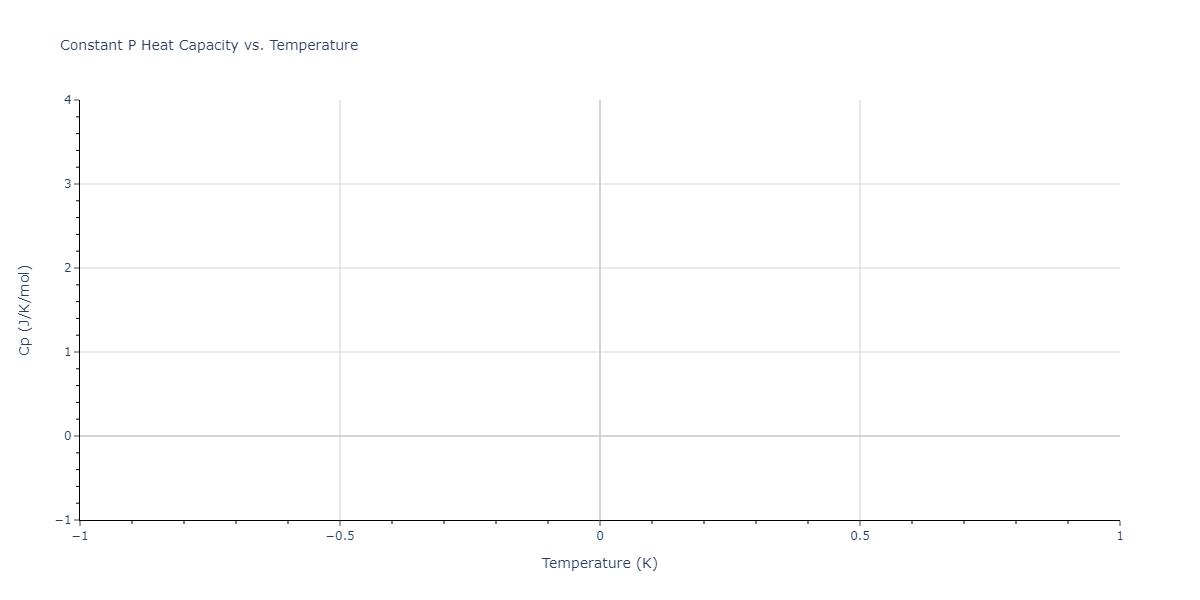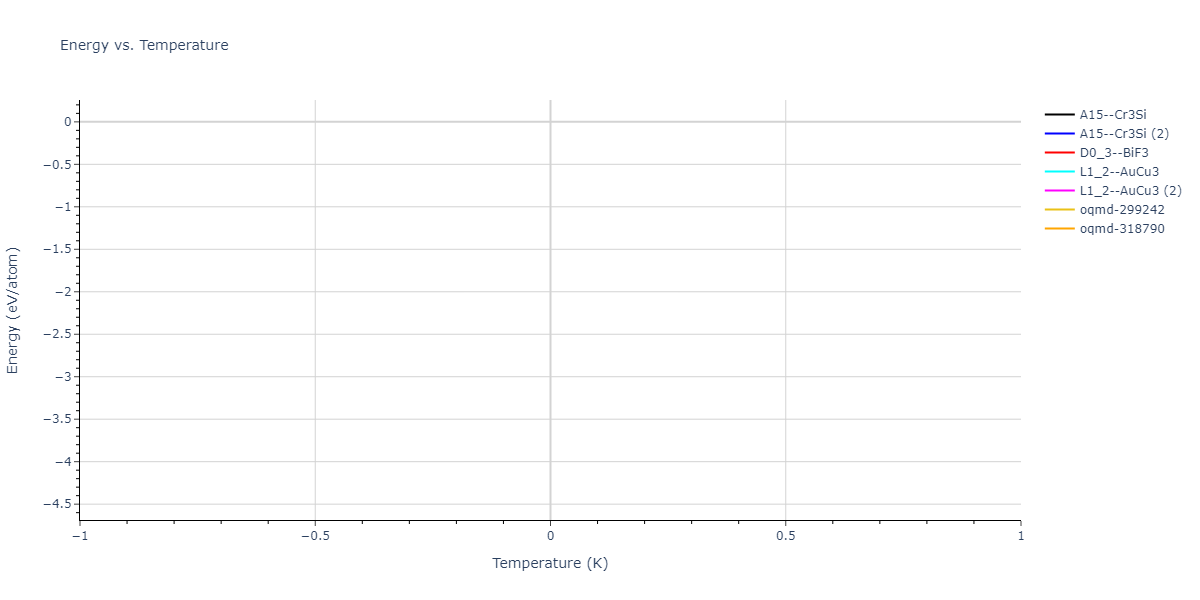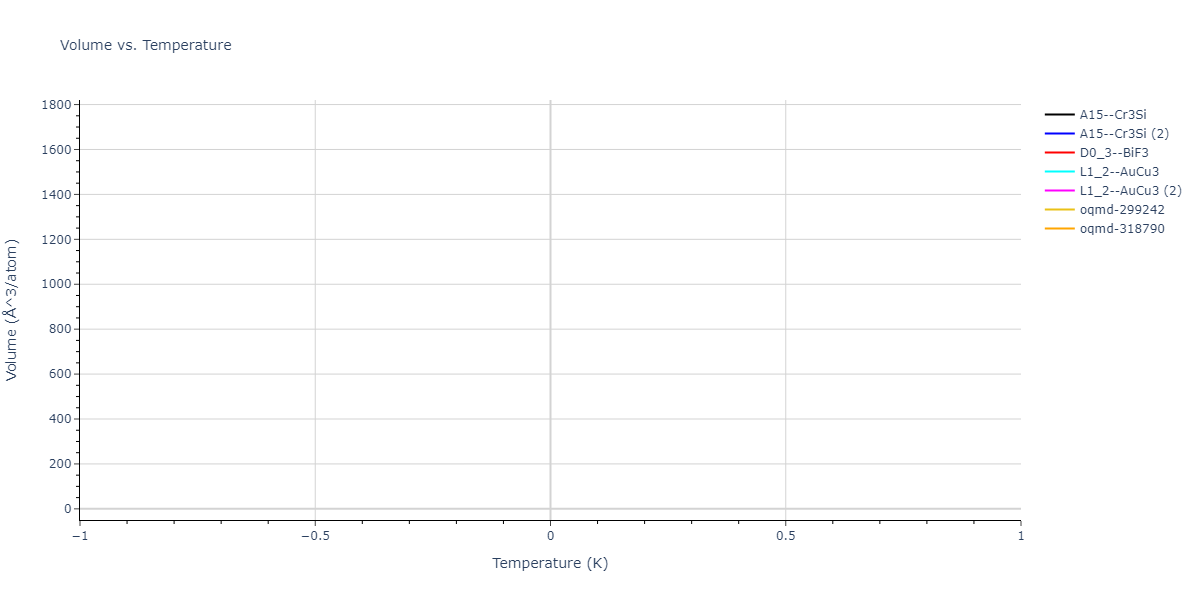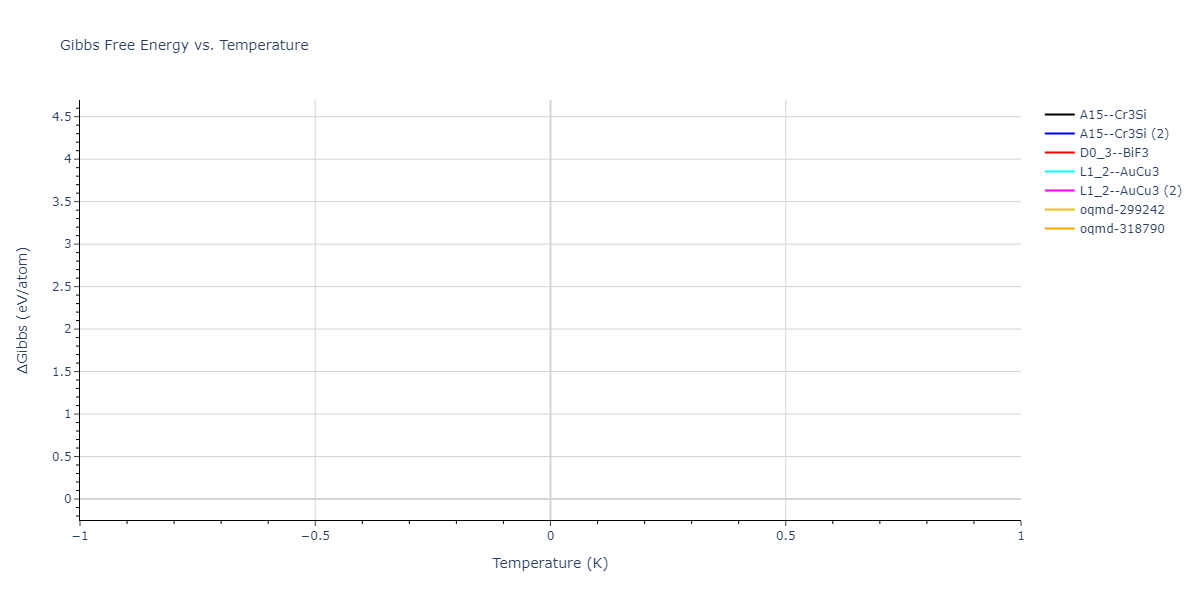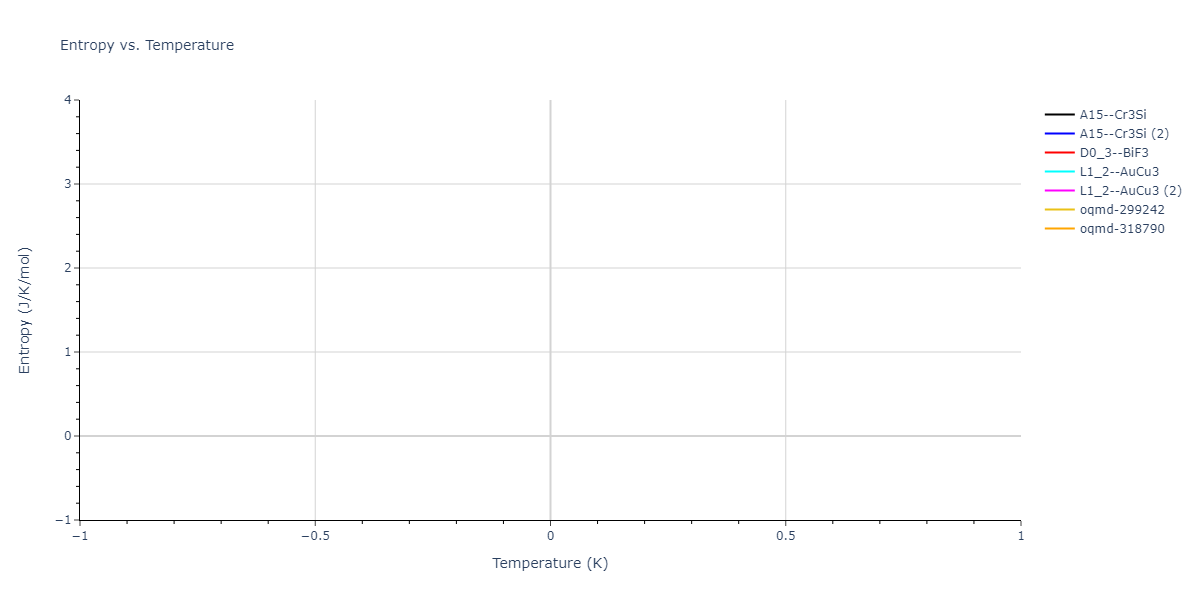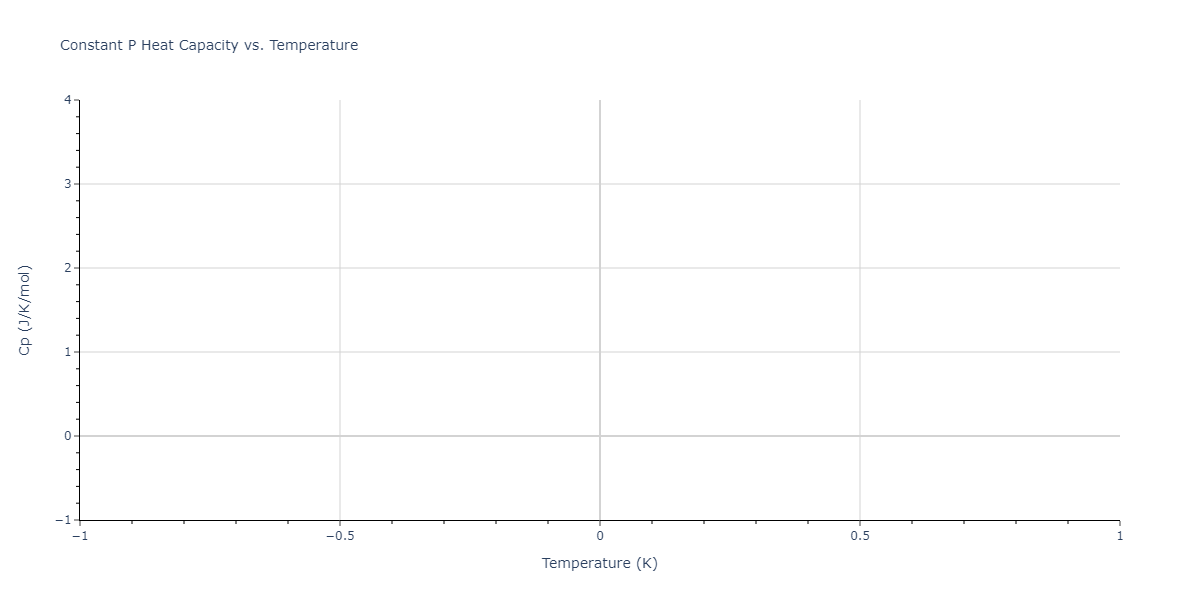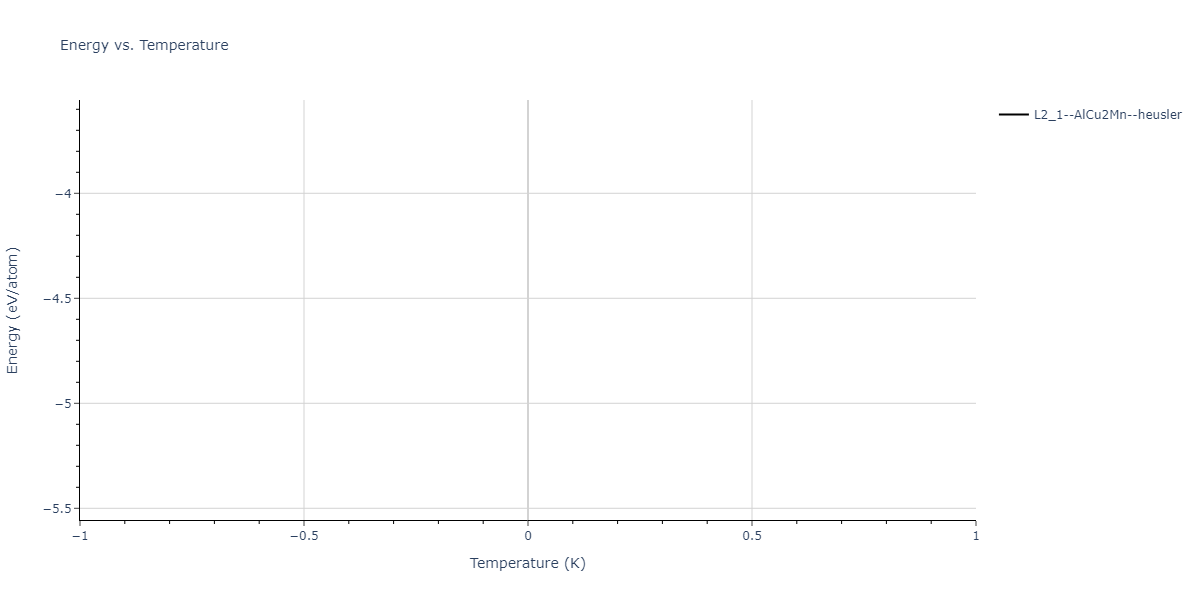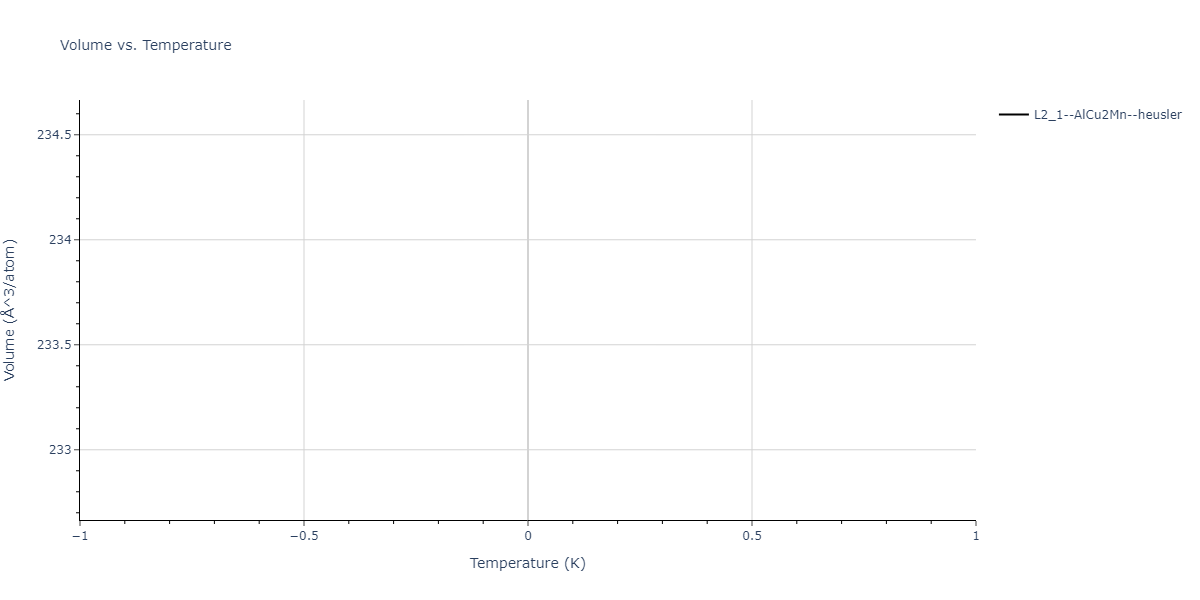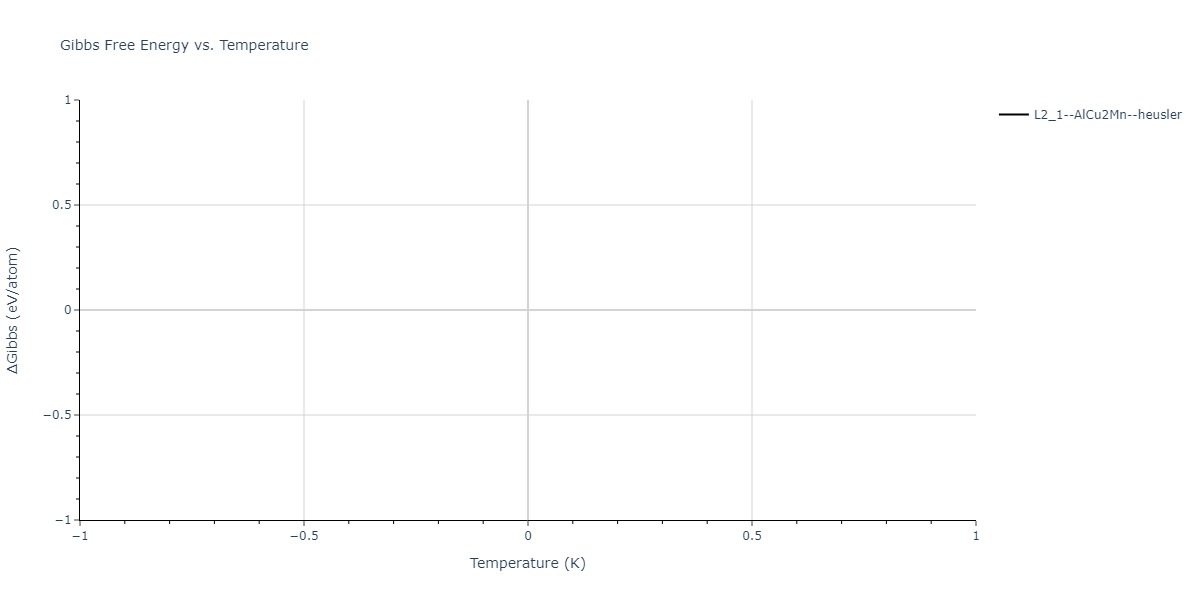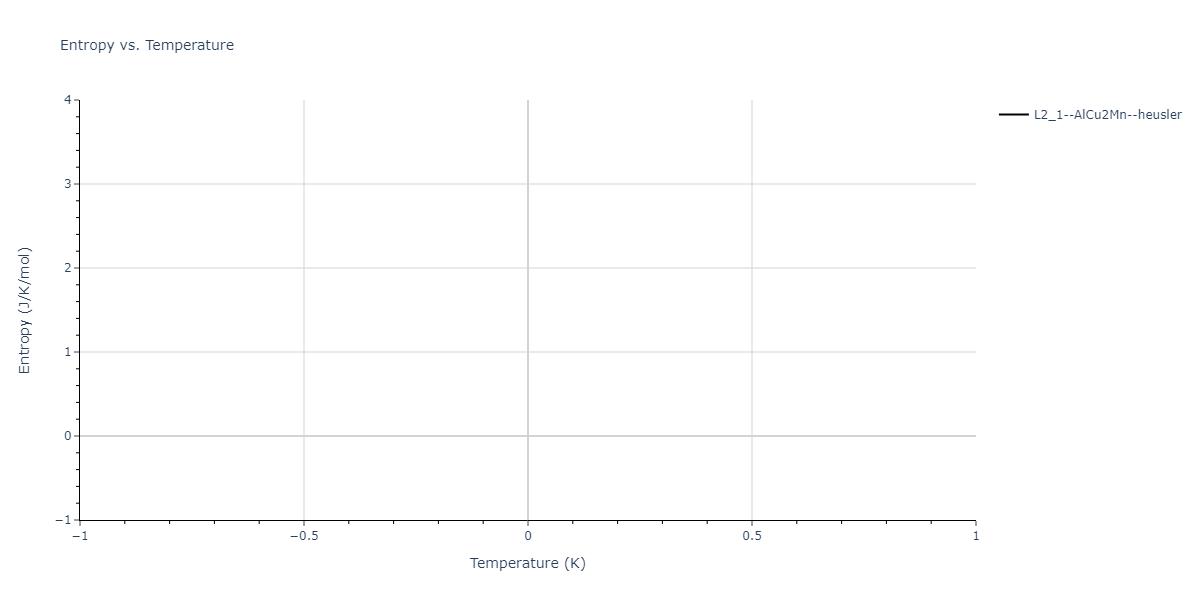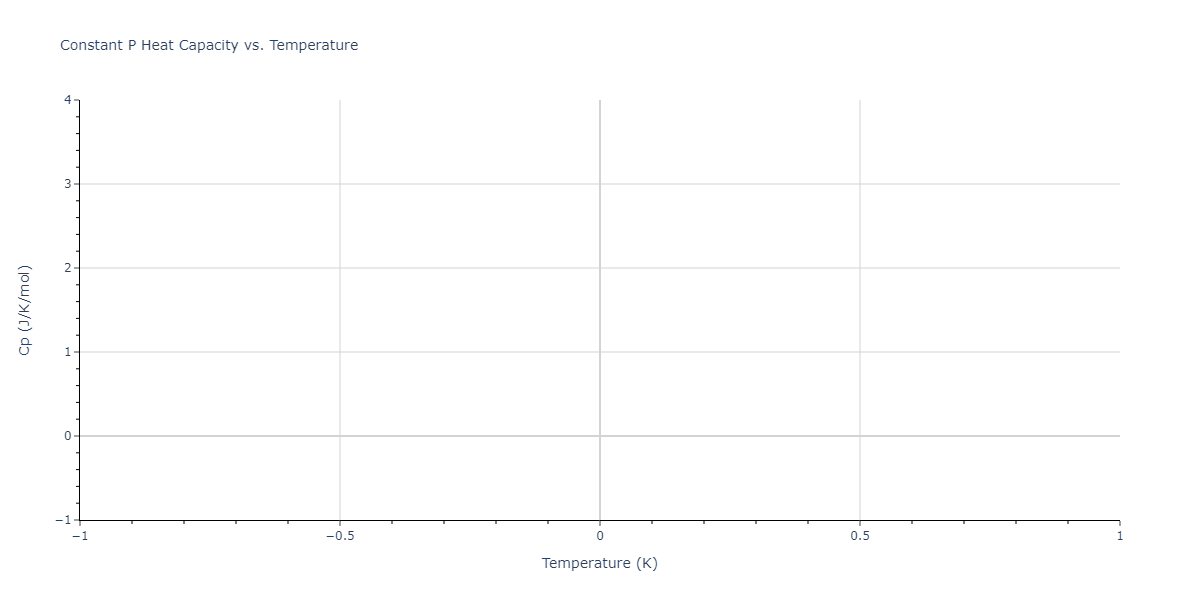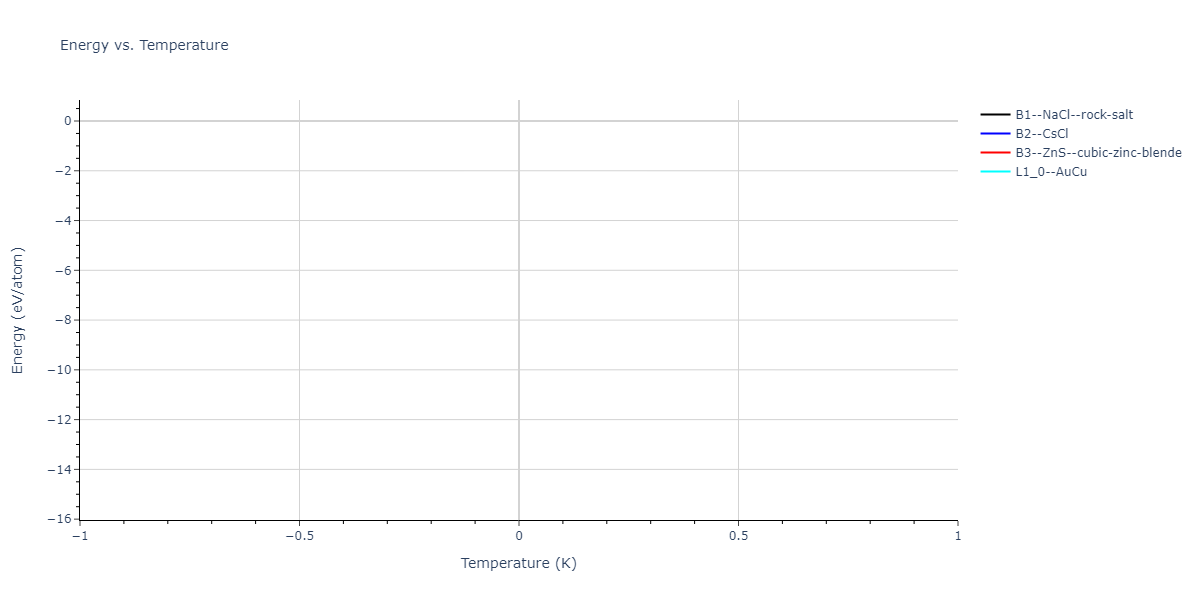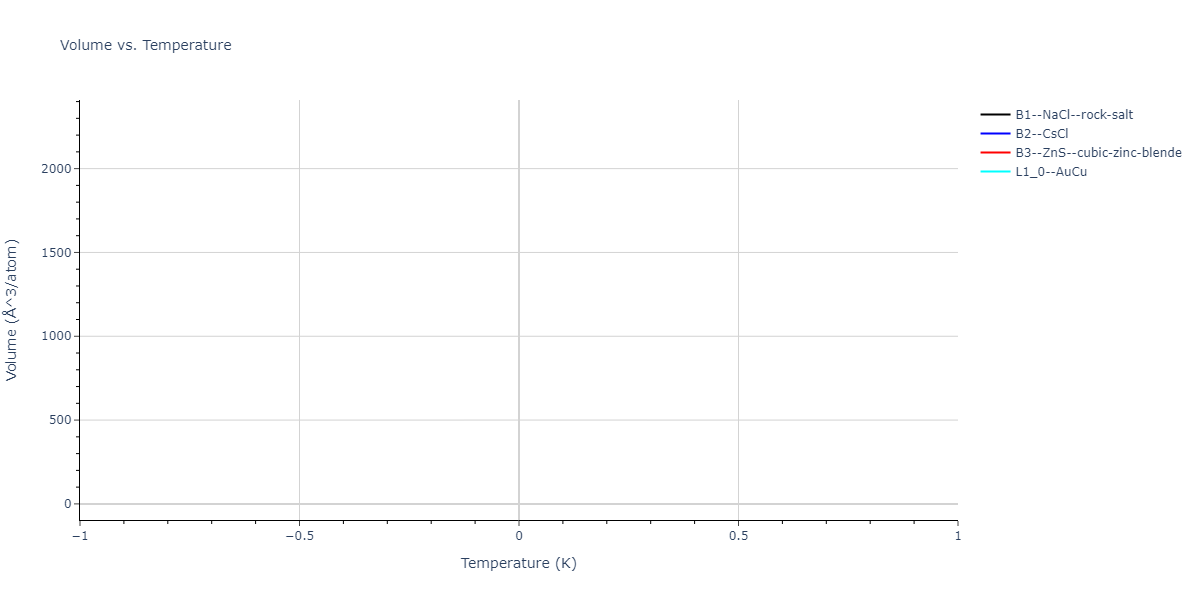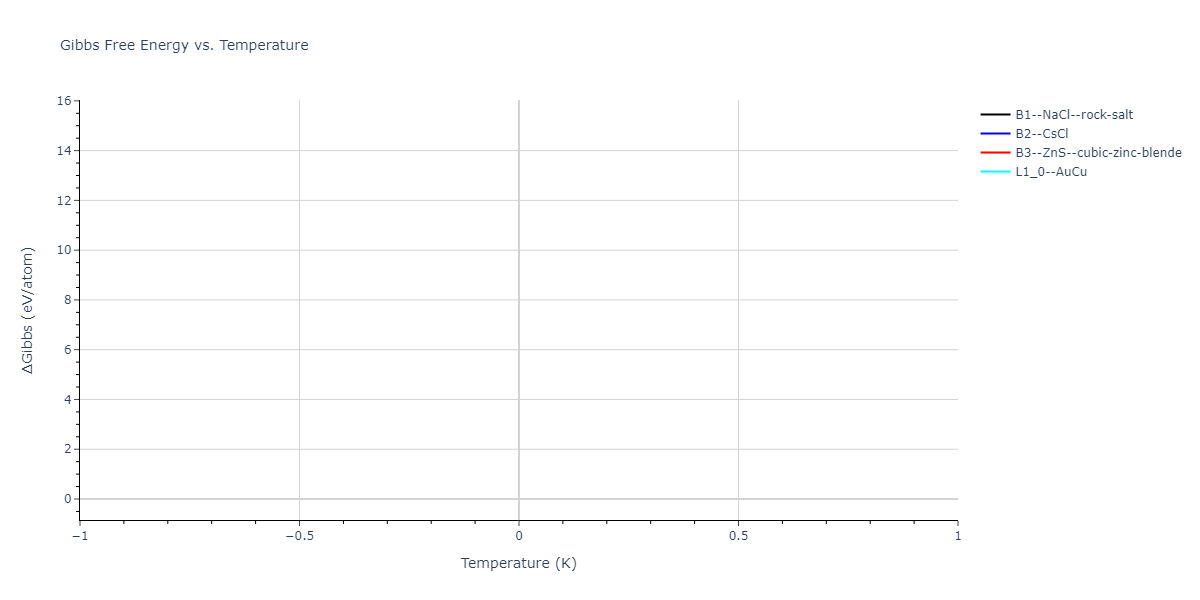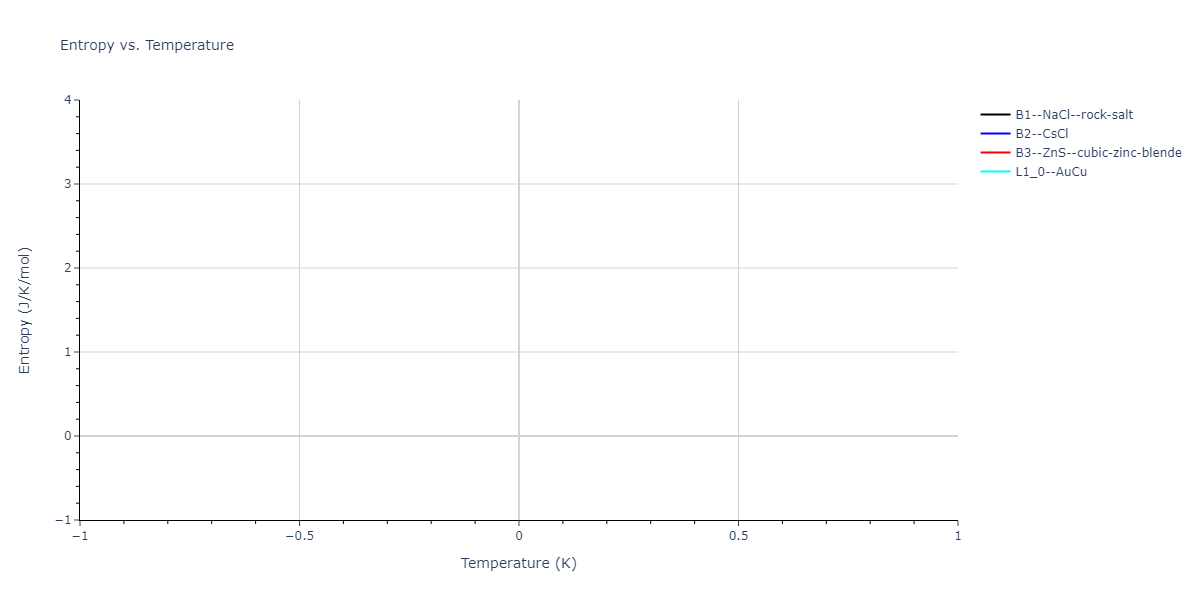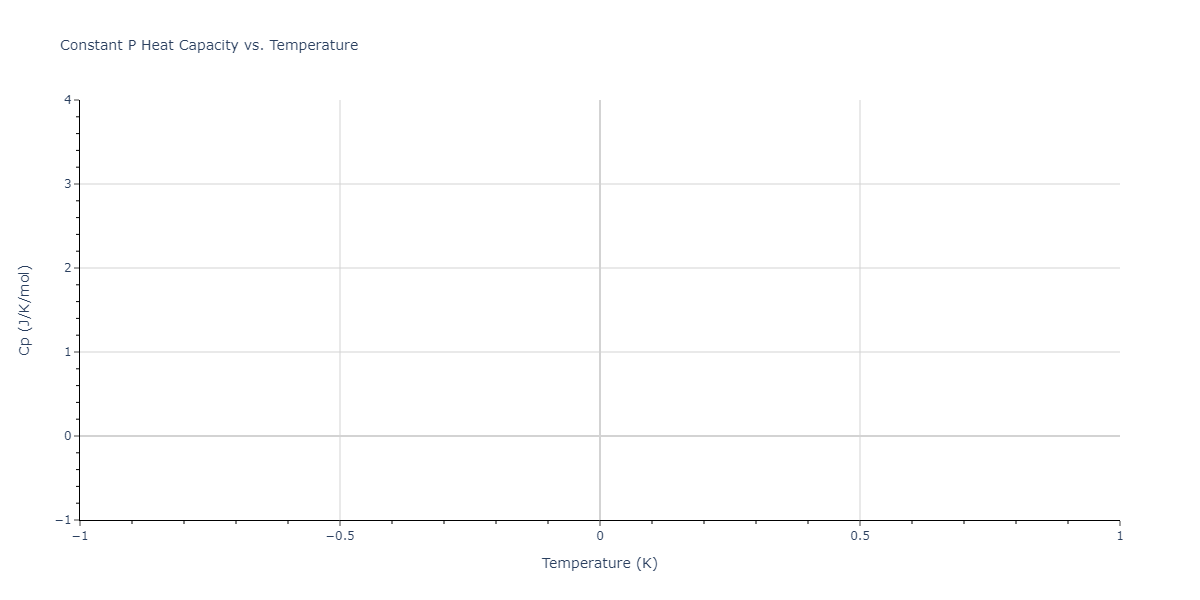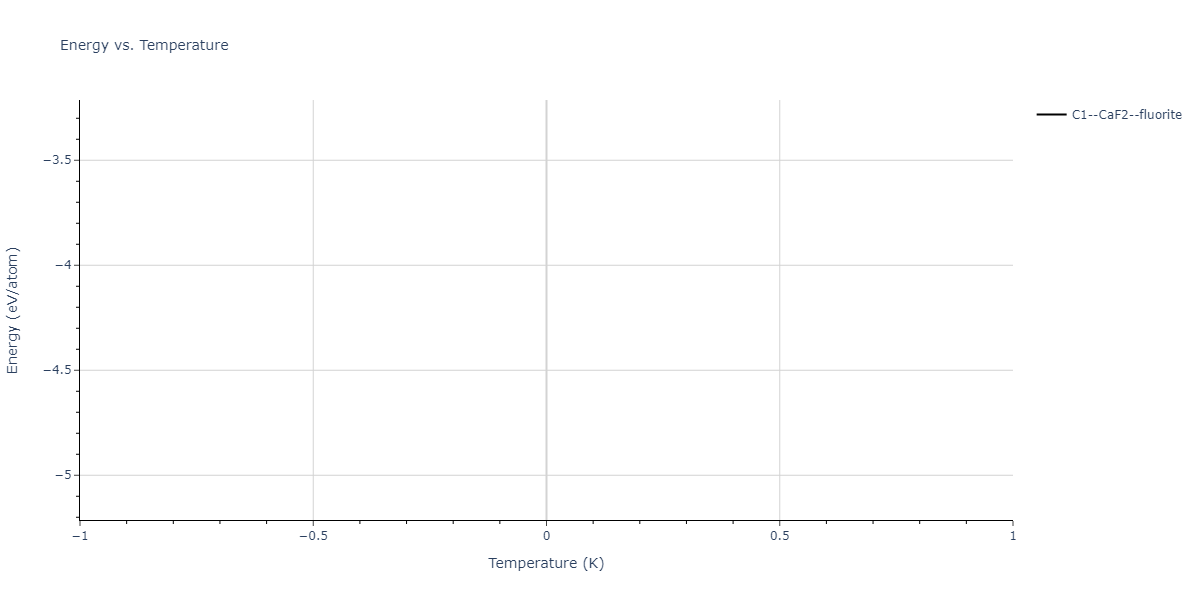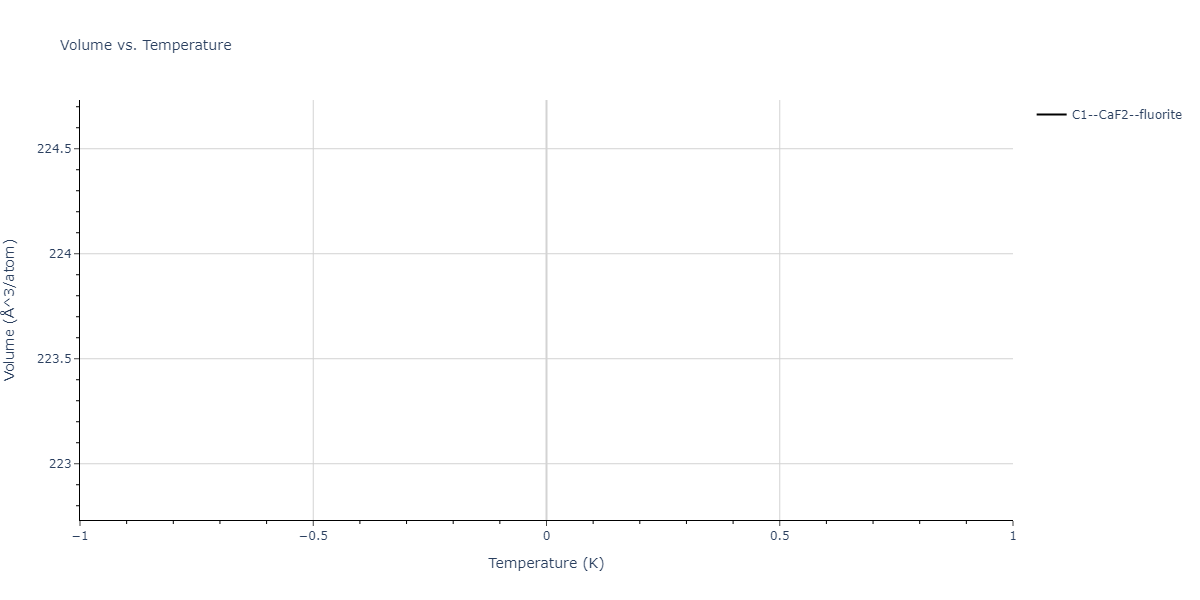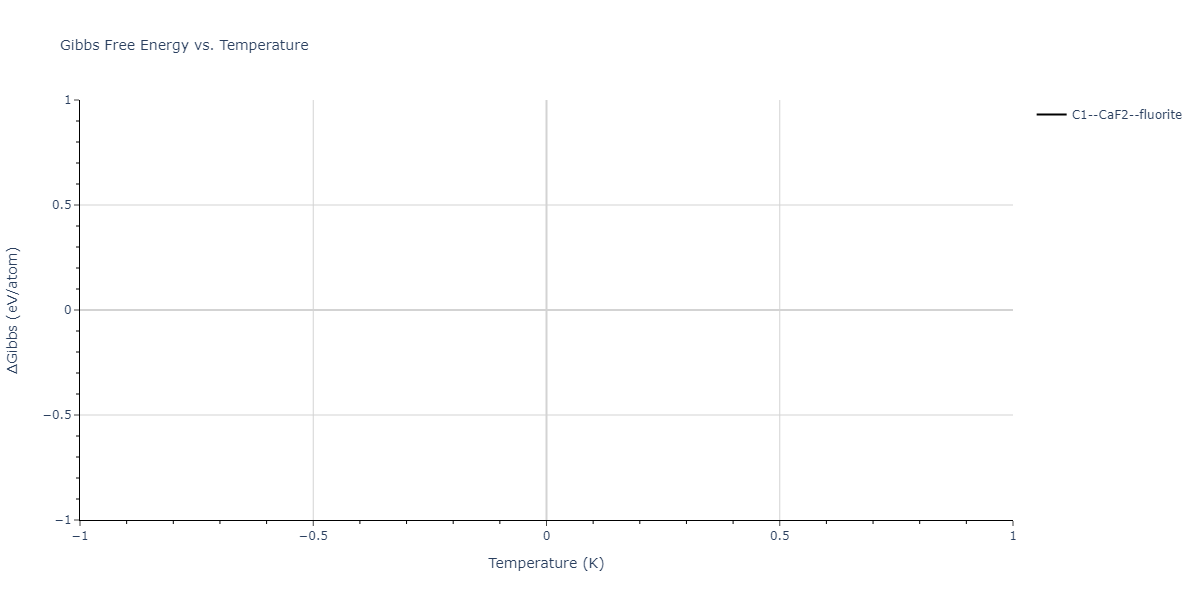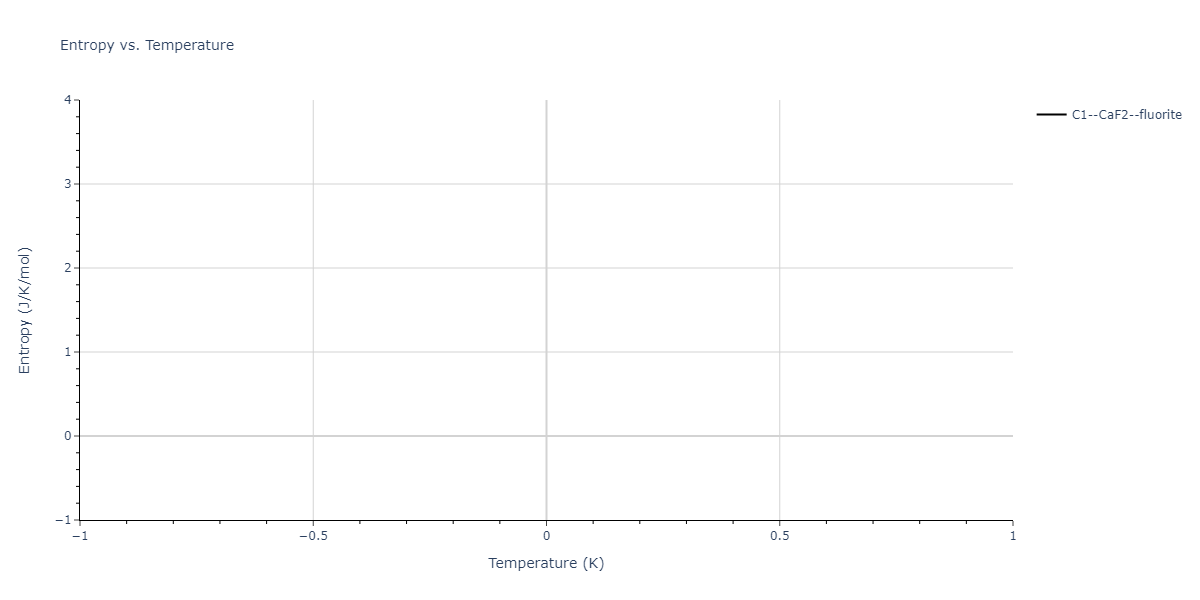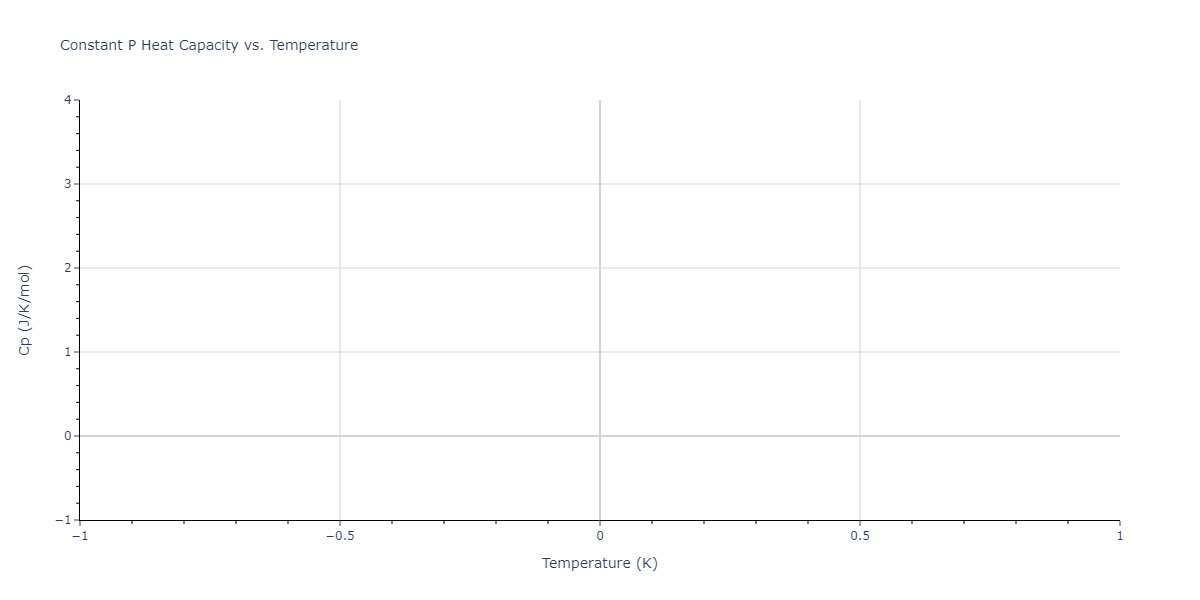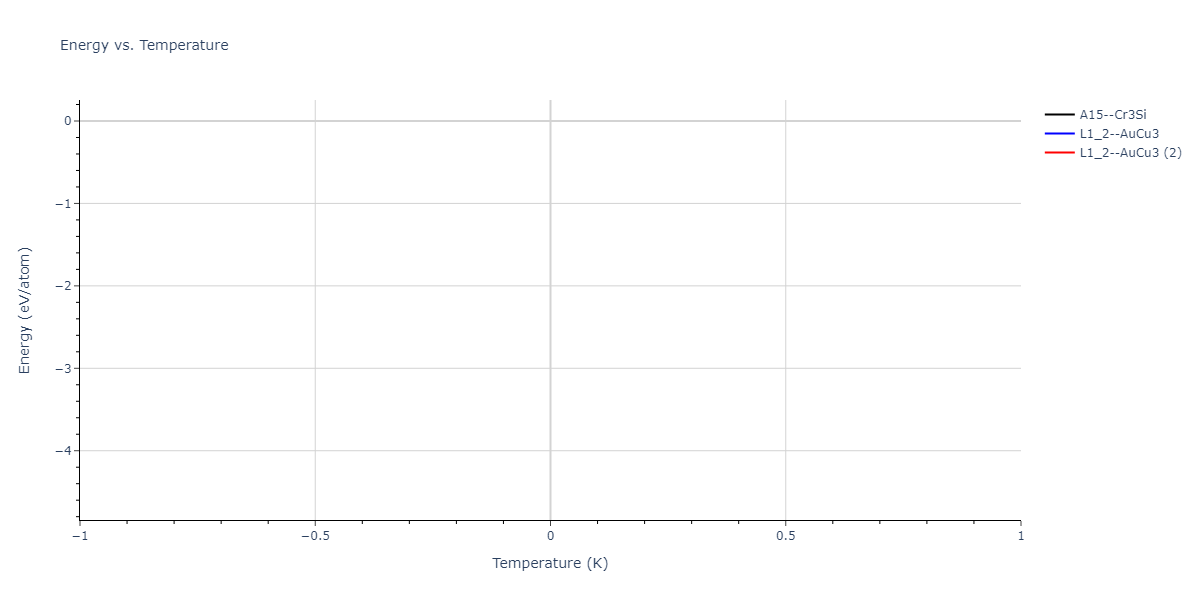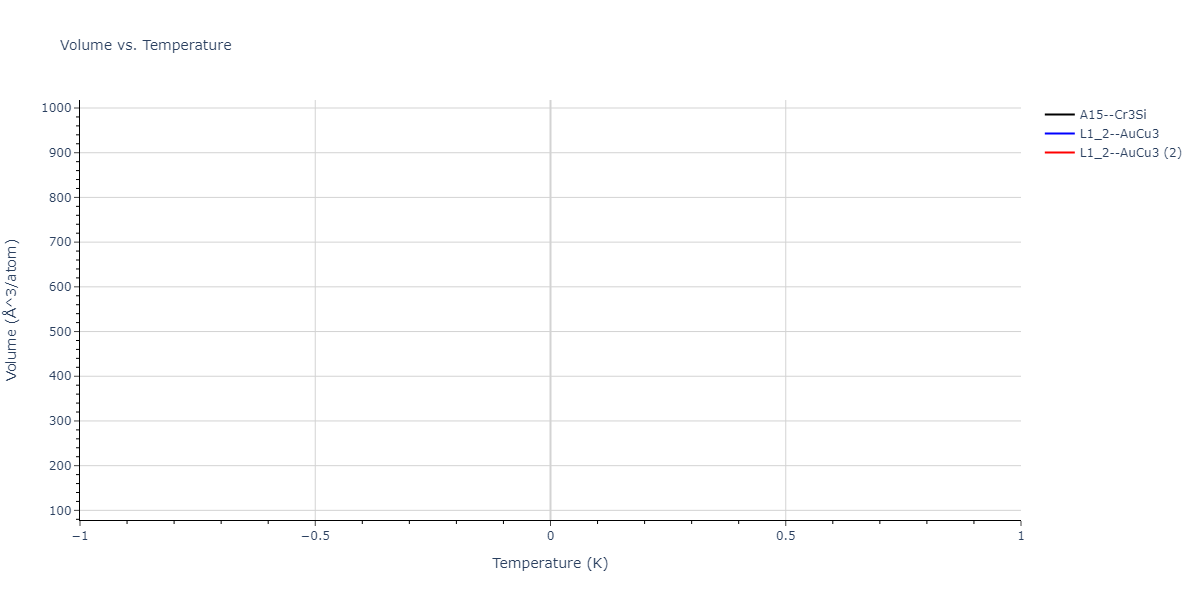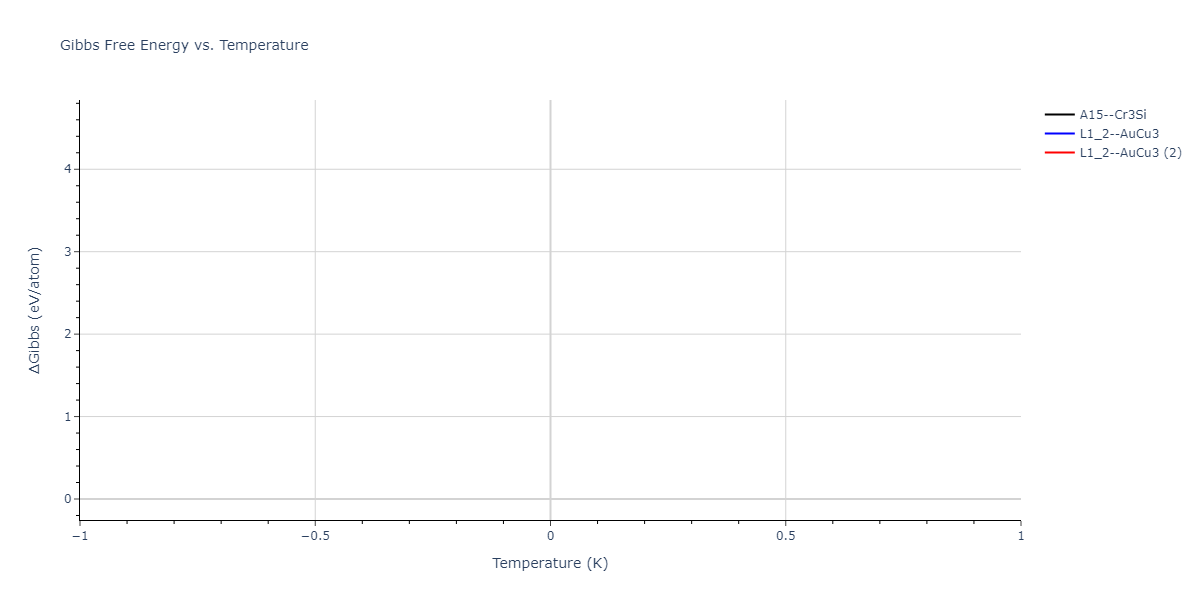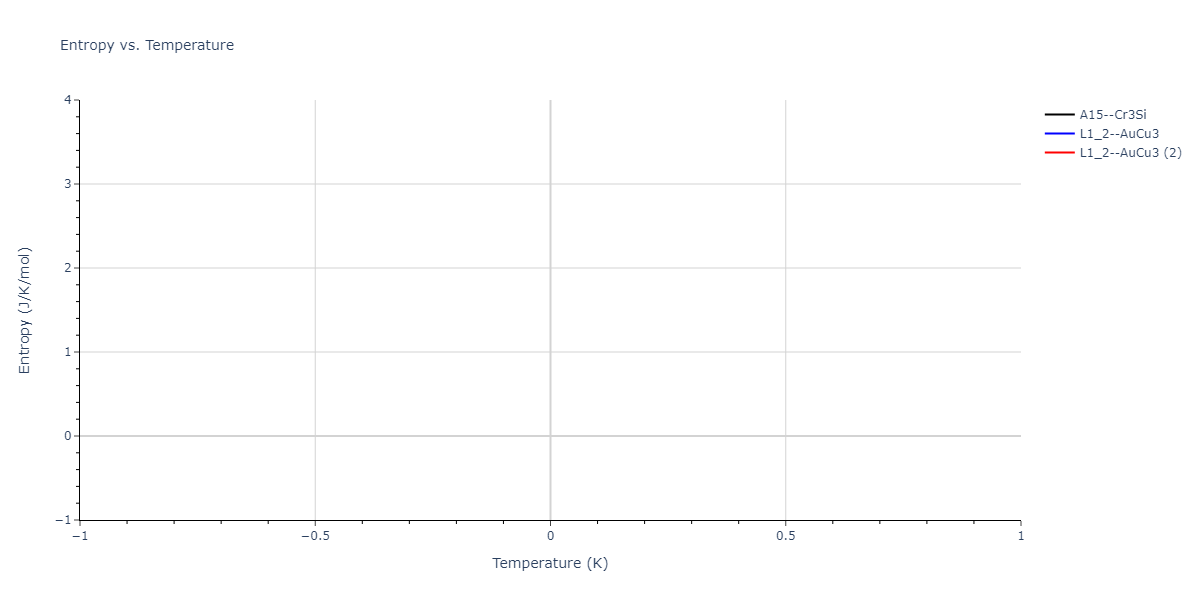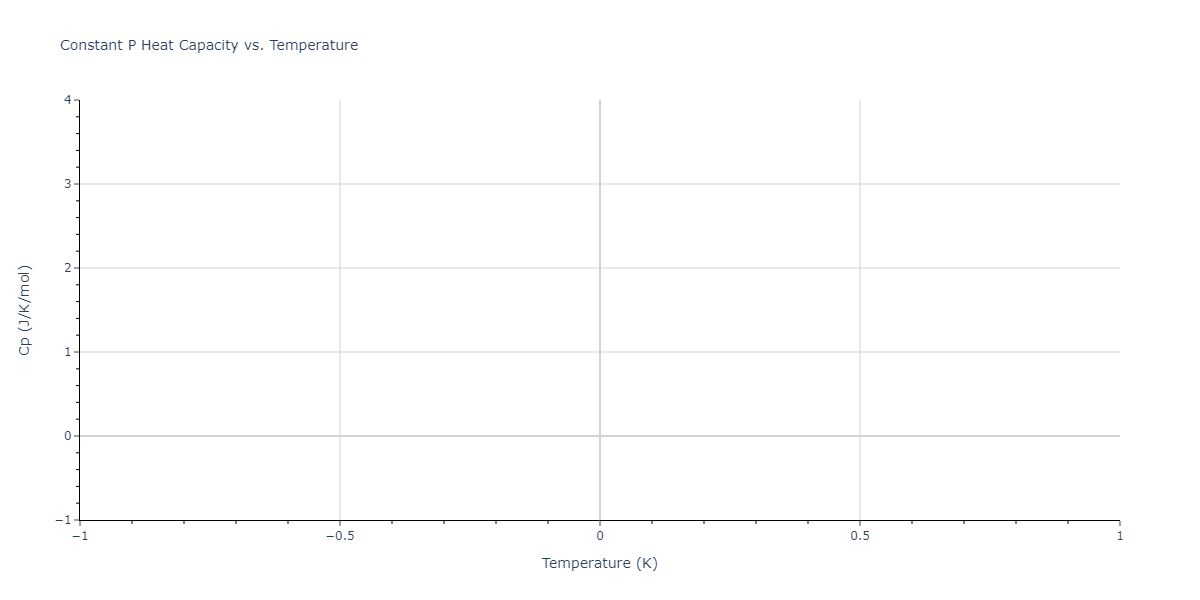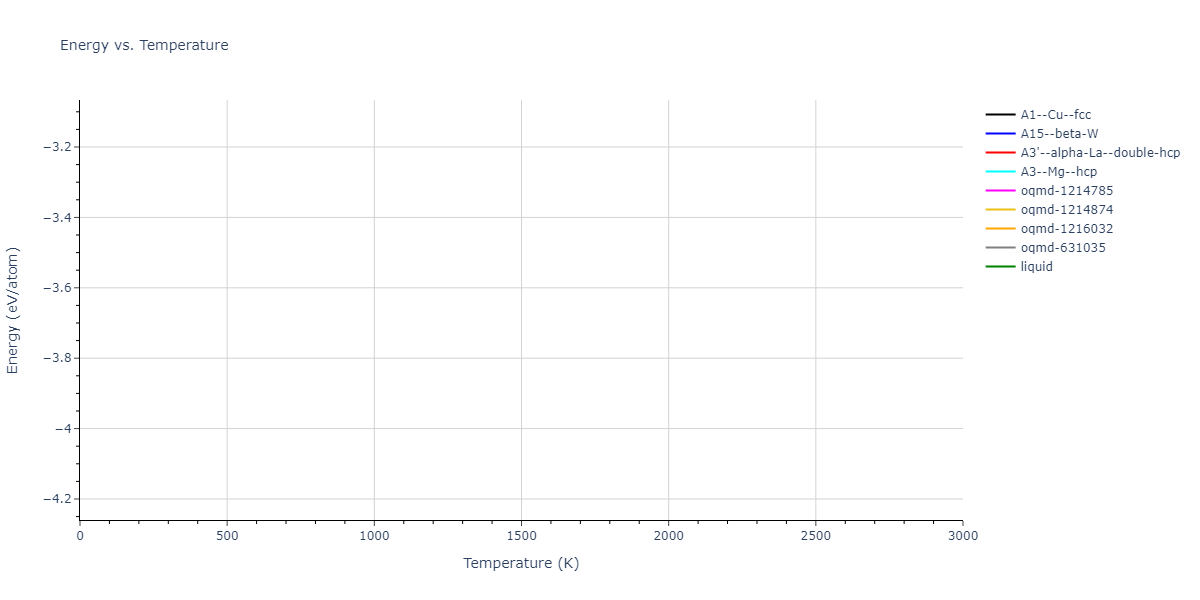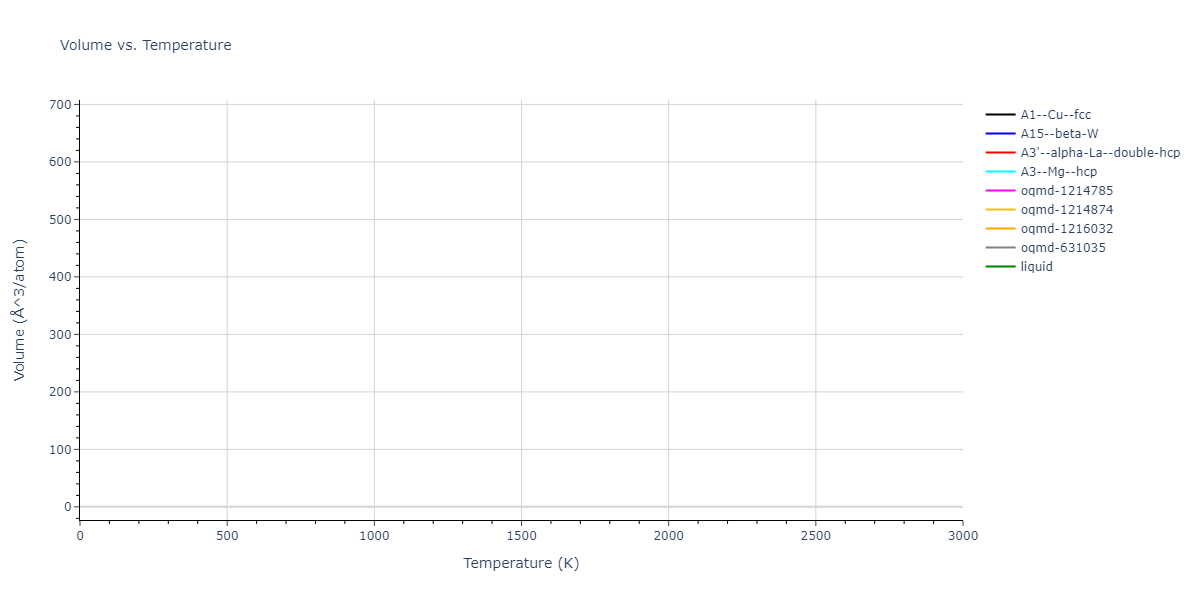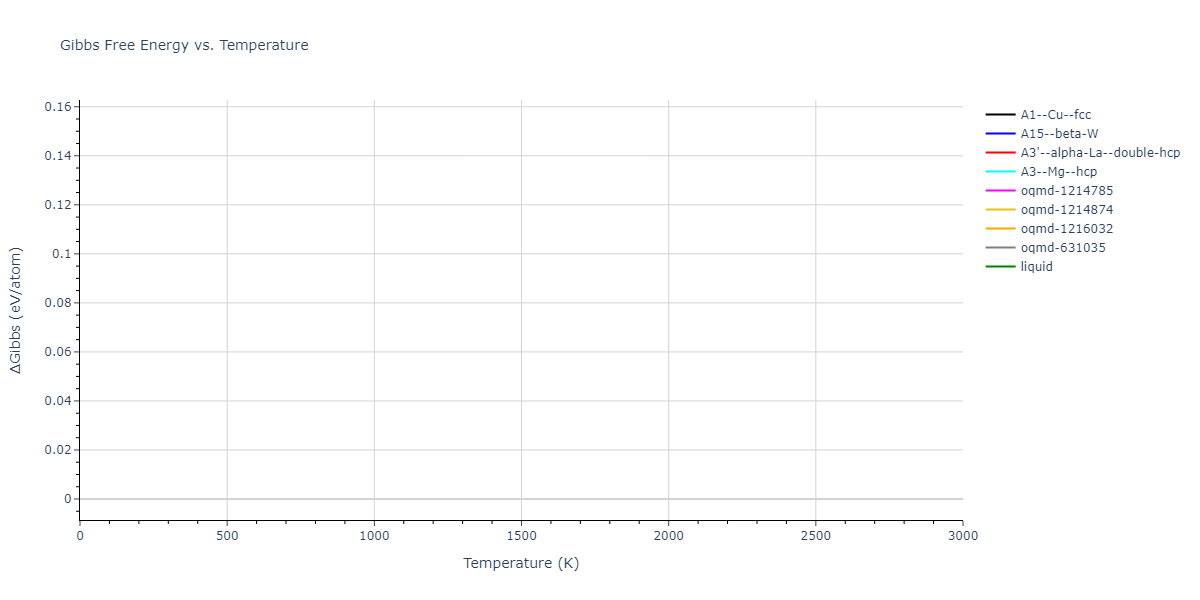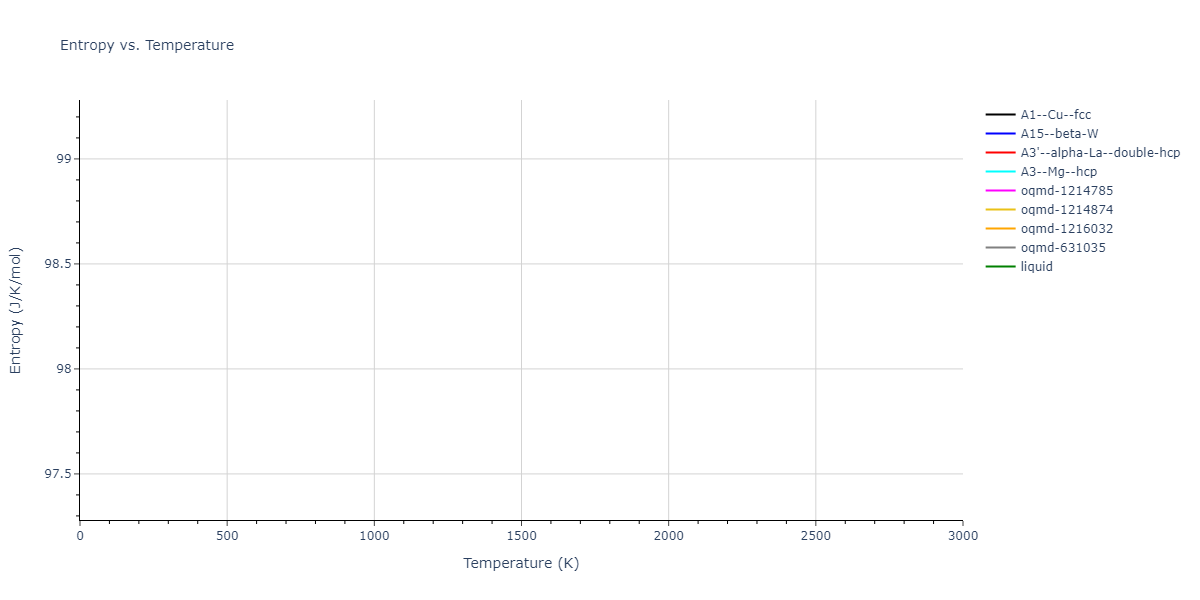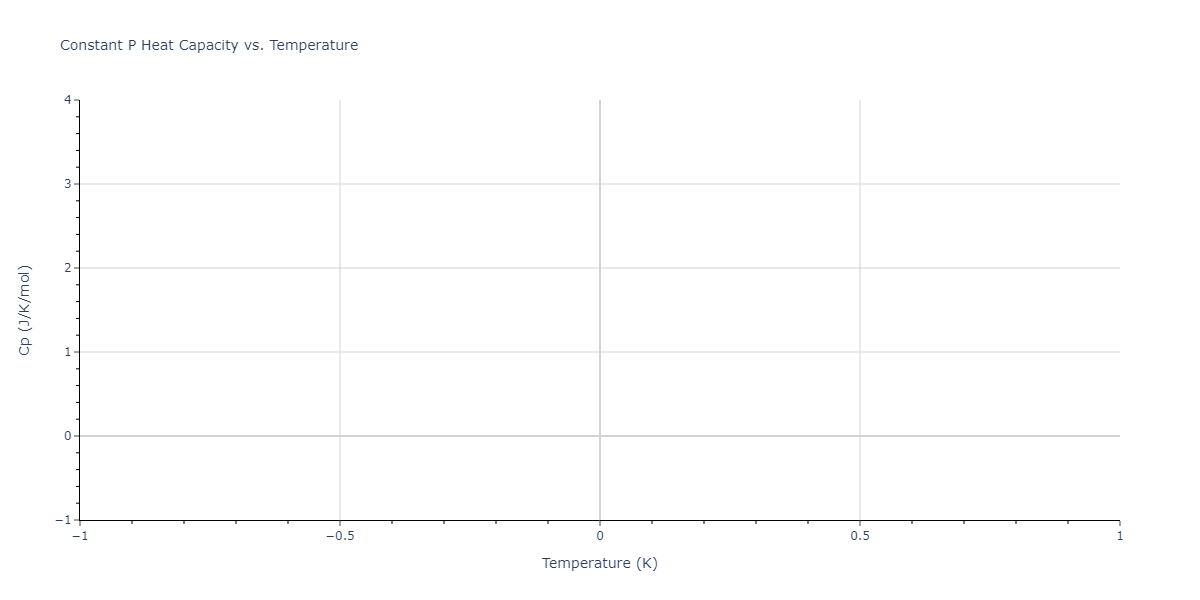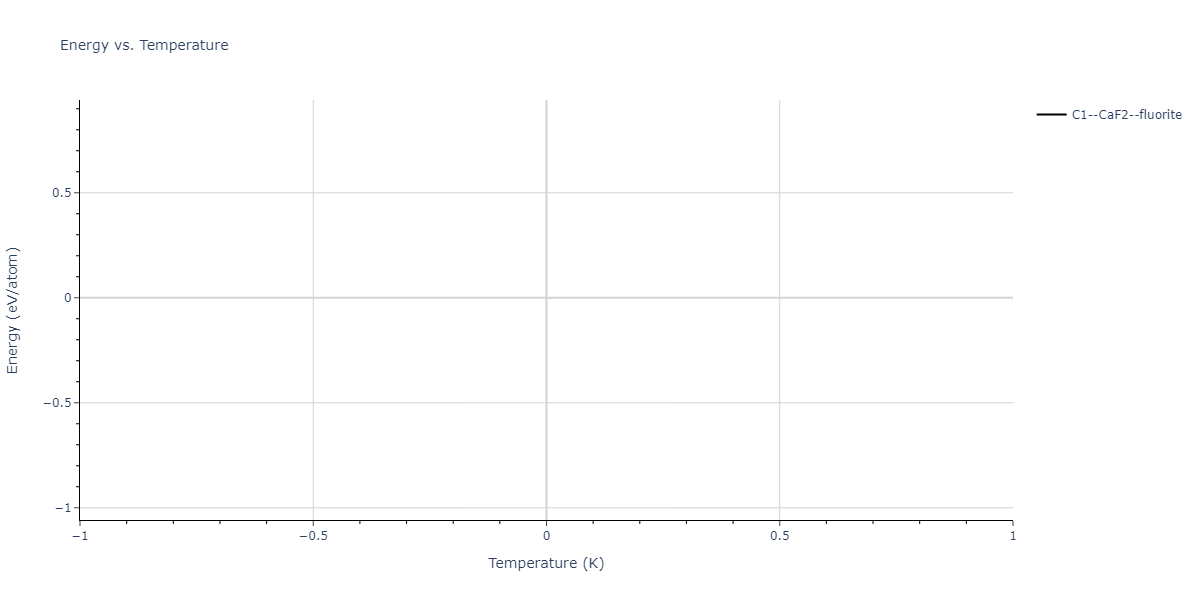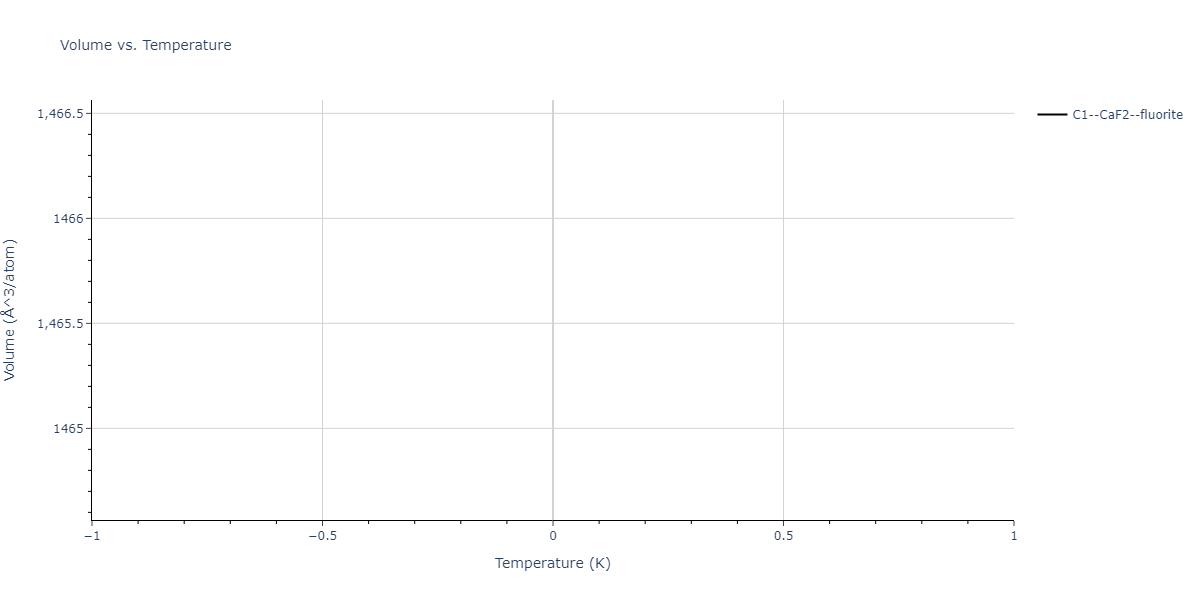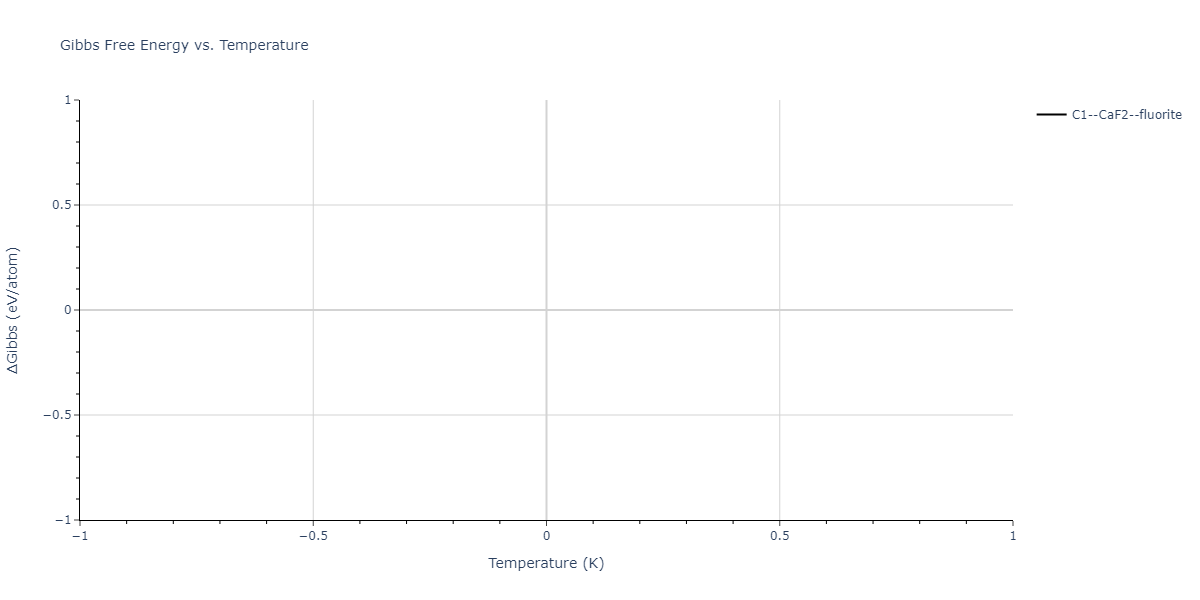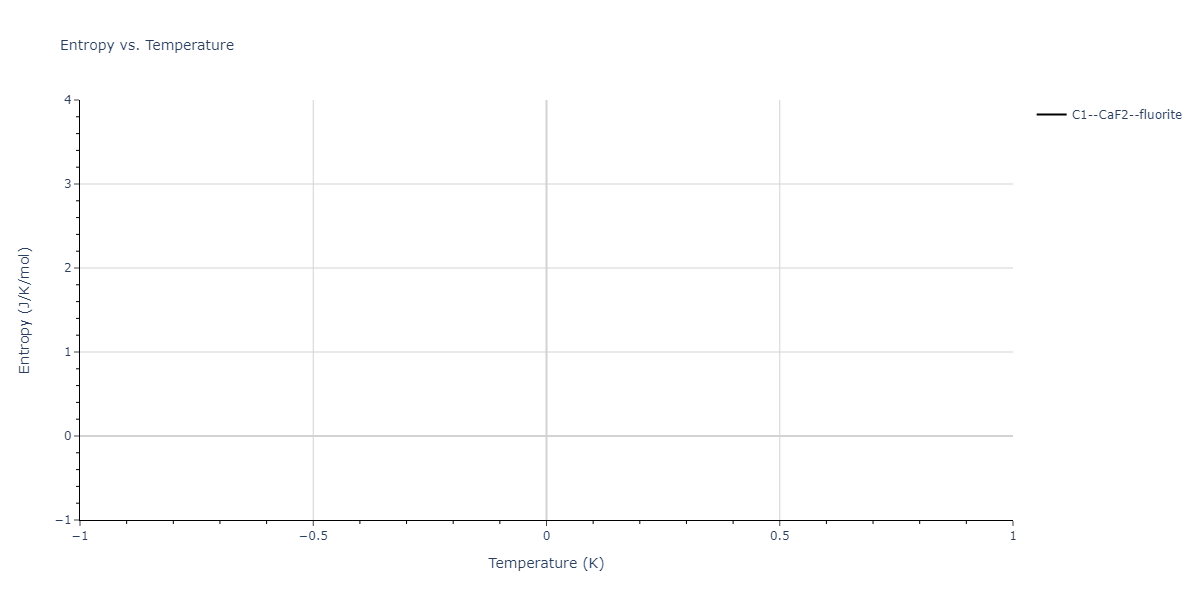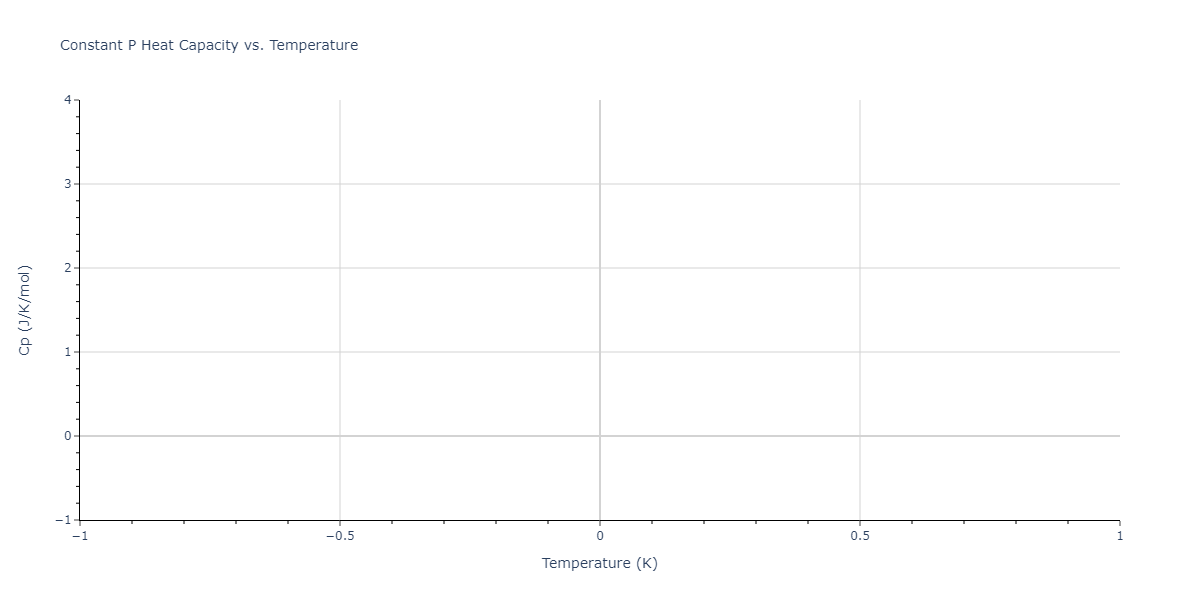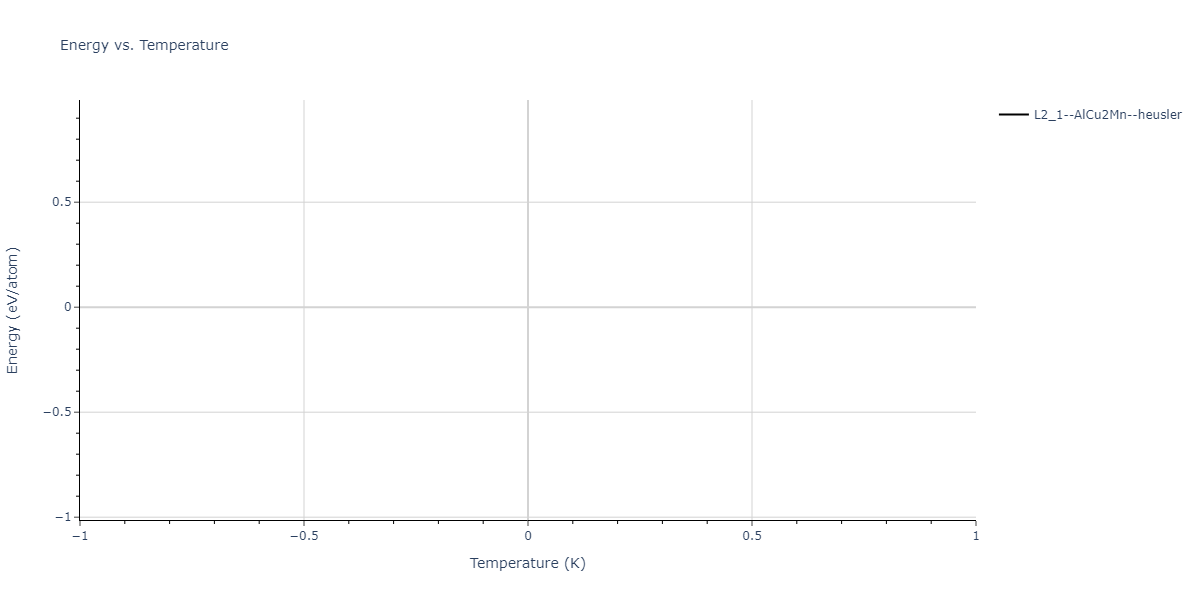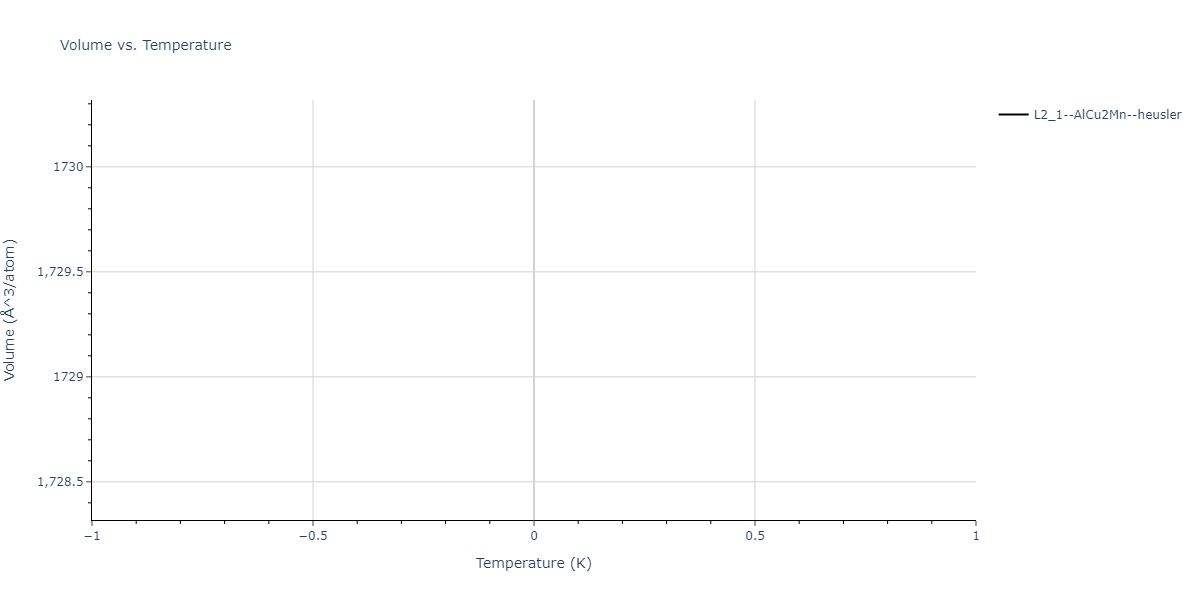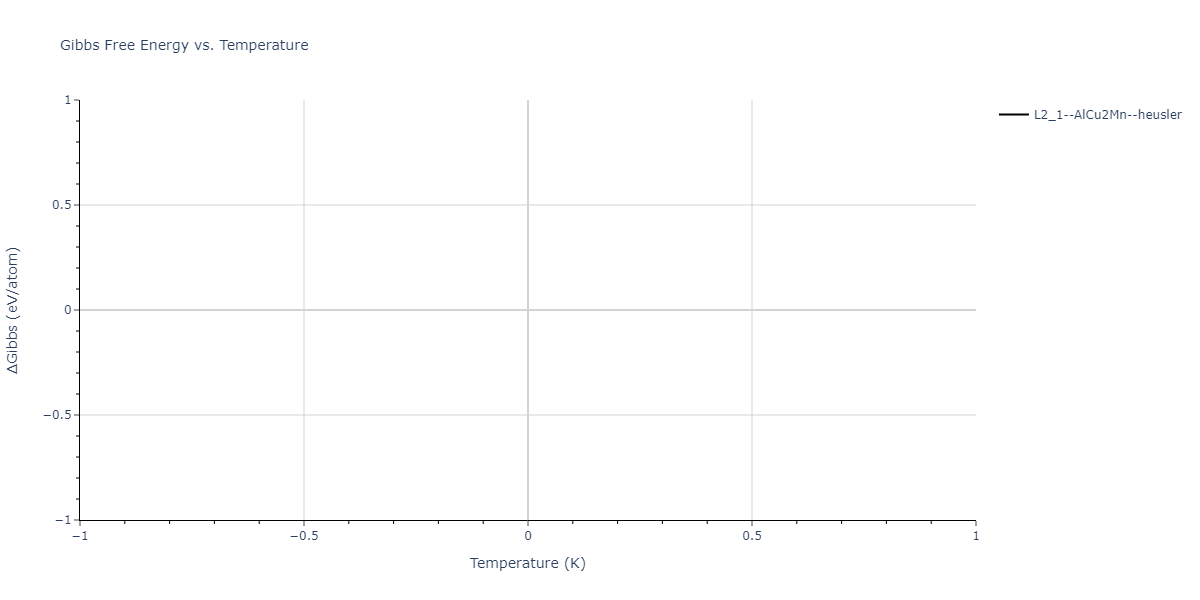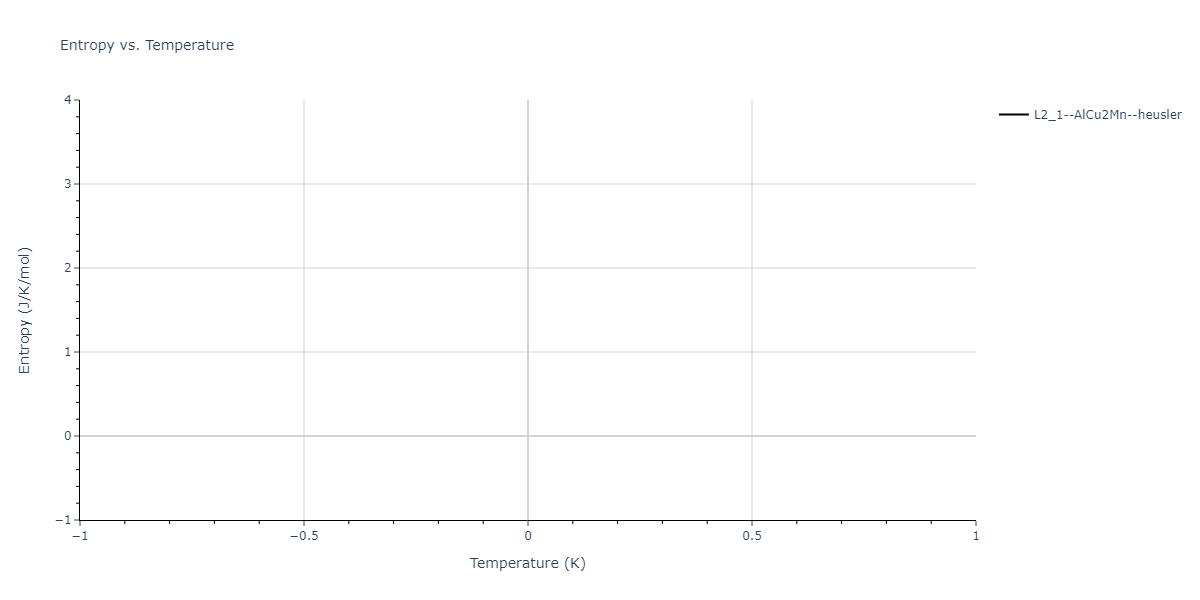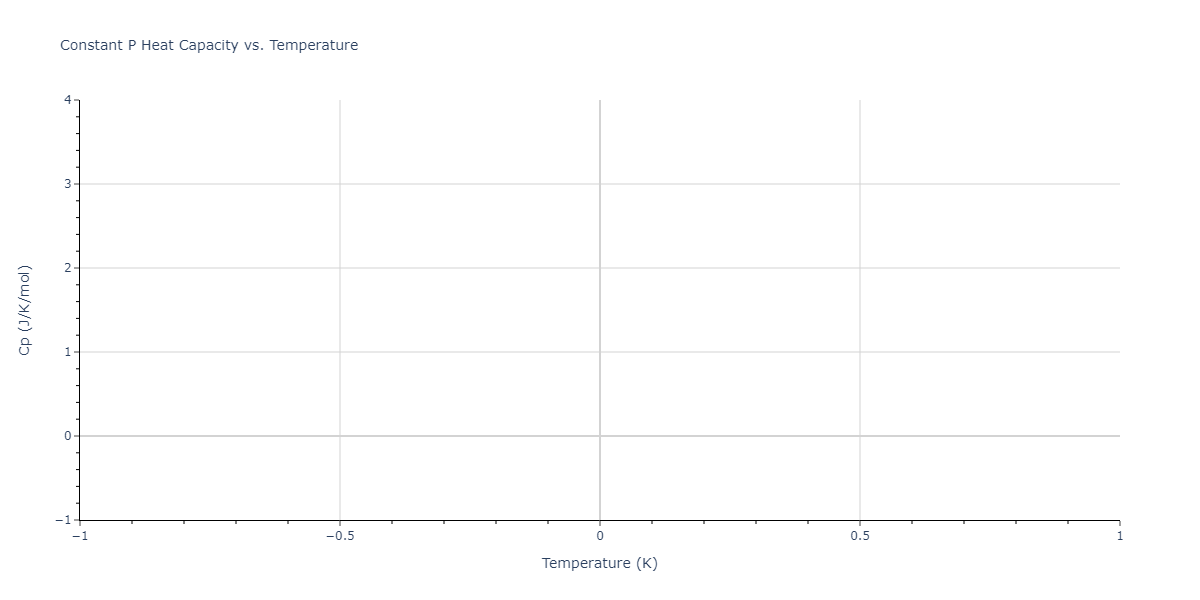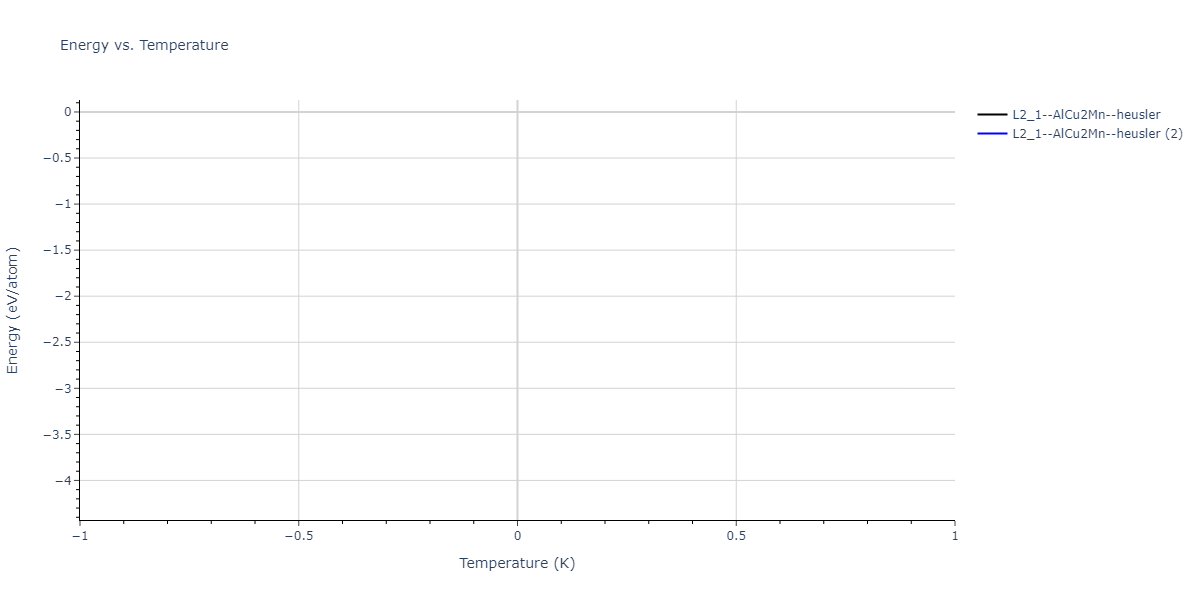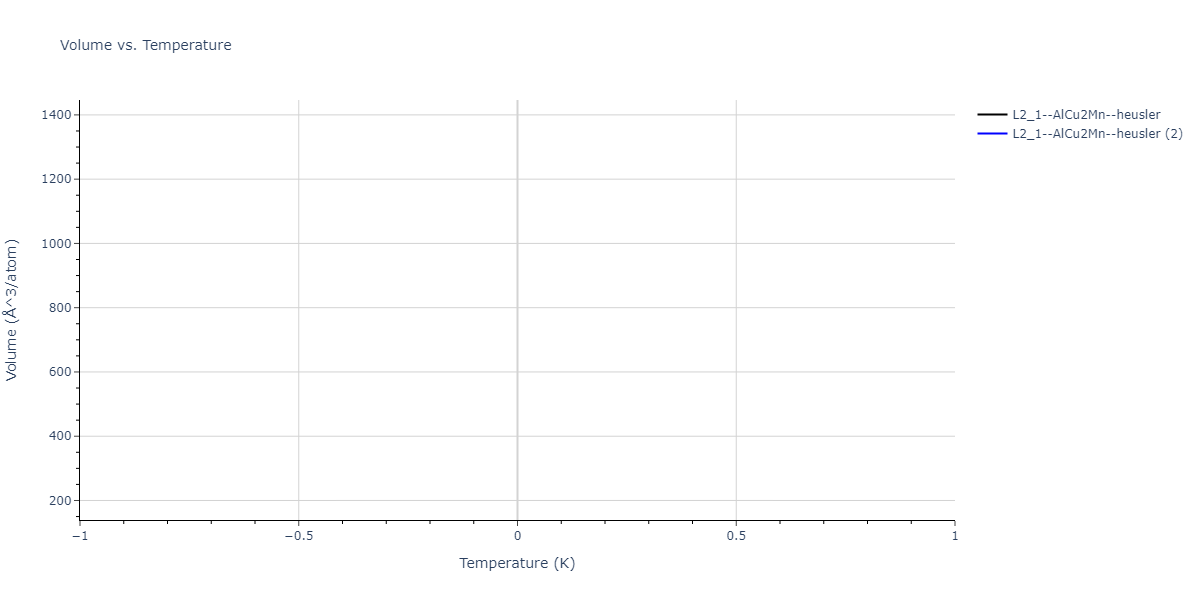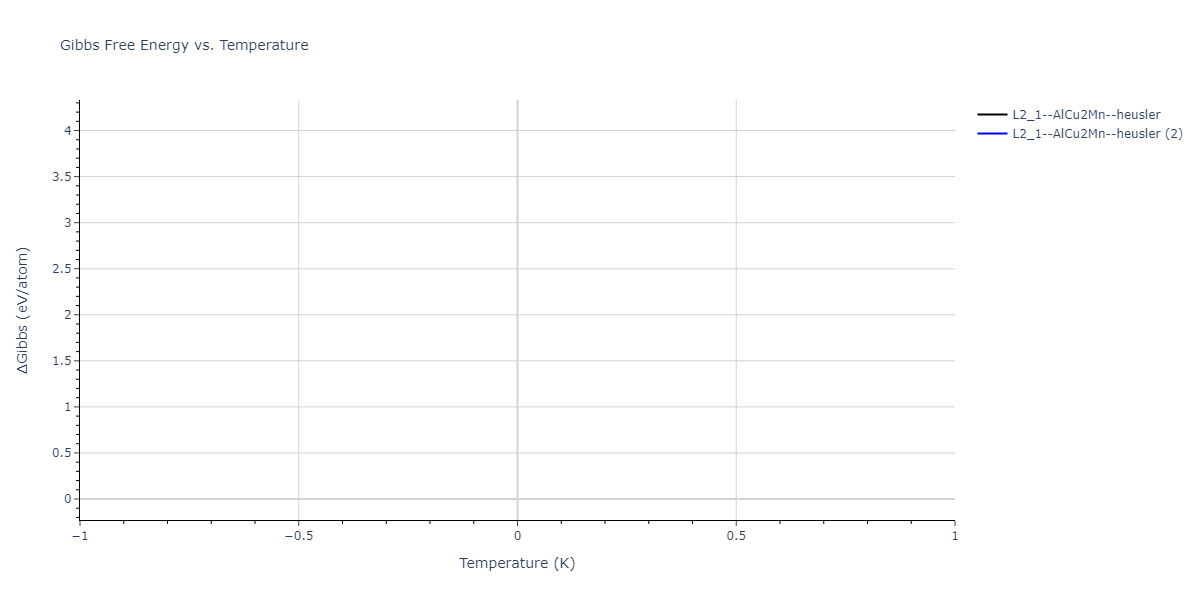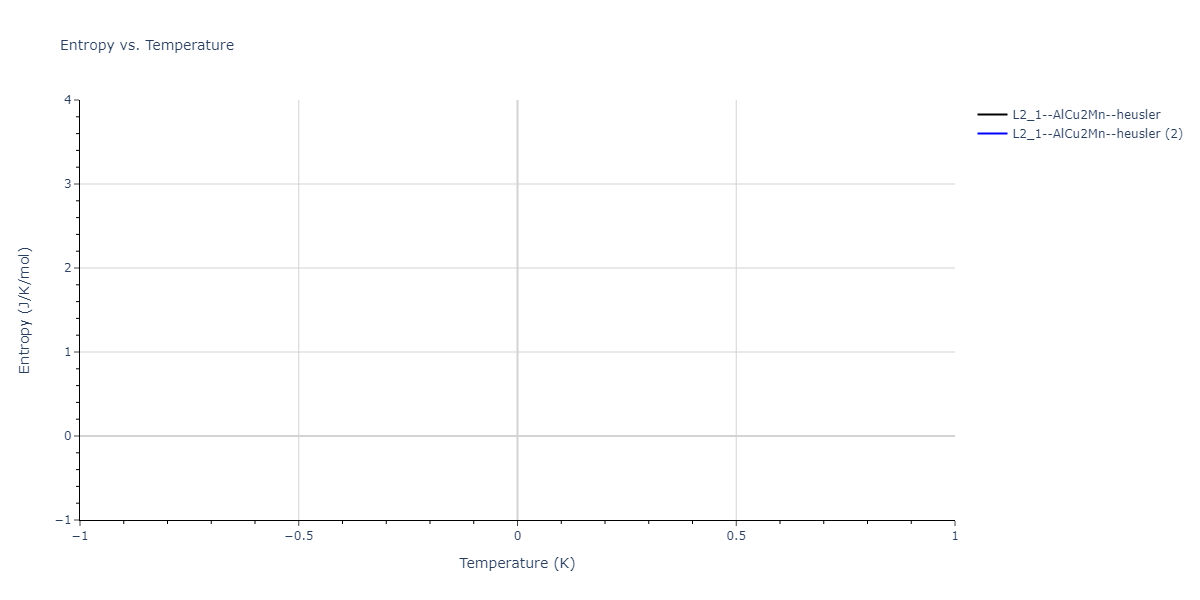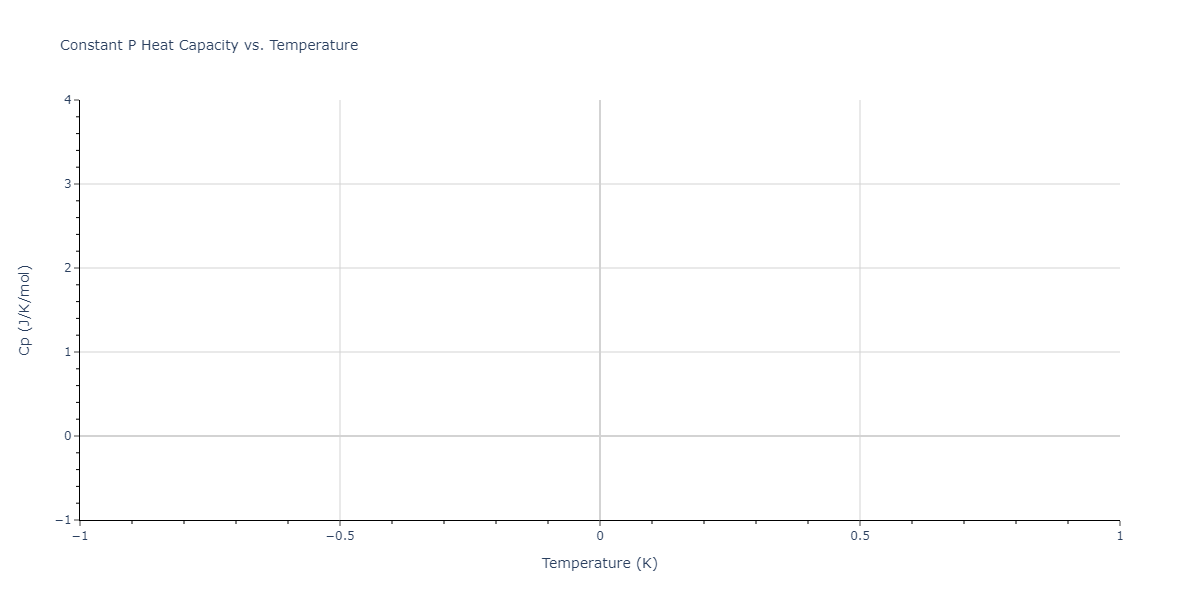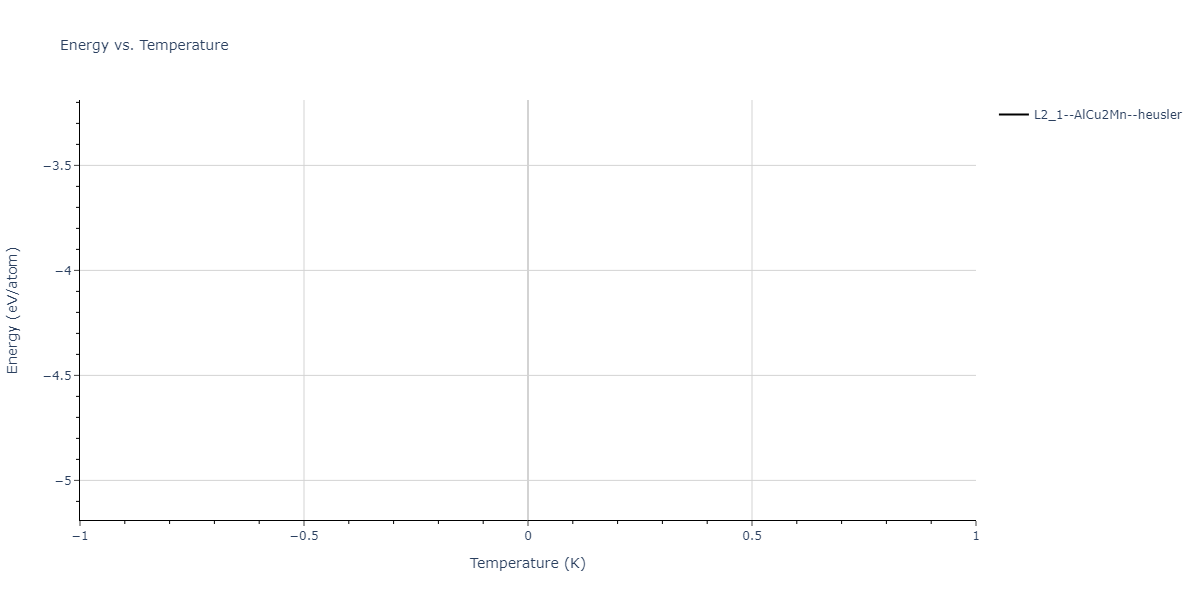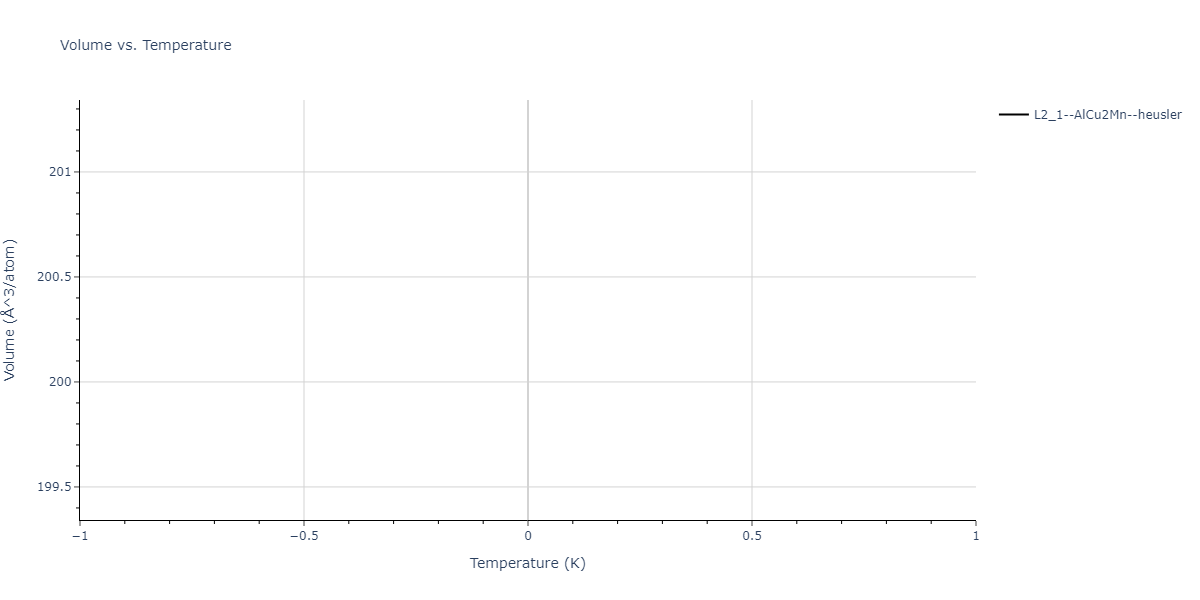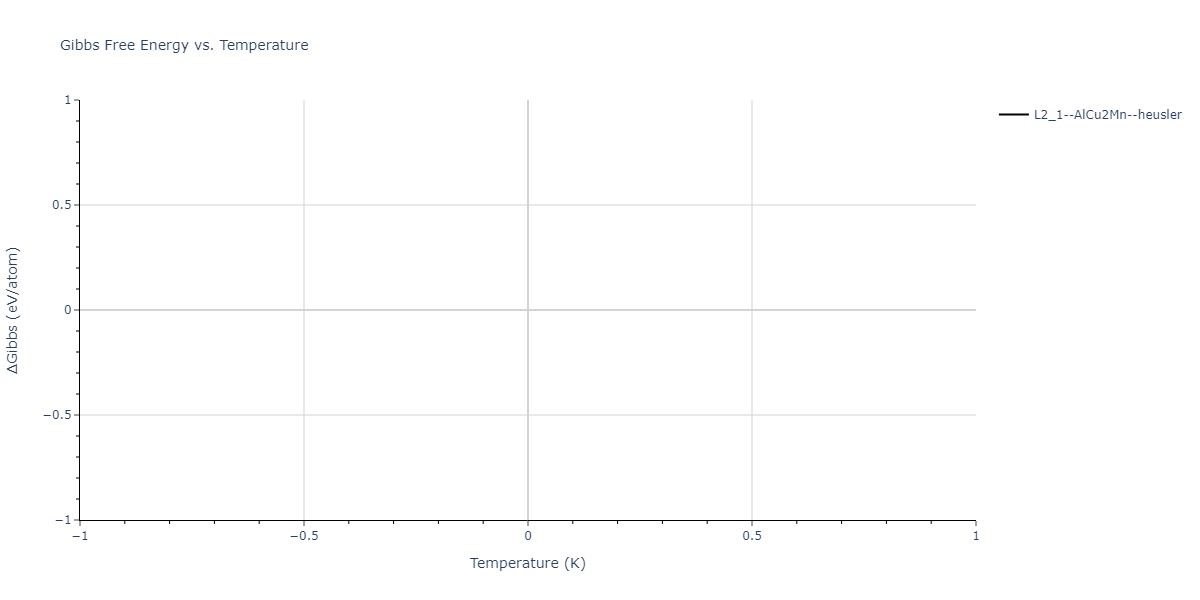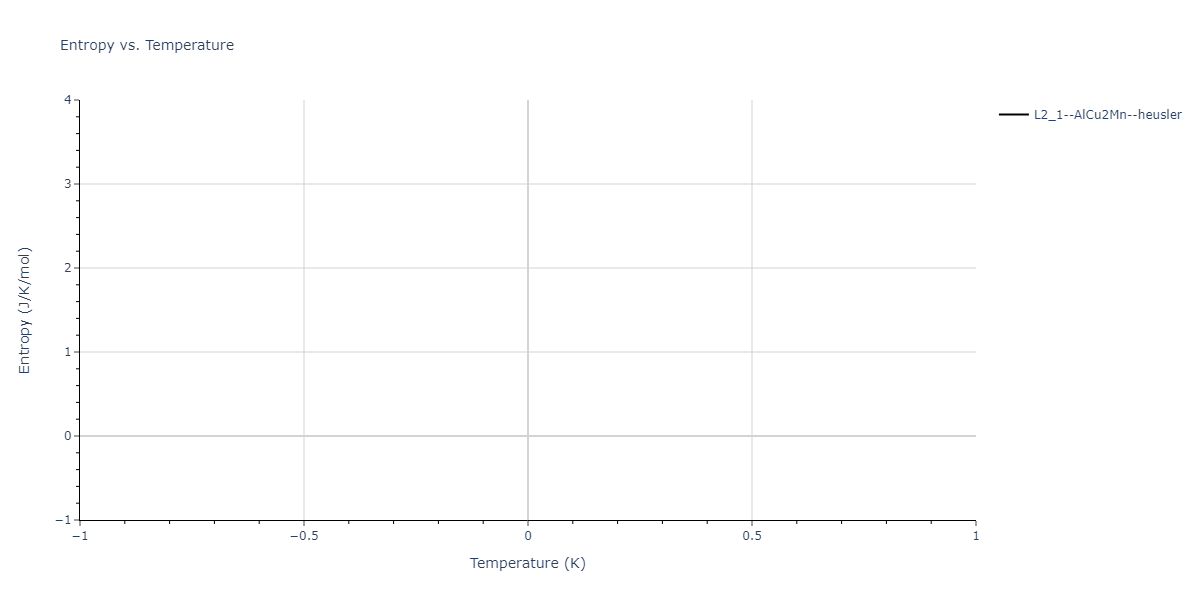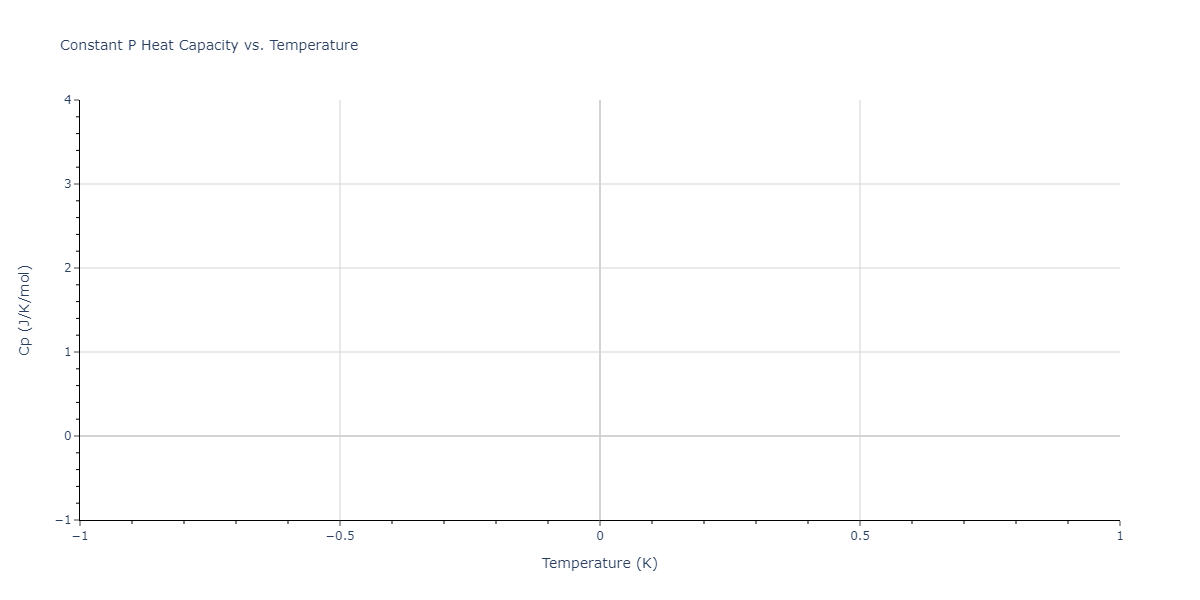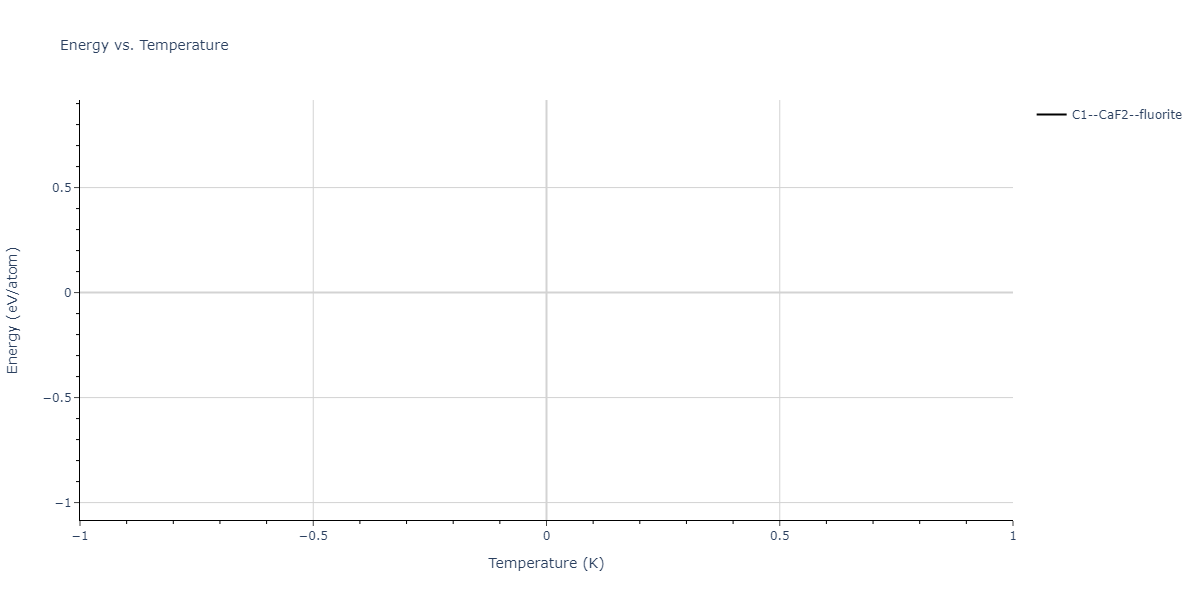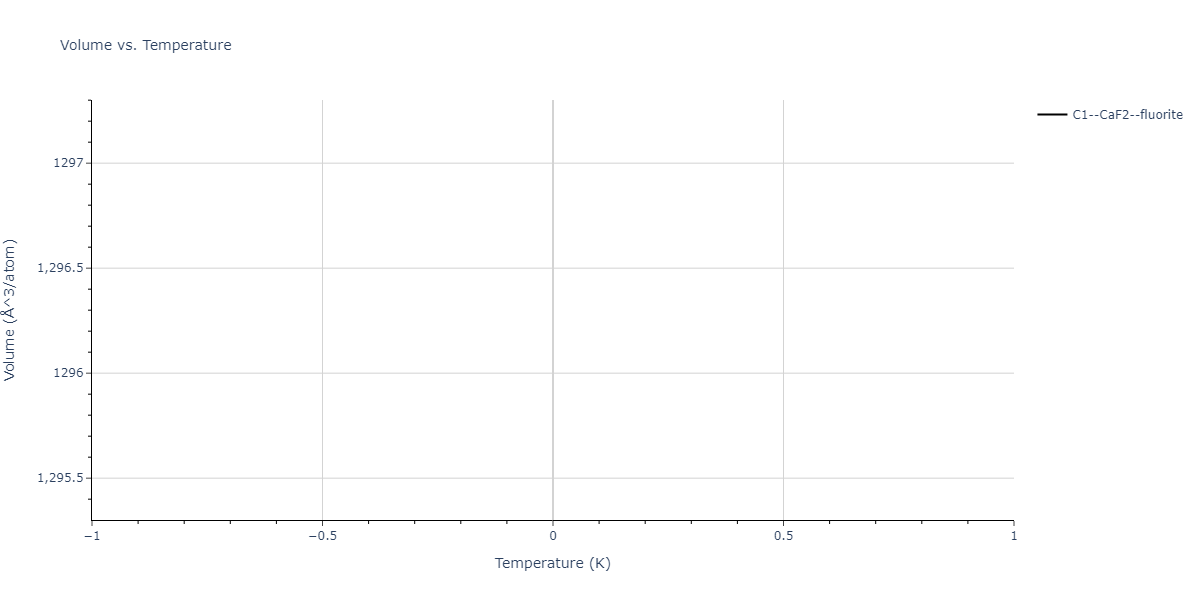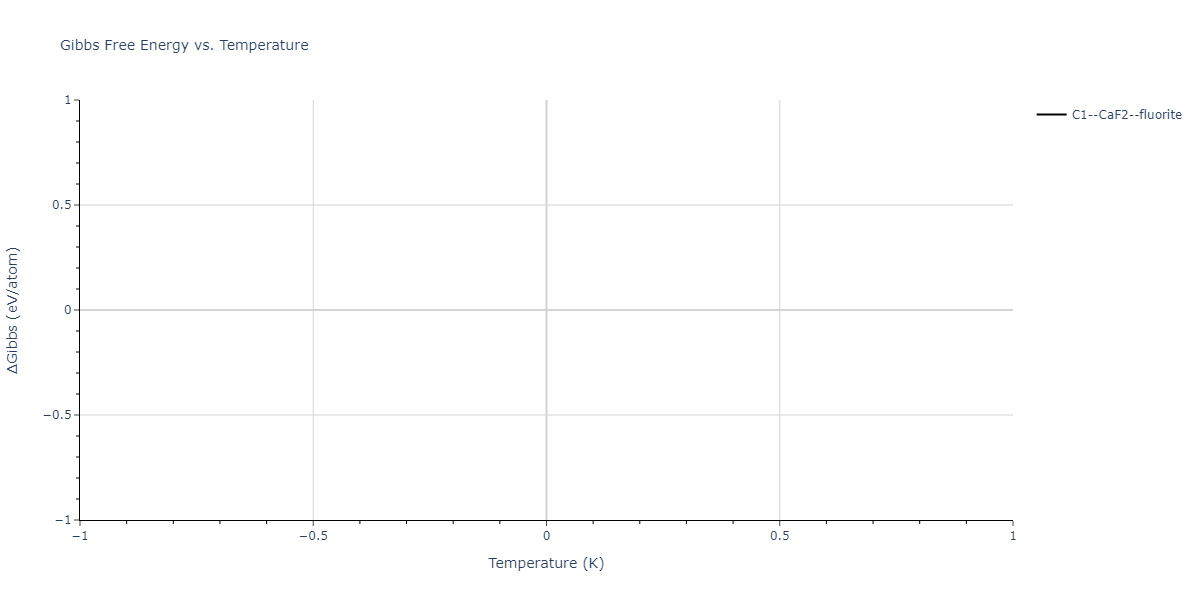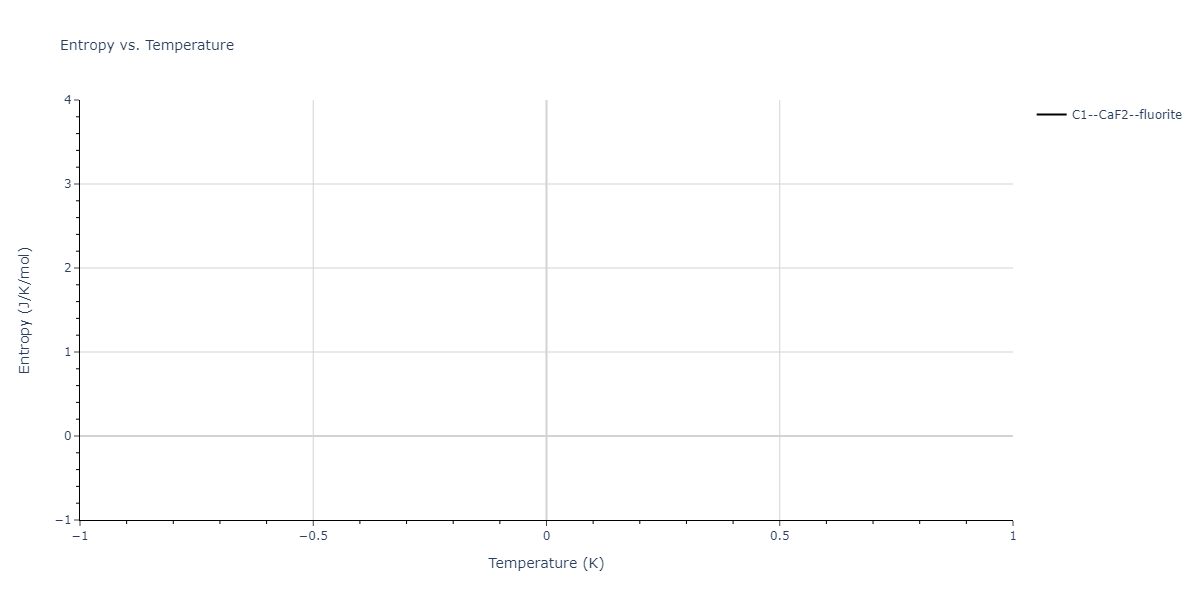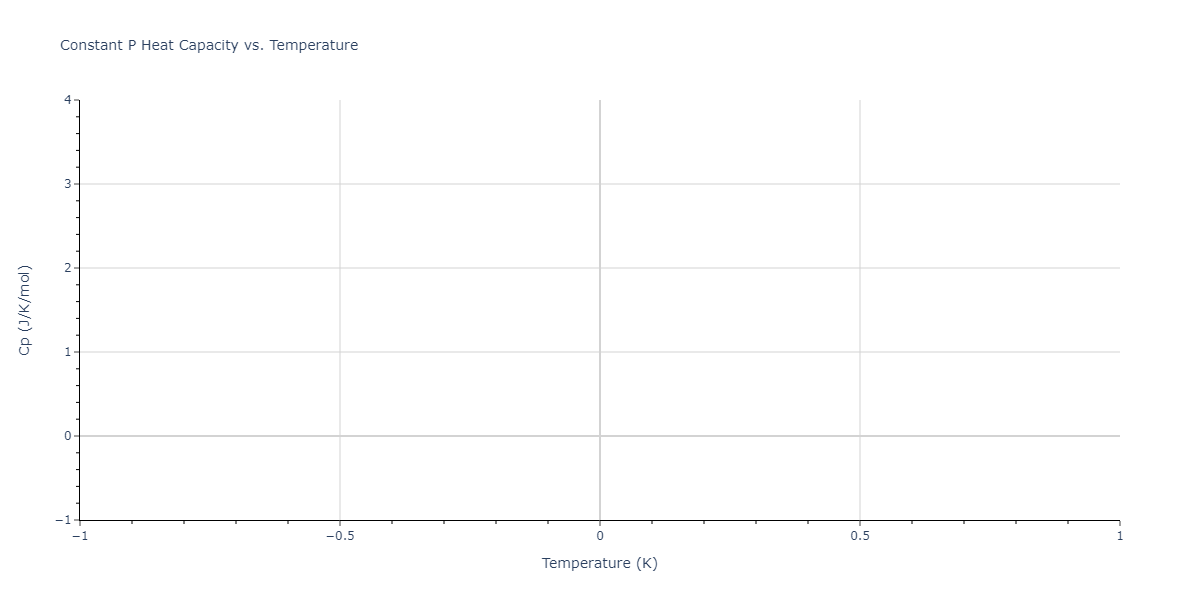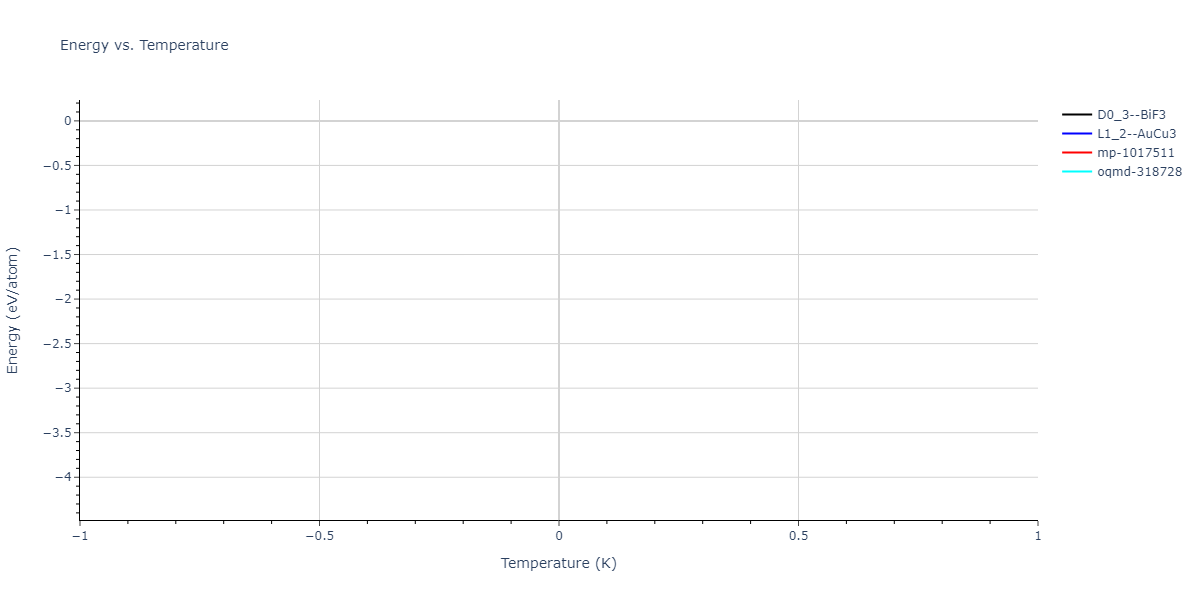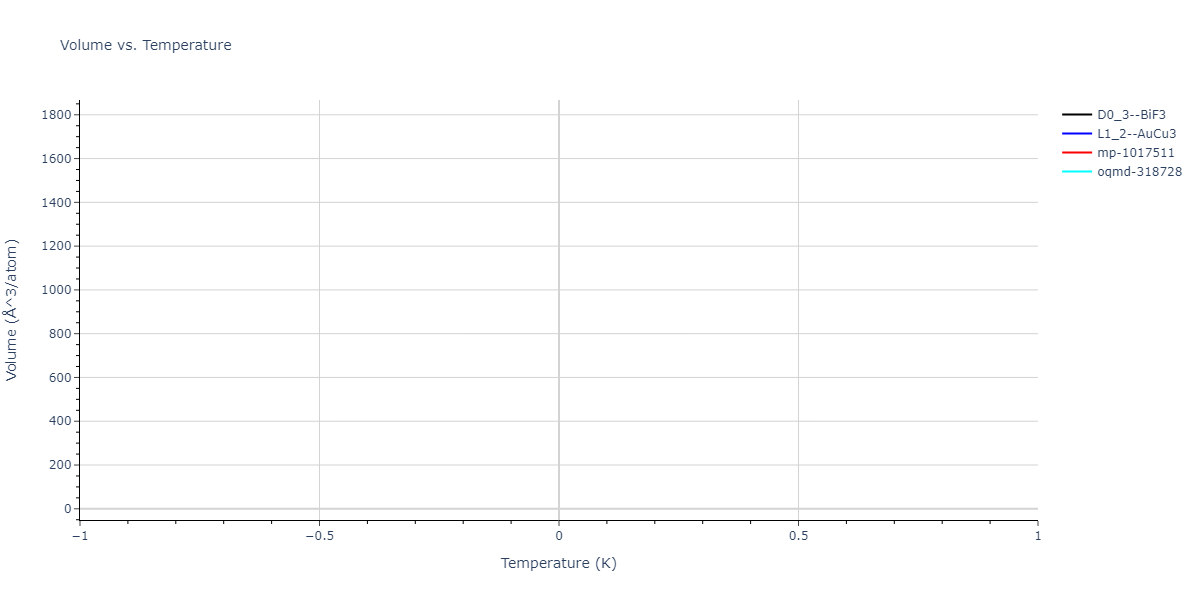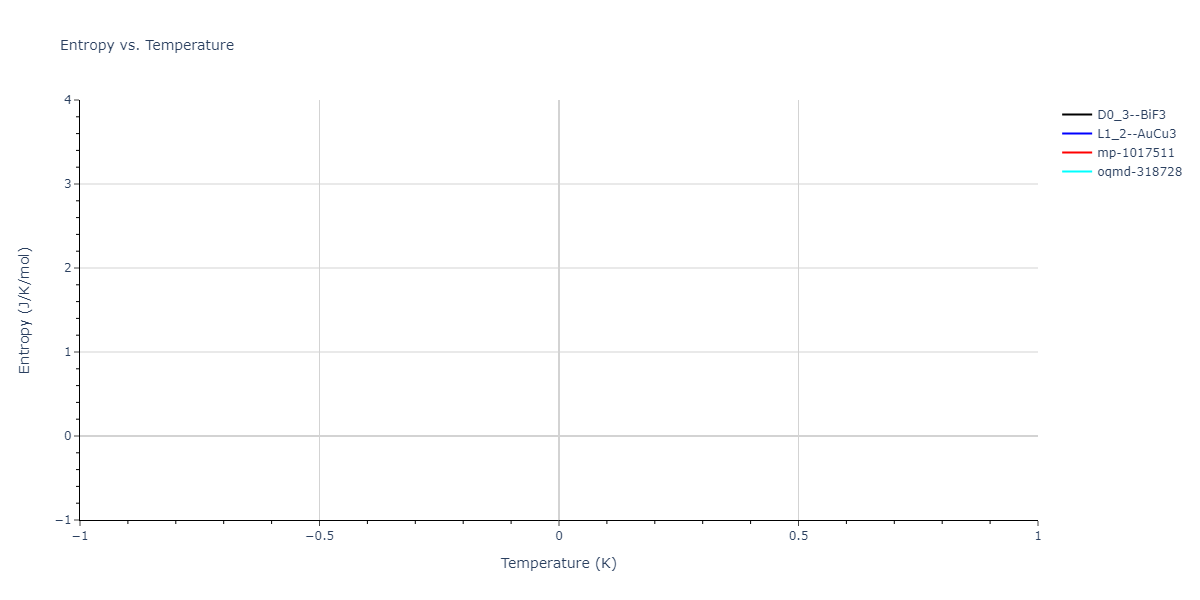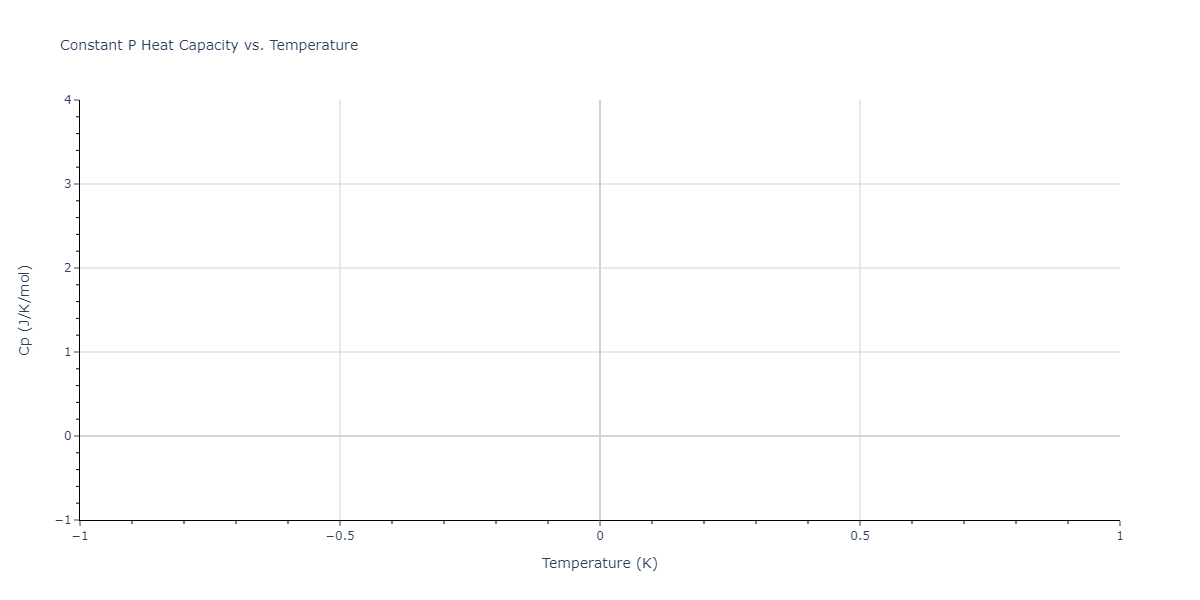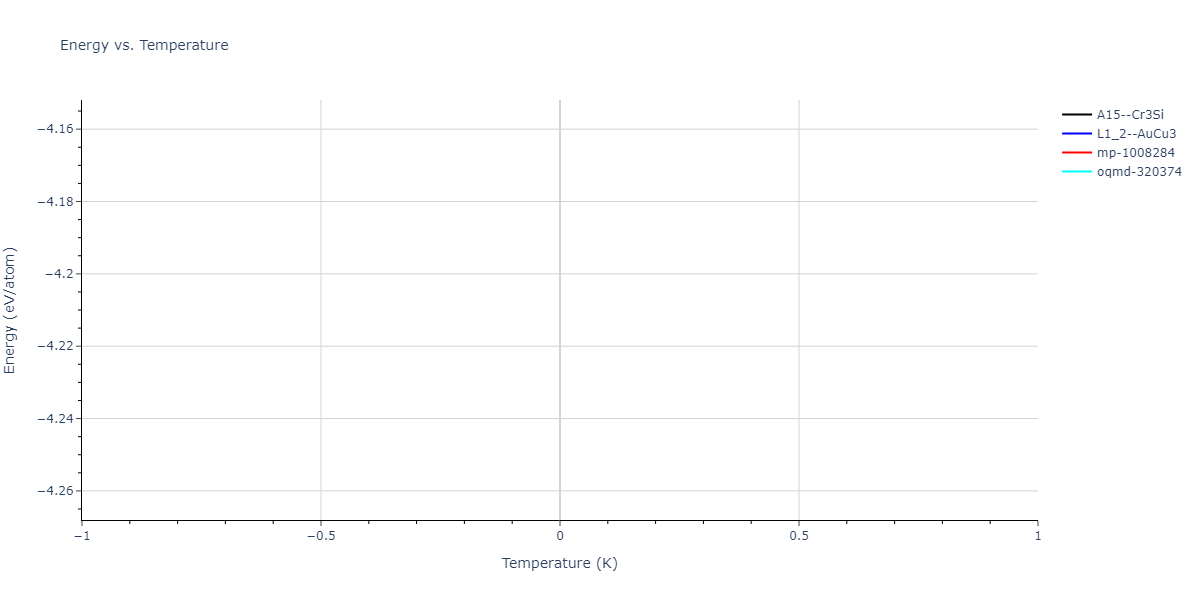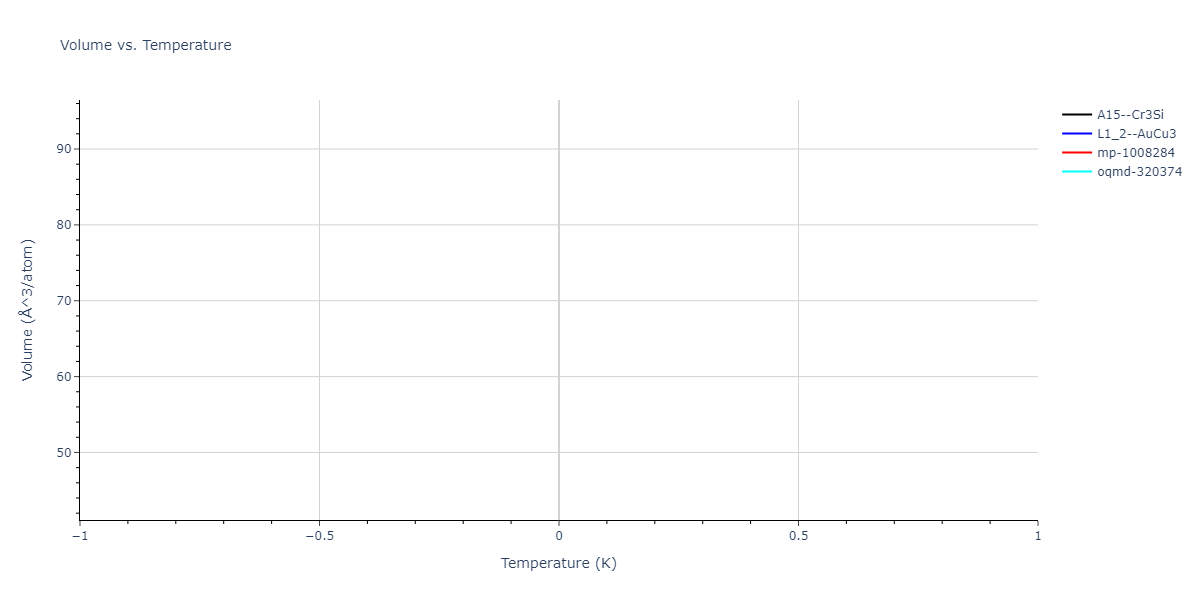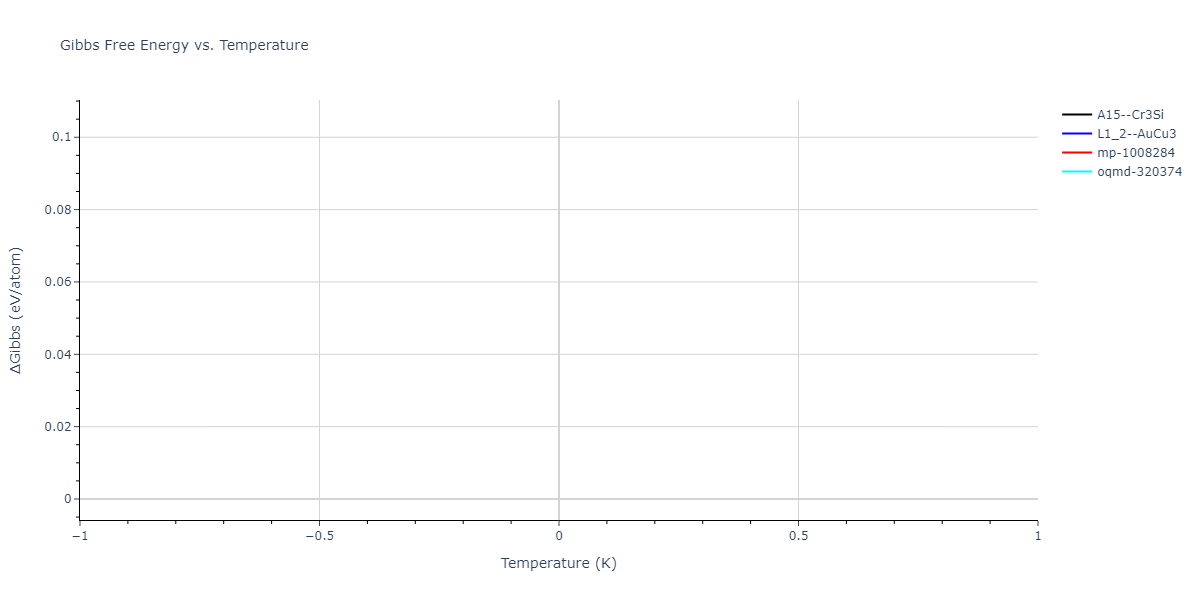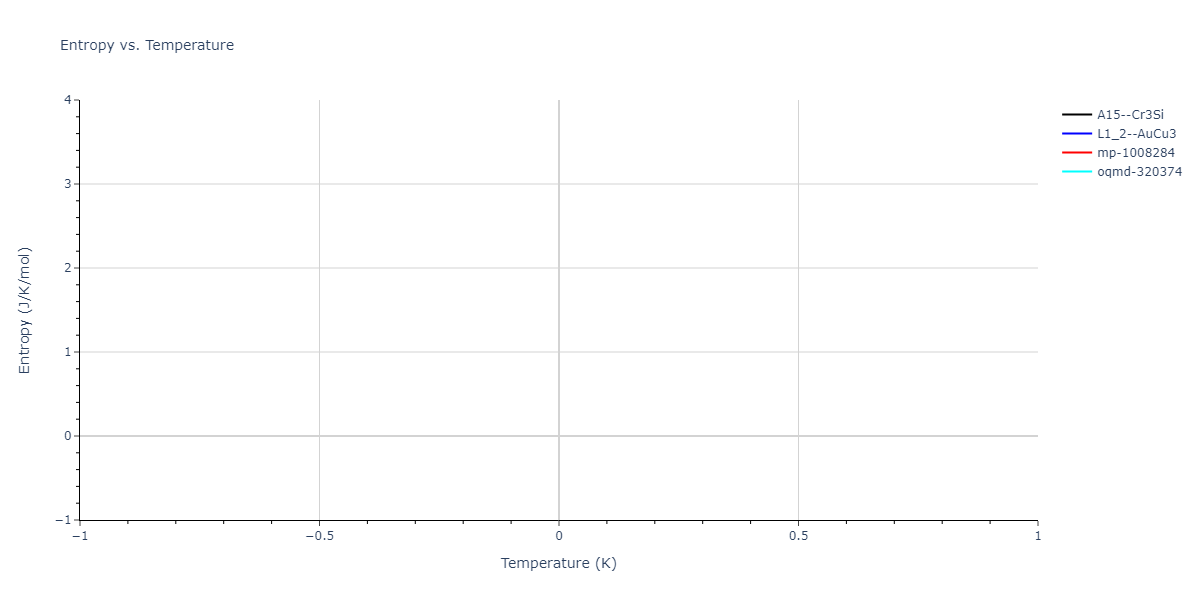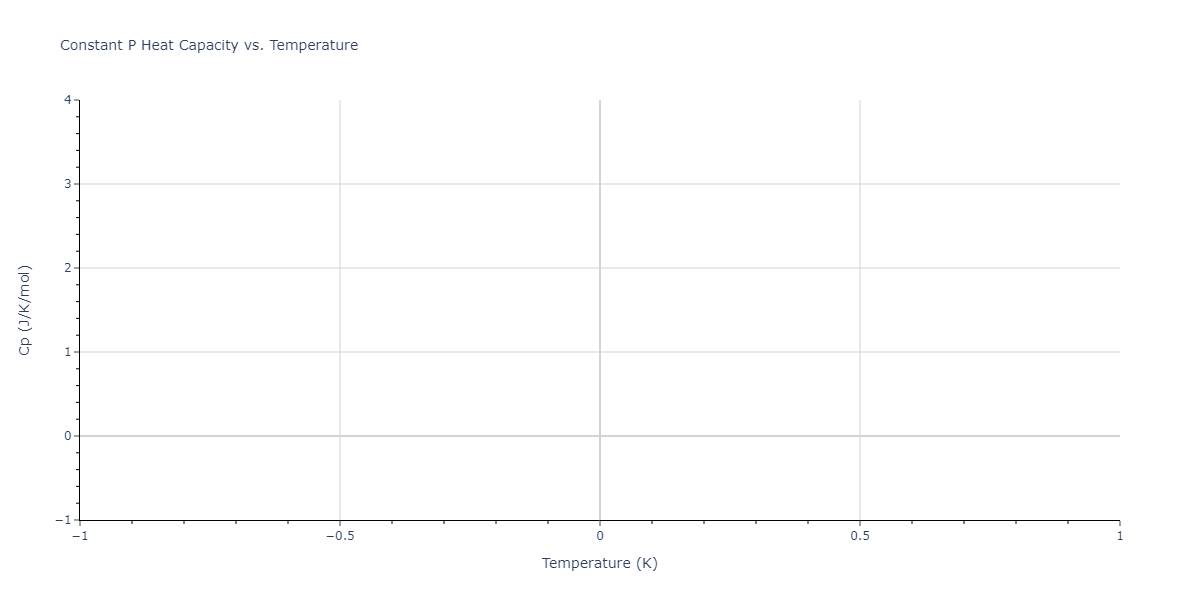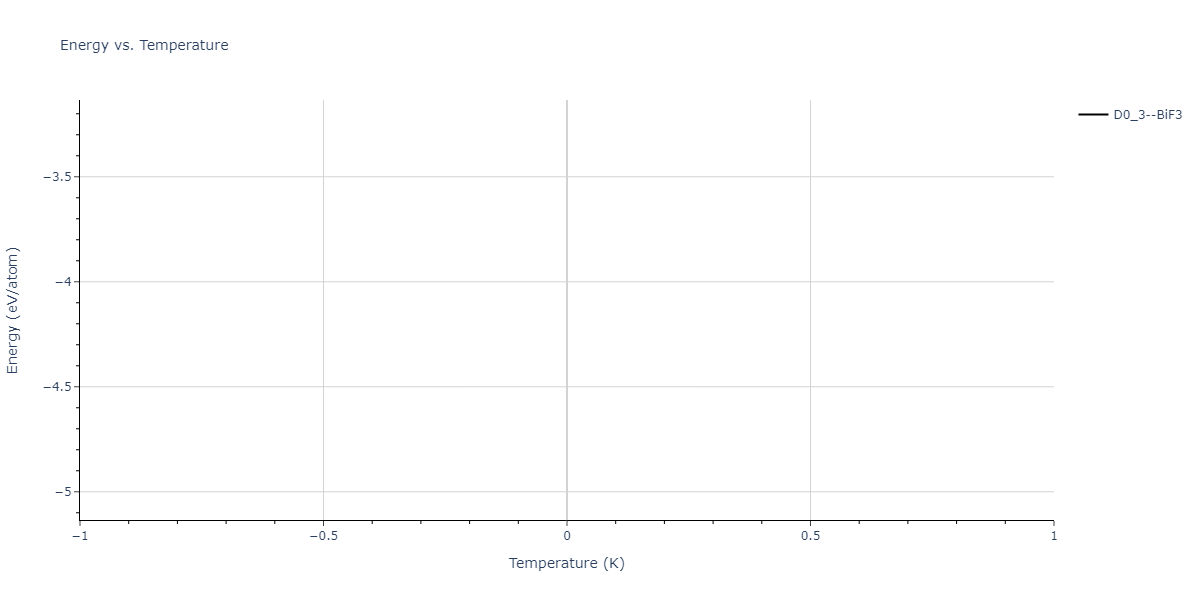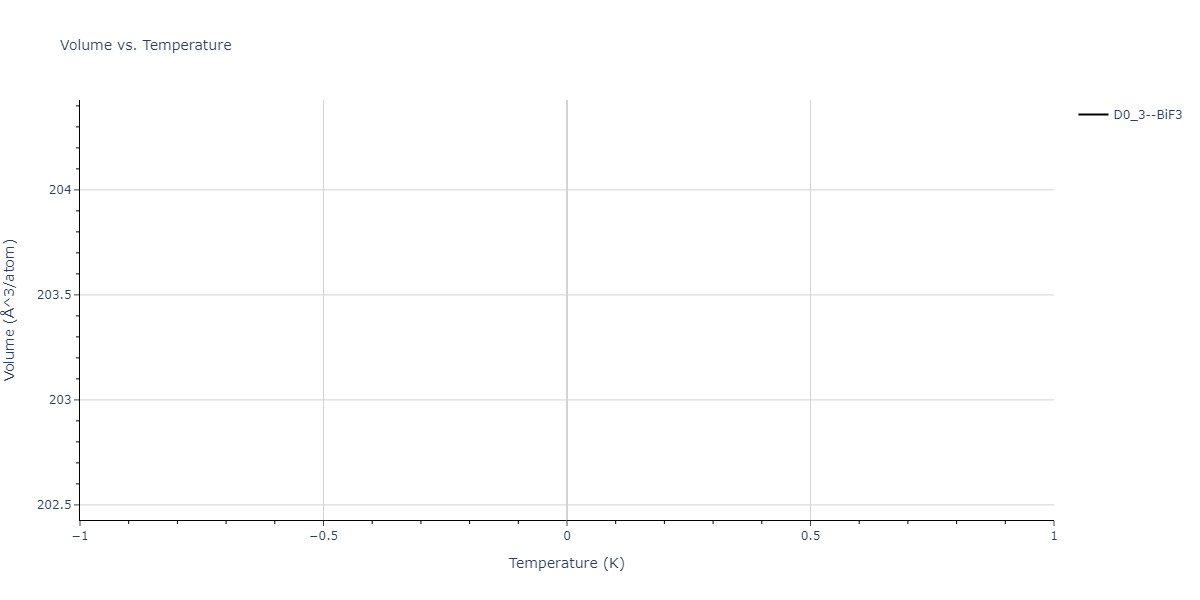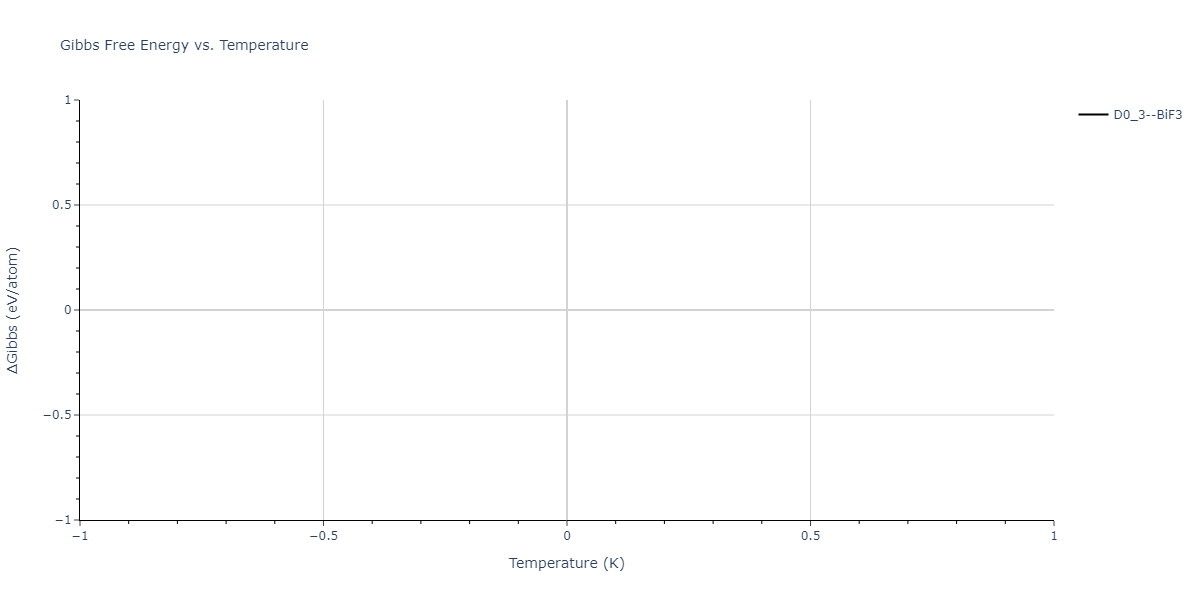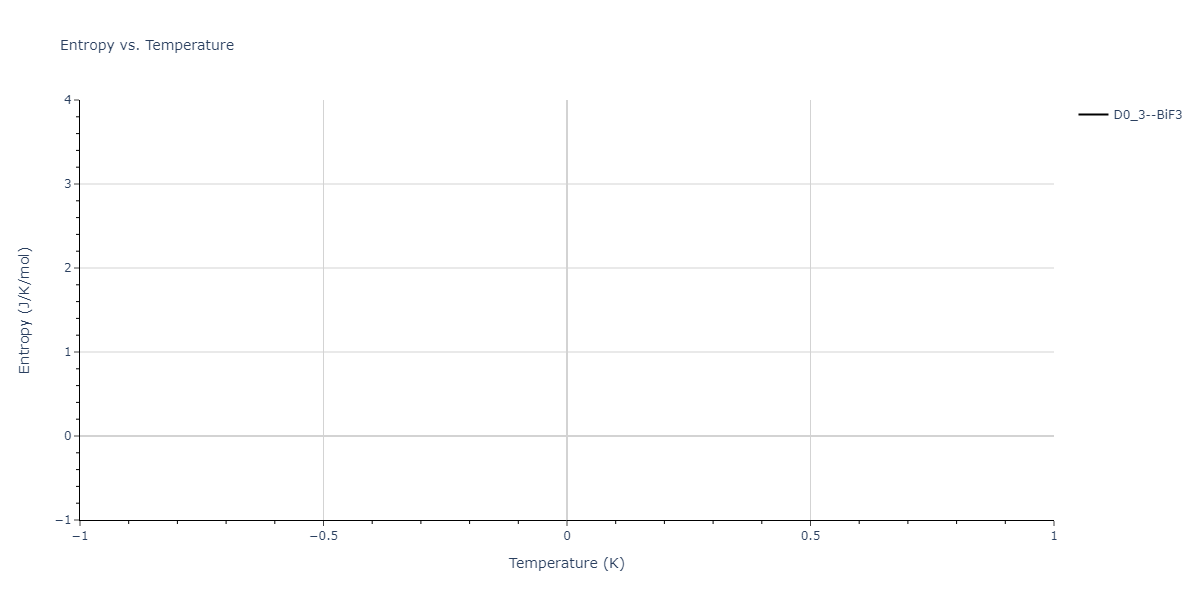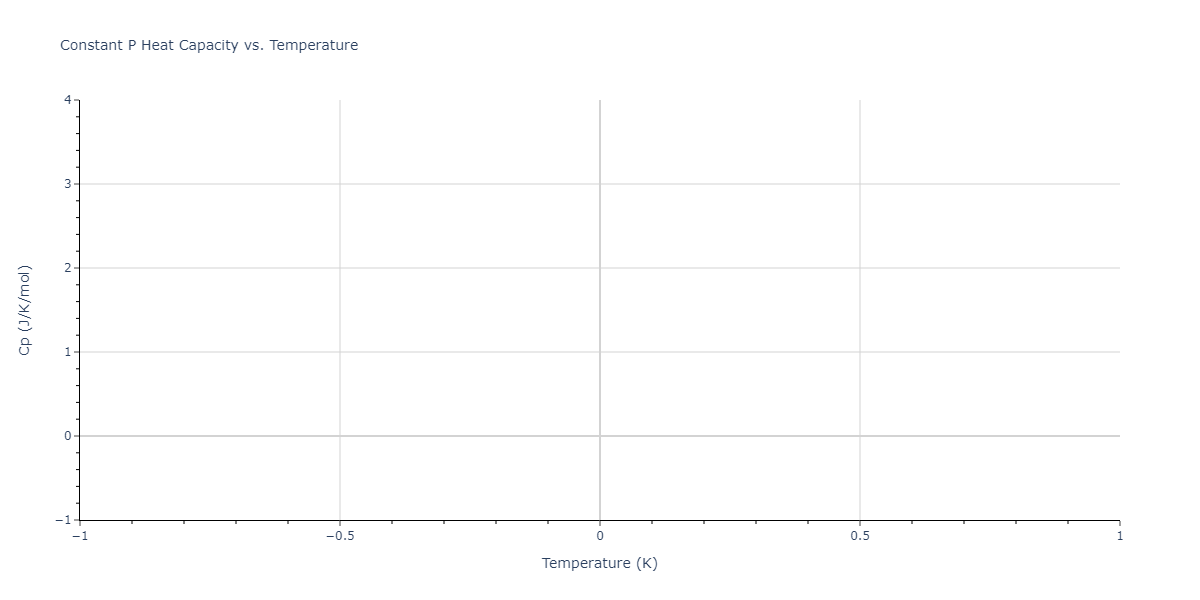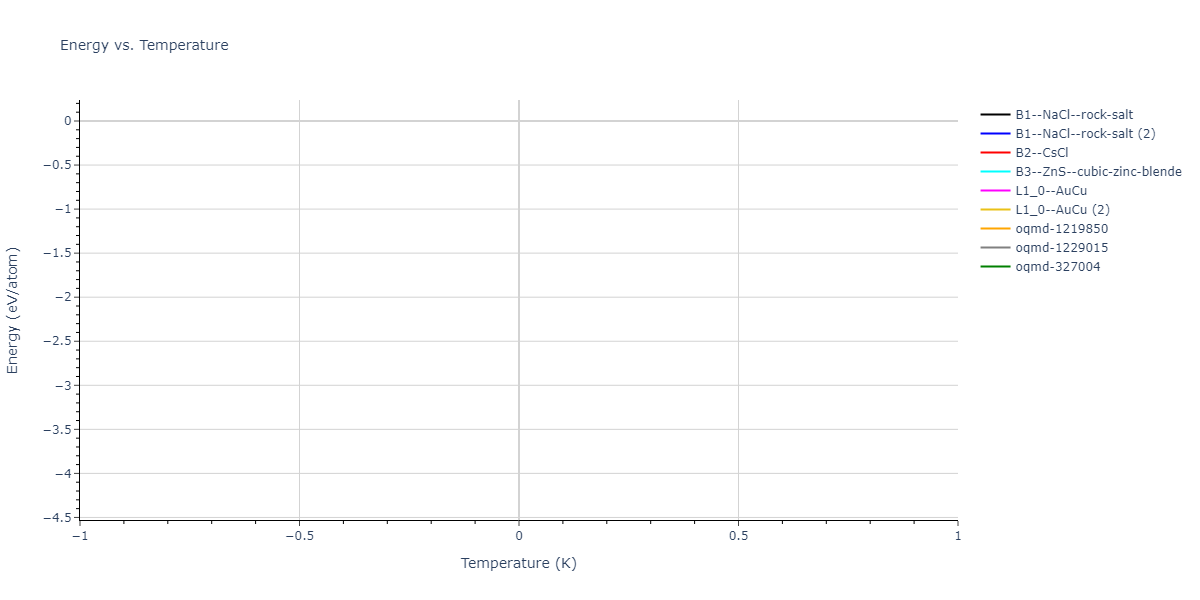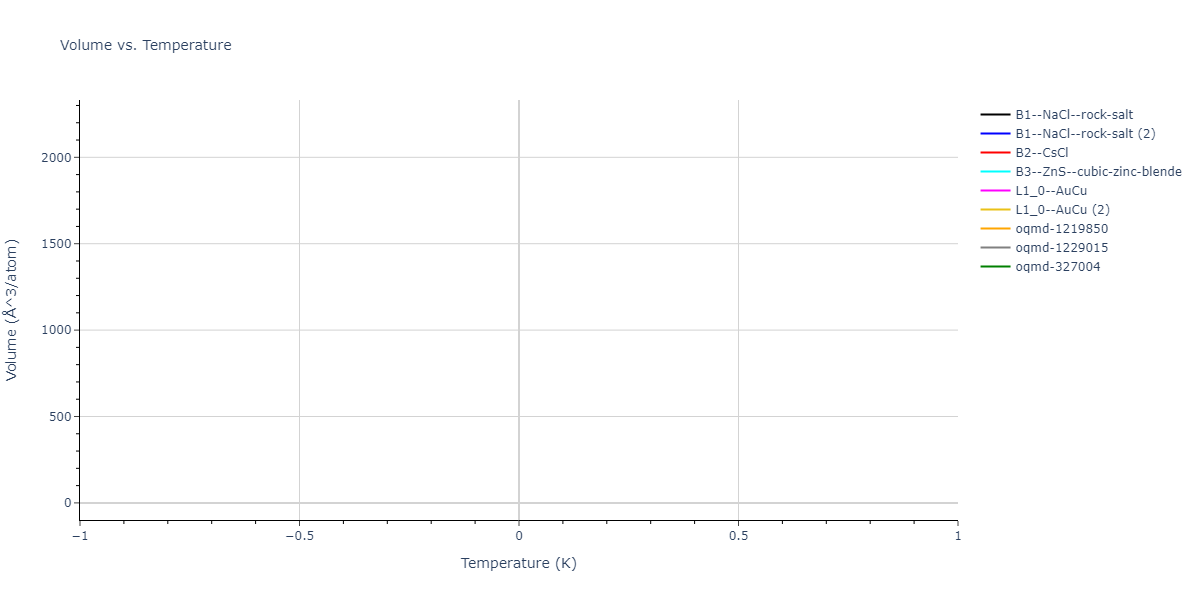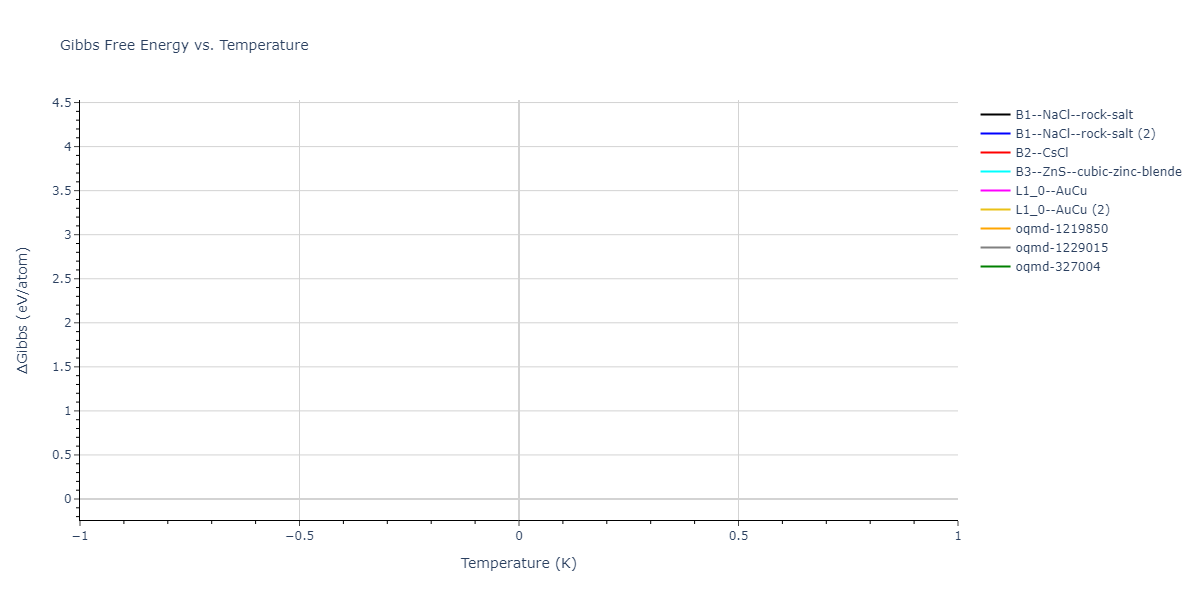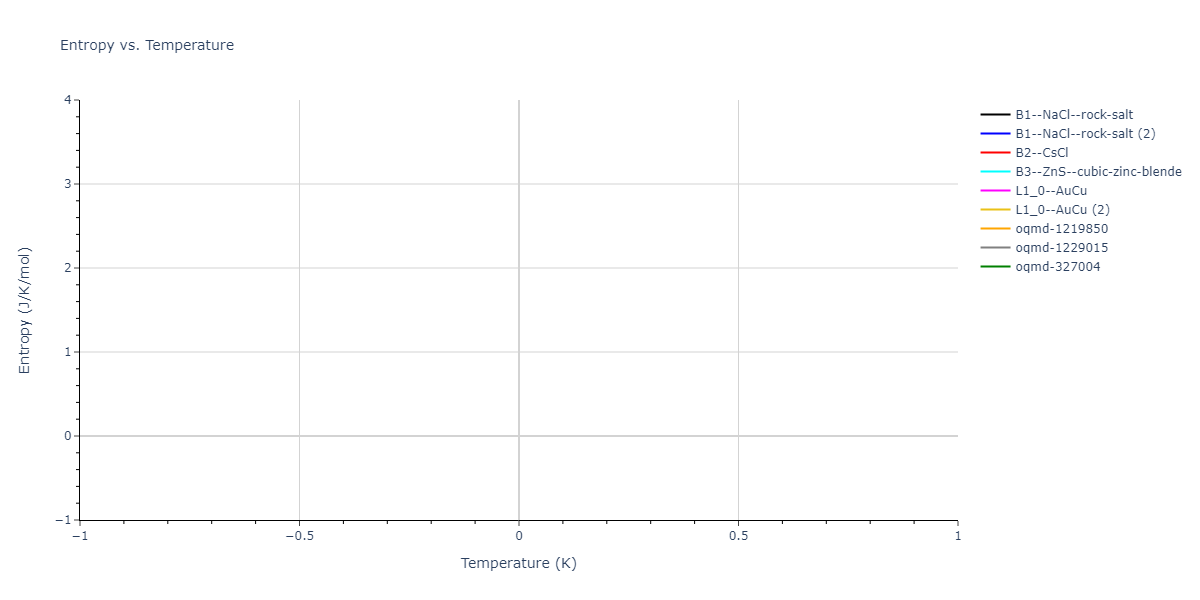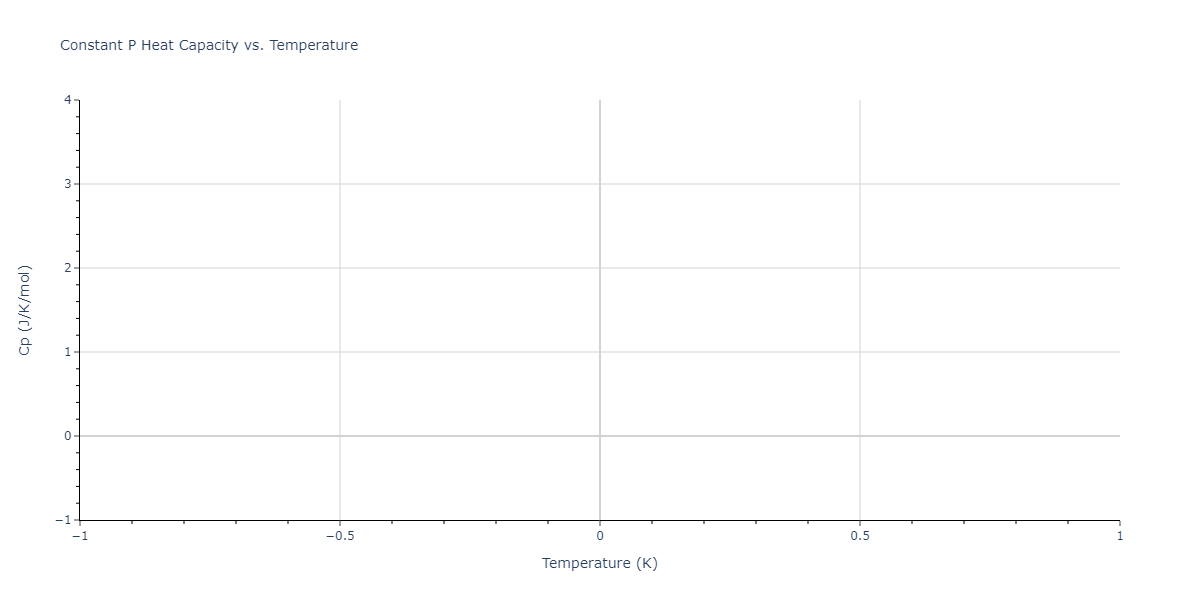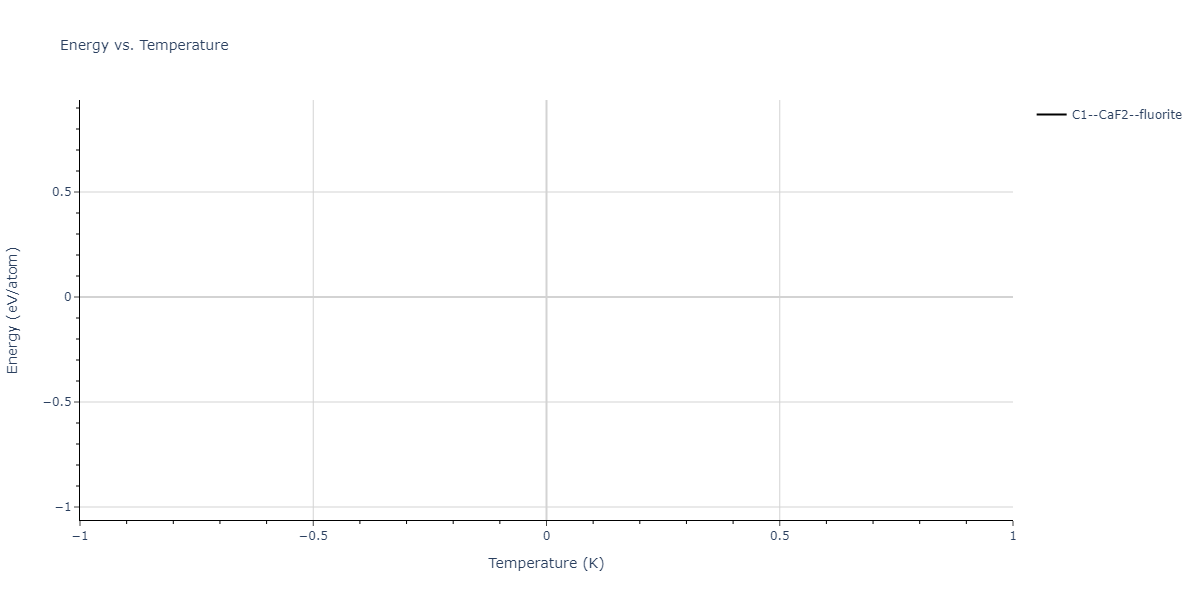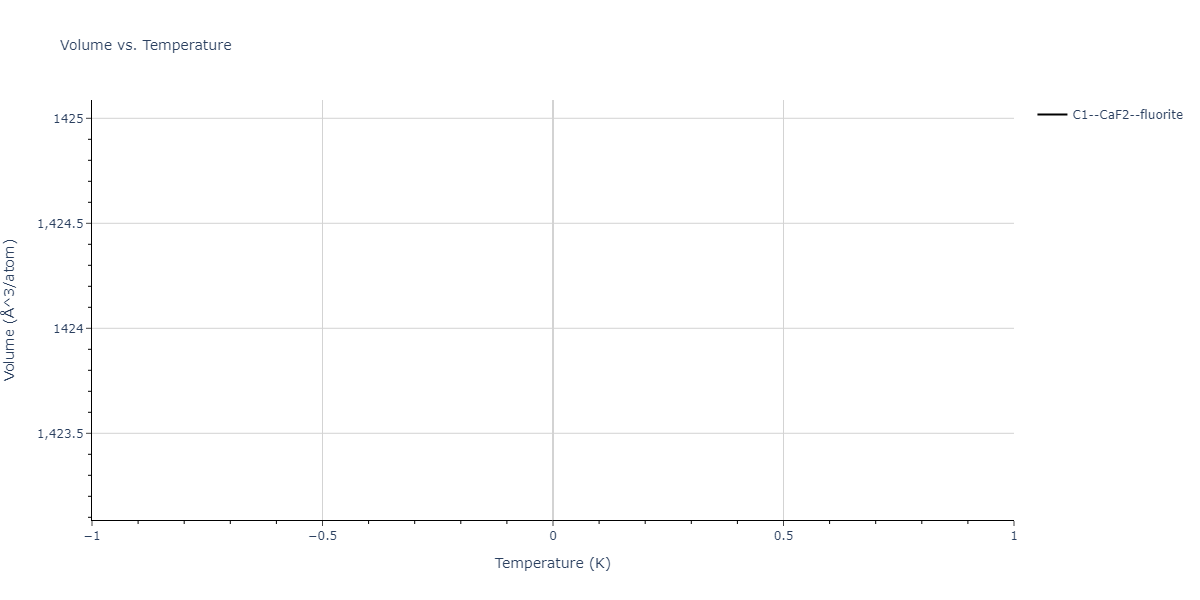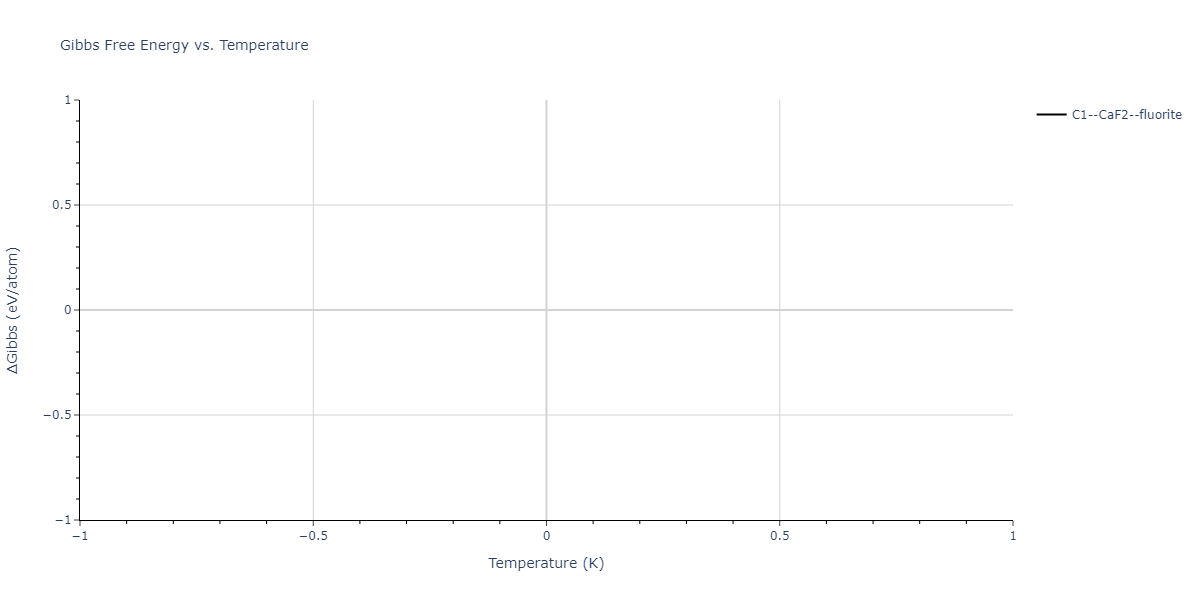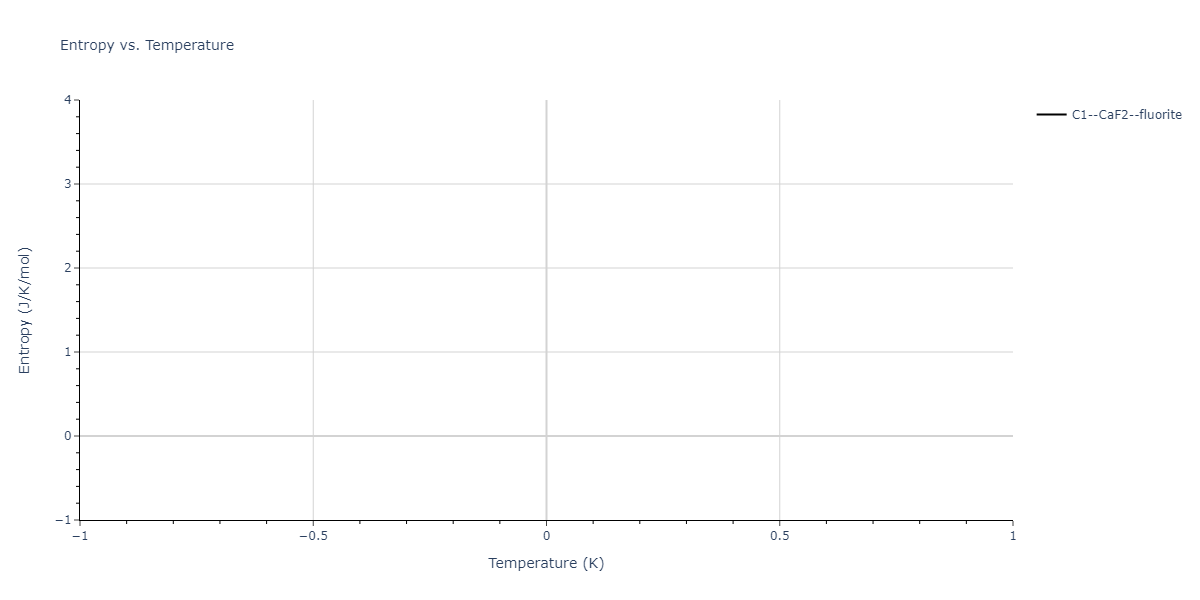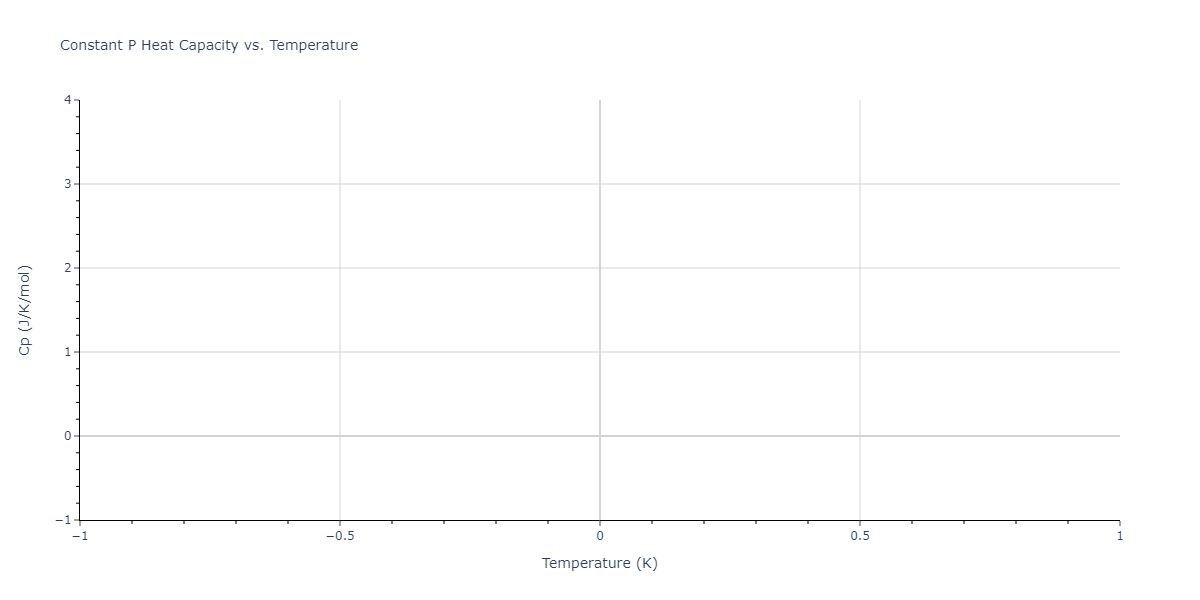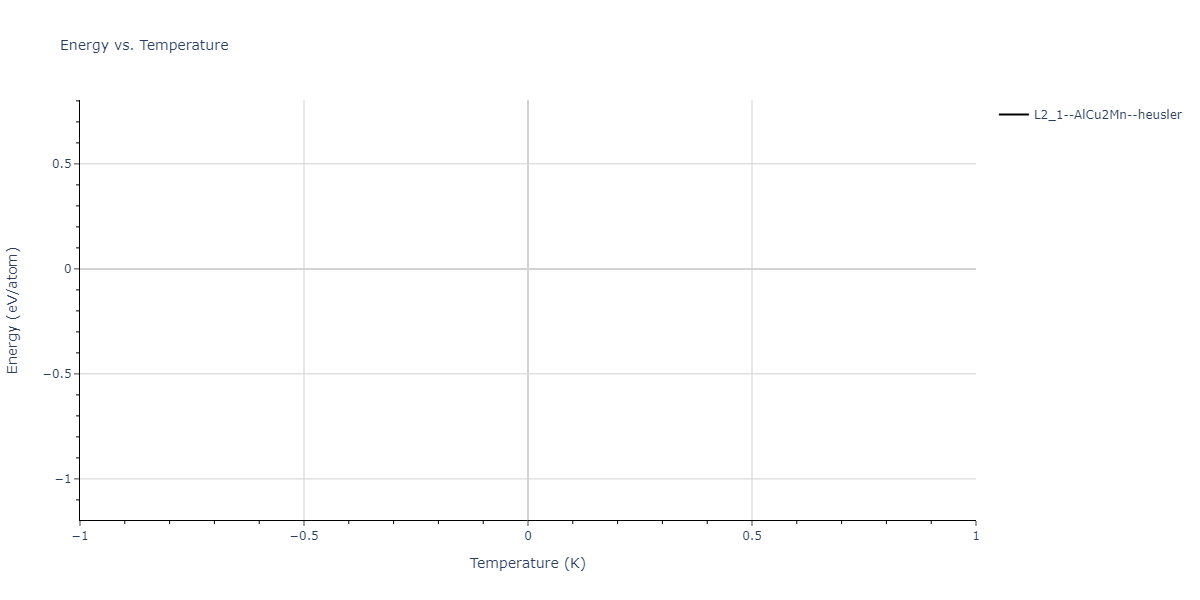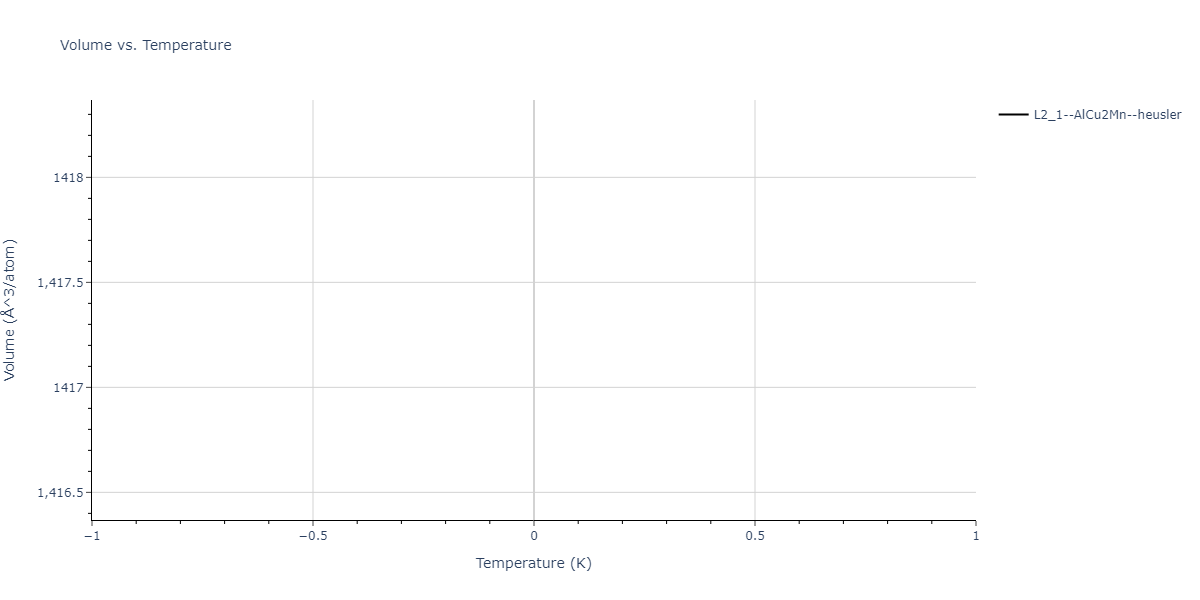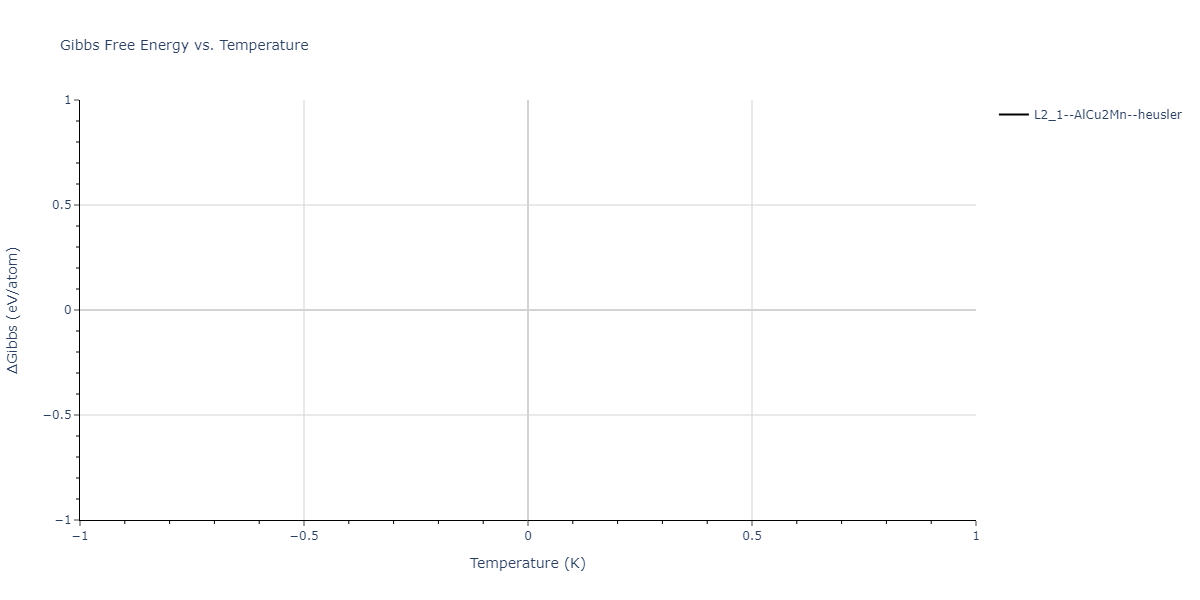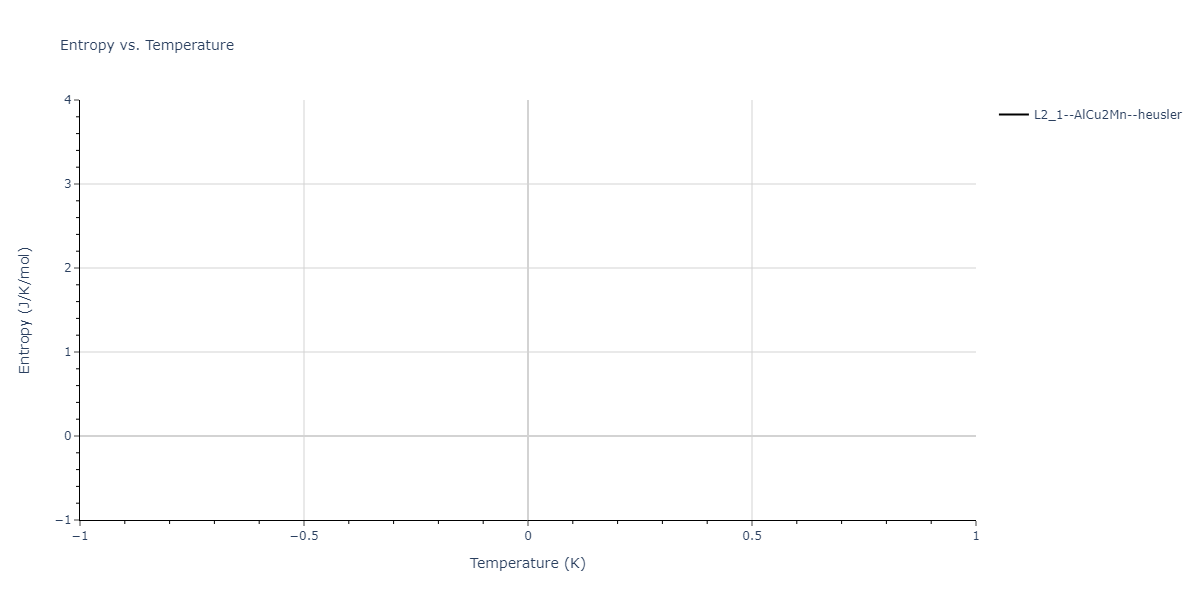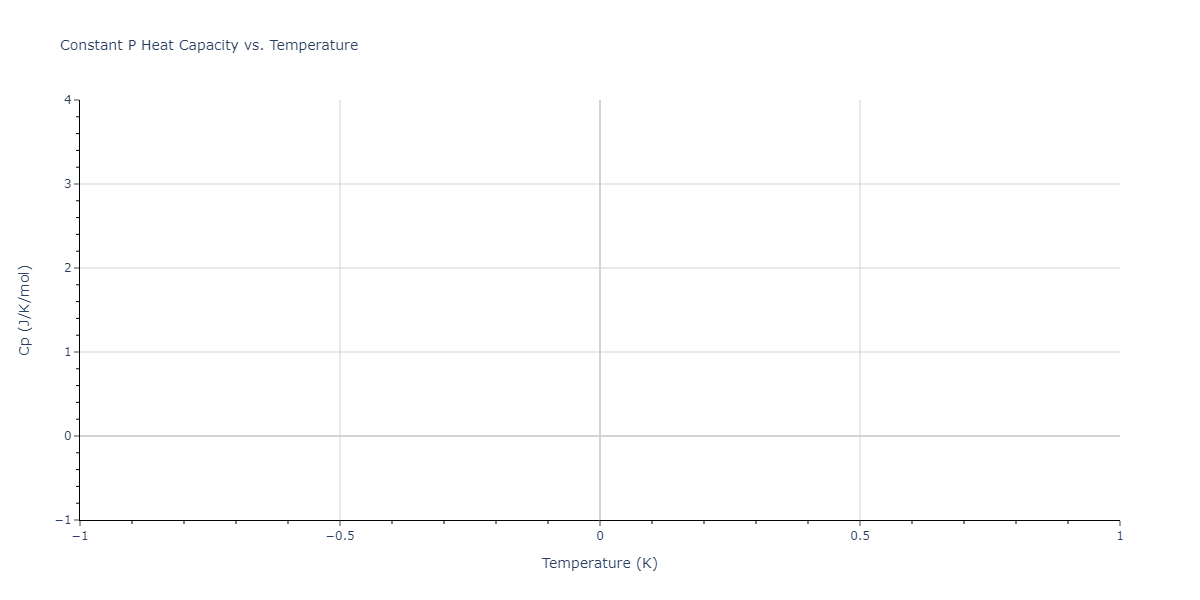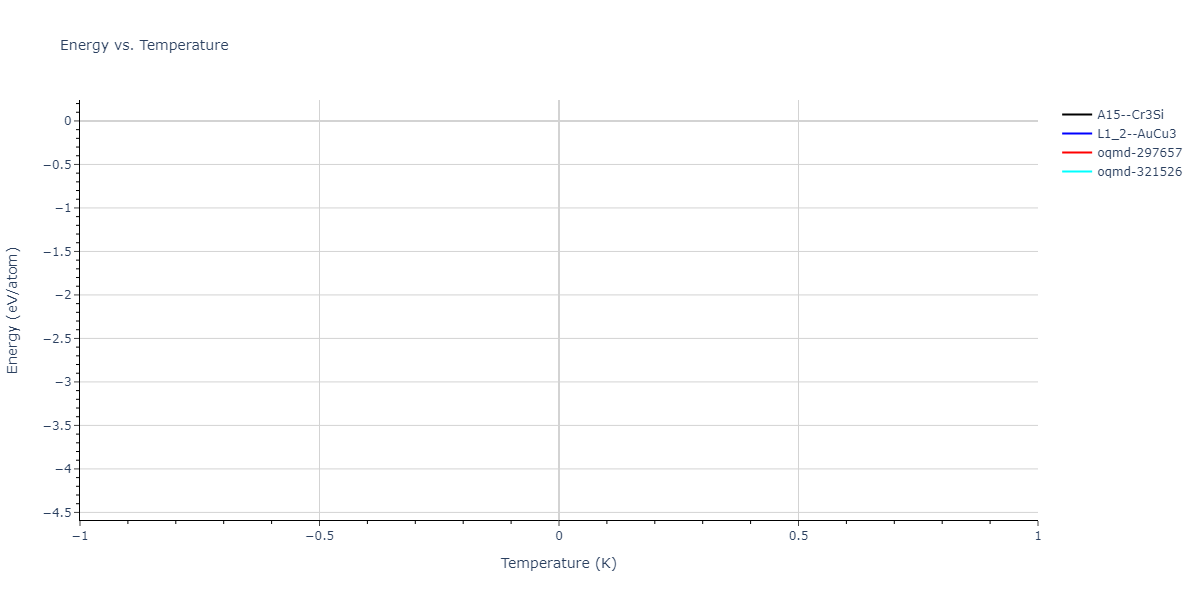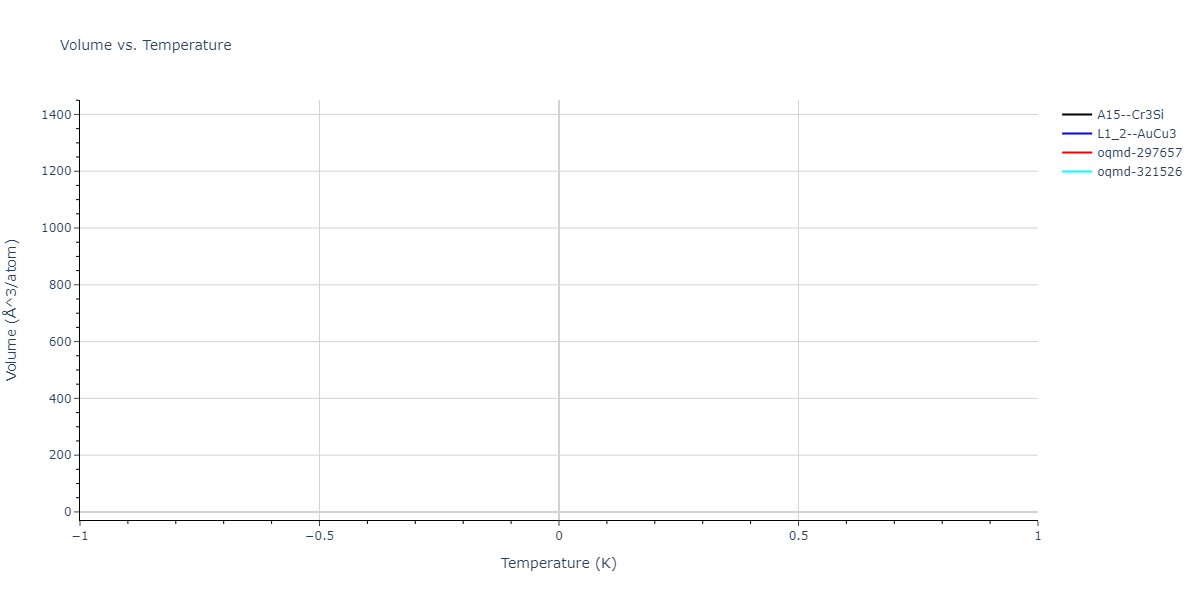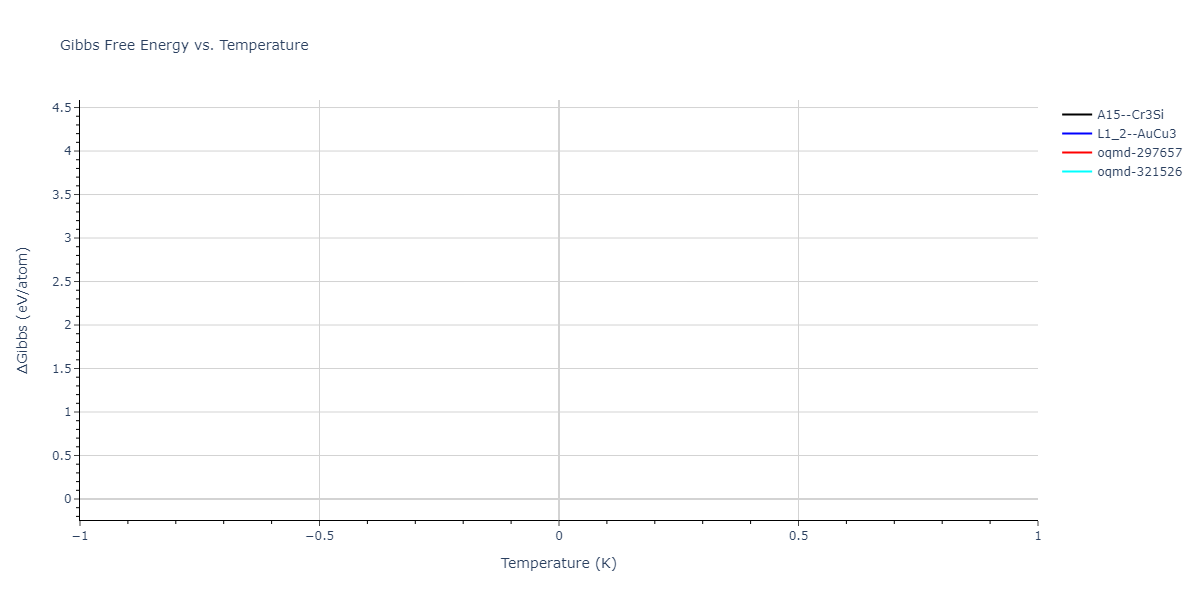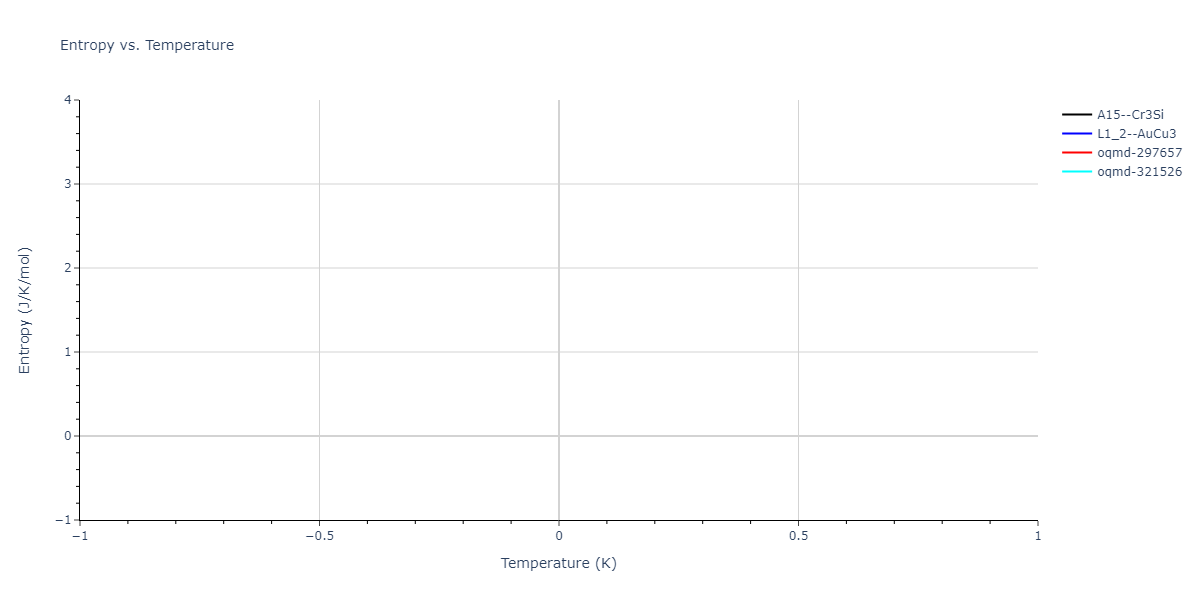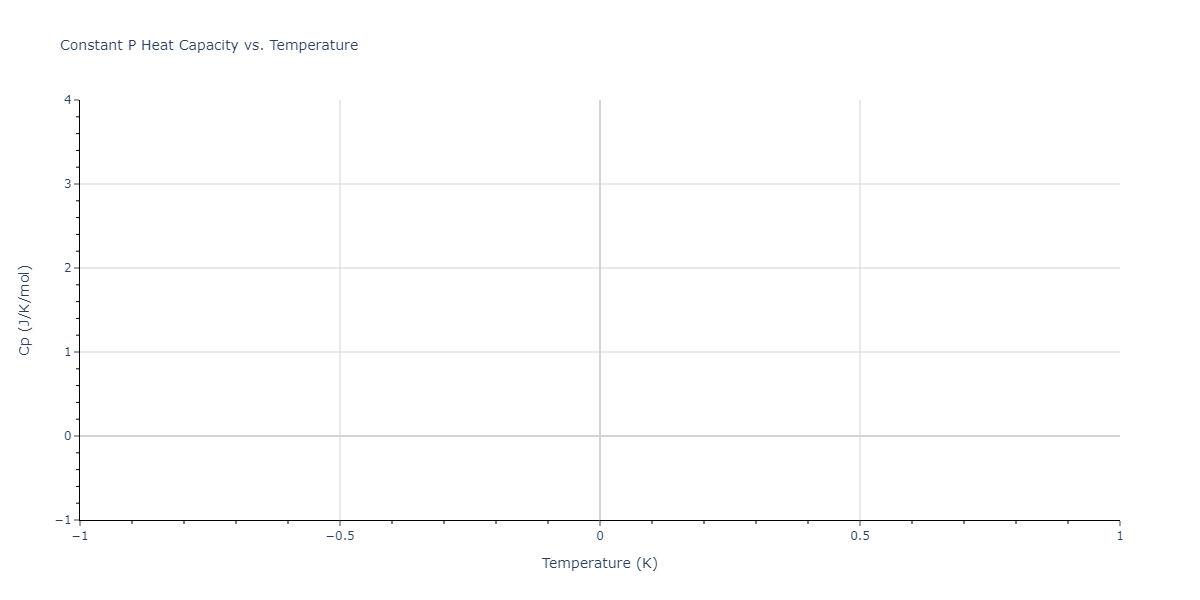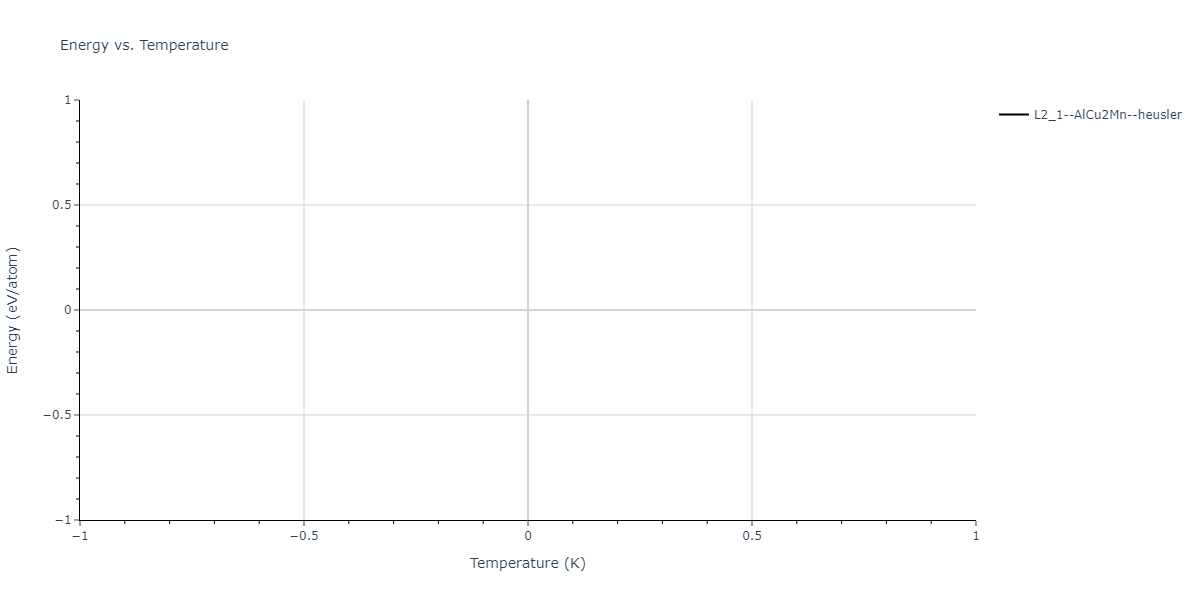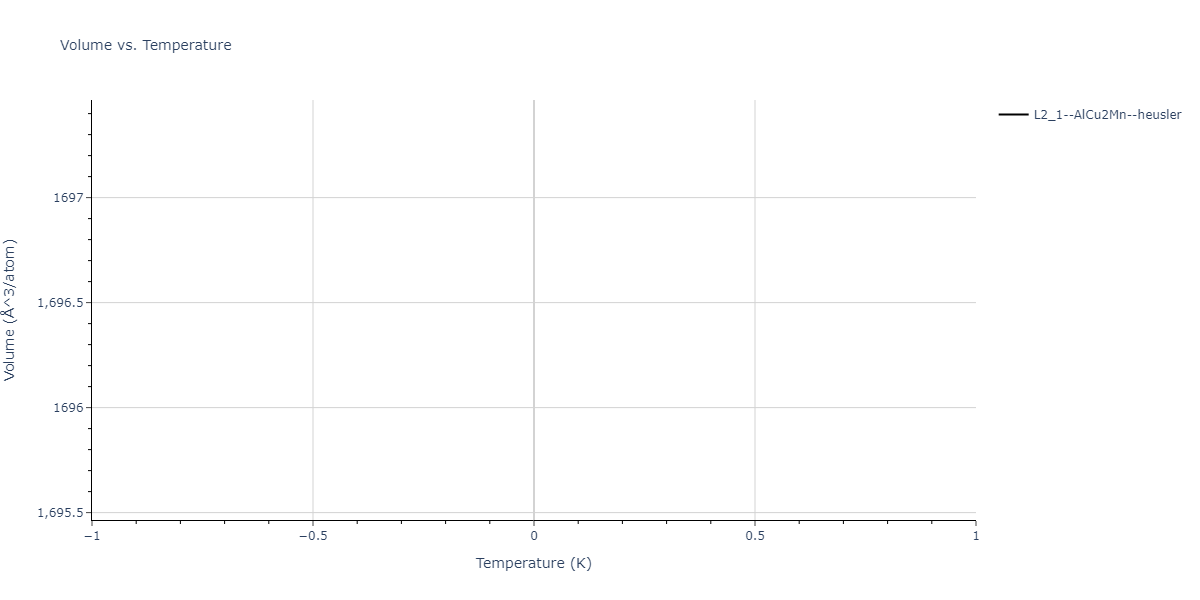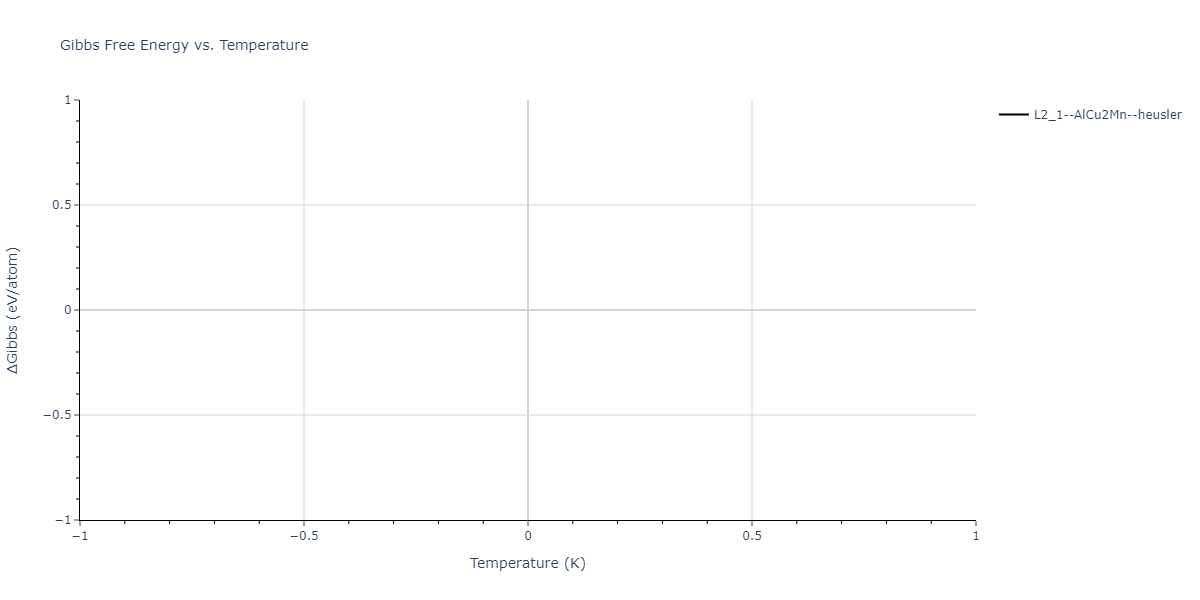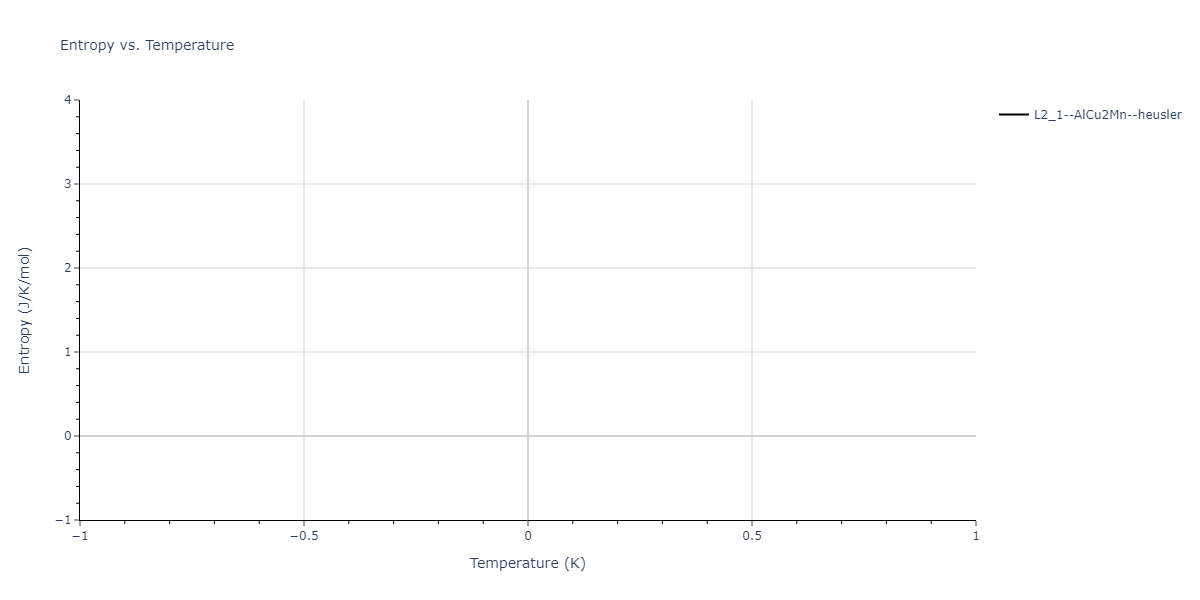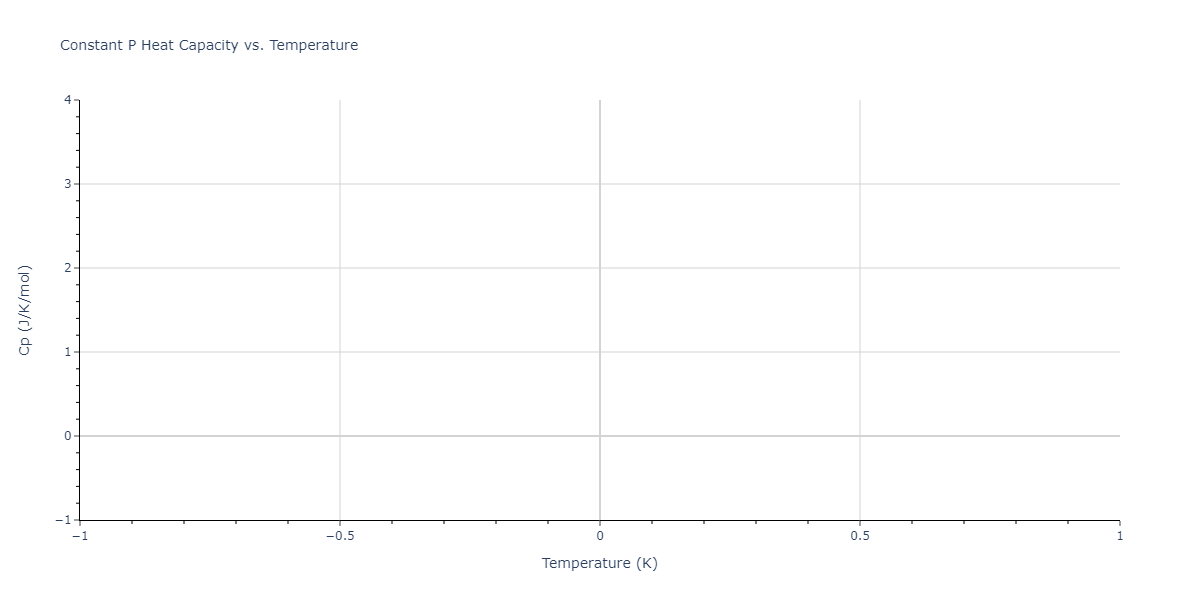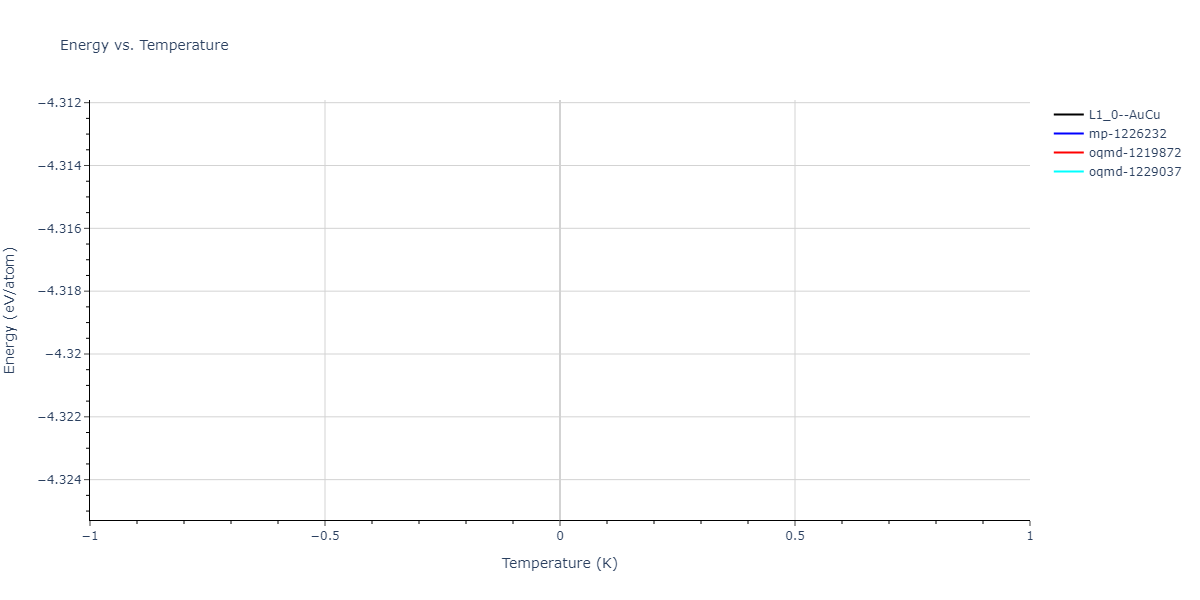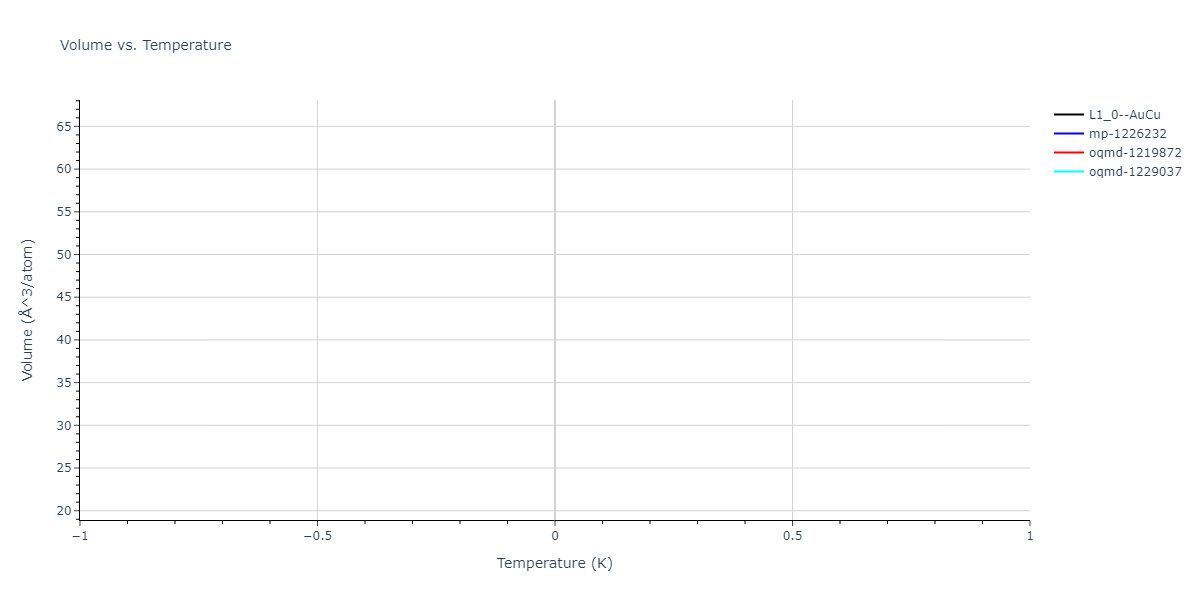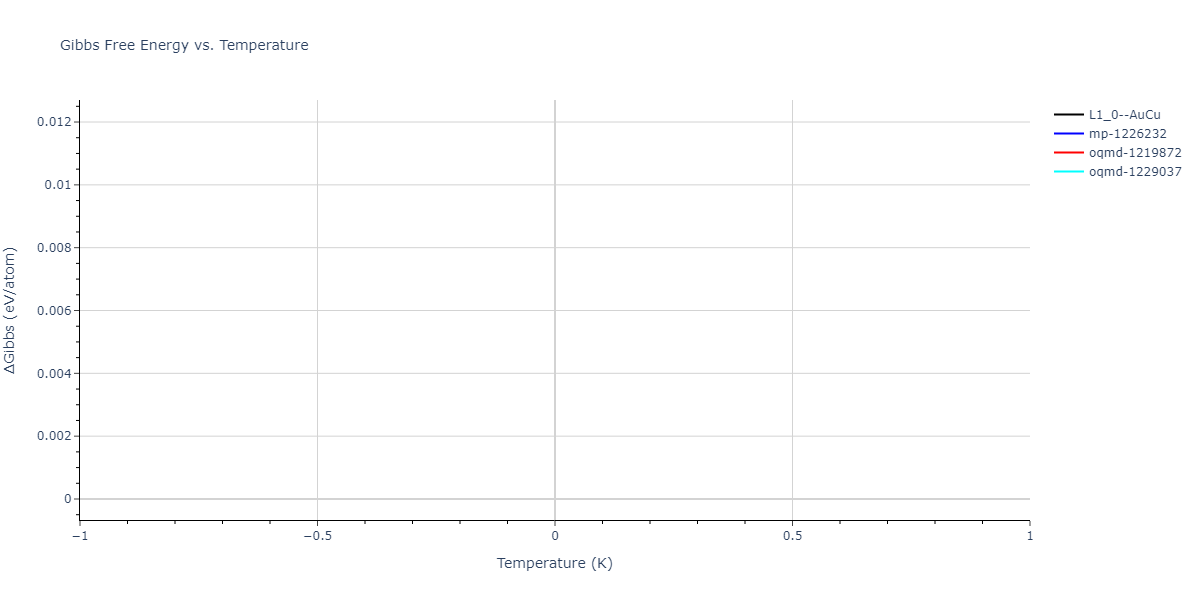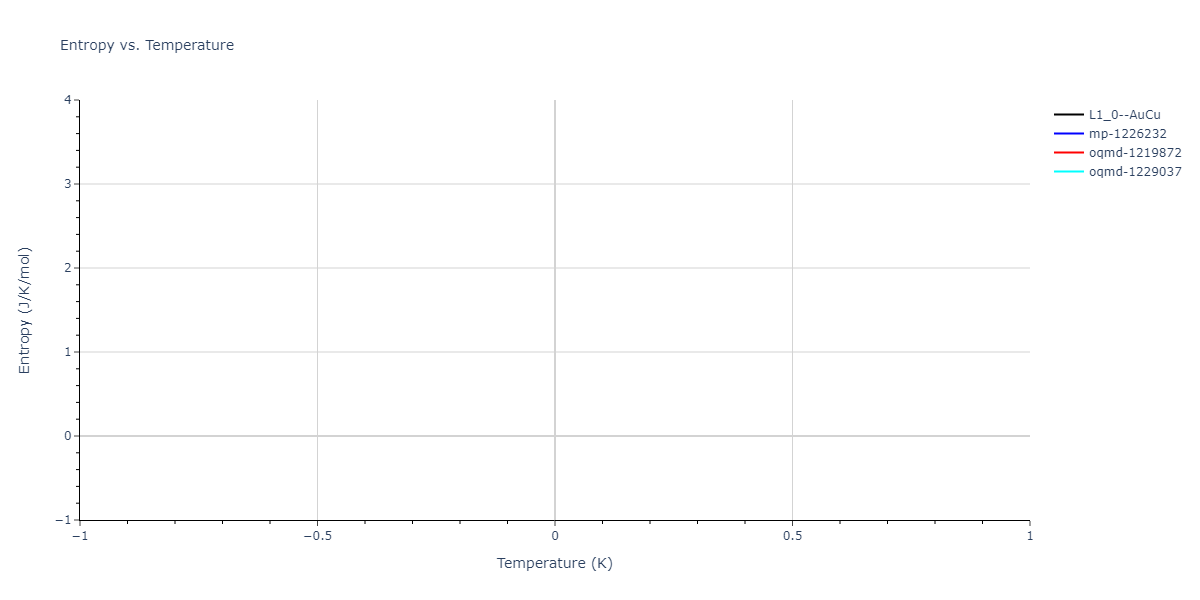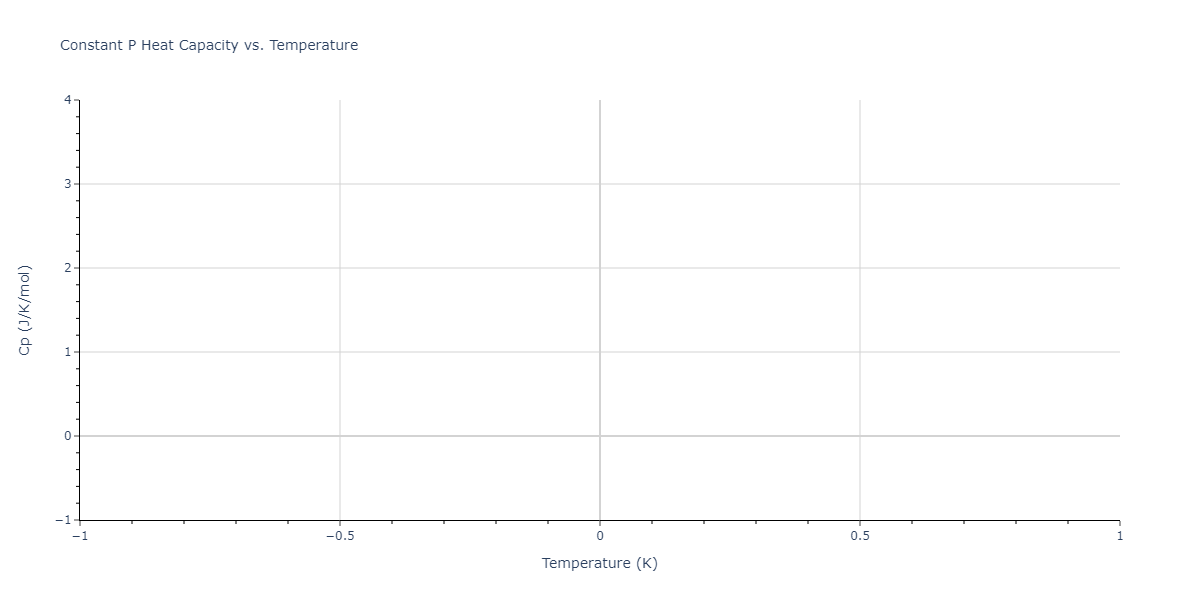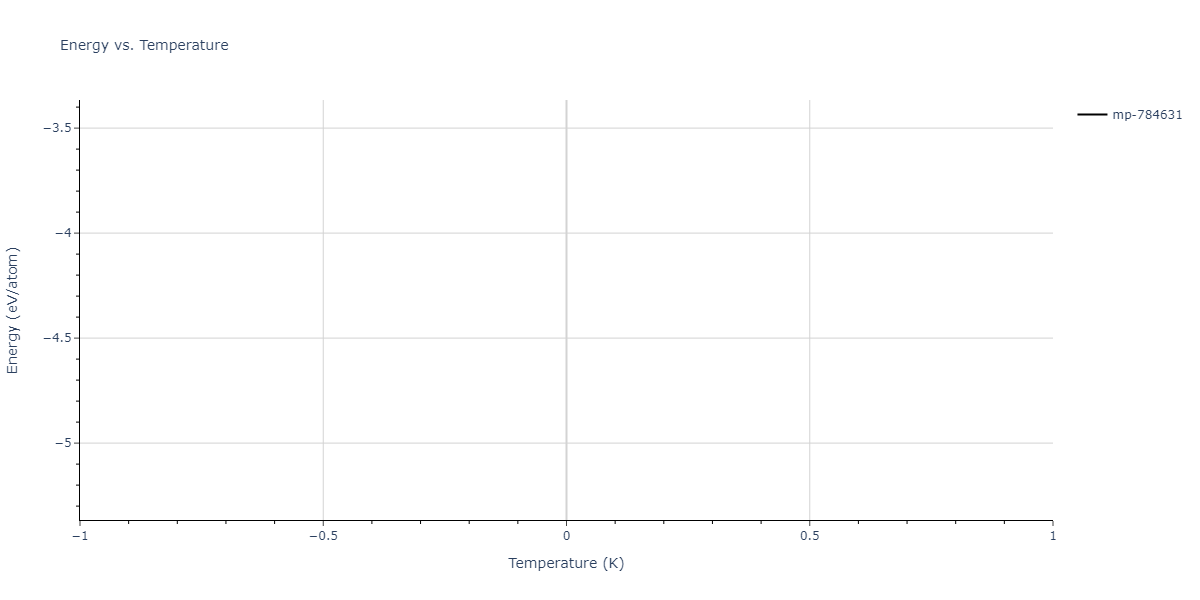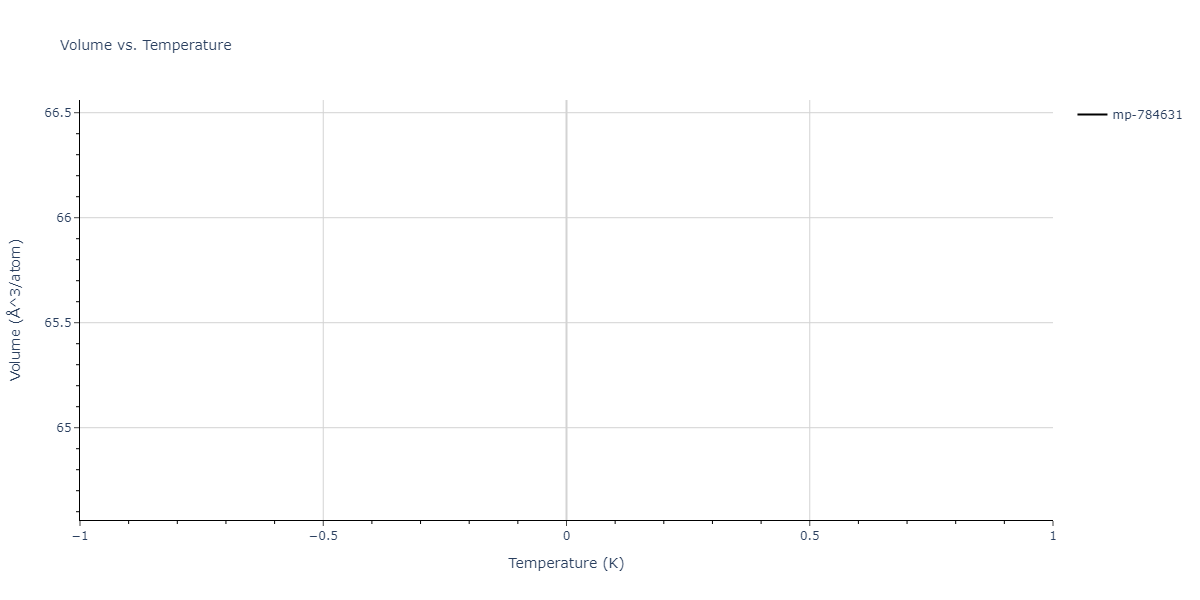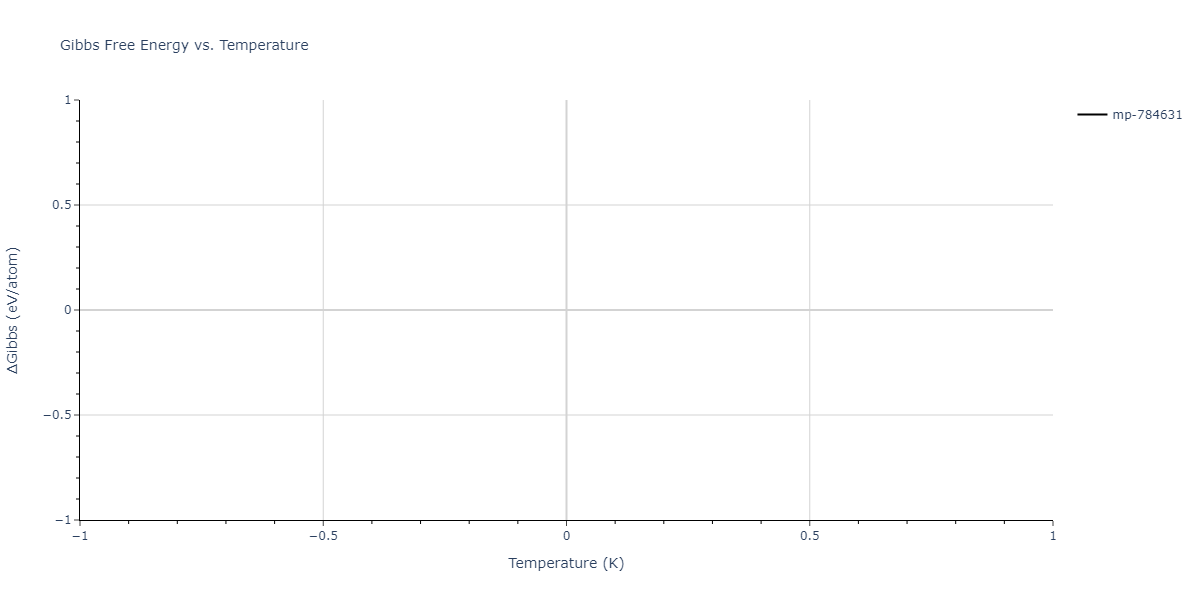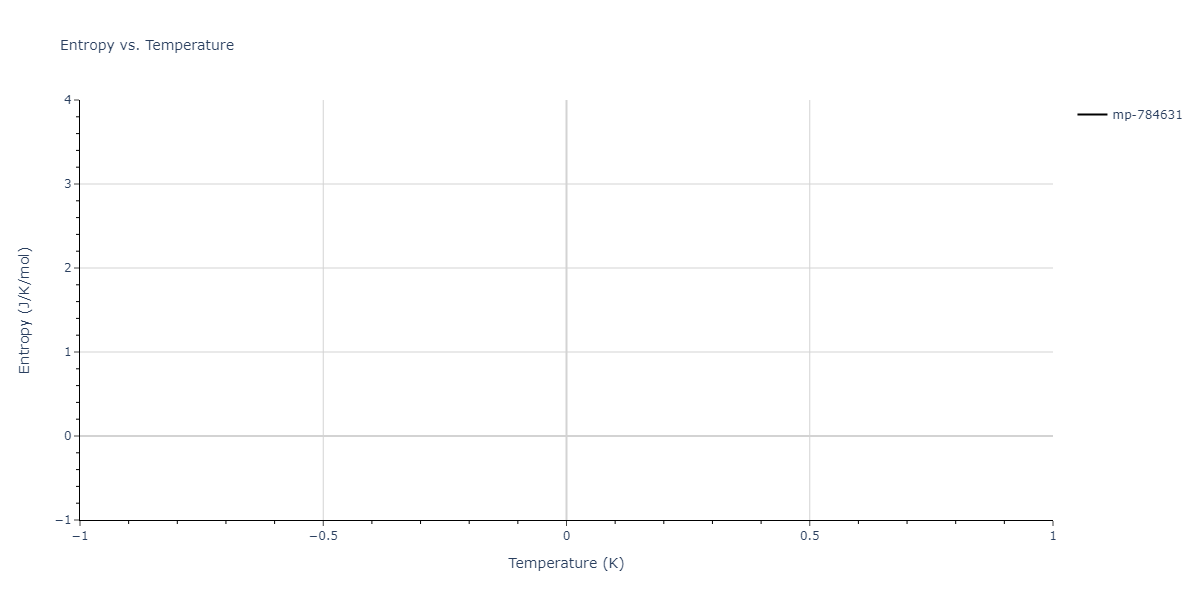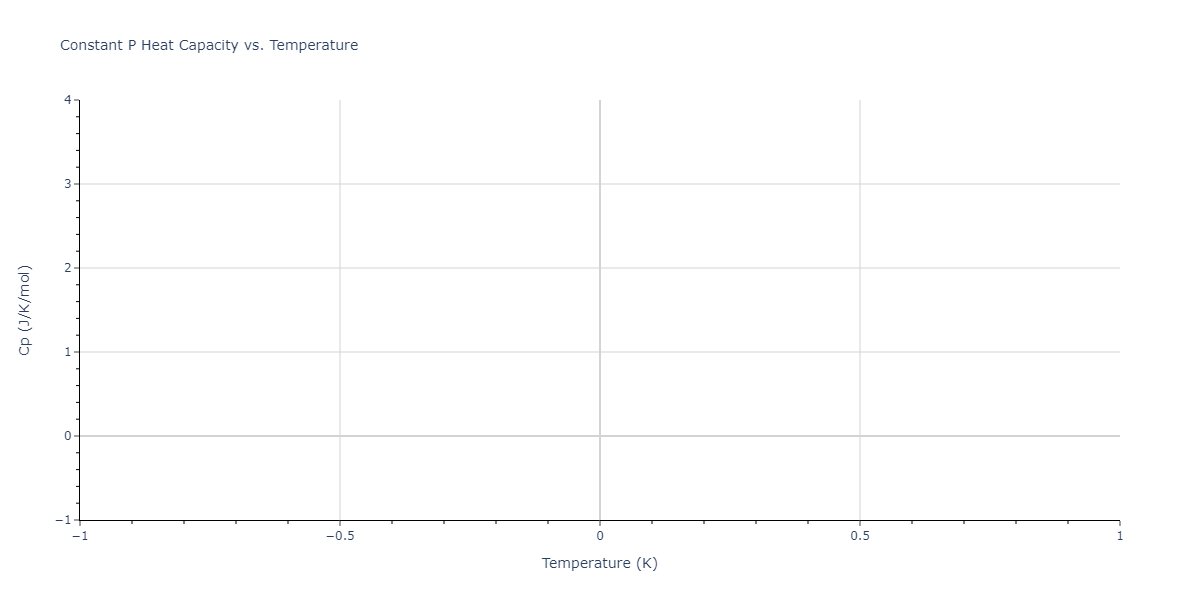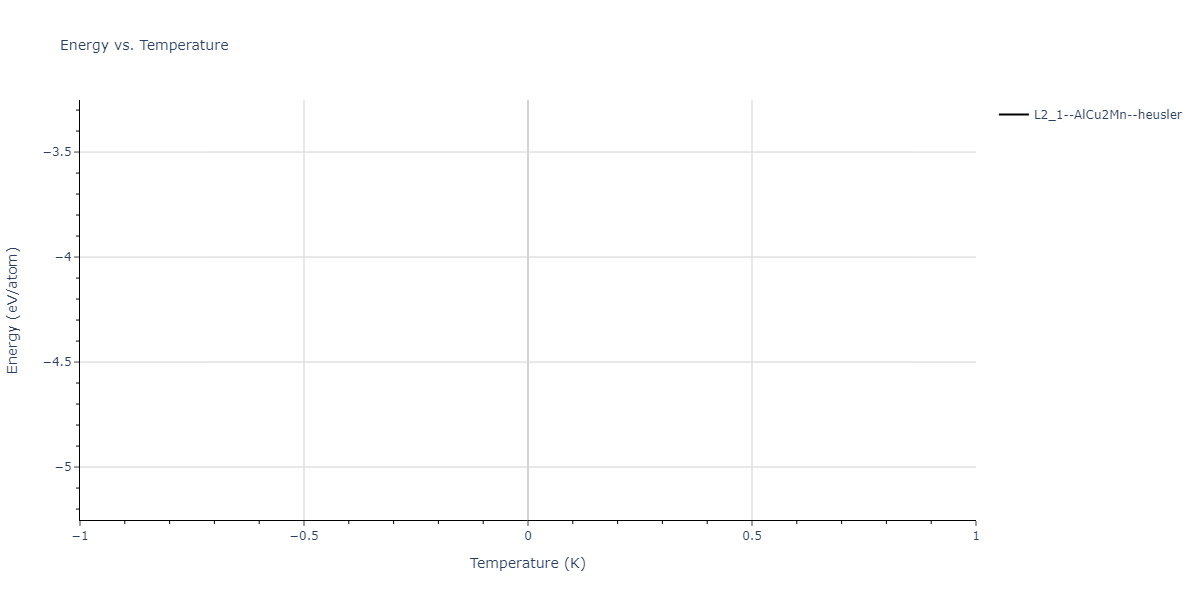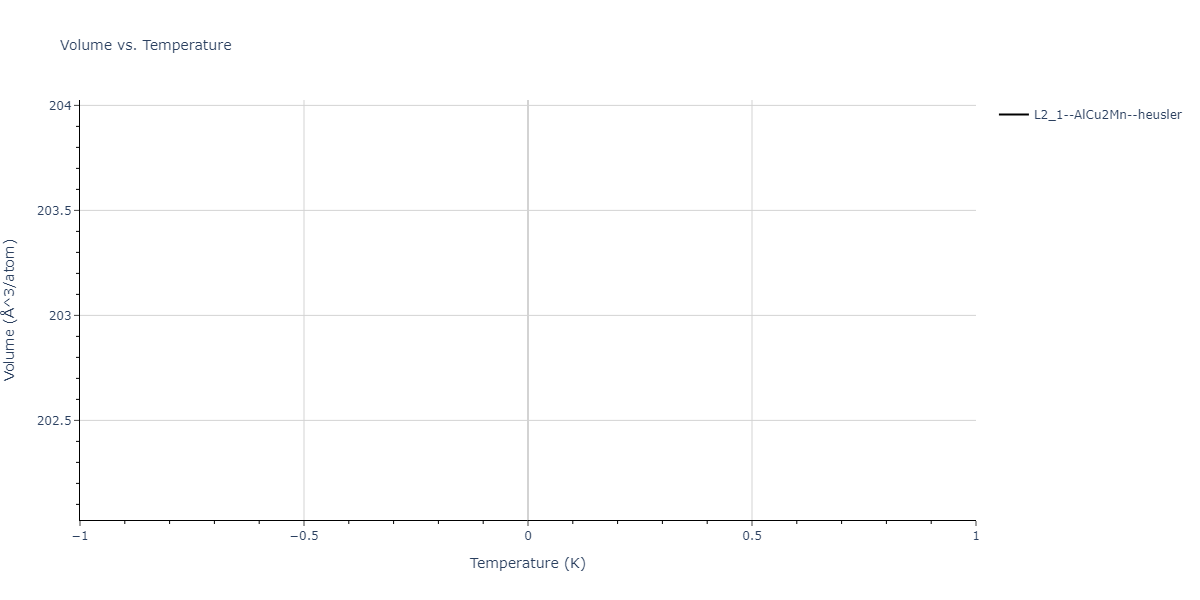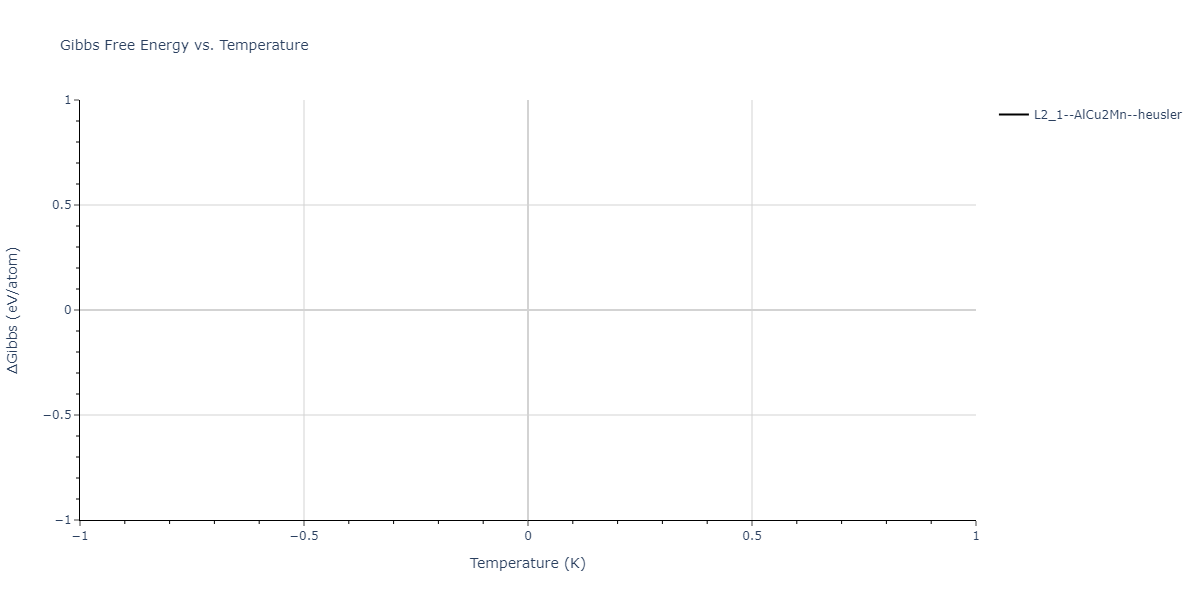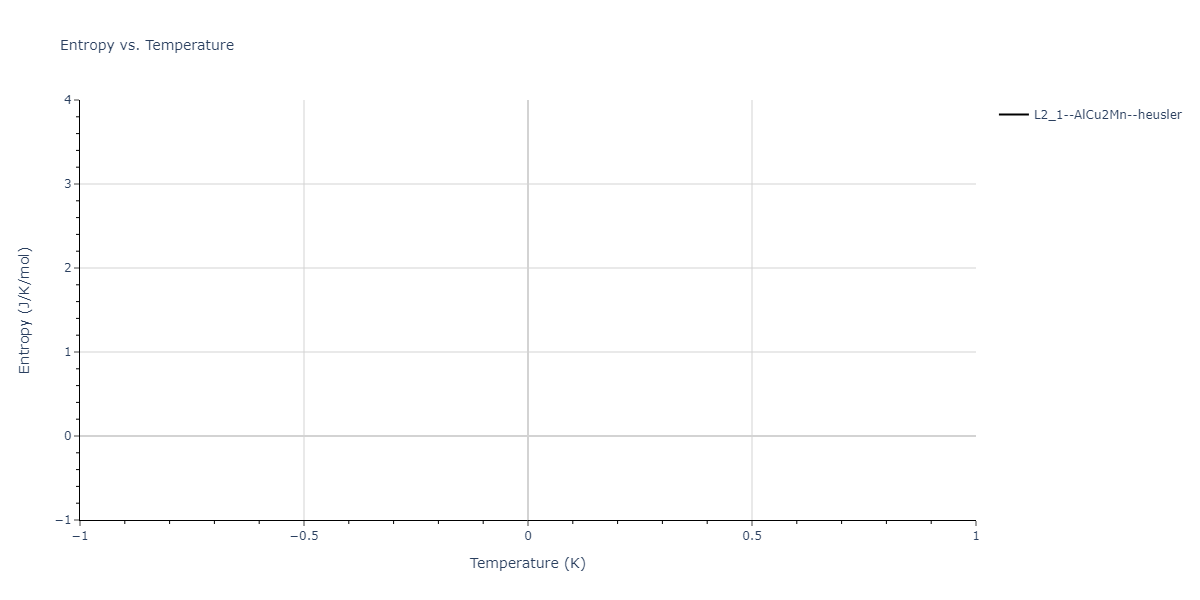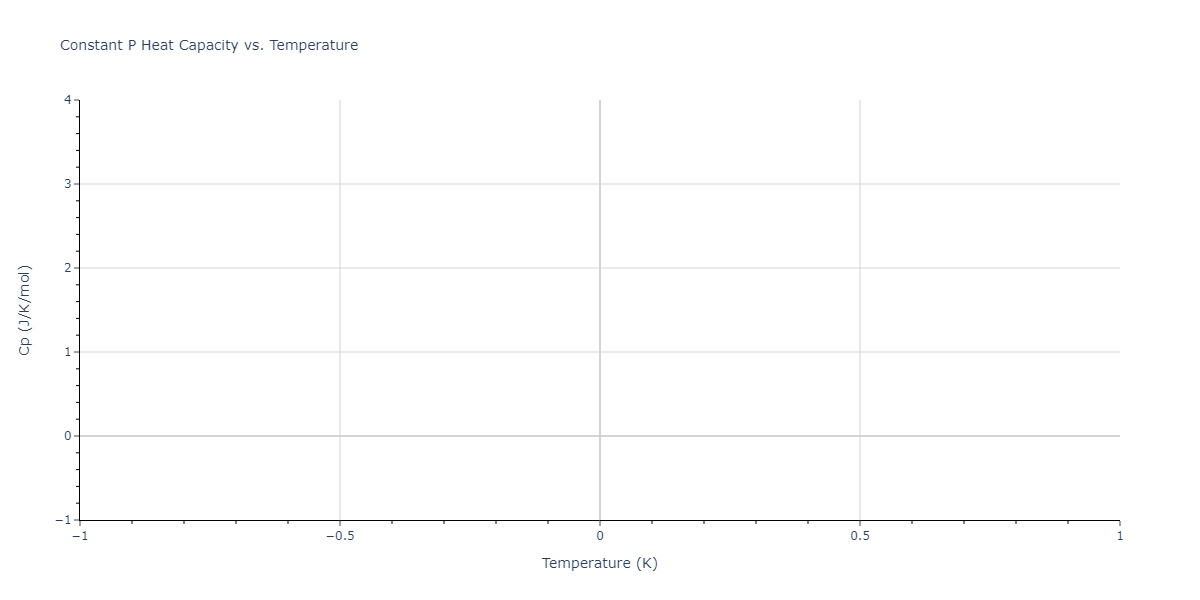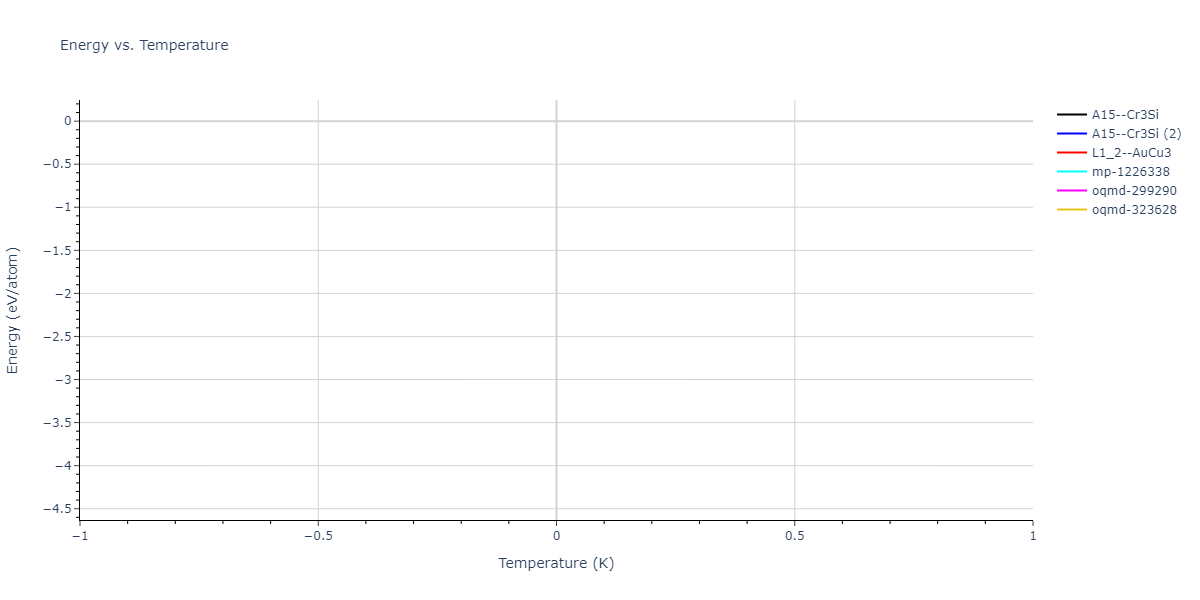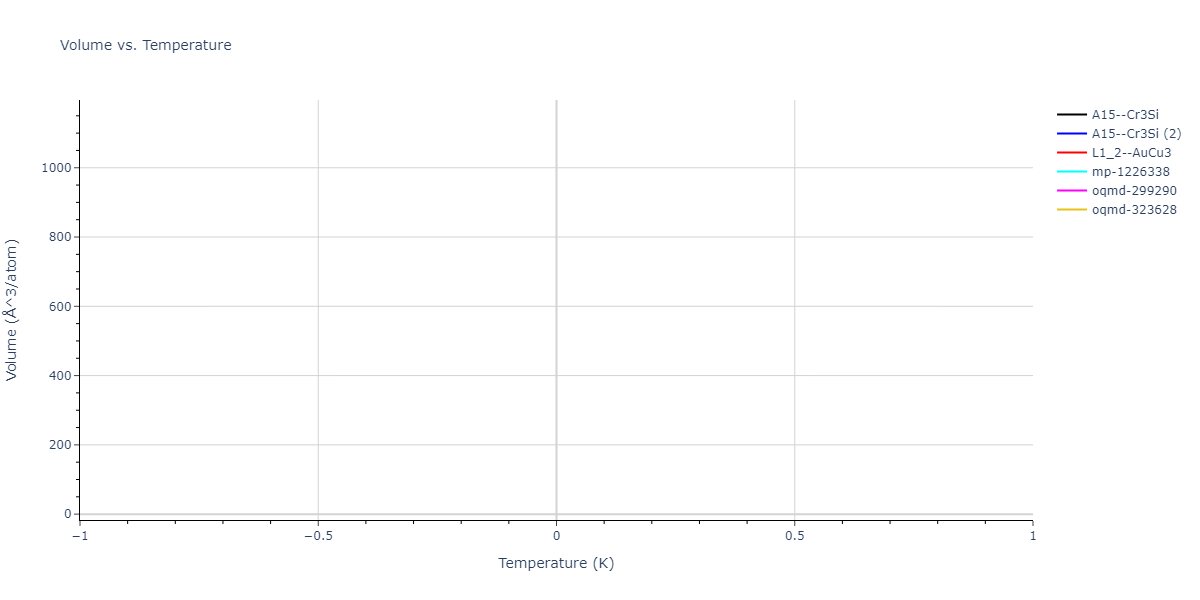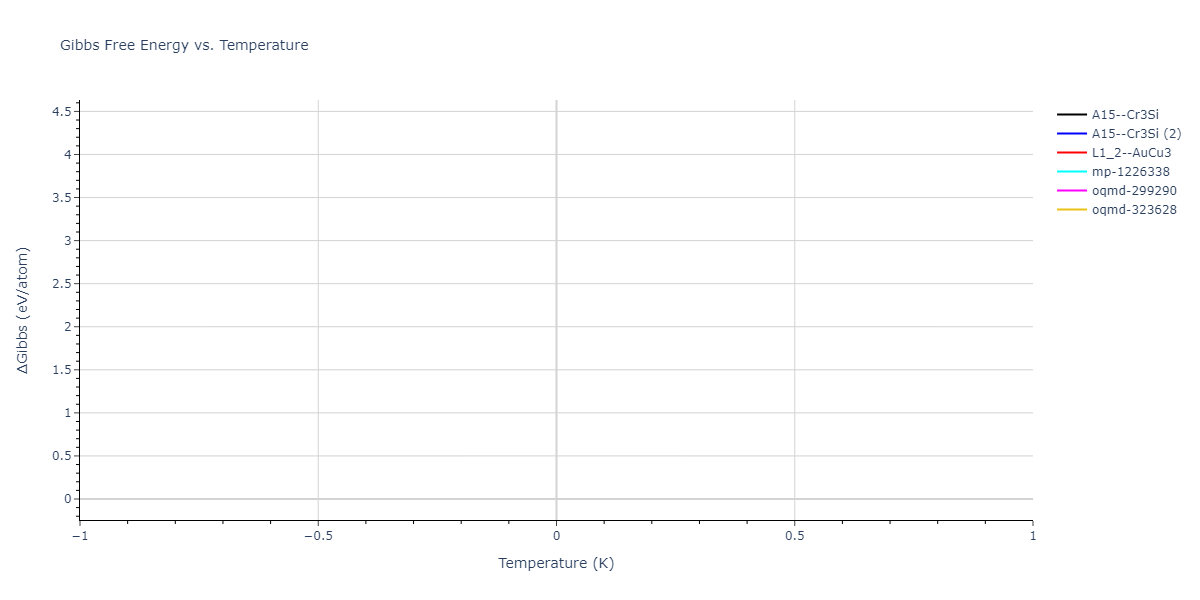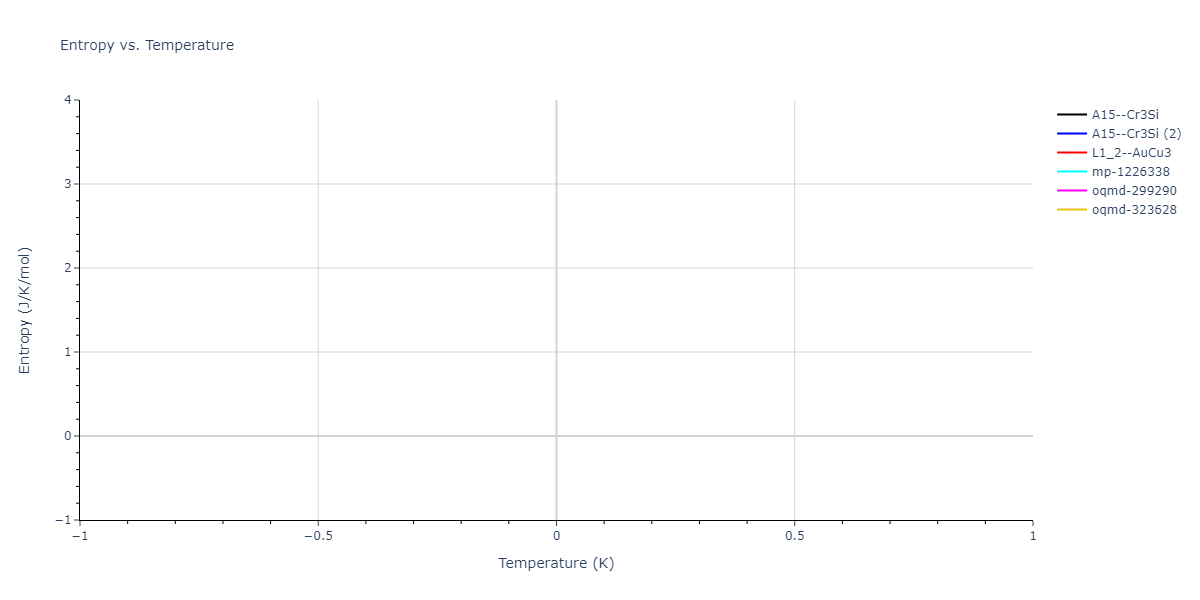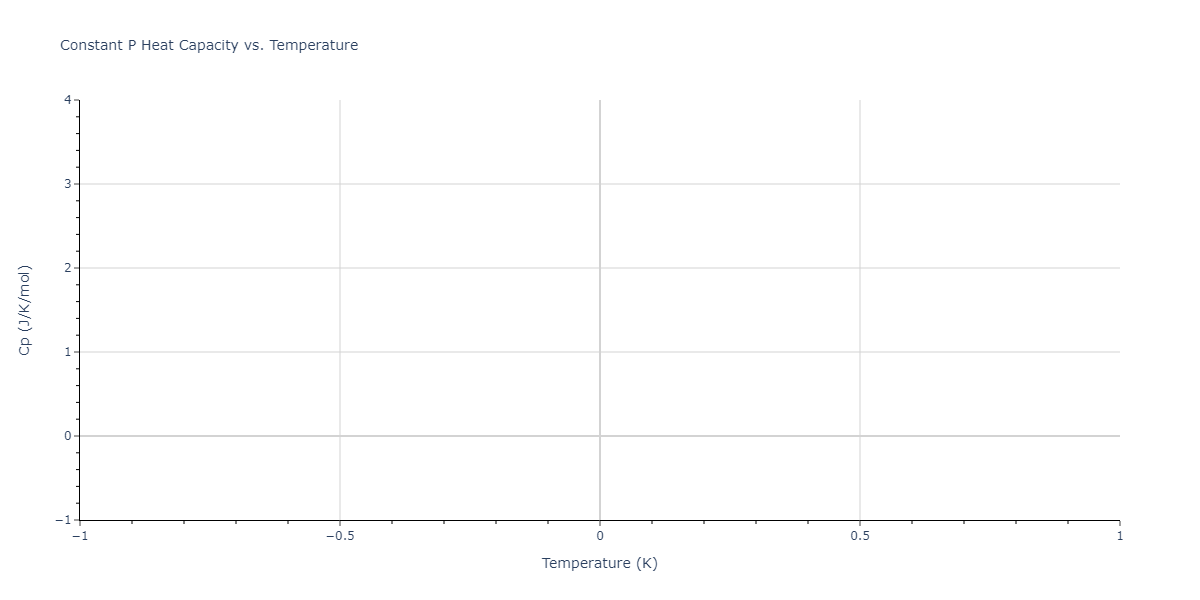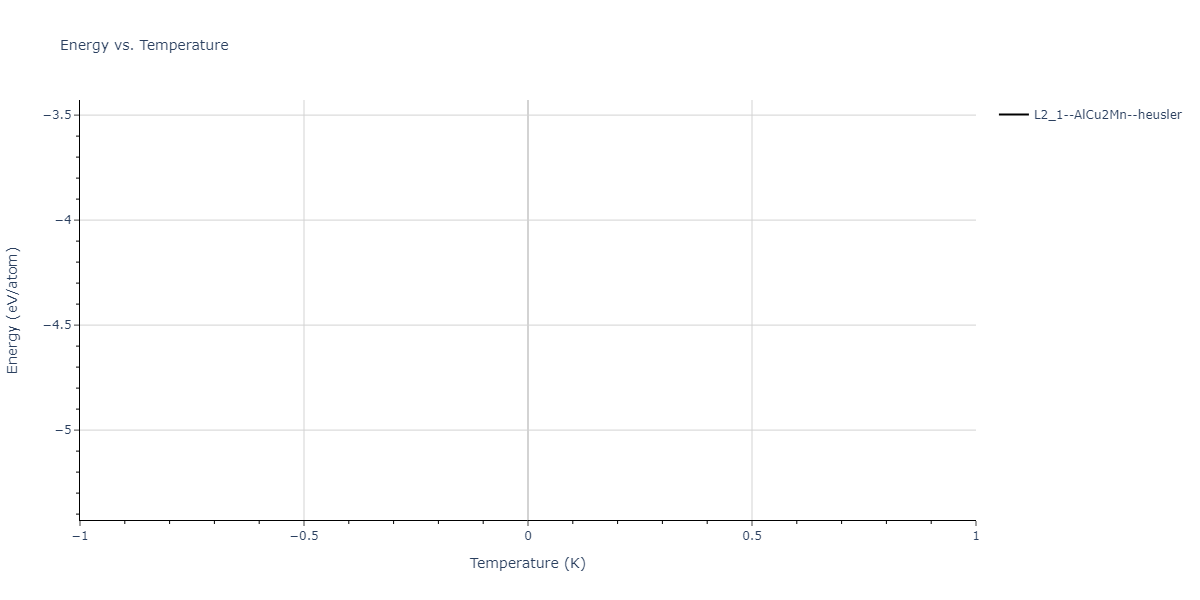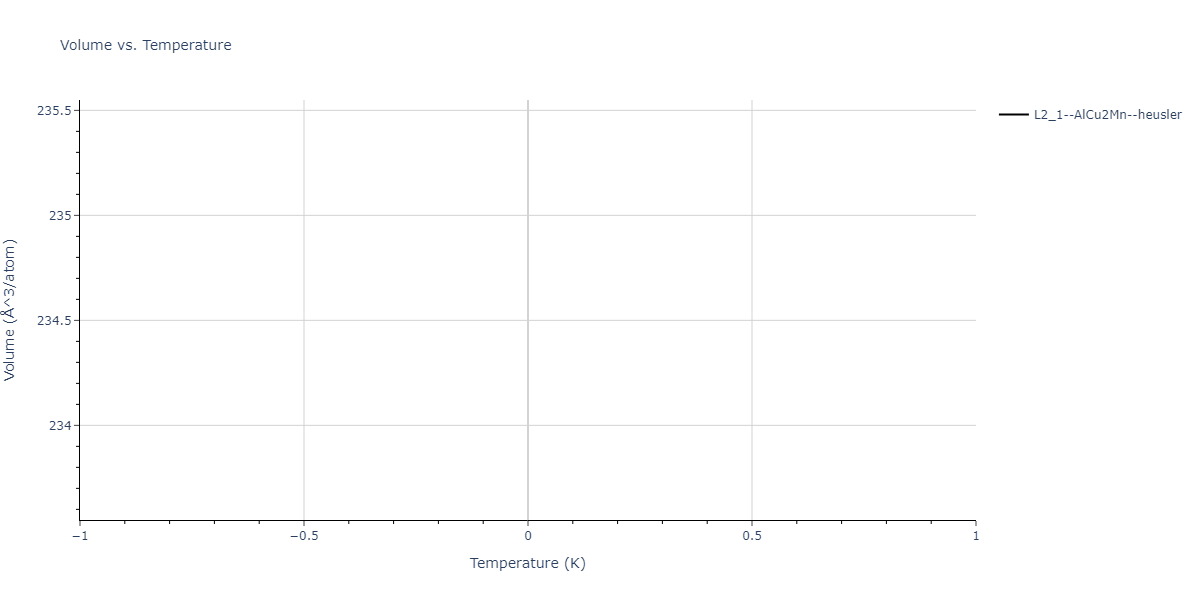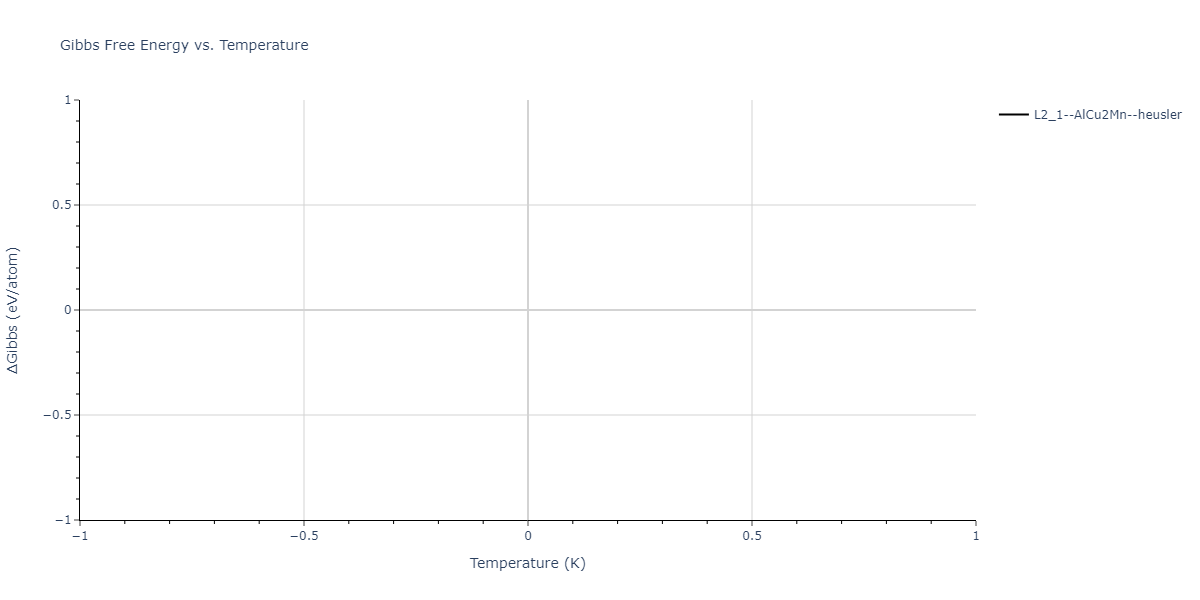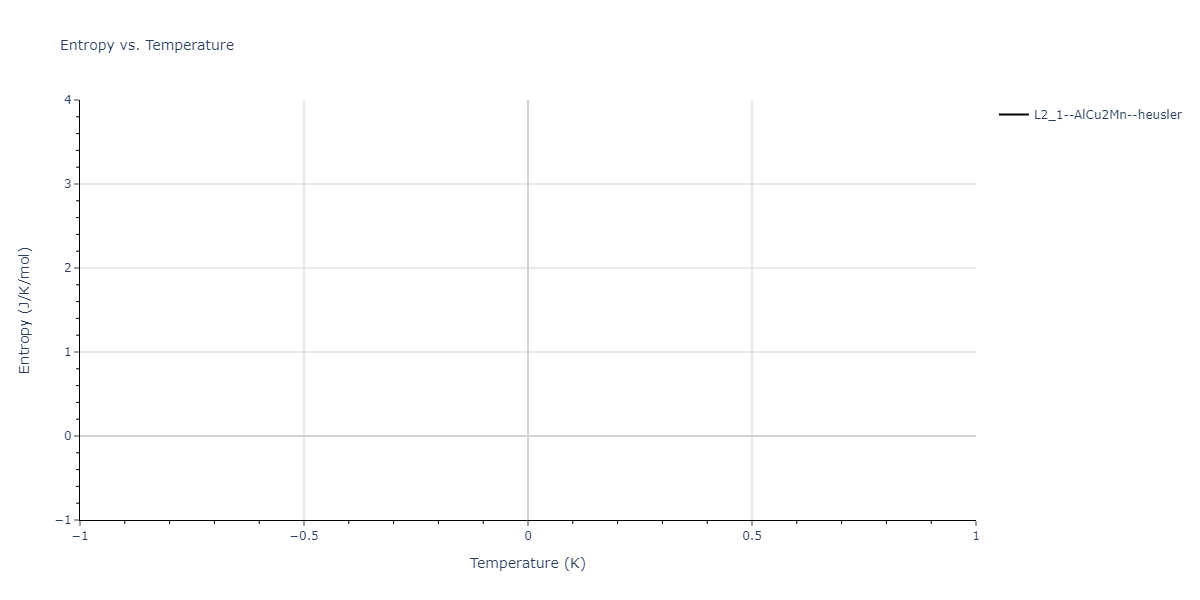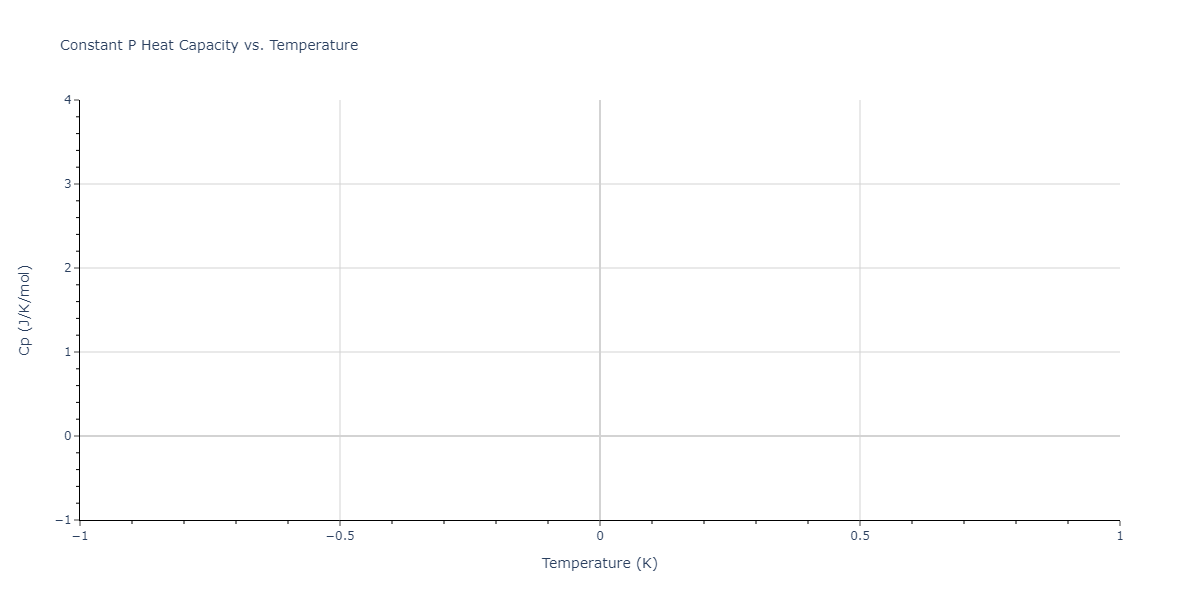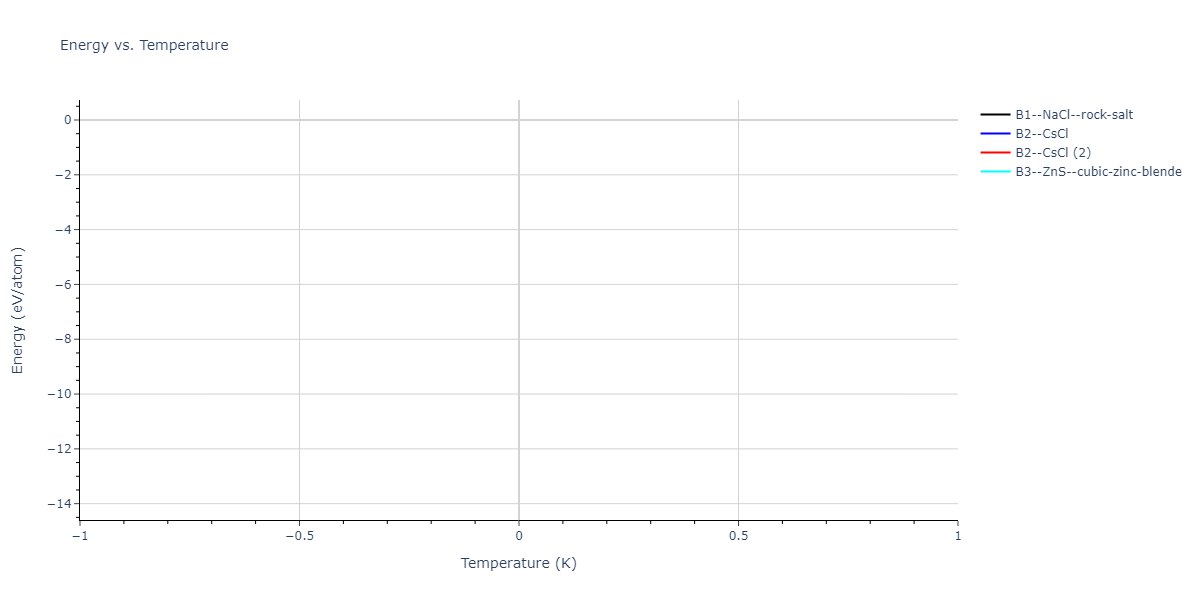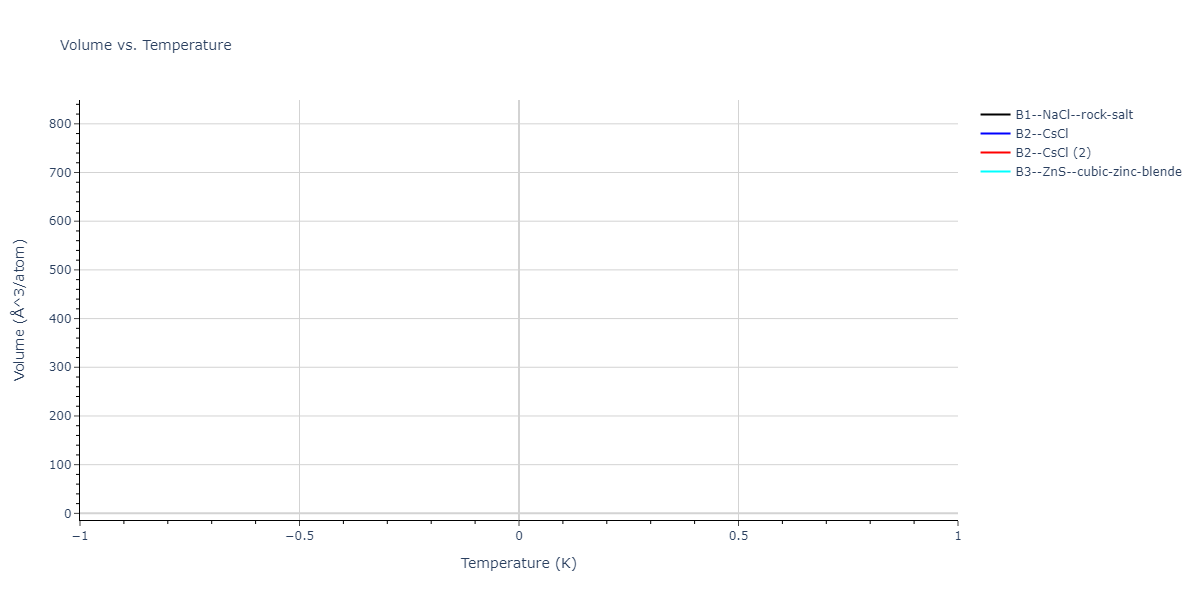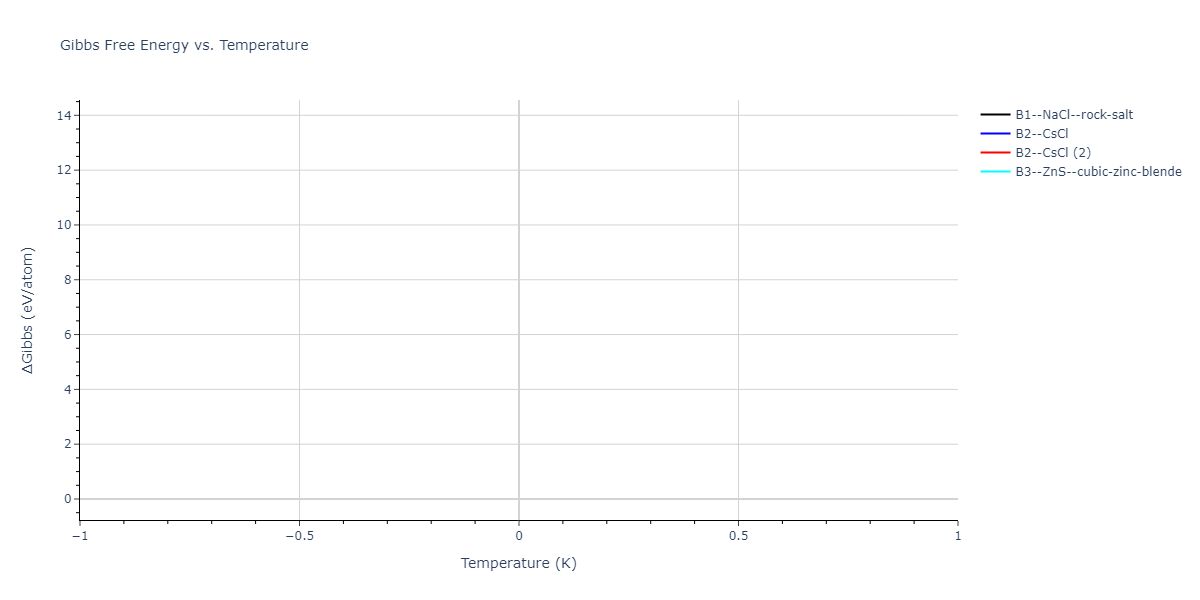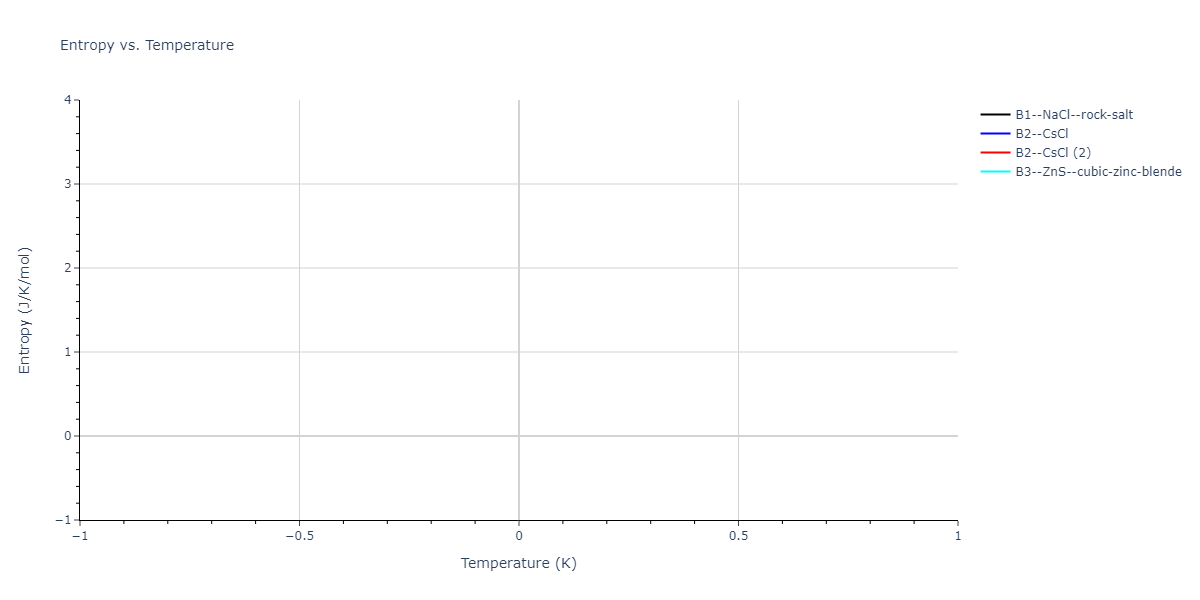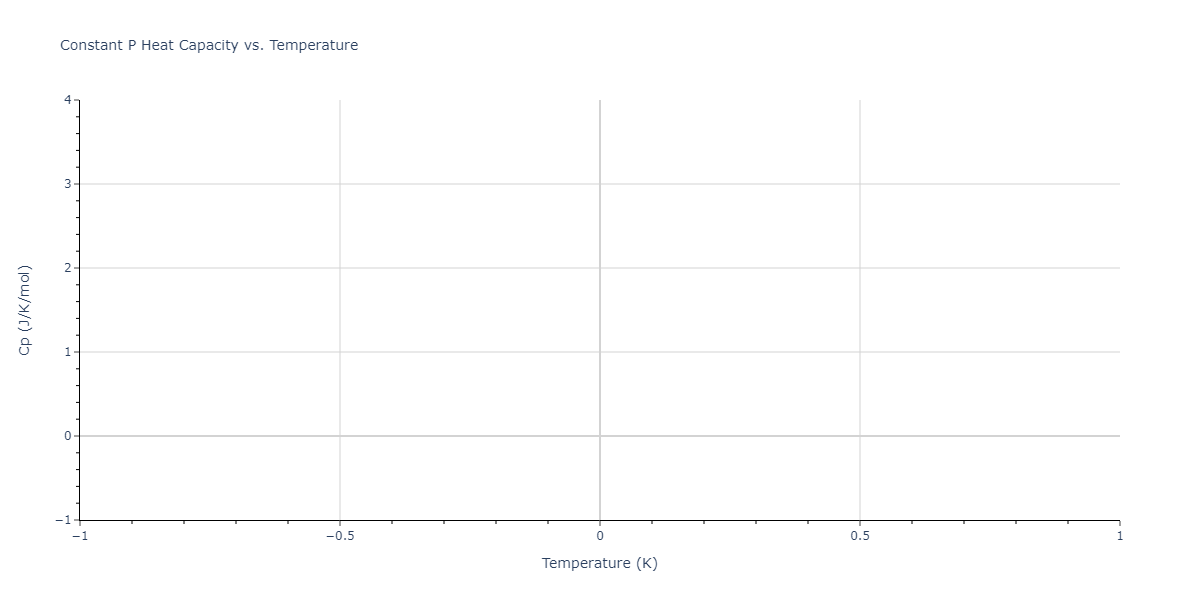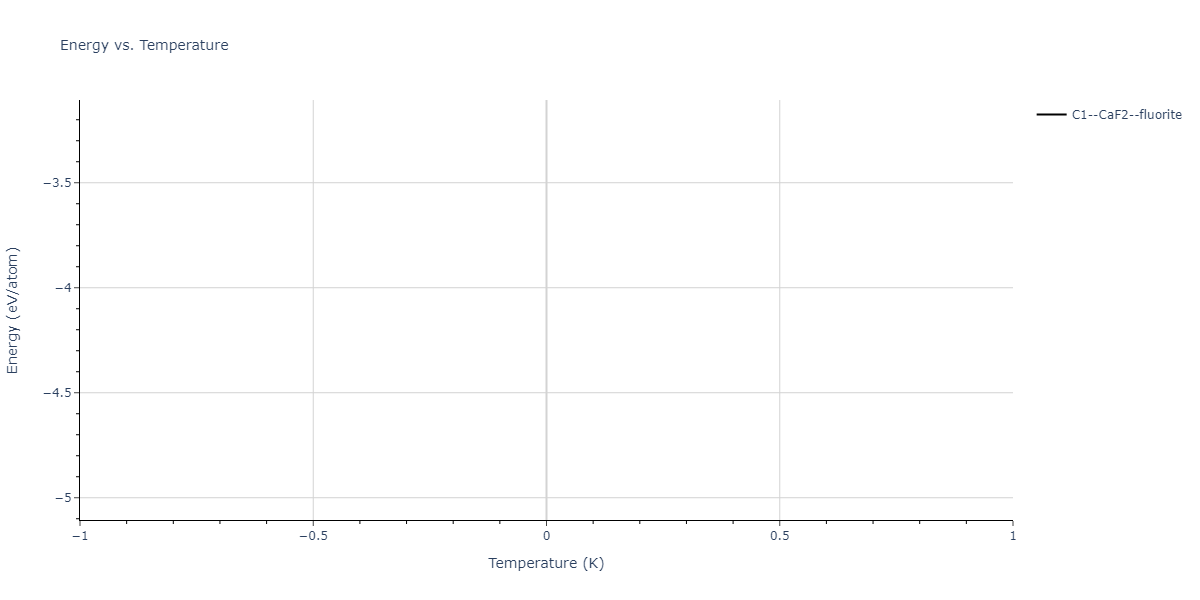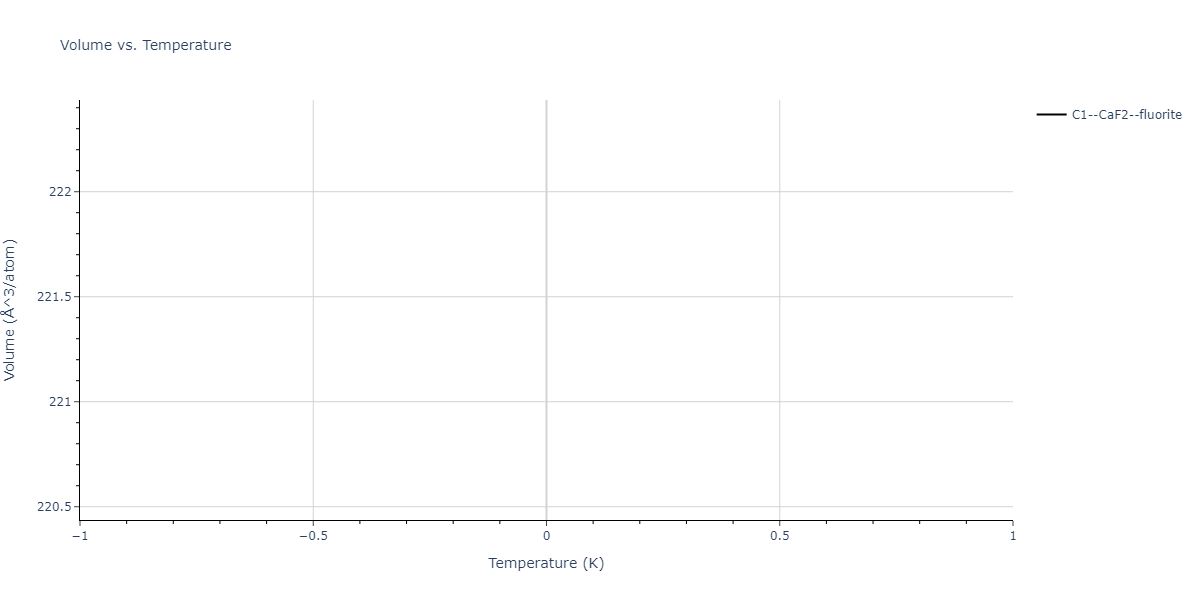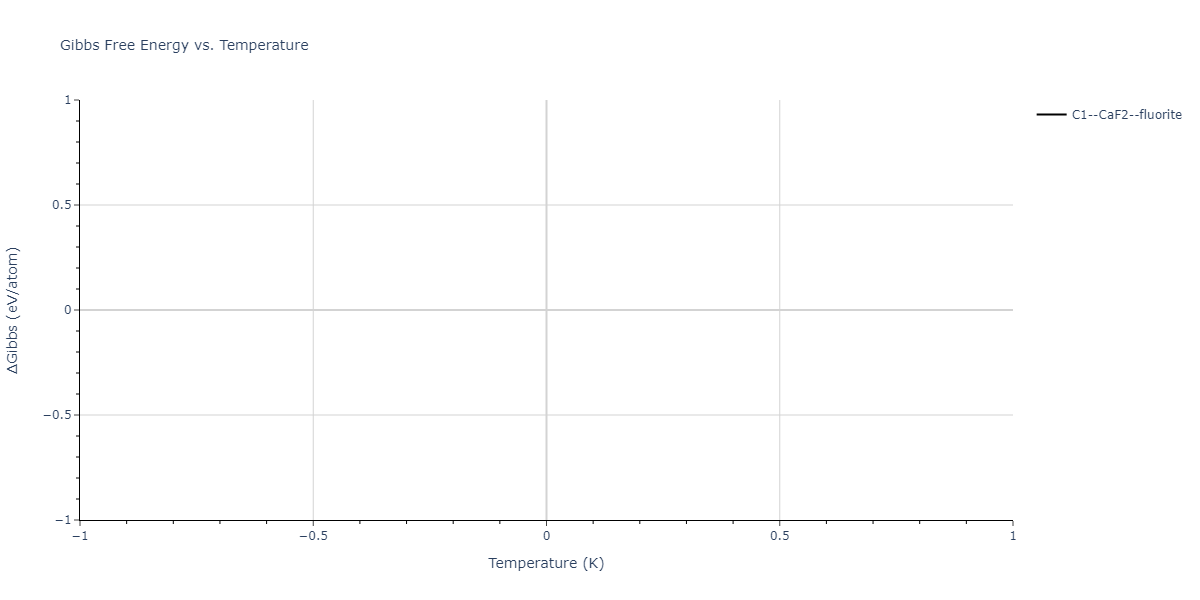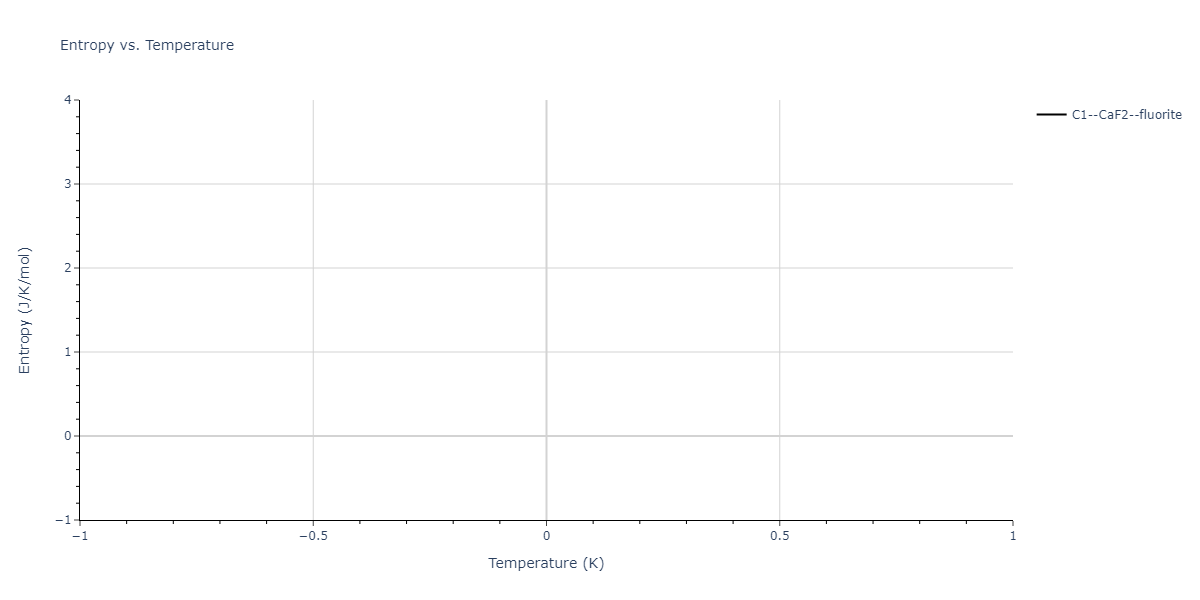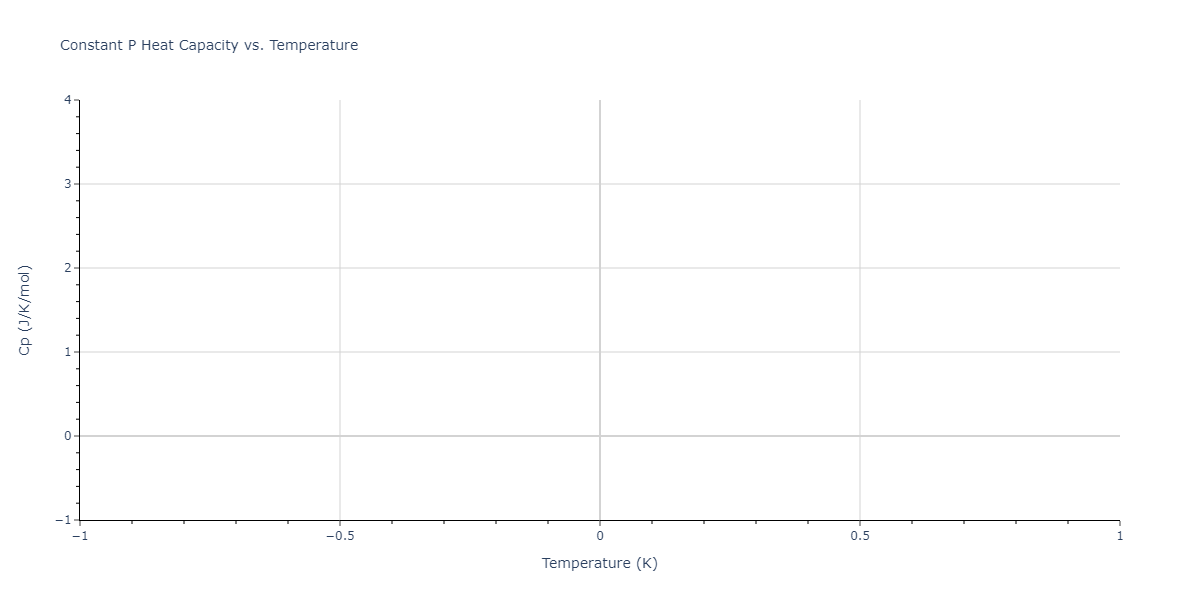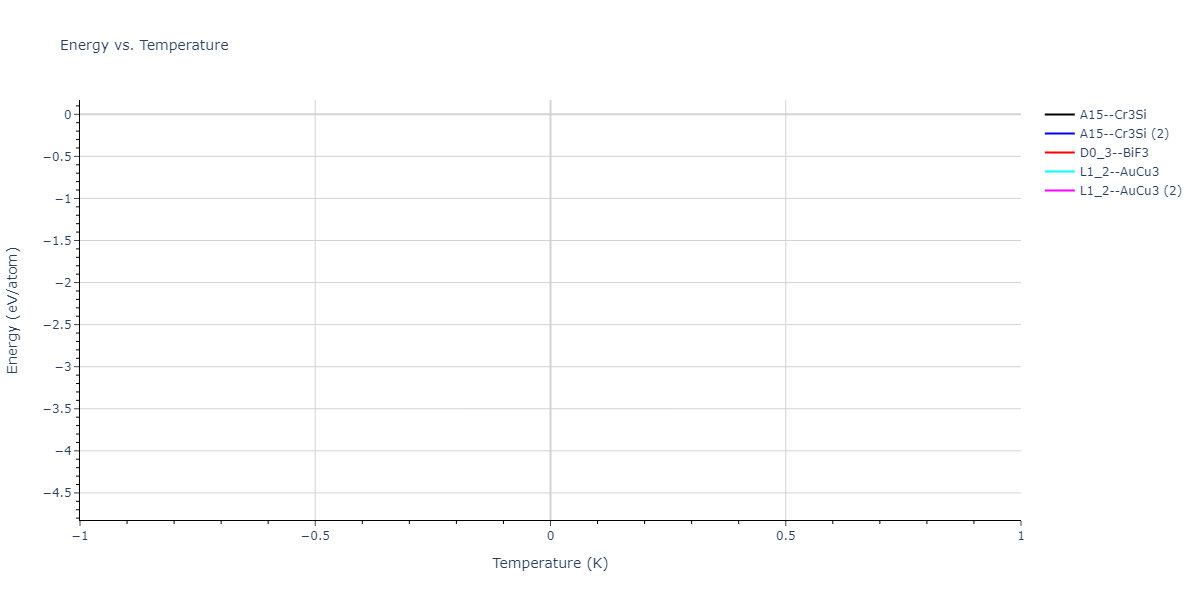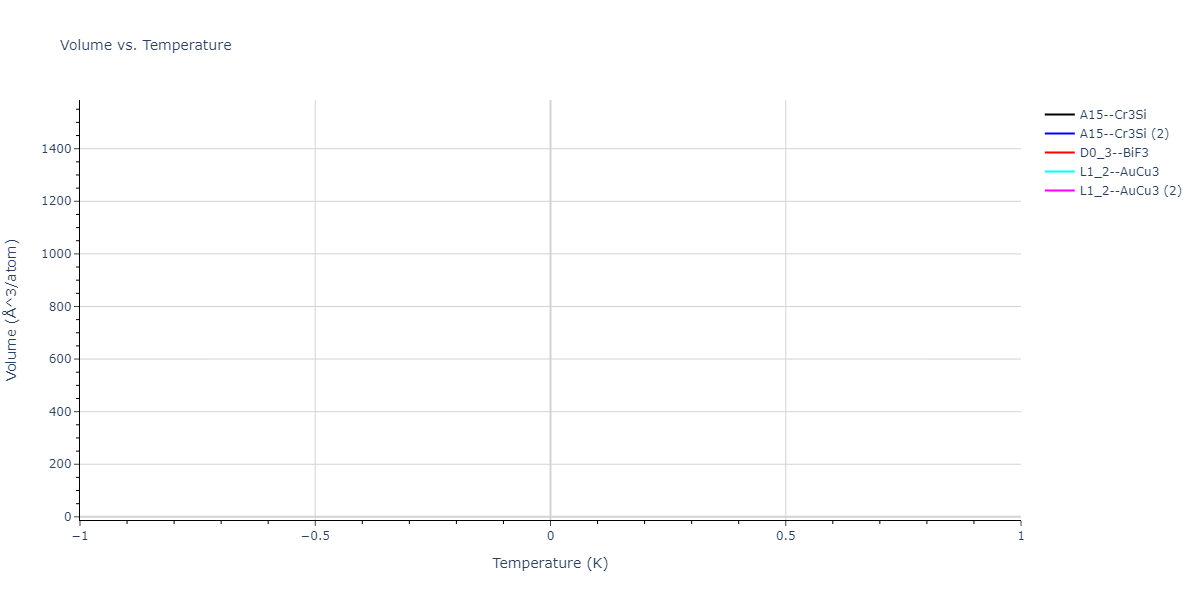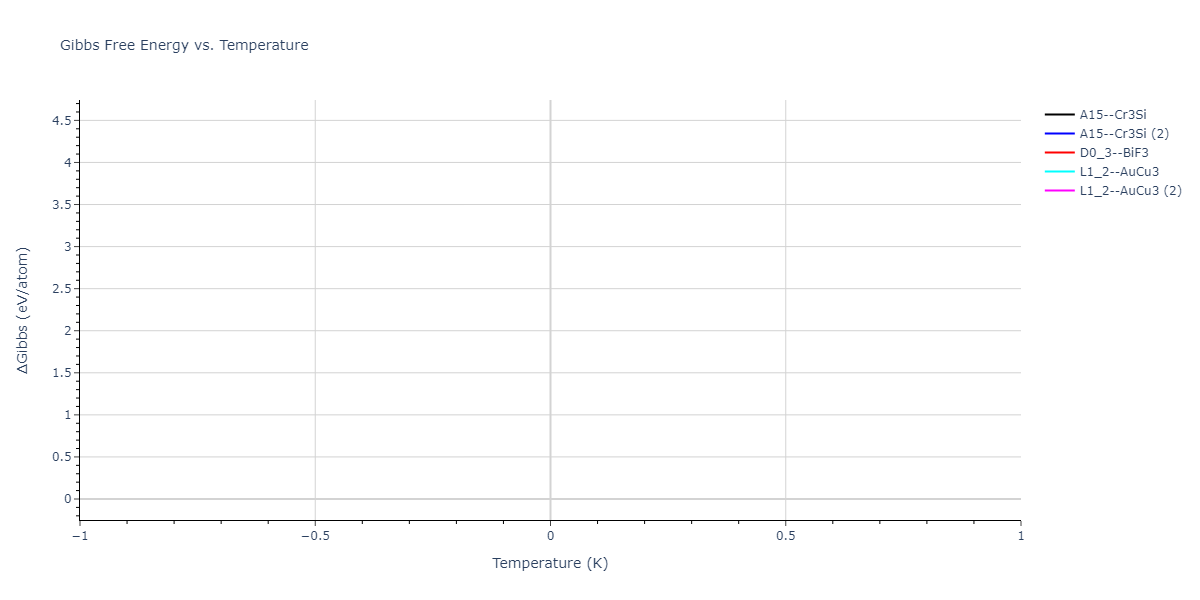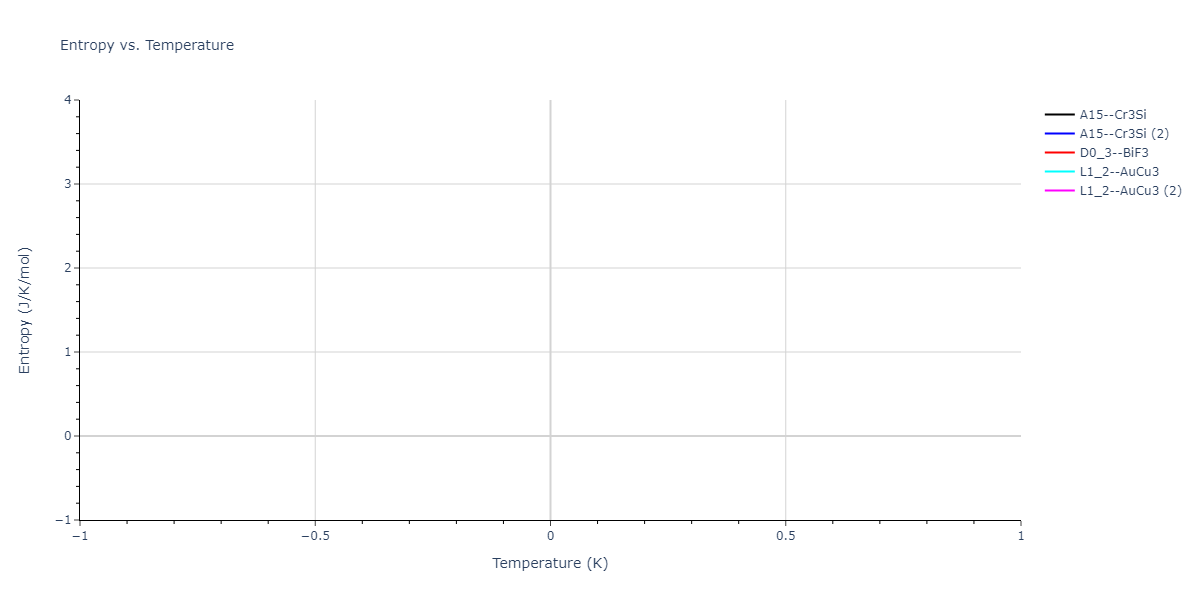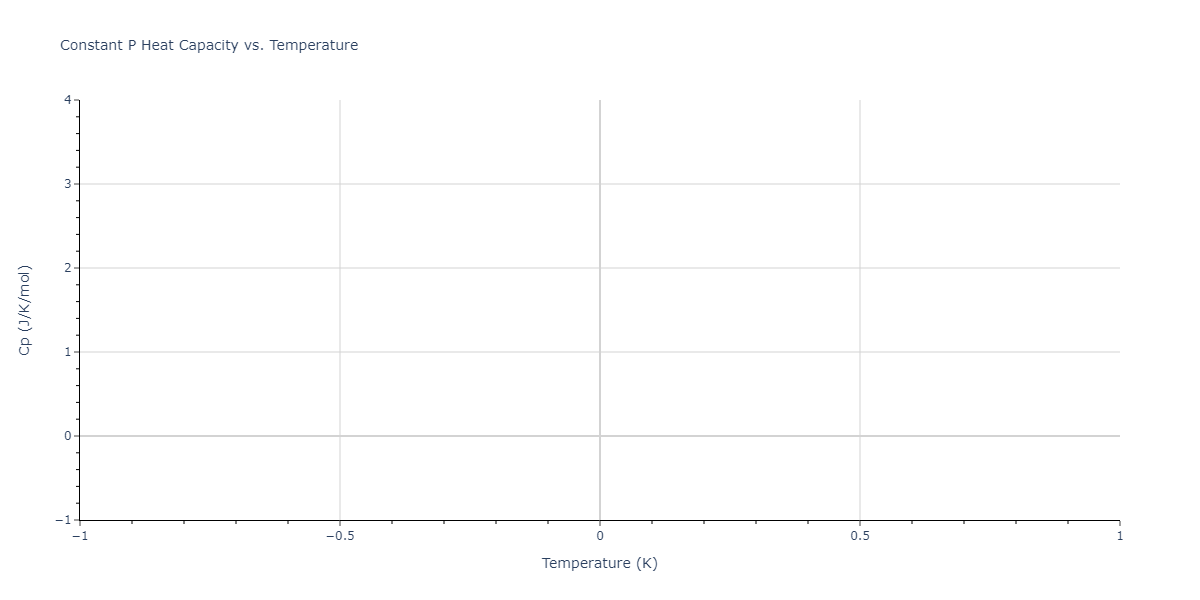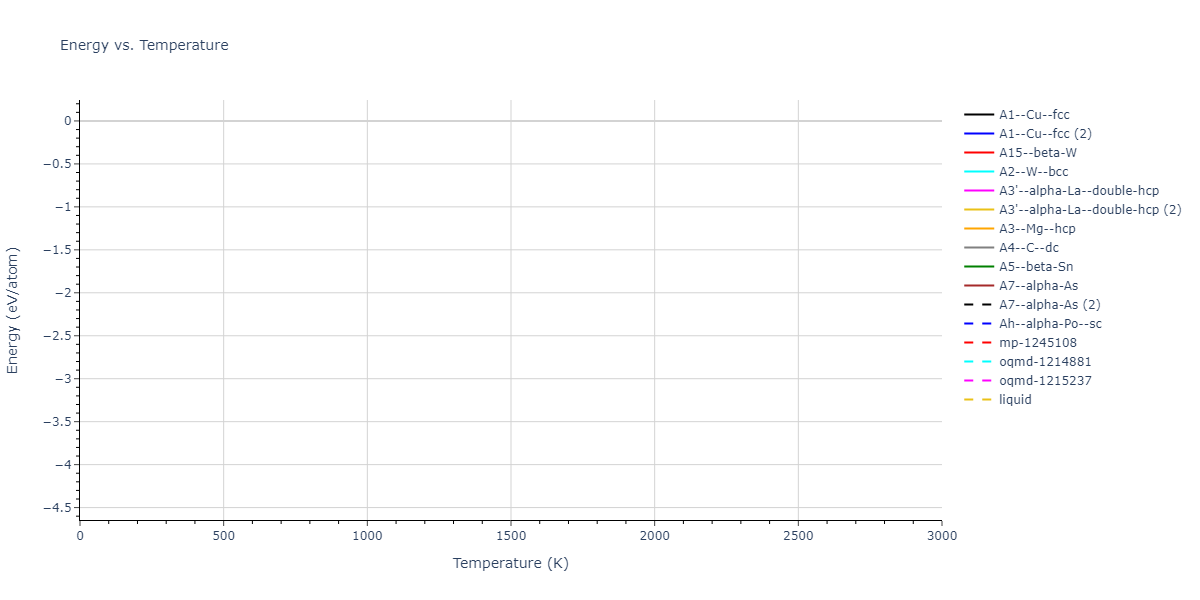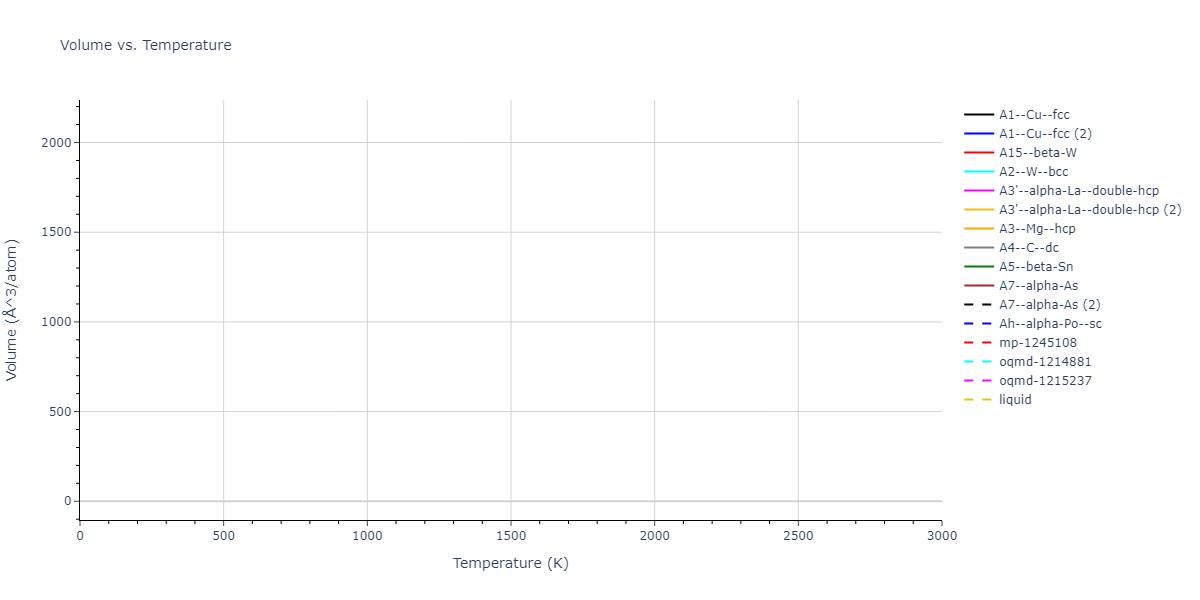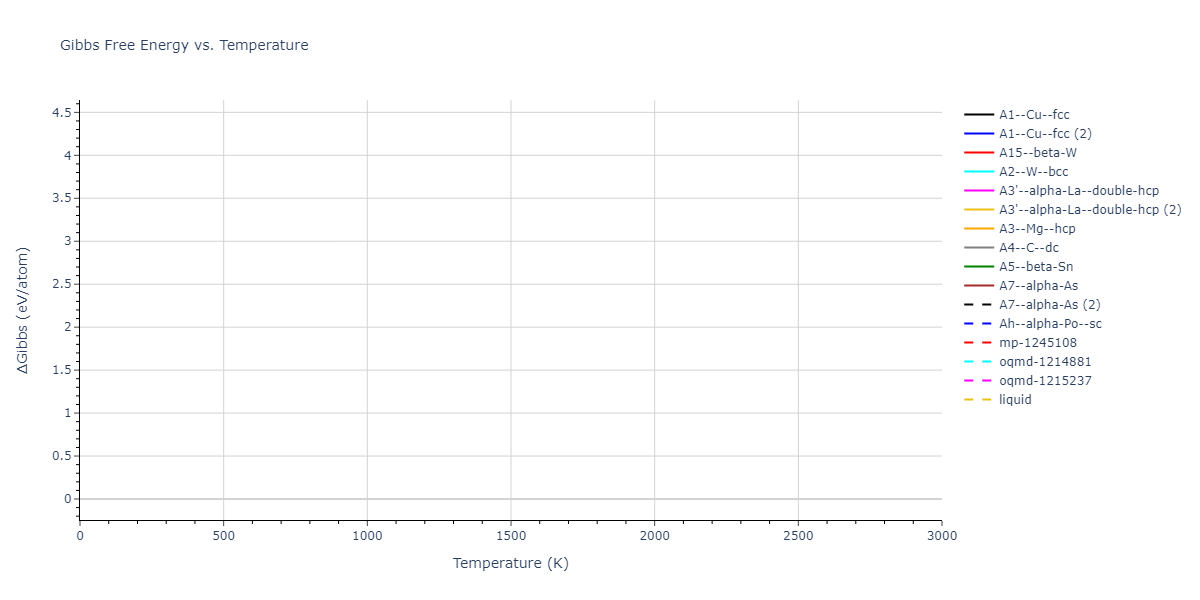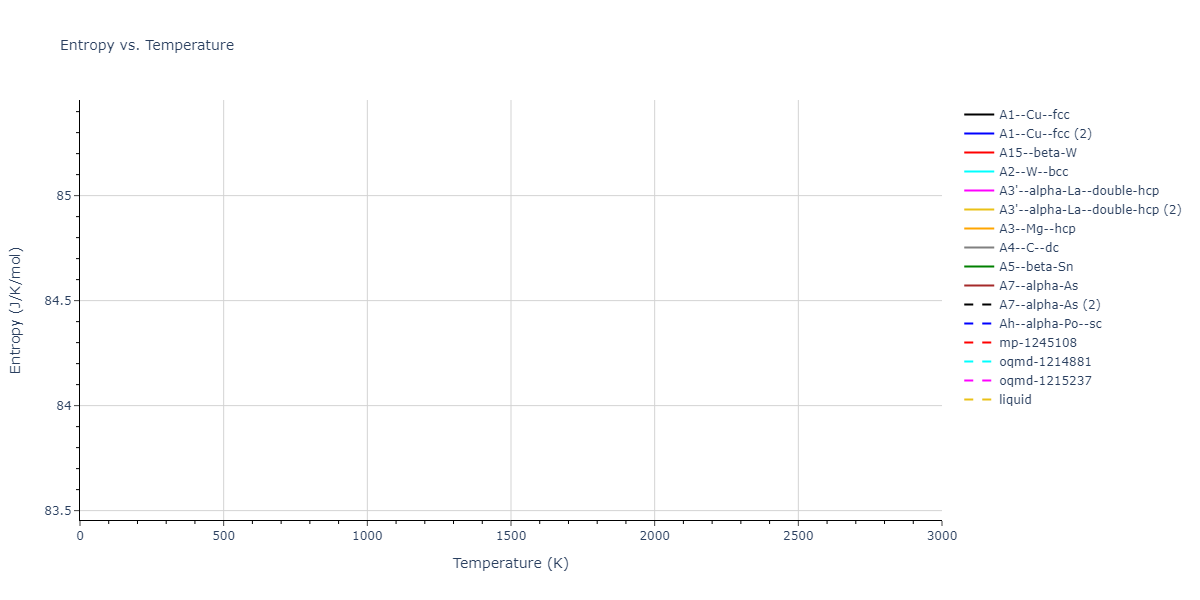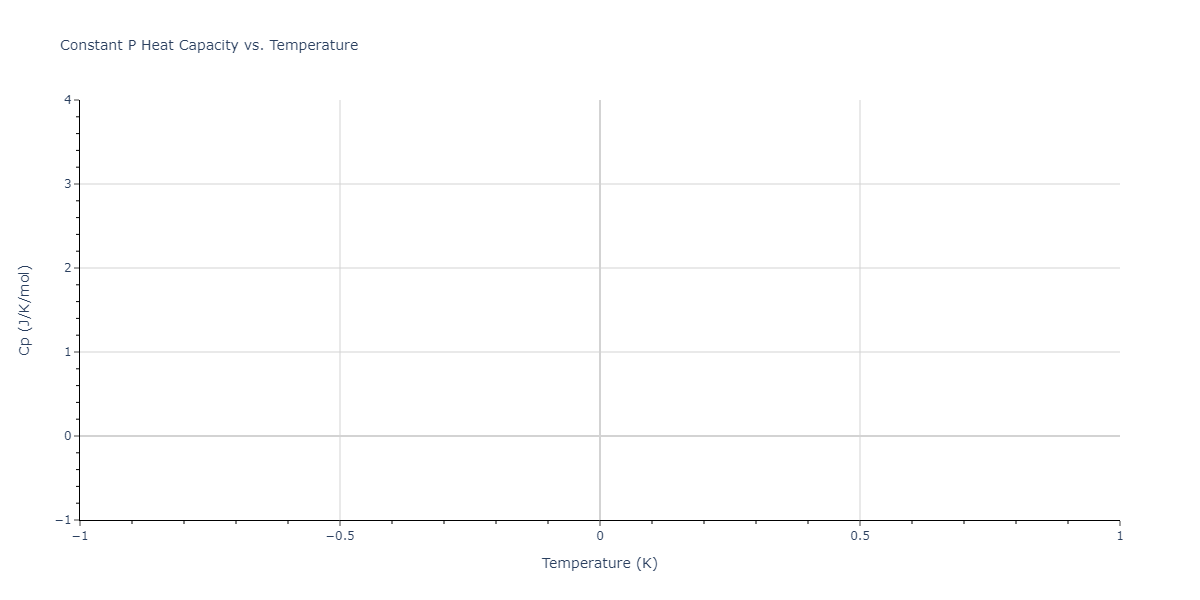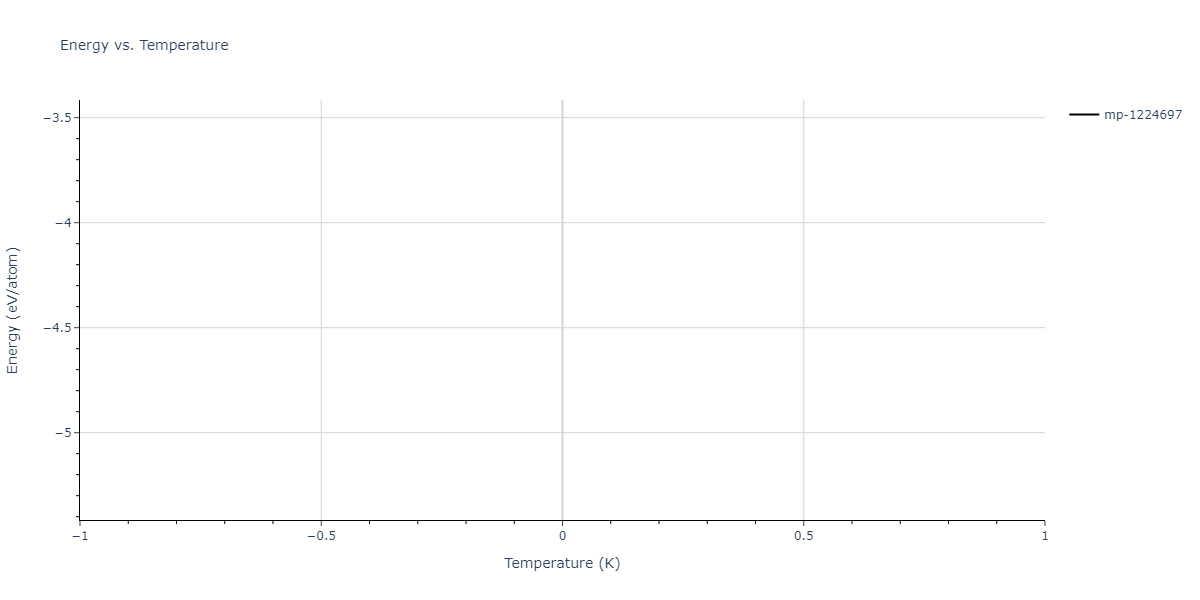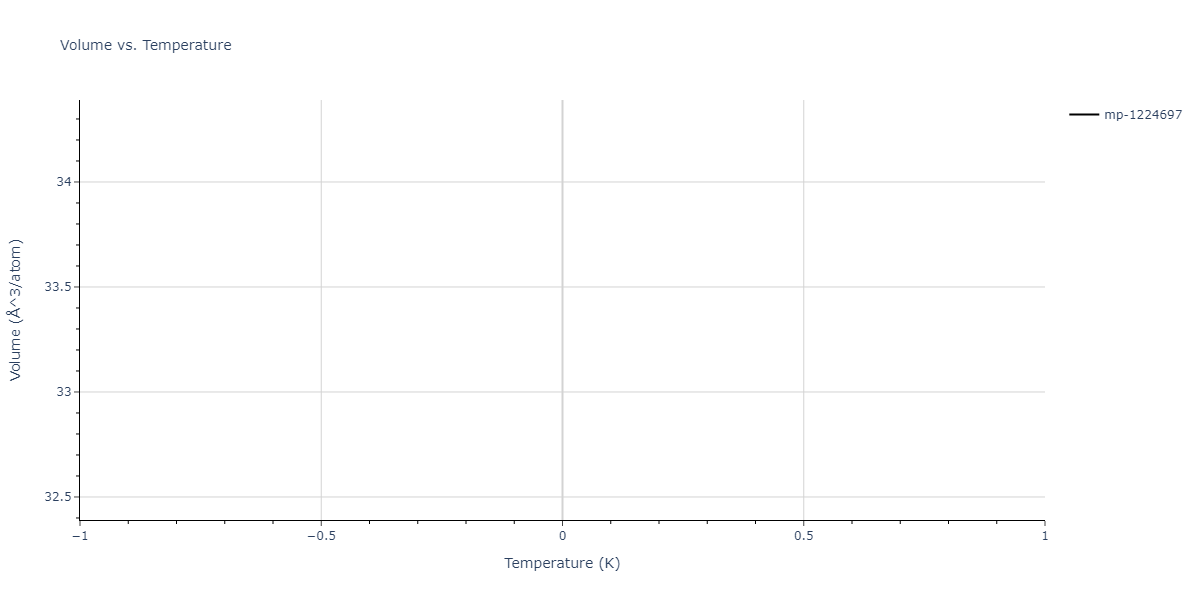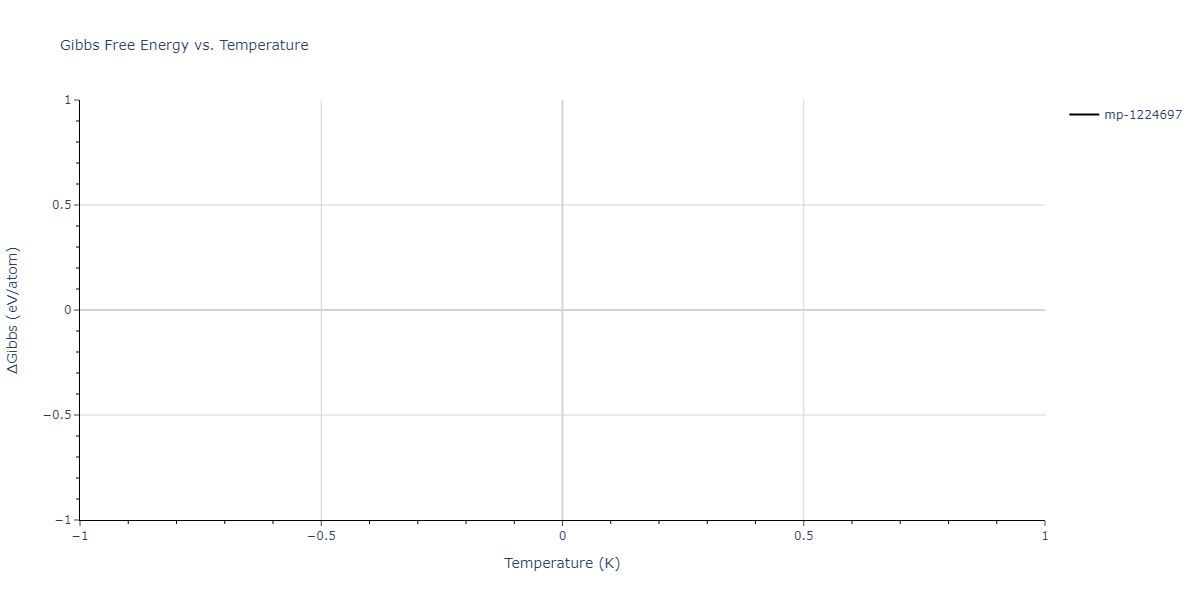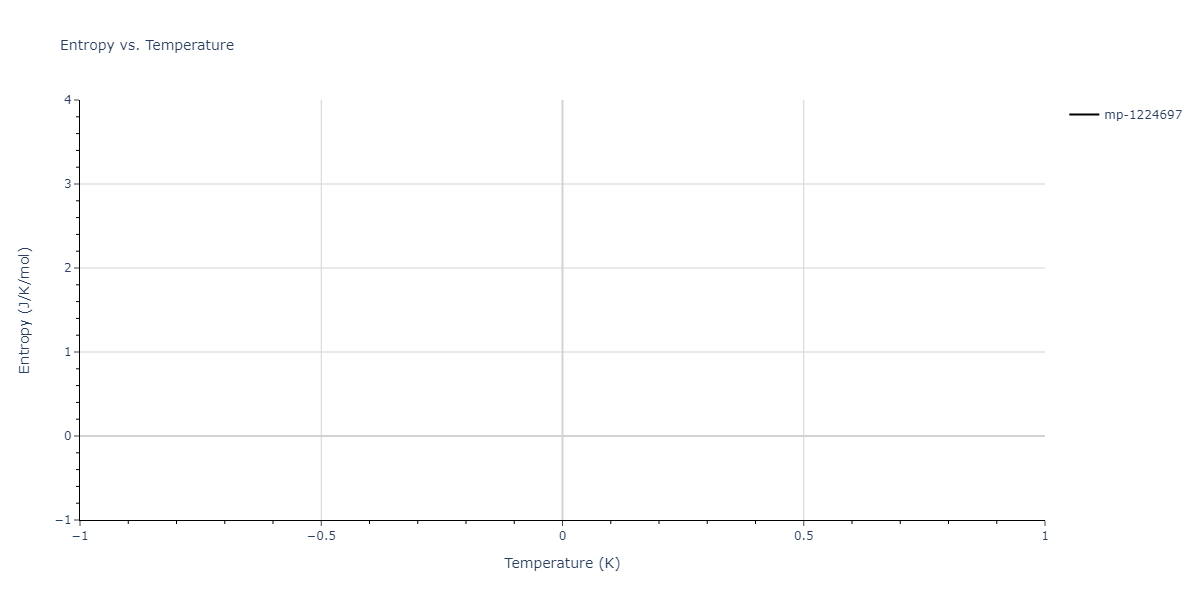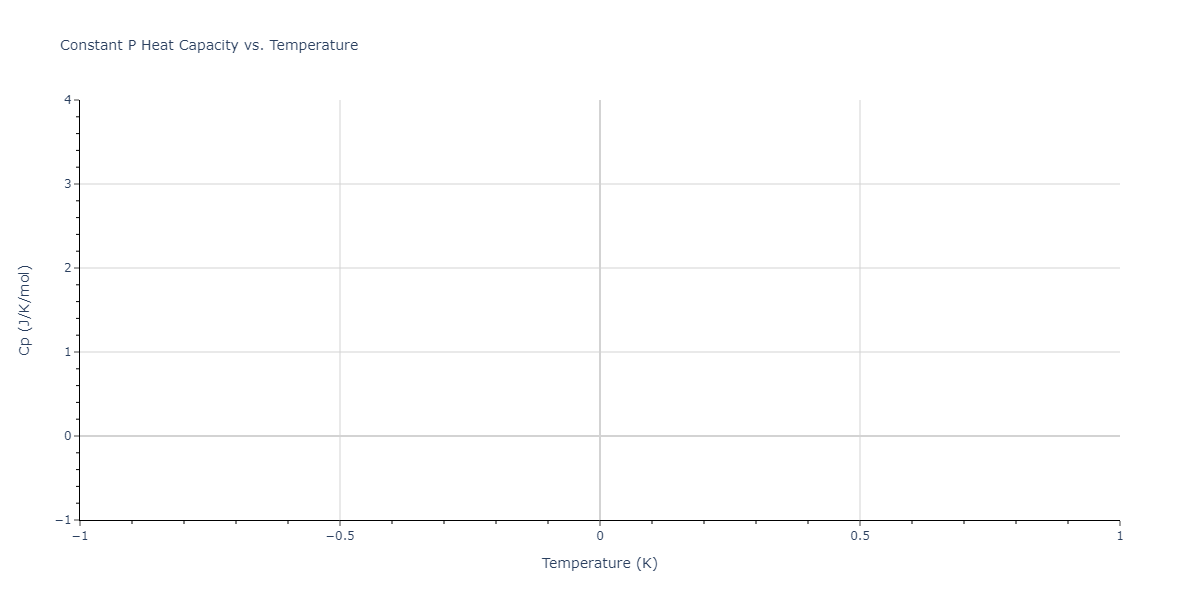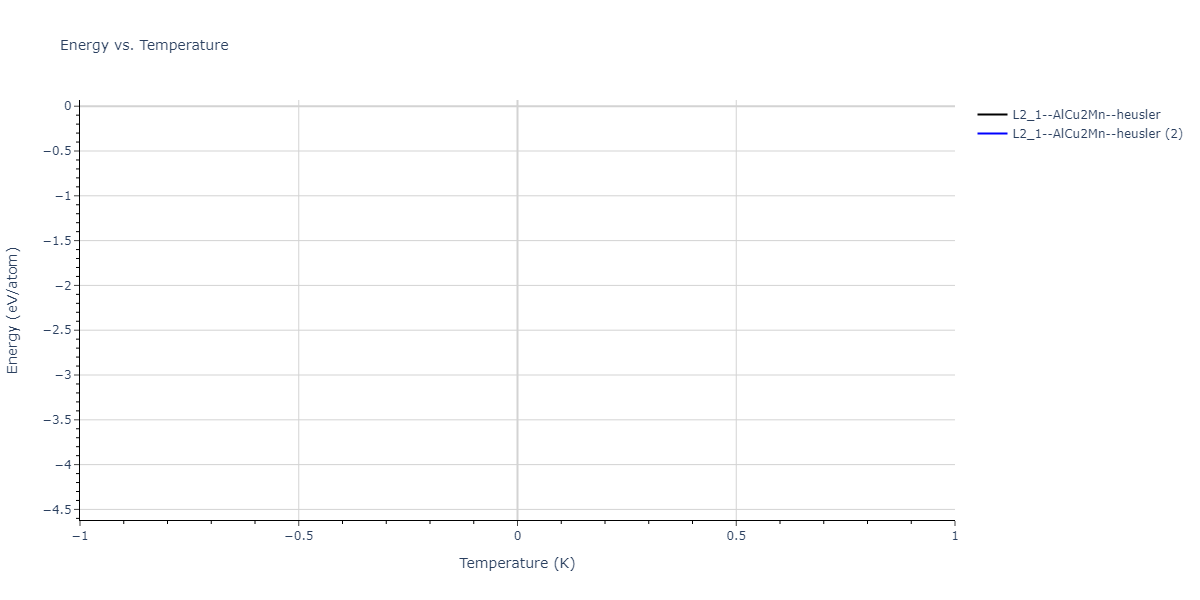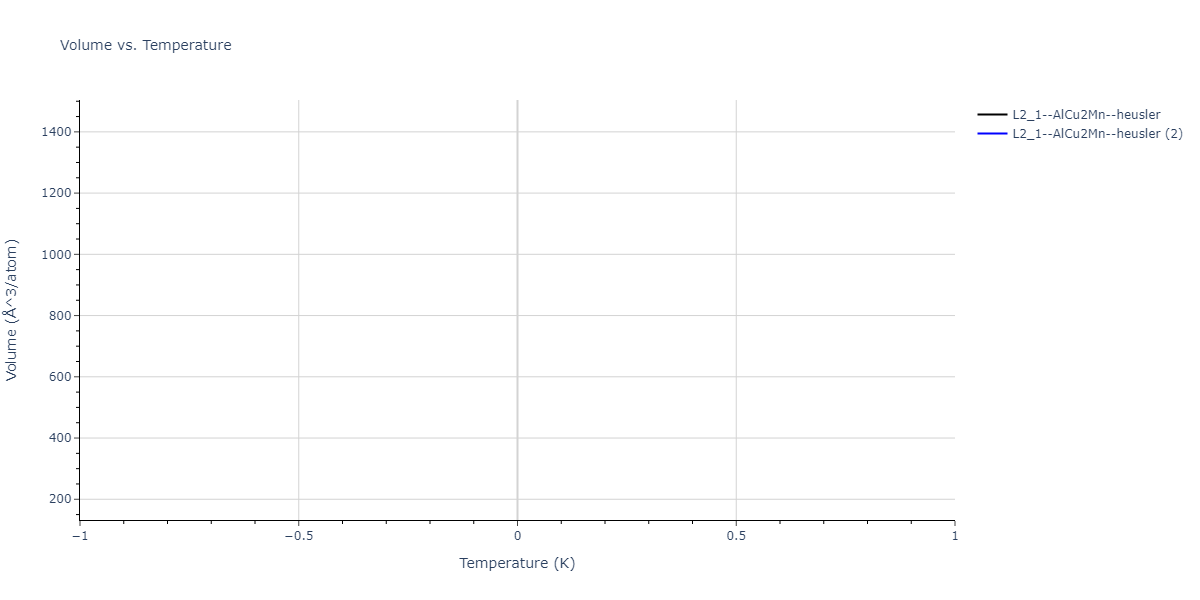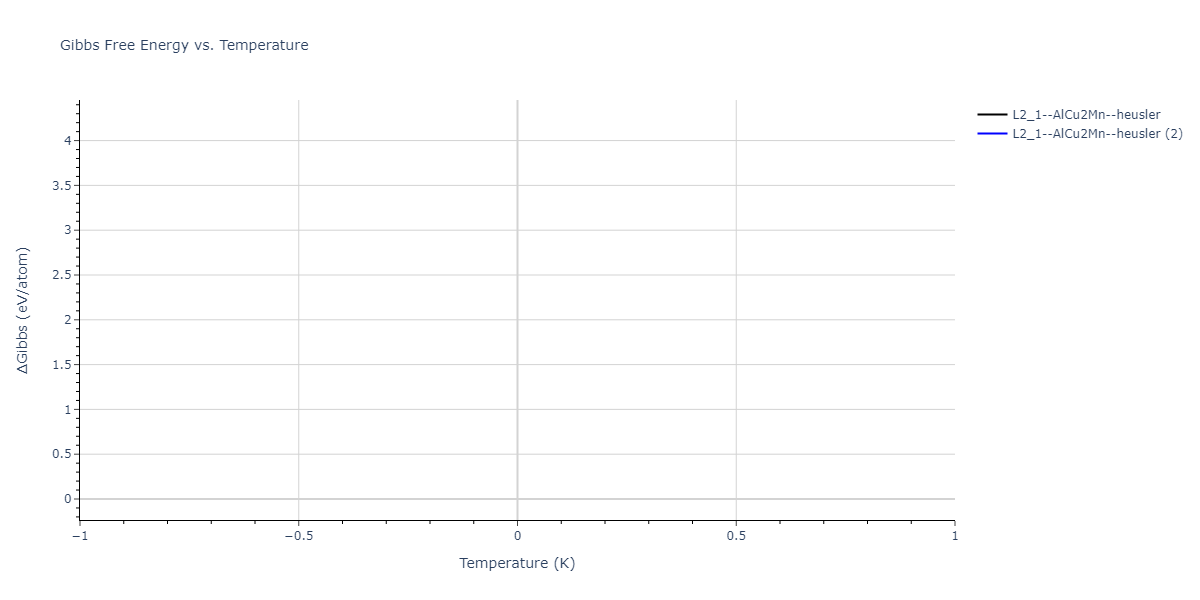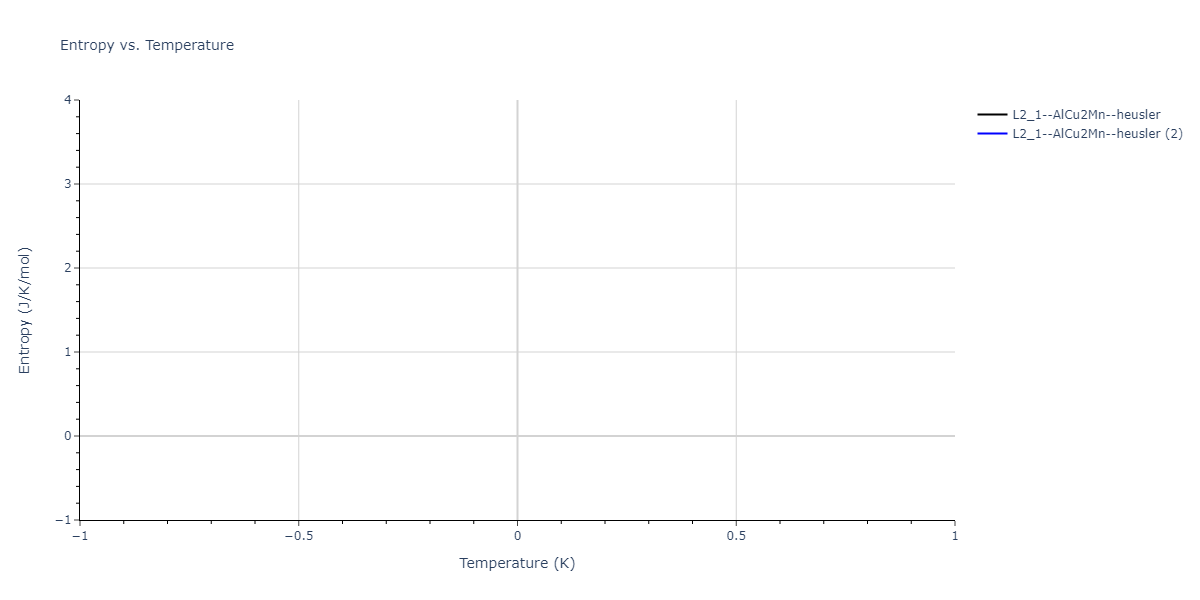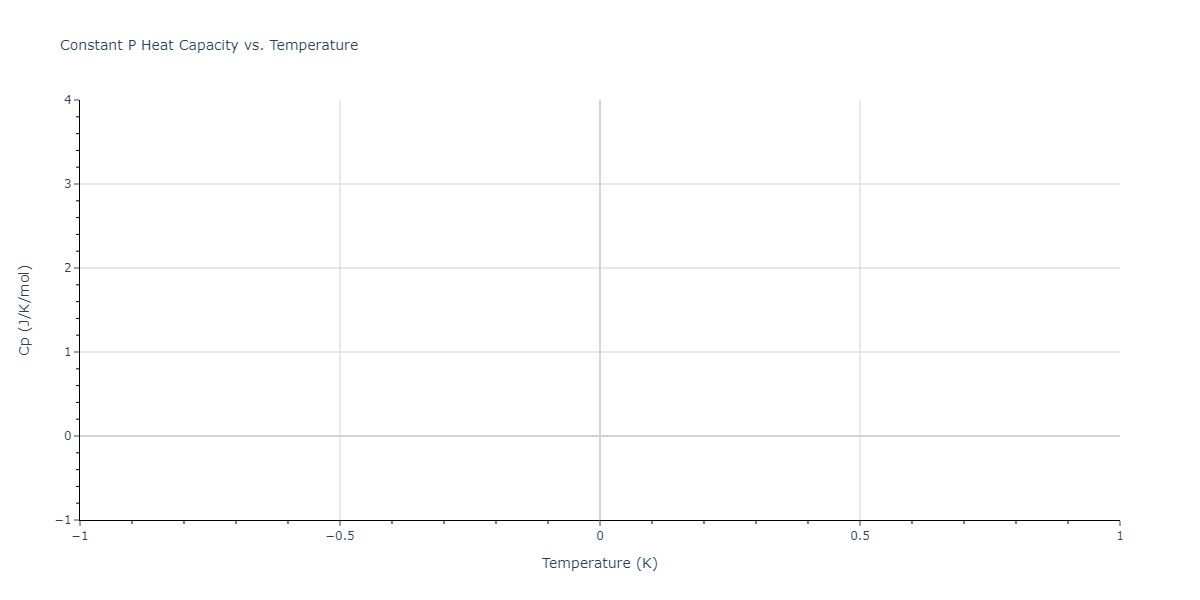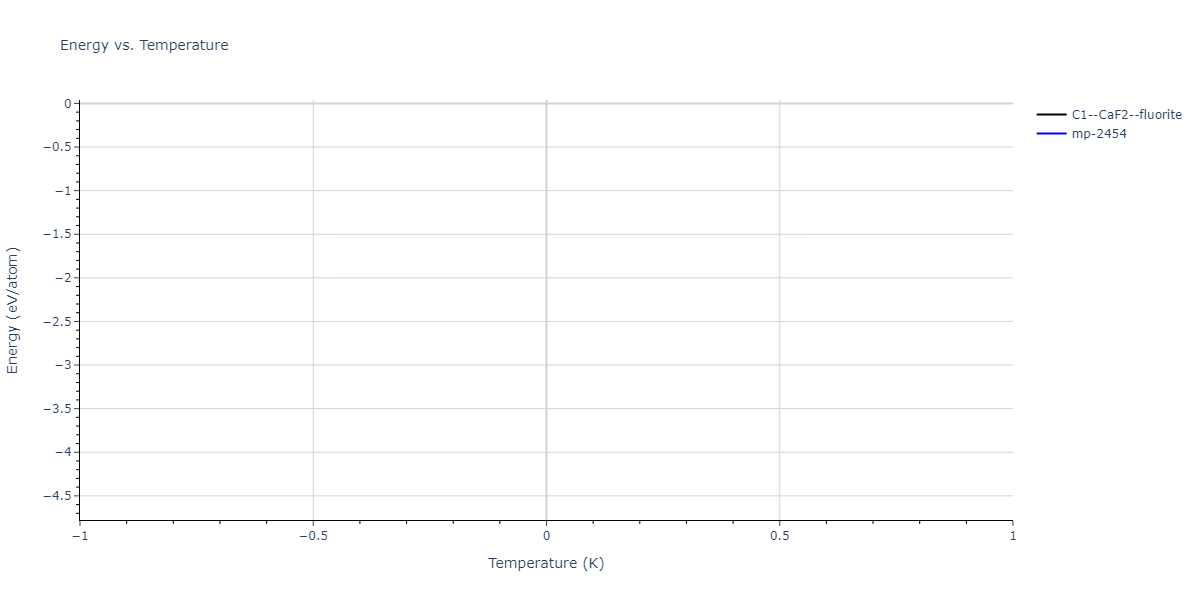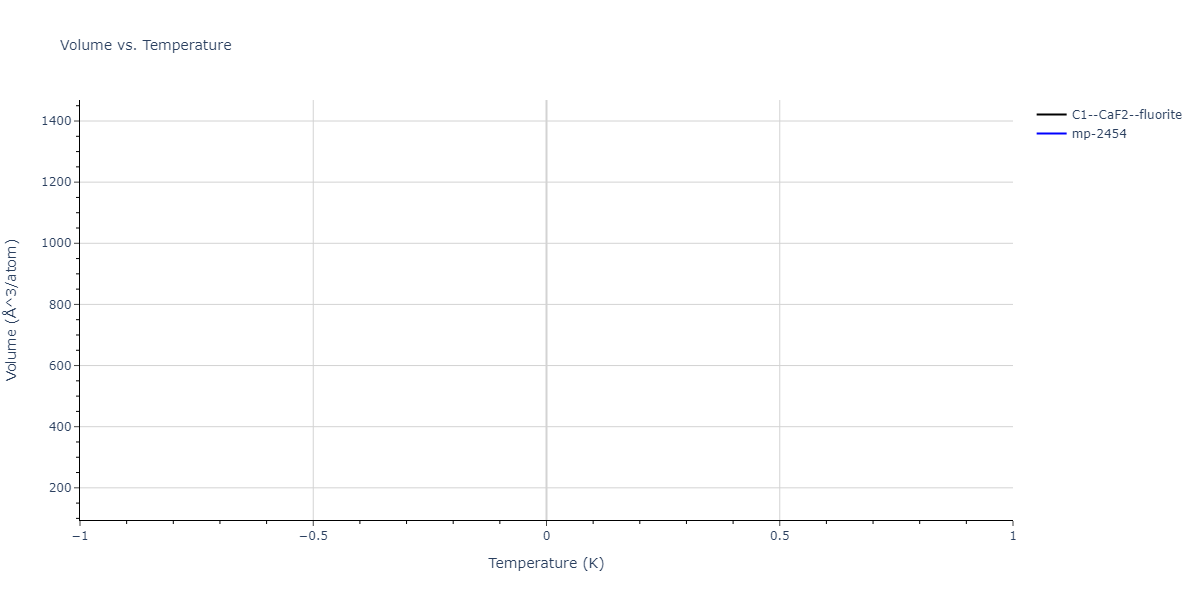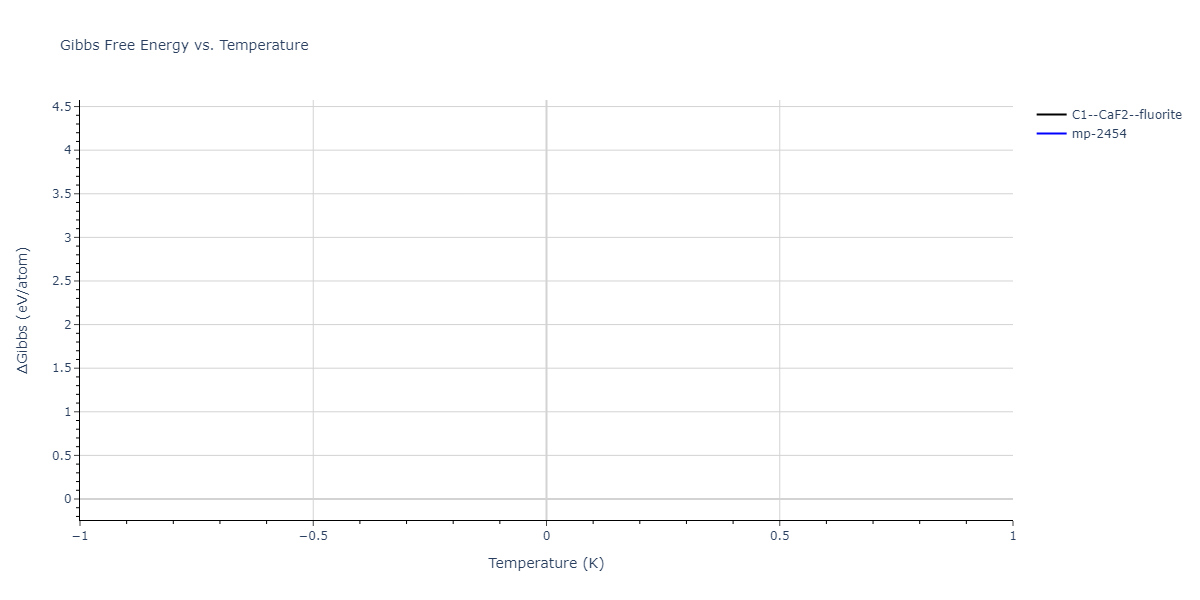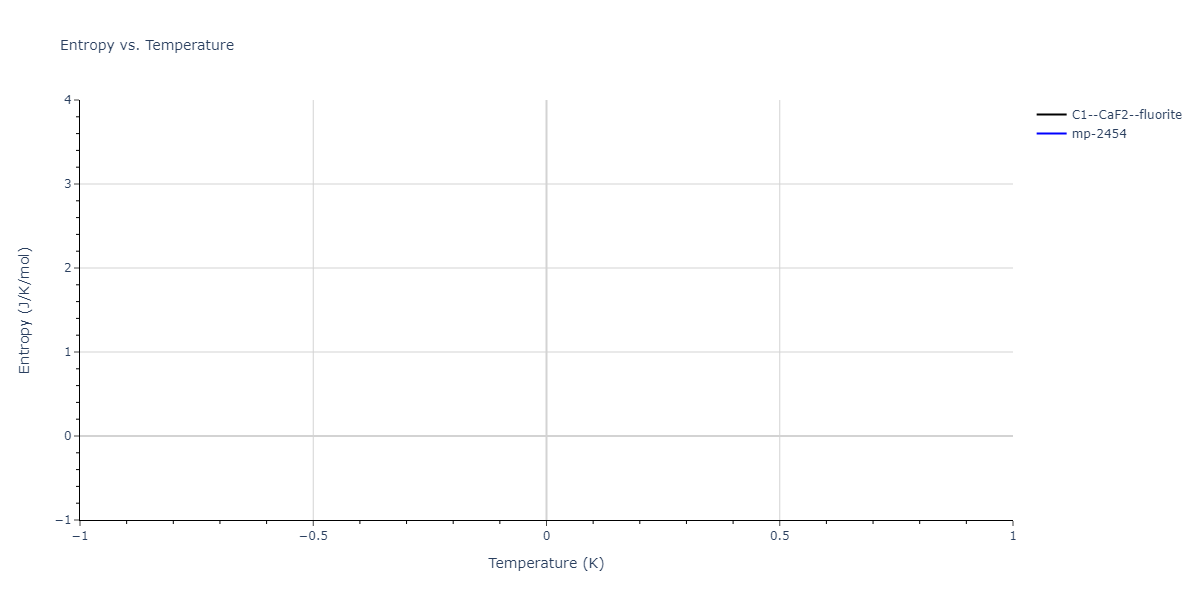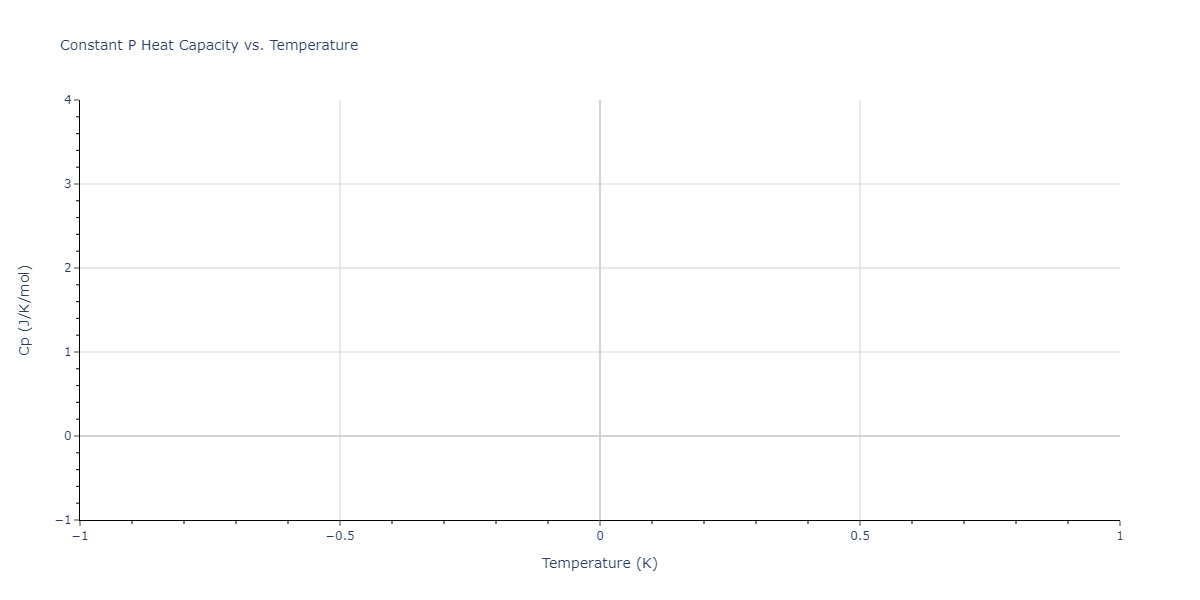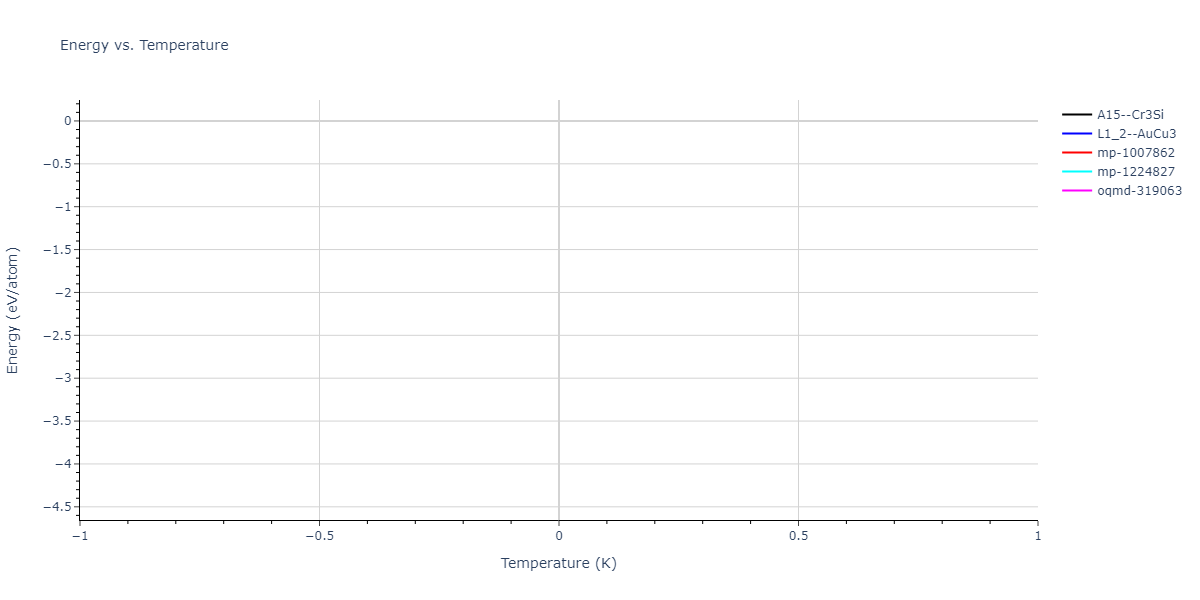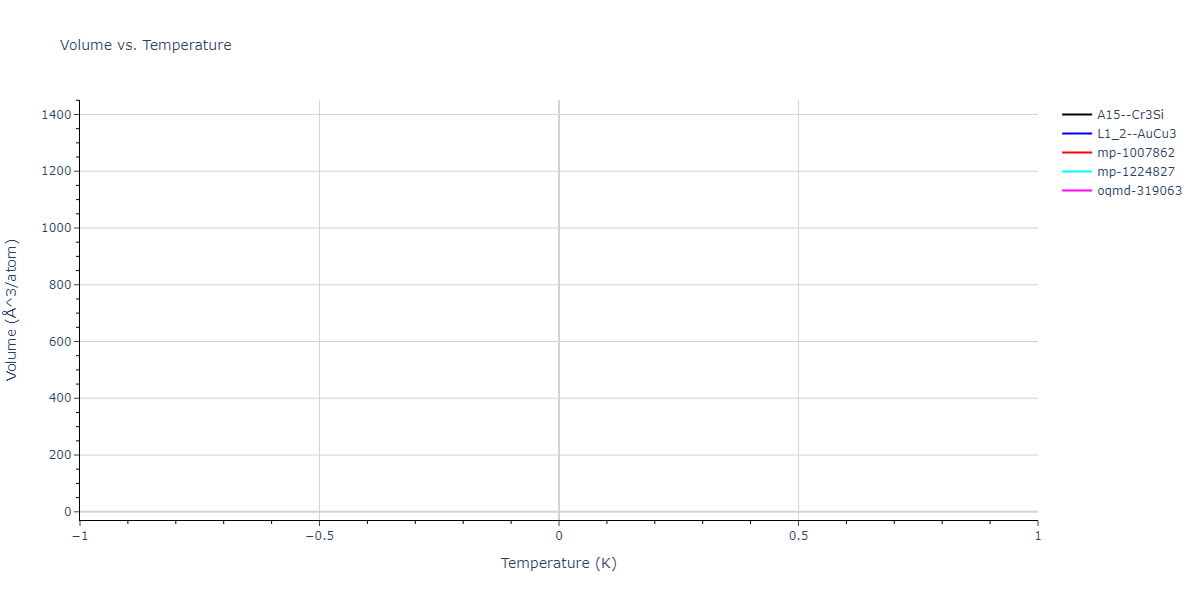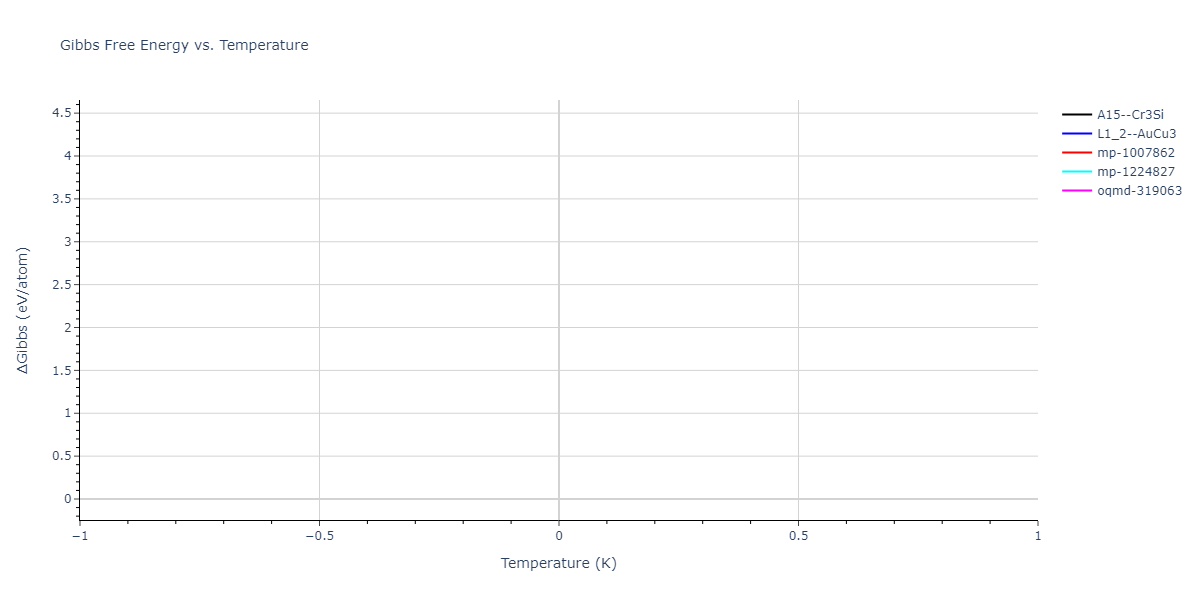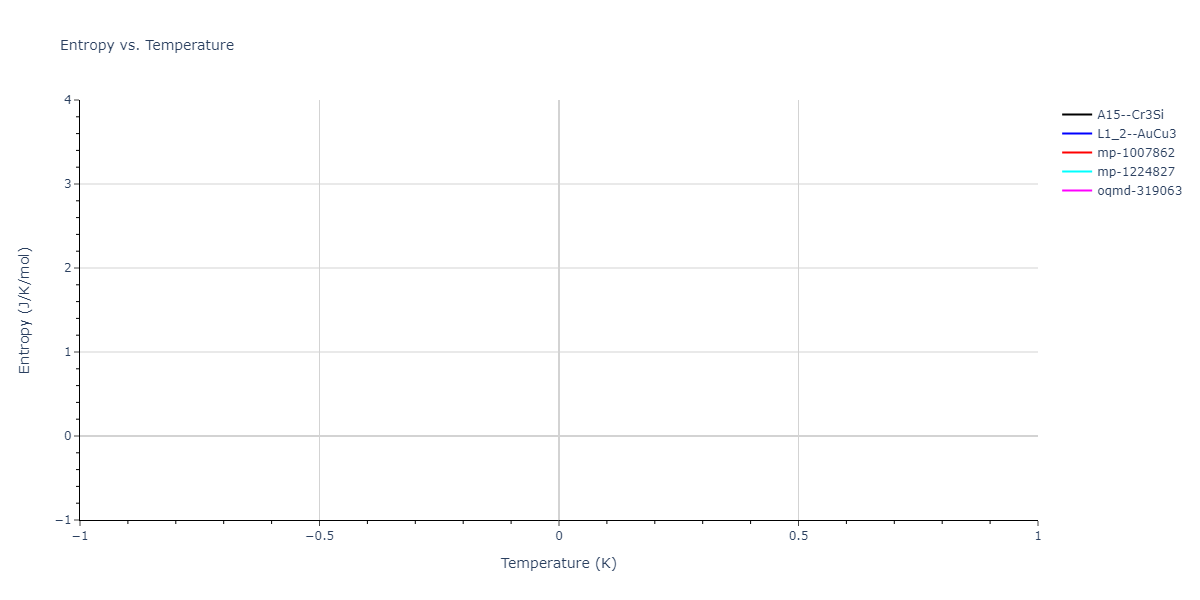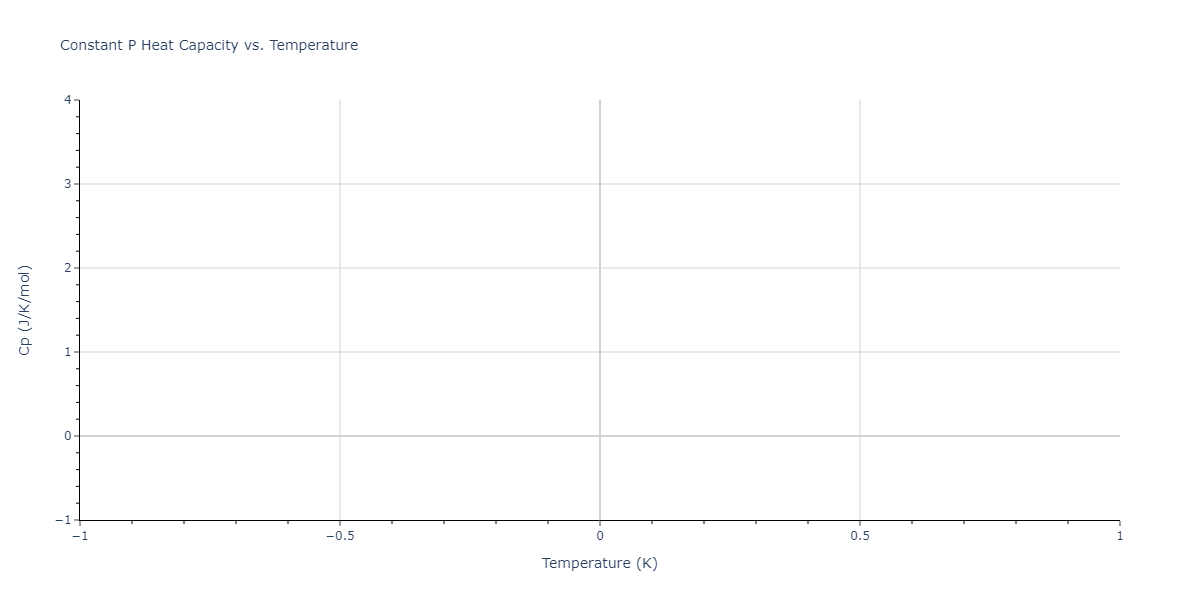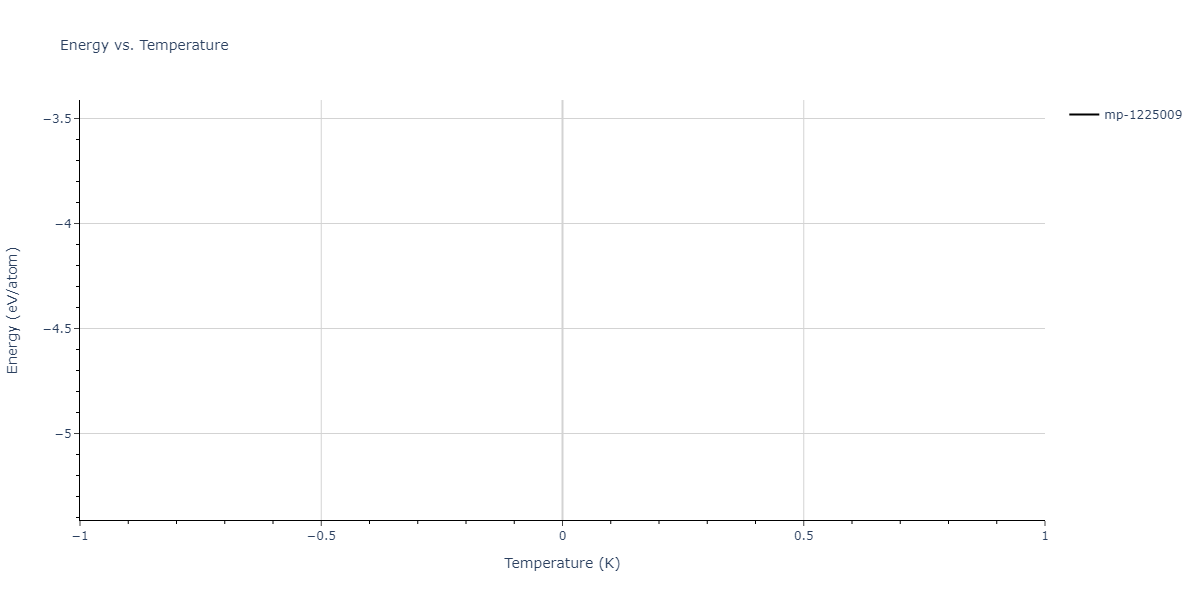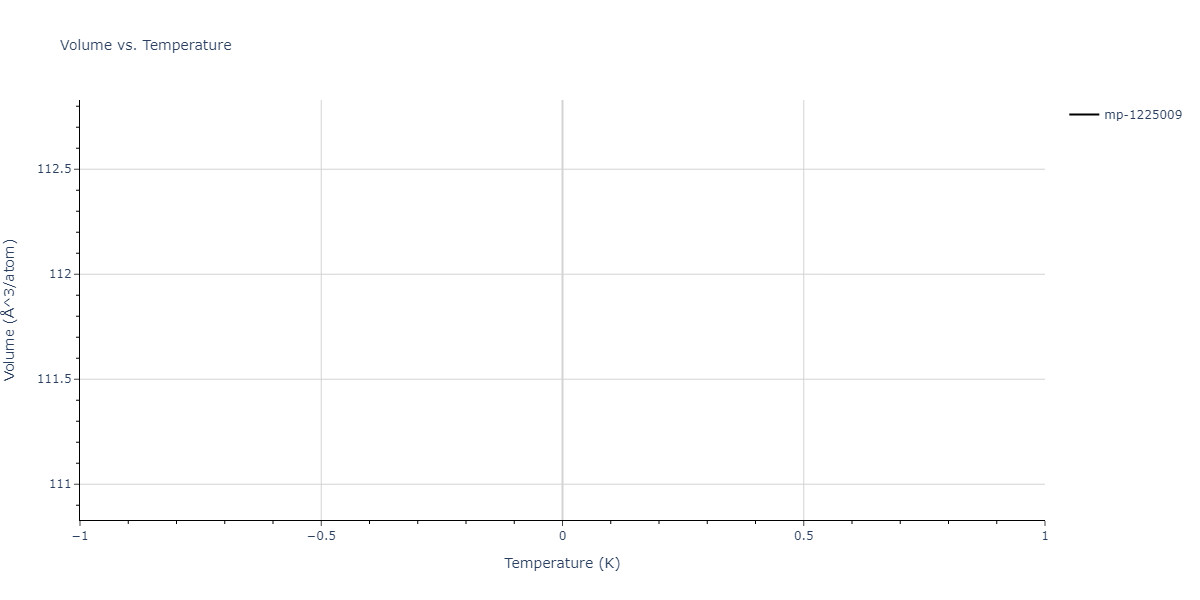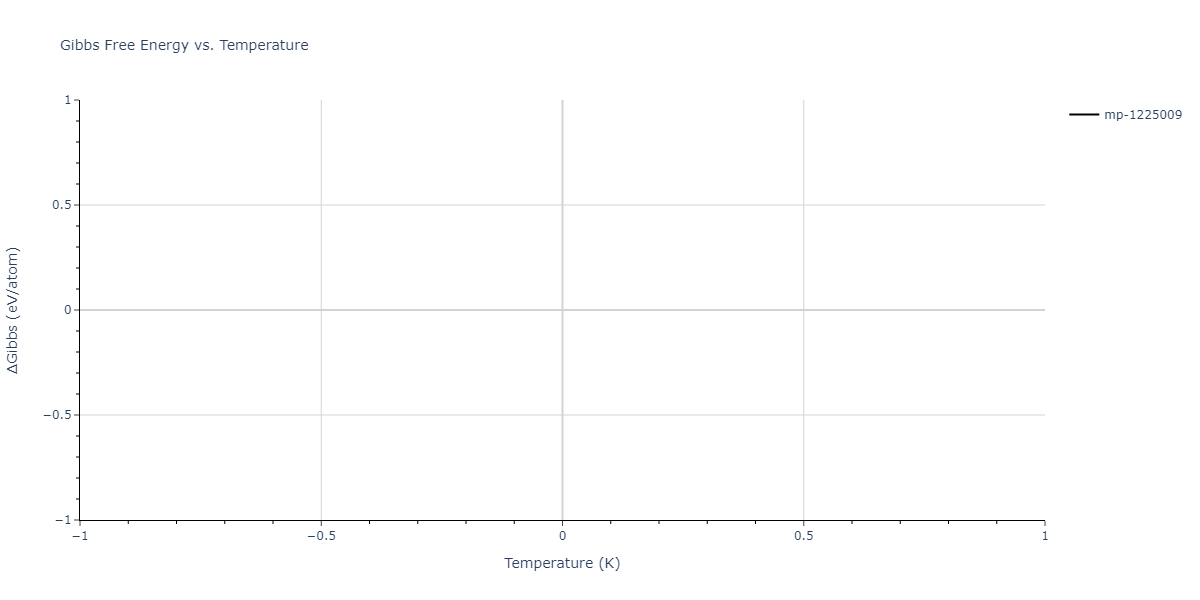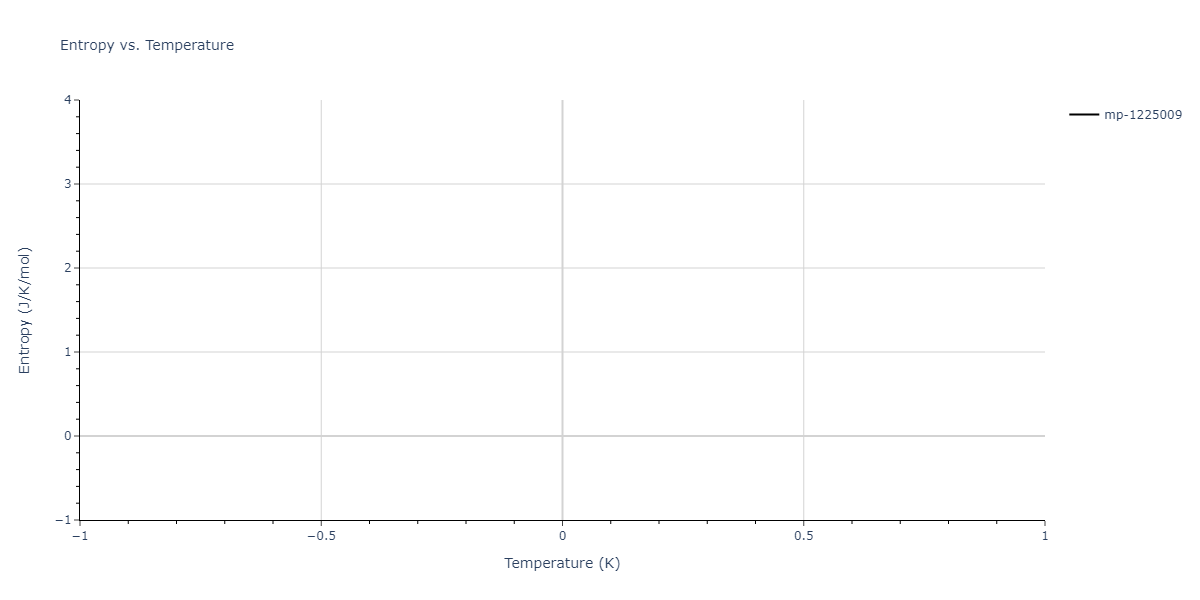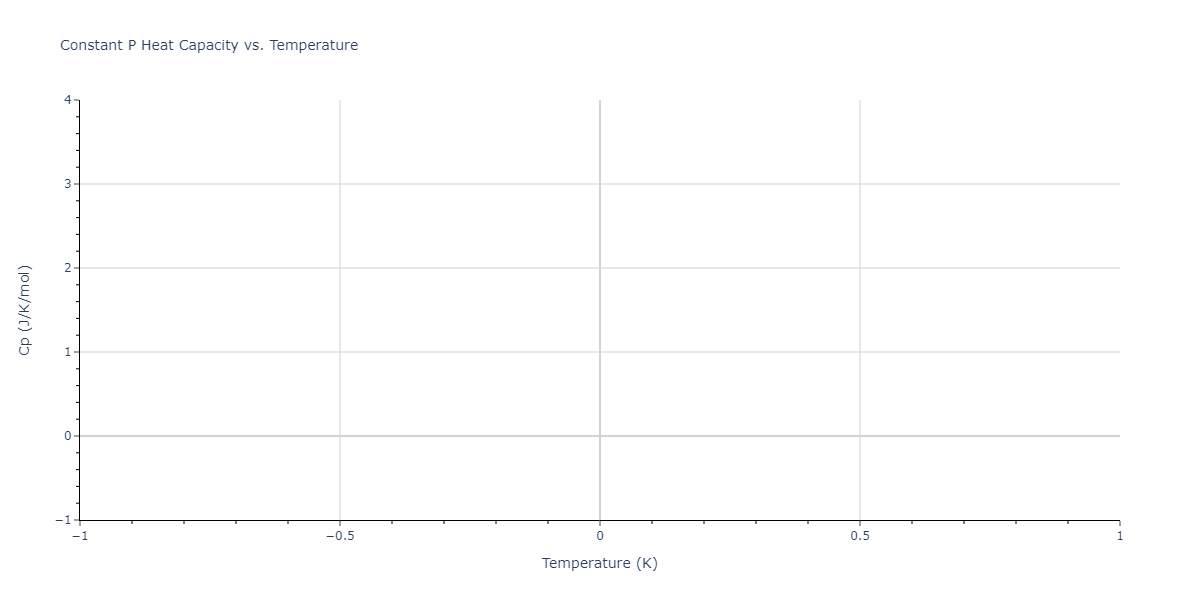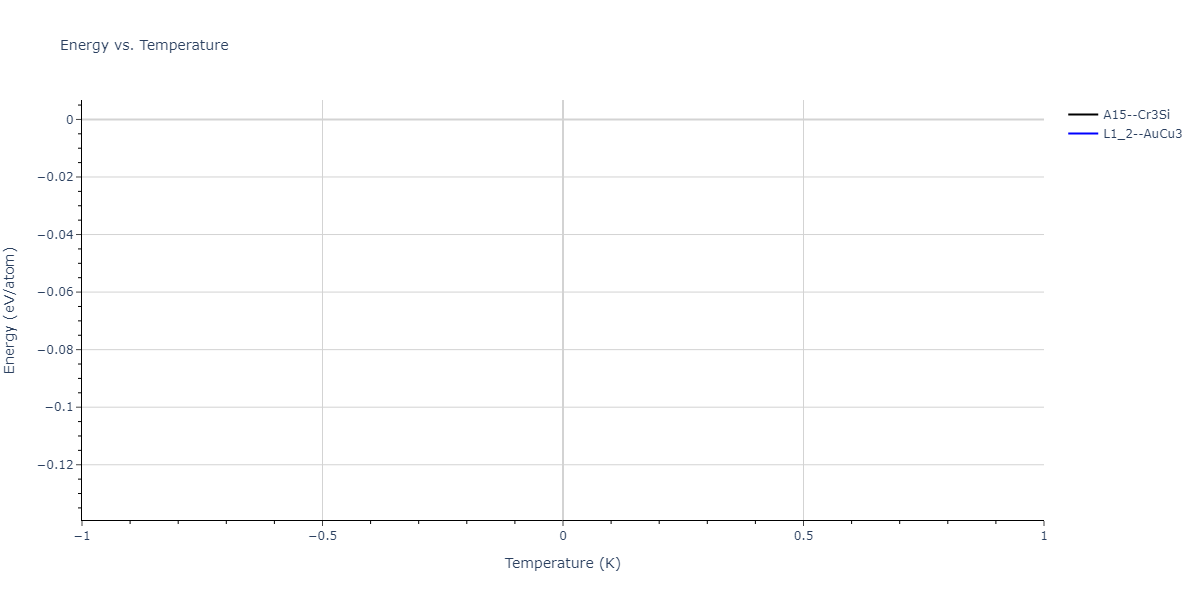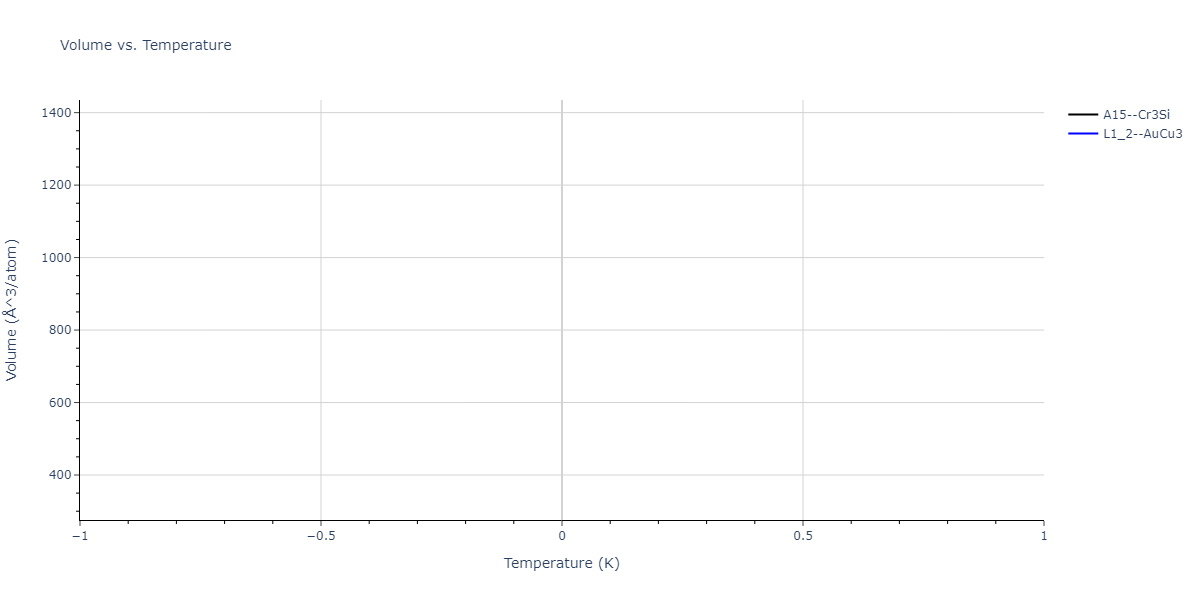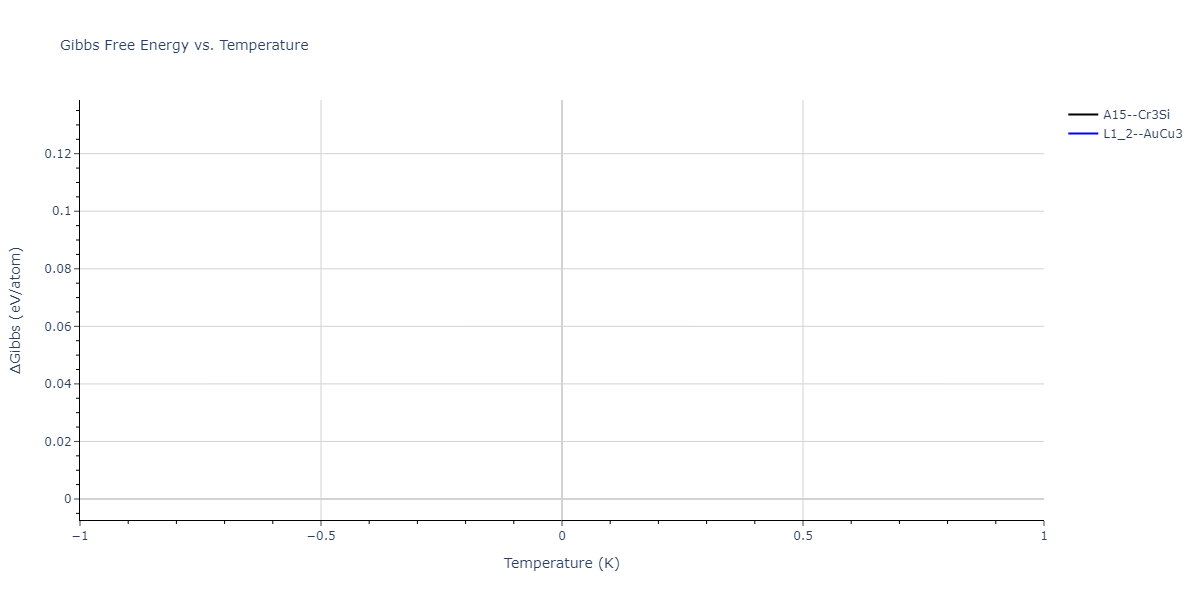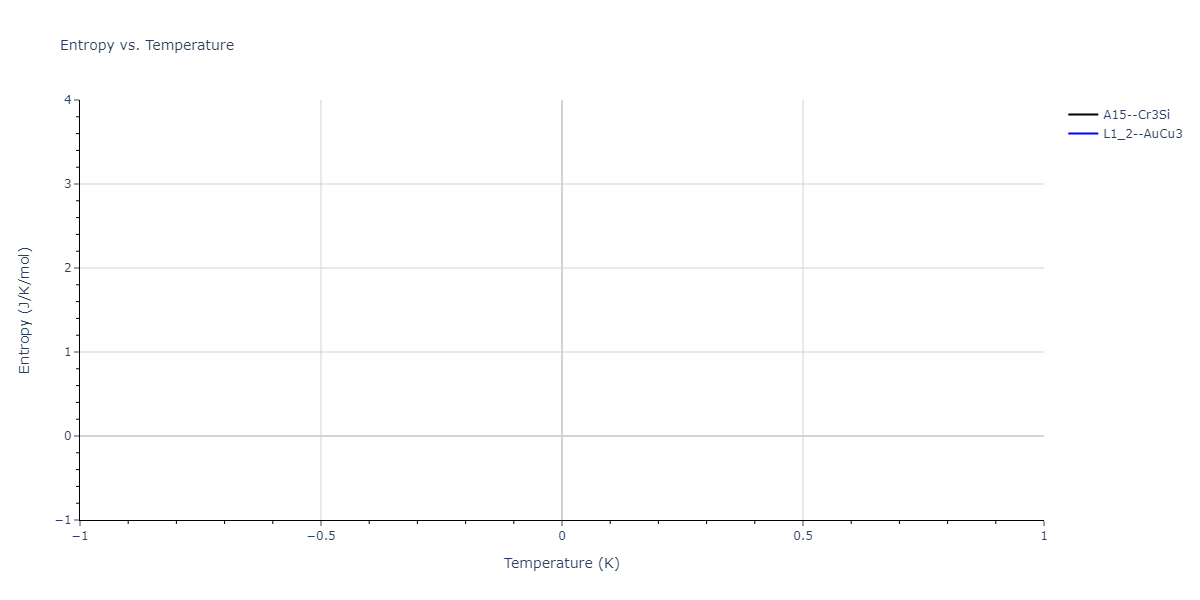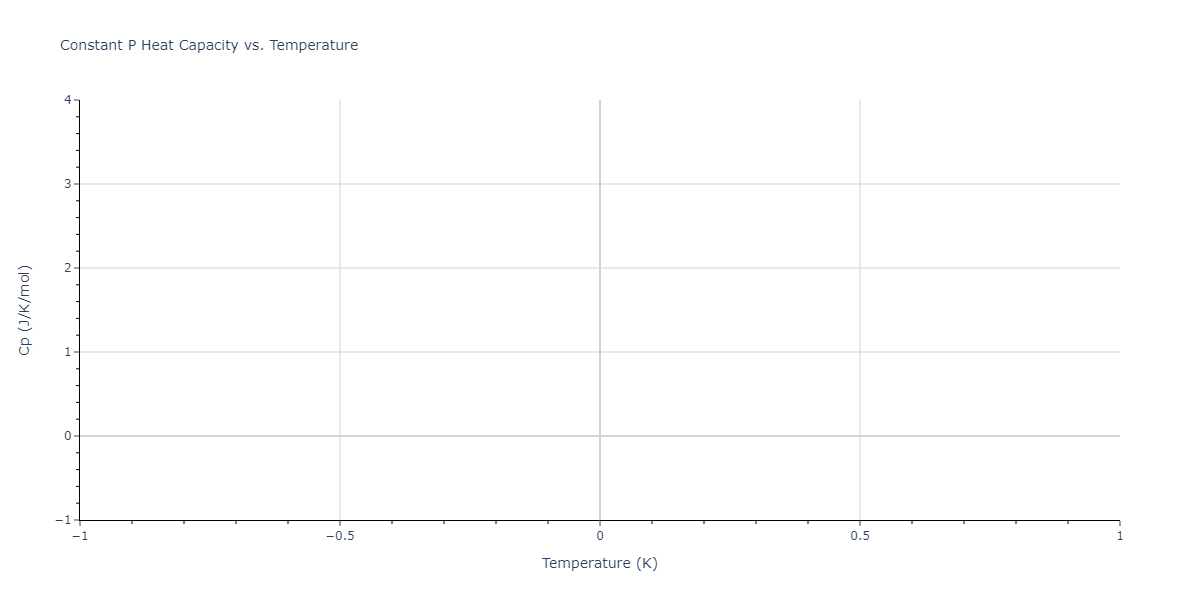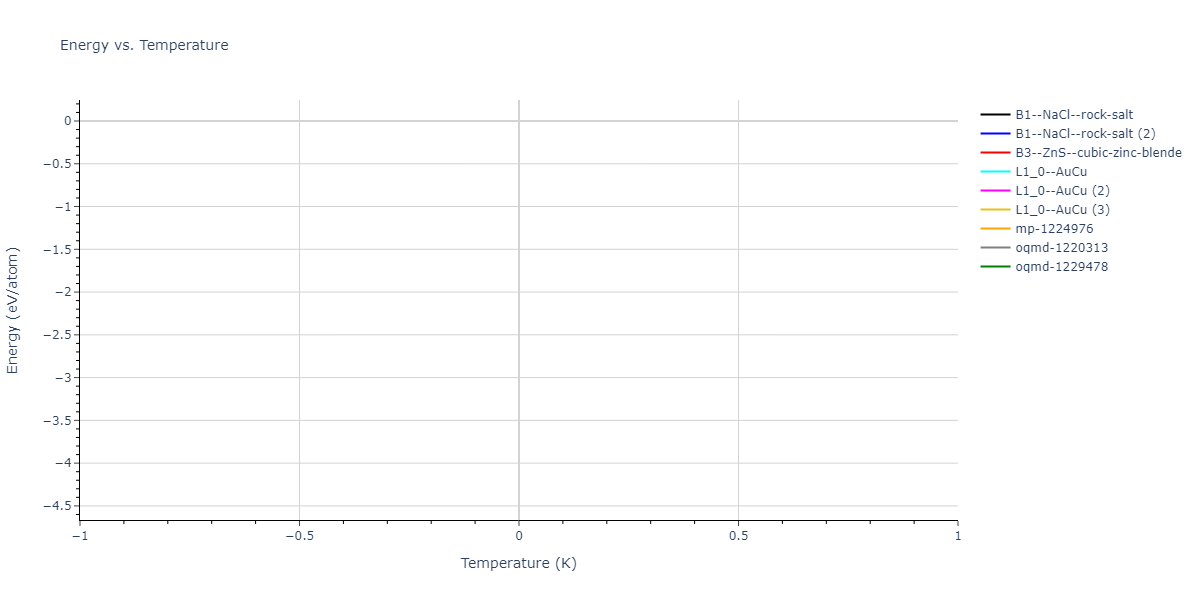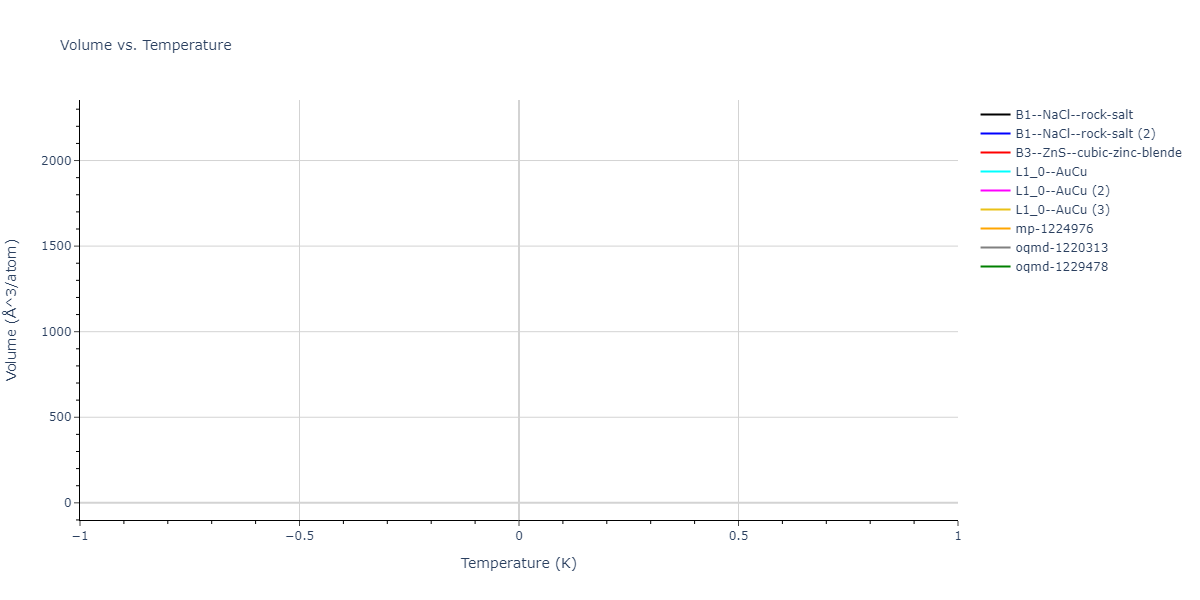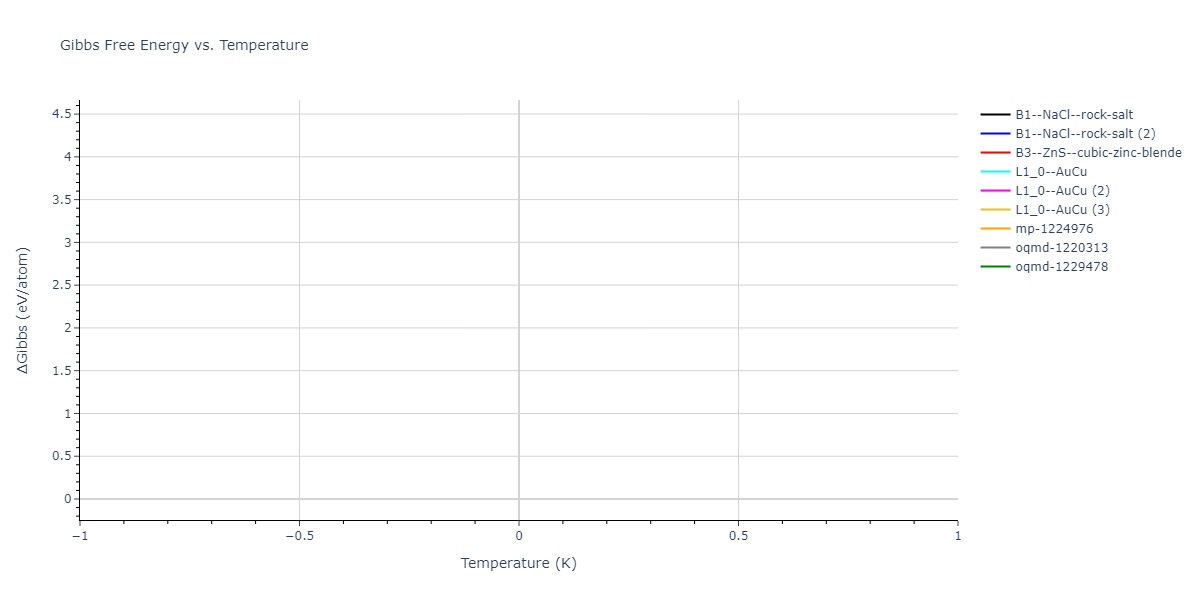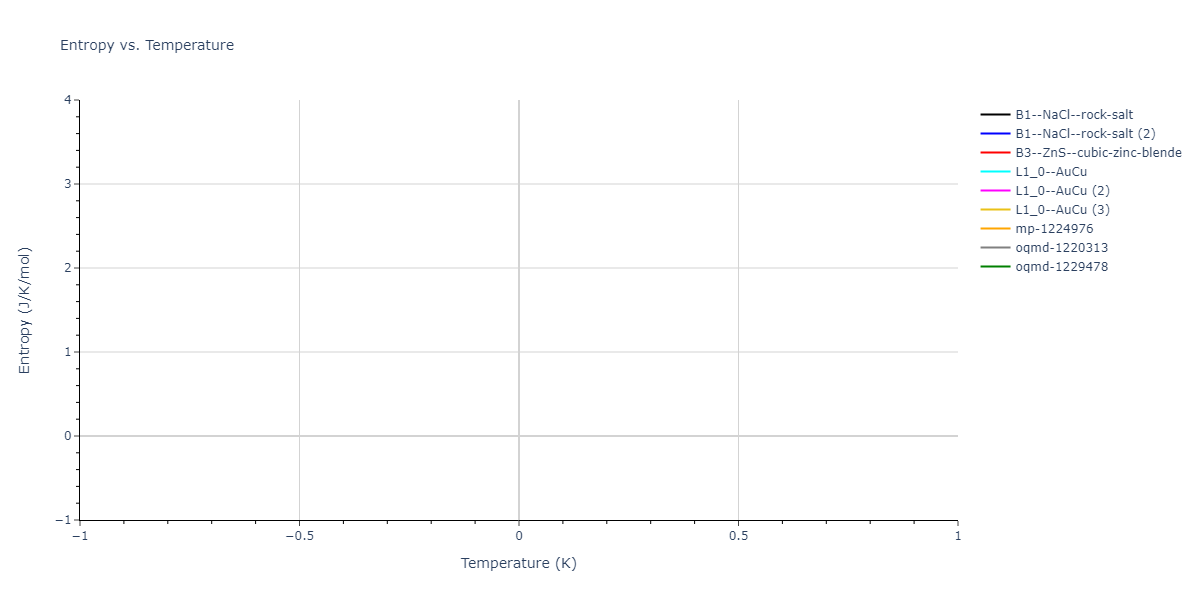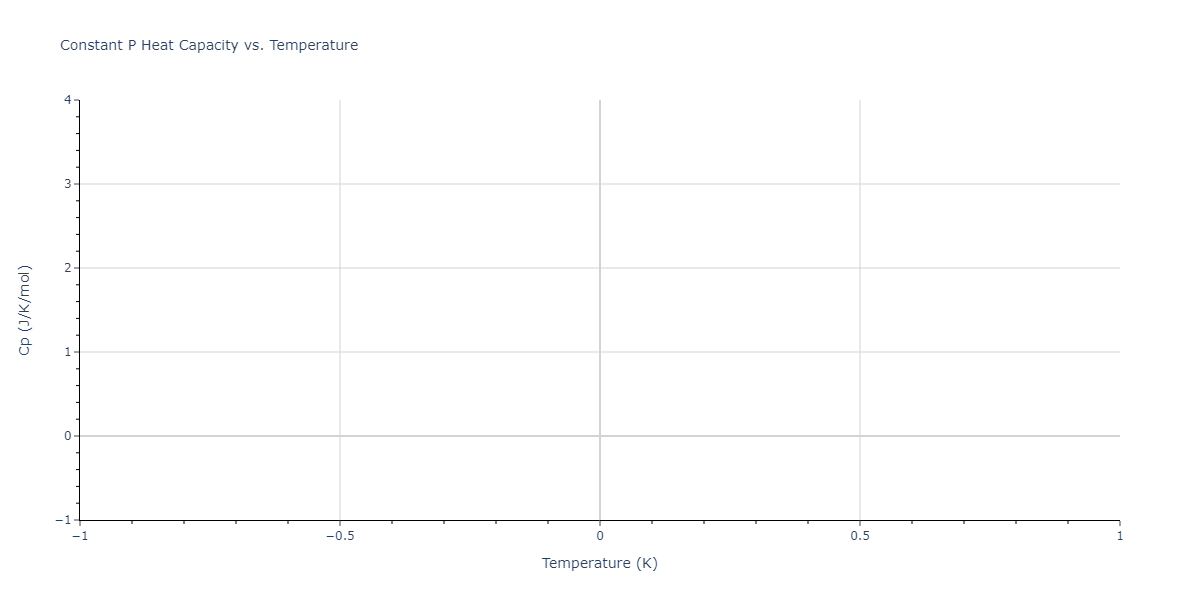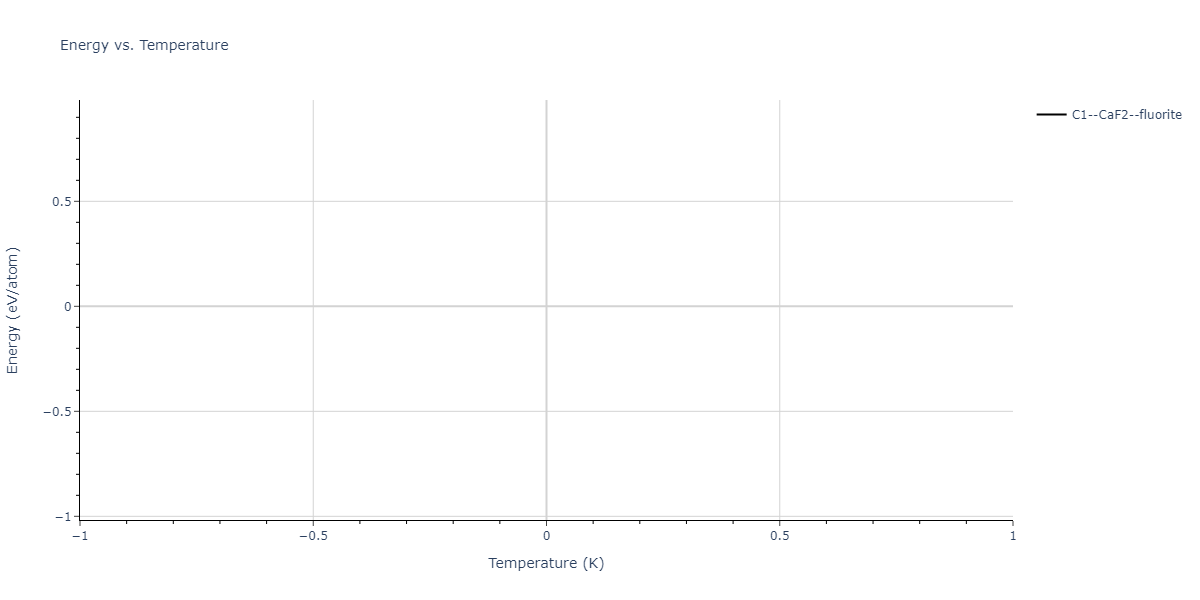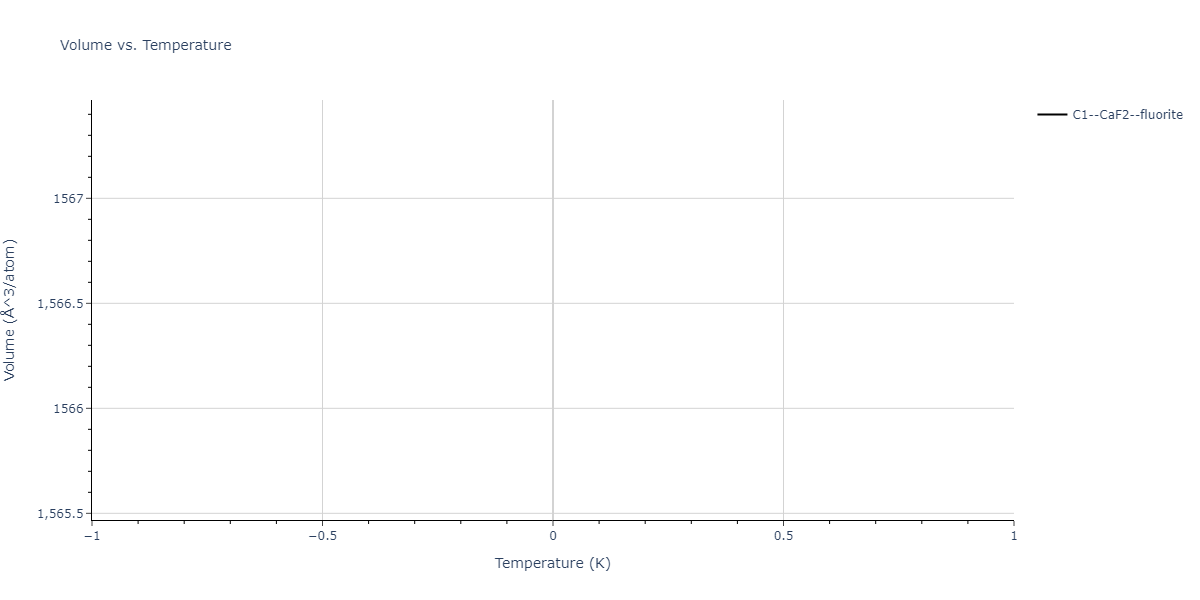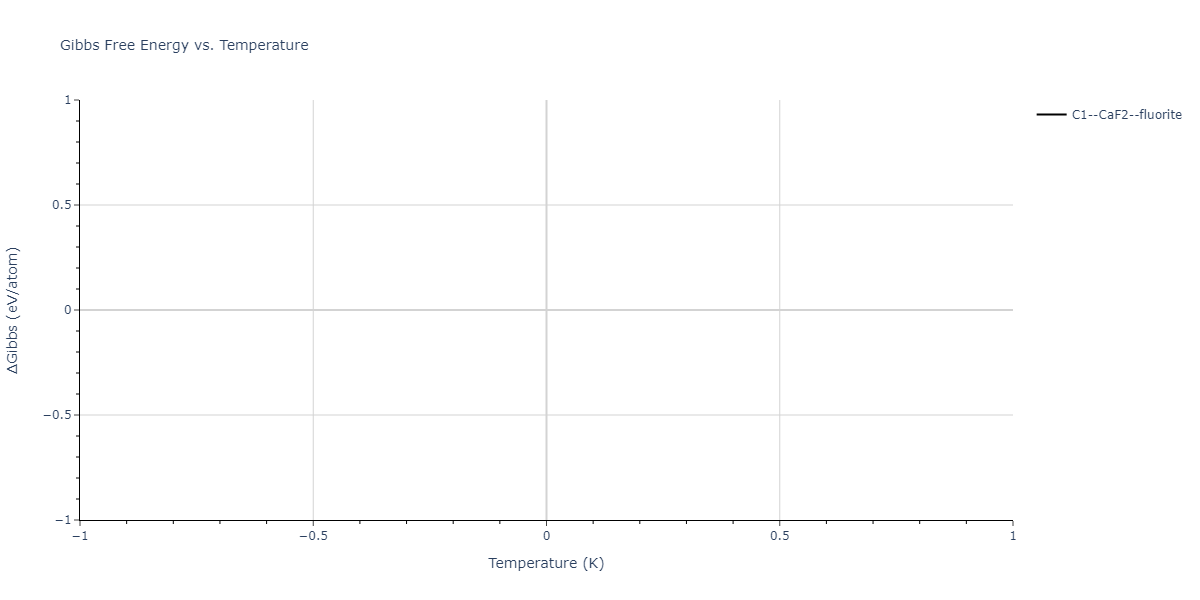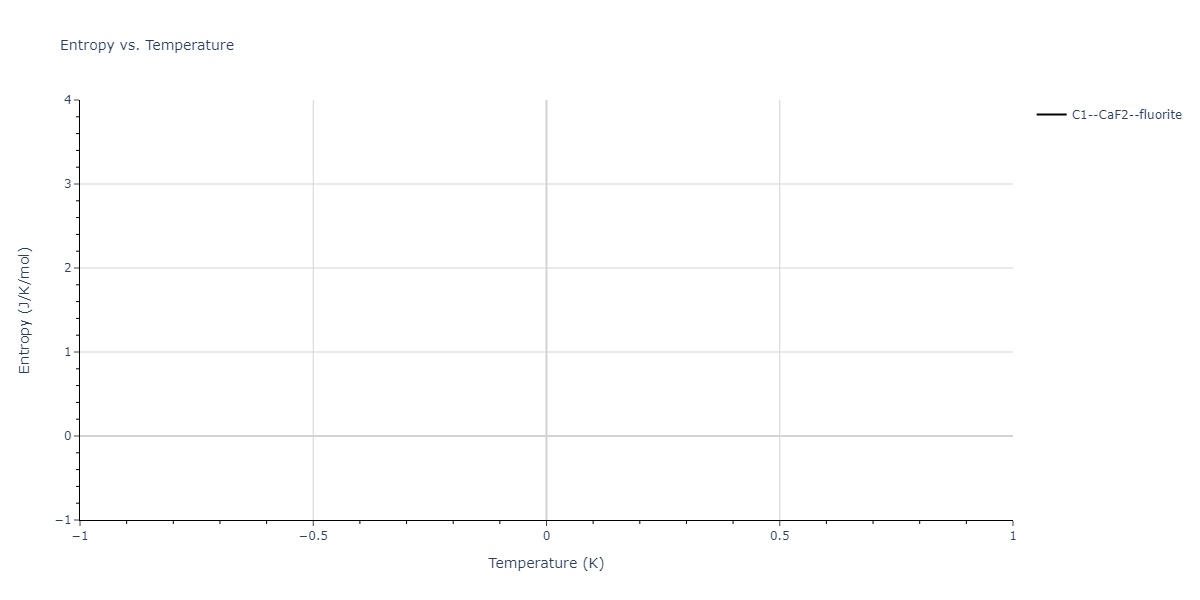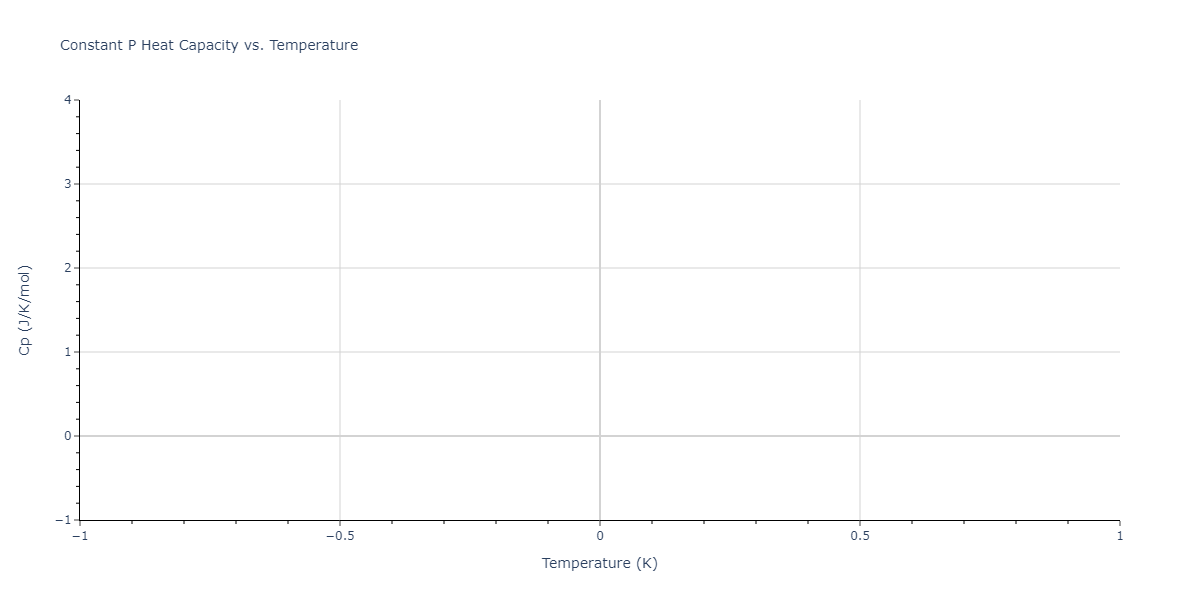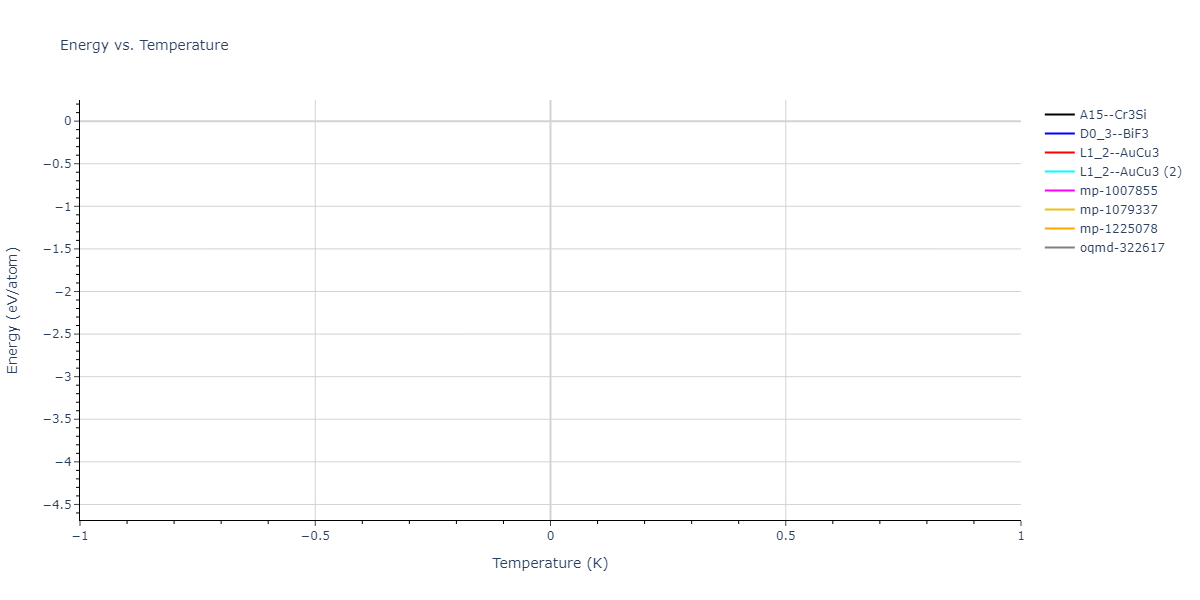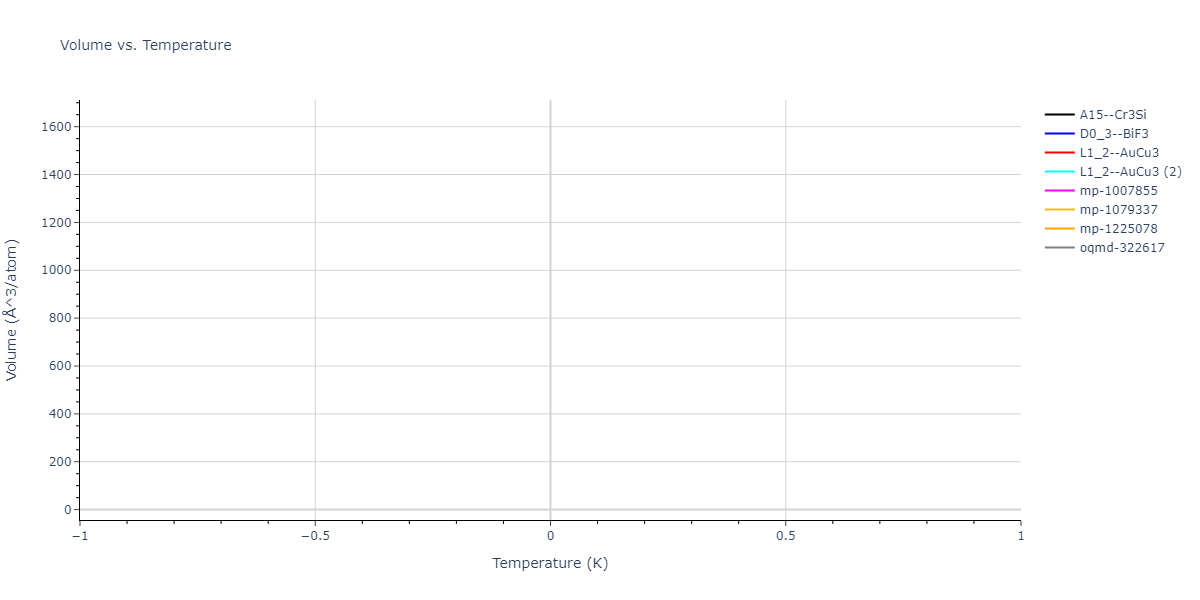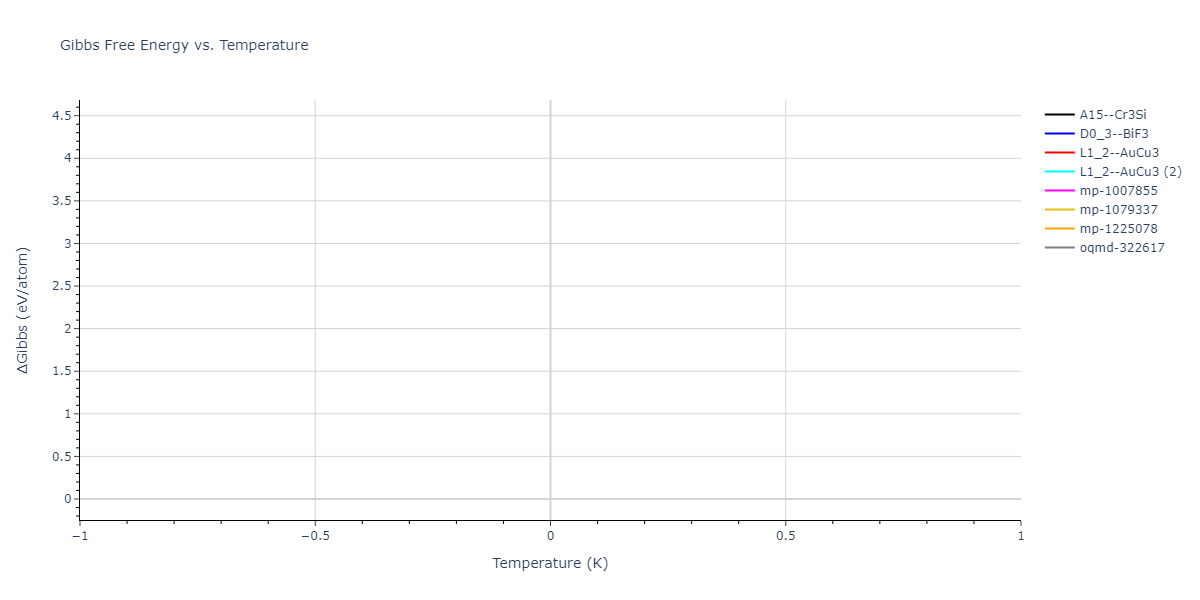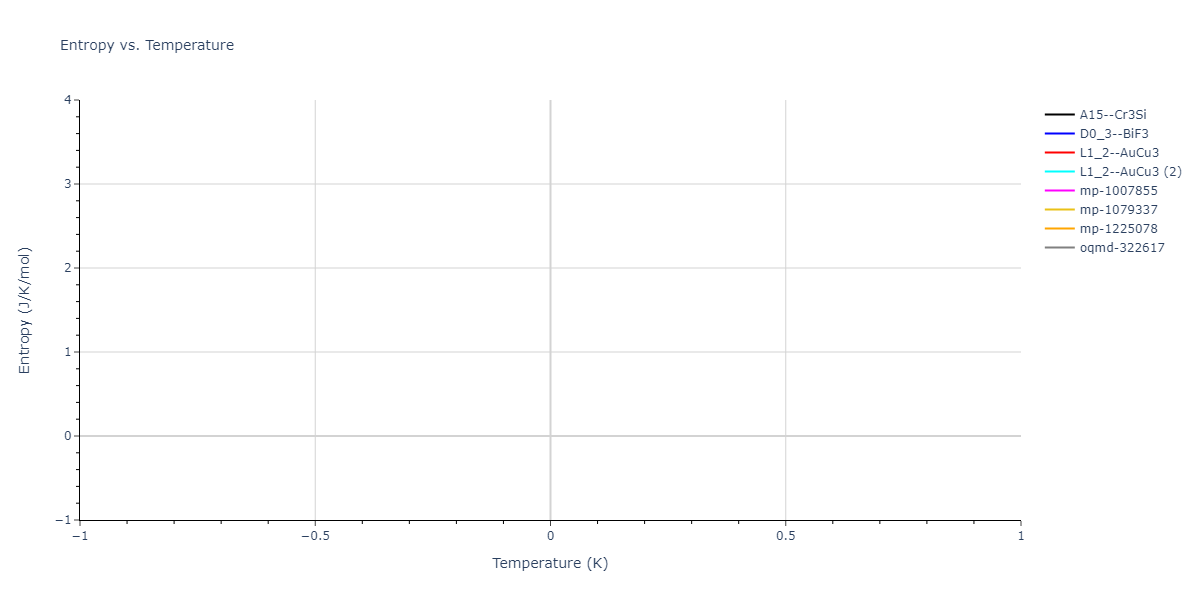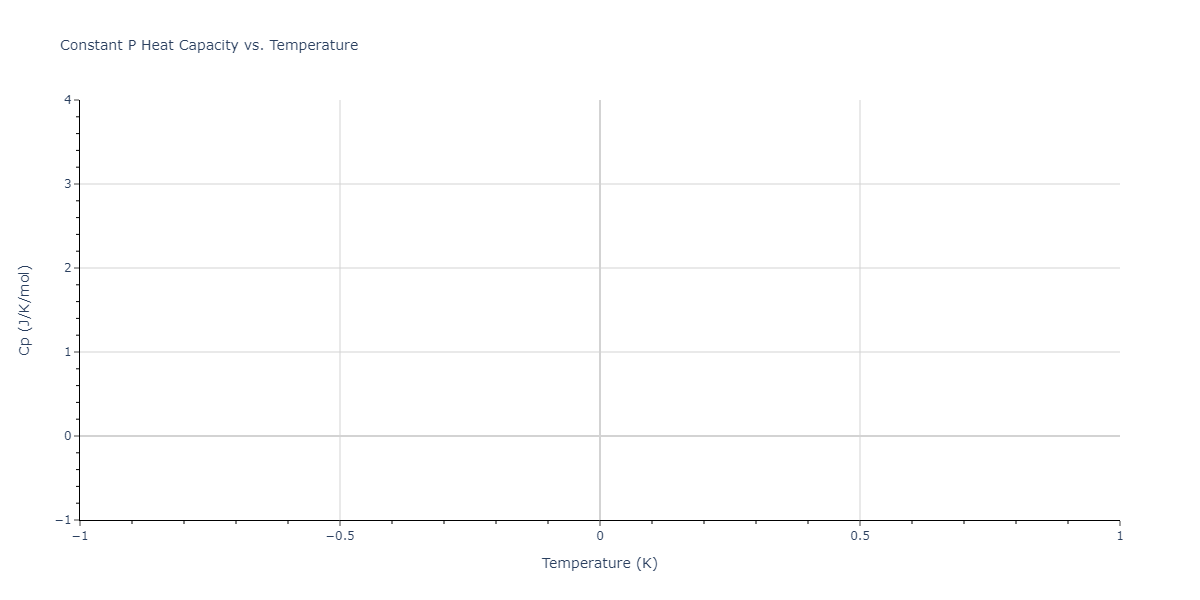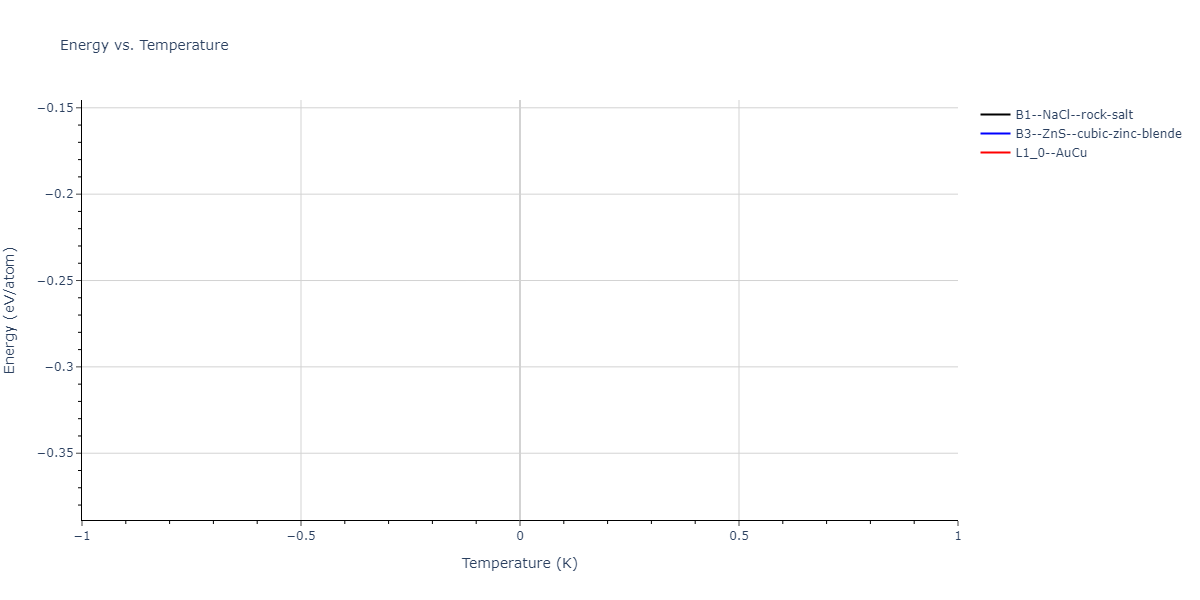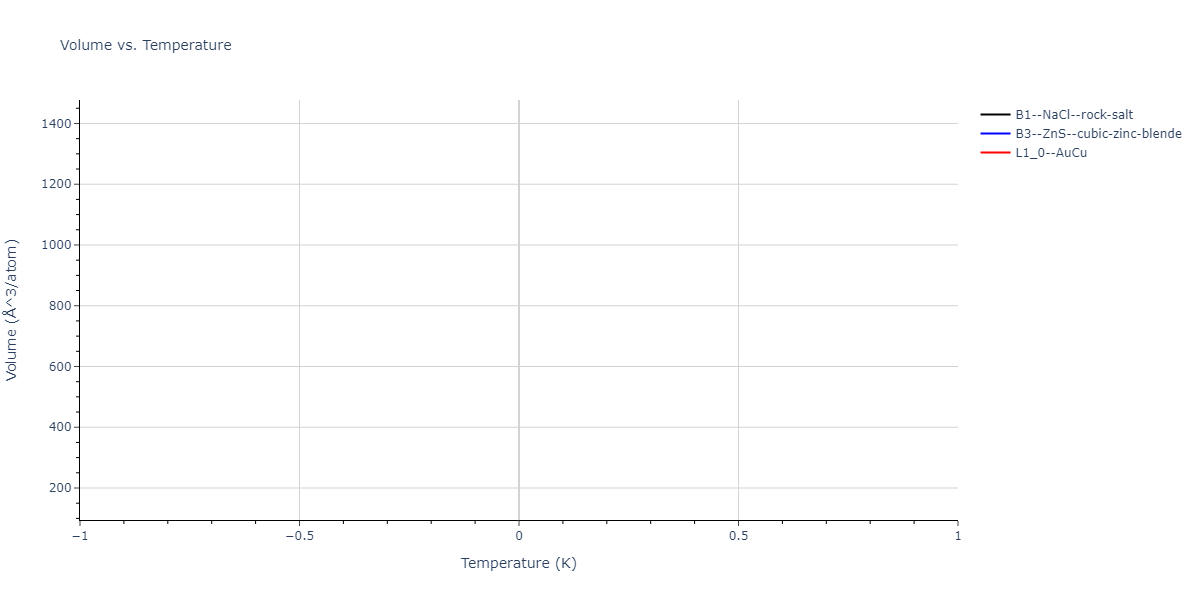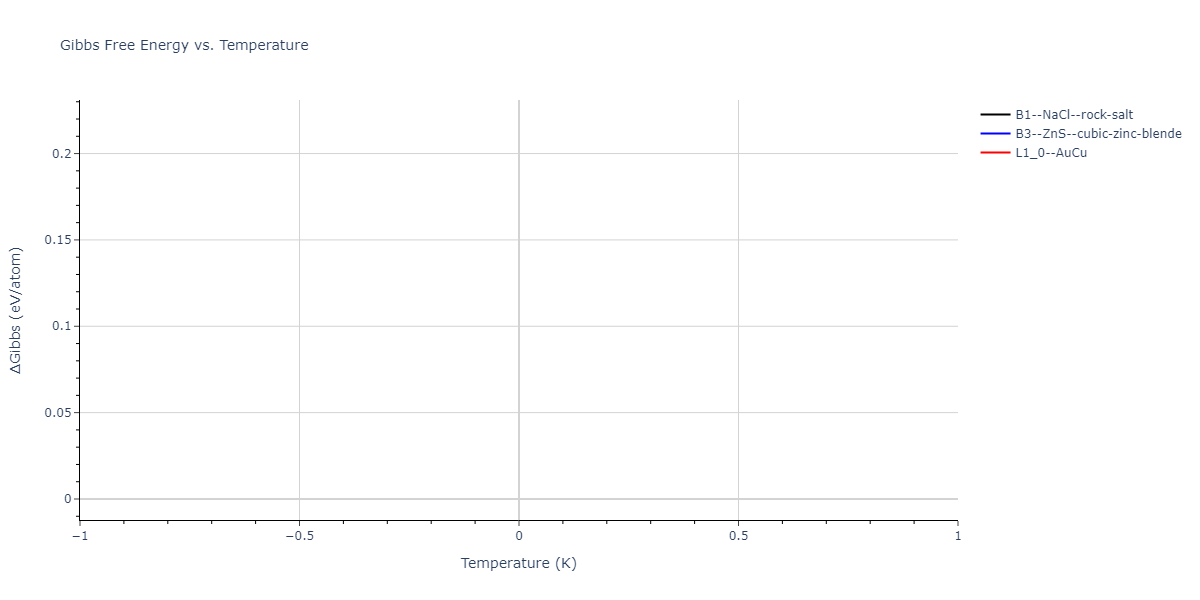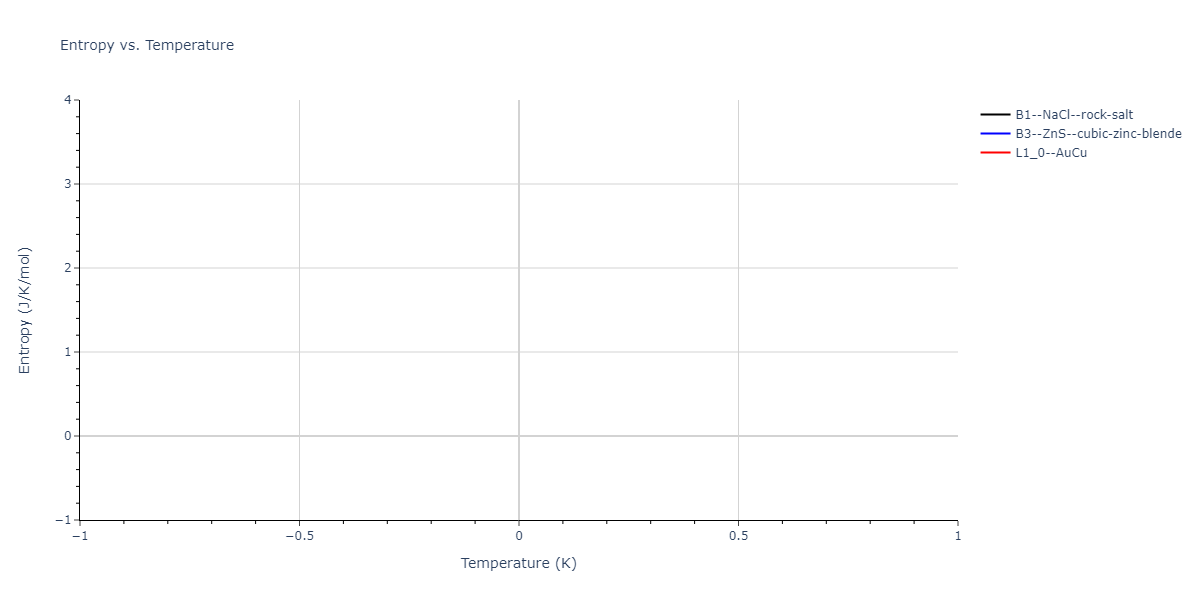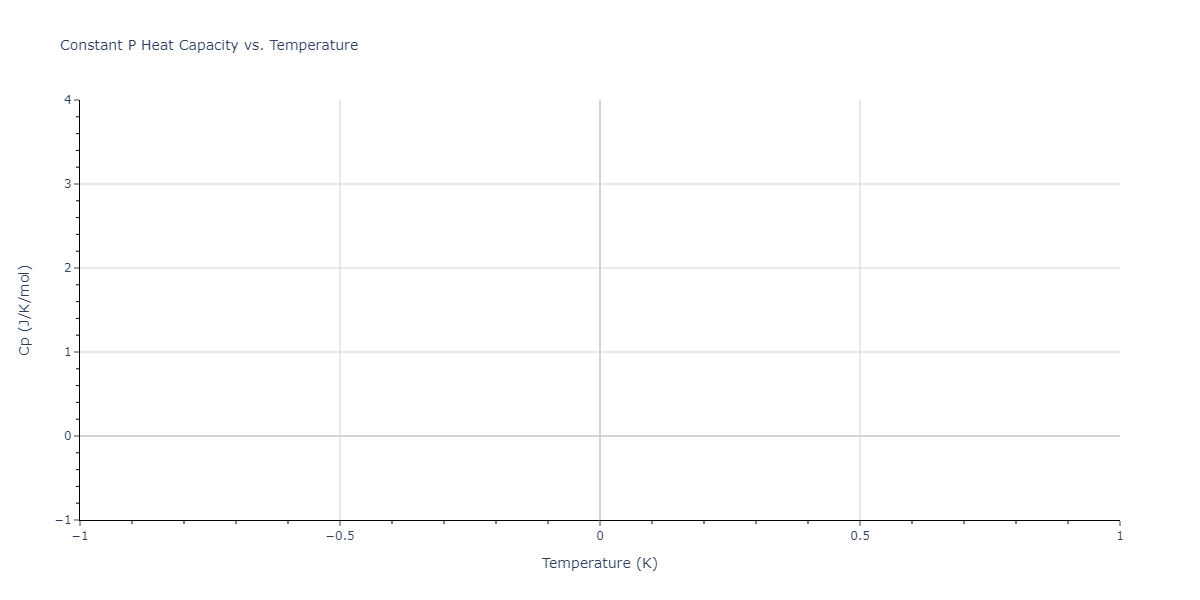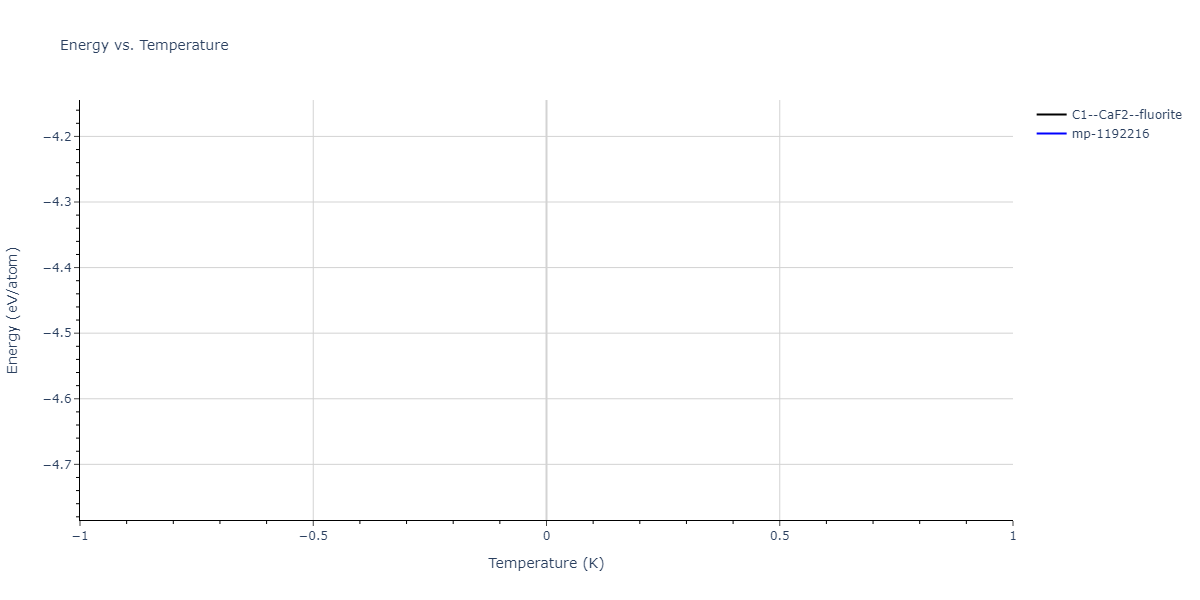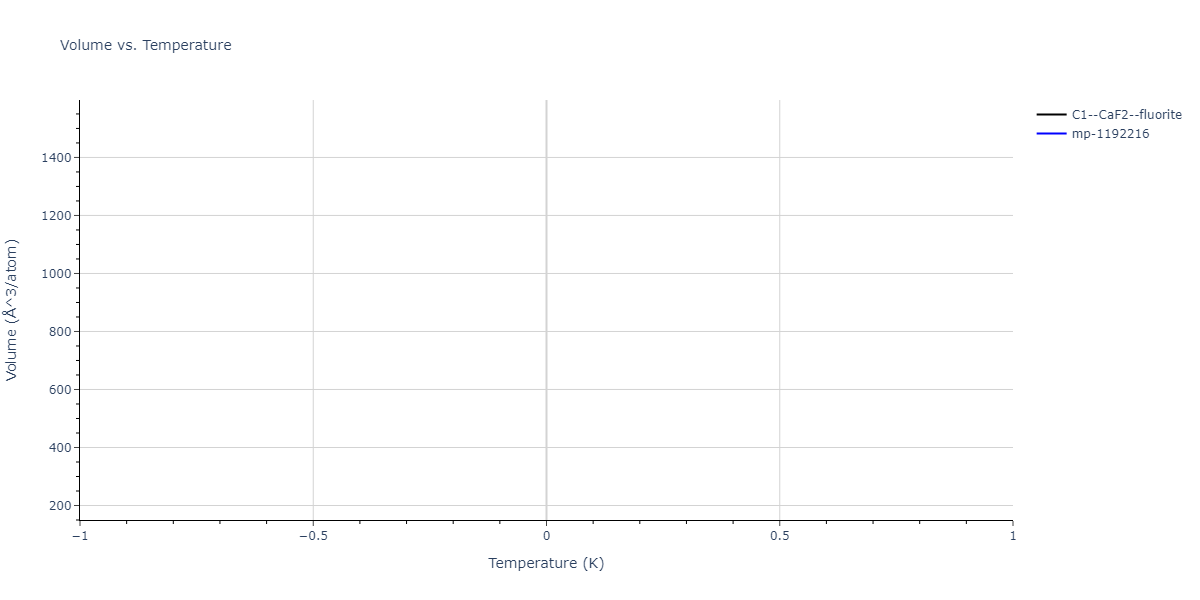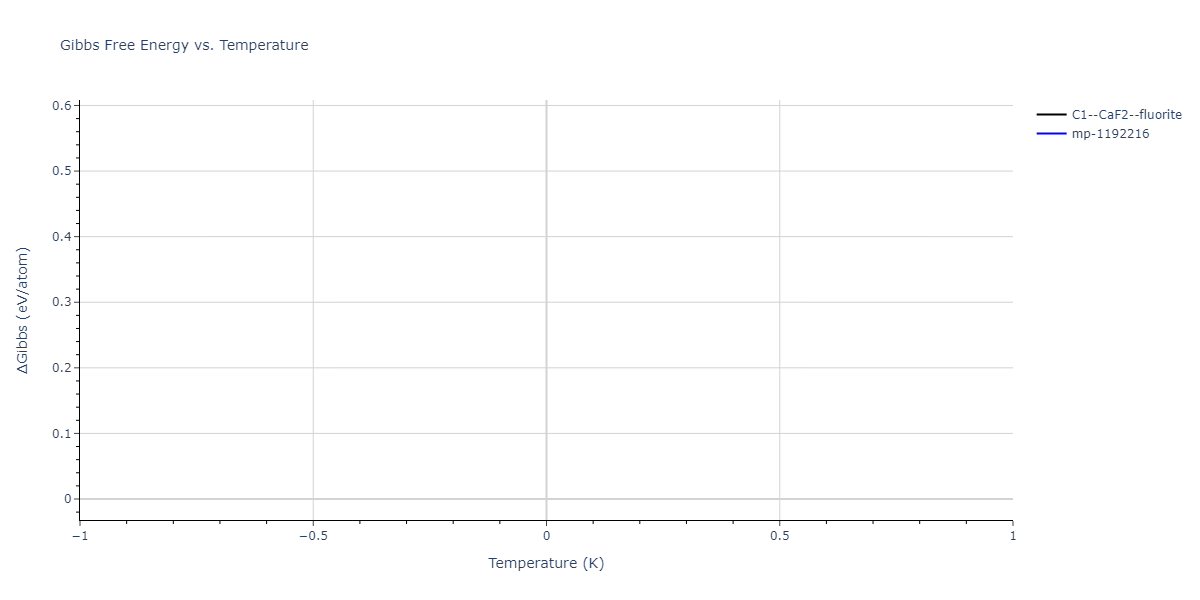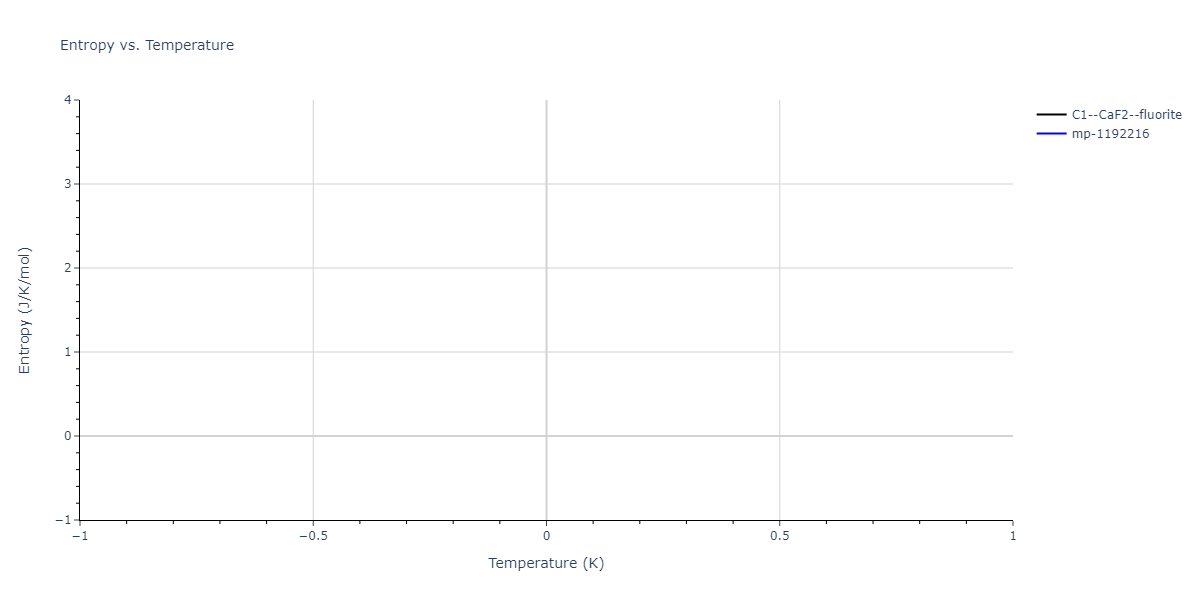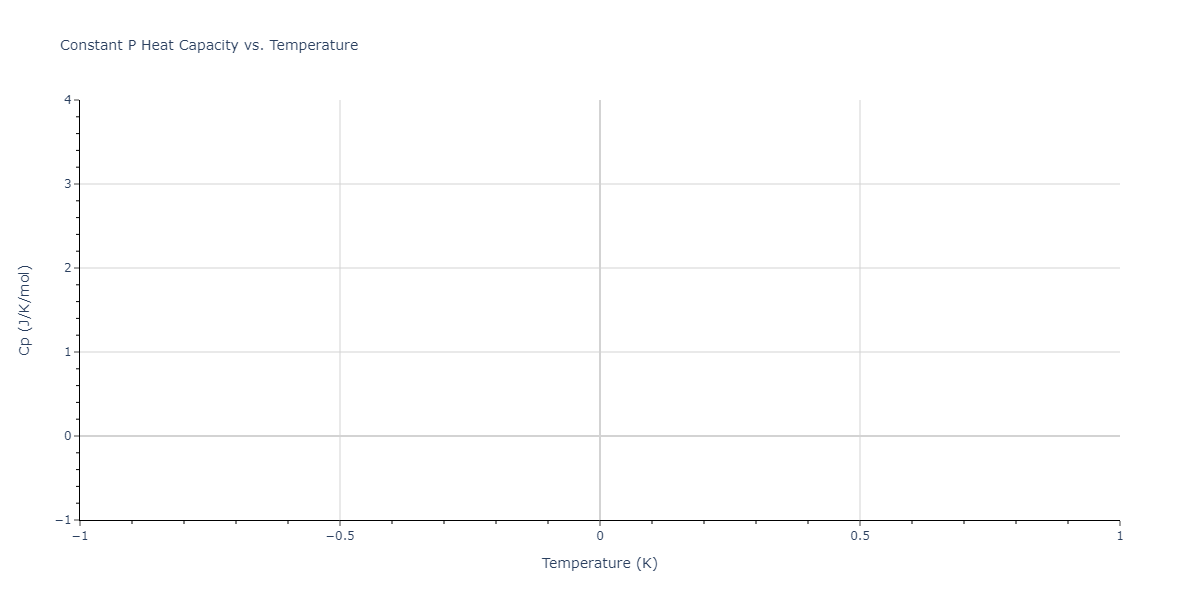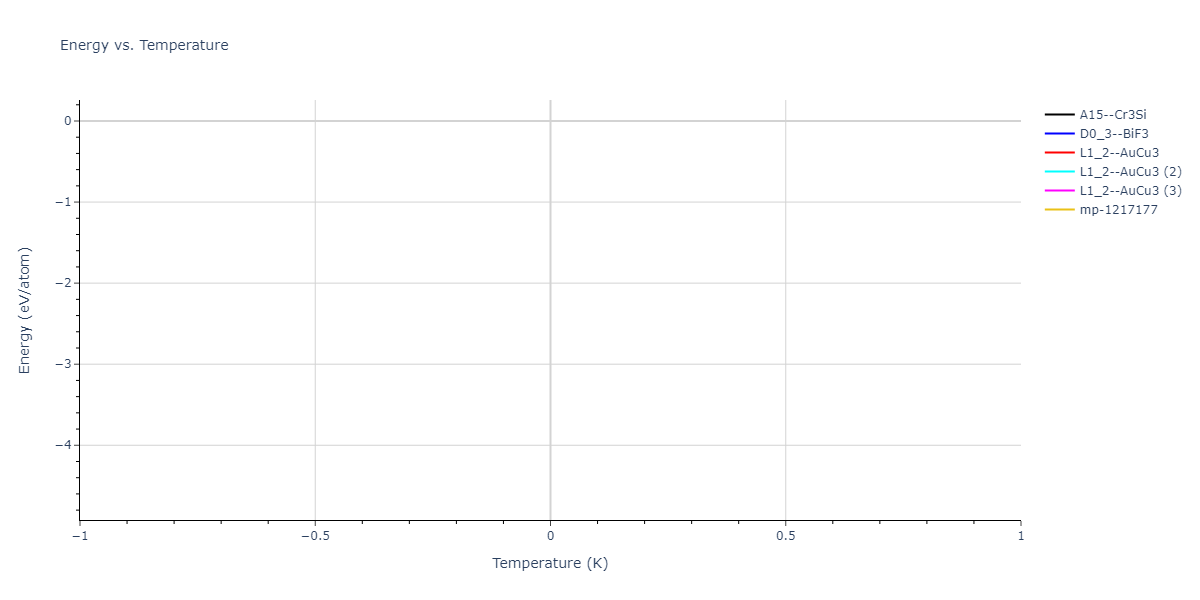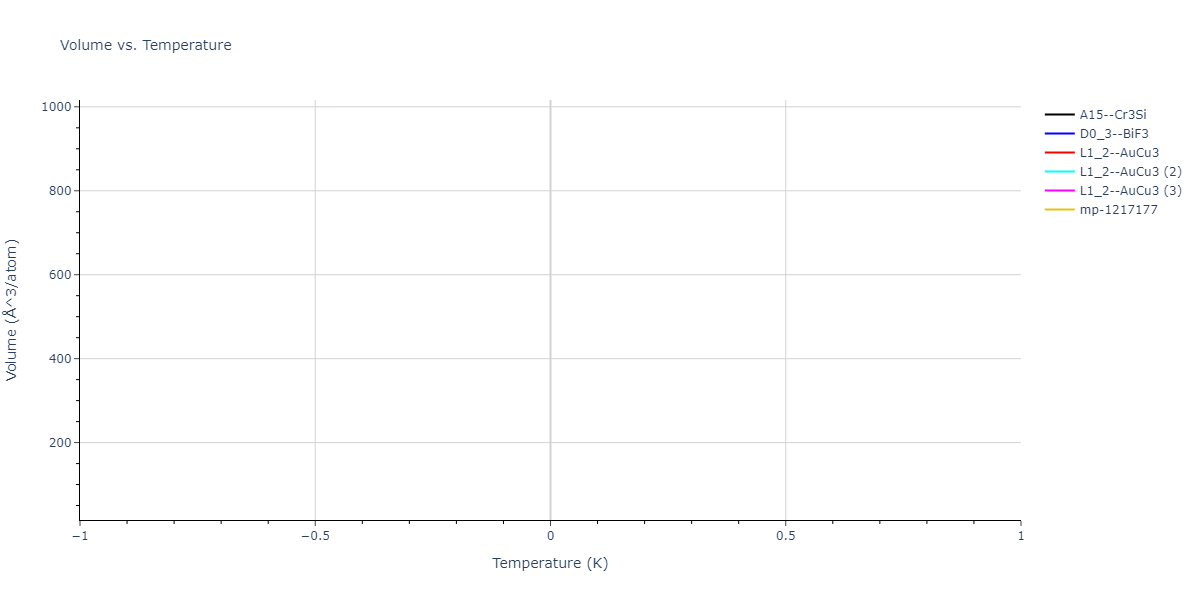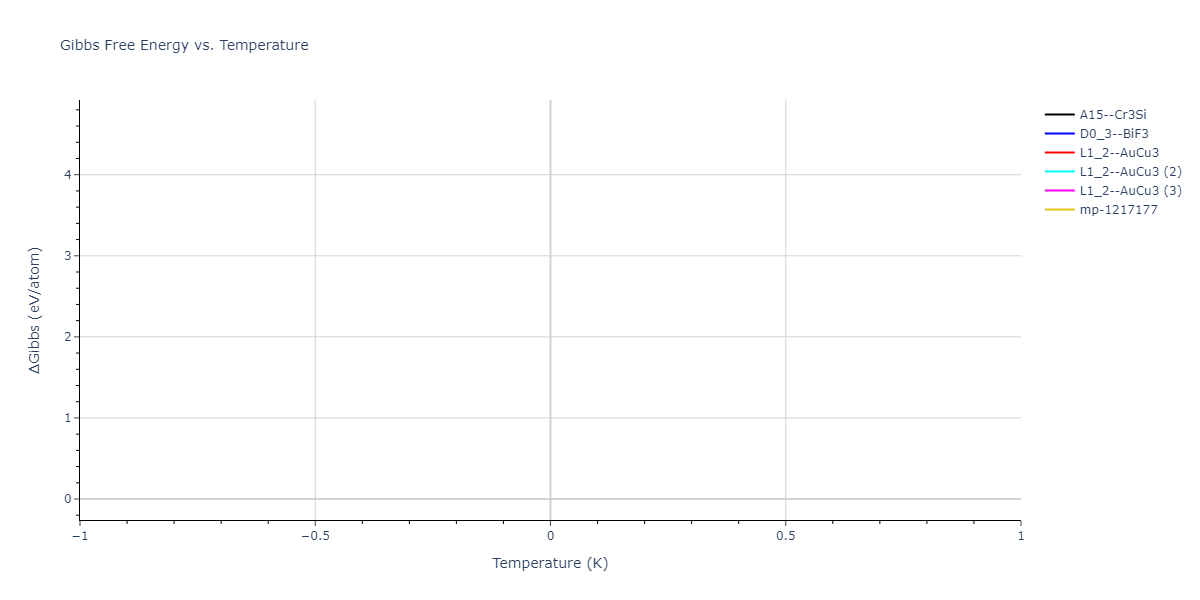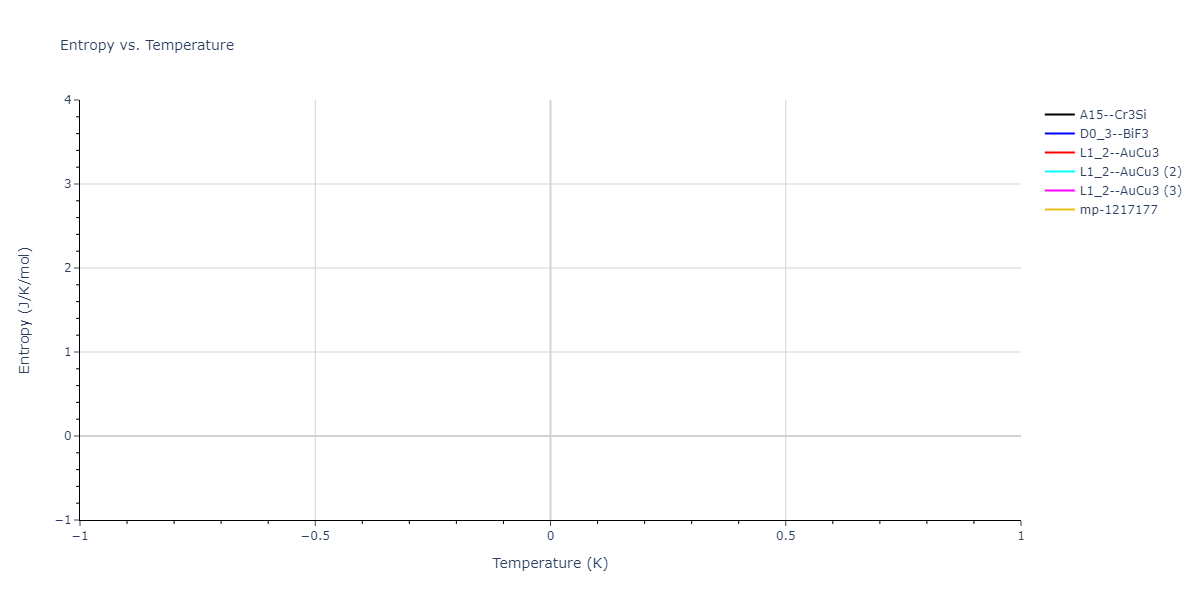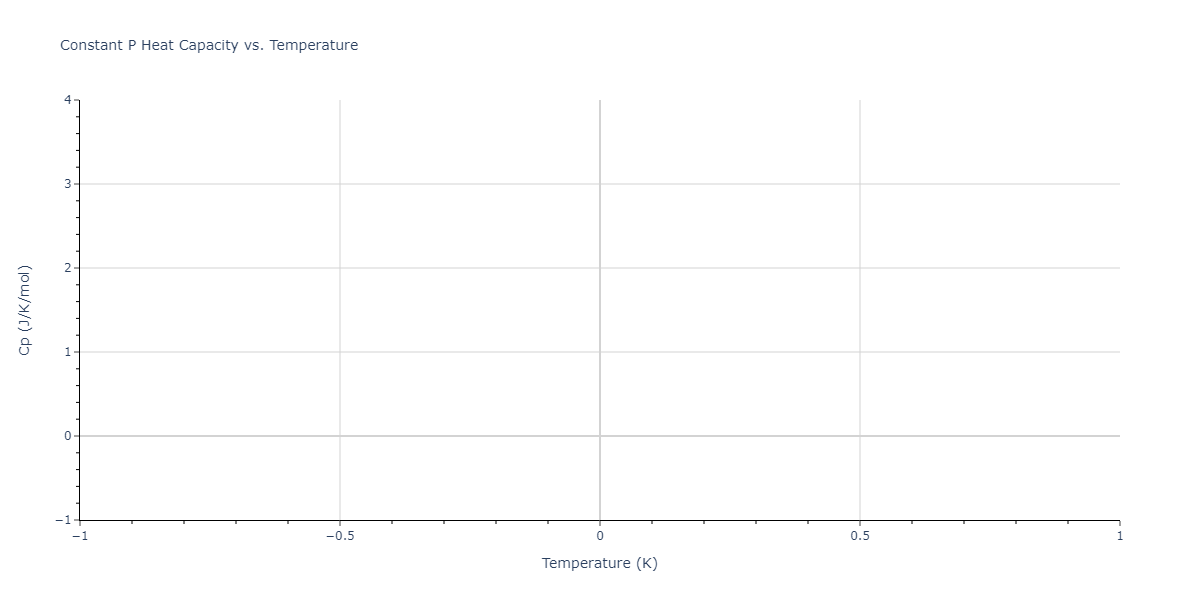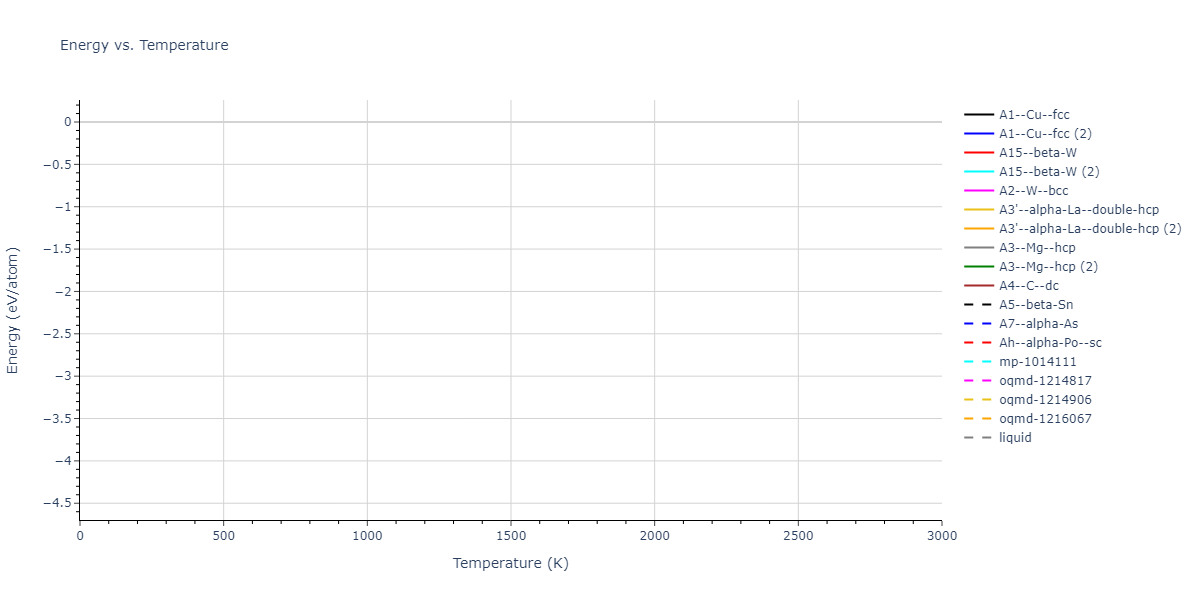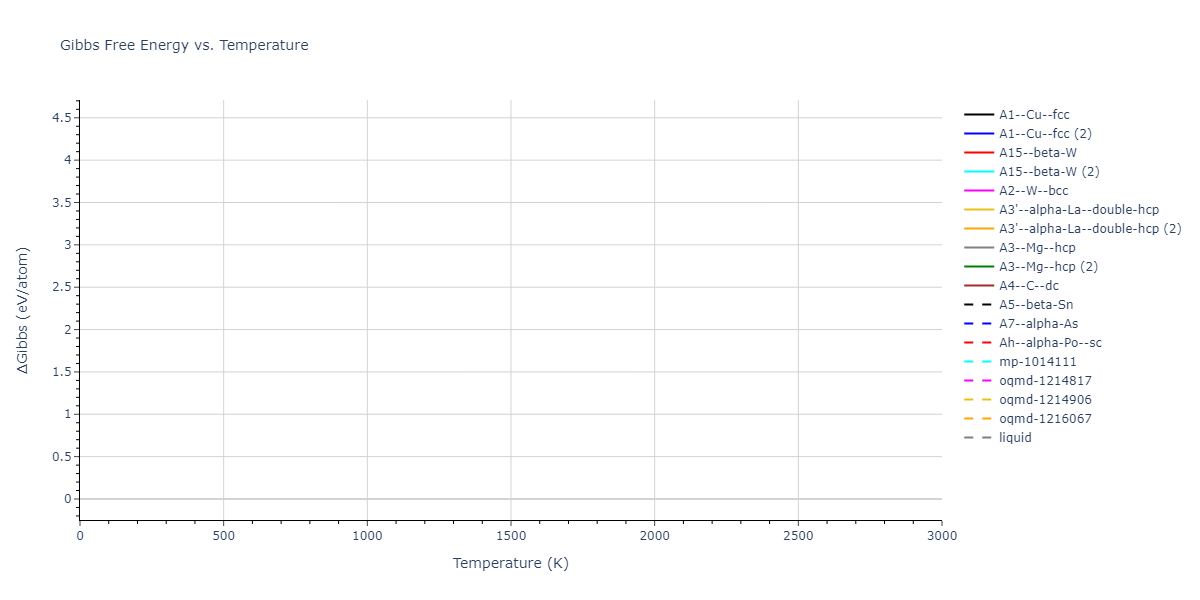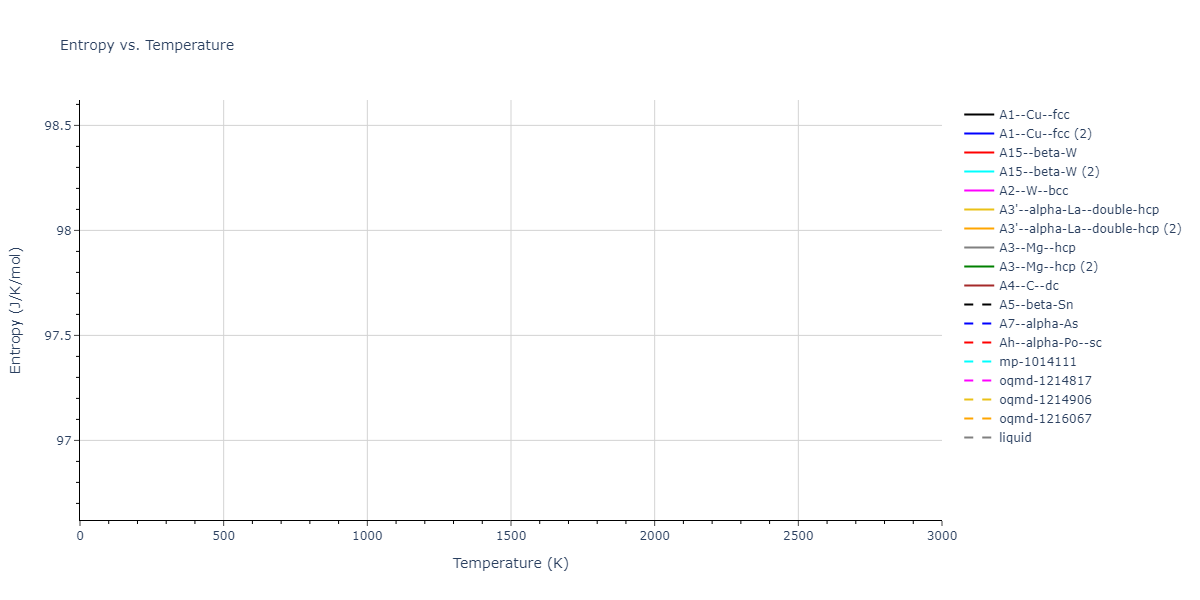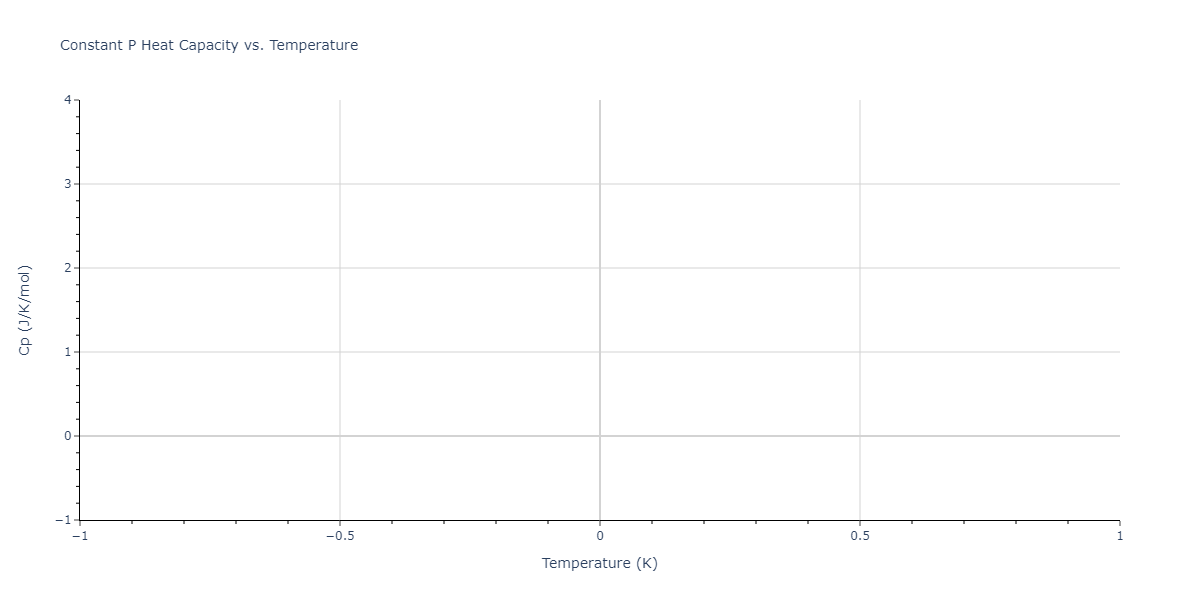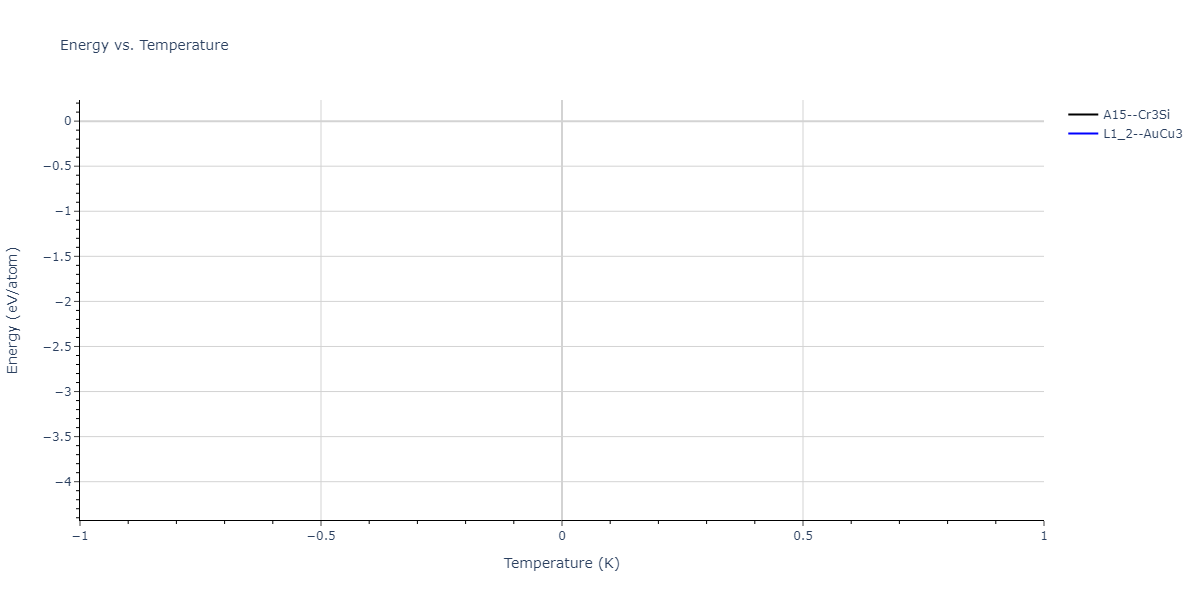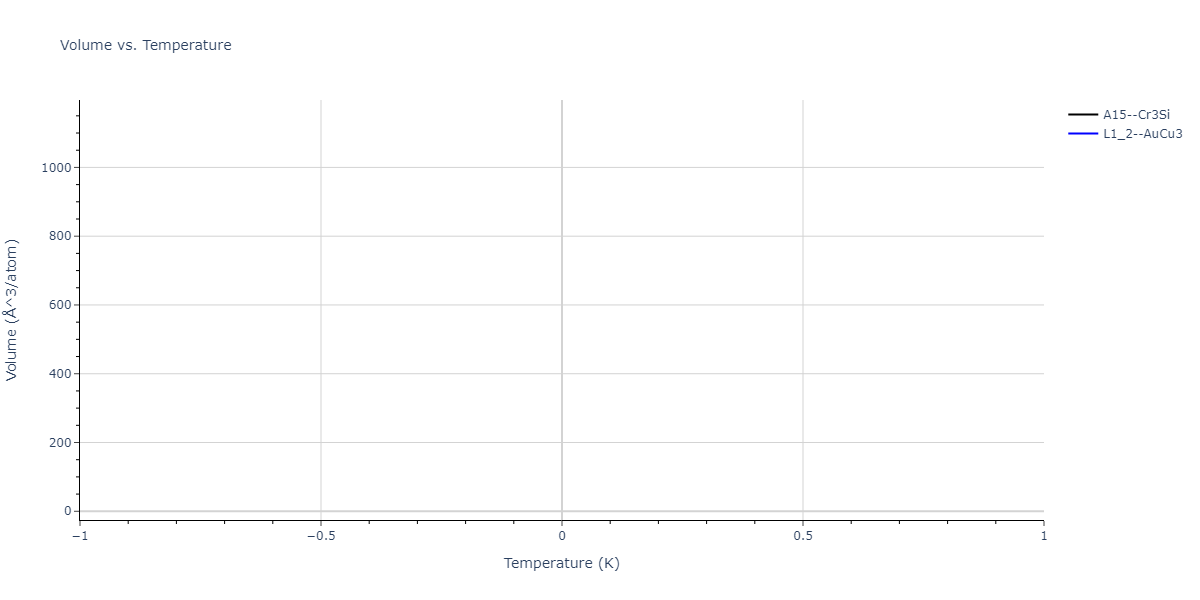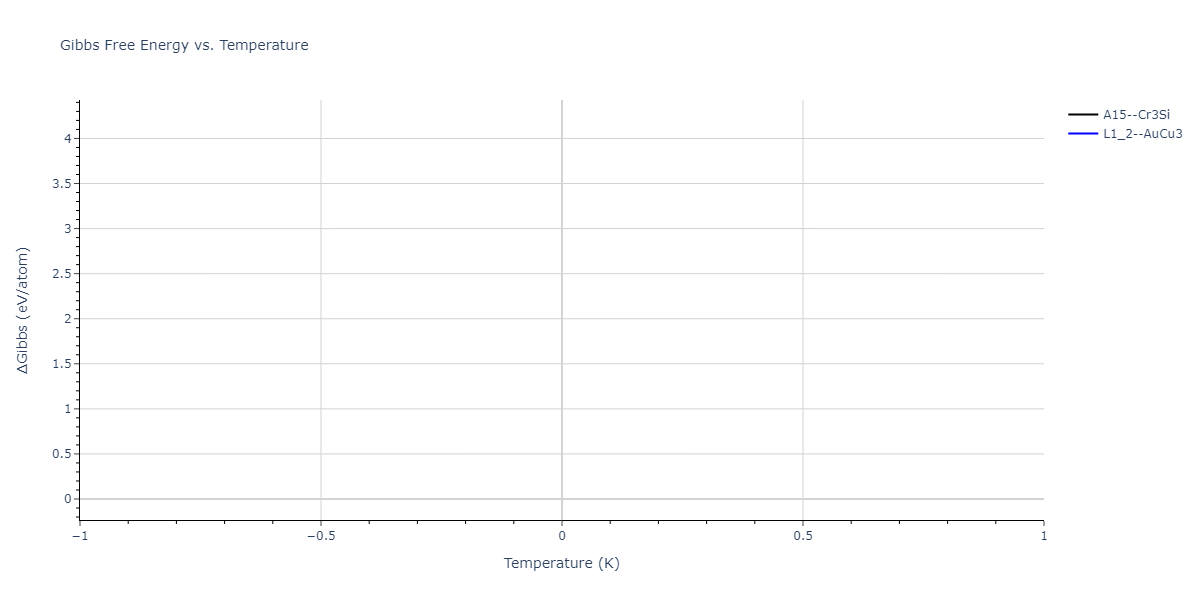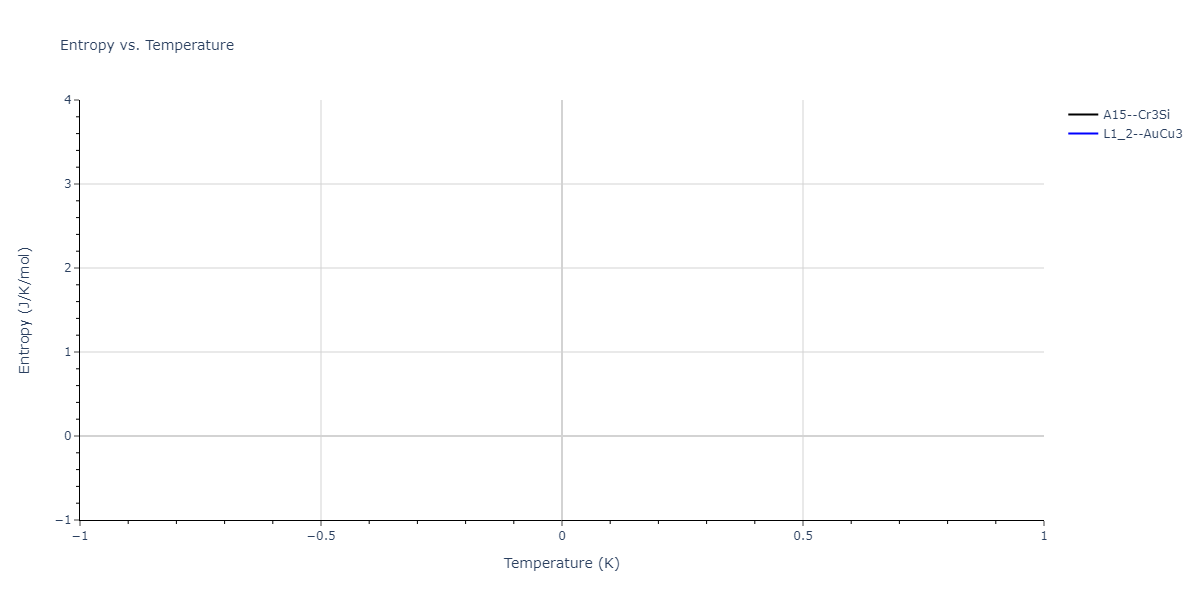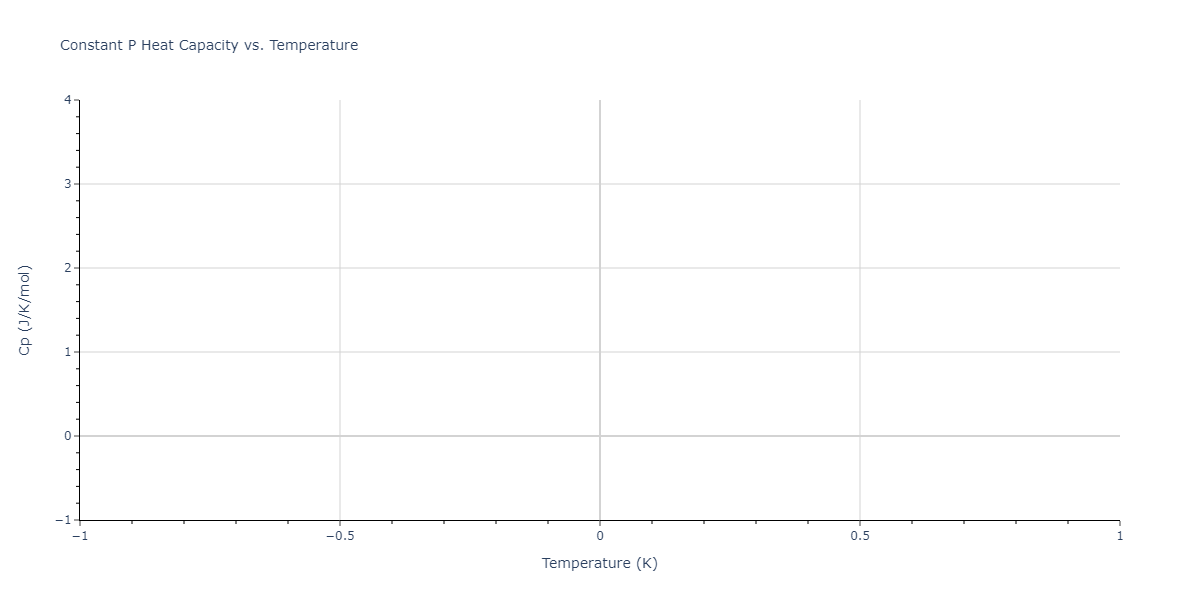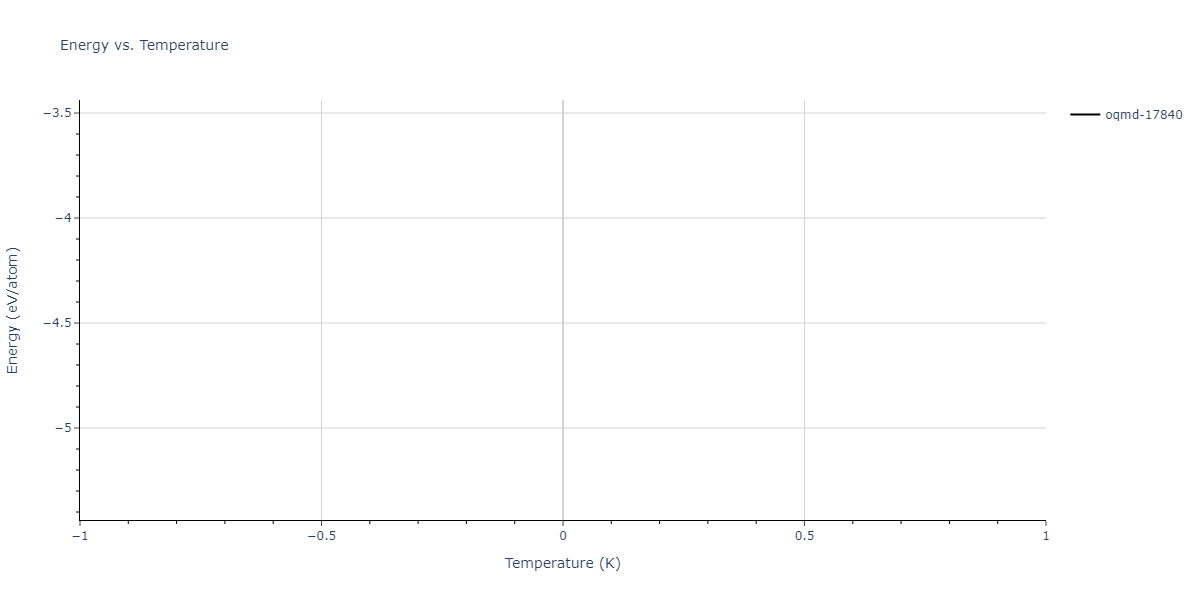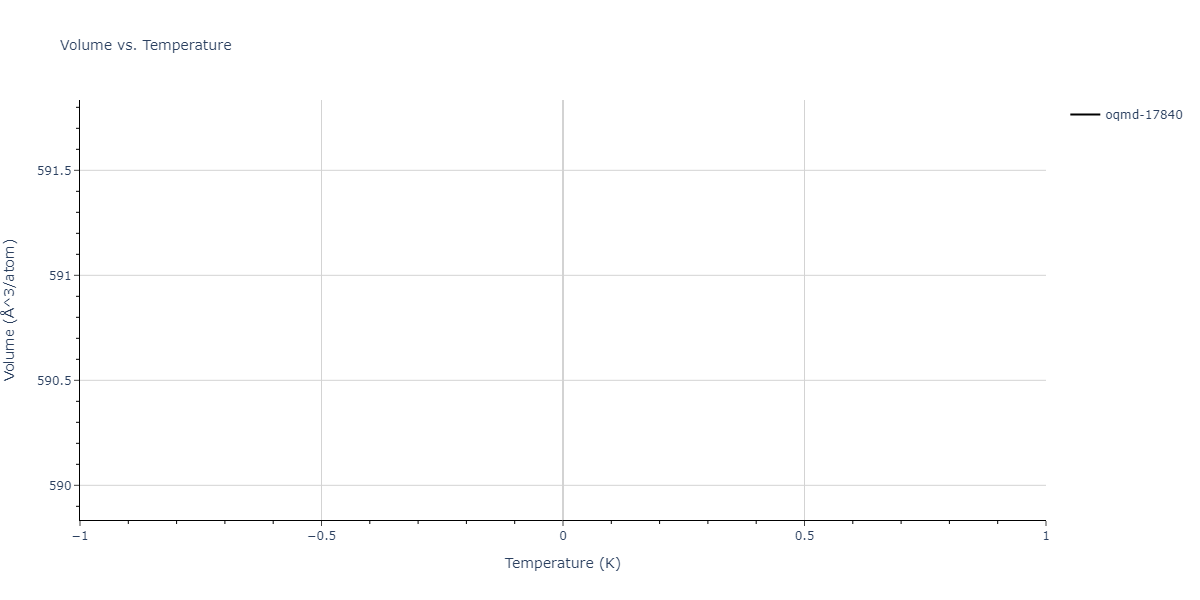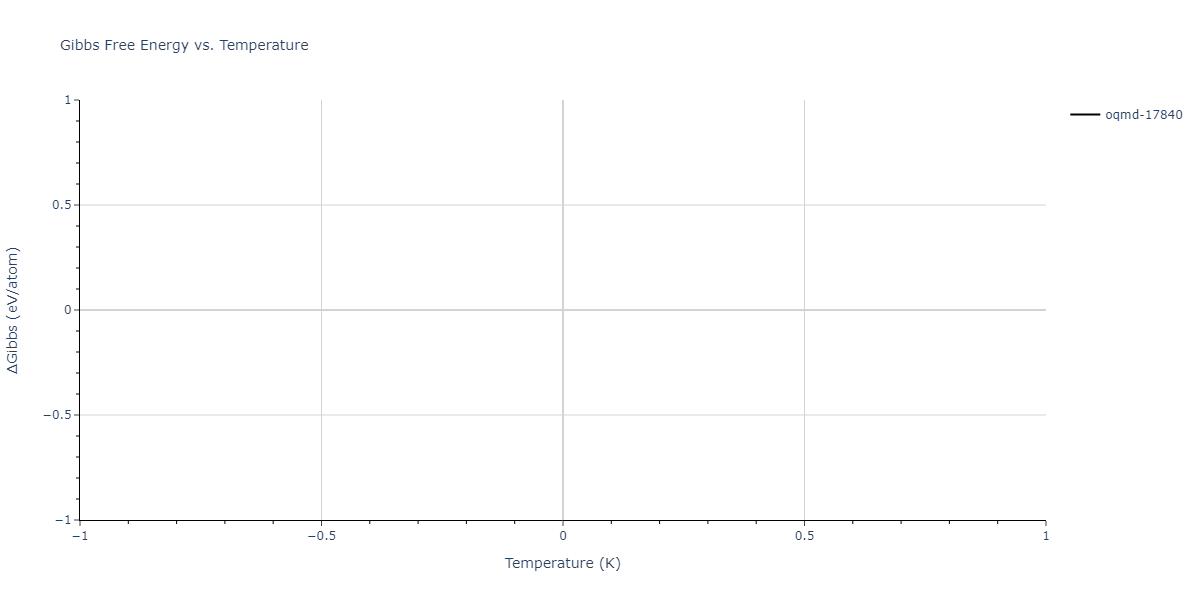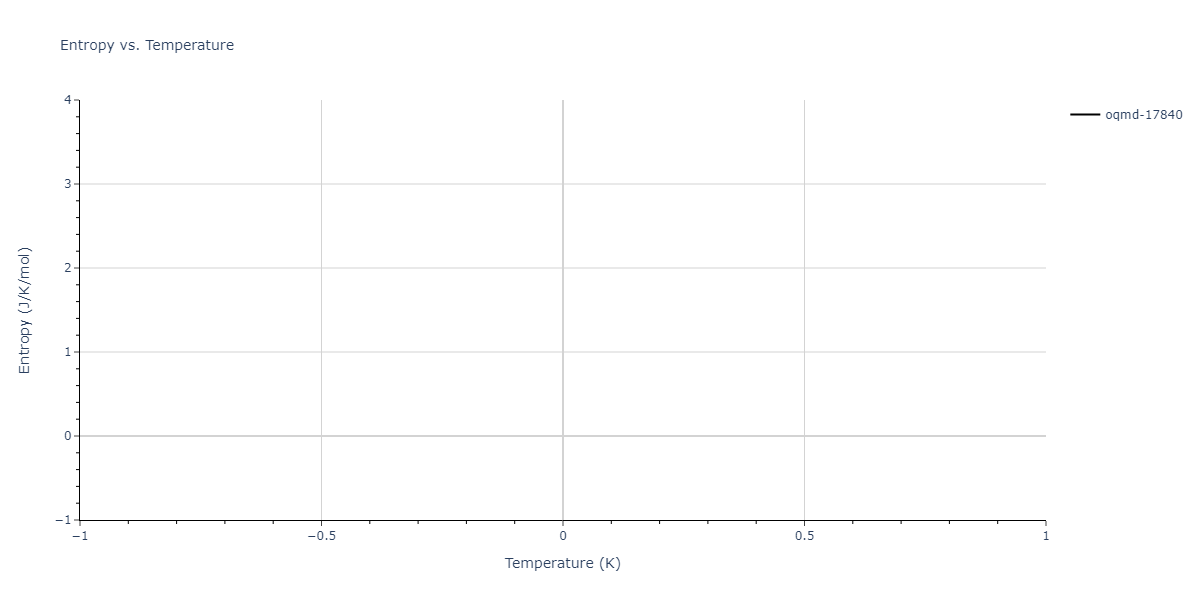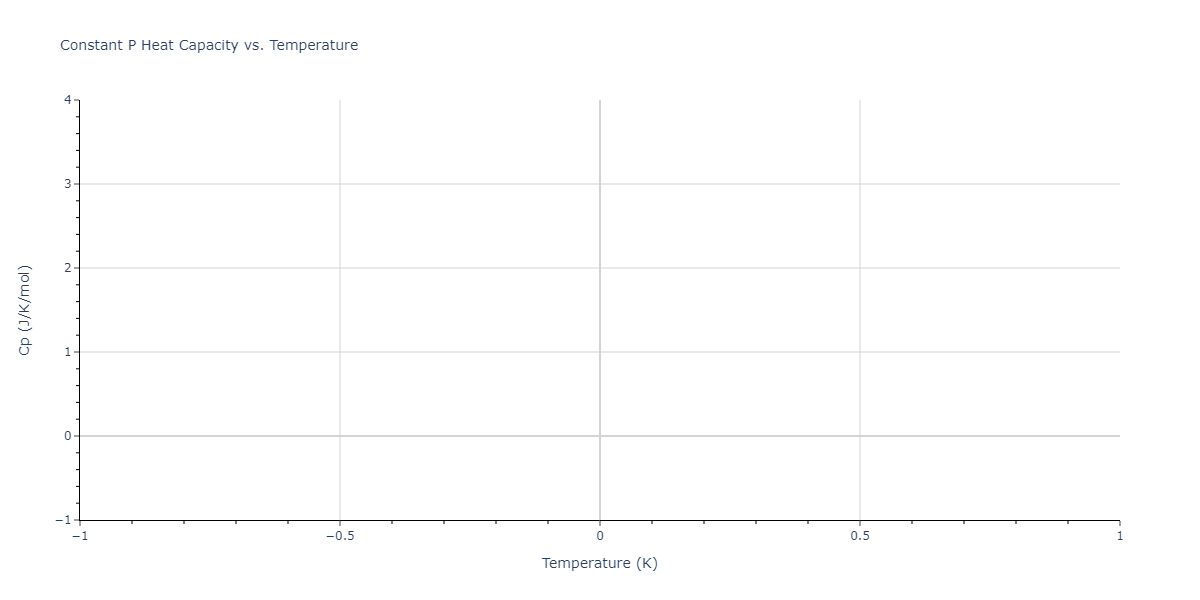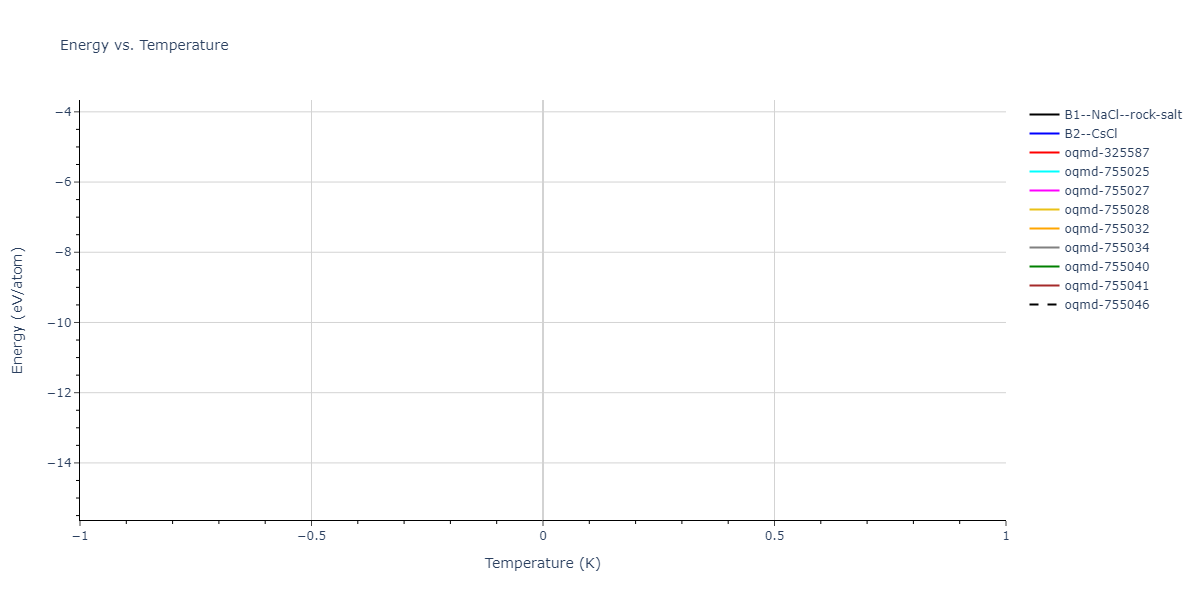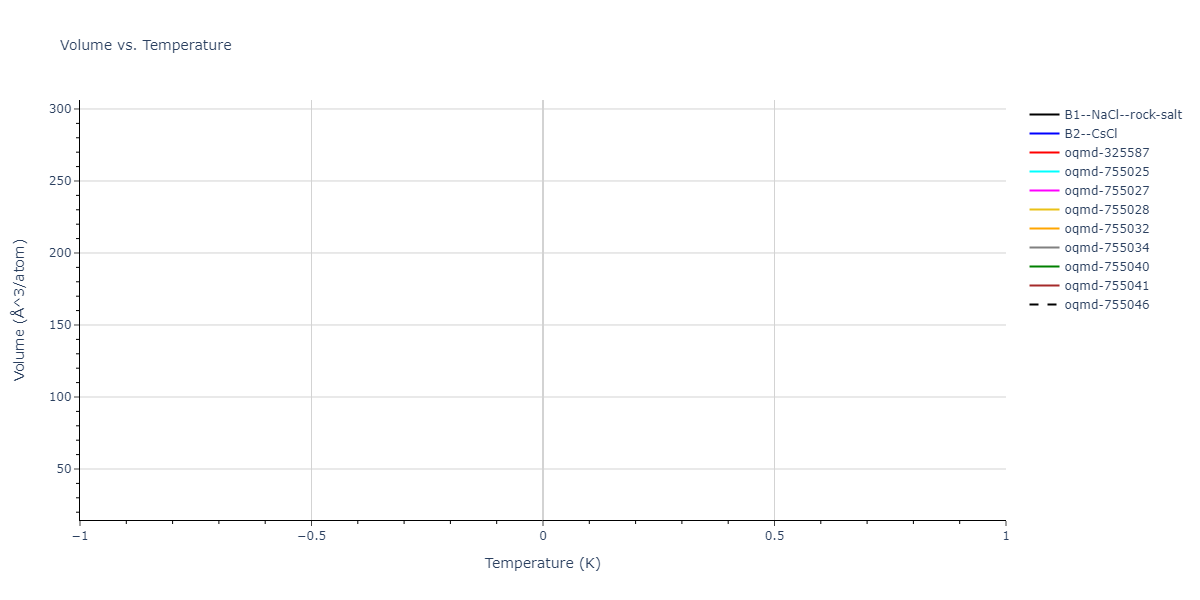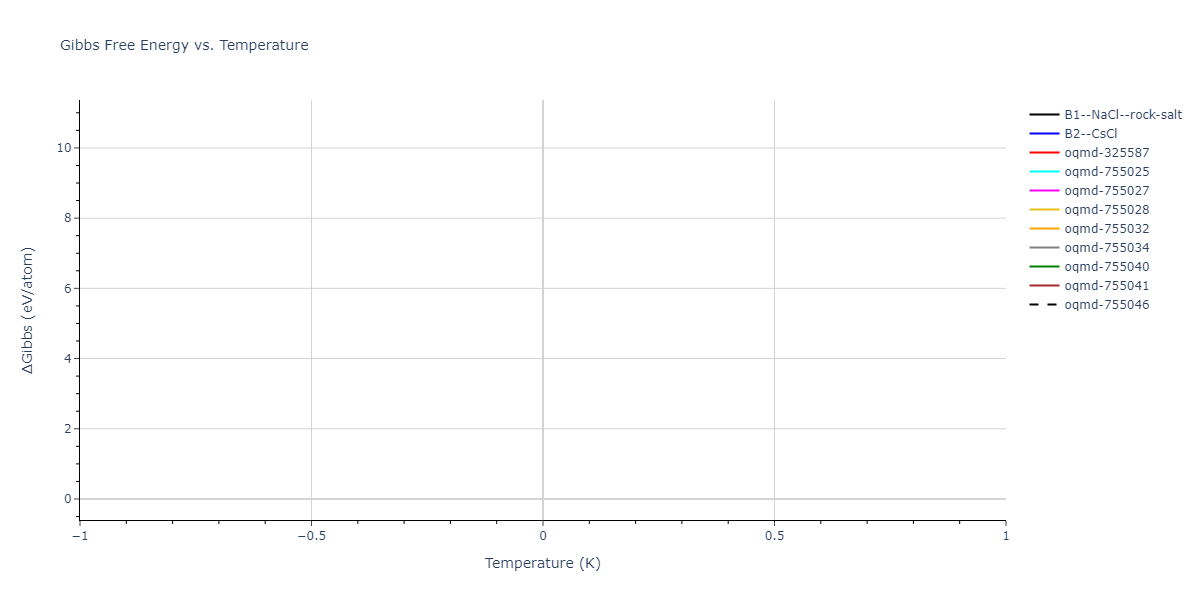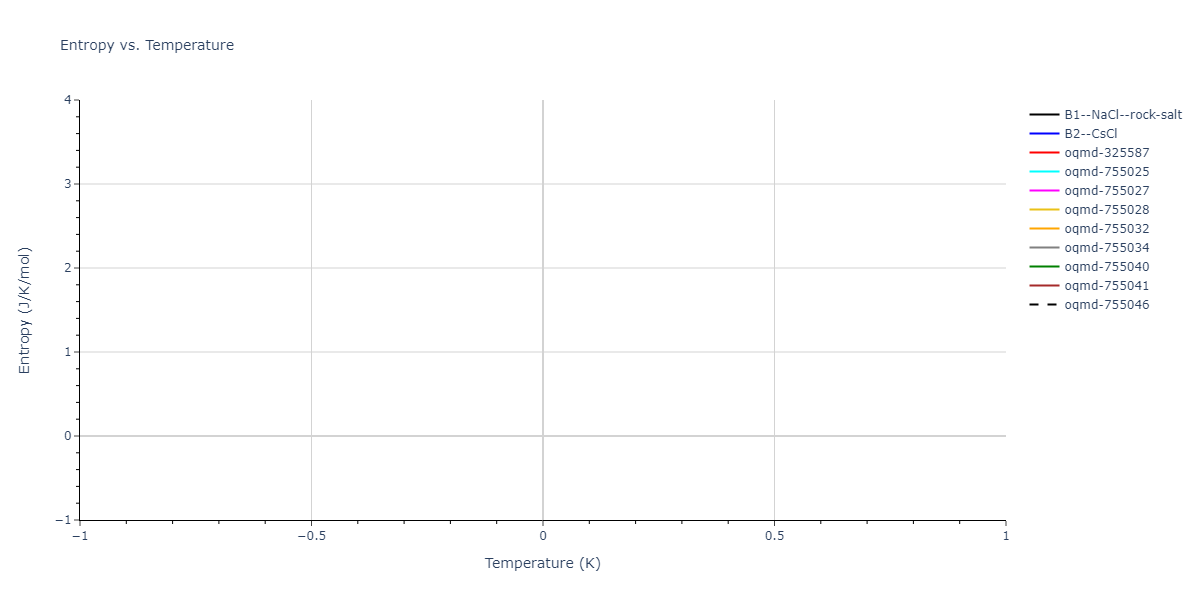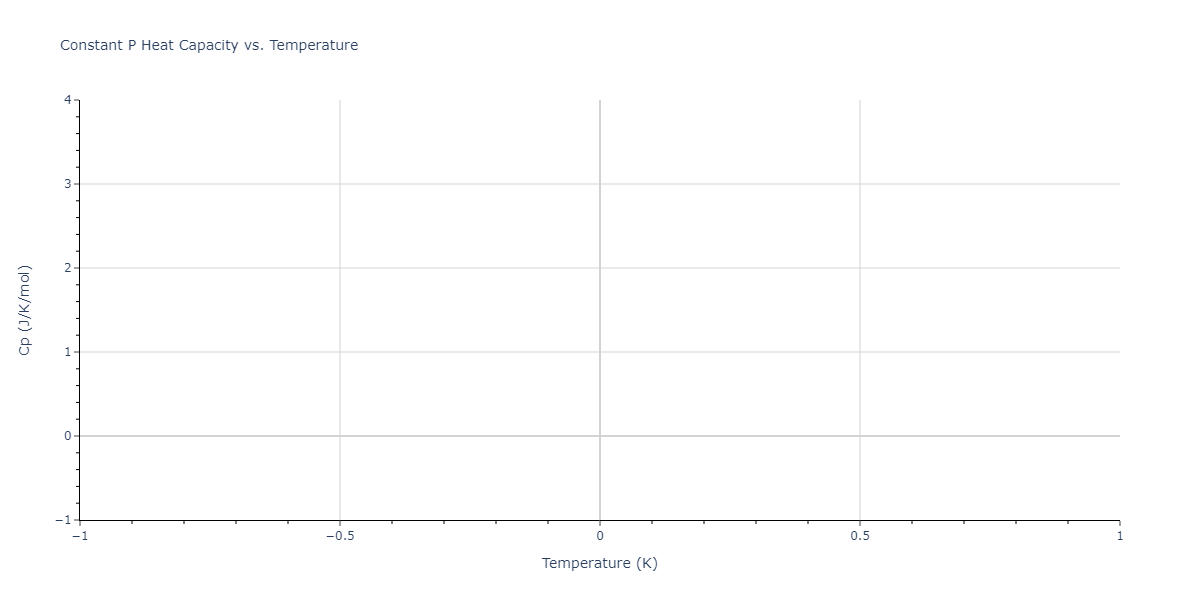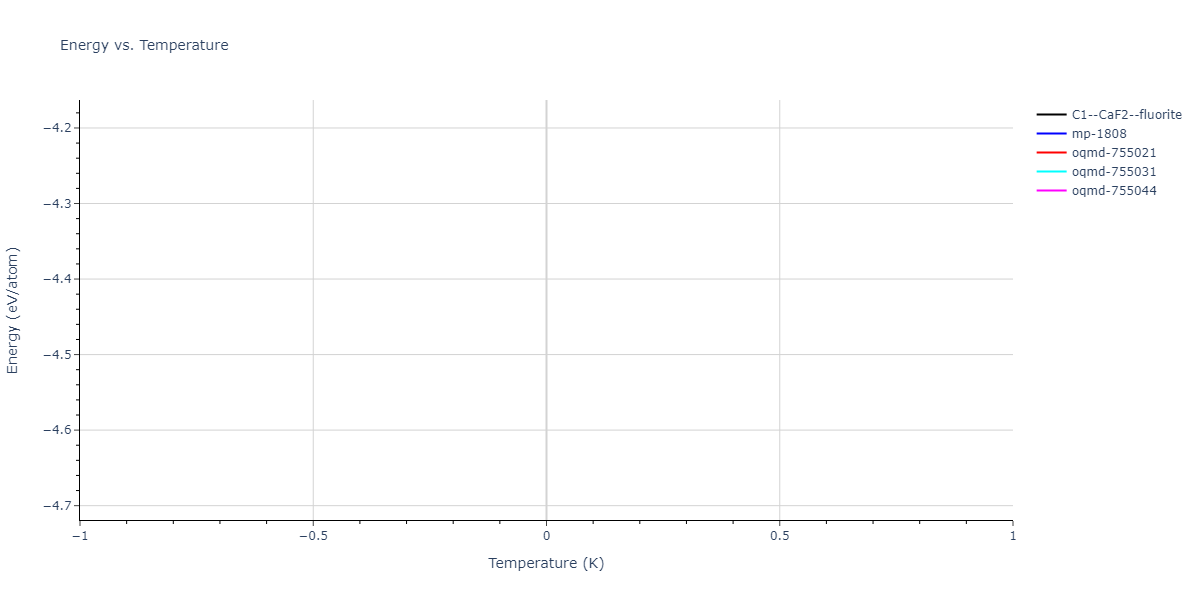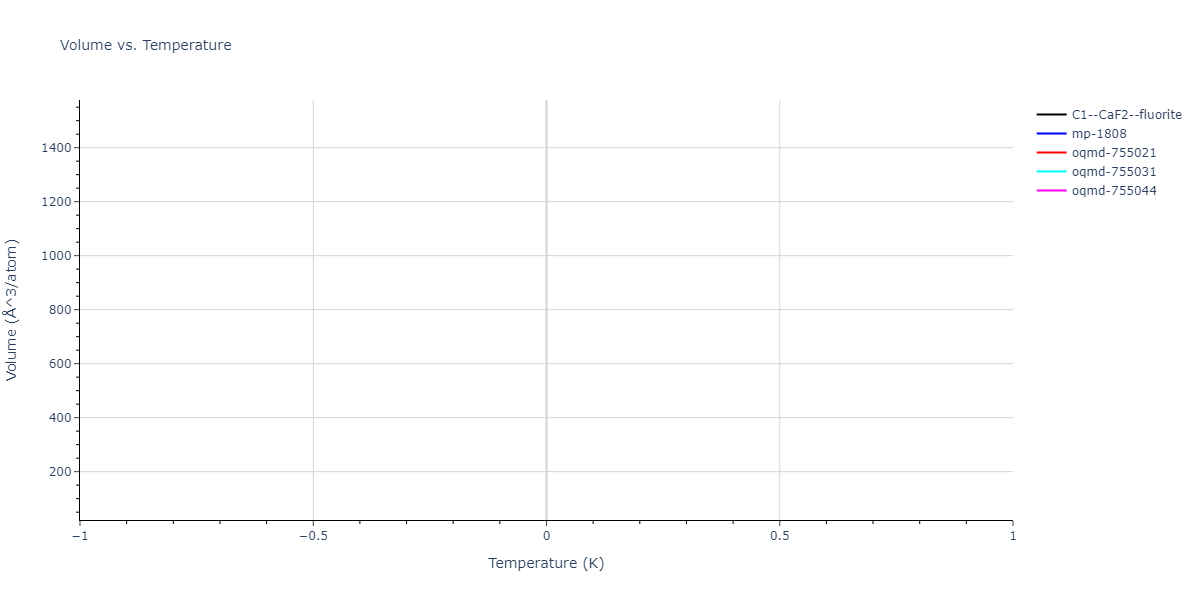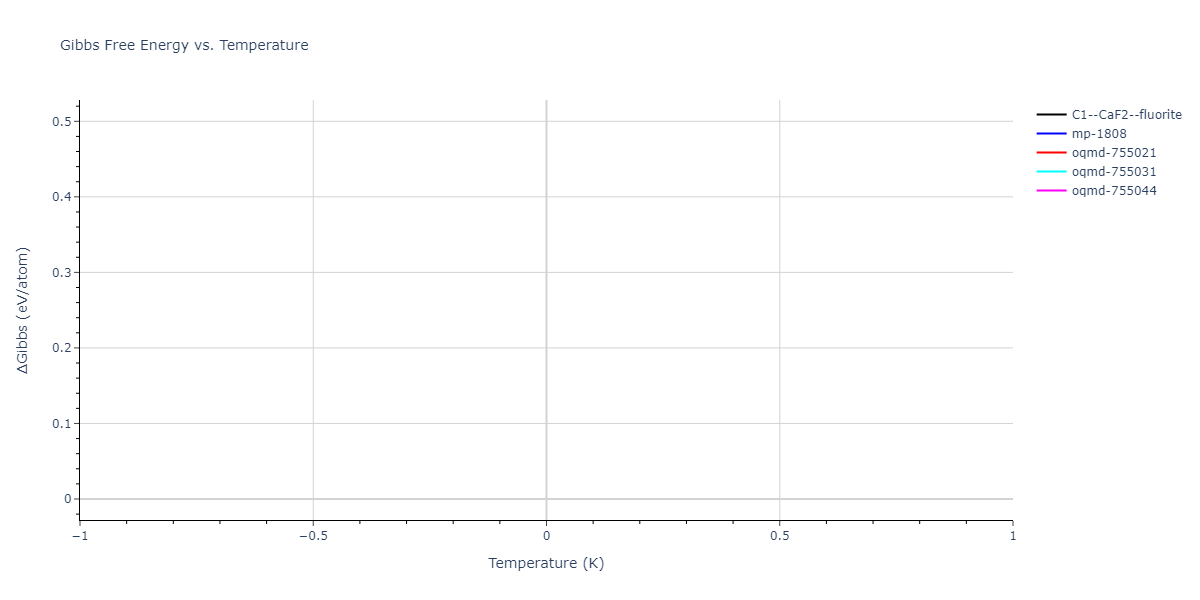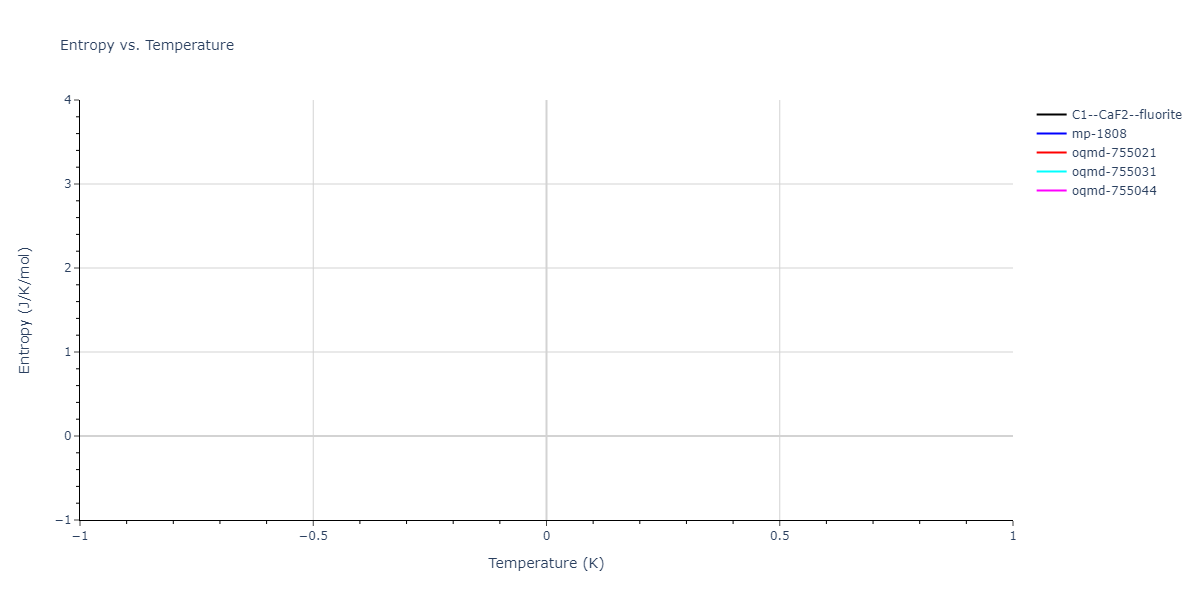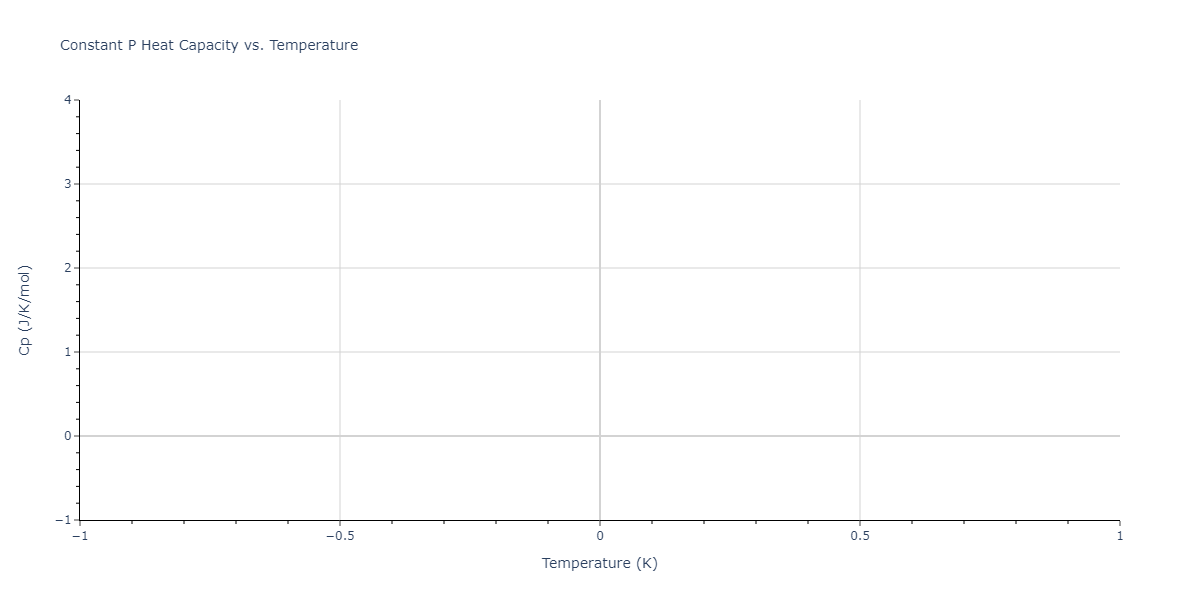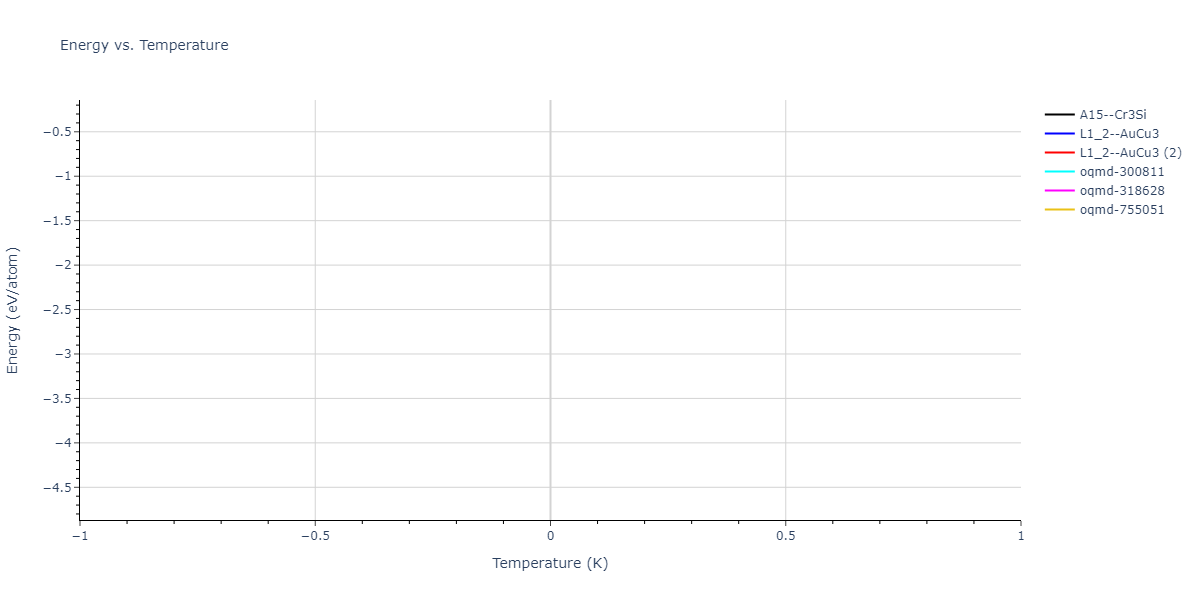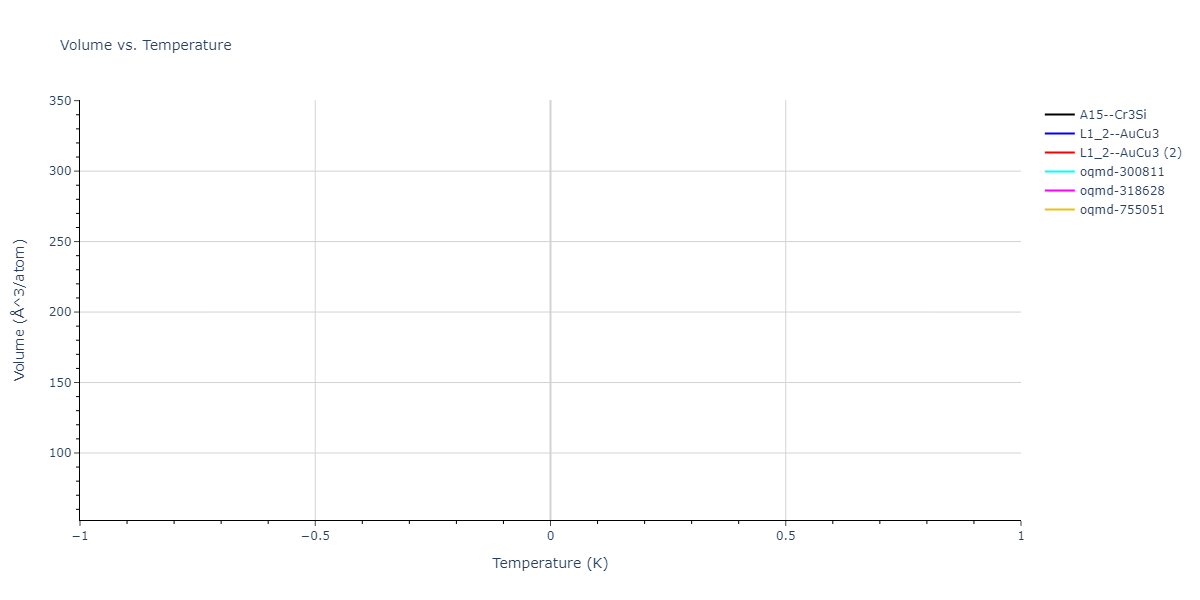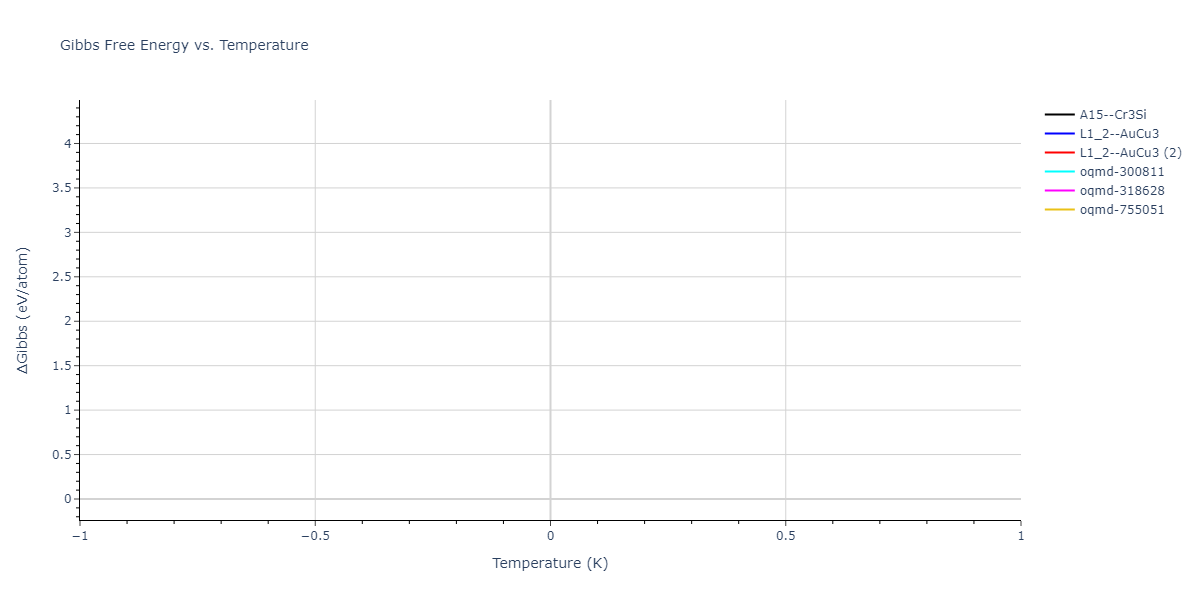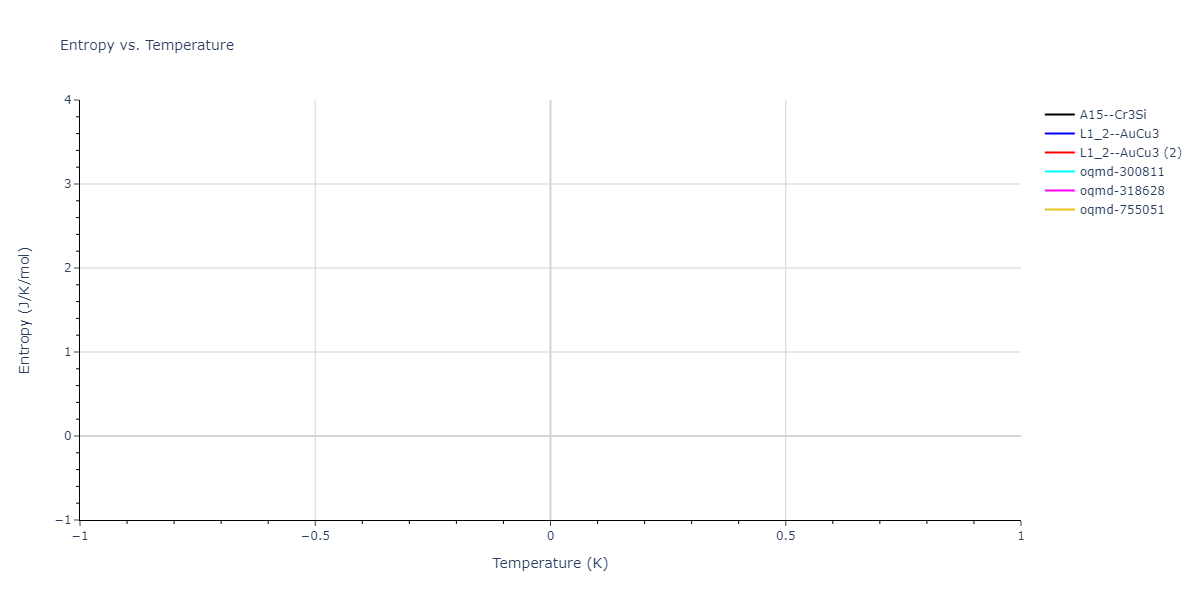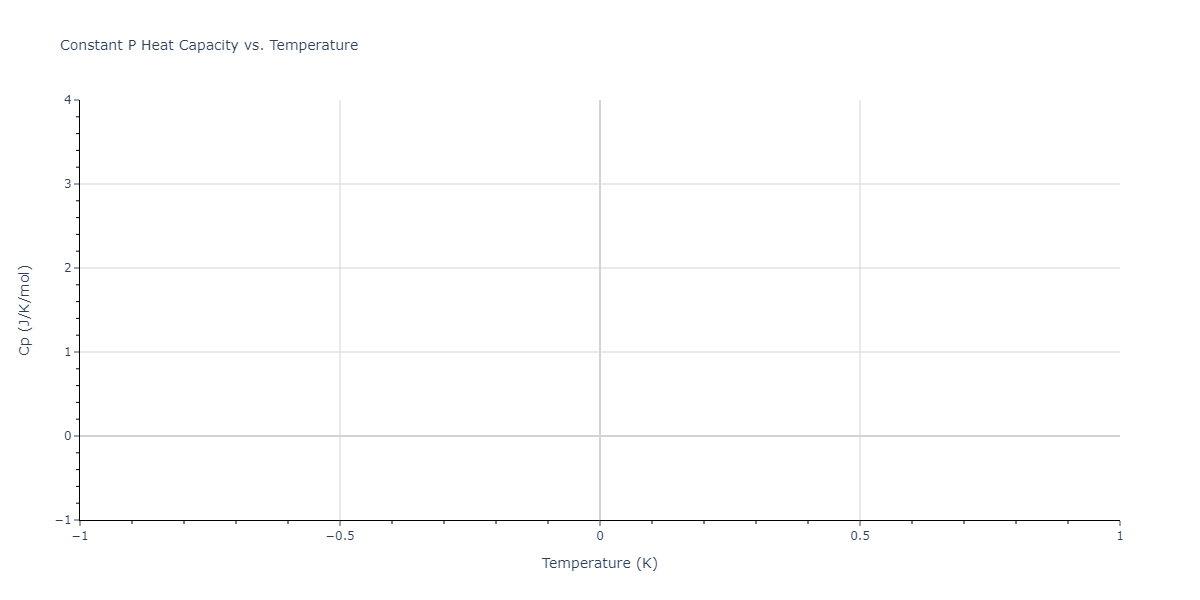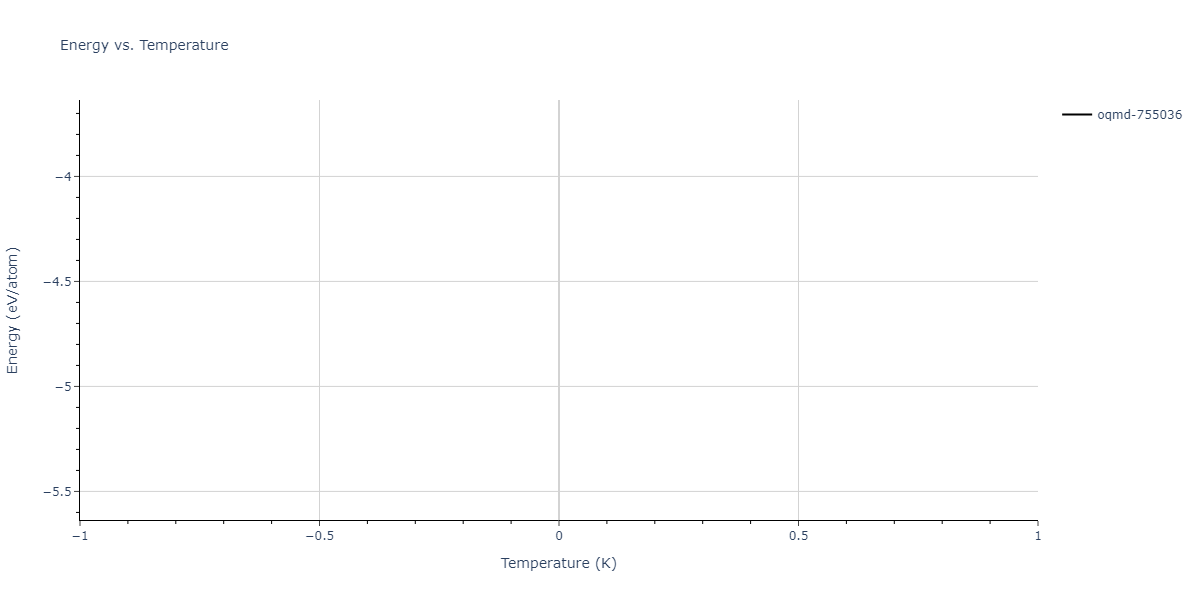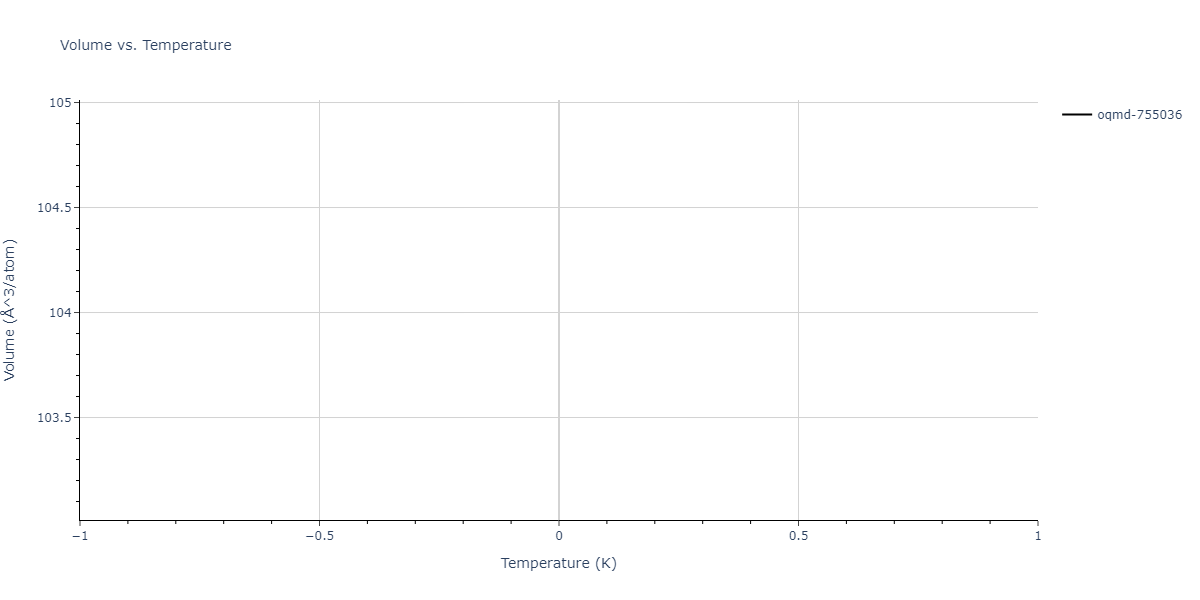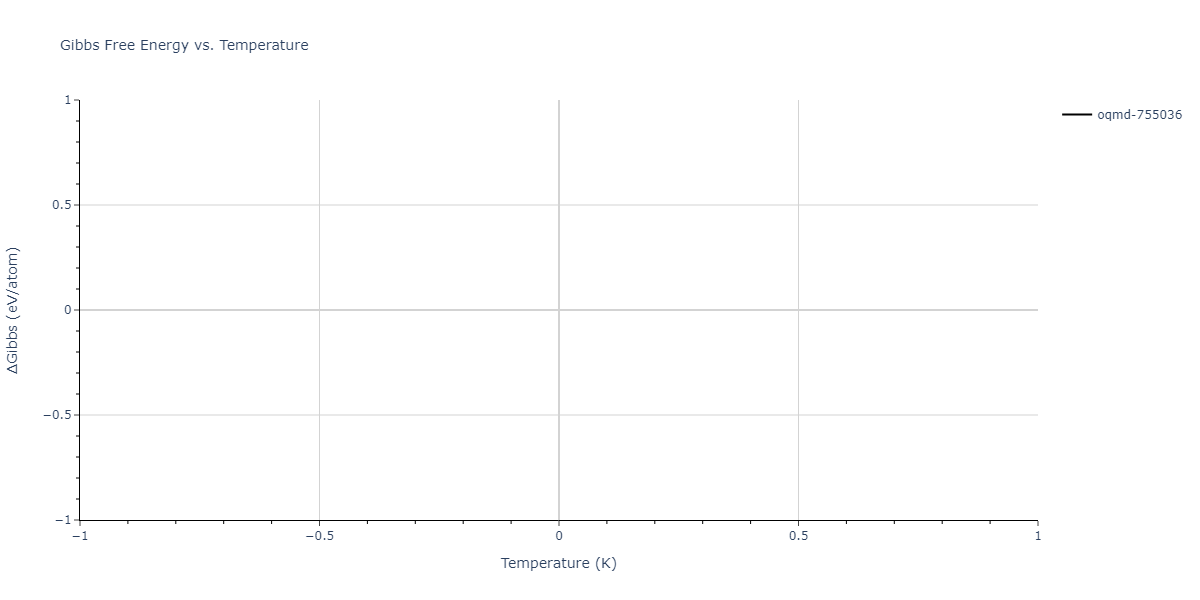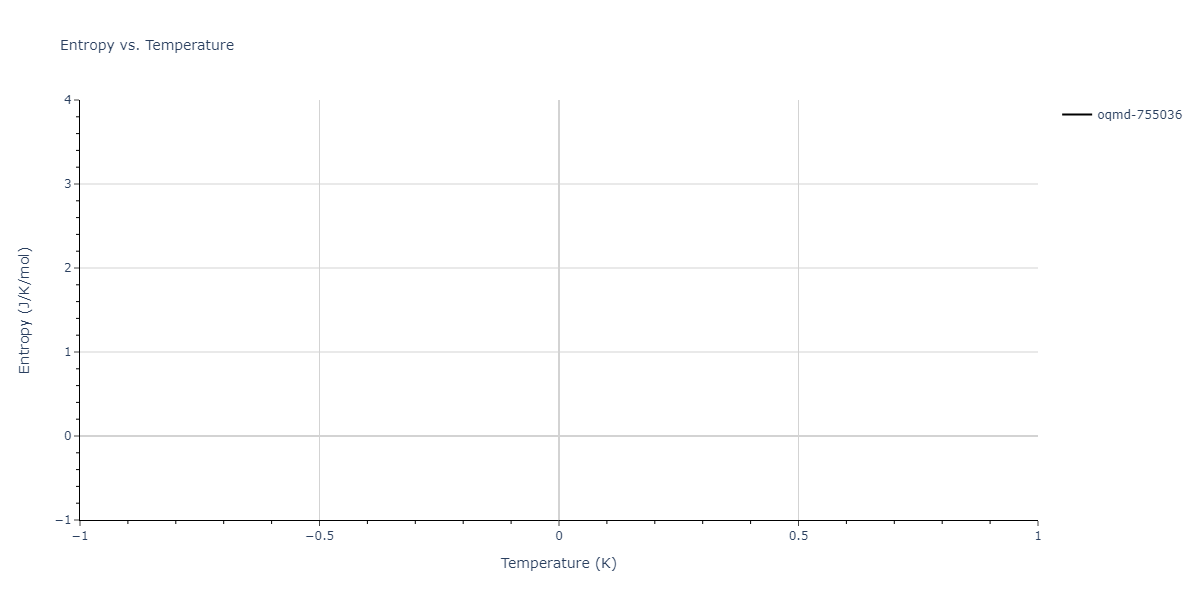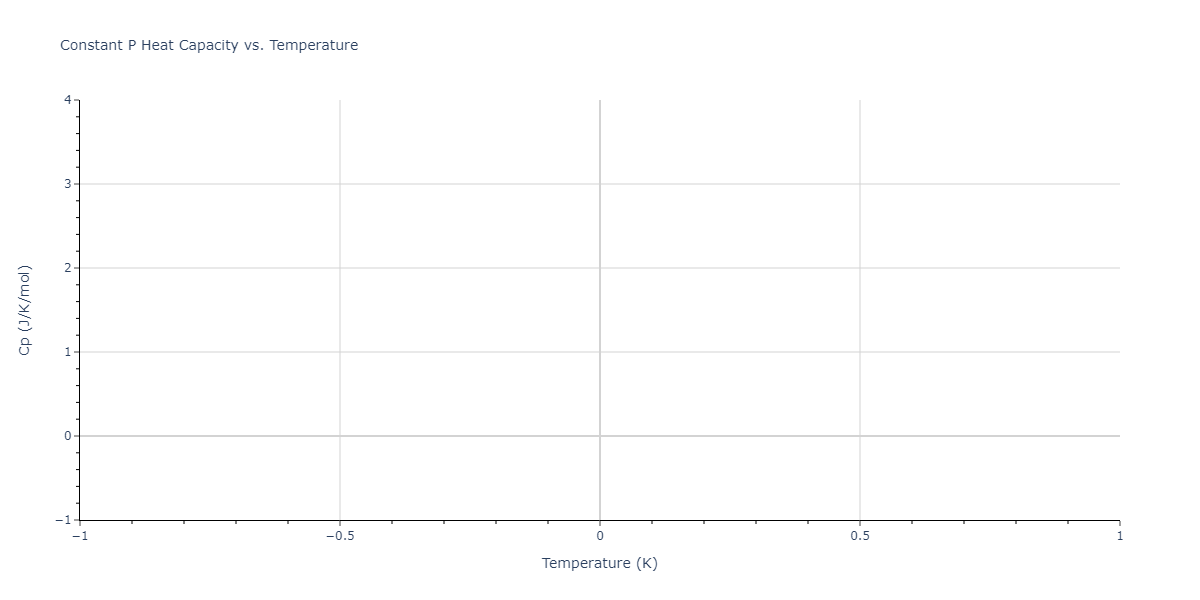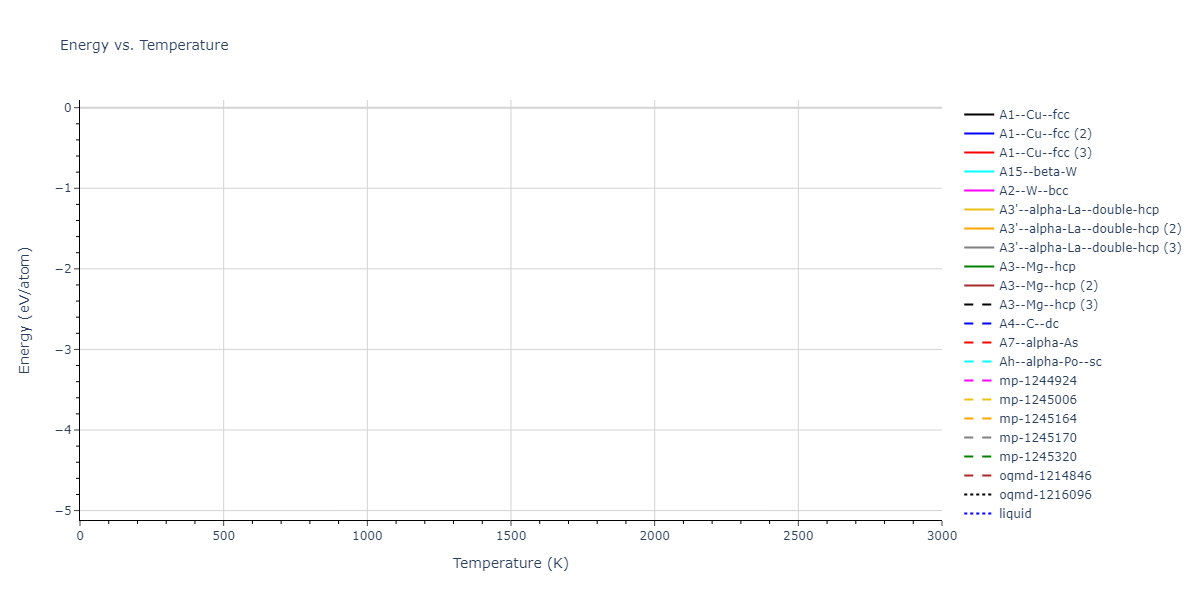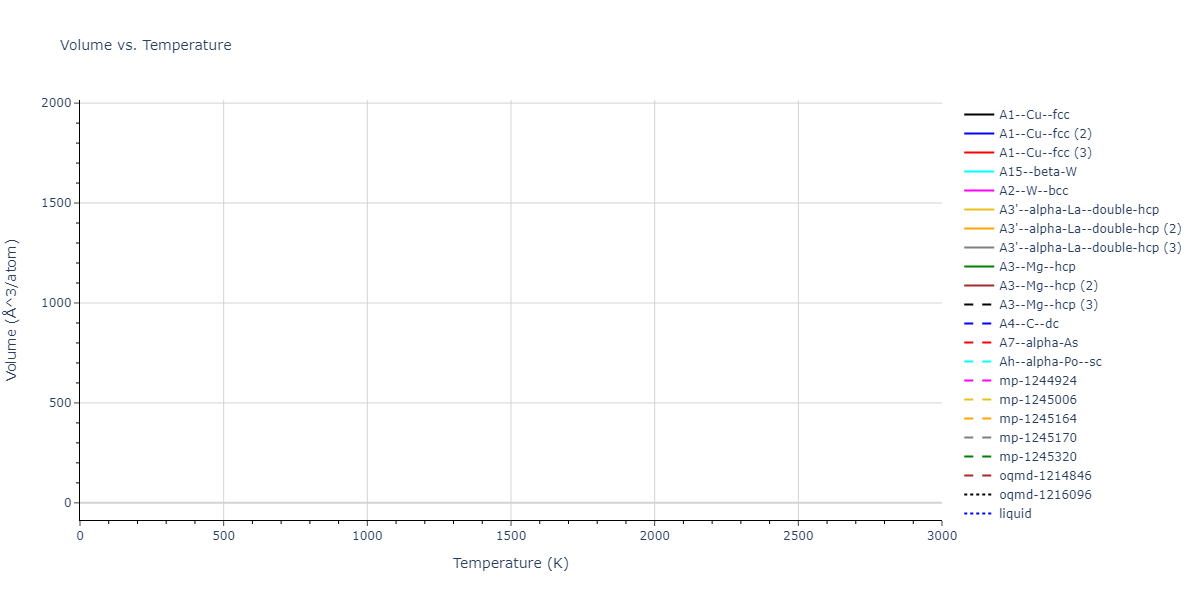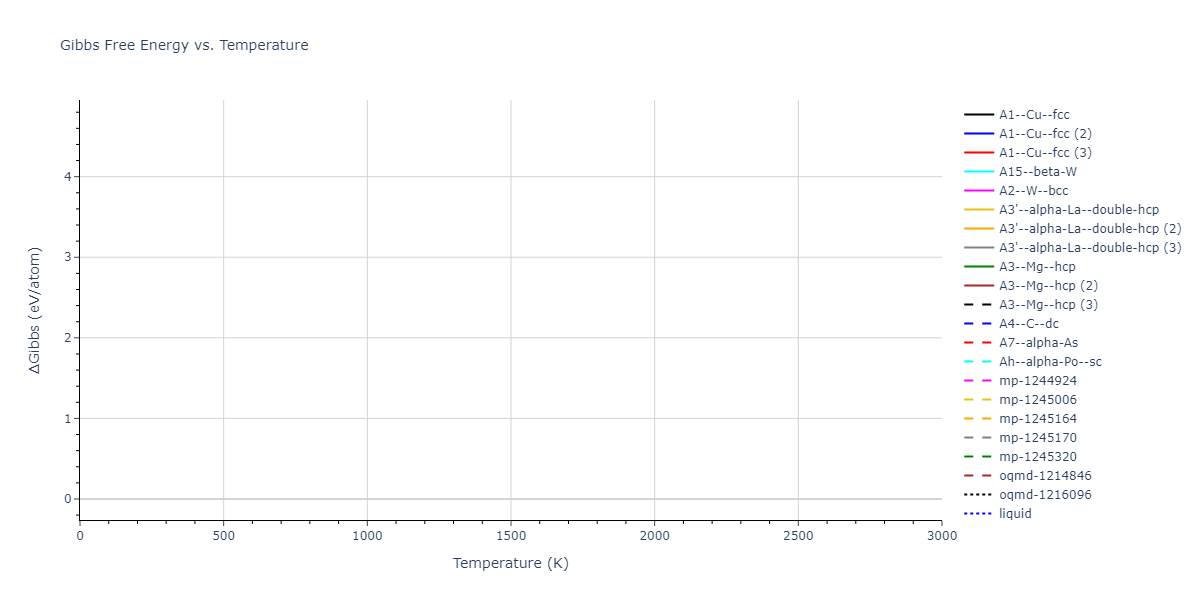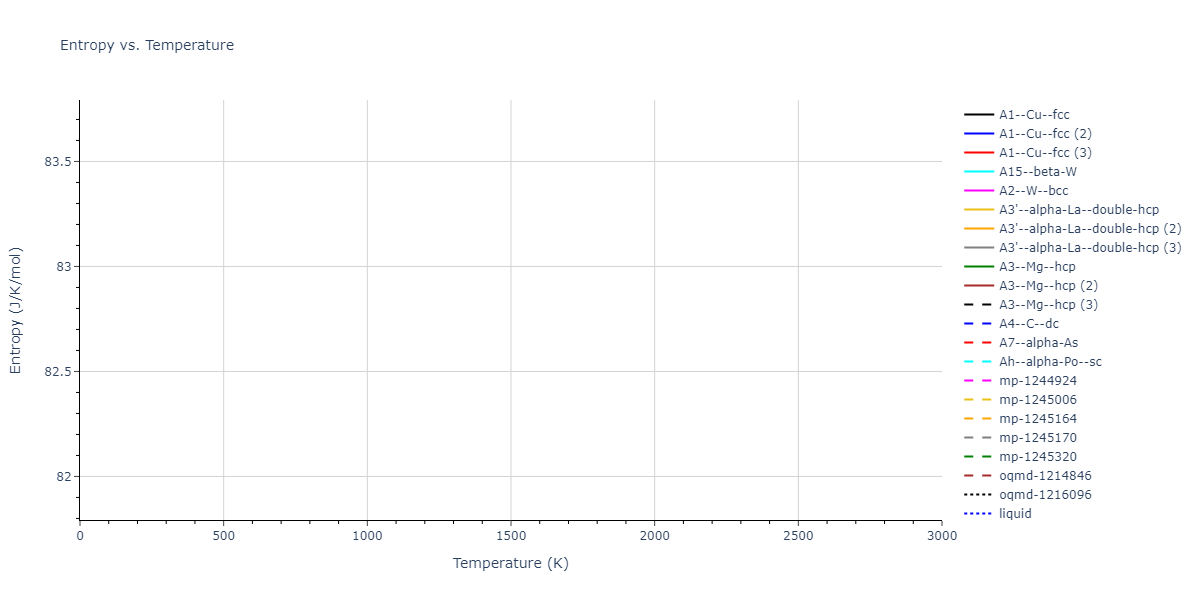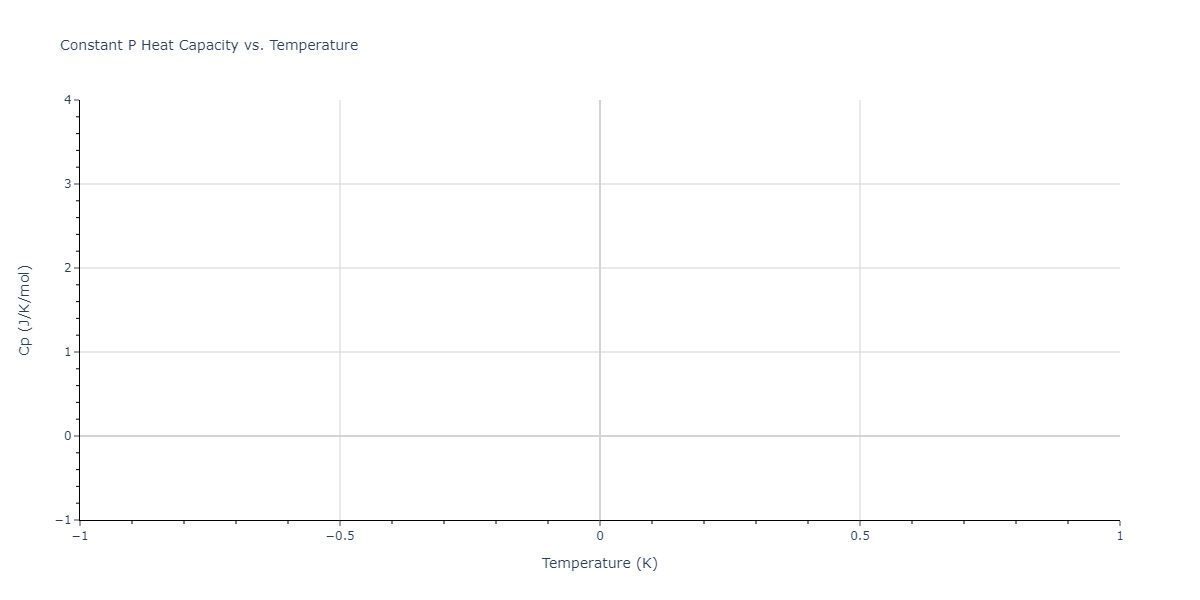Download raw data (including filtered results)
Reference structure matches:
A1--Cu--fcc = mp-102, oqmd-592136, oqmd-594128, oqmd-1214517
A15--beta-W = oqmd-1214962, oqmd-1280314
A2--W--bcc = oqmd-1215140, oqmd-1215853
A3'--alpha-La--double-hcp = mp-1183710, oqmd-1215408
A3--Mg--hcp = mp-54, oqmd-592630, oqmd-637416, oqmd-1215318
A4--C--dc = oqmd-1215497
A5--beta-Sn = oqmd-1215586
A6--In--bct = oqmd-1215675
| prototype | method | Ecoh (eV/atom) | Epot (eV/atom) | a0 (Å) | b0 (Å) | c0 (Å) | α (degrees) | β (degrees) | γ (degrees) |
|---|
| A1--Cu--fcc | dynamic | -4.41 | -4.41 | 3.55 | 3.55 | 3.55 | 90.0 | 90.0 | 90.0 |
| A6--In--bct | box | -4.4091 | -4.4091 | 2.5358 | 2.5358 | 3.4567 | 90.0 | 90.0 | 90.0 |
| A3--Mg--hcp | dynamic | -4.4086 | -4.4086 | 2.5015 | 2.5015 | 4.1901 | 90.0 | 90.0 | 120.0 |
| oqmd-1215229 | box | -4.4085 | -4.4085 | 2.4962 | 4.3413 | 4.1905 | 90.0 | 90.0 | 90.0 |
| oqmd-1216031 | dynamic | -4.4083 | -4.4083 | 2.5043 | 2.5043 | 18.7207 | 90.0 | 90.0 | 120.0 |
| A3'--alpha-La--double-hcp | dynamic | -4.4078 | -4.4078 | 2.5058 | 2.5058 | 8.2859 | 90.0 | 90.0 | 120.0 |
| A2--W--bcc | static | -4.3305 | -4.3305 | 2.9149 | 2.9149 | 2.9149 | 90.0 | 90.0 | 90.0 |
| oqmd-1214873 | dynamic | -4.3086 | -4.3086 | 6.2088 | 6.2088 | 6.2088 | 90.0 | 90.0 | 90.0 |
| oqmd-1214873 | box | -4.3064 | -4.3064 | 6.2131 | 6.2131 | 6.2131 | 90.0 | 90.0 | 90.0 |
| mp-669382 | static | -4.2993 | -4.2993 | 8.0342 | 8.0342 | 9.6971 | 90.0 | 90.0 | 120.0 |
| oqmd-1214784 | static | -4.2971 | -4.2971 | 8.816 | 8.816 | 8.816 | 90.0 | 90.0 | 90.0 |
| mp-669382 | box | -4.2824 | -4.2824 | 8.0825 | 8.0825 | 9.6855 | 90.0 | 90.0 | 120.0 |
| oqmd-594127 | box | -4.2815 | -4.2815 | 8.0927 | 8.0927 | 9.6564 | 90.0 | 90.0 | 120.0 |
| oqmd-1214784 | box | -4.2658 | -4.2658 | 8.8606 | 8.8606 | 8.8606 | 90.0 | 90.0 | 90.0 |
| A15--beta-W | static | -4.2103 | -4.2103 | 4.5758 | 4.5758 | 4.5758 | 90.0 | 90.0 | 90.0 |
| oqmd-631034 | static | -4.2008 | -4.2008 | 8.581 | 8.581 | 4.6424 | 90.0 | 90.0 | 90.0 |
| mp-1193227 | box | -4.1799 | -4.1799 | 8.6238 | 8.6238 | 4.6315 | 90.0 | 90.0 | 90.0 |
| oqmd-631034 | box | -4.1795 | -4.1795 | 8.6234 | 8.6234 | 4.63 | 90.0 | 90.0 | 90.0 |
| oqmd-1214695 | static | -4.0948 | -4.0948 | 2.3741 | 2.3741 | 8.4552 | 90.0 | 90.0 | 90.0 |
| oqmd-1214695 | box | -4.0872 | -4.0872 | 2.3819 | 2.3819 | 8.4006 | 90.0 | 90.0 | 90.0 |
| mp-1072089 | static | -4.0793 | -4.0793 | 6.7548 | 6.7548 | 6.7548 | 90.0 | 90.0 | 90.0 |
| oqmd-1215051 | box | -4.0622 | -4.0622 | 3.3337 | 8.6177 | 3.3475 | 90.0 | 90.0 | 90.0 |
| A5--beta-Sn | static | -3.9555 | -3.9555 | 4.4892 | 4.4892 | 2.3861 | 90.0 | 90.0 | 90.0 |
| Ah--alpha-Po--sc | box | -3.6458 | -3.6458 | 2.3299 | 2.3299 | 2.3299 | 90.0 | 90.0 | 90.0 |
| A7--alpha-As | box | -2.932 | -2.932 | 3.2947 | 3.2947 | 9.7731 | 90.0 | 90.0 | 120.0 |
| A4--C--dc | static | -2.3701 | -2.3701 | 5.6627 | 5.6627 | 5.6627 | 90.0 | 90.0 | 90.0 |
| Ah--alpha-Po--sc | static | -0.433 | -0.433 | 3.8688 | 3.8688 | 3.8688 | 90.0 | 90.0 | 90.0 |
| A3--Mg--hcp | dynamic | -0.0028 | -0.0028 | 5.595 | 5.595 | 9.1366 | 90.0 | 90.0 | 120.0 |
| A1--Cu--fcc | dynamic | -0.0028 | -0.0028 | 7.9125 | 7.9125 | 7.9125 | 90.0 | 90.0 | 90.0 |
| A3'--alpha-La--double-hcp | dynamic | -0.0028 | -0.0028 | 5.595 | 5.595 | 18.2731 | 90.0 | 90.0 | 120.0 |
| A15--beta-W | static | -0.0022 | -0.0022 | 9.8015 | 9.8015 | 9.8015 | 90.0 | 90.0 | 90.0 |
| A2--W--bcc | dynamic | -0.0019 | -0.0019 | 6.4605 | 6.4605 | 6.4605 | 90.0 | 90.0 | 90.0 |
| Ah--alpha-Po--sc | dynamic | -0.0014 | -0.0014 | 5.595 | 5.595 | 5.595 | 90.0 | 90.0 | 90.0 |
| A5--beta-Sn | static | -0.0009 | -0.0009 | 10.7888 | 10.7888 | 5.9386 | 90.0 | 90.0 | 90.0 |
| A4--C--dc | dynamic | -0.0009 | -0.0009 | 12.9211 | 12.9211 | 12.9211 | 90.0 | 90.0 | 90.0 |
| A5--beta-Sn | dynamic | -0.0009 | -0.0009 | 10.7814 | 10.7814 | 5.9926 | 90.0 | 90.0 | 90.0 |
| A7--alpha-As | dynamic | -0.0007 | -0.0007 | 8.3384 | 8.3384 | 23.3778 | 90.0 | 90.0 | 120.0 |
| A7--alpha-As | static | -0.0007 | -0.0007 | 8.3584 | 8.3584 | 23.2181 | 90.0 | 90.0 | 120.0 |
| A15--beta-W | dynamic | -0.0004 | -0.0004 | 11.19 | 11.19 | 11.19 | 90.0 | 90.0 | 90.0 |
| A3'--alpha-La--double-hcp | dynamic | 0.0591 | 0.0591 | 5.1674 | 5.1674 | 16.8767 | 90.0 | 90.0 | 120.0 |
| A1--Cu--fcc | dynamic | 0.0591 | 0.0591 | 7.3078 | 7.3078 | 7.3078 | 90.0 | 90.0 | 90.0 |
| A3--Mg--hcp | dynamic | 0.0591 | 0.0591 | 5.1674 | 5.1674 | 8.4383 | 90.0 | 90.0 | 120.0 |
Download raw data (including filtered results)
Reference structure matches:
| prototype | method | Ecoh (eV/atom) | Epot (eV/atom) | a0 (Å) | b0 (Å) | c0 (Å) | α (degrees) | β (degrees) | γ (degrees) |
|---|
| C1--CaF2--fluorite | static | -3.6155 | -3.6155 | 5.4809 | 5.4809 | 5.4809 | 90.0 | 90.0 | 90.0 |
| C1--CaF2--fluorite | dynamic | -0.034 | -0.034 | 10.3048 | 10.3048 | 10.3048 | 90.0 | 90.0 | 90.0 |
| C1--CaF2--fluorite | static | -0.0 | -0.0 | 13.3945 | 13.3945 | 13.3945 | 90.0 | 90.0 | 90.0 |
Download raw data (including filtered results)
Reference structure matches:
| prototype | method | Ecoh (eV/atom) | Epot (eV/atom) | a0 (Å) | b0 (Å) | c0 (Å) | α (degrees) | β (degrees) | γ (degrees) |
|---|
| mp-1226444 | dynamic | -4.1987 | -4.1987 | 12.313 | 12.371 | 4.5913 | 90.0 | 90.0 | 90.0 |
| mp-1226444 | static | -4.1987 | -4.1987 | 12.3133 | 12.3707 | 4.5913 | 90.0 | 90.0 | 90.0 |
| mp-1226444 | box | -4.1896 | -4.1896 | 12.3584 | 12.4597 | 4.5759 | 90.0 | 90.0 | 90.0 |
Download raw data (including filtered results)
Reference structure matches:
| prototype | method | Ecoh (eV/atom) | Epot (eV/atom) | a0 (Å) | b0 (Å) | c0 (Å) | α (degrees) | β (degrees) | γ (degrees) |
|---|
| L2_1--AlCu2Mn--heusler | static | -4.2499 | -4.2499 | 5.7303 | 5.7303 | 5.7303 | 90.0 | 90.0 | 90.0 |
| L2_1--AlCu2Mn--heusler | static | -0.0589 | -0.0589 | 11.6043 | 11.6043 | 11.6043 | 90.0 | 90.0 | 90.0 |
| L2_1--AlCu2Mn--heusler | static | -0.0 | -0.0 | 13.3945 | 13.3945 | 13.3945 | 90.0 | 90.0 | 90.0 |
Download raw data (including filtered results)
Reference structure matches:
| prototype | method | Ecoh (eV/atom) | Epot (eV/atom) | a0 (Å) | b0 (Å) | c0 (Å) | α (degrees) | β (degrees) | γ (degrees) |
|---|
| L2_1--AlCu2Mn--heusler | static | -4.258 | -4.258 | 5.7499 | 5.7499 | 5.7499 | 90.0 | 90.0 | 90.0 |
Download raw data (including filtered results)
Reference structure matches:
| prototype | method | Ecoh (eV/atom) | Epot (eV/atom) | a0 (Å) | b0 (Å) | c0 (Å) | α (degrees) | β (degrees) | γ (degrees) |
|---|
| L2_1--AlCu2Mn--heusler | dynamic | -4.3103 | -4.3103 | 5.9722 | 5.9722 | 5.9722 | 90.0 | 90.0 | 90.0 |
| L2_1--AlCu2Mn--heusler | dynamic | -0.2047 | -0.2047 | 10.3648 | 10.3648 | 10.3648 | 90.0 | 90.0 | 90.0 |
| L2_1--AlCu2Mn--heusler | static | -0.0 | -0.0 | 13.3945 | 13.3945 | 13.3945 | 90.0 | 90.0 | 90.0 |
Download raw data (including filtered results)
Reference structure matches:
| prototype | method | Ecoh (eV/atom) | Epot (eV/atom) | a0 (Å) | b0 (Å) | c0 (Å) | α (degrees) | β (degrees) | γ (degrees) |
|---|
| C1--CaF2--fluorite | static | -3.523 | -3.523 | 5.6156 | 5.6156 | 5.6156 | 90.0 | 90.0 | 90.0 |
| C1--CaF2--fluorite | static | -0.1424 | -0.1424 | 11.493 | 11.493 | 11.493 | 90.0 | 90.0 | 90.0 |
| C1--CaF2--fluorite | static | -0.0 | -0.0 | 13.3945 | 13.3945 | 13.3945 | 90.0 | 90.0 | 90.0 |
Download raw data (including filtered results)
Reference structure matches:
| prototype | method | Ecoh (eV/atom) | Epot (eV/atom) | a0 (Å) | b0 (Å) | c0 (Å) | α (degrees) | β (degrees) | γ (degrees) |
|---|
| L2_1--AlCu2Mn--heusler | static | -4.2923 | -4.2923 | 5.7168 | 5.7168 | 5.7168 | 90.0 | 90.0 | 90.0 |
| L2_1--AlCu2Mn--heusler | box | -0.1051 | -0.1051 | 11.4662 | 11.4662 | 11.4662 | 90.0 | 90.0 | 90.0 |
Download raw data (including filtered results)
Reference structure matches:
| prototype | method | Ecoh (eV/atom) | Epot (eV/atom) | a0 (Å) | b0 (Å) | c0 (Å) | α (degrees) | β (degrees) | γ (degrees) |
|---|
| L2_1--AlCu2Mn--heusler | dynamic | -4.382 | -4.382 | 5.9864 | 5.9864 | 5.9864 | 90.0 | 90.0 | 90.0 |
| L2_1--AlCu2Mn--heusler | static | -0.0 | -0.0 | 13.3945 | 13.3945 | 13.3945 | 90.0 | 90.0 | 90.0 |
Download raw data (including filtered results)
Reference structure matches:
| prototype | method | Ecoh (eV/atom) | Epot (eV/atom) | a0 (Å) | b0 (Å) | c0 (Å) | α (degrees) | β (degrees) | γ (degrees) |
|---|
| C1--CaF2--fluorite | static | -3.6535 | -3.6535 | 5.5005 | 5.5005 | 5.5005 | 90.0 | 90.0 | 90.0 |
| oqmd-1232456 | box | -2.9513 | -2.9513 | 4.9525 | 4.9525 | 3.9795 | 90.0 | 90.0 | 90.0 |
| C1--CaF2--fluorite | static | -0.0084 | -0.0084 | 10.8483 | 10.8483 | 10.8483 | 90.0 | 90.0 | 90.0 |
Download raw data (including filtered results)
Reference structure matches:
| prototype | method | Ecoh (eV/atom) | Epot (eV/atom) | a0 (Å) | b0 (Å) | c0 (Å) | α (degrees) | β (degrees) | γ (degrees) |
|---|
| L2_1--AlCu2Mn--heusler | dynamic | -4.354 | -4.354 | 5.9578 | 5.9578 | 5.9578 | 90.0 | 90.0 | 90.0 |
| L2_1--AlCu2Mn--heusler | static | -0.0 | -0.0 | 13.3945 | 13.3945 | 13.3945 | 90.0 | 90.0 | 90.0 |
Download raw data (including filtered results)
Reference structure matches:
| prototype | method | Ecoh (eV/atom) | Epot (eV/atom) | a0 (Å) | b0 (Å) | c0 (Å) | α (degrees) | β (degrees) | γ (degrees) |
|---|
| C1--CaF2--fluorite | dynamic | -3.6185 | -3.6185 | 5.911 | 5.911 | 5.911 | 90.0 | 90.0 | 90.0 |
| C1--CaF2--fluorite | static | -0.0 | -0.0 | 13.3945 | 13.3945 | 13.3945 | 90.0 | 90.0 | 90.0 |
| C1--CaF2--fluorite | box | 0.0 | 0.0 | 13.3945 | 13.3945 | 13.3945 | 90.0 | 90.0 | 90.0 |
Download raw data (including filtered results)
Reference structure matches:
L1_2--AuCu3 = mp-1008280
| prototype | method | Ecoh (eV/atom) | Epot (eV/atom) | a0 (Å) | b0 (Å) | c0 (Å) | α (degrees) | β (degrees) | γ (degrees) |
|---|
| L1_2--AuCu3 | dynamic | -4.3572 | -4.3572 | 3.5463 | 3.5463 | 3.5463 | 90.0 | 90.0 | 90.0 |
| mp-1087479 | dynamic | -4.3522 | -4.3522 | 4.998 | 4.998 | 4.1662 | 90.0 | 90.0 | 120.0 |
| mp-1226209 | dynamic | -4.3494 | -4.3494 | 2.4948 | 2.4948 | 8.3436 | 90.0 | 90.0 | 120.0 |
| mp-1226209 | box | -4.3465 | -4.3465 | 2.4958 | 2.4958 | 8.3331 | 90.0 | 90.0 | 120.0 |
| mp-1087479 | box | -4.3404 | -4.3404 | 5.0201 | 5.0201 | 4.1623 | 90.0 | 90.0 | 120.0 |
| D0_3--BiF3 | static | -4.2686 | -4.2686 | 5.8045 | 5.8045 | 5.8045 | 90.0 | 90.0 | 90.0 |
| A15--Cr3Si | static | -4.1482 | -4.1482 | 4.6138 | 4.6138 | 4.6138 | 90.0 | 90.0 | 90.0 |
| A15--Cr3Si | dynamic | -0.0004 | -0.0004 | 11.19 | 11.19 | 11.19 | 90.0 | 90.0 | 90.0 |
| L1_2--AuCu3 | dynamic | -0.0003 | -0.0003 | 7.9967 | 7.9967 | 7.9967 | 90.0 | 90.0 | 90.0 |
| D0_3--BiF3 | dynamic | -0.0002 | -0.0002 | 13.0585 | 13.0585 | 13.0585 | 90.0 | 90.0 | 90.0 |
| A15--Cr3Si | static | 0.0022 | 0.0022 | 9.7361 | 9.7361 | 9.7361 | 90.0 | 90.0 | 90.0 |
| A15--Cr3Si | static | 0.0082 | 0.0082 | 9.0291 | 9.0291 | 9.0291 | 90.0 | 90.0 | 90.0 |
| L1_2--AuCu3 | static | 0.0535 | 0.0535 | 7.2175 | 7.2175 | 7.2175 | 90.0 | 90.0 | 90.0 |
Download raw data (including filtered results)
Reference structure matches:
L1_2--AuCu3 = mp-1007852
| prototype | method | Ecoh (eV/atom) | Epot (eV/atom) | a0 (Å) | b0 (Å) | c0 (Å) | α (degrees) | β (degrees) | γ (degrees) |
|---|
| mp-1225083 | dynamic | -4.4047 | -4.4047 | 2.5233 | 2.5233 | 7.0531 | 90.0 | 90.0 | 90.0 |
| mp-1225083 | box | -4.4027 | -4.4027 | 2.522 | 2.522 | 7.0606 | 90.0 | 90.0 | 90.0 |
| L1_2--AuCu3 | dynamic | -4.3977 | -4.3977 | 3.5553 | 3.5553 | 3.5553 | 90.0 | 90.0 | 90.0 |
| D0_3--BiF3 | static | -4.3013 | -4.3013 | 5.7954 | 5.7954 | 5.7954 | 90.0 | 90.0 | 90.0 |
| A15--Cr3Si | static | -4.1967 | -4.1967 | 4.6026 | 4.6026 | 4.6026 | 90.0 | 90.0 | 90.0 |
| A15--Cr3Si | dynamic | -0.2186 | -0.2186 | 8.9261 | 8.9261 | 8.9261 | 90.0 | 90.0 | 90.0 |
| A15--Cr3Si | dynamic | -0.0004 | -0.0004 | 11.19 | 11.19 | 11.19 | 90.0 | 90.0 | 90.0 |
Download raw data (including filtered results)
Reference structure matches:
D0_3--BiF3 = oqmd-308248
L1_2--AuCu3 = mp-1008349, oqmd-344812
| prototype | method | Ecoh (eV/atom) | Epot (eV/atom) | a0 (Å) | b0 (Å) | c0 (Å) | α (degrees) | β (degrees) | γ (degrees) |
|---|
| L1_2--AuCu3 | dynamic | -4.4193 | -4.4193 | 3.5418 | 3.5418 | 3.5418 | 90.0 | 90.0 | 90.0 |
| oqmd-297717 | dynamic | -4.4178 | -4.4178 | 3.5435 | 3.5435 | 7.0822 | 90.0 | 90.0 | 90.0 |
| mp-1183837 | dynamic | -4.411 | -4.411 | 4.9929 | 4.9929 | 4.1703 | 90.0 | 90.0 | 120.0 |
| oqmd-320326 | box | -4.4109 | -4.4109 | 4.9934 | 4.9934 | 4.1703 | 90.0 | 90.0 | 120.0 |
| mp-1226559 | dynamic | -4.4103 | -4.4103 | 2.4948 | 2.4948 | 8.3358 | 90.0 | 90.0 | 120.0 |
| mp-1226559 | box | -4.4103 | -4.4103 | 2.4949 | 2.4949 | 8.3356 | 90.0 | 90.0 | 120.0 |
| mp-1183837 | box | -4.4103 | -4.4103 | 4.9947 | 4.9947 | 4.17 | 90.0 | 90.0 | 120.0 |
| D0_3--BiF3 | static | -4.3152 | -4.3152 | 5.8014 | 5.8014 | 5.8014 | 90.0 | 90.0 | 90.0 |
| A15--Cr3Si | static | -4.2196 | -4.2196 | 4.5922 | 4.5922 | 4.5922 | 90.0 | 90.0 | 90.0 |
| A15--Cr3Si | static | -0.0642 | -0.0642 | 8.9154 | 8.9154 | 8.9154 | 90.0 | 90.0 | 90.0 |
| A15--Cr3Si | dynamic | -0.0004 | -0.0004 | 11.19 | 11.19 | 11.19 | 90.0 | 90.0 | 90.0 |
| L1_2--AuCu3 | dynamic | -0.0002 | -0.0002 | 8.0037 | 8.0037 | 8.0037 | 90.0 | 90.0 | 90.0 |
| D0_3--BiF3 | dynamic | -0.0001 | -0.0001 | 13.0701 | 13.0701 | 13.0701 | 90.0 | 90.0 | 90.0 |
Download raw data (including filtered results)
Reference structure matches:
| prototype | method | Ecoh (eV/atom) | Epot (eV/atom) | a0 (Å) | b0 (Å) | c0 (Å) | α (degrees) | β (degrees) | γ (degrees) |
|---|
| D0_3--BiF3 | dynamic | -4.3927 | -4.3927 | 5.9817 | 5.9817 | 5.9817 | 90.0 | 90.0 | 90.0 |
| L1_2--AuCu3 | static | -4.2031 | -4.2031 | 3.7097 | 3.7097 | 3.7097 | 90.0 | 90.0 | 90.0 |
| A15--Cr3Si | static | -4.199 | -4.199 | 4.7998 | 4.7998 | 4.7998 | 90.0 | 90.0 | 90.0 |
| L1_2--AuCu3 | dynamic | -4.0226 | -4.0226 | 3.3247 | 3.3247 | 3.3247 | 90.0 | 90.0 | 90.0 |
| L1_2--AuCu3 | static | -0.0023 | -0.0023 | 7.8559 | 7.8559 | 7.8559 | 90.0 | 90.0 | 90.0 |
| D0_3--BiF3 | static | -0.0015 | -0.0015 | 12.8286 | 12.8286 | 12.8286 | 90.0 | 90.0 | 90.0 |
| A15--Cr3Si | dynamic | -0.0004 | -0.0004 | 11.19 | 11.19 | 11.19 | 90.0 | 90.0 | 90.0 |
Download raw data (including filtered results)
Reference structure matches:
| prototype | method | Ecoh (eV/atom) | Epot (eV/atom) | a0 (Å) | b0 (Å) | c0 (Å) | α (degrees) | β (degrees) | γ (degrees) |
|---|
| mp-1227307 | dynamic | -4.2062 | -4.2062 | 8.7259 | 8.7259 | 4.6034 | 90.0 | 90.0 | 90.0 |
| mp-1227307 | box | -4.1756 | -4.1756 | 8.7891 | 8.7891 | 4.5975 | 90.0 | 90.0 | 90.0 |
Download raw data (including filtered results)
Reference structure matches:
| prototype | method | Ecoh (eV/atom) | Epot (eV/atom) | a0 (Å) | b0 (Å) | c0 (Å) | α (degrees) | β (degrees) | γ (degrees) |
|---|
| mp-1096987 | static | -3.6176 | -3.6176 | 5.245 | 5.245 | 4.8788 | 90.0 | 90.0 | 90.0 |
| mp-1096987 | box | -3.5951 | -3.5951 | 5.2785 | 5.2785 | 4.8254 | 90.0 | 90.0 | 90.0 |
Download raw data (including filtered results)
Reference structure matches:
B2--CsCl = mp-1010071
| prototype | method | Ecoh (eV/atom) | Epot (eV/atom) | a0 (Å) | b0 (Å) | c0 (Å) | α (degrees) | β (degrees) | γ (degrees) |
|---|
| L1_0--AuCu | dynamic | -4.3035 | -4.3035 | 2.5522 | 2.5522 | 3.3699 | 90.0 | 90.0 | 90.0 |
| B2--CsCl | static | -4.2118 | -4.2118 | 2.875 | 2.875 | 2.875 | 90.0 | 90.0 | 90.0 |
| B1--NaCl--rock-salt | static | -3.5908 | -3.5908 | 4.6725 | 4.6725 | 4.6725 | 90.0 | 90.0 | 90.0 |
| B3--ZnS--cubic-zinc-blende | static | -2.4158 | -2.4158 | 5.5086 | 5.5086 | 5.5086 | 90.0 | 90.0 | 90.0 |
| B2--CsCl | dynamic | -0.2001 | -0.2001 | 5.245 | 5.245 | 5.245 | 90.0 | 90.0 | 90.0 |
| L1_0--AuCu | dynamic | -0.1852 | -0.1852 | 5.1816 | 5.1816 | 5.7192 | 90.0 | 90.0 | 90.0 |
| L1_0--AuCu | static | -0.0 | -0.0 | 6.0183 | 6.0183 | 7.8816 | 90.0 | 90.0 | 90.0 |
| B1--NaCl--rock-salt | static | -0.0 | -0.0 | 11.6 | 11.6 | 11.6 | 90.0 | 90.0 | 90.0 |
| B2--CsCl | static | -0.0 | -0.0 | 6.6973 | 6.6973 | 6.6973 | 90.0 | 90.0 | 90.0 |
| B3--ZnS--cubic-zinc-blende | static | -0.0 | -0.0 | 13.3945 | 13.3945 | 13.3945 | 90.0 | 90.0 | 90.0 |
| L1_0--AuCu | dynamic | 0.0 | 0.0 | 7.2741 | 7.2741 | 10.9087 | 90.0 | 90.0 | 90.0 |
| B1--NaCl--rock-salt | dynamic | 0.0 | 0.0 | 13.1554 | 13.1554 | 13.1554 | 90.0 | 90.0 | 90.0 |
Download raw data (including filtered results)
Reference structure matches:
| prototype | method | Ecoh (eV/atom) | Epot (eV/atom) | a0 (Å) | b0 (Å) | c0 (Å) | α (degrees) | β (degrees) | γ (degrees) |
|---|
| mp-1077706 | static | -4.0348 | -4.0348 | 6.6644 | 6.6644 | 6.6644 | 90.0 | 90.0 | 90.0 |
| C1--CaF2--fluorite | static | -3.5658 | -3.5658 | 5.5336 | 5.5336 | 5.5336 | 90.0 | 90.0 | 90.0 |
| C1--CaF2--fluorite | dynamic | -0.0613 | -0.0613 | 10.7525 | 10.7525 | 10.7525 | 90.0 | 90.0 | 90.0 |
| C1--CaF2--fluorite | static | -0.0 | -0.0 | 13.3945 | 13.3945 | 13.3945 | 90.0 | 90.0 | 90.0 |
Download raw data (including filtered results)
Reference structure matches:
| prototype | method | Ecoh (eV/atom) | Epot (eV/atom) | a0 (Å) | b0 (Å) | c0 (Å) | α (degrees) | β (degrees) | γ (degrees) |
|---|
| L2_1--AlCu2Mn--heusler | static | -4.2116 | -4.2116 | 5.6709 | 5.6709 | 5.6709 | 90.0 | 90.0 | 90.0 |
| L2_1--AlCu2Mn--heusler | dynamic | -0.071 | -0.071 | 11.096 | 11.096 | 11.096 | 90.0 | 90.0 | 90.0 |
| L2_1--AlCu2Mn--heusler | static | -0.0 | -0.0 | 13.3945 | 13.3945 | 13.3945 | 90.0 | 90.0 | 90.0 |
Download raw data (including filtered results)
Reference structure matches:
| prototype | method | Ecoh (eV/atom) | Epot (eV/atom) | a0 (Å) | b0 (Å) | c0 (Å) | α (degrees) | β (degrees) | γ (degrees) |
|---|
| L2_1--AlCu2Mn--heusler | static | -4.2173 | -4.2173 | 5.6622 | 5.6622 | 5.6622 | 90.0 | 90.0 | 90.0 |
| L2_1--AlCu2Mn--heusler | static | 0.0409 | 0.0409 | 10.971 | 10.971 | 10.971 | 90.0 | 90.0 | 90.0 |
Download raw data (including filtered results)
Reference structure matches:
| prototype | method | Ecoh (eV/atom) | Epot (eV/atom) | a0 (Å) | b0 (Å) | c0 (Å) | α (degrees) | β (degrees) | γ (degrees) |
|---|
| L2_1--AlCu2Mn--heusler | dynamic | -4.2185 | -4.2185 | 5.8957 | 5.8957 | 5.8957 | 90.0 | 90.0 | 90.0 |
| L2_1--AlCu2Mn--heusler | dynamic | -0.1255 | -0.1255 | 10.4703 | 10.4703 | 10.4703 | 90.0 | 90.0 | 90.0 |
Download raw data (including filtered results)
Reference structure matches:
| prototype | method | Ecoh (eV/atom) | Epot (eV/atom) | a0 (Å) | b0 (Å) | c0 (Å) | α (degrees) | β (degrees) | γ (degrees) |
|---|
| L1_2--AuCu3 | dynamic | -4.2521 | -4.2521 | 3.5367 | 3.5367 | 3.5367 | 90.0 | 90.0 | 90.0 |
| mp-1025503 | dynamic | -4.2447 | -4.2447 | 4.9916 | 4.9916 | 4.0567 | 90.0 | 90.0 | 120.0 |
| mp-1025503 | box | -4.2423 | -4.2423 | 4.9926 | 4.9926 | 4.0484 | 90.0 | 90.0 | 120.0 |
| D0_3--BiF3 | box | -4.1687 | -4.1687 | 5.6635 | 5.6635 | 5.6635 | 90.0 | 90.0 | 90.0 |
| A15--Cr3Si | dynamic | -4.1446 | -4.1446 | 4.536 | 4.536 | 4.536 | 90.0 | 90.0 | 90.0 |
| A15--Cr3Si | static | -0.2256 | -0.2256 | 8.3701 | 8.3701 | 8.3701 | 90.0 | 90.0 | 90.0 |
| L1_2--AuCu3 | static | -0.1967 | -0.1967 | 6.5238 | 6.5238 | 6.5238 | 90.0 | 90.0 | 90.0 |
| D0_3--BiF3 | static | -0.0976 | -0.0976 | 9.9841 | 9.9841 | 9.9841 | 90.0 | 90.0 | 90.0 |
Download raw data (including filtered results)
Reference structure matches:
| prototype | method | Ecoh (eV/atom) | Epot (eV/atom) | a0 (Å) | b0 (Å) | c0 (Å) | α (degrees) | β (degrees) | γ (degrees) |
|---|
| L2_1--AlCu2Mn--heusler | box | -4.2661 | -4.2661 | 5.6592 | 5.6592 | 5.6592 | 90.0 | 90.0 | 90.0 |
| L2_1--AlCu2Mn--heusler | static | -0.1451 | -0.1451 | 11.4503 | 11.4503 | 11.4503 | 90.0 | 90.0 | 90.0 |
| L2_1--AlCu2Mn--heusler | static | -0.0 | -0.0 | 13.3945 | 13.3945 | 13.3945 | 90.0 | 90.0 | 90.0 |
Download raw data (including filtered results)
Reference structure matches:
| prototype | method | Ecoh (eV/atom) | Epot (eV/atom) | a0 (Å) | b0 (Å) | c0 (Å) | α (degrees) | β (degrees) | γ (degrees) |
|---|
| mp-1096923 | dynamic | -4.3628 | -4.3628 | 10.0052 | 10.0058 | 10.0092 | 90.0 | 120.0 | 120.0 |
| mp-1096923 | box | -4.3564 | -4.3564 | 10.0024 | 10.0066 | 10.0078 | 120.0 | 90.0 | 120.0 |
| mp-1012640 | dynamic | -4.3506 | -4.3506 | 4.3266 | 4.0991 | 5.001 | 90.0 | 90.1 | 90.0 |
| mp-1012640 | box | -4.348 | -4.348 | 4.3252 | 4.0957 | 5.0007 | 90.0 | 90.1 | 90.0 |
Download raw data (including filtered results)
Reference structure matches:
| prototype | method | Ecoh (eV/atom) | Epot (eV/atom) | a0 (Å) | b0 (Å) | c0 (Å) | α (degrees) | β (degrees) | γ (degrees) |
|---|
| L2_1--AlCu2Mn--heusler | static | -4.2632 | -4.2632 | 5.6554 | 5.6554 | 5.6554 | 90.0 | 90.0 | 90.0 |
Download raw data (including filtered results)
Reference structure matches:
| prototype | method | Ecoh (eV/atom) | Epot (eV/atom) | a0 (Å) | b0 (Å) | c0 (Å) | α (degrees) | β (degrees) | γ (degrees) |
|---|
| L2_1--AlCu2Mn--heusler | static | -22.6445 | -22.6445 | 3.8321 | 3.8321 | 3.8321 | 90.0 | 90.0 | 90.0 |
| L2_1--AlCu2Mn--heusler | dynamic | -4.4856 | -4.4856 | 6.1715 | 6.1715 | 6.1715 | 90.0 | 90.0 | 90.0 |
| L2_1--AlCu2Mn--heusler | static | -0.0539 | -0.0539 | 11.5309 | 11.5309 | 11.5309 | 90.0 | 90.0 | 90.0 |
| L2_1--AlCu2Mn--heusler | static | -0.0 | -0.0 | 13.3945 | 13.3945 | 13.3945 | 90.0 | 90.0 | 90.0 |
Download raw data (including filtered results)
Reference structure matches:
B2--CsCl = mp-2090
| prototype | method | Ecoh (eV/atom) | Epot (eV/atom) | a0 (Å) | b0 (Å) | c0 (Å) | α (degrees) | β (degrees) | γ (degrees) |
|---|
| L1_0--AuCu | dynamic | -4.3957 | -4.3957 | 2.56 | 2.56 | 3.4623 | 90.0 | 90.0 | 90.0 |
| mp-1225016 | box | -4.3109 | -4.3109 | 2.9106 | 4.116 | 4.0675 | 90.0 | 90.0 | 90.0 |
| B2--CsCl | static | -4.3014 | -4.3014 | 2.85 | 2.85 | 2.85 | 90.0 | 90.0 | 90.0 |
| B1--NaCl--rock-salt | static | -3.5936 | -3.5936 | 4.6804 | 4.6804 | 4.6804 | 90.0 | 90.0 | 90.0 |
| B3--ZnS--cubic-zinc-blende | static | -2.4035 | -2.4035 | 5.3456 | 5.3456 | 5.3456 | 90.0 | 90.0 | 90.0 |
| L1_0--AuCu | dynamic | -0.2014 | -0.2014 | 5.5819 | 5.5819 | 6.0958 | 90.0 | 90.0 | 90.0 |
| B2--CsCl | static | -0.2005 | -0.2005 | 5.7565 | 5.7565 | 5.7565 | 90.0 | 90.0 | 90.0 |
| L1_0--AuCu | box | -0.1679 | -0.1679 | 5.1062 | 5.1062 | 6.8753 | 90.0 | 90.0 | 90.0 |
| B1--NaCl--rock-salt | dynamic | -0.1552 | -0.1552 | 9.965 | 9.965 | 9.965 | 90.0 | 90.0 | 90.0 |
| B3--ZnS--cubic-zinc-blende | dynamic | -0.1067 | -0.1067 | 11.4973 | 11.4973 | 11.4973 | 90.0 | 90.0 | 90.0 |
| L1_0--AuCu | static | -0.0 | -0.0 | 6.0183 | 6.0183 | 7.8816 | 90.0 | 90.0 | 90.0 |
| B1--NaCl--rock-salt | static | -0.0 | -0.0 | 11.6 | 11.6 | 11.6 | 90.0 | 90.0 | 90.0 |
| B2--CsCl | static | -0.0 | -0.0 | 6.6973 | 6.6973 | 6.6973 | 90.0 | 90.0 | 90.0 |
| B3--ZnS--cubic-zinc-blende | static | -0.0 | -0.0 | 13.3945 | 13.3945 | 13.3945 | 90.0 | 90.0 | 90.0 |
| B1--NaCl--rock-salt | dynamic | 0.0 | 0.0 | 13.1954 | 13.1954 | 13.1954 | 90.0 | 90.0 | 90.0 |
| L1_0--AuCu | dynamic | 0.0 | 0.0 | 7.3091 | 7.3091 | 10.9987 | 90.0 | 90.0 | 90.0 |
Download raw data (including filtered results)
Reference structure matches:
| prototype | method | Ecoh (eV/atom) | Epot (eV/atom) | a0 (Å) | b0 (Å) | c0 (Å) | α (degrees) | β (degrees) | γ (degrees) |
|---|
| C1--CaF2--fluorite | static | -3.4956 | -3.4956 | 5.5085 | 5.5085 | 5.5085 | 90.0 | 90.0 | 90.0 |
| C1--CaF2--fluorite | box | -0.1337 | -0.1337 | 11.5122 | 11.5122 | 11.5122 | 90.0 | 90.0 | 90.0 |
| C1--CaF2--fluorite | static | -0.0 | -0.0 | 13.3945 | 13.3945 | 13.3945 | 90.0 | 90.0 | 90.0 |
Download raw data (including filtered results)
Reference structure matches:
| prototype | method | Ecoh (eV/atom) | Epot (eV/atom) | a0 (Å) | b0 (Å) | c0 (Å) | α (degrees) | β (degrees) | γ (degrees) |
|---|
| L2_1--AlCu2Mn--heusler | static | -4.3132 | -4.3132 | 5.6633 | 5.6633 | 5.6633 | 90.0 | 90.0 | 90.0 |
| L2_1--AlCu2Mn--heusler | static | -0.1176 | -0.1176 | 11.5254 | 11.5254 | 11.5254 | 90.0 | 90.0 | 90.0 |
| L2_1--AlCu2Mn--heusler | static | -0.0 | -0.0 | 13.3945 | 13.3945 | 13.3945 | 90.0 | 90.0 | 90.0 |
Download raw data (including filtered results)
Reference structure matches:
| prototype | method | Ecoh (eV/atom) | Epot (eV/atom) | a0 (Å) | b0 (Å) | c0 (Å) | α (degrees) | β (degrees) | γ (degrees) |
|---|
| L2_1--AlCu2Mn--heusler | dynamic | -4.4418 | -4.4418 | 5.8691 | 5.8691 | 5.8691 | 90.0 | 90.0 | 90.0 |
| L2_1--AlCu2Mn--heusler | static | -0.2467 | -0.2467 | 11.3318 | 11.3318 | 11.3318 | 90.0 | 90.0 | 90.0 |
| L2_1--AlCu2Mn--heusler | static | -0.0 | -0.0 | 13.3945 | 13.3945 | 13.3945 | 90.0 | 90.0 | 90.0 |
Download raw data (including filtered results)
Reference structure matches:
| prototype | method | Ecoh (eV/atom) | Epot (eV/atom) | a0 (Å) | b0 (Å) | c0 (Å) | α (degrees) | β (degrees) | γ (degrees) |
|---|
| L1_2--AuCu3 | dynamic | -4.3939 | -4.3939 | 3.568 | 3.568 | 3.568 | 90.0 | 90.0 | 90.0 |
| D0_3--BiF3 | static | -4.3189 | -4.3189 | 5.712 | 5.712 | 5.712 | 90.0 | 90.0 | 90.0 |
| mp-601820 | box | -4.3023 | -4.3023 | 4.0508 | 4.0508 | 2.8751 | 90.0 | 90.0 | 90.0 |
| A15--Cr3Si | static | -4.17 | -4.17 | 4.6239 | 4.6239 | 4.6239 | 90.0 | 90.0 | 90.0 |
| L1_2--AuCu3 | static | -3.1742 | -3.1742 | 4.3416 | 4.3416 | 4.3416 | 90.0 | 90.0 | 90.0 |
| A15--Cr3Si | static | -3.1647 | -3.1647 | 5.4888 | 5.4888 | 5.4888 | 90.0 | 90.0 | 90.0 |
| A15--Cr3Si | static | -0.108 | -0.108 | 9.0237 | 9.0237 | 9.0237 | 90.0 | 90.0 | 90.0 |
| L1_2--AuCu3 | static | -0.0714 | -0.0714 | 7.1875 | 7.1875 | 7.1875 | 90.0 | 90.0 | 90.0 |
| D0_3--BiF3 | static | -0.0529 | -0.0529 | 11.69 | 11.69 | 11.69 | 90.0 | 90.0 | 90.0 |
| A15--Cr3Si | dynamic | -0.0005 | -0.0005 | 11.1252 | 11.1252 | 11.1252 | 90.0 | 90.0 | 90.0 |
Download raw data (including filtered results)
Reference structure matches:
| prototype | method | Ecoh (eV/atom) | Epot (eV/atom) | a0 (Å) | b0 (Å) | c0 (Å) | α (degrees) | β (degrees) | γ (degrees) |
|---|
| L2_1--AlCu2Mn--heusler | static | -4.3082 | -4.3082 | 5.6653 | 5.6653 | 5.6653 | 90.0 | 90.0 | 90.0 |
| L2_1--AlCu2Mn--heusler | box | -0.0111 | -0.0111 | 11.4199 | 11.4199 | 11.4199 | 90.0 | 90.0 | 90.0 |
Download raw data (including filtered results)
Reference structure matches:
| prototype | method | Ecoh (eV/atom) | Epot (eV/atom) | a0 (Å) | b0 (Å) | c0 (Å) | α (degrees) | β (degrees) | γ (degrees) |
|---|
| L2_1--AlCu2Mn--heusler | static | -54.4247 | -54.4247 | 2.5602 | 2.5602 | 2.5602 | 90.0 | 90.0 | 90.0 |
| L2_1--AlCu2Mn--heusler | static | -31.2346 | -31.2346 | 3.7695 | 3.7695 | 3.7695 | 90.0 | 90.0 | 90.0 |
| L2_1--AlCu2Mn--heusler | dynamic | -4.5977 | -4.5977 | 6.1967 | 6.1967 | 6.1967 | 90.0 | 90.0 | 90.0 |
| L2_1--AlCu2Mn--heusler | static | -0.0 | -0.0 | 13.3945 | 13.3945 | 13.3945 | 90.0 | 90.0 | 90.0 |
| L2_1--AlCu2Mn--heusler | box | 0.0 | 0.0 | 13.3945 | 13.3945 | 13.3945 | 90.0 | 90.0 | 90.0 |
Download raw data (including filtered results)
Reference structure matches:
B1--NaCl--rock-salt = oqmd-1103760
B2--CsCl = mp-1006883, oqmd-304574
B3--ZnS--cubic-zinc-blende = oqmd-1219291
L1_0--AuCu = oqmd-336116
| prototype | method | Ecoh (eV/atom) | Epot (eV/atom) | a0 (Å) | b0 (Å) | c0 (Å) | α (degrees) | β (degrees) | γ (degrees) |
|---|
| mp-1226076 | dynamic | -4.4291 | -4.4291 | 2.4993 | 2.4993 | 12.2417 | 90.0 | 90.0 | 120.0 |
| L1_0--AuCu | dynamic | -4.429 | -4.429 | 2.4996 | 2.4996 | 3.5324 | 90.0 | 90.0 | 90.0 |
| oqmd-1219805 | dynamic | -4.4147 | -4.4147 | 4.1416 | 2.4909 | 4.3163 | 90.0 | 90.0 | 90.0 |
| oqmd-1219805 | box | -4.4144 | -4.4144 | 4.1417 | 2.4856 | 4.324 | 90.0 | 90.0 | 90.0 |
| oqmd-1228970 | dynamic | -4.4141 | -4.4141 | 2.4905 | 2.4905 | 4.134 | 90.0 | 90.0 | 120.0 |
| mp-1226063 | static | -4.345 | -4.345 | 2.5439 | 4.2781 | 4.2677 | 90.0 | 90.0 | 90.0 |
| mp-1226063 | box | -4.3053 | -4.3053 | 2.8645 | 4.0562 | 4.0463 | 90.0 | 90.0 | 90.0 |
| B2--CsCl | box | -4.3044 | -4.3044 | 2.8751 | 2.8751 | 2.8751 | 90.0 | 90.0 | 90.0 |
| B1--NaCl--rock-salt | static | -3.6457 | -3.6457 | 4.6726 | 4.6726 | 4.6726 | 90.0 | 90.0 | 90.0 |
| oqmd-1225484 | box | -3.0069 | -3.0069 | 4.1195 | 4.1195 | 4.709 | 90.0 | 90.0 | 120.0 |
| B3--ZnS--cubic-zinc-blende | static | -2.4605 | -2.4605 | 5.5428 | 5.5428 | 5.5428 | 90.0 | 90.0 | 90.0 |
Download raw data (including filtered results)
Reference structure matches:
| prototype | method | Ecoh (eV/atom) | Epot (eV/atom) | a0 (Å) | b0 (Å) | c0 (Å) | α (degrees) | β (degrees) | γ (degrees) |
|---|
| C1--CaF2--fluorite | static | -3.6638 | -3.6638 | 5.5083 | 5.5083 | 5.5083 | 90.0 | 90.0 | 90.0 |
Download raw data (including filtered results)
Reference structure matches:
| prototype | method | Ecoh (eV/atom) | Epot (eV/atom) | a0 (Å) | b0 (Å) | c0 (Å) | α (degrees) | β (degrees) | γ (degrees) |
|---|
| L2_1--AlCu2Mn--heusler | dynamic | -4.3385 | -4.3385 | 5.8843 | 5.8843 | 5.8843 | 90.0 | 90.0 | 90.0 |
Download raw data (including filtered results)
Reference structure matches:
D0_3--BiF3 = oqmd-309784
L1_2--AuCu3 = mp-1183751, oqmd-343276
| prototype | method | Ecoh (eV/atom) | Epot (eV/atom) | a0 (Å) | b0 (Å) | c0 (Å) | α (degrees) | β (degrees) | γ (degrees) |
|---|
| L1_2--AuCu3 | dynamic | -4.4393 | -4.4393 | 3.5268 | 3.5268 | 3.5268 | 90.0 | 90.0 | 90.0 |
| oqmd-299242 | dynamic | -4.4379 | -4.4379 | 3.5287 | 3.5287 | 7.0547 | 90.0 | 90.0 | 90.0 |
| oqmd-318790 | dynamic | -4.4203 | -4.4203 | 4.9737 | 4.9737 | 4.0949 | 90.0 | 90.0 | 120.0 |
| mp-1183785 | box | -4.4203 | -4.4203 | 4.9734 | 4.9734 | 4.0947 | 90.0 | 90.0 | 120.0 |
| oqmd-318790 | box | -4.4202 | -4.4202 | 4.9742 | 4.9742 | 4.095 | 90.0 | 90.0 | 120.0 |
| D0_3--BiF3 | static | -4.3116 | -4.3116 | 5.6562 | 5.6562 | 5.6562 | 90.0 | 90.0 | 90.0 |
| A15--Cr3Si | dynamic | -4.2945 | -4.2945 | 4.5081 | 4.5081 | 4.5081 | 90.0 | 90.0 | 90.0 |
| A15--Cr3Si | dynamic | 0.0015 | 0.0015 | 10.4311 | 10.4311 | 10.4311 | 90.0 | 90.0 | 90.0 |
| D0_3--BiF3 | dynamic | 0.0068 | 0.0068 | 11.9973 | 11.9973 | 11.9973 | 90.0 | 90.0 | 90.0 |
| L1_2--AuCu3 | dynamic | 0.0101 | 0.0101 | 7.3424 | 7.3424 | 7.3424 | 90.0 | 90.0 | 90.0 |
Download raw data (including filtered results)
Reference structure matches:
| prototype | method | Ecoh (eV/atom) | Epot (eV/atom) | a0 (Å) | b0 (Å) | c0 (Å) | α (degrees) | β (degrees) | γ (degrees) |
|---|
| L2_1--AlCu2Mn--heusler | static | -22.0705 | -22.0705 | 3.84 | 3.84 | 3.84 | 90.0 | 90.0 | 90.0 |
| L2_1--AlCu2Mn--heusler | dynamic | -4.5557 | -4.5557 | 6.1593 | 6.1593 | 6.1593 | 90.0 | 90.0 | 90.0 |
| L2_1--AlCu2Mn--heusler | static | -0.0 | -0.0 | 13.3945 | 13.3945 | 13.3945 | 90.0 | 90.0 | 90.0 |
Download raw data (including filtered results)
Reference structure matches:
| prototype | method | Ecoh (eV/atom) | Epot (eV/atom) | a0 (Å) | b0 (Å) | c0 (Å) | α (degrees) | β (degrees) | γ (degrees) |
|---|
| L1_0--AuCu | static | -33.3875 | -33.3875 | 1.2978 | 1.2978 | 1.9821 | 90.0 | 90.0 | 90.0 |
| B2--CsCl | static | -26.8599 | -26.8599 | 1.9167 | 1.9167 | 1.9167 | 90.0 | 90.0 | 90.0 |
| B1--NaCl--rock-salt | static | -17.7541 | -17.7541 | 3.3847 | 3.3847 | 3.3847 | 90.0 | 90.0 | 90.0 |
| B1--NaCl--rock-salt | static | -17.3432 | -17.3432 | 3.1928 | 3.1928 | 3.1928 | 90.0 | 90.0 | 90.0 |
| B1--NaCl--rock-salt | static | -15.9924 | -15.9924 | 2.2373 | 2.2373 | 2.2373 | 90.0 | 90.0 | 90.0 |
| B3--ZnS--cubic-zinc-blende | dynamic | -15.1904 | -15.1904 | 3.7232 | 3.7232 | 3.7232 | 90.0 | 90.0 | 90.0 |
| B2--CsCl | static | -13.6994 | -13.6994 | 1.333 | 1.333 | 1.333 | 90.0 | 90.0 | 90.0 |
| L1_0--AuCu | box | -11.231 | -11.231 | 1.3376 | 1.3376 | 1.4926 | 90.0 | 90.0 | 90.0 |
| B2--CsCl | dynamic | -4.6115 | -4.6115 | 3.0814 | 3.0814 | 3.0814 | 90.0 | 90.0 | 90.0 |
| B1--NaCl--rock-salt | static | -3.7285 | -3.7285 | 4.7044 | 4.7044 | 4.7044 | 90.0 | 90.0 | 90.0 |
| B1--NaCl--rock-salt | static | -3.1873 | -3.1873 | 5.7153 | 5.7153 | 5.7153 | 90.0 | 90.0 | 90.0 |
| B3--ZnS--cubic-zinc-blende | static | -2.8516 | -2.8516 | 6.0091 | 6.0091 | 6.0091 | 90.0 | 90.0 | 90.0 |
| B3--ZnS--cubic-zinc-blende | static | -1.1587 | -1.1587 | 2.2866 | 2.2866 | 2.2866 | 90.0 | 90.0 | 90.0 |
| L1_0--AuCu | static | -0.0 | -0.0 | 6.0183 | 6.0183 | 7.8816 | 90.0 | 90.0 | 90.0 |
| B1--NaCl--rock-salt | static | -0.0 | -0.0 | 11.6 | 11.6 | 11.6 | 90.0 | 90.0 | 90.0 |
| B2--CsCl | static | -0.0 | -0.0 | 6.6973 | 6.6973 | 6.6973 | 90.0 | 90.0 | 90.0 |
| B3--ZnS--cubic-zinc-blende | static | -0.0 | -0.0 | 13.3945 | 13.3945 | 13.3945 | 90.0 | 90.0 | 90.0 |
| B1--NaCl--rock-salt | dynamic | 0.0 | 0.0 | 13.1697 | 13.1697 | 13.1697 | 90.0 | 90.0 | 90.0 |
| L1_0--AuCu | box | 0.0 | 0.0 | 6.0183 | 6.0183 | 7.8816 | 90.0 | 90.0 | 90.0 |
| L1_0--AuCu | dynamic | 0.0 | 0.0 | 7.2861 | 7.2861 | 10.9394 | 90.0 | 90.0 | 90.0 |
| B2--CsCl | box | 0.0 | 0.0 | 6.6973 | 6.6973 | 6.6973 | 90.0 | 90.0 | 90.0 |
Download raw data (including filtered results)
Reference structure matches:
| prototype | method | Ecoh (eV/atom) | Epot (eV/atom) | a0 (Å) | b0 (Å) | c0 (Å) | α (degrees) | β (degrees) | γ (degrees) |
|---|
| C1--CaF2--fluorite | dynamic | -4.2129 | -4.2129 | 6.0708 | 6.0708 | 6.0708 | 90.0 | 90.0 | 90.0 |
| C1--CaF2--fluorite | static | -0.0 | -0.0 | 13.3945 | 13.3945 | 13.3945 | 90.0 | 90.0 | 90.0 |
| C1--CaF2--fluorite | box | 0.0 | 0.0 | 13.3945 | 13.3945 | 13.3945 | 90.0 | 90.0 | 90.0 |
| C1--CaF2--fluorite | static | 1.3097 | 1.3097 | 3.959 | 3.959 | 3.959 | 90.0 | 90.0 | 90.0 |
Download raw data (including filtered results)
Reference structure matches:
| prototype | method | Ecoh (eV/atom) | Epot (eV/atom) | a0 (Å) | b0 (Å) | c0 (Å) | α (degrees) | β (degrees) | γ (degrees) |
|---|
| A15--Cr3Si | dynamic | -4.5856 | -4.5856 | 5.0059 | 5.0059 | 5.0059 | 90.0 | 90.0 | 90.0 |
| L1_2--AuCu3 | static | -4.5633 | -4.5633 | 4.0942 | 4.0942 | 4.0942 | 90.0 | 90.0 | 90.0 |
| D0_3--BiF3 | static | -4.5092 | -4.5092 | 6.4629 | 6.4629 | 6.4629 | 90.0 | 90.0 | 90.0 |
| L1_2--AuCu3 | dynamic | -0.4292 | -0.4292 | 6.8988 | 6.8988 | 6.8988 | 90.0 | 90.0 | 90.0 |
| D0_3--BiF3 | static | -0.2873 | -0.2873 | 11.2398 | 11.2398 | 11.2398 | 90.0 | 90.0 | 90.0 |
| L1_2--AuCu3 | static | -0.0 | -0.0 | 8.2024 | 8.2024 | 8.2024 | 90.0 | 90.0 | 90.0 |
| D0_3--BiF3 | static | -0.0 | -0.0 | 13.3945 | 13.3945 | 13.3945 | 90.0 | 90.0 | 90.0 |
| L1_2--AuCu3 | box | 0.0 | 0.0 | 8.2024 | 8.2024 | 8.2024 | 90.0 | 90.0 | 90.0 |
| L1_2--AuCu3 | dynamic | 0.0 | 0.0 | 9.9022 | 9.9022 | 9.9022 | 90.0 | 90.0 | 90.0 |
Download raw data (including filtered results)
Reference structure matches:
A1--Cu--fcc = mp-8633, oqmd-592135, oqmd-1214518
A15--beta-W = mp-17, oqmd-620565, oqmd-691761, oqmd-1214963, oqmd-1280318
A2--W--bcc = mp-90, oqmd-676284, oqmd-676532, oqmd-677049, oqmd-685486, oqmd-690214, oqmd-691769, oqmd-1215141
A3'--alpha-La--double-hcp = oqmd-1215409
A3--Mg--hcp = mp-89, oqmd-592444, oqmd-622452, oqmd-1215319
A4--C--dc = oqmd-1215498
A5--beta-Sn = oqmd-1215587
A6--In--bct = oqmd-1215676
A7--alpha-As = oqmd-1215765
| prototype | method | Ecoh (eV/atom) | Epot (eV/atom) | a0 (Å) | b0 (Å) | c0 (Å) | α (degrees) | β (degrees) | γ (degrees) |
|---|
| A1--Cu--fcc | dynamic | -4.2 | -4.2 | 3.53 | 3.53 | 3.53 | 90.0 | 90.0 | 90.0 |
| A3--Mg--hcp | dynamic | -4.1976 | -4.1976 | 2.4959 | 2.4959 | 3.972 | 90.0 | 90.0 | 120.0 |
| A3--Mg--hcp | box | -4.1976 | -4.1976 | 2.496 | 2.496 | 3.972 | 90.0 | 90.0 | 120.0 |
| A3'--alpha-La--double-hcp | dynamic | -4.1973 | -4.1973 | 2.494 | 2.494 | 8.0724 | 90.0 | 90.0 | 120.0 |
| oqmd-1216032 | dynamic | -4.1973 | -4.1973 | 2.4945 | 2.4945 | 18.065 | 90.0 | 90.0 | 120.0 |
| oqmd-1216032 | box | -4.1963 | -4.1963 | 2.4937 | 2.4937 | 18.1014 | 90.0 | 90.0 | 120.0 |
| mp-1059289 | box | -4.1468 | -4.1468 | 2.4043 | 4.4517 | 4.1567 | 90.0 | 90.0 | 90.0 |
| A2--W--bcc | static | -4.1445 | -4.1445 | 2.7948 | 2.7948 | 2.7948 | 90.0 | 90.0 | 90.0 |
| oqmd-1214874 | dynamic | -4.1111 | -4.1111 | 6.1452 | 6.1452 | 6.1452 | 90.0 | 90.0 | 90.0 |
| oqmd-691775 | static | -4.1108 | -4.1108 | 2.4959 | 2.4959 | 6.2439 | 90.0 | 90.0 | 120.0 |
| oqmd-1214874 | box | -4.1097 | -4.1097 | 6.1472 | 6.1472 | 6.1472 | 90.0 | 90.0 | 90.0 |
| oqmd-1214785 | dynamic | -4.0885 | -4.0885 | 8.7553 | 8.7553 | 8.7553 | 90.0 | 90.0 | 90.0 |
| A15--beta-W | dynamic | -4.0863 | -4.0863 | 4.5564 | 4.5564 | 4.5564 | 90.0 | 90.0 | 90.0 |
| oqmd-1214785 | box | -4.0815 | -4.0815 | 8.7769 | 8.7769 | 8.7769 | 90.0 | 90.0 | 90.0 |
| oqmd-631035 | dynamic | -4.0458 | -4.0458 | 8.5482 | 8.5482 | 4.6189 | 90.0 | 90.0 | 90.0 |
| mp-1192789 | static | -4.0458 | -4.0458 | 8.5483 | 8.5483 | 4.6188 | 90.0 | 90.0 | 90.0 |
| mp-1192789 | box | -4.0258 | -4.0258 | 8.5989 | 8.5989 | 4.6026 | 90.0 | 90.0 | 90.0 |
| oqmd-631035 | box | -4.0101 | -4.0101 | 8.5877 | 8.5877 | 4.6102 | 90.0 | 90.0 | 90.0 |
| A5--beta-Sn | static | -3.6955 | -3.6955 | 4.4659 | 4.4659 | 2.342 | 90.0 | 90.0 | 90.0 |
| Ah--alpha-Po--sc | static | -3.4947 | -3.4947 | 2.3439 | 2.3439 | 2.3439 | 90.0 | 90.0 | 90.0 |
| A7--alpha-As | box | -3.0227 | -3.0227 | 3.2888 | 3.2888 | 9.7936 | 90.0 | 90.0 | 120.0 |
| A4--C--dc | static | -2.4786 | -2.4786 | 5.4005 | 5.4005 | 5.4005 | 90.0 | 90.0 | 90.0 |
| oqmd-1215943 | box | -1.834 | -1.834 | 3.0824 | 3.0824 | 4.3135 | 90.0 | 90.0 | 120.0 |
Download raw data (including filtered results)
Reference structure matches:
| prototype | method | Ecoh (eV/atom) | Epot (eV/atom) | a0 (Å) | b0 (Å) | c0 (Å) | α (degrees) | β (degrees) | γ (degrees) |
|---|
| mp-1077708 | static | -4.0815 | -4.0815 | 6.6543 | 6.6543 | 6.6543 | 90.0 | 90.0 | 90.0 |
| C1--CaF2--fluorite | static | -3.4845 | -3.4845 | 5.5856 | 5.5856 | 5.5856 | 90.0 | 90.0 | 90.0 |
| oqmd-1240427 | static | -1.7574 | -1.7574 | 10.9909 | 10.9909 | 10.9909 | 90.0 | 90.0 | 90.0 |
| C1--CaF2--fluorite | dynamic | -0.0582 | -0.0582 | 11.3589 | 11.3589 | 11.3589 | 90.0 | 90.0 | 90.0 |
| C1--CaF2--fluorite | static | -0.0 | -0.0 | 13.3945 | 13.3945 | 13.3945 | 90.0 | 90.0 | 90.0 |
Download raw data (including filtered results)
Reference structure matches:
| prototype | method | Ecoh (eV/atom) | Epot (eV/atom) | a0 (Å) | b0 (Å) | c0 (Å) | α (degrees) | β (degrees) | γ (degrees) |
|---|
| oqmd-426579 | static | -4.0198 | -4.0198 | 6.8886 | 6.8886 | 8.943 | 90.0 | 90.0 | 120.0 |
| oqmd-426579 | box | -4.0079 | -4.0079 | 6.9017 | 6.9017 | 8.9323 | 90.0 | 90.0 | 120.0 |
Download raw data (including filtered results)
Reference structure matches:
L2_1--AlCu2Mn--heusler = oqmd-387658
| prototype | method | Ecoh (eV/atom) | Epot (eV/atom) | a0 (Å) | b0 (Å) | c0 (Å) | α (degrees) | β (degrees) | γ (degrees) |
|---|
| L2_1--AlCu2Mn--heusler | static | -4.2327 | -4.2327 | 5.5979 | 5.5979 | 5.5979 | 90.0 | 90.0 | 90.0 |
| L2_1--AlCu2Mn--heusler | static | -0.0229 | -0.0229 | 10.5105 | 10.5105 | 10.5105 | 90.0 | 90.0 | 90.0 |
| L2_1--AlCu2Mn--heusler | dynamic | -0.0134 | -0.0134 | 12.0031 | 12.0031 | 12.0031 | 90.0 | 90.0 | 90.0 |
Download raw data (including filtered results)
Reference structure matches:
| prototype | method | Ecoh (eV/atom) | Epot (eV/atom) | a0 (Å) | b0 (Å) | c0 (Å) | α (degrees) | β (degrees) | γ (degrees) |
|---|
| L2_1--AlCu2Mn--heusler | dynamic | -4.2016 | -4.2016 | 5.8928 | 5.8928 | 5.8928 | 90.0 | 90.0 | 90.0 |
| L2_1--AlCu2Mn--heusler | dynamic | -0.098 | -0.098 | 11.1361 | 11.1361 | 11.1361 | 90.0 | 90.0 | 90.0 |
Download raw data (including filtered results)
Reference structure matches:
| prototype | method | Ecoh (eV/atom) | Epot (eV/atom) | a0 (Å) | b0 (Å) | c0 (Å) | α (degrees) | β (degrees) | γ (degrees) |
|---|
| mp-1077252 | static | -4.0606 | -4.0606 | 6.5876 | 6.5876 | 6.5876 | 90.0 | 90.0 | 90.0 |
| C1--CaF2--fluorite | static | -3.6371 | -3.6371 | 5.4727 | 5.4727 | 5.4727 | 90.0 | 90.0 | 90.0 |
| oqmd-1232523 | box | -2.9365 | -2.9365 | 5.2226 | 5.2226 | 3.6917 | 90.0 | 90.0 | 90.0 |
| oqmd-1238640 | static | -1.6464 | -1.6464 | 11.0636 | 11.0636 | 11.0636 | 90.0 | 90.0 | 90.0 |
Download raw data (including filtered results)
Reference structure matches:
| prototype | method | Ecoh (eV/atom) | Epot (eV/atom) | a0 (Å) | b0 (Å) | c0 (Å) | α (degrees) | β (degrees) | γ (degrees) |
|---|
| L2_1--AlCu2Mn--heusler | dynamic | -4.1886 | -4.1886 | 5.8514 | 5.8514 | 5.8514 | 90.0 | 90.0 | 90.0 |
Download raw data (including filtered results)
Reference structure matches:
| prototype | method | Ecoh (eV/atom) | Epot (eV/atom) | a0 (Å) | b0 (Å) | c0 (Å) | α (degrees) | β (degrees) | γ (degrees) |
|---|
| C1--CaF2--fluorite | static | -3.5192 | -3.5192 | 5.8085 | 5.8085 | 5.8085 | 90.0 | 90.0 | 90.0 |
| C1--CaF2--fluorite | dynamic | -0.0829 | -0.0829 | 10.9036 | 10.9036 | 10.9036 | 90.0 | 90.0 | 90.0 |
Download raw data (including filtered results)
Reference structure matches:
D0_3--BiF3 = mp-1008282, oqmd-310984
L1_2--AuCu3 = mp-1008285, oqmd-343214
| prototype | method | Ecoh (eV/atom) | Epot (eV/atom) | a0 (Å) | b0 (Å) | c0 (Å) | α (degrees) | β (degrees) | γ (degrees) |
|---|
| mp-1017511 | dynamic | -4.2441 | -4.2441 | 3.5603 | 3.5603 | 7.0236 | 90.0 | 90.0 | 90.0 |
| oqmd-318728 | dynamic | -4.2415 | -4.2415 | 5.0158 | 5.0158 | 4.0433 | 90.0 | 90.0 | 120.0 |
| oqmd-318728 | box | -4.2414 | -4.2414 | 5.0165 | 5.0165 | 4.0464 | 90.0 | 90.0 | 120.0 |
| L1_2--AuCu3 | dynamic | -4.239 | -4.239 | 3.5503 | 3.5503 | 3.5503 | 90.0 | 90.0 | 90.0 |
| D0_3--BiF3 | static | -4.1861 | -4.1861 | 5.6104 | 5.6104 | 5.6104 | 90.0 | 90.0 | 90.0 |
| A15--Cr3Si | static | -4.1432 | -4.1432 | 4.5497 | 4.5497 | 4.5497 | 90.0 | 90.0 | 90.0 |
| A15--Cr3Si | static | -0.052 | -0.052 | 8.8798 | 8.8798 | 8.8798 | 90.0 | 90.0 | 90.0 |
| L1_2--AuCu3 | static | -0.0056 | -0.0056 | 7.2794 | 7.2794 | 7.2794 | 90.0 | 90.0 | 90.0 |
| D0_3--BiF3 | dynamic | -0.0013 | -0.0013 | 12.1002 | 12.1002 | 12.1002 | 90.0 | 90.0 | 90.0 |
Download raw data (including filtered results)
Reference structure matches:
A15--Cr3Si = oqmd-1280316
D0_3--BiF3 = mp-1008275, oqmd-313086
L1_2--AuCu3 = mp-1008278, oqmd-344860
| prototype | method | Ecoh (eV/atom) | Epot (eV/atom) | a0 (Å) | b0 (Å) | c0 (Å) | α (degrees) | β (degrees) | γ (degrees) |
|---|
| L1_2--AuCu3 | dynamic | -4.2622 | -4.2622 | 3.5268 | 3.5268 | 3.5268 | 90.0 | 90.0 | 90.0 |
| mp-1008284 | dynamic | -4.2621 | -4.2621 | 3.5261 | 3.5261 | 7.0507 | 90.0 | 90.0 | 90.0 |
| oqmd-320374 | dynamic | -4.2554 | -4.2554 | 4.9845 | 4.9845 | 3.984 | 90.0 | 90.0 | 120.0 |
| oqmd-320374 | box | -4.2338 | -4.2338 | 5.0122 | 5.0122 | 3.9905 | 90.0 | 90.0 | 120.0 |
| D0_3--BiF3 | static | -4.1927 | -4.1927 | 5.5857 | 5.5857 | 5.5857 | 90.0 | 90.0 | 90.0 |
| A15--Cr3Si | dynamic | -4.1577 | -4.1577 | 4.5419 | 4.5419 | 4.5419 | 90.0 | 90.0 | 90.0 |
Download raw data (including filtered results)
Reference structure matches:
| prototype | method | Ecoh (eV/atom) | Epot (eV/atom) | a0 (Å) | b0 (Å) | c0 (Å) | α (degrees) | β (degrees) | γ (degrees) |
|---|
| D0_3--BiF3 | dynamic | -4.1344 | -4.1344 | 5.8813 | 5.8813 | 5.8813 | 90.0 | 90.0 | 90.0 |
| A15--Cr3Si | static | -4.0839 | -4.0839 | 4.7584 | 4.7584 | 4.7584 | 90.0 | 90.0 | 90.0 |
| L1_2--AuCu3 | static | -4.0632 | -4.0632 | 3.712 | 3.712 | 3.712 | 90.0 | 90.0 | 90.0 |
| A15--Cr3Si | static | -0.2481 | -0.2481 | 8.4843 | 8.4843 | 8.4843 | 90.0 | 90.0 | 90.0 |
| L1_2--AuCu3 | static | -0.138 | -0.138 | 6.7464 | 6.7464 | 6.7464 | 90.0 | 90.0 | 90.0 |
Download raw data (including filtered results)
Reference structure matches:
B1--NaCl--rock-salt = oqmd-1105105
B2--CsCl = oqmd-305920
B3--ZnS--cubic-zinc-blende = oqmd-1219336
L1_0--AuCu = oqmd-337462
| prototype | method | Ecoh (eV/atom) | Epot (eV/atom) | a0 (Å) | b0 (Å) | c0 (Å) | α (degrees) | β (degrees) | γ (degrees) |
|---|
| oqmd-1219850 | dynamic | -4.2906 | -4.2906 | 4.0781 | 2.528 | 4.3469 | 90.0 | 90.0 | 90.0 |
| L1_0--AuCu | dynamic | -4.2895 | -4.2895 | 2.5448 | 2.5448 | 3.5037 | 90.0 | 90.0 | 90.0 |
| oqmd-327004 | dynamic | -4.2894 | -4.2894 | 2.5233 | 2.5233 | 12.2865 | 90.0 | 90.0 | 120.0 |
| oqmd-1219850 | box | -4.2759 | -4.2759 | 4.086 | 2.5744 | 4.2889 | 90.0 | 90.0 | 90.0 |
| oqmd-1229015 | dynamic | -4.2743 | -4.2743 | 2.5292 | 2.5292 | 4.0721 | 90.0 | 90.0 | 120.0 |
| B2--CsCl | static | -4.2347 | -4.2347 | 2.8094 | 2.8094 | 2.8094 | 90.0 | 90.0 | 90.0 |
| mp-1226211 | box | -4.2195 | -4.2195 | 2.8874 | 3.9965 | 3.9727 | 90.0 | 90.0 | 90.0 |
| B1--NaCl--rock-salt | static | -3.489 | -3.489 | 4.7227 | 4.7227 | 4.7227 | 90.0 | 90.0 | 90.0 |
| B3--ZnS--cubic-zinc-blende | static | -2.4615 | -2.4615 | 5.2685 | 5.2685 | 5.2685 | 90.0 | 90.0 | 90.0 |
| B2--CsCl | dynamic | -0.0917 | -0.0917 | 5.6565 | 5.6565 | 5.6565 | 90.0 | 90.0 | 90.0 |
| B1--NaCl--rock-salt | dynamic | -0.0673 | -0.0673 | 9.7974 | 9.7974 | 9.7974 | 90.0 | 90.0 | 90.0 |
| B3--ZnS--cubic-zinc-blende | dynamic | -0.0439 | -0.0439 | 11.3137 | 11.3137 | 11.3137 | 90.0 | 90.0 | 90.0 |
| L1_0--AuCu | box | -0.0354 | -0.0354 | 4.6464 | 4.6464 | 7.267 | 90.0 | 90.0 | 90.0 |
| L1_0--AuCu | static | -0.0 | -0.0 | 6.0183 | 6.0183 | 7.8816 | 90.0 | 90.0 | 90.0 |
| B1--NaCl--rock-salt | static | -0.0 | -0.0 | 11.6 | 11.6 | 11.6 | 90.0 | 90.0 | 90.0 |
| B2--CsCl | static | -0.0 | -0.0 | 6.6973 | 6.6973 | 6.6973 | 90.0 | 90.0 | 90.0 |
| B3--ZnS--cubic-zinc-blende | static | -0.0 | -0.0 | 13.3945 | 13.3945 | 13.3945 | 90.0 | 90.0 | 90.0 |
| L1_0--AuCu | dynamic | 0.0 | 0.0 | 7.1823 | 7.1823 | 10.6736 | 90.0 | 90.0 | 90.0 |
| B1--NaCl--rock-salt | dynamic | 0.0 | 0.0 | 13.026 | 13.026 | 13.026 | 90.0 | 90.0 | 90.0 |
Download raw data (including filtered results)
Reference structure matches:
| prototype | method | Ecoh (eV/atom) | Epot (eV/atom) | a0 (Å) | b0 (Å) | c0 (Å) | α (degrees) | β (degrees) | γ (degrees) |
|---|
| C1--CaF2--fluorite | static | -3.5055 | -3.5055 | 5.4682 | 5.4682 | 5.4682 | 90.0 | 90.0 | 90.0 |
| oqmd-1240426 | box | -0.8045 | -0.8045 | 11.1021 | 11.1021 | 11.1021 | 90.0 | 90.0 | 90.0 |
| oqmd-1240426 | static | -0.5677 | -0.5677 | 8.5861 | 8.5861 | 8.5861 | 90.0 | 90.0 | 90.0 |
| C1--CaF2--fluorite | dynamic | -0.0619 | -0.0619 | 11.2507 | 11.2507 | 11.2507 | 90.0 | 90.0 | 90.0 |
| C1--CaF2--fluorite | static | -0.0 | -0.0 | 13.3945 | 13.3945 | 13.3945 | 90.0 | 90.0 | 90.0 |
Download raw data (including filtered results)
Reference structure matches:
L2_1--AlCu2Mn--heusler = oqmd-527070
| prototype | method | Ecoh (eV/atom) | Epot (eV/atom) | a0 (Å) | b0 (Å) | c0 (Å) | α (degrees) | β (degrees) | γ (degrees) |
|---|
| L2_1--AlCu2Mn--heusler | static | -4.284 | -4.284 | 5.6186 | 5.6186 | 5.6186 | 90.0 | 90.0 | 90.0 |
| L2_1--AlCu2Mn--heusler | static | -0.0624 | -0.0624 | 11.4201 | 11.4201 | 11.4201 | 90.0 | 90.0 | 90.0 |
| L2_1--AlCu2Mn--heusler | static | -0.0 | -0.0 | 13.3945 | 13.3945 | 13.3945 | 90.0 | 90.0 | 90.0 |
Download raw data (including filtered results)
Reference structure matches:
| prototype | method | Ecoh (eV/atom) | Epot (eV/atom) | a0 (Å) | b0 (Å) | c0 (Å) | α (degrees) | β (degrees) | γ (degrees) |
|---|
| L2_1--AlCu2Mn--heusler | static | -4.3104 | -4.3104 | 5.8841 | 5.8841 | 5.8841 | 90.0 | 90.0 | 90.0 |
| L2_1--AlCu2Mn--heusler | dynamic | -0.1958 | -0.1958 | 11.233 | 11.233 | 11.233 | 90.0 | 90.0 | 90.0 |
| L2_1--AlCu2Mn--heusler | static | -0.0 | -0.0 | 13.3945 | 13.3945 | 13.3945 | 90.0 | 90.0 | 90.0 |
Download raw data (including filtered results)
Reference structure matches:
D0_3--BiF3 = mp-1018067, oqmd-308186
L1_2--AuCu3 = mp-1018081, oqmd-346012
| prototype | method | Ecoh (eV/atom) | Epot (eV/atom) | a0 (Å) | b0 (Å) | c0 (Å) | α (degrees) | β (degrees) | γ (degrees) |
|---|
| oqmd-297657 | dynamic | -4.3459 | -4.3459 | 3.5783 | 3.5783 | 7.0647 | 90.0 | 90.0 | 90.0 |
| L1_2--AuCu3 | dynamic | -4.3435 | -4.3435 | 3.5697 | 3.5697 | 3.5697 | 90.0 | 90.0 | 90.0 |
| oqmd-321526 | dynamic | -4.3414 | -4.3414 | 5.0658 | 5.0658 | 4.0916 | 90.0 | 90.0 | 120.0 |
| oqmd-321526 | box | -4.3412 | -4.3412 | 5.0679 | 5.0679 | 4.0927 | 90.0 | 90.0 | 120.0 |
| D0_3--BiF3 | static | -4.2748 | -4.2748 | 5.6791 | 5.6791 | 5.6791 | 90.0 | 90.0 | 90.0 |
| A15--Cr3Si | static | -4.122 | -4.122 | 4.6607 | 4.6607 | 4.6607 | 90.0 | 90.0 | 90.0 |
| L1_2--AuCu3 | static | -3.113 | -3.113 | 4.3627 | 4.3627 | 4.3627 | 90.0 | 90.0 | 90.0 |
| A15--Cr3Si | static | -0.0336 | -0.0336 | 8.9974 | 8.9974 | 8.9974 | 90.0 | 90.0 | 90.0 |
| L1_2--AuCu3 | static | -0.0047 | -0.0047 | 7.7229 | 7.7229 | 7.7229 | 90.0 | 90.0 | 90.0 |
| A15--Cr3Si | dynamic | -0.0005 | -0.0005 | 11.1252 | 11.1252 | 11.1252 | 90.0 | 90.0 | 90.0 |
Download raw data (including filtered results)
Reference structure matches:
| prototype | method | Ecoh (eV/atom) | Epot (eV/atom) | a0 (Å) | b0 (Å) | c0 (Å) | α (degrees) | β (degrees) | γ (degrees) |
|---|
| mp-1226230 | static | -4.279 | -4.279 | 2.7881 | 4.0681 | 20.3518 | 90.0 | 90.0 | 90.0 |
| mp-1226230 | box | -4.2774 | -4.2774 | 2.9264 | 3.9723 | 19.8184 | 90.0 | 90.0 | 90.0 |
Download raw data (including filtered results)
Reference structure matches:
| prototype | method | Ecoh (eV/atom) | Epot (eV/atom) | a0 (Å) | b0 (Å) | c0 (Å) | α (degrees) | β (degrees) | γ (degrees) |
|---|
| oqmd-835095 | static | -3.6013 | -3.6013 | 5.4473 | 5.4473 | 5.4473 | 90.0 | 90.0 | 90.0 |
| oqmd-959986 | static | -3.5905 | -3.5905 | 5.4666 | 5.4666 | 5.4666 | 90.0 | 90.0 | 90.0 |
| oqmd-958168 | static | -3.5278 | -3.5278 | 5.5702 | 5.5702 | 5.5702 | 90.0 | 90.0 | 90.0 |
Download raw data (including filtered results)
Reference structure matches:
L2_1--AlCu2Mn--heusler = oqmd-528888
| prototype | method | Ecoh (eV/atom) | Epot (eV/atom) | a0 (Å) | b0 (Å) | c0 (Å) | α (degrees) | β (degrees) | γ (degrees) |
|---|
| L2_1--AlCu2Mn--heusler | static | -4.2832 | -4.2832 | 5.609 | 5.609 | 5.609 | 90.0 | 90.0 | 90.0 |
| L2_1--AlCu2Mn--heusler | dynamic | -0.0 | -0.0 | 11.9266 | 11.9266 | 11.9266 | 90.0 | 90.0 | 90.0 |
Download raw data (including filtered results)
Reference structure matches:
| prototype | method | Ecoh (eV/atom) | Epot (eV/atom) | a0 (Å) | b0 (Å) | c0 (Å) | α (degrees) | β (degrees) | γ (degrees) |
|---|
| L2_1--AlCu2Mn--heusler | static | -29.9823 | -29.9823 | 2.6412 | 2.6412 | 2.6412 | 90.0 | 90.0 | 90.0 |
| L2_1--AlCu2Mn--heusler | static | -26.5017 | -26.5017 | 3.7518 | 3.7518 | 3.7518 | 90.0 | 90.0 | 90.0 |
| L2_1--AlCu2Mn--heusler | static | -4.4723 | -4.4723 | 6.216 | 6.216 | 6.216 | 90.0 | 90.0 | 90.0 |
| L2_1--AlCu2Mn--heusler | box | -0.1326 | -0.1326 | 11.3322 | 11.3322 | 11.3322 | 90.0 | 90.0 | 90.0 |
| L2_1--AlCu2Mn--heusler | static | -0.0 | -0.0 | 13.3945 | 13.3945 | 13.3945 | 90.0 | 90.0 | 90.0 |
Download raw data (including filtered results)
Reference structure matches:
B1--NaCl--rock-salt = oqmd-1106140
B2--CsCl = mp-1226196, oqmd-306955
B3--ZnS--cubic-zinc-blende = oqmd-1219358
L1_0--AuCu = oqmd-338497
| prototype | method | Ecoh (eV/atom) | Epot (eV/atom) | a0 (Å) | b0 (Å) | c0 (Å) | α (degrees) | β (degrees) | γ (degrees) |
|---|
| L1_0--AuCu | dynamic | -4.3246 | -4.3246 | 2.4925 | 2.4925 | 3.5233 | 90.0 | 90.0 | 90.0 |
| mp-1226232 | dynamic | -4.3242 | -4.3242 | 2.4916 | 2.4916 | 12.2073 | 90.0 | 90.0 | 120.0 |
| oqmd-1219872 | dynamic | -4.3133 | -4.3133 | 3.9959 | 2.489 | 4.3108 | 90.0 | 90.0 | 90.0 |
| oqmd-1229037 | dynamic | -4.3126 | -4.3126 | 2.4863 | 2.4863 | 3.9919 | 90.0 | 90.0 | 120.0 |
| oqmd-1219872 | box | -4.3119 | -4.3119 | 4.0027 | 2.4733 | 4.3355 | 90.0 | 90.0 | 90.0 |
| B2--CsCl | static | -4.2412 | -4.2412 | 2.791 | 2.791 | 2.791 | 90.0 | 90.0 | 90.0 |
| B1--NaCl--rock-salt | static | -3.5562 | -3.5562 | 4.6923 | 4.6923 | 4.6923 | 90.0 | 90.0 | 90.0 |
| oqmd-1225551 | box | -3.0171 | -3.0171 | 4.0665 | 4.0665 | 4.6796 | 90.0 | 90.0 | 120.0 |
| B3--ZnS--cubic-zinc-blende | static | -2.5185 | -2.5185 | 5.4379 | 5.4379 | 5.4379 | 90.0 | 90.0 | 90.0 |
Download raw data (including filtered results)
Reference structure matches:
| prototype | method | Ecoh (eV/atom) | Epot (eV/atom) | a0 (Å) | b0 (Å) | c0 (Å) | α (degrees) | β (degrees) | γ (degrees) |
|---|
| mp-784631 | dynamic | -4.3661 | -4.3661 | 2.4913 | 3.5219 | 7.472 | 90.0 | 90.0 | 90.0 |
| mp-784631 | box | -4.3661 | -4.3661 | 2.4915 | 3.521 | 7.4729 | 90.0 | 90.0 | 90.0 |
| mp-1077077 | static | -4.1174 | -4.1174 | 6.6113 | 6.6113 | 6.6113 | 90.0 | 90.0 | 90.0 |
| C1--CaF2--fluorite | static | -3.7037 | -3.7037 | 5.4309 | 5.4309 | 5.4309 | 90.0 | 90.0 | 90.0 |
| oqmd-1238639 | static | -1.6091 | -1.6091 | 11.1203 | 11.1203 | 11.1203 | 90.0 | 90.0 | 90.0 |
Download raw data (including filtered results)
Reference structure matches:
| prototype | method | Ecoh (eV/atom) | Epot (eV/atom) | a0 (Å) | b0 (Å) | c0 (Å) | α (degrees) | β (degrees) | γ (degrees) |
|---|
| L2_1--AlCu2Mn--heusler | dynamic | -4.2521 | -4.2521 | 5.8774 | 5.8774 | 5.8774 | 90.0 | 90.0 | 90.0 |
| L2_1--AlCu2Mn--heusler | static | -0.0175 | -0.0175 | 11.3713 | 11.3713 | 11.3713 | 90.0 | 90.0 | 90.0 |
Download raw data (including filtered results)
Reference structure matches:
D0_3--BiF3 = mp-1007975, oqmd-309832
L1_2--AuCu3 = mp-1007974, oqmd-348114
| prototype | method | Ecoh (eV/atom) | Epot (eV/atom) | a0 (Å) | b0 (Å) | c0 (Å) | α (degrees) | β (degrees) | γ (degrees) |
|---|
| L1_2--AuCu3 | dynamic | -4.3872 | -4.3872 | 3.5223 | 3.5223 | 3.5223 | 90.0 | 90.0 | 90.0 |
| oqmd-299290 | dynamic | -4.3869 | -4.3869 | 3.5222 | 3.5222 | 7.042 | 90.0 | 90.0 | 90.0 |
| mp-1226338 | dynamic | -4.3869 | -4.3869 | 2.4902 | 2.4902 | 24.4124 | 90.0 | 90.0 | 120.0 |
| mp-1226338 | box | -4.3856 | -4.3856 | 2.4903 | 2.4903 | 24.39 | 90.0 | 90.0 | 120.0 |
| oqmd-323628 | dynamic | -4.3713 | -4.3713 | 4.9717 | 4.9717 | 4.0079 | 90.0 | 90.0 | 120.0 |
| oqmd-323628 | box | -4.371 | -4.371 | 4.9726 | 4.9726 | 4.0089 | 90.0 | 90.0 | 120.0 |
| D0_3--BiF3 | static | -4.2896 | -4.2896 | 5.577 | 5.577 | 5.577 | 90.0 | 90.0 | 90.0 |
| A15--Cr3Si | dynamic | -4.2279 | -4.2279 | 4.5229 | 4.5229 | 4.5229 | 90.0 | 90.0 | 90.0 |
| A15--Cr3Si | dynamic | 0.0015 | 0.0015 | 10.4311 | 10.4311 | 10.4311 | 90.0 | 90.0 | 90.0 |
Download raw data (including filtered results)
Reference structure matches:
| prototype | method | Ecoh (eV/atom) | Epot (eV/atom) | a0 (Å) | b0 (Å) | c0 (Å) | α (degrees) | β (degrees) | γ (degrees) |
|---|
| L2_1--AlCu2Mn--heusler | static | -18.2499 | -18.2499 | 3.8392 | 3.8392 | 3.8392 | 90.0 | 90.0 | 90.0 |
| L2_1--AlCu2Mn--heusler | dynamic | -4.428 | -4.428 | 6.1671 | 6.1671 | 6.1671 | 90.0 | 90.0 | 90.0 |
Download raw data (including filtered results)
Reference structure matches:
| prototype | method | Ecoh (eV/atom) | Epot (eV/atom) | a0 (Å) | b0 (Å) | c0 (Å) | α (degrees) | β (degrees) | γ (degrees) |
|---|
| B2--CsCl | static | -18.7903 | -18.7903 | 1.9154 | 1.9154 | 1.9154 | 90.0 | 90.0 | 90.0 |
| B1--NaCl--rock-salt | static | -15.2327 | -15.2327 | 3.4191 | 3.4191 | 3.4191 | 90.0 | 90.0 | 90.0 |
| B3--ZnS--cubic-zinc-blende | dynamic | -13.8295 | -13.8295 | 3.6781 | 3.6781 | 3.6781 | 90.0 | 90.0 | 90.0 |
| L1_0--AuCu | box | -13.4166 | -13.4166 | 1.9629 | 1.9629 | 1.5051 | 90.0 | 90.0 | 90.0 |
| B2--CsCl | dynamic | -4.3602 | -4.3602 | 3.0896 | 3.0896 | 3.0896 | 90.0 | 90.0 | 90.0 |
| B1--NaCl--rock-salt | static | -3.4869 | -3.4869 | 4.722 | 4.722 | 4.722 | 90.0 | 90.0 | 90.0 |
| B1--NaCl--rock-salt | static | -3.414 | -3.414 | 4.3988 | 4.3988 | 4.3988 | 90.0 | 90.0 | 90.0 |
| B1--NaCl--rock-salt | static | -3.2022 | -3.2022 | 5.6952 | 5.6952 | 5.6952 | 90.0 | 90.0 | 90.0 |
| B3--ZnS--cubic-zinc-blende | static | -2.8415 | -2.8415 | 5.9654 | 5.9654 | 5.9654 | 90.0 | 90.0 | 90.0 |
| B2--CsCl | dynamic | -0.1213 | -0.1213 | 5.5167 | 5.5167 | 5.5167 | 90.0 | 90.0 | 90.0 |
| B1--NaCl--rock-salt | dynamic | -0.037 | -0.037 | 9.3055 | 9.3055 | 9.3055 | 90.0 | 90.0 | 90.0 |
| B1--NaCl--rock-salt | static | 20.1322 | 20.1322 | 2.3101 | 2.3101 | 2.3101 | 90.0 | 90.0 | 90.0 |
Download raw data (including filtered results)
Reference structure matches:
| prototype | method | Ecoh (eV/atom) | Epot (eV/atom) | a0 (Å) | b0 (Å) | c0 (Å) | α (degrees) | β (degrees) | γ (degrees) |
|---|
| C1--CaF2--fluorite | dynamic | -4.106 | -4.106 | 6.0499 | 6.0499 | 6.0499 | 90.0 | 90.0 | 90.0 |
| C1--CaF2--fluorite | static | 3.5978 | 3.5978 | 4.0005 | 4.0005 | 4.0005 | 90.0 | 90.0 | 90.0 |
Download raw data (including filtered results)
Reference structure matches:
| prototype | method | Ecoh (eV/atom) | Epot (eV/atom) | a0 (Å) | b0 (Å) | c0 (Å) | α (degrees) | β (degrees) | γ (degrees) |
|---|
| A15--Cr3Si | dynamic | -4.5724 | -4.5724 | 4.9971 | 4.9971 | 4.9971 | 90.0 | 90.0 | 90.0 |
| L1_2--AuCu3 | dynamic | -4.4707 | -4.4707 | 4.0785 | 4.0785 | 4.0785 | 90.0 | 90.0 | 90.0 |
| D0_3--BiF3 | static | -4.4111 | -4.4111 | 6.4995 | 6.4995 | 6.4995 | 90.0 | 90.0 | 90.0 |
| L1_2--AuCu3 | static | -0.378 | -0.378 | 6.4293 | 6.4293 | 6.4293 | 90.0 | 90.0 | 90.0 |
| L1_2--AuCu3 | dynamic | -0.2935 | -0.2935 | 7.0291 | 7.0291 | 7.0291 | 90.0 | 90.0 | 90.0 |
| D0_3--BiF3 | dynamic | -0.1948 | -0.1948 | 11.4607 | 11.4607 | 11.4607 | 90.0 | 90.0 | 90.0 |
| A15--Cr3Si | dynamic | -0.0796 | -0.0796 | 9.9534 | 9.9534 | 9.9534 | 90.0 | 90.0 | 90.0 |
Download raw data (including filtered results)
Reference structure matches:
A1--Cu--fcc = mp-150, oqmd-7505, oqmd-1214525
A15--beta-W = oqmd-1214970
A2--W--bcc = mp-13, oqmd-8568, oqmd-22514, oqmd-1215148
A3'--alpha-La--double-hcp = oqmd-1215416
A3--Mg--hcp = mp-136, oqmd-30158, oqmd-51781, oqmd-1215326, oqmd-1215391
A4--C--dc = oqmd-1215505
A5--beta-Sn = oqmd-1215594
A6--In--bct = oqmd-1215683
Ah--alpha-Po--sc = mp-568345
| prototype | method | Ecoh (eV/atom) | Epot (eV/atom) | a0 (Å) | b0 (Å) | c0 (Å) | α (degrees) | β (degrees) | γ (degrees) |
|---|
| A1--Cu--fcc | dynamic | -4.4 | -4.4 | 3.56 | 3.56 | 3.56 | 90.0 | 90.0 | 90.0 |
| A3'--alpha-La--double-hcp | dynamic | -4.396 | -4.396 | 2.5324 | 2.5324 | 8.208 | 90.0 | 90.0 | 120.0 |
| oqmd-1216039 | static | -4.3959 | -4.3959 | 2.5397 | 2.5397 | 18.4583 | 90.0 | 90.0 | 120.0 |
| oqmd-1216039 | box | -4.3957 | -4.3957 | 2.5399 | 2.5399 | 18.4472 | 90.0 | 90.0 | 120.0 |
| oqmd-1215237 | dynamic | -4.3941 | -4.3941 | 2.6078 | 4.3639 | 4.0825 | 90.0 | 90.0 | 90.0 |
| A3--Mg--hcp | box | -4.3939 | -4.3939 | 2.5558 | 2.5558 | 4.0901 | 90.0 | 90.0 | 120.0 |
| A3--Mg--hcp | box | -4.3939 | -4.3939 | 2.5557 | 2.5557 | 4.0901 | 90.0 | 90.0 | 120.0 |
| oqmd-1215237 | box | -4.3633 | -4.3633 | 2.4848 | 4.5797 | 4.1309 | 90.0 | 90.0 | 90.0 |
| mp-1245108 | dynamic | -4.3085 | -4.3085 | 10.2139 | 10.5966 | 11.2007 | 77.7 | 86.2 | 86.5 |
| A2--W--bcc | static | -4.3009 | -4.3009 | 2.8603 | 2.8603 | 2.8603 | 90.0 | 90.0 | 90.0 |
| oqmd-1214881 | dynamic | -4.2686 | -4.2686 | 6.184 | 6.184 | 6.184 | 90.0 | 90.0 | 90.0 |
| oqmd-1214881 | box | -4.2627 | -4.2627 | 6.2053 | 6.2053 | 6.2053 | 90.0 | 90.0 | 90.0 |
| oqmd-1214792 | static | -4.2497 | -4.2497 | 8.8291 | 8.8291 | 8.8291 | 90.0 | 90.0 | 90.0 |
| mp-1245108 | static | -4.2303 | -4.2303 | 10.5252 | 10.5493 | 10.761 | 93.2 | 90.0 | 90.2 |
| oqmd-1214703 | static | -4.2147 | -4.2147 | 2.5257 | 4.1885 | 8.9524 | 90.0 | 90.0 | 90.0 |
| oqmd-1215059 | box | -4.2108 | -4.2108 | 2.5067 | 4.2037 | 8.9772 | 90.0 | 90.0 | 90.0 |
| oqmd-1214792 | box | -4.2098 | -4.2098 | 8.8783 | 8.8783 | 8.8783 | 90.0 | 90.0 | 90.0 |
| A15--beta-W | static | -4.1617 | -4.1617 | 4.6253 | 4.6253 | 4.6253 | 90.0 | 90.0 | 90.0 |
| mp-1245108 | box | -4.1449 | -4.1449 | 10.535 | 10.5882 | 10.8815 | 91.4 | 90.3 | 91.7 |
| mp-1194030 | box | -4.1403 | -4.1403 | 8.5471 | 8.5471 | 4.6722 | 90.0 | 90.0 | 90.0 |
| oqmd-21053 | box | -4.1354 | -4.1354 | 8.5479 | 8.5479 | 4.6765 | 90.0 | 90.0 | 90.0 |
| mp-1096950 | static | -4.0541 | -4.0541 | 2.4386 | 2.4386 | 2.3715 | 90.0 | 90.0 | 120.0 |
| A5--beta-Sn | static | -3.9445 | -3.9445 | 4.5792 | 4.5792 | 2.3985 | 90.0 | 90.0 | 90.0 |
| Ah--alpha-Po--sc | static | -3.5379 | -3.5379 | 2.331 | 2.331 | 2.331 | 90.0 | 90.0 | 90.0 |
| oqmd-21731 | box | -3.5378 | -3.5378 | 2.331 | 2.331 | 6.993 | 90.0 | 90.0 | 90.0 |
| Ah--alpha-Po--sc | static | -3.2609 | -3.2609 | 2.6484 | 2.6484 | 2.6484 | 90.0 | 90.0 | 90.0 |
| A3'--alpha-La--double-hcp | static | -3.2393 | -3.2393 | 3.3069 | 3.3069 | 8.6073 | 90.0 | 90.0 | 120.0 |
| A3'--alpha-La--double-hcp | box | -3.203 | -3.203 | 2.6682 | 2.6682 | 15.6676 | 90.0 | 90.0 | 120.0 |
| A1--Cu--fcc | static | -3.1953 | -3.1953 | 4.3998 | 4.3998 | 4.3998 | 90.0 | 90.0 | 90.0 |
| A3--Mg--hcp | box | -3.1259 | -3.1259 | 2.9258 | 2.9258 | 5.8755 | 90.0 | 90.0 | 120.0 |
| A15--beta-W | static | -3.12 | -3.12 | 5.5597 | 5.5597 | 5.5597 | 90.0 | 90.0 | 90.0 |
| A4--C--dc | static | -2.589 | -2.589 | 5.3907 | 5.3907 | 5.3907 | 90.0 | 90.0 | 90.0 |
| Ah--alpha-Po--sc | box | -2.2261 | -2.2261 | 2.1024 | 2.1024 | 2.1024 | 90.0 | 90.0 | 90.0 |
| A7--alpha-As | static | -0.5069 | -0.5069 | 3.4955 | 3.4955 | 21.5733 | 90.0 | 90.0 | 120.0 |
| A7--alpha-As | dynamic | -0.3485 | -0.3485 | 4.5848 | 4.5848 | 18.9025 | 90.0 | 90.0 | 120.0 |
| A4--C--dc | static | -0.1198 | -0.1198 | 7.6272 | 7.6272 | 7.6272 | 90.0 | 90.0 | 90.0 |
| A5--beta-Sn | static | -0.1136 | -0.1136 | 7.4546 | 7.4546 | 2.5544 | 90.0 | 90.0 | 90.0 |
| A3--Mg--hcp | dynamic | -0.0043 | -0.0043 | 5.5626 | 5.5626 | 9.0837 | 90.0 | 90.0 | 120.0 |
| A3'--alpha-La--double-hcp | dynamic | -0.0043 | -0.0043 | 5.5626 | 5.5626 | 18.1673 | 90.0 | 90.0 | 120.0 |
| A1--Cu--fcc | dynamic | -0.0043 | -0.0043 | 7.8667 | 7.8667 | 7.8667 | 90.0 | 90.0 | 90.0 |
| A2--W--bcc | dynamic | -0.0029 | -0.0029 | 6.4231 | 6.4231 | 6.4231 | 90.0 | 90.0 | 90.0 |
| Ah--alpha-Po--sc | dynamic | -0.0022 | -0.0022 | 5.5626 | 5.5626 | 5.5626 | 90.0 | 90.0 | 90.0 |
| A4--C--dc | dynamic | -0.0014 | -0.0014 | 12.8462 | 12.8462 | 12.8462 | 90.0 | 90.0 | 90.0 |
| A5--beta-Sn | dynamic | -0.0014 | -0.0014 | 10.7196 | 10.7196 | 5.9528 | 90.0 | 90.0 | 90.0 |
| A5--beta-Sn | static | -0.0014 | -0.0014 | 10.7273 | 10.7273 | 5.8975 | 90.0 | 90.0 | 90.0 |
| A7--alpha-As | static | -0.0011 | -0.0011 | 8.3108 | 8.3108 | 23.0757 | 90.0 | 90.0 | 120.0 |
| A7--alpha-As | dynamic | -0.0011 | -0.0011 | 8.2905 | 8.2905 | 23.2401 | 90.0 | 90.0 | 120.0 |
| A15--beta-W | dynamic | -0.0005 | -0.0005 | 11.1252 | 11.1252 | 11.1252 | 90.0 | 90.0 | 90.0 |
| Ah--alpha-Po--sc | static | 0.0974 | 0.0974 | 3.8411 | 3.8411 | 3.8411 | 90.0 | 90.0 | 90.0 |
| A5--beta-Sn | box | 0.1473 | 0.1473 | 7.1365 | 7.1365 | 4.0477 | 90.0 | 90.0 | 90.0 |
Download raw data (including filtered results)
Reference structure matches:
| prototype | method | Ecoh (eV/atom) | Epot (eV/atom) | a0 (Å) | b0 (Å) | c0 (Å) | α (degrees) | β (degrees) | γ (degrees) |
|---|
| mp-1224697 | dynamic | -4.4157 | -4.4157 | 2.5049 | 2.5049 | 6.1446 | 90.0 | 90.0 | 120.0 |
| mp-1224697 | box | -4.4082 | -4.4082 | 2.5058 | 2.5058 | 6.1157 | 90.0 | 90.0 | 120.0 |
| mp-1077745 | static | -4.0468 | -4.0468 | 6.6823 | 6.6823 | 6.6823 | 90.0 | 90.0 | 90.0 |
| C1--CaF2--fluorite | static | -3.5434 | -3.5434 | 5.4773 | 5.4773 | 5.4773 | 90.0 | 90.0 | 90.0 |
| oqmd-1236414 | static | -0.878 | -0.878 | 11.0948 | 11.0948 | 11.0948 | 90.0 | 90.0 | 90.0 |
| C1--CaF2--fluorite | box | -0.0233 | -0.0233 | 11.5518 | 11.5518 | 11.5518 | 90.0 | 90.0 | 90.0 |
| C1--CaF2--fluorite | static | -0.0 | -0.0 | 13.3945 | 13.3945 | 13.3945 | 90.0 | 90.0 | 90.0 |
Download raw data (including filtered results)
Reference structure matches:
| prototype | method | Ecoh (eV/atom) | Epot (eV/atom) | a0 (Å) | b0 (Å) | c0 (Å) | α (degrees) | β (degrees) | γ (degrees) |
|---|
| L2_1--AlCu2Mn--heusler | dynamic | -4.3837 | -4.3837 | 5.8567 | 5.8567 | 5.8567 | 90.0 | 90.0 | 90.0 |
| L2_1--AlCu2Mn--heusler | dynamic | -0.1651 | -0.1651 | 11.2806 | 11.2806 | 11.2806 | 90.0 | 90.0 | 90.0 |
| L2_1--AlCu2Mn--heusler | static | -0.0 | -0.0 | 13.3945 | 13.3945 | 13.3945 | 90.0 | 90.0 | 90.0 |
Download raw data (including filtered results)
Reference structure matches:
| prototype | method | Ecoh (eV/atom) | Epot (eV/atom) | a0 (Å) | b0 (Å) | c0 (Å) | α (degrees) | β (degrees) | γ (degrees) |
|---|
| mp-2454 | dynamic | -4.536 | -4.536 | 4.8953 | 4.8953 | 7.8746 | 90.0 | 90.0 | 120.0 |
| mp-2454 | box | -4.536 | -4.536 | 4.8971 | 4.8971 | 7.869 | 90.0 | 90.0 | 120.0 |
| C1--CaF2--fluorite | static | -3.5098 | -3.5098 | 5.7205 | 5.7205 | 5.7205 | 90.0 | 90.0 | 90.0 |
| C1--CaF2--fluorite | static | -3.4062 | -3.4062 | 6.4144 | 6.4144 | 6.4144 | 90.0 | 90.0 | 90.0 |
| C1--CaF2--fluorite | dynamic | -0.2015 | -0.2015 | 11.187 | 11.187 | 11.187 | 90.0 | 90.0 | 90.0 |
Download raw data (including filtered results)
Reference structure matches:
D0_3--BiF3 = mp-1007853, oqmd-312075
L1_2--AuCu3 = mp-999189, oqmd-343549
| prototype | method | Ecoh (eV/atom) | Epot (eV/atom) | a0 (Å) | b0 (Å) | c0 (Å) | α (degrees) | β (degrees) | γ (degrees) |
|---|
| mp-1007862 | dynamic | -4.4089 | -4.4089 | 3.5589 | 3.5589 | 7.0824 | 90.0 | 90.0 | 90.0 |
| mp-1224827 | dynamic | -4.4084 | -4.4084 | 2.5098 | 2.5098 | 24.5525 | 90.0 | 90.0 | 120.0 |
| mp-1224827 | box | -4.4078 | -4.4078 | 2.5102 | 2.5102 | 24.5058 | 90.0 | 90.0 | 120.0 |
| L1_2--AuCu3 | dynamic | -4.4072 | -4.4072 | 3.56 | 3.56 | 3.56 | 90.0 | 90.0 | 90.0 |
| oqmd-319063 | dynamic | -4.3992 | -4.3992 | 5.0521 | 5.0521 | 4.1018 | 90.0 | 90.0 | 120.0 |
| oqmd-319063 | box | -4.398 | -4.398 | 5.05 | 5.05 | 4.0996 | 90.0 | 90.0 | 120.0 |
| D0_3--BiF3 | static | -4.3241 | -4.3241 | 5.672 | 5.672 | 5.672 | 90.0 | 90.0 | 90.0 |
| mp-1224780 | box | -4.3135 | -4.3135 | 2.8754 | 4.0032 | 7.9859 | 90.0 | 90.0 | 90.0 |
| A15--Cr3Si | static | -4.1854 | -4.1854 | 4.6388 | 4.6388 | 4.6388 | 90.0 | 90.0 | 90.0 |
| L1_2--AuCu3 | box | -3.1487 | -3.1487 | 4.3521 | 4.3521 | 4.3521 | 90.0 | 90.0 | 90.0 |
| A15--Cr3Si | static | -3.1452 | -3.1452 | 5.4745 | 5.4745 | 5.4745 | 90.0 | 90.0 | 90.0 |
| L1_2--AuCu3 | static | -0.002 | -0.002 | 7.8539 | 7.8539 | 7.8539 | 90.0 | 90.0 | 90.0 |
| D0_3--BiF3 | static | -0.0013 | -0.0013 | 12.826 | 12.826 | 12.826 | 90.0 | 90.0 | 90.0 |
| A15--Cr3Si | dynamic | -0.0005 | -0.0005 | 11.1252 | 11.1252 | 11.1252 | 90.0 | 90.0 | 90.0 |
| A15--Cr3Si | static | -0.0002 | -0.0002 | 9.0701 | 9.0701 | 9.0701 | 90.0 | 90.0 | 90.0 |
Download raw data (including filtered results)
Reference structure matches:
| prototype | method | Ecoh (eV/atom) | Epot (eV/atom) | a0 (Å) | b0 (Å) | c0 (Å) | α (degrees) | β (degrees) | γ (degrees) |
|---|
| mp-1225009 | dynamic | -4.4119 | -4.4119 | 2.5189 | 2.5189 | 17.6258 | 90.0 | 90.0 | 90.0 |
| mp-1225009 | box | -4.4078 | -4.4078 | 2.5177 | 2.5177 | 17.6421 | 90.0 | 90.0 | 90.0 |
Download raw data (including filtered results)
Reference structure matches:
| prototype | method | Ecoh (eV/atom) | Epot (eV/atom) | a0 (Å) | b0 (Å) | c0 (Å) | α (degrees) | β (degrees) | γ (degrees) |
|---|
| L1_2--AuCu3 | static | -4.3475 | -4.3475 | 3.769 | 3.769 | 3.769 | 90.0 | 90.0 | 90.0 |
| D0_3--BiF3 | static | -4.344 | -4.344 | 5.9412 | 5.9412 | 5.9412 | 90.0 | 90.0 | 90.0 |
| A15--Cr3Si | static | -4.2766 | -4.2766 | 4.7918 | 4.7918 | 4.7918 | 90.0 | 90.0 | 90.0 |
| A15--Cr3Si | static | -0.1655 | -0.1655 | 8.8831 | 8.8831 | 8.8831 | 90.0 | 90.0 | 90.0 |
| L1_2--AuCu3 | dynamic | -0.1319 | -0.1319 | 6.9365 | 6.9365 | 6.9365 | 90.0 | 90.0 | 90.0 |
| D0_3--BiF3 | static | -0.0961 | -0.0961 | 11.2678 | 11.2678 | 11.2678 | 90.0 | 90.0 | 90.0 |
| A15--Cr3Si | dynamic | -0.0005 | -0.0005 | 11.1252 | 11.1252 | 11.1252 | 90.0 | 90.0 | 90.0 |
Download raw data (including filtered results)
Reference structure matches:
B1--NaCl--rock-salt = oqmd-1105634
B2--CsCl = oqmd-306449
B3--ZnS--cubic-zinc-blende = oqmd-1222507
L1_0--AuCu = mp-2213, oqmd-17225, oqmd-30230, oqmd-337991
| prototype | method | Ecoh (eV/atom) | Epot (eV/atom) | a0 (Å) | b0 (Å) | c0 (Å) | α (degrees) | β (degrees) | γ (degrees) |
|---|
| mp-1224976 | dynamic | -4.4193 | -4.4193 | 2.5109 | 2.5109 | 12.2462 | 90.0 | 90.0 | 120.0 |
| L1_0--AuCu | dynamic | -4.4162 | -4.4162 | 2.5228 | 2.5228 | 3.5203 | 90.0 | 90.0 | 90.0 |
| oqmd-1220313 | dynamic | -4.407 | -4.407 | 4.097 | 2.5148 | 4.337 | 90.0 | 90.0 | 90.0 |
| oqmd-1220313 | box | -4.4032 | -4.4032 | 4.0938 | 2.5284 | 4.3149 | 90.0 | 90.0 | 90.0 |
| oqmd-1229478 | dynamic | -4.399 | -4.399 | 2.5148 | 2.5148 | 4.0857 | 90.0 | 90.0 | 120.0 |
| B2--CsCl | static | -4.3312 | -4.3312 | 2.8102 | 2.8102 | 2.8102 | 90.0 | 90.0 | 90.0 |
| mp-1224965 | box | -4.3158 | -4.3158 | 2.8575 | 4.0059 | 3.9847 | 90.0 | 90.0 | 90.0 |
| B1--NaCl--rock-salt | static | -3.5482 | -3.5482 | 4.7184 | 4.7184 | 4.7184 | 90.0 | 90.0 | 90.0 |
| oqmd-1225992 | static | -3.1375 | -3.1375 | 4.2833 | 4.2833 | 4.9086 | 90.0 | 90.0 | 120.0 |
| B3--ZnS--cubic-zinc-blende | static | -2.4988 | -2.4988 | 5.2943 | 5.2943 | 5.2943 | 90.0 | 90.0 | 90.0 |
| L1_0--AuCu | dynamic | -0.0349 | -0.0349 | 5.706 | 5.706 | 5.9194 | 90.0 | 90.0 | 90.0 |
| L1_0--AuCu | box | -0.0349 | -0.0349 | 5.8137 | 5.8137 | 5.706 | 90.0 | 90.0 | 90.0 |
| B2--CsCl | static | -0.0349 | -0.0349 | 5.7779 | 5.7779 | 5.7779 | 90.0 | 90.0 | 90.0 |
| B1--NaCl--rock-salt | dynamic | -0.023 | -0.023 | 10.0293 | 10.0293 | 10.0293 | 90.0 | 90.0 | 90.0 |
| B3--ZnS--cubic-zinc-blende | dynamic | -0.0132 | -0.0132 | 11.6138 | 11.6138 | 11.6138 | 90.0 | 90.0 | 90.0 |
| L1_0--AuCu | static | -0.0 | -0.0 | 6.0183 | 6.0183 | 7.8816 | 90.0 | 90.0 | 90.0 |
| B1--NaCl--rock-salt | static | -0.0 | -0.0 | 11.6 | 11.6 | 11.6 | 90.0 | 90.0 | 90.0 |
| B2--CsCl | static | -0.0 | -0.0 | 6.6973 | 6.6973 | 6.6973 | 90.0 | 90.0 | 90.0 |
| B3--ZnS--cubic-zinc-blende | static | -0.0 | -0.0 | 13.3945 | 13.3945 | 13.3945 | 90.0 | 90.0 | 90.0 |
| B1--NaCl--rock-salt | dynamic | 0.0 | 0.0 | 13.0668 | 13.0668 | 13.0668 | 90.0 | 90.0 | 90.0 |
| L1_0--AuCu | dynamic | 0.0 | 0.0 | 7.2097 | 7.2097 | 10.7435 | 90.0 | 90.0 | 90.0 |
Download raw data (including filtered results)
Reference structure matches:
| prototype | method | Ecoh (eV/atom) | Epot (eV/atom) | a0 (Å) | b0 (Å) | c0 (Å) | α (degrees) | β (degrees) | γ (degrees) |
|---|
| mp-1072076 | static | -4.2006 | -4.2006 | 6.6284 | 6.6284 | 6.6284 | 90.0 | 90.0 | 90.0 |
| C1--CaF2--fluorite | static | -3.5724 | -3.5724 | 5.5558 | 5.5558 | 5.5558 | 90.0 | 90.0 | 90.0 |
| oqmd-1236413 | box | -1.5799 | -1.5799 | 11.0488 | 11.0488 | 11.0488 | 90.0 | 90.0 | 90.0 |
| C1--CaF2--fluorite | dynamic | -0.0175 | -0.0175 | 11.6138 | 11.6138 | 11.6138 | 90.0 | 90.0 | 90.0 |
| C1--CaF2--fluorite | static | -0.0 | -0.0 | 13.3945 | 13.3945 | 13.3945 | 90.0 | 90.0 | 90.0 |
Download raw data (including filtered results)
Reference structure matches:
| prototype | method | Ecoh (eV/atom) | Epot (eV/atom) | a0 (Å) | b0 (Å) | c0 (Å) | α (degrees) | β (degrees) | γ (degrees) |
|---|
| L2_1--AlCu2Mn--heusler | box | -4.3164 | -4.3164 | 5.895 | 5.895 | 5.895 | 90.0 | 90.0 | 90.0 |
| L2_1--AlCu2Mn--heusler | static | -0.047 | -0.047 | 11.3657 | 11.3657 | 11.3657 | 90.0 | 90.0 | 90.0 |
Download raw data (including filtered results)
Reference structure matches:
D0_3--BiF3 = mp-1007854, oqmd-308521
L1_2--AuCu3 = mp-1418, oqmd-7241, oqmd-347103
| prototype | method | Ecoh (eV/atom) | Epot (eV/atom) | a0 (Å) | b0 (Å) | c0 (Å) | α (degrees) | β (degrees) | γ (degrees) |
|---|
| mp-1225078 | dynamic | -4.4361 | -4.4361 | 2.494 | 2.494 | 24.4358 | 90.0 | 90.0 | 120.0 |
| mp-1225078 | box | -4.4361 | -4.4361 | 2.4941 | 2.4941 | 24.4421 | 90.0 | 90.0 | 120.0 |
| mp-1007855 | dynamic | -4.4346 | -4.4346 | 3.5374 | 3.5374 | 7.0422 | 90.0 | 90.0 | 90.0 |
| L1_2--AuCu3 | dynamic | -4.4291 | -4.4291 | 3.5375 | 3.5375 | 3.5375 | 90.0 | 90.0 | 90.0 |
| mp-1079337 | dynamic | -4.418 | -4.418 | 4.0711 | 4.99 | 4.3146 | 90.0 | 90.0 | 90.0 |
| mp-1079337 | box | -4.4165 | -4.4165 | 4.0679 | 4.9973 | 4.3114 | 90.0 | 90.0 | 90.0 |
| oqmd-322617 | dynamic | -4.4165 | -4.4165 | 4.9922 | 4.9922 | 4.0777 | 90.0 | 90.0 | 120.0 |
| oqmd-322617 | box | -4.4155 | -4.4155 | 4.9912 | 4.9912 | 4.0741 | 90.0 | 90.0 | 120.0 |
| D0_3--BiF3 | static | -4.331 | -4.331 | 5.5948 | 5.5948 | 5.5948 | 90.0 | 90.0 | 90.0 |
| A15--Cr3Si | static | -4.2852 | -4.2852 | 4.5129 | 4.5129 | 4.5129 | 90.0 | 90.0 | 90.0 |
| A15--Cr3Si | static | -0.0213 | -0.0213 | 8.7306 | 8.7306 | 8.7306 | 90.0 | 90.0 | 90.0 |
| L1_2--AuCu3 | dynamic | -0.0118 | -0.0118 | 7.1944 | 7.1944 | 7.1944 | 90.0 | 90.0 | 90.0 |
| D0_3--BiF3 | dynamic | -0.0078 | -0.0078 | 11.7537 | 11.7537 | 11.7537 | 90.0 | 90.0 | 90.0 |
| A15--Cr3Si | dynamic | 0.0015 | 0.0015 | 10.4311 | 10.4311 | 10.4311 | 90.0 | 90.0 | 90.0 |
Download raw data (including filtered results)
Reference structure matches:
| prototype | method | Ecoh (eV/atom) | Epot (eV/atom) | a0 (Å) | b0 (Å) | c0 (Å) | α (degrees) | β (degrees) | γ (degrees) |
|---|
| L2_1--AlCu2Mn--heusler | static | -27.4021 | -27.4021 | 2.6719 | 2.6719 | 2.6719 | 90.0 | 90.0 | 90.0 |
| L2_1--AlCu2Mn--heusler | static | -25.6677 | -25.6677 | 3.7738 | 3.7738 | 3.7738 | 90.0 | 90.0 | 90.0 |
| L2_1--AlCu2Mn--heusler | static | -4.5374 | -4.5374 | 6.1984 | 6.1984 | 6.1984 | 90.0 | 90.0 | 90.0 |
| L2_1--AlCu2Mn--heusler | static | -0.0 | -0.0 | 13.3945 | 13.3945 | 13.3945 | 90.0 | 90.0 | 90.0 |
Download raw data (including filtered results)
Reference structure matches:
B2--CsCl = mp-305
| prototype | method | Ecoh (eV/atom) | Epot (eV/atom) | a0 (Å) | b0 (Å) | c0 (Å) | α (degrees) | β (degrees) | γ (degrees) |
|---|
| B3--ZnS--cubic-zinc-blende | static | -14.7849 | -14.7849 | 3.596 | 3.596 | 3.596 | 90.0 | 90.0 | 90.0 |
| L1_0--AuCu | static | -4.5931 | -4.5931 | 3.0255 | 3.0255 | 3.2947 | 90.0 | 90.0 | 90.0 |
| B2--CsCl | static | -4.5868 | -4.5868 | 3.125 | 3.125 | 3.125 | 90.0 | 90.0 | 90.0 |
| B1--NaCl--rock-salt | static | -3.634 | -3.634 | 4.8189 | 4.8189 | 4.8189 | 90.0 | 90.0 | 90.0 |
| B3--ZnS--cubic-zinc-blende | static | -3.0621 | -3.0621 | 6.1428 | 6.1428 | 6.1428 | 90.0 | 90.0 | 90.0 |
| L1_0--AuCu | dynamic | -0.3765 | -0.3765 | 4.9263 | 4.9263 | 6.7492 | 90.0 | 90.0 | 90.0 |
| B2--CsCl | static | -0.3026 | -0.3026 | 5.5676 | 5.5676 | 5.5676 | 90.0 | 90.0 | 90.0 |
| B1--NaCl--rock-salt | dynamic | -0.2308 | -0.2308 | 9.7042 | 9.7042 | 9.7042 | 90.0 | 90.0 | 90.0 |
| B3--ZnS--cubic-zinc-blende | dynamic | -0.1576 | -0.1576 | 11.2085 | 11.2085 | 11.2085 | 90.0 | 90.0 | 90.0 |
Download raw data (including filtered results)
Reference structure matches:
| prototype | method | Ecoh (eV/atom) | Epot (eV/atom) | a0 (Å) | b0 (Å) | c0 (Å) | α (degrees) | β (degrees) | γ (degrees) |
|---|
| mp-1192216 | dynamic | -4.7528 | -4.7528 | 11.512 | 11.512 | 11.512 | 90.0 | 90.0 | 90.0 |
| mp-1192216 | box | -4.7286 | -4.7286 | 11.4914 | 11.4914 | 11.4914 | 90.0 | 90.0 | 90.0 |
| C1--CaF2--fluorite | dynamic | -4.1765 | -4.1765 | 6.059 | 6.059 | 6.059 | 90.0 | 90.0 | 90.0 |
| C1--CaF2--fluorite | static | -0.2649 | -0.2649 | 10.2561 | 10.2561 | 10.2561 | 90.0 | 90.0 | 90.0 |
| C1--CaF2--fluorite | static | 2.7201 | 2.7201 | 3.9567 | 3.9567 | 3.9567 | 90.0 | 90.0 | 90.0 |
Download raw data (including filtered results)
Reference structure matches:
| prototype | method | Ecoh (eV/atom) | Epot (eV/atom) | a0 (Å) | b0 (Å) | c0 (Å) | α (degrees) | β (degrees) | γ (degrees) |
|---|
| A15--Cr3Si | dynamic | -4.6626 | -4.6626 | 4.9724 | 4.9724 | 4.9724 | 90.0 | 90.0 | 90.0 |
| mp-1217177 | dynamic | -4.6274 | -4.6274 | 2.8875 | 2.8875 | 9.087 | 90.0 | 90.0 | 120.0 |
| mp-1217177 | box | -4.621 | -4.621 | 2.8942 | 2.8942 | 9.0507 | 90.0 | 90.0 | 120.0 |
| L1_2--AuCu3 | dynamic | -4.5746 | -4.5746 | 4.0657 | 4.0657 | 4.0657 | 90.0 | 90.0 | 90.0 |
| D0_3--BiF3 | dynamic | -4.5489 | -4.5489 | 6.5033 | 6.5033 | 6.5033 | 90.0 | 90.0 | 90.0 |
| L1_2--AuCu3 | dynamic | -0.5519 | -0.5519 | 6.9138 | 6.9138 | 6.9138 | 90.0 | 90.0 | 90.0 |
| D0_3--BiF3 | box | -0.3718 | -0.3718 | 11.2949 | 11.2949 | 11.2949 | 90.0 | 90.0 | 90.0 |
| L1_2--AuCu3 | static | -0.0 | -0.0 | 8.2024 | 8.2024 | 8.2024 | 90.0 | 90.0 | 90.0 |
| D0_3--BiF3 | static | -0.0 | -0.0 | 13.3945 | 13.3945 | 13.3945 | 90.0 | 90.0 | 90.0 |
| L1_2--AuCu3 | dynamic | 0.0 | 0.0 | 9.8863 | 9.8863 | 9.8863 | 90.0 | 90.0 | 90.0 |
Download raw data (including filtered results)
Reference structure matches:
A1--Cu--fcc = mp-23, oqmd-676148, oqmd-1214550
A15--beta-W = oqmd-1214995, oqmd-1280360
A2--W--bcc = mp-1008728, oqmd-22516, oqmd-1215173
A3'--alpha-La--double-hcp = oqmd-1215441
A3--Mg--hcp = mp-10257, oqmd-677944, oqmd-1215351
A4--C--dc = oqmd-1215530
A5--beta-Sn = oqmd-1215619
A6--In--bct = oqmd-1215708
| prototype | method | Ecoh (eV/atom) | Epot (eV/atom) | a0 (Å) | b0 (Å) | c0 (Å) | α (degrees) | β (degrees) | γ (degrees) |
|---|
| A1--Cu--fcc | dynamic | -4.45 | -4.45 | 3.52 | 3.52 | 3.52 | 90.0 | 90.0 | 90.0 |
| A3'--alpha-La--double-hcp | dynamic | -4.4394 | -4.4394 | 2.4856 | 2.4856 | 8.101 | 90.0 | 90.0 | 120.0 |
| oqmd-1216067 | dynamic | -4.4361 | -4.4361 | 2.4847 | 2.4847 | 18.1835 | 90.0 | 90.0 | 120.0 |
| A3--Mg--hcp | dynamic | -4.4296 | -4.4296 | 2.4831 | 2.4831 | 4.0199 | 90.0 | 90.0 | 120.0 |
| oqmd-1215262 | box | -4.4288 | -4.4288 | 2.473 | 4.317 | 4.0239 | 90.0 | 90.0 | 90.0 |
| oqmd-1214906 | dynamic | -4.3382 | -4.3382 | 6.1184 | 6.1184 | 6.1184 | 90.0 | 90.0 | 90.0 |
| A2--W--bcc | static | -4.338 | -4.338 | 2.7863 | 2.7863 | 2.7863 | 90.0 | 90.0 | 90.0 |
| oqmd-1214906 | box | -4.3344 | -4.3344 | 6.1179 | 6.1179 | 6.1179 | 90.0 | 90.0 | 90.0 |
| oqmd-1214817 | dynamic | -4.3168 | -4.3168 | 8.7 | 8.7 | 8.7 | 90.0 | 90.0 | 90.0 |
| oqmd-1214817 | static | -4.3168 | -4.3168 | 8.7004 | 8.7004 | 8.7004 | 90.0 | 90.0 | 90.0 |
| oqmd-1214817 | box | -4.3139 | -4.3139 | 8.7083 | 8.7083 | 8.7083 | 90.0 | 90.0 | 90.0 |
| A15--beta-W | dynamic | -4.3035 | -4.3035 | 4.5121 | 4.5121 | 4.5121 | 90.0 | 90.0 | 90.0 |
| oqmd-1215084 | box | -4.1492 | -4.1492 | 2.5007 | 4.156 | 8.8729 | 90.0 | 90.0 | 90.0 |
| oqmd-1214728 | box | -4.0695 | -4.0695 | 2.408 | 2.408 | 8.3087 | 90.0 | 90.0 | 90.0 |
| mp-1014111 | dynamic | -3.9028 | -3.9028 | 2.4636 | 2.4636 | 13.4399 | 90.0 | 90.0 | 120.0 |
| mp-1014111 | static | -3.9028 | -3.9028 | 2.4636 | 2.4636 | 13.3815 | 90.0 | 90.0 | 120.0 |
| A5--beta-Sn | static | -3.8428 | -3.8428 | 4.5117 | 4.5117 | 2.3666 | 90.0 | 90.0 | 90.0 |
| Ah--alpha-Po--sc | static | -3.617 | -3.617 | 2.3478 | 2.3478 | 2.3478 | 90.0 | 90.0 | 90.0 |
| A7--alpha-As | box | -3.0872 | -3.0872 | 3.2682 | 3.2682 | 9.9527 | 90.0 | 90.0 | 120.0 |
| A4--C--dc | static | -2.5619 | -2.5619 | 5.4791 | 5.4791 | 5.4791 | 90.0 | 90.0 | 90.0 |
| oqmd-1215975 | box | -2.0719 | -2.0719 | 3.1921 | 3.1921 | 3.1385 | 90.0 | 90.0 | 120.0 |
| A15--beta-W | dynamic | 0.0015 | 0.0015 | 10.4311 | 10.4311 | 10.4311 | 90.0 | 90.0 | 90.0 |
| A7--alpha-As | static | 0.003 | 0.003 | 7.7916 | 7.7916 | 21.6433 | 90.0 | 90.0 | 120.0 |
| A7--alpha-As | dynamic | 0.003 | 0.003 | 7.7725 | 7.7725 | 21.7963 | 90.0 | 90.0 | 120.0 |
| A4--C--dc | dynamic | 0.004 | 0.004 | 12.0448 | 12.0448 | 12.0448 | 90.0 | 90.0 | 90.0 |
| A5--beta-Sn | dynamic | 0.004 | 0.004 | 9.9966 | 9.9966 | 5.9586 | 90.0 | 90.0 | 90.0 |
| A5--beta-Sn | static | 0.004 | 0.004 | 10.0198 | 10.0198 | 5.8003 | 90.0 | 90.0 | 90.0 |
| Ah--alpha-Po--sc | dynamic | 0.006 | 0.006 | 5.2155 | 5.2155 | 5.2155 | 90.0 | 90.0 | 90.0 |
| A15--beta-W | static | 0.0063 | 0.0063 | 9.2605 | 9.2605 | 9.2605 | 90.0 | 90.0 | 90.0 |
| A2--W--bcc | dynamic | 0.008 | 0.008 | 6.0224 | 6.0224 | 6.0224 | 90.0 | 90.0 | 90.0 |
| A1--Cu--fcc | dynamic | 0.0119 | 0.0119 | 7.3759 | 7.3759 | 7.3759 | 90.0 | 90.0 | 90.0 |
| A3--Mg--hcp | dynamic | 0.0119 | 0.0119 | 5.2156 | 5.2156 | 8.517 | 90.0 | 90.0 | 120.0 |
| A3'--alpha-La--double-hcp | dynamic | 0.0119 | 0.0119 | 5.2156 | 5.2156 | 17.0339 | 90.0 | 90.0 | 120.0 |
Download raw data (including filtered results)
Reference structure matches:
| prototype | method | Ecoh (eV/atom) | Epot (eV/atom) | a0 (Å) | b0 (Å) | c0 (Å) | α (degrees) | β (degrees) | γ (degrees) |
|---|
| C1--CaF2--fluorite | static | -3.6267 | -3.6267 | 5.7467 | 5.7467 | 5.7467 | 90.0 | 90.0 | 90.0 |
| oqmd-1234060 | box | -3.1249 | -3.1249 | 4.9167 | 4.9167 | 4.4344 | 90.0 | 90.0 | 90.0 |
| C1--CaF2--fluorite | static | -2.6108 | -2.6108 | 4.7858 | 4.7858 | 4.7858 | 90.0 | 90.0 | 90.0 |
Download raw data (including filtered results)
Reference structure matches:
| prototype | method | Ecoh (eV/atom) | Epot (eV/atom) | a0 (Å) | b0 (Å) | c0 (Å) | α (degrees) | β (degrees) | γ (degrees) |
|---|
| oqmd-428138 | static | -4.195 | -4.195 | 6.6372 | 6.6372 | 12.5591 | 90.0 | 90.0 | 120.0 |
| oqmd-428138 | box | -4.1825 | -4.1825 | 6.6303 | 6.6303 | 12.4869 | 90.0 | 90.0 | 120.0 |
Download raw data (including filtered results)
Reference structure matches:
D0_3--BiF3 = oqmd-308086
L1_2--AuCu3 = oqmd-346381
| prototype | method | Ecoh (eV/atom) | Epot (eV/atom) | a0 (Å) | b0 (Å) | c0 (Å) | α (degrees) | β (degrees) | γ (degrees) |
|---|
| oqmd-297560 | static | -4.3426 | -4.3426 | 3.5746 | 3.5746 | 7.6444 | 90.0 | 90.0 | 90.0 |
| D0_3--BiF3 | static | -4.3078 | -4.3078 | 5.8466 | 5.8466 | 5.8466 | 90.0 | 90.0 | 90.0 |
| oqmd-321895 | box | -4.2715 | -4.2715 | 5.1561 | 5.1561 | 4.3516 | 90.0 | 90.0 | 120.0 |
| oqmd-5776 | static | -4.2651 | -4.2651 | 5.1623 | 5.1623 | 8.5961 | 90.0 | 90.0 | 120.0 |
| mp-1409 | static | -4.2651 | -4.2651 | 5.1618 | 5.1618 | 8.5961 | 90.0 | 90.0 | 120.0 |
| oqmd-5776 | box | -4.2651 | -4.2651 | 5.161 | 5.161 | 8.5968 | 90.0 | 90.0 | 120.0 |
| mp-1409 | box | -4.2651 | -4.2651 | 5.1629 | 5.1629 | 8.5952 | 90.0 | 90.0 | 120.0 |
| L1_2--AuCu3 | static | -4.263 | -4.263 | 3.6501 | 3.6501 | 3.6501 | 90.0 | 90.0 | 90.0 |
| A15--Cr3Si | static | -4.2217 | -4.2217 | 4.7049 | 4.7049 | 4.7049 | 90.0 | 90.0 | 90.0 |
| L1_2--AuCu3 | dynamic | -4.192 | -4.192 | 3.2936 | 3.2936 | 3.2936 | 90.0 | 90.0 | 90.0 |
| A15--Cr3Si | static | -4.0067 | -4.0067 | 4.2585 | 4.2585 | 4.2585 | 90.0 | 90.0 | 90.0 |
| A15--Cr3Si | dynamic | 0.0015 | 0.0015 | 10.4311 | 10.4311 | 10.4311 | 90.0 | 90.0 | 90.0 |
Download raw data (including filtered results)
Reference structure matches:
| prototype | method | Ecoh (eV/atom) | Epot (eV/atom) | a0 (Å) | b0 (Å) | c0 (Å) | α (degrees) | β (degrees) | γ (degrees) |
|---|
| oqmd-755035 | box | -4.3596 | -4.3596 | 7.3458 | 7.3458 | 4.5855 | 90.0 | 90.0 | 120.0 |
| oqmd-755023 | box | -4.3391 | -4.3391 | 7.3295 | 7.3295 | 4.6314 | 90.0 | 90.0 | 120.0 |
Download raw data (including filtered results)
Reference structure matches:
| prototype | method | Ecoh (eV/atom) | Epot (eV/atom) | a0 (Å) | b0 (Å) | c0 (Å) | α (degrees) | β (degrees) | γ (degrees) |
|---|
| oqmd-17840 | dynamic | -4.438 | -4.438 | 11.3971 | 11.3971 | 5.2523 | 90.0 | 90.0 | 120.0 |
| oqmd-108020 | static | -4.2907 | -4.2907 | 7.8048 | 7.8048 | 11.1355 | 90.0 | 90.0 | 120.0 |
| oqmd-17840 | box | -4.2679 | -4.2679 | 11.6505 | 11.6505 | 4.9532 | 90.0 | 90.0 | 120.0 |
| mp-567653 | box | -4.2633 | -4.2633 | 11.6595 | 11.6595 | 4.9359 | 90.0 | 90.0 | 120.0 |
| oqmd-108020 | box | -4.2417 | -4.2417 | 8.0822 | 8.0822 | 10.5693 | 90.0 | 90.0 | 120.0 |
Download raw data (including filtered results)
Reference structure matches:
B1--NaCl--rock-salt = oqmd-1103689
B2--CsCl = mp-571, oqmd-116608
B3--ZnS--cubic-zinc-blende = oqmd-1223603
L1_0--AuCu = mp-998945, oqmd-336045
| prototype | method | Ecoh (eV/atom) | Epot (eV/atom) | a0 (Å) | b0 (Å) | c0 (Å) | α (degrees) | β (degrees) | γ (degrees) |
|---|
| B2--CsCl | static | -17.7275 | -17.7275 | 1.9236 | 1.9236 | 1.9236 | 90.0 | 90.0 | 90.0 |
| B1--NaCl--rock-salt | dynamic | -15.0277 | -15.0277 | 3.4305 | 3.4305 | 3.4305 | 90.0 | 90.0 | 90.0 |
| B3--ZnS--cubic-zinc-blende | static | -13.8781 | -13.8781 | 3.684 | 3.684 | 3.684 | 90.0 | 90.0 | 90.0 |
| oqmd-755030 | box | -6.9221 | -6.9221 | 2.7089 | 7.801 | 2.7764 | 90.0 | 90.0 | 90.0 |
| L1_0--AuCu | box | -5.423 | -5.423 | 1.9338 | 1.9338 | 2.9399 | 90.0 | 90.0 | 90.0 |
| B2--CsCl | dynamic | -4.4976 | -4.4976 | 3.0783 | 3.0783 | 3.0783 | 90.0 | 90.0 | 90.0 |
| mp-1190013 | static | -4.4976 | -4.4976 | 6.1563 | 6.1563 | 12.3144 | 90.0 | 90.0 | 90.0 |
| oqmd-755040 | dynamic | -4.4916 | -4.4916 | 6.272 | 4.303 | 4.3 | 90.0 | 90.0 | 90.0 |
| mp-1190013 | box | -4.4639 | -4.4639 | 6.0873 | 6.0873 | 12.5922 | 90.0 | 90.0 | 90.0 |
| oqmd-755027 | dynamic | -4.4558 | -4.4558 | 4.2273 | 16.2901 | 4.2352 | 90.0 | 90.0 | 90.0 |
| mp-603347 | box | -4.4557 | -4.4557 | 4.3615 | 3.0379 | 4.4136 | 90.0 | 90.0 | 90.0 |
| oqmd-103847 | box | -4.451 | -4.451 | 7.5363 | 7.5363 | 5.3538 | 90.0 | 90.0 | 120.0 |
| oqmd-19426 | box | -4.4474 | -4.4474 | 7.5425 | 7.5425 | 5.3414 | 90.0 | 90.0 | 120.0 |
| oqmd-755028 | dynamic | -4.4472 | -4.4472 | 5.6429 | 4.1657 | 7.4146 | 90.0 | 91.9 | 90.0 |
| oqmd-20433 | box | -4.4458 | -4.4458 | 3.0089 | 4.3902 | 4.4423 | 90.0 | 90.9 | 90.0 |
| mp-597 | box | -4.4431 | -4.4431 | 7.5316 | 7.5316 | 5.3627 | 90.0 | 90.0 | 120.0 |
| oqmd-755040 | box | -4.4413 | -4.4413 | 6.0822 | 4.3586 | 4.3578 | 90.0 | 90.0 | 90.0 |
| mp-1189328 | box | -4.438 | -4.438 | 5.3343 | 7.5445 | 7.547 | 60.0 | 90.0 | 89.9 |
| mp-2716 | box | -4.4347 | -4.4347 | 7.5438 | 7.5438 | 5.3503 | 90.0 | 90.0 | 120.0 |
| oqmd-755025 | dynamic | -4.4233 | -4.4233 | 3.9476 | 7.5395 | 7.7891 | 90.0 | 90.0 | 90.0 |
| oqmd-755025 | static | -4.4233 | -4.4233 | 3.9476 | 7.5394 | 7.789 | 90.0 | 90.0 | 90.0 |
| oqmd-755041 | dynamic | -4.4144 | -4.4144 | 4.2435 | 12.2223 | 4.4545 | 90.0 | 90.0 | 90.0 |
| oqmd-755041 | static | -4.4144 | -4.4144 | 4.2435 | 12.2225 | 4.4544 | 90.0 | 90.0 | 90.0 |
| mp-1179013 | box | -4.3933 | -4.3933 | 2.9579 | 4.3526 | 4.5152 | 90.5 | 96.6 | 90.9 |
| oqmd-755034 | dynamic | -4.392 | -4.392 | 3.0979 | 4.5093 | 8.419 | 90.0 | 90.0 | 90.0 |
| mp-640189 | box | -4.39 | -4.39 | 2.9406 | 4.5274 | 13.0628 | 90.4 | 91.8 | 97.1 |
| oqmd-755041 | box | -4.3877 | -4.3877 | 4.4186 | 11.5524 | 4.5761 | 90.0 | 90.0 | 90.0 |
| oqmd-755027 | box | -4.3802 | -4.3802 | 4.3726 | 15.0185 | 4.4434 | 90.0 | 90.0 | 90.0 |
| oqmd-755046 | dynamic | -4.3784 | -4.3784 | 4.2023 | 7.9867 | 5.2483 | 90.0 | 90.0 | 90.0 |
| oqmd-107703 | box | -4.3661 | -4.3661 | 2.9411 | 4.2998 | 4.5533 | 90.0 | 99.3 | 90.0 |
| oqmd-755034 | box | -4.3632 | -4.3632 | 2.9556 | 4.5775 | 8.7877 | 90.0 | 90.0 | 90.0 |
| oqmd-755025 | box | -4.332 | -4.332 | 4.4531 | 6.5736 | 8.0564 | 90.0 | 90.0 | 90.0 |
| oqmd-325587 | dynamic | -4.3283 | -4.3283 | 2.8676 | 2.8676 | 12.8011 | 90.0 | 90.0 | 120.0 |
| mp-1048 | box | -4.3225 | -4.3225 | 2.9553 | 4.2467 | 4.6725 | 90.0 | 104.9 | 90.0 |
| mp-1067248 | box | -4.3217 | -4.3217 | 2.9708 | 4.2357 | 4.7494 | 90.0 | 107.9 | 90.0 |
| oqmd-1230574 | static | -4.3014 | -4.3014 | 2.8684 | 2.8684 | 4.0895 | 90.0 | 90.0 | 120.0 |
| oqmd-755050 | box | -4.2697 | -4.2697 | 4.4941 | 5.7569 | 4.6605 | 90.0 | 90.0 | 90.0 |
| oqmd-755032 | dynamic | -4.2612 | -4.2612 | 5.5994 | 5.5994 | 4.5396 | 90.0 | 90.0 | 120.0 |
| oqmd-755026 | box | -4.2022 | -4.2022 | 4.6307 | 10.5073 | 4.8855 | 90.0 | 90.0 | 90.0 |
| mp-1216890 | box | -3.815 | -3.815 | 4.6191 | 4.6191 | 4.8313 | 90.0 | 90.0 | 120.0 |
| B1--NaCl--rock-salt | static | -3.6228 | -3.6228 | 4.7447 | 4.7447 | 4.7447 | 90.0 | 90.0 | 90.0 |
| B1--NaCl--rock-salt | static | -3.2569 | -3.2569 | 5.6313 | 5.6313 | 5.6313 | 90.0 | 90.0 | 90.0 |
| B3--ZnS--cubic-zinc-blende | static | -2.9298 | -2.9298 | 5.9848 | 5.9848 | 5.9848 | 90.0 | 90.0 | 90.0 |
| L1_0--AuCu | box | -2.2433 | -2.2433 | 3.7456 | 3.7456 | 1.633 | 90.0 | 90.0 | 90.0 |
| oqmd-755028 | box | -2.0437 | -2.0437 | 4.6206 | 2.8089 | 4.9905 | 90.0 | 104.0 | 90.0 |
| oqmd-755024 | box | -1.1236 | -1.1236 | 2.6732 | 6.2533 | 3.0895 | 90.0 | 90.0 | 90.0 |
Download raw data (including filtered results)
Reference structure matches:
| prototype | method | Ecoh (eV/atom) | Epot (eV/atom) | a0 (Å) | b0 (Å) | c0 (Å) | α (degrees) | β (degrees) | γ (degrees) |
|---|
| mp-1808 | dynamic | -4.6912 | -4.6912 | 11.4441 | 11.4441 | 11.4441 | 90.0 | 90.0 | 90.0 |
| oqmd-3230 | box | -4.656 | -4.656 | 11.4549 | 11.4549 | 11.4549 | 90.0 | 90.0 | 90.0 |
| mp-1808 | box | -4.6455 | -4.6455 | 11.4586 | 11.4586 | 11.4586 | 90.0 | 90.0 | 90.0 |
| oqmd-755045 | static | -4.491 | -4.491 | 9.1033 | 4.0765 | 11.3166 | 90.0 | 113.2 | 90.0 |
| oqmd-755031 | dynamic | -4.4704 | -4.4704 | 8.4695 | 4.8582 | 4.7519 | 90.0 | 90.0 | 90.0 |
| oqmd-755021 | dynamic | -4.4508 | -4.4508 | 4.7427 | 8.56 | 4.849 | 90.0 | 90.0 | 90.0 |
| oqmd-755044 | dynamic | -4.4139 | -4.4139 | 4.9433 | 4.9433 | 4.6667 | 90.0 | 90.0 | 120.0 |
| oqmd-755021 | box | -4.3535 | -4.3535 | 4.6793 | 8.5236 | 4.8229 | 90.0 | 90.0 | 90.0 |
| oqmd-755045 | box | -4.3387 | -4.3387 | 7.4533 | 4.5771 | 11.316 | 90.0 | 91.8 | 90.0 |
| oqmd-755044 | box | -4.2937 | -4.2937 | 4.9923 | 4.9923 | 4.5206 | 90.0 | 90.0 | 120.0 |
| C1--CaF2--fluorite | dynamic | -4.1908 | -4.1908 | 6.0473 | 6.0473 | 6.0473 | 90.0 | 90.0 | 90.0 |
| C1--CaF2--fluorite | static | 3.8548 | 3.8548 | 4.0072 | 4.0072 | 4.0072 | 90.0 | 90.0 | 90.0 |
Download raw data (including filtered results)
Reference structure matches:
D0_3--BiF3 = oqmd-311353
L1_2--AuCu3 = mp-981209, oqmd-343114
| prototype | method | Ecoh (eV/atom) | Epot (eV/atom) | a0 (Å) | b0 (Å) | c0 (Å) | α (degrees) | β (degrees) | γ (degrees) |
|---|
| A15--Cr3Si | dynamic | -4.6317 | -4.6317 | 4.9779 | 4.9779 | 4.9779 | 90.0 | 90.0 | 90.0 |
| oqmd-300811 | dynamic | -4.5511 | -4.5511 | 4.0872 | 4.0872 | 7.9863 | 90.0 | 90.0 | 90.0 |
| oqmd-755051 | dynamic | -4.5381 | -4.5381 | 4.7876 | 5.7483 | 4.9045 | 90.0 | 90.0 | 90.0 |
| oqmd-318628 | dynamic | -4.5213 | -4.5213 | 5.7356 | 5.7356 | 4.7611 | 90.0 | 90.0 | 120.0 |
| L1_2--AuCu3 | dynamic | -4.5145 | -4.5145 | 4.0683 | 4.0683 | 4.0683 | 90.0 | 90.0 | 90.0 |
| oqmd-318628 | box | -4.5057 | -4.5057 | 5.7518 | 5.7518 | 4.7278 | 90.0 | 90.0 | 120.0 |
| mp-1187671 | box | -4.5056 | -4.5056 | 5.7518 | 5.7518 | 4.7277 | 90.0 | 90.0 | 120.0 |
| D0_3--BiF3 | static | -4.4501 | -4.4501 | 6.4713 | 6.4713 | 6.4713 | 90.0 | 90.0 | 90.0 |
| oqmd-755051 | box | -4.2995 | -4.2995 | 4.8503 | 5.6735 | 5.0195 | 90.0 | 90.0 | 90.0 |
| L1_2--AuCu3 | dynamic | -0.3786 | -0.3786 | 6.9491 | 6.9491 | 6.9491 | 90.0 | 90.0 | 90.0 |
| D0_3--BiF3 | box | -0.2523 | -0.2523 | 11.3571 | 11.3571 | 11.3571 | 90.0 | 90.0 | 90.0 |
Download raw data (including filtered results)
Reference structure matches:
| prototype | method | Ecoh (eV/atom) | Epot (eV/atom) | a0 (Å) | b0 (Å) | c0 (Å) | α (degrees) | β (degrees) | γ (degrees) |
|---|
| oqmd-755036 | dynamic | -4.636 | -4.636 | 4.9845 | 4.9845 | 4.8341 | 90.0 | 90.0 | 120.0 |
| oqmd-755036 | box | -4.6033 | -4.6033 | 4.9968 | 4.9968 | 4.8002 | 90.0 | 90.0 | 120.0 |
Download raw data (including filtered results)
Reference structure matches:
A1--Cu--fcc = mp-6985, oqmd-676147
A15--beta-W = oqmd-1215024
A2--W--bcc = mp-73, oqmd-8390
A3'--alpha-La--double-hcp = oqmd-1215470
A3--Mg--hcp = mp-46, oqmd-8079, oqmd-755820, oqmd-755821, oqmd-755822, oqmd-755823, oqmd-755827, oqmd-755834, oqmd-755836, oqmd-755845
A4--C--dc = oqmd-1215559
A5--beta-Sn = oqmd-1215648
A6--In--bct = oqmd-1215737
| prototype | method | Ecoh (eV/atom) | Epot (eV/atom) | a0 (Å) | b0 (Å) | c0 (Å) | α (degrees) | β (degrees) | γ (degrees) |
|---|
| oqmd-1214935 | static | -4.8617 | -4.8617 | 7.175 | 7.175 | 7.175 | 90.0 | 90.0 | 90.0 |
| A3--Mg--hcp | dynamic | -4.8562 | -4.8562 | 2.93 | 2.93 | 4.9208 | 90.0 | 90.0 | 120.0 |
| A3--Mg--hcp | box | -4.8562 | -4.8562 | 2.9299 | 2.9299 | 4.9208 | 90.0 | 90.0 | 120.0 |
| A3--Mg--hcp | box | -4.8562 | -4.8562 | 2.93 | 2.93 | 4.9208 | 90.0 | 90.0 | 120.0 |
| oqmd-1215291 | box | -4.8543 | -4.8543 | 2.9331 | 5.0702 | 4.9231 | 90.0 | 90.0 | 90.0 |
| oqmd-1216096 | dynamic | -4.8531 | -4.8531 | 2.9332 | 2.9332 | 22.0362 | 90.0 | 90.0 | 120.0 |
| A15--beta-W | dynamic | -4.8524 | -4.8524 | 5.1674 | 5.1674 | 5.1674 | 90.0 | 90.0 | 90.0 |
| A3'--alpha-La--double-hcp | dynamic | -4.8513 | -4.8513 | 2.9347 | 2.9347 | 9.7724 | 90.0 | 90.0 | 120.0 |
| A1--Cu--fcc | dynamic | -4.85 | -4.85 | 4.1681 | 4.1681 | 4.1681 | 90.0 | 90.0 | 90.0 |
| oqmd-1215915 | box | -4.85 | -4.85 | 2.9473 | 2.9473 | 7.2194 | 90.0 | 90.0 | 120.0 |
| oqmd-1214846 | dynamic | -4.8016 | -4.8016 | 10.1878 | 10.1878 | 10.1878 | 90.0 | 90.0 | 90.0 |
| oqmd-1214846 | box | -4.7265 | -4.7265 | 10.1565 | 10.1565 | 10.1565 | 90.0 | 90.0 | 90.0 |
| A2--W--bcc | dynamic | -4.7191 | -4.7191 | 3.3168 | 3.3168 | 3.3168 | 90.0 | 90.0 | 90.0 |
| mp-1245006 | dynamic | -4.687 | -4.687 | 11.8725 | 12.2571 | 12.9451 | 88.7 | 87.6 | 89.1 |
| mp-1245320 | dynamic | -4.6799 | -4.6799 | 12.1139 | 12.4683 | 12.7292 | 84.9 | 89.3 | 85.1 |
| mp-1245170 | dynamic | -4.6751 | -4.6751 | 12.116 | 12.5678 | 12.702 | 86.8 | 89.6 | 81.5 |
| mp-1245164 | dynamic | -4.6517 | -4.6517 | 12.2018 | 12.5341 | 12.9876 | 76.2 | 85.3 | 79.8 |
| oqmd-1214935 | box | -4.6423 | -4.6423 | 7.1694 | 7.1694 | 7.1694 | 90.0 | 90.0 | 90.0 |
| mp-1244924 | dynamic | -4.6373 | -4.6373 | 11.386 | 12.5035 | 13.4552 | 87.7 | 88.7 | 86.8 |
| mp-1245320 | static | -4.5953 | -4.5953 | 12.2225 | 12.2421 | 12.8498 | 88.3 | 86.2 | 87.3 |
| mp-1245164 | static | -4.5769 | -4.5769 | 12.3784 | 12.4614 | 12.7679 | 85.3 | 78.8 | 81.1 |
| mp-1245006 | static | -4.5496 | -4.5496 | 12.2372 | 12.3031 | 12.6737 | 90.4 | 93.2 | 90.8 |
| mp-1244924 | static | -4.5144 | -4.5144 | 11.7366 | 12.3198 | 13.32 | 90.2 | 91.9 | 93.3 |
| oqmd-9315 | static | -4.5039 | -4.5039 | 4.7478 | 4.7478 | 2.8899 | 90.0 | 90.0 | 120.0 |
| mp-1245170 | static | -4.4937 | -4.4937 | 12.0435 | 12.3072 | 13.0359 | 90.2 | 93.0 | 94.6 |
| mp-1245164 | box | -4.3854 | -4.3854 | 12.4517 | 12.4617 | 12.6054 | 83.1 | 80.4 | 83.0 |
| mp-1245006 | box | -4.3304 | -4.3304 | 12.2092 | 12.3674 | 12.7246 | 92.3 | 90.3 | 91.9 |
| mp-1245320 | box | -4.3247 | -4.3247 | 12.2497 | 12.3243 | 12.7019 | 90.0 | 87.6 | 89.6 |
| mp-1244924 | box | -4.2896 | -4.2896 | 11.8128 | 12.6418 | 12.9653 | 91.3 | 91.7 | 93.7 |
| mp-1245170 | box | -4.276 | -4.276 | 12.2266 | 12.2549 | 12.9676 | 91.4 | 92.2 | 91.9 |
| oqmd-1214757 | box | -4.2747 | -4.2747 | 3.7431 | 4.5 | 10.3392 | 90.0 | 90.0 | 90.0 |
| A5--beta-Sn | static | -3.9345 | -3.9345 | 5.8294 | 5.8294 | 2.9327 | 90.0 | 90.0 | 90.0 |
| Ah--alpha-Po--sc | static | -3.8903 | -3.8903 | 3.0469 | 3.0469 | 3.0469 | 90.0 | 90.0 | 90.0 |
| A7--alpha-As | box | -3.6402 | -3.6402 | 4.5683 | 4.5683 | 9.8506 | 90.0 | 90.0 | 120.0 |
| oqmd-1216004 | static | -3.5649 | -3.5649 | 4.7584 | 4.7584 | 3.4307 | 90.0 | 90.0 | 120.0 |
| A4--C--dc | static | -3.3998 | -3.3998 | 6.6624 | 6.6624 | 6.6624 | 90.0 | 90.0 | 90.0 |
| A3'--alpha-La--double-hcp | dynamic | -0.6539 | -0.6539 | 4.9271 | 4.9271 | 16.092 | 90.0 | 90.0 | 120.0 |
| A3--Mg--hcp | dynamic | -0.6539 | -0.6539 | 4.9271 | 4.9271 | 8.046 | 90.0 | 90.0 | 120.0 |
| A1--Cu--fcc | dynamic | -0.6539 | -0.6539 | 6.968 | 6.968 | 6.968 | 90.0 | 90.0 | 90.0 |
| A3--Mg--hcp | dynamic | -0.5348 | -0.5348 | 4.5476 | 4.5476 | 7.4262 | 90.0 | 90.0 | 120.0 |
| A3'--alpha-La--double-hcp | dynamic | -0.5348 | -0.5348 | 4.5476 | 4.5476 | 14.8525 | 90.0 | 90.0 | 120.0 |
| A1--Cu--fcc | dynamic | -0.5348 | -0.5348 | 6.4313 | 6.4313 | 6.4313 | 90.0 | 90.0 | 90.0 |
| A2--W--bcc | static | -0.4379 | -0.4379 | 5.6957 | 5.6957 | 5.6957 | 90.0 | 90.0 | 90.0 |
| Ah--alpha-Po--sc | dynamic | -0.3294 | -0.3294 | 4.9344 | 4.9344 | 4.9344 | 90.0 | 90.0 | 90.0 |
| A5--beta-Sn | static | -0.3294 | -0.3294 | 9.5554 | 9.5554 | 4.9344 | 90.0 | 90.0 | 90.0 |
| A4--C--dc | dynamic | -0.2201 | -0.2201 | 11.4009 | 11.4009 | 11.4009 | 90.0 | 90.0 | 90.0 |
| A7--alpha-As | static | -0.1653 | -0.1653 | 7.3771 | 7.3771 | 20.489 | 90.0 | 90.0 | 120.0 |
| A7--alpha-As | dynamic | -0.1653 | -0.1653 | 7.3585 | 7.3585 | 20.6386 | 90.0 | 90.0 | 120.0 |
